Search Result
Results for "
(R)-3-Hydroxybutanoic acid (sodium)
" in MedChemExpress (MCE) Product Catalog:
2346
Inhibitors & Agonists
64
Biochemical Assay Reagents
47
Isotope-Labeled Compounds
| Cat. No. |
Product Name |
Target |
Research Areas |
Chemical Structure |
-
- HY-W015851
-
|
(R)-(-)-3-Hydroxybutanoic acid sodium; (R)-3-Hydroxybutyric acid sodium
|
Endogenous Metabolite
|
Metabolic Disease
|
|
(R)-3-Hydroxybutanoic acid sodium ((R)-3-Hydroxybutyric acid) is a metabolite converted from acetoacetic acid catalyzed by 3-hydroxybutyrate dehydrogenase. (R)-3-Hydroxybutanoic acid sodium can function as a nutrition source, and as a precursor for vitamins, antibiotics and pheromones .
|
-
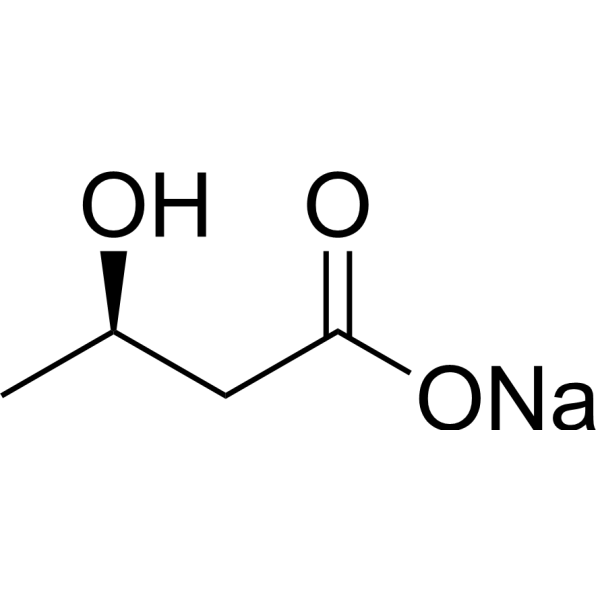
-
- HY-W051723
-
|
(R)-(-)-3-Hydroxybutanoic acid; (R)-3-Hydroxybutyric acid
|
Endogenous Metabolite
|
Others
|
|
(R)-3-Hydroxybutanoic acid is a metabolite, and converted from acetoacetic acid catalyzed by 3-hydroxybutyrate dehydrogenase. (R)-3-Hydroxybutanoic acid has applications as a nutrition source and as a precursor for vitamins, antibiotics and pheromones .
|
-
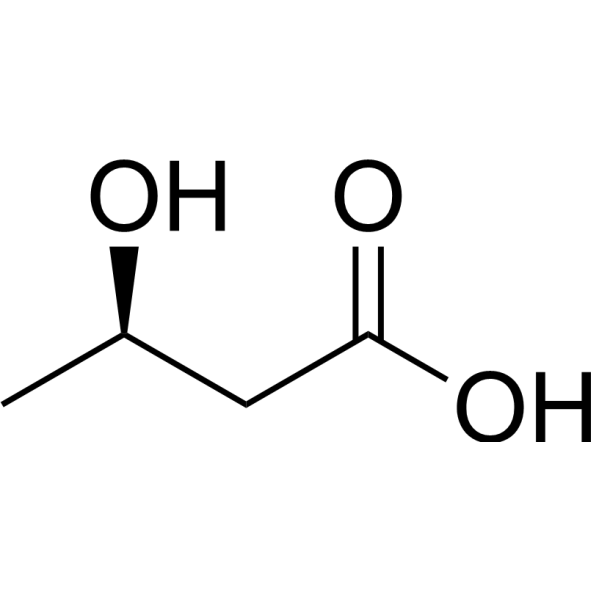
-
- HY-B0228S10
-
|
(R)-(-)-3-Hydroxybutanoic acid-13C2 sodium; (R)-3-Hydroxybutyric acid-13C2 sodium
|
Endogenous Metabolite
|
Metabolic Disease
|
|
(R)-3-Hydroxybutanoic acid- 13C2 (sodium) is the 13C labeled (R)-3-Hydroxybutanoic acid (sodium) (HY-W015851). (R)-3-Hydroxybutanoic acid (sodium) is a metabolite converted from acetoacetic acid catalyzed by 3-hydroxybutyrate dehydrogenase. (R)-3-Hydroxybutanoic acid sodium can function as a nutrition source, and as a precursor for vitamins, antibiotics and pheromones[1][2][3].
|
-

-
- HY-W015851S
-
|
[2-13C]Sodium acetate; Sodium [2-13C]acetate; Sodium acetate-2-13C
|
Endogenous Metabolite
|
Metabolic Disease
|
|
(R)-3-Hydroxybutanoic acid- 13C (sodium) is the 13C labeled (R)-3-Hydroxybutanoic acid sodium[1]. (R)-3-Hydroxybutanoic acid sodium ((R)-3-Hydroxybutyric acid) is a metabolite converted from acetoacetic acid catalyzed by 3-hydroxybutyrate dehydrogenase. (R)-3-Hydroxybutanoic acid sodium can function as a nutrition source, and as a precursor for vitamins, antibiotics and pheromones[2][3].
|
-
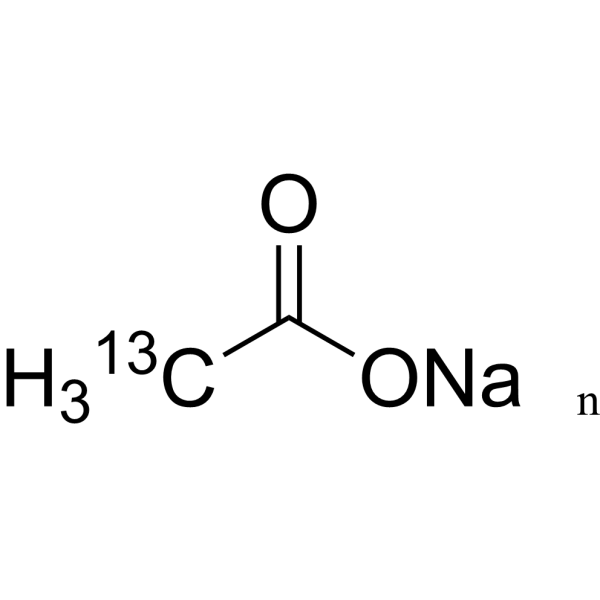
-
- HY-W015851S2
-
|
(R)-(-)-3-Hydroxybutanoic acid-13C4 sodium; (R)-3-Hydroxybutyric acid-13C4 sodium
|
Isotope-Labeled Compounds
|
Others
|
|
(R)-3-Hydroxybutanoic acid-13C4 (sodium) is an active compound. (R)-3-Hydroxybutanoic acid-13C4 (sodium) can be used for kinds of research.
|
-

-
- HY-P0041
-
-

-
- HY-P0041A
-
-

-
- HY-P10218A
-
|
|
PKC
|
Inflammation/Immunology
Cancer
|
|
MANS peptide TFA is the TFA salt form of MANS peptide (HY-P10218). MANS peptide TFA is an inhibitor for myristoylated alanine-rich C kinase substrate (MARCKS), which competes with MARCKS in cells for membrane binding, and thus inhibits the stimulation of mucin secretion and tumor metastasis .
|
-

-
- HY-P10218
-
|
|
PKC
|
Inflammation/Immunology
Cancer
|
|
MANS peptide is an inhibitor for myristoylated alanine-rich C kinase substrate (MARCKS), which competes with MARCKS in cells for membrane binding, and thus inhibits the stimulation of mucin secretion and tumor metastasis .
|
-

-
- HY-P10318
-
|
|
GLP Receptor
|
Endocrinology
|
|
SHR-2042 is a selective agonist of the GLP-1 receptor.SHR-2042 improves glycemic control by activating the GLP-1 receptor, enhancing insulin secretion and inhibiting glucagon secretion. SHR-2042 combined with sodium N-(8-[2-hydroxybenzoyl] amino) caprylate (SNAC) promotes monomerization through the formation of micelles and improves oral absorption efficiency .
|
-

-
- HY-P10200
-
|
|
Bacterial
|
Infection
|
|
CP7-FP13-2 is a peptide with antivirulence factor and antibacterial activity. CP7-FP13-2 inhibits the formation of Staphylococcus aureus biofilm and has good antibacterial efficacy in mice .
|
-

-
- HY-P3462
-
|
|
CGRP Receptor
|
Metabolic Disease
|
|
Cagrilintide is an investigational novel long-acting acylated amylin analogue, acts as nonselective amylin receptors (AMYR) and calcitonin G protein-coupled receptor (CTR) agonist. Cagrilintide induces significant weight loss and reduces food intake. Cagrilintide has the potential for the research of obesity [3].
|
-

-
- HY-P3462A
-
|
|
CGRP Receptor
|
Metabolic Disease
|
|
Cagrilintide acetate is a non-selective AMYR/CTR agonist and long-acting acylated amylase analogue. Cagrilintide acetate causes a reduction in food intake and significant weight loss in a dose-dependent manner. Cagrilintide acetate can be used in obesity studies [3].
|
-

-
- HY-P5161A
-
|
|
GCGR
|
Metabolic Disease
|
|
FC382K10W15 TFA is a glucagon analogue and GLP-1R/GCGR agonist. FC382K10W15 TFA can be used in type 2 diabetes research .
|
-

-
- HY-P3143
-
|
|
PD-1/PD-L1
|
Cancer
|
|
BMSpep-57 is a potent and competitive macrocyclic peptide inhibitor of PD-1/PD-L1 interaction with an IC50 of 7.68 nM. BMSpep-57 binds to PD-L1 with Kds of 19 nM and 19.88 nM in MST and SPR assays, respectively. BMSpep-57 facilitates T cell function by in creasing IL-2 production in PBMCs .
|
-
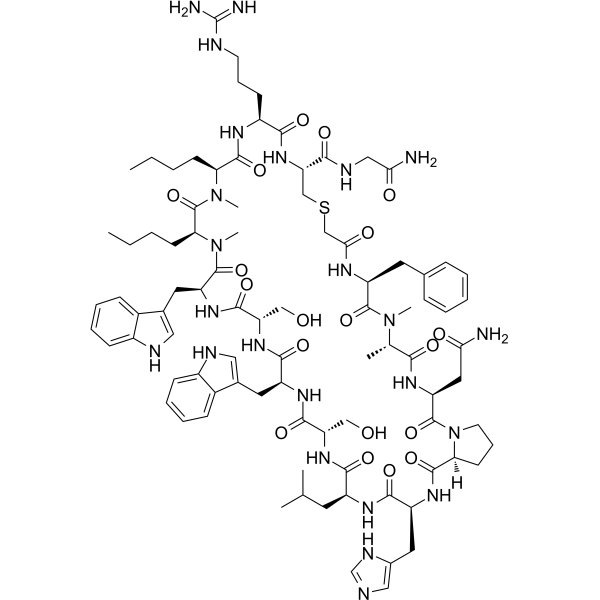
-
- HY-P3143A
-
|
|
PD-1/PD-L1
|
Cancer
|
|
BMSpep-57 hydrochloride is a potent and competitive macrocyclic peptide inhibitor of PD-1/PD-L1 interaction with an IC50 of 7.68 nM. BMSpep-57 hydrochloride binds to PD-L1 with Kds of 19 nM and 19.88 nM in MST and SPR assays, respectively. BMSpep-57 hydrochloride facilitates T cell function by in creasing IL-2 production in PBMCs .
|
-
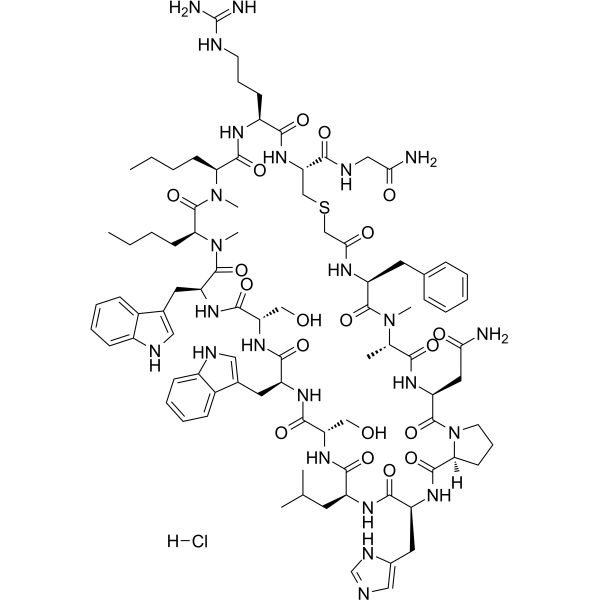
-
- HY-P10271
-
|
|
GLP Receptor
|
Metabolic Disease
|
|
RG7697 is a dual agonist for glucagon-like peptide receptor (GLP Receptor) and glucosedependent insulinotropic polypeptide receptor (GIPR), with EC50 of 5 and 3 pM, respectively. RG7697 exhibits antihyperglycemic property .
|
-

-
- HY-P10341
-
|
|
GCGR
|
Metabolic Disease
|
|
ZP3022 is a dual agonist of glucagon-like peptide-1 (GLP-1) and gastrin, which has the ability to continuously improve glycemic control. Meanwhile, ZP3022 can effectively increase the mass of β-cells, promote β-cell proliferation, and enhance the average islet mass. ZP3022 can be used in research for anti-diabetic treatments .
|
-

-
- HY-113560
-
-

-
- HY-P1162
-
-
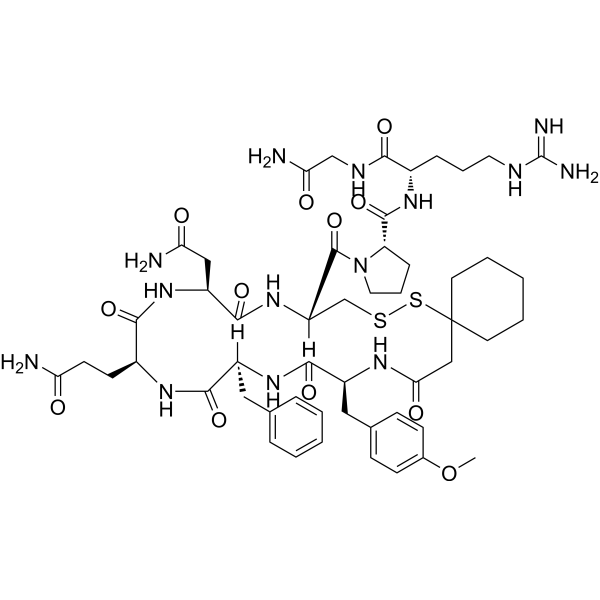
-
- HY-P4895
-
|
|
Oxytocin Receptor
|
Neurological Disease
|
|
(d(CH2)51,Tyr(Me)2,Orn8)-Oxytocin (OVT) is an oxytocin receptor antagonist. (d(CH2)51,Tyr(Me)2,Orn8)-Oxytocin can be used for the research of neurological disease .
|
-
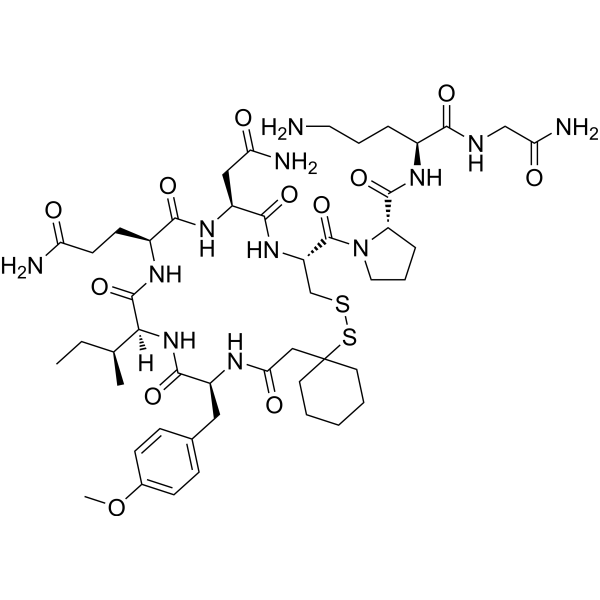
-
- HY-P10272
-
|
PTG-300
|
Ferroportin
|
Others
|
|
Rusfertide is a peptide mimetic of natural hepcidin, which targets and degrades ferroportin, reduces serum iron and transferrin-saturation, and thus regulates the production of red blood cells. Rusfertide ameliorates the polycythemia vera, β-thalassemia and hereditary hemochromatosis .
|
-

-
- HY-134238
-
|
|
Endogenous Metabolite
|
Neurological Disease
|
|
Cardiolipin (Heart, Bovine) sodium is a mitochondria-exclusive phospholipid. Cardiolipin (Heart, Bovine) sodium has the potential for the research of Neurological Disease .
|
-
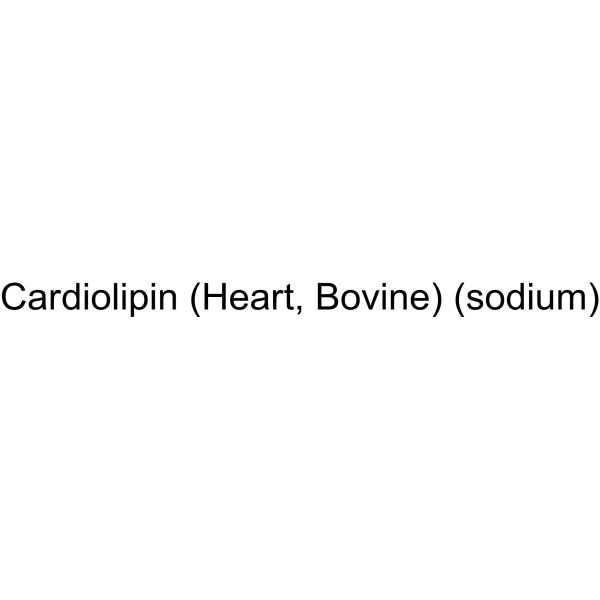
-
- HY-W020035
-
|
|
GPR55
|
Neurological Disease
|
|
L-α-lysophosphatidylinositol Soy sodium is an endogenous ligand of GPR55. L-α-lysophosphatidylinositol Soy sodium is an endogenous lysophospholipid and endocannabinoid neurotransmitter that belongs to the class of lysophospholipids .
|
-
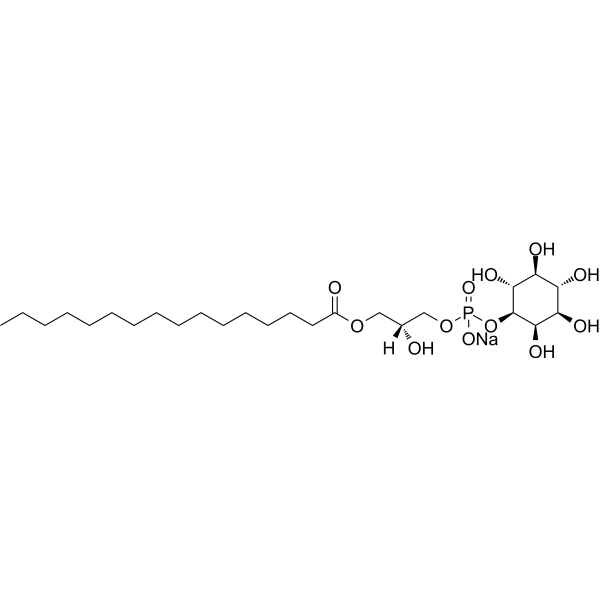
-
- HY-132582A
-
|
|
Tau Protein
|
|
|
Tau ASO-12 (murine) (sodium) is a Tau-lowering antisense oligonucleotide (ASO) for murine use, and it has the potential for the research of Alzheimer Disease. (Tau ASO-12 sequence – 5′ GCTTTTACTGACCATGCGAG 3′ )
|
-

-
- HY-106950CS
-
-
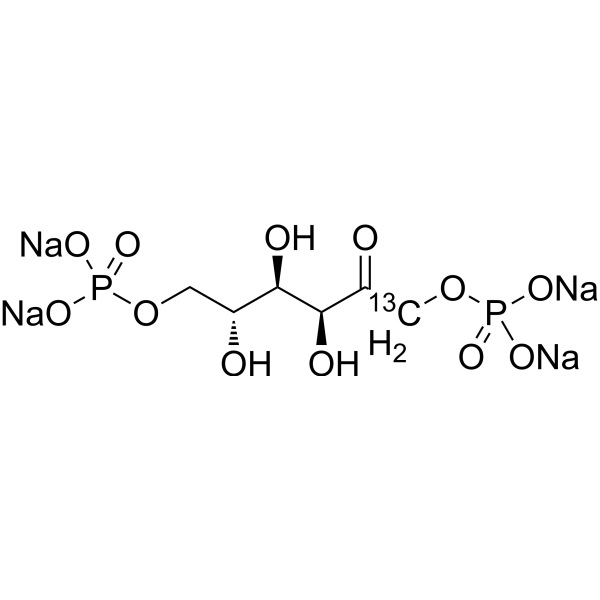
-
- HY-106950CS1
-
-
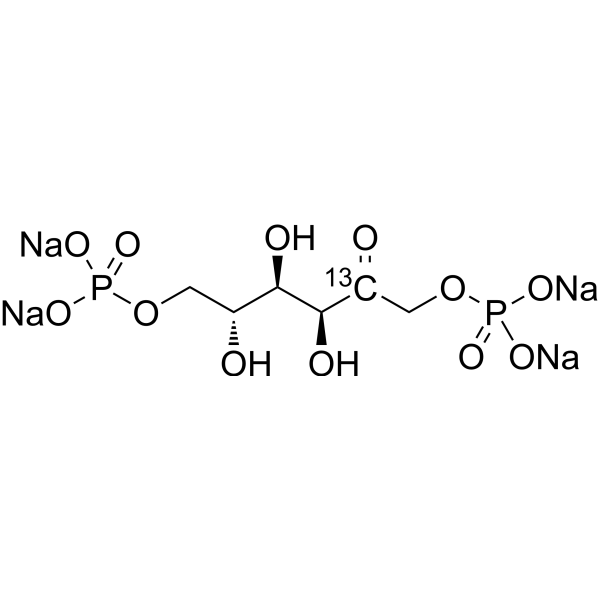
-
- HY-106950CS3
-
-
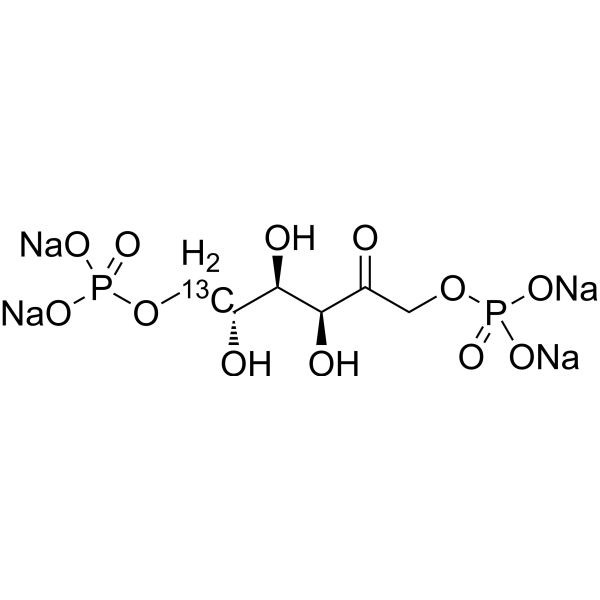
-
- HY-129987
-
-
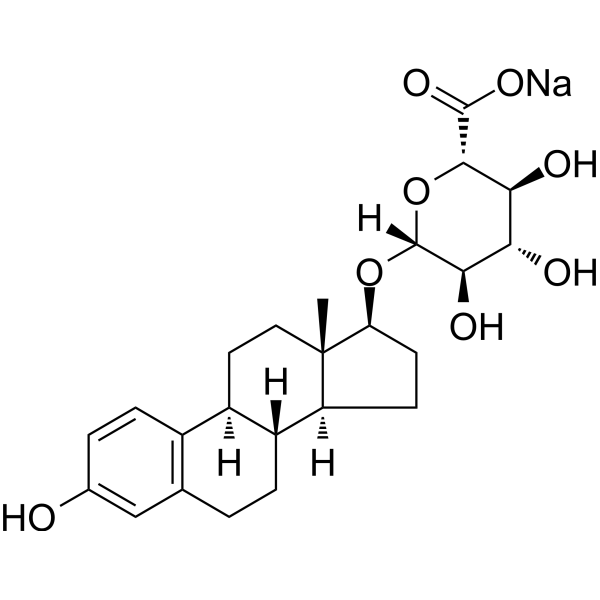
-
- HY-N7755
-
|
|
Estrogen Receptor/ERR
|
Cancer
|
|
Estradiol 3-(β-D-Glucuronide) sodium is the glucuronic acid derivative of estradiol (HY-B0141). Estradiol 3-(β-D-Glucuronide) sodium is radiolabeled for use in tumor imaging and biodistribution studies .
|
-
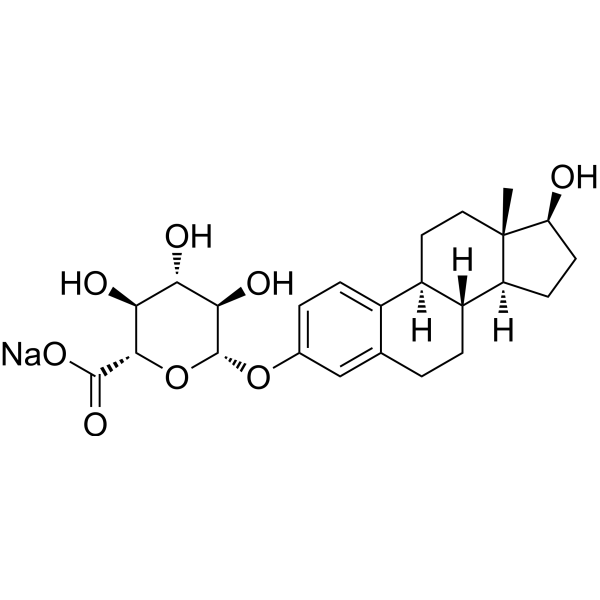
-
- HY-135748A
-
|
|
Toll-like Receptor (TLR)
Apoptosis
|
Infection
Cancer
|
|
Poly (I:C):Kanamycin (1:1) sodium is an isometric complex of Poly (I:C) (HY-135748) and Kanamycin (HY-16566). Poly(I:C) sodium, a synthetic analog of double-stranded RNA, is a TLR3 and retinoic acid-inducible gene I receptor (RIG-I and b>MDA5) agonist. Poly(I:C) sodium can be used as a vaccine adjuvant to enhance innate and adaptive immune responses and induce apoptosis in cancer cells . Kanamycin is an orally active antibacterial agent (Gram-negative/positive bacteria) that inhibits translocation and causes miscoding by binding to the 70S ribosomal subunit. Kanamycin shows good inhibitory activity against Mycobacterium tuberculosis (susceptible and drug-resistant) and Klebsiella pneumoniae, and can be used in the research of tuberculosis and pneumonia [3] .
|
-

-
- HY-132609
-
|
|
Small Interfering RNA (siRNA)
Transthyretin (TTR)
|
Neurological Disease
|
|
Patisiran sodium is a double-stranded small interfering RNA that targets a sequence within the transthyretin (TTR) messenger RNA. Patisiran sodium specifically inhibits hepatic synthesis of mutant and wild-type TTR. Patisiran sodium can be used for the research of hereditary TTR amyloidosis [3].
|
-
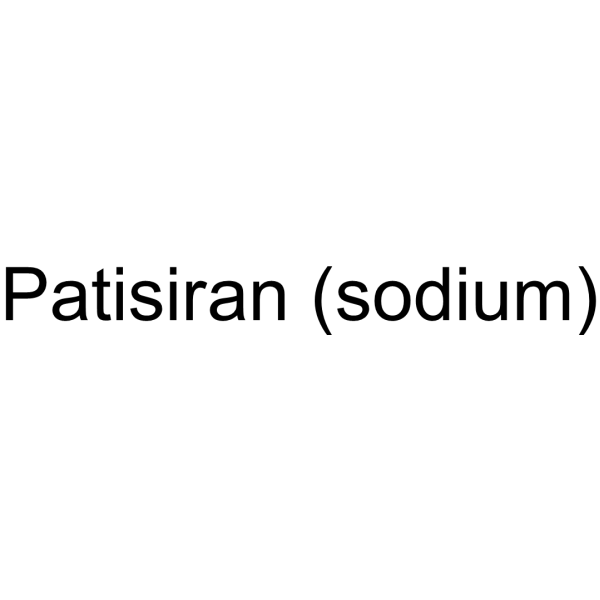
-
- HY-W854295
-
|
PtdIns-(1,2-dioctanoyl) (sodium)
|
P-glycoprotein
|
Cancer
|
|
Phosphatidylinositol-1,2-dioctanoyl sodium significantly inhibits transmembrane P-gp transport in a reproducible, cell line-independent, and substrate-independent manner. Phosphatidylinositol-1,2-dioctanoyl sodium plays an important role in signal transduction and cell movement .
|
-
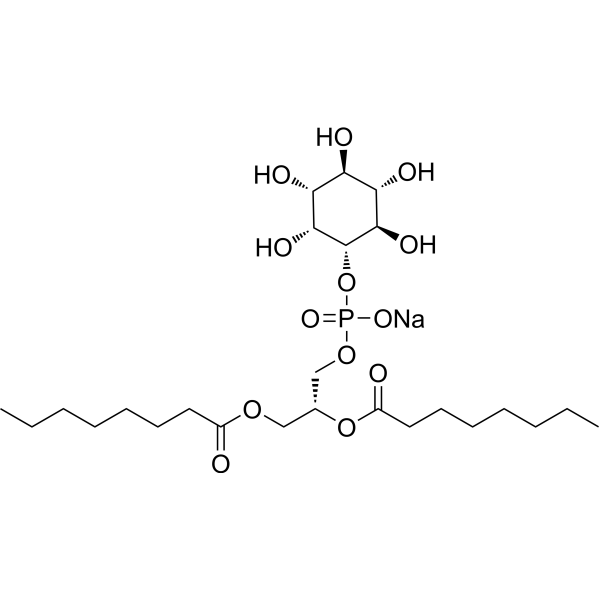
-
- HY-108764
-
|
ISIS 301012
|
HCV
|
Metabolic Disease
|
|
Mipomersen sodium (ISIS 301012) is an antisense oligonucleotide inhibitor of apolipoprotein B (apoB). Mipomersen has anti-HCV effect and reduces the infectivity of the HCV. Mipomersen sodium can be used for the research of homozygous familial hypercholesterolemia (HoFH) .
|
-
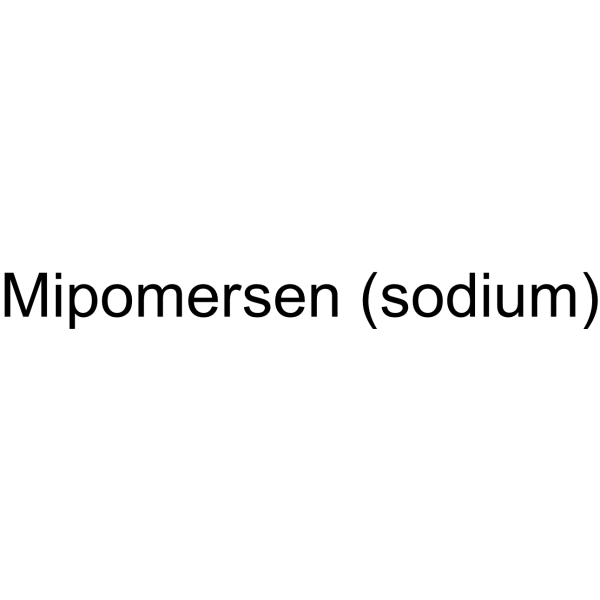
-
- HY-145725
-
|
IONIS 598769 sodium
|
Others
|
Others
|
|
Baliforsen (sodium) is an antisense oligonucleotide (16 nucleotides) designed to target myotonic dystrophy protein kinase (DMPK) mRNA and research myotonic dystrophy.
|
-
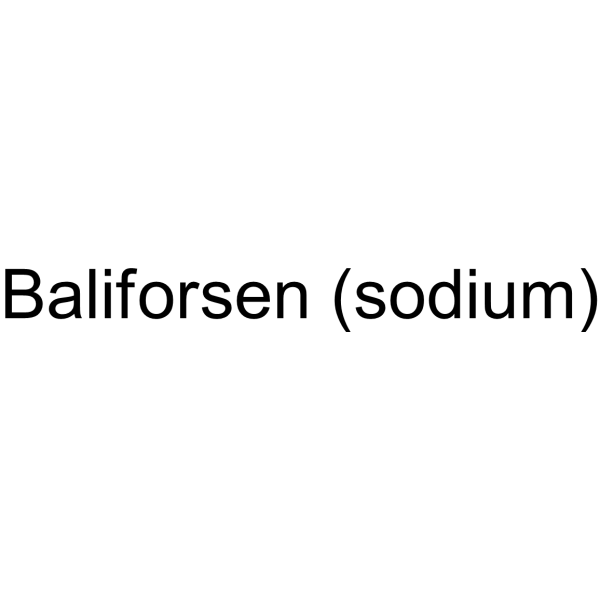
-
- HY-A0213AS
-
|
Tiludronic acid-d5 (sodium)
|
Proton Pump
|
Inflammation/Immunology
|
|
Tiludronate-d5 (sodium)mis the deuterium labeled Tiludronate disodium. Tiludronate (Tiludronic Acid) disodium, an orally active bisphosphonate, can act an osteoregulator. Tiludronate is used for the research of the metabolic bone disorders. Tiludronate is a potent inhibitor of the osteoclast vacuolar H(+)-ATPase. Antiresorptive and anti-inflammatory properties[1][2][3][4].
|
-
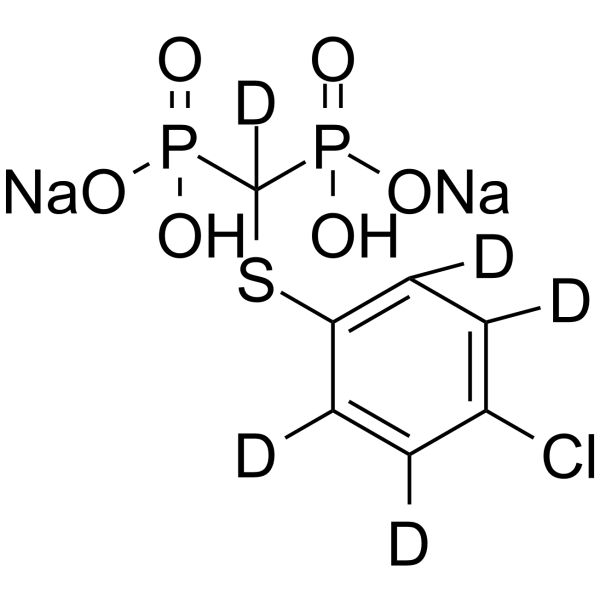
-
- HY-B0739AS
-
|
Cytidine diphosphate-choline-d9 (sodium); CDP-Choline-d9(sodium); Cytidine 5'-diphosphocholine-d9 (sodium)
|
Endogenous Metabolite
Apoptosis
|
Neurological Disease
|
|
Citicoline-d9 (sodium) is the deuterium labeled Citicoline sodium. Citicoline sodium salt is an intermediate in the synthesis of phosphatidylcholine which is a component of cell membranes and also exerts neuroprotective effects.
|
-

-
- HY-109561
-
|
EYE001; NX1838
|
VEGFR
|
Metabolic Disease
Inflammation/Immunology
|
|
Pegaptanib sodium is an RNA aptamer directed against vascular endothelial growth factor (VEGF)-165. Pegaptanib could be used for the study of neovascular age-related macular degeneration (AMD) .
|
-
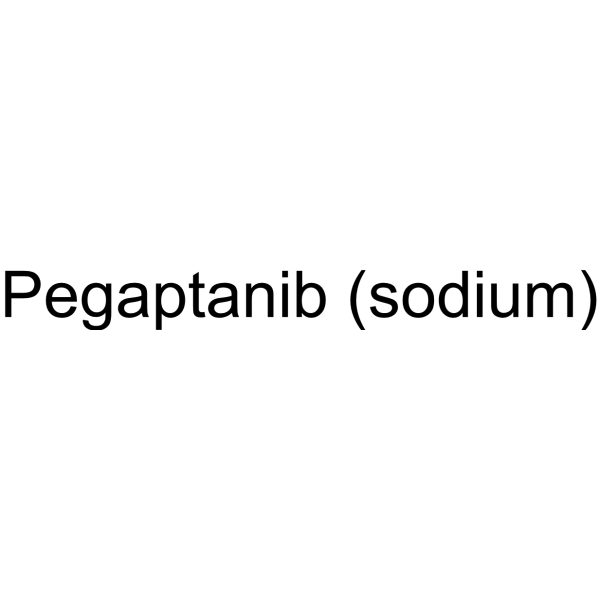
-
- HY-B1788S
-
|
N-Choloyltaurine-d4 (sodium)
|
Endogenous Metabolite
|
Inflammation/Immunology
|
|
Taurocholic acid-d4 (sodium) is the deuterium labeled Taurocholic acid. Taurocholic acid (N-Choloyltaurine) is a bile acid involved in the emulsification of fats.
|
-

-
- HY-Y0781S
-
|
Acetylformic acid-13C (sodium)
|
Endogenous Metabolite
|
Others
|
|
Pyruvic acid- 13C (sodium) is the 13C-labeled Pyruvic acid. Pyruvic acid is an intermediate metabolite in the metabolism of carbohydrates, proteins, and fats.
|
-

-
- HY-N1429S1
-
|
12-Deoxycholyltaurine-d5 (sodium)
|
Apoptosis
Endogenous Metabolite
|
Inflammation/Immunology
|
|
Taurochenodeoxycholic acid-d5 (sodium) is the deuterium labeled Taurochenodeoxycholic acid sodium. Taurochenodeoxycholic acid sodium salt (12-Deoxycholyltaurine sodium salt) is one of the main bioactive substances of animals' bile acid. Taurochenodeoxycholic acid induces apoptosis and shows obvious anti-inflammatory and immune regulation properties[1][2].
|
-
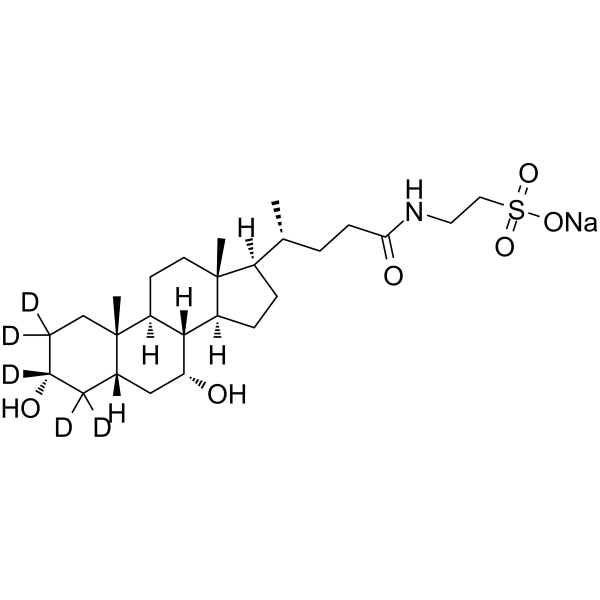
-
- HY-132613
-
|
|
Small Interfering RNA (siRNA)
|
Metabolic Disease
|
|
Lumasiran sodium, an investigational RNA interference (RNAi) therapeutic agent, reduces hepatic oxalate production by targeting glycolate oxidase. Lumasiran sodium reduces urinary oxalate excretion, the cause of progressive kidney failure in primary hyperoxaluria type 1 (PH1) .
|
-
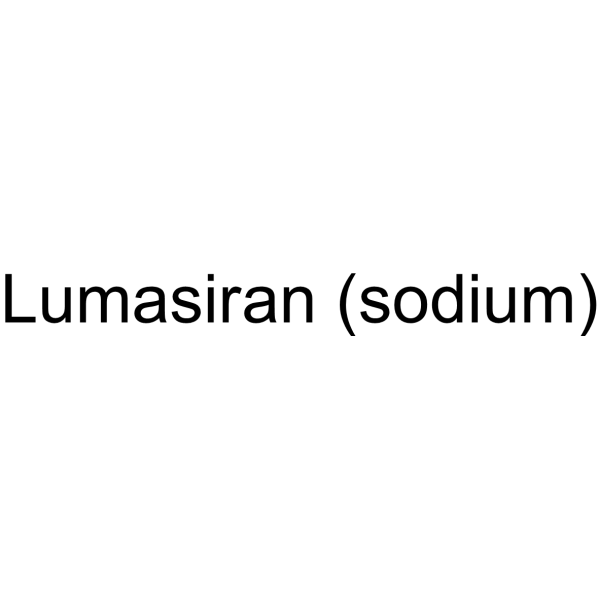
-
- HY-147080
-
|
ARC1905
|
Complement System
|
Others
|
|
Avacincaptad pegol (ARC1905) is an anti-C5 RNA aptamer that inhibits the cleavage of complement factor 5 (C5) into C5a and C5b. Avacincaptad pegol is being used for the study of age-related macular degeneration (AMD).
|
-
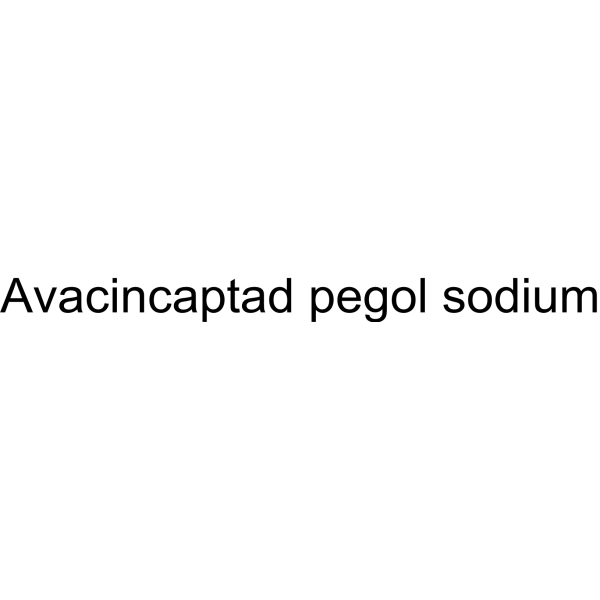
-
- HY-W145483
-
|
N-Acetyl-de-O-sulfated heparin (Heparin IV-A) (sodium)
|
Biochemical Assay Reagents
|
Others
|
|
Heparin IV-A sodium is a biochemical reagent that can be used as a biological material or organic compound for life science related research.
|
-
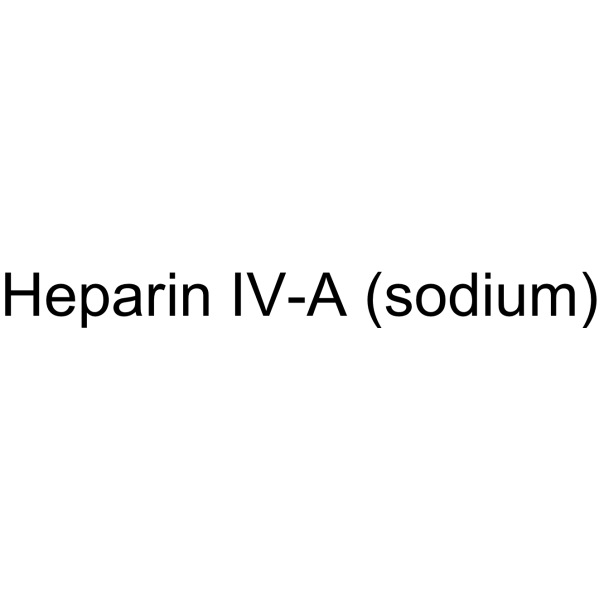
-
- HY-W127550
-
|
1,2-Dipalmitoyl-sn-glycero-3-phospho-rac-(1-glycerol) (sodium)
|
Biochemical Assay Reagents
|
Others
|
|
rac-DPPG sodium is a biochemical reagent that can be used as a biological material or organic compound for life science related research.
|
-
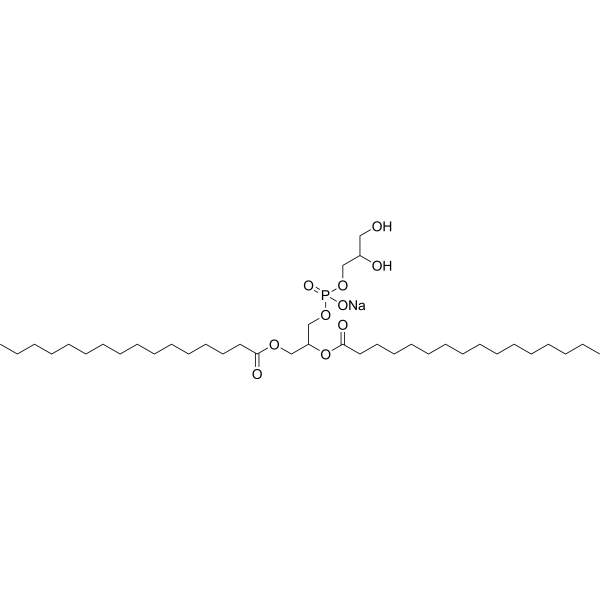
-
- HY-113378S
-
|
β-Hydroxybutyric acid-d4 (sodium)
|
Endogenous Metabolite
|
Metabolic Disease
|
|
3-Hydroxybutyric acid-d4 (sodium) is the deuterium labeled 3-Hydroxybutyric acid. 3-Hydroxybutyric acid (β-Hydroxybutyric acid) is a metabolite that is elevated in type I diabetes. 3-Hydroxybutyric acid can modulate the properties of membrane lipids[1].
|
-

-
- HY-N2334AS
-
|
Chenodeoxycholylglycine-d7 (sodium); Sodium glycochenodeoxycholate-d7
|
Endogenous Metabolite
Apoptosis
|
Cancer
|
|
Glycochenodeoxycholic acid-d7 (sodium) is the deuterium labeled Glycochenodeoxycholic acid (sodium salt). Glycochenodeoxycholic acid sodium salt (Chenodeoxycholylglycine sodium salt) is a bile acid formed in the liver from chenodeoxycholate and glycine. It acts as a detergent to solubilize fats for absorption and is itself absorbed. Glycochenodeoxycholic acid sodium salt (Chenodeoxycholylglycine sodium salt) induces hepatocyte apoptosis[1][2].
|
-
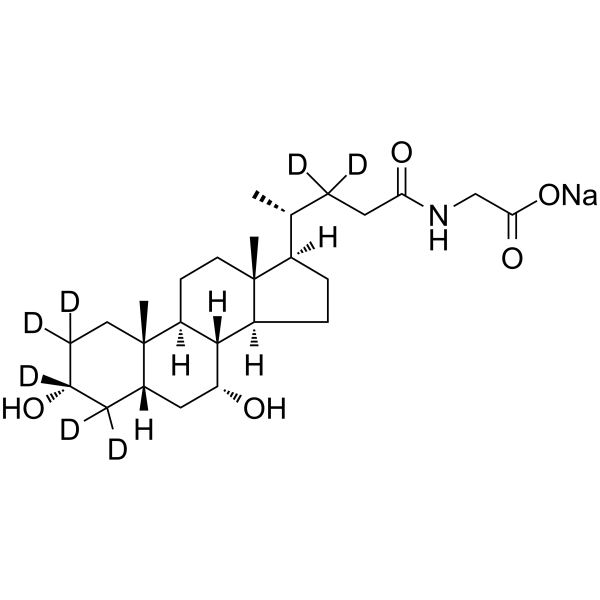
-
- HY-P3100
-
|
|
Liposome
|
Cancer
|
|
Orfamide A is a liposome to simulate biological phospholipid membrane. Liposomes are the main component of vesicles with concentric phospholipid bilayer membranes, which can be used to construct drug delivery systems for anti-cancer and anti-infection fields. Highly polar water-soluble payloads can be trapped in the internal aqueous space of liposomes, while lipophilic payloads can partition into and become part of the lipid bilayer. Especially for delivering antisense oligonucleotides, it can overcome problems such as inefficient cellular uptake and rapid loss in the body .
|
-

-
- HY-P4146
-
|
BI 456906
|
GLP Receptor
GCGR
|
Metabolic Disease
|
|
Survodutide (BI 456906) is a potent, selective glucagon receptor/GLP-1 receptor (GCGR/GLP-1R) dual agonist with EC50s of 0.52 nM and 0.33 nM in CHO-K1 cells, respectively. Survodutide, a 29-amino-acid peptide, is a potent acylated peptide containing a C18 fatty acid. Survodutide has robust anti-obesity efficacy achieved by increasing energy expenditure and decreasing food intake .
|
-

-
- HY-P4146A
-
|
BI 456906 TFA
|
GLP Receptor
GCGR
|
Metabolic Disease
|
|
Survodutide (BI 456906) TFA is a potent, selective glucagon receptor/GLP-1 receptor (GCGR/GLP-1R) dual agonist with EC50s of 0.52 nM and 0.33 nM in CHO-K1 cells, respectively. Survodutide TFA, a 29-amino-acid peptide, is a potent acylated peptide containing a C18 fatty acid. Survodutide TFA has robust anti-obesity efficacy achieved by increasing energy expenditure and decreasing food intake .
|
-

- HY-W012722BS1
-
|
α-Ketoisocaproic acid-13C (sodium)
|
Isotope-Labeled Compounds
|
Others
|
|
4-Methyl-2-oxopentanoic acid- 13C (sodium) is the 13C labeled 4-Methyl-2-oxopentanoic acid sodium[1].
|
-

- HY-141672S1
-
|
17β-Estradiol 3-sulfate-d4 (sodium)
|
GABA Receptor
|
|
|
17β-Estradiol sulfate-d4 (sodium) is the deuterium labeled 17β-Estradiol sulfate 17β-Estradiol sulfate (sodium), also known as β-Estradiol 3-sulfate sodium salt, is a neuroactive steroid[1][2].
|
-

- HY-110189S1
-
|
3β-Hydroxy-5-pregnen-20-one monosulfate-d4 (sodium)
|
Cannabinoid Receptor
TRP Channel
Endogenous Metabolite
Autophagy
|
|
|
Pregnenolone monosulfate-d4 (sodium) is the deuterium labeled Pregnenolone monosulfate. Pregnenolone monosulfate sodium (3β-Hydroxy-5-pregnen-20-one monosulfate sodium) is a powerful neurosteroid, the main precursor of various steroid hormones including steroid ketones. Pregnenolone monosulfate sodium acts as a signaling-specific inhibitor of cannabinoid CB1 receptor, inhibits the effects of tetrahydrocannabinol (THC) that are mediated by the CB1 receptors. Pregnenolone monosulfate sodium can protect the brain from cannabis intoxication[1][2]. Pregnenolone monosulfate sodium is also a TRPM3 channel activator, and also can weakly activate TRPM1 channels[3].
|
-

- HY-W037451
-
|
|
Amino Acid Derivatives
|
Others
|
|
Methyl L-leucinate, methyl ester of L-leucine, is an alpha-amino acid ester. Methyl L-leucinate is a derivative of methyl ester and L-leucine, a class of compounds containing both amino and carboxyl groups in the molecule .
|
-
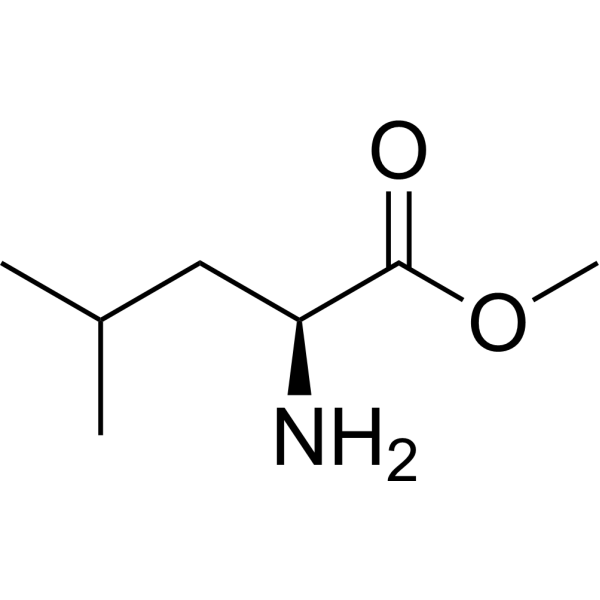
- HY-W015424
-
-

- HY-W291634
-
-
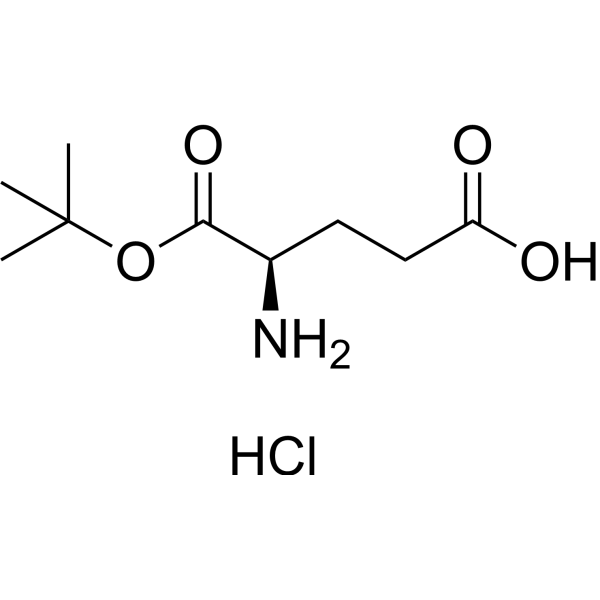
- HY-W016012
-
|
|
Amino Acid Derivatives
|
Others
|
|
Glu-Glu is a glutamic acid derivative containing amino and carboxyl groups. Glu-Glu is an analogs of acidic tripeptide and can contribute to calcium absorption .
|
-
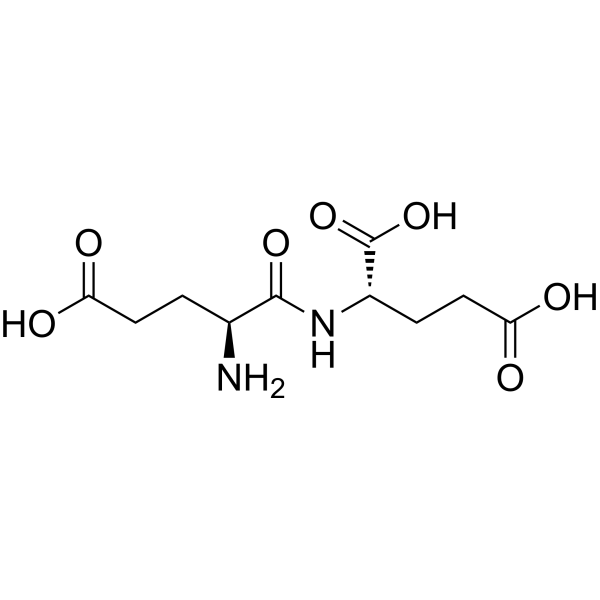
- HY-W048209
-
|
|
Amino Acid Derivatives
|
Others
|
|
Fmoc-Lys(Palmitoyl)-OH is a Fmoc-amino acid with long alkyl chains. Fmoc-Lys(Palmitoyl)-OH can be used for peptide synthesis .
|
-
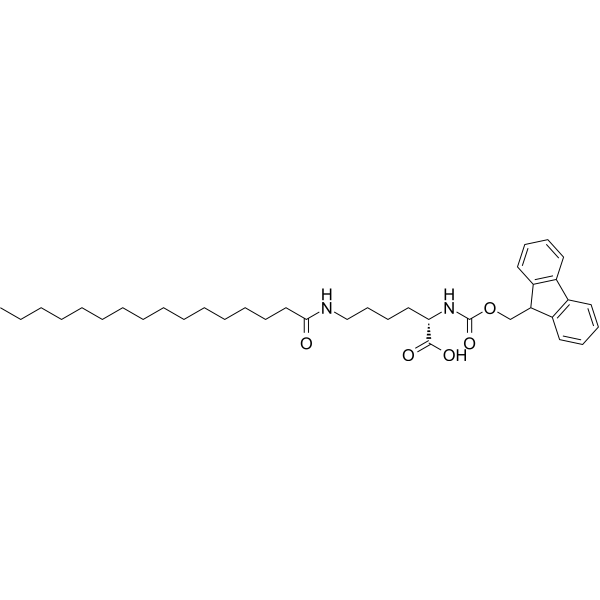
- HY-W016330
-
-
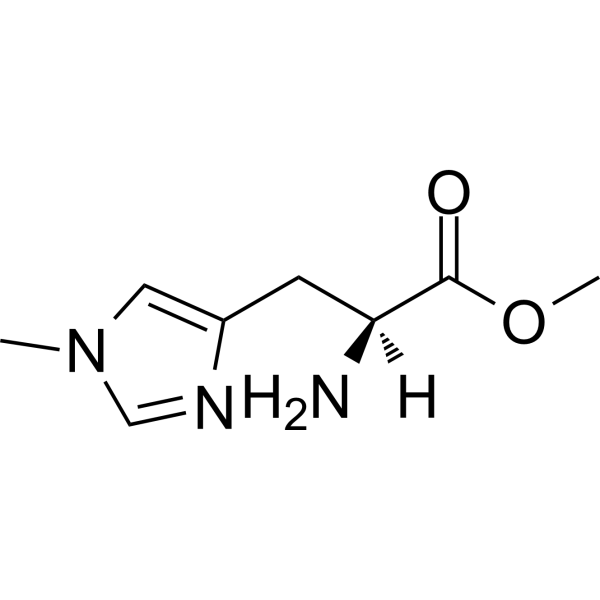
- HY-30216A
-
-
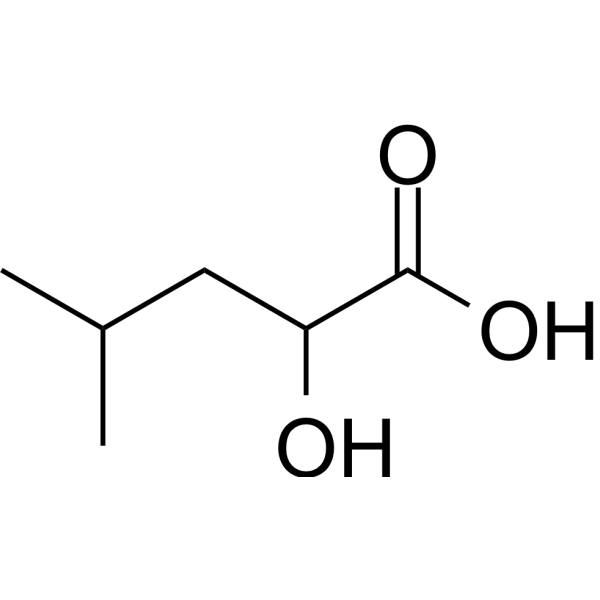
- HY-N9140
-
|
|
Others
|
Others
|
|
Hulupinic acid is a prominent oxidation product of hop acids .
|
-
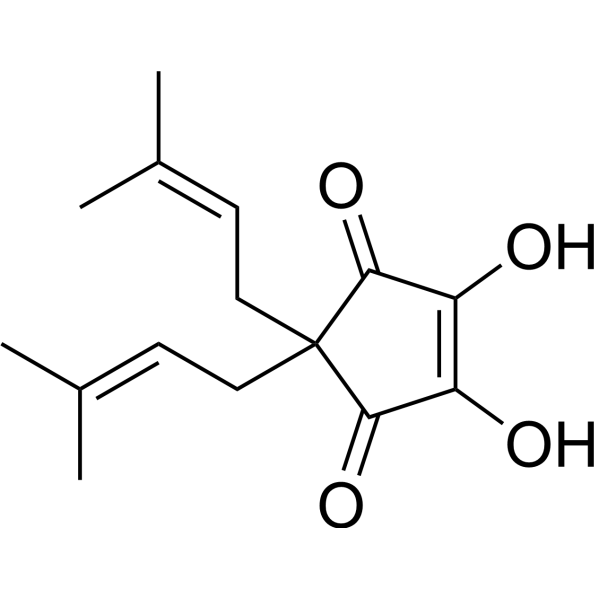
- HY-N11420
-
|
|
Bacterial
|
Others
|
|
Coronatine is a plant growth regulator produced by Pseudomonas syringae. Coronatine simulates bioactive jasmonic acid (HY-122464A) conjugates or octadecanoid signal molecules of higher plants to make plants appear pathogenic symptoms. Coronatine promotes the virulence of Pseudomonas syringae in plants by activating the signal cascade that inhibits the accumulation of Salicylic acid (HY-B0167) [3] .
|
-

- HY-115706
-
|
1,3-Ditetracosanoin
|
Biochemical Assay Reagents
|
Neurological Disease
|
|
13-Dilignoceroyl glycerol is a diacylglycerol containing lignoceric acid (HY-121883 ) at the sn-1 and sn-3 positions. Lignoceric acid is a 24-carbon saturated (24:0) fatty acid, which is synthesized in the developing brain. Lignoceric acid is also a by-product of lignin production. Lignoceric acid can be used for Zellweger cerebro-hepato-renal syndrome and adrenoleukodystrophy research .
|
-

- HY-145541
-
|
1,2-Dinonadecanoin
|
Biochemical Assay Reagents
|
Others
|
|
12-Dinonadecanoyl-rac-glycerol is a diacylglycerol containing nonadecanoic acid (HY-W004261) at the sn-1 and sn-2 positions. Nonadecanoic acid is a 19-carbon long saturated fatty acid. Nonadecanoic acid is the major constituent of the substance secreted by Rhinotermes marginalis to defence .
|
-

- HY-W004260B
-
|
Glycerol diarachidate
|
Endogenous Metabolite
Biochemical Assay Reagents
|
Others
|
|
Dieicosanoin is a diacylglycerol containing arachidic acid (HY-W004260). Arachidic acid is a saturated long-chain fatty acid with a 20-carbon backbone. Arachidic acid can be isolated from peanut butter and anaerobic fungi .
|
-

- HY-W041988
-
|
|
Bacterial
|
Infection
|
|
Fmoc-Glu-OMe, a glutamic acid derivative, shows antibacterial activity and gelation property in AgNO3 solution. Fmoc-Glu-OMe is a mouldable wound healing biomaterial .
|
-

- HY-145504
-
|
1,2-Palmitin-3-Linoelaidin
|
Biochemical Assay Reagents
|
Metabolic Disease
|
|
12-Dipalmitoyl-3-Linoelaidoyl-rac-glycerol is a triacylglycerol containing palmitic acid (HY-N0830) at the sn-1 and sn-2 positions and linoelaidic acid (HY-W071746) at the sn-3 position. Palmitic acid is a long-chain saturated fatty acid commonly found in both animals and plants. Palmitic acid can induce the expression of glucose-regulated protein 78 (GRP78) and CCAAT/enhancer binding protein homologous protein (CHOP) in in mouse granulosa cells. Linolelaidic acid, an omega-6 trans fatty acid, acts as a source of energy. Linolelaidic acid is an essential nutrient, adding in enteral, parenteral, and infant formulas. Linolelaidic acid can be used for heart diseases research [3].
|
-
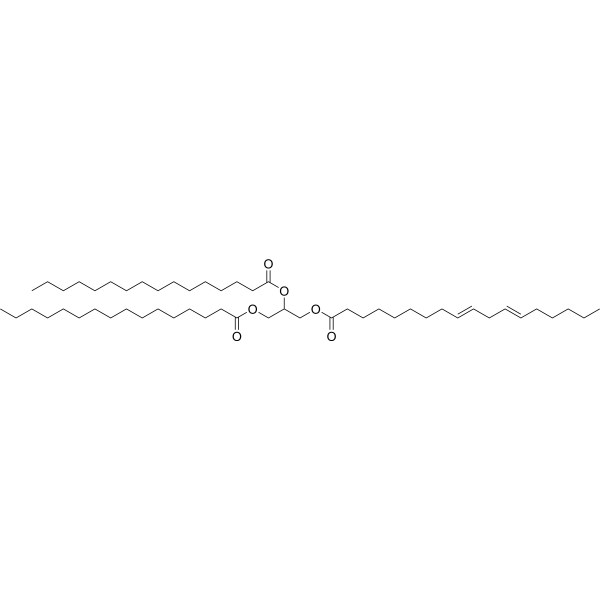
- HY-P10447
-
|
Fengycin IX; SNA-60-367-3
|
Liposome
|
Cancer
|
|
Plipastatin A1 is a liposome to simulate biological phospholipid membrane. Liposomes are the main component of vesicles with concentric phospholipid bilayer membranes, which can be used to construct drug delivery systems for anti-cancer and anti-infection fields. Highly polar water-soluble payloads can be trapped in the internal aqueous space of liposomes, while lipophilic payloads can partition into and become part of the lipid bilayer. Especially for delivering antisense oligonucleotides, it can overcome problems such as inefficient cellular uptake and rapid loss in the body .
|
-

- HY-W041076
-
-
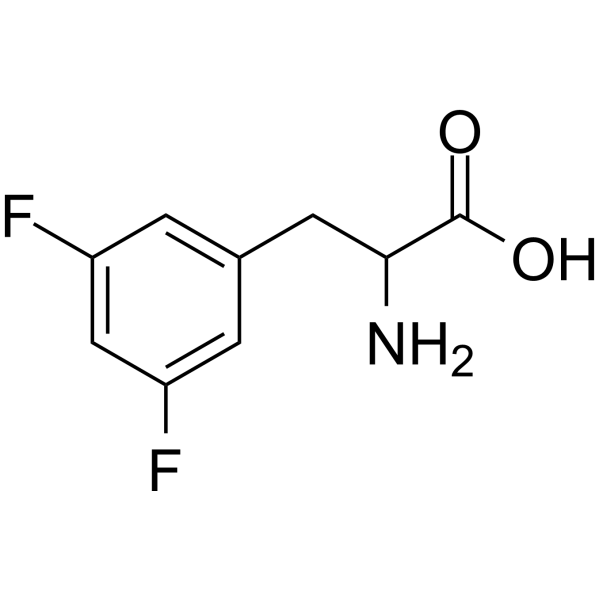
- HY-77635
-
-

- HY-W016424
-
-
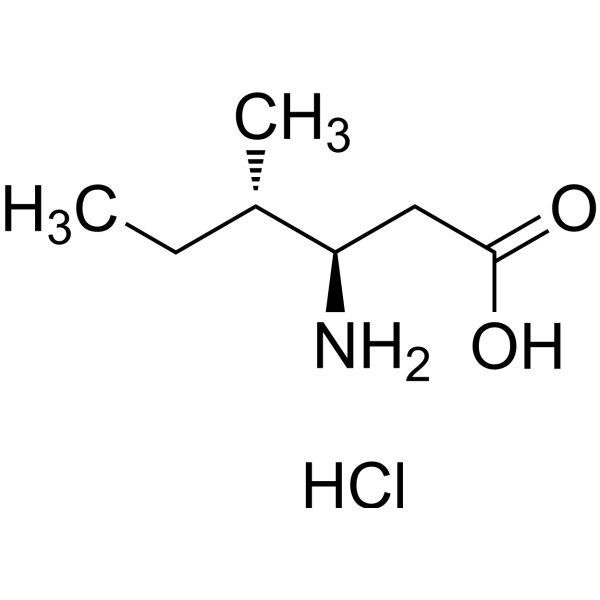
- HY-126172
-
|
|
Fluorescent Dye
|
Cancer
|
|
9-Anthryldiazomethane is a fluorescent labeling reagent, which can be used for detecting fatty acids and derivatives .
|
-
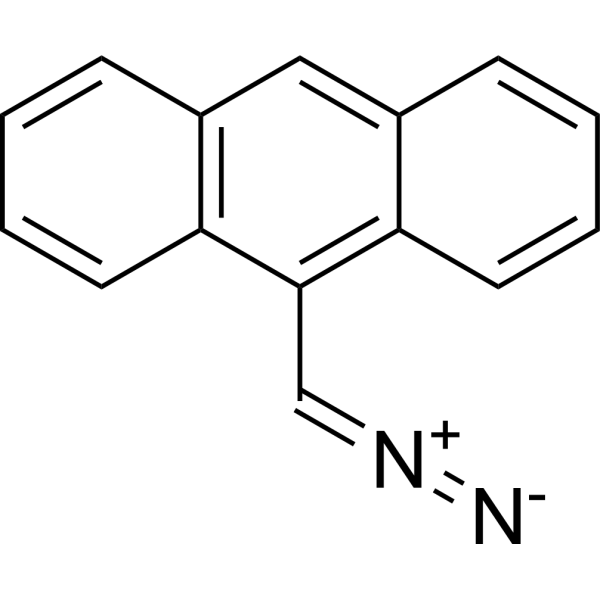
- HY-W399297
-
|
7α,12α-Dihydroxycholanoic acid
|
Endogenous Metabolite
|
Metabolic Disease
|
|
Isodeoxycholic acid (7α,12α-Dihydroxycholanoic acid) is the 3β-epimer of ursodeoxycholic acid. Isodeoxycholic acid has the effect on choleresis and liver biochemistry .
|
-
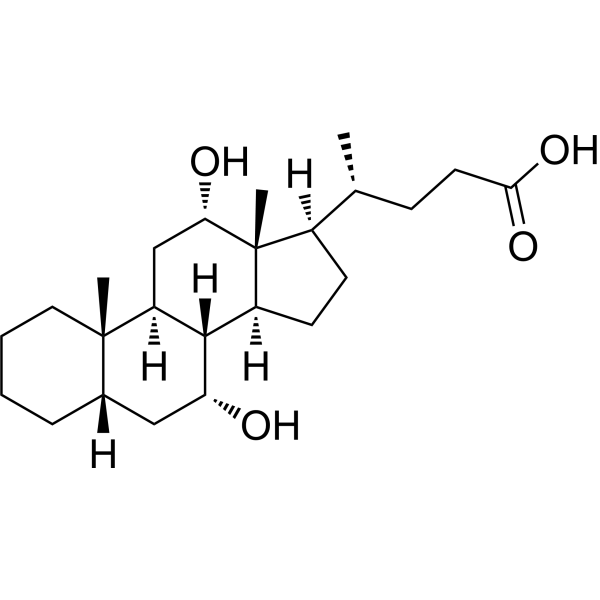
- HY-145510
-
|
1,2-Palmitin-3-Arachidonin
|
Others
|
Metabolic Disease
|
|
1,2-Dipalmitoyl-3-Arachidonoyl-rac-glycerol (1,2-Palmitin-3-Arachidonin) is a triacylglycerol containing Palmitic acid and Arachidonic acid .
|
-
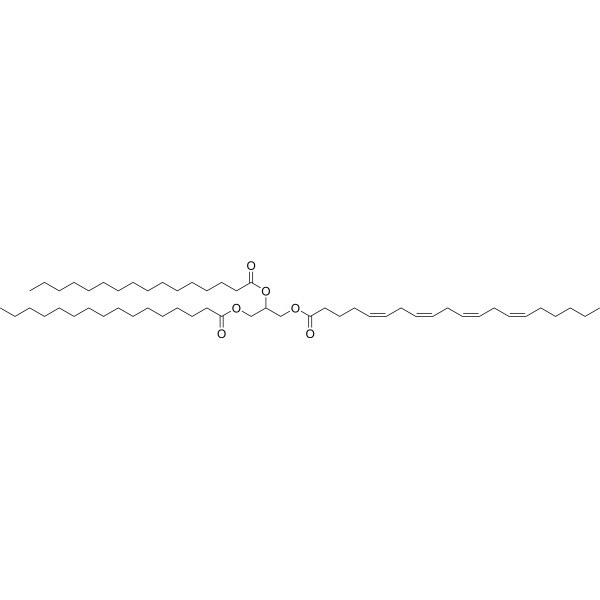
- HY-157690A
-
|
|
Others
|
Others
|
|
19(R),20(S)-EDP (compound 19(S),20(R)-2a) is an oxylipin and a metabolite of docosahexaenoic acid (HY-B2167) .
|
-
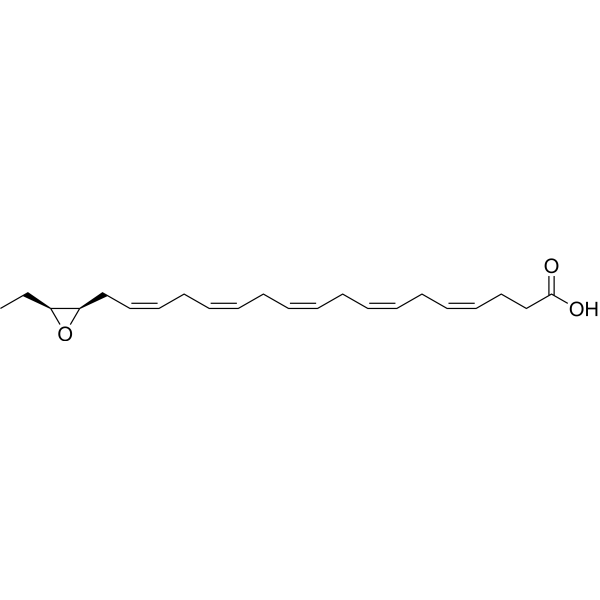
- HY-P2976
-
|
LOX
|
Endogenous Metabolite
|
Others
|
|
Lipoxygenase, general (LOX) is a dioxygenase, is often used in biochemical studies. Lipoxygenase, general catalyzes the formation of corresponding hydroperoxides from polyunsaturated fatty acids such as linoleic acid and arachidonic acid .
|
-

- HY-145540
-
|
1,2-Palmitin-3-caprylin
|
Biochemical Assay Reagents
|
Metabolic Disease
|
|
1,2-Dipalmitoyl-3-Octanoyl-rac-glycerol is a triacylglycerol containing palmitic acid (HY-N0830) at the sn-1 and sn-2 positions and octanoic acid (HY-41417) at the sn-3 position. Palmitic acid is a long-chain saturated fatty acid commonly found in both animals and plants. PA can induce the expression of glucose-regulated protein 78 (GRP78) and CCAAT/enhancer binding protein homologous protein (CHOP) in in mouse granulosa cells. Octanoic acid is an oily liquid with a slightly unpleasant rancid taste and used commercially in the production of esters used in perfumery and also in the manufacture of dyes. Octanoic acid is also a tremor-suppressing agent [3] .
|
-
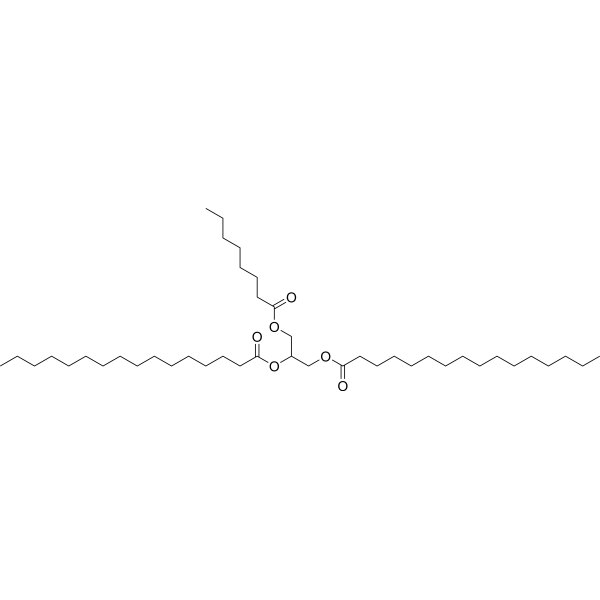
- HY-20897A
-
-
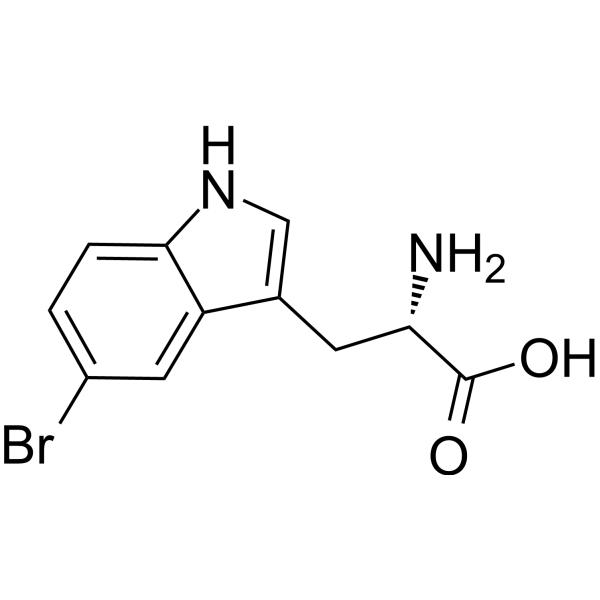
- HY-157741
-
|
|
Others
|
Others
|
|
1-Myristoyl-2-oleoyl-3-palmitoyl-rac-glycerol (MOP) is a triacylglycerol containing myristic acid (HY-N2041), oleic acid (HY-N1446) and palmitic acid (HY-N0830) at the sn-1, sn-2 and sn-3 positions, respectively .
|
-

- HY-113478
-
|
Isoursodeoxycholic acid
|
Others
|
Metabolic Disease
|
|
3β-Ursodeoxycholic acid (Isoursodeoxycholic acid) is a bile acid. 3β-Ursodeoxycholic acid shows good tolerance and well intestinal absorption by oral adminstation. 3β-Ursodeoxycholic acid can be isomerized by intestinal and hepatic enzymes to yield UDCA .
|
-

- HY-N0169B
-
-
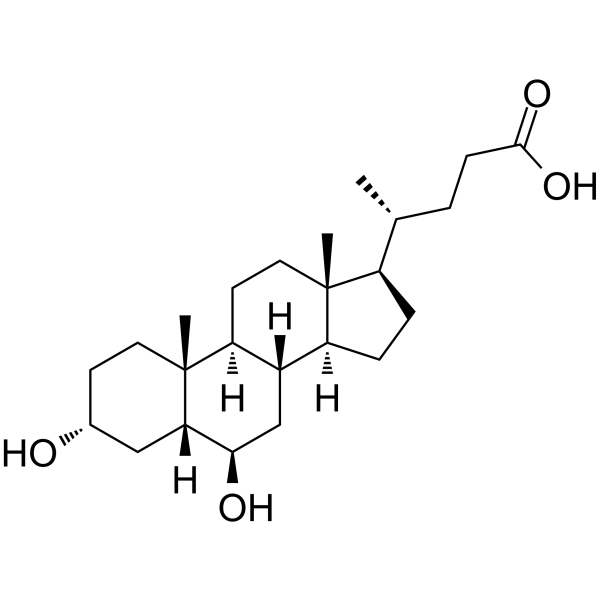
- HY-143787
-
|
|
Lipoxygenase
|
Inflammation/Immunology
|
|
ALOX15-IN-1 (compound 8b) is a potent inhibitor of the linoleate oxygenase activity of rabbit and human ALOX15 with IC50s of 0.04 and 2.06 μM for ALOX15 0rthologs linoleic acid (LA) and arachidonic acid (AA), respectively .
|
-
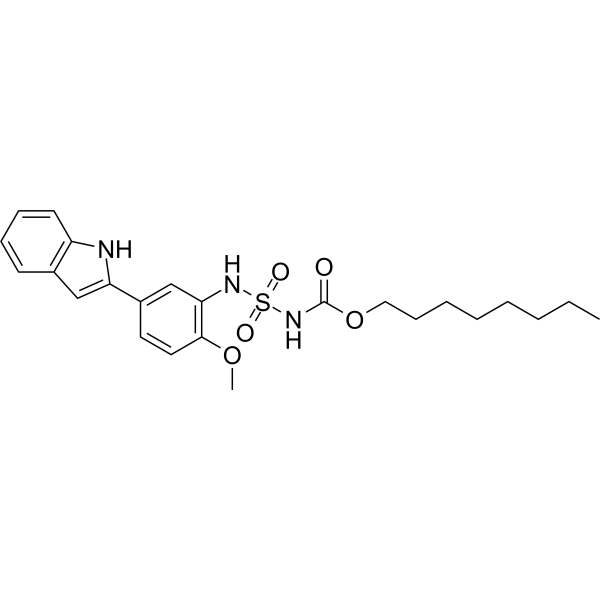
- HY-143791
-
|
|
Lipoxygenase
|
Inflammation/Immunology
|
|
ALOX15-IN-2 (compound 8a) is a potent inhibitor of the linoleate oxygenase activity of rabbit and human ALOX15 with IC50s of 1.55 and 2.79 μM for ALOX15 0rthologs linoleic acid (LA) and arachidonic acid (AA), respectively .
|
-

- HY-N8621
-
|
|
Others
|
Others
|
|
(11S)-(-)-Hydroxyjasmonic acid is a hydroxylated cyclopentane fatty acid of the jasmonic acid type that can be found in the culture filtrate of the fungus Botryodiplodia theobromae< .
|
-
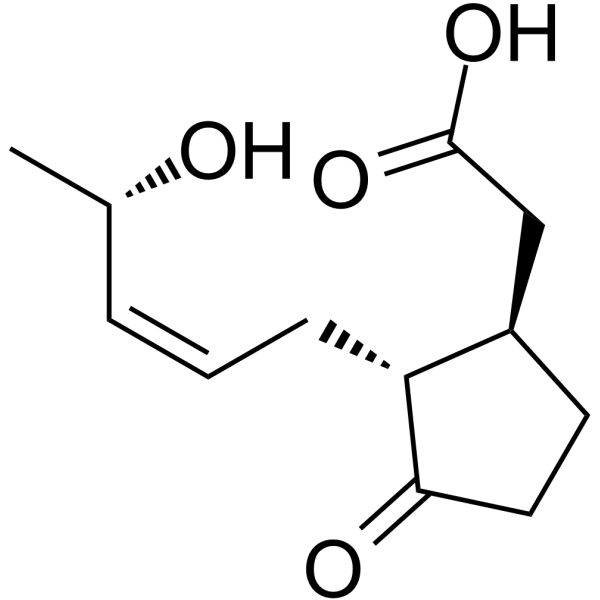
- HY-151931
-
|
Jasmonyl-ACC
|
Others
|
Metabolic Disease
|
|
JA-ACC (Jasmonyl-ACC) is a derivative of 1-aminocyclopropane-1-carboxylic acid (ACC). ACC is the direct precursor of the plant hormone ethylene. JA-ACC inhibits root growth in Arabidopsis and the inhibition is independent of jasmonic acid (JA) signaling .
|
-

- HY-N8268
-
|
3α,12α-Dihydroxynorcholanic acid
|
Others
|
Metabolic Disease
|
|
Nordeoxycholic acid is a 23-carbon bile acid. Nordeoxycholic acid is a norcholic acid metabolite and a steroid human metabolite .
|
-
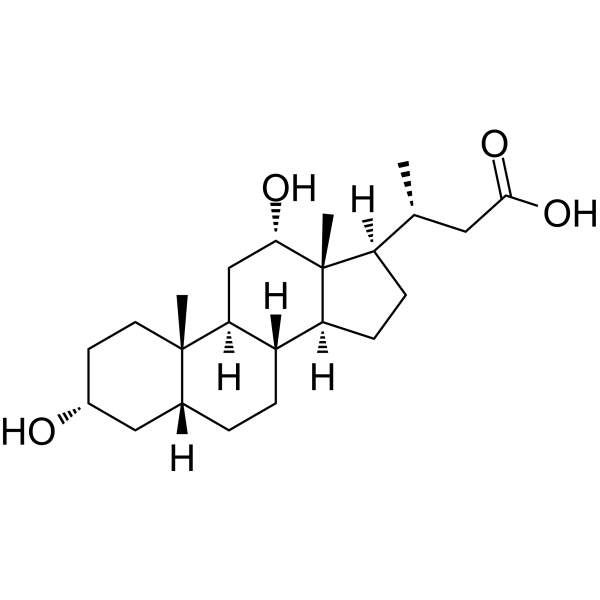
- HY-W751418
-
|
(Z)-2-tetracos-15-enamidoethanesulfonic acid
|
FAAH
|
Neurological Disease
|
|
N-Nervonoyl taurine ((Z)-2-tetracos-15-enamidoethanesulfonic acid) is a fatty acid-taurine conjugate derived from nervonic acid. N-Nervonoyl taurine is a substrate of fatty acid amide hydrolase (FAAH) discovered during metabolite profiling .
|
-
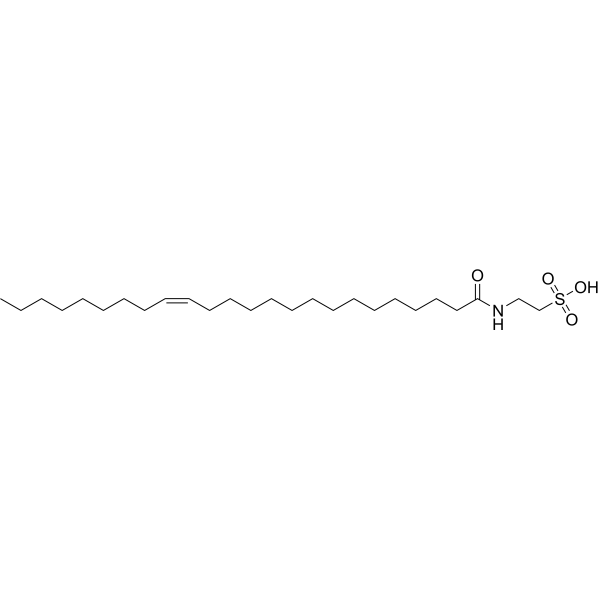
- HY-W013214
-
|
|
Endogenous Metabolite
|
Others
|
|
Ethyl arachidonate is a lipophilic esterified form of arachidonic acid (AA) and can be added into dietary regimens or fed to cultured cells as a source of exogenous arachidonate. Ethyl arachidonate is the main species of fatty acid ethyl esters (FAEE) in brain of alcohol-intoxicated subjects .
|
-

- HY-B1024
-
|
DL-Pantothenol; DL-Pantothenyl alcohol
|
Biochemical Assay Reagents
|
Others
|
|
DL-Panthenol (DL-Pantothenol) is an alcohol derivative of pantothenyl acid. DL-Panthenol exerts eyelash protection effect. DL-Panthenol is widely used in the Skin and hair conditioner research .
|
-
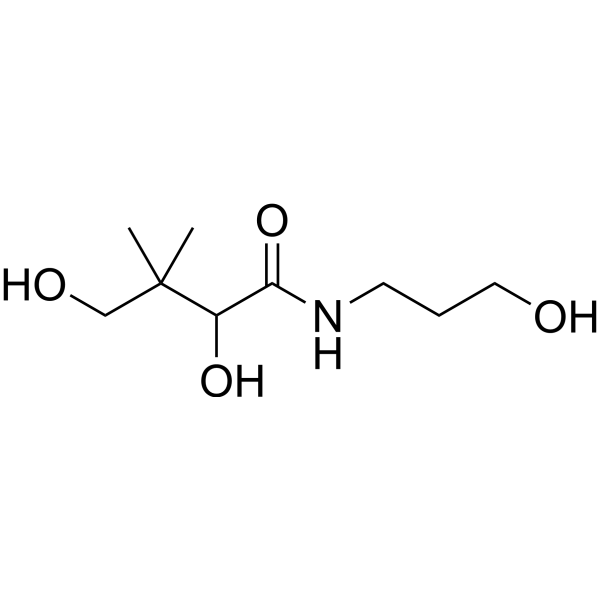
- HY-112653A
-
|
|
Endogenous Metabolite
|
Metabolic Disease
|
|
(±)8-HETE is one of the six monohydroxy fatty acids produced by the non-enzymatic oxidation of Arachidonic acid (HY-109590). The biological activity of (±)8-HETE is likely to resemble that of its constituent enantiomers (8(R)-HETE and 8(S)-HETE).
|
-
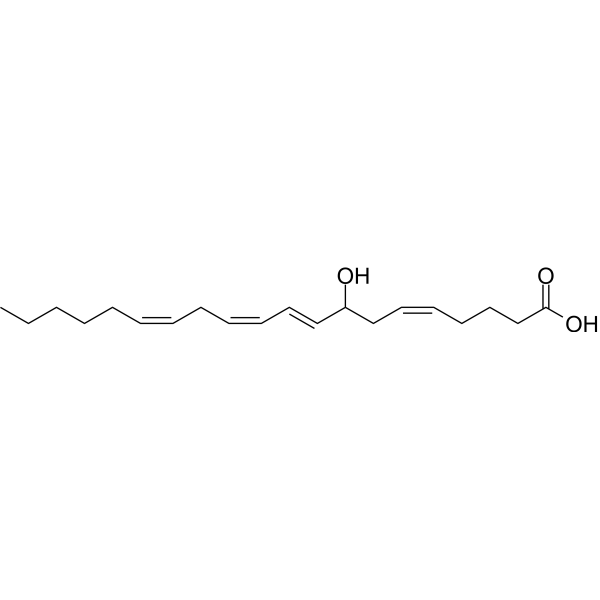
- HY-122207
-
|
|
Others
|
Infection
|
|
Erythromycin A enol ether is an acidic degradation product of Erythromycin A (macrolide antibiotic) and has no antibacterial effect .
|
-

- HY-P3823A
-
|
|
Influenza Virus
|
Infection
|
|
Asp-Asp-Asp-Asp-Asp-Asp TFA is a polyaspartic acid. The specificity of the catalytic and antigenic sites of influenza virus neuraminidase is related to the number of specific amino acids.
|
-

- HY-N11909
-
|
|
Others
|
Others
|
|
8-O-4,8-O-4-Dehydrotriferulic acid is a dehydrotriferulic acid that can be isolated from saponified corn bran insoluble fiber .
|
-
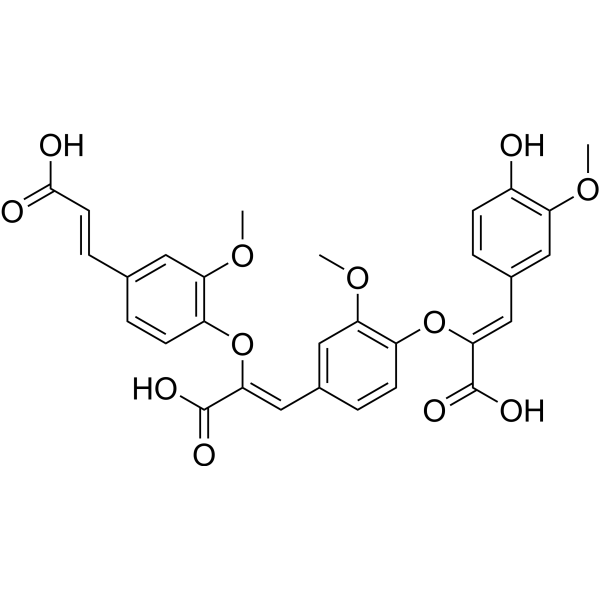
- HY-W747583
-
-

- HY-N6072
-
|
|
Others
|
Others
|
|
Seco-neokadsuranic acid A is a triterpene acid isolated from Kadsura coccinea .
|
-
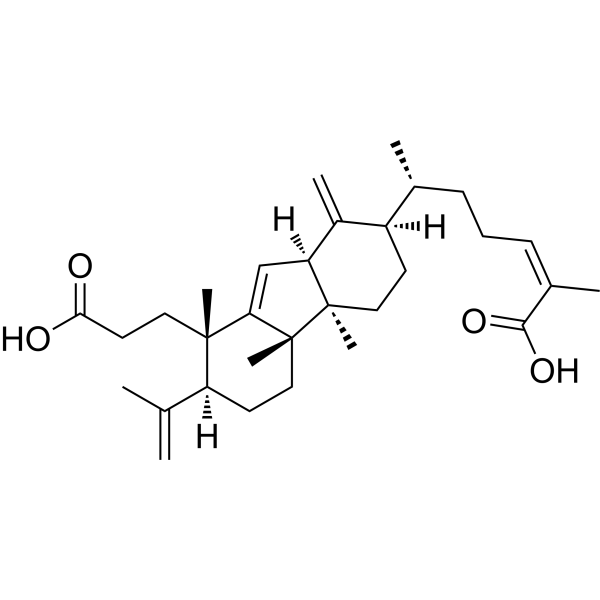
- HY-160420
-
-

- HY-120891
-
-
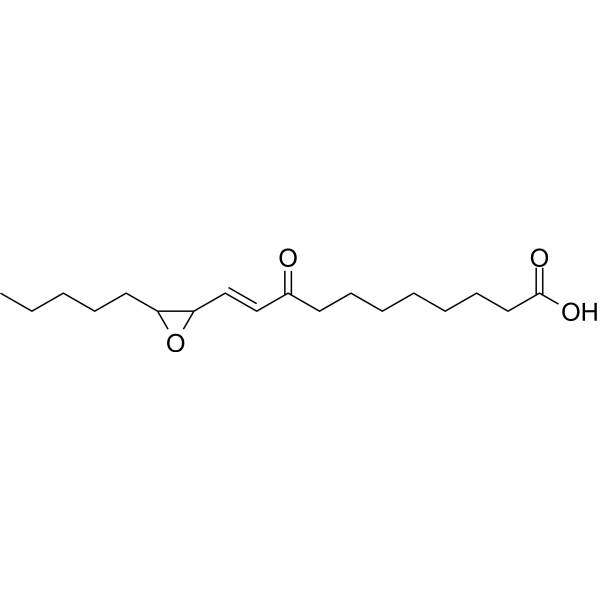
- HY-157910
-
|
|
Others
|
Metabolic Disease
|
|
(±)17(18)-EpETE methyl ester is an analog of the eicosapentaenoic acid (EPA) metabolite (±)17(18)-EpETE .
|
-
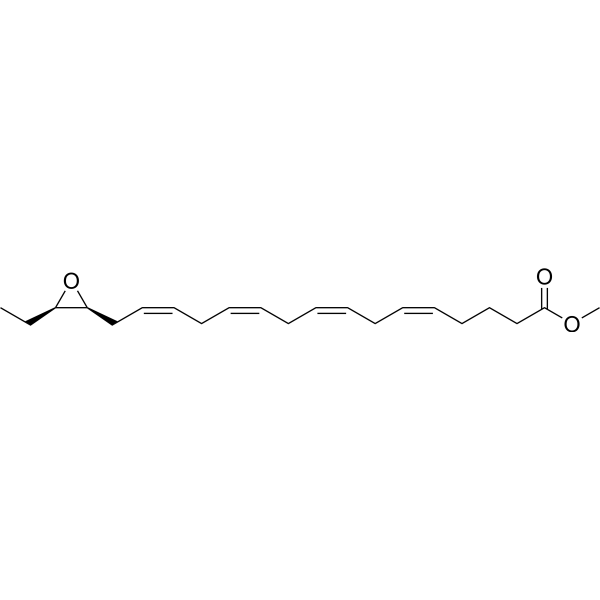
- HY-127074
-
|
HET acid
|
Biochemical Assay Reagents
|
Others
|
|
Chlorendic acid (HET acid) can be used as a diacid component for the synthesis of oligoesters with potential flame retardant properties with aliphatic diols. Degradation by chlorine radicals may be responsible for the flame retardancy of HET acid-based oligoesters .
|
-
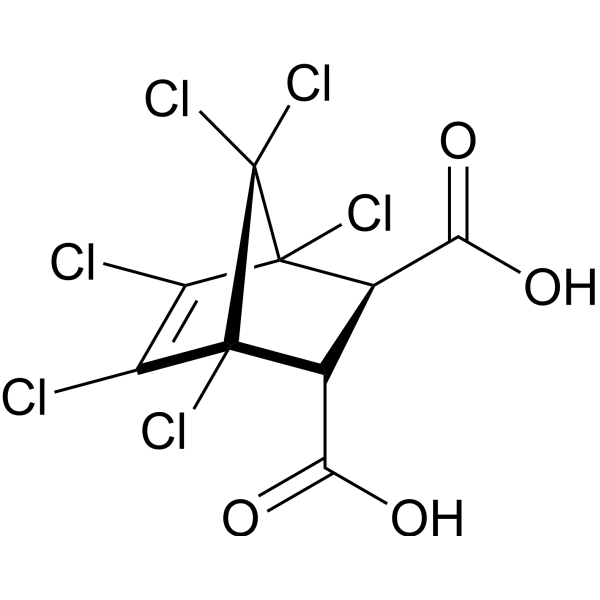
- HY-W051164
-
|
|
Endogenous Metabolite
|
Infection
|
|
5-Hydroxyvanillin is the product of the bacterial and fungal breakdown of ferulic acid, an abundant component in cell walls of found in many seed and leaves .
|
-

- HY-N0545S
-
-
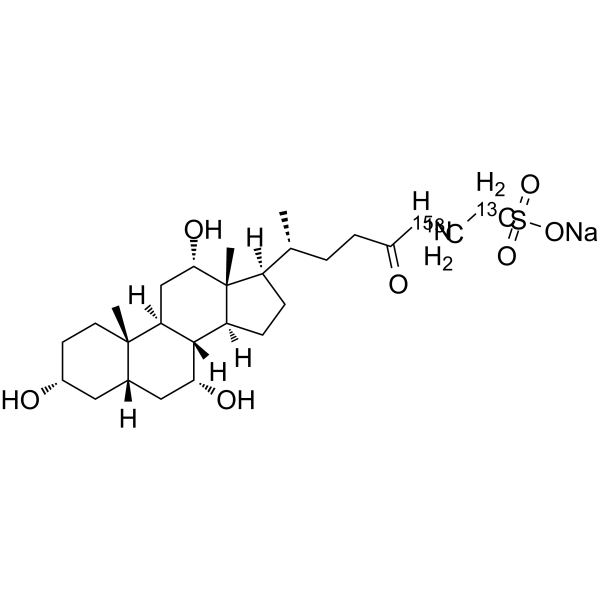
- HY-W013097
-
|
|
Amino Acid Derivatives
|
Others
|
|
Boc-Arg(di-Z)-OH can be used for the synthesis of amino acid. Boc-Arg(di-Z)-OH can be used for the research of inhibitors for processing proteinases. Boc-Arg(di-Z)-OH is coupled via the mixed anhydride (MA) with HGlu(OBzl)-Lys(Z)-Arg(Z,Z)-CH2Cl .
|
-
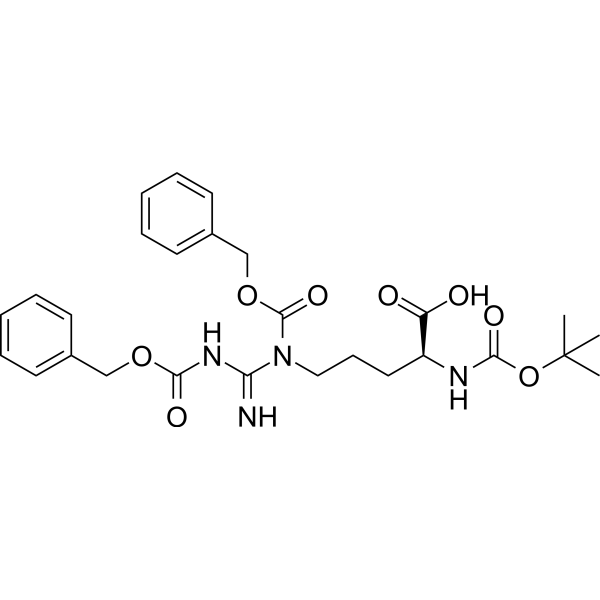
- HY-W003605A
-
|
|
Amino Acid Derivatives
|
Others
|
|
1-Boc-DL-Pyroglutamic acid ethyl ester is a Boc-protected Pyroglutamic acid derivative, can be used for the synthesis of agents or other compounds .
|
-
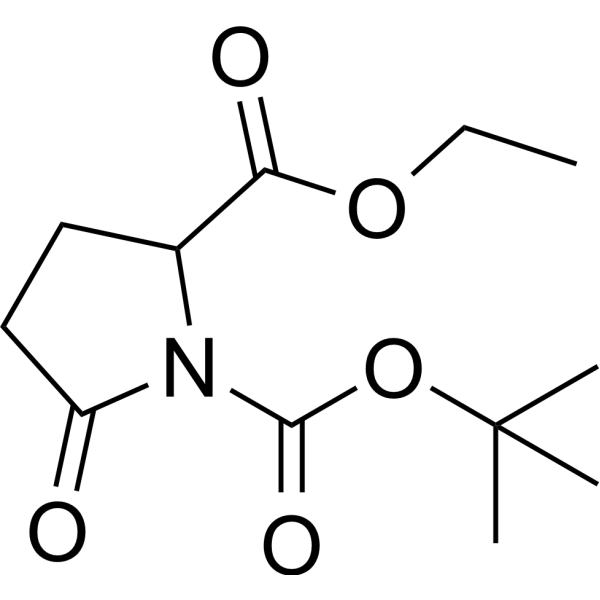
- HY-P2993
-
|
ICDH; IDH
|
Isocitrate Dehydrogenase (IDH)
|
Metabolic Disease
|
|
Isocitrate dehydrogenase, Porcine heart (ICDH) is a citric acid or tricarboxylic acid cycle enzyme, is often used in biochemical studies. Isocitrate dehydrogenase catalyzes the oxidative decarboxylation of isocitrate to α-ketoglutarate and reduces NAD(P) + to NAD(P)H, it plays important roles in cellular metabolism .
|
-
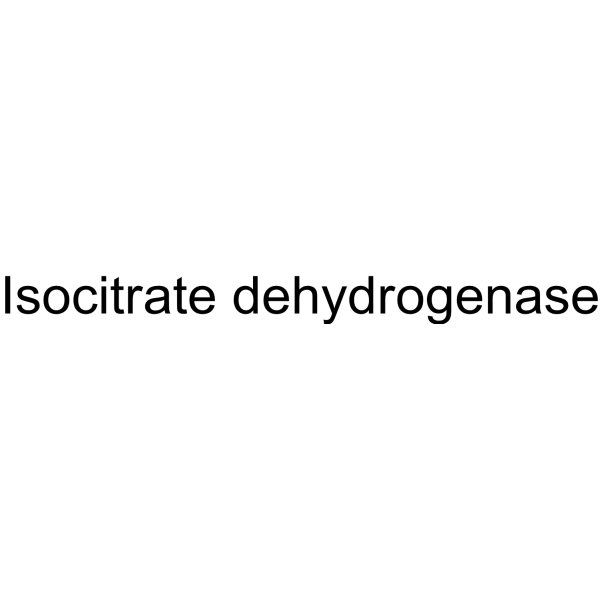
- HY-129847
-
|
|
Others
|
Others
|
|
Alitame (anhydrous) is a high-intensity sweetener formed from the amino acids L-aspartic acid and D-alanine, and an amine derived from thietane .
|
-
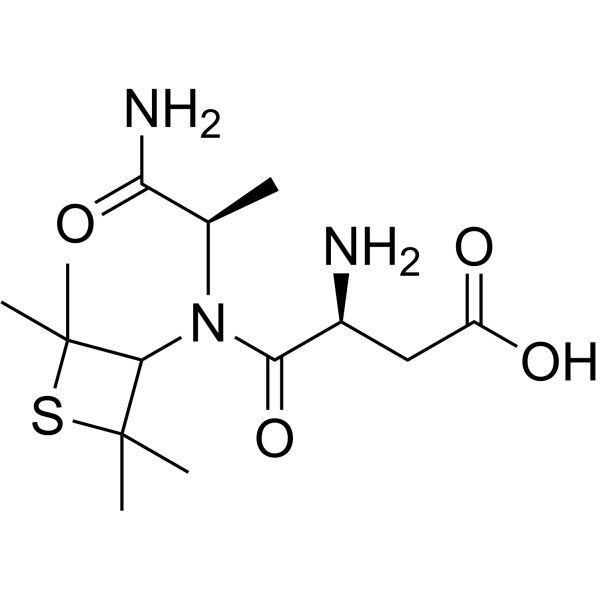
- HY-W540122
-
-
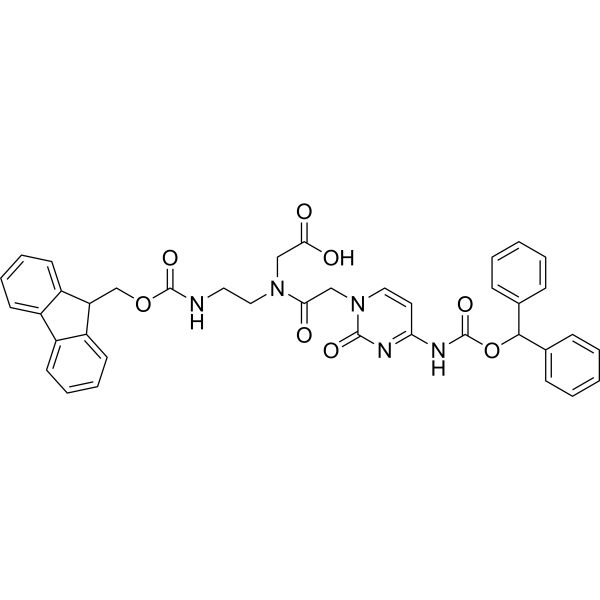
- HY-113120
-
|
6Z,9Z,12Z,15Z-Octadecatetraenoic acid
|
Endogenous Metabolite
|
Others
|
|
Stearidonic acid (6Z,9Z,12Z,15Z-Octadecatetraenoic acid) is an intermediate fatty acid in the biosynthetic pathway from α-linolenic acid to VLC ω-3 PUFA. The conversion efficiency of stearidonic acid is higher than that of alpha-linolenic acid. Increasing the intake of stearidonic acid can increase the content of eicosapentaenoic acid (EPA) in red blood cells. Stearidonic acid can also be isolated from methanolic extracts of the brown alga Brachyphyllum gracilis .
|
-

- HY-145548
-
|
|
Others
|
Others
|
|
cis-4,10,13,16-Docosatetraenoic acid is a long chain polyunsaturated fatty acid derived from the lipids of rat testis .
|
-

- HY-157732
-
-
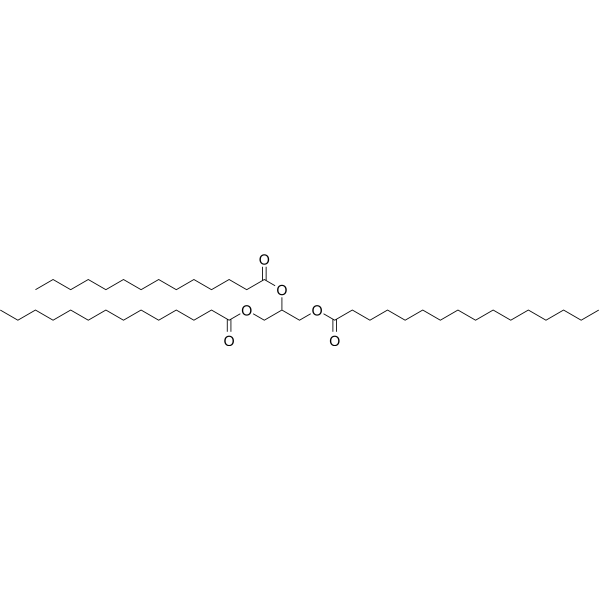
- HY-W051298
-
|
Stearic diglyceride
|
Biochemical Assay Reagents
|
Metabolic Disease
|
|
Distearin is a diacylglycerol containing stearic acid at two positions. Stearic acid is a long chain dietary saturated fatty acid which exists in many animal and vegetable fats and oils .
|
-

- HY-113943
-
|
|
Endogenous Metabolite
|
Others
|
|
9(S)-HETE is the S isomer of 9-HETE (HY-113943A). 9-HETE, a monohydroxy fatty acid, is the lipoxygenase metabolite of arachidonic acid (HY-109590) .
|
-

- HY-113943A
-
|
(±)9-HETE
|
Endogenous Metabolite
|
Others
|
|
9-HETE, a monohydroxy fatty acid, is the lipoxygenase metabolite of arachidonic acid (HY-109590) .
|
-

- HY-W403933
-
|
|
Autophagy
|
Metabolic Disease
|
|
12-Ketochenodeoxycholic acid 12 is a direct precursor of cholodeoxycholic acid (CDCA). Cholodeoxycholic acid is used to cholesterol gallstones and has chemotherapeutic properties that dissolve gallstones .
|
-
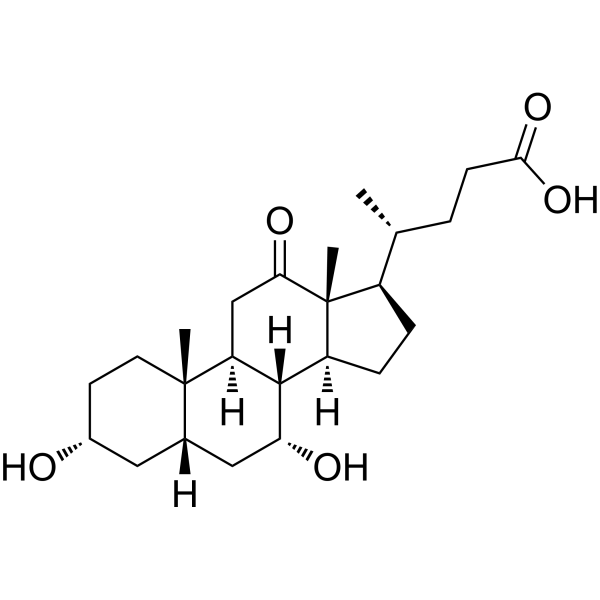
- HY-W042005
-
|
|
Amino Acid Derivatives
|
Others
|
|
H-D-Phe(3,4-DiCl)-OH is D-3,4-Dichlorophenylalanine, a amino acid derivative. H-D-Phe(3,4-DiCl)-OH shows protein synthesis activity .
|
-
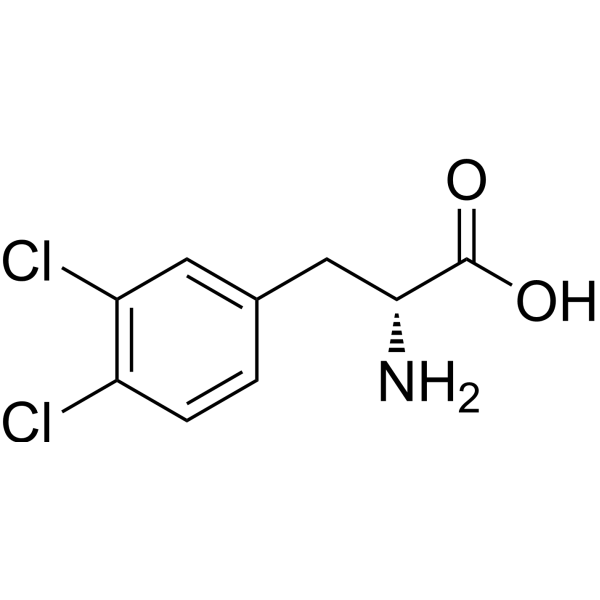
- HY-W048671
-
|
|
Amino Acid Derivatives
|
Others
|
|
Fmoc-Thr(TBDMS)-OH is a Threonine derivative. Fmoc-Thr(TBDMS)-OH can be used for the preparation of sugar ligand-tethered functional nucleic acid conjugates for targeted research .
|
-

- HY-W142161
-
|
Fmoc-MeHis(Trt)-OH
|
Amino Acid Derivatives
|
Others
|
|
Fmoc-N-Me-His(Trt)-OH (Fmoc-MeHis(Trt)-OH) is a is an amino acid derivative containing amino and carboxyl groups. Fmoc-N-Me-His(Trt)-OH for the synthesis of Fmoc-MeHis (Trt) -Leu-OH .
|
-
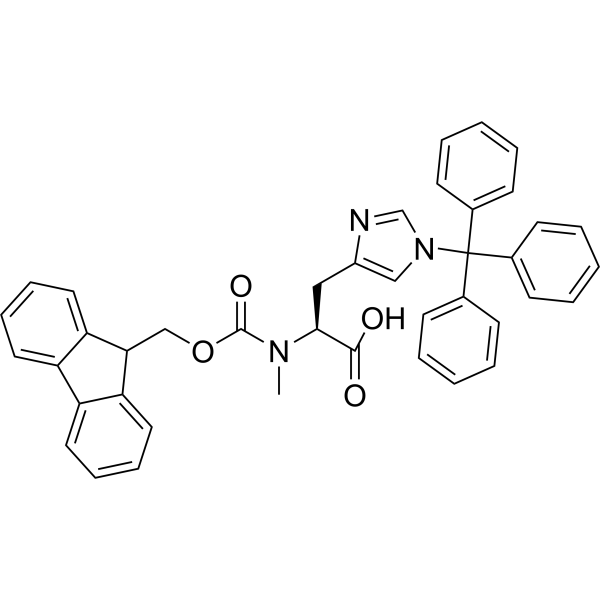
- HY-N0593
-
-
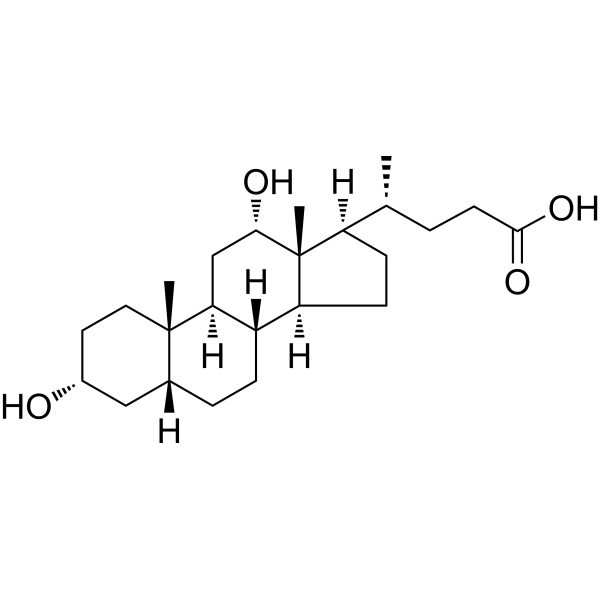
- HY-N0593A
-
-
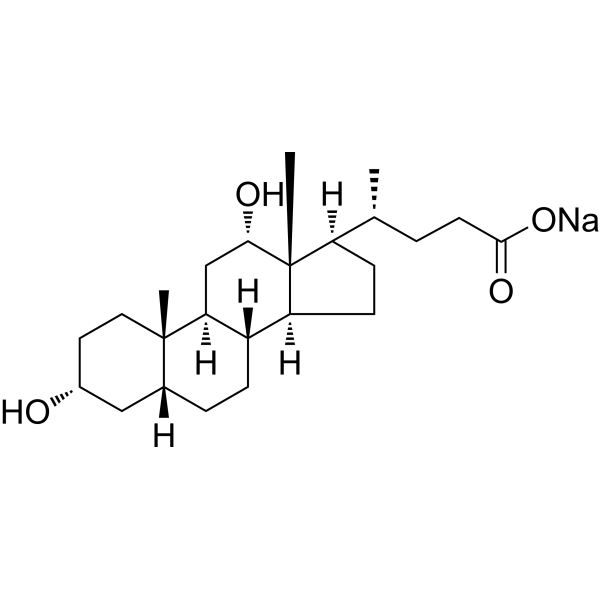
- HY-P3150
-
|
|
Ser/Thr Protease
|
Others
|
|
Recombinant Proteinase K is a serine protease that cleaves the carboxy-terminated peptide bonds of aliphatic and aromatic amino acids. Recombinant Proteinase K can be used to digest proteins and remove contamination from nucleic acid preparations .
|
-

- HY-N7856
-
|
3-Oxostearic acid
|
Others
|
Others
|
|
3-Oxooctadecanoic acid (3-Oxostearic acid) is a saturated fatty acid (SFA). 3-Oxooctadecanoic acid is an intermediate product in fatty acid biosynthesis and it was converted from malonic acid via the enzyme .
|
-
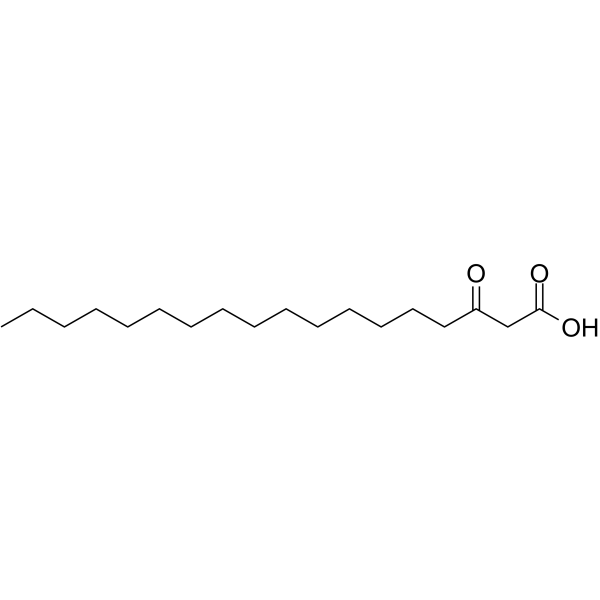
- HY-N1652
-
|
3,3′,4-Tri-O-methylellagic acid
|
Others
|
Others
|
|
2,3,8-Tri-O-methylellagic acid is a terpenoids that can be isolated from the stem bark of Neoboutonia macrocalyx. 2,3,8-Tri-O-methylellagic acid is found to be 50 times more active than the parent ellagic acid .
|
-
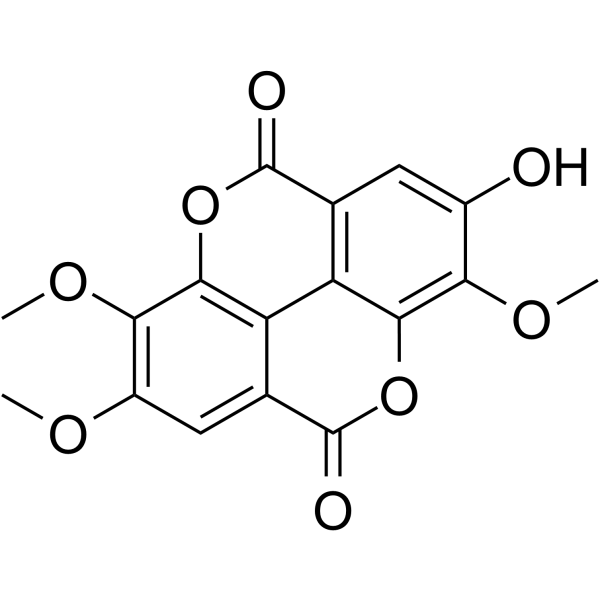
- HY-109546
-
|
|
Proton Pump
|
Metabolic Disease
|
|
Omeprazole magnesium is an orally active proton pump inhibitor (PPI) and can suppress gastric acid. Omeprazole magnesium can be used for acid reflux-related symptoms and frequent heartburn research .
|
-
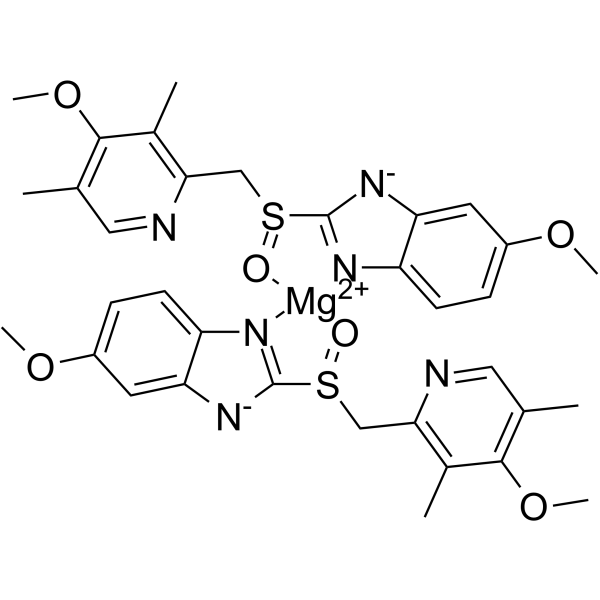
- HY-N2855
-
|
Aophitolic acid
|
Apoptosis
Autophagy
TNF Receptor
Akt
NF-κB
|
Inflammation/Immunology
Cancer
|
|
Alphitolic acid (Aophitolic acid) is an anti-inflammatory triterpene could found in quercus aliena. Alphitolic acid blocks Akt–NF-κB signaling to induce apoptosis. Alphitolic acid induces autophagy. Alphitolic acid has anti-inflammatory activity and down-regulates the NO and TNF-α production. Alphitolic acid can be used for cancer and inflammation research [3].
|
-
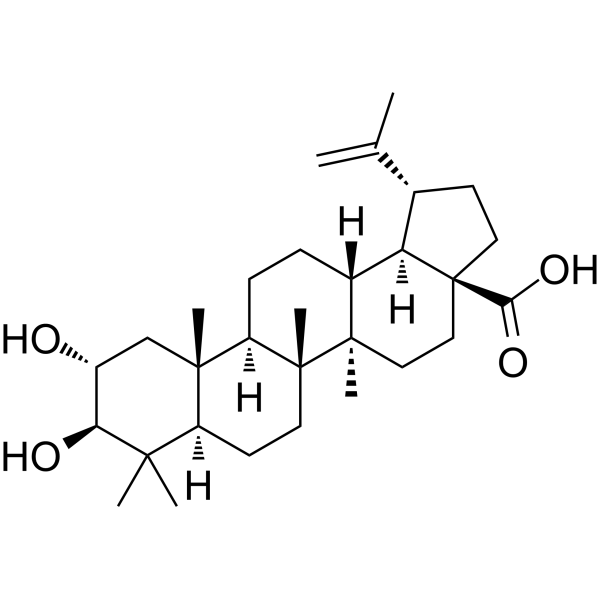
- HY-N0593B
-
-
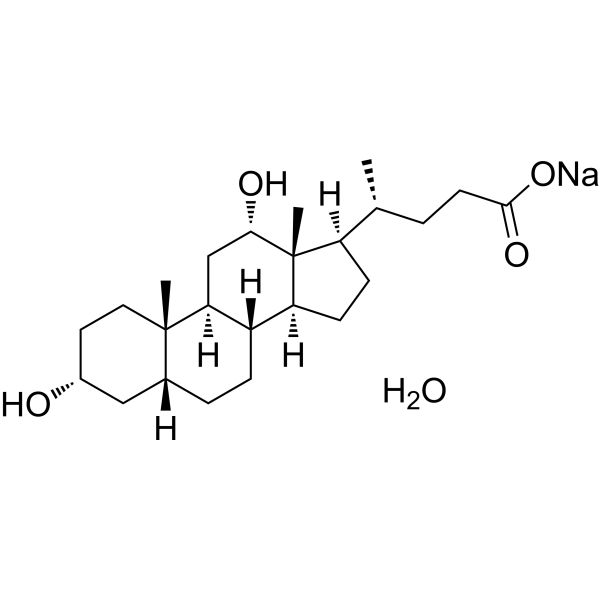
- HY-119647
-
|
|
COX
Cytochrome P450
|
Others
|
|
PPOH, a fatty acid derivative, is a selective cyclooxygenase (COX) inhibitor that inhibits arachidonic acid cyclooxygenase activity in renal cortical microsomes. In addition, PPOH acts on CYP4A2 and CYP4A3 with the IC50 values of 22 μM and 6.5 μM, respectively . PPOH is a click chemistry reagent, it contains an Alkyne group and can undergo copper-catalyzed azide-alkyne cycloaddition (CuAAc) with molecules containing Azide groups.
|
-
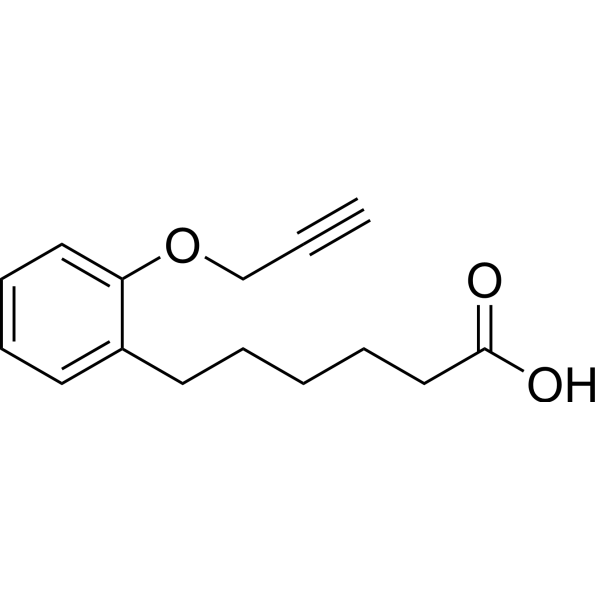
- HY-128700A
-
|
|
Others
|
Metabolic Disease
|
|
Nicotinic acid mononucleotide triethylamine is formed from nicotinic acid (NA) via the nicotinic acid phosphoribosyltransferase in the biosynthesis of NAD +. Nicotinate mononucleotide triethylamine is a substrate for nicotinamide mononucleotide/Nicotinic acid mononucleotide adenylyltransferase .
|
-
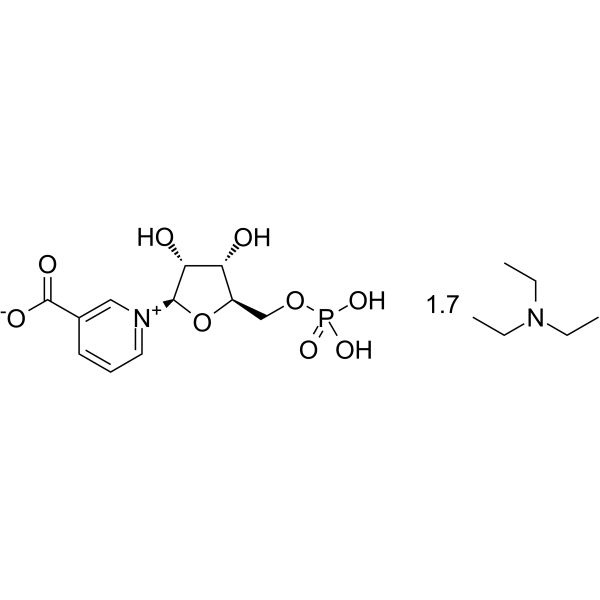
- HY-N0593AR
-
|
|
G protein-coupled Bile Acid Receptor 1
Endogenous Metabolite
|
Metabolic Disease
|
|
Deoxycholic acid sodium salt (Standard) is the analytical standard of Deoxycholic acid sodium salt. This product is intended for research and analytical applications. Deoxycholic acid sodium salt (sodium deoxycholate), a bile acid, is a by-product of intestinal metabolism, that activates the G protein-coupled bile acid receptorTGR5 .
|
-

- HY-14850
-
|
Netazepide; YF 476; YM-220
|
Cholecystokinin Receptor
|
Metabolic Disease
Endocrinology
|
|
Sograzepide (Netazepide; YF 476; YM-220) is an extremely potent , highly selective and orally active Gastrin/CCK-B antagonist with an IC50 value of 0.1 nM, has inhibitory effect on Gastrin/CCK-A activity with an IC50 of 502 nM . Sograzepide (Netazepide; YF 476; YM-220) replaces the specific binding of [125I]CCK-8 to the rat brain, cloned canine and cloned human Gastrin/CCK-B receptors, with Ki values of 0.068, 0.62 and 0.19 nM, respectively .
|
-
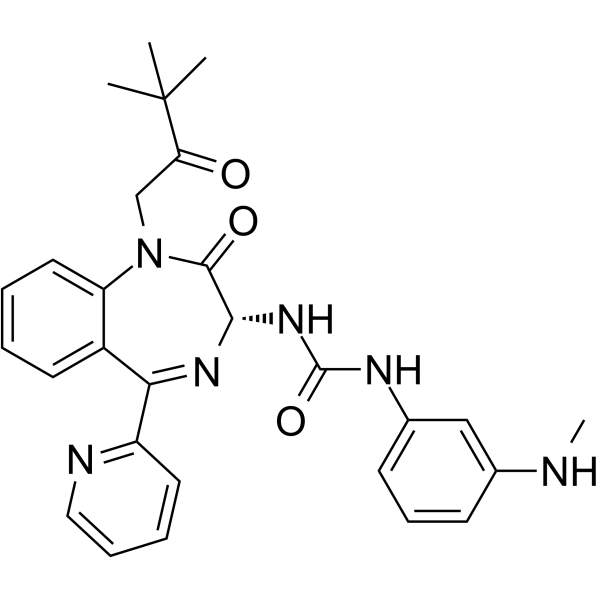
- HY-Y0507
-
|
|
TMV
|
Infection
Cancer
|
|
DL-Serine, a fundamental metabolite, is a mixture of D-Serine and L-Serine. DL-Serine has antiviral activity against the multiplication of tobacco mosaic virus (TMV) .
|
-
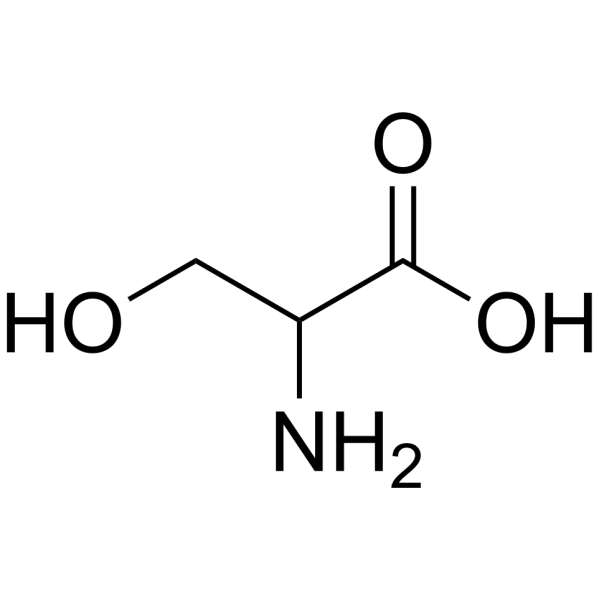
- HY-125847
-
|
|
Others
|
Cancer
|
|
Salvianolic acid F is a kind of Salvianolic Acids. Salvianolic Acids is the most effective and abundant compounds extracted from Salvia miltiorrhiza, with good anti-oxidative activity .
|
-
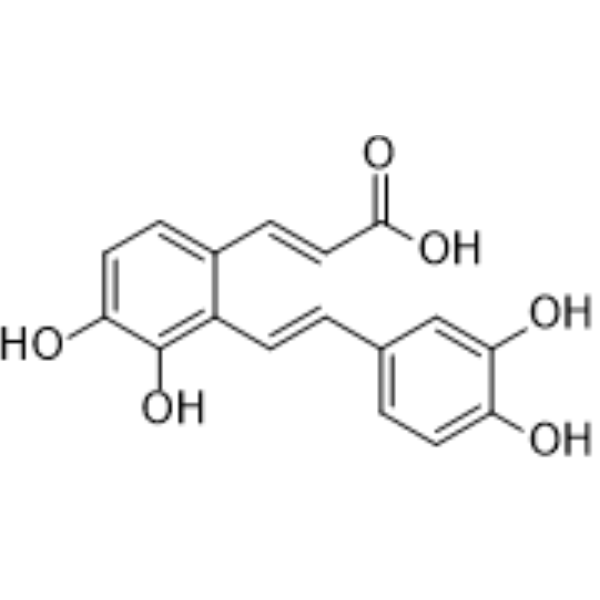
- HY-135298
-
-

- HY-W011819
-
|
|
Endogenous Metabolite
|
Metabolic Disease
|
|
Tetradecanedioic acid is an endogenous metabolite and belongs to the class of organic compounds known as long-chain fatty acids. Tetradecanedioic acid can act as a candidate biomarker for organic anion-transporting polypeptide mediated agent-agent interactions .
|
-
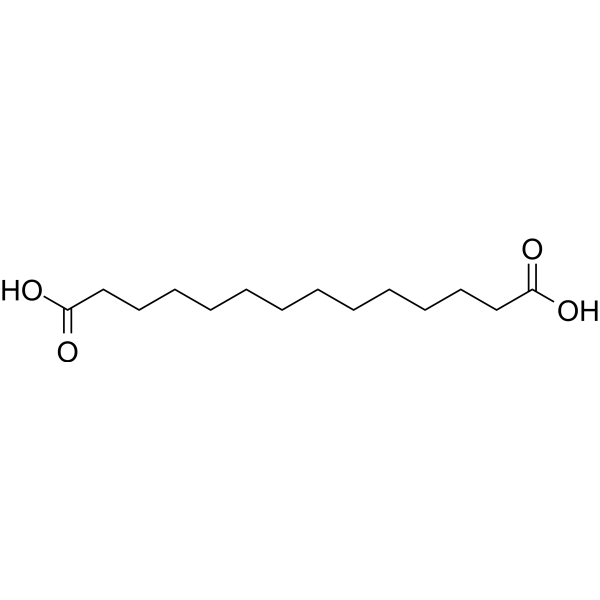
- HY-N3010
-
-
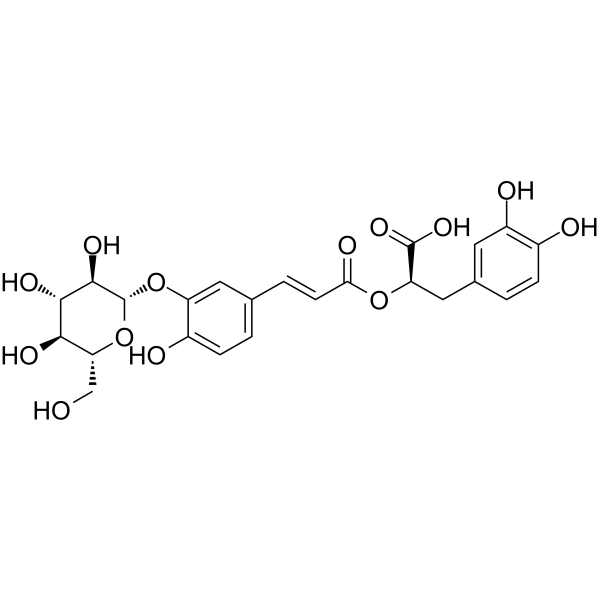
- HY-76547
-
|
4-Methylbenzoic acid
|
Endogenous Metabolite
|
Metabolic Disease
|
|
p-Toluic acid (4-Methylbenzoic acid), coumarin, is a substituted benzoic acid. p-Toluic acidis synthetic p-aminomethylbenzoic acid (PAMBA), intermediates such as p-toluonitrile. p-Toluic acidMay have potential reproductive toxicity, press 1g/kgRepeated administration of doses can produce a variety of adverse effects on the epididymis .
|
-
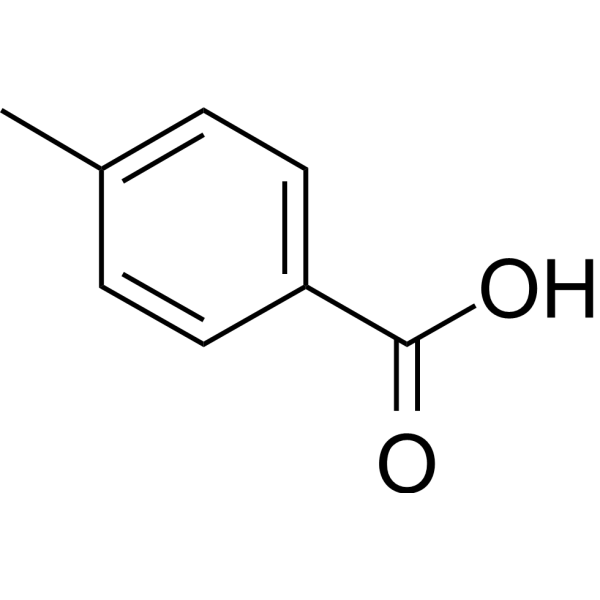
- HY-N3894
-
|
|
nAChR
|
Neurological Disease
|
|
Ferulamide is a Ferulic acid derivative isolated from Portulaca oleracea L. with anticholinesterase activities .
|
-
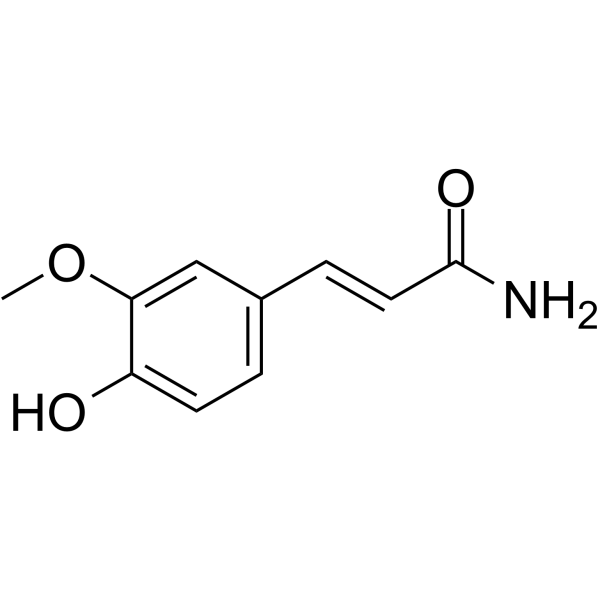
- HY-N1800
-
|
|
Others
|
Others
|
|
3,3'-Di-O-methylellagic acid-4'-O-β-D-glucopyranoside is a ellagic acid derivative that can be isolated from Dipentodon sinicus .
|
-
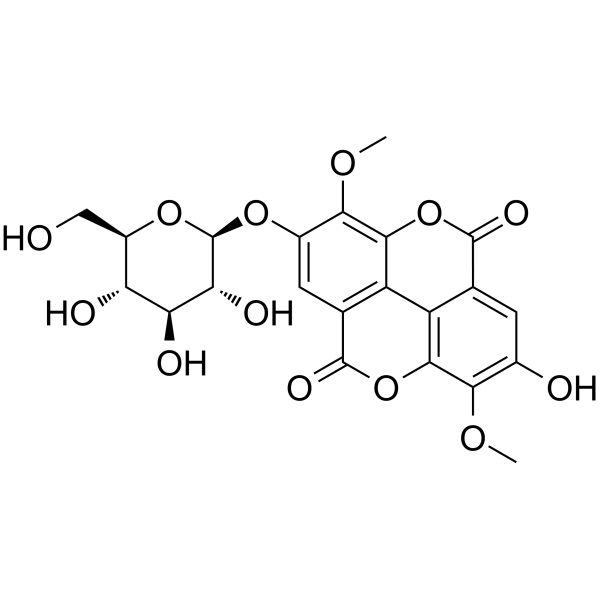
- HY-N7880
-
|
|
Reactive Oxygen Species
|
Cancer
|
|
Salvianolic acid Y is a phenolic acid with the same planar structure as Salvianolic acid B. Salvianolic acid Y rescues cell injury by H2O2 .
|
-
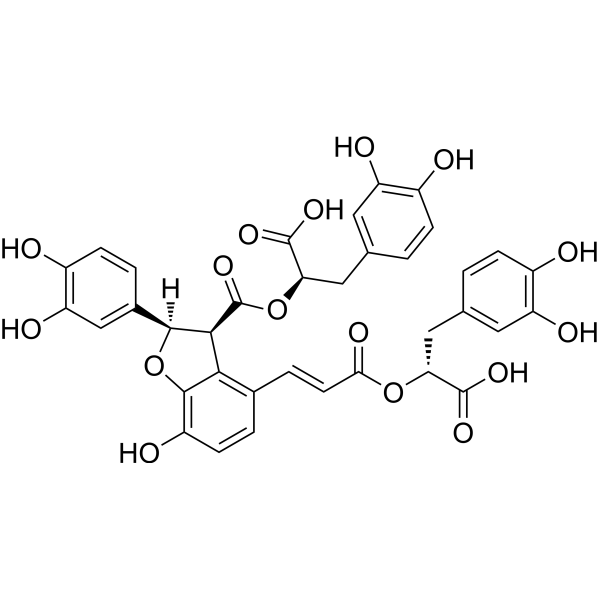
- HY-W005963
-
|
|
Others
|
Inflammation/Immunology
|
|
Methyl 5-hydroxypyridine-2-carboxylate is a phenolic acid that can found in the stems of Mahonia fortune. Methyl 5-hydroxypyridine-2-carboxylate exhibits NO inhibitory effects in vitro .
|
-
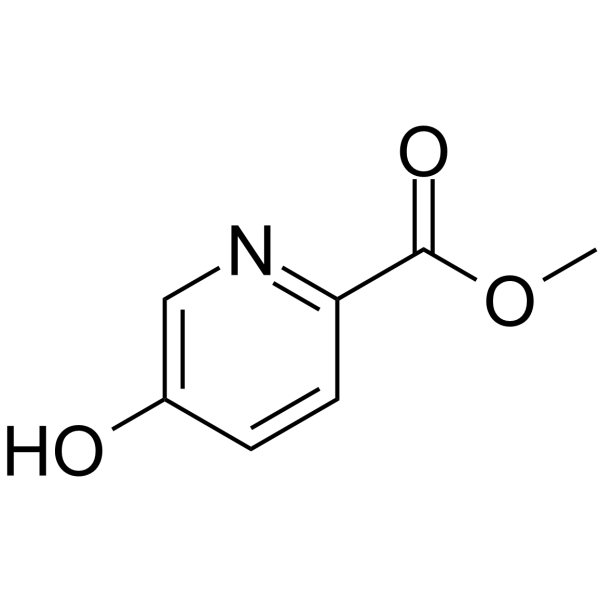
- HY-124087
-
|
4-en-VPA; 2-Allylpentanoic acid
|
Drug Metabolite
|
Others
|
|
(±)-2-Propyl-4-pentenoic acid (4-en-VPA) is a major toxic metabolite of Valproic acid. (±)-2-Propyl-4-pentenoic acid exhibits neuroteratogenicity .
|
-

- HY-N7813
-
|
|
Others
|
Others
|
|
1,2-Dipalmitoyl-3-oleoylglycerol, a major P-containing triacylglycerol, can be found in palm oil, palm stearin, cocoa butter, and lard .
|
-
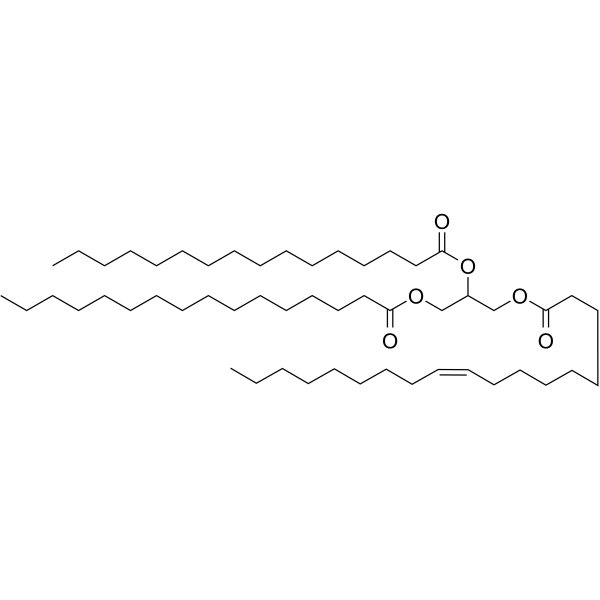
- HY-W145597
-
|
|
Others
|
Others
|
|
D-Glucuronamide is the derivate of D-glucuronic acid .
|
-
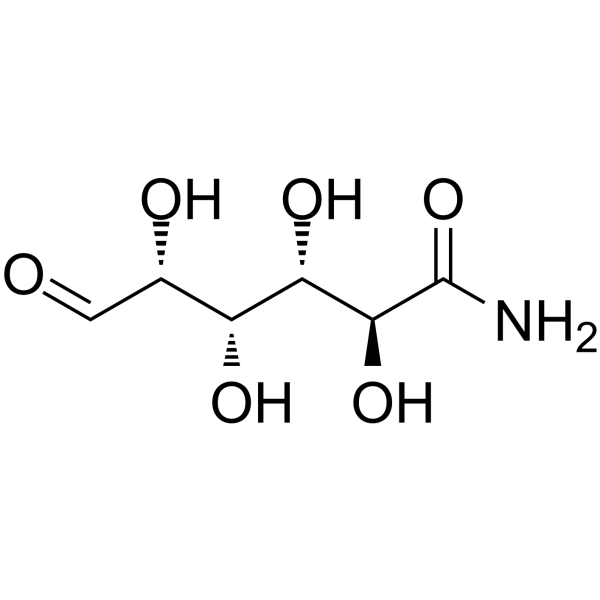
- HY-B1427
-
-
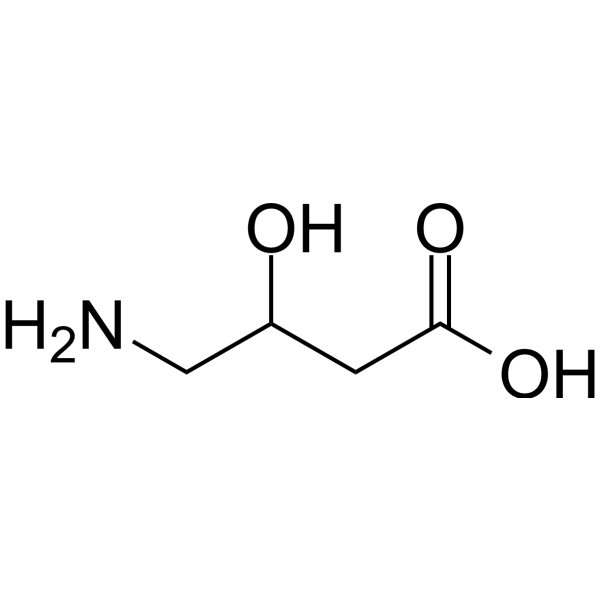
- HY-N6217
-
-
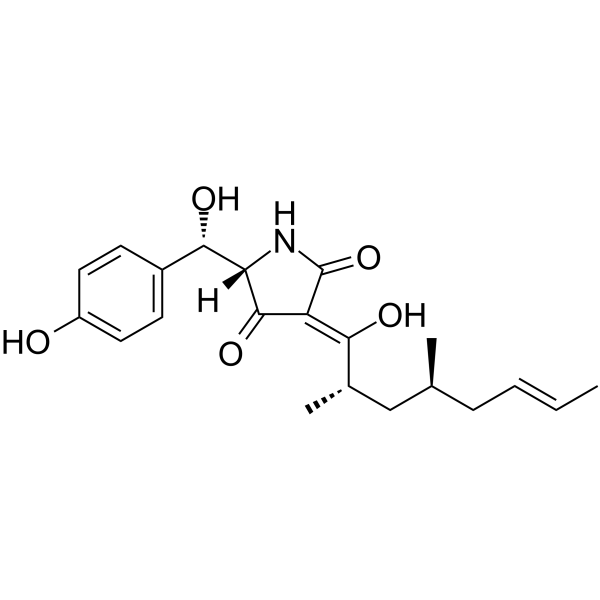
- HY-W011711
-
|
Fragivix
|
URAT1
|
Metabolic Disease
|
|
Benzarone (Fragivix) is a potent human uric acid transporter 1 (hURAT1) inhibitor, with an IC50 of 2.8 μM in oocyte. Benzarone could lower uric acid serum levels .
|
-
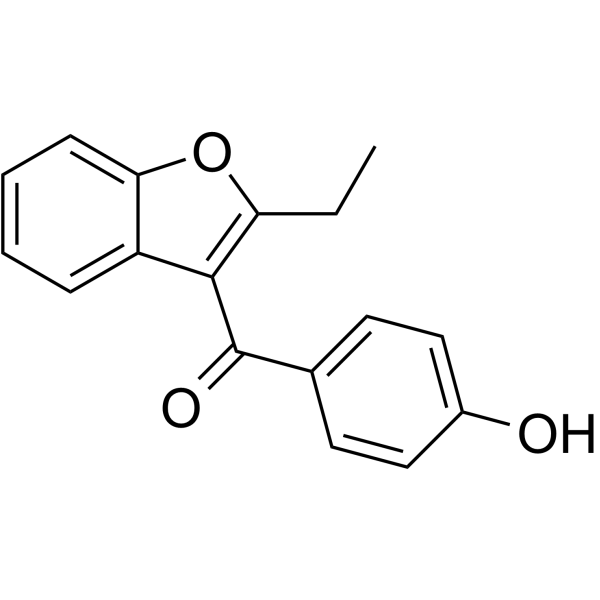
- HY-W127512
-
|
|
Others
|
Others
|
|
5β-Cholanic acid can be used for 5β-Cholanic acid derivatives synthesis .
|
-
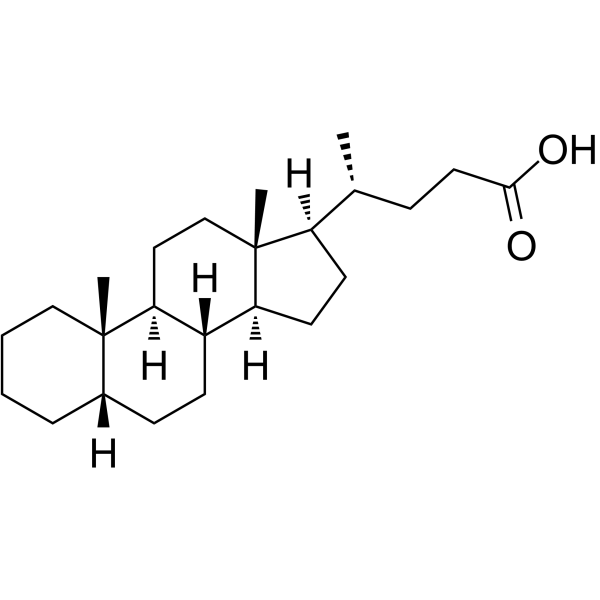
- HY-D1457
-
|
|
Fluorescent Dye
|
Others
|
|
DND-189, a low-pH fluorescent probe, is sensitive to neutral and low pH range. DND-189 can be used to measure the pH of acidic organelles .
|
-

- HY-N1016
-
|
|
Others
|
Others
|
|
3β-Hydroxy-11,12-epoxy–friedoolean-14-enyl palmitate is a fatty acids esterified with triterpenes .
|
-
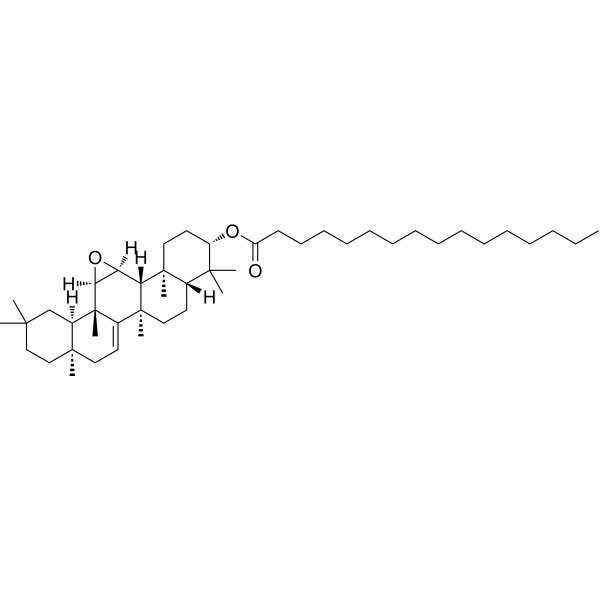
- HY-150017
-
|
|
Others
|
Others
|
|
2'-O-Methyl-5-methyl-U CEP is a uridine, can be used for synthesis nucleic acid.
|
-

- HY-147320
-
-
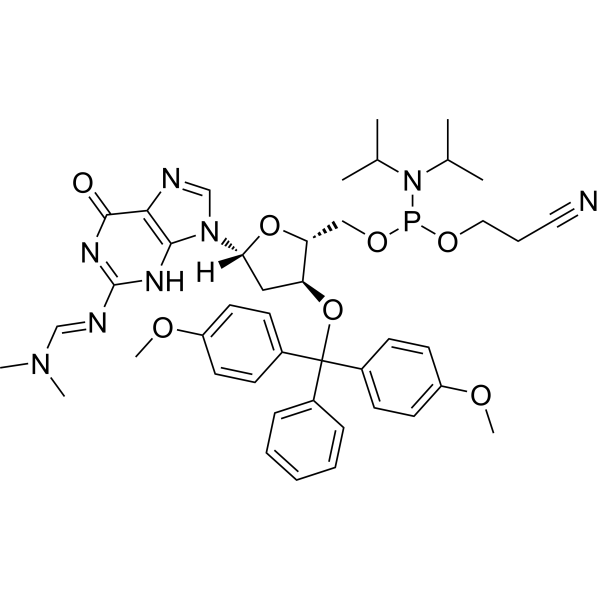
- HY-136072A
-
|
(1R,2S)-QPX7728 disodium
|
Others
|
Others
|
|
(1R,2S)-Xeruborbactam ((1R,2S)-QPX7728) disodium is a boronic acid derivative .
|
-
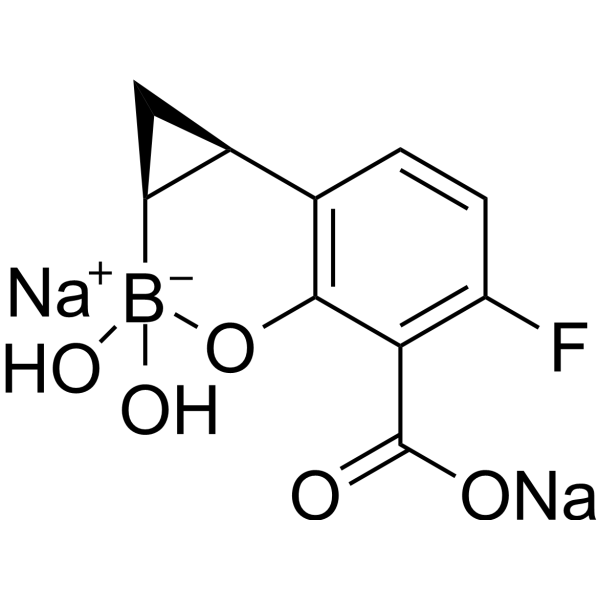
- HY-150727
-
|
|
Sirtuin
|
Cancer
|
|
SIRT5 inhibitor 4 (compound 11) is a potent, selective SIRT5 inhibitor with IC50 values of 26.4 and >400μM for SIRT5 and other SIRT subtype, respectively .
|
-
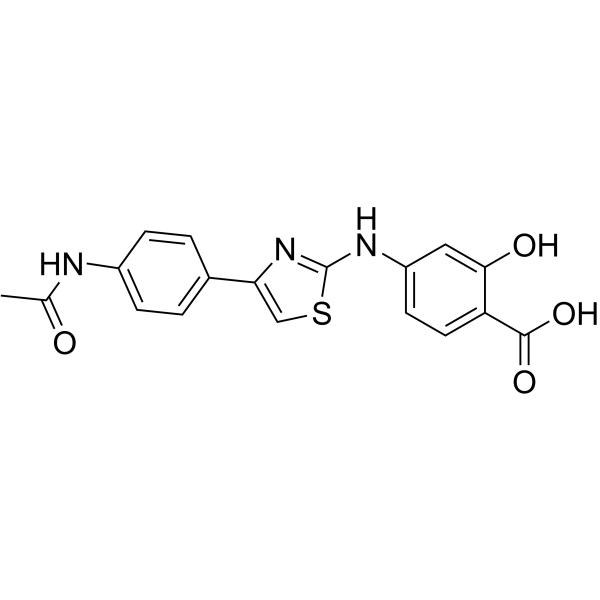
- HY-151715
-
|
|
ADC Linker
|
Others
|
|
N3-D-Dap(Fmoc)-OH is a click chemistry reagent. N3-D-Dap(Fmoc)-OH can be used as a component for coupling by click reaction and as an orthogonally protected diaminocarboxylic acid derivative .
|
-
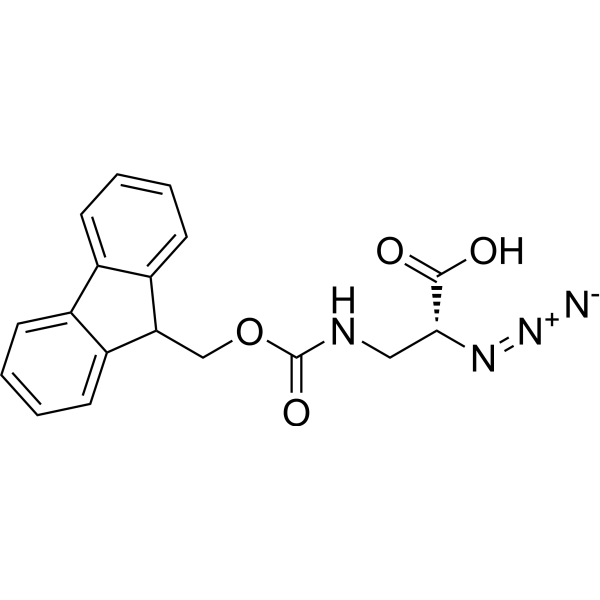
- HY-148217
-
|
|
Others
|
Others
|
|
DB02307 is a dipeptide that contains a sequence of two alpha-amino acids joined by a peptide bond .
|
-

- HY-P3558
-
-
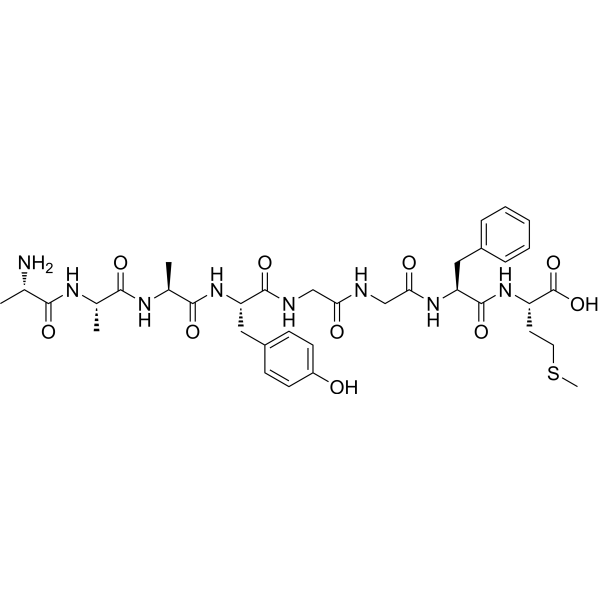
- HY-141540
-
|
|
Others
|
Others
|
|
Lactyl-CoA is an acyl-CoA formally condensed from the sulfhydryl group of CoA and the carboxyl group of lactic acid, also known as lactyl-CoA. Lactyl-CoA is essential for the biosynthesis of biodegradable and biocompatible lactic acid-based copolymers .
|
-
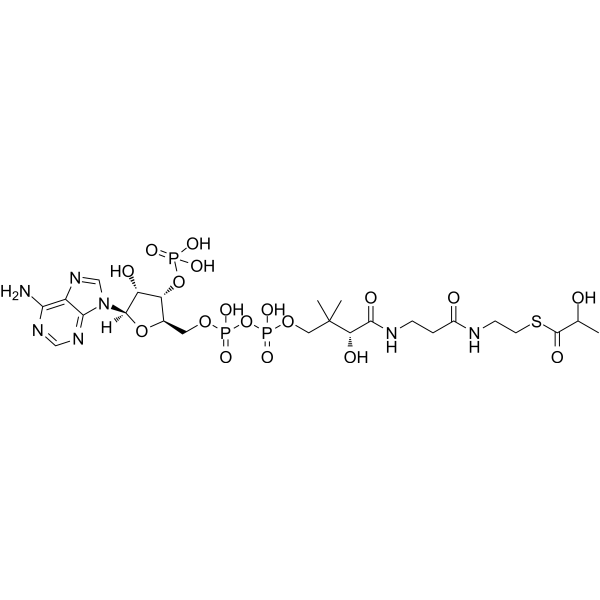
- HY-145673
-
|
|
Others
|
Others
|
|
Thiamphenicol glycinate, an alpha-amino acid ester, is a proagent of Thiamphenicol (HY-B0479) .
|
-
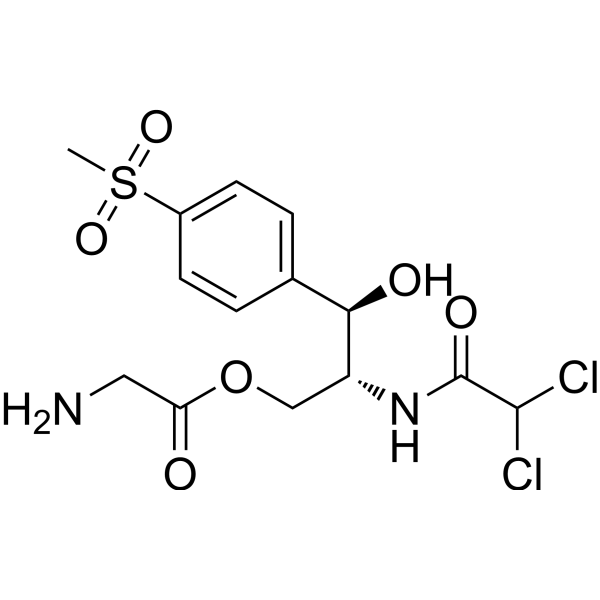
- HY-N10543A
-
|
|
Others
|
Others
|
|
3-p-Coumaroylquinic acid (compound 3a) is an isomer of p-coumaroylquinic acid .
|
-
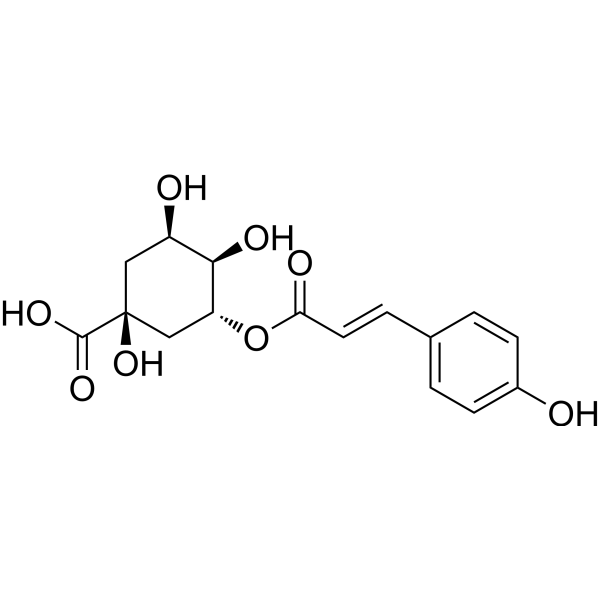
- HY-N11978
-
|
6-HKA
|
iGluR
|
Neurological Disease
|
|
6-Hydroxykynurenic acid (6-HKA) is a derivative of kynurenic acid (KYNA) and can be isolated from Ginkgo leaves. 6-Hydroxykynurenic acid is a low-affinity NMDAR antagonist (IC50: 59 μM) .
|
-
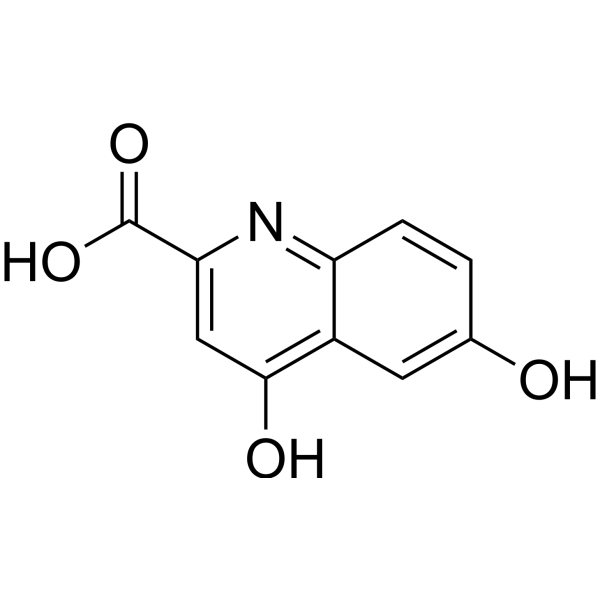
- HY-N12028
-
|
|
Others
|
Others
|
|
Acacetin 7-O-glucuronide is a glucuronide isolated from the methanolic leaf extract of Acacetin. Acacetin 7-O-glucuronide has potential applications in the development of nutraceuticals and pharmaceutical formulations .
|
-
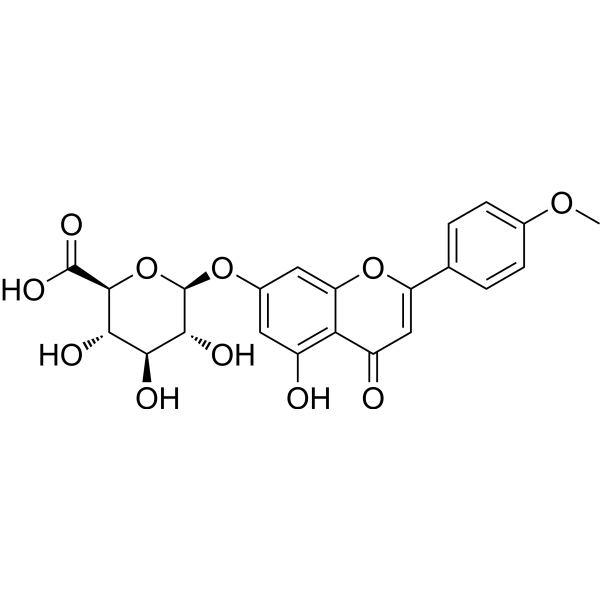
- HY-P2988A
-
|
|
Others
|
Metabolic Disease
|
|
α2-3,6 Neuraminidase, Bifidobacterium infantis is a highly specific exoglycosidase that catalyzes the hydrolysis of non-reducing terminal α2-3 and α2-6 unbranched sialic acid residues from complex carbohydrates and glycoproteins. α2-3,6 Neuraminidase does not exhibit activity on α2-8 or branched sialic acids .
|
-
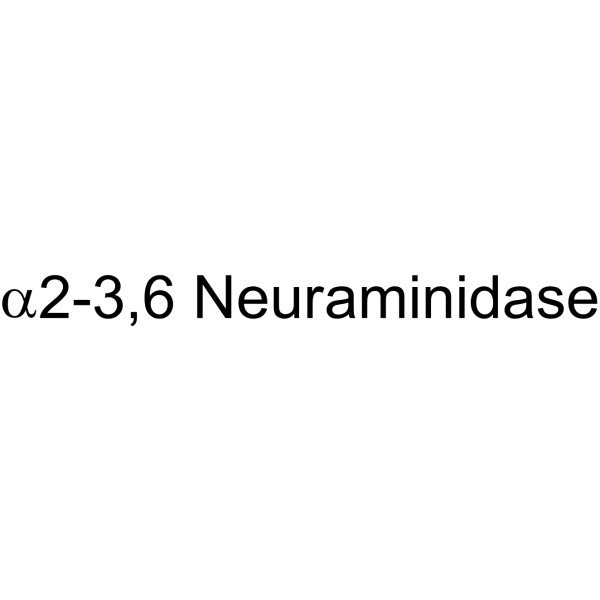
- HY-W663527
-
-
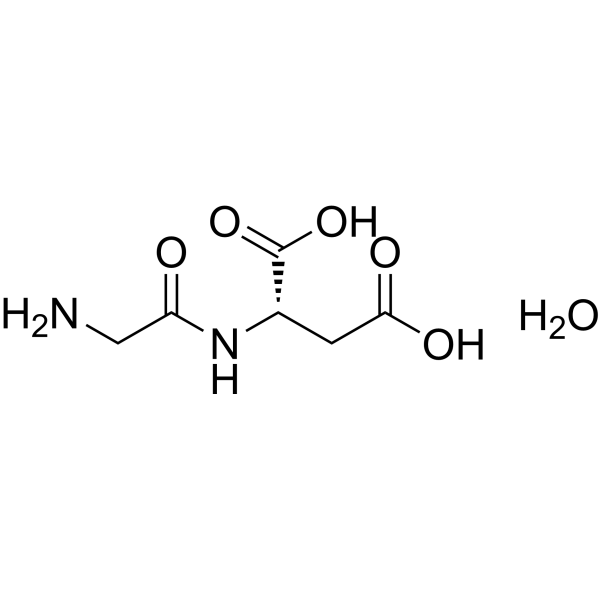
- HY-N12350
-
|
|
Others
|
Others
|
|
Ellagic acid 3-O-α-L-rhamnopyranoside is an ellagic acid derivative can be isolated from Folium Turpiniae .
|
-
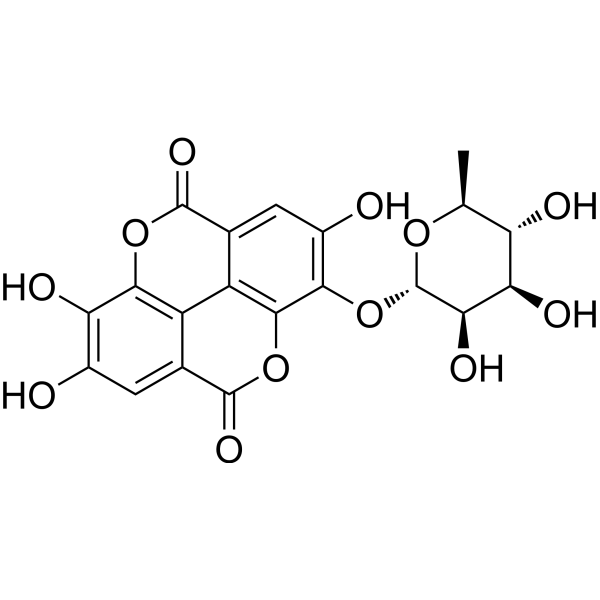
- HY-118584
-
-
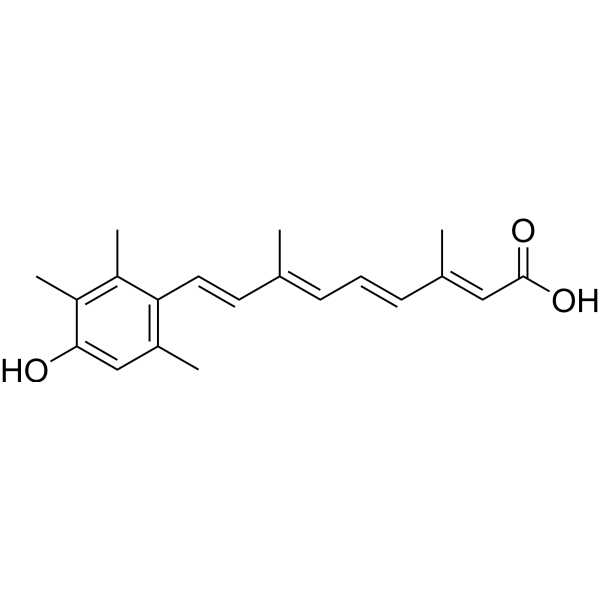
- HY-116955
-
|
|
Others
|
Endocrinology
|
|
Palmitoleoyl chloride is a derivative of palmitoleic acid (HY-W011873). Palmitoleoyl chloride can be used as an intermediate in the synthesis of a variety of compounds .
|
-
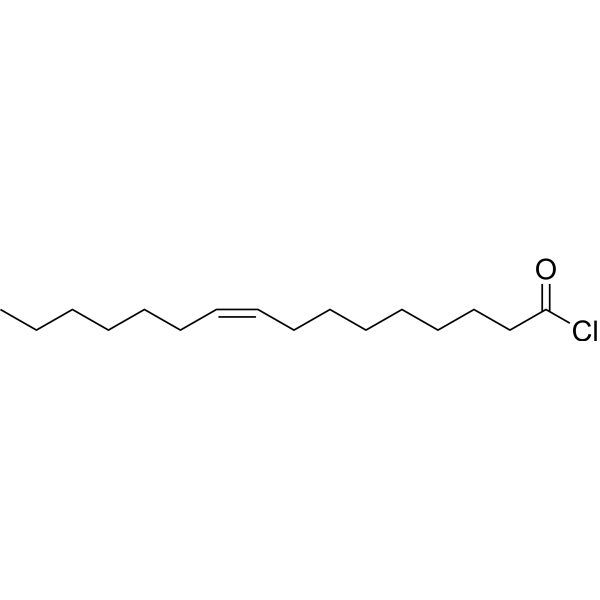
- HY-130319
-
-
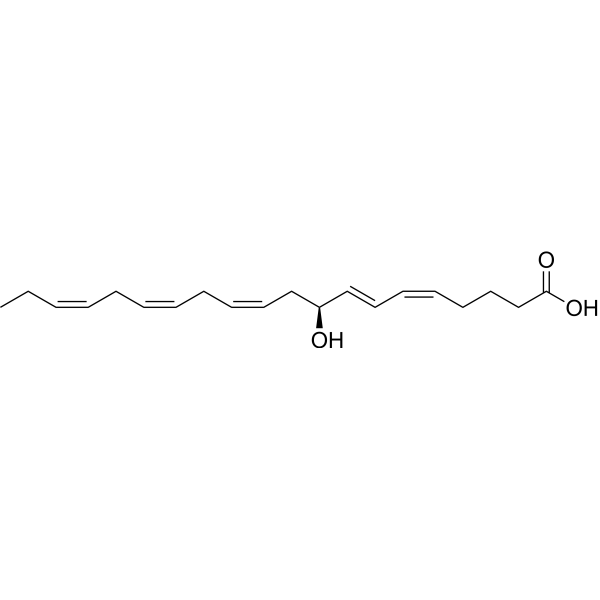
- HY-124019
-
-
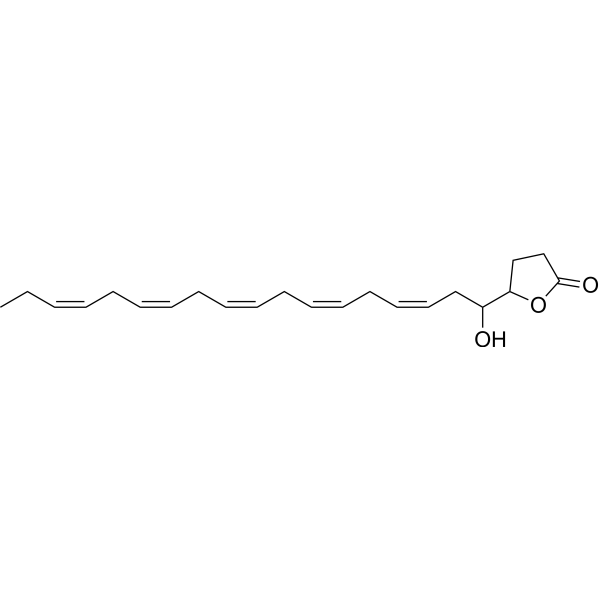
- HY-W783829
-
|
Hex-2-trans-enoyl-CoA
|
Others
|
Metabolic Disease
|
|
(2E)-Hexenoyl-CoA (Hex-2-trans-enoyl-CoA) is an intermediate in fatty acid metabolism. (2E)-Hexenoyl-CoA is the substrate of the enzymes enoyl-coenzyme A reductase, acyl-CoA oxidase,? acyl-CoA dehydrogenase, long-chain-acyl-CoA dehydrogenase and Oxidoreductases .
|
-

- HY-157735
-
-
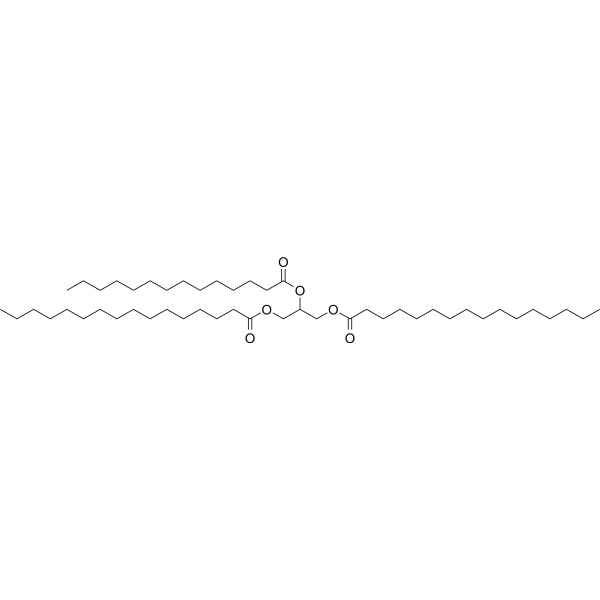
- HY-133949
-
|
|
5 alpha Reductase
|
Endocrinology
|
|
8,11-Eicosadiynoic acid, an unsaturated fatty acid, is a steroid 5α-reductase inhibitor. 8,11-Eicosadiynoic acid can be used for the research of acne .
|
-

- HY-131643
-
|
3-Hydroxypalmitic acid; 3HHA
|
Others
|
Metabolic Disease
|
|
3-Hydroxyhexadecanoic acid (3-Hydroxypalmitic acid; 3HHA) is a long-chain fatty acid. 3-Hydroxyhexadecanoic acid accumulates in LCHAD defciency disorder .
|
-
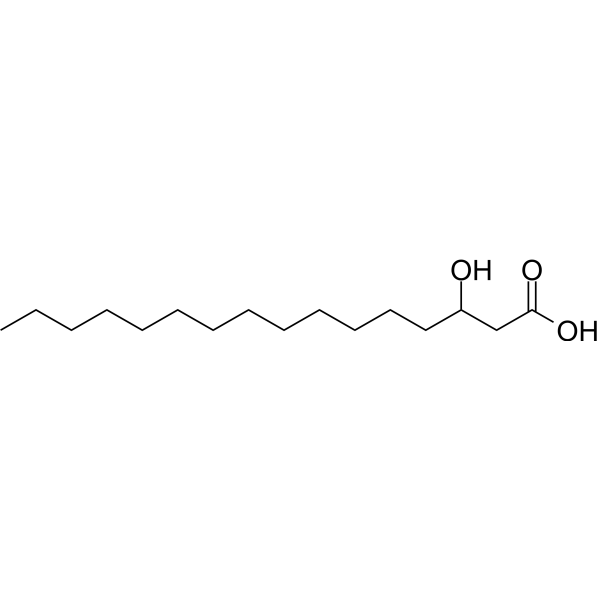
- HY-E70273
-
|
|
Others
|
Others
|
|
Tetradecyl-CoA triammonium is a long-chain acyl-CoA .
|
-

- HY-101556
-
|
CBS-211A
|
Others
|
Cancer
|
|
Namirotene (CBS-211A) is a retinoic acid analog, which is utilized in topical eye administration. Namirotene enhances 1α,25-dihydroxyvitamin D3-induced cytotoxicity in cell U937 and induces the differentation in U937 .
|
-

- HY-B1713A
-
|
DL-(±)-Ornithine hydrochloride
|
Amino Acid Derivatives
|
Metabolic Disease
|
|
DL-Ornithine hydrochloride is the hydrochloride salt form of DL-Ornithine. DL-Ornithine hydrochloride is used as ergogenic supplements. DL-Ornithine hydrochloride prevents exercise induced muscle damage, influences the secretion of anabolic hormones, supply of fuel during exercise and mental performance during stress related tasks .
|
-

- HY-105027
-
-

- HY-W142140
-
|
N-Methylvaline
|
Amino Acid Derivatives
|
Others
|
|
N-Methyl-DL-valine is a valine derivant, is metabolized to cysteine, alanine, tyrosine, tryptophan, citric acid, and succinic acid in the sprout. N-Methyl-DL-valine involves in the modification of monomethyl auristatin F (MMAF), an anti-tubulin agent, makes it hydrophobic functionalization and increases cell permeability .
|
-
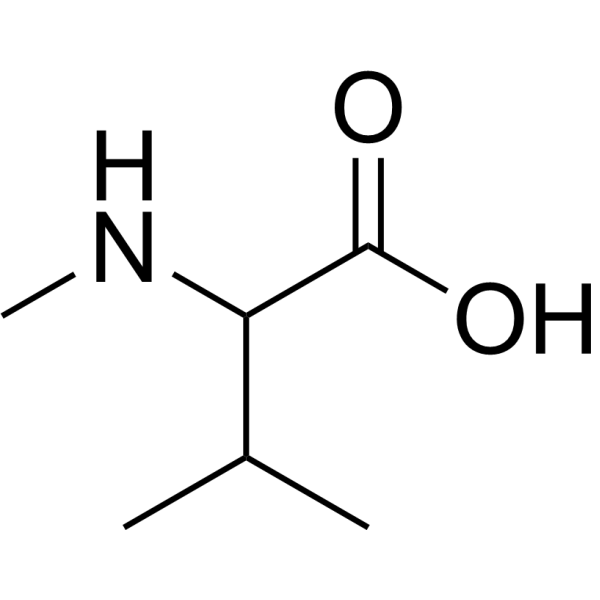
- HY-P10031
-
|
|
GLP Receptor
GCGR
|
Metabolic Disease
|
|
SAR441255 is a potent unimolecular peptide GLP-1/GIP/GCG receptor triagonist. SAR441255 displays high potency with balanced activation of all three target receptors.?SAR441255 shows positive acute glucoregulatory effectss in diabetic obese monkeys .
|
-
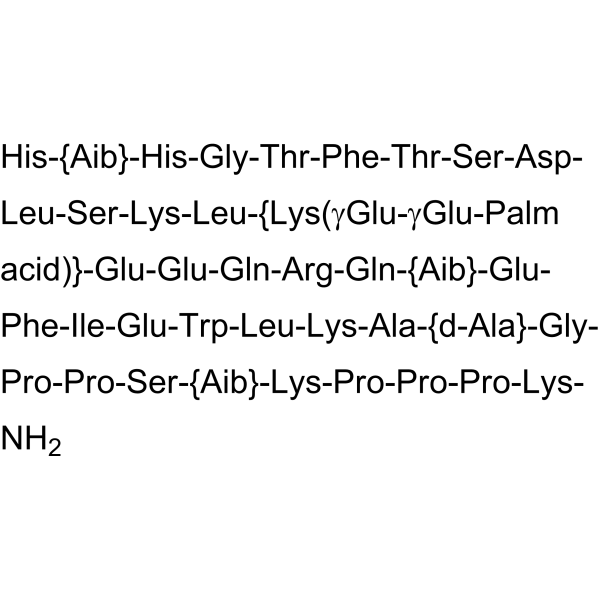
- HY-P10031A
-
|
|
GLP Receptor
|
Metabolic Disease
|
|
SAR441255 TFA is a potent unimolecular peptide GLP-1/GIP/GCG receptor triagonist. SAR441255 TFA displays high potency with balanced activation of all three target receptors.?SAR441255 TFA shows positive acute glucoregulatory effectss in diabetic obese monkeys .
|
-
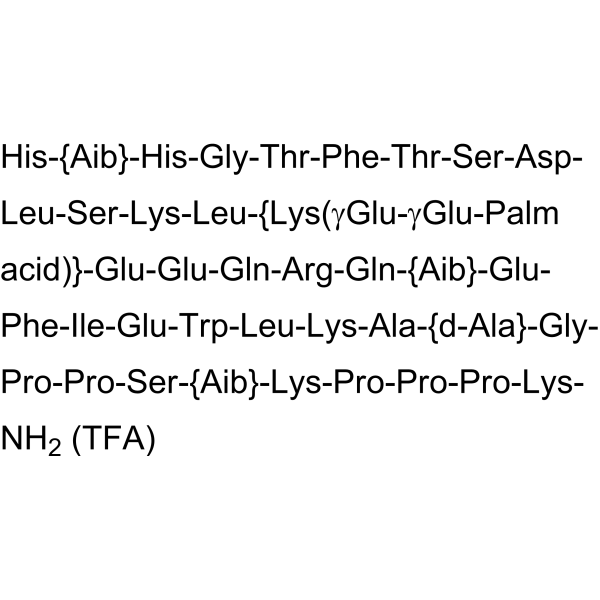
- HY-W072147
-
|
Fmoc-L-Ser-OMe
|
Amino Acid Derivatives
|
Others
|
|
Fmoc-Ser-OMe (Fmoc-L-Ser-OMe) is a hydroxylated L-amino acid protected with a 9-fluorenylmethyloxycarbonyl (Fmoc) group. Fmoc-Ser-OMe involves in chlorophyll–amino acid conjugates synthesis, and acts as a chromo/fluorophores modified protein and emits visible to near-infrared lights efficiently. Fmoc-Ser-OMe glycosylates and produces small mucin-related Olinked glycopeptides, as an alcohol acceptor .
|
-
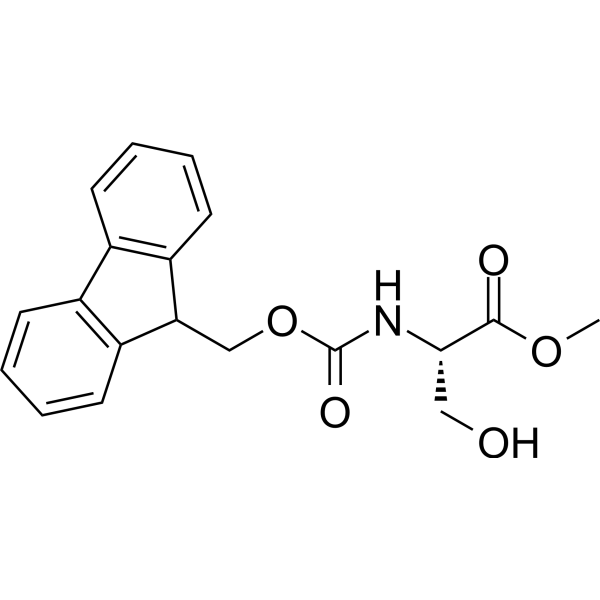
- HY-41324
-
|
|
Others
|
Others
|
|
7-keto-Deoxycholic acid is a metabolite of bile acids in Clostridium absonum. 7-keto-Deoxycholic acid is also converted from Lactobacillus and Bifidobacterium with specific condition .
|
-
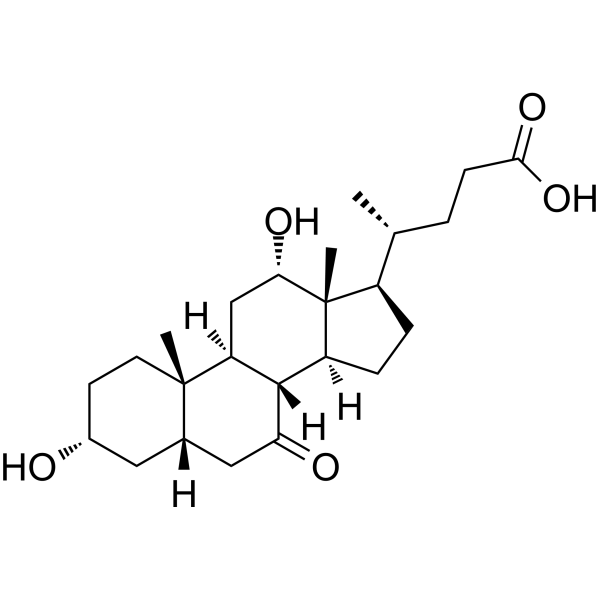
- HY-W016715
-
|
|
Endogenous Metabolite
|
Metabolic Disease
|
|
L-Cysteine hydrochloride hydrate is a conditionally essential amino acid, which acts as a precursor for biologically active molecules such as hydrogen sulphide (H2S), glutathione and taurine. L-Cysteine hydrochloride hydrate suppresses ghrelin and reduces appetite in rodents and humans .
|
-
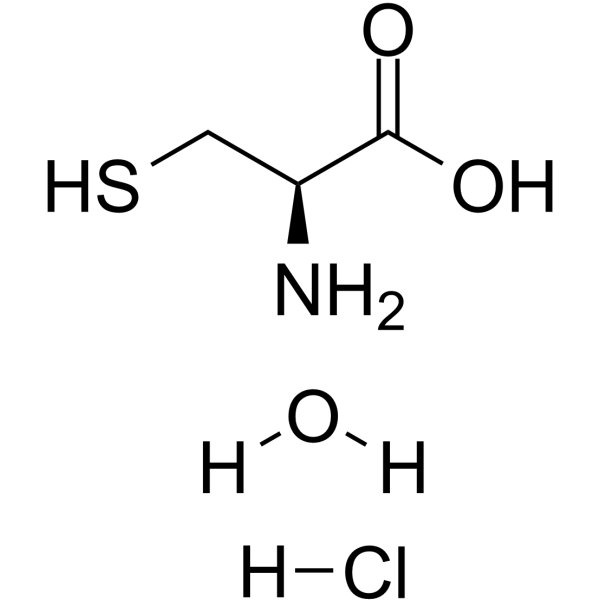
- HY-I1124
-
|
L-VALINE-2,3,4,4,4,5,5,5-d8
|
Isotope-Labeled Compounds
|
Others
|
|
L-Valine-d8 is a deuterated form of L-Valine. L-Valine-d8 can be used in the labelled synthesis of L-valineamide-d8 intermediate[1]. L-Valine is one of 20 proteinogenic amino acids. L-Valine is an essential amino acid[2].
|
-
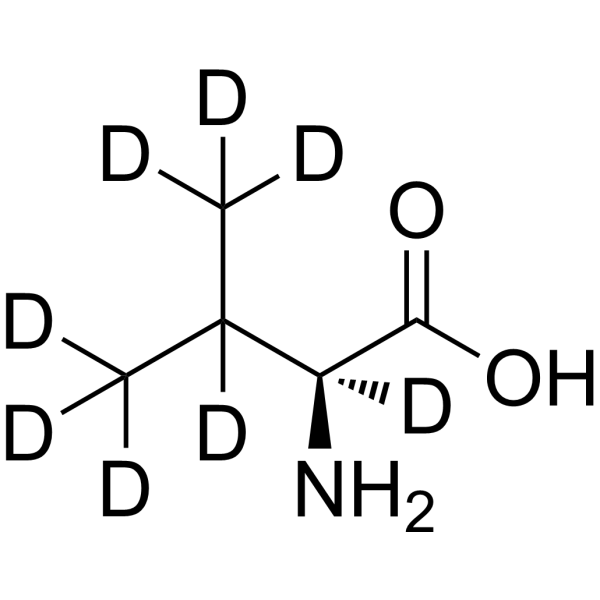
- HY-134426
-
|
|
Endogenous Metabolite
|
Metabolic Disease
|
|
DL-β-Hydroxybutyryl coenzyme A lithium is an intermediate in the fermentation of butyric acid and the metabolism of lysine and tryptophan, and is produced from β-hydroxybutyric acid by short-chain-CoA synthase .
|
-
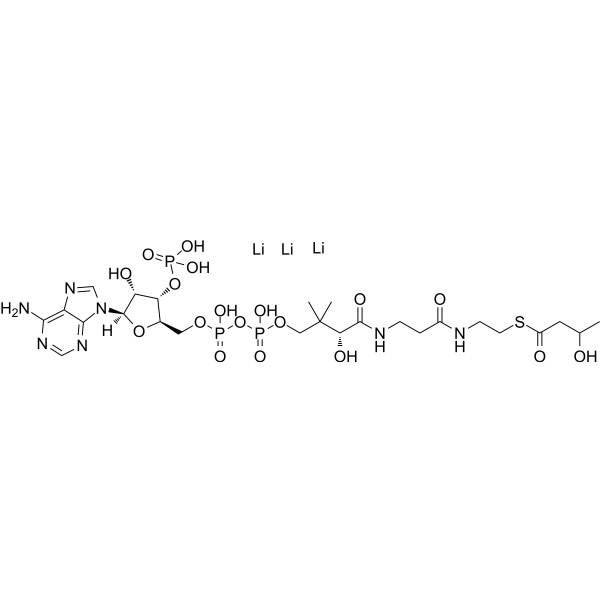
- HY-D0115
-
|
|
DNA Stain
|
Others
|
|
7-Hydroxycoumarin-3-carboxylic acid N-succinimidyl ester is the amine-reactive succinimidyl ester of 7-Hydroxycoumarin-3-carboxylic acid. 7-Hydroxycoumarin-3-carboxylic acid N-succinimidyl ester is a blue fluorescent dye for labeling proteins and nucleic acids .
|
-
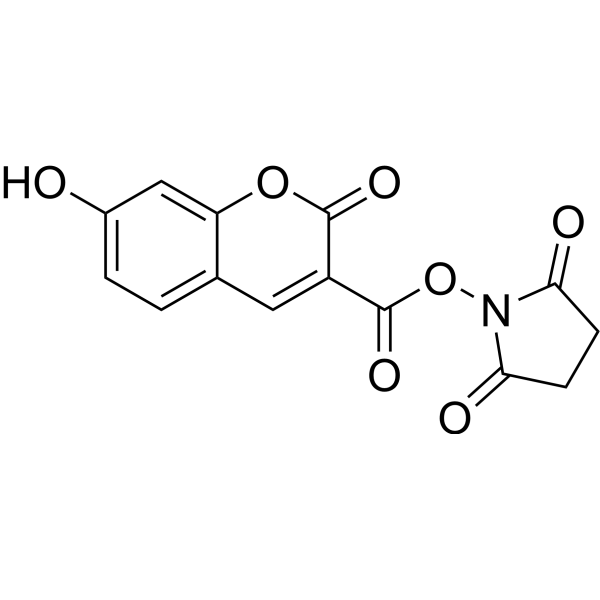
- HY-151802
-
|
|
TrxR
|
Cancer
|
|
CPUL1 is a TrxR inhibitor, which shows proliferation-inhibitory and anti-metastatic activity against A549 cells. CPUL1 influences EMT (epithelial-mesenchymal transition) via inducing ROS-mediated ERK/JNK signaling by inhibiting TrxR1 enzyme activity. CPUL1 in combination with α-Lipoic Acid (HY-N0492) or Dithiodipropionic acid (HY-W014395) is more effective .
|
-
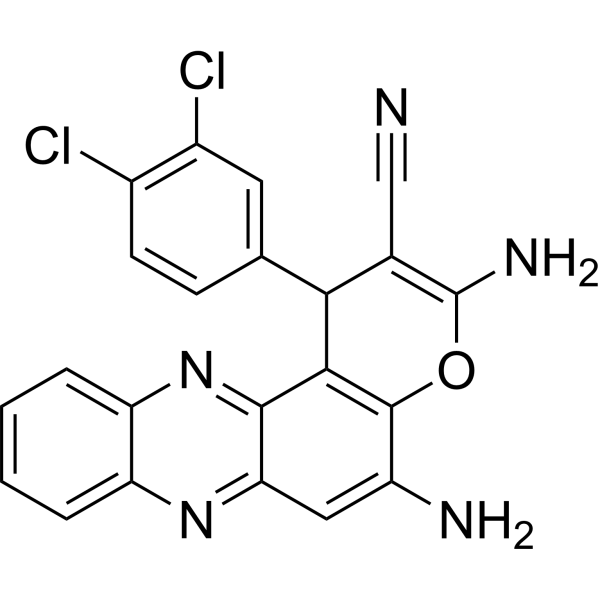
- HY-113434B
-
|
(±)-5-HETE
|
Endogenous Metabolite
|
Inflammation/Immunology
|
|
5-HETE ((±)-5-HETE), a fatty acid, is a oxidative derivative of Arachidonic acid. 5-HETE is a mixture of 5(S)-HETE and 5(R)-HETE. 5-HETE is a potent aggregating agent that induces the aggregation of neutrophils with an IC50 value of 200 nM .
|
-

- HY-N6613
-
|
Galacturonic acid polymer
|
Others
|
Infection
Inflammation/Immunology
|
|
Polygalacturonic acid (Galacturonic acid polymer) is transparent colloid, is a major component of the cell wall. Polygalacturonic acid can be used to prepare silver nanoparticles (AgNPs), as an antioxidant and anti-inflammatory that protect cells from destructive effect of elevated ROS and accelerate wound healing. Polygalacturonic acid nanoparticles also displays anti-bacterial activity .
|
-
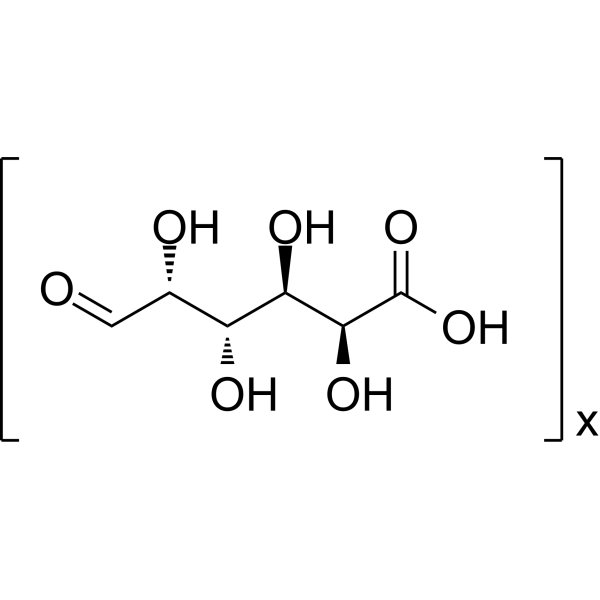
- HY-W142073
-
|
7-Methyltryptophan
|
Amino Acid Derivatives
|
Infection
|
|
7-Methyl-DL-tryptophan (7-Methyltryptophan) is an amino acid derivative, which is a key precursor for biosynthesis of many non-ribosomal peptide antibiotics. 7-Methyl-DL-tryptophan plays an important role in synthesis of high-efficiency antibacterial agents and analogues thereof .
|
-
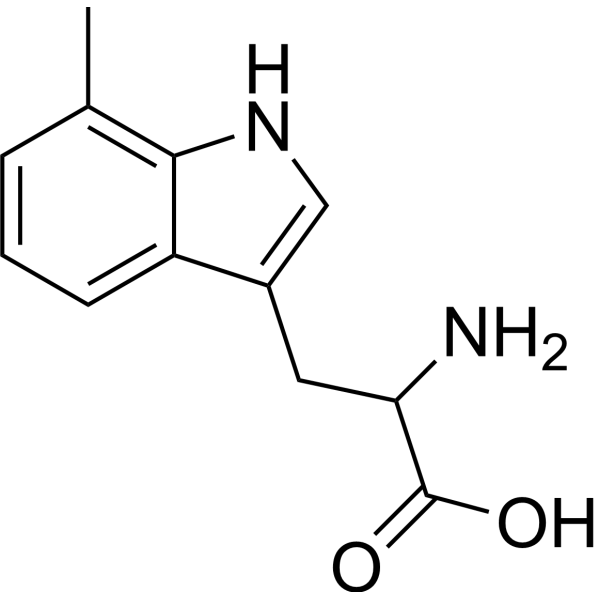
- HY-101108
-
|
AGN 190299
|
Drug Metabolite
|
Others
|
|
Tazarotenic acid is the metabolite of Tazarotene. Tazarotenic acid binding to retinoic acid receptors (RARs) is the probable molecular target of retinoid action. Tazarotenic acid has the potential for the research of warty dyskeratoma [3].
|
-

- HY-117586
-
-

- HY-126042
-
|
(±)-Lisophylline
|
Others
|
Metabolic Disease
Inflammation/Immunology
|
|
(±)-Lisofylline ((±)-Lisophylline) is the racemate of Lisofylline. Lisofylline inhibits the generation of phosphatidic acid and free fatty acids. Lisofylline also blocks the release of pro-inflammatory cytokines in oxidative tissue injury, in response to cancer chemotherapy and in experimental sepsis. Lisofylline can be used for Type 1 diabetes research .
|
-
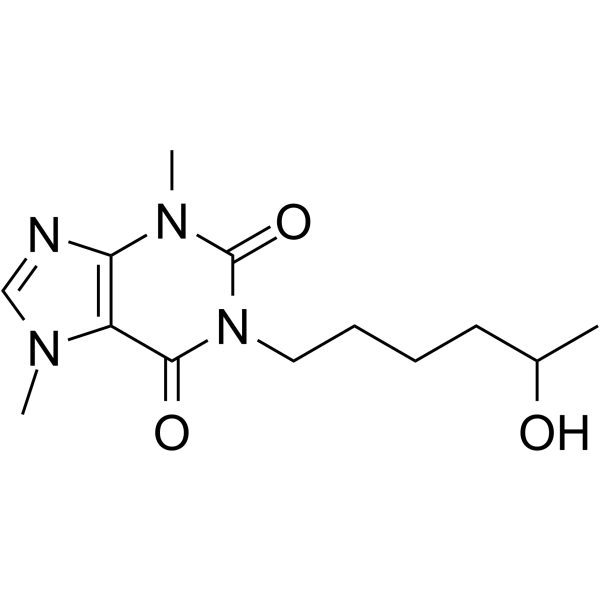
- HY-W127787
-
|
L-(+)-Tartaric acid sodium hydrate
|
Endogenous Metabolite
|
Others
|
|
L-Tartaric acid (L-(+)-Tartaric acid) sodium hydrate is the enantiomer of D-tartaric acid. L-Tartaric acid (HY-Y0293) is a white crystalline dicarboxylic acid found in many plants, such as grapes, and is one of the main organic acids in wine. L-Tartaric acid sodium hydrate which acts as a flour bulking agent and as a food additive can interact with sodium bicarbonate to produce carbon dioxide .
|
-
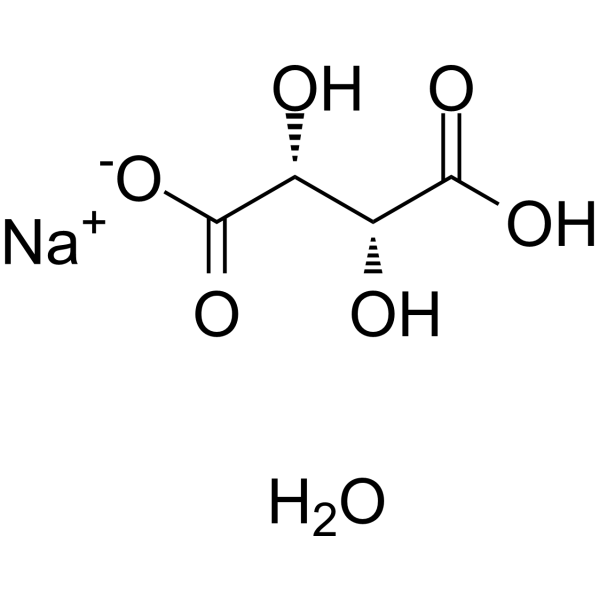
- HY-113074
-
|
Glycolithocholate sulfate; Sulfolithocholylglycine; SLCG
|
HIV
Endogenous Metabolite
|
Infection
Inflammation/Immunology
|
|
Glycolithocholic acid 3-sulfate (SLCG) is a cholic acid derivative and a metabolite of glycolithocholic acid. Glycolithocholic acid 3-sulfate inhibits replication of HIV-1 in vitro. Glycolithocholic acid 3-sulfate can be used for the research of HIV infection and gallbladder disease .
|
-

- HY-114360A
-
|
|
Interleukin Related
TNF Receptor
|
Inflammation/Immunology
|
|
Taurohyodeoxycholic acid (THDCA) sodium is the taurine-conjugated form of the secondary bile acid hyodeoxycholic acid. Taurohyodeoxycholic acid can also reduce the activity and expression of myeloperoxidase TNF-α and IL-6, as well as colonic damage in TNBS-induced ulcerative colitis mouse model.
|
-
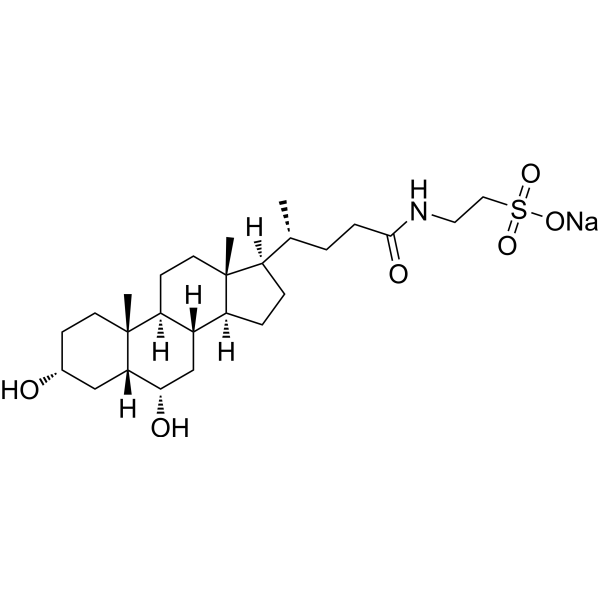
- HY-139285
-
|
|
Others
|
Metabolic Disease
|
|
Arachidonic acid-alkyne is aω‑alkynyl lipid surrogates for polyunsaturated fatty acid. Arachidonic acid-alkyne has low rates of oxidation. Arachidonic acid-alkyne can be used for tracking the polyunsaturated fatty acids .
|
-
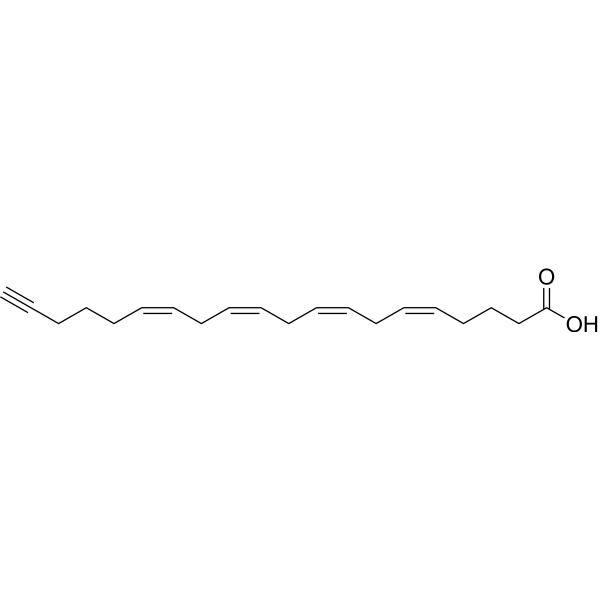
- HY-111143
-
|
|
nAChR
|
Metabolic Disease
|
|
SCH-900271 is an orally active, potent nicotinic acid receptor (NAR) agonist with an EC50 of 2 nM in the hu-GPR109a assay. SCH-900271 exhibits dose-dependent inhibition of plasma free fatty acid (FFA). SCH-900271 has an improved therapeutic window to flushing .
|
-
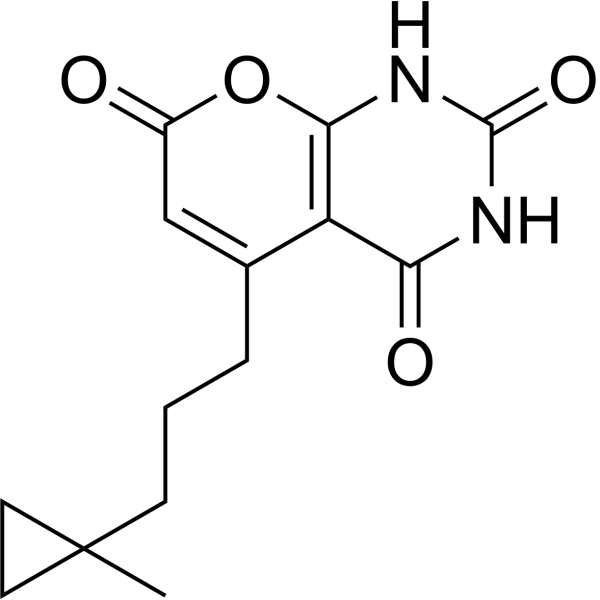
- HY-109105
-
|
XP-23829; PPC-06
|
Others
|
Inflammation/Immunology
|
|
Tepilamide fumarate (XP-23829; PPC-06) is an oral fumaric acid ester, acts as a proagent of Monomethyl fumarate (HY-103252), and is used in the research of moderate to severe chronic plaque psoriasis .
|
-
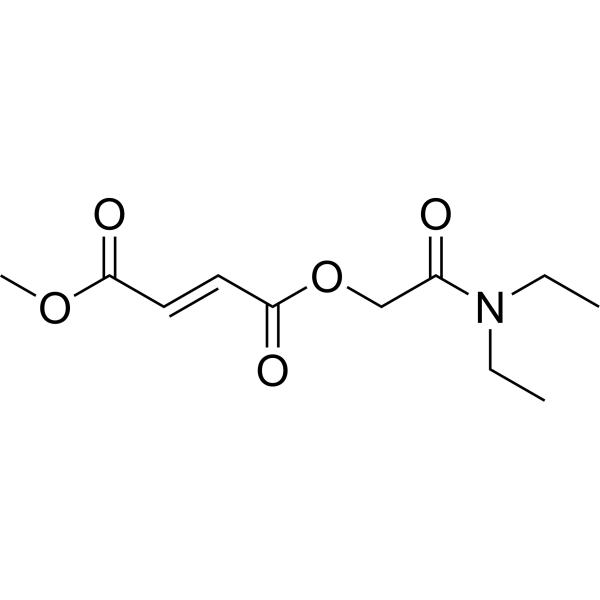
- HY-129357
-
|
|
Cholecystokinin Receptor
|
Metabolic Disease
|
|
CCK-B Receptor Antagonist 2, compound 15b, is a potent and orally active Gastrin/CCK-B antagonist with an IC50 value of 0.43 nM. CCK-B Receptor Antagonist 2 also inhibits gastrin/CCK-A activity with an IC50 of 1.82 μM .
|
-
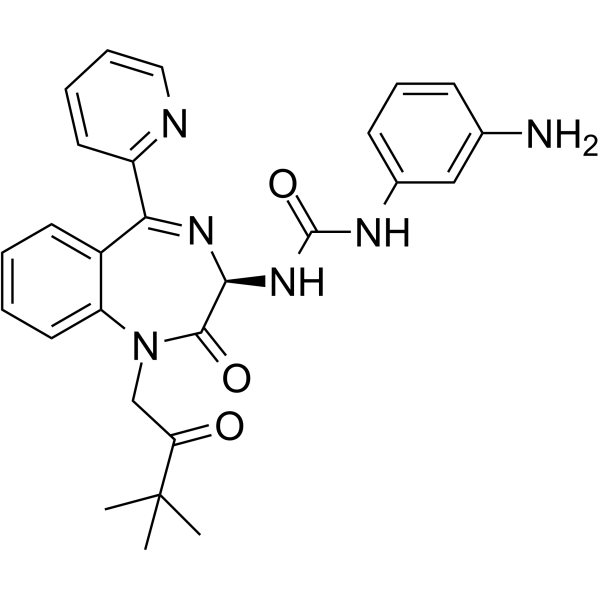
- HY-129467
-
|
2-Hydroxyoleic acid; 2-OHOA
|
Apoptosis
|
Cancer
|
|
(Rac)-Idroxioleic acid (2-Hydroxyoleic acid) is a synthetic oleic acid (OA) derivative that binds to the plasma membrane and alters lipid organization. (Rac)-Idroxioleic acid has anti-tumor effect .
|
-
- HY-106579S
-
|
|
COX
|
Inflammation/Immunology
|
|
Tiaprofenic acid-d3 is a deuterium labeled Tiaprofenic acid. Tiaprofenic acid is a nonsteroidal anti-inflammatory agent (NSAID) mainly used in the treatment of rheumatic diseases[1].
|
-

- HY-107830
-
|
|
Others
|
Metabolic Disease
|
|
Methyl Cholate is methyl ester form of Cholic acid. Cholic acid is one of the major bile acids produced by the liver, where it is synthesized from cholesterol .
|
-

- HY-135801
-
|
|
Others
|
Metabolic Disease
|
|
Arachidonyl alcohol is a long-chain primary fatty alcohol. Arachidonyl alcohol is used as a substrate for the production of several ether lipids possessing beneficial functions .
|
-
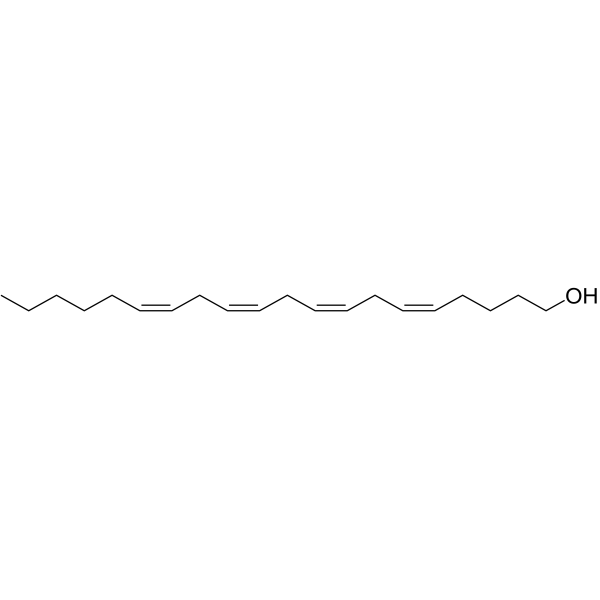
- HY-30216
-
-
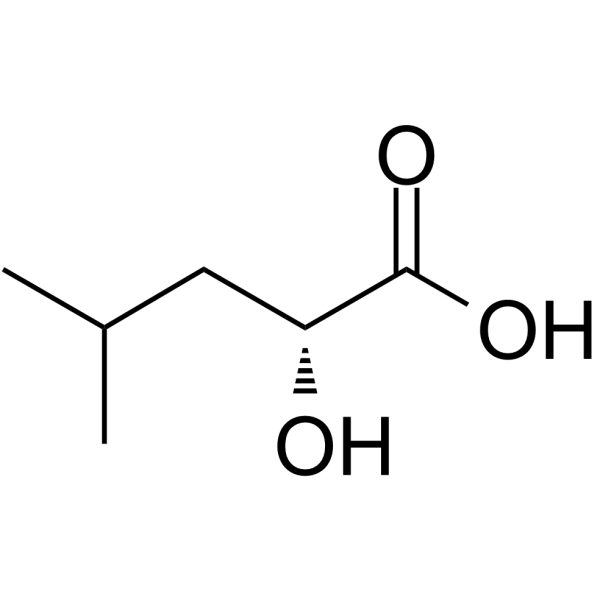
- HY-43470
-
-
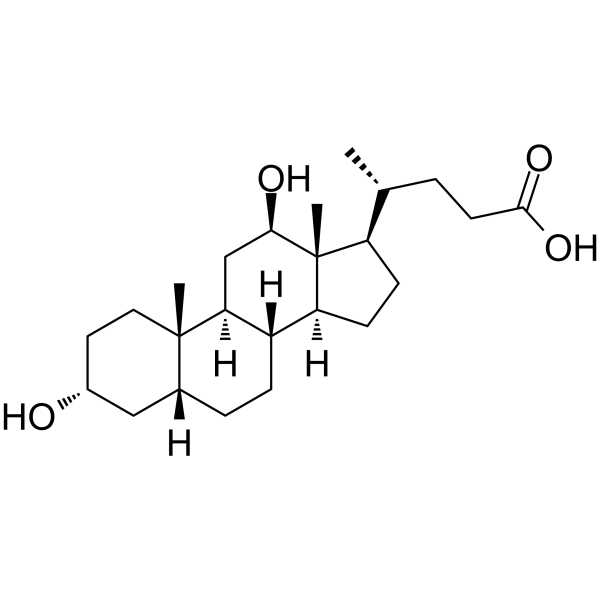
- HY-125686
-
|
|
Others
|
Others
|
|
Beesioside Q is a oleanolic acid triterpene saponin isolated from the rhizome of Beesia calthaefolia (Maxim.) Ulbr .
|
-
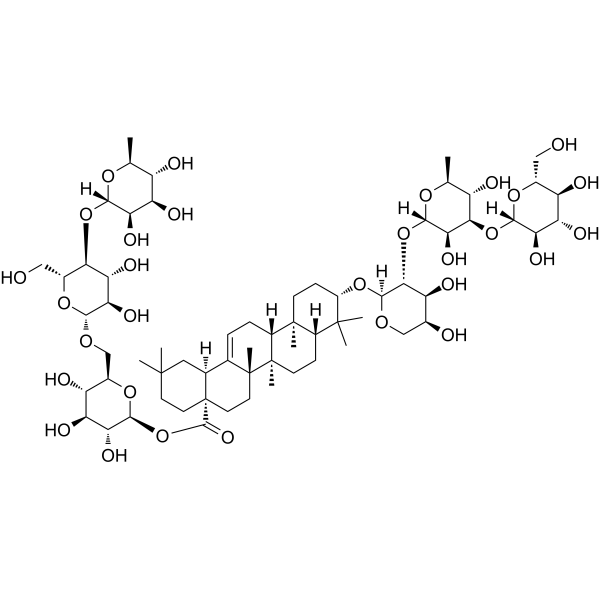
- HY-133593
-
|
|
Others
|
Others
|
|
Palustric acid is a diterpenic resin acid found in Pinus nigra .
|
-

- HY-N7606
-
|
|
Others
|
Others
|
|
(Rac)-β-Chamigrenic acid is a racemate of β-Chamigrenic acid. β-Chamigrenic acid is a sesquiterpenoid isolated from S.chinensis
|
-
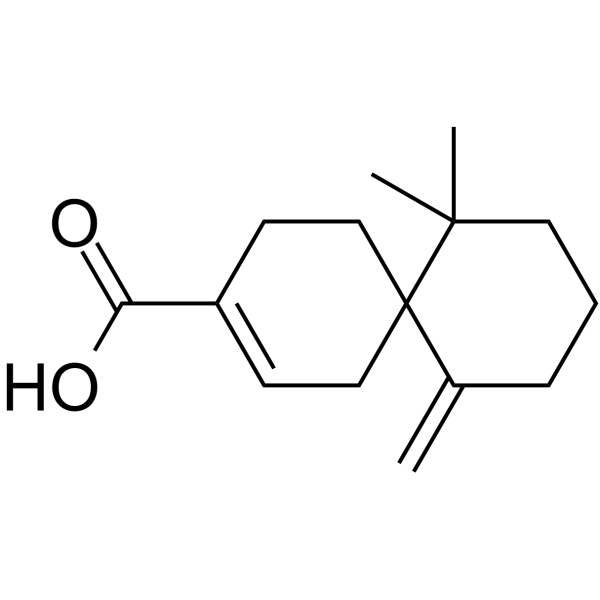
- HY-107395
-
-
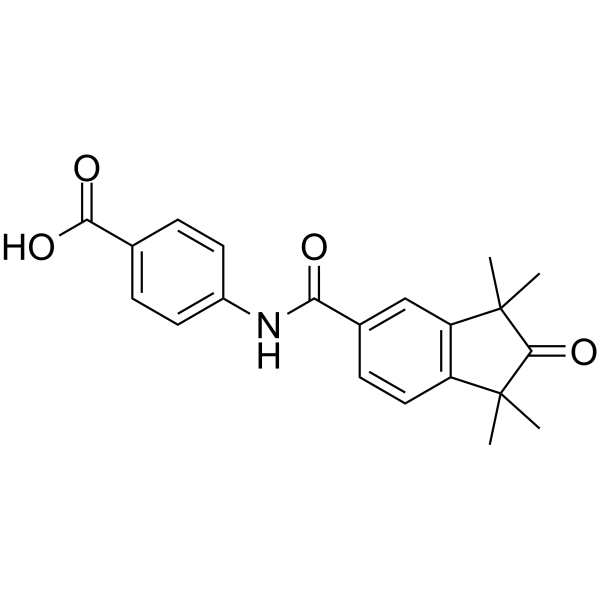
- HY-17623
-
|
CJ-12420; RQ-00000004
|
Proton Pump
|
Metabolic Disease
|
|
Tegoprazan (CJ-12420), a potassium-competitive acid blocker, is a potent, oral active and highly selective inhibitor of gastric H +/K +-ATPase that could control gastric acid secretion and motility, with IC50 values ranging from 0.29-0.52 μM for porcine, canine, and human H +/K +-ATPases in vitro .
|
-
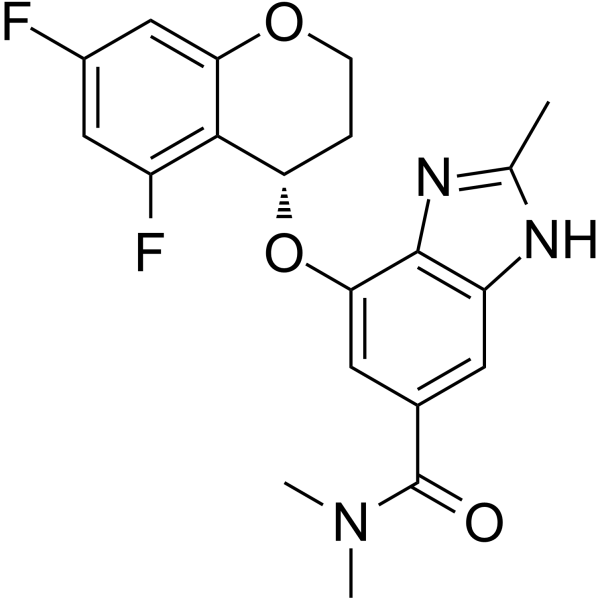
- HY-15706
-
|
|
LPL Receptor
|
Cardiovascular Disease
|
|
H2L 5765834 is an antagonist of lysophosphatidic acid receptors LPA1, LPA3, and LPA5, with IC50s of 94, 752, and 463 nM respectively .
|
-

- HY-N1782
-
|
|
Others
|
Inflammation/Immunology
|
|
3,4-O-Isopropylidene-shikimicn acid is a natural product that can be isolated from the whole plants of Hypericum wightianum. 3,4-O-Isopropylidene-shikimic acid has anti-inflammatory effect and antioxidant activities .
|
-

- HY-N1951
-
|
|
GABA Receptor
|
Neurological Disease
|
|
Miltirone is a natural compound present in the root of Salvia miltiorrhiza. Miltirone is a central benzodiazepine receptor partial agonist, with an IC50 of 0.3 μM .
|
-
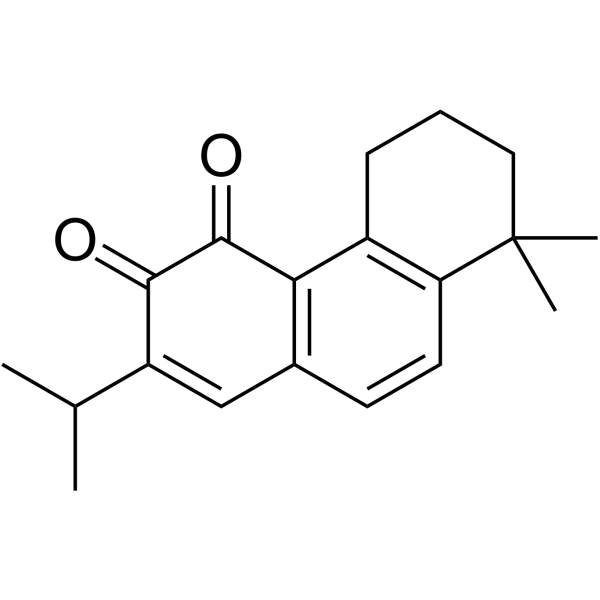
- HY-N2012
-
|
|
Others
|
Inflammation/Immunology
|
|
7-Hydroxyaristolochic acid A is an aristolochic acid analogue found in Aristolochia plants. Aristolochic acid can be used as an anti-inflammatory agent .
|
-

- HY-135035
-
|
(-)-Decanoylcarnitine
|
Others
|
Metabolic Disease
|
|
Decanoyl-L-carnitine has stimulatory effect on the formation of desaturated fatty acid metabolites from both [1- 14C]-22:4 (n-6) and [1- 14C]-22:5 (n-3) .
|
-

- HY-W004288
-
|
|
Others
|
Cancer
|
|
Methyl myristate is a saturated fatty acid methyl ester obtained from the esterification of myristic acid. Methyl myristate shows a high melanin induction in B16F10 melanoma .
|
-

- HY-143421
-
|
CMG
|
Drug Metabolite
|
Cancer
|
|
Curcumin monoglucuronide is known as a glucuronic acid conjugate, which is one of the in vivo metabolites of curcumin. Curcumin monoglucuronide is used for research on the metabolism of curcumin and examination of its development as a pharmaceutical. Curcumin monoglucuronide has the potential for the research of cancer disease (extracted from patent WO2022004873A1) .
|
-
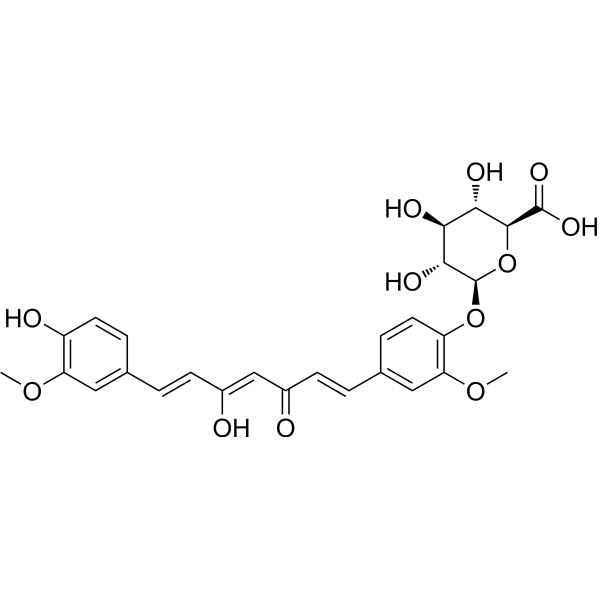
- HY-I1111S
-
-
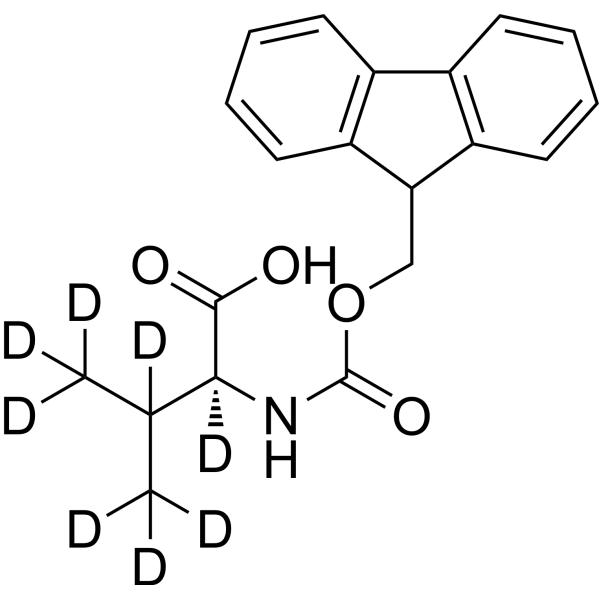
- HY-129982
-
-
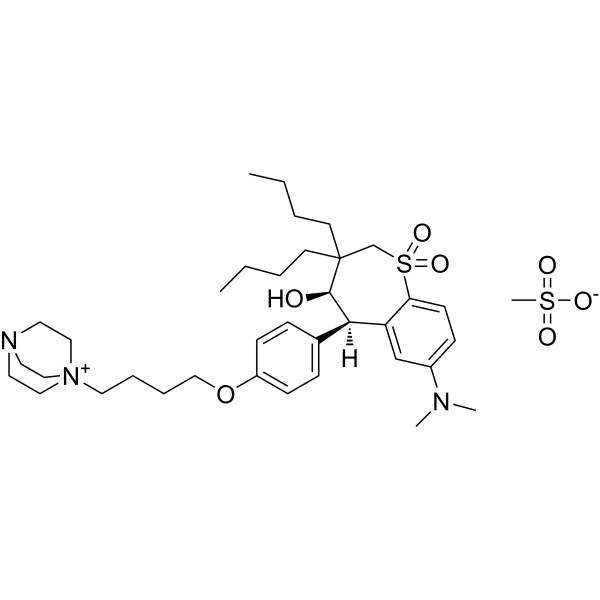
- HY-N8276
-
|
9a,12a-Octadecadiynoic acid
|
Lipoxygenase
|
Metabolic Disease
Inflammation/Immunology
|
|
Ro 3-1314 (9a,12a-Octadecadiynoic acid) is a plant lipoxygenase inhibitor. Ro 3-1314 is a linoleic acid metabolism inhibitor. Ro 3-1314 stimulates the antigen-induced contraction of guinea-pig tracheal spirals and the immunological release of slow reacting substance of anaphylaxis (SRS-A) from actively sensitized guinea-pig lung fragments .
|
-

- HY-149017
-
|
|
Apoptosis
|
Cancer
|
|
Apoptosis inducer 7 (Compound 5I) induces apoptosis in cancer cells. Apoptosis inducer 7 inducrs cleavage of PARP, caspases, down-regulation of anti-apoptotic protein c-Flip and up regulation of pro-apoptotic protein Noxa. Apoptosis inducer 7 exhibits antitumor activity .
|
-

- HY-147152
-
|
|
Others
|
Others
|
|
1-Myristoyl-3-chloropropanediol is a 3-monochloropropanediol (3-MCPD) fatty acid ester. 3-MPCD causes nephropathy and tubular hyperplasia and adenomas by chronic oral administration; also reduces fertility, or provokes infertility in rats and suppresses the immune function .
|
-
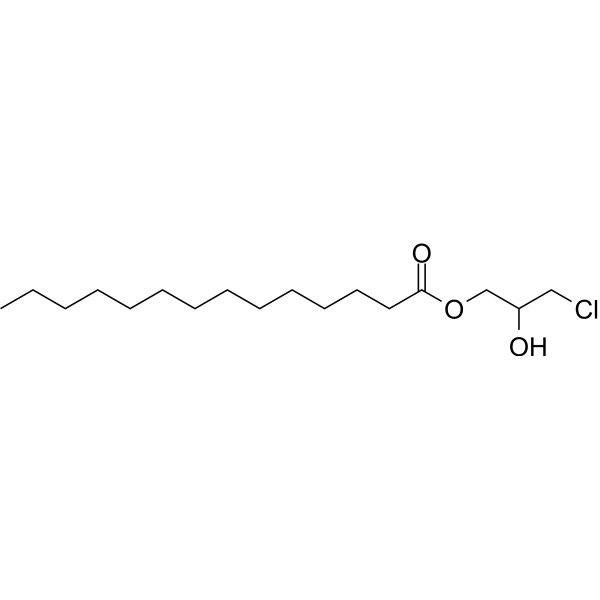
- HY-N0761A
-
|
trans-3-Hydroxy-4-methoxycinnamic acid
|
NO Synthase
Prostaglandin Receptor
|
Inflammation/Immunology
|
|
trans-Isoferulic acid (trans-3-Hydroxy-4-methoxycinnamic acid) is an aromatic acid isolated from the roots of Clematis florida var. plena. trans-Isoferulic acid exhibits anti-inflammatory activity .trans-isoferulic acid suppresses NO and PGE2 production through the induction of Nrf2-dependent heme oxygenase-1 (HO-1) .
|
-
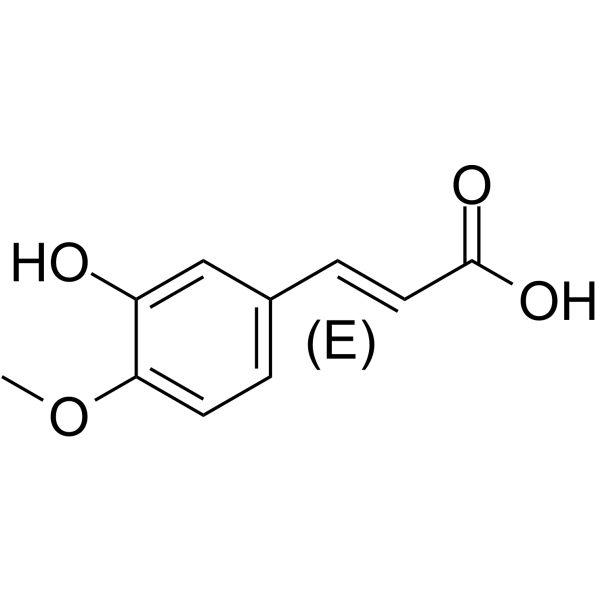
- HY-W297715
-
-
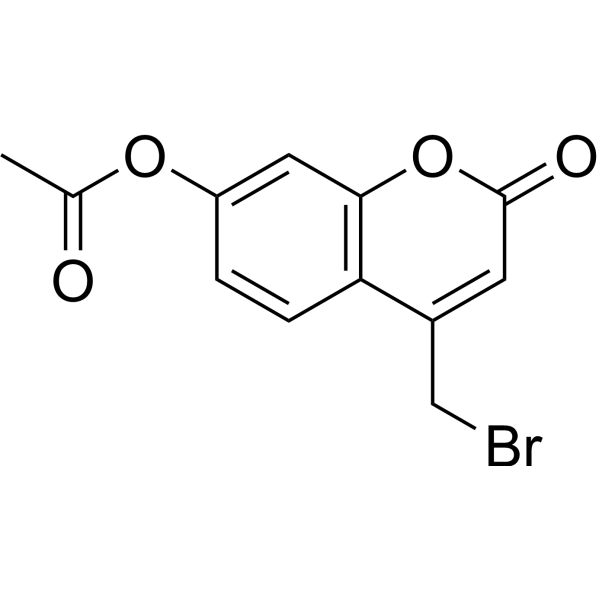
- HY-147382
-
|
|
Others
|
Neurological Disease
|
|
Neuronotoxicity-IN-1, a pyridothiazine derivative, is a kainic acid neurotoxicity inhibitor. Neuronotoxicity-IN-1 is a neuroprotective agent .
|
-
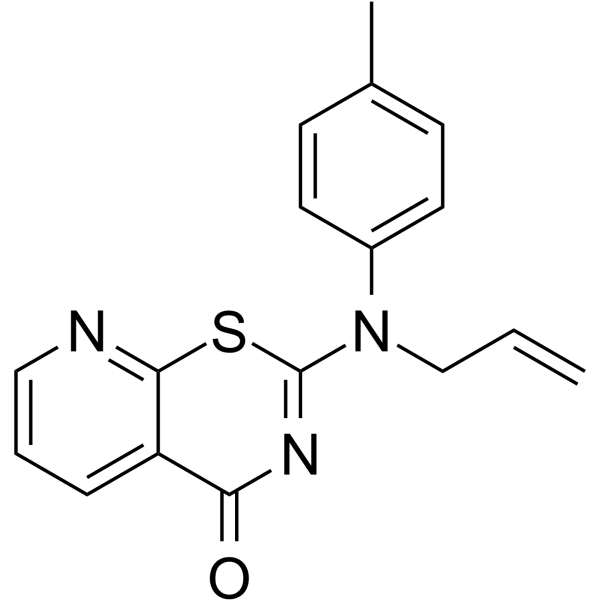
- HY-127035
-
-
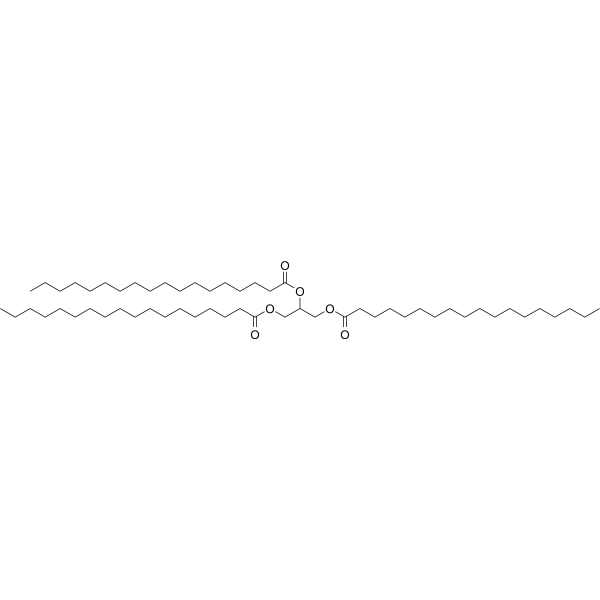
- HY-111973
-
|
|
Others
|
Metabolic Disease
|
|
Phaseic acid is a Abscisic acid terpenoid catabolite that can able to activate a subset of Abscisic acid repectors. Phaseic acid is a plant hormone associated with photosynthesis arrest and abscission .
|
-
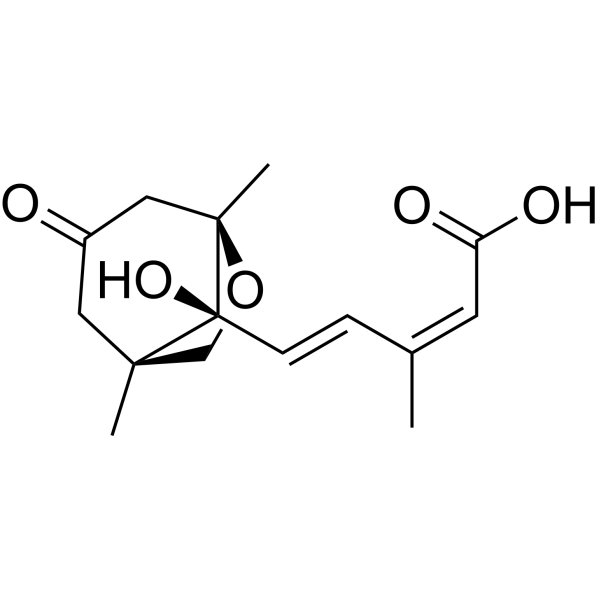
- HY-N8624
-
|
|
Bacterial
|
Others
|
|
Ethyl 3,4-dicaffeoylquinate is a phenolic acid isolated from G. divaricata. G. divaricata is one of the famous traditional Chinese herbs, usually used for bronchitis, tuberculosis, twisted knot cough, rheumatism, diabetes, etc .
|
-
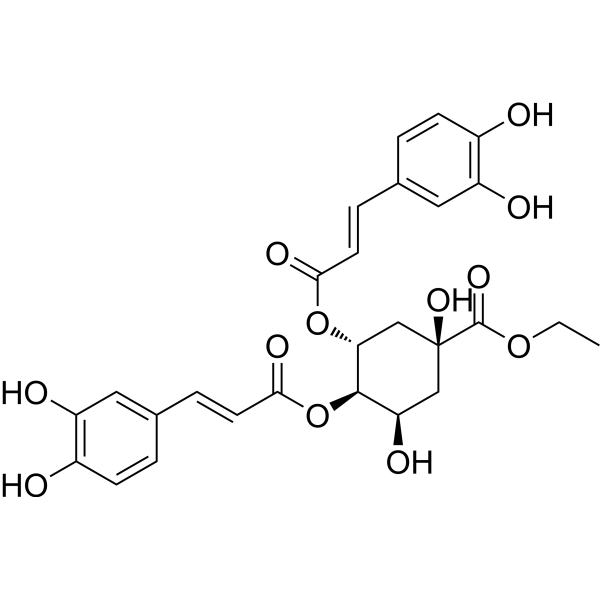
- HY-W243303E
-
|
|
Biochemical Assay Reagents
|
Others
|
|
Poly(acrylic acid) (MW 450000) is a polyacrylic acid with a molecular weight of 450000. Poly(acrylic acid) (MW 450000) is an anionic polymer. Poly(acrylic acid) (MW 450000) can be as a corrosion-mitigating and surface-stabilizing agent .
|
-
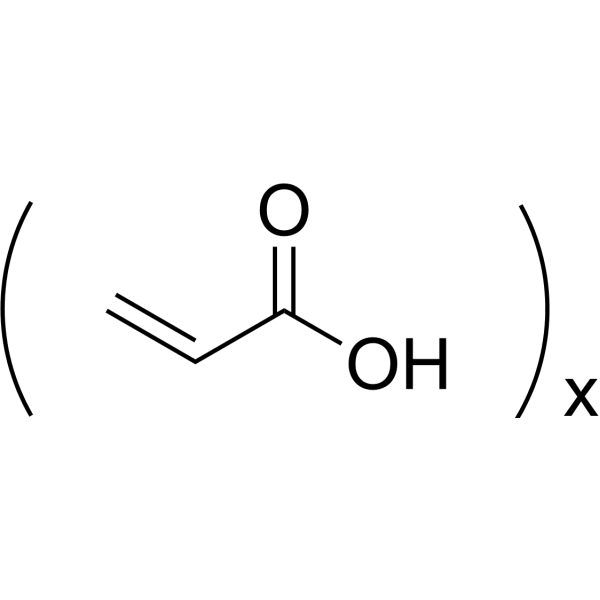
- HY-N10932
-
|
|
Others
|
Others
|
|
Lucidenic acid K is a ganoderma acid isolated from strain G. lucidum fruiting body (YK-02) .
|
-
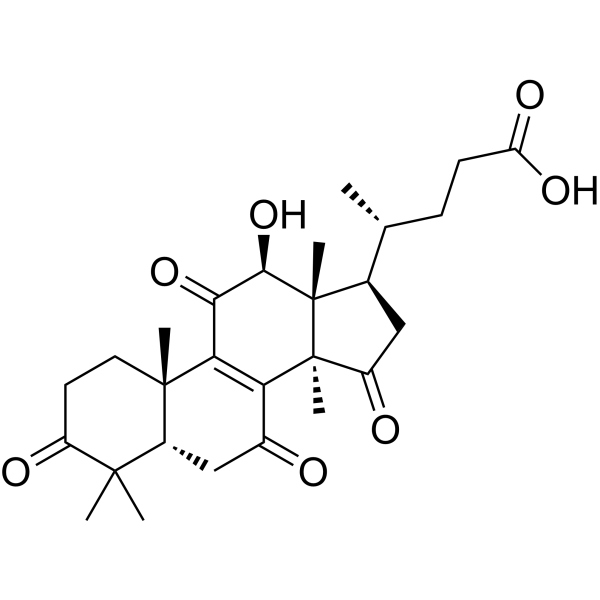
- HY-P3029
-
|
PLA2
|
Phospholipase
|
Others
|
|
Phospholipase A2 (PLA2) catalyzes the hydrolysis of the sn-2 position of membrane glycerophospholipids to liberate arachidonic acid (AA). Phospholipase A2 is a member of the class of heat-stable, calcium-dependent enzymes, is often used in biochemical studies .
|
-
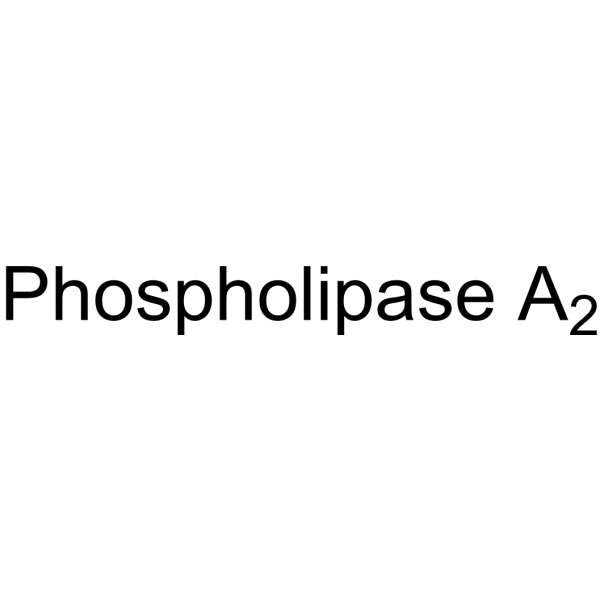
- HY-P2834
-
|
PGA
|
Biochemical Assay Reagents
|
Infection
|
|
Penicillin amidase (EC 3.5.1.11) (Penicillin acylase) is an enzyme that cleaves the acyl side chains of penicillins. Penicillin amidase can be used for the production of 6-aminopenicillanic acid. Penicillin amidase can also be used in the resolution of racemic mixtures, peptide synthesis, and synthesis of semi-synthetic β-lactam antibiotics [3].
|
-

- HY-N7700A
-
-

- HY-149156
-
|
|
Liposome
|
Cancer
|
|
Lipid C24 is a cationic ionizable lipid, and can be used in the formation of lipid nanoparticles (LNPs). Lipid C24 can be used for research of delivery of nucleic acids .
|
-
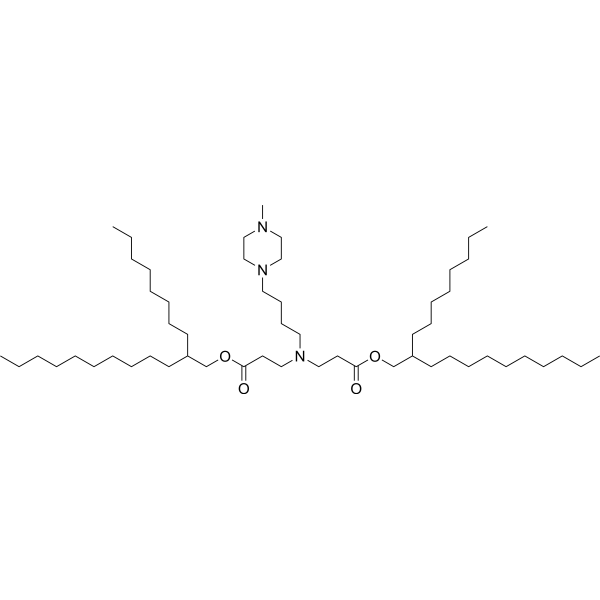
- HY-122338
-
|
|
FXR
|
Metabolic Disease
|
|
Fexarine is a potent, non-steroidal and selective agonist of farnesoid X receptor (EC50: 38 nM). Fexarine can be used for the research of diseases linked to cholesterol, bile acids .
|
-
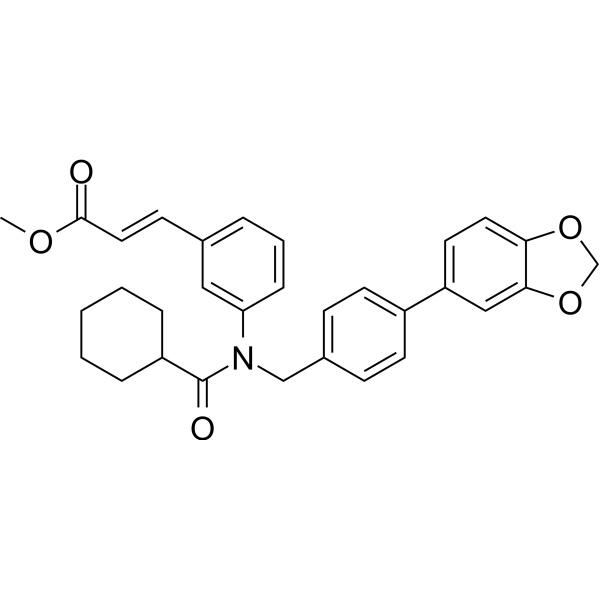
- HY-149942
-
|
|
Others
|
Others
|
|
PAP-IN-1 (compound 28) is an inhibitor of purple acid phosphatases (PAPs), a ubiquitous binuclear metallohydrolase. PAP-IN-1 inhibits mammalian PAP with Ki value of 168 nM. PAP-IN-1 targets to pig PAP with Kic value of 0.17 μM. PAP inhibitors can be used for research of anti-osteoporotic drugs .
|
-
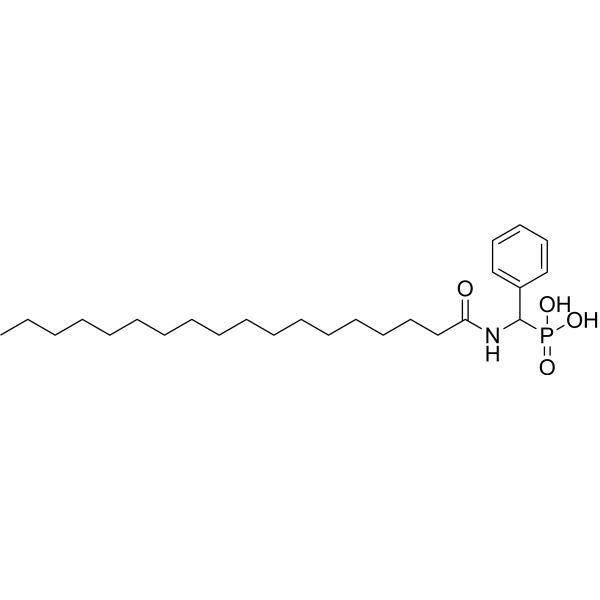
- HY-P4279
-
-
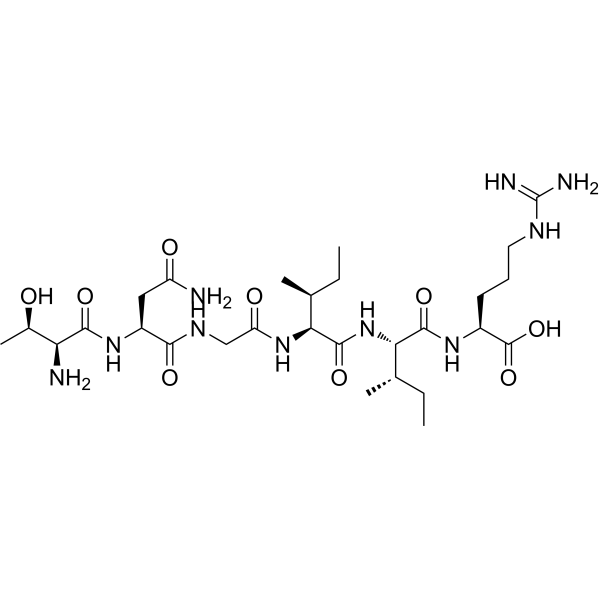
- HY-P4524
-
|
|
Angiotensin-converting Enzyme (ACE)
|
Others
|
|
FA-Phe-Phe is a furylacryloyl (fa)-amino acid derivative, targeting to Angiotensin-converting Enzyme (ACE). FA-Phe-Phe is also a specific substrate of Cathepsin A .
|
-
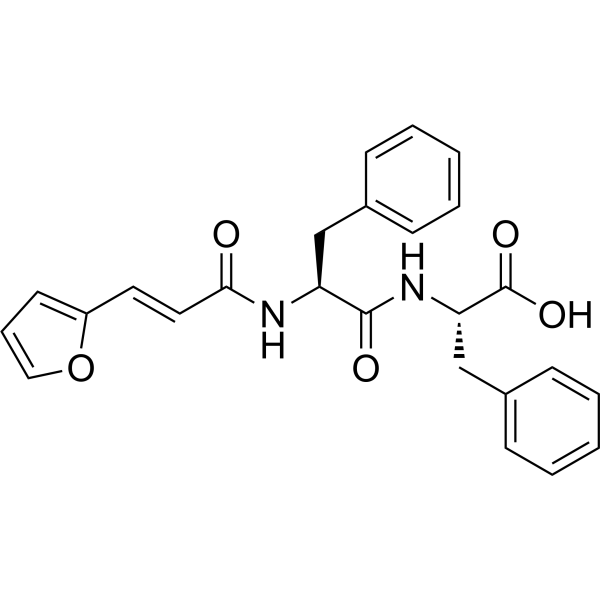
- HY-120996
-
|
trans-10-Pentadecenoic acid
|
Others
|
Metabolic Disease
|
|
10(E)-Pentadecenoic Acid (trans-10-Pentadecenoic acid) is a long-chain monounsaturated fatty acid containing 15 carbons .
|
-

- HY-113360
-
-
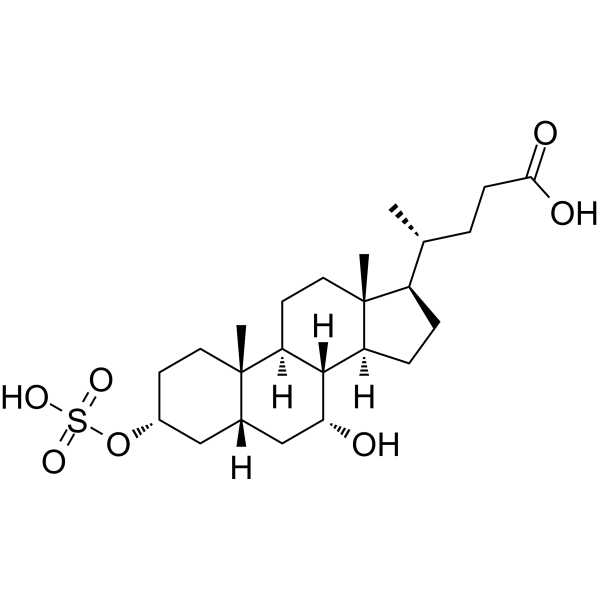
- HY-N7240
-
|
|
Others
|
Endocrinology
|
|
(Rac)-Juvenile hormone III, a natural compound that can be isolated from farnesoic acid ,is the most widely distributed Juvenile hormone homologue .
|
-
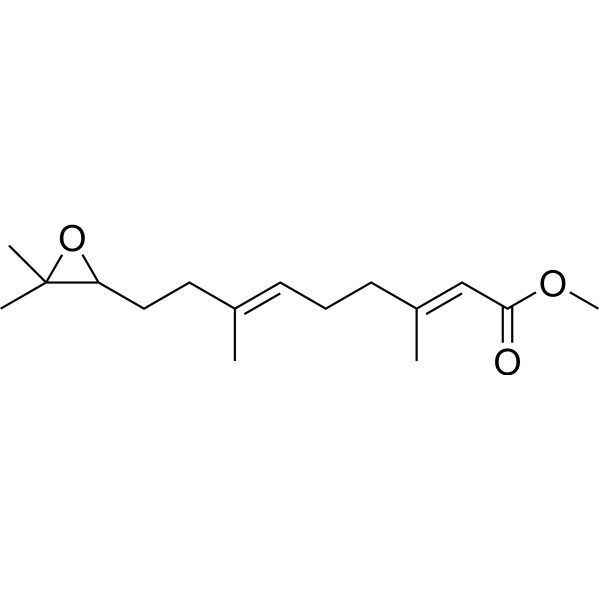
- HY-117142
-
|
|
Acetyl-CoA Carboxylase
|
Others
|
|
Quizalofop-P is absorbed through weed stems and leaves, conducts upward and downward in plants, accumulates at the top and intermediate meristems, inhibits cellular fatty acid synthesis, and makes weeds necrotic. Quizalofop-P is highly selective between grass weeds and dicotyledonous crops .
|
-

- HY-118146
-
|
|
Others
|
Metabolic Disease
|
|
Cicrotoic acid is an unsaturated fatty acid that increases bile flow and changes lipid composition .
|
-
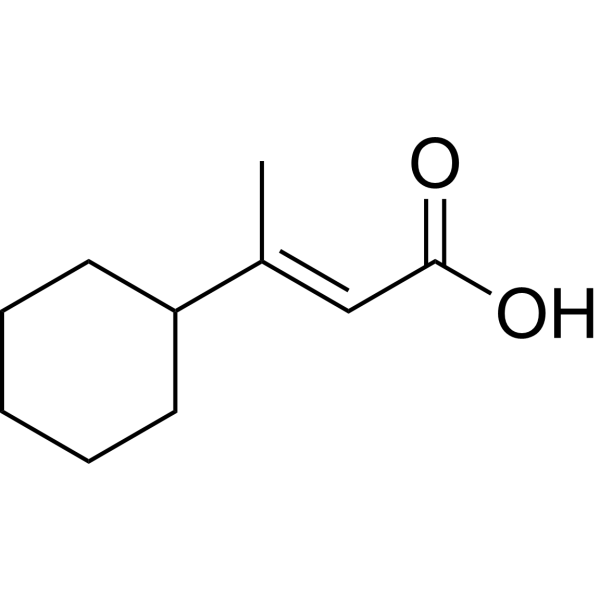
- HY-N12352
-
|
|
Others
|
Others
|
|
Eschweilenol C is a compound derivative ellagic acid from the aqueous fraction of the ethanolic extract of Terminalia fagifolia Mart. .
|
-
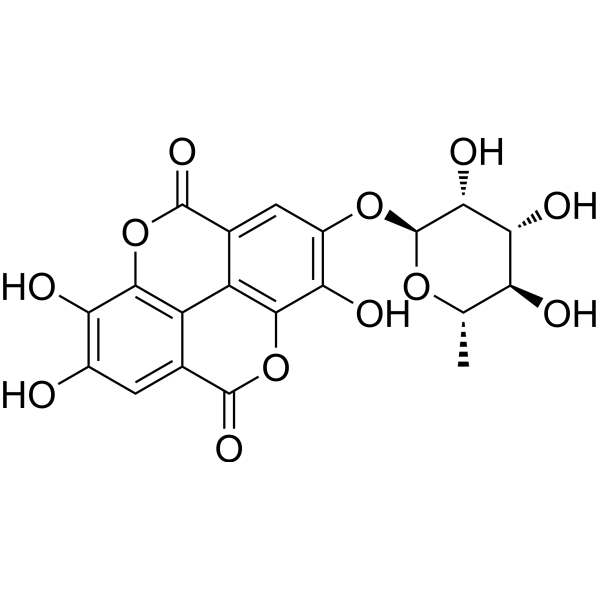
- HY-115704
-
|
|
Others
|
Others
|
|
Butyryl-L-carnitine chloride is an acylcarnitine that can be isolated from Plasma/Serum .
|
-
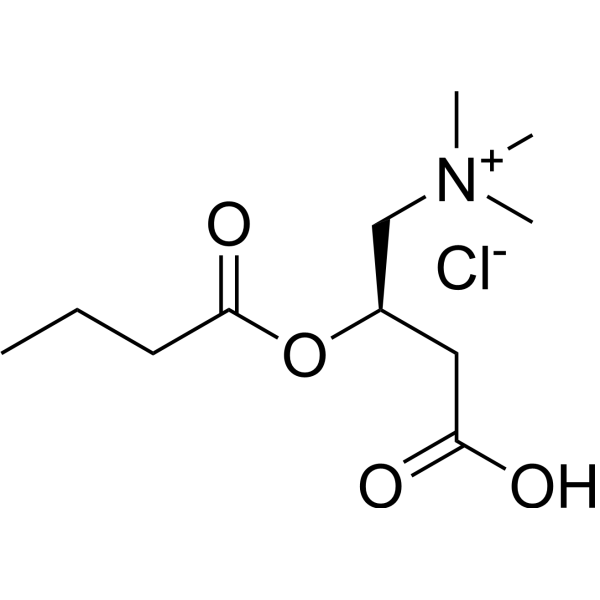
- HY-149649
-
|
|
SARS-CoV
|
Infection
|
|
SARS-CoV-2-IN-64 (compound 9), a chenodeoxycholic acid derivative, is a potent inhibitor of spike glycoprotein of SARS-CoV-2 .
|
-

- HY-N7700C
-
-
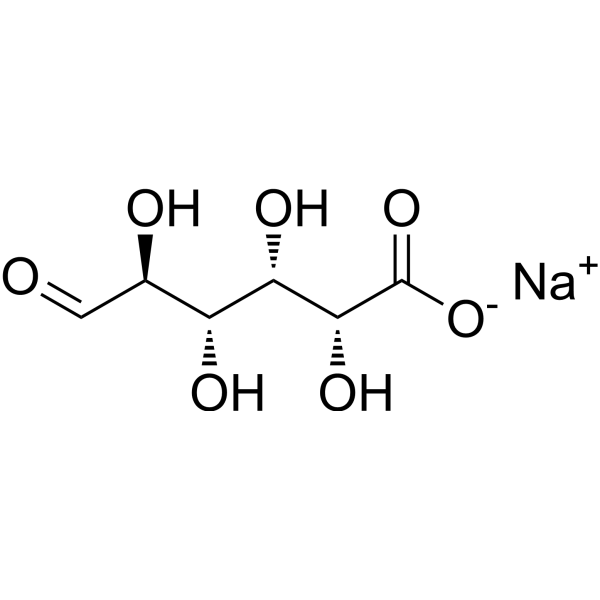
- HY-N6911A
-
|
|
Others
|
Inflammation/Immunology
|
|
18α-Glycyrrhizic acid is a derivate of Glycyrrhizic acid. 18α-Glycyrrhizic acid has weak antihepatotoxic anti-inflammatory activities .
|
-
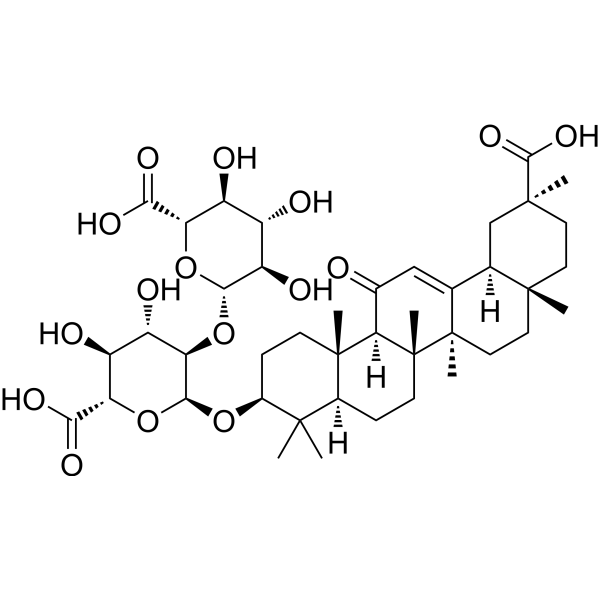
- HY-163106
-
|
|
Ceramidase
|
Cancer
|
|
W000113414_I13 is an acid ceramidase (AC) inhibitor. W000113414_I13 exhibits dose-dependent inhibition of AC with an IC50 value of 6.6?μM. W000113414_I13 can be used for the research of cancer .
|
-
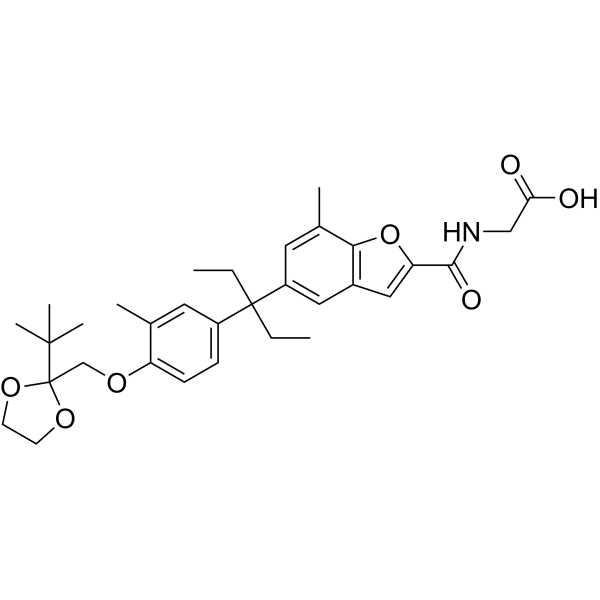
- HY-160173
-
|
|
LPL Receptor
|
Others
|
|
LPA receptor antagonist-1 (example 52) is an antagonist of lysophosphatidic acid (LPA) receptor. LPA receptor antagonist-1 can be used for kinds of studies .
|
-
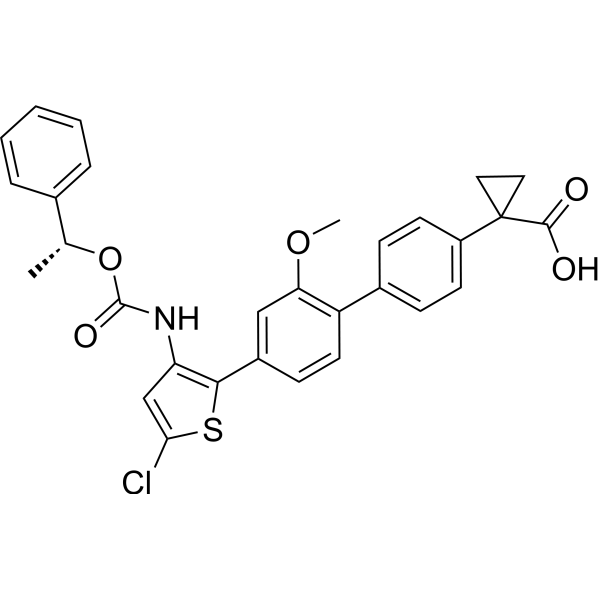
- HY-107520
-
-
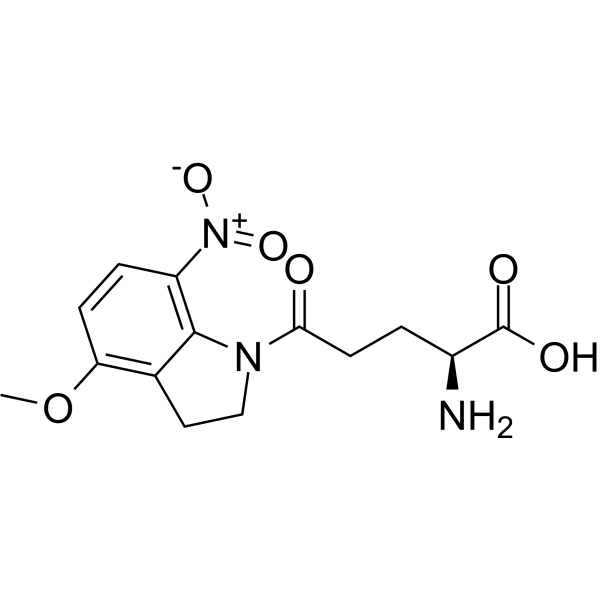
- HY-N12561
-
|
|
ERK
p38 MAPK
JNK
|
Others
|
|
Pestanoid A is a rearranged pimarane diterpenoid osteoclastogenesis inhibitor with an IC50 of 4.2 μM. Pestanoid A can be isolated from the marine mesophotic zone chalinidae sponge-associated fungus, Pestalotiopsis sp. NBUF145. Pestanoid A inhibits the receptor activator of NF-kB ligand-induced MAPK and NF-κB signaling by suppressing the phosphorylation of ERK1/2-JNK1/2-p38 MAPKs and NF-κB nuclear translocation. Pestanoid A can be used for the study of osteoporosis .
|
-
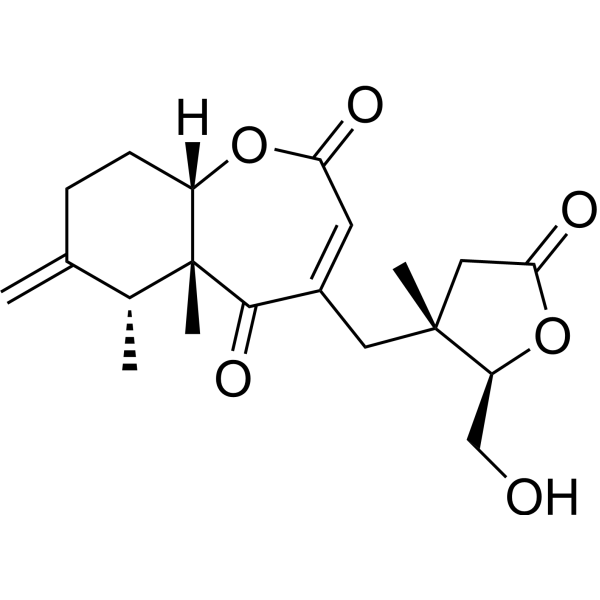
- HY-157690
-
|
|
Others
|
Others
|
|
19(S),20(R)-EDP is an epoxidized metabolite of docosahexaenoic acid (HY-B2167) .
|
-

- HY-115421
-
-
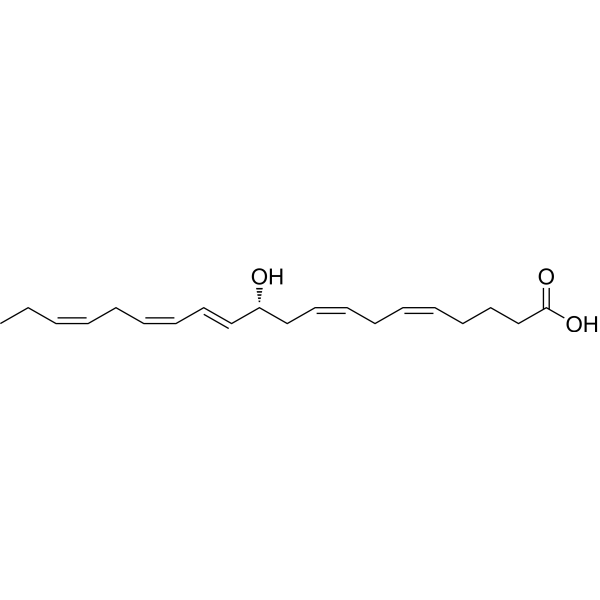
- HY-115421A
-
-
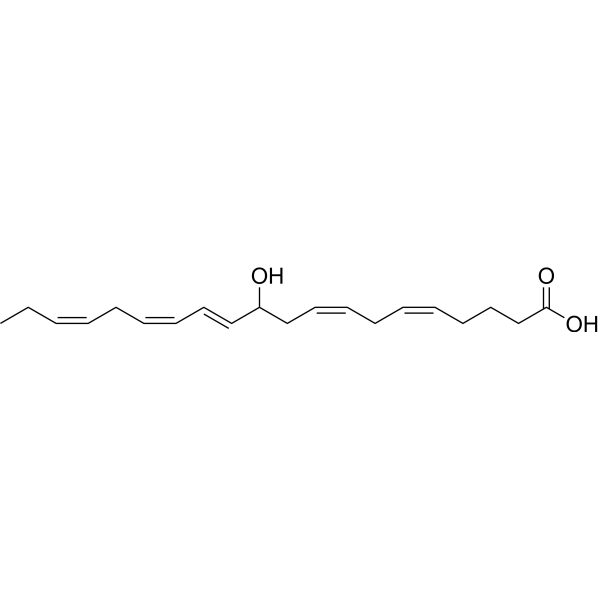
- HY-145481
-
|
1,3-Dioleoyl-2-Lignoceroyl Glycerol
|
Others
|
Others
|
|
1,3-Olein-2-Lignocerin is a triacylglycerol that contains oleic acid.
|
-

- HY-157734
-
|
|
Others
|
Others
|
|
1,2-Palmitate-3-elaidate is a triglyceride that can be isolated from virgin olive oil .
|
-
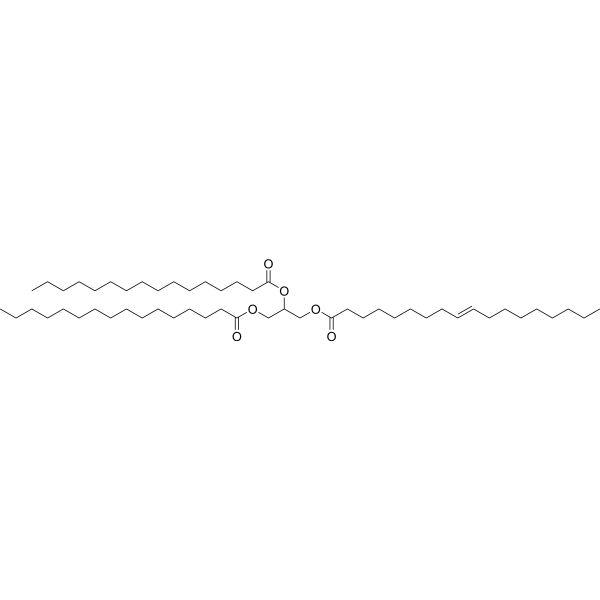
- HY-W744867
-
|
|
Others
|
Others
|
|
Pinolenic acid methyl ester is the methylated product of pinolenic acid, which can be used for the analysis of fatty acid content .
|
-
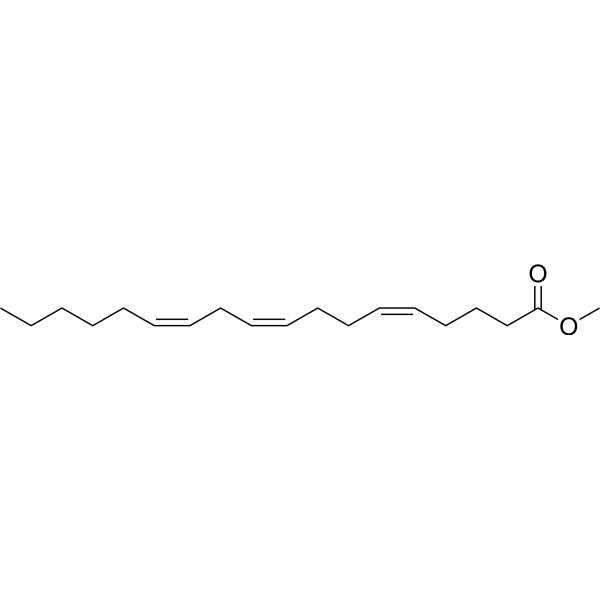
- HY-113102B
-
|
|
Endogenous Metabolite
|
Cancer
|
|
9(Z),11(Z)-octadecadienoic acid is an isomer of linoleic acid and has antitumor activity (EC 50 = 446.1 µM) .
|
-
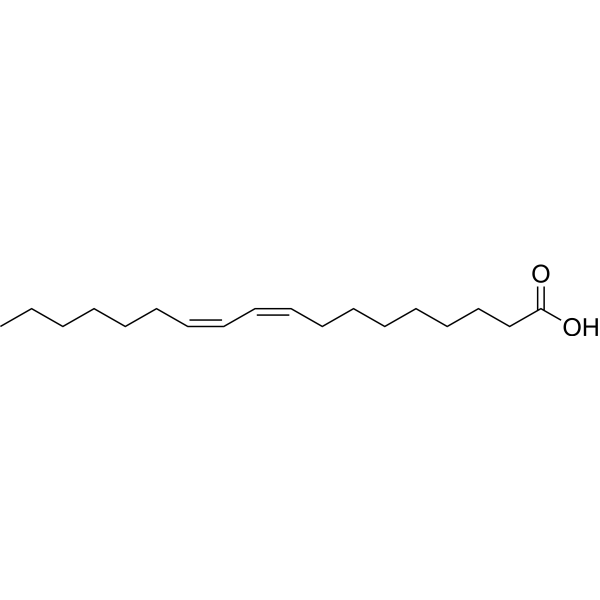
- HY-161164
-
|
|
DNA Stain
|
Others
|
|
Tricyclic cytosine tC is a fluorescent base analogue that can be used as a fluorescent probe in nucleic acid-containing systems. The excitation wavelength is 385 nm and the emission wavelength is 505 nm .
|
-
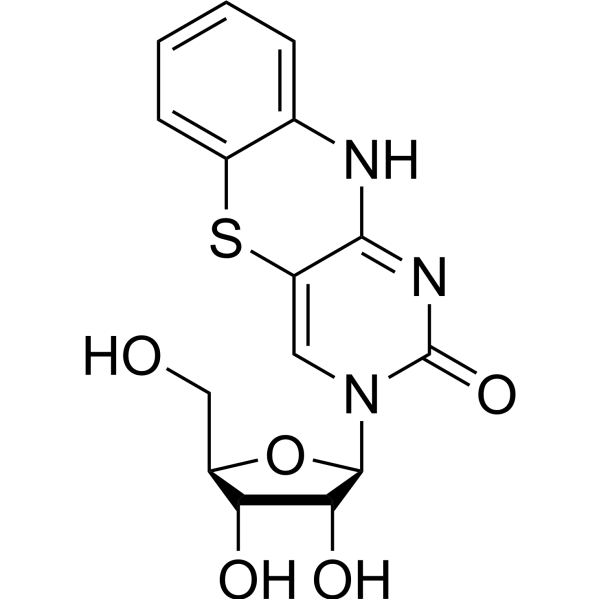
- HY-N6058
-
|
|
Parasite
|
Others
|
|
(3β)-3-[(O-β-D-Glucopyranosyl-(1→3)-O-6-deoxy-α-L-mannopyranosyl-(1→2)-α-L-arabinopyranosyl)oxy]olean-12-en-28-oic acid is a member of Oleanolic acid saponins with trematocide activity .
|
-
![(<em>3</em>β)-<em>3</em>-[(O-β-D-Glucopyranosyl-(1→<em>3</em>)-O-6-deoxy-α-L-mannopyranosyl-(1→2)-α-L-arabinopyranosyl)oxy]olean-12-en-28-oic acid](//file.medchemexpress.com/product_pic/hy-n6058.gif)
- HY-138026
-
|
|
Others
|
Metabolic Disease
|
|
(3β)-3-Hydroxy-7-oxochol-5-en-24-oic acid is a bile acid, and is a metabolite of 7β-hydroxy cholesterol (HY-113341) .
|
-
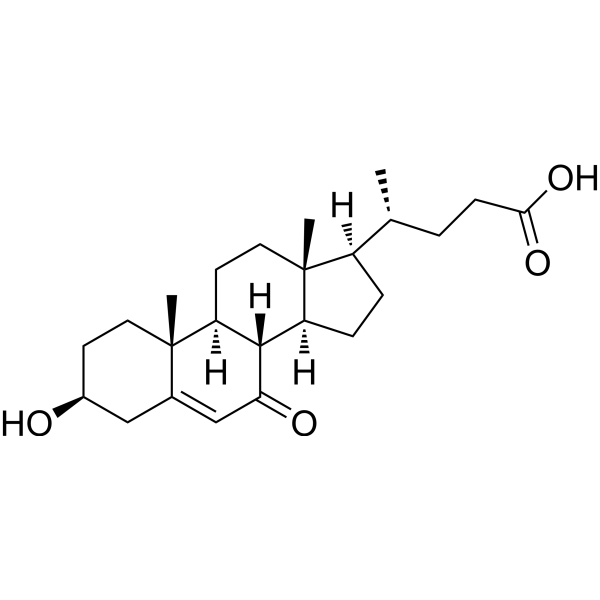
- HY-116776
-
|
|
Others
|
Metabolic Disease
|
|
Hexadecatetraenoic acid is an unsaturated fatty acid that can be isolated from sardine oil .
|
-
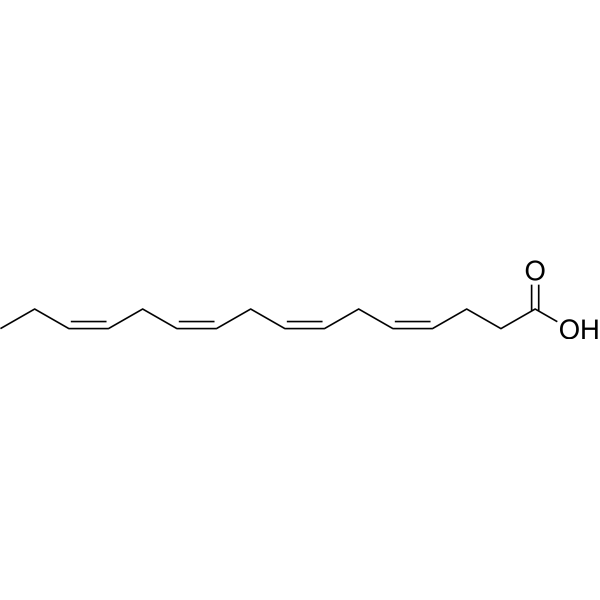
- HY-113102A
-
|
|
Endogenous Metabolite
|
Cancer
|
|
9(E),11(E)-Octadecadienoic acid is an isomer of conjugated linoleic acid (CLA). Conjugated linoleic acid is a fatty acid with potentially beneficial physiological and anticarcinogenic effects .
|
-

- HY-125140
-
|
|
Others
|
Others
|
|
ω-3 Arachidonic acid is a poly fatty acid that is essential for growth and development in infants. ω-3 Arachidonic acid inhibits arachidenol-CoA synthetase with Ki values of 14 µM. It also inhibited arachidenol-CoA synthetase of calf brain extract with IC50 values of about 5 µM .
|
-
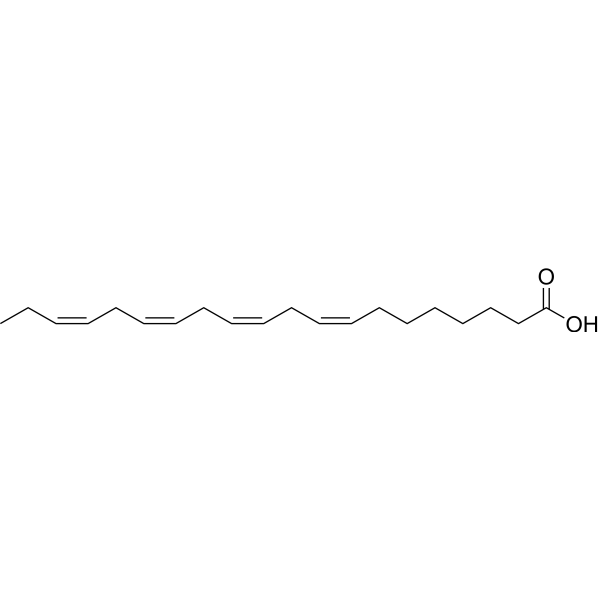
- HY-121050
-
|
W7783
|
Antibiotic
Fungal
|
Infection
|
|
Ambruticin (W7783) is an orally active and potent antifungal antibiotic. Ambruticin represents a class of antibiotics, that can be isolated from a strain of Polyangium cellulosum var. fulvum, a bacterium belonging to the class Myxobacteriales. Ambruticin is a cyclopropyl-polyene-pyran acid and is active against fungi .
|
-

- HY-130139
-
|
|
Others
|
Endocrinology
|
|
11,12-DiHETE is an orally active metabolite produced by cytochrome p450 mediated epoxide formation and subsequent epoxide hydrolase production .
|
-

- HY-108416
-
|
|
Others
|
Others
|
|
5,7-Dihydroxy-4-methylphthalide is a key intermediate in the synthesis of Mycophenolic acid and a secondary metabolite of Aspergillus flavus .
|
-

- HY-130550
-
-
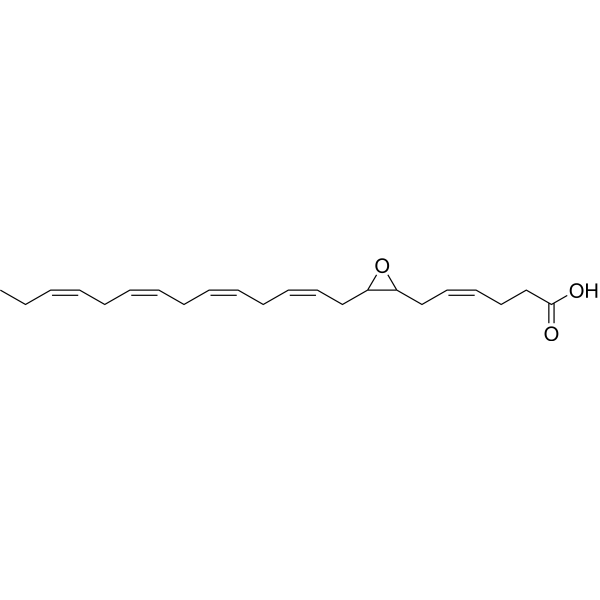
- HY-130522
-
|
6β-PGI1
|
Others
|
Others
|
|
6β-Prostaglandin I1 (6β-PGI1) is an analog of prostaglandin I2 (PGI2) that is resistant to hydrolysis in aqueous solutions. 6β-Prostaglandin I1 can reduce gastric acid secretion with an ID50 (dose causing 50% inhibition) of approximately 3.0 μg/kg/min (intravenous injection) .
|
-
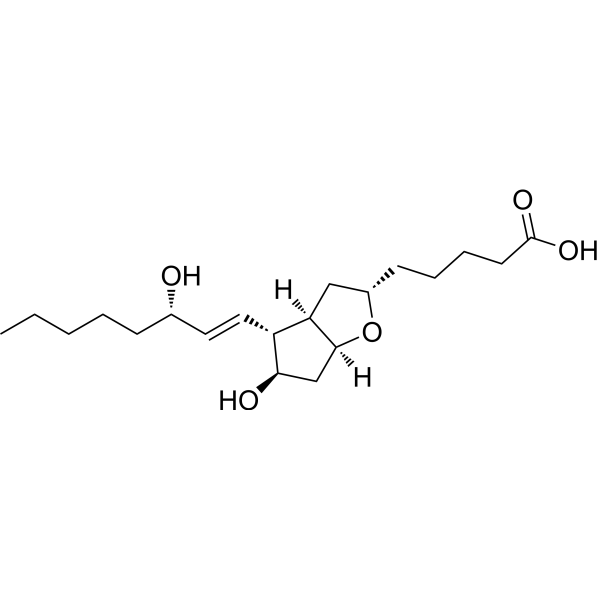
- HY-136500
-
|
PGH2
|
Endogenous Metabolite
|
Cardiovascular Disease
|
|
Prostaglandin H2 (PGH2), a potent vasoconstrictor, is produced by the conversion of Arachidonic acid (AA). Prostaglandin H2 is asubstrate for the production of Prostaglandins (PGs) and thromboxanes (TXs) .
|
-

- HY-107520A
-
|
|
Others
|
Neurological Disease
|
|
MNI-caged-L-glutamate TFA is a reagent that can release neuroactive amino acids quickly and efficiently .
|
-
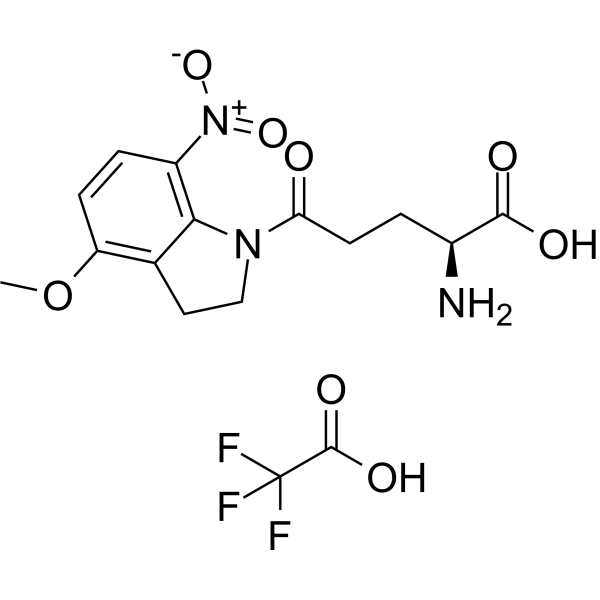
- HY-E70276
-
-
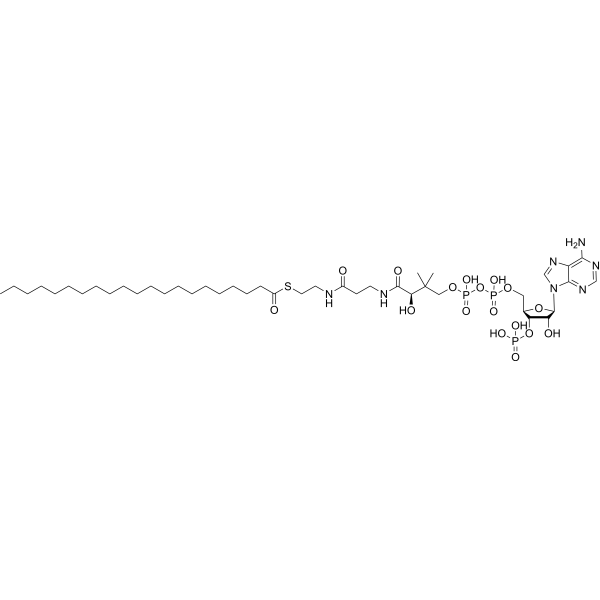
- HY-E70272
-
-
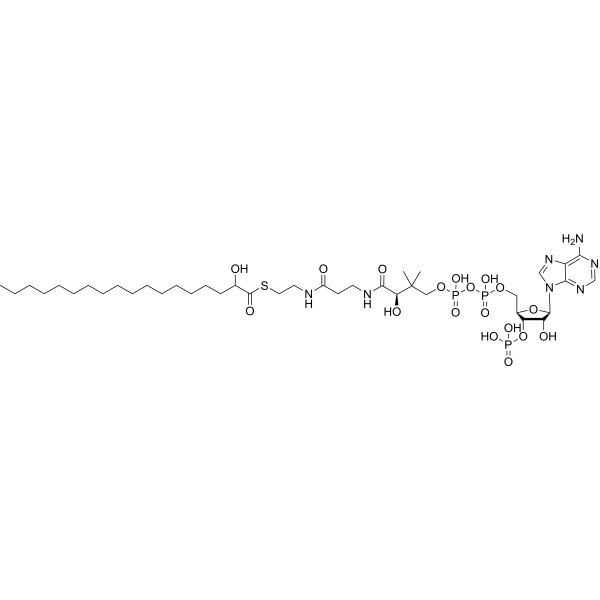
- HY-17623R
-
|
|
Proton Pump
|
Metabolic Disease
|
|
Tegoprazan (Standard) is the analytical standard of Tegoprazan. This product is intended for research and analytical applications. Tegoprazan (CJ-12420), a potassium-competitive acid blocker, is a potent, oral active and highly selective inhibitor of gastric H +/K +-ATPase that could control gastric acid secretion and motility, with IC50 values ranging from 0.29-0.52 μM for porcine, canine, and human H +/K +-ATPases in vitro .
|
-

- HY-W142092
-
|
|
Bacterial
|
Others
|
|
N-Acetyl-DL-serine is a hydrophobic amino acid that is synthesized in the body and can be found as a free form or as a salt with malonate, phosphate, or acetate. N-Acetyl-DL-serine has antimicrobial activity against Bacillus cereus and Staphylococcus aureus. N-Acetyl-DL-serine has also been used for the immobilization of DNA fragments on solid surfaces and can be used for protein synthesis and optical detection of DNA strands .
|
-
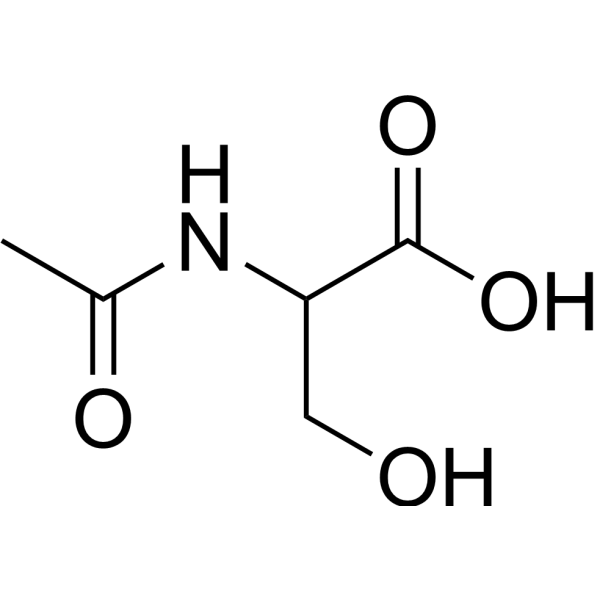
- HY-W010382
-
|
2-Oxosuccinic acid
|
Endogenous Metabolite
Reactive Oxygen Species
|
Metabolic Disease
|
|
Oxaloacetic acid (2-Oxosuccinic acid) is a metabolic intermediate involved in several ways, such as citric acid cycle, gluconeogenesis, the urea cycle, the glyoxylate cycle, amino acid synthesis, and fatty acid synthesis, whereby Oxaloacetic acid facilitates the clearance of reactive oxygen species (ROS) and improves mitochondrial function [3].
|
-
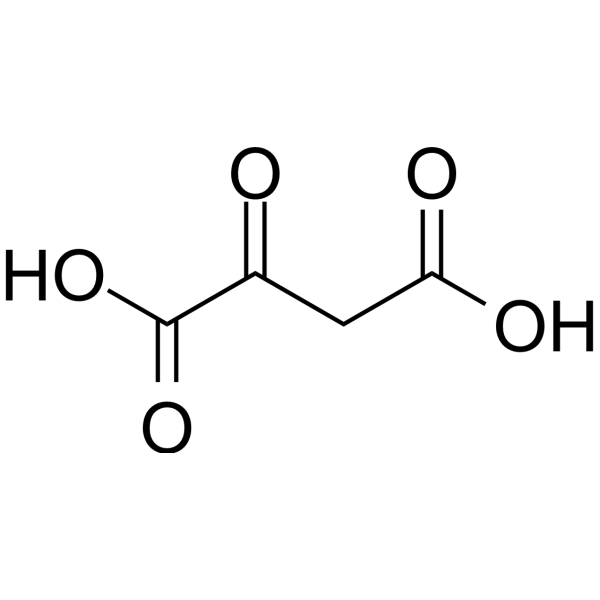
- HY-139066
-
|
Trichosanic acid
|
Others
|
Metabolic Disease
|
|
Punicic acid is a bioactive compound of pomegranate seed oil. Punicic acid is an isomer of conjugated α-linolenic acid and a ω-5 polyunsaturated fatty acid. Punicic acid has the potential for the research of various chronic diseases .
|
-
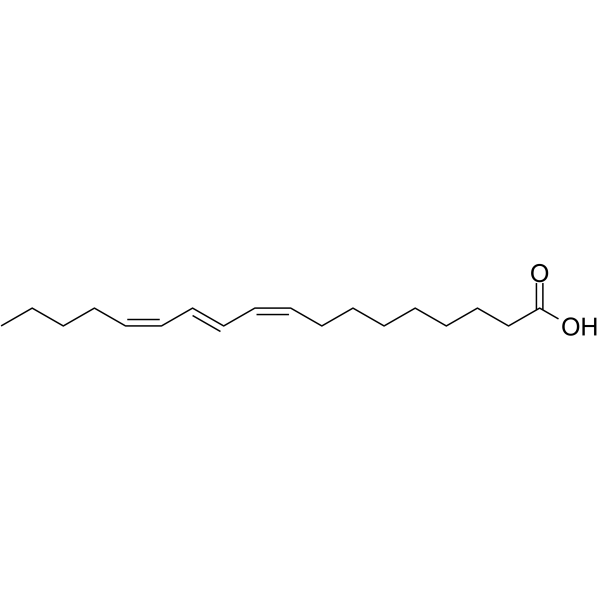
- HY-W011297
-
|
Arachidonic acid methyl ester
|
Others
|
Metabolic Disease
|
|
Methyl arachidonate (Arachidonic acid methyl ester) is a fatty acid methyl ester resulting from the formal condensation of the carboxy group of arachidonic acid with methanol. Methyl arachidonate has activity of human blood serum metabolite .
|
-

- HY-156965
-
|
|
Others
|
Metabolic Disease
Cancer
|
|
BAY-771, a structurally close pyrimidinedione, is a chemical probe with good lead-like properties and high permeability in Caco-2 cells (no hint of efflux). BAY-771 shows very weak inhibitory activity in the BCAT1 biochemical assay and no activity in BCAT2. BAY-771 can be used as a negative control of HY-148242 BAY-069. BAY-771 can be used for the research of tumor metabolism .
|
-
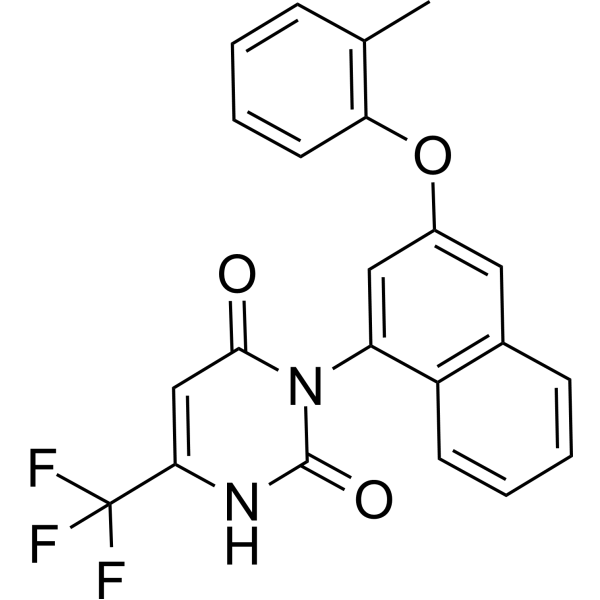
- HY-14739
-
|
ABT-335
|
PPAR
COX
|
Cardiovascular Disease
|
|
Choline Fenofibrate (ABT-335), a choline salt of Fenofibric acid (HY-B0760), releases free Fenofibric acid in the gastrointestinal tract. Fenofibric acid is a PPAR activator with antihyperlipidemic effect .
|
-
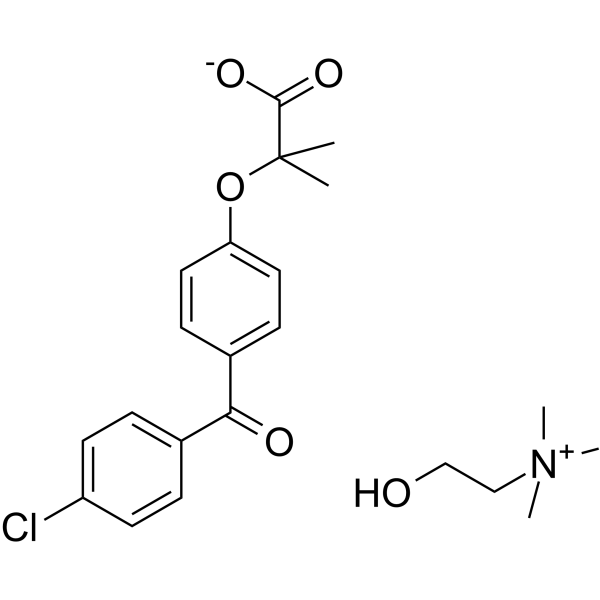
- HY-B0172
-
-
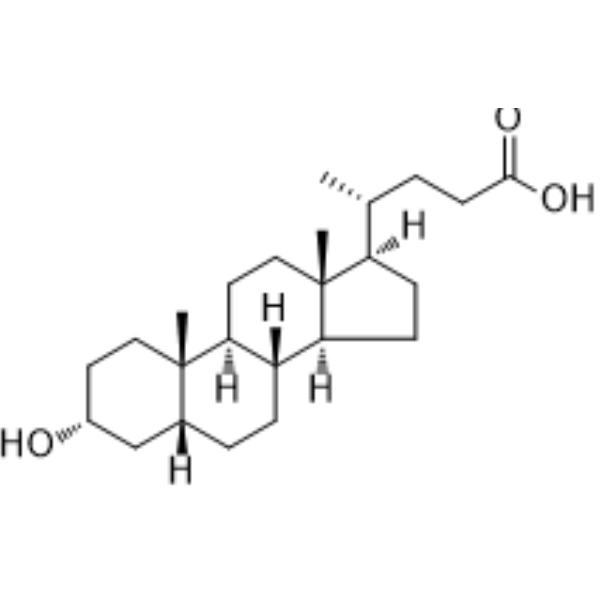
- HY-B0493
-
|
|
Chloride Channel
COX
|
Inflammation/Immunology
|
|
Niflumic acid is a calcium-activated chloride channel blocker and COX-2 inhibitor with the IC50 value of 100 nM. Niflumic acid induces apoptosis through caspase-8/Bid/Bax pathway in lung cancer cells. Niflumic acide exhibits anti-tumor activity by affecting the expression of ERK1/2 and the activity of MMP2 and MMP9. Niflumic acid has orally bioactivity. Niflumic acid acts on rheumatoid arthritis [3] .
|
-
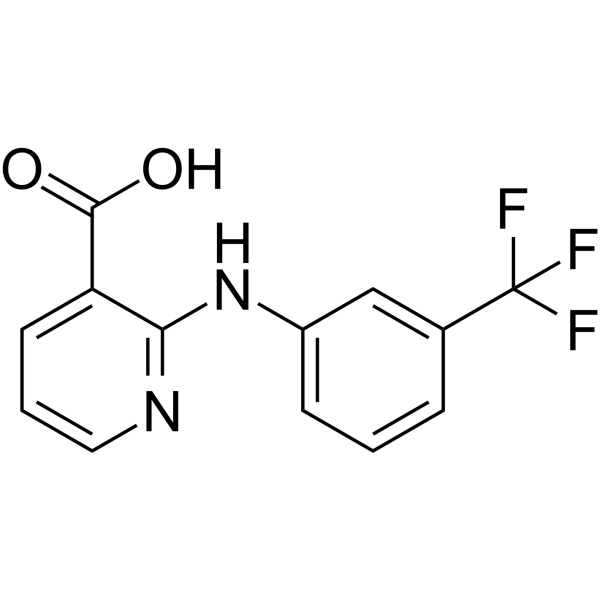
- HY-101106
-
AR7
5 Publications Verification
|
RAR/RXR
|
Neurological Disease
Cancer
|
|
AR7 is an atypical RARA/RARα (retinoic acid receptor, alpha) antagonist. AR7 specifically activates chaperone-mediated-autophagy (CMA) activity without affecting macroautophagy .
|
-
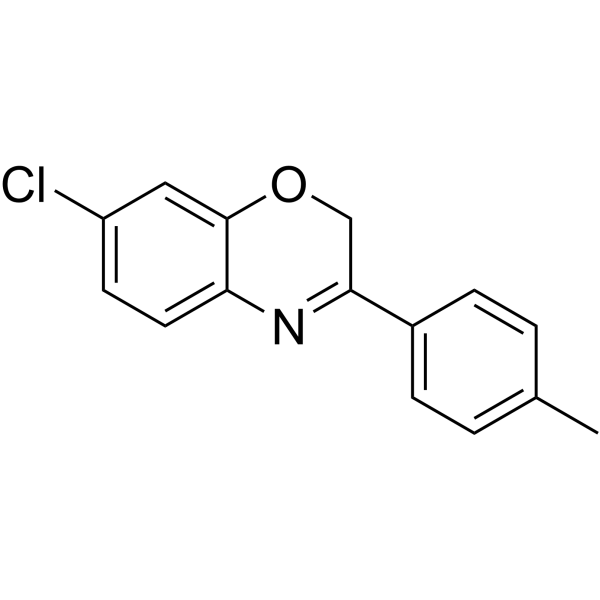
- HY-101879
-
|
|
DNA Stain
Parasite
Fluorescent Dye
|
Others
|
|
Acridine Orange hydrochloride is a cell-penetrable nucleic acid-selective fluorescent dye. Acridine Orange hydrochloride produces orange fluorescence when it binds to ssDNA or RNA, and green fluorescence when it binds to dsDNA (Ex: 488 nM; Em: green fluorescence at 530 nm, orange fluorescence at 640 nm) [3].
|
-
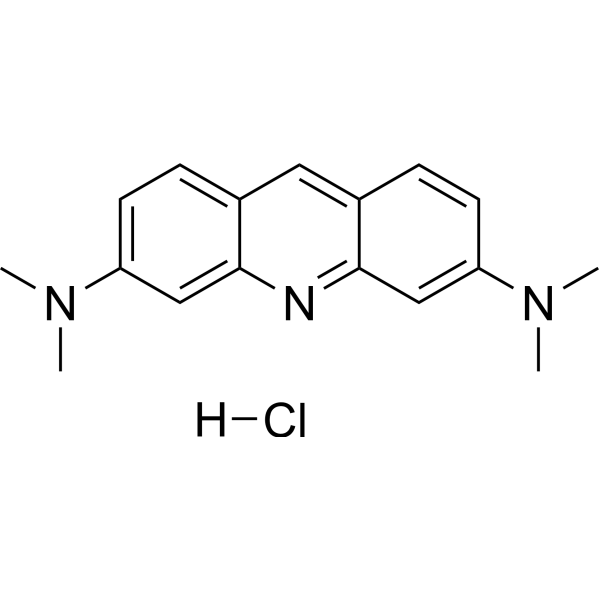
- HY-D0996
-
|
|
DNA Stain
|
Others
|
|
Lds-751 is a nucleic acid stain that mainly detects DNA. Lds-751 is a nucleic acid stain that mainly detects DNA. Lds-751 has a high affinity for DNA and fluorescence is enhanced after binding, but the maximum emission wavelength is 670nm. Lds-751 and Thiazole orange can be used for the differentiation of red blood cells, platelets, reticulocytes, and nucleated cells and can be stimulated at 488nm. Studies have shown that LDS-751 binds almost exclusively to mitochondria when incubated with nucleated living cells. After nucleated Acridine Orange (HY-101879) staining and LDS-751 treatment of cells, confocal microscopy revealed almost no co-location of the cells. Staining with Rhodamine 123 (HY-D0816), a dye known to bind polarized mitochondria, was almost identical to the pattern observed with LDS-751 [3].
|
-

- HY-D0184
-
|
Deoxycytidine; Cytosine deoxyriboside; Deoxyribose cytidine
|
Endogenous Metabolite
|
Cancer
|
|
2'-Deoxycytidine, a deoxyribonucleoside, can inhibit biological effects of Bromodeoxyuridine (Brdu). 2'-Deoxycytidine is essential for the synthesis of nucleic acids, that can be used for the research of cancer .
|
-
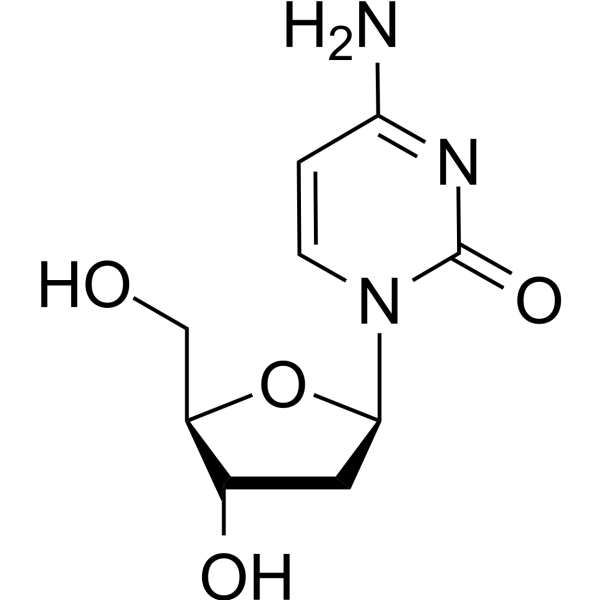
- HY-W015806
-
|
|
Endogenous Metabolite
|
Others
|
|
3-Pyridineacetic acid is a higher homologue of nicotinic acid, a breakdown product of nicotine (and other tobacco alkaloids) .
|
-
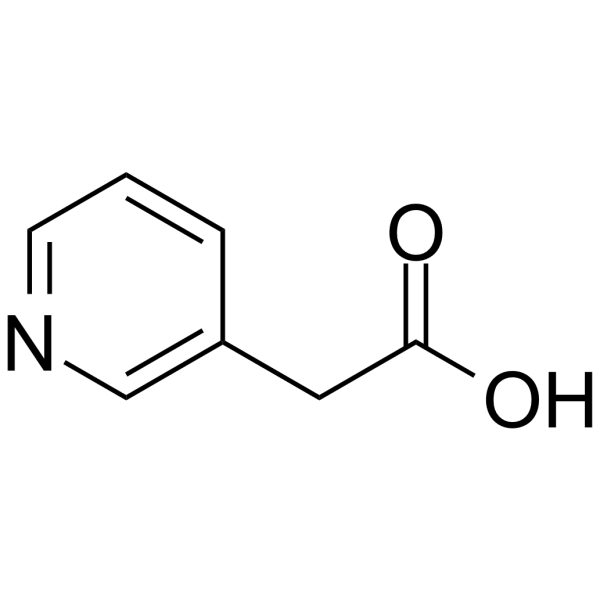
- HY-A0143
-
-

- HY-113437
-
-
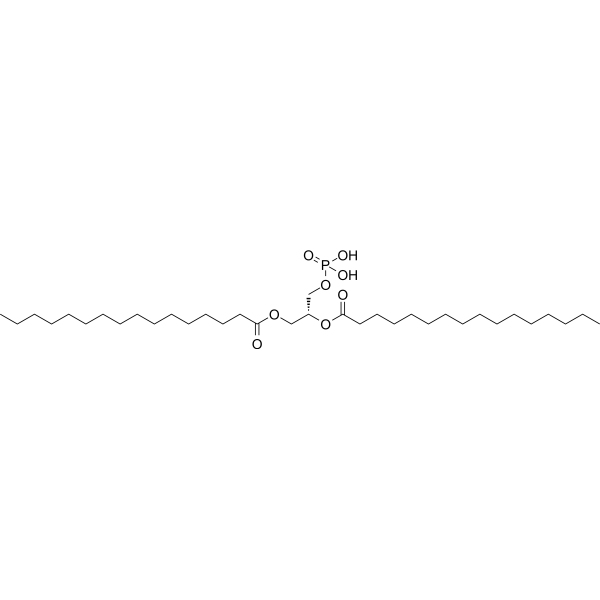
- HY-125731
-
-
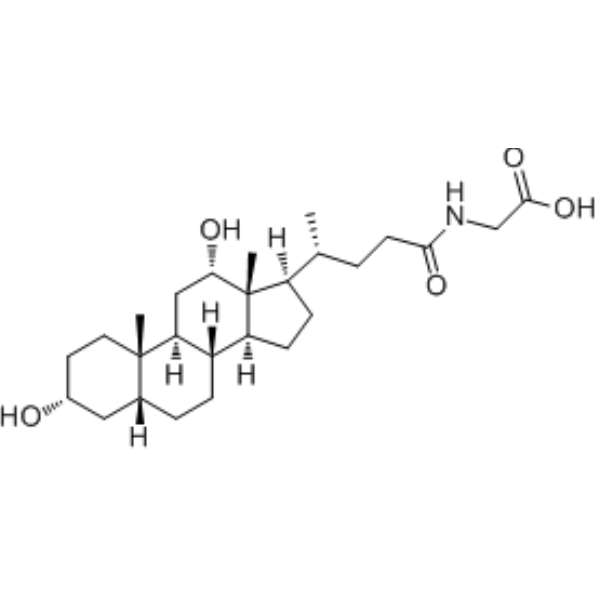
- HY-W018392
-
|
MEHP; Phthalic acid mono-2-ethylhexyl ester
|
Endogenous Metabolite
|
Metabolic Disease
|
|
Mono-(2-ethylhexyl) phthalate (MEHP) is a major bioactive metabolite of diethylhexyl phthalate (DEHP). Mono-(2-ethylhexyl) phthalate can promote fatty acid synthesis in hepatocytes by regulating the expression of relevant genes and proteins, contributing to non-alcoholic fatty liver disease (NAFLD) .
|
-
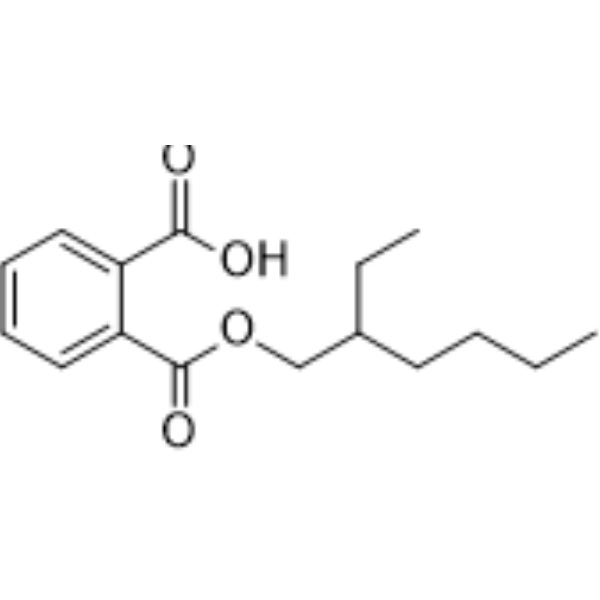
- HY-116100A
-
-
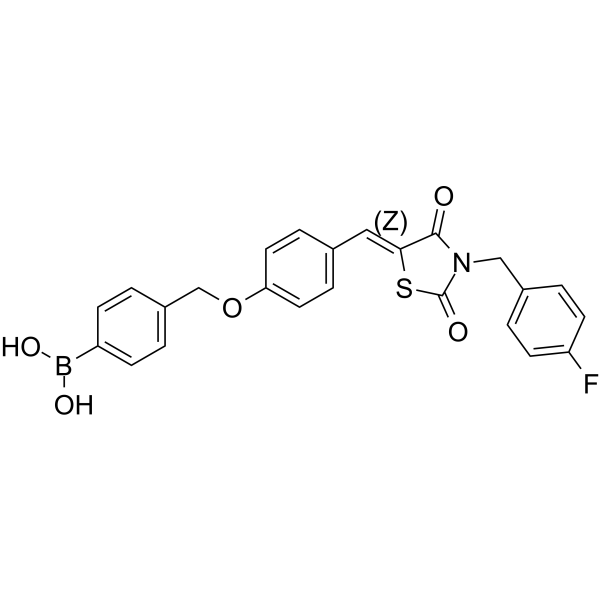
- HY-103355
-
YM022
1 Publications Verification
|
CCR
|
Metabolic Disease
|
|
YM022 is a highly potent, selective and orally active gastrin/cholecystokinin (CCK)-B receptor (CCK-BR) antagonist. YM022 shows the Ki values of 68 pM and 63 nM for CCK-B and CCK-A receptor, respectively . YM022 can inhibit gastrin-induced gastric acid secretion and histidine decarboxylase activation in vivo [3].
|
-
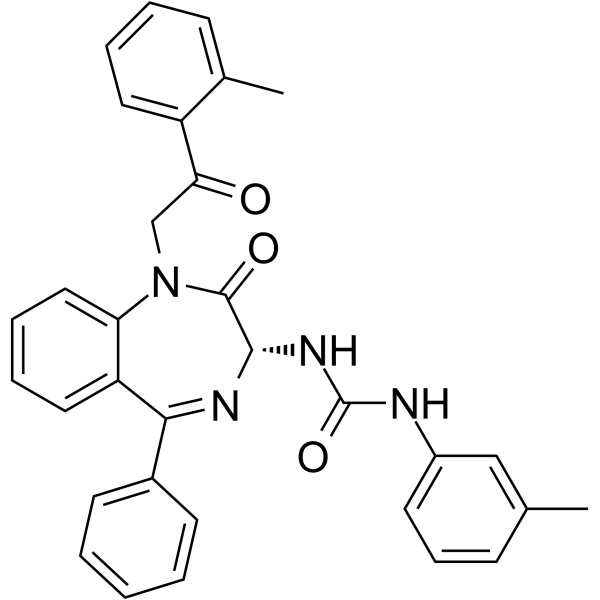
- HY-133022
-
|
(E)-2-Undecenoic acid; (E)-Undec-2-enoic acid
|
Others
|
Metabolic Disease
|
|
trans-2-Undecenoic acid ((E)-2-Undecenoic acid) is an α,β-unsaturated carboxylic acid and is characterized by acid dimers. The corresponding dimers are connected via intermolecular hydrogen bonds of the carboxylic groups C=O···H-O .
|
-

- HY-113025A
-
|
(2S,5R)-5-Hydroxylysine dihydrochloride
|
Endogenous Metabolite
|
Others
|
|
L-hydroxylysine dihydrochloride ((2S,5R)-5-Hydroxylysine dihydrochloride), an amino acid, is exclusive to collagen protein, which is formed by posttranslational hydroxylation of some lysine residues .
|
-
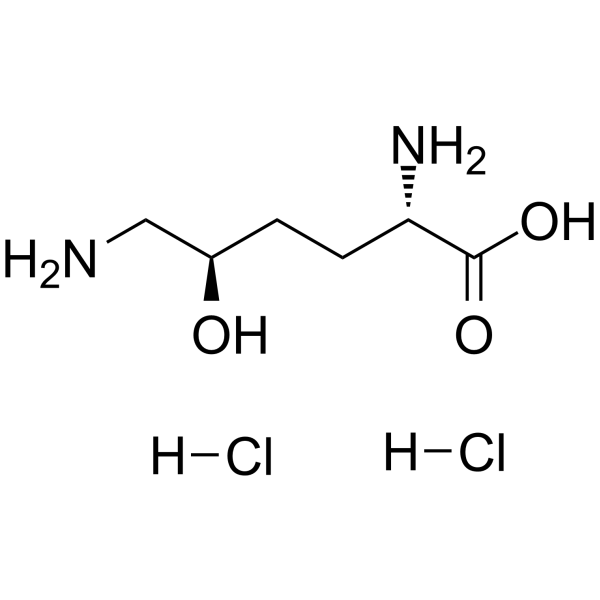
- HY-130803
-
|
|
Others
|
Cancer
|
|
5-Methyl-5,6-dihydrouridine is a minor constituent in the chromosomal RNA of the rat ascites tumor. 5-Methyl-5,6-dihydrouridine can be used for nucleic acid modification .
|
-
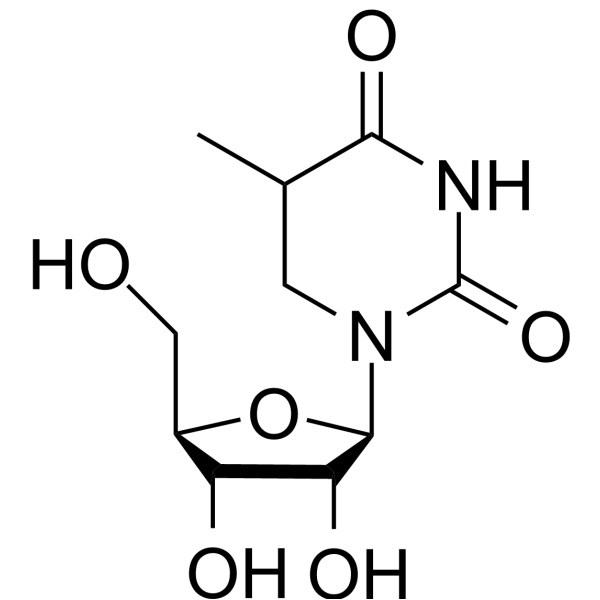
- HY-113437A
-
|
|
Endogenous Metabolite
|
Metabolic Disease
|
|
1,2-Dipalmitoyl-sn-glycerol 3-phosphate sodium (compound 3-F7) is a phosphatidic acid and a human endogenous metabolite . It is used in the generation of micelles, liposomes, and artificial membranes.
|
-

- HY-112754A
-
|
1,2-Dioleoyl-3-trimethylammonium-propane chloride
|
Liposome
|
Cancer
|
|
DOTAP chloride is a useful and effective cationic lipid for transient and stable transfection DNA (plasmids, bacmids) and modified nucleic acids (antisense oligonucleotides) with out the use of helper lipid .
|
-

- HY-135103
-
|
T-βMCA sodium
|
FXR
|
Cancer
|
|
Tauro-β-muricholic Acid sodium (T-βMCA sodium), a endogenous metabolite, is a competitive and reversible farnesoid X receptor (FXR) antagonist, with an IC50 of 40 μM [3].
|
-

- HY-N7354
-
|
|
Others
|
Cardiovascular Disease
|
|
Quininic acid, purified from Eucalyptus globulus, cinchona bark, and other plant products, is the most abundant organic acid .
|
-
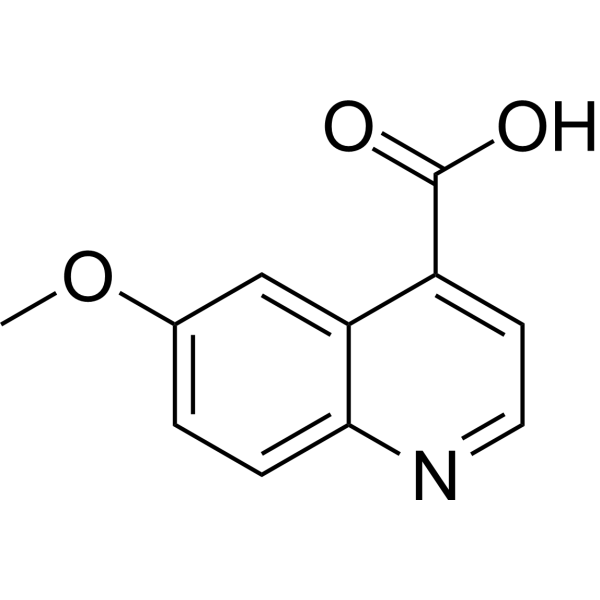
- HY-W008097
-
-
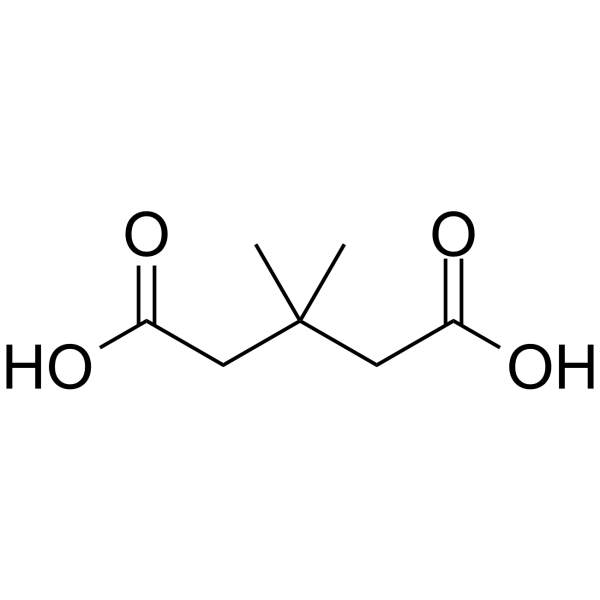
- HY-W005178
-
|
|
Endogenous Metabolite
|
Others
|
|
Octadecanedioic acid, an endogenous metabolite, is a long-chain dicarboxylic acid that has been found in serum free fatty acid profile in Reye syndrome .
|
-

- HY-W009082
-
|
Methyl docosanoate
|
Others
|
Others
|
|
Methyl behenate (Methyl docosanoate) is a naturally fatty acid methyl ester isolated from the plant of Aspidopterys obcordata Lemsl .
|
-

- HY-P1340
-
|
|
Orexin Receptor (OX Receptor)
|
Neurological Disease
|
|
[Ala11,D-Leu15]-Orexin B(human) is a potent and selective orexin-2 receptor (OX2) agonist. [Ala11,D-Leu15]-Orexin B(human) shows a 400-fold selectivity for the OX2 (EC50=0.13 nM) over OX1 (52 nM) .
|
-
![[Ala11,D-Leu15]-Orexin B(human)](//file.medchemexpress.com/product_pic/hy-p1340.gif)
- HY-P1340A
-
|
|
Orexin Receptor (OX Receptor)
|
Neurological Disease
|
|
[Ala11,D-Leu15]-Orexin B(human) TFA is a potent and selective orexin-2 receptor (OX2) agonist. [Ala11,D-Leu15]-Orexin B(human) TFA shows a 400-fold selectivity for the OX2 (EC50=0.13 nM) over OX1 (52 nM) .
|
-
![[Ala11,D-Leu15]-Orexin B(human) TFA](//file.medchemexpress.com/product_pic/hy-p1340a.gif)
- HY-P2416
-
-

- HY-B1514
-
-
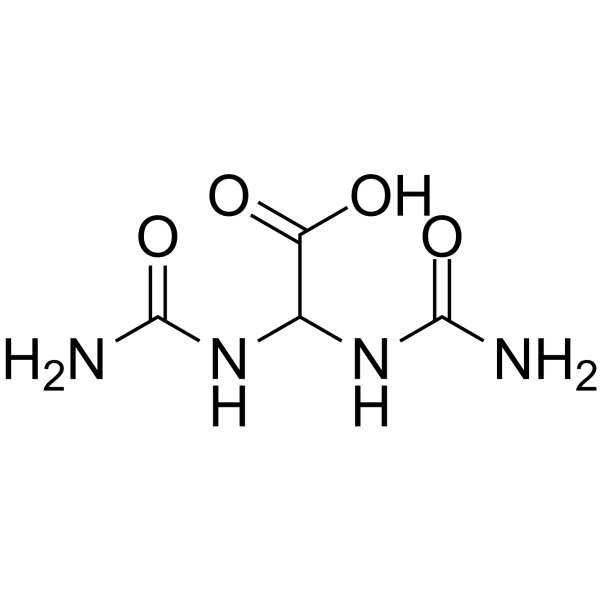
- HY-113147B
-
|
|
Endogenous Metabolite
Potassium Channel
|
Cardiovascular Disease
Metabolic Disease
|
|
L-Palmitoylcarnitine TFA, a long-chain acylcarnitine and a fatty acid metabolite, accumulates in the sarcolemma and deranges the membrane lipid environment during ischaemia. L-Palmitoylcarnitine TFA inhibits KATP channel activity, without affecting the single channel conductance, through interaction with Kir6.2 .
|
-
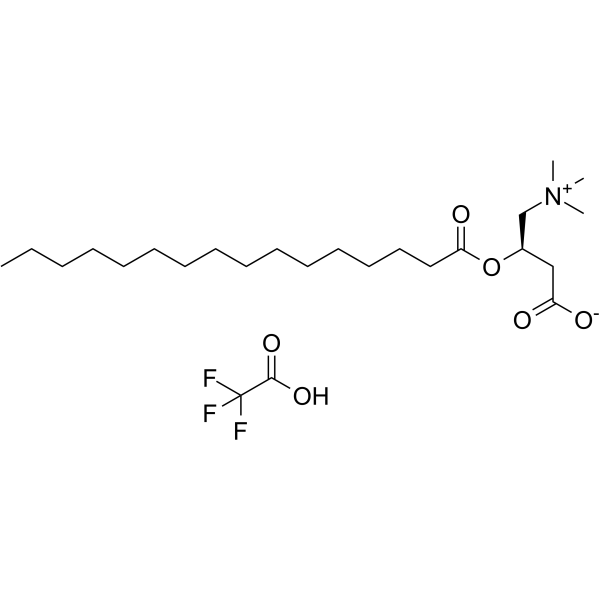
- HY-113147A
-
|
|
Potassium Channel
Endogenous Metabolite
|
Cardiovascular Disease
Metabolic Disease
|
|
L-Palmitoylcarnitine chloride, a long-chain acylcarnitine and a fatty acid metabolite, accumulates in the sarcolemma and deranges the membrane lipid environment during ischaemia. L-Palmitoylcarnitine chloride inhibits KATP channel activity, without affecting the single channel conductance, through interaction with Kir6.2 .
|
-
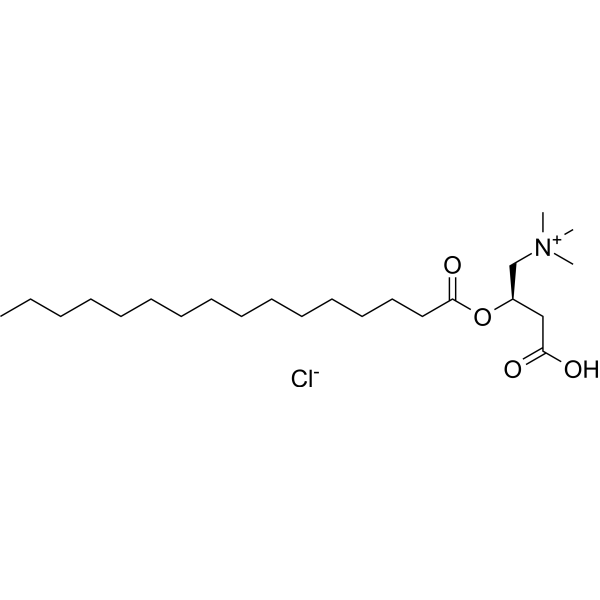
- HY-131760
-
|
2'-Amino-2'-deoxyadenosine-5'-triphosphate, 2′-Amino-2′-deoxy-ATP
|
Others
|
Metabolic Disease
|
|
2'-NH2-ATP (2'-Amino-2'-deoxyadenosine-5'-triphosphate), an adenosine derivative, is a weak competitive inhibitor of ATP, with a Ki of 2.3 mM. 2'-NH2-ATP can be used in nucleic acid labeling [3].
|
-
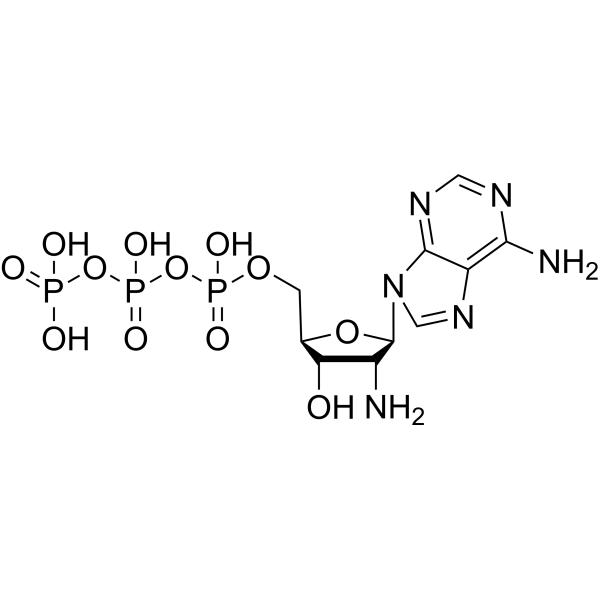
- HY-W048682
-
|
|
Amino Acid Derivatives
|
Others
|
|
Fmoc-1-methyl-L-histidine is a Fmoc protected amino acid and can be used as an intermediate for peptide synthesis .
|
-
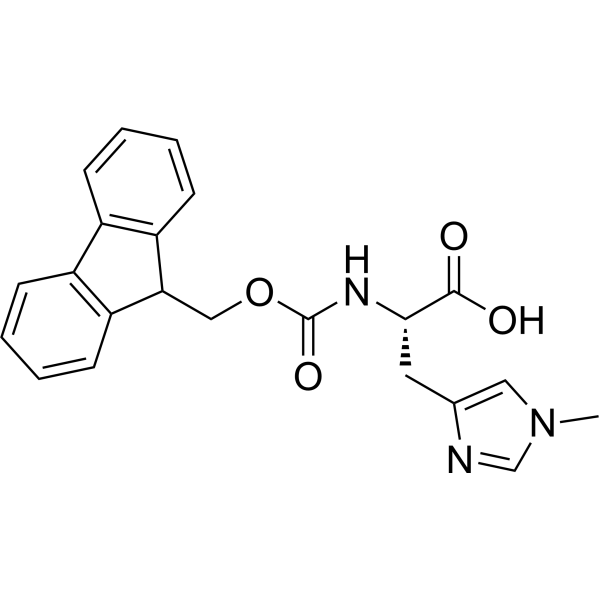
- HY-139078
-
|
|
Amino Acid Derivatives
|
Metabolic Disease
|
|
Furosine dihydrochloride, an amino acid derivative, is an important chemical marker of early-stage Maillard reactions. Furosine dihydrochloride is closely related to a variety of diseases such as diabetes .
|
-
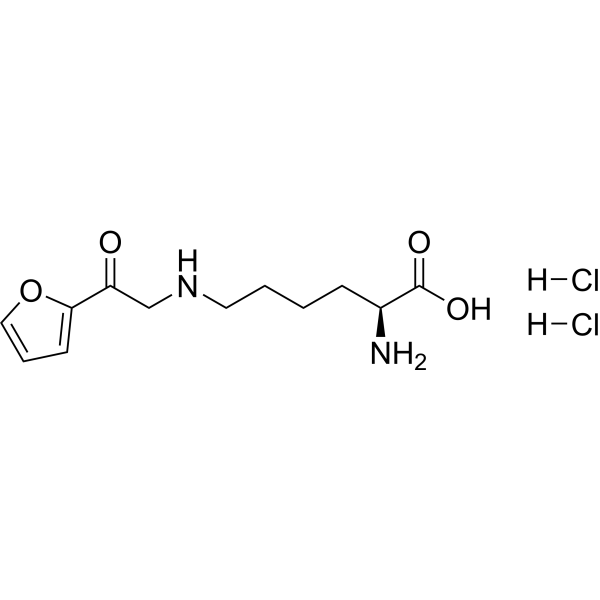
- HY-N8115
-
|
|
Others
|
Neurological Disease
|
|
S-(4-Hydroxybenzyl)glutathione is a glutathione derivative. S-(4-Hydroxybenzyl)glutathione inhibits the in vitro binding of kainic acid to brain glutamate receptors, with an IC50 of 2 μM .
|
-
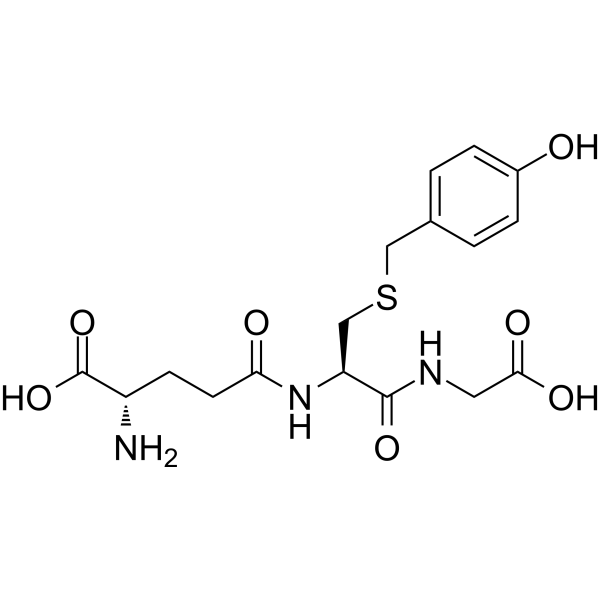
- HY-135500
-
|
|
Endothelin Receptor
|
Endocrinology
|
|
ACT-373898 is an inactive carboxylic acid metabolite of Macitentan. Macitentan is an orally active, non-peptide dual ETA and ETB (endothelin receptor) antagonist .
|
-
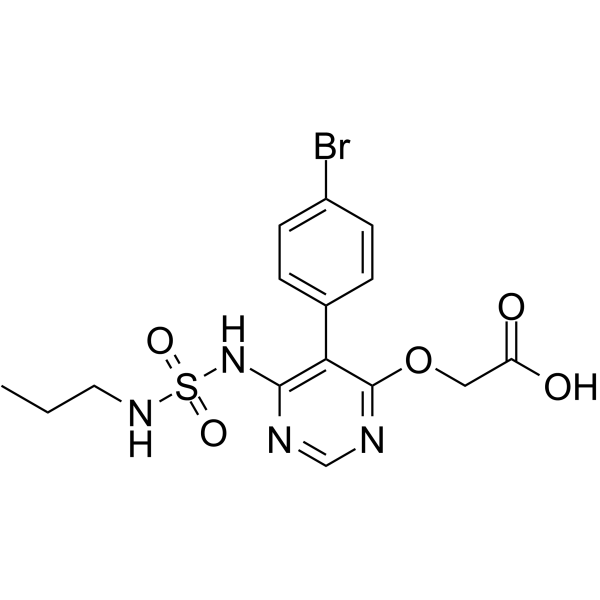
- HY-107343
-
|
Ethyl docosahexaenoate
|
Others
|
Neurological Disease
Metabolic Disease
|
|
Docosahexaenoic acid ethyl ester (Ethyl docosahexaenoate) is a 90% concentrated ethyl ester of docosahexaenoic acid manufactured from the microalgal oil. Docosahexaenoic acid ethyl ester enhances 6-hydroxydopamine-induced neuronal damage by induction of lipid peroxidation in mouse striatum. Docosahexaenoic acid (DHA) is a key component of the cell membrane, and its peroxidation is inducible due to the double-bond chemical structure. Docosahexaenoic acid has neuroprotective effects .
|
-
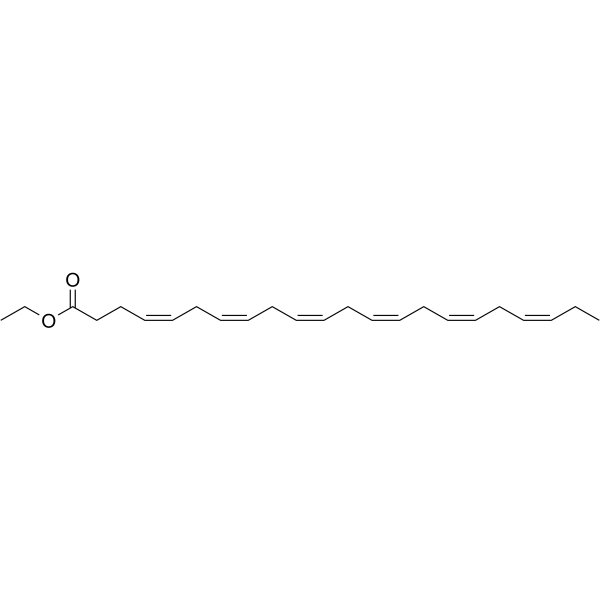
- HY-78933
-
|
|
Microtubule/Tubulin
ADC Cytotoxin
|
Cancer
|
|
Fmoc-MMAE is a protective group-conjugated monomethyl auristatin E (MMAE), which is a potent tubulin inhibitor. Fmoc-MMAE can be used in the synthesis of ADC .
|
-
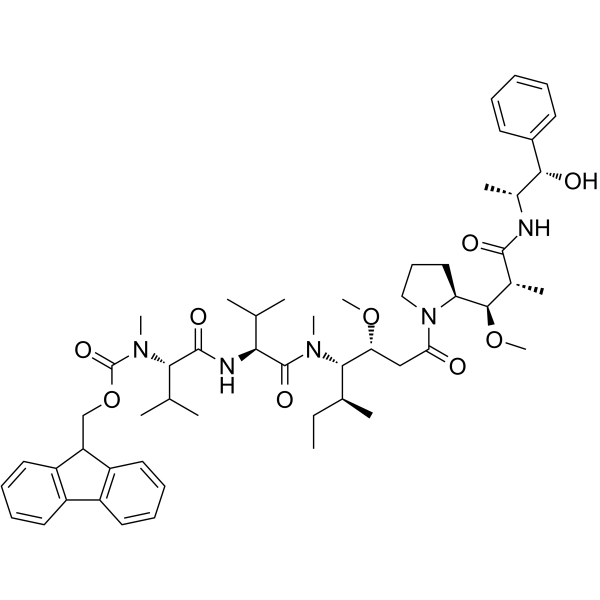
- HY-108398A
-
|
5,8,11-Eicosatrienoic acid
|
Others
|
Metabolic Disease
Cancer
|
|
Mead acid (5,8,11-Eicosatrienoic acid), an unsaturated (Omega-9) fatty acid, is an indicator of essential fatty acid deficiency .
|
-
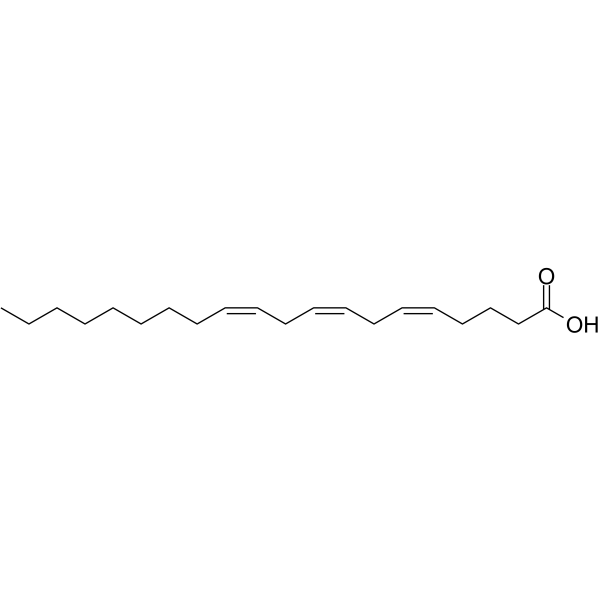
- HY-121883
-
|
Tetracosanoic acid
|
Endogenous Metabolite
|
Neurological Disease
|
|
Lignoceric acid (Tetracosanoic acid) is a 24-carbon saturated (24:0) fatty acid, which is synthesized in the developing brain. Lignoceric acid is also a by-product of lignin production. Lignoceric acid can be used for Zellweger cerebro‐hepato‐renal syndrome and adrenoleukodystrophy research .
|
-
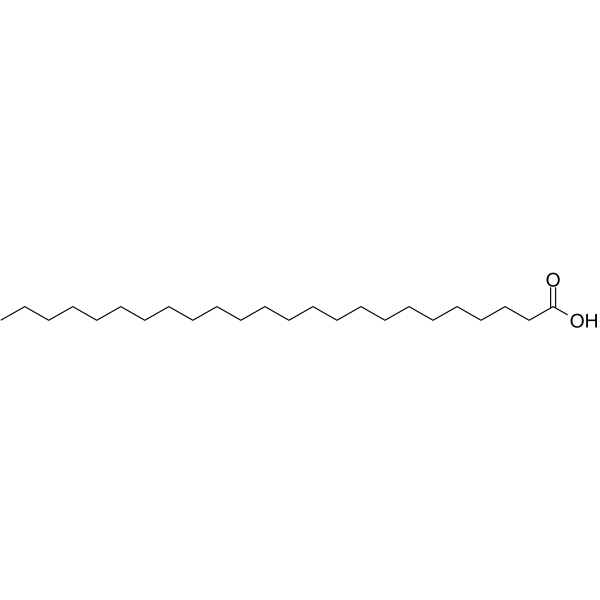
- HY-D0941
-
|
|
Fluorescent Dye
|
Others
|
|
5-Carboxytetramethylrhodamine can be used as a fluorescent probe of nucleic acids and proteins. 5-Carboxytetramethylrhodamine displays excitation maxima of 558 nm and an emission maximum of 586 nm [3].
|
-

- HY-A0271
-
|
Dihydroxyaluminum Aminoacetate
|
Others
|
Inflammation/Immunology
|
|
Aluminum Glycinate, an organo-metallic compound, is an antacid. Aluminum Glycinate can be used for the research of indigestion, acid reflux and ulcers .
|
-

- HY-105689
-
|
|
RAR/RXR
|
Others
|
|
AGN 192870 is a RAR neutral antagonist with Kds of 147, 33, and 42 nM for RARα, RARβ, and RARγ, respectively. AGN 192870 shows IC50s of 87 and 32 nM for RARαand RARγ, respectively. AGN 192870 shows RARβ partial agonism . AGN 192870 is a click chemistry reagent, it contains an Alkyne group and can undergo copper-catalyzed azide-alkyne cycloaddition (CuAAc) with molecules containing Azide groups.
|
-
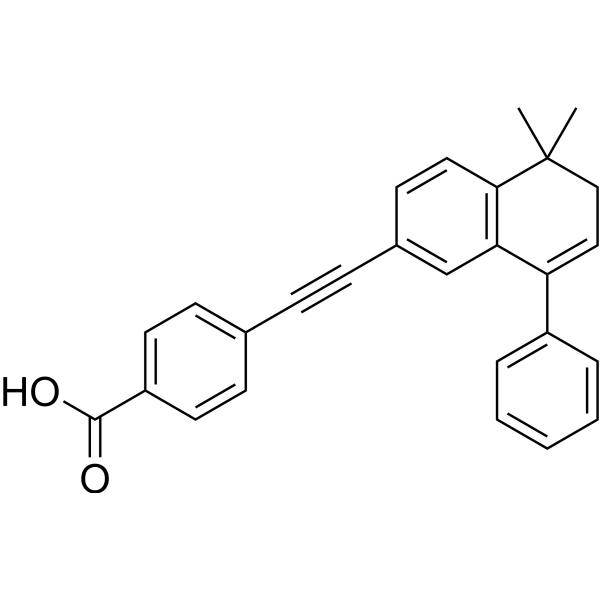
- HY-131591
-
|
|
Endogenous Metabolite
|
Others
|
|
Digalacturonic acid is a metabolite of pectin or pectic acid. Digalacturonic acid can be used for the co-crystallization of enzymes such as proteinase K .
|
-
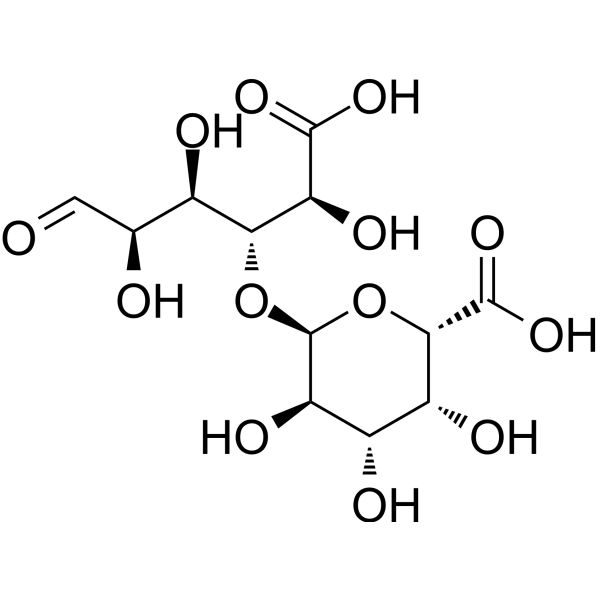
- HY-106200
-
|
|
Lipoxygenase
|
Inflammation/Immunology
|
|
CJ-13,610, a nonredox-type 5-LO inhibitor, dose dependently suppresses 5-LO product formation in ionophore A23187-stimulated PMNL in the absence of exogenous AA with an IC50 of about 70 nM . PMNL: polymorphonuclear leukocytes; AA: arachidonic acid
|
-
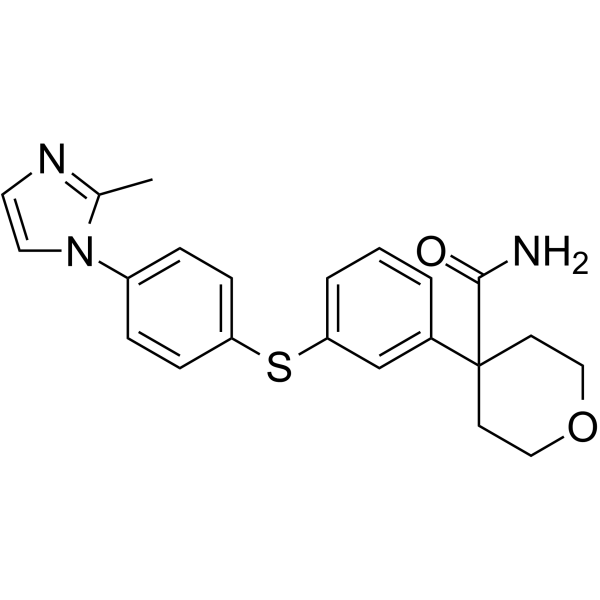
- HY-108455
-
|
PALDA
|
Others
|
Neurological Disease
|
|
N-Palmitoyl dopamine (PALDA) is a endogenous, long-chain, linear fatty acid dopamide, which is inactive on TRPV1. N-Palmitoyl dopamine displays 'entourage' effects on endovanilloids N-arachidonoyl-dopamine (NADA) and anandamide .
|
-

- HY-113442
-
-
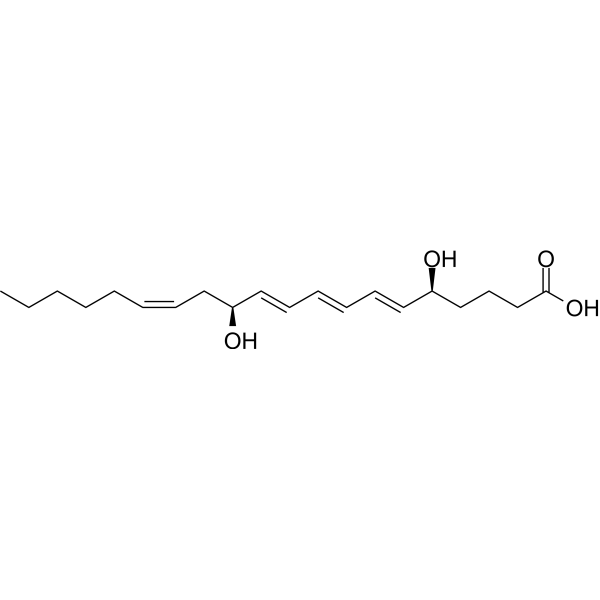
- HY-D0430
-
|
Tracid Brilliant Red B
|
Fluorescent Dye
|
Others
|
|
Acid Red 249 (Tracid Brilliant Red B) is a kind of weak acid dye containing sulfate ion .
|
-
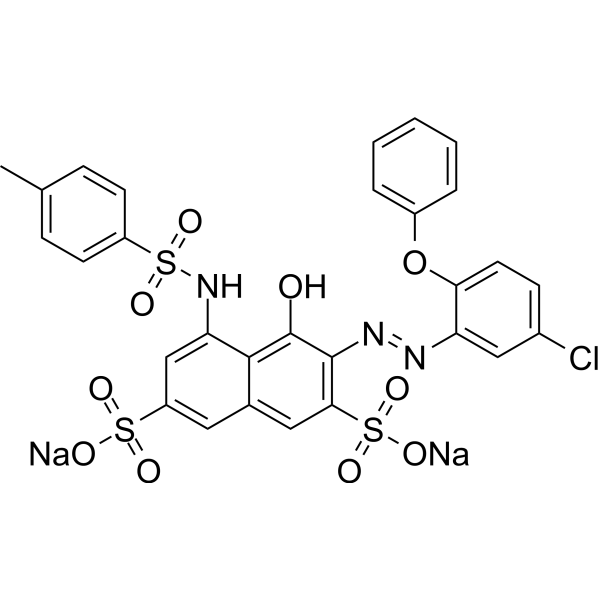
- HY-107233
-
|
Prosapogenin CP4
|
Others
|
Others
|
|
Saponin CP4 is an oleanolic acid derivative which lacks a 23-OH. Saponin CP4 shows no growth inhibition .
|
-
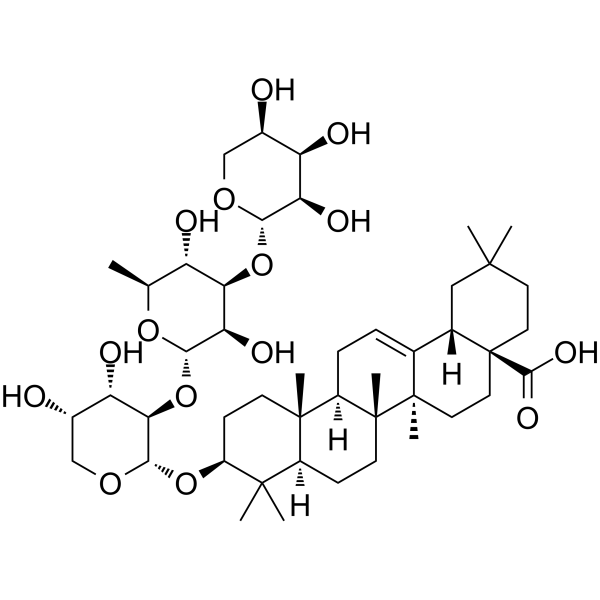
- HY-131515
-
-
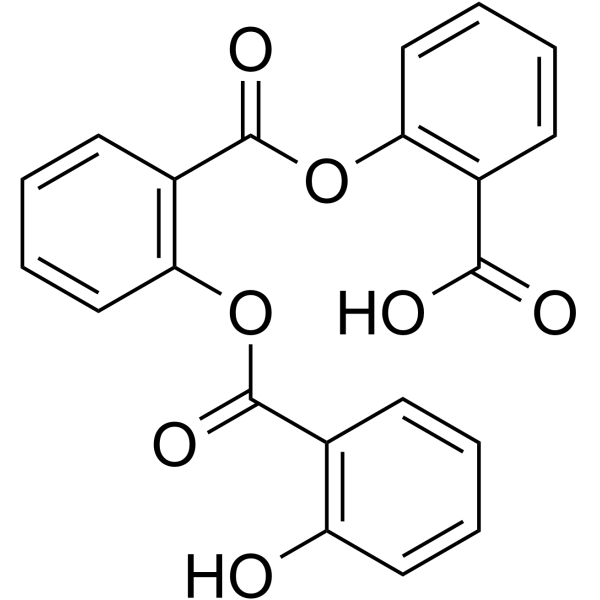
- HY-N10433
-
|
Icarisids E
|
Xanthine Oxidase
|
Metabolic Disease
|
|
Xanthine oxidase-IN-9 (Icarisids E) (Compound 2) is a potent xanthine oxidase (XOD) inhibitor with an IC50 of 31.81 μM .
|
-
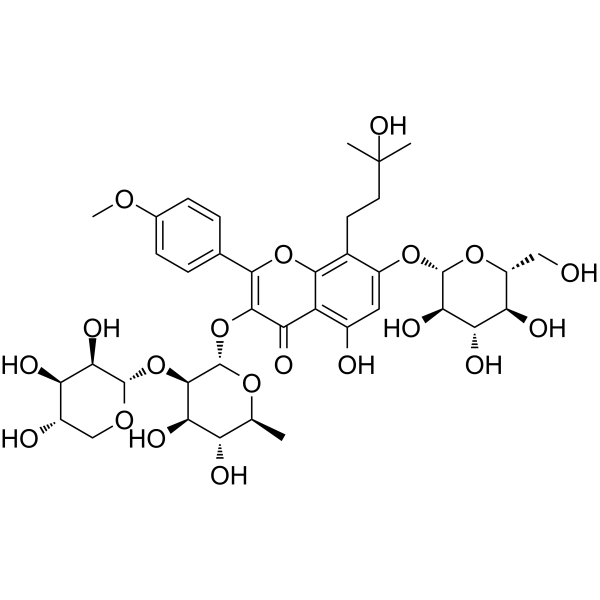
- HY-145952
-
|
|
Others
|
Metabolic Disease
|
|
(2E,9Z)-Octadeca-2,9-dienoic acid, a polyunsaturated fatty acid, can be used for the research of lipoxygenase-dependent metabolism .
|
-

- HY-147168
-
|
|
Others
|
Metabolic Disease
|
|
Biocytin hydrazide is a selective label for sialic acids, galactose, and other sugars in glycoconjugates using avidin-biotin technology .
|
-
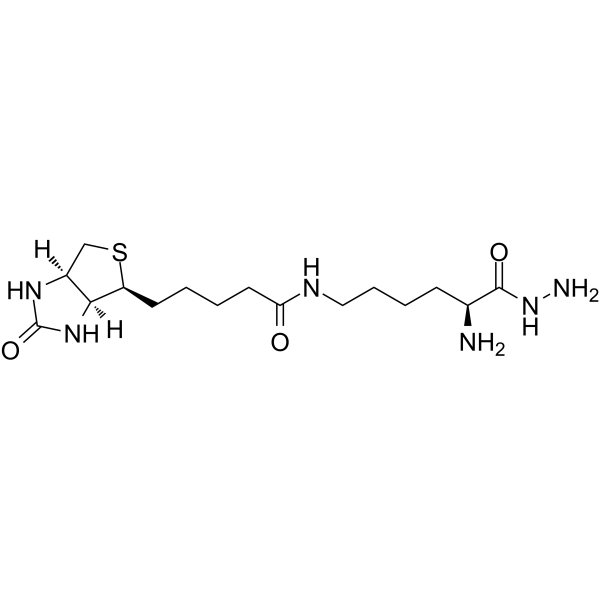
- HY-139040
-
|
|
PPAR
|
Metabolic Disease
|
|
2-Tetradecylthio acetic acid is a pan-peroxisome proliferator activated receptor (pan-PPAR) activator. 2-Tetradecylthio acetic acid induces hypolipidemia. 2-Tetradecylthio acetic acid reduces plasma lipids and enhances hepatic fatty acid oxidation in rodents. 2-Tetradecylthio acetic acid increases the expression of genes involved in fatty acid uptake, activation, accumulation, and oxidation .
|
-
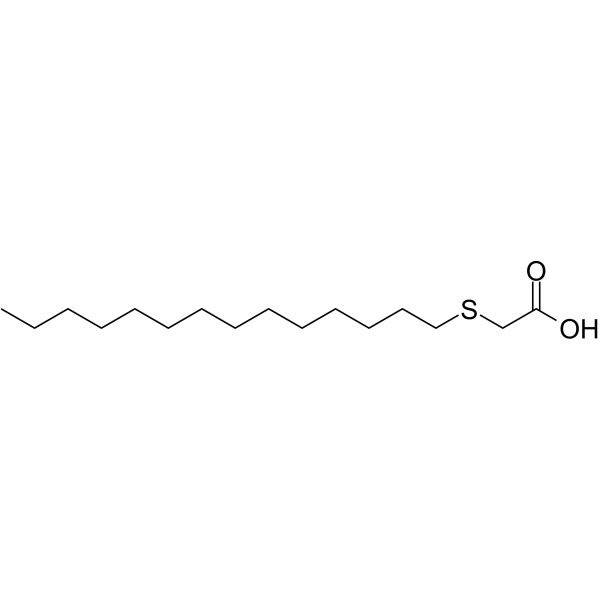
- HY-14289A
-
|
SKF-92334 hydrochloride
|
Histamine Receptor
Bacterial
|
Endocrinology
Cancer
|
|
Cimetidine (SKF-92334) hydrochloride is an orally active and inverse histamine H2 receptor antagonist with a Ki of 0.6 μM. Cimetidine hydrochloride is a gastric acid reducer, and can be used for duodenal and gastric ulcers research. Cimetidine hydrochloride has anti-cancer and anti-inflammatory activity .
|
-
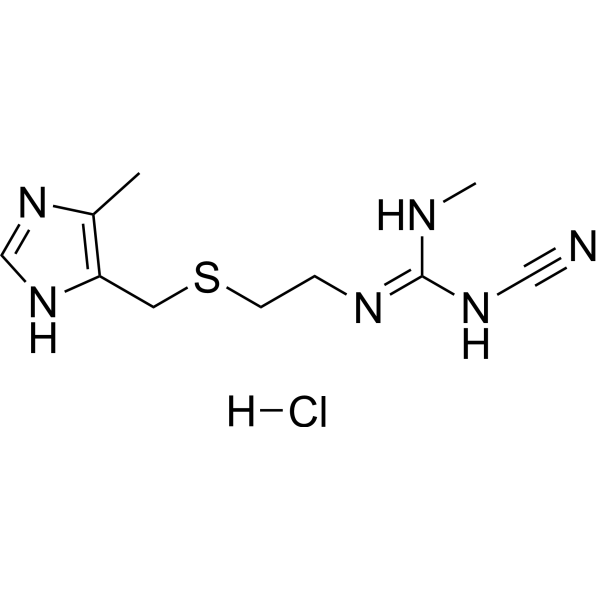
- HY-150555
-
|
|
Potassium Channel
|
Others
|
|
P-CAB agent 1 (compound B19) is a highly potent potassium-competitive acid blocker agent with an IC50 value of 60.50 nM for H +/K +-ATPase. P-CAB agent 1 has acceptable oral absorption in rats. P-CAB agent 1 can be used for researching acid-related disorders (ARDs) .
|
-
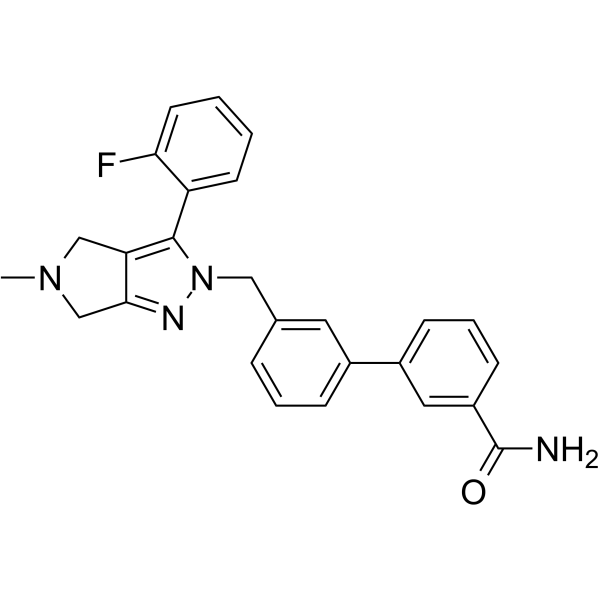
- HY-B0167S1
-
-

- HY-141576
-
|
|
Fluorescent Dye
|
Others
|
|
C6-NBD Sphinganine is a sphinganine analog and can be used as fluorescent dye for labeling fatty acid .
|
-

- HY-D1578
-
|
|
Fluorescent Dye
|
Others
|
|
C12FDGlcU is a lipophilic analog of fluorescein di-β-D-glucuronic acid. C12FDGlcU can be useful for the detection of β-glucuronidase (GUS) gene expression. C12FDGlcU can enter the cells and then be cleaved by β-glucuronidase, generating the yellow-colored, green-fluorescent fluorescein (Abs/Em of the reaction product: 495/518 nm) .
|
-
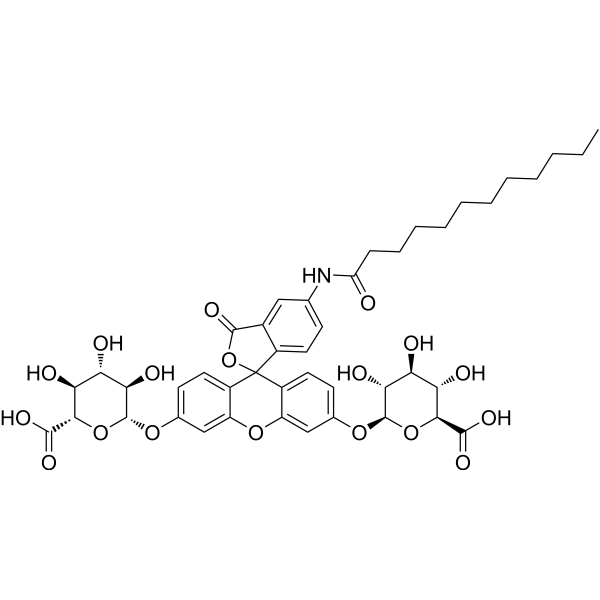
- HY-W010947
-
|
|
Fluorescent Dye
|
Inflammation/Immunology
|
|
4-Methylumbelliferyl palmitate is an excellent fluorophore for measuring acid lipase in human leukocytes. Acidity and solvent have important influence on its fluorescence. 4-Methylumbelliferyl palmitate exists mainly as neutral molecular form which can be produced strong fluorescence at 445 nm in near neutral aqueous solutions, and exist mainly as anion form which can be produced stronger fluorescence at 445 nm in weak alkaline solutions .
|
-
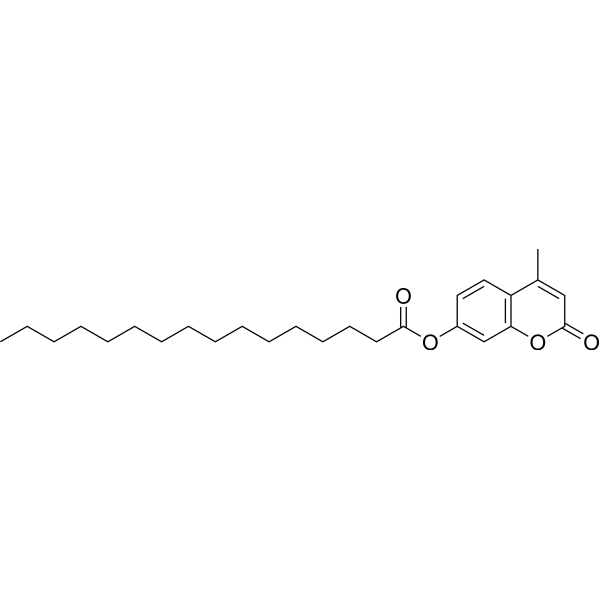
- HY-150125
-
-

- HY-147323
-
-
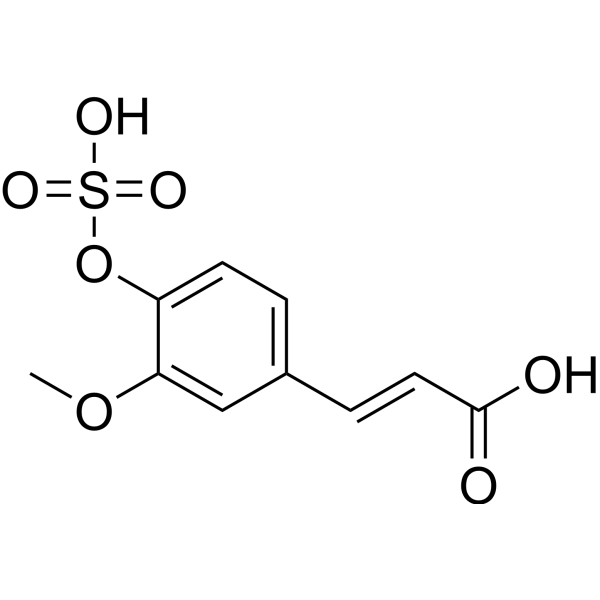
- HY-142105
-
|
2-Ethyl-2-hydroxybutyric acid
|
Endogenous Metabolite
|
Metabolic Disease
|
|
2-Ethyl-2-hydroxybutanoic acid (2-Ethyl-2-hydroxybutyric acid) is a hydroxy fatty acid. 2-Ethyl-2-hydroxybutanoic is a metabolite of DEHP (HY-B1945) .
|
-

- HY-W004515
-
|
|
Endogenous Metabolite
|
Others
|
|
3-Pyridineacetic acid hydrochloride is a higher homologue of nicotinic acid, a breakdown product of nicotine (and other tobacco alkaloids) .
|
-
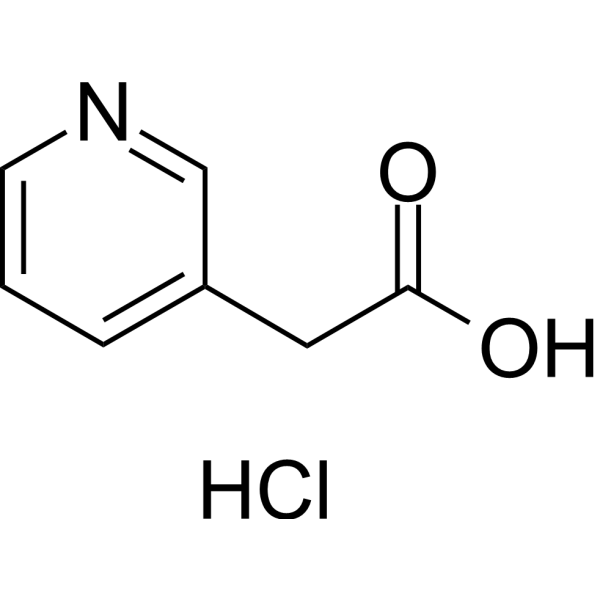
- HY-P3621
-
|
|
GCGR
|
Metabolic Disease
|
|
Biotinyl-Glucagon (1-29), human, bovine, porcine is a biotinylated glucagon. Glucagon is a peptide hormone, produced by α-cells of the pancreas, can increase concentration of glucose and fatty acids in the bloodstream .
|
-

- HY-P2755
-
|
XO; XOD
|
Reactive Oxygen Species
|
Inflammation/Immunology
Endocrinology
|
|
Xanthine oxidase, Microorganism (XO) is a xanthine oxidoreductase enzyme that generates reactive oxygen species (ROS), catalyzes the oxidation of hypoxanthine to xanthine, and further catalyzes the oxidation of xanthine to uric acid .
|
-
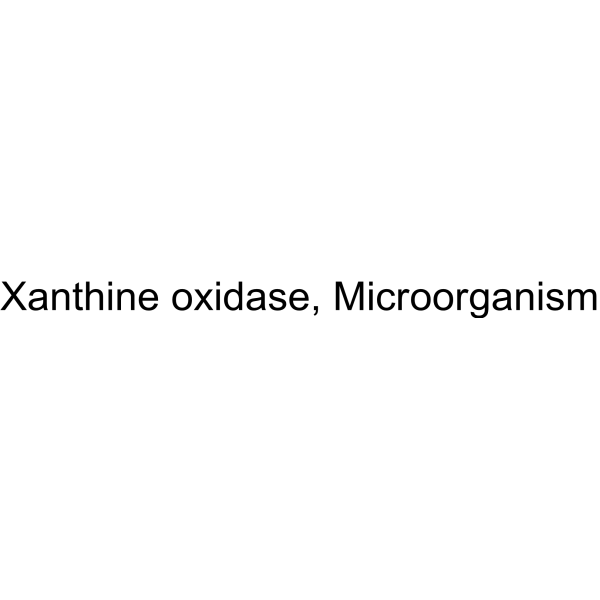
- HY-152033
-
|
|
URAT1
GLUT
|
Metabolic Disease
|
|
URAT1 inhibitor 4, a Lesinurad derivative, is a potent and orally active URAT1 inhibitor with an IC50 of 7.56 μM. URAT1 inhibitor 4 has higher in vivo urate-lowering efficacy than Lesinurad (HY-15258) .
|
-

- HY-N8588
-
|
|
Others
|
Others
|
|
Methyl ganoderate C6 is a ganoderic acid. Methyl ganoderate C6 can be used for the research of various biochemical .
|
-

- HY-W109613
-
|
|
Bacterial
|
Infection
|
|
Methyl dehydroabietate is a kind of resin acid that can be isolated from spruce bark. Methyl dehydroabietate has antimicrobial activities .
|
-
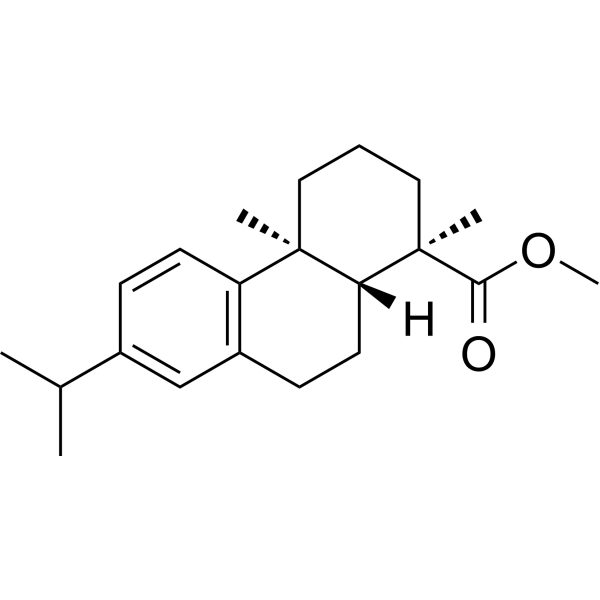
- HY-27787
-
|
cis-Eleostearic acid
|
Apoptosis
Ferroptosis
|
Metabolic Disease
Cancer
|
|
α-Eleostearic acid (cis-Eleostearic acid), a conjugated linolenic acid, is an apoptosis inducer. α-Eleostearic acid is also a ferroptosis inducer. α-Eleostearic acid exhibits antioxidant and antitumor activity [3].
|
-
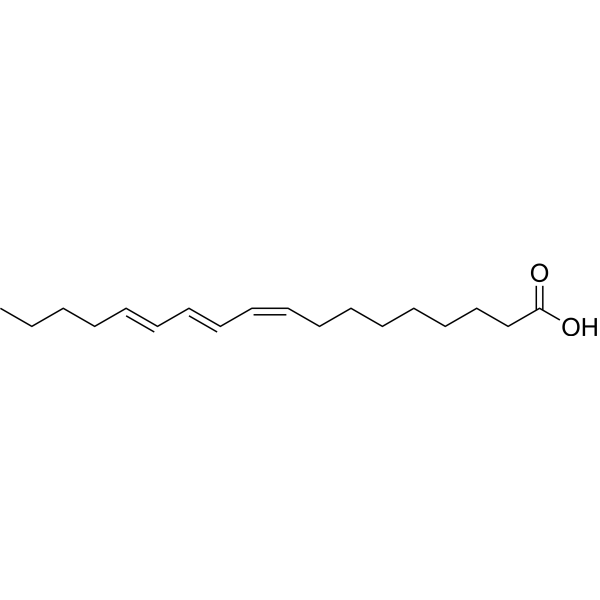
- HY-148701
-
|
|
Liposome
|
Cancer
|
|
mono-Pal-MTO is a palm oil-based lipid produced by combining the anticancer agent mitoxantrone (MTO) with palmitoleic acid. When nanoparticles of mono-Pal-MTO and di-Pal-MTO are combined in a molar ratio of 1:1, they show effective siRNA cell delivery and enhance anticancer activity .
|
-
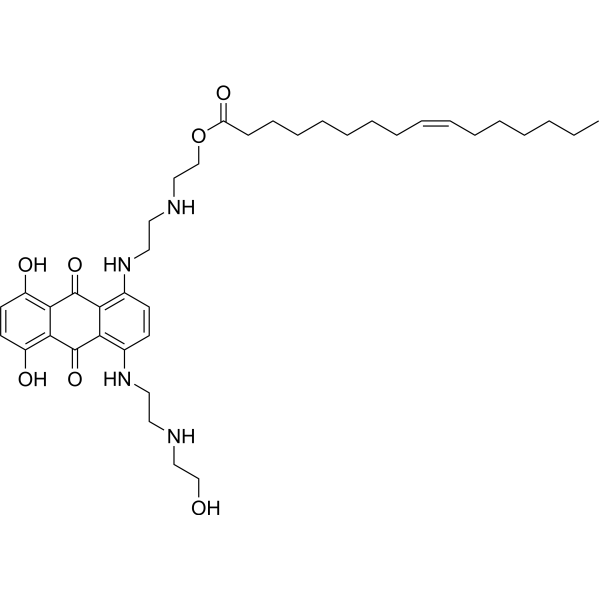
- HY-148702
-
|
|
Liposome
|
Cancer
|
|
di-Pal-MTO is a palm oil-based lipid produced by combining the anticancer agent mitoxantrone (MTO) with palmitoleic acid. When nanoparticles of mono-Pal-MTO and di-Pal-MTO are combined in a molar ratio of 1:1, they show effective siRNA cell delivery and enhance anticancer activity .
|
-
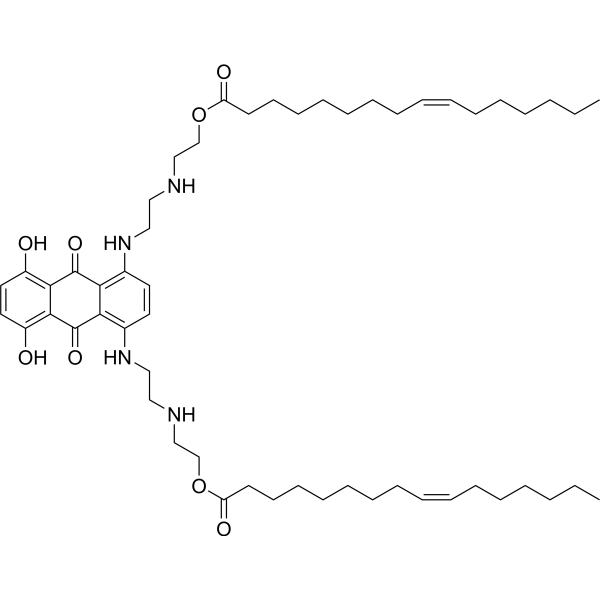
- HY-116246
-
-
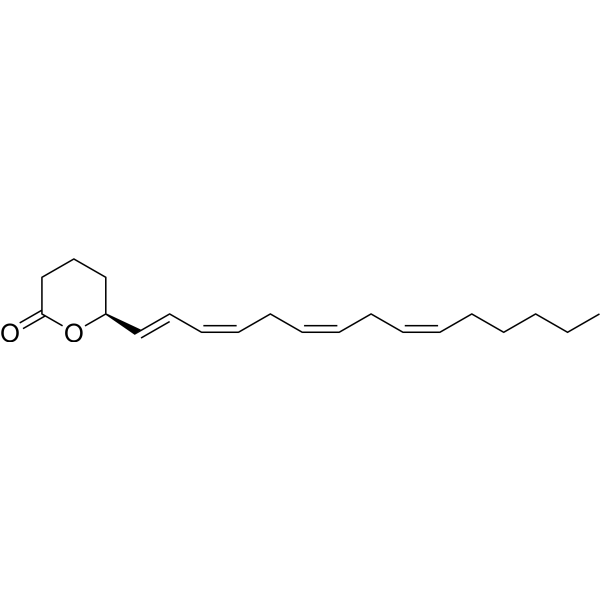
- HY-N2549A
-
|
(±)-trans-ABA
|
Others
|
Others
|
|
(±)-trans-Abscisic acid ((±)-trans-ABA) is an acid. (±)-trans-Abscisic acid can be isolated from strawberry tree (Arbutus unedo L.) honeys .
|
-
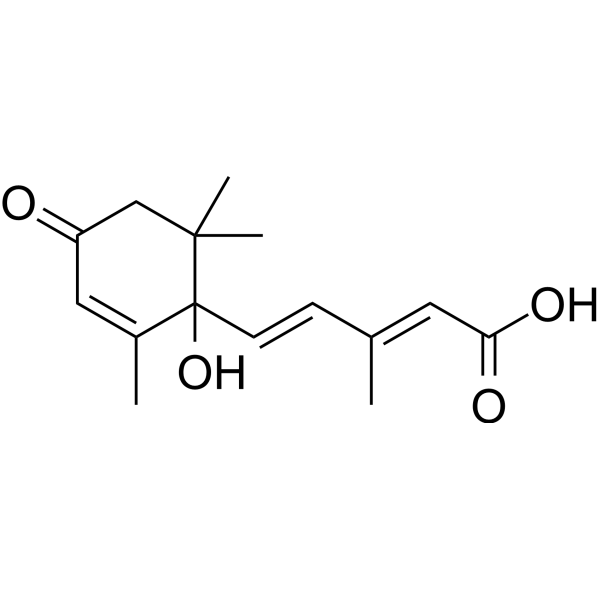
- HY-115899
-
-

- HY-P2947
-
|
Aldehyde dehydrogenase (NAD(P))
|
Aldehyde Dehydrogenase (ALDH)
|
Others
|
|
ALDH (Aldehyde dehydrogenase (NAD(P))) catalyzes the oxidation of aldehydes into their corresponding carboxylic acids with the concomitant reduction of the cofactor NAD(P) into NAD(P)H, is often used in biochemical studies. The ALDHs are one of many enzyme systems the body utilizes to alleviate aldehyde stress .
|
-
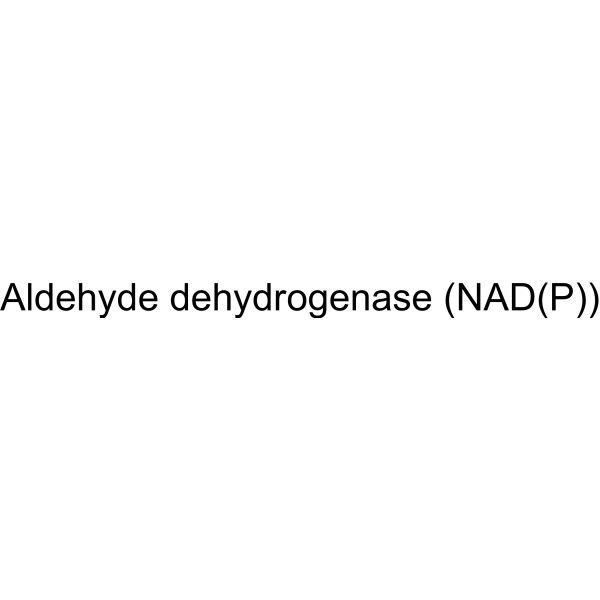
- HY-N11416
-
-
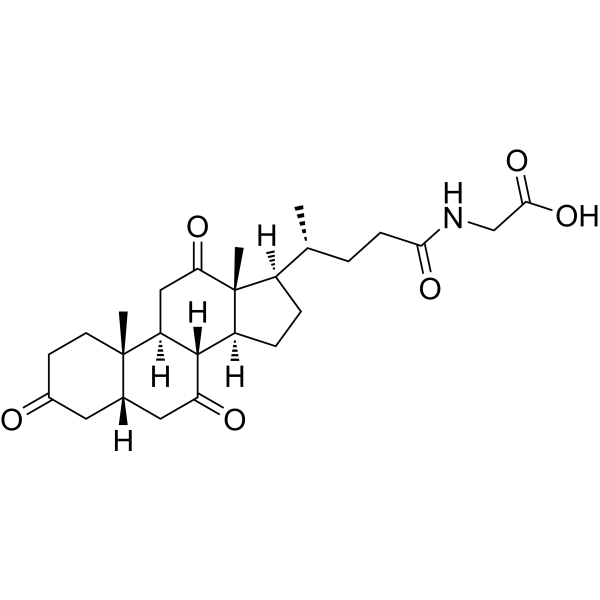
- HY-141570
-
|
|
Others
|
Others
|
|
Lyso-PAF C-16 is a substrate of lysoplasmalogen (LysoPls)-specific phospholipase D (LysoPLD). Lyso-PAF C-16 selective acetylates with arachidonic acid .
|
-

- HY-D0942
-
|
Euchrysine 3RX
|
Parasite
Fluorescent Dye
DNA Stain
|
Others
|
|
Acridine Orange (Euchrysine 3RX) zinc chloride salt is a cell-penetrable nucleic acid-selective fluorescent dye. Acridine Orange zinc chloride salt produces orange fluorescence when it binds to ssDNA or RNA, and green fluorescence when it binds to dsDNA (Ex: 488 nM; Em: green fluorescence at 530 nm, orange fluorescence at 640 nm) [3].
|
-

- HY-113017
-
|
|
Endogenous Metabolite
|
Others
|
|
Neuraminic acid is an acidic amino sugar with a backbone formed by nine carbon atoms. Neuraminic acid may also be visualized as the product of an aldol-condensation of pyruvic acid and D-mannosamine (2-amino-2-deoxy-mannose). Neuraminic acid is a functional group of some biologically active mucoproteins .
|
-
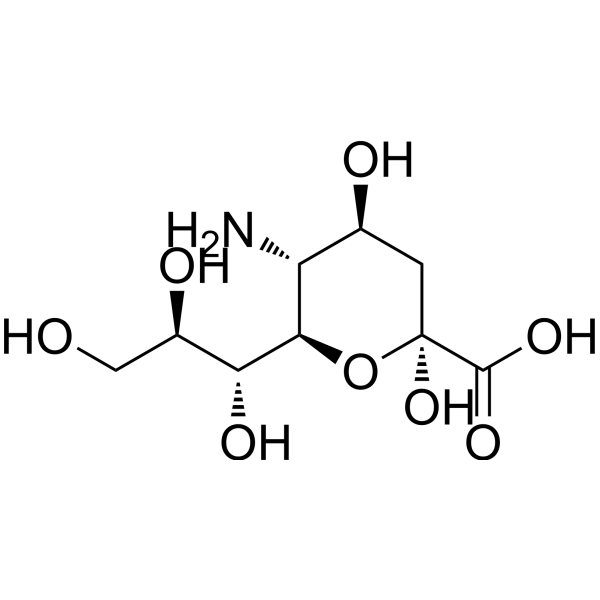
- HY-D1821
-
|
VF 750 Carboxylic acid(free acid)
|
Fluorescent Dye
|
Others
|
|
Vari Fluor 750 Carboxylic acid (VF 750 Carboxylic acid) free acid is a carboxylic acid derivative of Vari Fluor. Vari Fluor carboxylic acid derivatives are unactivated labeled fluorescent dyes for protein, antibody, and polysaccharide labeling that require carboxylic acid activation for use .
|
-

- HY-D1822
-
|
VF 555 Carboxylic acid(free acid)
|
Fluorescent Dye
|
Others
|
|
Vari Fluor 555 Carboxylic acid (VF 555 Carboxylic acid) free acid is a carboxylic acid derivative of Vari Fluor. Vari Fluor carboxylic acid derivatives are unactivated labeled fluorescent dyes for protein, antibody, and polysaccharide labeling that require carboxylic acid activation for use .
|
-

- HY-D1823
-
|
VF 647A Carboxylic acid(free acid)
|
Fluorescent Dye
|
Others
|
|
Vari Fluor 647A Carboxylic acid (VF 647A Carboxylic acid) free acid is a carboxylic acid derivative of Vari Fluor. Vari Fluor carboxylic acid derivatives are unactivated labeled fluorescent dyes for protein, antibody, and polysaccharide labeling that require carboxylic acid activation for use .
|
-

- HY-D1828
-
|
VF 640 Carboxylic acid(free acid)
|
Fluorescent Dye
|
Others
|
|
Vari Fluor 640 Carboxylic acid (VF 640 Carboxylic acid) free acid is a carboxylic acid derivative of Vari Fluor. Vari Fluor carboxylic acid derivatives are unactivated labeled fluorescent dyes for protein, antibody, and polysaccharide labeling that require carboxylic acid activation for use .
|
-

- HY-D1824
-
|
VF 488 Carboxylic acid(free acid)
|
Fluorescent Dye
|
Others
|
|
Vari Fluor 488 Carboxylic acid (VF 488 Carboxylic acid) free acid is a carboxylic acid derivative of Vari Fluor. Vari Fluor carboxylic acid derivatives are unactivated labeled fluorescent dyes for protein, antibody, and polysaccharide labeling that require carboxylic acid activation for use .
|
-

- HY-D1825
-
|
VF 532 Carboxylic acid(free acid)
|
Fluorescent Dye
|
Others
|
|
Vari Fluor 532 Carboxylic acid (VF 532 Carboxylic acid) free acid is a carboxylic acid derivative of Vari Fluor. Vari Fluor carboxylic acid derivatives are unactivated labeled fluorescent dyes for protein, antibody, and polysaccharide labeling that require carboxylic acid activation for use .
|
-

- HY-D1826
-
|
VF 594 Carboxylic acid(free acid)
|
Fluorescent Dye
|
Others
|
|
Vari Fluor 594 Carboxylic acid (VF 594 Carboxylic acid) free acid is a carboxylic acid derivative of Vari Fluor. Vari Fluor carboxylic acid derivatives are unactivated labeled fluorescent dyes for protein, antibody, and polysaccharide labeling that require carboxylic acid activation for use .
|
-

- HY-D1827
-
|
VF 660 Carboxylic acid(free acid)
|
Fluorescent Dye
|
Others
|
|
Vari Fluor 660 Carboxylic acid (VF 660 Carboxylic acid) free acid is a carboxylic acid derivative of Vari Fluor. Vari Fluor carboxylic acid derivatives are unactivated labeled fluorescent dyes for protein, antibody, and polysaccharide labeling that require carboxylic acid activation for use .
|
-

- HY-D1829
-
|
VF 568 Carboxylic acid(free acid)
|
Fluorescent Dye
|
Others
|
|
Vari Fluor 568 Carboxylic acid (VF 568 Carboxylic acid) free acid is a carboxylic acid derivative of Vari Fluor. Vari Fluor carboxylic acid derivatives are unactivated labeled fluorescent dyes for protein, antibody, and polysaccharide labeling that require carboxylic acid activation for use .
|
-

- HY-D1830
-
|
VF 680 Carboxylic acid(free acid)
|
Fluorescent Dye
|
Others
|
|
Vari Fluor 680 Carboxylic acid (VF 680 Carboxylic acid) free acid is a carboxylic acid derivative of Vari Fluor. Vari Fluor carboxylic acid derivatives are unactivated labeled fluorescent dyes for protein, antibody, and polysaccharide labeling that require carboxylic acid activation for use .
|
-

- HY-108561
-
|
|
Prostaglandin Receptor
|
Others
|
|
L-670596 is an orally active and selective thrombsxane A2 receptor/prostaglandin receptor antagonist. L-670596 inhibits arachidonic acid (HY-109590) and U-44069 induced bronchoconstriction in the guinea pig. L-670596 also inhibits the aggregation of human platelet rich plasma induced by U-44069 .
|
-
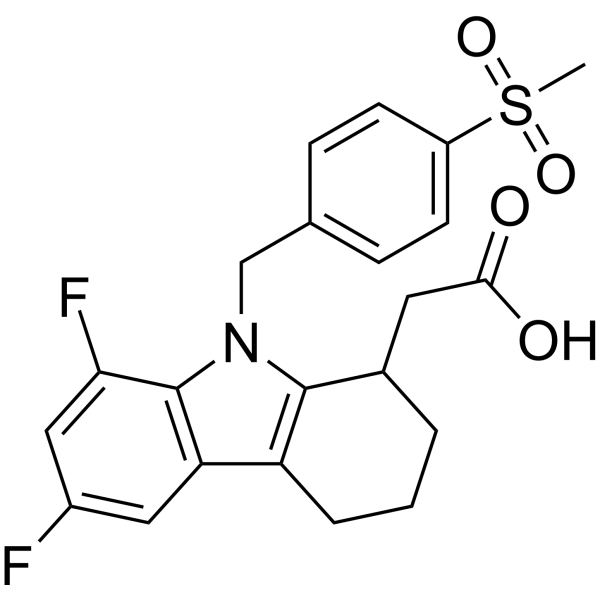
- HY-W014141
-
|
L-Ascorbic acid 5,6-acetonide
|
Biochemical Assay Reagents
|
Others
|
|
5,6-O-Isopropylidene-L-ascorbic acid (L-Ascorbic acid 5,6-acetonide) is an organic compound. 5,6-O-Isopropylidene-L-ascorbic acid is a derivative of L-Ascorbic acid (vitamin C). Ascorbic acid has antioxidant properties.
|
-
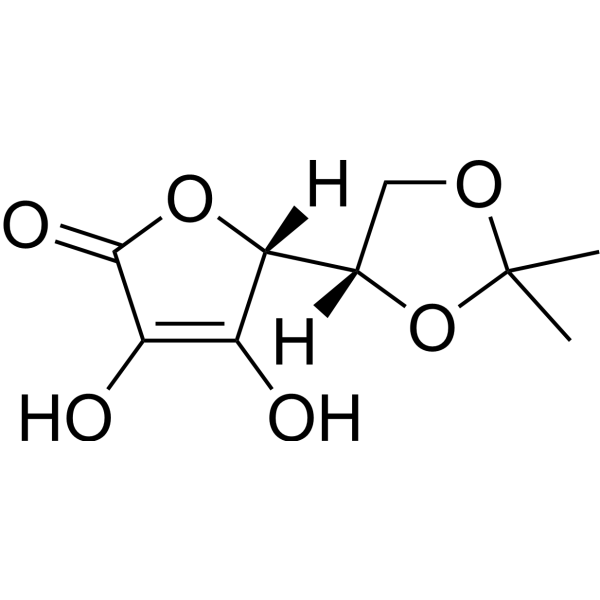
- HY-N10071
-
|
|
Others
|
Cancer
|
|
Poricoic acid G is a triterpenoid that can be isolated from Poria cocos. Poricoic acid G has a significant cytotoxic effect on leukemia cells and is a potential potent anti-leukemic compound in humans .
|
-
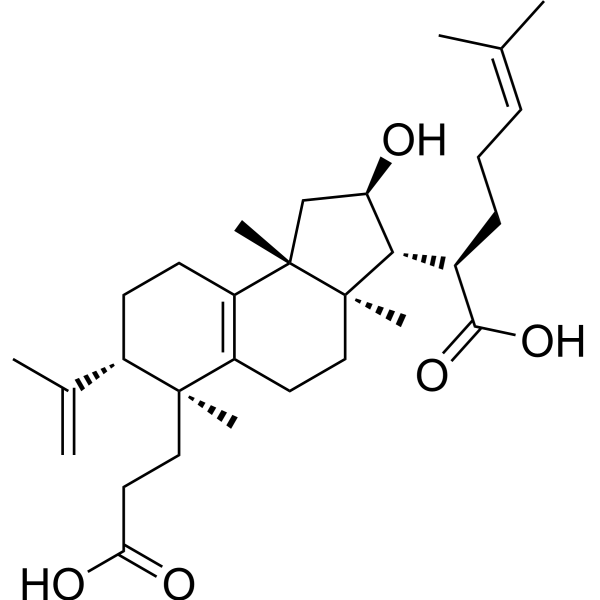
- HY-128473
-
|
Valeroyl salicylate
|
COX
|
Inflammation/Immunology
|
|
Valeryl salicylate is a potent and irreversible cyclooxygenase-1 (COX-1) inhibitor. Valeryl salicylate shows anti-inflammatory effect .
|
-
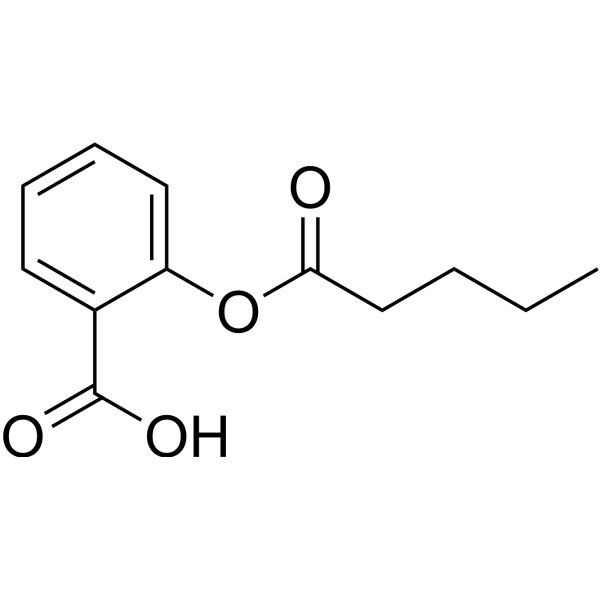
- HY-P4257
-
|
|
Angiotensin-converting Enzyme (ACE)
|
Cardiovascular Disease
|
|
L-Isoleucyl-L-arginine is a dipeptide formed from L-isoleucine and L-arginine residues. L-Isoleucyl-L-arginine is a potent angiotensin-converting enzyme (ACE) inhibitor. L-Isoleucyl-L-arginine can be used for research of hypertension .
|
-
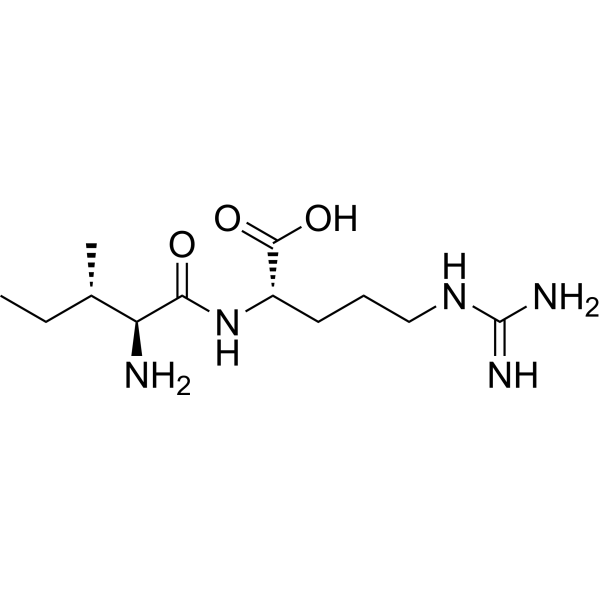
- HY-W018392S
-
|
MEHP-d4; Phthalic acid mono-2-ethylhexyl ester-d4
|
Isotope-Labeled Compounds
|
Metabolic Disease
|
|
Mono-(2-ethylhexyl) phthalate-d4 is a deuterium labeled Mono-(2-ethylhexyl) phthalate (HY-W018392). Mono-(2-ethylhexyl) phthalate (MEHP) is a major bioactive metabolite of diethylhexyl phthalate (DEHP). Mono-(2-ethylhexyl) phthalate can promote fatty acid synthesis in hepatocytes by regulating the expression of relevant genes and proteins, contributing to non-alcoholic fatty liver disease (NAFLD) .
|
-

- HY-156050
-
|
|
Others
|
Metabolic Disease
|
|
Thioacetamide-S-oxide, a Thiocetamide metabolite, is a δ-aminolevulinic acid (ALA) synthetase inhibitor .
|
-

- HY-N11927
-
|
(+)-Manwuweizic acid
|
Others
|
Others
|
|
Manwuweizic acid is a triterpenoid that can be isolated from Kadsura heteroclite .
|
-

- HY-155307
-
-
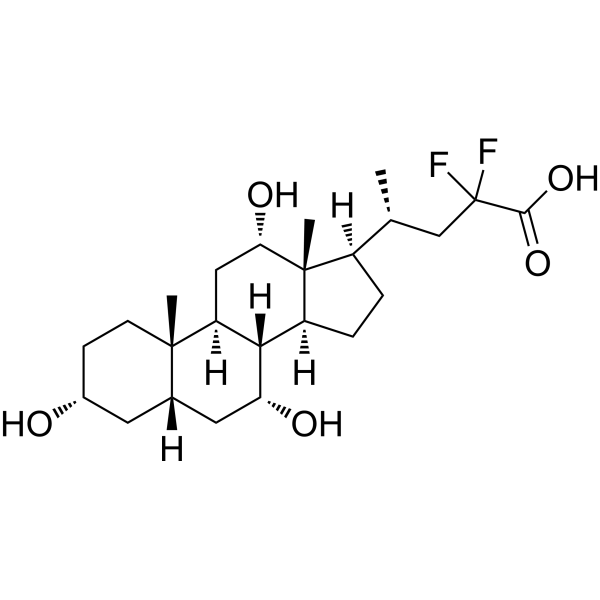
- HY-155306
-
-
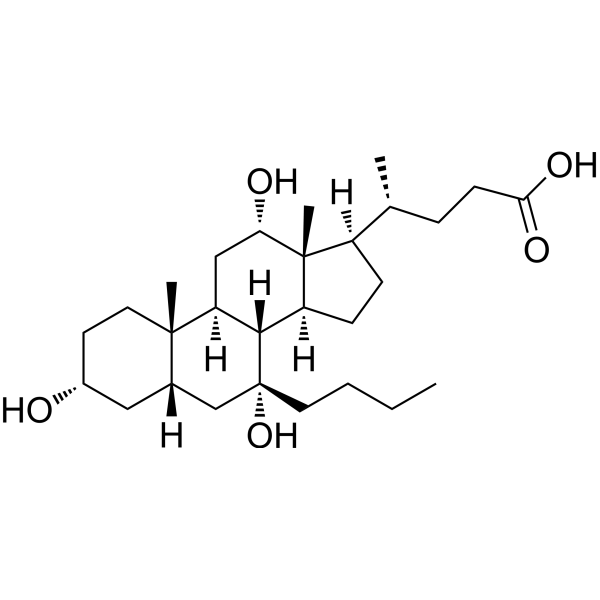
- HY-107469
-
|
Pyridoxaldehyde
|
Endogenous Metabolite
|
Metabolic Disease
|
|
Pyridoxal is one of the major forms of vitamin B6. Pyridoxal is phosphorylated by pyridoxal kinase to Pyridoxal phosphate (HY-B1744). Pyridoxal is oxidized by the liver to 4-Pyridoxic acid (HY-113493) which is excreted in the urine .
|
-

- HY-N10044
-
|
|
Others
|
Others
|
|
3-Feruloyl-4-caffeoylquinic acidis acaffeoyl, feruloyl quinic acidderivativeisolated fromroasted C.arabica .
|
-

- HY-E70196
-
|
Asp-N
|
MMP
|
Others
|
|
Endoproteinase Asp-N (Asp-N) is a metalloprotease that can specifically cleave the N-terminal side of aspartyl and cysteic acid residues .
|
-
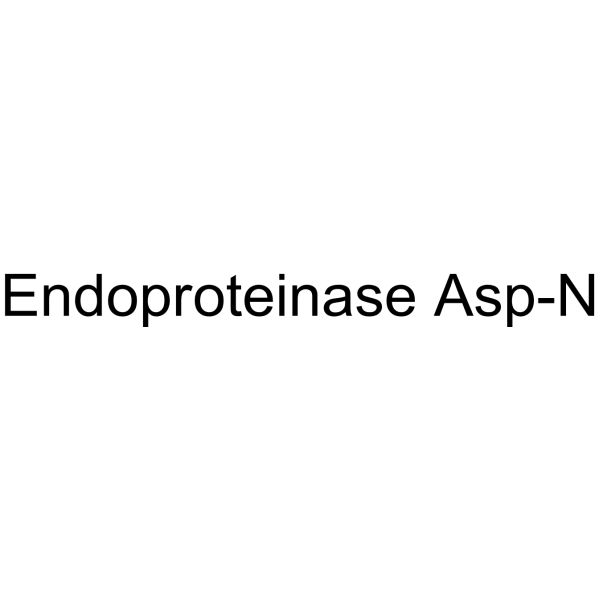
- HY-B1610H
-
|
Trisodium citrate dihydrate (Pharmaceutical primary standard, USP)
|
Biochemical Assay Reagents
|
Others
|
|
Sodium citrate dihydrate, United States Pharmacopeia (USP) Reference Standard is an antacid used in studies to neutralize gastric acid. Sodium citrate dehydrate can also be used to prepare biological buffers. Sodium citrate dehydrate is a reference standard grade of the United States Pharmacopeia (USP) and a first-class pharmaceutical standard .
|
-

- HY-N12506
-
|
|
Others
|
Others
|
|
Cimicifugic acid F is a hydroxycinnamic acid ester of piscidic acid isolated from the rhizomes of Cimicifuga racemosa.
|
-
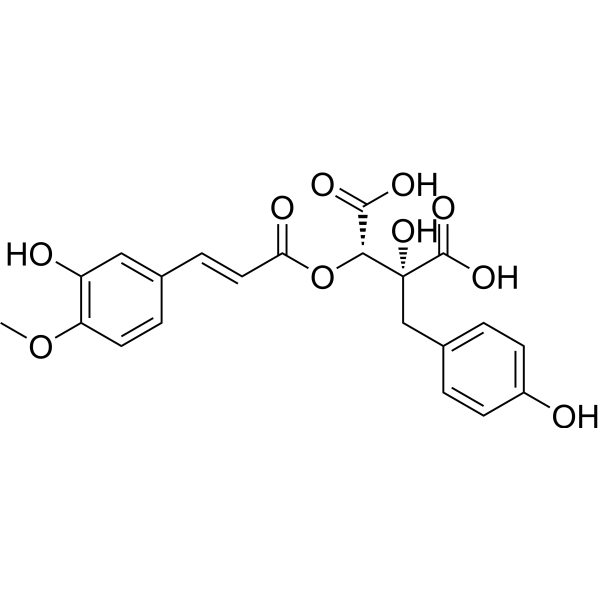
- HY-108166
-
|
|
Fluorescent Dye
|
Inflammation/Immunology
|
|
Hydroxystilbamidine, a dye capable of binding to both DNA and RNA, is a powerful inhibitor of cellular ribonucleases. Hydroxystilbamidine is a retrograde fluorescent tracer and a histochemical stain [1]
|
-
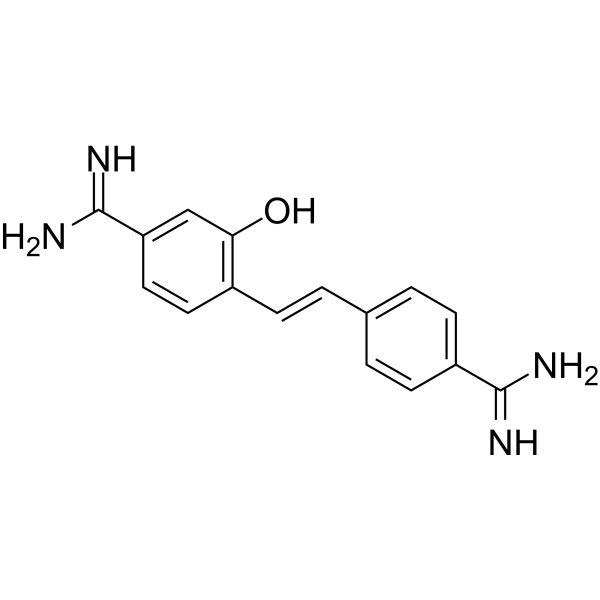
- HY-A0143A
-
|
DGLA sodium; all-cis-8,11,14-Eicosatrienoic acid sodium
|
Endogenous Metabolite
|
Cardiovascular Disease
Inflammation/Immunology
Cancer
|
|
Dihomo-γ-linolenic acid (DGLA; all-cis-8,11,14-Eicosatrienoic acid) sodium is a 20-carbon ω-6 fatty acid, with anti-inflammatory and anti-proliferative activities. Dihomo-γ-linolenic acid (sodium) attenuates atherosclerosis in the apolipoprotein E deficient mouse model system [3].
|
-

- HY-141473
-
|
Malonyl coenzyme A tetralithium
|
Endogenous Metabolite
Mitochondrial Metabolism
|
Metabolic Disease
|
|
Malonyl CoA (Malonyl coenzyme A) tetralithium is a substrate for fatty acid biosynthesis and an inhibitor of fatty acid oxidation. Malonyl CoA tetralithium is also a reversible inhibitor of mitochondrial carnitine palmitoyltransferase (CPT) 1 .
|
-
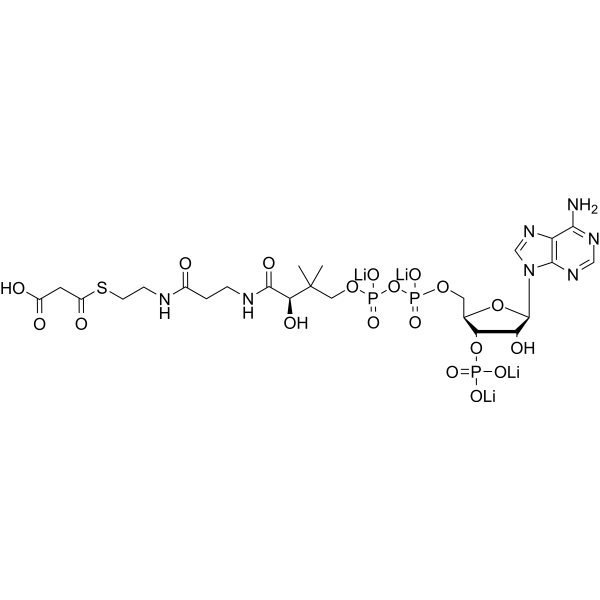
- HY-113152
-
|
|
Endogenous Metabolite
|
Others
|
|
Hypogeic acid can be isolated from autotrophic bacterial cultures associated with the accumulation of sulfate in biofilters .
|
-
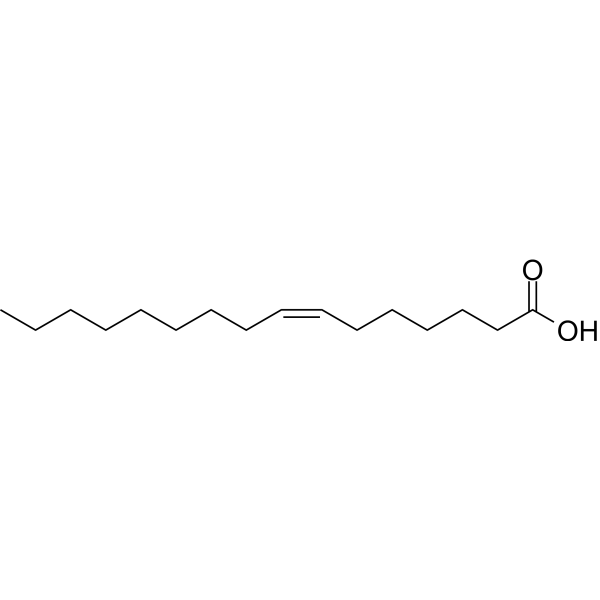
- HY-120109
-
|
|
Endogenous Metabolite
|
Cancer
|
|
13-HODE methyl ester, a racemic mixture of 13(R)-HODE methyl ester and 13(S)-HODE methyl ester, is a 15-lipoxygenase metabolite of Linoleic acid .
|
-
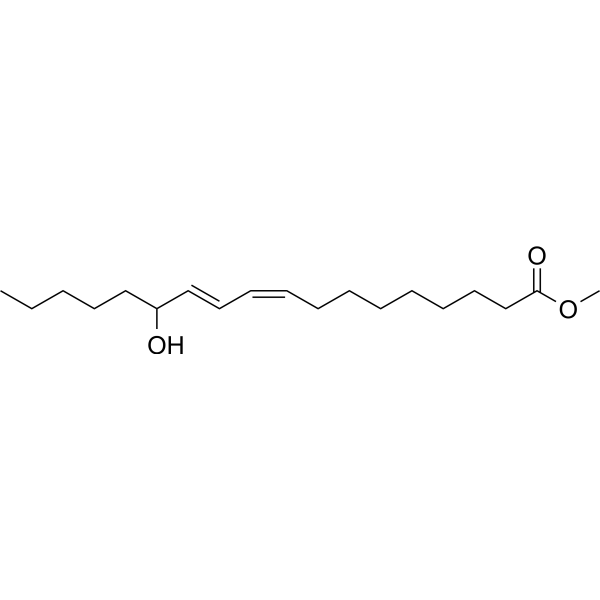
- HY-124001
-
|
|
TRP Channel
|
Neurological Disease
|
|
N-Docosanoyl taurine is a lipoamino acid. N-Docosanoyl taurine is a discriminatory metabolity that drive the classification of brain regions .
|
-

- HY-139267
-
|
|
Others
|
Others
|
|
(±)19(20)-EpDTE is an oxylipin and an oxidative metabolite of docosapentaenoic acid .
|
-
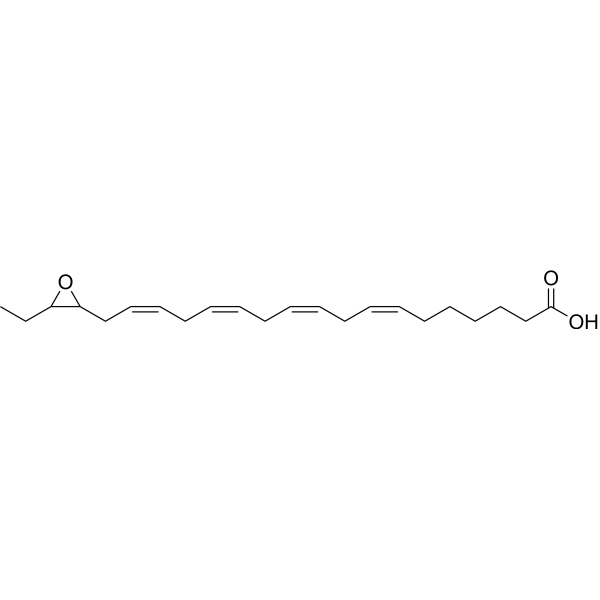
- HY-139268
-
|
|
Others
|
Others
|
|
(±)7(8)-EpDTE is an oxylipin and an oxidative metabolite of docosapentaenoic acid .
|
-
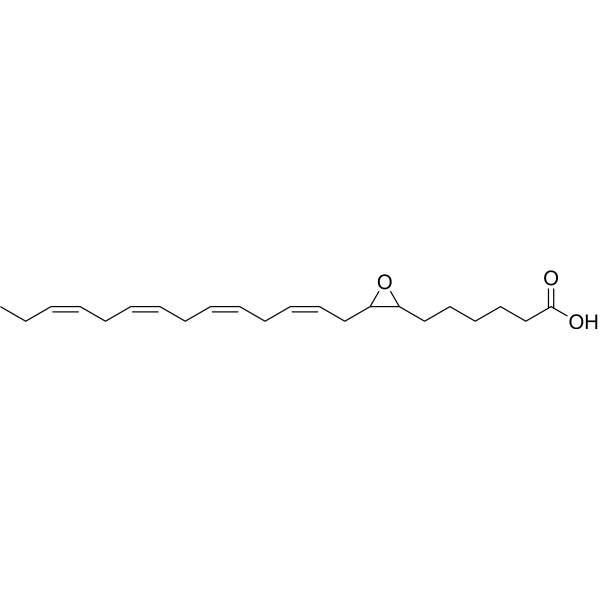
- HY-141642
-
|
Glycerol triheptadecanoate; Trimargarin
|
Others
|
Others
|
|
Triheptadecanoin is a triacylglycerol that contains heptadecanoic acid at the sn-1, sn-2, and sn-3 positions .
|
-

- HY-157730
-
-
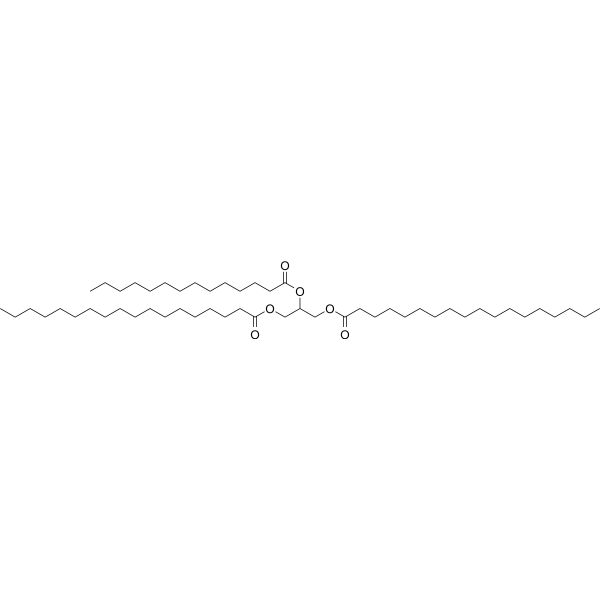
- HY-157731
-
-
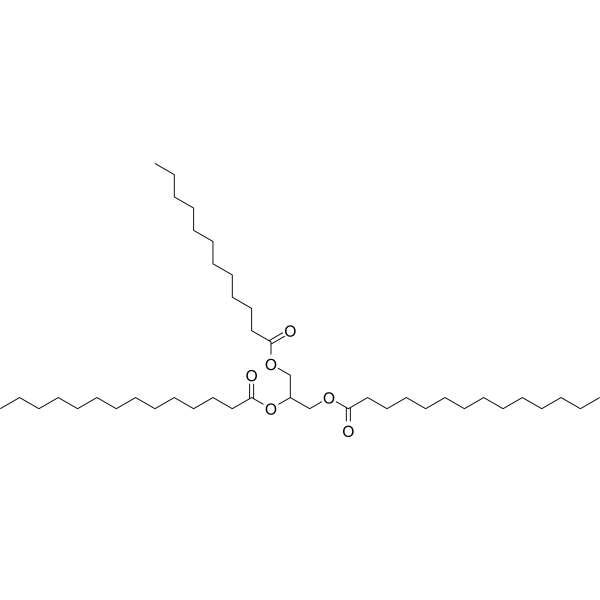
- HY-17623D
-
|
CJ-12420 Benzoate; RQ-00000004 Benzoate
|
Proton Pump
|
Metabolic Disease
|
|
Tegoprazan Benzoate is the benzoate form of Tegoprazan (HY-17623). Tegoprazan (CJ-12420), a potassium-competitive acid blocker, is a potent, oral active and highly selective inhibitor of gastric H +/K +-ATPase that could control gastric acid secretion and motility, with IC50 values ranging from 0.29-0.52 μM for porcine, canine, and human H +/K +-ATPases in vitro .
|
-
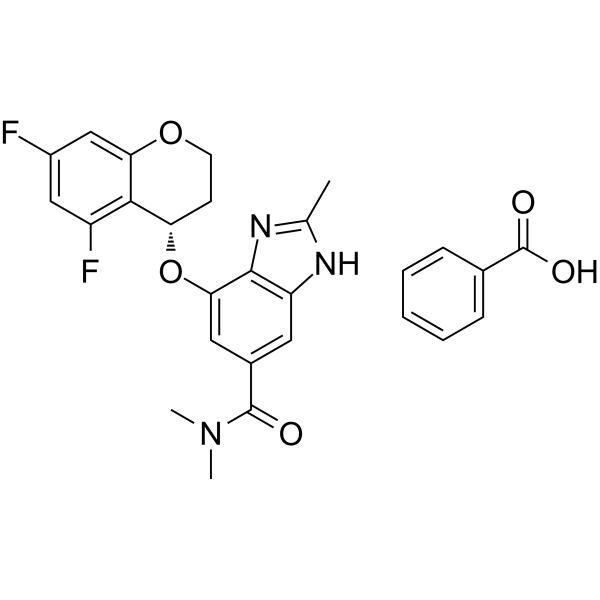
- HY-118072
-
|
|
Others
|
Neurological Disease
|
|
Aspalatone is an orally active antiplatelet aggregant with IC50 of 180 μM. Aspalatone has antioxidant and neuroprotective activities .
|
-
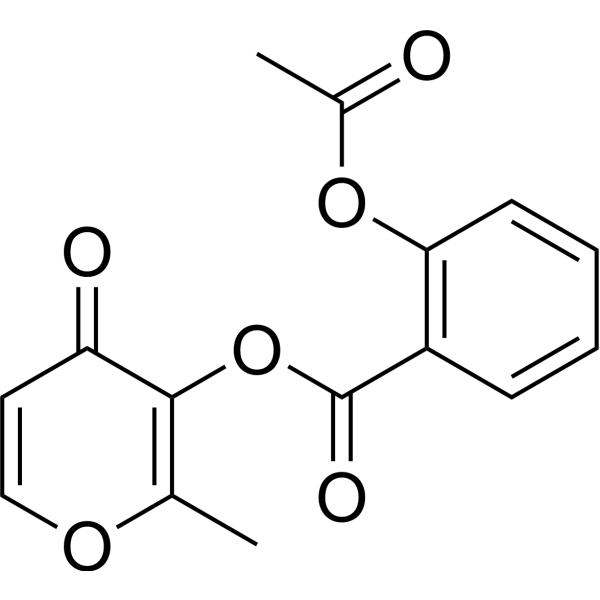
- HY-W725954
-
|
|
Others
|
Others
|
|
Triheneicosanoin is a triacylglycerol containing heneicosanoic acid groups. Triheneicosanoin can be used as internal standard for the quantification of fatty acids in the milk samples .
|
-
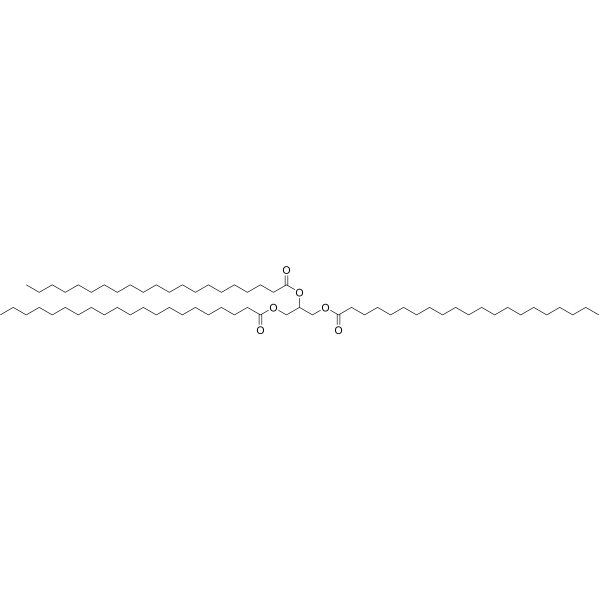
- HY-120178
-
|
|
Others
|
Cardiovascular Disease
|
|
(±)7(8)-DiHDPA is a epoxygenase metabolite of docosahexaenoic acid (HY-B2167). (±)7(8)-DiHDPA inhibits platelet aggregation at concentrations below those affecting thromboxane synthesis .
|
-
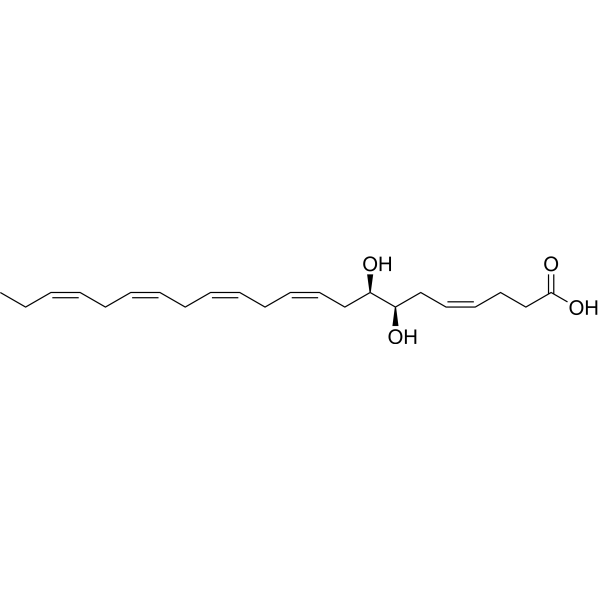
- HY-116424
-
|
Anti-dynamin II
|
Others
|
Inflammation/Immunology
|
|
DYn-2 is capable of monitoring global changes in protein sulfenylation generated by Nox-mediated growth factor signaling. DYn-2 selectively targets protein sulfenic acid modifications .
|
-
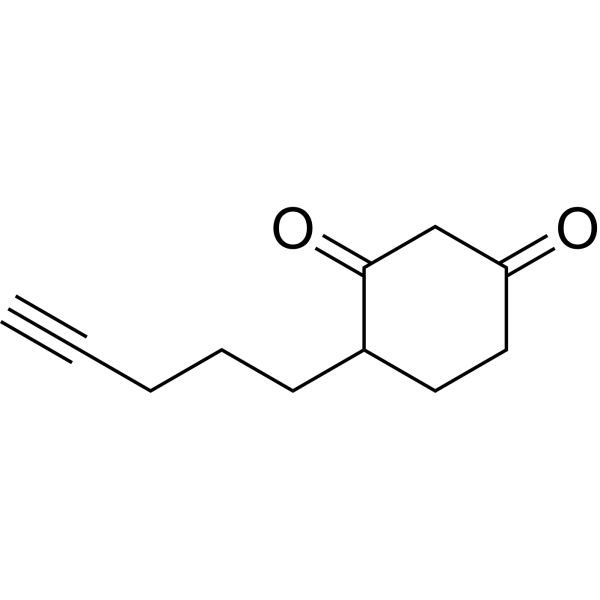
- HY-117617
-
|
|
Histone Acetyltransferase
|
Cancer
|
|
CAY10669 (compound 6d) is an anacardic acid (HY-N2020) derivative that inhibits histone acetyltransferase PCAF with an IC50 of 662 μM . CAY10669 enhances the SAHA-induced acetylation in HEPG2 cells, exhibits cytotoxicity in zebrafish embryo, promotes transgene expression in CHO-K1 cells [3].
|
-
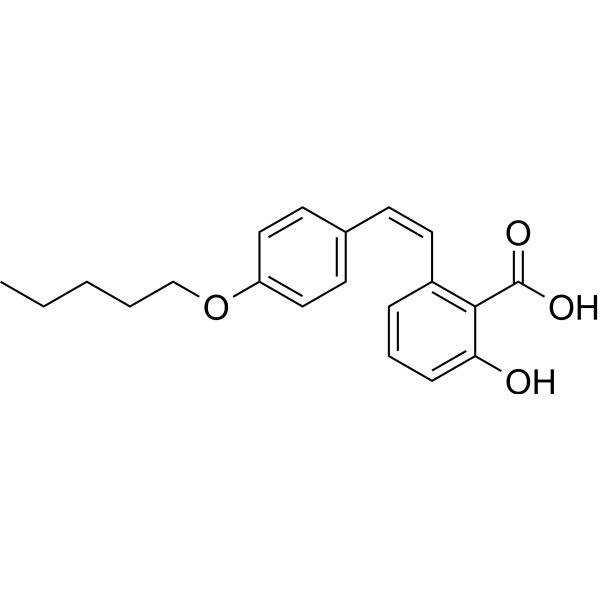
- HY-120442
-
|
|
Others
|
Cardiovascular Disease
|
|
(±)16(17)-DiHDPA is a epoxygenase metabolite of docosahexaenoic acid (HY-B2167). (±)16(17)-DiHDPA inhibits platelet aggregation at concentrations below those affecting thromboxane synthesis .
|
-
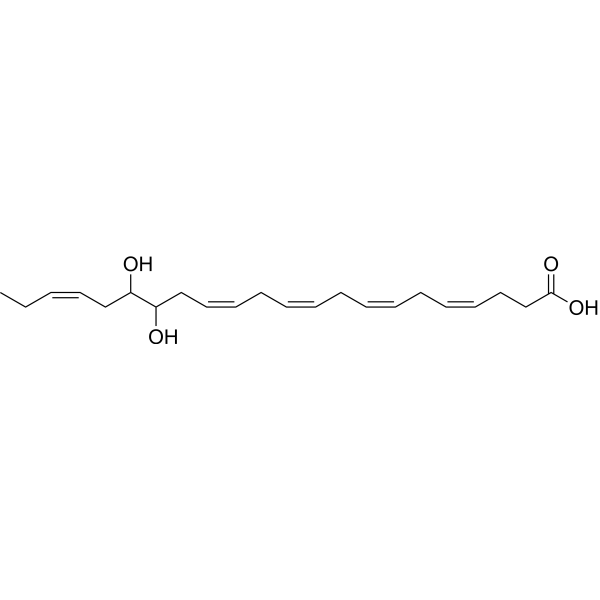
- HY-152898A
-
|
|
Biochemical Assay Reagents
|
Others
|
|
Arachidonoyl CoA triammonium is used as a substrate in the synthesis of Arachidonoyl amino acids. Arachidonoyl CoA triammonium directly interacts with FadR to inhibit binding at its DNA targets .
|
-
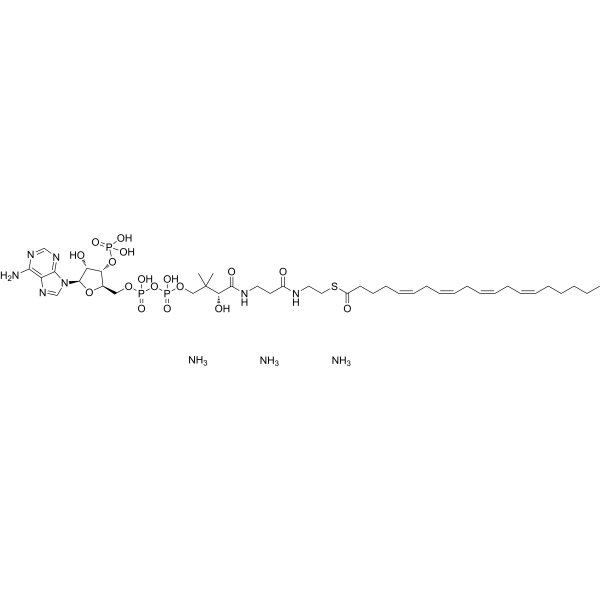
- HY-W009694
-
|
|
Biochemical Assay Reagents
|
Others
|
|
3,5-Dinitrosalicylic acid the derivative of salicylic acid. 3,5-Dinitrosalicylic acid is used in the α-amylase assay, carbohydrase assay, and for the colorimetric determination of reducing substances .
|
-

- HY-W364575
-
|
|
Others
|
Cancer
|
|
Methyl-4-oxoretinoate is a derivative of Retinoic acid (HY-14649). Methyl-4-oxoretinoate inhibits TPA (HY-18739)-induced ornithine decarboxylase (ODC) activity, and carcinogen-induced papillomas in mouse skin .
|
-

- HY-14739R
-
|
|
PPAR
COX
|
Cardiovascular Disease
|
|
Choline Fenofibrate (Standard) is the analytical standard of Choline Fenofibrate. This product is intended for research and analytical applications. Choline Fenofibrate (ABT-335), a choline salt of Fenofibric acid (HY-B0760), releases free Fenofibric acid in the gastrointestinal tract. Fenofibric acid is a PPAR activator with antihyperlipidemic effect .
|
-

- HY-B0493R
-
|
|
Chloride Channel
COX
|
Inflammation/Immunology
|
|
Niflumic acid (Standard) is the analytical standard of Niflumic acid. This product is intended for research and analytical applications. Niflumic acid is a calcium-activated chloride channel blocker and COX-2 inhibitor with the IC50 value of 100 nM. Niflumic acid induces apoptosis through caspase-8/Bid/Bax pathway in lung cancer cells. Niflumic acide exhibits anti-tumor activity by affecting the expression of ERK1/2 and the activity of MMP2 and MMP9. Niflumic acid has orally bioactivity. Niflumic acid acts on rheumatoid arthritis [3] .
|
-

- HY-W000932
-
|
|
Bacterial
|
Infection
|
|
Butylboronic acid is a competitive soybean urease inhibitor with an IC50 of 2.9 mM and a Ki of 1.5 mM .
|
-

- HY-15295
-
|
TAK-438
|
Proton Pump
|
Metabolic Disease
|
|
Vonoprazan Fumarate (TAK-438), a proton pump inhibitor (PPI), is a potent and orally active potassium-competitive acid blocker (P-CAB), with antisecretory activity. Vonoprazan Fumarate inhibits H +,K +-ATPase activity in porcine gastric microsomes with an IC50 of 19 nM at pH 6.5. Vonoprazan Fumarate is developed for the research of acid-related diseases, such as gastroesophageal reflux disease and peptic ulcer disease .
|
-
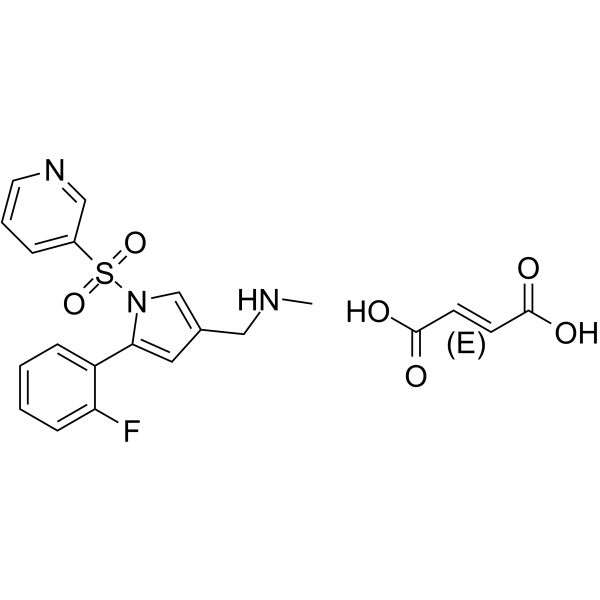
- HY-100007
-
|
TAK-438 free base
|
Proton Pump
Bacterial
|
Endocrinology
|
|
Vonoprazan (TAK-438 free base), a proton pump inhibitor (PPI), is a potent and orally active potassium-competitive acid blocker (P-CAB), with antisecretory activity. Vonoprazan inhibits H +,K +-ATPase activity in porcine gastric microsomes with an IC50 of 19 nM at pH 6.5. Vonoprazan is developed for the research of acid-related diseases, such as gastroesophageal reflux disease and peptic ulcer disease. Vonoprazan can be used for eradication of Helicobacter pylori [3].
|
-
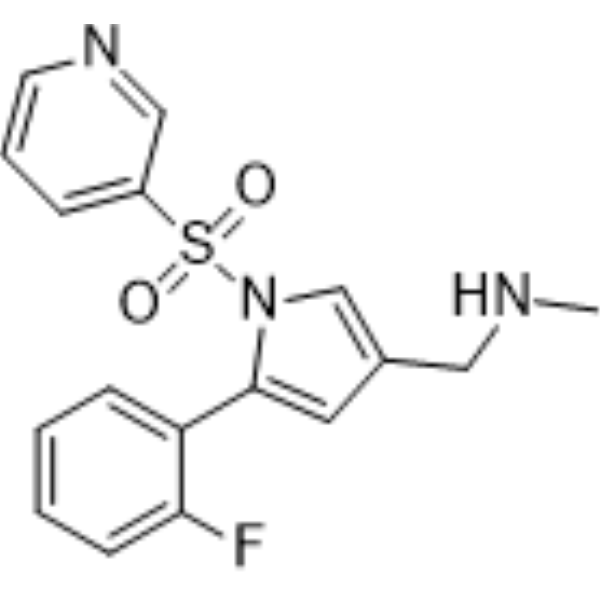
- HY-100007A
-
|
TAK-438 hydrochloride
|
Proton Pump
Bacterial
|
Infection
Endocrinology
|
|
Vonoprazan hydrochloride, a proton pump inhibitor (PPI), is a potent and orally active potassium-competitive acid blocker (P-CAB), with antisecretory activity. Vonoprazan hydrochloride inhibits H +,K +-ATPase activity in porcine gastric microsomes with an IC50 of 19 nM at pH 6.5. Vonoprazan hydrochloride is developed for the research of acid-related diseases, such as gastroesophageal reflux disease and peptic ulcer disease. Vonoprazan hydrochloride can be used for eradication of Helicobacter pylori [3].
|
-
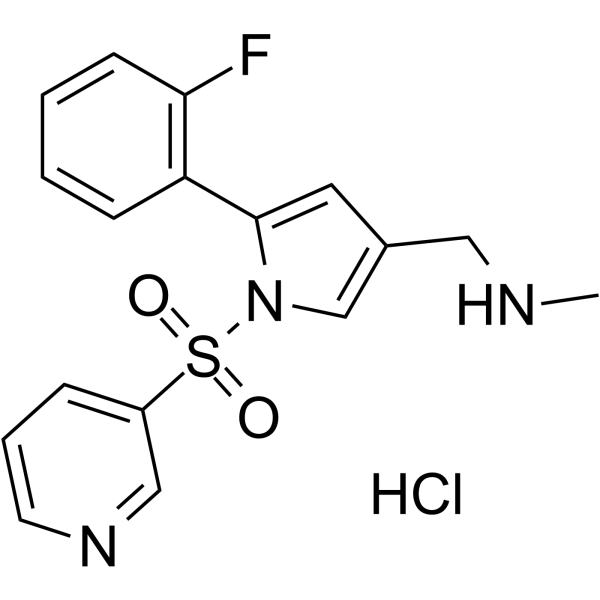
- HY-100007R
-
|
|
Proton Pump
Bacterial
|
Endocrinology
|
|
Vonoprazan (Standard) is the analytical standard of Vonoprazan. This product is intended for research and analytical applications. Vonoprazan (TAK-438 free base), a proton pump inhibitor (PPI), is a potent and orally active potassium-competitive acid blocker (P-CAB), with antisecretory activity. Vonoprazan inhibits H +,K +-ATPase activity in porcine gastric microsomes with an IC50 of 19 nM at pH 6.5. Vonoprazan is developed for the research of acid-related diseases, such as gastroesophageal reflux disease and peptic ulcer disease. Vonoprazan can be used for eradication of Helicobacter pylori [3].
|
-

- HY-N0729
-
|
|
Endogenous Metabolite
|
Cardiovascular Disease
Metabolic Disease
Cancer
|
|
Linoleic acid is a common polyunsaturated (PUFA) found in plant-based oils, nuts and seeds. Linoleic acid is a part of membrane phospholipids, and functions as a structural component to maintain a certain level of membrane fluidity of the transdermal water barrier of the epidermis. Linoleic acid induces red blood cells and hemoglobin damage via oxidative mechanism .
|
-

- HY-128851
-
|
|
Fatty Acid Synthase (FASN)
Endogenous Metabolite
|
Metabolic Disease
|
|
Coenzyme A (CoASH) is a ubiquitous and essential cofactor, which is an acyl group carrier and carbonyl-activating group for the citric acid cycle and fatty acid metabolism. Coenzyme A plays a central role in the oxidation of pyruvate in the citric acid cycle and the metabolism of carboxylic acids, including short- and long-chain fatty acids .
|
-
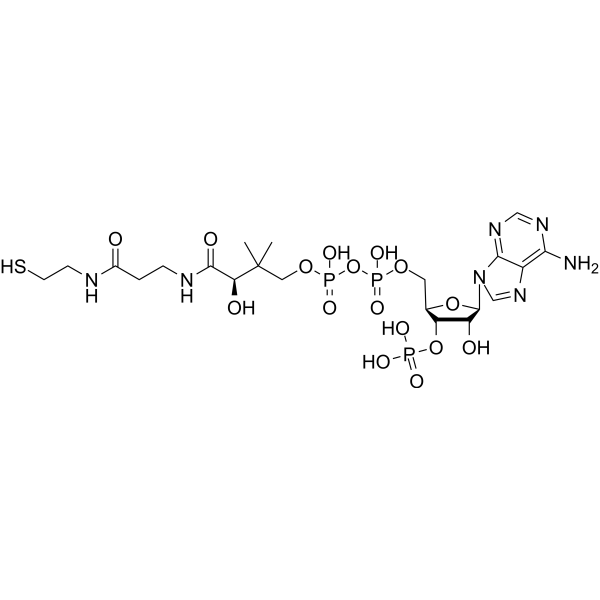
- HY-W102456
-
|
L-4-Acetylphenylalanine
|
Others
|
Others
|
|
H-Phe(4-Ac)-OH is a keto-containing amino acid, which can be conversed from α-keto acids containing acetyl. H-Phe(4-Ac)-OH can be incorporated at the amber position to afford the mutant Z domain protein [3].
|
-
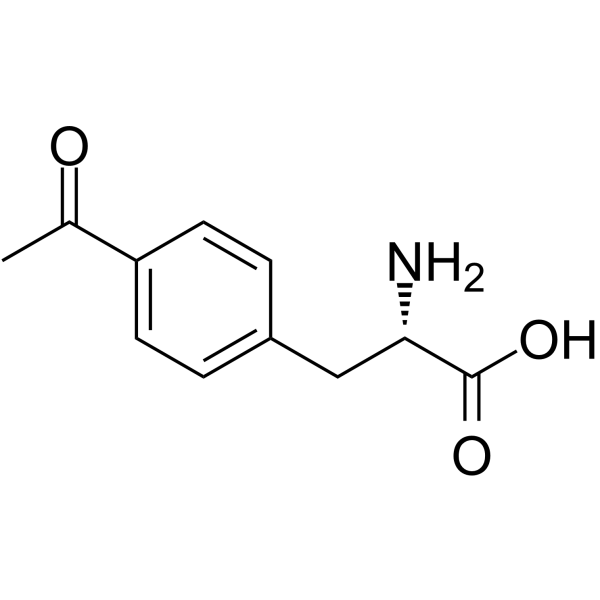
- HY-128851A
-
|
|
Endogenous Metabolite
Fatty Acid Synthase (FASN)
|
Metabolic Disease
|
|
Coenzyme A (CoASH) is a ubiquitous and essential cofactor, which is an acyl group carrier and carbonyl-activating group for the citric acid cycle and fatty acid metabolism. Coenzyme A plays a central role in the oxidation of pyruvate in the citric acid cycle and the metabolism of carboxylic acids, including short- and long-chain fatty acids .
|
-

- HY-125954A
-
|
UDP-α-D-glucuronic acid ammonium
|
Endogenous Metabolite
|
Metabolic Disease
|
|
Uridine diphosphate glucuronic acid (UDP-GlcA) ammonium is a cofactor that is formed by the catalytic activity of UDP-glucose dehydrogenase. Uridine diphosphate glucuronic acid (ammonium) is a central precursor in sugar nucleotide biosynthesis and common substrate for C4-epimerases and decarboxylases releasing UDP-galacturonic acid (UDP-GalA) and UDP-pentose products, respectively. Uridine diphosphate glucuronic acid (ammonium), as a glucuronic acid donor, can be used for for the research of the conjugation of bilirubin in the endoplasmic recticulum .
|
-

- HY-128851B
-
|
|
Endogenous Metabolite
Fatty Acid Synthase (FASN)
|
Metabolic Disease
|
|
Coenzyme A (CoASH) sodium is a ubiquitous and essential cofactor, which is an acyl group carrier and carbonyl-activating group for the citric acid cycle and fatty acid metabolism. Coenzyme A plays a central role in the oxidation of pyruvate in the citric acid cycle and the metabolism of carboxylic acids, including short- and long-chain fatty acids .
|
-
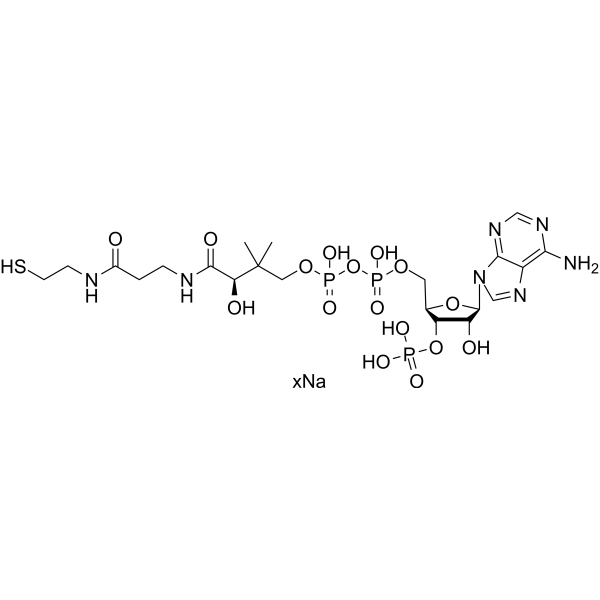
- HY-137808
-
|
Succinyl-CoA sodium
|
Endogenous Metabolite
|
Neurological Disease
Metabolic Disease
|
|
Succinyl-Coenzyme A (Succinyl-CoA) sodium is an intermediate of the citric acid cycle. Succinyl-Coenzyme A sodium can be converted to succinic acid and can also combines with glycine to form δ-ALA to synthesize porphyrins (heme). Succinyl-Coenzyme A sodium can be used in the study of metabolic, neurological and haematological abnormalities (such as porphyrias) caused by nutritional vitamin B12 deficiency (resulting in a deficiency in Succinyl-Coenzyme A synthesis) .
|
-
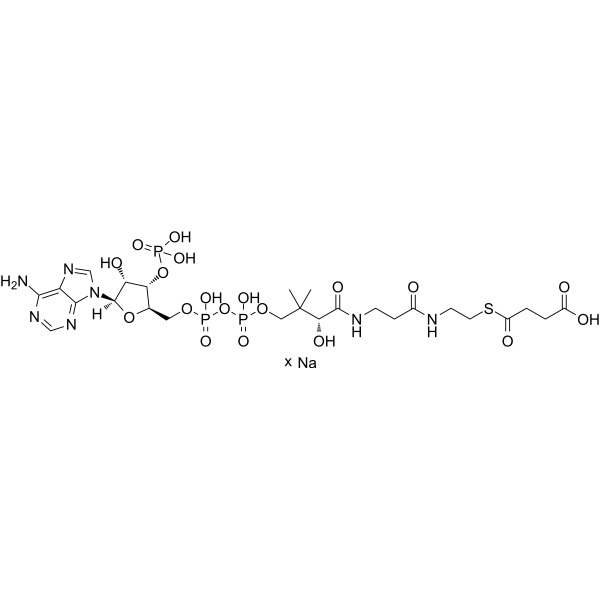
- HY-125954
-
|
UDP-α-D-glucuronic acid
|
Endogenous Metabolite
|
Metabolic Disease
|
|
Uridine diphosphate glucuronic acid (UDP-α-D-glucuronic acid) is a cofactor that is formed by the catalytic activity of UDP-glucose dehydrogenase. Uridine diphosphate glucuronic acid is a central precursor in sugar nucleotide biosynthesis and common substrate for C4-epimerases and decarboxylases releasing UDP-galacturonic acid (UDP-GalA) and UDP-pentose products, respectively. Uridine diphosphate glucuronic acid as a glucuronic acid donor, can be used for for the research of the conjugation of bilirubin in the endoplasmic recticulum .
|
-

- HY-146242
-
|
|
EAAT
ASCT
|
Cancer
|
|
SN05 is a potent amino acid transport (AAT) inhibitor with Kis of 2.77 μM, 0.73 μM, 0.87 μM, 3.7 μM, 7.25 μM, 7.23 μM and 2.22 μM for human ASCT1, rat ASCT2, human ASCT2, EAAT1, EAAT2, EAAC1 and EAAT5, respectively. SN05 can be used for researching anticancer .
|
-
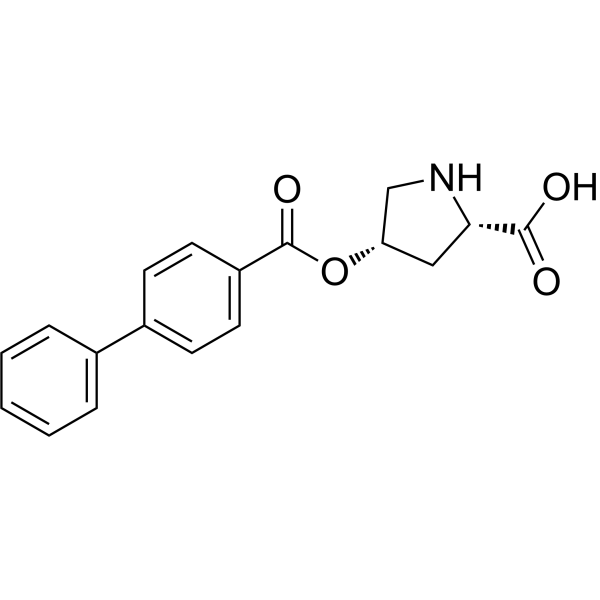
- HY-146241
-
|
|
EAAT
ASCT
|
Cancer
|
|
SN40 is a potent amino acid transport (AAT) inhibitor with Kis of 7.29 μM, 2.42 μM, 2.94 μM, 5.55 μM, 24.43 μM and 5.55 μM for rat ASCT2, human ASCT2, EAAT1, EAAT2, EAAC1 and EAAT5, respectively. SN40 can be used for researching anticancer .
|
-

- HY-146241B
-
|
|
Others
|
Others
|
|
SN40 hydrochloride is a potent amino acid transport (AAT) inhibitor with Kis of 7.29 μM, 2.42 μM, 2.94 μM, 5.55 μM, 24.43 μM and 5.55 μM for rat ASCT2, human ASCT2, EAAT1, EAAT2, EAAC1 and EAAT5, respectively. SN40 hydrochloride can be used for researching anticancer .
|
-
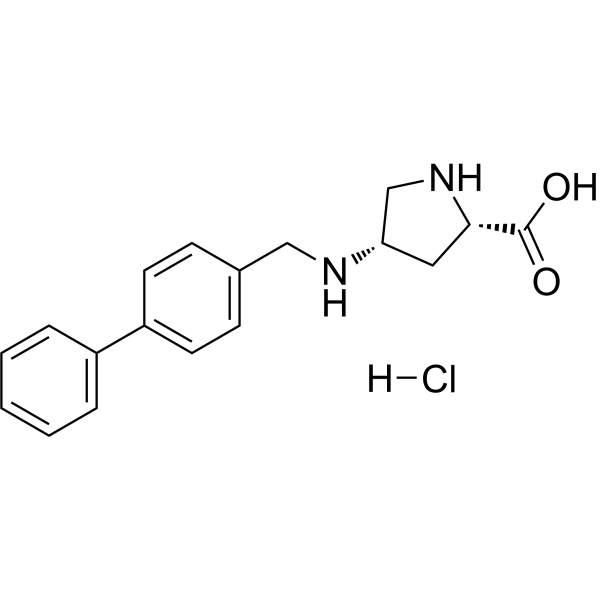
- HY-15453
-
|
CPI-613
|
Apoptosis
Mitochondrial Metabolism
|
Cancer
|
|
Devimistat (CPI-613) is a mitochondrial metabolism inhibitor. Devimistat is a lipoic acid antagonist that abrogates mitochondrial energy metabolism to induce apoptosis in various cancer cells .
|
-

- HY-14781
-
-

- HY-12642
-
|
|
Parasite
|
Infection
Inflammation/Immunology
|
|
Diethylcarbamazine citrate is an orally active anthropoidal compound. Diethylcarbamazine citrate is an inhibitor of arachidonic acid metabolism of filaria microfilaria. Diethylcarbamazine citrate has anti-inflammatory and antiparasitic activity [3].
|
-
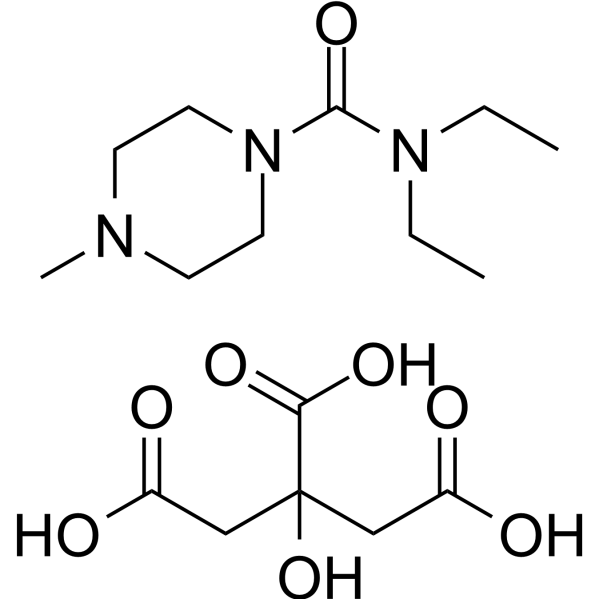
- HY-N0787
-
|
4-Caffeoylquinic acid; 4-O-Caffeoylquinic acid
|
Endogenous Metabolite
NF-κB
Keap1-Nrf2
mTOR
HIF/HIF Prolyl-Hydroxylase
|
Inflammation/Immunology
|
|
Cryptochlorogenic acid (4-Caffeoylquinic acid) is a naturally occurring phenolic acid compound with oral effectiveness, anti-inflammatory, antioxidant and anti-cardiac hypertrophy effects. Alleviating LPS (HY-D1056) and ISO (HY-B0468) by regulating proinflammatory factor expression, inhibiting NF-κB activity, promoting Nrf2 nuclear transfer, and regulating PI3Kα/Akt/ mTOR / HIF-1α signaling pathway Induced physiological stress response [3].
|
-
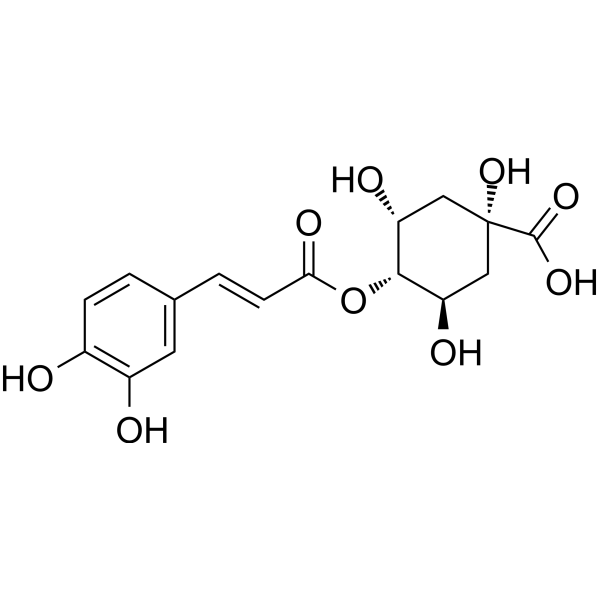
- HY-B1207
-
|
Ethyl carbamate; Carbamic acid ethyl ester; Ethylurethane
|
Bacterial
Parasite
|
Infection
Neurological Disease
Cancer
|
|
Urethane (Ethyl carbamate), the ethyl ester of carbamic acid, is a byproduct of fermentation found in various food products. Urethane has the ability to suppress bacterial, protozoal, sea urchin egg, and plant tissue growth in vitro .
|
-
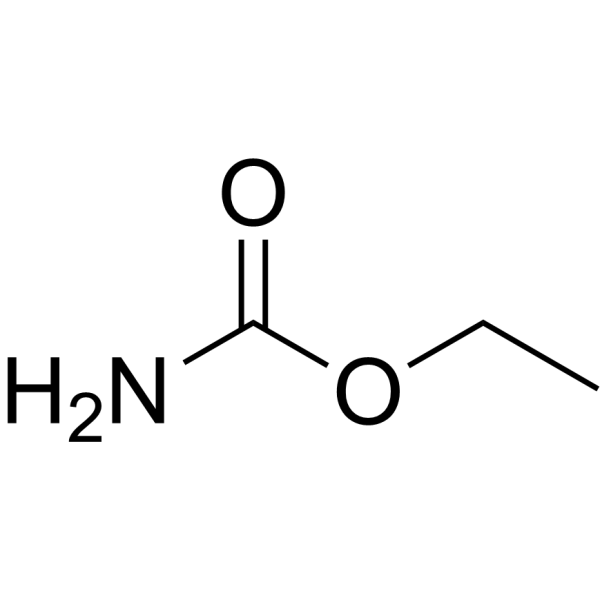
- HY-D0150
-
|
|
Fluorescent Dye
|
Others
|
|
Thiazole Orange is an asymmetric anthocyanin dye that can be coupled with oligonucleotides (ONs) to prepare fluorescent hybridization probes. Thiazole Orange can be used for reticulocyte analysis. λEx/λEm (including DNA) of Thiazole Orange =510/527 nm [3].
|
-
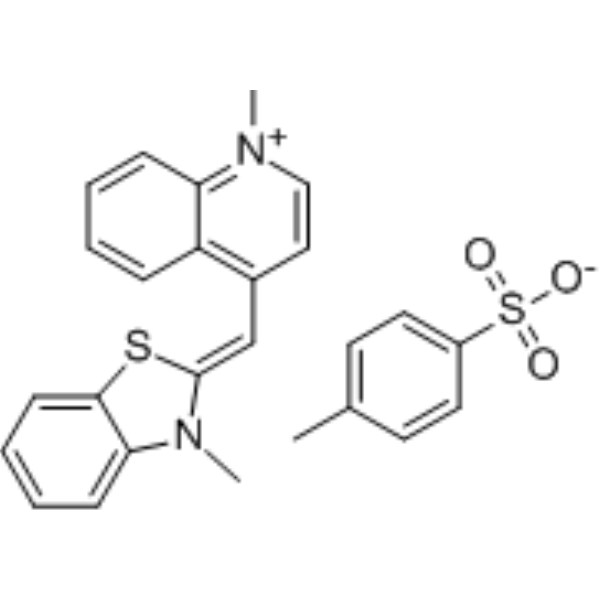
- HY-A0261
-
|
ICI-50123
|
Cholecystokinin Receptor
|
Endocrinology
Cancer
|
|
Pentagastrin (ICI-50123) is a potent, selective Cholecystokinin B (CCKB) receptor antagonists with IC50 values of 11 nM and 1100 nM for CCKB and CCKA, respectively. Pentagastrin enhances gastric mucosal defense mechanisms against acid and protects the gastric mucosa from experimental injury . .
|
-

- HY-101664
-
|
IY-81149
|
Proton Pump
TOPK
|
Inflammation/Immunology
Cancer
|
|
Ilaprazole (IY-81149) is an orally active proton pump inhibitor. Ilaprazole irreversibly inhibits H +/K +-ATPase in a dose-dependent manner with an IC50 of pump inhibitory activity of 6 μM in rabbit parietal cell preparation. Ilaprazole is used for the research of gastric ulcers. Ilaprazole is also a potent TOPK (T-lymphokine-activated killer cell-originated protein kinase) inhibitor .
|
-
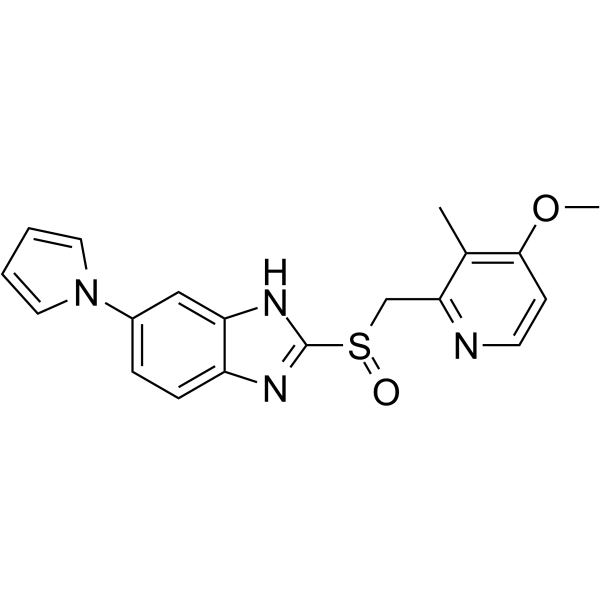
- HY-B1274
-
|
trans-3-Bromo-N-ethylcinnamamide
|
Others
|
Neurological Disease
Metabolic Disease
|
|
Cinromide is an anticonvulsant agent. Cinromide inhibits epithelial neutral amino acid transporter B 0AT1 (SLC6A19) with an IC50 of 0.5 μM .
|
-
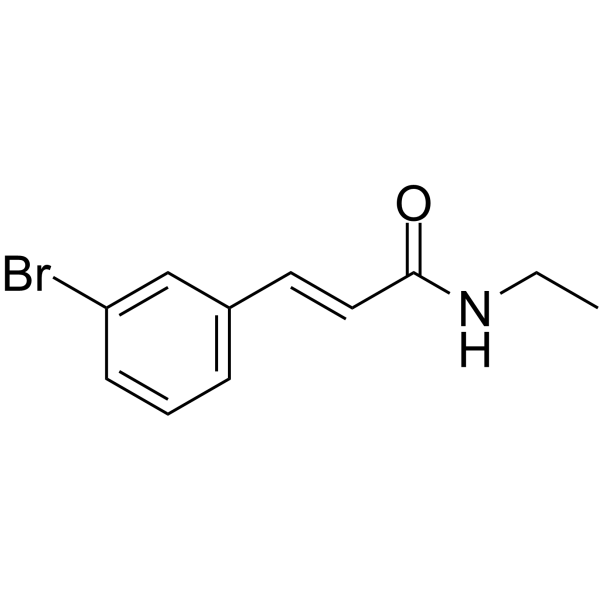
- HY-113130
-
-
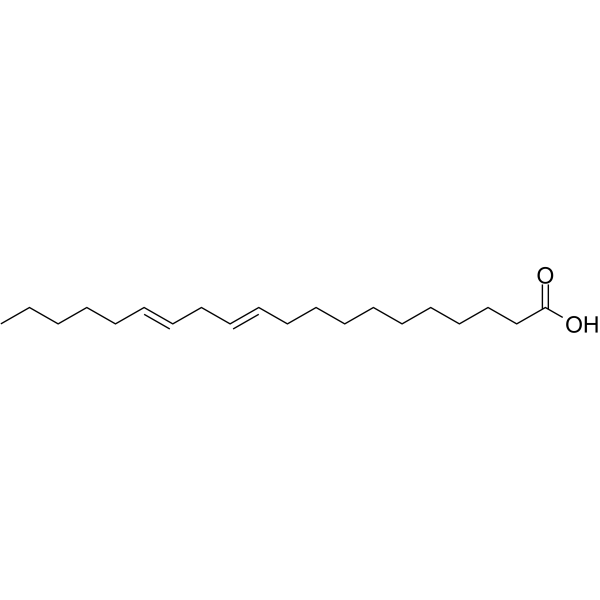
- HY-W009362
-
|
|
Endogenous Metabolite
|
Others
|
|
DL-Isocitric acid trisodium salt is an endogenous metabolite. DL-Isocitric acid trisodium salt is a substrate in the citric acid cycle. DL-Isocitric acid trisodium salt can be used as a marker for determining the composition of isocitrates in fruit products, including fruit juices.
|
-
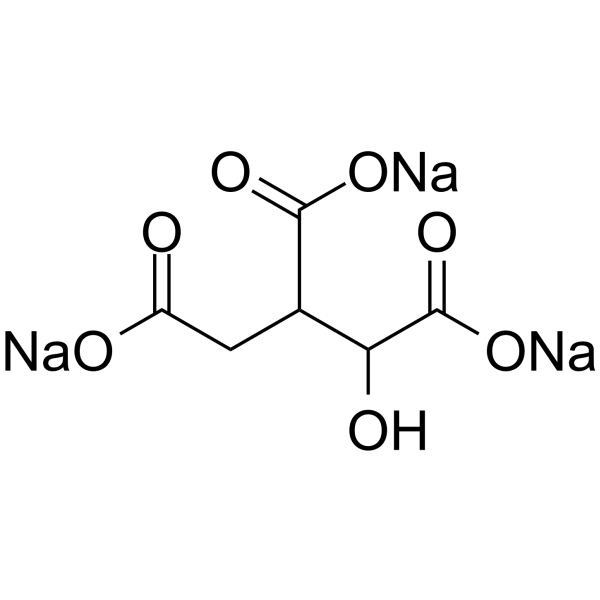
- HY-W016784
-
|
|
Endogenous Metabolite
|
Others
|
|
Indole-3-acetamide is a biosynthesis intermediate of indole-3-acetic acid (HY-18569). Indole-3-acetic acid is the most common natural plant growth hormone of the auxin class .
|
-

- HY-Y1718
-
|
N-Tridecanoic acid
|
Endogenous Metabolite
Bacterial
|
Infection
Metabolic Disease
|
|
Tridecanoic acid (N-Tridecanoic acid), a 13-carbon medium-chain saturated fatty acid, can serve as an antipersister and antibiofilm agent that may be applied to research bacterial infections. Tridecanoic acid inhibits Escherichia coli persistence and biofilm formation .
|
-

- HY-W010832
-
-
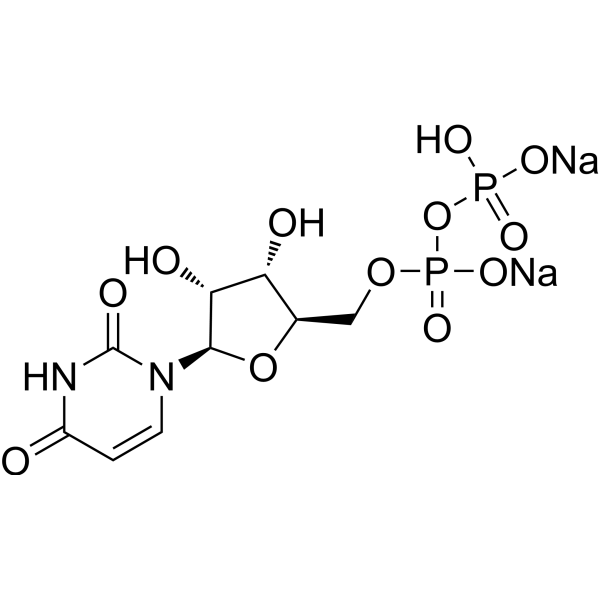
- HY-W027446
-
|
|
Endogenous Metabolite
|
Metabolic Disease
|
|
Pyridoxal hydrochloride is the hydrochloride form of Pyridoxal (HY-107469). Pyridoxal is one of the major forms of vitamin B6. Pyridoxal is phosphorylated by pyridoxal kinase to Pyridoxal phosphate (HY-B1744). Pyridoxal is oxidized by the liver to 4-Pyridoxic acid (HY-113493) which is excreted in the urine .
|
-
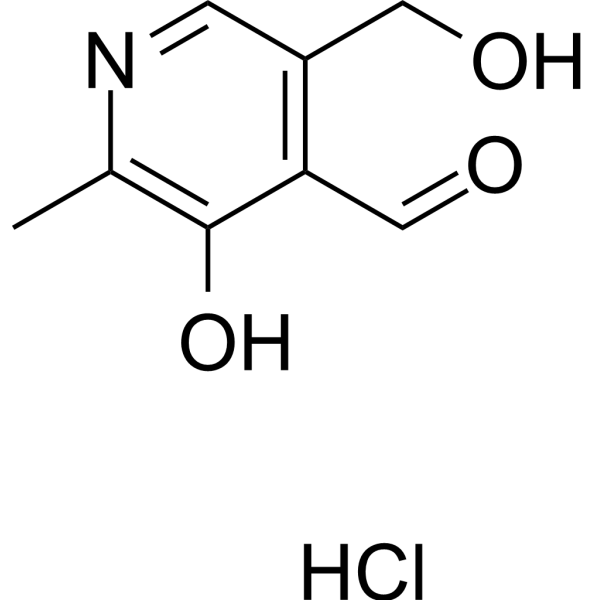
- HY-W004260
-
|
Eicosanoic acid
|
Endogenous Metabolite
|
Others
|
|
Arachidonic acid (Icosanoic acid), an orally active long-chain fatty acid, is present in all mammalian cells, typically esterified to membrane phospholipids, and is one of the most abundant polyunsaturated fatty acids present in human tissue. Moreover, Arachidonic acid is an important mediator of inflammation [3].
|
-
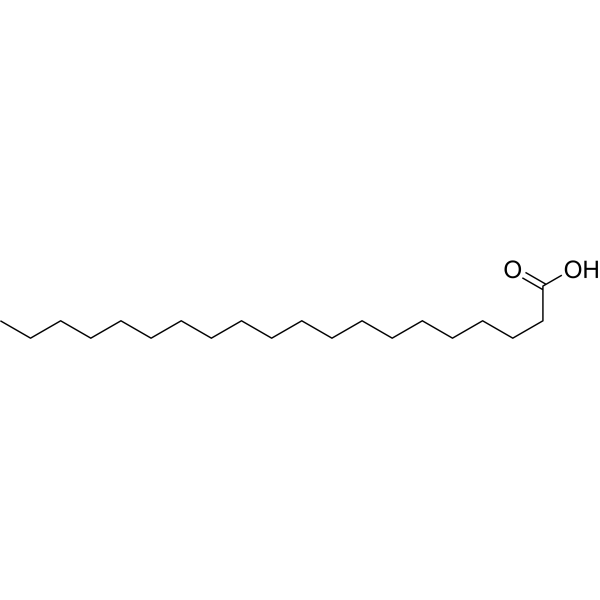
- HY-124422
-
-

- HY-113972A
-
|
|
Others
|
Inflammation/Immunology
|
|
(E/Z)-Methyl mycophenolate is a racemic compound of (Z)-Methyl mycophenolate and (E)-Methyl mycophenolate isomers. Methyl mycophenolate is a methyl ester of mycophenolic acid. Methyl mycophenolate can be used to synthesize mycophenolic acid β-D-glucuronide and phenolic glycosides .
|
-
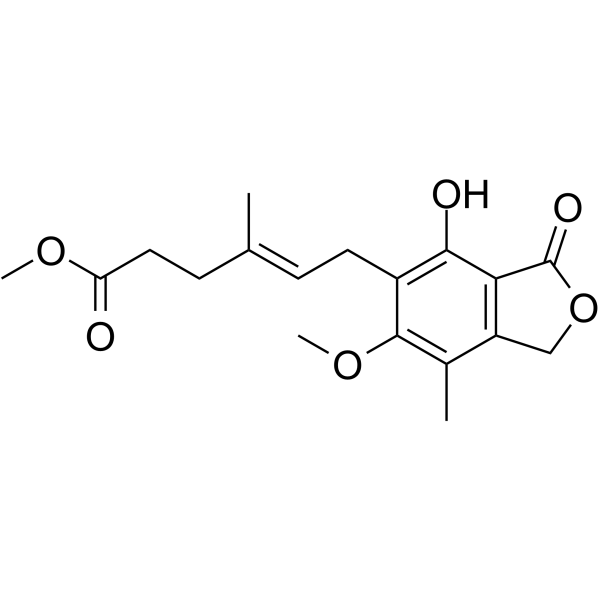
- HY-W015495
-
|
|
Endogenous Metabolite
|
Others
|
|
L-Dihydroorotic acid can reversibly hydrolyze to yield the acyclic L-ureidosuccinic acid by dihydrowhey enzyme .
|
-
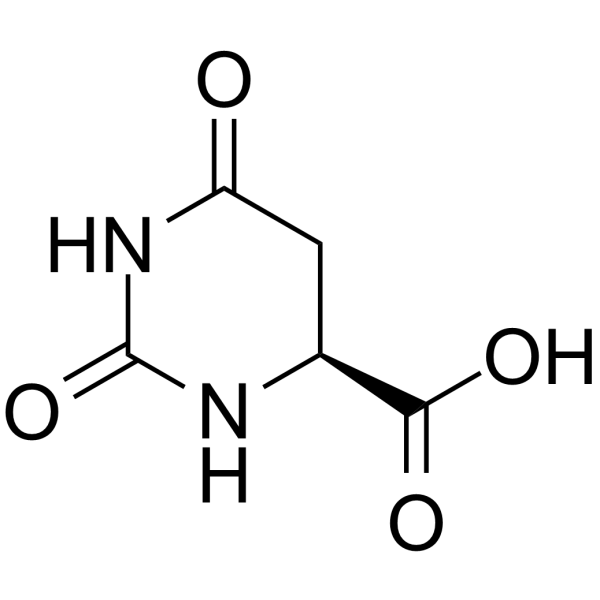
- HY-N6998
-
|
|
Apoptosis
|
Cancer
|
|
Paederosidic acid is isolated from P. scandens with anticancer and anti‐inflammation activities. Paederosidic acid inhibits lung caner cells via inducing mitochondria-mediated apoptosis .
|
-
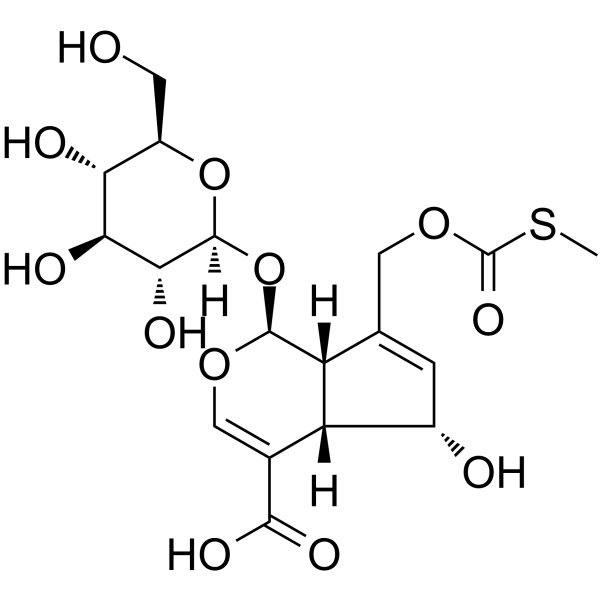
- HY-N7031
-
|
(±)-Peganine
|
Proton Pump
|
Inflammation/Immunology
|
|
(±)-Vasicine is the racemate of Vasicine. Vasicine (Peganine) significantly inhibits H +-K +-ATPase activity in vitro with an IC50 of 73.47 μg/mL. Anti-ulcer activity. Vasicine shows significant anti-secretory, antioxidant and cytoprotective effect .
|
-
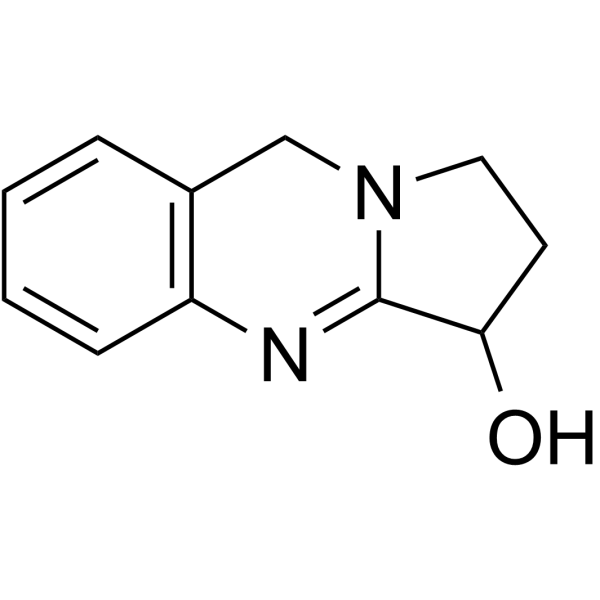
- HY-N7132
-
|
L-Menthyl acetate; (-)-Menthyl acetate
|
Others
|
Others
|
|
Menthyl acetate (L-Menthyl acetate) is a derivative of L-menthol. Menthyl acetate is effective to enhance 5-aminolevulinic acid (ALA) skin permeation .
|
-
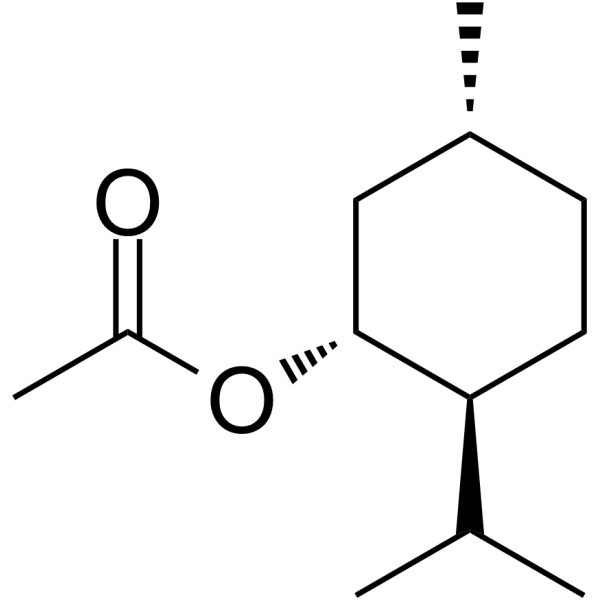
- HY-135795
-
|
CDU; N-Cyclohexyl-N-dodecyl urea; NCND
|
Epoxide Hydrolase
|
Cardiovascular Disease
Metabolic Disease
|
|
1-Cyclohexyl-3-dodecyl urea (CDU; N-Cyclohexyl-N-dodecyl urea; NCND) is a highly selective soluble epoxide hydrolase (sEH) inhibitor. 1-Cyclohexyl-3-dodecyl urea (CDU; N-Cyclohexyl-N-dodecyl urea; NCND) increases epoxyeicosatrienoic acids (EETs) levels and lowers blood pressure in angiotensin II (Ang II) hypertension .
|
-

- HY-W010820
-
-
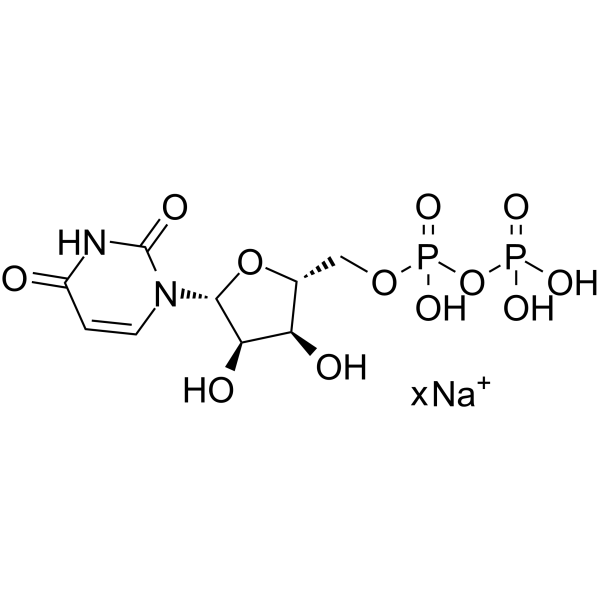
- HY-W003445
-
|
|
Endogenous Metabolite
|
Neurological Disease
|
|
4-Bromo-3-hydroxybenzoic acid is a metabolite of Brocresine and a histidine decarboxylase (HDC) inhibitor with IC50s of 1 mM for both rat fetal and rat gastric HDC. 4-Bromo-3-hydroxybenzoic acid also inhibits aromatic-L-amino acid decarboxylase from hog kidney and rat gastric mucosa in vitro with IC50s of 1 mM for both enzymes .
|
-
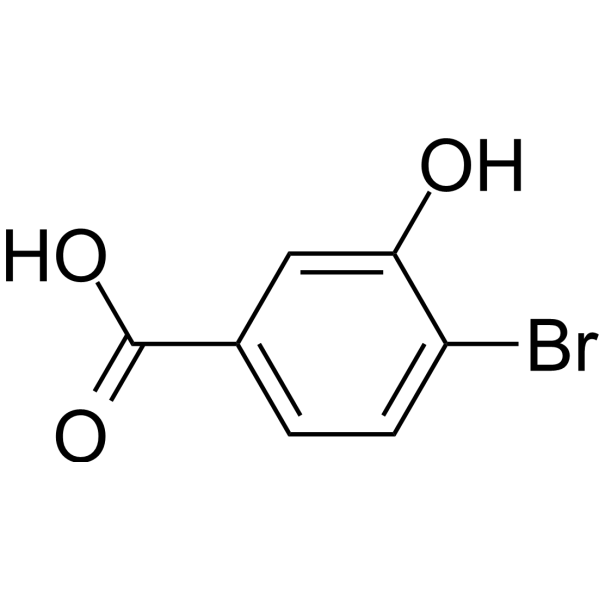
- HY-W018512
-
|
3α-Hydroxy-7-oxo-5β-cholanic acid
|
Endogenous Metabolite
|
Metabolic Disease
|
|
7-Ketolithocholic acid (3α-Hydroxy-7-oxo-5β-cholanic acid), a bile acid, can be absorbed and suppresses endogenous bile acid production and biliary cholesterol secretion .
|
-
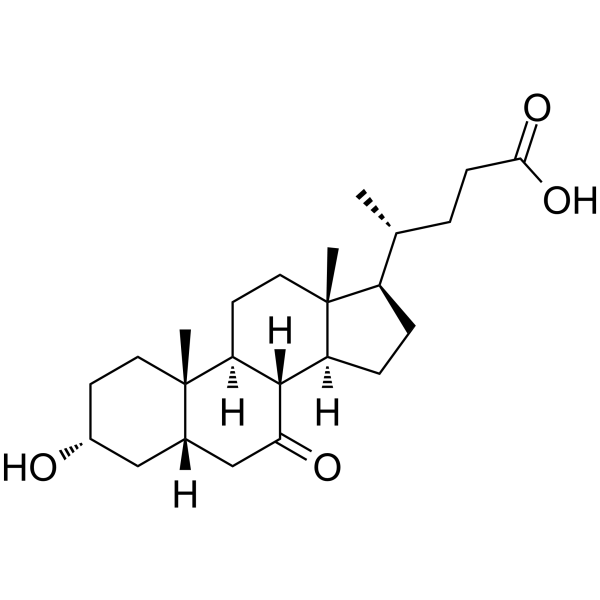
- HY-W001959
-
|
|
Endogenous Metabolite
|
Metabolic Disease
|
|
D-Allothreonine is the D type stereoisomer of Allothreonine. D-Allothreonine is a peptido-lipid derived from bacteria. D-Allothreonine, amide-linked to the D-galacturonic acid, is also a constituent in the polysaccharide .
|
-
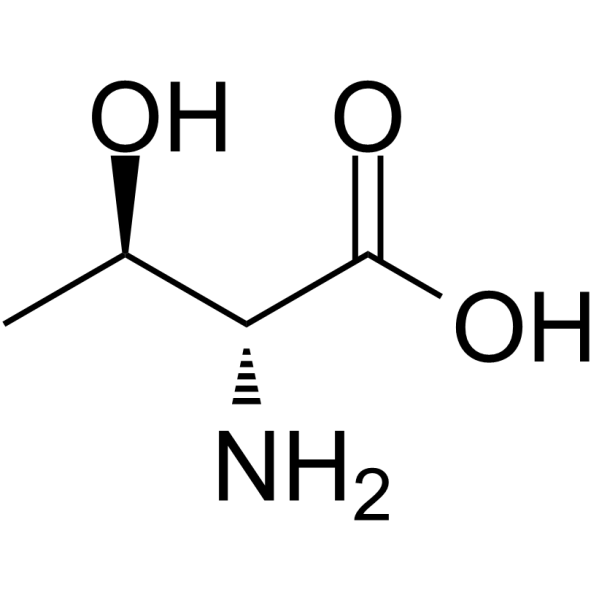
- HY-Y0444
-
|
|
Tyrosinase
|
Metabolic Disease
|
|
D-Tyrosine is the D-isomer of tyrosine. D-Tyrosine negatively regulates melanin synthesis by inhibiting tyrosinase activity. D-Tyrosine inhibits biofilm formation and trigger the self-dispersal of biofilms without suppressing bacterial growth .
|
-
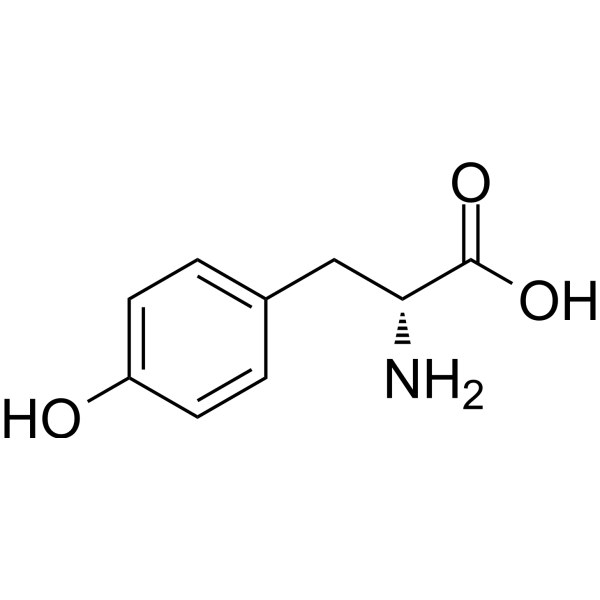
- HY-W011688
-
|
(Z)-Methyl hexadec-9-enoate; Methyl cis-9-Hexadecenoate
|
Others
|
Others
|
|
Methyl palmitoleate ((Z)-Methyl hexadec-9-enoate), a fatty acid methyl ester, is an analogue of Palmitoleate with cytoprotective and growth-promoting properties .
|
-

- HY-B0853
-
|
|
Fungal
|
Infection
|
|
Paclobutrazol is a triazole-containing plant growth retardant that is known to inhibit the biosynthesis of gibberellins. Paclobutrazol also has antifungal activities. Paclobutrazol, transported acropetally in plants, can also suppress the synthesis of abscisic acid and induce chilling tolerance in plants. Paclobutrazol is typically used to support research on the role of gibberellins in plant biology .
|
-

- HY-B0873
-
|
|
Cytochrome P450
ROS Kinase
|
Others
|
|
Uniconazole, a plant growth retardant, is a potent inhibitor of abscisic acid (ABA) catabolism with an IC50 of 68 nM against ABA 8’-hydroxylase. Uniconazole is a potent competitive inhibitor of CYP707A3 activity with a Ki of 8 nM. Uniconazole evidently inhibits gibberellin biosynthesis, and brassinosteroid biosynthesis is also inhibited to some extent .
|
-

- HY-117145
-
|
|
Bacterial
|
Infection
|
|
Thiophene-2 (TP2) is a specific polyketide synthase 13 (Pks13) inhibitor. Thiophene-2 inhibits mycolic acid biosynthesis and rapidly leads to mycobacterial cell death. Thiophene-2 is active against Mycobacterium tuberculosis with a MIC value of 1 μM, and has potent anti-tuberculosis activity .
|
-
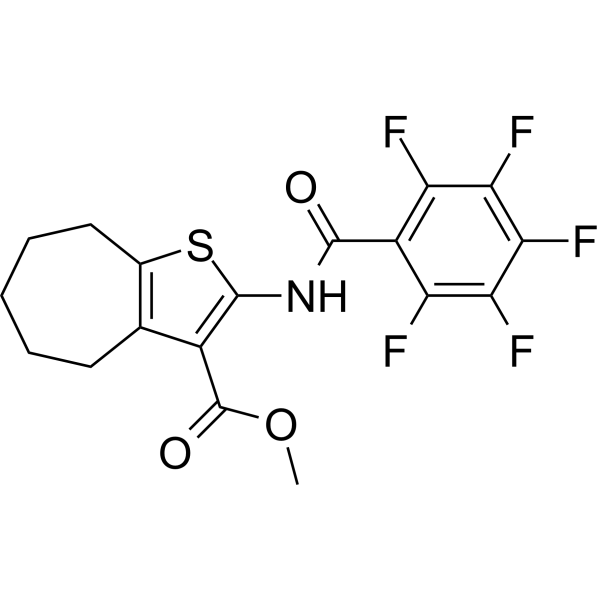
- HY-P1310
-
-
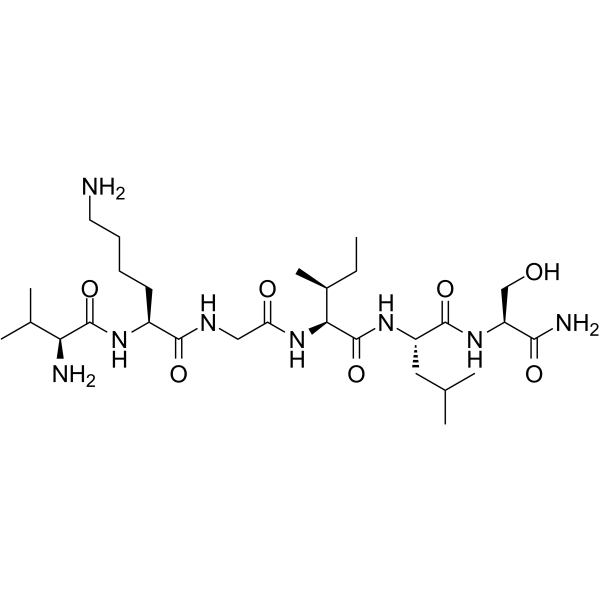
- HY-P1310A
-
-
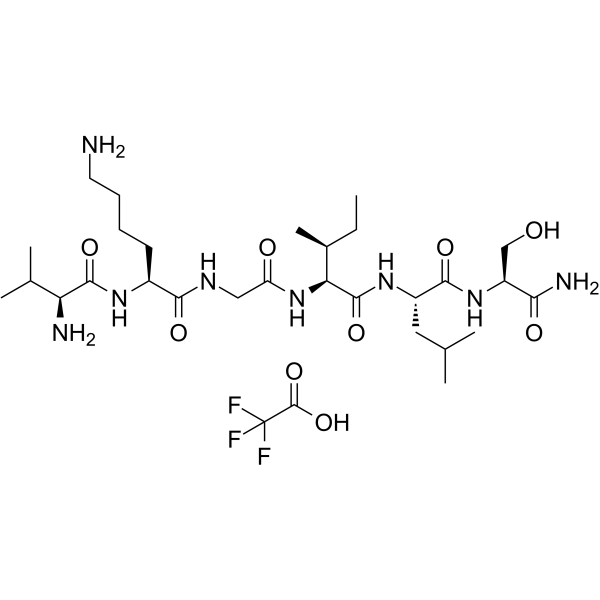
- HY-B1478
-
|
|
Histamine Receptor
NO Synthase
|
Endocrinology
|
|
Dimaprit dihydrochloride is a selective histamine H2 receptor agonist, it also inhibits nNOS with an IC50 of 49 μM. Dimaprit dihydrochloride can stimulate gastric acid secretion .
|
-
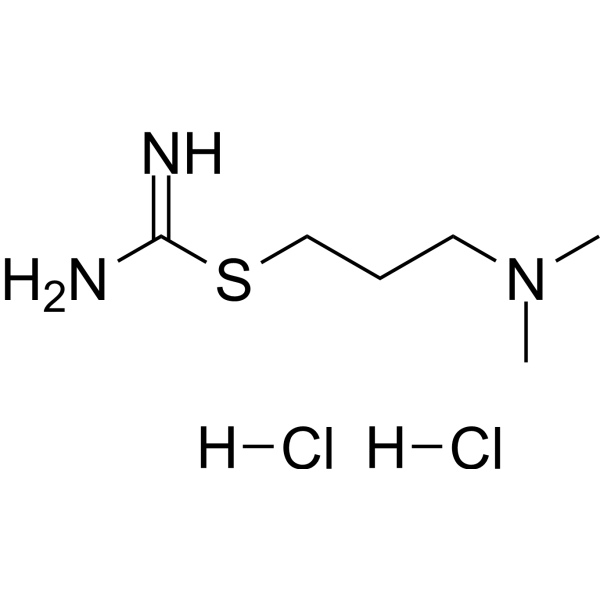
- HY-B2145
-
|
IY-81149 sodium
|
Proton Pump
TOPK
|
Inflammation/Immunology
Cancer
|
|
Ilaprazole (IY-81149) sodium is an orally active proton pump inhibitor. Ilaprazole sodium irreversibly inhibits H +/K +-ATPase in a dose-dependent manner with an IC50 of 6 μM in rabbit parietal cell preparation. Ilaprazole sodium is used for the research of gastric ulcers. Ilaprazole sodium is also a potent TOPK (T-lymphokine-activated killer cell-originated protein kinase) inhibitor .
|
-
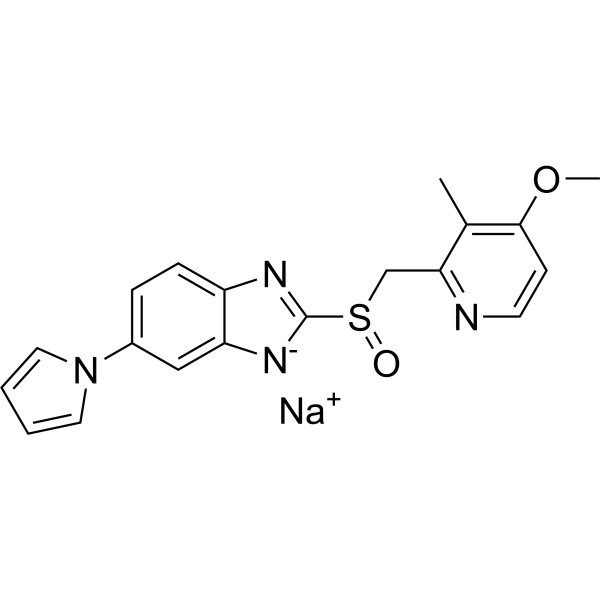
- HY-130025
-
HKOCl-3
1 Publications Verification
|
Fluorescent Dye
|
Others
|
|
HKOCl-3 is a highly sensitive and selective fluorescent probe for detecting hypochlorous acid.Ex: 490 nm; Em 527 nm .
|
-
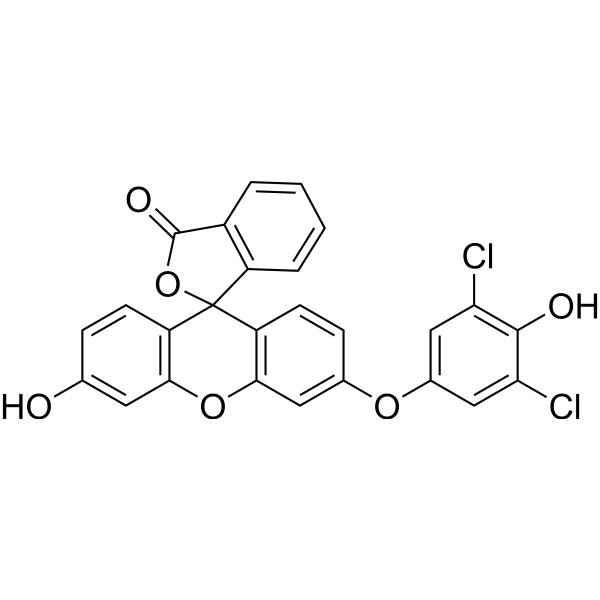
- HY-D1158
-
-
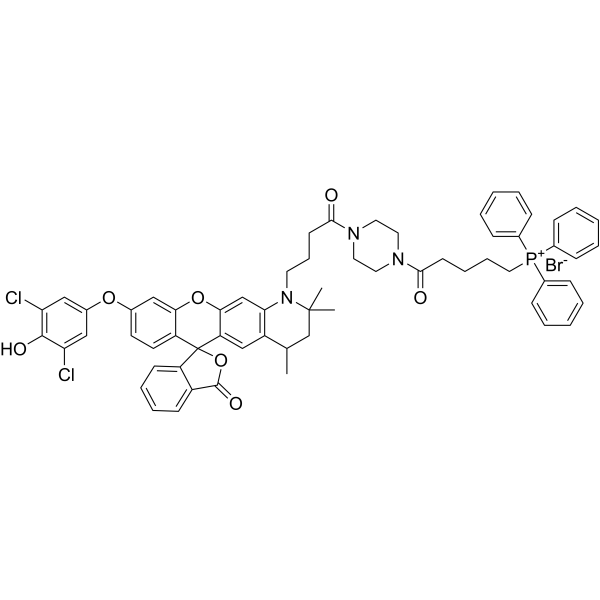
- HY-Y0469
-
|
|
Drug Metabolite
|
Others
|
|
1-Aminohydantoin hydrochloride is a major metabolite of nitrofurantoin in animal tissues and can be used as a standard for the determination of residues of veterinary agents in meat, milk et.al. 1-Aminohydantoin hydrochloride covalently binds to tissue proteins and is released from the tissues under slightly acidic conditions and derivatized with 2-nitrobenzaldehyde to form nitrophenyl derivatives of AHD before detection .
|
-
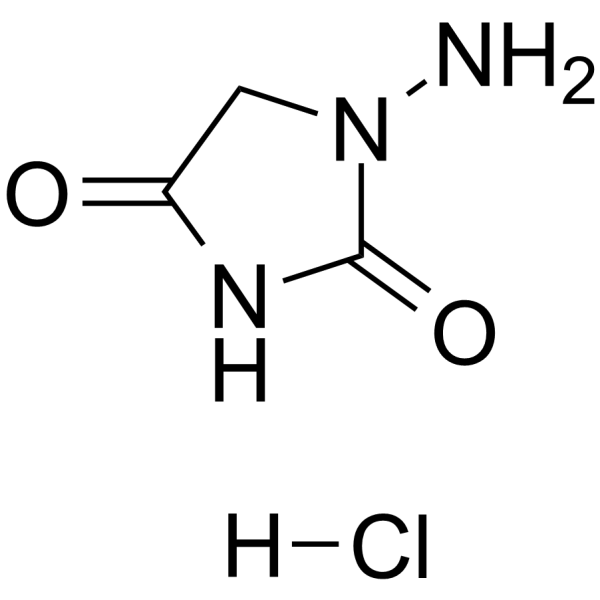
- HY-12812
-
|
|
Phosphodiesterase (PDE)
|
Neurological Disease
Cancer
|
|
Autotaxin modulator 1 is an autotaxin (ATX) enzyme inhibitor, extracted from patent WO 2014018881 A1, Compound Example 12b. Autotaxin modulator 1 is expected to be useful for researching demyelination due to injury or disease, as well as for researching proliferative disorders such as cancer .
|
-

- HY-134274
-
|
8-Bromoguanosine-5'-triphosphate
|
Bacterial
|
Infection
|
|
8-Br-GTP, a GTP analog, is a competitive FtsZ polymerization and GTPase activity (Ki of 31.8 μM) inhibitor. 8-Br-GTP can be used for nucleic acid modification .
|
-

- HY-125501
-
|
Biotin-(AC5)2-hydrazide
|
Biochemical Assay Reagents
|
Others
|
|
Biotin-XX hydrazide (Biotin-(AC5)2-hydrazide) is a carbonyl-reactive biotinylation reagent which contains two aminohexanoic acid spacers. Biotin-XX hydrazide has higher efficiency of avidin-binding .
|
-

- HY-N2073
-
|
|
MCHR1 (GPR24)
|
Cardiovascular Disease
|
|
Ethyl linolenate is a fatty acid ethyl ester (FAEE). Ethyl linolenate plays an active role in inhibition of the cellular production on melanin with an IC50 of 70 μM. Anti-melanogenesis Effects .
|
-
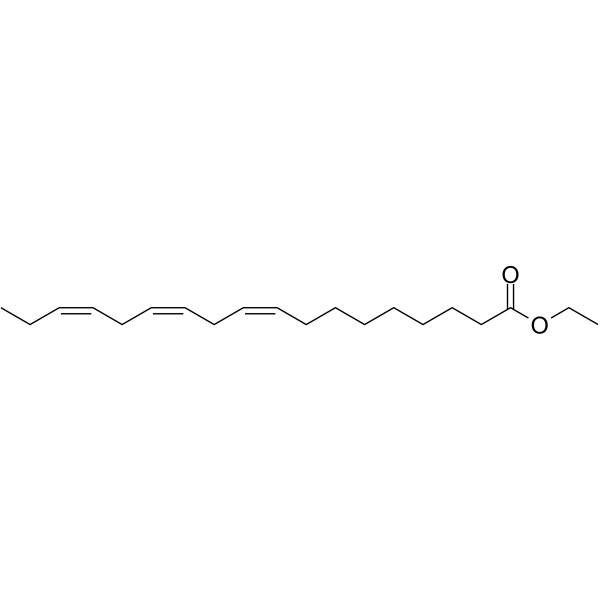
- HY-N6599
-
|
3-O-Feruloylquinic acid
|
Others
|
Others
|
|
3-Feruloylquinic acid, a derivative of quinic acid-bound phenolic acid, shows antioxidant activity. 3-Feruloylquinic acid markedly enhances by high photosynthetically active radiation (PAR) and UV irradiances .
|
-
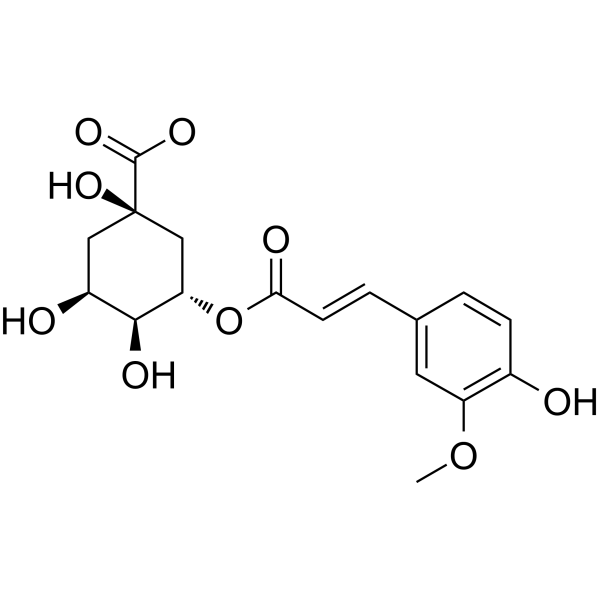
- HY-N9457
-
|
|
Others
|
Metabolic Disease
Endocrinology
|
|
Norcholic acid is a normal minorbile C23 bile acid having four side chain and exsits in human urine and meconium. Norcholic acid can become prominent under certain pathological conditions. Norcholic acid is efficiently absorbed from intestine and quickly excreted into the bile but not into urine .
|
-

- HY-B0172B
-
|
|
Endogenous Metabolite
|
Endocrinology
|
|
Isolithocholic acid (β-Lithocholic acid) is an isomer of Lithocholic acid. Isolithocholic acid, a bile acid, is formed by microbial metabolism of Lithocholic acid or Lithocholic acid 3α-sulfate .
|
-
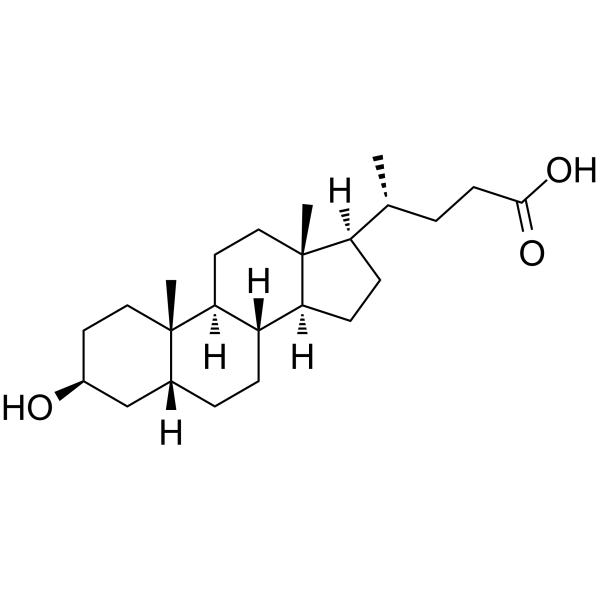
- HY-139557
-
|
JP-1366
|
Proton Pump
|
Inflammation/Immunology
|
|
Zastaprazan (JP-1366) is a proton pump inhibitor (WO2018008929). Zastaprazan can be used for the research of gastrointestinal inflammatory diseases or gastric acid-related diseases .
|
-
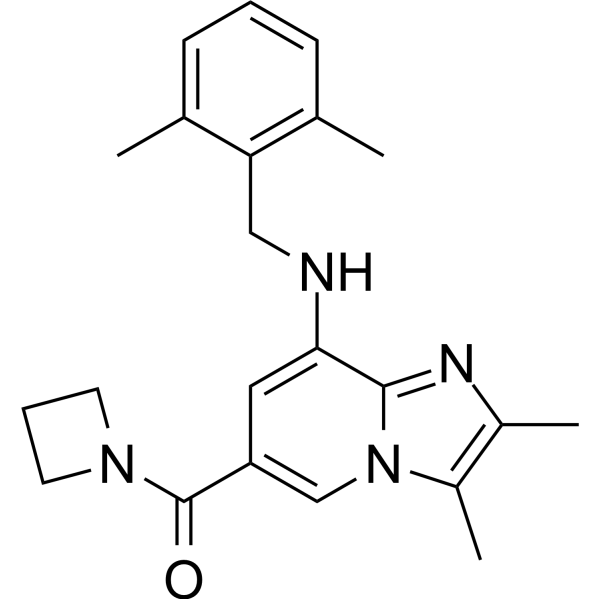
- HY-139577
-
|
IMB-1018972; IMB-101
|
Mitochondrial Metabolism
|
Metabolic Disease
Cancer
|
|
Ninerafaxstat (IMB-1018972) is a novel mitotropic agent. Ninerafaxstat increases myocardial metabolic efficiency by shifting substrate utilization towards glucose through reducing fatty acid oxidation (inhibiting 3-ketoacyl CoA thiolase). Ninerafaxstat can be used for the research of cardiovascular diseases .
|
-
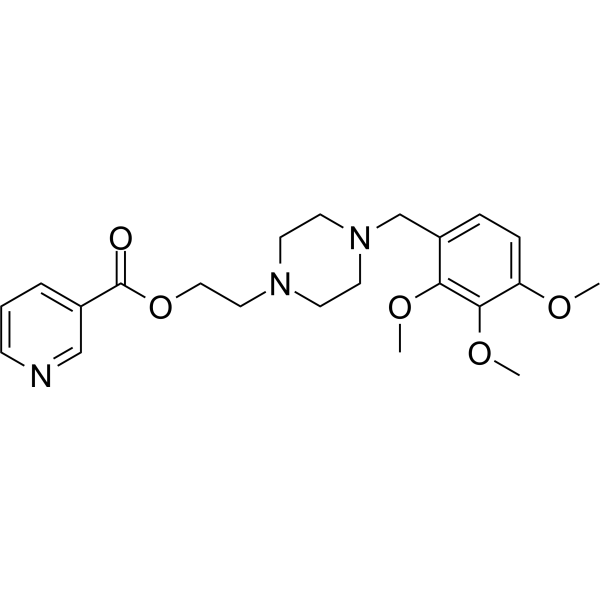
- HY-110406A
-
|
13-Hydroperoxylinoleic acid; Linoleic acid 13-hydroperoxide
|
Others
|
Others
|
|
(±)13-HpODE (13-hydroperoxylinoleic acid) is a racemic mixture of hydroperoxides, which is produced by the oxidation of linoleic acid by lipoxygenase .
|
-
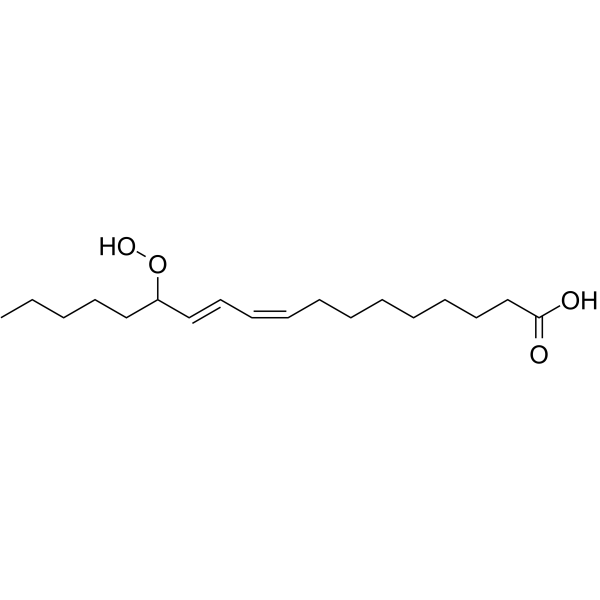
- HY-P0252B
-
|
α-Melanocyte-Stimulating Hormone free acid
|
Melanocortin Receptor
|
Neurological Disease
|
|
α-MSH free acid (α-Melanocyte-Stimulating Hormone free acid) is an MC3R and MC4R agonist with EC50s of 0.16 nM and 5.6 nM, respectively. α-MSH free acid activates cAMP generation at MC3R and MC4R .
|
-
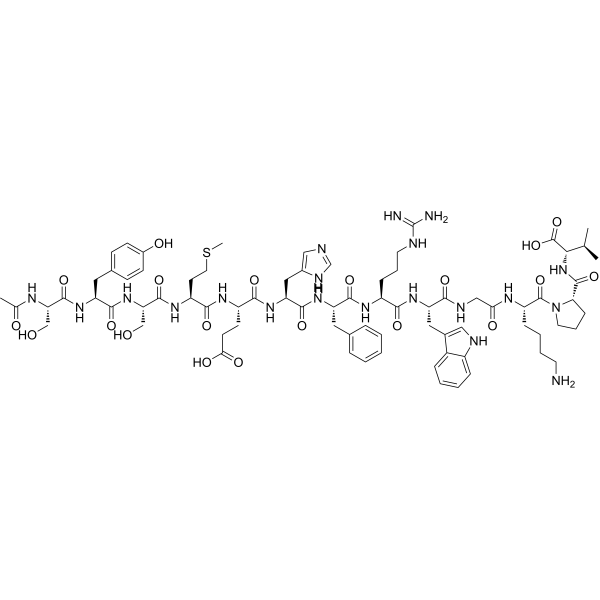
- HY-130419
-
|
13,14-EpDPE
|
Others
|
Cardiovascular Disease
Neurological Disease
|
|
(±)13(14)-EpDPA (13,14-EpDPE) is the product of the reaction of cytochrome P-450 epoxygenase with Docosahexaenoic Acid (DHA).(±)13(14)-EpDPA has antihyperalgesic and vasorelaxative activities .
|
-
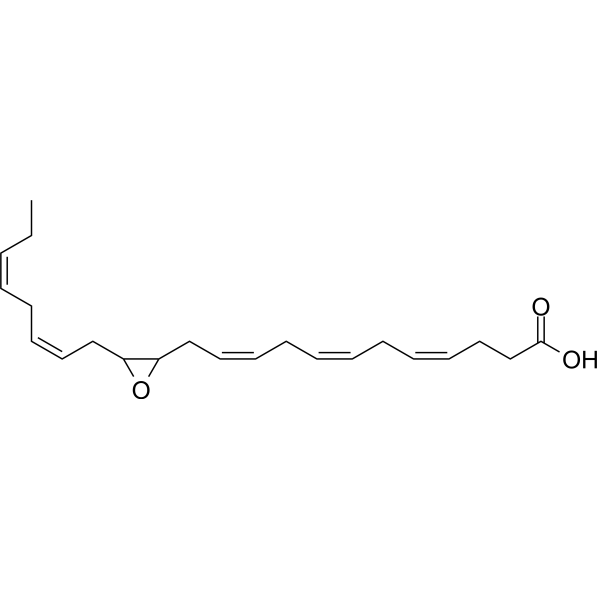
- HY-D1319
-
|
Cy5 acid chloride
|
Fluorescent Dye
|
Others
|
|
Cyanine5 carboxylic acid chloride (Cy5 acid chloride) is a fluorescent dye containing a non-activated carboxylic acid (Ex=646 nm, Em=662 nm). Cyanine5 carboxylic acid chloride is an non-reactive dye that can be used in control samples .
|
-
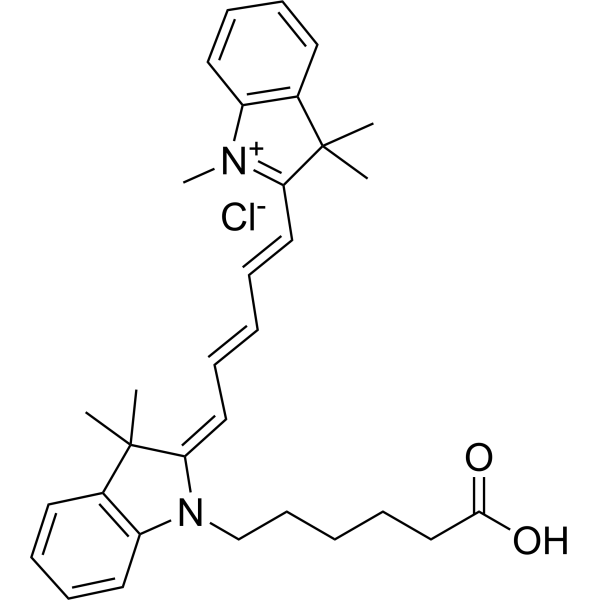
- HY-145122
-
|
|
Others
|
Metabolic Disease
|
|
ELOVL1-IN-1 is an ELOVL1 inhibitor extracted from patent WO2018107056A1, compound 87. ELOVL1-IN-1 can reduce very long chain fatty acid levels. ELOVL1-IN-1 can be used for the research of adrenoleukodystrophy (ALD) .
|
-
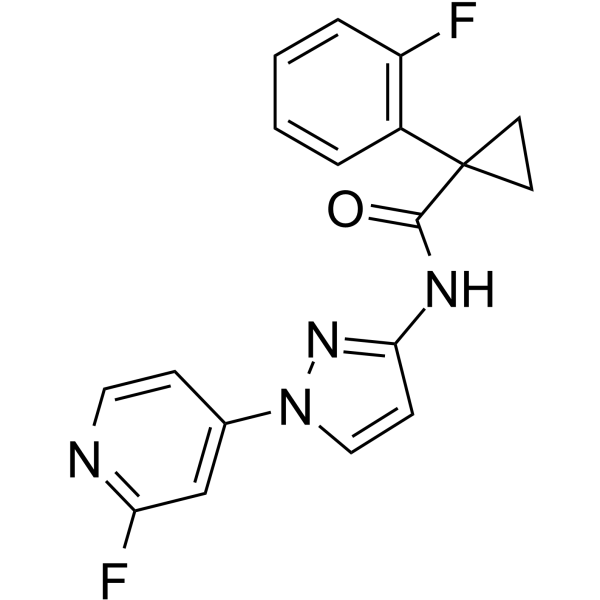
- HY-145576
-
|
|
Others
|
Others
|
|
2-Amino-8-oxononanoic acid is an amino acid, incorporation into proteins in E.coli in genetic. 2-Amino-8-oxononanoic acid is efficient in labeling of proteins with different probes with a site-specific manner under a mild condition close to the physiological pH .
|
-
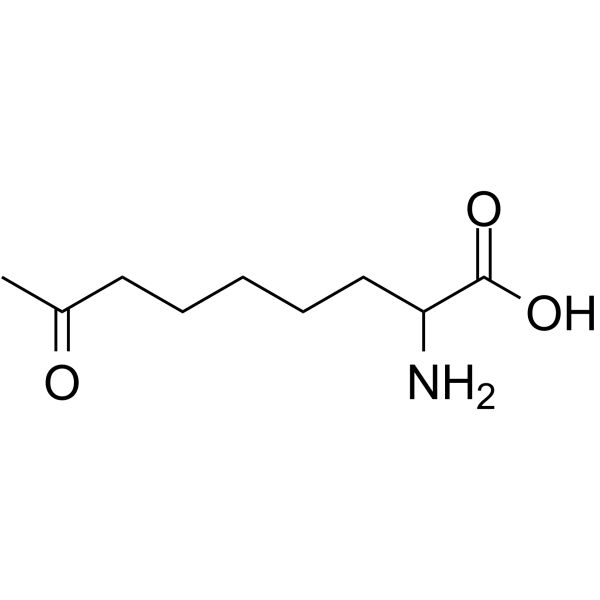
- HY-N10288
-
-
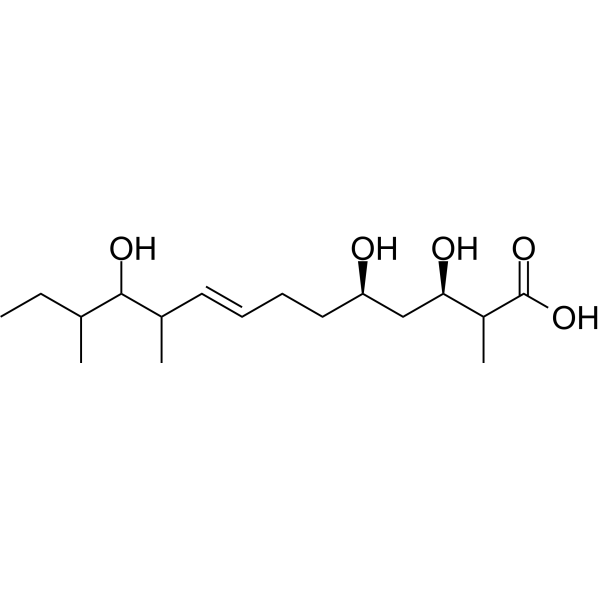
- HY-121184
-
-
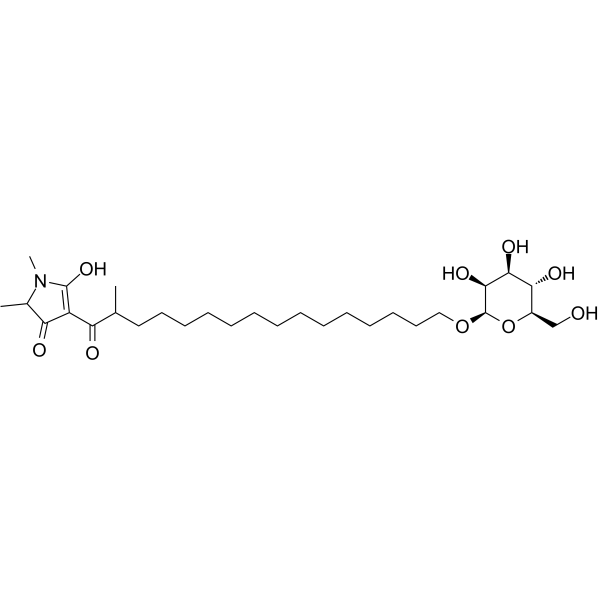
- HY-124962
-
|
(1R,2R)-B13
|
iGluR
|
Neurological Disease
Cancer
|
|
D-NMAPPD ((1R,2R)-B13) is an acid ceramidase inhibitor. D-NMAPPD regulates NMDA receptor properties by enhancing endogenous production of ceramides. D-NMAPPD has anticancer effecs .
|
-
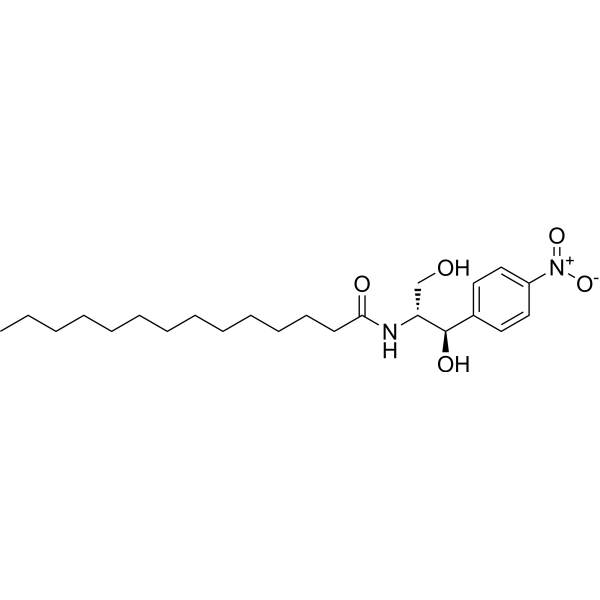
- HY-145437
-
|
|
Fungal
|
Infection
|
|
N'-(2-Fluorophenyl)pyrazine-2-carbohydrazide is a Ole1p desaturase inhibitor and antifungal agent .
|
-

- HY-122504
-
|
|
Potassium Channel
|
Neurological Disease
|
|
Linoleoyl glycine is a modified polyunsaturated fatty acid. Linoleoyl glycine has activating effects on human KCNQ1/KCNE1 (hKCNQ1/hKCNE1) channels expressed in Xenopus oocytes .
|
-
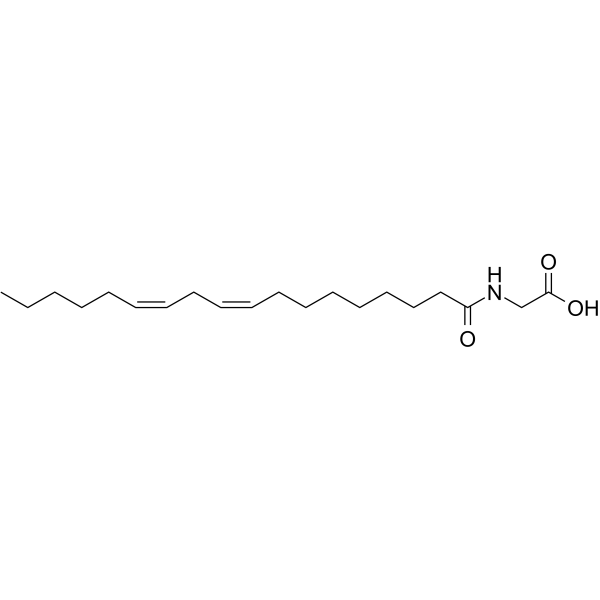
- HY-W130610
-
|
|
Others
|
Others
|
|
Stearamide is a primary fatty acid amide. Stearamide displays cytotoxic and ichthytoxic activity .
|
-

- HY-W127433
-
|
|
Others
|
Others
|
|
Isostearic acid is a unique fatty acid. Isostearic acid is useful in pharmaceutical, personal care, and cosmetic products .
|
-

- HY-117741
-
|
|
Others
|
Others
|
|
GSK951A is a THPP analogue. GSK951A inhibits mycolic acid biosynthesis. GSK951A combines potency in culture with in vivo activity and lack of cytotoxicity .
|
-

- HY-143702
-
|
NBD-DOTAP
|
Liposome
|
Inflammation/Immunology
Cancer
|
|
Fluorescent DOTAP, a cationic lipid, can be used for the research of nucleic acid and protein delivery . Fluorescent DOTAP is labeled with a fluorophore NBD (maximum excitation/emission wavelength ∼463/536 nm).
|
-
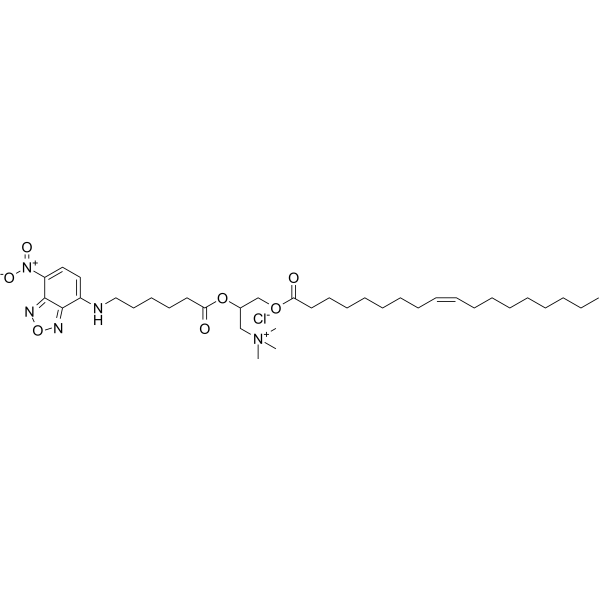
- HY-143473
-
|
|
Bacterial
|
Infection
|
|
FabG1-IN-1 (Compound 29) is a potent MabA (FabG1) inhibitor with an IC50 of 38 µM .
|
-
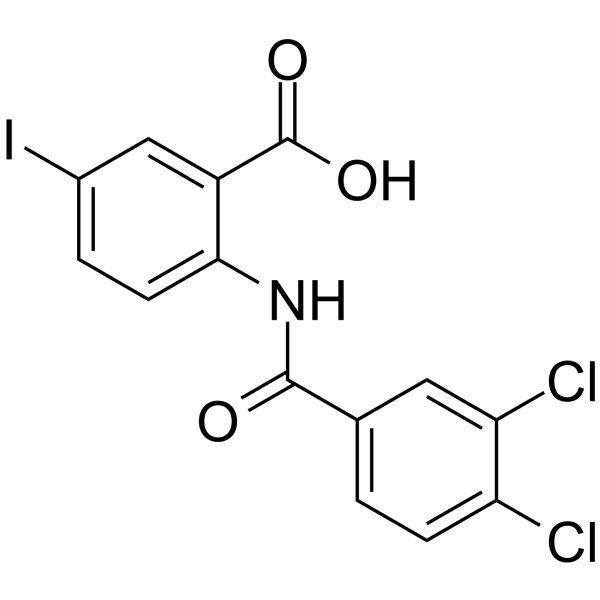
- HY-126362
-
|
|
Glucosidase
|
Others
|
|
ML266 is glucocerebrosidase (GCase) molecule chaperone with IC50 of 2.5 µM. ML266 binds to GCase and transports of the mutant protein to the lysosome, and resume the activity of GCase. ML266 dose not inhibit the GCase enzyme’s action. ML266 has the potential for the research of gaucher disease .
|
-
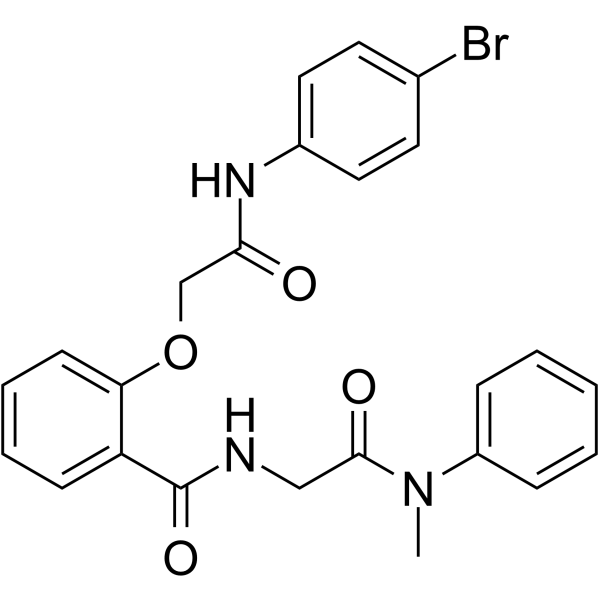
- HY-145576B
-
|
|
Others
|
Others
|
|
2-Amino-8-oxononanoic acid (hydrochloride) is the hydrochloride form of 2-Amino-8-oxononanoic acid. 2-Amino-8-oxononanoic acid is an amino acid, incorporation into proteins in E.coli in genetic. 2-Amino-8-oxononanoic acid is efficient in labeling of proteins with different probes with a site-specific manner under a mild condition close to the physiological pH .
|
-
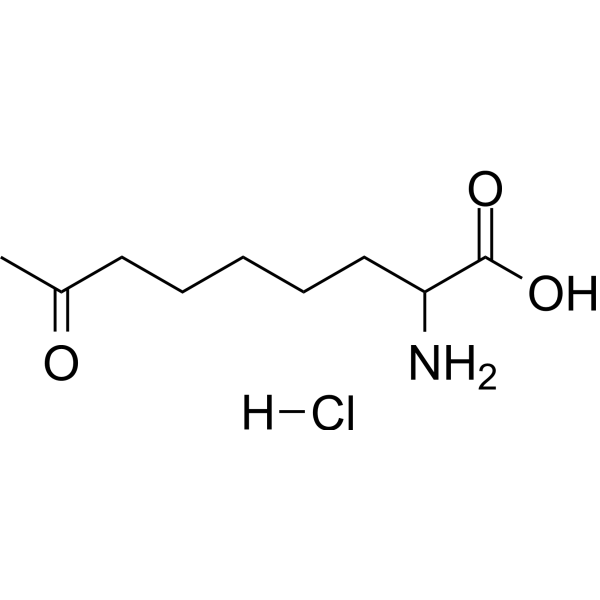
- HY-146273
-
|
|
Xanthine Oxidase
|
Metabolic Disease
|
|
Xanthine oxidase-IN-7 (compound1h) is a potent andorally active XO (xanthine oxidase) inhibitor with an IC50 of 0.36 µM. Xanthine oxidase-IN-7 effectively reduces serum uric acid levels. Xanthine oxidase-IN-7 has the potential for the research of hyperuricemia and gout .
|
-
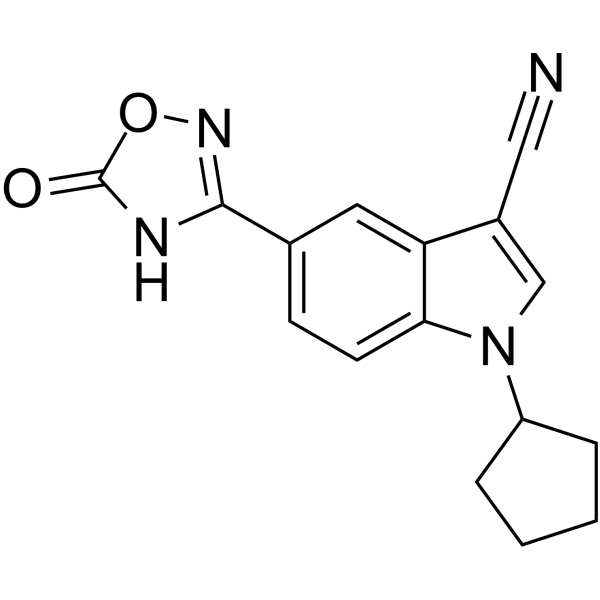
- HY-15387
-
|
Sgd 24774
|
Others
|
Cardiovascular Disease
|
|
Beclobrate (Sgd 24774), a Fibric acid derivative, displays remarkable lipid lowering activity in rodents .
|
-

- HY-D1079
-
|
|
DNA Stain
|
Others
|
|
EDANS sodium is a potent fluorogenic substrates. EDANS sodium is a donor for FRET-based nucleic acid probes and protease substrates. EDANS sodium is often paired with DABCYL or DABSYL. The optimal absorbance and emission wavelengths of EDANS sodium are λabs = 336 nm and λem = 490 nm respectively .
|
-
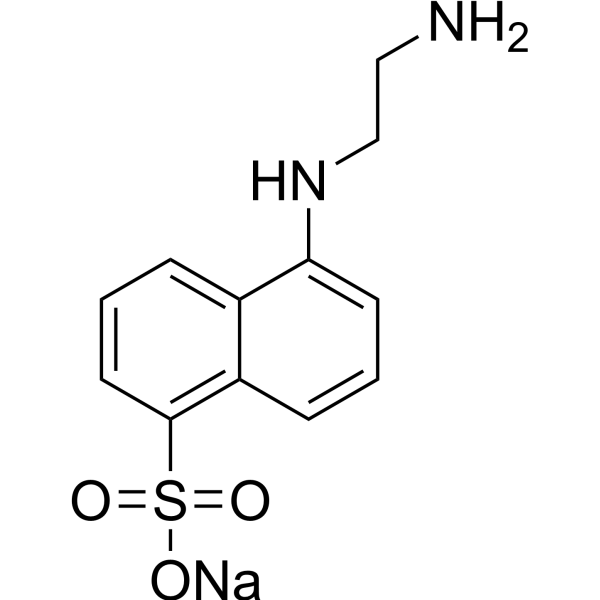
- HY-110138
-
|
|
Others
|
Others
|
|
PDP-EA is a compound that increases the amidohydrolase activity of FAAH (fatty acid amide hydrolase) .
|
-
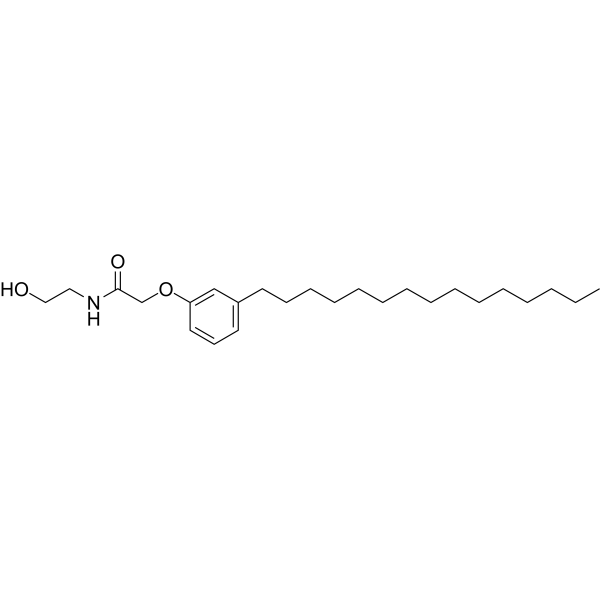
- HY-146133
-
|
|
Bacterial
Antibiotic
|
Infection
|
|
LA-Bac8c is a Lipoic acid modified antimicrobial peptide with enhanced antimicrobial properties. LA-Bac8c inhibits S. aureus, MRSA, S. epidermidis, E. coli, and P. aeruginosa with MICs of 1, 4, 8, 8, and 8 μg/mL .
|
-
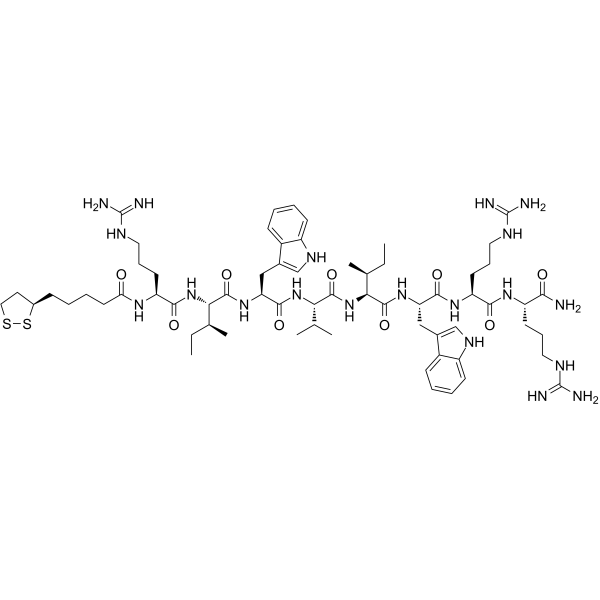
- HY-46317
-
|
|
DNA/RNA Synthesis
|
Others
|
|
DMT-5Me-dC(Bz)-CE Phosphoramidite is used in the preparation of locked nucleic acids (LNAs) for optimization of fluorescent oligonucleotide probes with improved spectral properties and target binding .
|
-
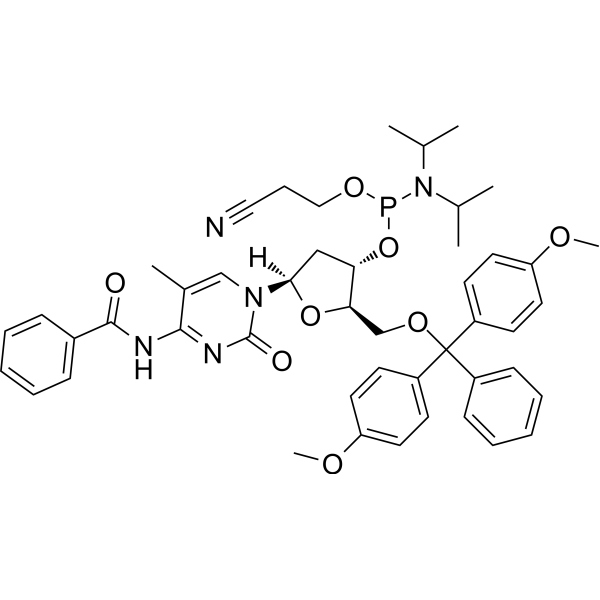
- HY-D0869
-
|
N-Cyclohexyl-3-aminopropanesulfonic acid
|
Biochemical Assay Reagents
|
Others
|
|
CAPS, cyclohexylaminopropane sulfonic acid, is a surfactant. CAPS can be used as biological buffer (0.05 M, pH 11) for dialysis .
|
-

- HY-A0261A
-
|
ICI-50123 meglumine
|
Cholecystokinin Receptor
|
Endocrinology
Cancer
|
|
Pentagastrin (ICI-50123) meglumine is a potent, selective Cholecystokinin B (CCKB) receptor antagonists with IC50 values of 11 nM and 1100 nM for CCKB and CCKA, respectively. Pentagastrin meglumine enhances gastric mucosal defense mechanisms against acid and protects the gastric mucosa from experimental injury . .
|
-
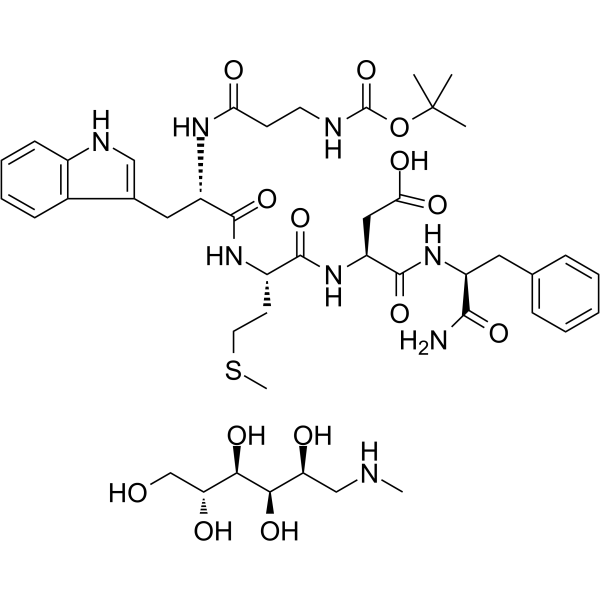
- HY-W269179
-
|
|
Fluorescent Dye
|
Cancer
|
|
4-Bromomethyl-6,7-dimethoxycoumarin is a fluorescent label for carboxylic acids in chromatographic detection .
|
-
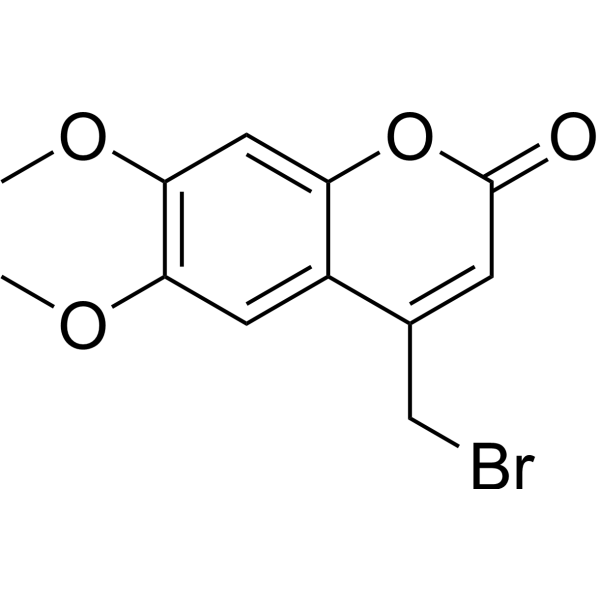
- HY-B1475
-
|
Octatropine bromide
|
mAChR
|
Neurological Disease
Metabolic Disease
|
|
Anisotropine (Octatropine) bromide is an orally active anticholinergic muscarinic antagonist. Anisotropine bromide can inhibit gastric acid secretion and is used as an adjunct to peptic ulcers .
|
-

- HY-110407
-
-
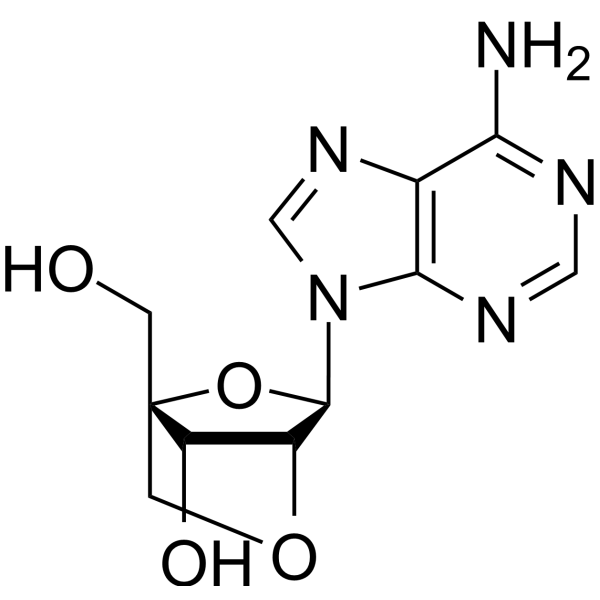
- HY-112169A
-
|
|
Endogenous Metabolite
|
Metabolic Disease
|
|
10-Formyltetrahydrofolic acid disodium is a form of tetrahydrofolic acid that acts as a donor of formyl groups in anabolism. 10-Formyltetrahydrofolic acid disodium can be used as a substrate for formyltransferase reactions and is involved in the biosynthesis of purines .
|
-

- HY-138646
-
|
|
Biochemical Assay Reagents
|
Infection
Cancer
|
|
Polydeoxyadenylic-thymidylic acid sodium is a synthetic DNA polymer. Polydeoxyadenylic-thymidylic acid sodium can be used to determine the activity of bound and free ribonucleic acid polymerase. Polydeoxyadenylic-thymidylic acid sodium can be used for the research of cancer and virus infection .
|
-
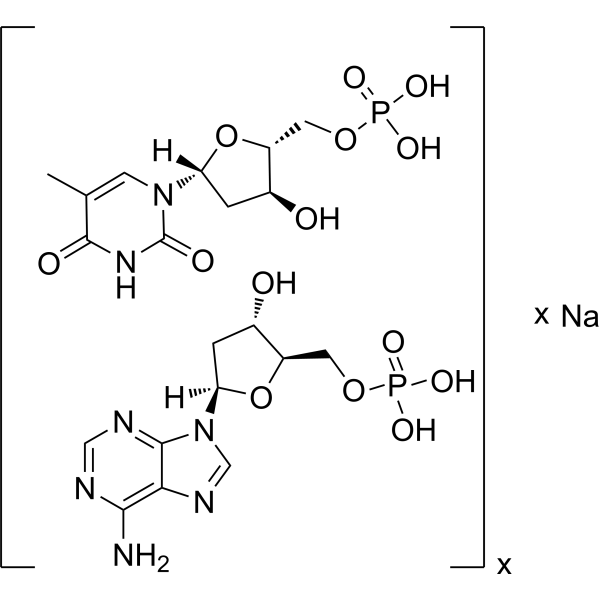
- HY-W008833
-
|
|
Bacterial
|
Infection
|
|
3-Aminobutanoic acid is a β-amino acid. 3-Aminobutanoic acid can protect plant against a challenge infection with P. infestans. 3-Aminobutanoic acid has various levels of susceptibility for the pathogen .
|
-
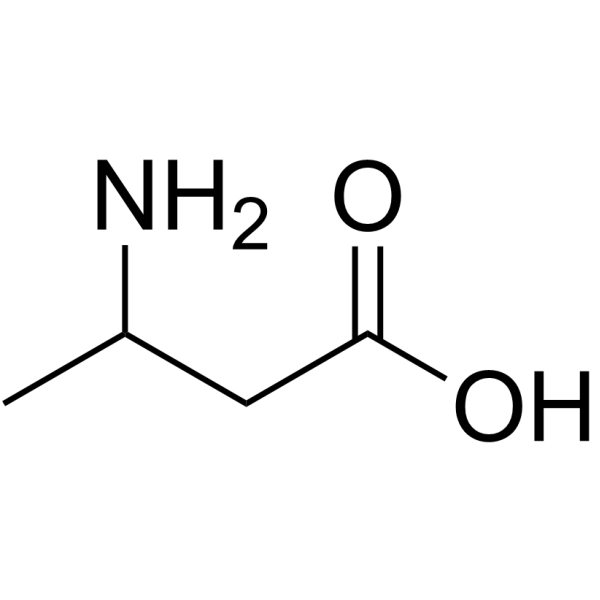
- HY-151778
-
|
|
ADC Linker
|
Others
|
|
Fmoc-Abg(N3)-OH is a click chemistry reagent containing an azide group. Fmoc-Abg(N3)-OH has the potential to synthesize peptide nucleic acids (PNA) and peptoids.
|
-

- HY-111975
-
|
7'-OH ABA
|
Others
|
Metabolic Disease
|
|
7'-Hydroxy ABA (7'-OH ABA) is a metabolite of Abscisic acid (Abscisic acid) through hydroxylation of the 7′-carbon atom of Abscisic acid. 7'-Hydroxy ABA exhibits significant hormonal activity .
|
-
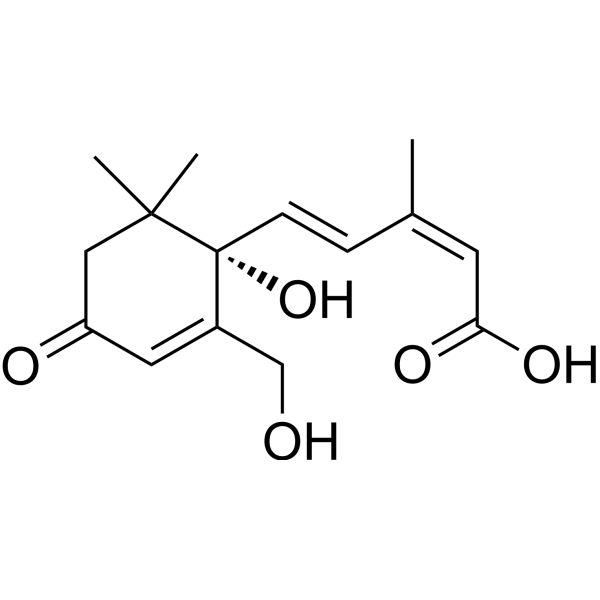
- HY-119735
-
|
|
Others
|
Cardiovascular Disease
|
|
Curcolone is a sesquiterpenoid that inhibits collagen-induced or arachidonic acid (AA)-induced platelet aggregation .
|
-
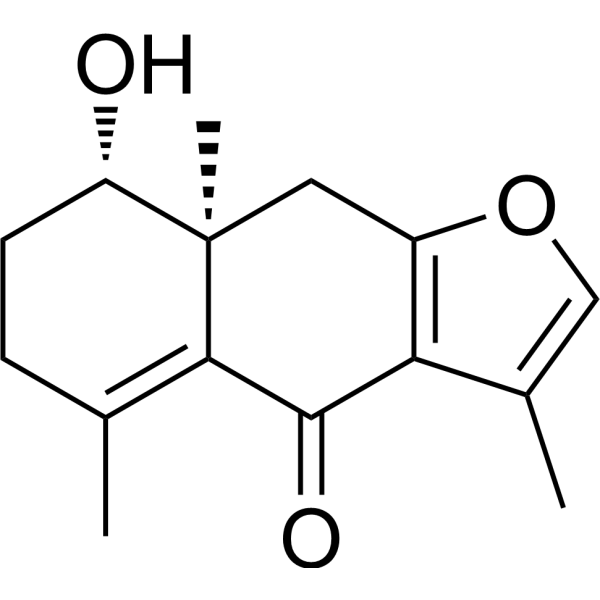
- HY-150204
-
-
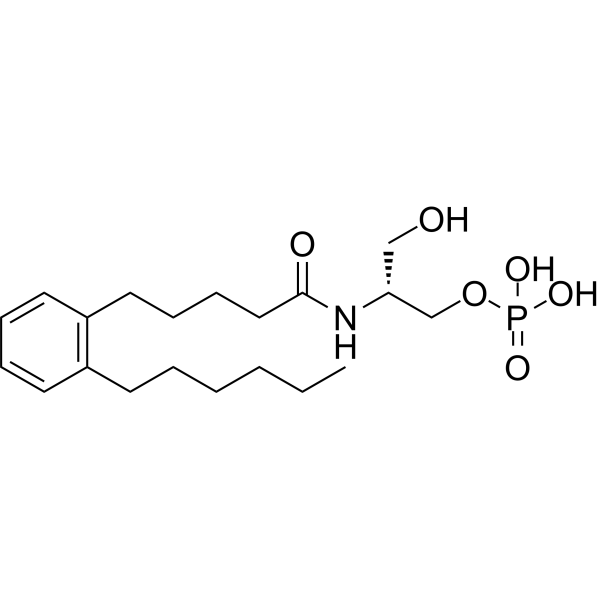
- HY-N7701E
-
|
|
Fungal
|
Infection
|
|
L-Diguluronic acid disodium is a linear polysaccharide copolymer composed of two L-guluronic acid. L-Diguluronic acid disodium can be used to form Alginate. L-Diguluronic acid disodium is a generic name of unbranched polyanionic polysaccharides and it can be used for the research of antifungal agents delivery carries .
|
-

- HY-W098280
-
|
|
Biochemical Assay Reagents
|
Others
|
|
Phenylglycine methyl ester is a chiral anisotropic reagent. Phenylglycine methyl ester can be used for absolute configuration determination of various chiral carboxylic acids .
|
-

- HY-114669
-
|
|
Others
|
Others
|
|
Polyoxin C, the hybrid compound of nucleosides and R-amino acids, is important as the C-terminal amino acid component of Nikkomycin .
|
-
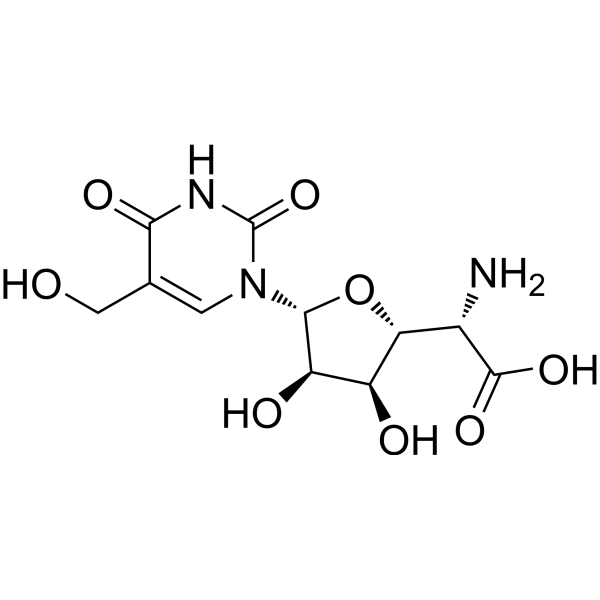
- HY-N11173
-
|
|
Others
|
Metabolic Disease
|
|
cis-Melilotoside, an o-Coumaric acid derivative, shows potent antioxidant activity. cis-Melilotoside has antiprotozoal activity moderately against T. cruzi with an IC50 of 78.2 ug/mL .
|
-

- HY-112169
-
|
|
Endogenous Metabolite
|
Metabolic Disease
|
|
10-Formyltetrahydrofolic acid is a form of tetrahydrofolic acid that acts as a donor of formyl groups in anabolism. 10-Formyltetrahydrofolic acid can be used as a substrate for formyltransferase reactions and is involved in the biosynthesis of purines .
|
-
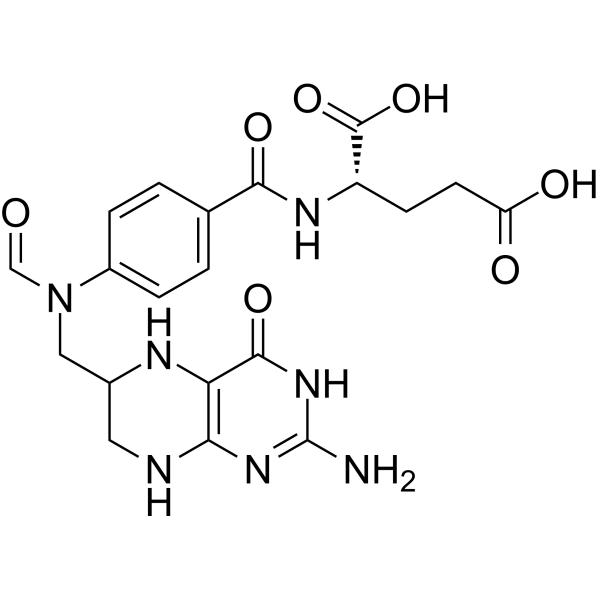
- HY-P2921
-
|
Uox
|
Endogenous Metabolite
|
Others
|
|
Urate oxidase, Microorganism (Uox), i.e., uricase, is often used in biochemical studies. Urate oxidase is a peroxisomal enzyme that catalyzes the oxidation of uric acid to allantoin in most mammals .
|
-

- HY-P2935
-
|
|
Endogenous Metabolite
|
Others
|
|
Glutamic acid protease only can be found in fungi. Glutamic protease is a proteolytic enzyme containing a glutamic acid residue .
|
-
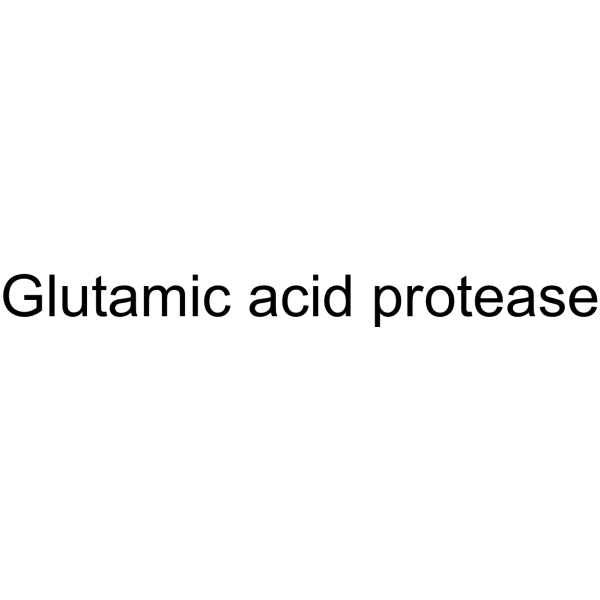
- HY-N4024
-
|
|
Others
|
Inflammation/Immunology
|
|
Hyptadienic acid is a triterpene acid that can be isolated from the leaves of Perilla frutescens. Hyptadienic acid inhibits 12-O-tetradecanoylphorbol-13-acetate (TPA)-induced inflammation in mice with an ID50 value of 0.13 mg/ear. Hyptadienic acid can be used for the research of inflammation .
|
-
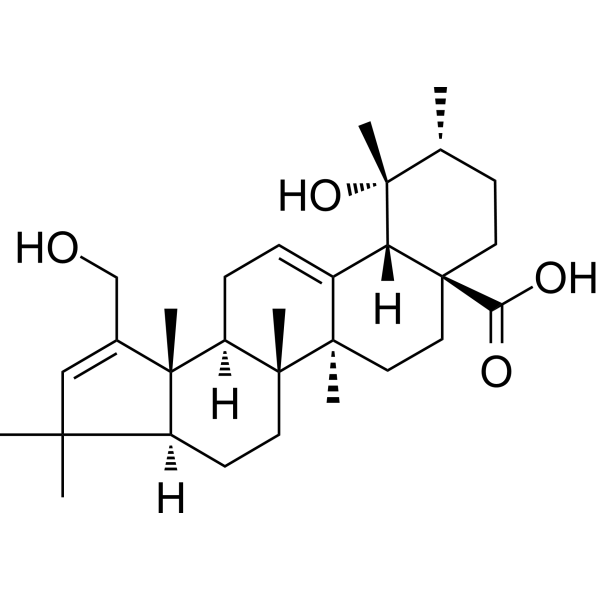
- HY-136896
-
-

- HY-N0667S7
-
|
(-)-Asparagine-13C4,15N2; Asn-13C4,15N2; Asparamide-13C4,15N2
|
Isotope-Labeled Compounds
|
Others
|
|
L-Asparagine-13C4,15N2 ((-)-Asparagine-13C4,15N2) is the 13C and 15N-labeled L-Aspartic acid. L-Aspartic acid is an amino acid, shown to be a suitable pro-agent for colon-specific drug delivery [3].
|
-
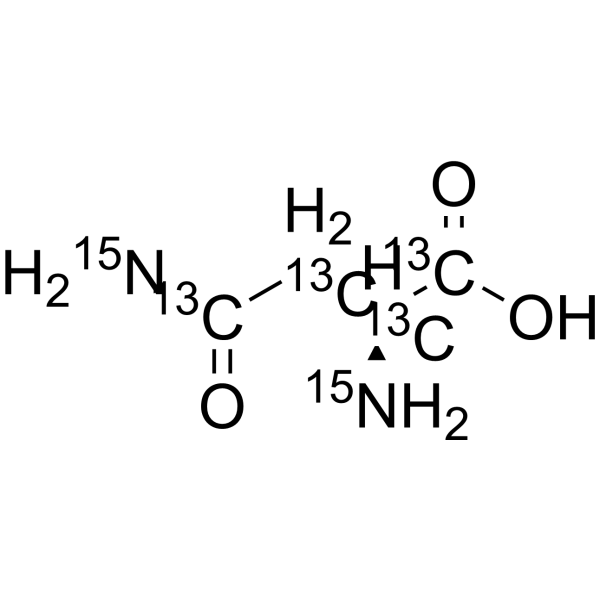
- HY-N0830B
-
|
|
Biochemical Assay Reagents
HSP
Endogenous Metabolite
|
Cancer
|
|
Palmitic acid sodium is a long-chain saturated fatty acid commonly found in both animals and plants. Palmitic acid sodium can induce the expression of glucose-regulated protein 78 (GRP78) and CCAAT/enhancer binding protein homologous protein (CHOP) in in mouse granulosa cells. Palmitic acid sodium is used to establish a cell steatosis model .
|
-
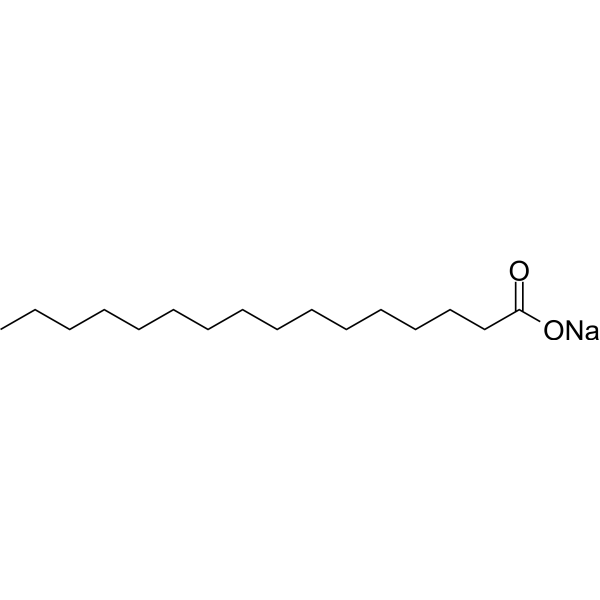
- HY-12956B
-
|
Prostaglandin F2β; PGF2β
|
Endogenous Metabolite
|
Others
|
|
(5R)-Dinoprost is a metabolite produced by cyclooxygenase metabolism of arachidonic acid. (5R)-Dinoprost (Prostaglandin F2β) induces dose-dependent release of hexose containing mucin .
|
-

- HY-P4532
-
|
|
Cathepsin
|
Neurological Disease
|
|
Ac-Leu-Val-Lys-Aldehyde is a potent cathepsin B inhibitor with IC50s of 4 nM. Ac-Leu-Val-Lys-Aldehyde significantly reduces quinolinic acid (HY-100807)-induced striatal cell death and causes accumulation of LC3-II .
|
-
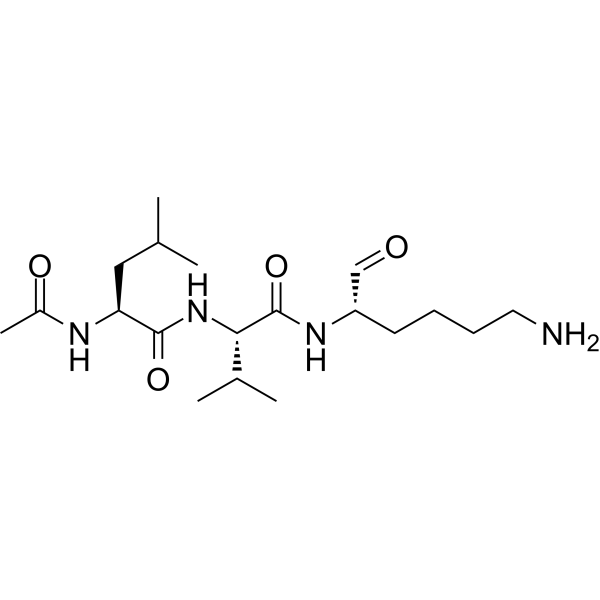
- HY-149272
-
-

- HY-N11466
-
|
|
Others
|
Others
|
|
trans-Caffeoyl-6-O-D-gluconic acid is a natural product, that can be isolated from the nearly ripe fruits of Evodia rutaecarpa (Juss.) Benth. .
|
-
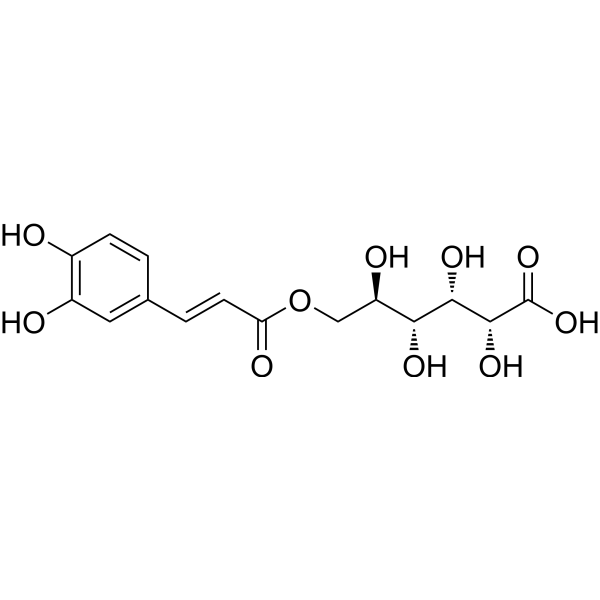
- HY-100413
-
|
|
Proton Pump
|
Inflammation/Immunology
|
|
CS-526 is a potent, selective, reversible and orally active acid pump antagonist. CS-526 inhibits H +,K +-ATPase activity. CS-526 inhibits gastric acid secretion and prevents esophageal lesions. CS-526 has the potential for the research of gastroesophageal reflux disease .
|
-
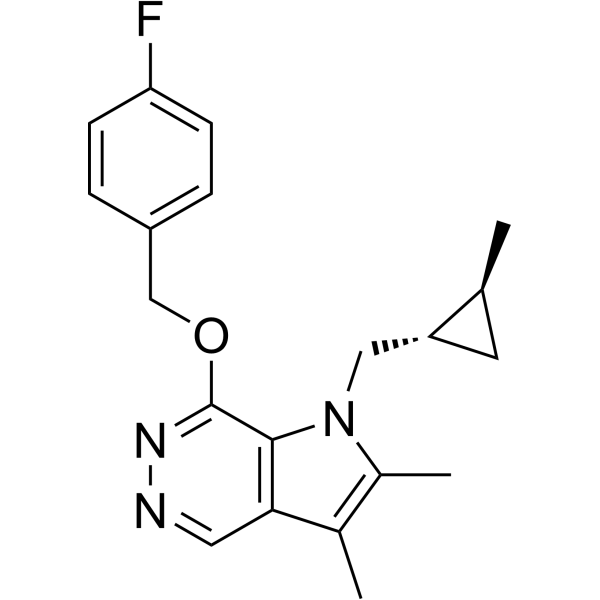
- HY-126791A
-
|
Isosuccinyl coenzyme A tetralithium; Methylmalonyl coenzyme tetralithium
|
Endogenous Metabolite
|
Others
|
|
Methylmalonyl-CoA (Methylmalonyl coenzyme A) tetralithium is a catabolite of valine, isoleucine, methionine, threonine, odd-chain fatty acids, and cholesterol. Methylmalonyl-CoA tetralithium is converted to succinyl-CoA by enzymatic reaction of methylmalonyl-CoA mutase (MCM) with coenzyme vitamin B12 .
|
-
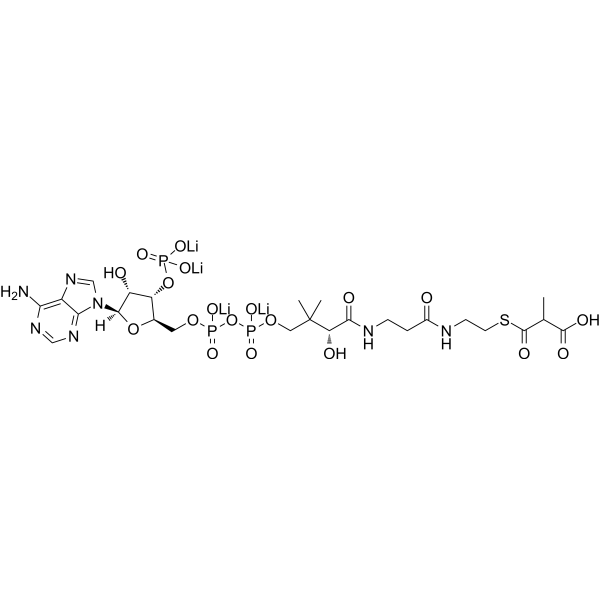
- HY-N3048
-
|
|
Others
|
Cardiovascular Disease
|
|
Piperlotine D is an antiplatelet aggregation agent. Piperlotine D can be extracted from Piper lolot with antiplatelet aggregation activity. Piperlotine D inhibits arachidonic acid-induced platelet aggregation with an IC50 of 43.4 μg/mL .
|
-
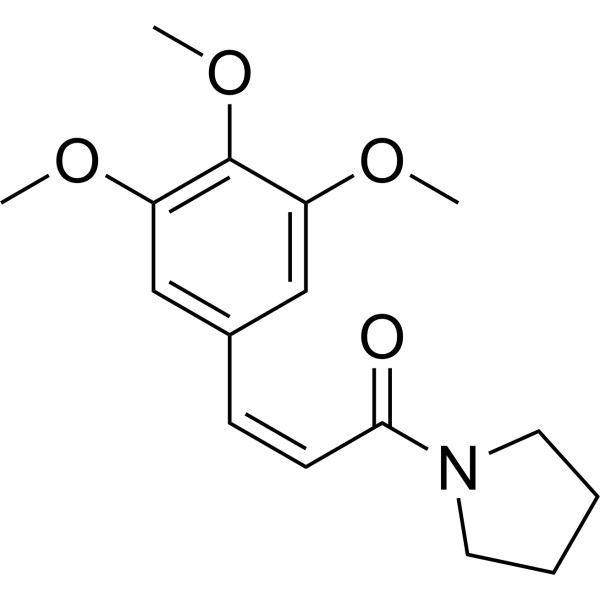
- HY-119596
-
|
|
Xanthine Oxidase
|
Others
|
|
Eupatoriochromene is a chromene and has inhibitory activity against xanthine oxidase (XO) .
|
-
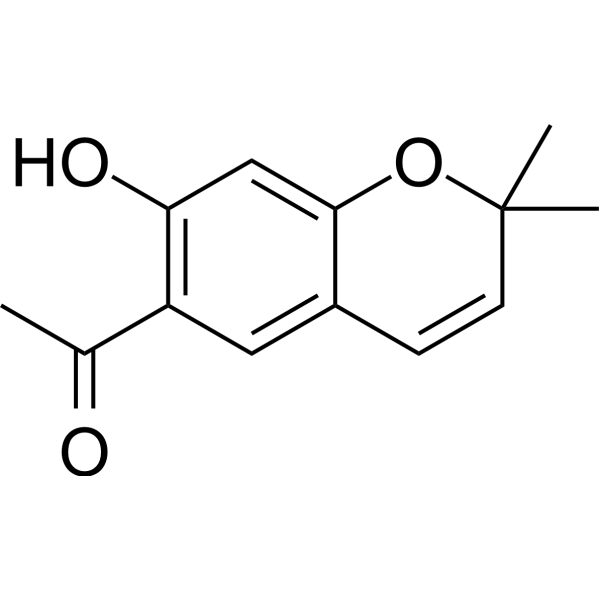
- HY-N0455D
-
|
(S)-(+)-Arginine butanoate
|
Others
|
Others
|
|
L-Arginine butanoate ((S)-(+)-Arginine butanoate) is a compound consisting of L-Arginine and butanoate. L-Arginine is one of the essential nutrients in the human body and participates in various biochemical processes. Butanoate is a short-chain fatty acid commonly used as a food additive and solvent in pharmaceutical formulations .
|
-
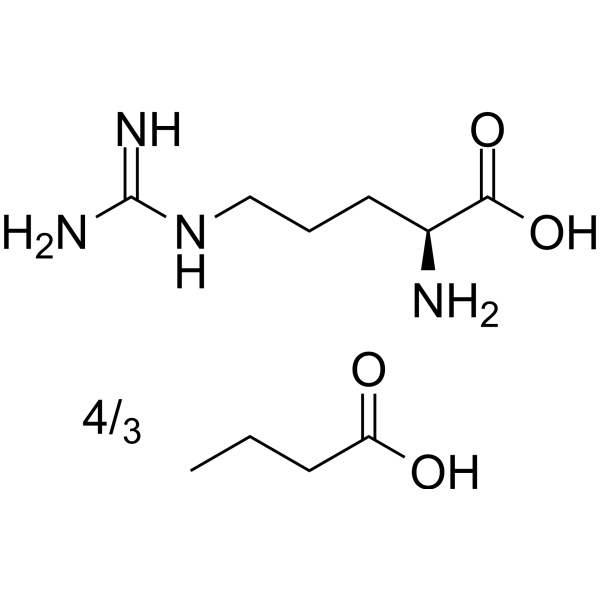
- HY-139577A
-
|
MB-1018972 trihydrochloride; IMB-101 trihydrochloride
|
Mitochondrial Metabolism
|
Metabolic Disease
Cancer
|
|
Ninerafaxstat (IMB-1018972) trihydrochloride is a novel mitotropic agent. Ninerafaxstat trihydrochloride increases myocardial metabolic efficiency by shifting substrate utilization towards glucose through reducing fatty acid oxidation (inhibiting 3-ketoacyl CoA thiolase). Ninerafaxstat trihydrochloride can be used for the research of cardiovascular diseases .
|
-
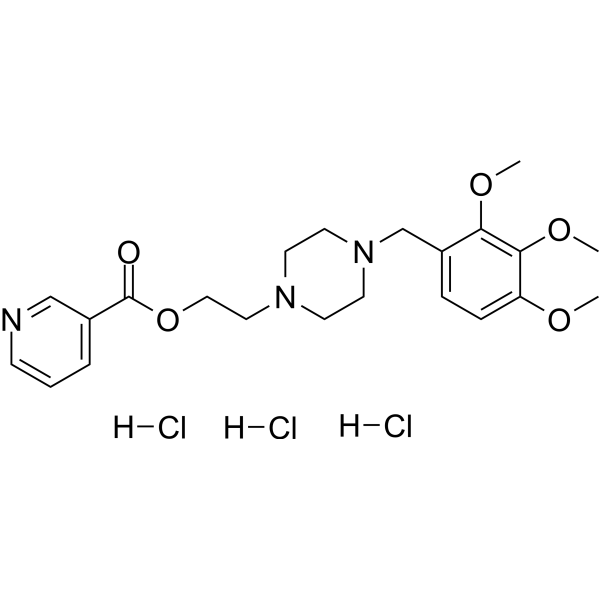
- HY-154804
-
|
|
Liposome
|
Others
|
|
DLin-M-C4-DMA (Compound MC4) is a cationic lipid. DLin-M-C4-DMA can be used for delivery of nucleic acids .
|
-
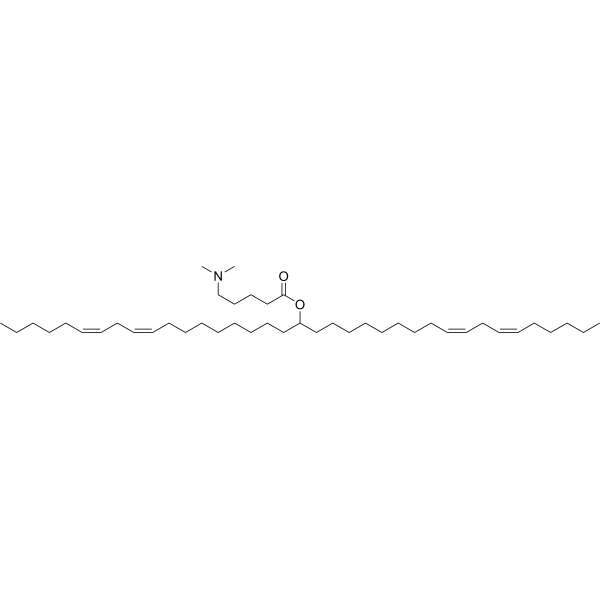
- HY-149898
-
|
|
Others
|
Cancer
|
|
Antitumor agent-109 (compound 6) is an inhibitor of hyaluronic acid (HY-B0633A) targeting to CD44, as well as an anti-tumor agent. Hyaluronic acid interacts with differentiation cluster 44 (CD44) and is involved in tumor growth and invasion. Antitumor agent-109 inhibits MDA-MB-231 cells with EC50 value of 0.59 μM .
|
-
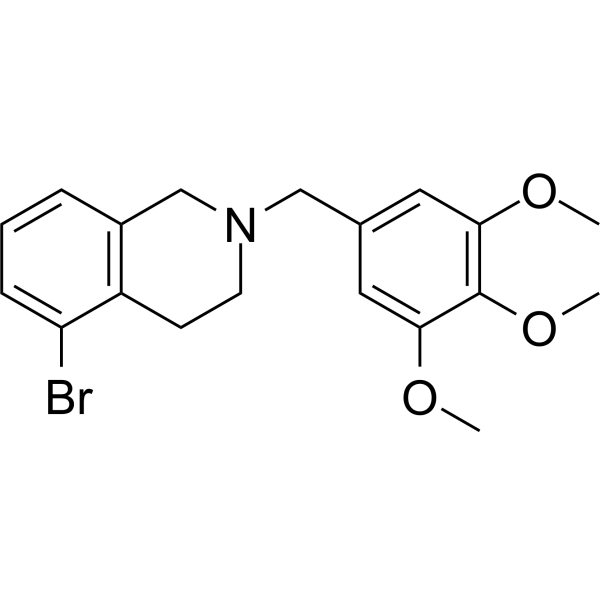
- HY-100807S2
-
-
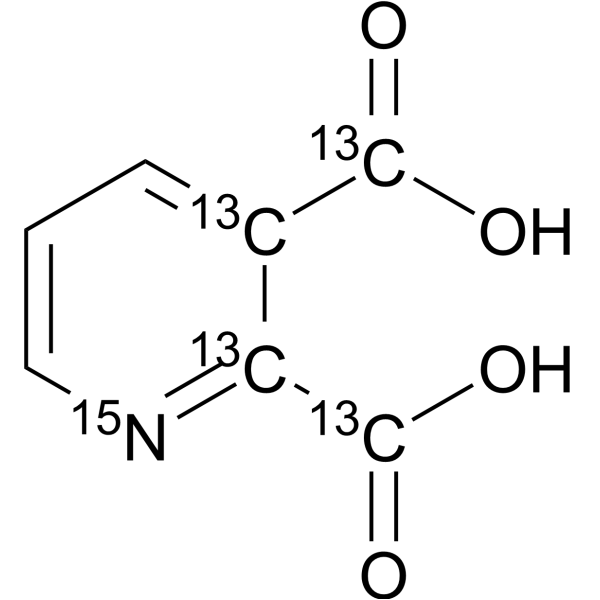
- HY-W009362S
-
|
|
Isotope-Labeled Compounds
|
Others
|
|
DL-Isocitric acid- 13C4 (trisodium salt) is a 13C labeled DL-Isocitric acid (trisodium salt) (HY-W009362). DL-Isocitric acid trisodium salt is an endogenous metabolite. DL-Isocitric acid trisodium salt is a substrate in the citric acid cycle. DL-Isocitric acid trisodium salt can be used as a marker for determining the composition of isocitrates in fruit products, including fruit juices.
|
-
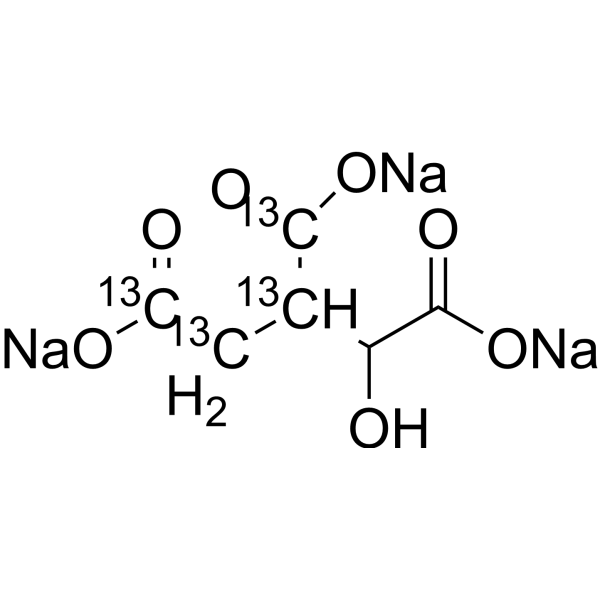
- HY-139427
-
|
β-Methylglutaconic acid
|
GABA Receptor
|
Cardiovascular Disease
Neurological Disease
Metabolic Disease
|
|
3-Methylglutaconic acid is the major metabolites accumulating in 3-Methylglutaconic aciduria (MGTA). 3-Methylglutaconic acid can induce lipid oxidative damage and protein oxidative. 3-Methylglutaconic acid decreases the non-enzymatic antioxidant defenses in cerebral cortex supernatants to elicit oxidative stress in the cerebral cortex. 3-Methylglutaconic acid can be used for brain damage disease research .
|
-
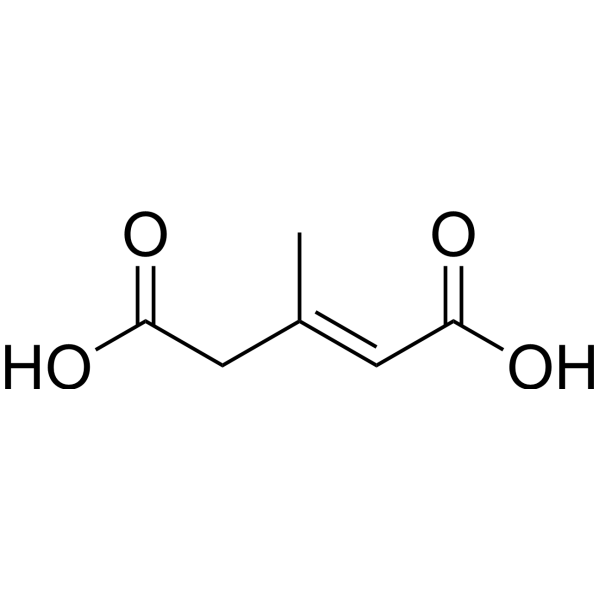
- HY-W009749C
-
|
|
Endogenous Metabolite
Apoptosis
|
Cardiovascular Disease
|
|
L-Cystathionine (dihydrochloride) is a nonprotein thioether and is a key amino acid associated with the metabolic state of sulfur-containing amino acids. L-Cystathionine (dihydrochloride) protects against Homocysteine-induced mitochondria-dependent apoptosis of vascular endothelial cells (HUVECs). L-Cystathionine (dihydrochloride) plays an important role in cardiovascular protection .
|
-
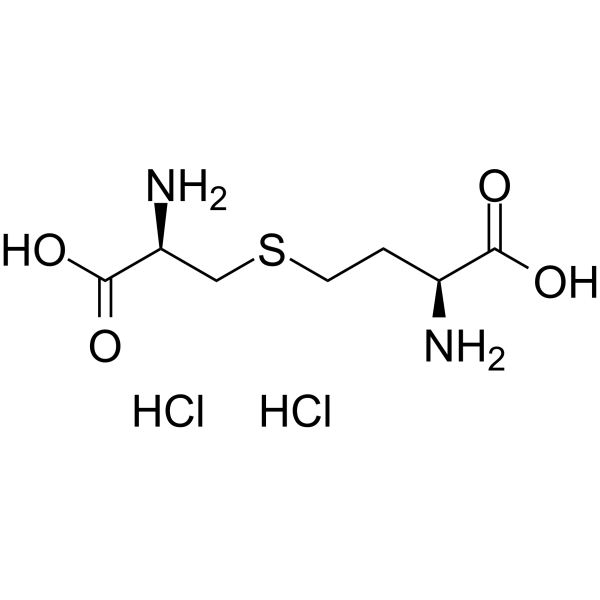
- HY-N3592
-
|
ω-Hydroxyemodin; NSC 624612
|
Others
|
Others
|
|
Citreorosein is a natural product that can be isolated from Xanthoria parietina .
|
-
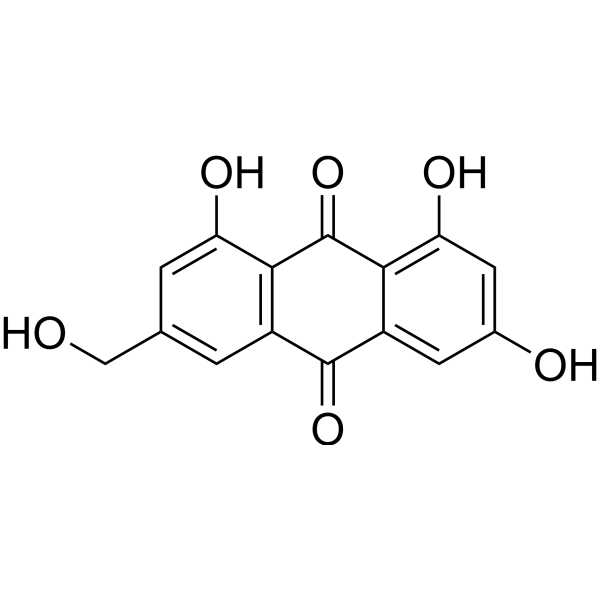
- HY-N8592
-
|
|
Others
|
Others
|
|
4-O-Galloylquinic acid is a quinic acid gallate that can be isolated from Quercus stenophylla .
|
-

- HY-N1891
-
|
|
Others
|
Others
|
|
4'-Demethyl-3,9-dihydroeucomin (Compound 3) is a high isoflavonoid derived from the agave Ledebouria floribund .
|
-
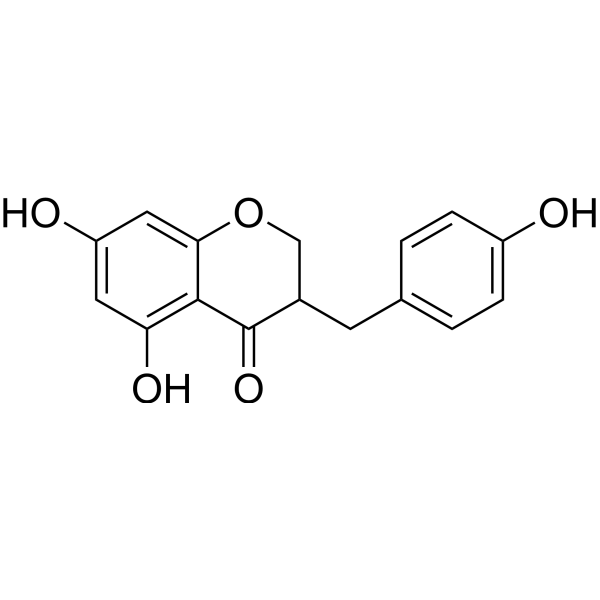
- HY-128749A
-
|
Calcium D-glucarate tetrahydrate
|
Endogenous Metabolite
|
Cancer
|
|
D-Glucaric acid tetrahydrate is the end-products of the D-glucuronic acid pathway in mammals. D-Glucaric acid tetrahydrate is also found in fruits and vegetables. D-Glucaric acid tetrahydrate can be used to reduce cholesterol and inhibits tumor development. D-Glucaric acid tetrahydrate also enhances human immunity and reduce cancer risks .
|
-
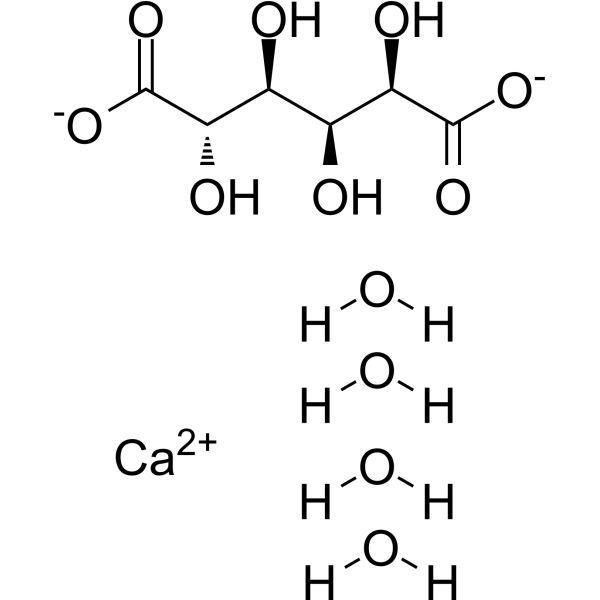
- HY-N9933
-
|
TβMCA
|
FXR
Apoptosis
|
Metabolic Disease
Cancer
|
|
Tauro-β-muricholic acid (TβMCA) is a trihydroxylated bile acid. Tauro-β-muricholic acid is a competitive and reversible FXR antagonist (IC50 = 40 μM). Tauro-β-muricholic acid has antiapoptotic effect. Tauro-β-muricholic acid inhibits bile acid-induced hepatocellular apoptosis by maintaining the mitochondrial membrane potential .
|
-
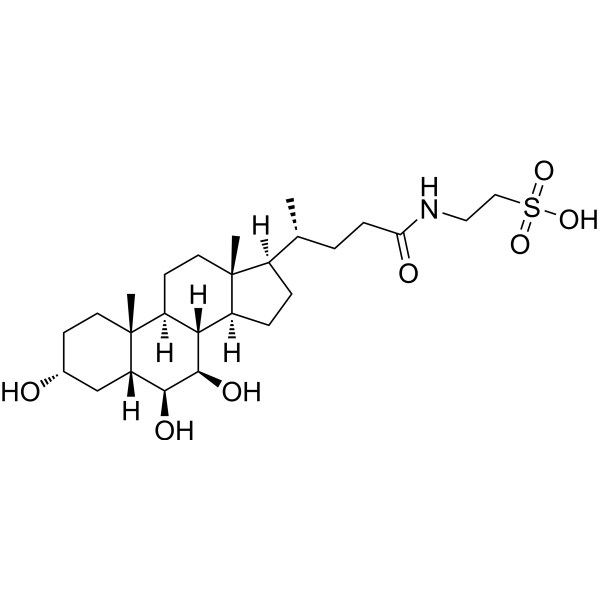
- HY-W270810
-
|
|
Others
|
Others
|
|
Nurr1 agonist 8 (compound 111) is a Nurr1 agonist with an EC50 value of 0.09 μM .
|
-

- HY-157026
-
|
|
Others
|
Cancer
|
|
Nurr1 agonist 7 (compound 110) is a Nurr1 agonist with an EC50 value of 0.12 μM .
|
-
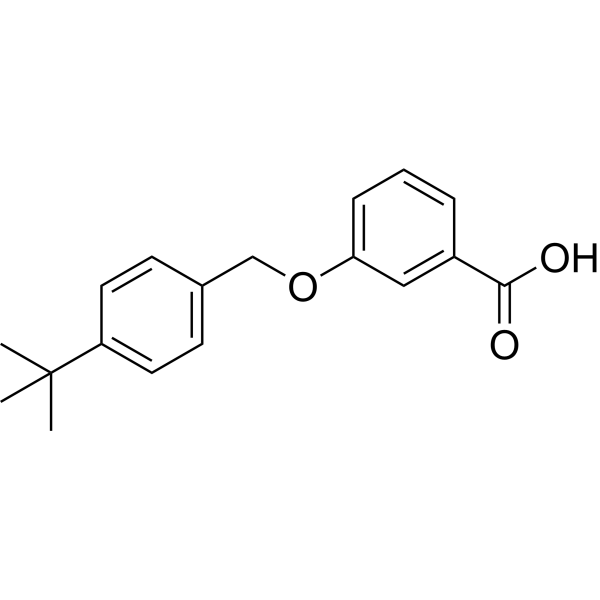
- HY-106559
-
|
|
Others
|
Cardiovascular Disease
|
|
Sorbinicate, a derivative of nicotinic acid, exerts a favourable influence on blood rheology and platelet function .
|
-
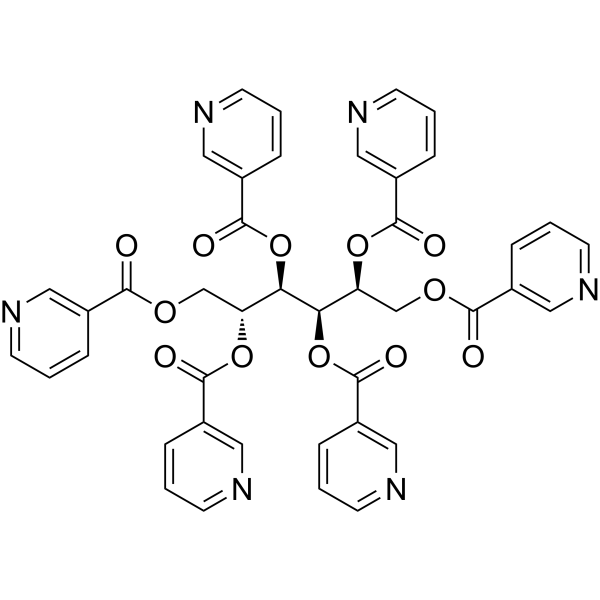
- HY-105900
-
|
|
Others
|
Metabolic Disease
|
|
Ro 22-0654 is a potent lipid synthesis inhibitor. Ro 22-0654 inhibits hepatic fatty acid synthesis and has antiobesity effects .
|
-
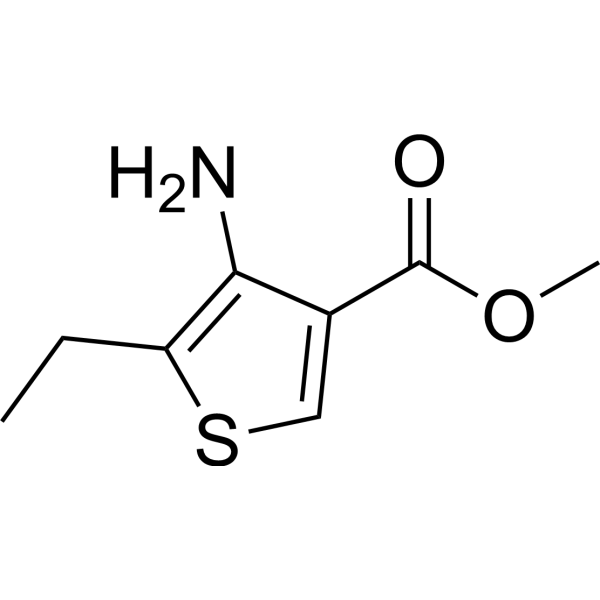
- HY-160003
-
|
|
PPAR
|
Metabolic Disease
|
|
PPARγ agonist 9 is an agonist of PPARγ. PPARγ agonist 9 is the analogue of lysophosphatidic acid with an EC50 more than 10 μM for LPA3 receptor .
|
-
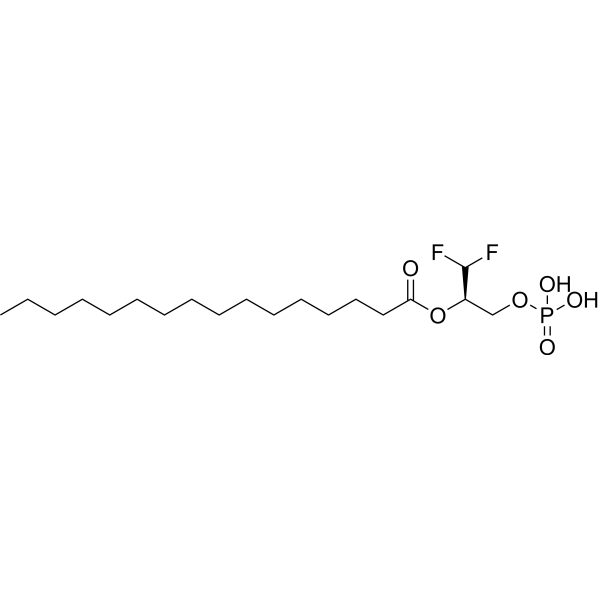
- HY-D2176
-
|
|
Fluorescent Dye
|
Others
|
|
AF 555 carboxylic acid is a derivative of the orange fluorescent dye AF 555. AF 555 has a maximum emission wavelength of ~555 nm. AF 555 carboxylic acid is widely used in cell dyes, biological dyes, biomolecules and particle fluorescent labeling.
|
-
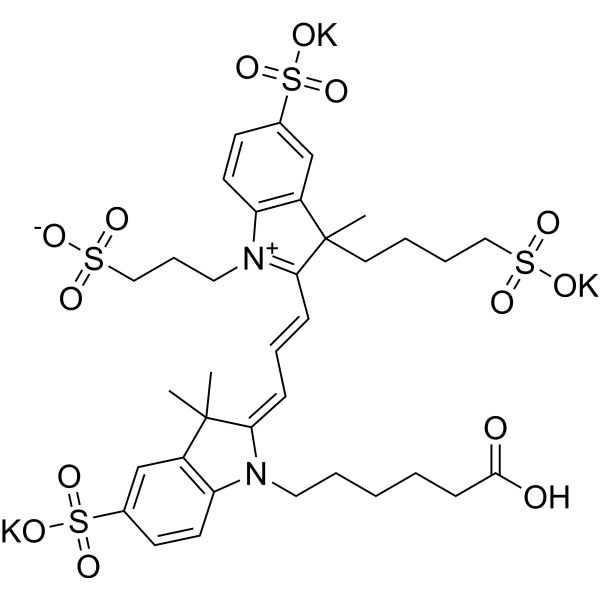
- HY-B1610I
-
|
Trisodium citrate dihydrate, for molecular biology
|
Biochemical Assay Reagents
|
Others
|
|
Sodium citrate dihydrate, for molecular biology is an antacid used in studies to neutralize gastric acid. Sodium citrate dehydrate is often used to prepare biological buffers and can be used in molecular biology research .
|
-
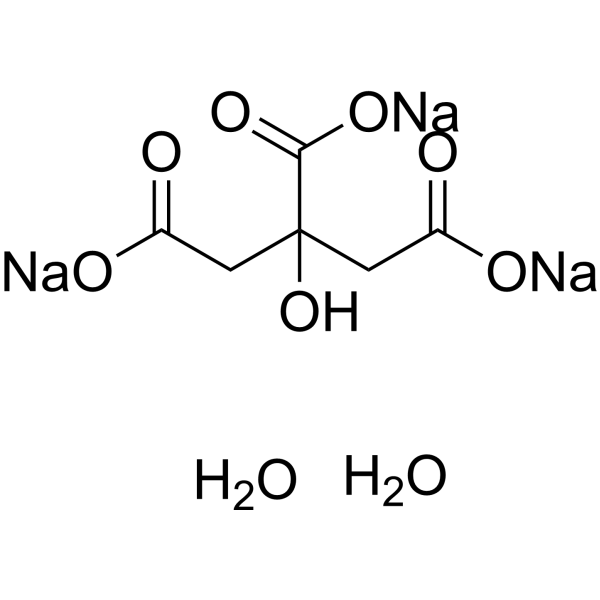
- HY-101197
-
|
|
mAChR
|
Others
|
|
SM 21 maleate, 2-phenoxyalkanoic acid ester, binds to central muscarinic recrptor with affinity of 0.174 μM .
|
-
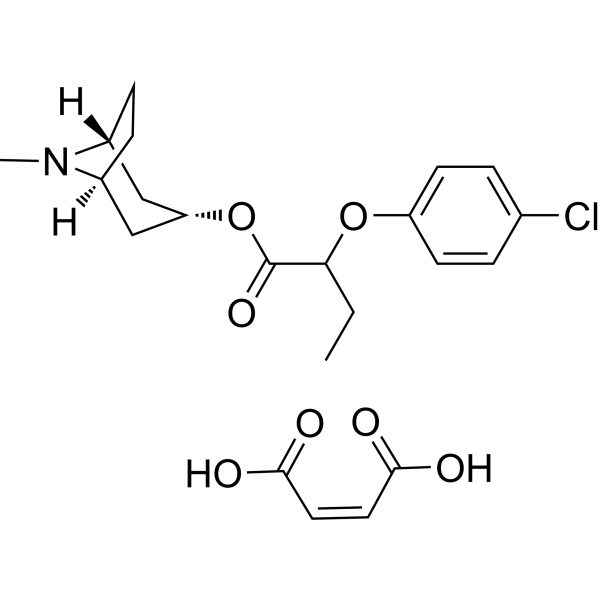
- HY-W454906
-
|
|
E3 Ligase Ligand-Linker Conjugates
|
Cancer
|
|
tDHU, acid is a dihydropyrimidinecereblon ligand that contains an E3 ligase ligand and a benzoic acid linker. tDHU, acid can be used as an E3 ubiquitin ligase ligand-Linker conjugate for the development of PROTACs .
|
-
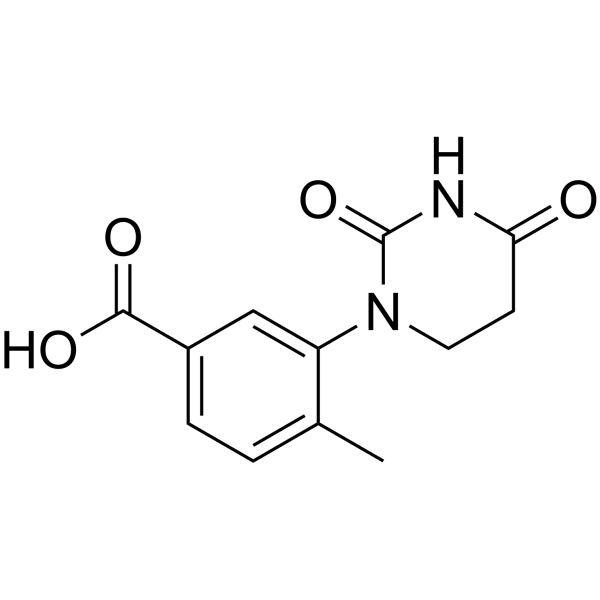
- HY-N12523
-
|
|
NF-κB
p38 MAPK
|
Inflammation/Immunology
|
|
Chebulanin, a polyphenol acid, exerts its anti-inflammatory and anti-arthritic effects via inhibiting NF-κB and MAPK activation in collagen-induced arthritis mice. Chebulanin inhibits the nuclear translocation of p38 and p65 in LPS-stimulated macrophages .
|
-
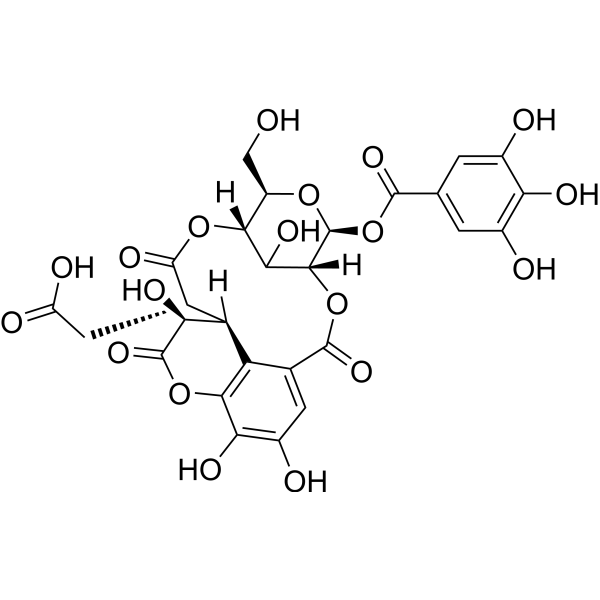
- HY-126791
-
|
Isosuccinyl coenzyme A; Methylmalonyl coenzyme A
|
Endogenous Metabolite
|
Others
|
|
Methylmalonyl coenzyme A (Methylmalonyl-CoA) is a catabolite of valine, isoleucine, methionine, threonine, odd-chain fatty acids, and cholesterol. Methylmalonyl coenzyme A tetralithium is converted to succinyl-CoA by enzymatic reaction of methylmalonyl-CoA mutase (MCM) with coenzyme vitamin B12 .
|
-
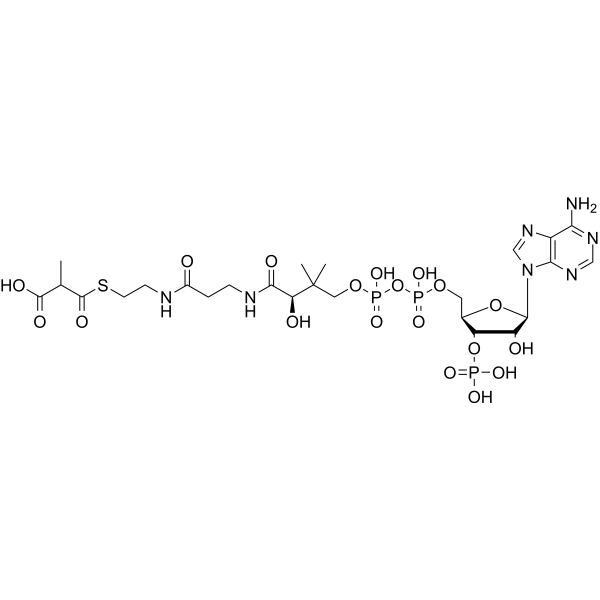
- HY-130319A
-
|
|
PPAR
|
Cardiovascular Disease
Metabolic Disease
|
|
9-HEPE, a oxidation product of Eicosapentaenoic acid, is a racemic mixture of 9(R)-HEPE and 9(S)-HEPE. 9-HEPE induces fatty acid oxidation, adipogenesis, and glucose uptake via activation of PPARs in vivo .
|
-
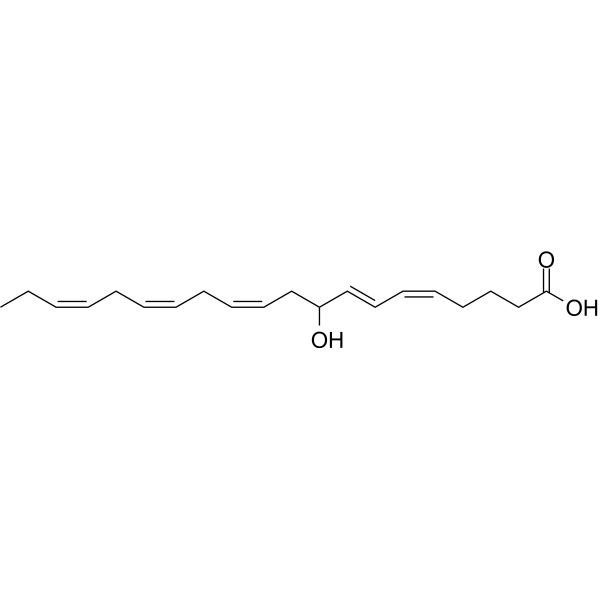
- HY-113482
-
|
1β-OH-DCA
|
Endogenous Metabolite
Cytochrome P450
|
Metabolic Disease
|
|
1β-Hydroxydeoxycholic acid (1β-OH-DCA), a secondary bile acid, is a CYP3A biomarker. Deoxycholic acid is specifically metabolized into 1β-Hydroxydeoxycholic acid by CYP3A4 and CYP3A7 using recombinant human CYP450 enzymes .
|
-
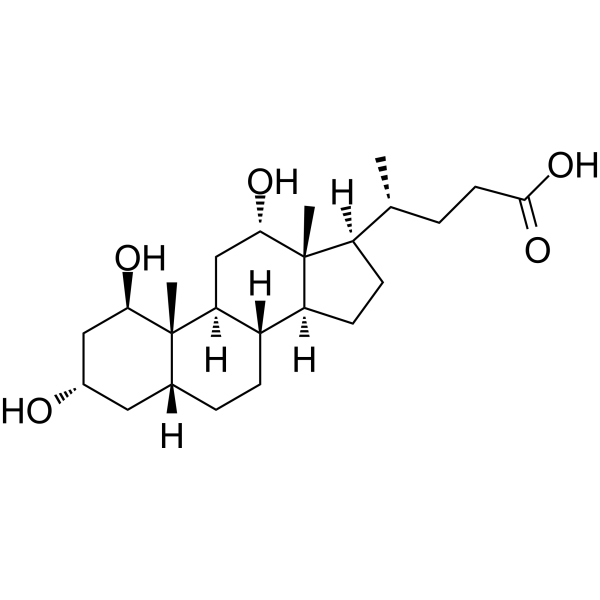
- HY-120255A
-
|
|
PPAR
|
Metabolic Disease
|
|
17(S)-HDHA is a pro-resolving mediator (SPM). 17(S)-HDHA slightly activats PPARγ, PPARα and PPARδ .
|
-
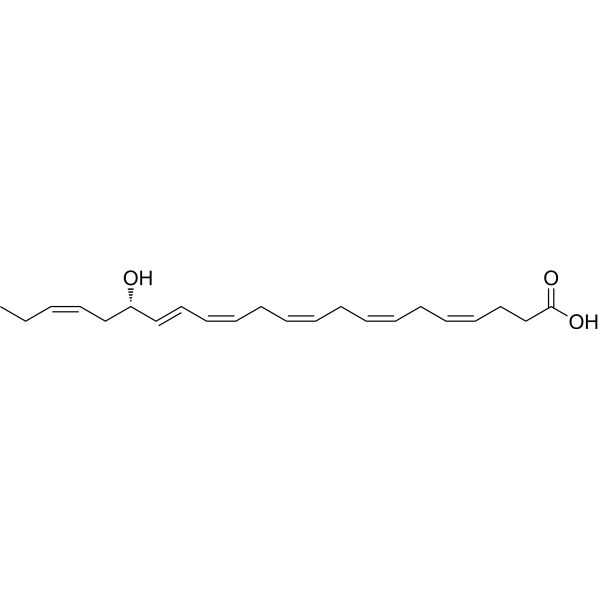
- HY-114850A
-
|
Prostaglandin F2β tromethamine; PGF2β tromethamine
|
Endogenous Metabolite
|
Others
|
|
(5R)-Dinoprost tromethamine (Prostaglandin F2β tromethamine) is a metabolite produced by the metabolism of arachidonic acid cyclooxygenase. (5R)-Dinoprost tromethamine induces dose-dependent release of hexosaccharide containing mucin .
|
-
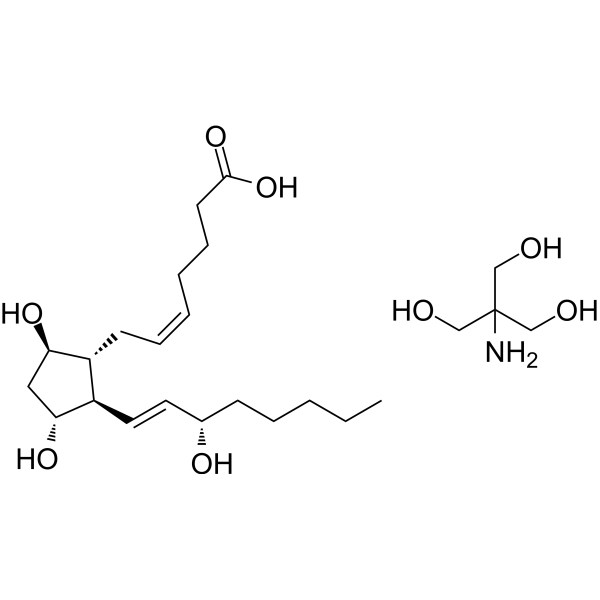
- HY-N12604
-
|
|
NF-κB
|
Others
|
|
Penicisteck acid F (Compound 2) is a Marine derived tanzanic acid derivative that is a NF-κB inhibitor. Penicisteck acid F inhibits osteoclast expression by decreasing RANKL-induced IκBα degradation, NF-κB p65 nuclear translocation, NFATc1 activation and nuclear translocation, and related mRNA expression. Penicisteck acid F can be used in osteoporosis research .
|
-
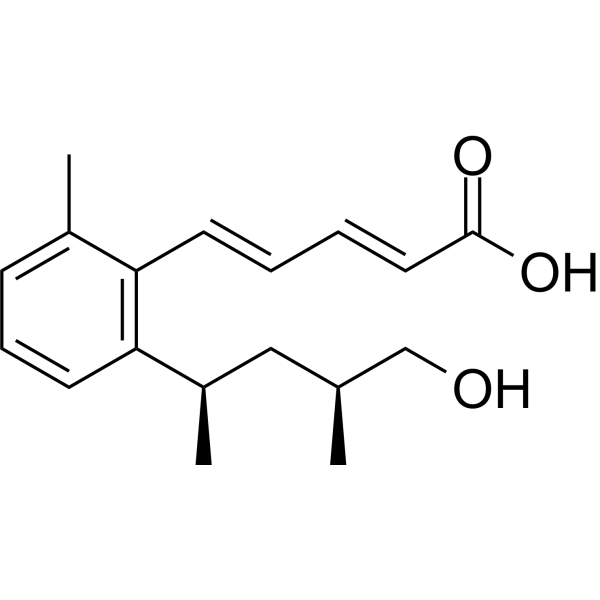
- HY-10867
-
|
|
FAAH
|
Metabolic Disease
|
|
PF-622 is a selective FAAH inhibitor, and can be used for study of analgesic and anxiolytic/antidepressant .
|
-
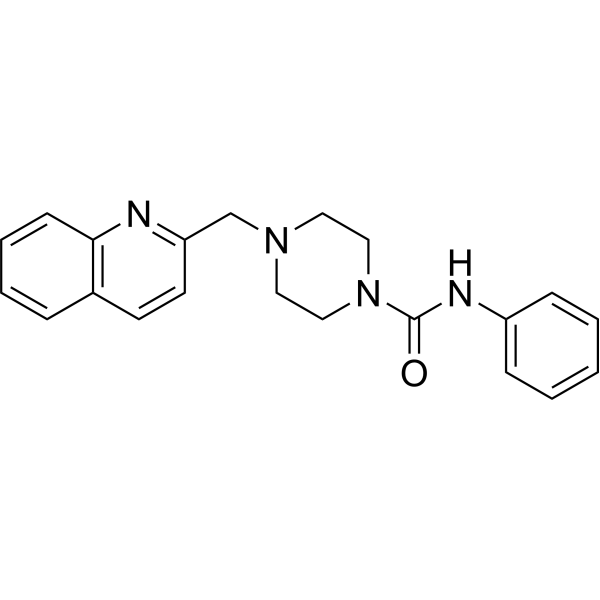
- HY-123063
-
|
5α-Petromyzonol; 5α-PZ
|
Others
|
Others
|
|
Petromyzonol (5α-Petromyzonol) is a tetrahydroxy stearol produced by the bile of sea lamprey larvae from the bile acid precursor acetylcholic acid. Petromyzonol sulfate acts as a pheromone and oviposition chemical attractant .
|
-
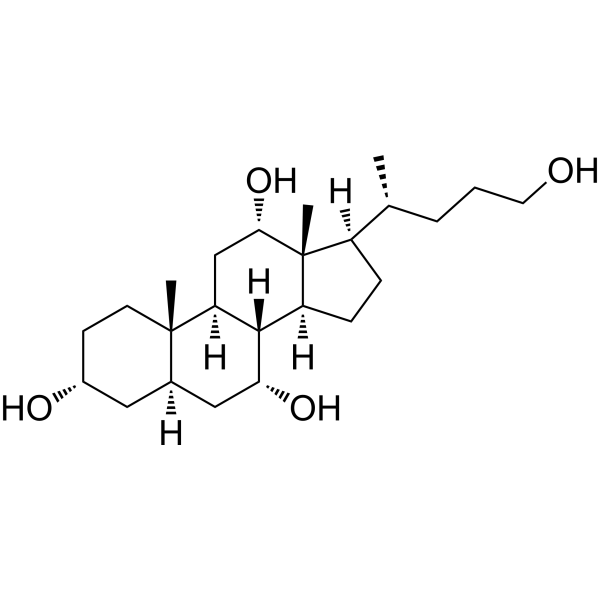
- HY-133803
-
-

- HY-134556
-
|
|
Apoptosis
|
Inflammation/Immunology
Cancer
|
|
2'-Hydroxyflavanone is a flavanone that can inhibit cancer cell proliferation, induce apoptosis, and reduce inflammation. 2'-Hydroxyflavanone shows inhibitory effect on platelet aggregation caused by two inducers with IC50s 47.8 μM arachidonic acid (AA) and 147.2 μM aenosine diphosphate (ADP) .
|
-
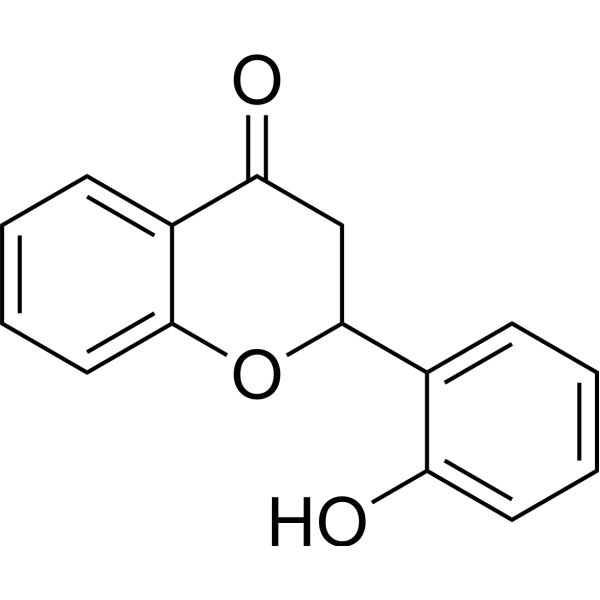
- HY-D2283S
-
|
|
Isotope-Labeled Compounds
|
Others
|
|
Photo-DL-lysine-d2 is the deuterium labeled Photo-DL-lysine (HY-D2283). Photo-DL-lysine is a DL-lysine-based photo-reactive amino acid, captures proteins that bind lysine post-translational modifications .
|
-
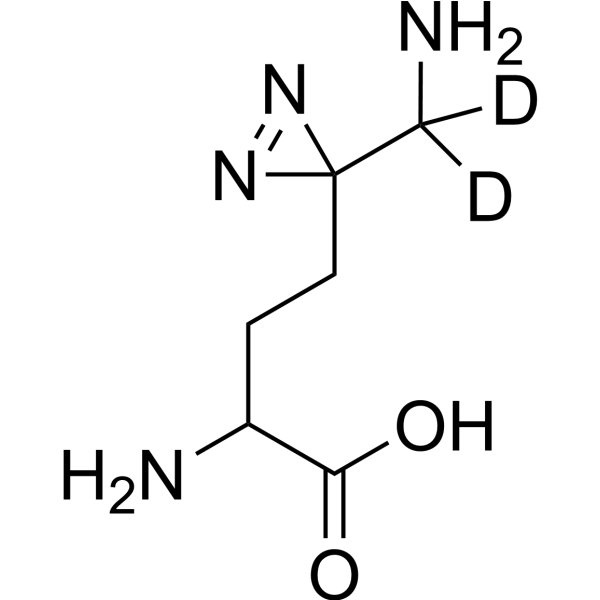
- HY-115402
-
|
|
Fluorescent Dye
|
Others
|
|
DAz-1 is a sulfonic acid probe for living cells, which can directly detect sulfonic acid-modified proteins in living cells and is cell-permeable .
|
-
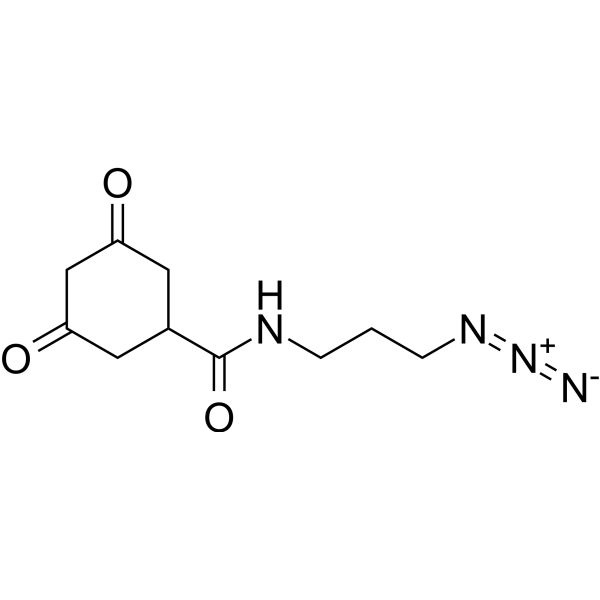
- HY-D2283S1
-
|
|
Isotope-Labeled Compounds
|
Others
|
|
Photo-lysine-d2 is the deuterium labeled Photo-lysine. Photo-lysine is a DL-lysine-based photo-reactive amino acid, captures proteins that bind lysine post-translational modifications .
|
-
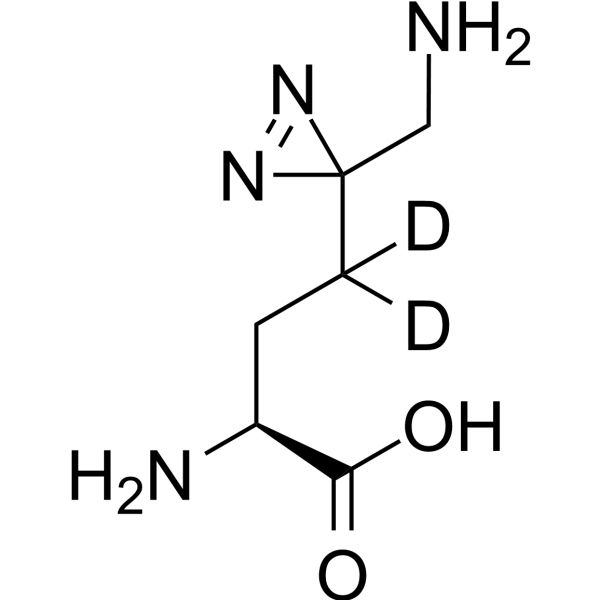
- HY-D2283S2
-
|
|
Isotope-Labeled Compounds
|
Others
|
|
Photo-lysine-d2-1 is the deuterium labeled Photo-lysine. Photo-lysine is a DL-lysine-based photo-reactive amino acid, captures proteins that bind lysine post-translational modifications .
|
-

- HY-132278
-
|
|
Fluorescent Dye
|
Others
|
|
DAz-2 is a sulfonic acid probe for living cells, which can directly detect sulfonic acid-modified proteins in living cells and is cell-permeable .
|
-
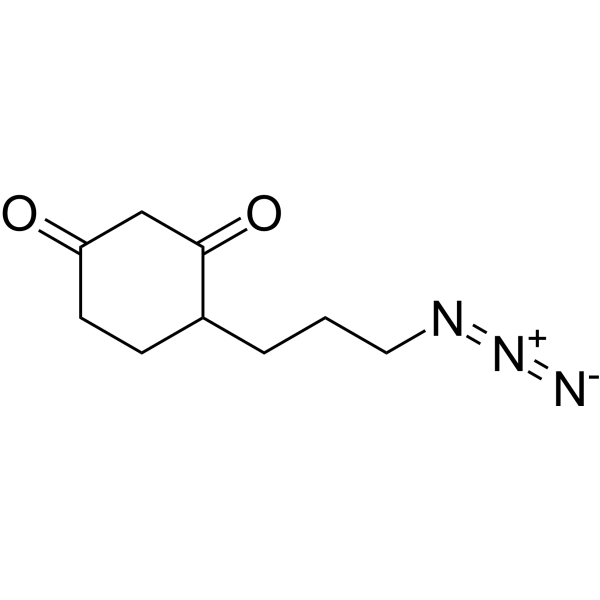
- HY-N7214
-
|
|
Others
|
Neurological Disease
|
|
Termitomycamide E is a fatty acid amide that can suppress endoplasmic reticulum stress. Termitomycamide E shows significant protective activity against T. titanicus-toxicity .
|
-
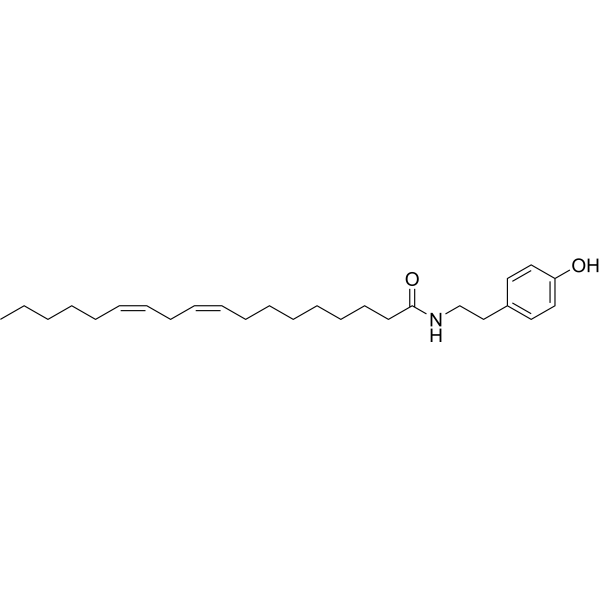
- HY-124279
-
|
|
Others
|
Others
|
|
14-Pentadecenoic acid is a 15-carbon long-chain fatty acid that contains an olefin functional group on the terminal carbon of its fatty tail. 14-Pentadecenoic acid can be used as a fibrous scaffold biomaterial for tissue engineering applications, as well as a metal-forming side-chain polymer for constructing capillary columns in gas chromatography .
|
-
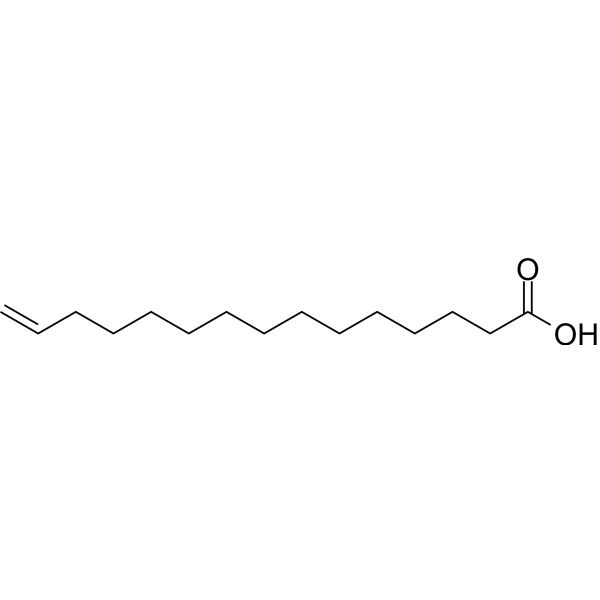
- HY-E70278
-
|
|
Biochemical Assay Reagents
|
Metabolic Disease
|
|
(9Z-Octadecenyl)-CoA triammonium is a coenzyme. (9Z-Octadecenyl)-CoA triammonium is a long-chain acyl-CoA esters. Long-chain acyl-CoA esters are involved in regulation of fatty acid synthesis, enzyme systems, vesicle trafficking, ion channels and ion pumps .
|
-
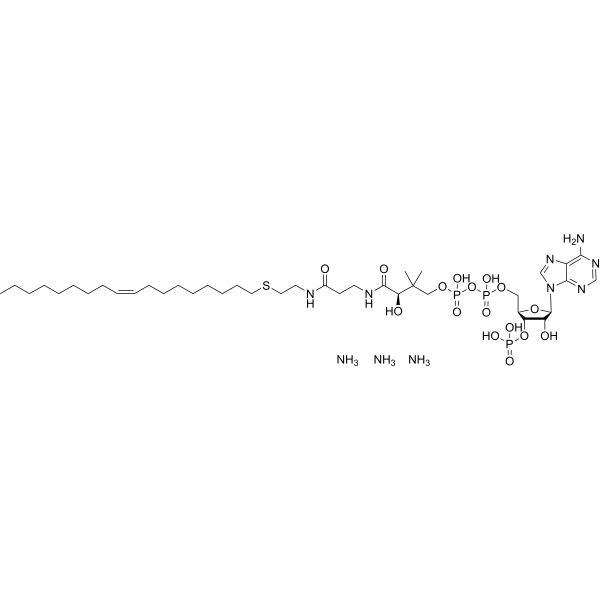
- HY-130060
-
|
|
Others
|
Cardiovascular Disease
|
|
12(S)-HETrE is a fatty acid metabolite that inhibits platelet aggregation. 12(S)-HETrE can be used in thrombosis-related research .
|
-
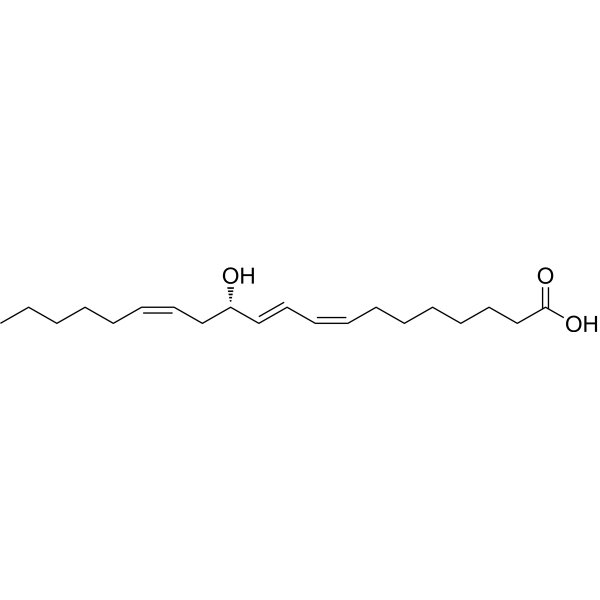
- HY-158235
-
|
|
Tyrosinase
|
Others
|
|
Tyrosinase-IN-27 (compound 6f) is a tyrosinase (TYR) inhibitor (IC50: 0.88 μM) that statically quenches TYR. Tyrosinase-IN-27 increases the hydrophobicity of the enzyme microenvironment by binding to TYR, reducing the content of α-helices in the enzyme and changing its secondary structure. Tyrosinase-IN-27 can be used in the food industry to effectively inhibit the browning of lotus root slices. .
|
-

- HY-158161
-
|
|
Others
|
Metabolic Disease
|
|
SLC6A19-IN-1 (Compound 16) is a SLC6A19 inhibitor. SLC6A19-IN-1 can be used to study diseases with abnormal amino acid levels, such as phenylketonuria (PKU) .
|
-

- HY-162466
-
|
|
Others
|
Others
|
|
ABA receptor agonist 1 (compound 4c) is a receptor agonist for abscisic acid (ABA). ABA receptor agonist 1 can inhibit seed germination and seedling growth of Arabidopsis and rice, stomatal closure and drought resistance of wheat and soybean .
|
-

- HY-W109754
-
|
2',4'-DHC
|
Bacterial
|
Infection
|
|
2',4'-Dihydroxychalcone, in combination with nalidixic acid (HY-B0398), exhibits synergistic effects against E. coli by reducing membrane permeability .
|
-

- HY-W014904
-
|
|
Biochemical Assay Reagents
|
Others
|
|
1,1-Cyclohexanediaceticacid can be used for a type of malonic acid used in physiological and biochemical research. 1,1-Cyclohexanediaceticacid is a kind of biological materials or organic compounds that are widely used in life science research .
|
-

- HY-W016814A
-
|
NSC 7616
|
Others
|
Others
|
|
Aconitic acid (NSC 7616) is an organic acid, and can be isolated from seeds of Brassica oleracea var. acephala (kale) .
|
-

- HY-101664R
-
|
|
Proton Pump
TOPK
|
Inflammation/Immunology
Cancer
|
|
Ilaprazole (Standard) is the analytical standard of Ilaprazole. This product is intended for research and analytical applications. Ilaprazole (IY-81149) is an orally active proton pump inhibitor. Ilaprazole irreversibly inhibits H +/K +-ATPase in a dose-dependent manner with an IC50 of pump inhibitory activity of 6 μM in rabbit parietal cell preparation. Ilaprazole is used for the research of gastric ulcers. Ilaprazole is also a potent TOPK (T-lymphokine-activated killer cell-originated protein kinase) inhibitor .
|
-

- HY-N0787R
-
-

- HY-155944
-
|
|
Phosphodiesterase (PDE)
|
Inflammation/Immunology
|
|
Isbufylline is a phosphodiesterase/ inhibitor. Isbufylline is orally available. Isbufylline can be used in the research of respiratory diseases and inflammation such as asthma and pneumonia.
|
-

- HY-15399
-
|
γ-Vinyl-GABA
|
GABA Receptor
|
Neurological Disease
|
|
Vigabatrin (γ-Vinyl-GABA), an inhibitory neurotransmitter GABA vinyl-derivative, is an orally active and irreversible GABA transaminase inhibitor. Vigabatrin is an antiepileptic agent, which acts by increasing GABA levels in the brain by inhibiting the catabolism of GABA by GABA transaminase [3].
|
-
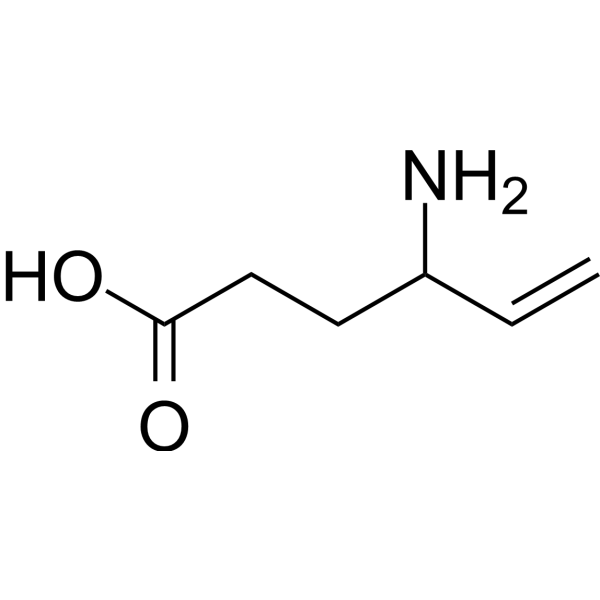
- HY-B0399
-
|
(R)-Carnitine; Levocarnitine
|
Endogenous Metabolite
|
Neurological Disease
Cancer
|
|
L-Carnitine ((R)-Carnitine), a highly polar, small zwitterion, is an essential co-factor for the mitochondrial β-oxidation pathway. L-Carnitine functions to transport long chain fatty acyl-CoAs into the mitochondria for degradation by β-oxidation. L-Carnitine is an antioxidant. L-Carnitine can ameliorate metabolic imbalances in many inborn errors of metabolism [3].
|
-
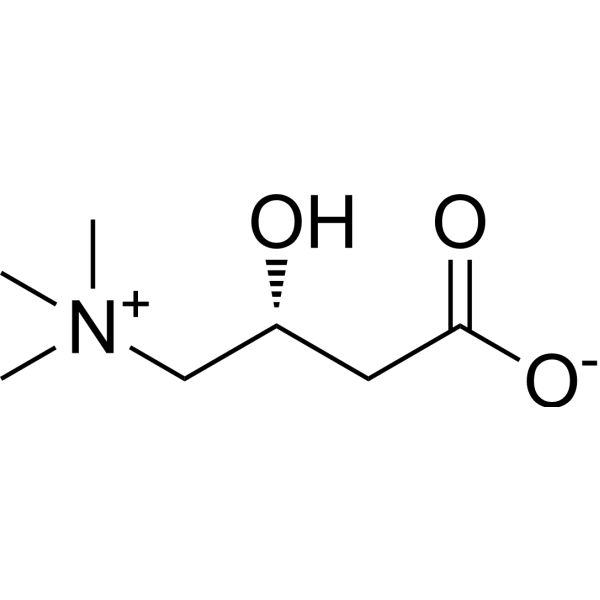
- HY-B0033
-
|
γ-Vinyl-GABA hydrochloride
|
GABA Receptor
|
Neurological Disease
|
|
Vigabatrin hydrochloride (γ-Vinyl-GABA hydrochloride), a inhibitory neurotransmitter GABA vinyl-derivative, is an orally active and irreversible GABA transaminase inhibitor. Vigabatrin hydrochloride is an antiepileptic agent, which acts by increasing GABA levels in the brain by inhibiting the catabolism of GABA by GABA transaminase [3].
|
-
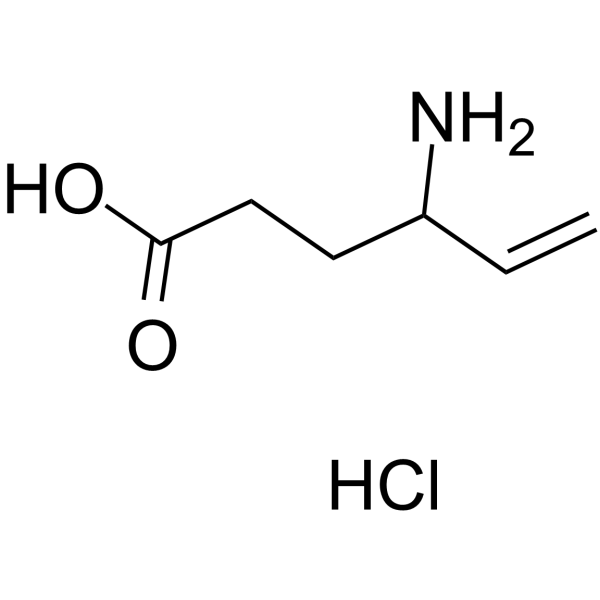
- HY-B0946
-
|
|
Bacterial
Antibiotic
|
Infection
|
|
Sulfamonomethoxine is a long acting sulfonamide antibacterial agent, used in blood kinetic studies,and blocks the synthesis of folic acid by inhibiting synthetase of dihydropteroate.
|
-
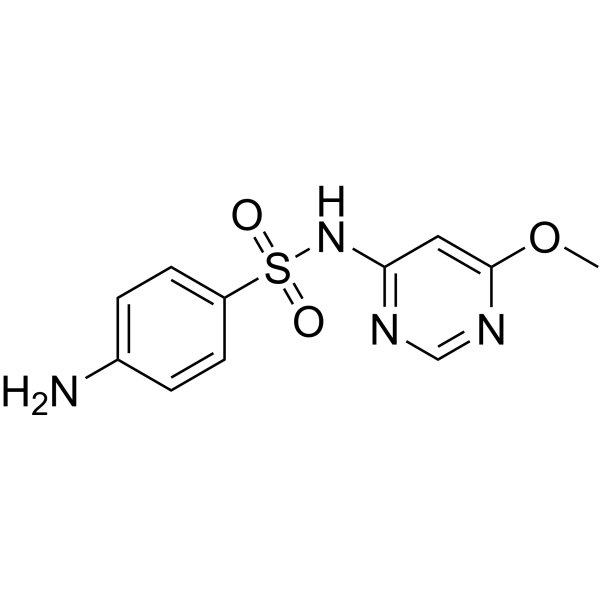
- HY-B1132
-
|
Ro 2-3773
|
mAChR
|
Neurological Disease
|
|
Clidinium bromide is a quaternary amine antimuscarinic agent. Clidinium bromide may help symptoms of cramping and abdominal/stomach pain by decreasing stomach acid, and slowing the intestines in vivo .
|
-

- HY-D0785
-
|
4-Fluoro-7-nitrobenzofurazan
|
Fluorescent Dye
|
Others
|
|
NBD-F (4-Fluoro-7-nitrobenzofurazan) is a pro-fluorescent reagent which is developed for amino acid analysis. NBD-F reacts with primary or secondary amines to produce a fluorescent product and used for analysis of amino acids and low molecular weight amines .
|
-
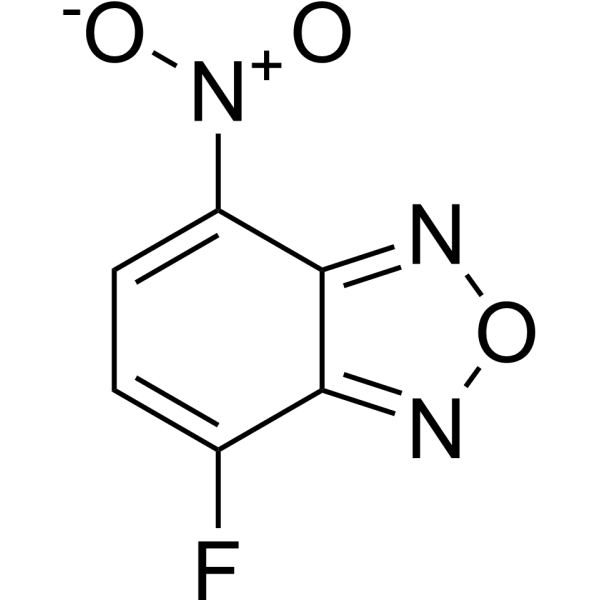
- HY-P1202
-
|
|
Somatostatin Receptor
|
Endocrinology
|
|
CYN 154806, a cyclic octapeptide, is a potent and selective somatostatin sst2 receptor antagonist, with pIC50 values of 8.58, 5.41, 6.07, 5.76 and 6.48 for human recombinant sst2, sst1, sst3, sst4 and sst5 receptors respectively .
|
-

- HY-P1202A
-
|
|
Somatostatin Receptor
|
Endocrinology
|
|
CYN 154806 TFA, a cyclic octapeptide, is a potent and selective somatostatin sst2 receptor antagonist, with pIC50 values of 8.58, 5.41, 6.07, 5.76 and 6.48 for human recombinant sst2, sst1, sst3, sst4 and sst5 receptors respectively .
|
-
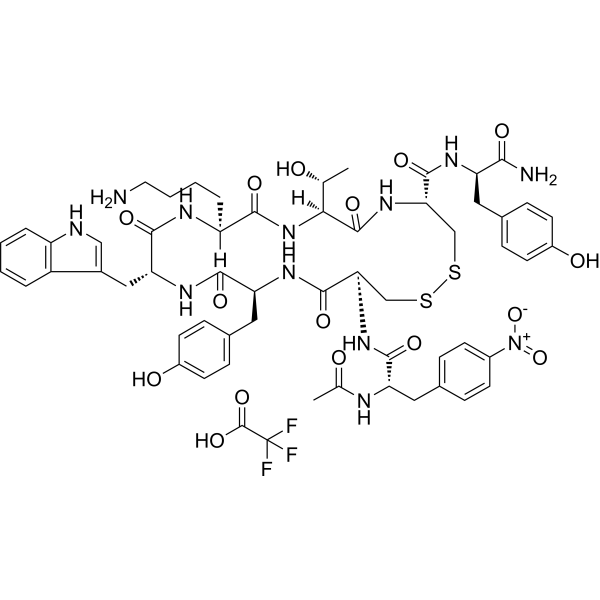
- HY-N1272
-
|
|
Endogenous Metabolite
|
Others
|
|
Secaubryenol is a class of 3,4-secocycloartane triterpenes isolated from Coussarea macrophylla. Secaubryenol does not display any cytotoxic effect at a dose of 10 µg/mL [3].
|
-
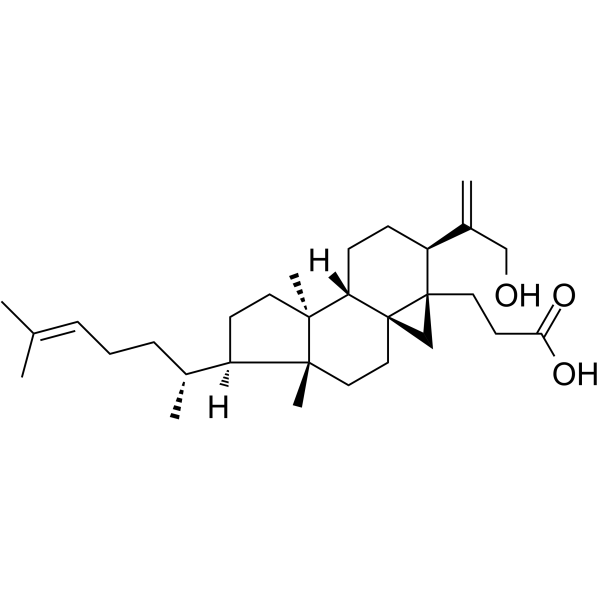
- HY-14518
-
|
4-Aminofolic acid; APGA
|
Antifolate
|
Inflammation/Immunology
Cancer
|
|
Aminopterin (4-Aminofolic acid), the 4-amino derivative of folic acid, is a folic acid antagonist. Aminopterin catalyses the reduction of folic acid to tetrahydrofolic acid, and competitively inhibits dihydrofolate reductase (DHFR) with a Ki of 3.7 pM. Aminopterin has anticancer and immunosuppressive activity. Aminopterin is used in treatment of pediatric leukemia .
|
-
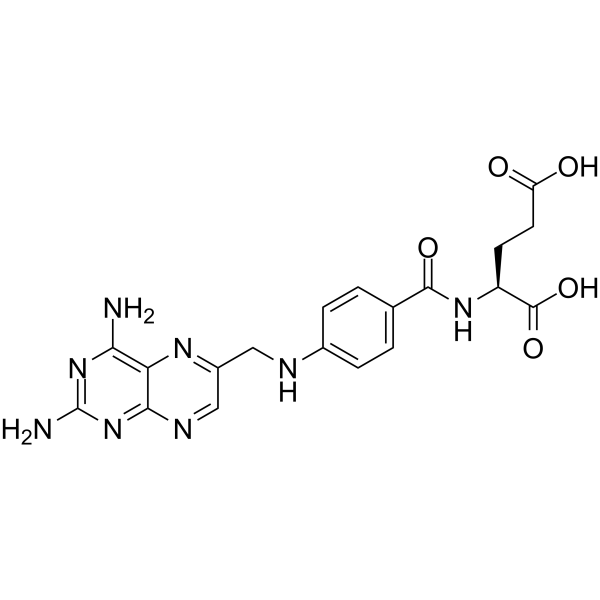
- HY-124527
-
HET0016
2 Publications Verification
|
Cytochrome P450
|
Cardiovascular Disease
|
|
HET0016 is a potent and selective 20-hydroxyeicosatetraenoic acid (20-HETE) synthase inhibitor, with IC50 values of 17.7 nM, 12.1 nM and 20.6 nM for recombinant CYP4A1-, CYP4A2- and CYP4A3-catalyzed 20-HETE synthesis, respectively. HET0016 also is a selective CYP450 inhibitor, which has been shown to inhibit angiogenesis and tumor growth .
|
-
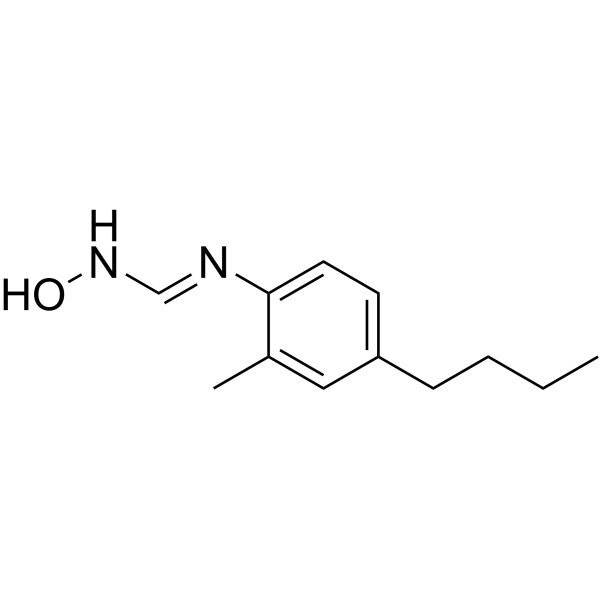
- HY-B0946S
-
|
|
Bacterial
|
Infection
|
|
Sulfamonomethoxine-d4 is a deuterium labeled Sulfamonomethoxine. Sulfamonomethoxine is a long acting sulfonamide antibacterial agent, used in blood kinetic studies,and blocks the synthesis of folic acid by inhibiting synthetase of dihydropteroate[1].
|
-
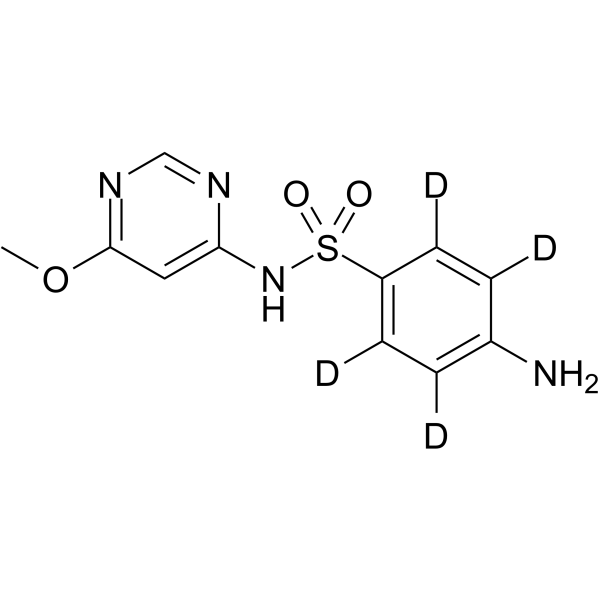
- HY-N2581
-
|
myo-Inositol, hexakis(dihydrogen phosphate) sodium salt; Inositol hexaphosphate sodium salt
|
Endogenous Metabolite
|
Others
|
|
Phytic acid sodium salt (myo-Inositol; hexakis dihydrogen phosphate; Inositol hexaphosphat) is often present in legume seeds with antinutritional effects. Phytic acid sodium salt is a [PO4] 3- storage depot and precursor for other inositol phosphates and pyrophosphates. phytic acid is hydrolyzed by phytases in a stepwise manner in the plant .
|
-
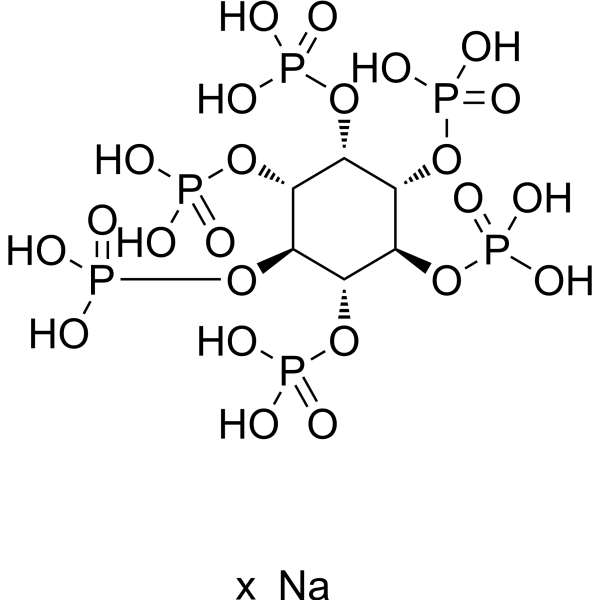
- HY-W017443
-
|
|
Endogenous Metabolite
|
Metabolic Disease
|
|
L-Asparagine monohydrate ((-)-Asparagine monohydrate) is a non-essential amino acid that is involved in the metabolic control of cell functions in nerve and brain tissue.
|
-
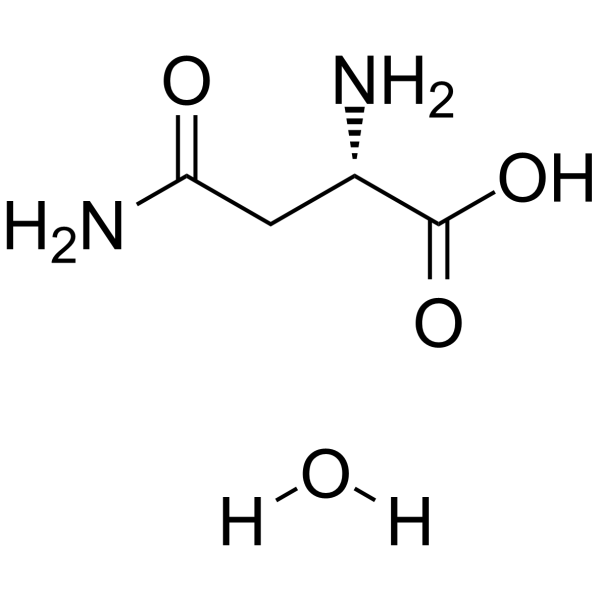
- HY-N2511
-
|
|
Cholinesterase (ChE)
Phosphatase
Endogenous Metabolite
|
Metabolic Disease
|
|
Trimyristin, an active molluscicidal component of Myristica fragrans Houtt, significantly inhibits acetylcholinesterase (AChE), acid and alkaline phosphatase (ACP/ALP) activities in the nervous tissue of Lymnaea acuminata. IC50s of Trimyristin against AChE, ACP, and ALP are 0.11, 0.16 and 0.18 mM, respectively .
|
-

- HY-N6877
-
|
|
Others
|
Cancer
|
|
Purpurogallin carboxylic acid, isolated from Macleaya microcarpa (Maxim.) Fedde, is an oxidation product of gallic acid in fermented tea. Purpurogallin carboxylic acid has anti-cancer activity .
|
-
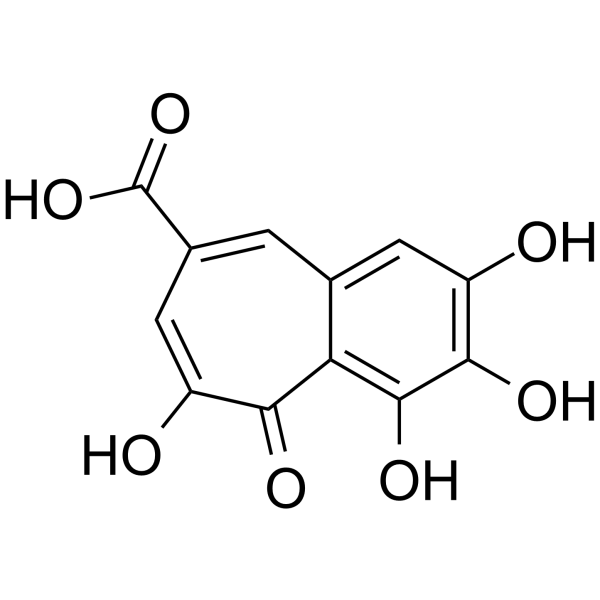
- HY-135652
-
|
Hexyl 3,4,5-trihydroxybenzoate
|
Bacterial
Parasite
|
Infection
|
|
Hexyl gallates (Hexyl 3,4,5-trihydroxybenzoate) shows antibacterial activity and inhibits the production of rhamnolipid and pyocyanin by inhibiting RhlR . Hexyl gallate, a alkyl ester derivative of gallic acid, exhibits potent antimalarial activity against Plasmodium falciparum, with IC50 of 0.11 mM .
|
-
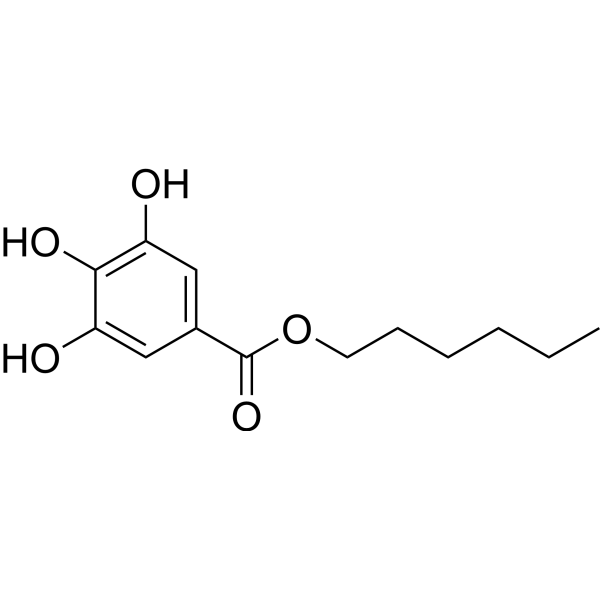
- HY-101016
-
|
|
Cytochrome P450
Apoptosis
|
Cardiovascular Disease
|
|
17-ODYA is a CYP450 ω-hydroxylase inhibitor. 17-ODYA is also a potent inhibitor (IC50<100 nM) of the formation of 20-hydroxyeicosatetraenoic acid (20-HETE), epoxyeicosatrienoic acids and dihydroxyeicosatrienoic acids by rat renal cortical microsomes incubated with arachidonic acid. 17-ODYA completely attenuates the isoproterenol (ISO)-induced apoptosis, and necrosis in cultured cardiomyocytes [3]. 17-ODYA is a click chemistry reagent, it contains an Alkyne group and can undergo copper-catalyzed azide-alkyne cycloaddition (CuAAc) with molecules containing Azide groups.
|
-
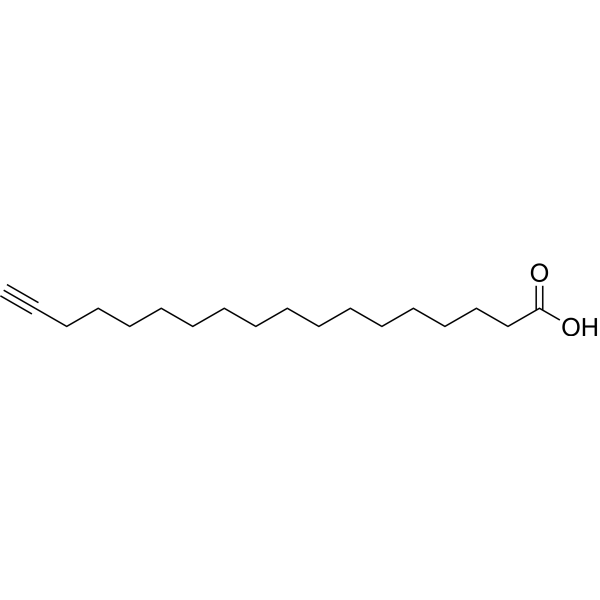
- HY-76199
-
|
|
Others
|
Metabolic Disease
|
|
trans-4-Hydroxycyclohexanecarboxylic acid is a substrate for cyclohexanecarboxylic acid production. trans-4-Hydroxycyclohexanecarboxylic acid is the by-product of intestinal bacterial metabolism via urinary excretion .
|
-
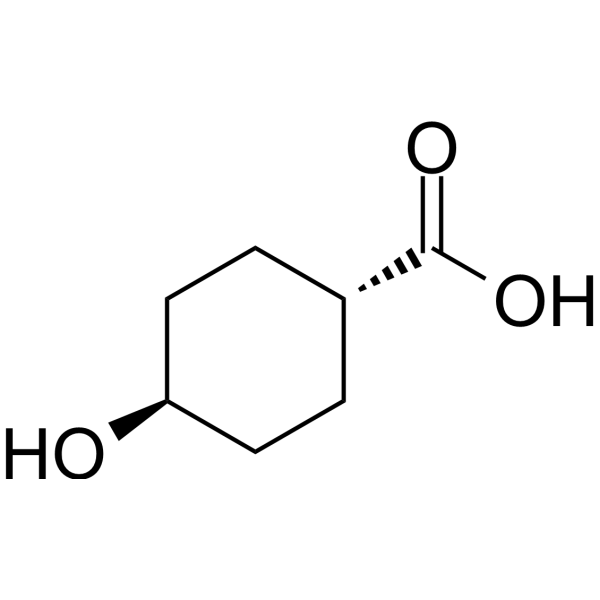
- HY-W015343
-
|
m-Methoxyphenylacetic acid
|
Endogenous Metabolite
|
Others
|
|
3-Methoxyphenylacetic acid (m-Methoxyphenylacetic acid), a m-hydroxyphenylacetic acid (m-OHPAA) derivative, is a phytotoxin in Rhizoctonia solani. 3-Methoxyphenylacetic acid is used to develop a toxin-mediated bioassay for resistance to rhizoctonia root rot .
|
-
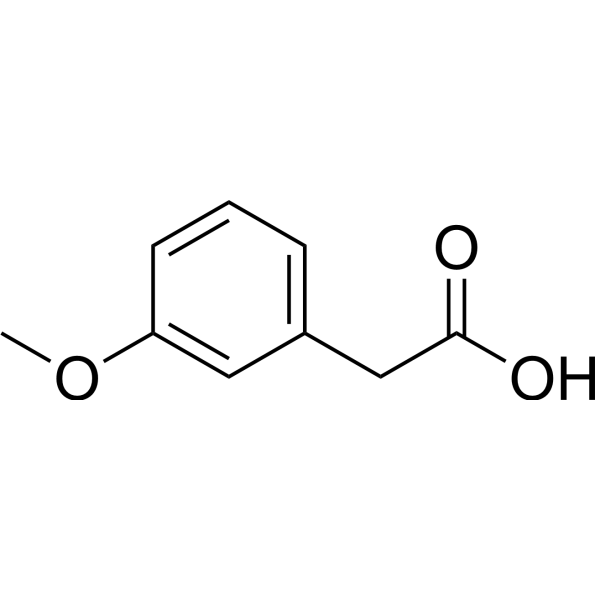
- HY-W014502
-
|
|
Aryl Hydrocarbon Receptor
Endogenous Metabolite
|
Cancer
|
|
D-kynurenine, a metabolite of D-tryptophan, can serve as the bioprecursor of kynurenic acid (KYNA) and 3-hydroxykynurenine. D-Kynurenine is an agonist for G protein-coupled receptor, GPR109B. D-Kynurenine is a substrate in a fluorometric assay of D-amino acid oxidase. D-kynurenine promotes epithelial-to-mesenchymal transition via activating aryl hydrocarbon receptor (AHR) [3] .
|
-
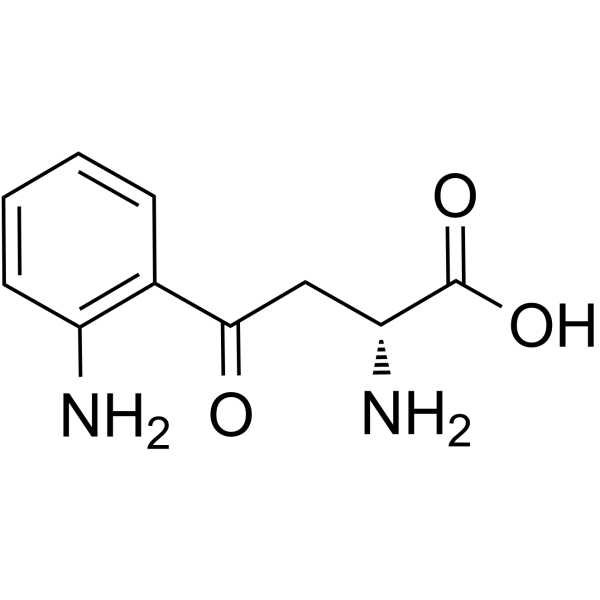
- HY-109079A
-
|
DWP14012 hydrochloride; Fexuprazan hydrochloride
|
Proton Pump
|
Metabolic Disease
|
|
Abeprazan hydrochloride (DWP14012 hydrochloride) is a potassium-competitive acid blocker. Abeprazan hydrochloride inhibits H +, K +- ATPase by reversible potassium-competitive ionic binding with no acid activation required. Abeprazan hydrochloride is developed as a potential alternative to proton pump inhibitor for the treatment of acid-related diseases .
|
-
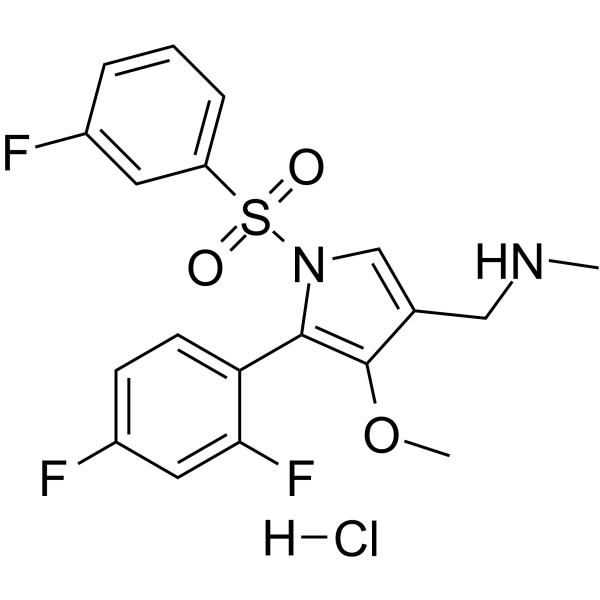
- HY-109079
-
|
DWP14012; Fexuprazan
|
Proton Pump
|
Metabolic Disease
|
|
Abeprazan (DWP14012) is a potassium-competitive acid blocker. Abeprazan inhibits H +, K +- ATPase by reversible potassium-competitive ionic binding with no acid activation required. Abeprazan is developed as a potential alternative to proton pump inhibitor for the treatment of acid-related diseases .
|
-
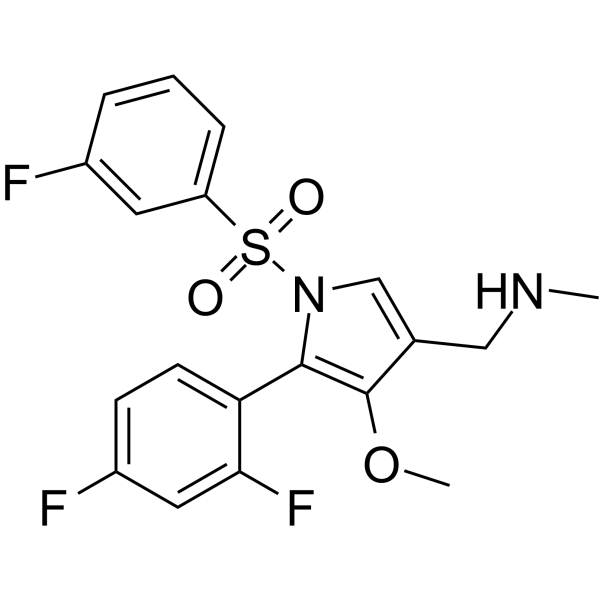
- HY-12597
-
|
L-Quisqualic acid
|
iGluR
mGluR
|
Neurological Disease
|
|
Quisqualic acid (L-Quisqualic acid), a natural analog of glutamate, is a potent and pan two subsets (iGluR and mGluR) of excitatory amino acid (EAA) agonist with an EC50 of 45 nM and a Ki of 10 nM for mGluR1R. Quisqualic acid is isolated from the fruits of Quisqualis indica .
|
-
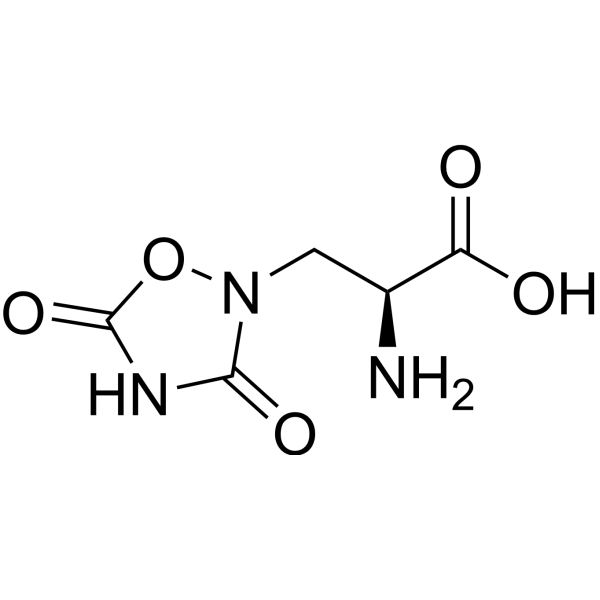
- HY-W010062
-
|
|
Others
|
Metabolic Disease
Cancer
|
|
4-Chlorophenylacetic acid is a compound belongs to a family of small aromatic fatty acids with anticancer properties. 4-Chlorophenylacetic acid can provide carbon and energy for Pseudomonas sp .
|
-
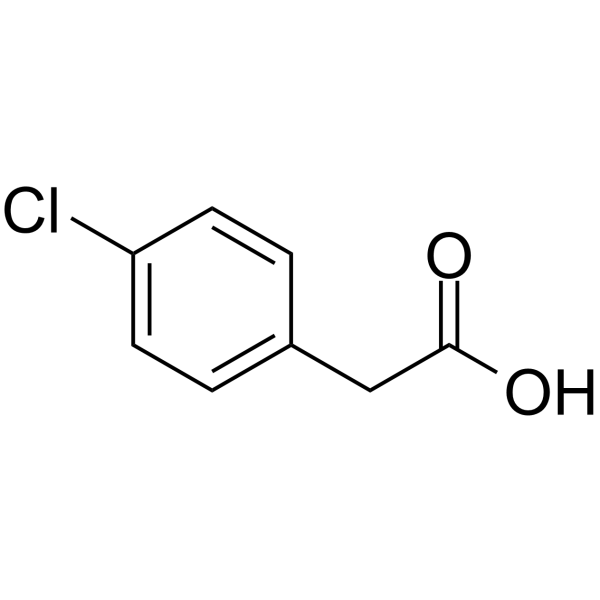
- HY-W010629
-
|
|
Bacterial
|
Infection
|
|
2-Chloroacetamide is a preservative and is a herbicide for both uplands and paddy fields. 2-Chloroacetamide is a biocide in agriculture, glues, paints and coatings. 2-Chloroacetamide inhibits very-long-chain fatty acid elongase [3].
|
-
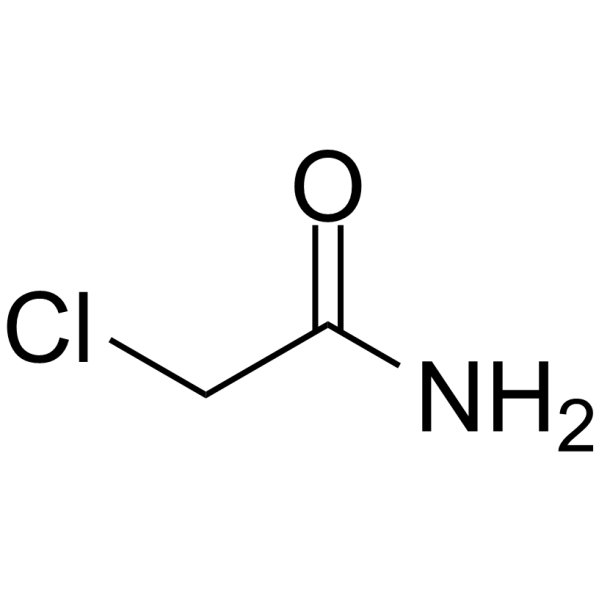
- HY-133068
-
|
|
COMT
Endogenous Metabolite
|
Others
|
|
5-Hydroxyferulic acid is a hydroxycinnamic acid and is a metabolite of the phenylpropanoid pathway. 5-Hydroxyferulic acid is a precursor in the biosynthesis of sinapic acid and is also a COMT non-esterifed substrate [3].
|
-
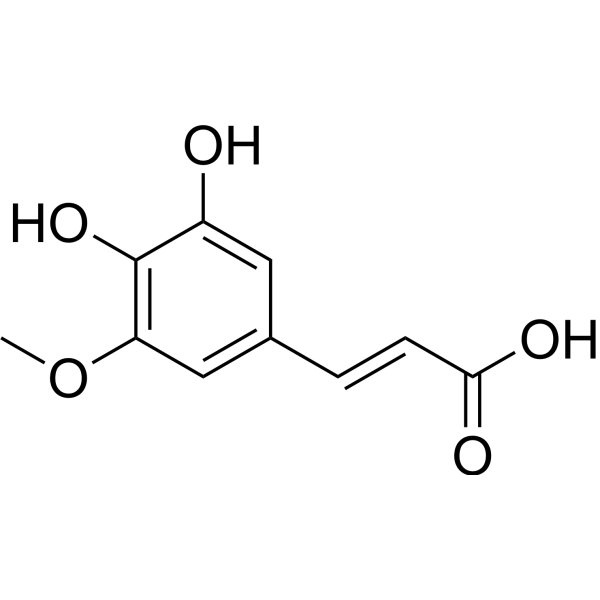
- HY-B1789A
-
|
|
mAChR
|
Neurological Disease
|
|
Telenzepine dihydrochloride is a selective and orally active muscarinic M1 receptor antagonist with a Ki of 0.94 nM. Telenzepine dihydrochloride inhibits gastric acid secretion and has antiulcer effects [3].
|
-
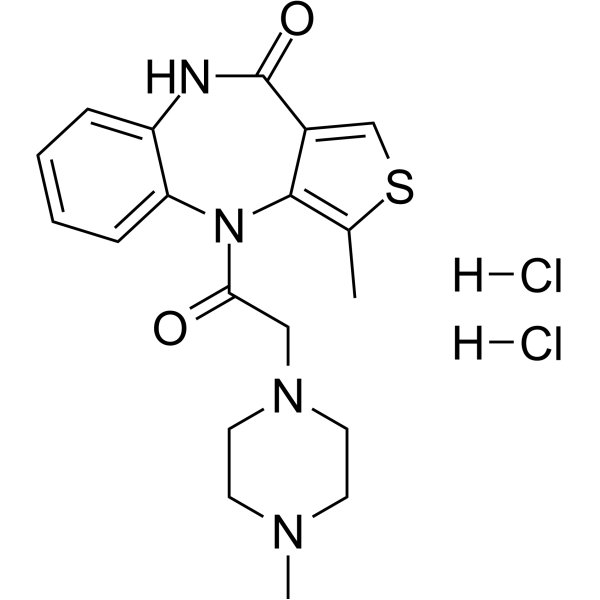
- HY-133596
-
|
|
Potassium Channel
GABA Receptor
|
Neurological Disease
|
|
12,14-Dichlorodehydroabietic acid, a chlorinated resin acid, is a potent Ca 2+-activated K + (BK) channel opener. 12,14-Dichlorodehydroabietic acid blocks GABA-dependent chloride entry in mammalian brain and operates as a non-competitive GABAA antagonist. 12,14-Dichlorodehydroabietic acid increases cytosolic free Ca 2+ and stimulates transmitter release .
|
-
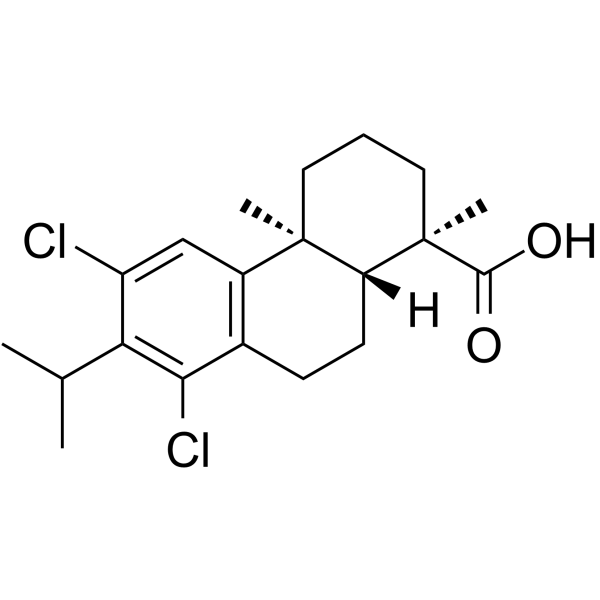
- HY-12489
-
|
acid Red 112
|
Fluorescent Dye
|
Others
|
|
Ponceau S (Acid Red 112) is a non-specific protein dye commonly used as a stain for Western blot. Ponceau S is used in an acidic aqueous solution that is compatible with antibody-antigen binding and dyes the proteins on the membrane red [3].
|
-
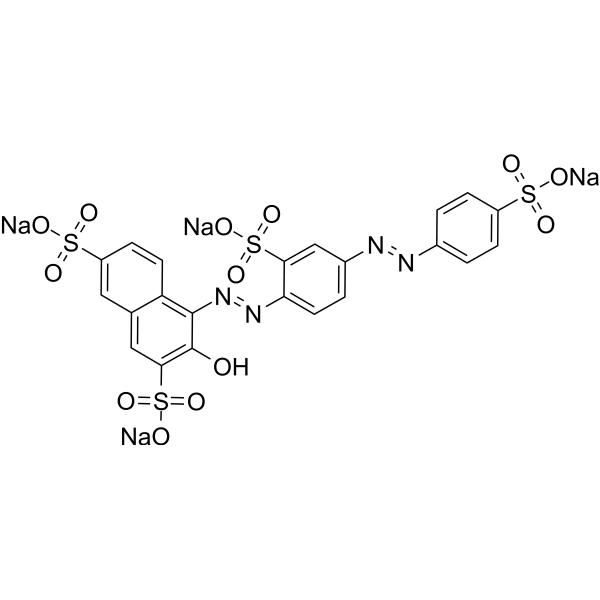
- HY-19886
-
|
|
Others
|
Cardiovascular Disease
|
|
F 16915, a Docosahexaenoic Acid (DHA, HY-B2167) derivative, is a potent pro-agent of DHA. F 16915 can prevent heart failure-induced atrial fibrillation .
|
-
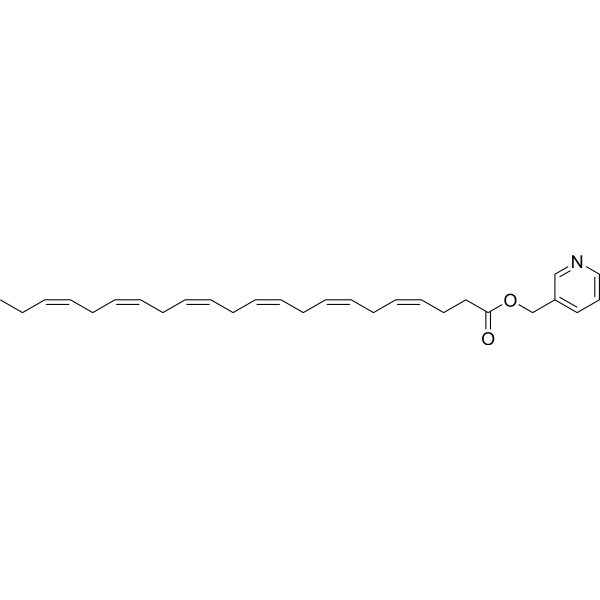
- HY-19996
-
|
|
Free Fatty Acid Receptor
|
Metabolic Disease
|
|
AH-7614 is a potent and selective FFA4 (GPR120) antagonist, with pIC50s of 7.1, 8.1, and 8.1 for human, mouse, and rat FFA4, respectively. AH-7614 has selectivity for FFA4 over FFA1 (pIC50<4.6). AH-7614 is able to block effects of both the polyunsaturated ω-6 fatty acid linoleic acid and the synthetic FFA4 agonist .
|
-
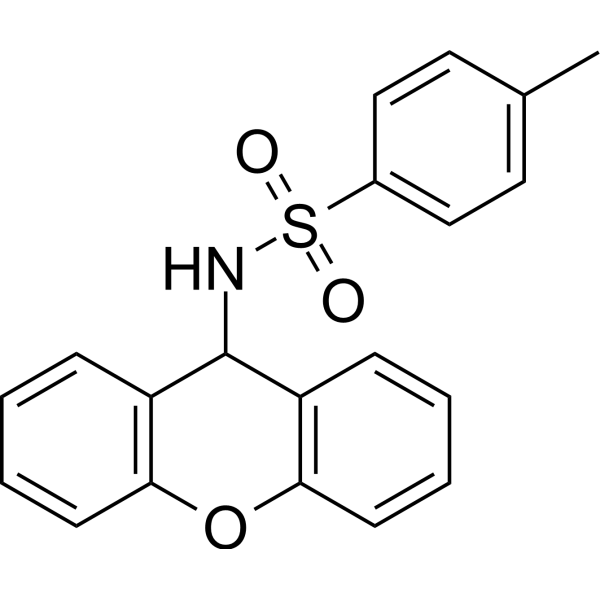
- HY-120139
-
KMH-233
1 Publications Verification
|
Others
|
Cancer
|
|
KMH-233, a potent, reversible and selective l-type amino acid transporter 1 (LAT1) inhibitor, inhibits the uptake of LAT1 substrate, l-leucin (IC50=18 μM) as well as cell growth. KMH-233 significantly potentiates the efficacy of Bestatin and Cisplatin even at low concentrations (25 μM) .
|
-
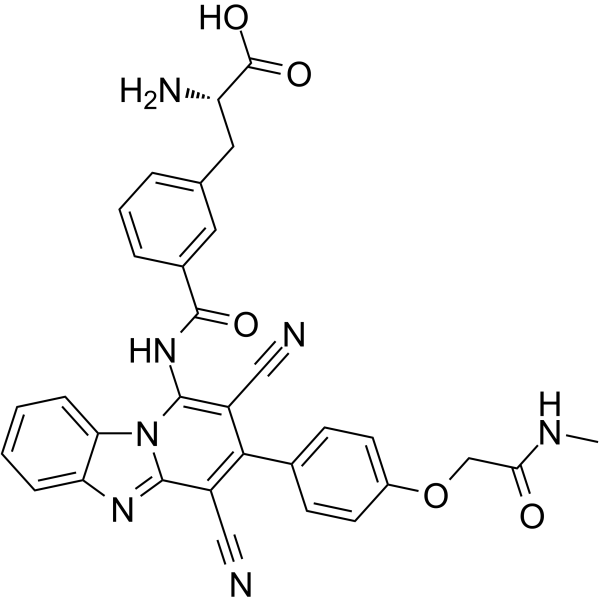
- HY-N8522
-
|
|
Others
|
Metabolic Disease
|
|
9,10-Dihydroxystearic acid is an oxidation product of oleic acid. 9,10-Dihydroxystearic acid can improve glucose tolerance and insulin sensitivity in KKAy mice .
|
-
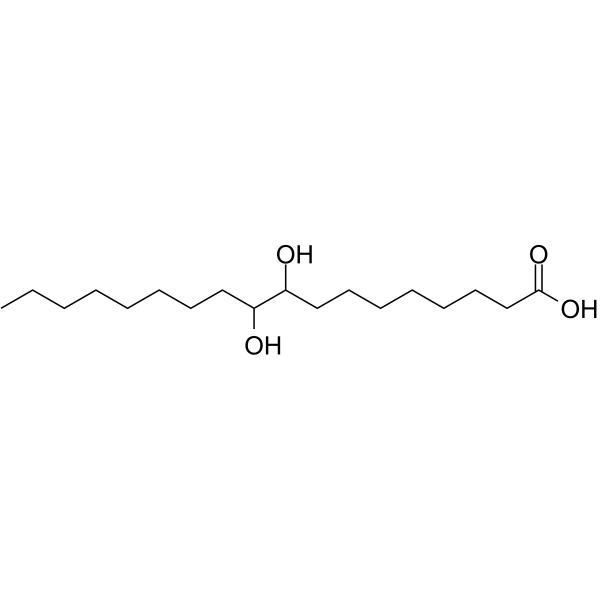
- HY-16100
-
|
|
Fatty Acid Synthase (FASN)
|
Metabolic Disease
Cancer
|
|
BI 99179 is a potent and selective type I fatty acid synthase (FAS) inhibitor with an IC50 of 79 nM. BI 99179 is a tool compound suitable for the in vivo validation of FAS as a target for lipid metabolism related diseases. BI 99179 exhibits significant exposure (both peripheral and central) upon oral administration in rats .
|
-
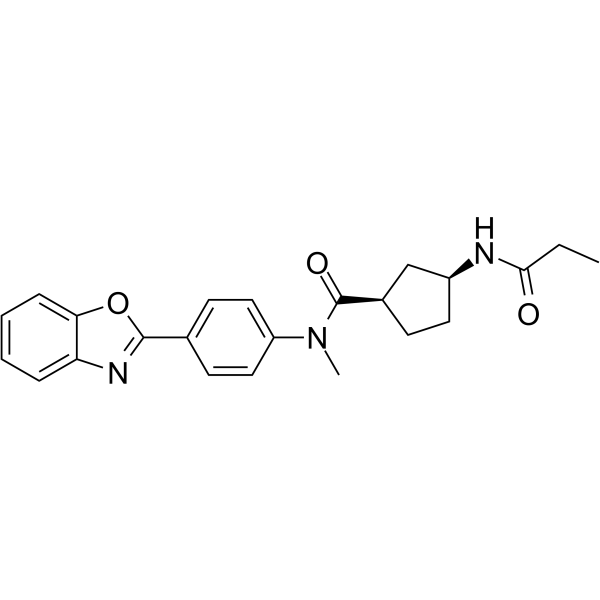
- HY-116141
-
|
7-HCA; Umbelliferyl Arachidonate; 7-HC-arachidonate
|
Phospholipase
MAGL
|
Others
|
|
7-Hydroxycoumarinyl arachidonate (7-HCA) is a fluorogenic substrate of cytosolic phospholipase A2 (PLA2). 7-Hydroxycoumarinyl arachidonate is also a fluorogenic substrate for monoacylglycerol lipase (MAGL). MAGL protein catalyzes the hydrolysis of 7-Hydroxycoumarinyl arachidonat to generate Arachidonic acid (AA) and the highly fluorescent 7-hydroxyl coumarin (7-HC; HY-N0573). Release of 7-HC can be measured using a fluorometer [3].
|
-
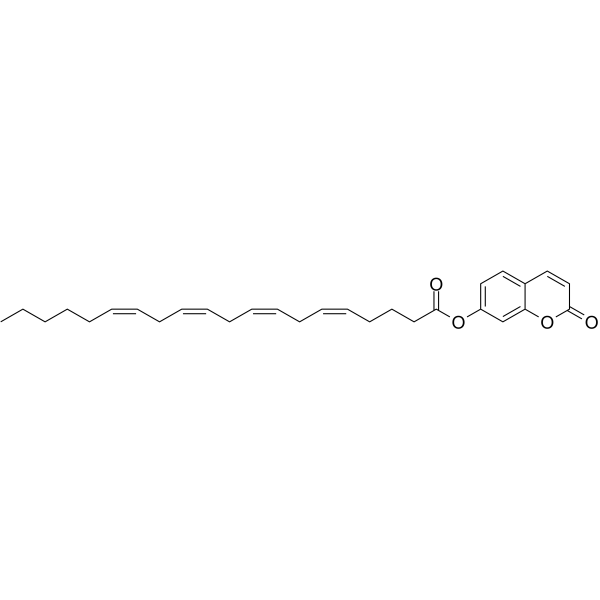
- HY-132146
-
|
|
DNA/RNA Synthesis
|
Others
|
|
5-Propargylamino-ddCTP, a nucleoside molecule that can be used to synthesis of cyanine dye-nucleotide conjugate which is used in nucleic acid labeling or sequence analysis .
|
-
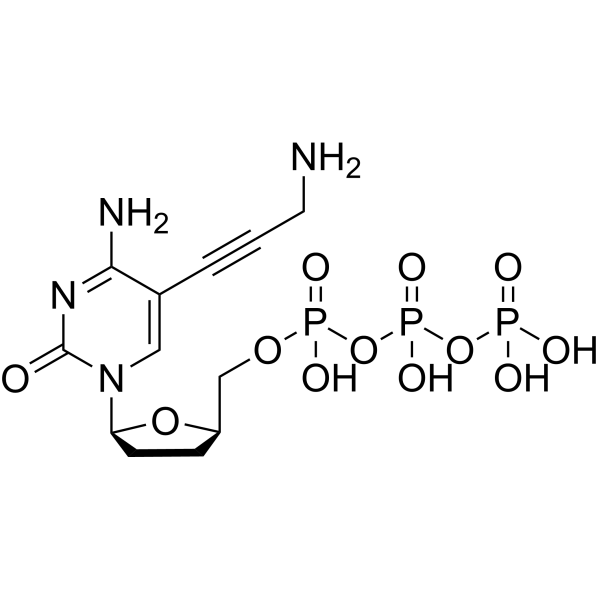
- HY-132145
-
|
|
DNA/RNA Synthesis
|
Others
|
|
5-Propargylamino-ddUTP, a nucleoside molecule that can be used to synthesis of cyanine dye-nucleotide conjugate which is used in nucleic acid labeling or sequence analysis .
|
-

- HY-132142
-
|
|
DNA/RNA Synthesis
|
Others
|
|
5-Propargylamino-dCTP is a nucleoside molecule extracted from patent US9035035B2, compound dCTP-PA. 5-Propargylamino-dCTP can conjugate to molecular markers for use in nucleic acid labeling or sequence analysis . 5-Propargylamino-dCTP is a click chemistry reagent, it contains an Alkyne group and can undergo copper-catalyzed azide-alkyne cycloaddition (CuAAc) with molecules containing Azide groups.
|
-

- HY-138540
-
|
N-Dodecylimidazole
|
Fungal
|
Cancer
|
|
1-Dodecylimidazole (N-Dodecylimidazole) is a lysosomotropic detergent and a cytotoxic agent. 1-Dodecylimidazole causes cell death by its acid-dependent accumulation in lysosomes, disruption of the lysosomal membrane, and releaseof cysteine proteases into the cytoplasm. 1-Dodecylimidazole has hypocholesterolaemic activity and broad-spectrum antifungal activity [3].
|
-
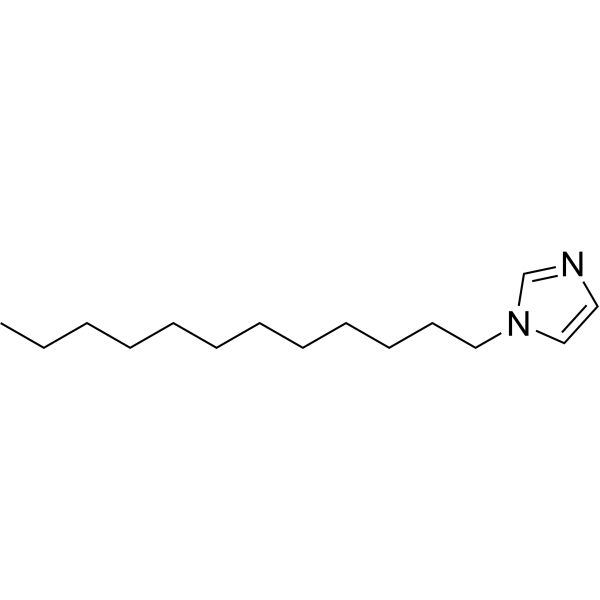
- HY-P2974
-
|
EC 3.4.21.36; Pancreatopeptidase E
|
Elastase
|
Metabolic Disease
|
|
Elastase, Porcine pancreas (EC 3.4.21.36) is a single polypeptide chain of 240 amino acid residues, derived from pig pancreas. Elastase, Porcine pancreas is a serine protease that can hydrolyze proteins and polypeptide. Elastase from porcine pancreas can induce emphysema in hamsters [3].
|
-
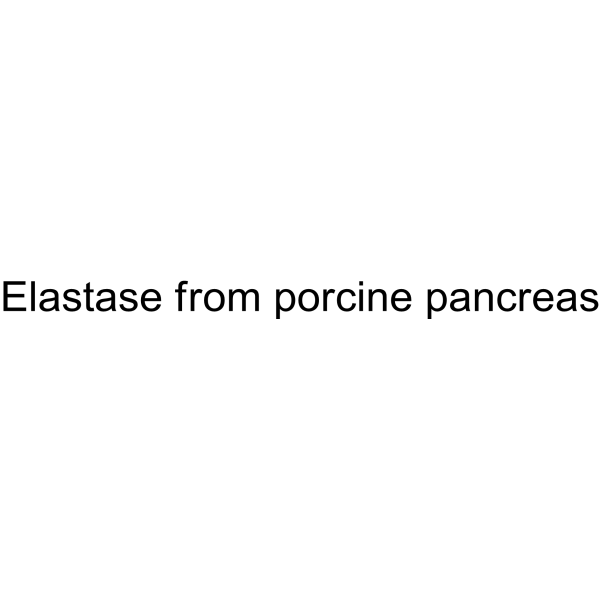
- HY-113330
-
12S-HHT
1 Publications Verification
12(S)-HHTrE
|
Leukotriene Receptor
Endogenous Metabolite
|
Inflammation/Immunology
|
|
12S-HHT (12(S)-HHTrE) is an enzymatic product of prostaglandin H2 (PGH2) derived from cyclooxygenase (COX)-mediated arachidonic acid metabolism. 12S-HHT is an endogenous ligand for BLT2 that fully activates BLT2 in vivo. 12S-HHT suppresses UV-induced IL-6 synthesis in keratinocytes, exerting an anti-inflammatory activity .
|
-
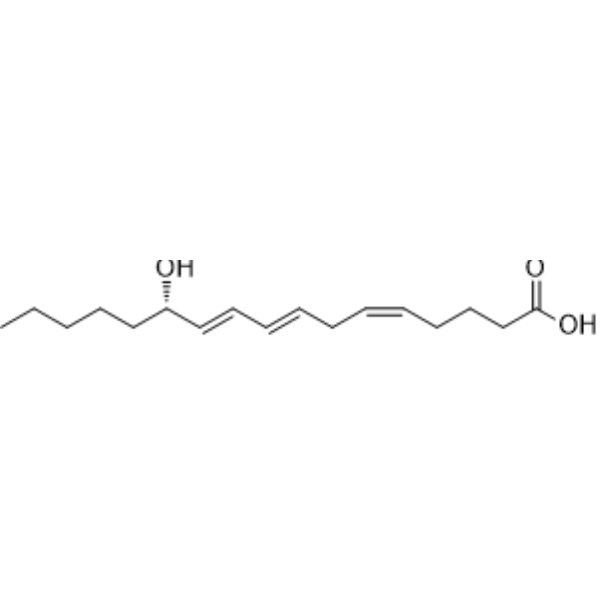
- HY-120019
-
|
L-709049
|
Interleukin Related
Apoptosis
Caspase
|
Inflammation/Immunology
|
|
Ac-YVAD-CHO (L-709049) is a potent, reversible, specific tetrapeptide interleukin-lβ converting enzyme (ICE) inhibitor with mouse and human Ki values of 3.0 and 0.76 nM. Ac-YVAD-CHO is also a caspase-1 inhibitor. Ac-YVAD-CHO can suppress the production of mature IL-lβ [3].
|
-
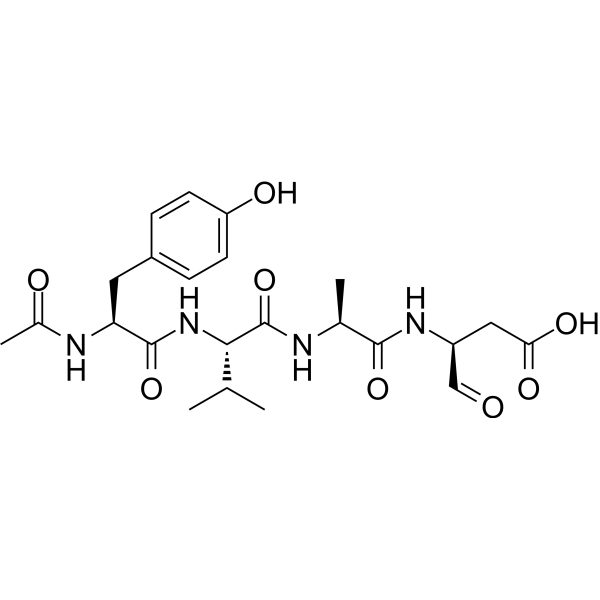
- HY-123863
-
|
|
FAAH
|
Neurological Disease
|
|
SSR411298 is an orally active, selective and reversible fatty acid amide hydrolase (FAAH) inhibitor. SSR411298 has the potential for post-traumatic stress disorder research .
|
-
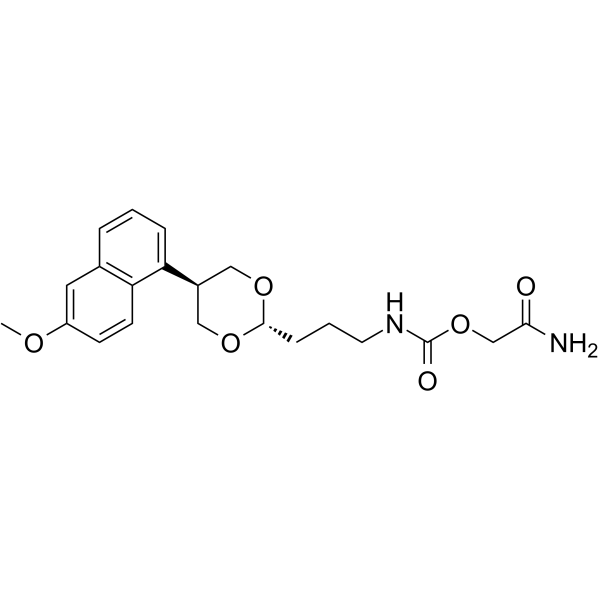
- HY-138616
-
|
2'-Deoxyguanosine-5'-triphosphate
|
DNA/RNA Synthesis
Nucleoside Antimetabolite/Analog
|
Infection
Cancer
|
|
dGTP (2'-Deoxyguanosine-5'-triphosphate), a guanosine nucleotide, can be used in deoxyribonucleic acid synthesis. Guanosine nucleotides (GDP, GTP, dGDP, and dGTP) are highly susceptible to oxidative damage to 8-oxo-GDP (8-O-GDP), 8-O-dGTP, 8-O-GTP, and 8-O-dGTP .
|
-

- HY-141700
-
|
|
FATP
|
Metabolic Disease
|
|
FATP1-IN-2 (compound 12a), an arylpiperazine derivative, is an orally active fatty acid transport protein 1 (FATP1) inhibitor (human IC50=0.43 μM, mouse IC50=0.39 μM) .
|
-
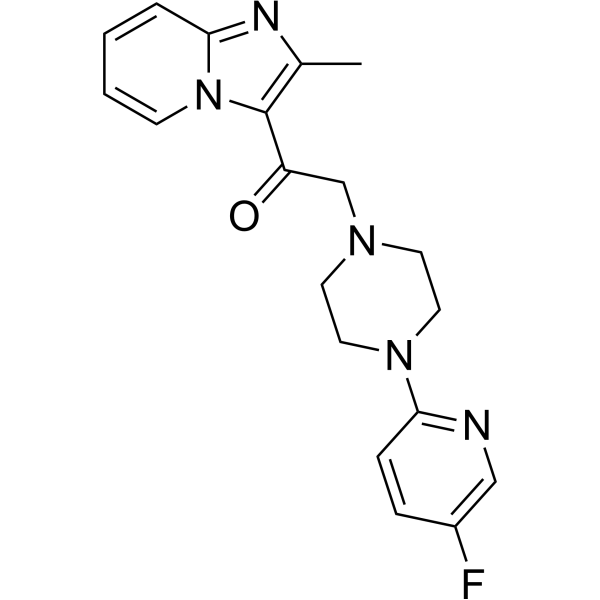
- HY-113884B
-
|
13(S)-HODE
|
PPAR
Mitochondrial Metabolism
|
Inflammation/Immunology
Cancer
|
|
(S)-Coriolic acid (13(S)-HODE), the product of 15-lipoxygenase (15-LOX) metabolism of linoleic acid, functions as the endogenous ligand to activate PPARγ. (S)-Coriolic acid is an important intracellular signal agent and is involved in cell proliferation and differentiation in various biological systems. (S)-Coriolic acid induces mitochondrial dysfunction and airway epithelial injury [3].
|
-

- HY-116374S
-
-

- HY-B0172S
-
-
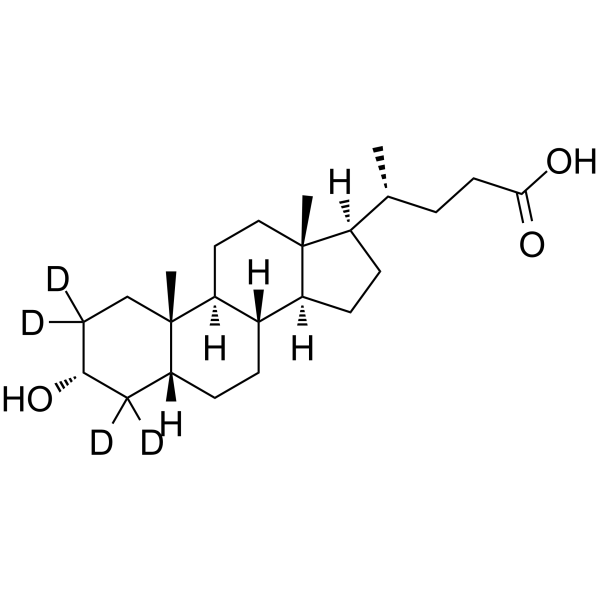
- HY-17421
-
|
TU-199
|
Proton Pump
|
Infection
Inflammation/Immunology
|
|
Tenatoprazole (TU-199) is an orally active imidazopyridine-based proton pump inhibitor with a prolonged plasma half-life. Tenatoprazole inhibits hog gastric H +/K +-ATPase activity with an IC50 of 6.2 μM. Tenatoprazole blocks the interaction of ubiquitin with the ESCRT-1 factor Tsg101, inhibits production of several enveloped viruses, including EBV [3].
|
-
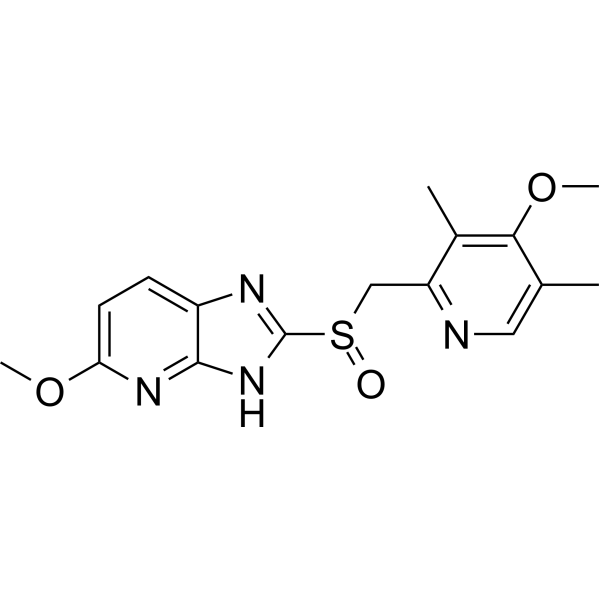
- HY-N2078
-
|
Neodiosgenin
|
LXR
|
Metabolic Disease
|
|
Yamogenin (Neodiosgenin) is a diastereomer of diosgenin. Yamogenin (Neodiosgenin) antagonizes the activation of the liver X receptor (LXR) in luciferase ligand assay. Yamogenin (Neodiosgenin) inhibits triacylglyceride (TG) accumulation through the suppression of gene expression of fatty acid synthesis in HepG2 hepatocytes .
|
-

- HY-123070
-
|
|
Phospholipase
|
Inflammation/Immunology
|
|
ONO-RS-082 is an inhibitor of phospholipase A (PLA) . ONO-RS-082 inhibits PLA2 with the IC50 of 1.0 μM, but does not inhibit PLC even at 100 μM .
|
-
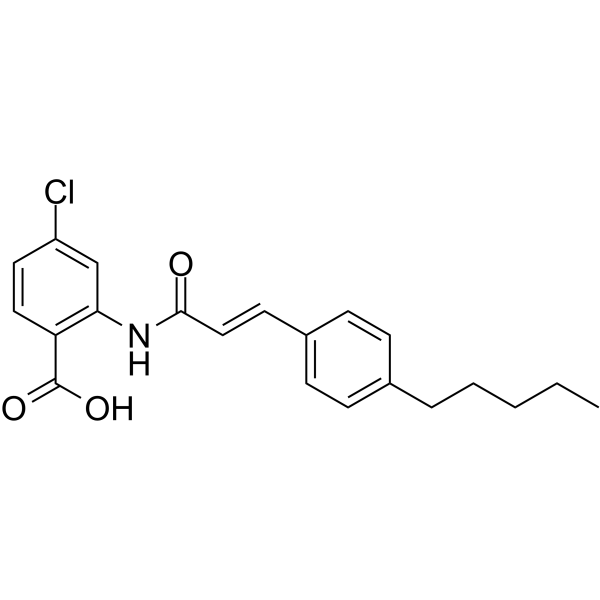
- HY-145225
-
|
|
Liposome
|
Others
|
|
DLin-K-C3-DMA, a cationic lipid, can be used in the synthesis of nucleic acid-lipid particle to delivery of nucleic acid .
|
-

- HY-128476
-
|
|
Others
|
Others
|
|
Sodium Tartrate is a pH-Regulating agent with antioxidant activity. Sodium Tartrate is particularly effective retarding hydrolysis while heating at high temperatures, resulting in increase of acid values (AVs) of vegetable oils .
|
-
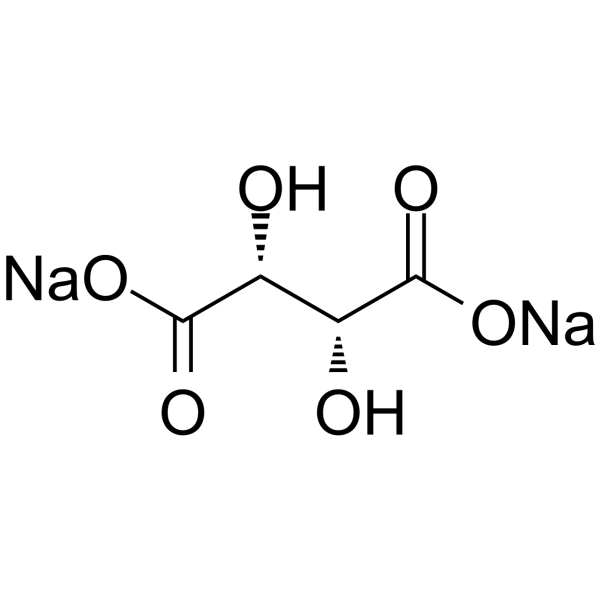
- HY-D0220
-
|
Toluidine Blue O
|
Fluorescent Dye
|
Cancer
|
|
Toluidine Blue (Toluidine Blue O) is an alkaline quinonimine dye (vivo dye) with high affinity for acidic tissue components, staining nuclei blue and polysaccharides purple. Toluidine Blue shows heterostaining properties for mast cells, mucins and chondrocytes. Toluidine Blue can stain different components of plant tissues and cells in different colours. Toluidine Blue is also used as a diagnostic aid to identify malignant lesions, such as cancer [3].
|
-

- HY-124301
-
|
|
Bacterial
|
Infection
|
|
Penicolinate A is a picolinic acid derivative. Penicolinate A is isolated from endophytic Penicillium sp. BCC16054. Penicolinate A exhibits antimalarial and antitubercular activities .
|
-

- HY-131670
-
|
|
Others
|
Inflammation/Immunology
|
|
(±)9,10-DiHOME is the racemate of 9,10-DiHOME. 9,10-DiHOME is a leukotoxin derivative of linoleic acid diol that has been reported to be toxic in human's tissue preparations, and is produced by inflammatory leukocytes such as neutrophils and macrophages .
|
-
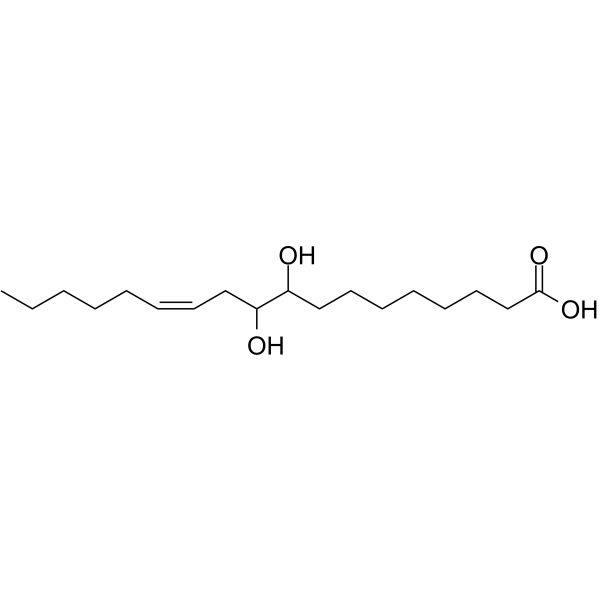
- HY-D1296
-
|
|
Fluorescent Dye
|
Others
|
|
Green DND-26 is a green fluorescently labeled lysosomal probe with a maximum excitation/emission wavelength of 504/511 nm. The structure is composed of a fluorescein group and linked weak bases, which can freely cross the cell membrane and generally gather on spherical organelles. Green DND-26 is suitable for observing the internal biosynthesis and related pathogenesis of lysosomes .
|
-
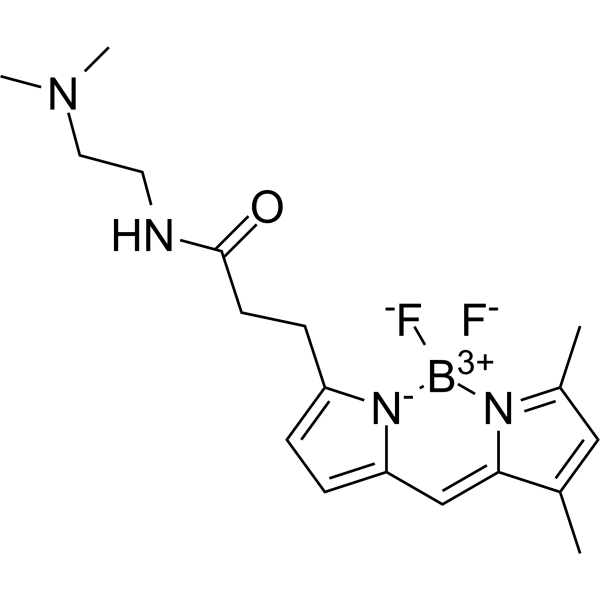
- HY-115900
-
|
|
Bacterial
|
Infection
|
|
Tuberculosis inhibitor 4 (compound 16), a mandelic acid-based spirothiazolidinone, has potent antimycobacterial activity against Mycobacterium tuberculosis strain H37Rv with the high inhibition value 98% at lower than 6.25 µg/mL concentration .
|
-
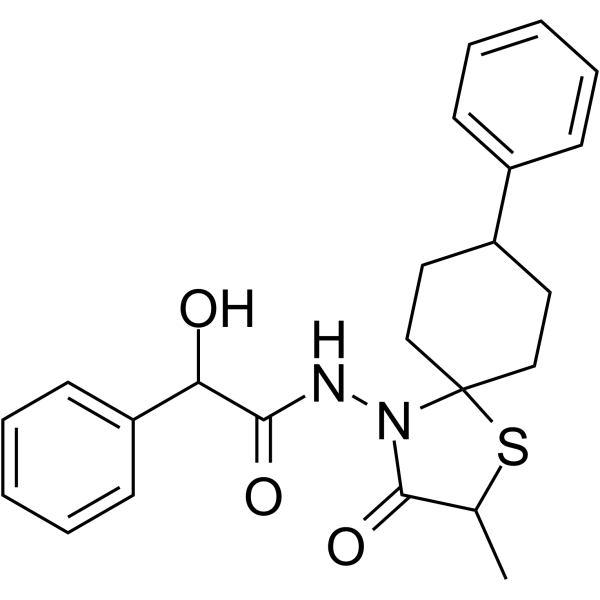
- HY-147004
-
|
|
Acetyl-CoA Carboxylase
|
Metabolic Disease
|
|
A-908292 is a potent and selective acetyl-CoA carboxylase 2 (ACC2) inhibitor, with an IC50 of 23 nM for human ACC2. A-908292 can be used for the research of fatty acid metabolism . A-908292 is a click chemistry reagent, it contains an Alkyne group and can undergo copper-catalyzed azide-alkyne cycloaddition (CuAAc) with molecules containing Azide groups.
|
-
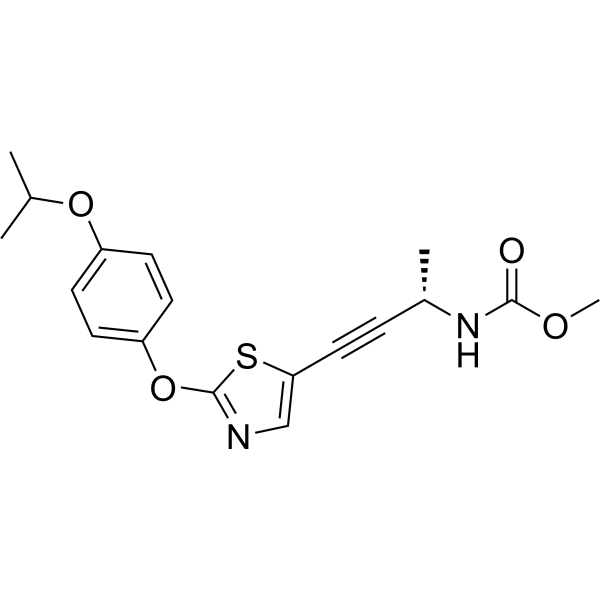
- HY-134564
-
|
|
Fluorescent Dye
|
Others
|
|
Fluorescein octadecyl ester is a lipophilic fluorescent reagent is immobilized in a plasticized PVC membrane. Fluorescein octadecyl ester can reversibly recognize alcohol molecules and can be used to determine the concentration of ethanol in alcoholic drinks. Fluorescein octadecyl ester can be used as acceptor to make optrode membrane for the determination of picric acid .
|
-
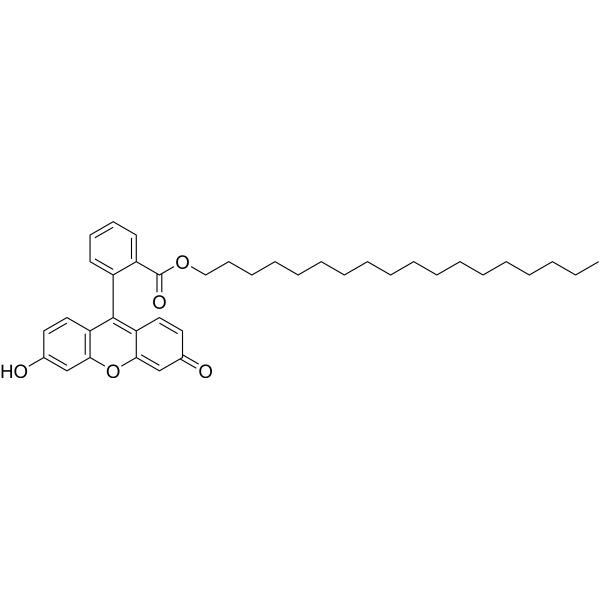
- HY-W127715
-
|
|
Fluorescent Dye
|
Others
|
|
Lucifer Yellow CH dipotassium is a high-intensity fluorescent probe containing free hydrazyl groups. Lucifer Yellow CH can react with fatty aldehydes at room temperature. Lucifer Yellow CH serves as a biological tracer to monitor neuronal branching, regeneration, gap junction detection and characterization, and selective ablation of cells after aldehyde fixation. Lucifer yellow CH displays the maximum excitation/emission of 430 nm/540 nm, respectively .
|
-

- HY-D1124
-
|
|
Fluorescent Dye
|
Others
|
|
Mordant brown 1, a naphthalenesulphonic acid derivative, is an azo dye. Mordant brown 1 is also an effective and specific inhibitor of CD40-CD154 costimulatory protein-protein interaction .
|
-
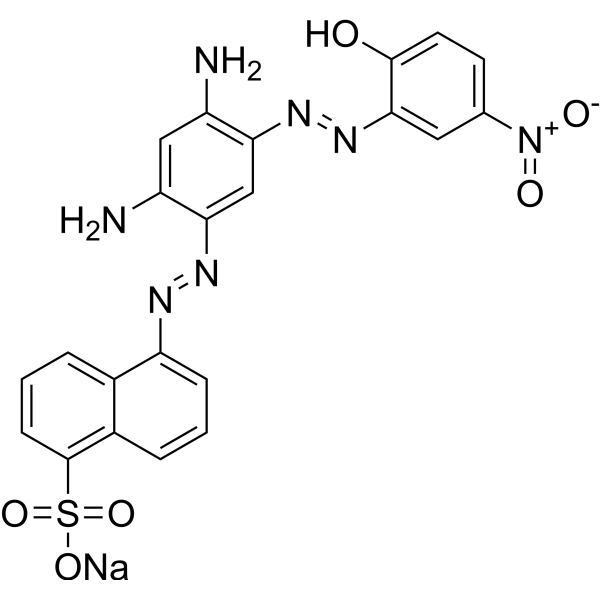
- HY-N0216S
-
|
|
Bacterial
Fungal
Endogenous Metabolite
|
Infection
|
|
Benzoic acid-d5 is a deuterium substitute for Benzoic acid. Benzoic acid is an aromatic alcohol that occurs naturally in many plants and is a common additive in food, beverages, cosmetics and other products. Benzoic acid can act as a preservative by inhibiting bacteria and fungi[1][2].
|
-

- HY-Y0695
-
|
Naphthol Blue Black
|
Fluorescent Dye
|
Others
|
|
Amido Black 10B (Naphthol Blue Black) is a highly toxic azo dye for amino acid staining. Amido Black 10B can create several problems in the human respiratory system and may also cause skin and eye irritations .
|
-

- HY-137868
-
-
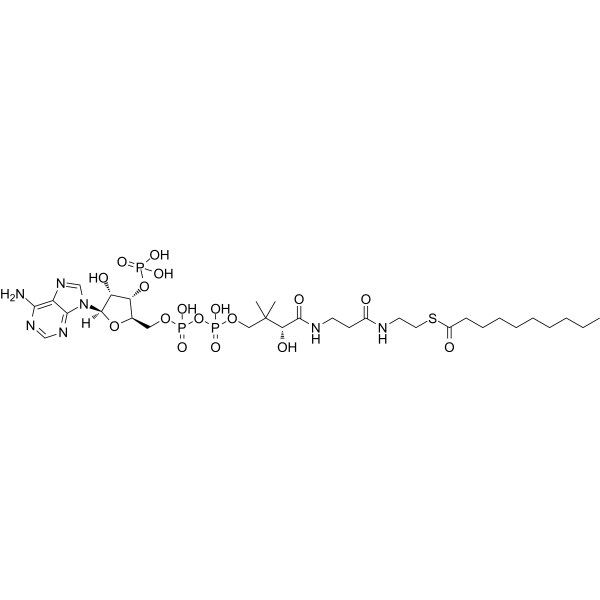
- HY-147321
-
|
|
Tau Protein
HBV
|
Infection
Neurological Disease
|
|
3'-DMTr-dG(iBu) is a nucleoside for the synthesis of nucleic acid, such as antiviral agents used in the research of viral infection (HBV, HDV), and oligonucleotides against Alzheimer’s disease and other tauopathies .
|
-
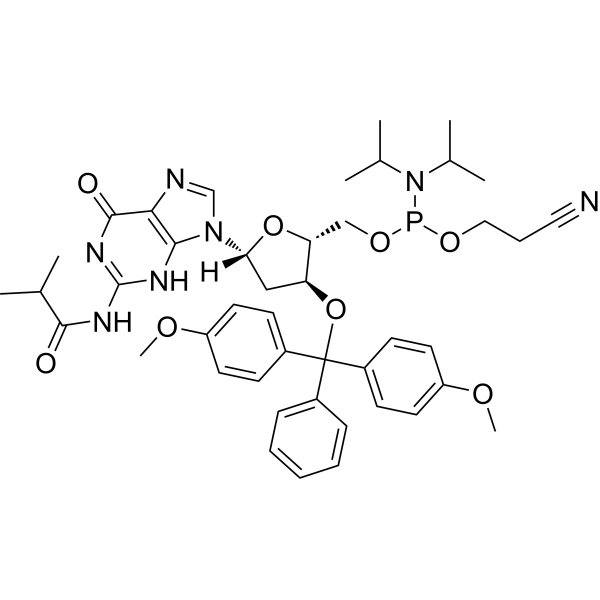
- HY-W009993
-
|
|
Others
|
Others
|
|
3,4-Methylenedioxycinnamic acid is an inhibitor of the phenylpropanoid enzyme 4-hydroxycinnamoyl-CoA ligase. 3,4-Methylenedioxycinnamic acid increases the formation of soluble phenolics in particular of vanillic acid .
|
-

- HY-D1617
-
|
|
Fluorescent Dye
|
Others
|
|
BODIPY 500/510 C1, C12 is a BODIPY dye. BODIPY dye is a small molecule dye with strong ultraviolet absorption ability, its fluorescence peak is relatively sharp, and the quantum yield is high. They are relatively insensitive to the polarity and pH of the environment and are relatively stable under different physiological conditions. Due to its structural asymmetry, BODIPY derives a variety of structural products. BODIPY lipid droplet dyes can well pass through the cell membrane into the cell, and localize the polar lipids in the cell to specifically stain the lipid droplets, which can be used for labeling of live cells and fixed cells . Maximum excitation/emission wavelength: 500/510 nm . Protect from light, stored at -20℃.
|
-

- HY-149037
-
|
N4-Spermine cholesteryl carbamate
|
Liposome
|
Others
|
|
GL67 (N4-Spermine cholesteryl carbamate) is a cationic lipid. GL67 can be used for nucleic acid agents and vaccines delivery, and gene transfection .
|
-
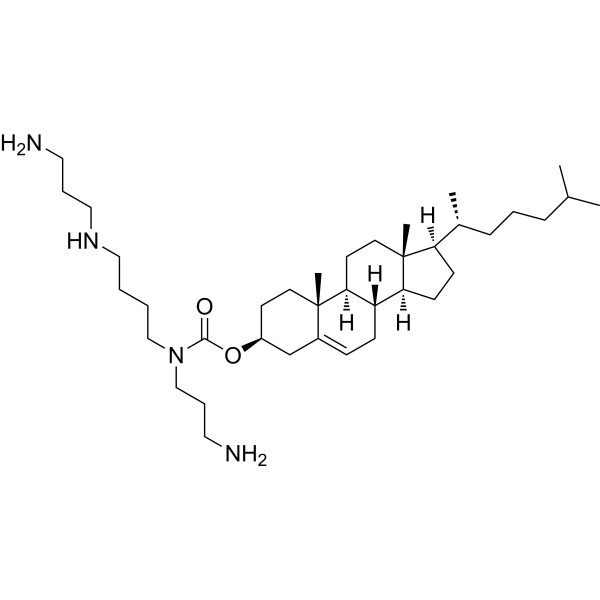
- HY-151617
-
-
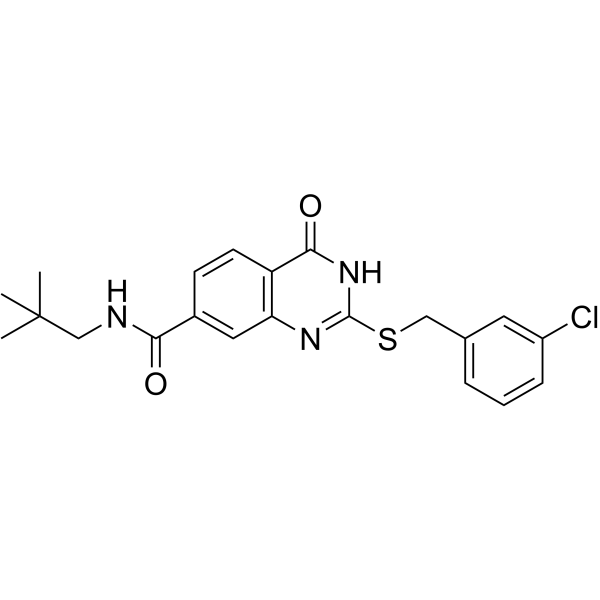
- HY-151656
-
|
Azido Palmitic acid
|
ADC Linker
|
Others
|
|
15-Azido-pentadecanoic acid is a click chemistry reagent containing an azide group. Azido Palmitic Acid can be used to identify and characterize post-translationally palmitylated proteins with using a simple and robust two-step labeling and detection technique . 15-Azido-pentadecanoic acid is a click chemistry reagent, it contains an Azide group and can undergo copper-catalyzed azide-alkyne cycloaddition reaction (CuAAc) with molecules containing Alkyne groups. Strain-promoted alkyne-azide cycloaddition (SPAAC) can also occur with molecules containing DBCO or BCN groups.
|
-
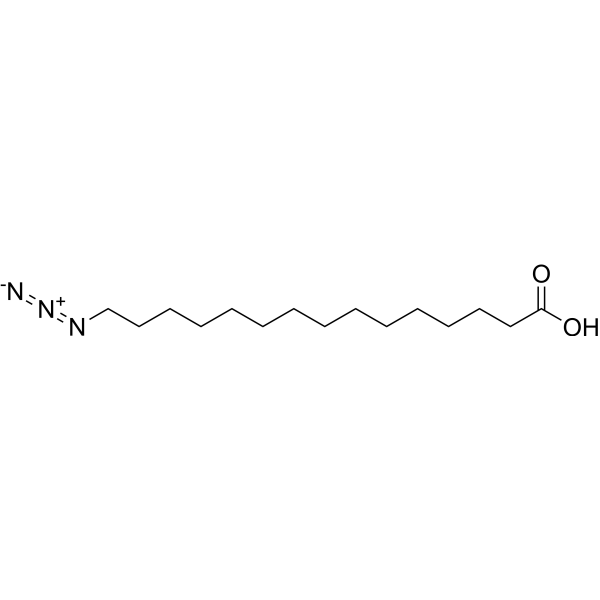
- HY-N10590
-
|
Deacetylalpinoside
|
Others
|
Others
|
|
Arborescosidic acid (Deacetylalpinoside) is a carboxylated iridoid glucoside, that can be isolated from Veronica beccabunga (brooklime) .
|
-

- HY-148323
-
|
|
Parasite
|
Infection
|
|
Anti-Trypanosoma cruzi agent-4 (compound 5c) is an inhibitor of Trypanosoma cruzi. Anti-Trypanosoma cruzi agent-4 can be used for the research of infection .
|
-
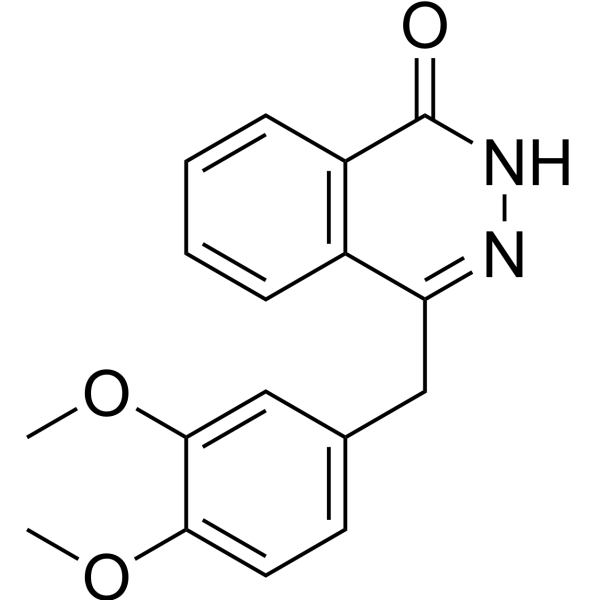
- HY-149037A
-
|
N4-Spermine cholesteryl carbamate pentahydrochloride
|
Liposome
|
Others
|
|
GL67 (N4-Spermine cholesteryl carbamate) (pentahydrochloride) is a cationic lipid. GL67 can be used for nucleic acid agents and vaccines delivery, and gene transfection .
|
-
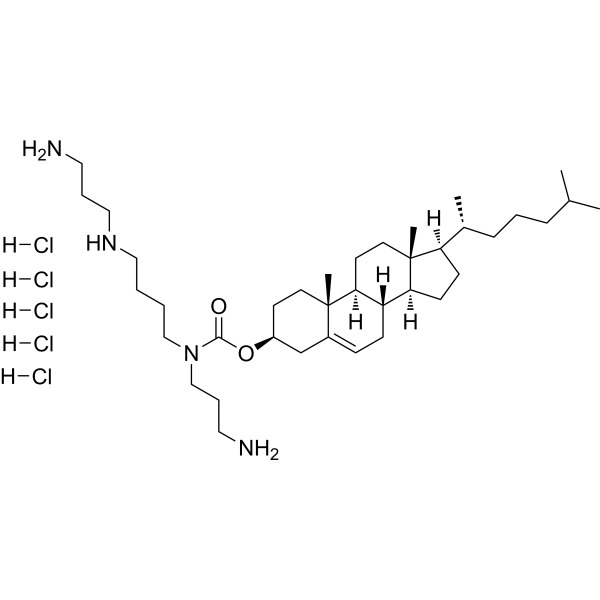
- HY-151751
-
|
|
Fluorescent Dye
|
Others
|
|
BDP TMR alkyne is an alkyne-containing click chemistry reagent that can click chemistry with azides. BDP TMR alkyne has the fluorophore BDP and can be used for oligonucleotide labeling and amino acid sequencing .
|
-
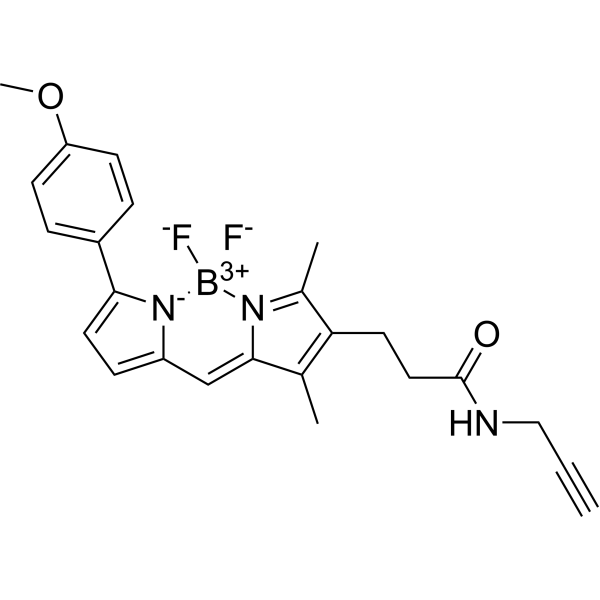
- HY-W440815
-
|
|
Liposome
|
Others
|
|
6-((4-Hydroxybutyl)amino)hexyl 2-hexyldecanoate is a lipid, it can be used to synthesis nanomaterials. 6-((4-Hydroxybutyl)amino)hexyl provides the use of the nano-lipid particle as the key component in nucleic acid delivery, including the components of the delivery carrier .
|
-
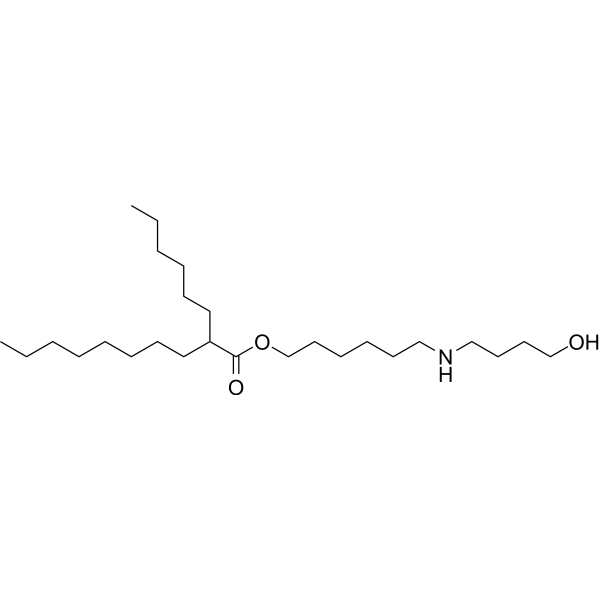
- HY-148377
-
|
|
Others
|
Cancer
|
|
Abiraterone sulfate N-oxide is a carboxylic acid. Abiraterone sulfate N-oxide also is a major metabolite of Abiraterone (HY-70013). Abiraterone sulfate N-oxide can be used for the research of prostate cancer .
|
-
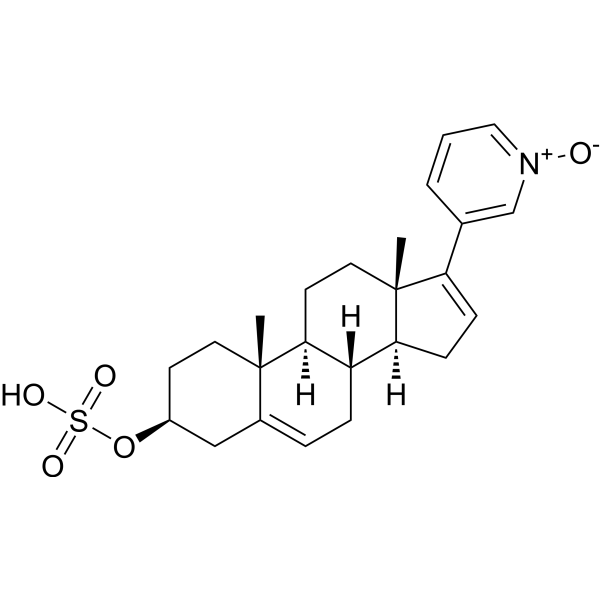
- HY-W441002
-
|
|
Liposome
|
Others
|
|
DSPE-succinic acid is a phophalipid capped with a carboxylic acid moiety. The carboxylic acid moiety is reactive with amine to from a stable amide linkage. DSPE-succinic acid can be used to prepare nanoparticles or liposomes for agent nanocarrier to deliver therapeutics .
|
-
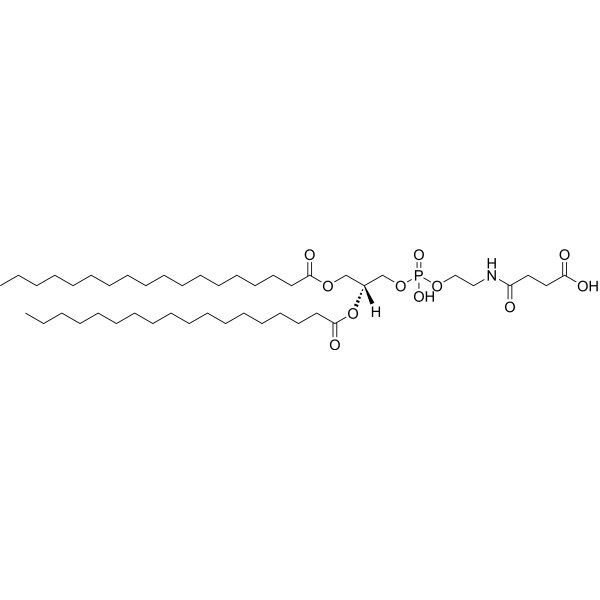
- HY-15682G
-
|
Ro 13-7410; Arotinoid acid; AGN191183
|
RAR/RXR
|
Cancer
|
|
TTNPB (Ro 13-7410) (GMP) is TTNPB (HY-15682) produced by using GMP guidelines. GMP small molecules work appropriately as an auxiliary reagent for cell therapy manufacture. TTNPB is a highly potent retinoic acid receptor (RAR) agonist .
|
-
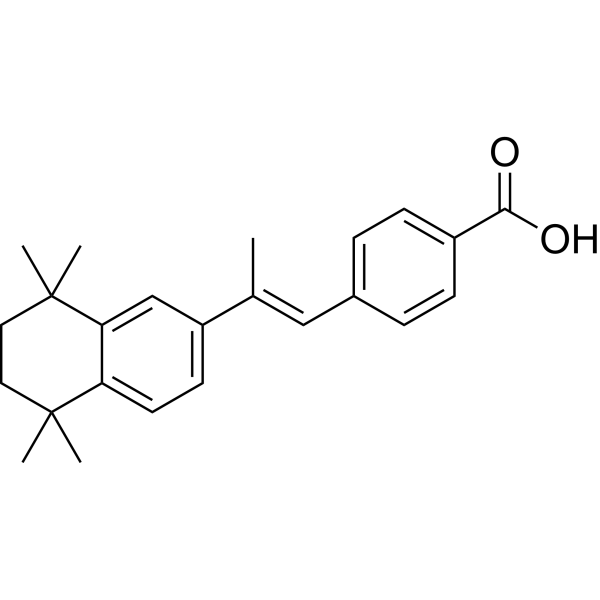
- HY-P4029
-
|
|
HCV
|
Infection
|
|
HCV-1 e2 Protein (484-499) is a peptide consisting of 16 amino acids. HCV-1 e2 Protein (484-499) is derived from the envelope 2 protein of hepatitis C virus in the sera from individuals with antibodies to HCV .
|
-

- HY-120019A
-
|
L-709049 acetate
|
Interleukin Related
Caspase
Apoptosis
|
Inflammation/Immunology
|
|
Ac-YVAD-CHO (L-709049) acetate is a potent, reversible, specific tetrapeptide interleukin-lβ converting enzyme (ICE) inhibitor with mouse and human Ki values of 3.0 and 0.76 nM. Ac-YVAD-CHO acetate is also a caspase-1 inhibitor. Ac-YVAD-CHO acetate can suppress the production of mature IL-lβ [3].
|
-

- HY-N3221
-
|
|
Others
|
Others
|
|
Myriceric acid C, a saturated fatty acid, is a natural product that can be isolated from Myrica cerifera .
|
-

- HY-N11638
-
|
|
Apoptosis
|
Cancer
|
|
Ganoderic acid R is a potent anticancer agent. Ganoderic acid R inhibits the growth by inducing apoptosis on tumor cell line. Ganoderic acid R possesses significant cytotoxicity on a multidrug resistance (MDR) tumor cell line (KB-A-1/Dox) and a sensitive tumor cell line (KB-A-1) .
|
-

- HY-113305
-
-
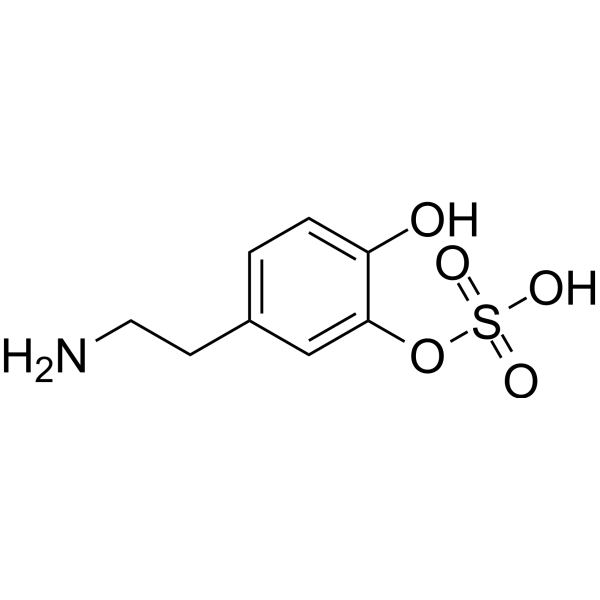
- HY-154924
-
-
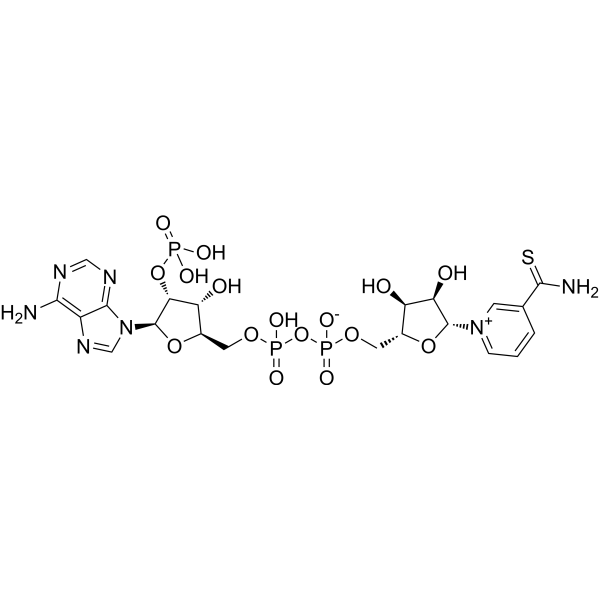
- HY-13100
-
|
|
Proton Pump
|
Metabolic Disease
|
|
PF 03716556 is a potent, selective, competitive and reversible acid pump (H +,K +-ATPase) antagonist with pIC50s of 6.026, 6.038 and 6.009 for porcine, canine, and human recombinant gastric H +,K +-ATPase, respectively. PF 03716556 is inactive against other receptors, ion channels, and enzymes. PF 03716556 has the potential for gastroesophageal reflux disease research .
|
-
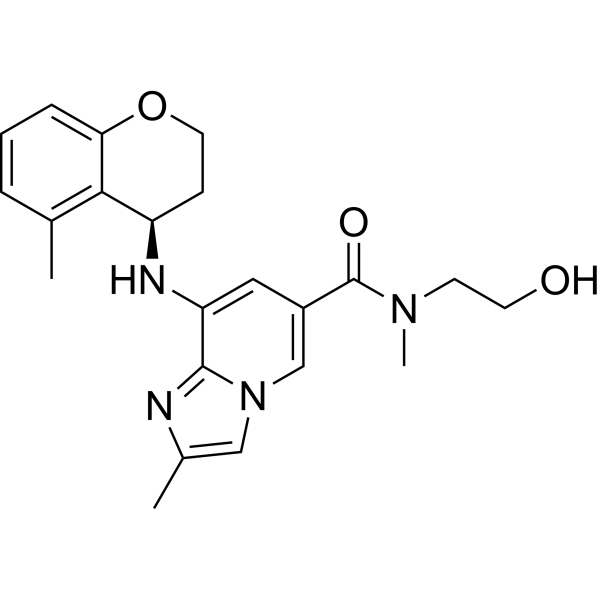
- HY-D1738
-
|
4',6-Diamidino-2-phenylindole dilactate
|
Fluorescent Dye
|
|
|
DAPI (dilactate) is a blue fluorescent dye that preferentially binds dsDNA and binds to minor groove AT clusters. DAPI (dilactate) is combined with dsDNA, and the fluorescence was enhanced about 20-fold. DAPI (dilactate) can be used to identify the cell cycle and specifically stains the nucleus but not the cytoplasm. DAPI (dilactate) form is more soluble in water than DAPI (dihydrochloride) form.
|
-
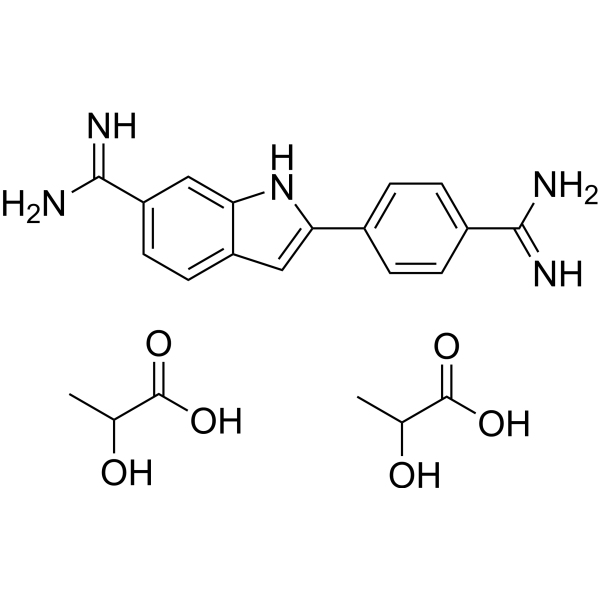
- HY-106084
-
|
T-2525; RO 19-5247; Cefterame
|
Bacterial
|
Infection
|
|
Cefteram (T-2525) is the free acid of Cefteram pivoxil (HY-106571), which is an orally active cephalosporin ester. Cefteram potently targets to the enteropathogenic Enterobacteriaceae and Vibrionaceae .
|
-
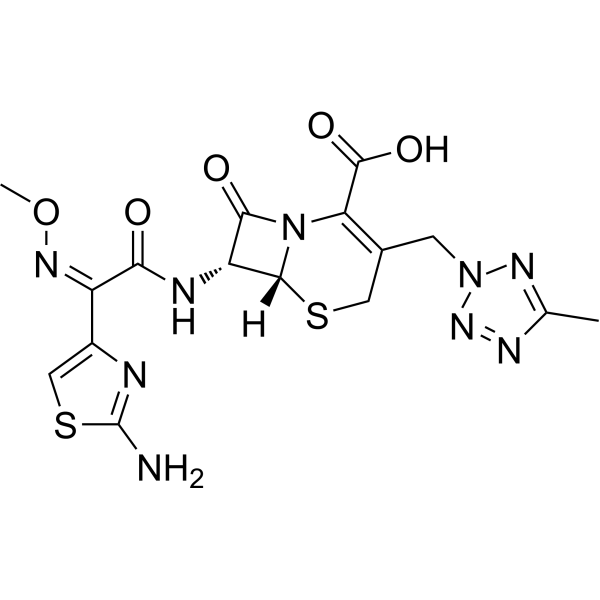
- HY-153972
-
|
|
URAT1
Xanthine Oxidase
|
Metabolic Disease
Inflammation/Immunology
|
|
URAT1&XO inhibitor 2 (Compound BDEO) is a dual inhibitor of xanthine oxidase and URAT1, with IC50 of 3.3 μM for xanthine oxidase. URAT1&XO inhibitor 2 blocks uptake of uric acid in HEK293 cells expressing URAT1, with a Ki value of 0.145 μM. URAT1&XO inhibitor 2 decreases serum urate level and uric acid excretion in hyperuricemic mice. URAT1&XO inhibitor 2 can be used for research of hyperuricemia .
|
-
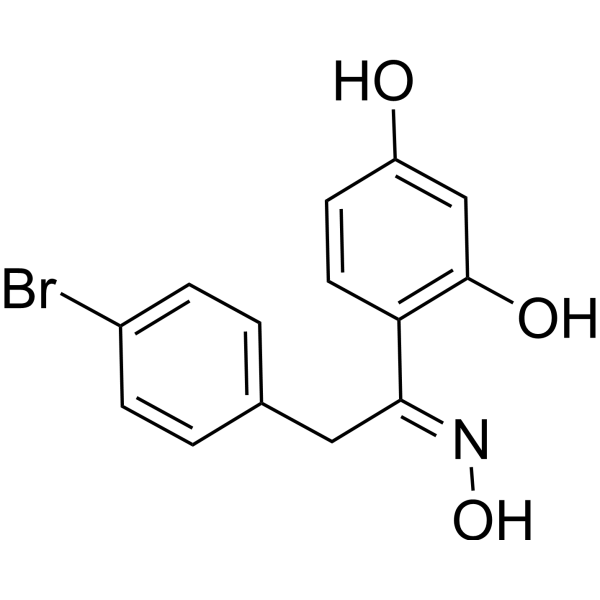
- HY-120139A
-
|
|
Others
|
Cancer
|
|
(R)-KMH-233 is the isomer of KMH-233 (HY-120139), and can be used as an experimental control. KMH-233, a potent, reversible and selective l-type amino acid transporter 1 (LAT1) inhibitor, inhibits the uptake of LAT1 substrate, l-leucin (IC50=18 μM) as well as cell growth. KMH-233 significantly potentiates the efficacy of Bestatin and Cisplatin even at low concentrations (25 μM) .
|
-
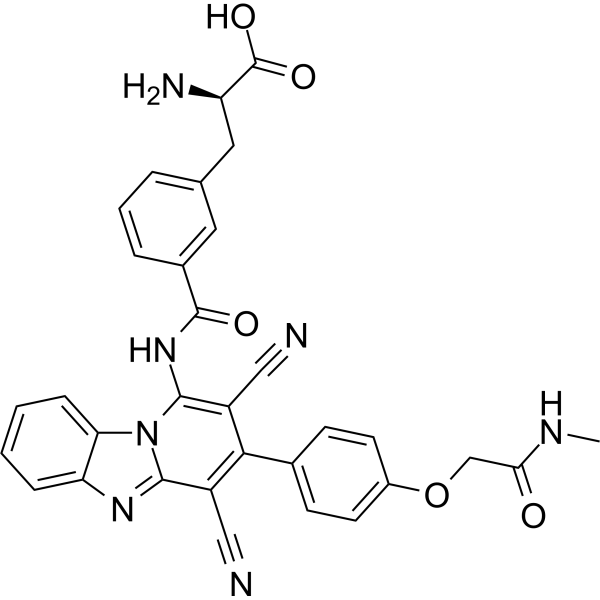
- HY-113443
-
|
|
Others
|
Metabolic Disease
|
|
12(S)-HPETE is a 12-hydroxyeicosatetraenoic acid. 12(S)-HPETE has the function of regulating vascular tone. 12(S)-HPETE may play a physiological role in vasomotor regulation through endothelium itself and crosstalk between blood cells and endothelium. 12(S)-HPETE can be used in the study of cerebrovascular tension .
|
-
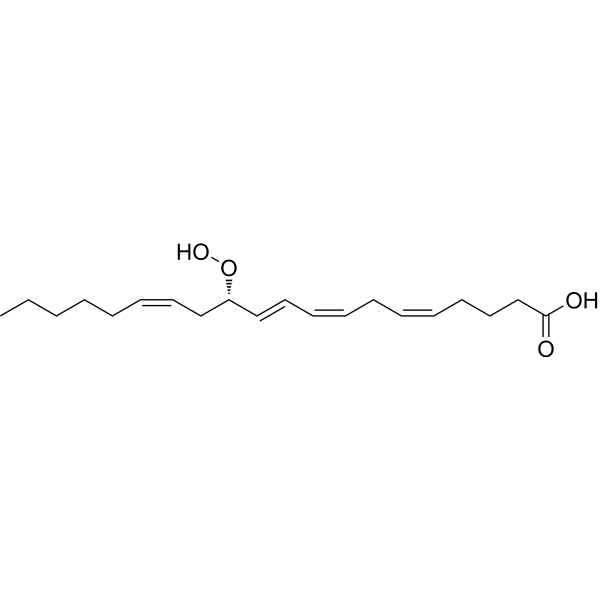
- HY-N3265
-
|
MSA
|
Others
|
Others
|
|
Methyl sinapate (MSA), a hydroxycinnamic acid, is a natural UV screening agent .
|
-
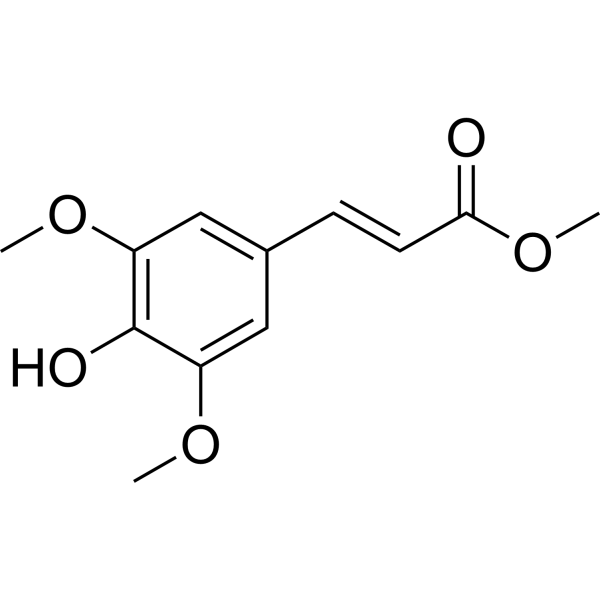
- HY-N12305
-
|
|
RSV
|
Infection
|
|
4,5-O-Dicaffeoyl quinic acid methyl ester (compound 4), a dicaffeoylquinic acid, has potent antiviral activity against respiratory syncytial virus (RSV) with an IC50 of 0.63 μg/mL and a CC50 of 118.68 μg/mL.
|
-
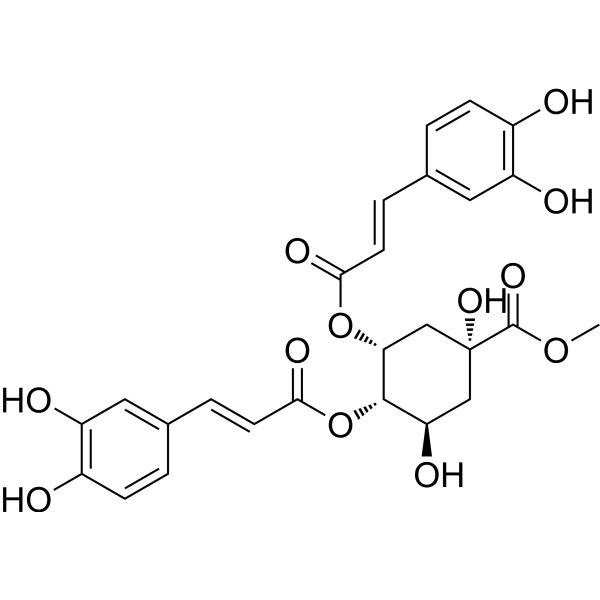
- HY-129503
-
|
|
Others
|
Others
|
|
2-Heptyl-4-quinolone is an intermediate in the synthesis of the Pseudomonas quinolone signal (PQS) that controls swarming by positively regulating phenazine production. 2-Heptyl-4-quinolone induces the production of the phenazine-1-carboxylic acid (PCA) .
|
-
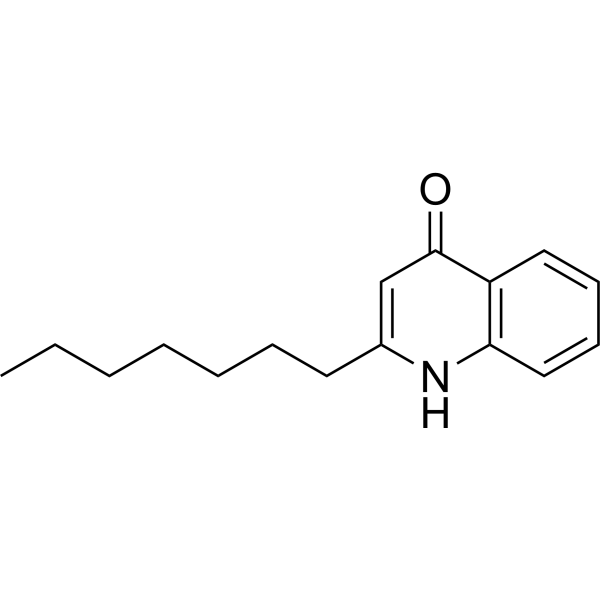
- HY-P5077
-
|
|
Guanylate Cyclase
|
Metabolic Disease
|
|
Guanylin (mouse, rat), a petide, is composed of 15 amino acids. Guanylin (mouse, rat) is an activator of intestinal guanylate cyclase. Guanylin (mouse, rat) can be used for the research of diarrhea .
|
-
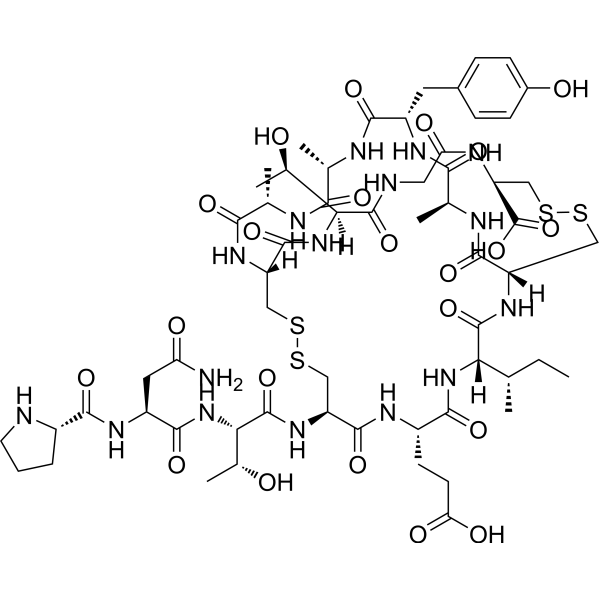
- HY-N12267
-
|
(E/Z)-Terrestribisamide
|
Melanocortin Receptor
|
Metabolic Disease
|
|
N,N′-Diferuloylputrescine ((E/Z)-Terrestribisamide) is a inhibitor of pigmentation with 57% reduction. N,N′-Diferuloylputrescine significantly reduces the protein level of MITF. N,N′-Diferuloylputrescine has strong antioxidant activities as radical scavengers against reactive oxygen species .
|
-
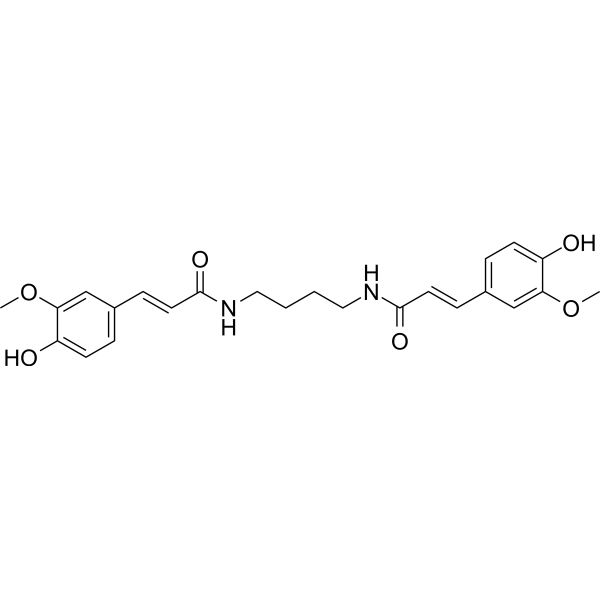
- HY-N1524
-
|
|
Others
|
Others
|
|
Quinovic acid is a natural product that can be isolated from Zygophyllum fabago L .
|
-
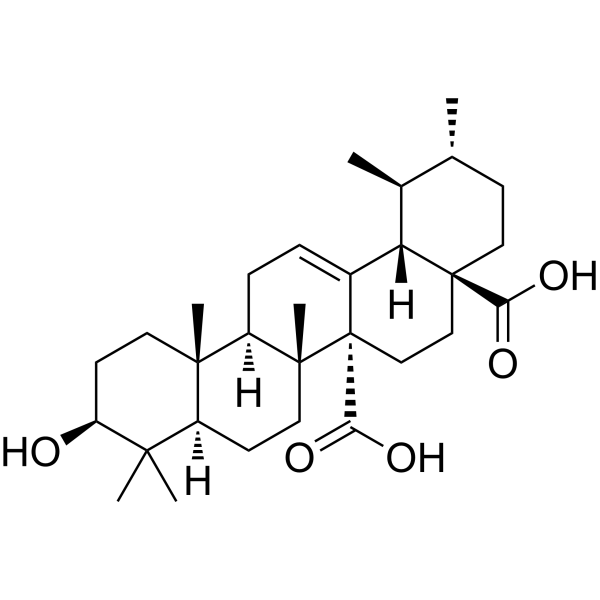
- HY-P2842
-
|
|
Others
|
Others
|
|
Aminopeptidase catalyzes the cleavage of amino acids from the amino terminus of protein or peptide substrates .
|
-
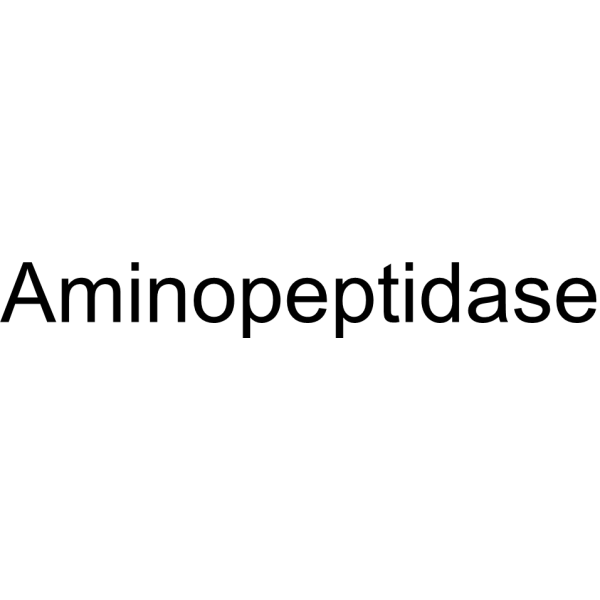
- HY-156358
-
-
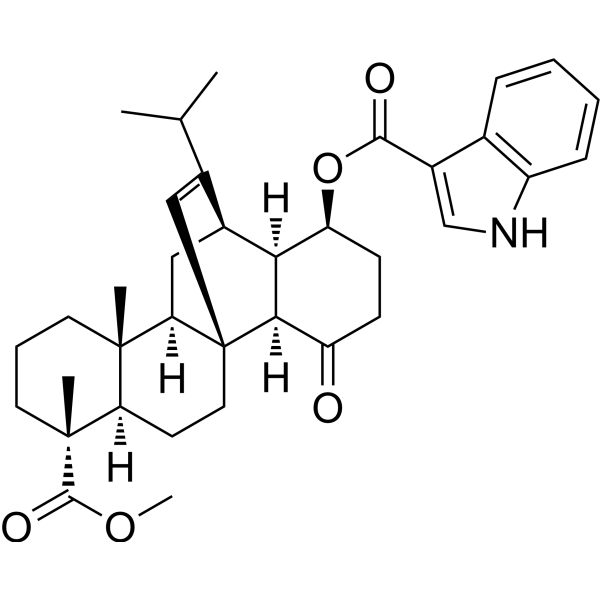
- HY-138616S3
-
|
2'-Deoxyguanosine-5'-triphosphate-13C10 dilithium
|
Isotope-Labeled Compounds
DNA/RNA Synthesis
Nucleoside Antimetabolite/Analog
|
Infection
Cancer
|
|
dGTP- 13C10 (2'-Deoxyguanosine-5'-triphosphate- 13C10) dilithium is 13C-labeled dGTP (HY-138616). dGTP (2'-Deoxyguanosine-5'-triphosphate), a guanosine nucleotide, can be used in deoxyribonucleic acid synthesis. Guanosine nucleotides (GDP, GTP, dGDP, and dGTP) are highly susceptible to oxidative damage to 8-oxo-GDP (8-O-GDP), 8-O-dGTP, 8-O-GTP, and 8-O-dGTP.
|
-

- HY-138616S4
-
|
2'-Deoxyguanosine-5'-triphosphate-13C10,15N5 dilithium
|
Isotope-Labeled Compounds
DNA/RNA Synthesis
Nucleoside Antimetabolite/Analog
|
Infection
Cancer
|
|
dGTP- 13C10, 15N5 (2'-Deoxyguanosine-5'-triphosphate- 13C10, 15N5) dilithium is 13C and 15N-labeled dGTP (HY-138616). dGTP (2'-Deoxyguanosine-5'-triphosphate), a guanosine nucleotide, can be used in deoxyribonucleic acid synthesis. Guanosine nucleotides (GDP, GTP, dGDP, and dGTP) are highly susceptible to oxidative damage to 8-oxo-GDP (8-O-GDP), 8-O-dGTP, 8-O-GTP, and 8-O-dGTP.
|
-

- HY-138616S
-
|
2'-Deoxyguanosine-5'-triphosphate-155
|
Isotope-Labeled Compounds
DNA/RNA Synthesis
Nucleoside Antimetabolite/Analog
|
Infection
Cancer
|
|
dGTP- 15N5 (2'-Deoxyguanosine-5'-triphosphate- 15N5) dilithium is 15N labeled dGTP (HY-138616). dGTP (2'-Deoxyguanosine-5'-triphosphate), a guanosine nucleotide, can be used in deoxyribonucleic acid synthesis. Guanosine nucleotides (GDP, GTP, dGDP, and dGTP) are highly susceptible to oxidative damage to 8-oxo-GDP (8-O-GDP), 8-O-dGTP, 8-O-GTP, and 8-O-dGTP.
|
-
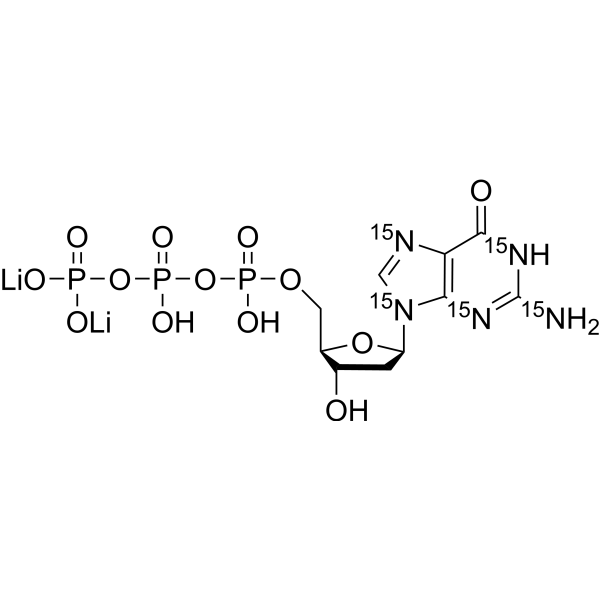
- HY-138616S2
-
|
2'-Deoxyguanosine-5'-triphosphate-15N5,d14 dilithium
|
Isotope-Labeled Compounds
DNA/RNA Synthesis
Nucleoside Antimetabolite/Analog
|
Infection
Cancer
|
|
dGTP- 15N5,d14 (2'-Deoxyguanosine-5'-triphosphate- 15N5,d14) dilithium is deuterium and 15N labeled dGTP (HY-138616). dGTP (2'-Deoxyguanosine-5'-triphosphate), a guanosine nucleotide, can be used in deoxyribonucleic acid synthesis. Guanosine nucleotides (GDP, GTP, dGDP, and dGTP) are highly susceptible to oxidative damage to 8-oxo-GDP (8-O-GDP), 8-O-dGTP, 8-O-GTP, and 8-O-dGTP.
|
-

- HY-138616S1
-
|
2'-Deoxyguanosine-5'-triphosphate-d14 dilithium
|
Isotope-Labeled Compounds
DNA/RNA Synthesis
Nucleoside Antimetabolite/Analog
|
Infection
Cancer
|
|
dGTP-d14 (2'-Deoxyguanosine-5'-triphosphate-d14) dilithium is deuterium labeled dGTP (HY-138616). dGTP (2'-Deoxyguanosine-5'-triphosphate), a guanosine nucleotide, can be used in deoxyribonucleic acid synthesis. Guanosine nucleotides (GDP, GTP, dGDP, and dGTP) are highly susceptible to oxidative damage to 8-oxo-GDP (8-O-GDP), 8-O-dGTP, 8-O-GTP, and 8-O-dGTP.
|
-
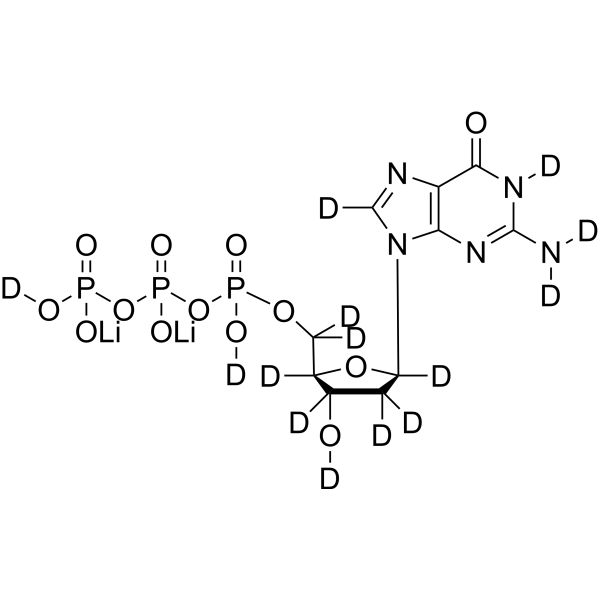
- HY-157203
-
|
|
Others
|
Others
|
|
Cholic acid-cysteine-cyanuric chloride complex is a hapten linker molecule comprising of the antigen, cholic acid and the reactive group for covalent attachment, cyanuric chloride .
|
-
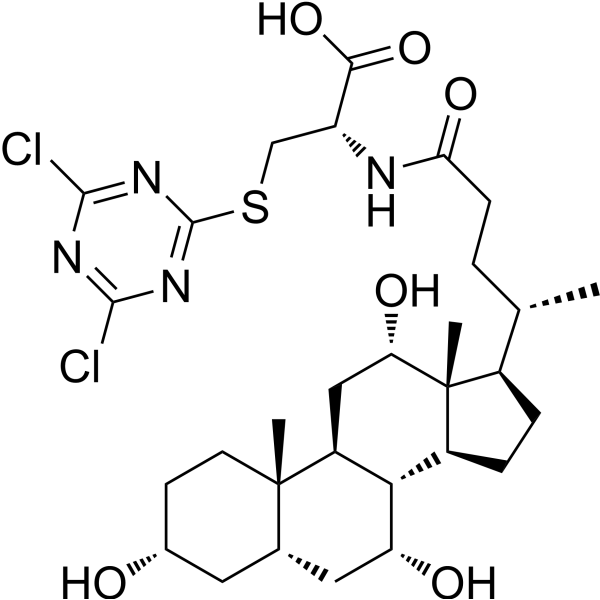
- HY-111095S1
-
|
(R)-2-Hydroxypropionic acid-13C; D-Lactic acid-13C
|
Isotope-Labeled Compounds
|
Others
|
|
D-(-)-Lactic acid-13C ((R)-2-Hydroxypropionic acid-13C) is a 13C-labeled D-Lactic acid. D-(-)-Lactic acid-13C can be used as an internal standard and can also be used in studies such as metabolic tracing.
|
-

- HY-132146A
-
|
|
DNA/RNA Synthesis
|
Others
|
|
5-Propargylamino-ddCTP (trisodium), a nucleoside molecule that can be used to synthesis of cyanine dye-nucleotide conjugate which is used in nucleic acid labeling or sequence analysis .
|
-

- HY-100834A
-
|
5,7-DCKA sodium
|
iGluR
|
Neurological Disease
|
|
5,7-Dichlorokynurenic acid (sodium) is the sodium form of 5,7-Dichlorokynurenic acid (HY-100834). 5,7-Dichlorokynurenic acid is a selective and competitive antagonist of the glycine site on the NMDA receptor with a KB of 65 nM. 5,7-Dichlorokynurenic acid, a derivative of kynurenic acid, reduces NMDA-induced neuron injury in rat cortical cell cultures .
|
-
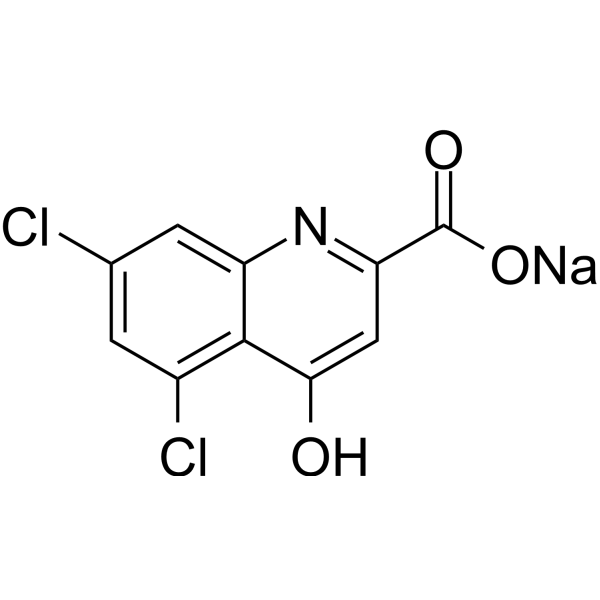
- HY-N12528
-
|
|
Epoxide Hydrolase
|
Cardiovascular Disease
|
|
10,11-EDT, a soluble epoxide hydrolase (sEH) substrate, is a metabolic product of adrenic acid. 10,11-EDT is an endothelium-derived hyperpolarizing factor with strong vasorelaxant effects .
|
-
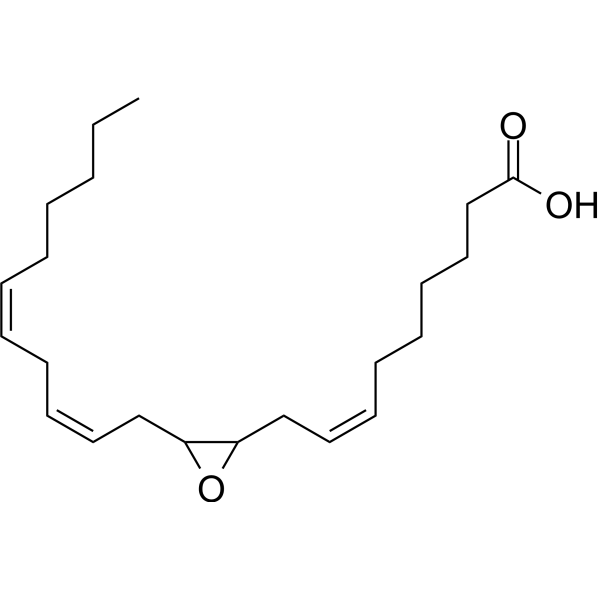
- HY-157538
-
|
|
PDHK
|
Cardiovascular Disease
|
|
PDK4-IN-2 (compound 8) is a pyruvate dehydrogenase kinase 4 (PDK4) inhibitor with an IC50 of 46 µM. PDK4-IN-2 improves ejection fraction of failing hearts by regulating bioenergetics via activation of the tricarboxylic acid cycle .
|
-

- HY-W011334
-
|
|
Others
|
Metabolic Disease
|
|
Methyl 12-oxooctadecanoate is a fatty acid that can be isolated from the pulp of Livistona decipiens (Palmae), which has anti-hyperlipidemic and anti-ulcer activities .
|
-
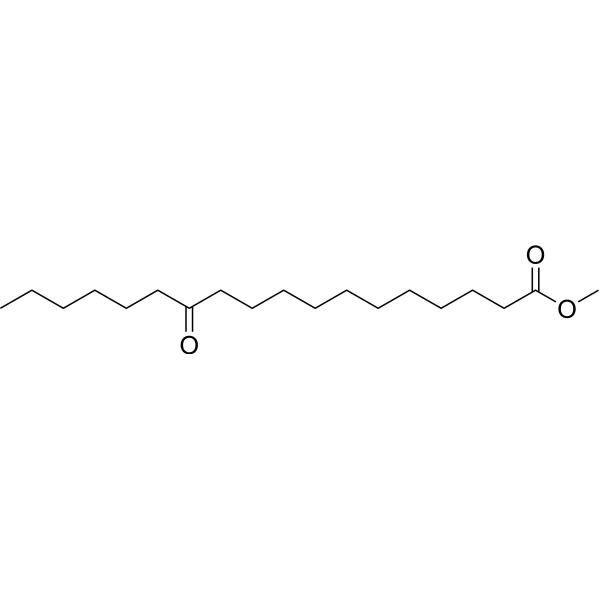
- HY-113455
-
|
Alpha-dimorphecolic acid
|
Apoptosis
Endogenous Metabolite
|
Cancer
|
|
9S-HODE (Alpha-dimorphecolic acid) is an octadecadienoic acid and the main active derivative of linoleic acid, which can reduce the viability of HL-60 cells and induce apoptosis. 9S-HODE is rich in lipid peroxidation (LPO) products and is almost an ideal marker for LPO .
|
-
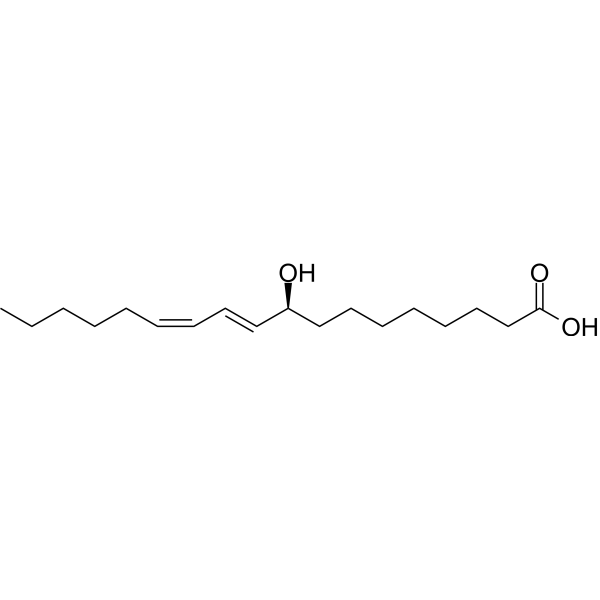
- HY-161160
-
|
|
Others
|
Others
|
|
Ac4ManNDAz is a cell-permeable photocross-linking probe. Ac4ManNDAz can effectively compete with endogenous sialic acid for incorporation into cell surface glycoproteins and form cross-links with glycoprotein ligands under UV light irradiation. Ac4ManNDAz can be used to study interactions between glycoproteins .
|
-

- HY-113873
-
|
|
Others
|
Metabolic Disease
|
|
10-Thiastearic acid inhibits desaturation of? stearate to oleate. 10-Thiastearic acid has hypolipidemic effect .
|
-

- HY-120962
-
|
|
TRP Channel
|
Metabolic Disease
|
|
N-Arachidonoyl Taurine is an activator of the transient receptor potential vanilloid TRPV1 and TRPV4, with EC50s value of 28 μM and 21 μM, respectively .
|
-
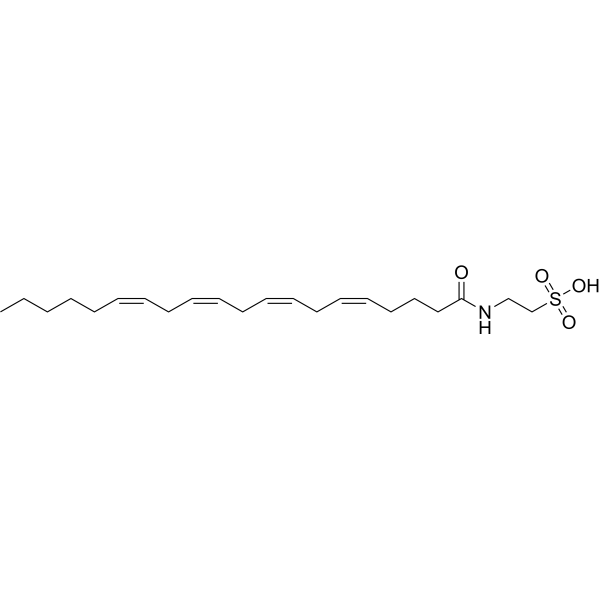
- HY-149550
-
-

- HY-163297
-
|
|
Fungal
|
Infection
|
|
Antifungal agent 90 (Compound 7n) is an antifungal agent that inhibits ergosterol biosynthesis. Antifungal agent 90 showed excellent antifungal activity against Valsa mali and Botrytis cinerea with EC50 values respectively. 4.26 and 1.41 μg/mL .
|
-
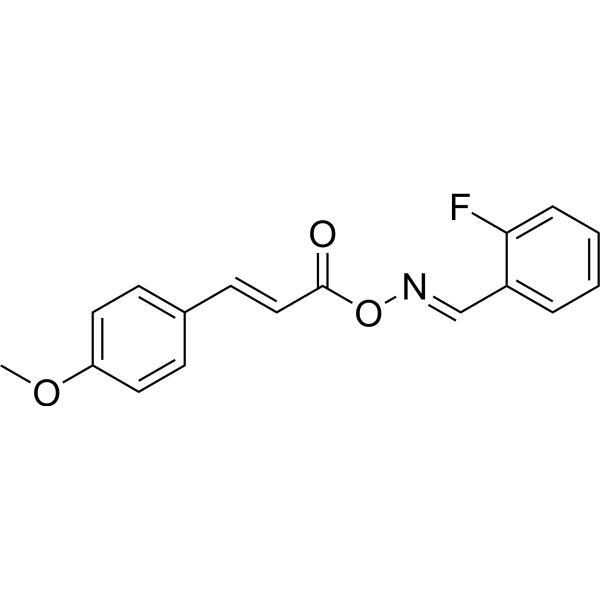
- HY-121457
-
|
|
Others
|
Cardiovascular Disease
|
|
9-Nitrooleate is a nitrated fatty acid that is formed through NO-dependent oxidation. 9-Nitrooleate has the potential for vascular diseases research .
|
-
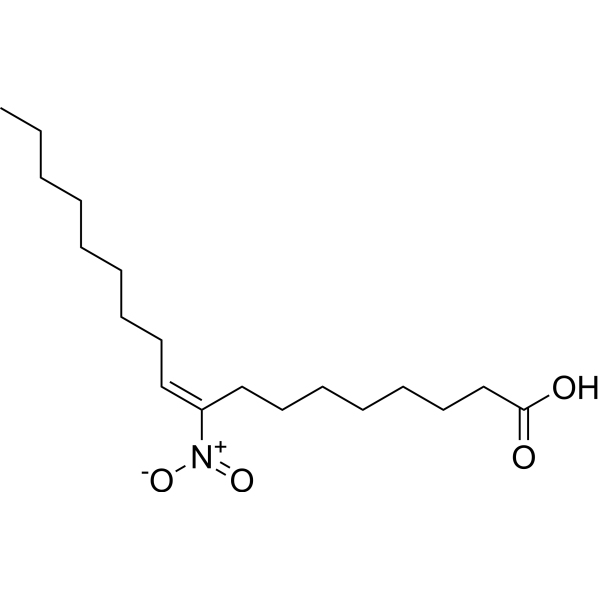
- HY-162297
-
|
|
Others
|
Others
|
|
4-(Sulfooxy)benzoic acid is a sulfated phenolic acid found in C. elegans. 4-(Sulfooxy)benzoic acid is a metabolite of ethyl para-hydroxybenzoate and several flavonoids .
|
-
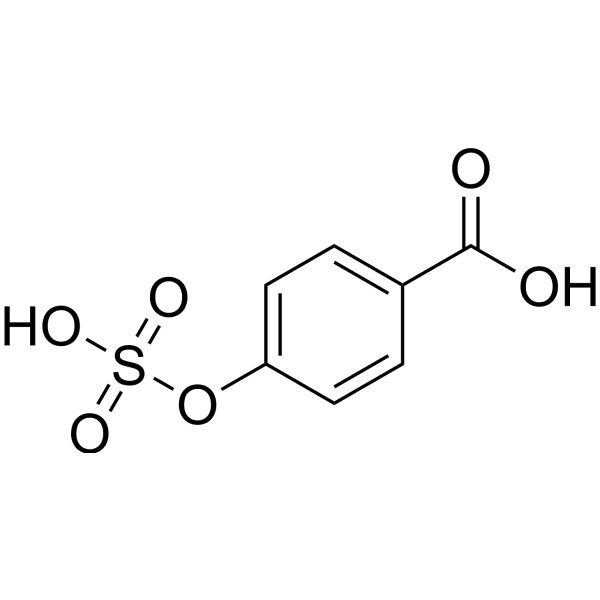
- HY-W009123
-
|
cis-13-Docosenamide
|
Others
|
Others
|
|
Erucamide inhibits intestinal diarrhea.Erucamide also regulates the volume of body fluids in other organs. Erucamide has the ability to promote angiogenesis .
|
-
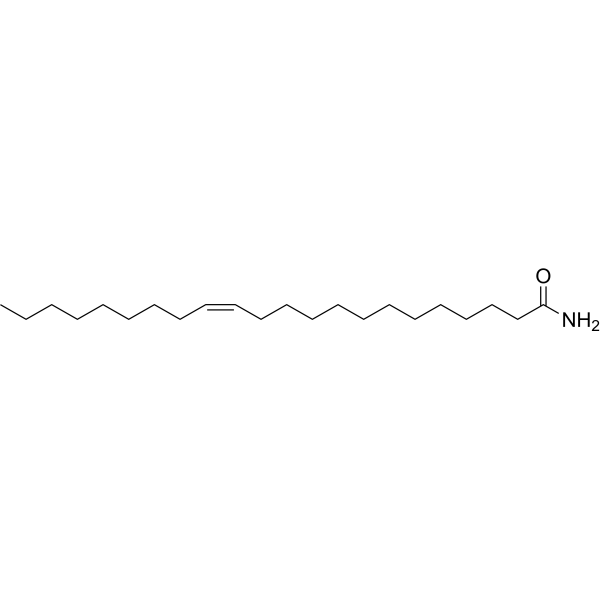
- HY-116777
-
|
SKF 92676
|
Histamine Receptor
|
Others
|
|
Impromidine (SKF 92676) is a potent agonist for histamine H2 receptor. Impromidine induces gastric mucosal blood flow and acid secretion .
|
-

- HY-B1606
-
|
Chlorthymol; 6-Chlorothymol
|
GABA Receptor
|
Neurological Disease
|
|
Chlorothymol (Chlorthymol) is a potent GABAA receptor subunit LGC-37 inhibitor. Chlorothymol is an effective anticonvulsant. Chlorothymol is protective in several mouse seizure assays, including the 6-Hz 44-mA model of pharmacoresistant seizures .
|
-

- HY-19842
-
|
CVT 3619
|
Adenosine Receptor
|
Cardiovascular Disease
Metabolic Disease
|
|
GS-9667 (CVT 3619), a novel N 6-5'-substituted adenosine analog, is a selective, partial agonist of the A1 adenosine receptor (A1AdoR). GS-9667 binds to adipocyte membranes with high (KH=14 nM) and low (KL=5.4 μM) affinities. GS-9667 reduces cyclic AMP content and release of nonesterified fatty acids from epididymal adipocytes with IC50 values of 6 nM and 44 nM, respectively. GS-9667 inhibits lipolysis and has the potential for Type 2 diabetes (T2DM) and dyslipidemia via lowering of free fatty acids (FFA) .
|
-

- HY-13662
-
-
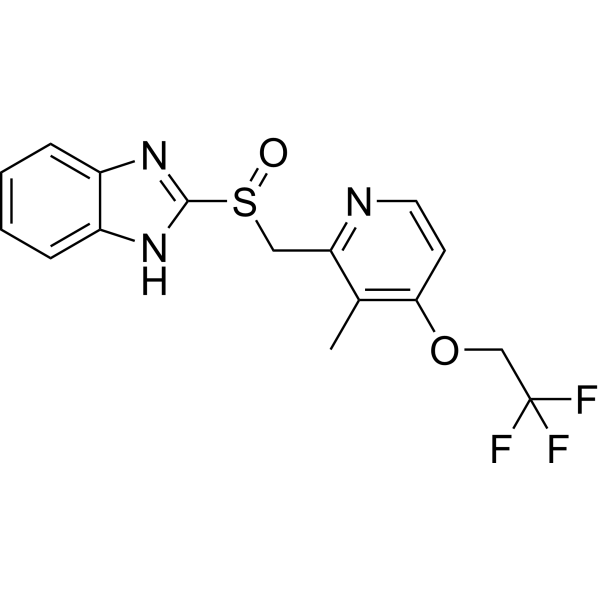
- HY-14874
-
|
FYX-051
|
Xanthine Oxidase
Cytochrome P450
|
Metabolic Disease
|
|
Topiroxostat (FYX-051) is a potent and orally active xanthine oxidoreductase (XOR) inhibitor with an IC50 value of 5.3 nM and a Ki value of 5.7 nM. Topiroxostat exhibits weak CYP3A4-inhibitory activity (18.6%). Topiroxostat has the potential for hyperuricemia treatment .
|
-

- HY-B1142
-
|
(±)-α-Lipoamide; DL-Lipoamide; DL-6,8-Thioctamide
|
NO Synthase
|
Others
|
|
Lipoamide ((±)-α-Lipoamide) is a monocarboxylic acid derivative of a neutral amide, formed by the condensation of the carboxyl group of lipoic acid and ammonia. Lipoamide protects against oxidative stress-mediated neuronal cell damage and also acts as a coenzyme to transfer acetyl groups and hydrogen during pyruvate deacylation. Lipoamide also stimulates mitochondrial biogenesis in adipocytes through the endothelial NO synthase-cGMP-protein kinase G signaling pathway .
|
-

- HY-Y1055
-
Guanine
3 Publications Verification
|
DNA/RNA Synthesis
Endogenous Metabolite
|
Cancer
|
|
Guanine is one of the fundamental components of nucleic acids (DNA and RNA). Guanine is a purine derivative, consisting of a fused pyrimidine-imidazole ring system with conjugated double bonds. Guanine has the potential to serve as a large-capacity N pool .
|
-
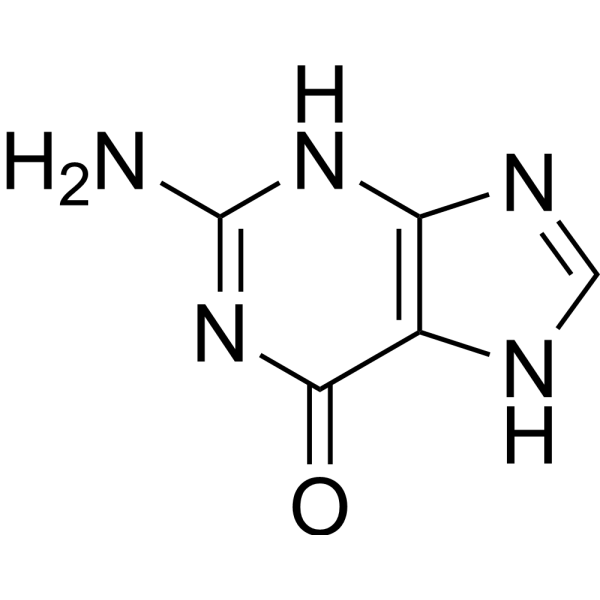
- HY-P0311
-
|
|
Bacterial
|
Infection
|
|
LAH4, an alpha-helix of the designed amphipathic peptide antibiotic, exhibits potent antimicrobial, nucleic acid transfection and cell penetration activities. LAH4 possesses high plasmid DNA delivery capacities. LAH4 has a strong affinity for anionic lipids found in the outer membrane of bacterial membranes [3].
|
-

- HY-101887
-
|
|
Fluorescent Dye
|
Others
|
|
Calcein Blue, a membrane-impermeant fluorescent dye, is a coumarin derivative that contains an iminodiacetic acid structure. Calcein Blue is also a metallofluorochromic indicator [3].
|
-

- HY-109590
-
|
Immunocytophyt
|
Endogenous Metabolite
|
Inflammation/Immunology
|
|
Arachidonic acid (Immunocytophyt) is a polyunsaturated omega-6 fatty acid and a major constituent of biomembranes. Arachidonic acid also acts as the substrate for various lipid mediators, such as prostaglandins (PGs). Arachidonic acid improves cognitive response and cardiovascular function .
|
-
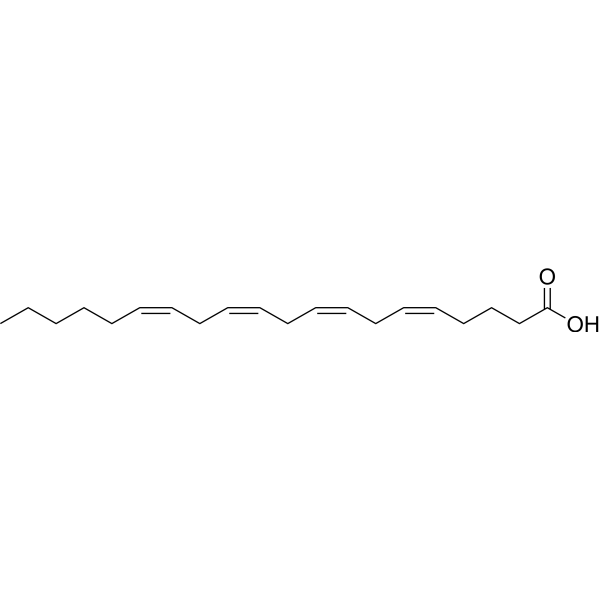
- HY-W089835
-
-
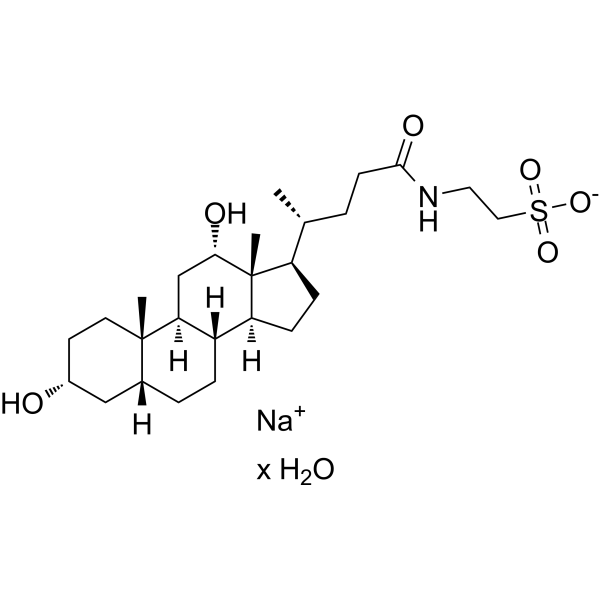
- HY-B1899A
-
|
Sodium taurodeoxycholate monohydrate
|
G protein-coupled Bile Acid Receptor 1
Endogenous Metabolite
|
Metabolic Disease
|
|
Taurodeoxycholic acid sodium hydrate (Sodium taurodeoxycholate monohydrate), a bile acid, is an amphiphilic surfactant molecule synthesized from cholesterol in the liver. Taurodeoxycholic acid sodium hydrate activates the S1PR2 pathway in addition to the TGR5 pathway .
|
-
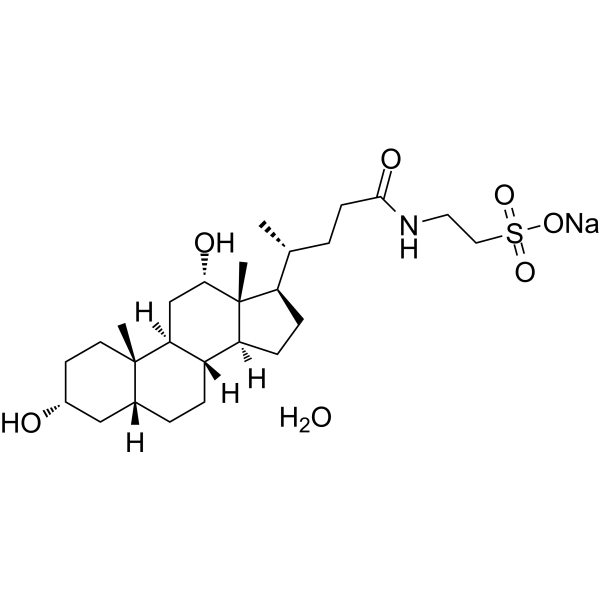
- HY-107784
-
|
|
Bacterial
|
Inflammation/Immunology
|
|
Ectoine is a natural cell protectant, an amino acid derivate produced by bacteria living under extremely harsh environmental conditions. Ectoine serves as an osmoregulatory compatible solute, increasing the hydration of the skin surface and stabilizing lipid layers, which is useful in skincare. Ectoine demonstrates a good safety profile for the treatment of allergic rhinitis .
|
-
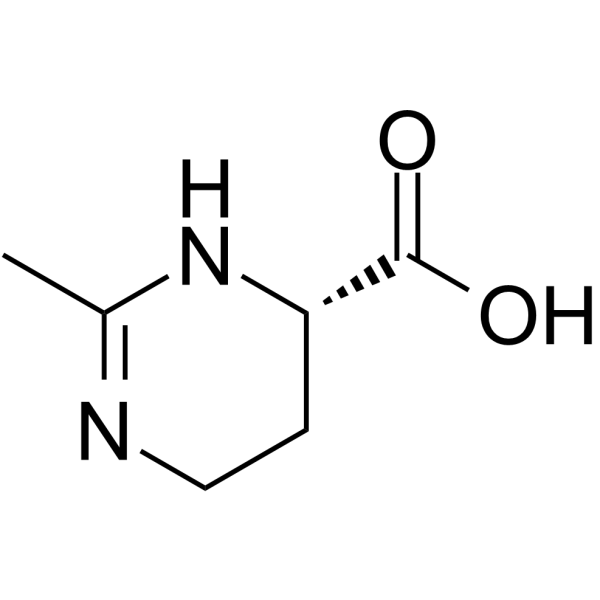
- HY-135087
-
|
|
Biochemical Assay Reagents
|
Others
|
|
Caprylic/Capric Triglyceride is the triglycerides and esters prepared from fractionated vegetable oil sources and fatty acids from coconuts and palm kernel oils. Caprylic/Capric Triglyceride possesses excellent oxidation stability. Caprylic/Capric Triglyceride is used as a food additive and used in cosmetics [3].
|
-
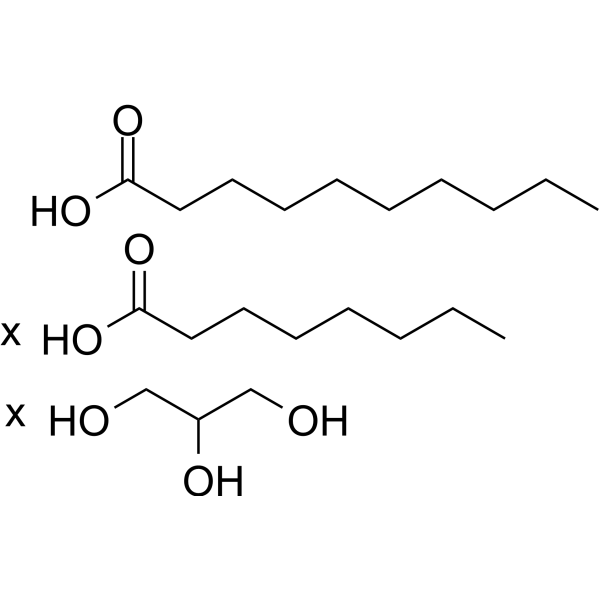
- HY-16007
-
|
Garcinia acid
|
ATP Citrate Lyase
|
Metabolic Disease
|
|
(-)-Hydroxycitric acid (Garcinia acid) is the principal acid of fruit rinds of Garcinia cambogia. (-)-Hydroxycitric acid is a potent and competitive and orally active inhibitor of ATP citrate lyase. (-)-Hydroxycitric acid suppresses the fatty acid synthesis, lipogenesis, food intake, and induced weight loss .
|
-
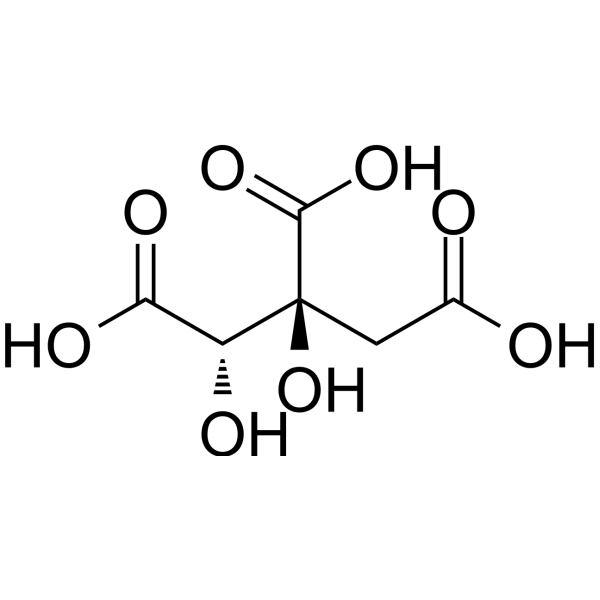
- HY-135283
-
|
A-216546
|
Endothelin Receptor
|
Cardiovascular Disease
Endocrinology
|
|
ABT-546 (A-216546) is a potent, highly selective and active endothelin ETA receptor antagonist with a Ki of 0.46 nM for [ 125I]endothelin-1 binding to cloned human endothelin ETA. ABT-546 is >25,000-fold more selective for the ETA receptor than for the ETB receptor. ABT-546 blocks endothelin-1-induced arachidonic acid release and phosphatidylinositol hydrolysis with IC50 of 0.59 nM and 3 nM, respectively .
|
-
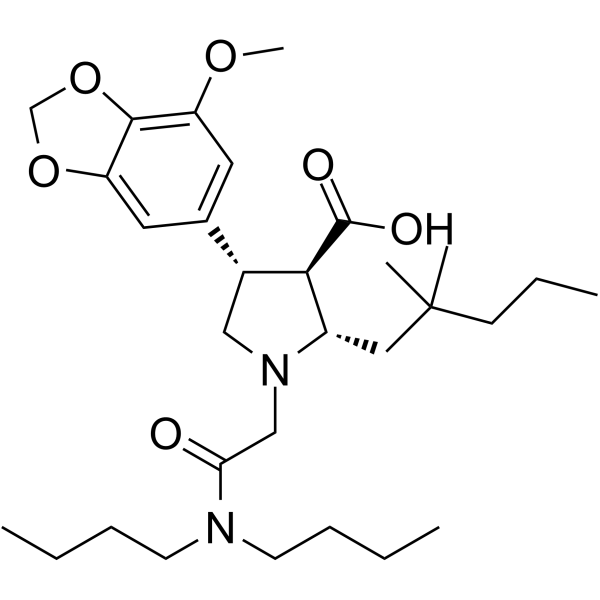
- HY-108529
-
BMS493
3 Publications Verification
|
RAR/RXR
|
Metabolic Disease
|
|
BMS493 is an inverse pan-retinoic acid receptor (RAR) agonist. BMS493 increases nuclear corepressor interaction with RARs. BMS493 also could prevent retinoic acid-induced differentiation . BMS493 is a click chemistry reagent, it contains an Alkyne group and can undergo copper-catalyzed azide-alkyne cycloaddition (CuAAc) with molecules containing Azide groups.
|
-
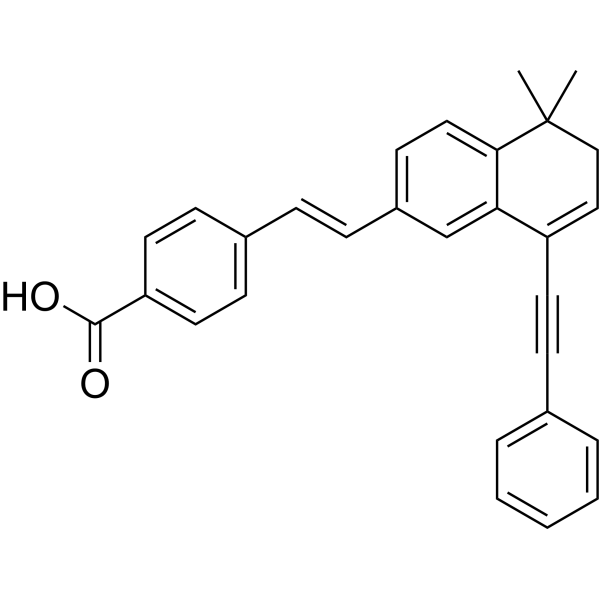
- HY-135747
-
|
GR-7
|
Bacterial
|
Infection
|
|
Gut restricted-7 (GR-7) is a potent, covalent and orally active pan-bile salt hydrolase (BSH) inhibitor. Gut restricted-7 has a tissue-selective and is restricted to the gut. Gut restricted-7 decreases gut bacterial BSHs and decreases deconjugated bile acid levels in feces of mice .
|
-

- HY-N7387
-
|
|
Endogenous Metabolite
|
Metabolic Disease
|
|
3-Oxocholic acid is an oxo-bile acid metabolite and also a major degradation product from cholic by C. perfringens in the intestine. 3-Oxocholic acid is steroid acid found predominantly in bile of mammals [3].
|
-
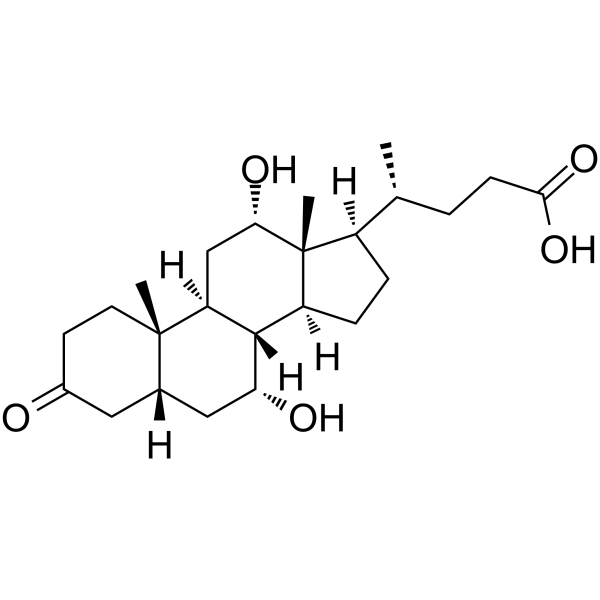
- HY-W050026S
-
-
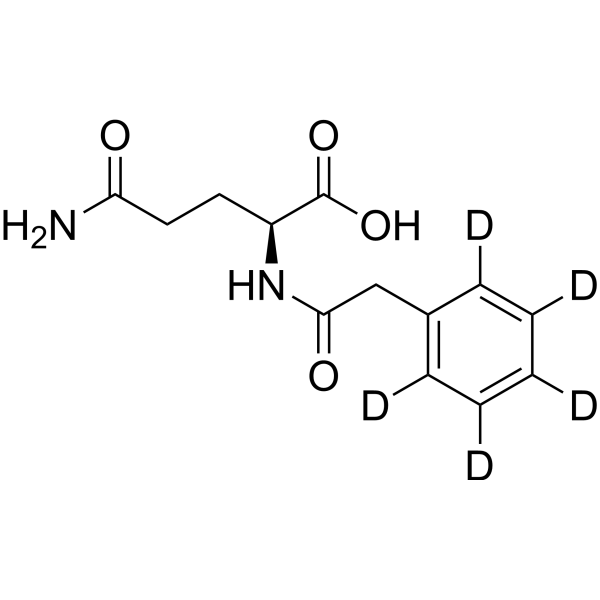
- HY-108034
-
|
|
Others
|
Neurological Disease
|
|
GET73 is a γ-hydroxybutyric acid (GHB) analog, a naturally occurring neurotransmitter. GET73 has anti-alcohol and anxiolytic properties. GET73 significantly affects glutamate transmission in the hippocampus [3].
|
-
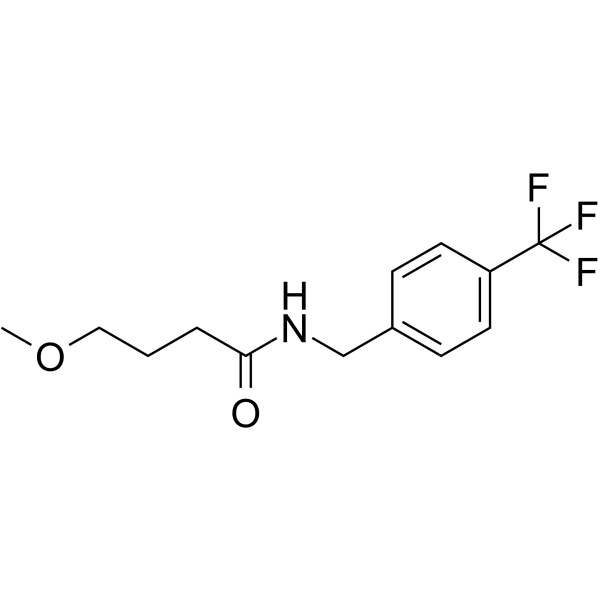
- HY-126995
-
|
|
Endogenous Metabolite
|
Metabolic Disease
|
|
Glycohyodeoxycholic acid is a major metabolite of Hyodeoxycholic acid in humans. Glycohyodeoxycholic acid has preventative effects on gallstone formation .
|
-
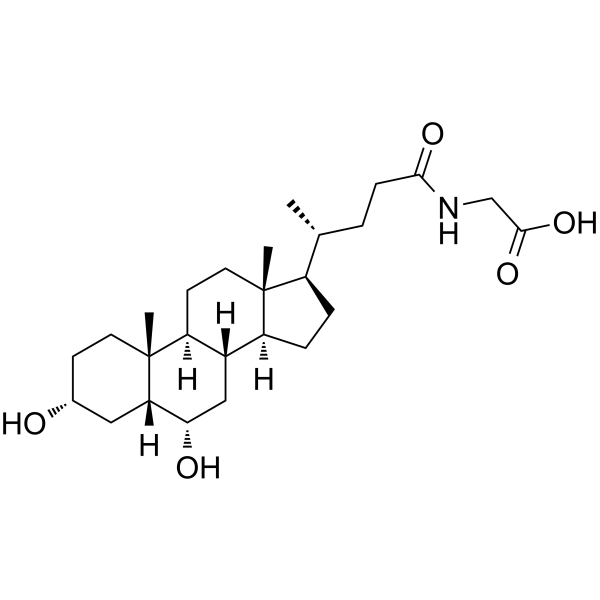
- HY-Y0123
-
|
|
Others
|
Neurological Disease
|
|
DL-Tyrosine is an aromatic nonessential amino acid synthesized from the essential amino acid phenylalanine. DL-Tyrosine is a precursor for several important neurotransmitters (epinephrine, norepinephrine, dopamine) .
|
-
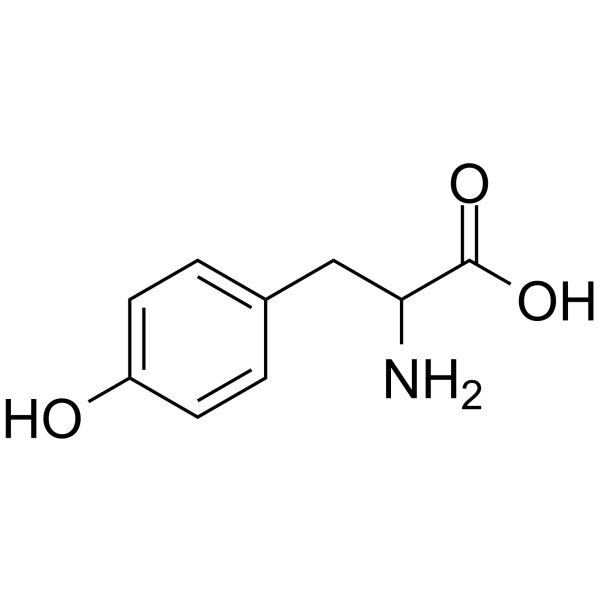
- HY-136540
-
|
RvD3
|
Others
|
Inflammation/Immunology
|
|
Resolvin D3 (RvD3) is a docosahexaenoic acid (DHA) derived mediator. Resolvin D3 is dysregulated in arthritis and reduces arthritic inflammation .
|
-
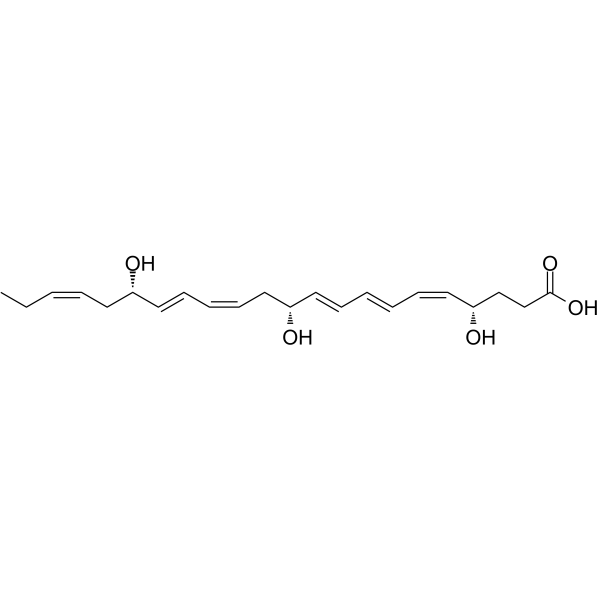
- HY-119435
-
|
|
Others
|
Others
|
|
Triallate is a selective preemergence herbicide for the control of wild oats in barley, spring wheat, Durum wheat, winter wheat, and sugar beets. Triallate inhibits fatty acid elongation and surface lipid (wax) biosynthesis .
|
-
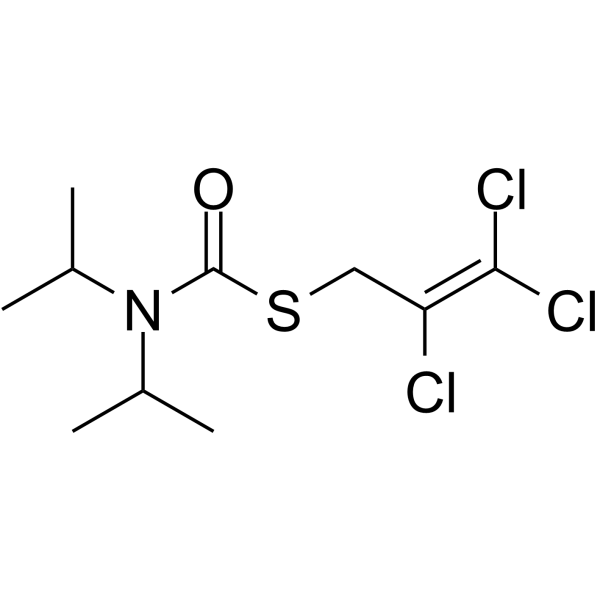
- HY-N2920
-
|
11-Oxo-β-amyrin
|
Cytochrome P450
|
Inflammation/Immunology
Cancer
|
|
β-Amyrenonol (11-Oxo-β-amyrin), an oleanolic-type triterpenoid in licorice roots, is a precursor of Glycyrrhetinic acid. β-Amyrenonol has anti-proliferative and anti-inflammatory activities, and β-Amyrenonol could function as the skeleton for the synthesis of many triterpenoids .
|
-
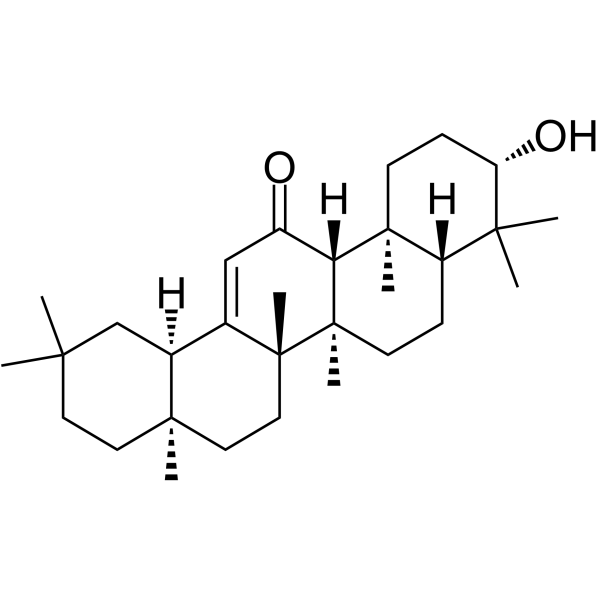
- HY-P1125
-
4-CMTB
2 Publications Verification
|
Free Fatty Acid Receptor
|
Others
|
|
4-CMTB is a selective free fatty acid receptor 2 (FFA2/GPR43) agonist and a positive allosteric modulator (pEC50=6.38) .
|
-

- HY-133621
-
|
|
Others
|
Cancer
|
|
9,10-Dichlorostearic acid is a chlorinated stearic acid with antimutagenic properties. 9,10-Dichlorostearic acid can cause membrane damage by inducing leakage of adenosine triphosphate (ATP) from mammalian tumour cells in vitro .
|
-
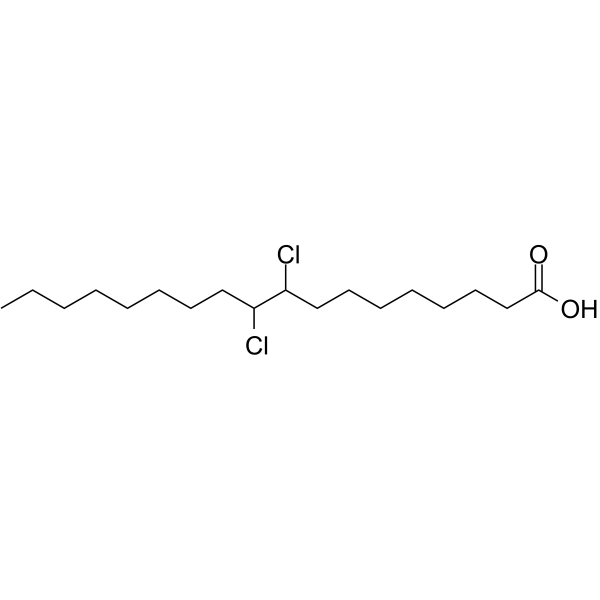
- HY-N7692
-
|
|
Others
|
Others
|
|
Polyporusterone A is a triterpene carboxylic acid isolated from Polyporus umbellatus Fries. Polyporusterone A has inhibitory effect on free radical-induced lysis of red blood cells (hemolysis) .
|
-
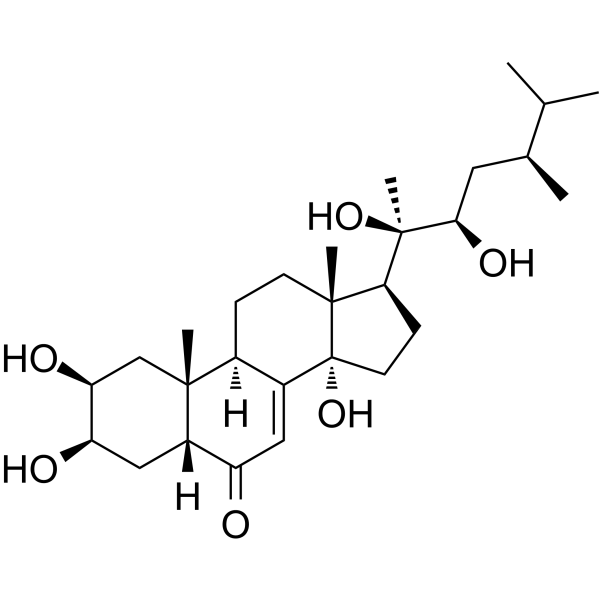
- HY-N7693
-
|
|
Others
|
Others
|
|
Polyporusterone B is a triterpene carboxylic acid isolated from Polyporus umbellatus Fries. Polyporusterone B has inhibitory effect on free radical-induced lysis of red blood cells (hemolysis) .
|
-
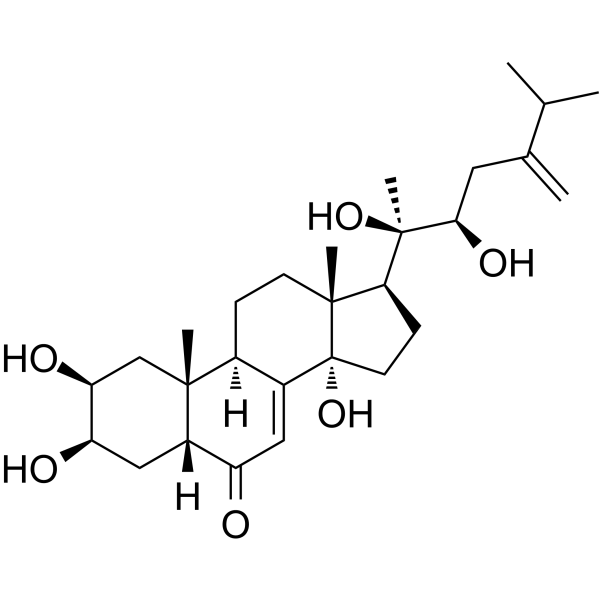
- HY-W015399
-
|
|
Fungal
|
Infection
|
|
4-Methylcinnamic acid, a Cinnamic acid analog, can be used as a intervention catalyst for overcoming antifungal tolerance. 4-Methylcinnamic acid can improve the potency of cell wall-disrupting agents .
|
-
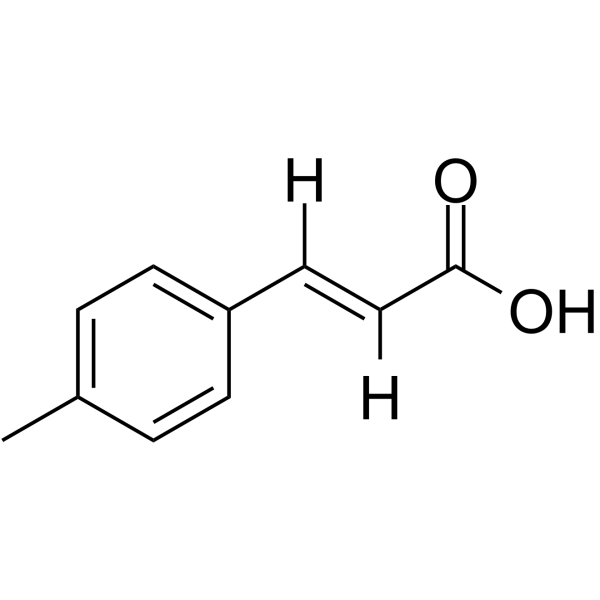
- HY-113402
-
|
γ-Glu-Cys
|
Endogenous Metabolite
|
Inflammation/Immunology
|
|
Gamma-glutamylcysteine (γ-Glutamylcysteine), a dipeptide containing cysteine and glutamic acid, is a precursor to glutathione (GSH). Gamma-glutamylcysteine is a cofactor for glutathione peroxidase (GPx) to increase GSH levels .
|
-
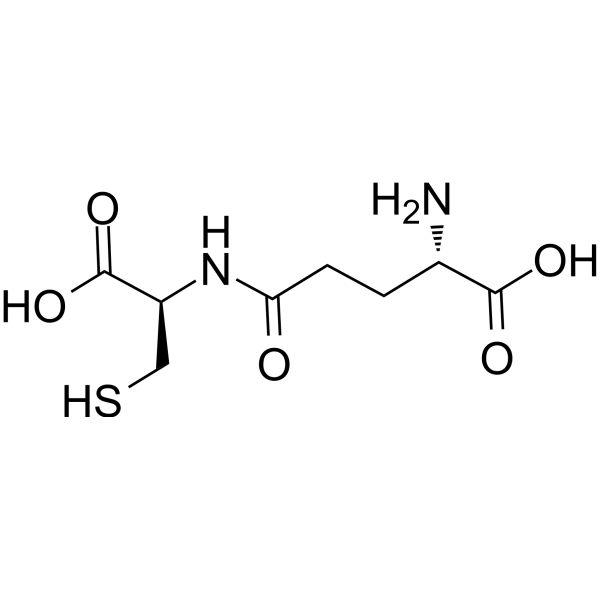
- HY-P0311A
-
|
|
Bacterial
|
Infection
|
|
LAH4 TFA, an alpha-helix of the designed amphipathic peptide antibiotic, exhibits potent antimicrobial, nucleic acid transfection and cell penetration activities. LAH4 TFA possesses high plasmid DNA delivery capacities. LAH4 TFA has a strong affinity for anionic lipids found in the outer membrane of bacterial membranes [3].
|
-

- HY-135259
-
-
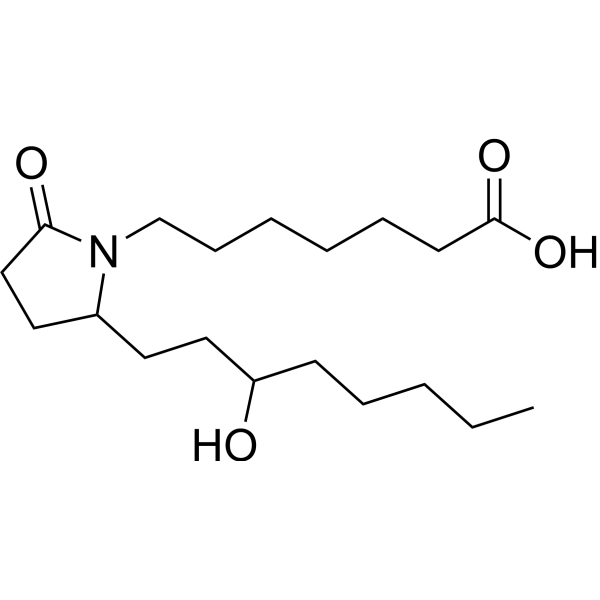
- HY-116015
-
|
|
Endogenous Metabolite
|
Inflammation/Immunology
|
|
Dihomo-γ-Linolenic acid is an n-6 polyunsaturated fatty acid that is mainly metabolized to an anti-inflammatory eicosanoid, prostaglandin (PG) E1, via the cyclooxygenase (COX) pathway. Anti-inflammatory and anti-proliferative effects .
|
-
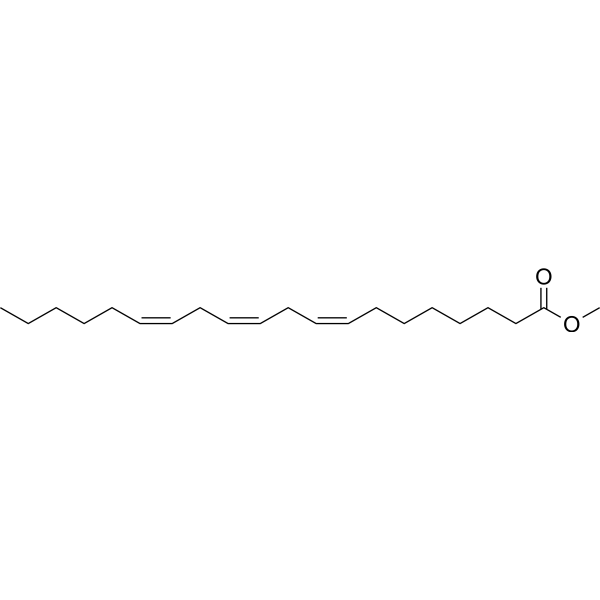
- HY-145640
-
|
AZD4721; RIST4721
|
CXCR
|
Inflammation/Immunology
|
|
Vimnerixin (AZD4721) is the potent and orally active antagonist of acidic CXC chemokine receptor 2 (CXCR2). Vimnerixin has the potential for the research of inflammatory disease .
|
-
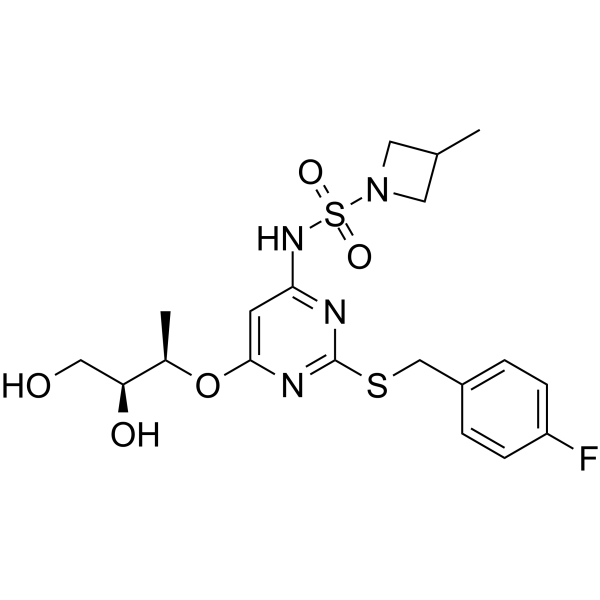
- HY-108531
-
|
|
RAR/RXR
|
Cancer
|
|
ER-50891 is a potent antagonist of retinoic acid receptor α(RARα). ER-50891 significantly attenuates ATRA's inhibitive effects on BMP 2-induced osteoblastogenesis .
|
-
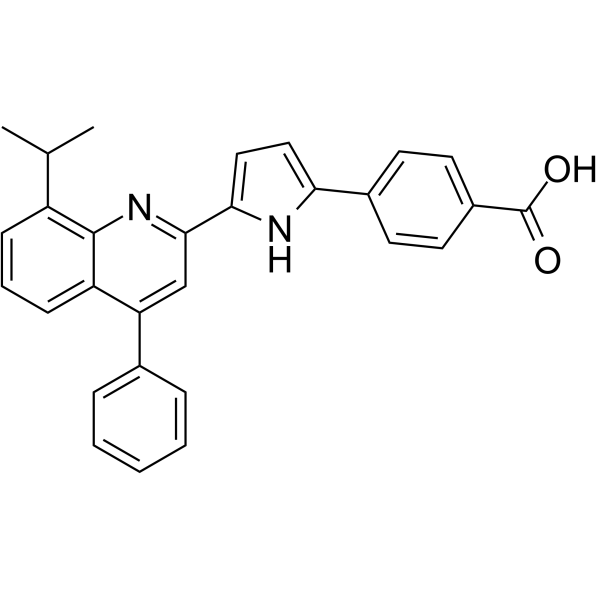
- HY-N7443
-
|
|
Others
|
Others
|
|
Gibberellin A1 is a kind of plant hormones. Gibberellin A1 is a growth-promoting acids isolated from immature seed of Phaseolus multiflorus .
|
-
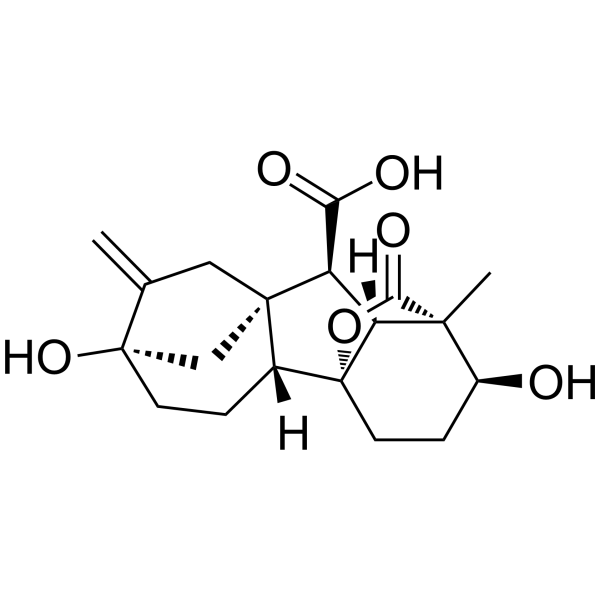
- HY-130413
-
|
Neuroprotectin D1; NPD1
|
Endogenous Metabolite
|
Neurological Disease
|
|
Protectin D1, neuroprotectin D1 when generated by neural cells, is a member of a new family of bioactive products generated from docosahexaenoic acid. Protectin D1 is also a specialized pro-resolving mediator with potent pro-resolving and anti-inflammatory effects in vivo in several human disease models .
|
-
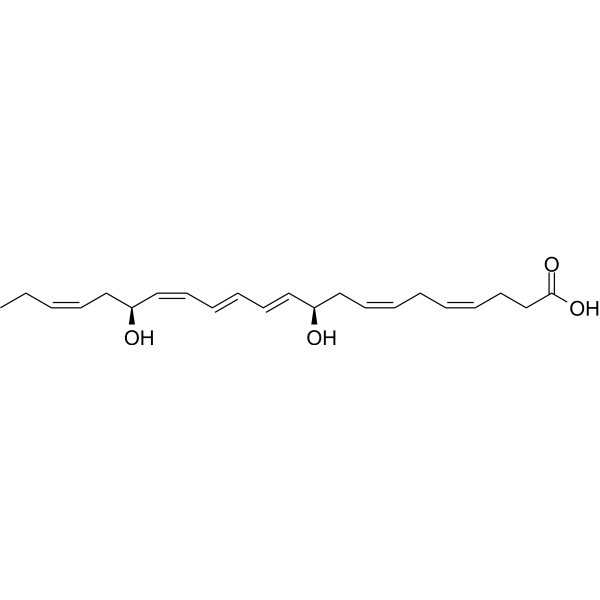
- HY-105033
-
|
Pirfloxacin
|
Bacterial
|
Infection
|
|
Irloxacin (Pirfloxacin) is a quinolone antibacterial agent. Irloxacin shows greater activity with an acid pH. Irloxacin has a good in vitro antimicrobial spectrum against both gram-positive and gram-negative bacteria. Orally active .
|
-
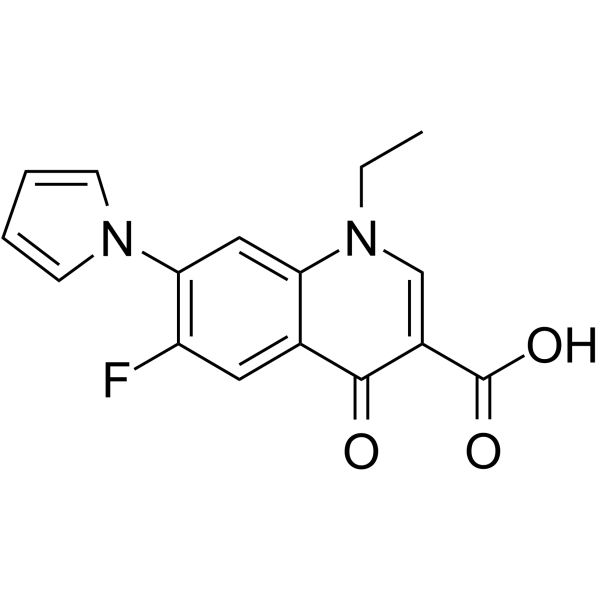
- HY-125923
-
|
|
Others
|
Metabolic Disease
|
|
Djenkolic acid is a sulfur-containing non-protein amino acid naturally found in the djenkol beans of the Southeast Asian plant Archidendron jiringa. Djenkolic Acid often causes renal injury, including hypersensitivity to or a direct toxic effect of a djenkol bean metabolite, resulting in acute kidney injury and/or urinary tract obstruction by djenkolic acid crystals, sludge, and/or possible ureteral spasms .
|
-
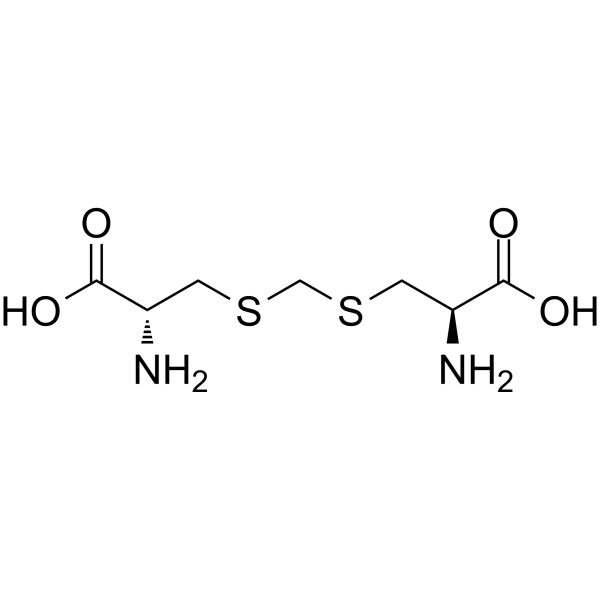
- HY-119518
-
|
BMS-209641
|
RAR/RXR
|
Cancer
|
|
BMS641 (BMS-209641) is a selective RARβ agonist. BMS641 has a higher affinity for RARβ (Kd, 2.5 nM) that is 100 times higher than that for RARα (Kd, 225 nM) or RARγ (Kd, 223 nM) .
|
-
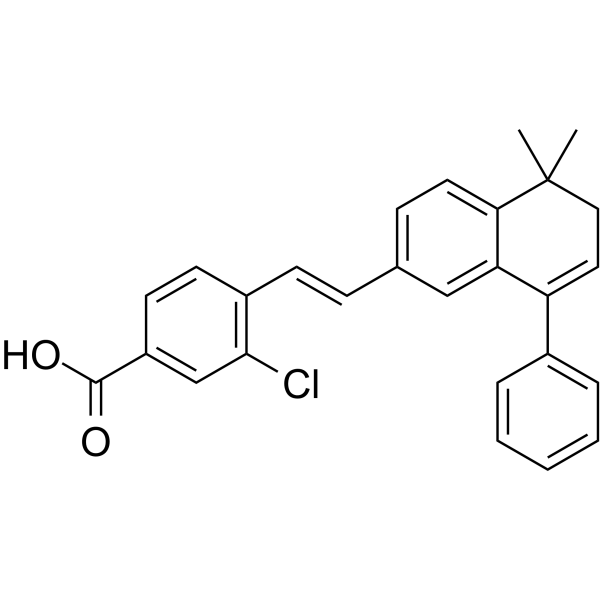
- HY-109000A
-
|
Debio 1450 disodium; AFN-1720 disodium
|
Bacterial
|
Infection
|
|
Afabicin (Debio 1450) is the proagent of Debio1452, specifically targeting staphylococci without significant activity against other Gram-positive or Gram-negative species. Debio1452 is an inhibitor FabI, an enzyme critical to fatty acid biosynthesis in staphylococci .
|
-
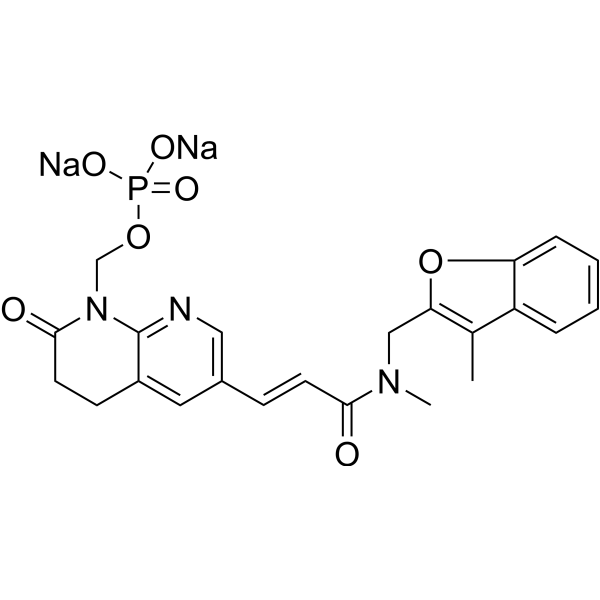
- HY-136607
-
|
|
Others
|
Others
|
|
DiAzK is a bifunctional amino acid. DiAzK can be inserted into almost any protein interface with minimal structural perturbation using genetic code expansion .
|
-
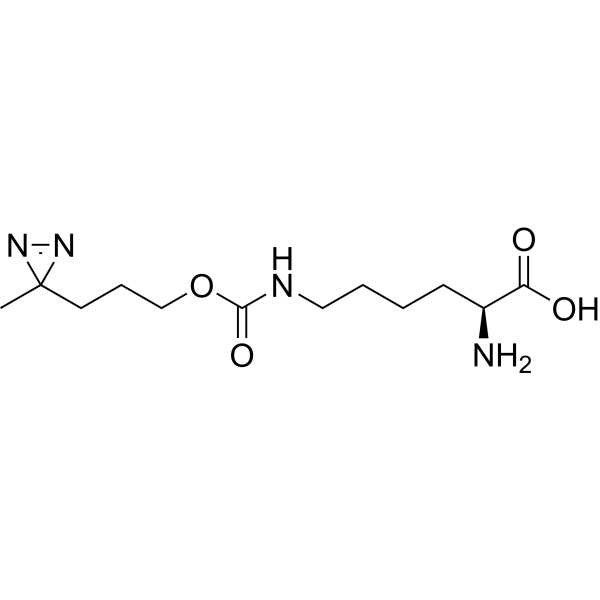
- HY-N3287
-
|
|
Bacterial
|
Infection
|
|
Methyl 3-hydroxy-4,5-dimethoxybenzoate is a gallic acid derivant isolated from myricaria Laxiflora. Methyl 3-hydroxy-4,5-dimethoxybenzoate shows obvious antimicrobial activities. Methyl 3-hydroxy-4,5-dimethoxybenzoate shows fairly active for oxidation resistance in the presence of H2O2 .
|
-
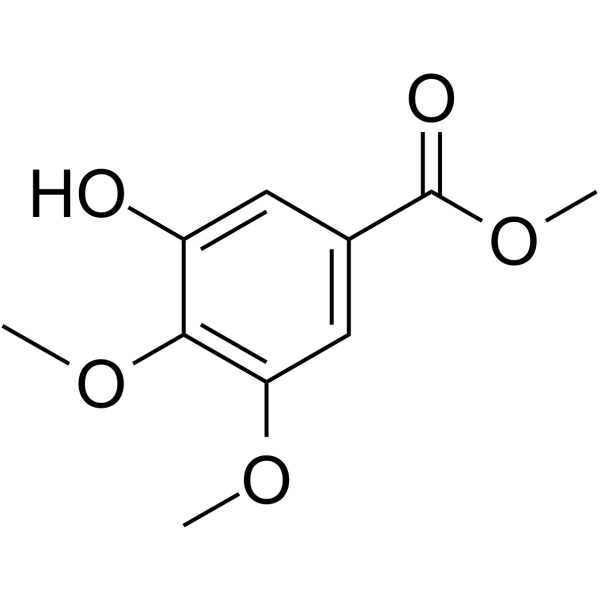
- HY-N3126
-
|
|
Others
|
Others
|
|
Orsellinic acid is a compound produced by Lecanoric acid treated with alcohols. Lecanoric acid is a lichen depside isolated from a Parmotrema tinctorum specimen .
|
-
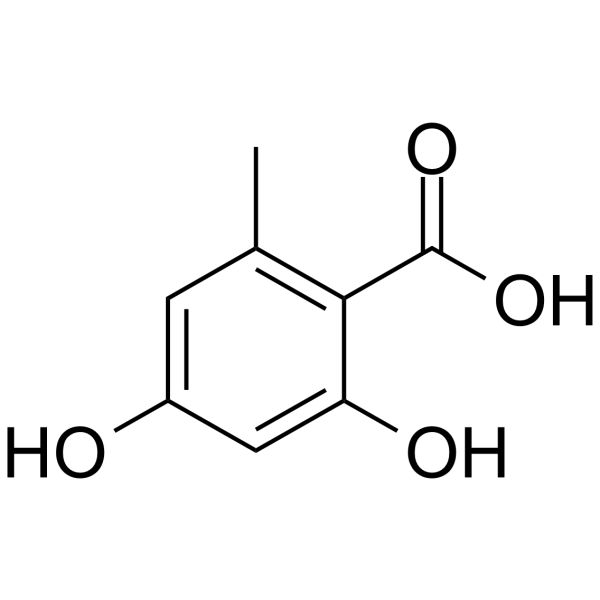
- HY-D0505A
-
|
acid Red 87
|
Fluorescent Dye
|
Others
|
|
Eosin Y (disodium) is a soluble acid red dye molecule. Eosin Y has a wide application in organic synthesis as a photoredox catalyst .
|
-
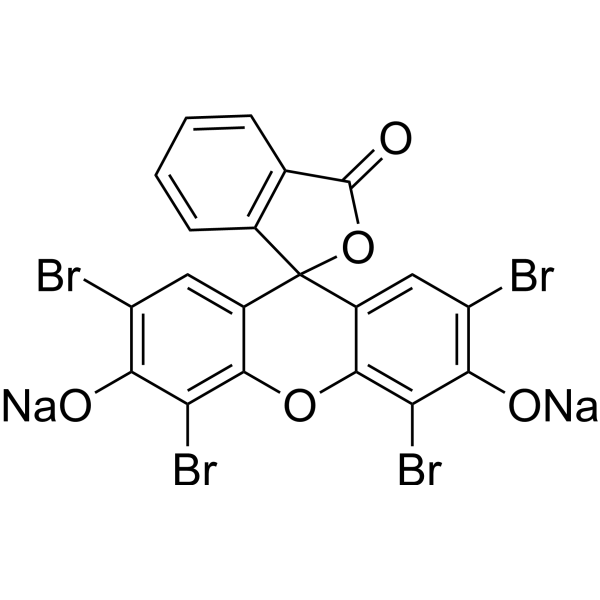
- HY-N10219
-
|
|
Tyrosinase
Fungal
|
Infection
|
|
Dihydroaltenuene B is a potent mushroom tyrosinase inhibitor with an IC50 of 38.33 µM. Dihydroaltenuene B shows the hydrogen bonding interactions between the 3-OH and 4’-OH and the His244, Met280 and Gly281 residues of tyrosinase .
|
-
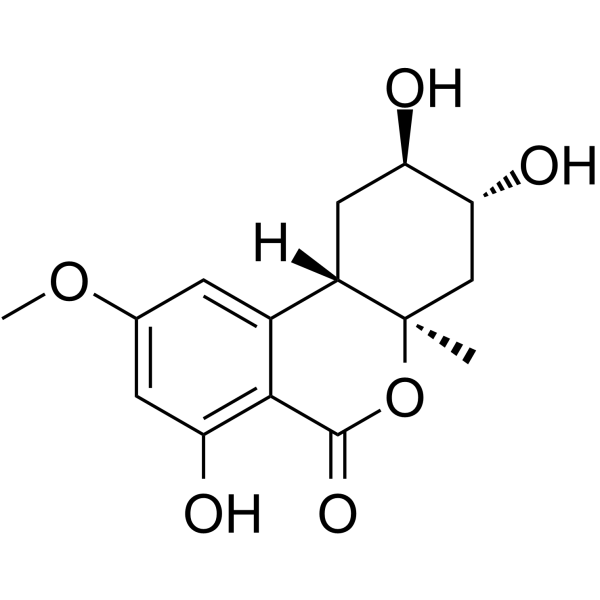
- HY-118783
-
|
(±)-2-Hexyl-4-pentynoic acid
|
HDAC
HSP
|
Neurological Disease
|
|
2-Hexyl-4-pentynoic acid ((±)-2-Hexyl-4-pentynoic acid), valproic acid (VPA) derivative, exhibits potential roles of HDAC inhibition (IC50=13 μM) and HSP70 induction. Potent neuroprotective effects. 2-Hexyl-4-pentynoic acid causes histone hyperacetylation and protect against glutamate-induced excitotoxicity in cultured neurons . 2-Hexyl-4-pentynoic acid is a click chemistry reagent, it contains an Alkyne group and can undergo copper-catalyzed azide-alkyne cycloaddition (CuAAc) with molecules containing Azide groups.
|
-
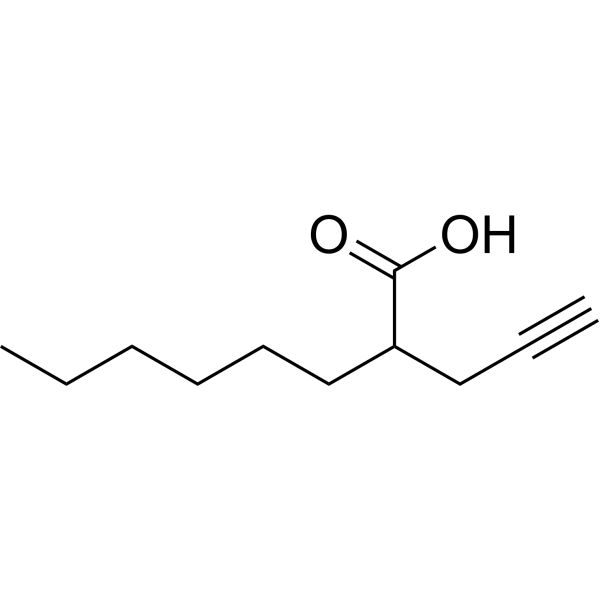
- HY-146981
-
-
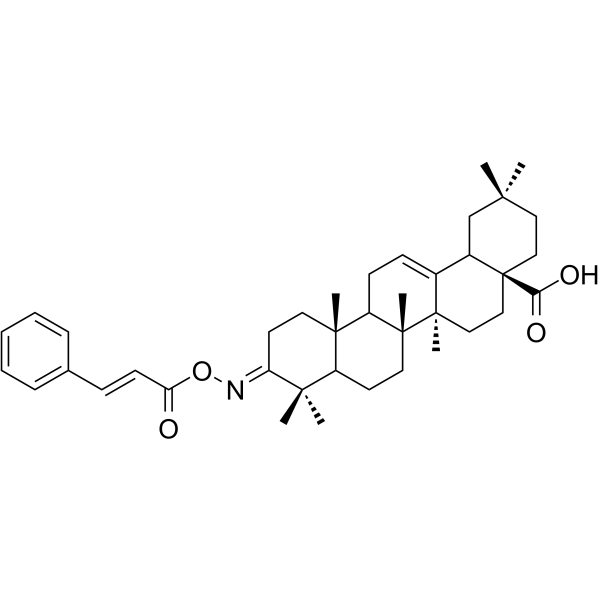
- HY-146984
-
|
|
Glucosidase
|
Inflammation/Immunology
|
|
α-Glucosidase-IN-3 is an oleanolic acid (OA) oxime ester derivative against α-glucosidase (IC50=1.28 µM) and α-amylase (IC50=3.8 µM) .
|
-

- HY-146005
-
|
|
Microtubule/Tubulin
|
Neurological Disease
Inflammation/Immunology
|
|
Tau-aggregation and neuroinflammation-IN-1 is a potent tau-aggregation and neuroinflammation inhibitor. Tau-aggregation and neuroinflammation-IN-1 exhibits remarkable inhibitory activities against AcPHF6 and full-length tau aggregation. Tau-aggregation and neuroinflammation-IN-1 has a low cytotoxicity and reduced NO release in LPS-stimulated BV2 cells. Tau-aggregation and neuroinflammation-IN-1 can reverse okadaic acid-induced memory impairment in rats .
|
-
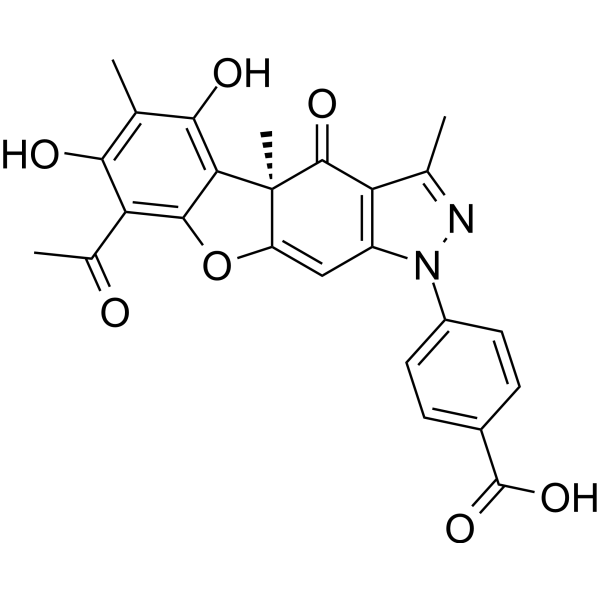
- HY-115319
-
|
|
Ferroptosis
|
Inflammation/Immunology
|
|
CP-24879 (hydrochloride) is a potent, selective and combined delta5D/delta6D inhibitor. CP-24879 (hydrochloride) can significantly reduce intracellular lipid accumulation and inflammatory injury in hepatocytes. CP-24879 (hydrochloride) exhibits superior antisteatotic and anti-inflammatory actions in fat-1 and ω-3-treated hepatocytes, and can be used for non-alcoholic steatohepatitis research .
|
-

- HY-144701
-
-

- HY-D1491
-
|
|
Fluorescent Dye
|
Others
|
|
Fast Red Violet LB is a dye for staining tartrate resistant acid phosphatase (TRAP). Fast Red Violet LB can be used for alkaline phosphatase (ALP) activity staining .
|
-

- HY-B0236A
-
|
EACA hydrochloride; Epsilon-Amino-n-caproic acid hydrochloride; 6-Aminohexanoic acid hydrochloride
|
Others
|
Metabolic Disease
Cancer
|
|
6-Aminocaproic acid hydrochloride, a monoamino carboxylic acid, is a potent and orally active inhibitor of plasmin and plasminogen. 6-Aminocaproic acid is a potent antifibrinolytic agent. 6-Aminocaproic acid prevents clot lysis through the competitive binding of lysine residues on plasminogen, inhibiting plasmin formation and reducing fibrinolysis. 6-Aminocaproic acid can be used for the research of bleeding disorders .
|
-
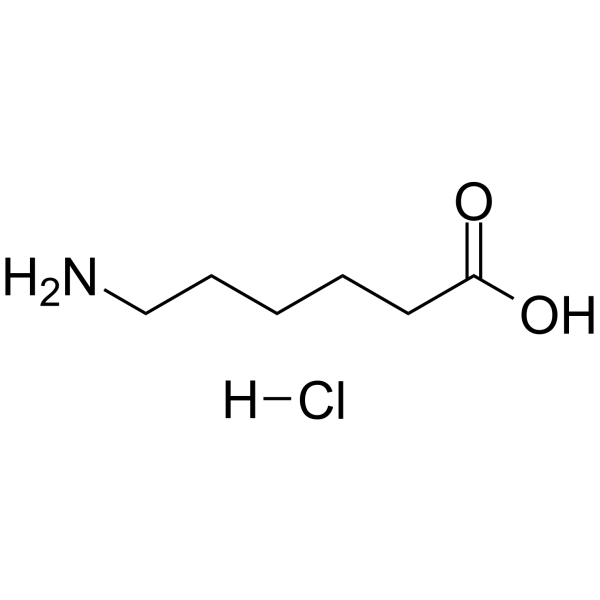
- HY-D0035
-
|
|
Fluorescent Dye
|
Others
|
|
MPAC-Br is a highly sensitive fluorescent derivatization reagent for carboxylic acids in HPLC .
|
-

- HY-116248
-
|
|
RAR/RXR
Apoptosis
|
Cancer
|
|
Ro 41-5253 is an orally active selective retinoic acid receptor alpha (RARα) antagonist. Ro 41-5253 can bind RARα without inducing transcription or affecting RAR/RXR heterodimerization and DNA binding. Ro 41-5253 can inhibit cancer cell proliferation and induce apoptosis, has antitumor activity .
|
-
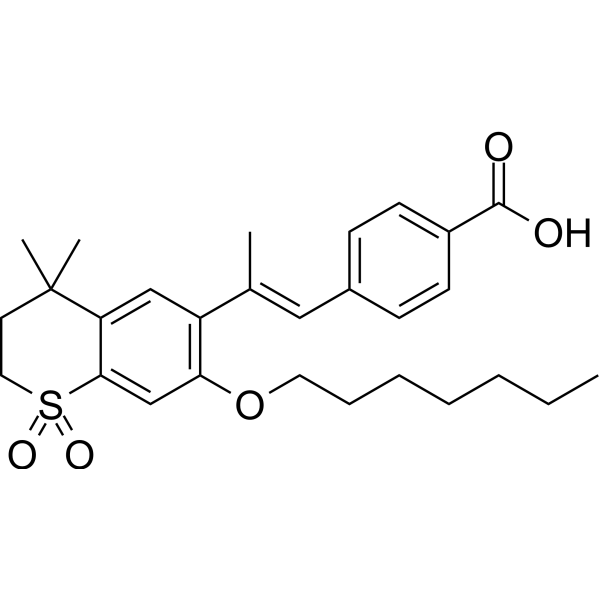
- HY-W403633
-
|
|
Bacterial
|
Infection
|
|
Hexahydrohippuric acid is a metabolite of Shikimate acid in both liver and kidney, under microbial metabolism effect. Hexahydrohippuric acid is made of cyclohexane carboxylic acid and glycinamide, and shows antibacterial activity .
|
-
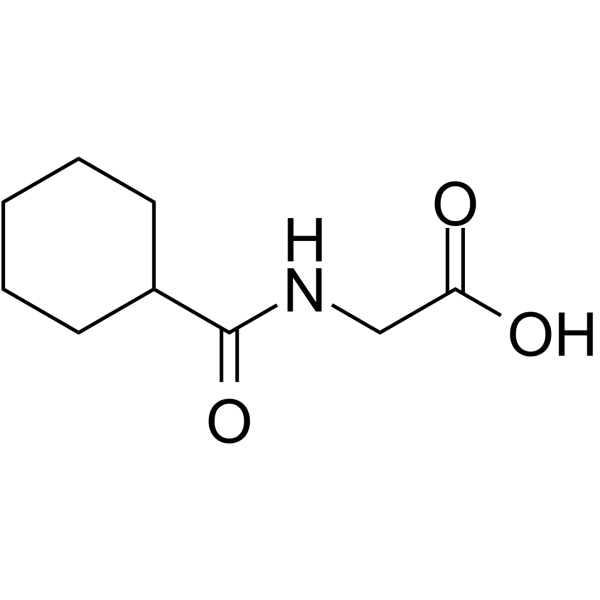
- HY-147335
-
|
|
Others
|
Cardiovascular Disease
|
|
6,9,12,15-Hexadecatetraenoic acid-ethyl ester is an orally active n-1PUFA. 6,9,12,15-Hexadecatetraenoic acid-ethyl ester intake can reduce plasma triglyceride content in mice .
|
-

- HY-103396
-
|
CI-898 glucuronate
|
Antifolate
Bacterial
|
Infection
Cancer
|
|
Trimetrexate glucuronate (NSC 352122) is a folic acid antagonist. Trimetrexate glucuronate affects DNA and RNA synthesis by inhibiting dihydrofolate reductase and preventing the synthesis of purine nucleotides and thymidylate. Trimetrexate glucuronate has potential antitumour activity and can also be used to inhibit Pneumocystis carinii pneumonia .
|
-
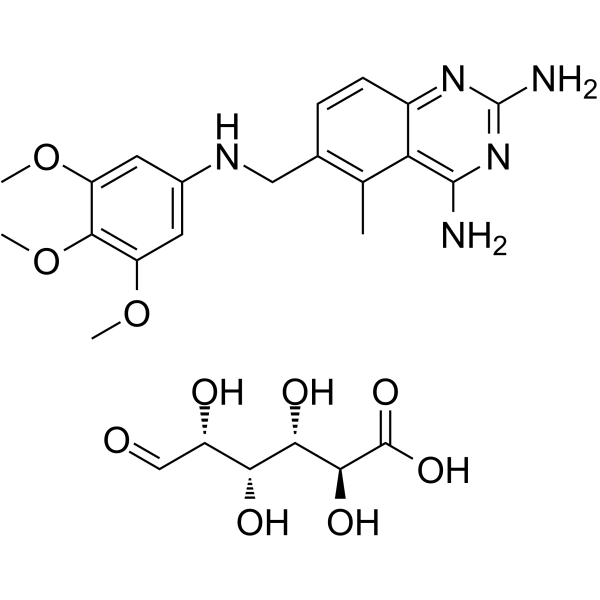
- HY-111345
-
|
UR-1102; URC-102
|
URAT1
|
Metabolic Disease
Inflammation/Immunology
|
|
Epaminurad (UR-1102) is an orally active, potent and selective URAT1 (urate transporter 1) inhibitor, with a Ki of 0.057 μM. Epaminurad quite modestly inhibits OAT1 and OAT3 (organic anion transporter). Epaminurad is a uricosuric agent. Epaminurad can be used for gout and hyperuricemia research .
|
-
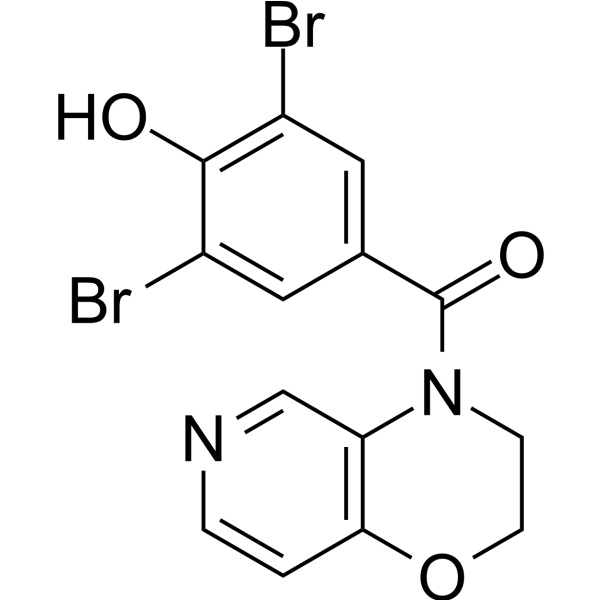
- HY-109591A
-
|
Oleoyl-CoA lithium
|
Biochemical Assay Reagents
|
Others
|
|
Oleoyl coenzyme A (Oleoyl-CoA) lithium is a thioester of oleic acid and coenzyme A. Oleoyl coenzyme A lithium has a role as an Escherichia coli metabolite and a mouse metabolite .
|
-

- HY-134424
-
|
|
Endogenous Metabolite
|
Metabolic Disease
|
|
Propionyl coenzyme A lithium, a coenzyme A derivative of propionic acid, is an important metabolic intermediate formed by the thioester bond between coenzyme A and propionic acid. The breakdown and production of Propionyl coenzyme A lithim is important for the metabolism of organisms .
|
-

- HY-D1610
-
|
|
Fluorescent Dye
|
Others
|
|
BODIPY FL C5 is a green fluorescent fatty acid. BODIPY FL C5 can be used as a precursor for the synthesis of various fluorescent phospholipids. BODIPY FL C5 is relatively insensitive to the environment and fluoresces in both water-soluble and lipid environments .
|
-
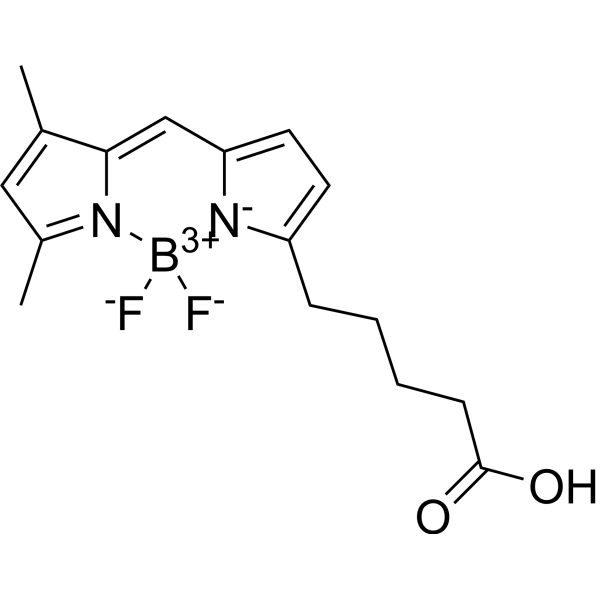
- HY-D1676
-
|
|
Phosphatase
|
Others
|
|
Thymolphthalein monophosphate disodium hydrate is a chromogenic substrate for the determination of acid phosphatase and alkaline phosphatase. Thymolphthalein is released during the reaction, increases the pH of the medium for easy detection, produces color and stops hydrolysis. Thymolphthalein monophosphate disodium hydrate can be used for the specific detection of prostatic phosphatase in serum .
|
-
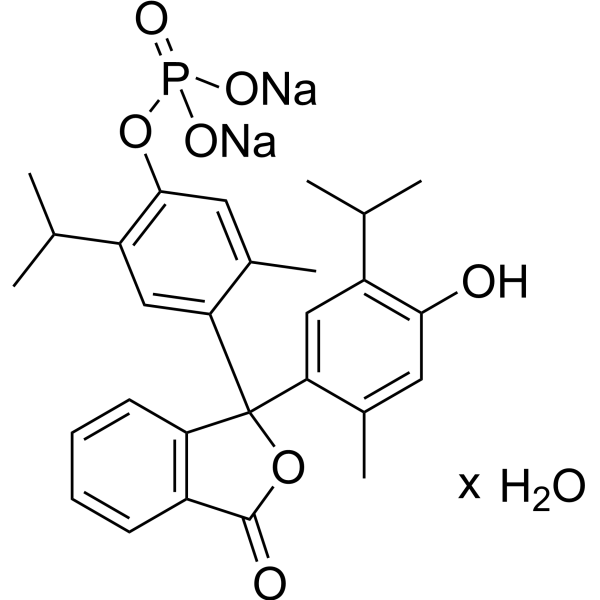
- HY-151505
-
|
|
Fluorescent Dye
|
Others
|
|
CysOx2 is a reaction-based fluorogenic probe for sulfenic acid (Ex/Em: 394/535 nm). CysOx2 can be used for detecting protein cysteine oxidation in living cells .
|
-
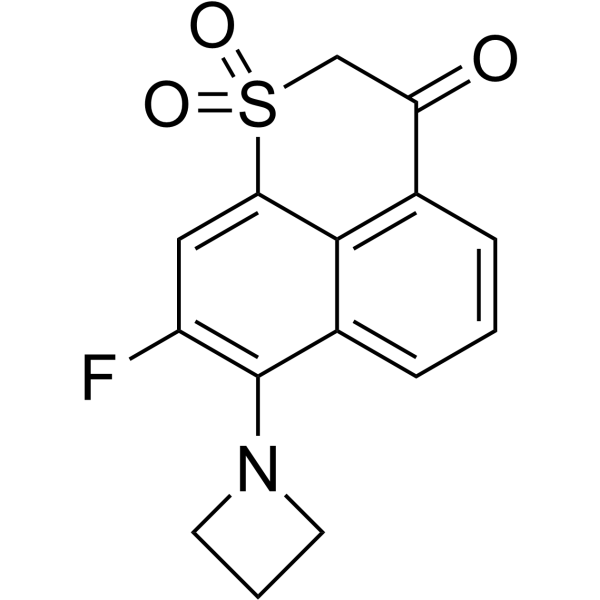
- HY-143712
-
|
|
Endogenous Metabolite
|
Metabolic Disease
|
|
Allolithocholic acid is a steroid acid could found in normal serum and feces. Allolithocholic acid facilitates excretion, absorption, and transport of fats and sterols in the intestine and liver .
|
-
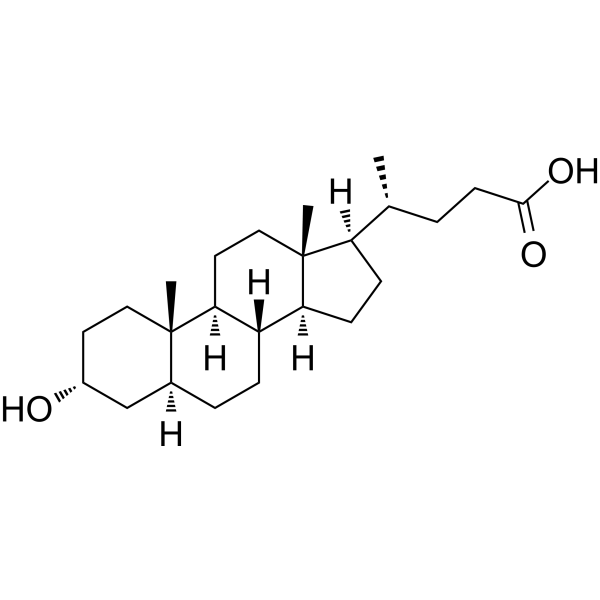
- HY-151619
-
|
|
Epoxide Hydrolase
|
Inflammation/Immunology
|
|
sEH inhibitor-12 (compound 34) is a sEH inhibitor with an IC50 value of 0.7 μM. sEH inhibitor-12 inhibits the 5-lipoxygenase-activating protein (FLAP)-mediated leukotriene (LT) biosynthesis with an IC50 value of 2.9 μM. sEH inhibitor-12 can be used for the research of inflammation .
|
-

- HY-151680
-
|
|
DNA Stain
|
Others
|
|
TAMRA alkyne, 6-isomer is a linker of TAMRA which is a xanthene dye with orange emission that is commonly used for oligonucleotide labeling and amino acid sequencing. The addition of the alkyne groups allows for it to be reacted with an azide for copper-catalyzed Click Chemistry .
|
-
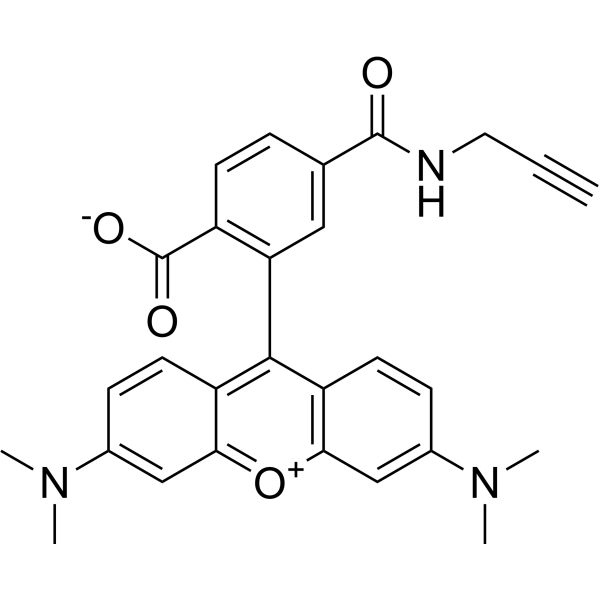
- HY-P3655
-
|
|
Calcium Channel
|
Others
|
|
Agelenin is a polypeptide composed of 35 amino acids. Agelenin could be isolated from the Agelenidae spider Agelena opulenta. Agelenin has structural similarity to insect-specific calcium channel inhibitor .
|
-

- HY-D1491A
-
|
|
Fluorescent Dye
|
Others
|
|
Fast Red Violet LB Zinc chloride is a stain that stains tartrate-resistant acid phosphatase (TRAP) and Fast Red Violet LB Zinc chloride can be used to stain alkaline phosphatase (ALP) activity .
|
-
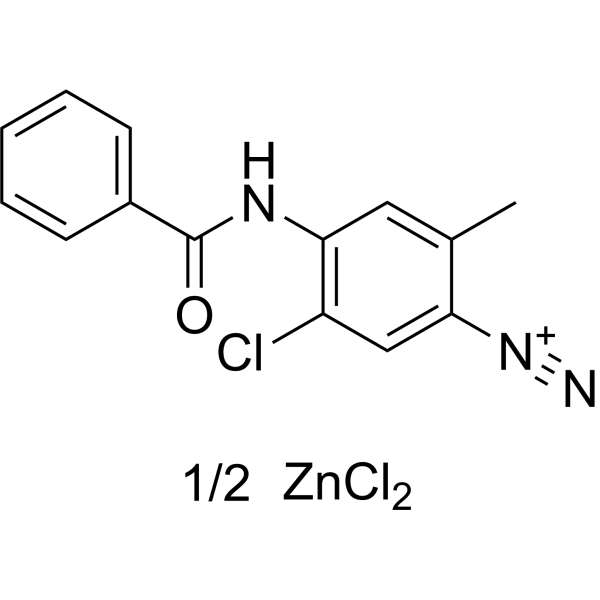
- HY-P3976
-
|
|
Angiotensin-converting Enzyme (ACE)
|
Cardiovascular Disease
|
|
Lactalbumin B (50-53) Alpha [Lactorphin Alpha], bovine is a blood pressure lowering peptide containing 4 amino acids. Lactalbumin B (50-53) Alpha [Lactorphin Alpha], bovine is an angiotensin-converting Enzyme (ACE) inhibitor. Lactalbumin B (50-53) Alpha [Lactorphin Alpha], bovine can be used in research of high blood pressure .
|
-
![Lactalbumin B (50-53) Alpha [Lactorphin Alpha], bovine](//file.medchemexpress.com/product_pic/hy-p3976.gif)
- HY-148242A
-
|
|
Others
|
Cancer
|
|
BAY-252 is a potent branched-chain amino acid transaminases 1 (BCAT1) and BCAT2 inhibitor with IC50s of 2 μM and 2 μM, respectively. BAY-069 also can be used as a chemical probe. BAY-069 can be used for the research of cancer .
|
-
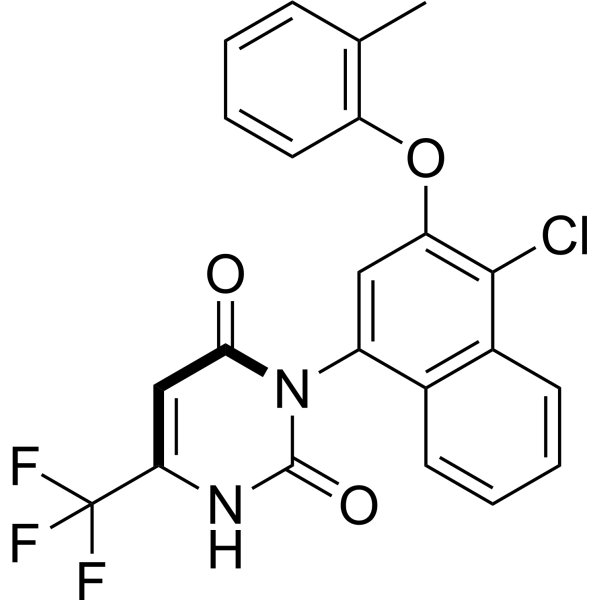
- HY-142972
-
|
|
Prostaglandin Receptor
|
Cardiovascular Disease
|
|
19(S)-HETE is an arachidonic acid metabolite produced by cytochrome P450 enzymes. 19(S)-HETE is a full orthosteric agonist of the prostacyclin (IP) receptor with an EC50 value of 567 nM. 19(S)-HETE inhibits platelet activation and relaxation of vessels .
|
-

- HY-W176012
-
|
|
Others
|
Metabolic Disease
|
|
Glycolate oxidase-IN-1(compound 26), a salicylic acid derivative, is a glycolate oxidase (GO) inhibitor with an IC50 of 38.2 μM. Glycolate oxidase-IN-1 has the ability to reduce oxalate production in hyperoxalate hepatocytes and can be used in the study of primary hyperoxaluria type 1 (PH1) .
|
-
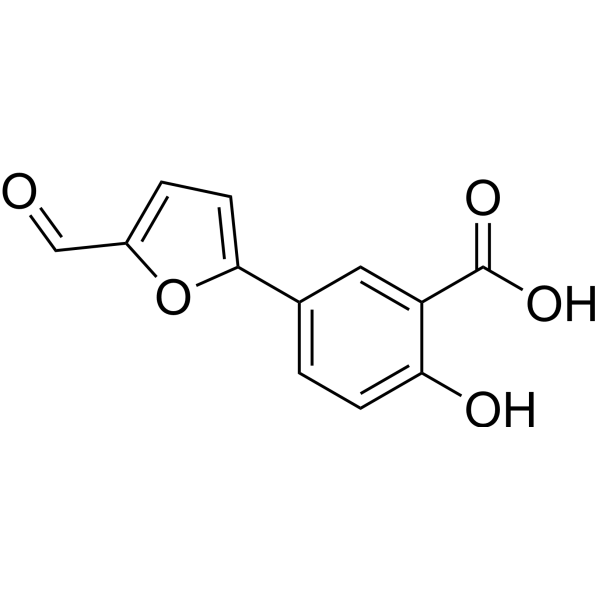
- HY-108520
-
|
|
RAR/RXR
Apoptosis
|
Cancer
|
|
HX630 is a potent retinoic acid X receptor (RXR) agonist, can induce apoptosis, has anti-tumor effect, and can be used in Cushing's disease research .
|
-
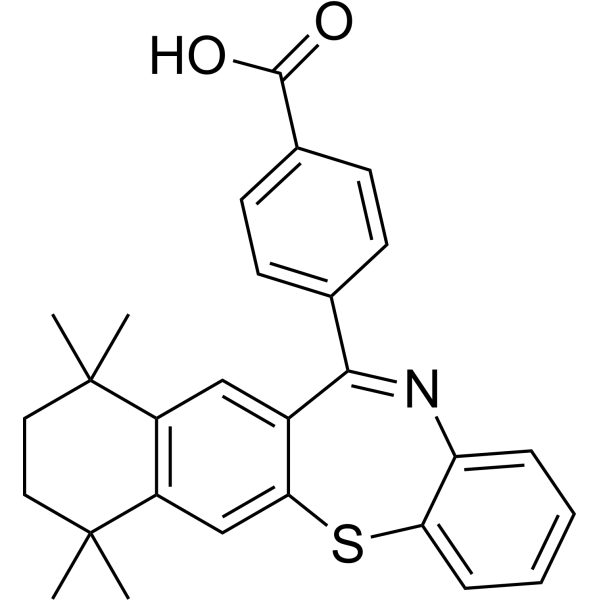
- HY-109591
-
|
|
Biochemical Assay Reagents
|
Others
|
|
Oleoyl coenzyme A (Oleoyl-CoA) is a thioester of oleic acid and coenzyme A. Oleoyl coenzyme A has a role as an Escherichia coli metabolite and a mouse metabolite .
|
-
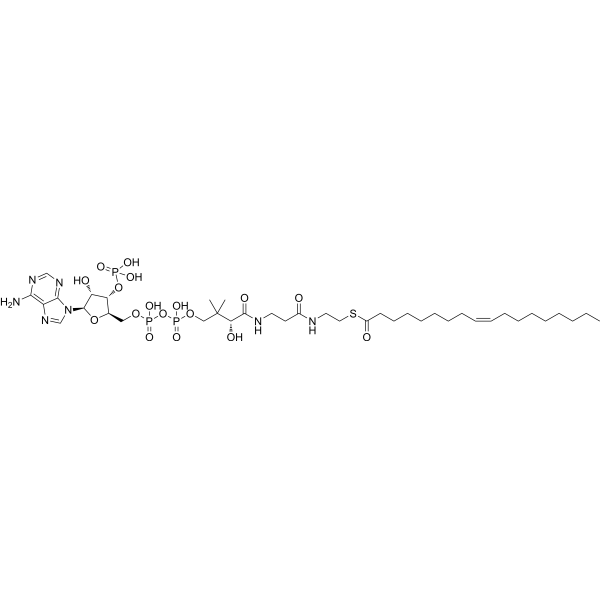
- HY-126967
-
|
|
Endogenous Metabolite
|
Metabolic Disease
|
|
1-Palmitoyl lysophosphatidic acid is a lysophosphatidic acid that causes concentration-dependent aggregation of human platelets. 1-Palmitoyl lysophosphatidic acid causes changes in platelet shape, pseudopod development, and particle concentration. 1-Palmitoyl lysophosphatidic acid may induce platelet aggregation by stimulating the release of intracellular Ca .
|
-
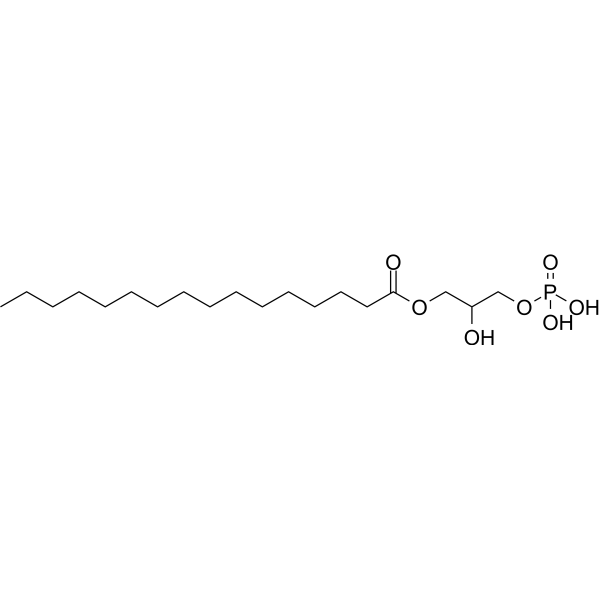
- HY-N10319
-
|
|
Others
|
Cancer
|
|
Artepillin C has gastroprotective, anti-inflammatory, antimicrobial, antioxidant, antitumor and choleretic activity. Artepillin C can be isolated from Brazilian green propolis .
|
-
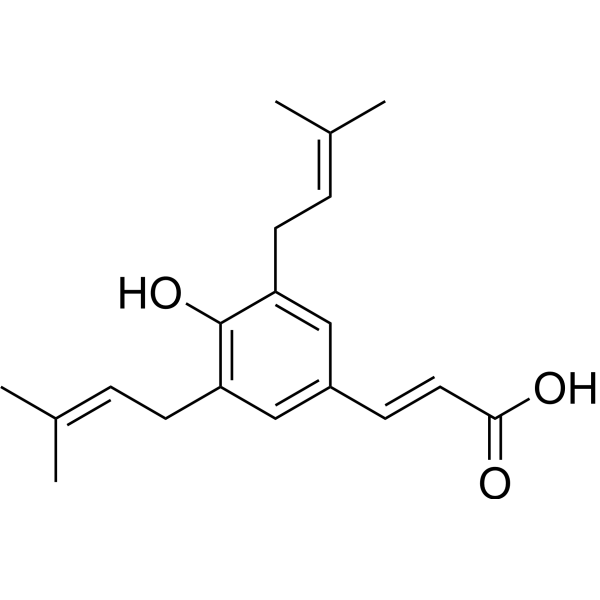
- HY-108531A
-
|
|
RAR/RXR
|
Cancer
|
|
ER 50891 quarterhydrate is a potent antagonist of retinoic acid receptor α(RARα). ER 50891 quarterhydrate significantly attenuates ATRA's inhibitive effects on BMP 2-induced osteoblastogenesis .
|
-
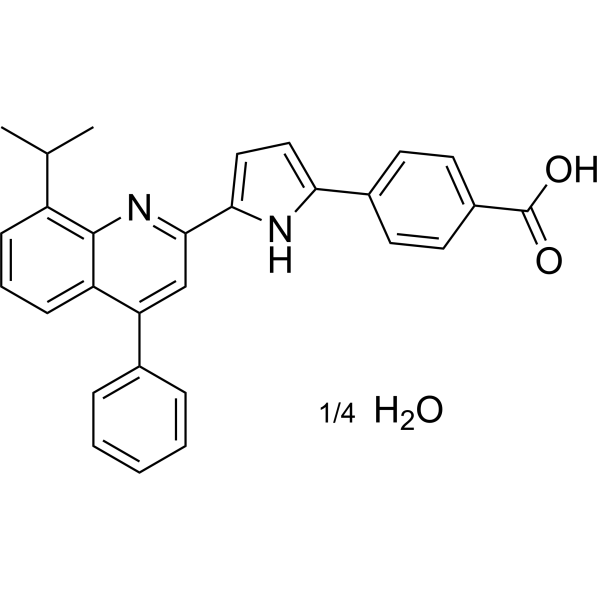
- HY-110288
-
|
|
Sialyltransferase
|
Metabolic Disease
|
|
3FAx-Neu5Ac (compound 8), a Sialic acid peracetylated analog, is a sialyltransferase inhibitor. 3FAx-Neu5Ac substantially reduces expression of the sialylated ligand sialyl Lewis X on myeloid cells .
|
-
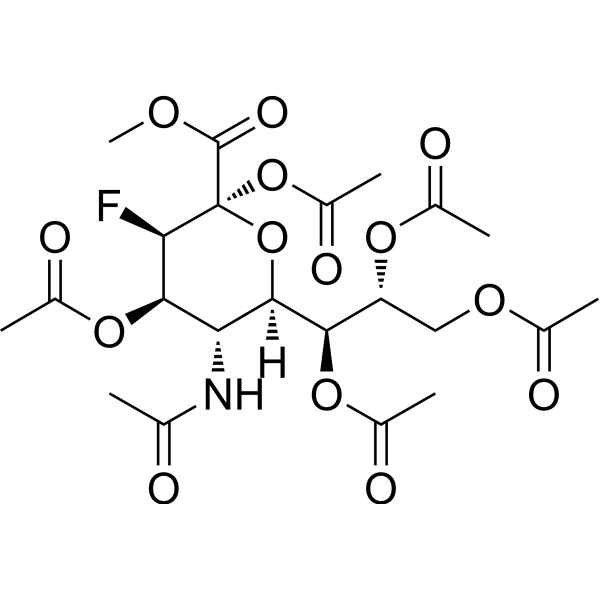
- HY-155247
-
|
|
Tyrosinase
|
Others
|
|
Tyrosinase-IN-14 (compound 7m) is a tyrosinase inhibitor that reduces the catalytic activity of tyrosinase by changing its secondary structure. Tyrosinase-IN-14 has low cytotoxicity and anti-browning activity in fruits. Tyrosinase-IN-14 effectively inhibits banana browning during storage .
|
-

- HY-N11925
-
|
|
Others
|
Cardiovascular Disease
|
|
(+)-Osbeckic acid is a vasorelaxatant that can be isolated from Tartary Buckwheat. (+)-Osbeckic acid has a potent vasorelaxant effect in Sprague-Dawley rat thoracic aorta rings with an EC50 of 887 μM .
|
-
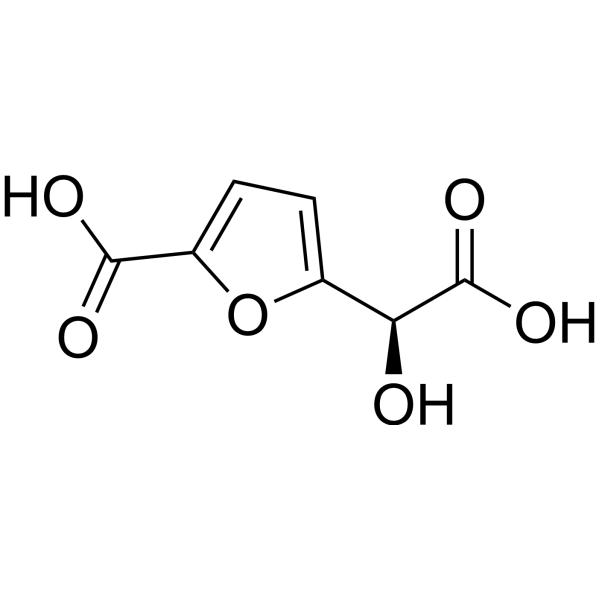
- HY-P10007
-
|
Z-GPFL-CHO
|
Proteasome
|
Cancer
|
|
Z-Gly-Pro-Phe-Leu-CHO (Z-GPFL-CHO) is a tetrapeptide aldehyde that acts as a highly selective and potent proteasomal inhibitor (Ki = 1.5 µM for branched chain amino acid preferring, 2.3 µM for small neutral amino acid preferring, and 40.5 µM for chymotrypsin-like activities; IC50 = 3.1 µM for peptidyl-glutamyl peptide hydrolyzing activity) .
|
-
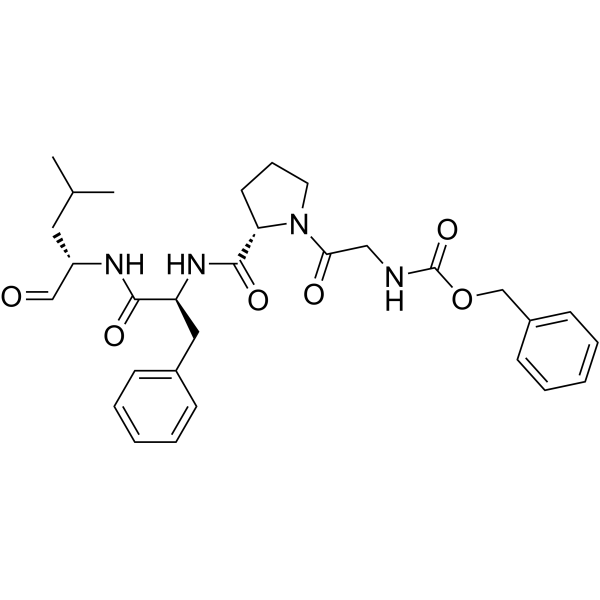
- HY-P10110
-
|
|
Autophagy
|
Neurological Disease
|
|
retro-inverso TAT-Beclin 1 D-amino acid is has higher activity and resistance to proteolytic degradation in vivo compared to L-amino acids peptide. TAT-Beclin 1 can induce autophagy in peripheral tissues in adult mice as well as in the central nervous system of neonatal mice .
|
-

- HY-163146
-
|
|
Fluorescent Dye
|
Cancer
|
|
TME-HYM (PH Probe) is a novel fluorescent probe based on acidic tumor microenvironment (TME) activation and organic anion transporting polypeptide (OATPs, overexpressed on cancer cells), and can be selective uptaken. TME-HYM (PH Probe) can selectively lit up cancer cells and tumor tissues, offering dual tumor selectivity for precise visualization of tumor mass .
|
-
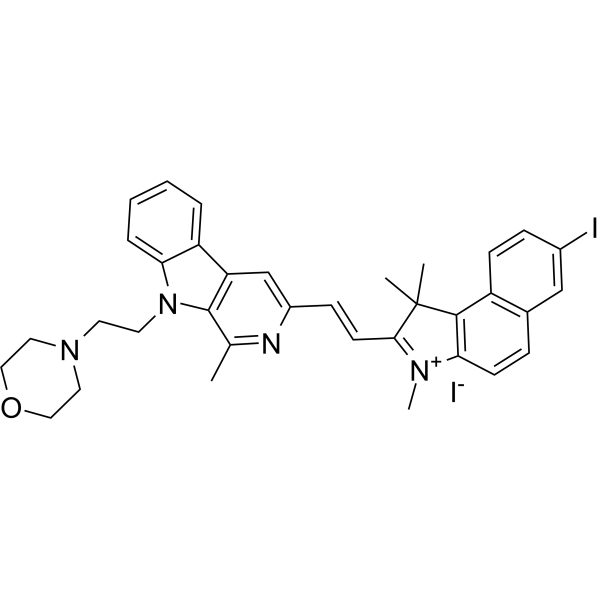
- HY-113434A
-
|
|
Others
|
Inflammation/Immunology
|
|
5(R)-HETE is a lipoxygenase product of arachidonic acid. 5(R)-HETE is an? inducer of neutrophil migration through endothelial and epithelial barriers. 5(R)-HETE is important in mediating lung inflammatory processes .
|
-

- HY-157966
-
|
|
SARS-CoV
|
Infection
|
|
SARS-CoV-2 3CLpro-IN-23 (Compound Cd3) is a compound that can be isolated from Citrus depressa. SARS-CoV-2 3CLpro-IN-23 has good inhibitory activity to the SARS-CoV-2 spike protein, with KD of 0.79 μM. SARS-CoV-2 3CLpro-IN-23 can bind to key amino acid residue, disrupting the formation of the spike protein and h-ACE2 complex .
|
-
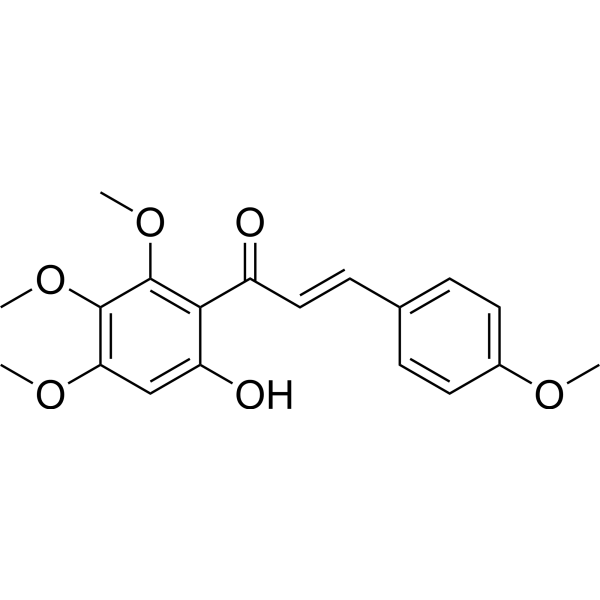
- HY-160439
-
|
|
Liposome
|
Others
|
|
Ionizable lipid-2 (compound 1) is an ionizable lipid used for nucleic acid delivery and construct lipid nanoparticles (LNPs) .
|
-
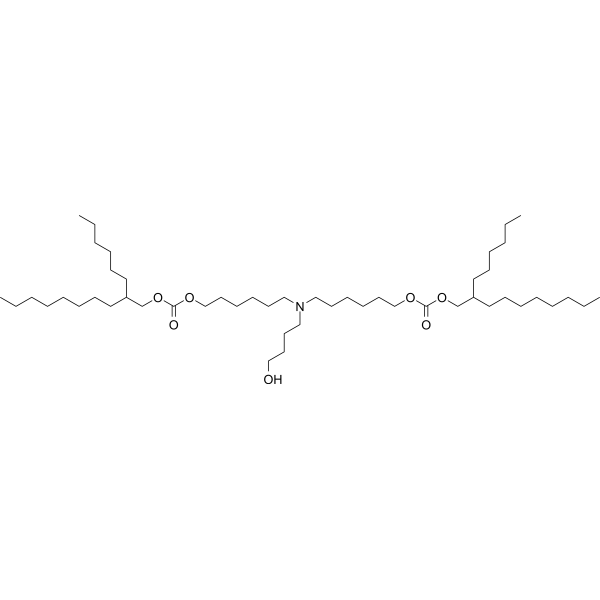
- HY-109590A
-
|
Immunocytophyt sodium salt
|
Endogenous Metabolite
|
Cardiovascular Disease
Neurological Disease
Inflammation/Immunology
|
|
Arachidonic acid (Immunocytophyt) sodium salt is a polyunsaturated omega-6 fatty acid and a major constituent of biomembranes. Arachidonic acid sodium salt also acts as the substrate for various lipid mediators, such as prostaglandins (PGs). Arachidonic acid sodium salt improves cognitive response and cardiovascular function .
|
-
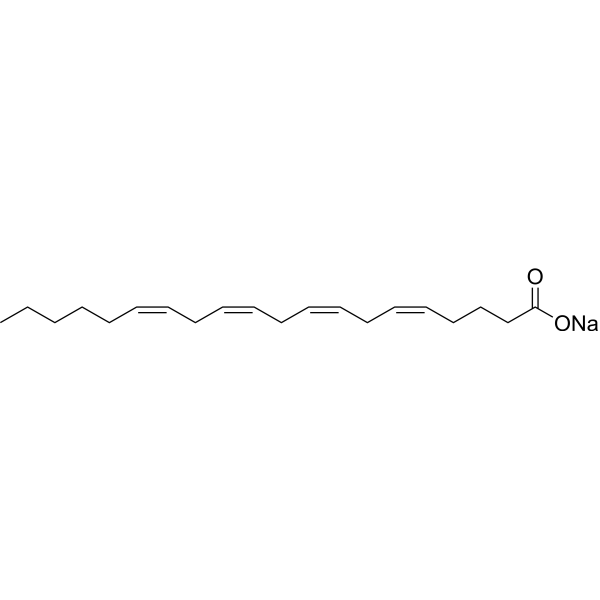
- HY-14874R
-
|
|
Xanthine Oxidase
Cytochrome P450
|
Metabolic Disease
|
|
Topiroxostat (Standard) is the analytical standard of Topiroxostat. This product is intended for research and analytical applications. Topiroxostat (FYX-051) is a potent and orally active xanthine oxidoreductase (XOR) inhibitor with an IC50 value of 5.3 nM and a Ki value of 5.7 nM. Topiroxostat exhibits weak CYP3A4-inhibitory activity (18.6%). Topiroxostat has the potential for hyperuricemia treatment .
|
-

- HY-15541A
-
|
CP-5736 dihydrochloride
|
Histamine Receptor
|
Endocrinology
|
|
Zaltidine dihydrochloride (CP-5736 dihydrochloride) is a highly specific H2 receptor antagonist with antisecretion activity. Zaltidine dihydrochloride reduces the stimulant effect of histamine on gastric acid secretion by binding to histamine H2 receptors on gastric parietal cells, thus reducing gastric acid production. Zaltidine dihydrochloride can be used in the study of gastric acid-related diseases such as duodenal ulcers .
|
-

- HY-100978
-
|
DL-Hexanoylcarnitine chloride
|
Endogenous Metabolite
|
Metabolic Disease
|
|
(±)-Hexanoylcarnitine chloride is a fatty acid metabolite that breaks down fatty acids into energy that can be used by the body. (±)-Hexanoylcarnitine chloride also serves as a specific and easily detectable biomarker for rat skeletal muscle toxicity. Cerivastatin (HY-129458) and TMPD (HY-W012145) induce an increase in Hexanoylcarnitine in rats in a metabolomic analysis of the rectus femoris muscle. In type 2 diabetes, Hexanoylcarnitine is also significantly associated with and improves prediction of all-cause mortality. Hexanoylcarnitine is a biomarker for the identification of novel pathogenic pathways .
|
-

- HY-D1098
-
|
|
Fluorescent Dye
|
Others
|
|
SYBR Green II is a fluorescent nucleic acid dye that mainly binds single-stranded nucleotides. SYBR Green II is sensitive to oligonucleotides or larger nucleic acid polymers in a variety of cells and gels. SYBR Green II can be used to study cell structure, membrane integrity or function, and cell cycle distribution. Wavelength 484/515 nm .
|
-
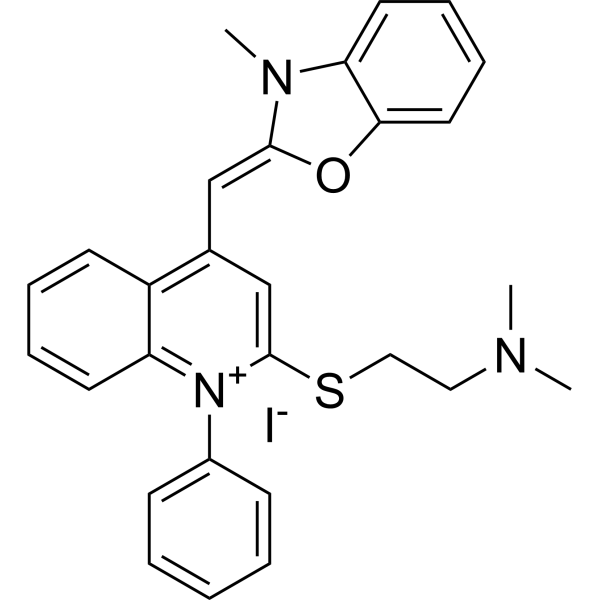
- HY-D1098A
-
|
|
Fluorescent Dye
|
Others
|
|
SYBR Green II (Ionic form) is a fluorescent nucleic acid dye that mainly binds single-stranded nucleotides. SYBR Green II is sensitive to oligonucleotides or larger nucleic acid polymers in a variety of cells and gels. SYBR Green II can be used to study cell structure, membrane integrity or function, and cell cycle distribution. Wavelength 484/515 nm .
|
-

- HY-147678
-
|
|
Free Fatty Acid Receptor
|
Metabolic Disease
|
|
GPR40 agonist 5 (compound I-14) is an orally active and potent GPR40 (G protein coupled receptor 40) agonist, with an EC50 of 47 nM. GPR40 agonist 5 decreases the levels of blood glucose and improves the glucose tolerance. GPR40 agonist 5 has sufficient effectiveness for the control of hyperglycemia state in type 2 diabetic mice . GPR40 agonist 5 is a click chemistry reagent, it contains an Alkyne group and can undergo copper-catalyzed azide-alkyne cycloaddition (CuAAc) with molecules containing Azide groups.
|
-
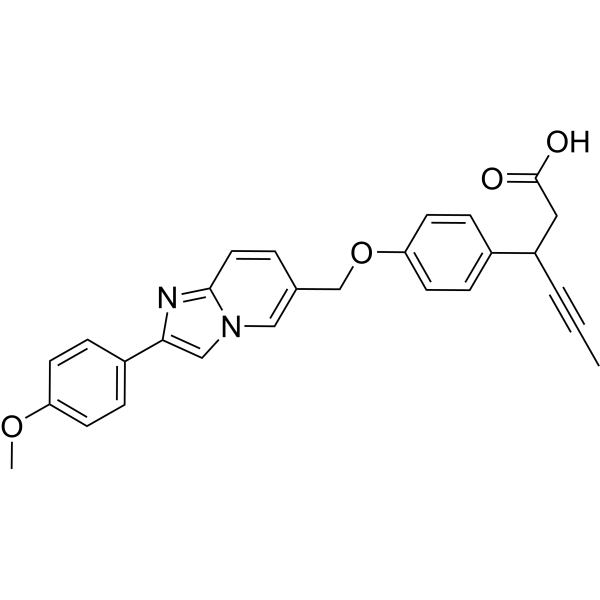
- HY-15209
-
-
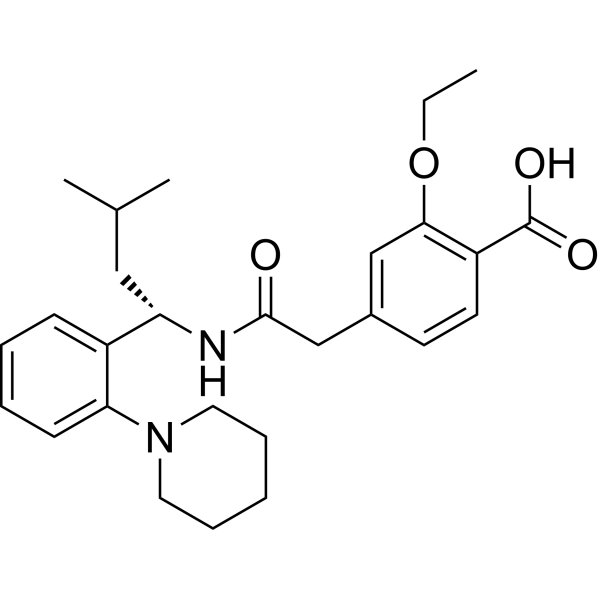
- HY-18062
-
|
Pirimecidan; Pirimetamin; RP 4753
|
Antifolate
Parasite
|
Infection
|
|
Pyrimethamine (Pirimecidan) is a potent, orally active dihydrofolate reductase (DHFR) inhibitor. Pyrimethamine is an antimalarial agent. Pyrimethamine affects the nucleoprotein metabolism of malarial parasites by interference in the folic–folinic acid systems and affects cell division by inhibiting the conversion of dihydrofolate to tetrahydrofolate .
|
-
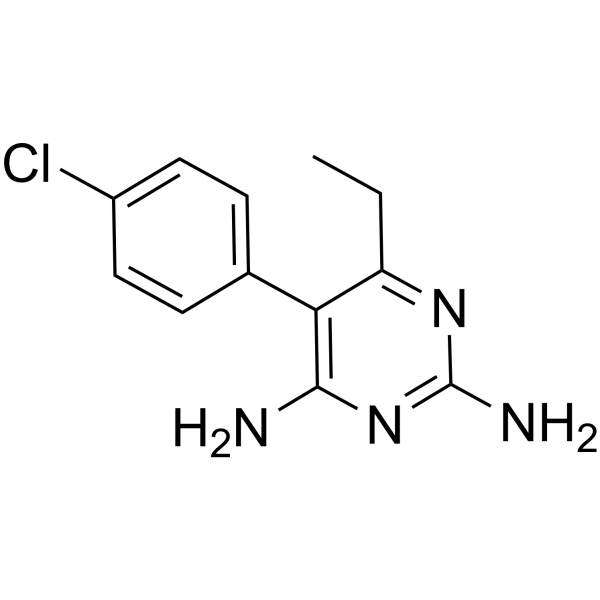
- HY-B0283
-
|
K-9321
|
Others
|
Metabolic Disease
|
|
Acipimox (K-9321), a nicotinic acid analogue, is an antilipolytic compound. Acipimox stimulates leptin releas, inhibits lipolysis and suppresses systemic levels of free fatty acids (FFAs) and improves insulin sensitivity [3].
|
-
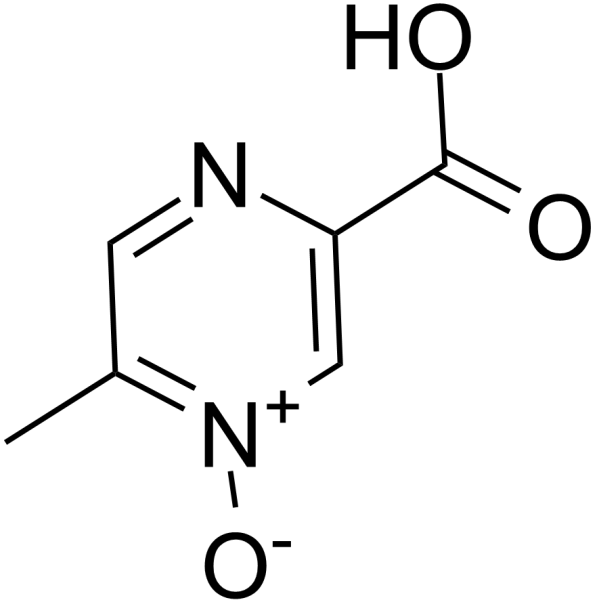
- HY-12511
-
|
|
p38 MAPK
|
Inflammation/Immunology
|
|
SKF-86002 is an orally active p38 MAPK inhibitor, with anti-inflammatory, anti-arthritic and analgesic activities. SKF-86002 inhibits lipopolysaccharide (LPS)-stimulate human monocyte IL-1 and TNF-α production (IC50 = 1 μM). SKF-86002 inhibits lipoxygenase- and cyclooxygenase-mediated metabolism of arachidonic acid [3].
|
-

- HY-16911
-
|
API-1252; Debio 1452
|
Bacterial
Antibiotic
|
Infection
|
|
AFN-1252 is an orally active and selective inhibitor of FabI, an essential enzyme in fatty acid biosynthesis in Staphylococcus spp. AFN-1252 exhibits exquisite and highly selective activity against Staphylococcus spp. AFN-1252 exhibits typical MIC90 values of ⩽0.015 μg/ml against diverse clinical isolates of S. aureus. AFN-1252 is efficacious in a mouse model of septicemia providing 100% protection from an otherwise lethal peritoneal infection of S. aureus Smith .
|
-
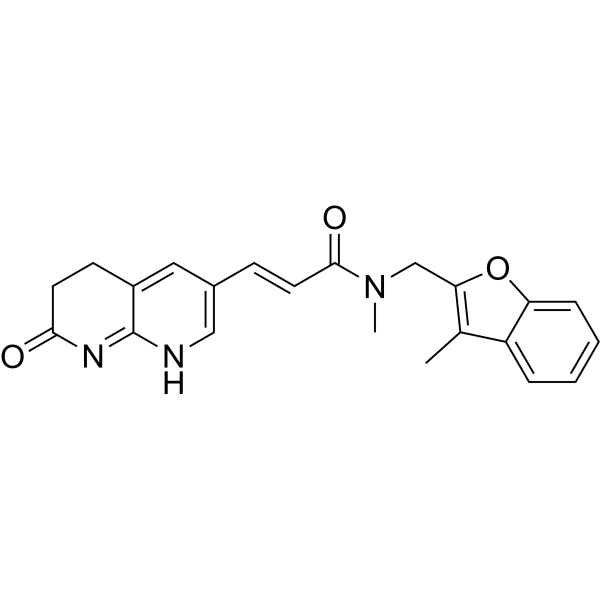
- HY-B1124
-
|
|
Adenylate Cyclase
Dopamine Transporter
|
Neurological Disease
|
|
Fipexide, a parachloro-phenossiacetic acid derivative, is an orally active nootropic agent. Fipexide reduces striatal adenylate cyclase activity. Fipexide has positive effect on cognitive performance by dopaminergic neurotransmission. Fipexide is used for senile dementia research. Fipexide acts as a chemical inducer in callus formation, shoot regeneration and Agrobacterium infection .
|
-

- HY-B0747
-
|
EPA ethyl ester; Ethyl eicosapentaenoate; AMR101
|
Endogenous Metabolite
|
Metabolic Disease
|
|
Eicosapentaenoic acid ethyl ester (EPA ethyl ester) is an orally active ω-3 fatty acid agent. Eicosapentaenoic acid ethyl ester could improve the activity of liver β-oxidase in vitro, reduce the level of liver total triglyceride, increase the content of liver triglyceride and phospholipid ω-3 fatty acid, and increase the total ω-3 fatty acid level in rats [3].
|
-

- HY-F0003
-
|
|
Ferroptosis
Endogenous Metabolite
|
Cancer
|
|
NADPH tetrasodium salt functions as an important cofactor in a variety of metabolic and biosynthetic pathways. NADPH tetrasodium salt plays a vital role in the biosynthesis of agents, chiral alcohols, fatty acids and biopolymers, while also being required for lipid biosynthesis, biomass formation, and cell replication. The demand for NADPH tetrasodium salt is particularly high in proliferating cancer cells, where it acts as a cofactor for the synthesis of nucleotides, proteins, and fatty acids. NADPH tetrasodium salt is also essential for the neutralization of the dangerously high levels of reactive oxygen species (ROS) generated by increased metabolic activity. NADPH tetrasodium salt is an endogenous inhibitor of ferroptosis [3] .
|
-

- HY-Y0445A
-
|
|
PDHK
Reactive Oxygen Species
NKCC
Apoptosis
|
Cancer
|
|
Sodium dichloroacetate is a metabolic regulator in cancer cells' mitochondria with anticancer activity. Sodium dichloroacetate inhibits PDHK, resulting in decreased lactic acid in the tumor microenvironment. Sodium dichloroacetate increases reactive oxygen species (ROS) generation and promotes cancer cell apoptosis. Sodium dichloroacetate also works as NKCC inhibitor .
|
-

- HY-135425
-
|
|
Acyltransferase
|
Metabolic Disease
|
|
10,12-Tricosadiynoic acid is a highly specific, selective, high affinity and orally active acyl-CoA oxidase-1 (ACOX1) inhibitor. 10,12-Tricosadiynoic acid can treat high fat diet- or obesity-induced metabolic diseases by improving mitochondrial lipid and ROS metabolism . 10,12-Tricosadiynoic acid is a click chemistry reagent, it contains an Alkyne group and can undergo copper-catalyzed azide-alkyne cycloaddition (CuAAc) with molecules containing Azide groups.
|
-

- HY-103138A
-
|
|
5-HT Receptor
|
Neurological Disease
Metabolic Disease
|
|
(Rac)-WAY-161503 is a potent, selective, highly affinity 5-HT2C receptor agonist with a Ki of 4 nM and an EC50 of 12 nM. (Rac)-WAY-161503 displays higher affinity for 5-HT2C than 5-HT2A and 5-HT2B receptors. (Rac)-WAY-161503 has anti-obesity and antidepressant effects .
|
-
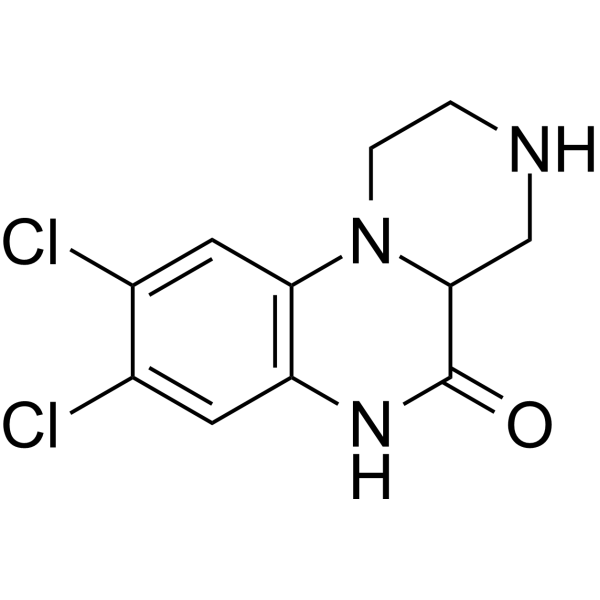
- HY-107613
-
|
DKGI-I; Diacylglycerol kinase inhibitor I
|
PKC
5-HT Receptor
|
Inflammation/Immunology
|
|
R 59-022 (DKGI-I) is a DGK inhibitor (IC50: 2.8 µM). R 59-022 inhibits the phosphorylation of OAG to OAPA. R 59-022 is a 5-HT Receptor antagonist, and activates protein kinase C (PKC). R 59-022 potentiates thrombin-induced diacylglycerol production in platelets and inhibits phosphatidic acid production in neutrophils [3] .
|
-
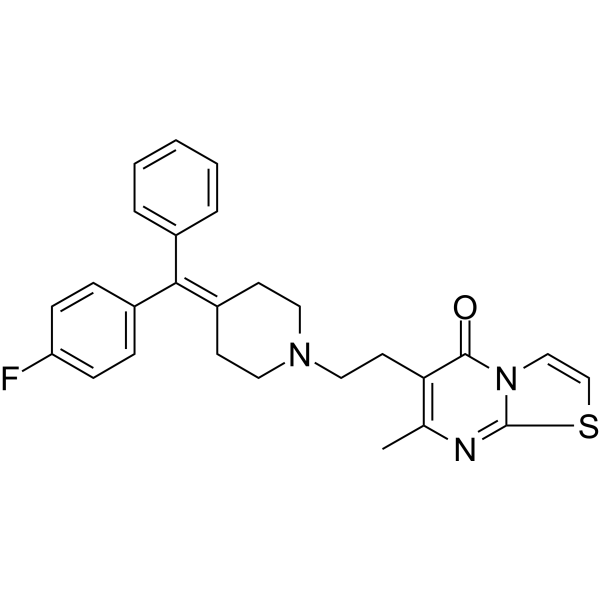
- HY-N0121
-
Sesamin
5 Publications Verification
|
Others
|
Neurological Disease
|
|
Sesamin, abundant lignan found in sesame oil, is a potent and selective delta 5 desaturase inhibitor in polyunsaturated fatty acid biosynthesis. Sesamin exerts effective neuroprotection against cerbral ischemia .
|
-
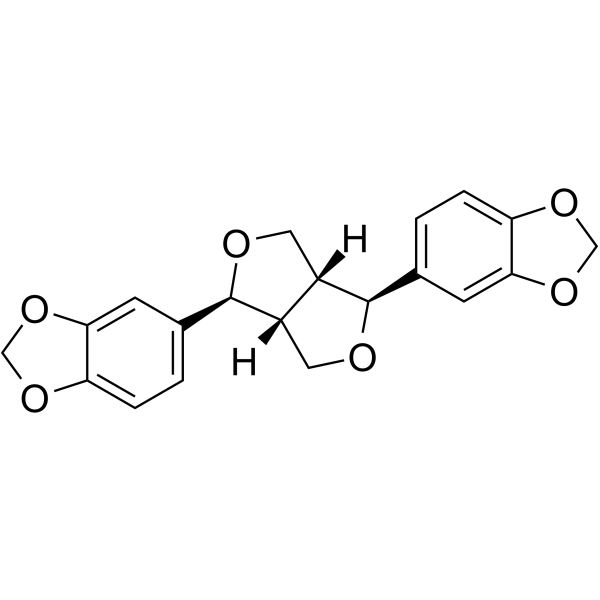
- HY-N7062
-
|
Takeda-25
|
FAAH
|
Neurological Disease
|
|
JNJ-1661010 (Takeda-25) a potent and selective fatty acid amide hydrolase (FAAH) inhibitor with IC50s of 34 and 33 nM for rat FAAH and human FAAH, respectively. JNJ-1661010 can cross the blood-brain barrier and used as broad-spectrum analgesics .
|
-
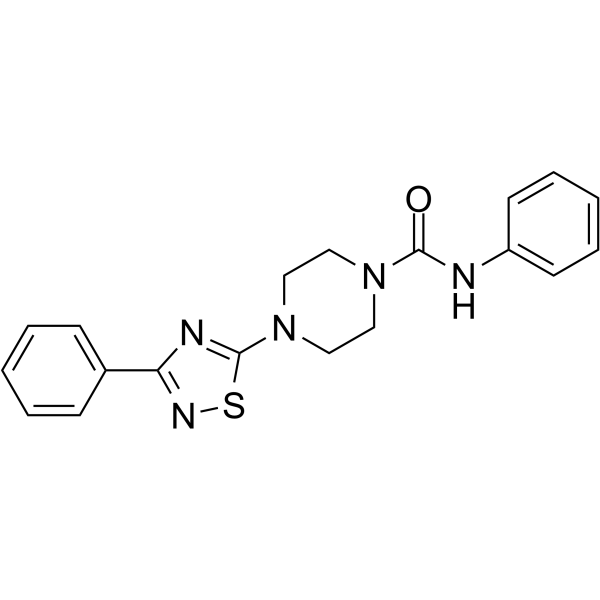
- HY-135808
-
|
|
NF-κB
|
Inflammation/Immunology
|
|
BIZ 114 (Example 11) is a fatty acid derivative and potent inhibits the TNF-α activated NF-κΒ pathway. BIZ 114 has the potential to prevent and / or treat ophthalmic disorders such as retinal degenerative disorders and ocular inflammatory diseases .
|
-
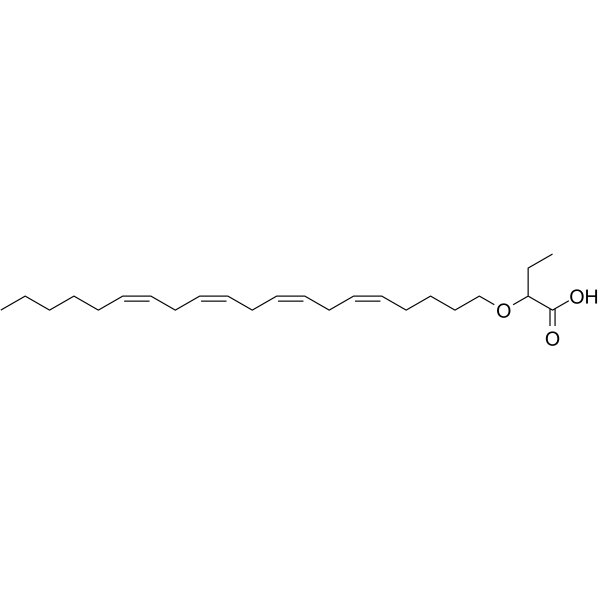
- HY-N0728
-
|
|
PI3K
Akt
|
Cardiovascular Disease
Cancer
|
|
α-Linolenic acid, isolated from Perilla frutescens, is an essential fatty acid that cannot be synthesized by humans. α-Linolenic acid can affect the process of thrombotic through the modulation of PI3K/Akt signaling. α-Linolenic acid possess the anti-arrhythmic properties and is related to cardiovascular disease and cancer .
|
-
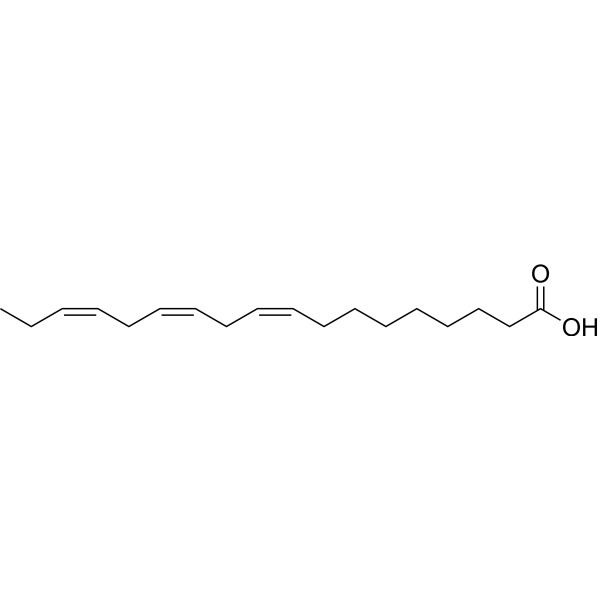
- HY-113259
-
|
|
Endogenous Metabolite
|
Metabolic Disease
|
|
7α-Hydroxy-4-cholesten-3-one is an intermediate in synthesis of bile acids from cholesterol. 7α-Hydroxy-4-cholesten-3-one is a pregnane X receptor (PXR) agonist. 7α-Hydroxy-cholest-4-en-3-one is a biomarker for bile acid loss, irritable bowel syndrome, and other diseases associated with defective bile acid biosynthesis. 7α-Hydroxy-cholest-4-en-3-one is the physiological substrate for CYP8B1 .
|
-
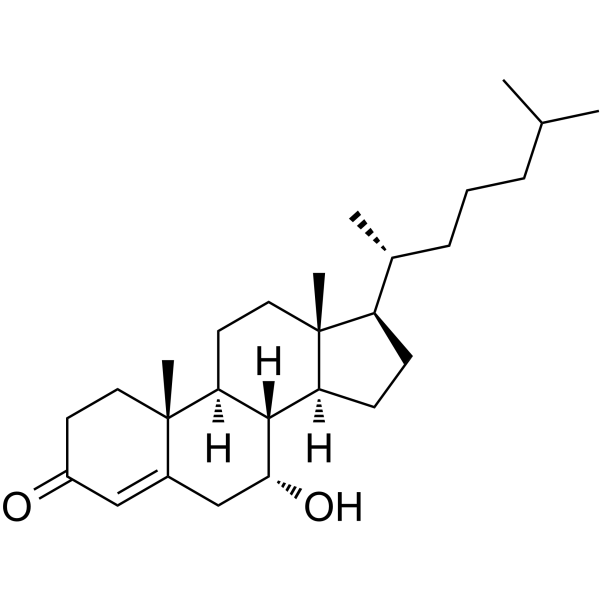
- HY-121450
-
|
Loxtidine; AH-234844
|
Histamine Receptor
|
Cancer
|
|
Lavoltidine (Loxtidine) is an an orally active, irreversible and highly potent histamine H2-receptor antagonist. Lavoltidine strongly inhibits gastric acid secretion and also induces hypergastrinemia .
|
-
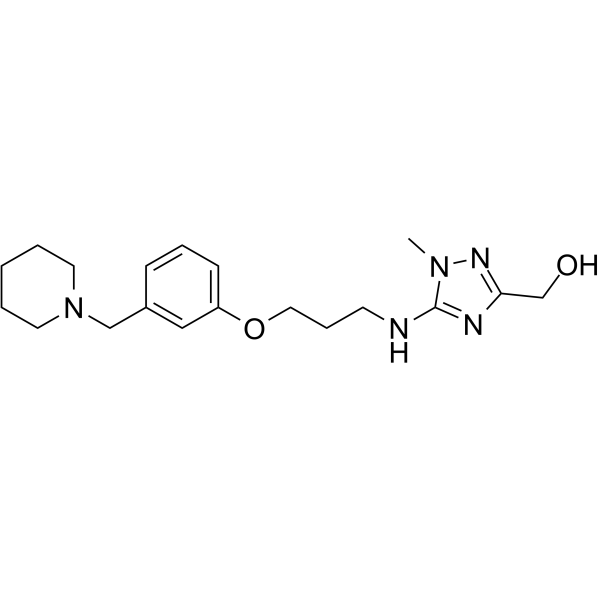
- HY-135772
-
|
12-Ketolithocholic acid
|
Endogenous Metabolite
|
Metabolic Disease
|
|
12-Ketodeoxycholic acid (12-Ketolithocholic acid) is a bile acid, metabolite from kidney. 12-Ketodeoxycholic acid can be a detectable marker for evidence of kidney injury
|
-
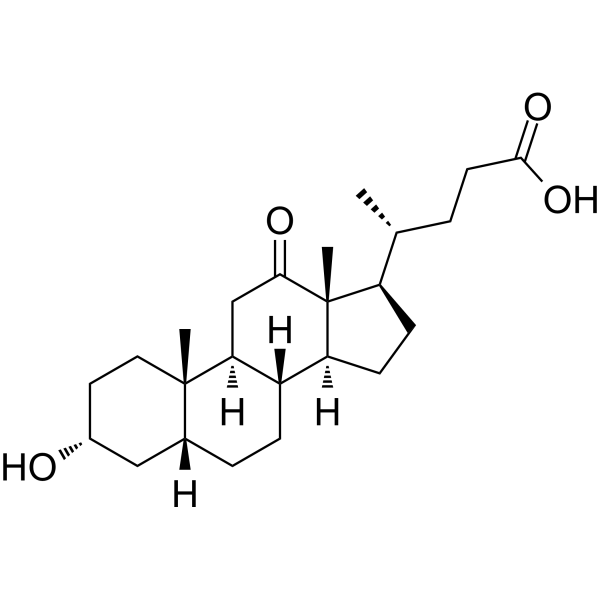
- HY-W018555
-
|
|
Endogenous Metabolite
Bacterial
|
Infection
Neurological Disease
|
|
D-Cysteine is the D-isomer of cysteine and a powerful inhibitor of Escherichia coli growth. D-cysteine is mediated by D-amino acid oxidase to produce H2S and is a neuroprotectant against cerebellar ataxias. D-Cysteine could inhibit the growth and cariogenic virulence of dual-species biofilms formed by S. mutans and S. sanguinis [3].
|
-
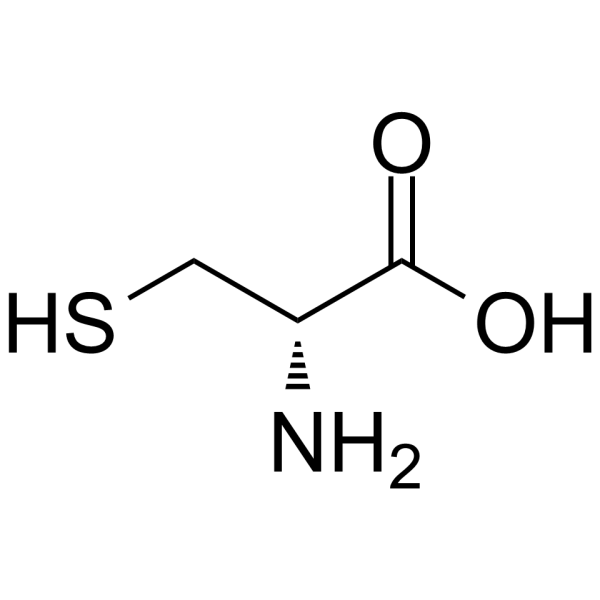
- HY-117695
-
AQC
2 Publications Verification
6-Aminoquinolyl-N-hydroxysccinimidyl carbamate
|
Fluorescent Dye
|
Others
|
|
AQC (6-Aminoquinolyl-N-hydroxysccinimidyl carbamate) is a reagent used for amino acid or protein sequence analysis by HPLC with fluorescence detection. AQC reacts with primary and secondary amino acids to yield fluorescent derivates, allowing amino acid detection at under-picomolar levels .
|
-

- HY-B1124A
-
|
|
Adenylate Cyclase
Dopamine Transporter
|
Neurological Disease
|
|
Fipexide hydrochloride, a parachloro-phenossiacetic acid derivative, is an orally active nootropic agent. Fipexide hydrochloride reduces striatal adenylate cyclase activity. Fipexide hydrochloride has positive effect on cognitive performance by dopaminergic neurotransmission. Fipexide hydrochloride is used for senile dementia research. Fipexide hydrochloride acts as a chemical inducer in callus formation, shoot regeneration and Agrobacterium infection .
|
-

- HY-B1557A
-
|
Ametazole dihydrochloride
|
Histamine Receptor
|
Metabolic Disease
|
|
Betazole (Ametazole) dihydrochloride, a pyrazole analogue of histamine, is an orally active H2 receptor agonist. Betazole dihydrochloride induces gastric acid secretion, and causes an immediate and significant increase in common bile duct pressure. Betazole dihydrochloride has been used as a diagnostic agent known as histalog, for investigating gastric acid secretory capacity [3].
|
-
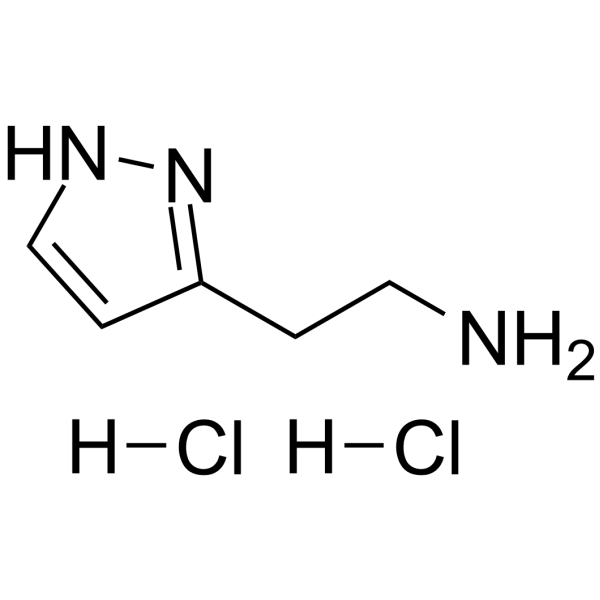
- HY-N7624
-
|
3-Oxoolean-12-en-28-oic acid methyl ester
|
PPAR
|
Cancer
|
|
Methyl oleanonate is a natural triterpene PPARγ agonist isolated from the species of Pistacia lentiscus var. Chia . Methyl oleanonate is a modified oleanolic acid derivative with anti-cancer effects .
|
-

- HY-126327
-
|
|
Histone Methyltransferase
|
Cancer
|
|
UNC4976 is a positive allosteric modulator (PAM) peptidomimetic of CBX7 chromodomain binding to nucleic acids. UNC4976 simultaneously antagonizes H3K27me3-specific recruitment of CBX7 to target genes while increasing non-specific binding to DNA and RNA .
|
-

- HY-P2537
-
|
|
HIV
Apelin Receptor (APJ)
|
Others
|
|
Apelin-12 is one of the most potent C-terminal fragments of the polypeptide that possesses a high affinity to orphan receptor APJ receptor. Apelin-12 is involved in the regulation of body fluid homeostasis and in the central control of feeding. Apelin-12 blocks HIV-1 entry through APJ receptor. Apelin-12 exerts neuroprotective effect [3].
|
-
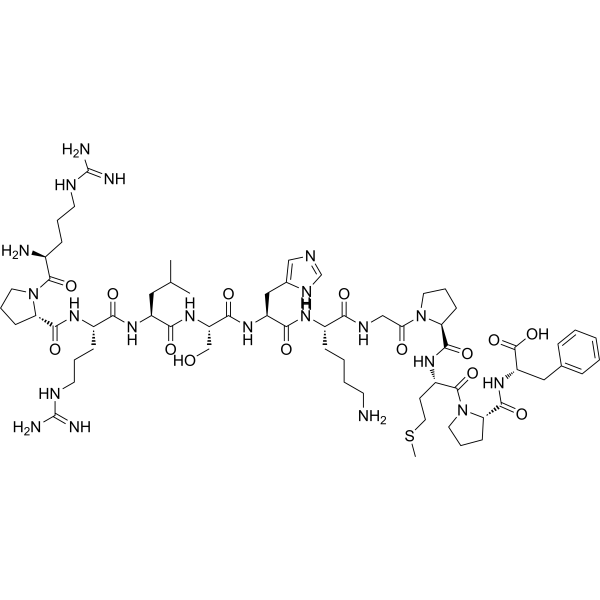
- HY-B1557
-
|
Ametazole
|
Histamine Receptor
|
Metabolic Disease
|
|
Betazole (Ametazole), a pyrazole analogue of histamine, is an orally active histamine H2 receptor agonist. Betazole induces gastric acid secretion and causes an immediate and significant increase in common bile duct pressure. Betazole is used as a diagnostic agent known as histalog for investigating gastric acid secretory capacity [3].
|
-
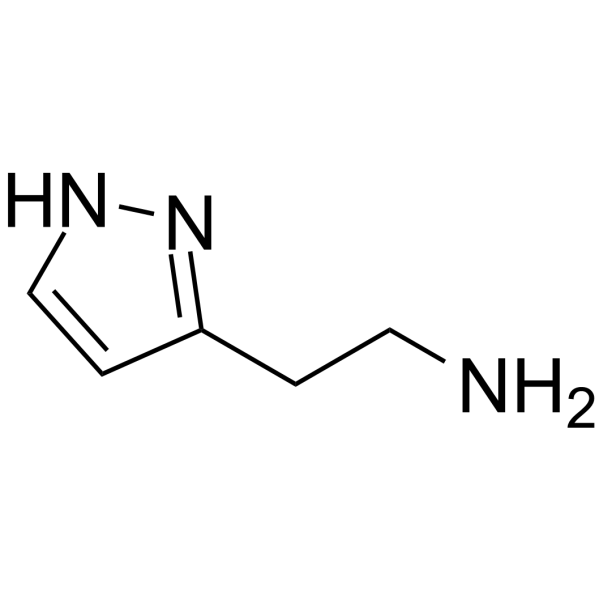
- HY-119366
-
|
|
ROR
|
Inflammation/Immunology
|
|
S18-000003 is a potent, selective and orally active inhibitor of retinoic acid receptor-related orphan receptor-gamma-t (RORγt), with an IC50 of <30 nM towards human RORγt in competitive binding assays. S18-000003 shows selectivity for RORγt over other ROR family members (IC50>10 μM). S18-000003 can be used for the research of psoriasis with low risk of thymic aberrations .
|
-
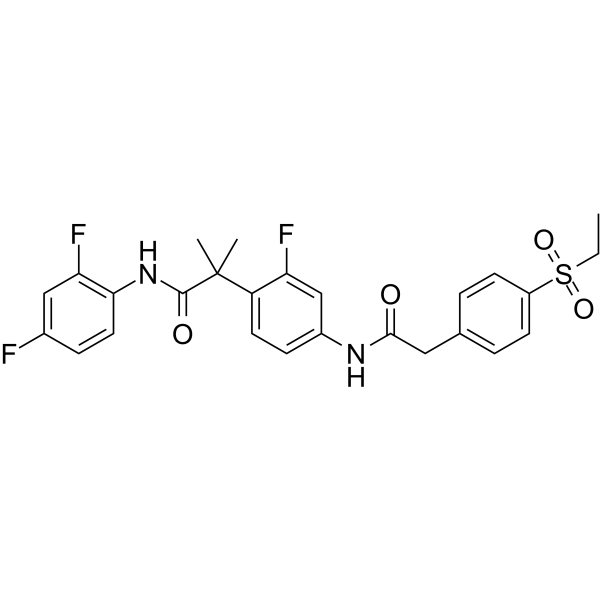
- HY-118347
-
|
|
Others
|
Neurological Disease
|
|
Aspartame acesulfame is a methyl ester of a dipeptide. Aspartame acesulfame can be used as a synthetic nonnutritive sweetener. Aspartame acesulfame is composed of phenylalanine (50%), aspartic acid (40%) and methanol (10%) .
|
-

- HY-138650
-
|
Glyceryl monocaprylate; Sefsol 318
|
Bacterial
|
Inflammation/Immunology
|
|
Monocaprylin (Glyceryl monocaprylate), a monoglyceride of caprylic acid, exhibits an excellent antibacterial activity. Monocaprylin inhibits a variety of foodborne pathogenic and spoilage microorganisms and has the potential for an alternative food preservative research .
|
-
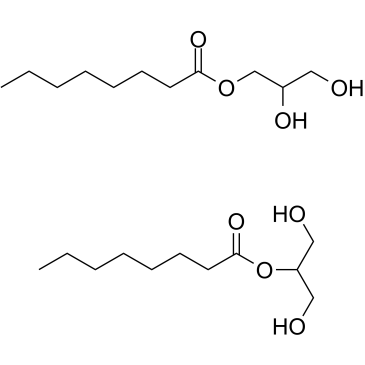
- HY-139014
-
|
H-L-Lys(Poc)-OH
|
Fluorescent Dye
|
Cancer
|
|
N-ε-propargyloxycarbonyl-L-lysine (H-L-Lys(Poc)-OH) is a lysine-based unnatural amino acid (UAA). N-ε-propargyloxycarbonyl-L-lysine is widely used for bio-conjugation of fluorescent probes in diverse organisms from E. coli to mammalian cells even in animals . N-ε-propargyloxycarbonyl-L-lysine is a click chemistry reagent, it contains an Alkyne group and can undergo copper-catalyzed azide-alkyne cycloaddition (CuAAc) with molecules containing Azide groups.
|
-
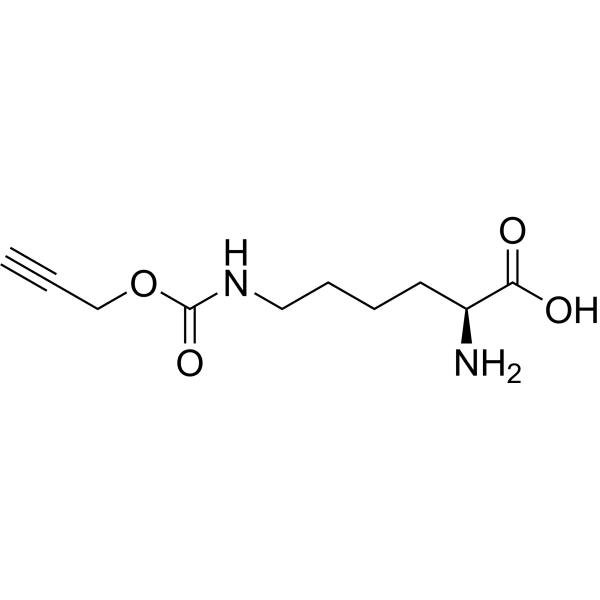
- HY-131897
-
|
|
PKC
TRP Channel
Endogenous Metabolite
|
Neurological Disease
|
|
1-Stearoyl-2-arachidonoyl-sn-glycerol is a diacylglycerol (DAG) containing polyunsaturated fatty acids. 1-Stearoyl-2-arachidonoyl-sn-glycerol can activate PKC. 1-Stearoyl-2-arachidonoyl-sn-glycerol also can augment nonselective cation channel (NSCC) activity .
|
-

- HY-118149A
-
|
|
Bacterial
Fungal
Parasite
|
Infection
|
|
(±)9-HpODE is a long chain lipid hydroperoxide, is a product of linoleic acid peroxidation. (±)9-HpODE can induce oxidation of intracellular glutathione (GSH). (±)9-HpODE also exhibits antimicrobial activity against various fungal and bacterial pathogens .
|
-
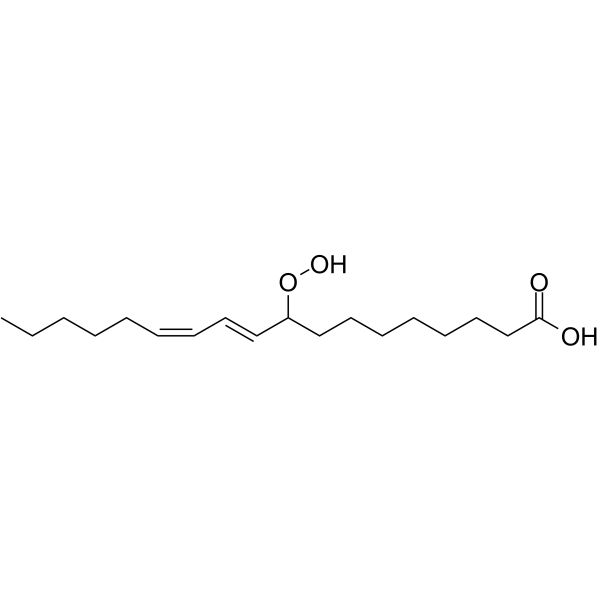
- HY-100781
-
|
D-APB; D-2-Amino-4-phosphonobutyric acid
|
iGluR
|
Neurological Disease
|
|
D-AP4 (D-APB; D-2-Amino-4-phosphonobutyric acid), a phosphono analogue of glutamate, is an NMDA broad spectrum excitatory amino acid receptor antagonist. D-AP4 also is an agonist for a quisqualate-sensitized AP6 site in hippocampus. D-AP4 inhibits AMPA receptor-stimulated 57Co 2+ influx in cultured cerebellar granule cells (IC50 ≥ 100 μM) [3].
|
-

- HY-108641
-
|
|
p38 MAPK
|
Inflammation/Immunology
|
|
SKF-86002 dihydrochloride is an orally active p38 MAPK inhibitor, with anti-inflammatory, anti-arthritic and analgesic activities. SKF-86002 dihydrochloride inhibits lipopolysaccharide (LPS)-stimulate human monocyte IL-1 and TNF-α production (IC50 = 1 μM). SKF-86002 dihydrochloride inhibits lipoxygenase- and cyclooxygenase-mediated metabolism of arachidonic acid [3].
|
-
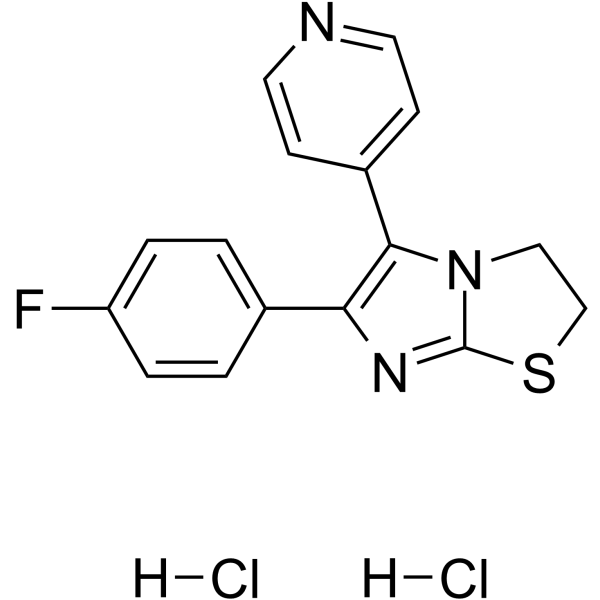
- HY-101559
-
|
CXA-10
|
Others
|
Inflammation/Immunology
|
|
10-Nitrooleic acid (CXA-10), a nitro fatty acid, has potential effects in disease states in which oxidative stress, inflammation, fibrosis, and/or direct tissue toxicity play significant roles .
|
-
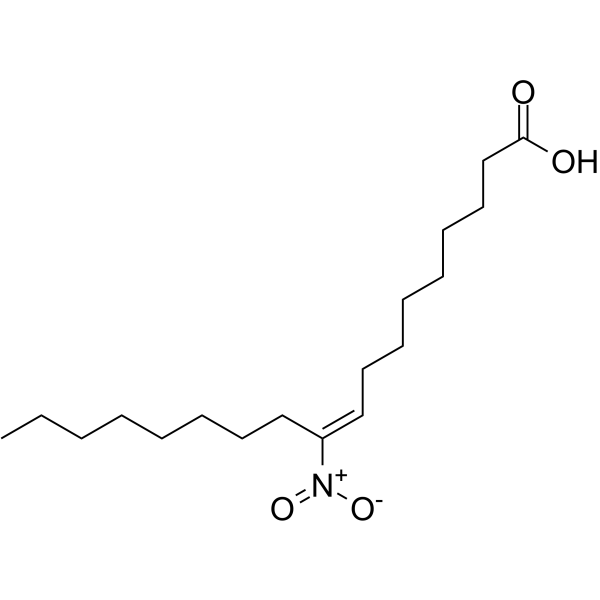
- HY-W016868
-
|
|
Others
|
Metabolic Disease
|
|
3-Chloro-5-hydroxybenzoic acid is a potent, orally active and selective lactate receptor GPR81 agonist, with an EC50 of 16 μM for human GPR81. 3-Chloro-5-hydroxybenzoic acid exhibits favorable in vivo effects on lipolysis in a mouse model of obesity .
|
-
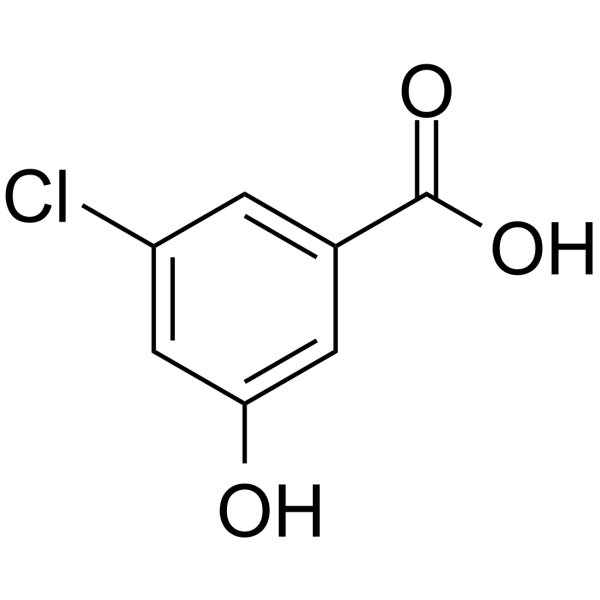
- HY-139692
-
|
|
EAAT
|
Neurological Disease
|
|
EAAT2 activator 1 is the potent activator of excitatory amino acid transporter 2 (EAAT2). EAAT2 is the major glutamate transporter and functions to remove glutamate from synapses. EAAT2 activator 1 increases EAAT2 protein levels dose-dependently .
|
-
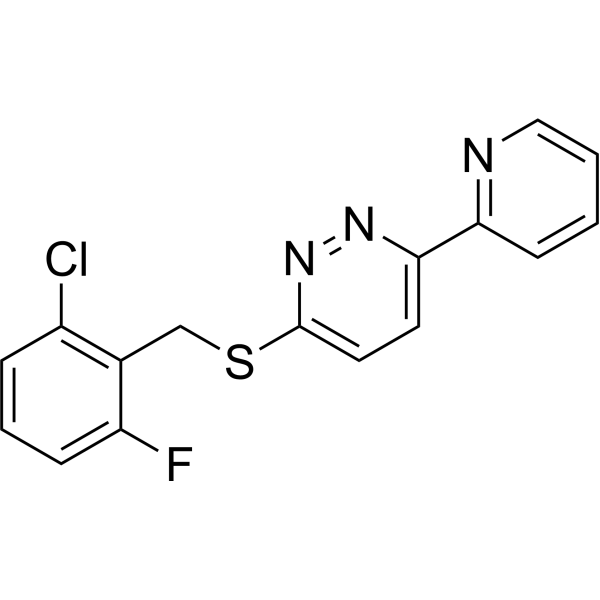
- HY-N8139
-
|
|
Others
|
Metabolic Disease
|
|
2-Amino-3-carboxy-1,4-naphthoquinone is the electron transfer mediator. 2-Amino-3-carboxy-1,4-naphthoquinone changes glucose metabolism of the homofermentative lactic acid bacteria .
|
-
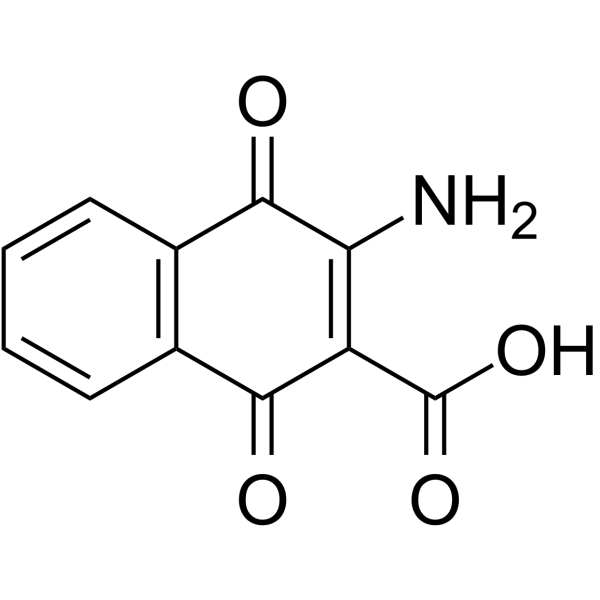
- HY-114883A
-
|
L-Homocarnosine TFA; γ-Aminobutyryl-L-histidine TFA
|
GABA Receptor
Endogenous Metabolite
|
Neurological Disease
|
|
Homocarnosine TFA is a dipeptide of γ-aminobutyric acid (GABA) and histidine unique to brain. Homocarnosine TFA is an inhibitory neuromodulator synthesized in the neuron from GABA and exhibiting anticonvulsant effects . Homocarnosine TFA has antioxidant and anti-inflammatory actions, prevention of DNA damage, and inhibition of advanced glycation end-product formation .
|
-
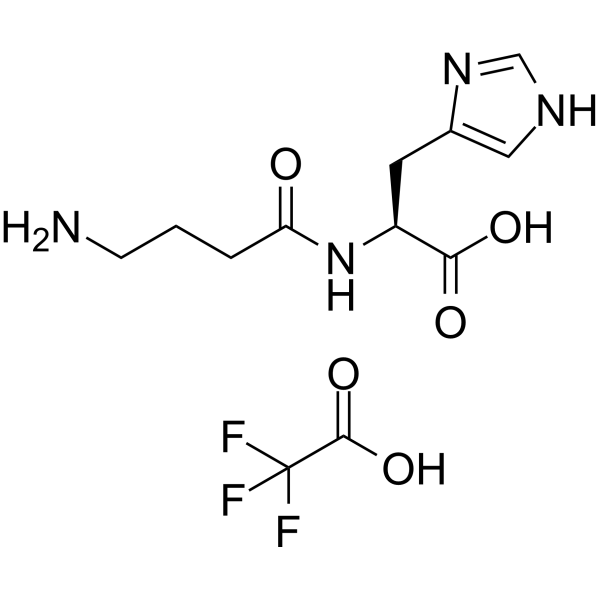
- HY-139134
-
-
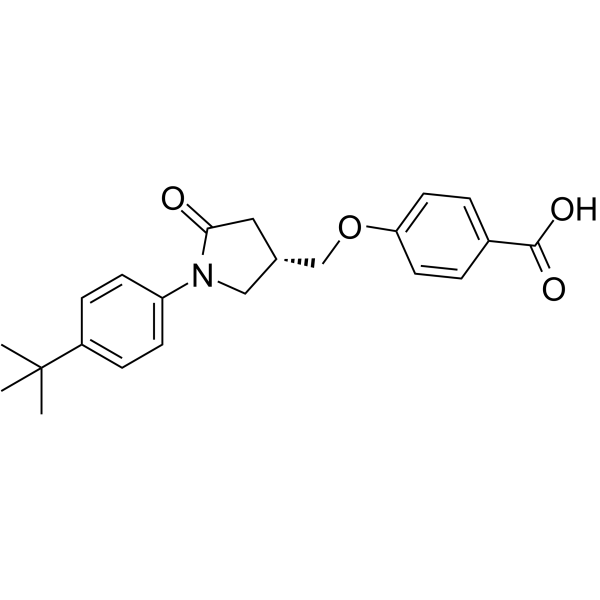
- HY-N3394
-
|
|
Others
|
Infection
|
|
Lecanoric acid is a histidine-decarboxylase inhibitor isolated from fungus. The inhibition by lecanoric acid is competitive with histidineand noncompetitive with pyridoxal phosphate. Lecanoric acid did not inhibit aromatic amino acid decarboxylase .
|
-
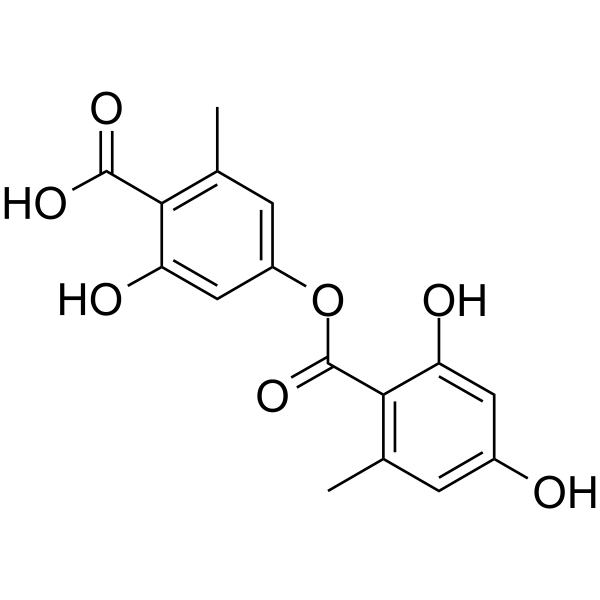
- HY-N9065
-
|
|
Others
|
Others
|
|
12-Oxograndiflorenic acid is a natural product that can be isolated from vegetative Ambrosia hispida. Synonyms is ent-12-oxokaura-9(11),16-dien-19-oic acid .
|
-
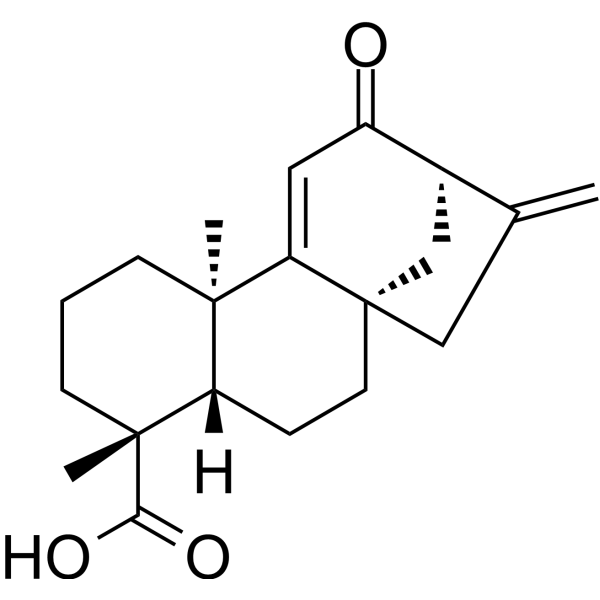
- HY-146122
-
-
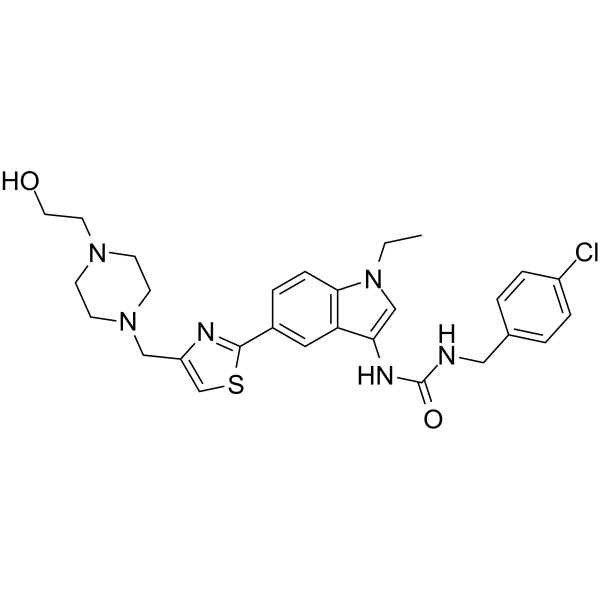
- HY-105120A
-
|
|
Prostaglandin Receptor
|
Others
|
|
Vapiprost hydrochloride is a thromboxane A2 receptor antagonist. Vapiprost inhibits the aggregation and ATP release stimulated with U-46619, collagen or arachidonic acid (AA) at an IC50 of less than 2.1×10 -8 M .
|
-
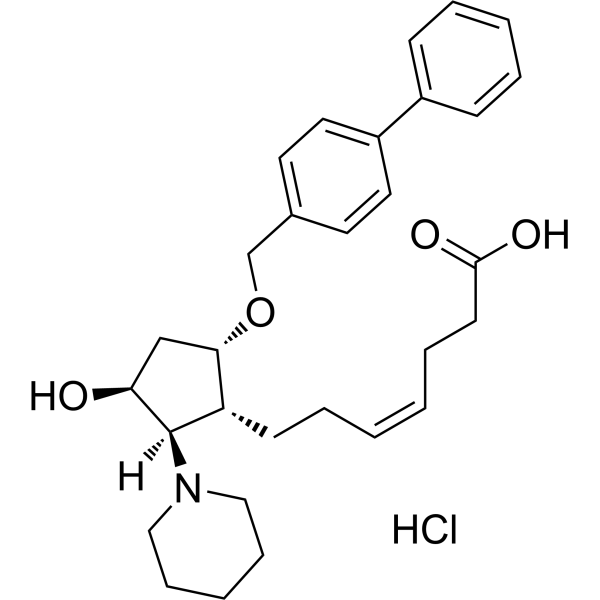
- HY-138200
-
|
Cyanine5 maleimide
|
DNA Stain
Fluorescent Dye
|
Others
|
|
Cy5 maleimide is a CY dye. CY, short for Cyanine, is a compound consisting of two nitrogen atoms connected by an odd number of methyl units. Cyanine compounds have the characteristics of long wavelength, adjustable absorption and emission, high extinction coefficient, good water solubility and relatively simple synthesis . CY dyes are of en used for the labeling of proteins, antibodies and small molecular compounds. For the labeling of protein antibodies, the combination can be completed through a simple mixing reaction. Below, we introduce the labeling method of protein antibody labeling, which has certain reference significance .
|
-
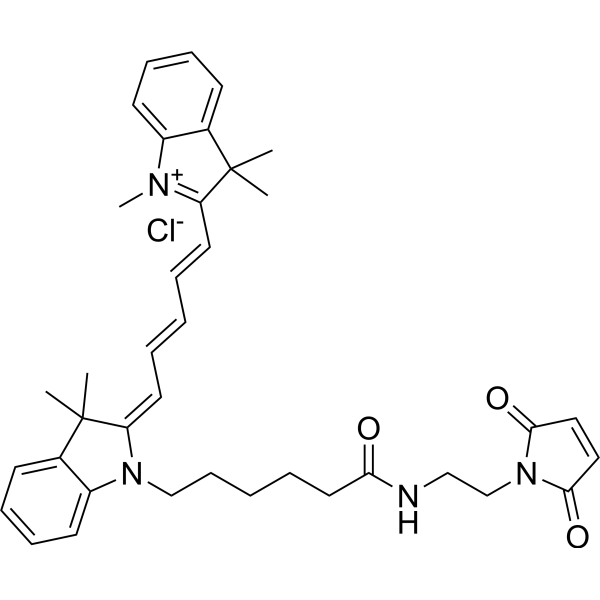
- HY-N9210
-
|
|
Others
|
Cancer
|
|
1,2,3-Tri-O-methyl-7,8-methyleneflavellagic acid, a ellagic acid derivative of Agrostistachys hookeri, exhibits activity against cultured P-388 lymphocytic leukemia cells .
|
-
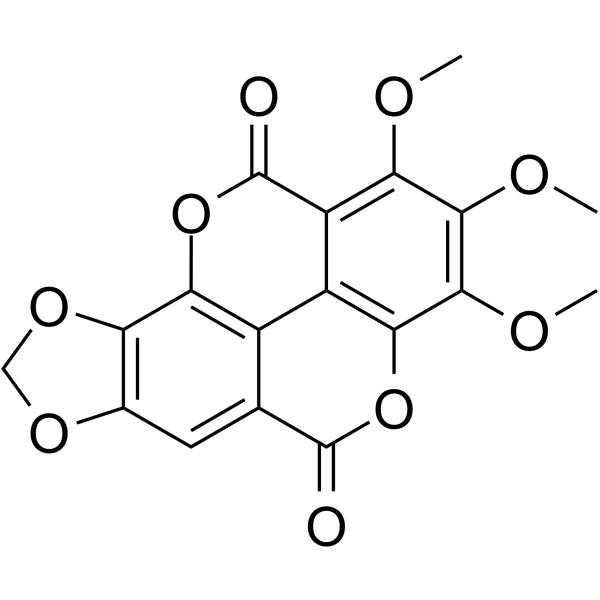
- HY-W010410
-
|
|
Others
|
Neurological Disease
Metabolic Disease
|
|
Oct-1-en-3-ol, a fatty acid fragrant, is a self-stimulating oxylipin messenger. Oct-1-en-3-ol serves as a signaling molecule in plant cellular responses, plant-herbivore interactions, and plant-plant interactions. Oct-1-en-3-ol causes dopamine neuron degeneration through disruption of dopamine handling .
|
-
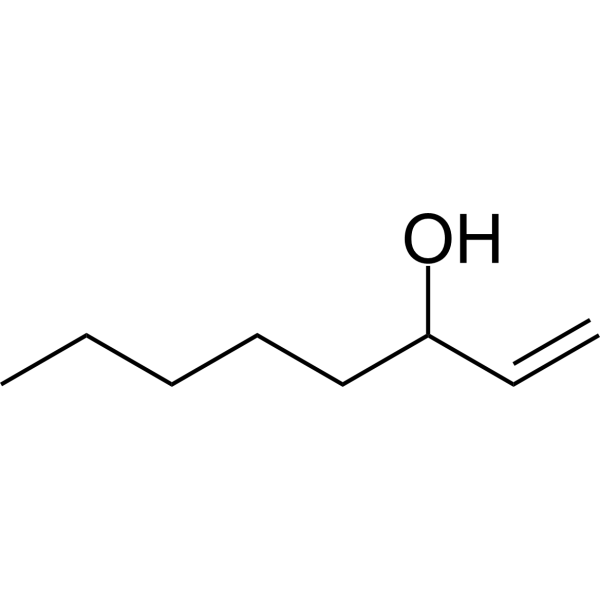
- HY-B0430B
-
|
(±)-Pantothenate; (±)-Vitamin B5
|
Others
|
Neurological Disease
Metabolic Disease
|
|
(±)-Pantothenic acid ((±)-Pantothenate), a B-vitamin, is an essential vitamin required for the biosynthesis of coenzyme A (CoA) in mammalian cells. Pantothenic acid has protective activity against valproic acid (VPA)-induced neural tube defects (NTD) in CD-1 mice .
|
-
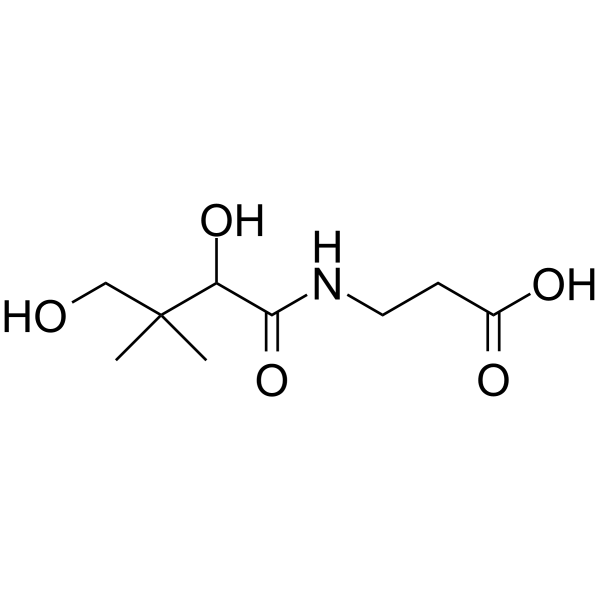
- HY-W142631
-
|
|
Fluorescent Dye
|
Cancer
|
|
4-(Phenylazo)diphenylamine is an excellent colorimetric indicator for the accurate determination of the concentration for a variety of strong bases, Lewis acids, and hydride reducing agents .
|
-
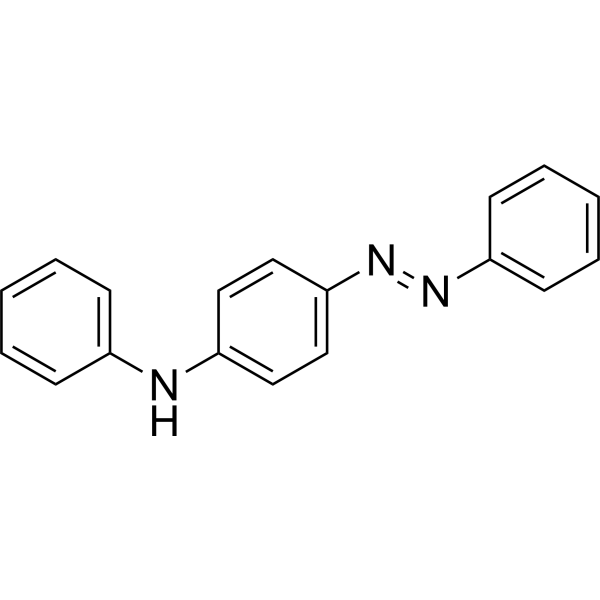
- HY-103331
-
-
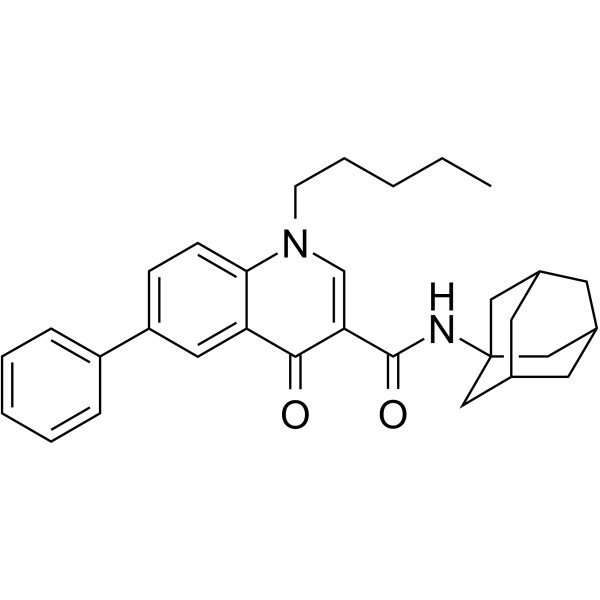
- HY-B0283A
-
|
K-9321 sodium
|
Others
|
Metabolic Disease
|
|
Acipimox (K-9321) sodium, a nicotinic acid analogue, is an antilipolytic compound. Acipimox sodium stimulates leptin releas, inhibits lipolysis and suppresses systemic levels of free fatty acids (FFAs) and improves insulin sensitivity [3].
|
-
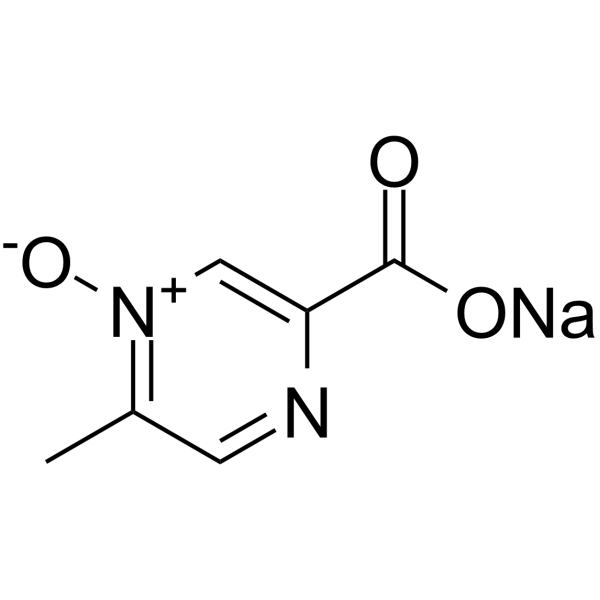
- HY-147331
-
|
|
Antibiotic
|
Neurological Disease
|
|
Oseltamivir acid methyl ester is a precursor form of the neuraminidase inhibitor and antiviral oseltamivir acid. Oseltamivir acid methyl ester is converted to oseltamivir acid by carboxylesterase 1 (CES1) .
|
-

- HY-N3997
-
|
|
Ser/Thr Protease
|
Infection
Metabolic Disease
Cancer
|
|
Nostosin G is a unique example of a linear peptide containing three subunits, 4-hydroxyphenyllactic acid (Hpla), homotyrosine (Hty), and argininal. Nostosin G has potent trypsin inhibitory property with an IC50 value of 0.1 μM .
|
-
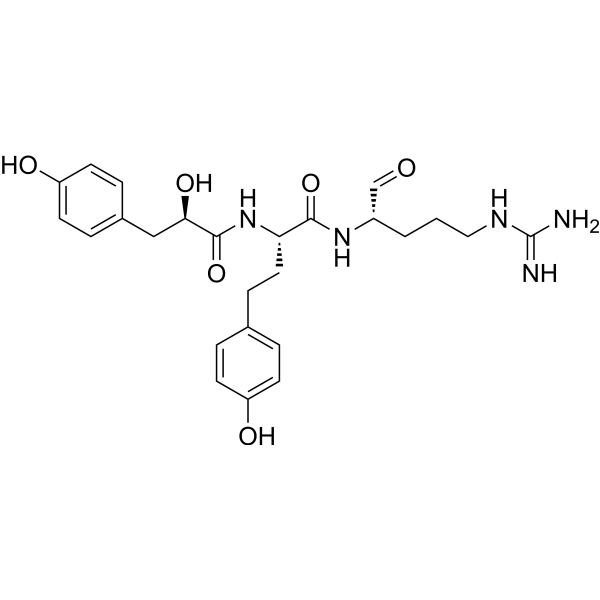
- HY-148087
-
|
|
RXFP Receptor
|
Cardiovascular Disease
|
|
AZD5462 is a RXFP1 modulator, can be used for heart failure research. RXFP1 is the cognate receptor for human relaxin, belongs to GPCR family 1c number with anti-fibrotic and anti-inflammatory properties .
|
-
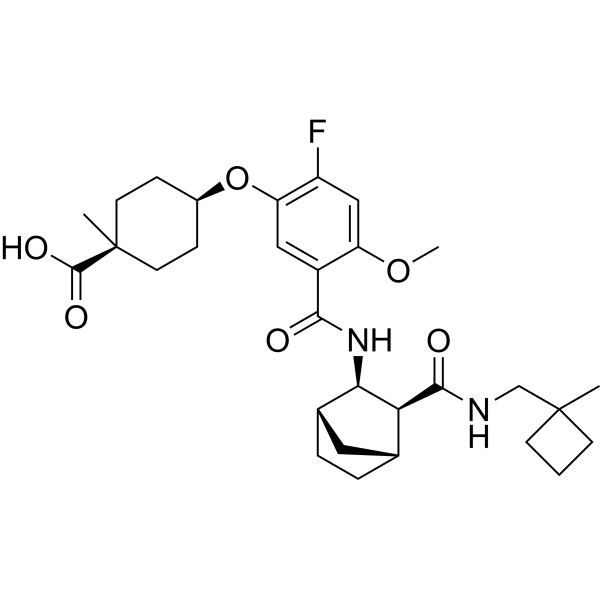
- HY-D0133
-
|
|
Fluorescent Dye
|
Others
|
|
NBD-X acid is a fluorescent probe for the study of fatty acids and sterols. NBD-X acid provides better yields for labelling biopolymers compared to NBD chloride and fluoride. The fluorescence spectrum of the NBD derivative is highly sensitive to the environment and the fluorescence intensity is significantly reduced in aqueous solutions .
|
-
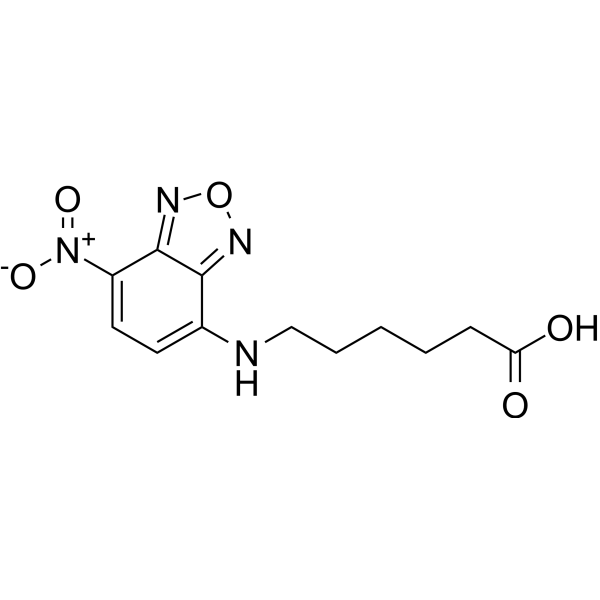
- HY-148198
-
-
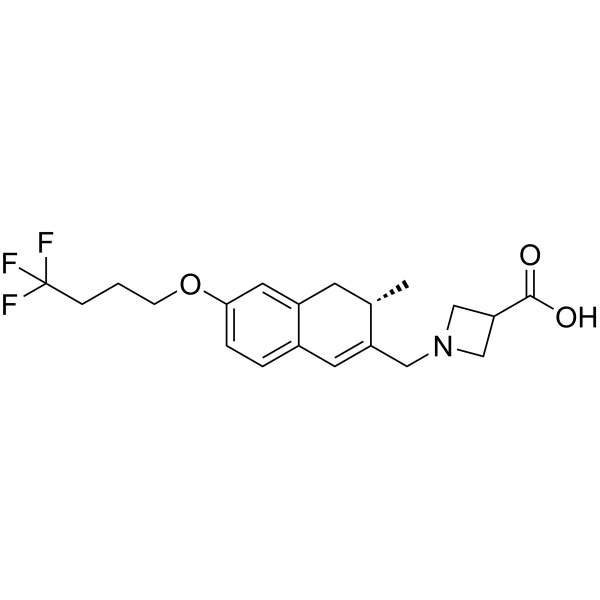
- HY-119152
-
|
|
Insulin Receptor
Tyrosinase
Akt
|
Others
|
|
CMX-2043 is a novel analogue of α-Lipoic Acid (HY-N0492). CMX-2043 is effective in antioxidant effect, activation of insulin receptor kinase, soluble tyrosine kinase, and Akt phosphorylation. CMX-2043 shows protection against ischemia-reperfusion injury (IRI) in rat model .
|
-
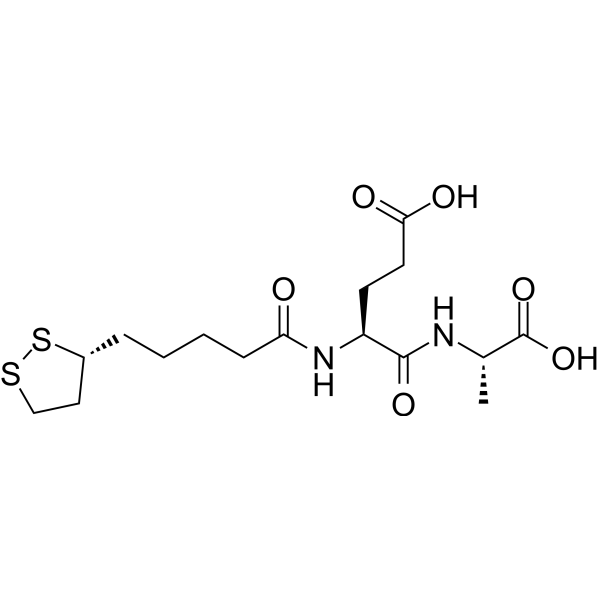
- HY-W441007
-
|
|
Liposome
|
Inflammation/Immunology
Cancer
|
|
DSPE-MAL is a thiol reactive a phospholipid compound. DSPE-MAL has two saturated fatty acids and can self-assemble in water to form lipid bilayer. DSPE-MAL can be used to prepare liposomes as agent nanocarrier .
|
-

- HY-123297
-
|
|
Free Fatty Acid Receptor
|
Metabolic Disease
|
|
TUG-469 is a selective free fatty acid receptor 1 (FFA1/GPR40) agonist with an EC50 value of 19 nM. TUG-469 is >200-fold selective for FFA1 over FFA4. TUG-469 significantly improves glucose tolerance in pre-diabetic mice. TUG-469 can be used for the research of diabetes .
|
-
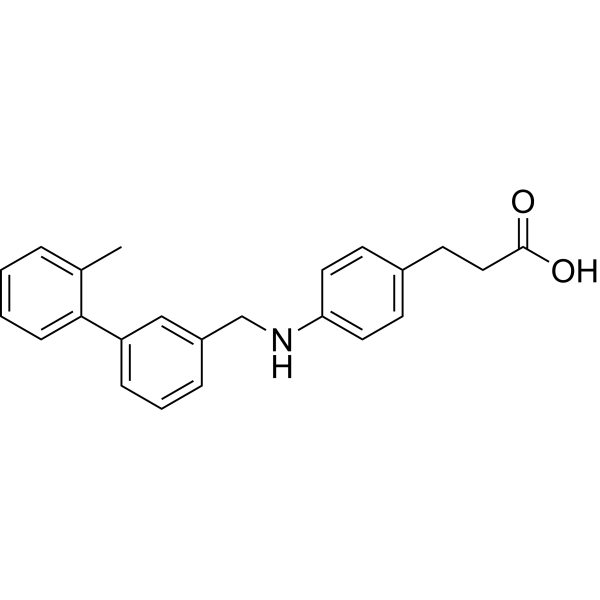
- HY-122928
-
|
|
Apoptosis
Caspase
|
Cancer
|
|
Rosamultic acid is an A-ring contracted triterpene, that can be isolated from the roots of Rosa rnultiflora. Rosamultic acid inhibits gastric cancer cells proliferation by inducing apoptosis mediated through cell cycle arrest, downregulation of cell cycle related protein expressions, inhibition of cell migration, DNA damage, and activation of caspases .
|
-

- HY-122464A
-
|
(-)-Jasmonic acid
|
Molecular Glues
|
Others
|
|
Jasmonic acid ((-)-Jasmonic acid) is a plant growth regulator and a derivative of α-Linolenic acid (HY-N0728). Jasmonic acid signaling can also induce the MAP kinase cascade pathway, calcium channel, and many processes that interact with signaling molecules .
|
-

- HY-N9676
-
|
|
Others
|
Others
|
|
Kaempferol 3-O-(2'',4''-di-acetyl-3''-cis-p-coumaroyl-6''-trans-p-coumaroyl)-β-D-glucopyranoside is a flavonoid compound that can be isolated from Quercus dentata. Kaempferol 3-O-(2'',4''-di-acetyl-3''-cis-p-coumaroyl-6''-trans-p-coumaroyl)-β-D-glucopyranoside suppresses the superoxide generation induced by arachidonic acid .
|
-
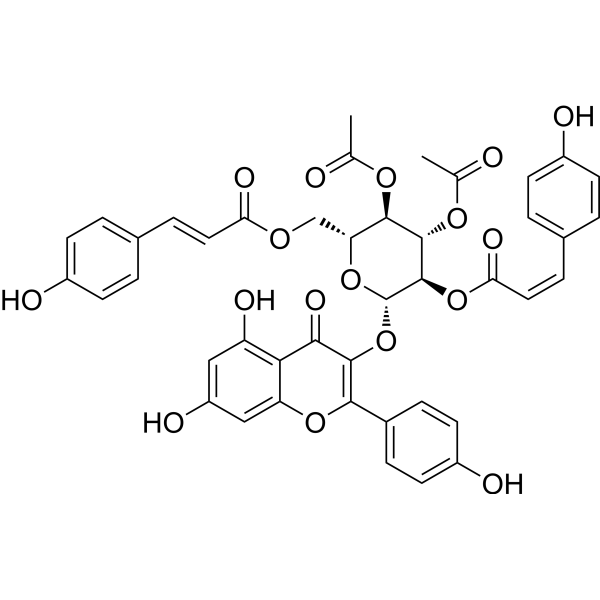
- HY-126327A
-
|
|
Histone Methyltransferase
|
Cancer
|
|
UNC4976 TFA is a positive allosteric modulator (PAM) peptidomimetic of CBX7 chromodomain binding to nucleic acids. UNC4976 TFA simultaneously antagonizes H3K27me3-specific recruitment of CBX7 to target genes while increasing non-specific binding to DNA and RNA .
|
-
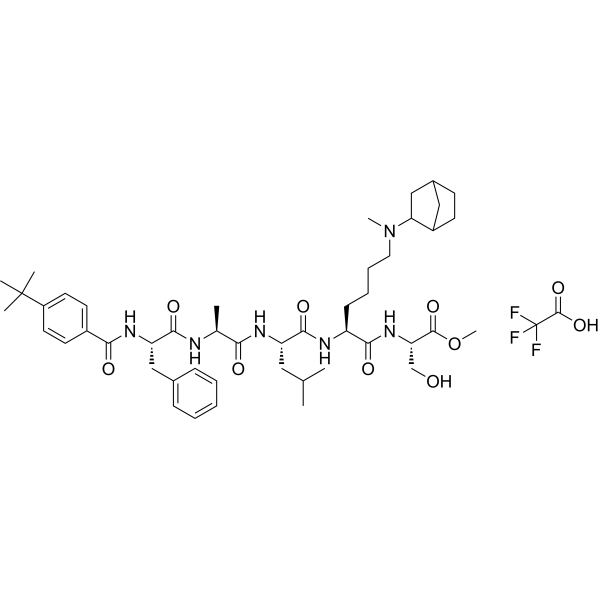
- HY-107613A
-
|
DKGI-I hydrochloride; Diacylglycerol kinase inhibitor I hydrochloride
|
PKC
5-HT Receptor
|
Infection
Inflammation/Immunology
Cancer
|
|
R 59-022 (DKGI-I) hydrochloride is a DGK inhibitor (IC50: 2.8 µM). R 59-022 hydrochloride inhibits the phosphorylation of OAG to OAPA. R 59-022 hydrochloride is a 5-HT Receptor antagonist, and activates protein kinase C (PKC). R 59-022 hydrochloride potentiates thrombin-induced diacylglycerol production in platelets and inhibits phosphatidic acid production in neutrophils [3] .
|
-
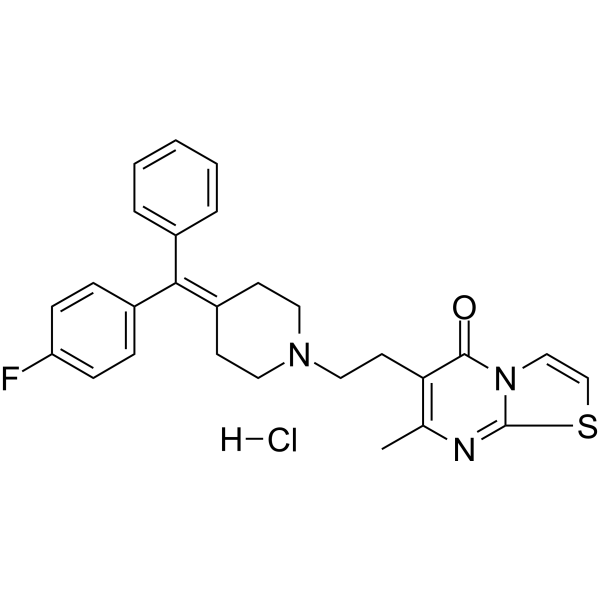
- HY-149832
-
|
|
Proteasome
|
Cancer
|
|
Anticancer agent 114 is a potent and orally active dipeptide boronic acid ester proteasome inhibitor with an IC50 value of 2.2 nM. Anticancer agent 114 has antiproliferative activity against the RPMI-8226 cells. Anticancer agent 114 can be used in research of multiple myeloma .
|
-
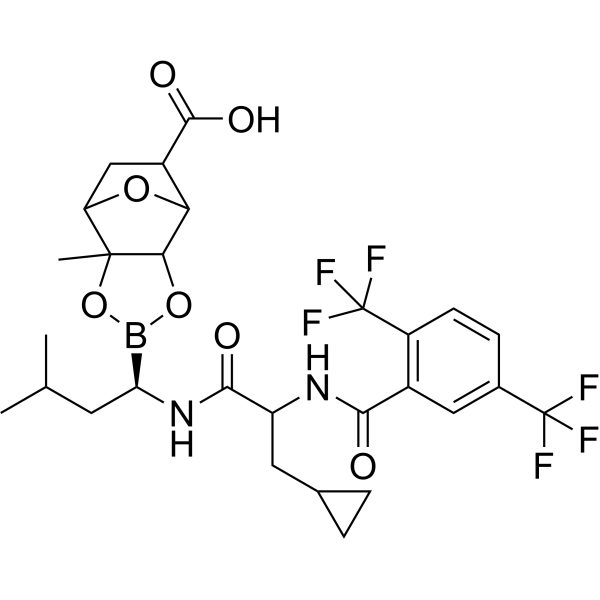
- HY-103138
-
|
|
5-HT Receptor
|
Neurological Disease
Metabolic Disease
|
|
(Rac)-WAY-161503 hydrochloride is a potent, selective, high affinity 5-HT2C receptor agonist with a Ki of 4 nM and an EC50 of 12 nM. (Rac)-WAY-161503 hydrochloride displays higher affinity for 5-HT2C than 5-HT2A and 5-HT2B receptors. (Rac)-WAY-161503 hydrochloride has anti-obesity and antidepressant effects .
|
-
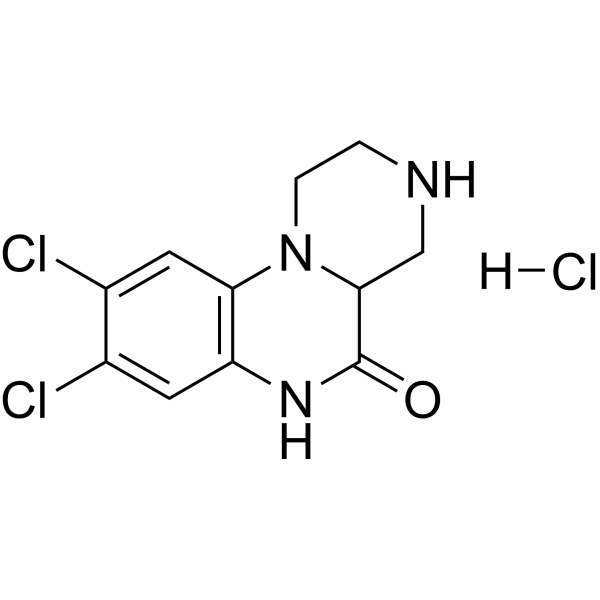
- HY-N7392
-
|
|
Biochemical Assay Reagents
|
Metabolic Disease
|
|
Acetoacetyl CoA is the precursor of HMG-CoA in the mevalonate pathway. Acetoacetyl-CoA thiolase catalyzes the reaction to form acetoacetyl-CoA from two acetyl-CoA molecules. Acetoacetyl CoA is essential for cholesterol biosynthesis. Acetoacetyl-CoA is also a intermediate in the biological breakdown and synthesis of fatty acids [3].
|
-
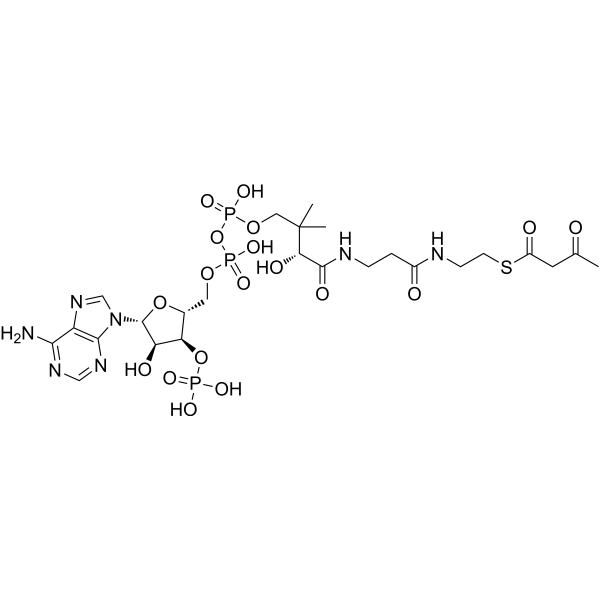
- HY-N8359
-
|
|
Others
|
Metabolic Disease
|
|
Questinol is a palmitic acid that can be isolated from Talaromyces stipitatus. Questinol has signi?cant anti-obesity activity in zebra?sh larvae .
|
-
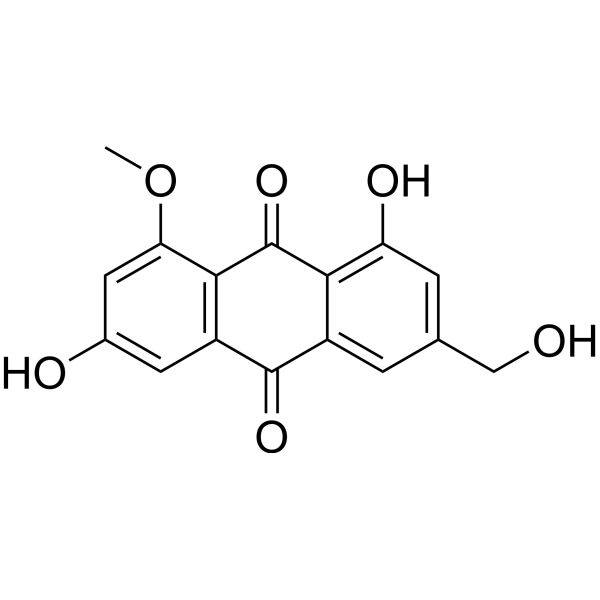
- HY-N12203
-
|
|
Others
|
Others
|
|
5-Deoxypulchelloside I is a magnoside glycoside that can be isolated from the aerial parts of the Lamiaceae plant Eremostachys laciniata .
|
-
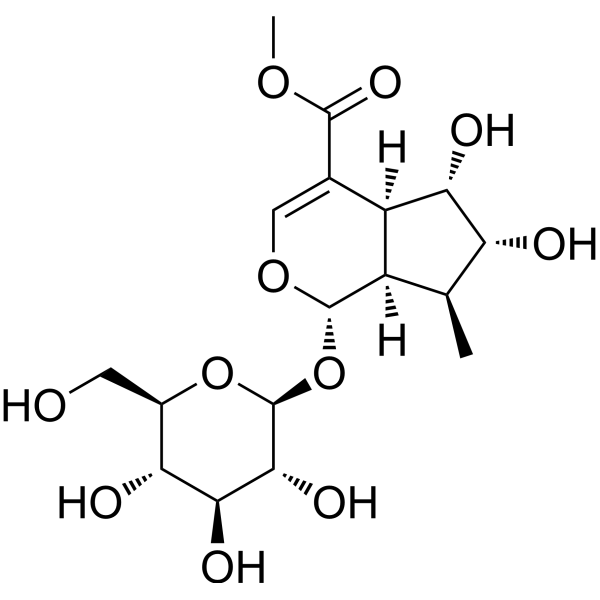
- HY-103305
-
|
|
Others
|
Cancer
|
|
cis-Ned19 is a chemical probe. cis-Ned19 blocks NAADP signaling and fluorescently labeled NAADP receptors in cell .
|
-

- HY-120958
-
|
C24:6n-3
|
Others
|
Metabolic Disease
|
|
Nisinic acid (C24:6n-3) is a very long chain polyunsaturated fatty acid (VLCPUFA) that is a component of triglycerides and cholesterol esters in mouse and rat testis .
|
-

- HY-W133891
-
|
Peptones, soybean
|
Biochemical Assay Reagents
|
Others
|
|
Peptone from soya (Peptones, soybean) is a peptone that is commonly used as a component of culture medium. Peptone from soya can be used in microbiology and cell culture to provide needed sources of nitrogen, carbon and other nutrients. Peptone from soya stimulates/regulates cyclic arachidonic acid biosynthesis. Peptone from soya also exerts enteric cell activity in jejunum of piglets through this mechanism .
|
-
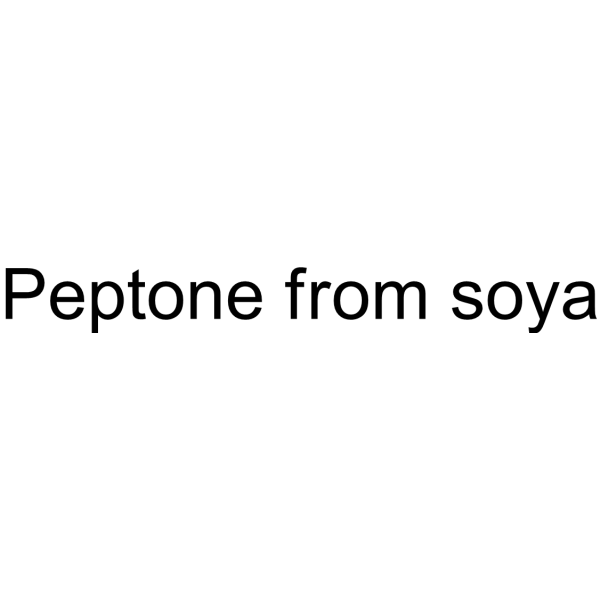
- HY-N12199
-
|
|
Others
|
Others
|
|
All-cis-3,6,9,12,15-octadecapentaenoic acid is an unsaturated fatty acid and can be isolated from the alga Gymnodinium kowalevskii .
|
-
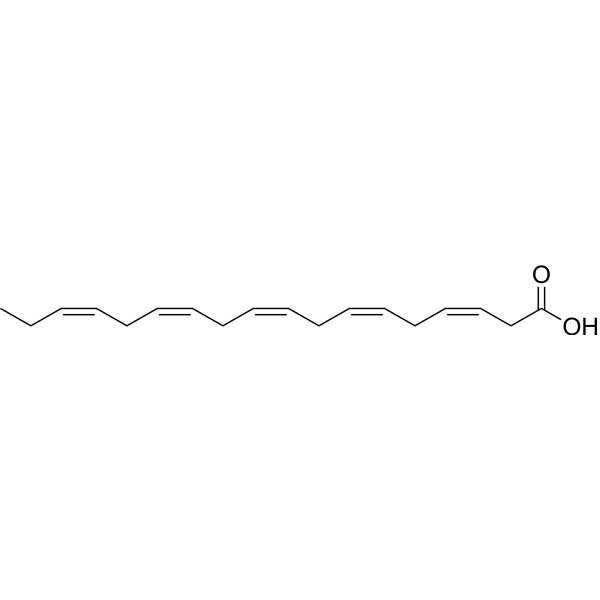
- HY-N7063S1
-
-
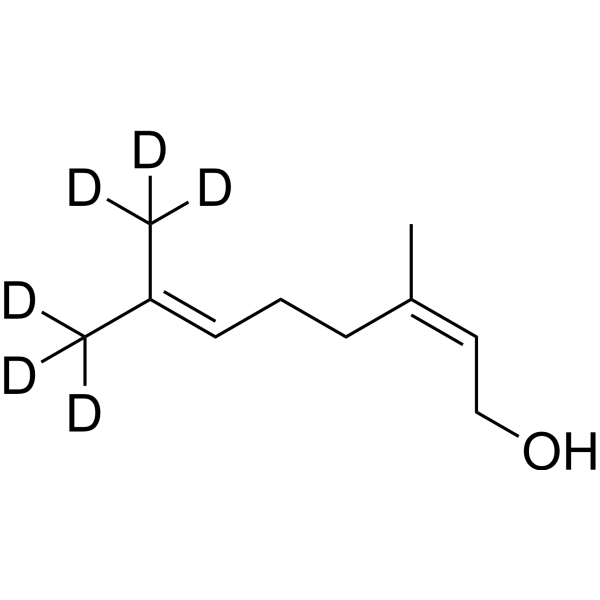
- HY-N12837
-
|
|
Others
|
Inflammation/Immunology
|
|
8-Epiloganin can be isolated from Castilleja rubra and has anti-inflammatory properties. 8-Epiloganin inhibits LPS-induced release of pro-inflammatory cytokines, namely tumor necrosis factor-α and interleukin-1β.
|
-

- HY-18062R
-
|
|
Antifolate
Parasite
|
Infection
|
|
Pyrimethamine (Standard) is the analytical standard of Pyrimethamine. This product is intended for research and analytical applications. Pyrimethamine (Pirimecidan) is a potent, orally active dihydrofolate reductase (DHFR) inhibitor. Pyrimethamine is an antimalarial agent. Pyrimethamine affects the nucleoprotein metabolism of malarial parasites by interference in the folic–folinic acid systems and affects cell division by inhibiting the conversion of dihydrofolate to tetrahydrofolate .
|
-

- HY-B0283R
-
|
|
Others
|
Metabolic Disease
|
|
Acipimox (Standard) is the analytical standard of Acipimox. This product is intended for research and analytical applications. Acipimox (K-9321), a nicotinic acid analogue, is an antilipolytic compound. Acipimox stimulates leptin releas, inhibits lipolysis and suppresses systemic levels of free fatty acids (FFAs) and improves insulin sensitivity [3].
|
-

- HY-B1124R
-
|
|
Adenylate Cyclase
Dopamine Transporter
|
Neurological Disease
|
|
Fipexide (Standard) is the analytical standard of Fipexide. This product is intended for research and analytical applications. Fipexide, a parachloro-phenossiacetic acid derivative, is an orally active nootropic agent. Fipexide reduces striatal adenylate cyclase activity. Fipexide has positive effect on cognitive performance by dopaminergic neurotransmission. Fipexide is used for senile dementia research. Fipexide acts as a chemical inducer in callus formation, shoot regeneration and Agrobacterium infection .
|
-

- HY-B1557R
-
|
|
Histamine Receptor
|
Metabolic Disease
|
|
Betazole (Standard) is the analytical standard of Betazole. This product is intended for research and analytical applications. Betazole (Ametazole), a pyrazole analogue of histamine, is an orally active histamine H2 receptor agonist. Betazole induces gastric acid secretion and causes an immediate and significant increase in common bile duct pressure. Betazole is used as a diagnostic agent known as histalog for investigating gastric acid secretory capacity [3].
|
-

- HY-147368
-
|
|
Pyruvate Kinase
|
Cancer
|
|
PKM2 activator 2 (compound 28) is a pyruvate kinase M2 (PKM2) activitor with an AC50 value of 66 nM. PKM2 activator 2 can restore normal glycolytic metabolism in cells .
|
-
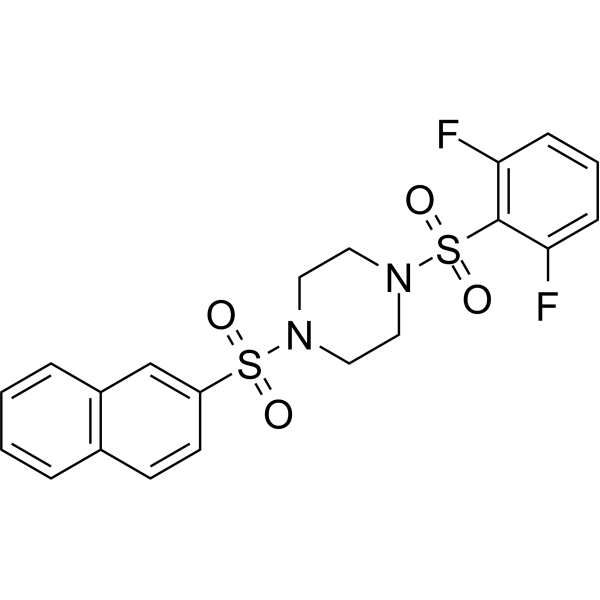
- HY-14380
-
PF-3845
1 Publications Verification
|
FAAH
Autophagy
|
Inflammation/Immunology
Cancer
|
|
PF-3845 is a potent, selective, irreversible and orally active inhibitor of fatty acid amide hydrolase (FAAH), with a Ki of 0.23 µM. PF-3845 is a covalent inhibitor that carbamylates FAAH's serine nucleophile. PF-3845 can reduce pain sensation, inflammation, and anxiety/depression without substantial effects on motility or cognition [3].
|
-
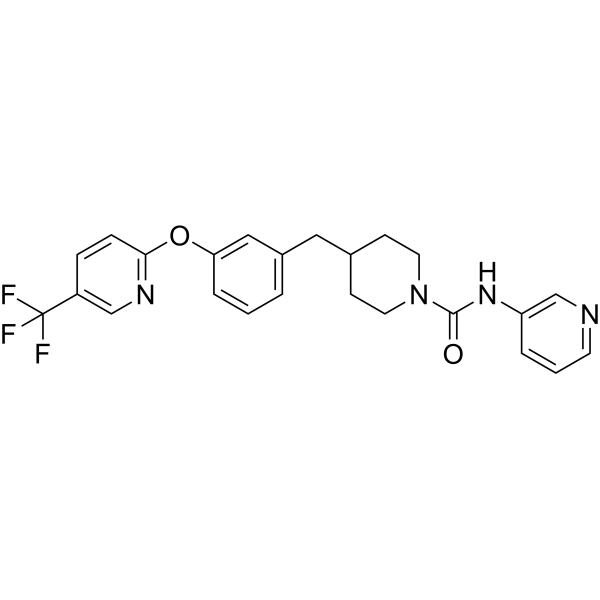
- HY-B0550
-
|
Bismuth oxysalicylate; Bismuth(III) salicylate basic
|
PGE synthase
|
Neurological Disease
|
|
Bismuth Subsalicylate is a potent and orally active antacid and anti-diarrheal agent. Bismuth Subsalicylate reduces inflammation/irritation of stomach and intestinal lining through inhibition of prostaglandin synthesis in vivo . Bismuth Subsalicylate is widely used for the research of diarrheal disorders, including indigestion, diarrhoea, nausea, et al .
|
-
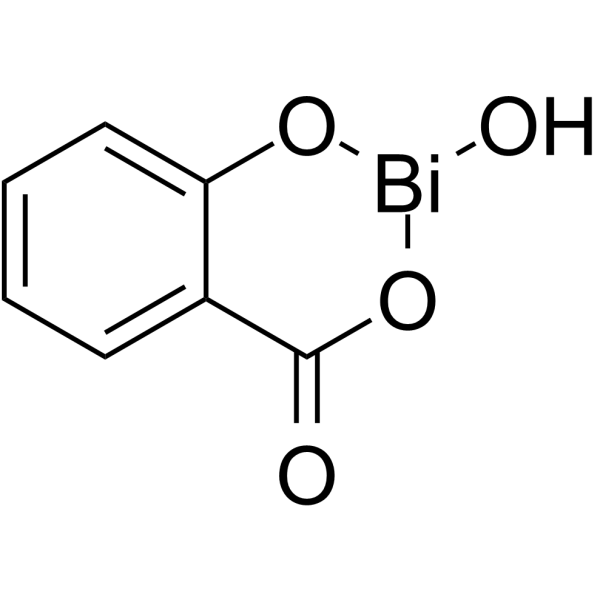
- HY-B1099
-
|
|
DNA/RNA Synthesis
Topoisomerase
Parasite
|
Infection
|
|
Hycanthone is a thioxanthenone DNA intercalator and inhibits RNA synthesis as well as the DNA topoisomerases I and II. Hycanthone inhibits nucleic acid biosynthesis and inhibits apurinic endonuclease-1 (APE1) by direct protein binding with a KD of 10 nM. Hycanthone is a bioactive metabolite of Lucanthone (HY-B2098) and has anti-schistosomal agent .
|
-

- HY-W009749
-
|
|
Endogenous Metabolite
Apoptosis
|
Cardiovascular Disease
|
|
L-Cystathionine is a nonprotein thioether and is a key amino acid associated with the metabolic state of sulfur-containing amino acids. L-Cystathionine protects against Homocysteine-induced mitochondria-dependent apoptosis of vascular endothelial cells (HUVECs). L-Cystathionine plays an important role in cardiovascular protection .
|
-

- HY-108599
-
DCP-LA
2 Publications Verification
FR236924
|
PKC
CaMK
Phosphatase
Apoptosis
|
Neurological Disease
|
|
DCP-LA (FR236924), a linoleic acid derivative, selectively and directly activates PKCε. DCP-LA activates Ca( 2+)/calmodulin-dependent protein kinase II (CaMKII) and inhibits protein phosphatase-1 (PP-1) to stimulate AMPA receptor exocytosis. DCP-LA inhibits activation of caspase-3/-9 and protects neurons at least in part from oxidative stress-induced apoptosis [3].
|
-

- HY-108477
-
|
TMP 1363
|
G-quadruplex
Telomerase
Cholinesterase (ChE)
SARS-CoV
|
Cancer
|
|
TMPyP4 tosylate (TMP 1363) is a quadruplex-specific ligand. TMPyP4 tosylate inhibits the interaction between G-quadruplexes and IGF-1. TMPyP4 tosylate is a telomerase inhibitor and inhibits cancer cells proliferation. TMPyP4 tosylate is also a stabilizer of nucleic acid secondary structure and an acetylcholinesterase inhibitor. Besides, TMPyP4 tosylate has antiviral activity against SARS-CoV-2 [3] .
|
-
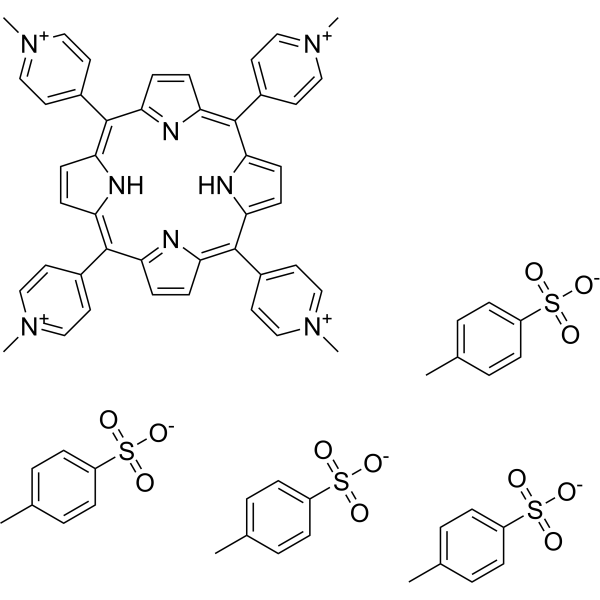
- HY-133027
-
|
Tetradecyl nicotinate
|
Others
|
Cancer
|
|
Myristyl nicotinate (Tetradecyl nicotinate) is an ester proagent and a lipophilic derivative of Nicotinic acid. Myristyl nicotinate is being developed for delivery of Nicotinic acid into the skin for prevention of actinic keratosis and its progression to skin cancer. Myristyl nicotinate shows to stimulate epidermal differentiation in photodamaged skin, increasing skin NAD content and strengthening the skin barrier .
|
-
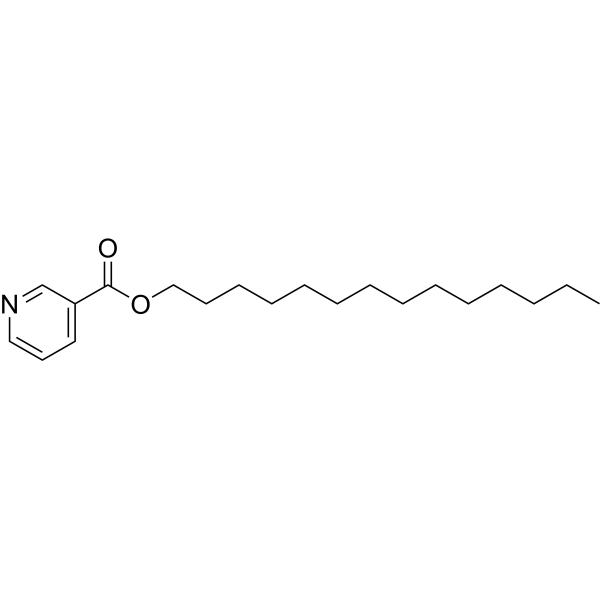
- HY-129476
-
|
|
Parasite
Endogenous Metabolite
|
Infection
Cancer
|
|
L-Canaline is a nonprotein amino acid stored in many leguminous plants. L-Canaline is a cytotoxic metabolite catalyzed by L-canavanine and its arginase. L-Canaline is a potent and irreversible inhibitor of ornithine aminotransferase. L-Canaline inhibits the growth of the malaria parasite Plasmodium falciparum with an IC50 of 297 nM. L-Canaline has anticancer and antiproliferative effects [3].
|
-
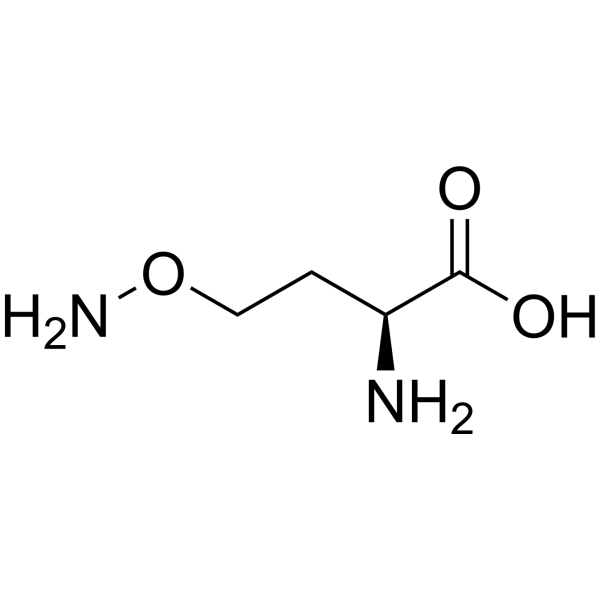
- HY-115521
-
Jarin-1
1 Publications Verification
|
Others
|
Others
|
|
Jarin-1 is a jasmonic acid-amido synthetase (JAR1) inhibitor with an IC50 of 3.8 μM. Jarin-1 specific inhibits bioactive JA (jasmonoyl-isoleucine, JA-Ile) biosynthesis in Arabidopsis and other plants .
|
-
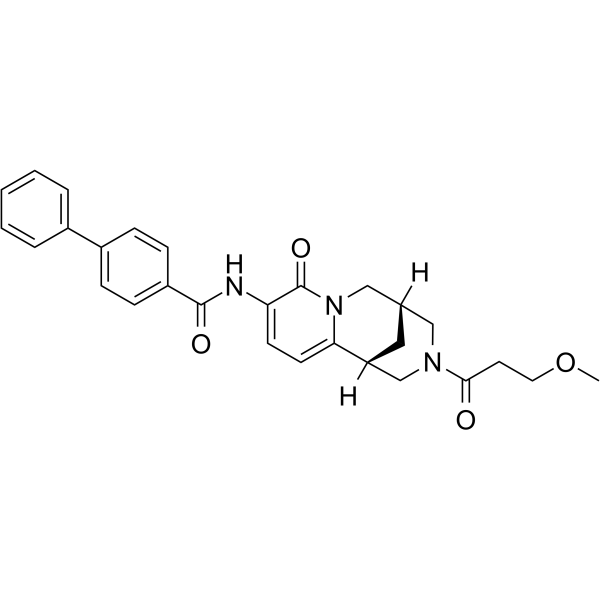
- HY-B2246
-
|
(R)-Carnitine hydrochloride; Levocarnitine hydrochloride
|
Endogenous Metabolite
|
Metabolic Disease
Cancer
|
|
L-Carnitine hydrochloride ((R)-Carnitine hydrochloride), a highly polar, small zwitterion, is an essential co-factor for the mitochondrial β-oxidation pathway. L-Carnitine hydrochloride functions to transport long chain fatty acyl-CoAs into the mitochondria for degradation by β-oxidation. L-Carnitine hydrochloride is an antioxidant. L-Carnitine hydrochloride can ameliorate metabolic imbalances in many inborn errors of metabolism [3].
|
-

- HY-117549
-
|
NO-1886
|
Others
|
Cardiovascular Disease
|
|
Ibrolipim (NO-1886) is an orally active lipoprotein lipase (LPL)-promoting agent. Ibrolipim decreases plasma triglycerides, increases high-density lipoprotein cholesterol levels. Ibrolipim has renoprotective and hypolipidemic effects [3].
|
-
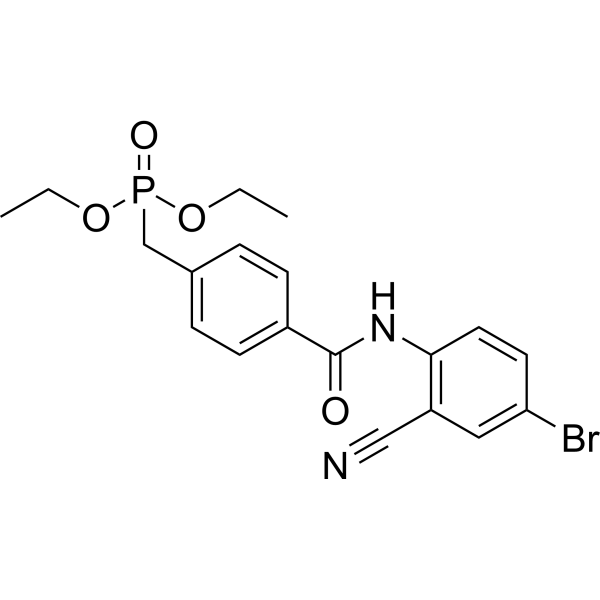
- HY-N7059
-
|
|
Bacterial
|
Infection
|
|
Lactobionic acid is a bionic acid naturally found in the Caspian Sea yogurt and chemically constituted of a gluconic acid bonded to a galactose. Lactobionic acid has antioxidant, antimicrobial, chelating, stabilizer, acidulant, and moisturizing properties .
|
-

- HY-N0325
-
|
|
Parasite
|
Infection
Inflammation/Immunology
|
|
DL-Methionine is an essential amino acid containing sulfur with oxidative stress defense effects. DL-Methionine can be used for animal natural feed. DL-Methionine also kills H. rostochiensis on potato plants [3].
|
-
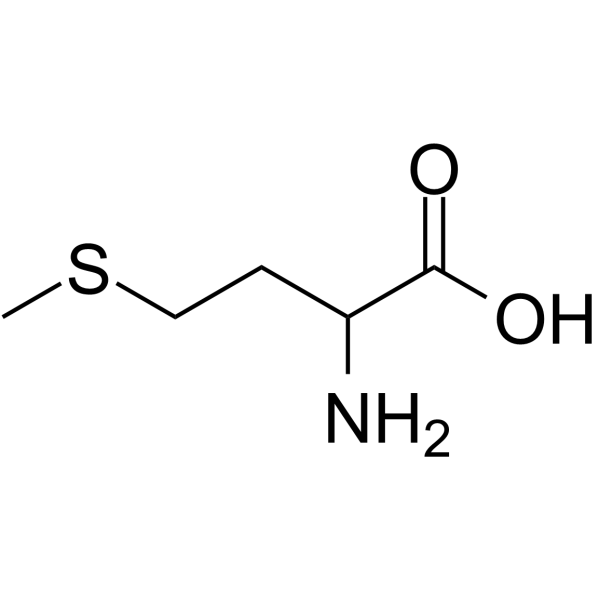
- HY-125801
-
|
Dehydrolithocholic acid; 3-oxoLCA
|
ROR
|
Inflammation/Immunology
|
|
3-Oxo-5β-cholanoic acid (Dehydrolithocholic acid), a bile acid metabolite, inhibits the diferentiation of TH17 cells by directly binding to the key transcription factor RORγt (Kd=1.13 μM) .
|
-
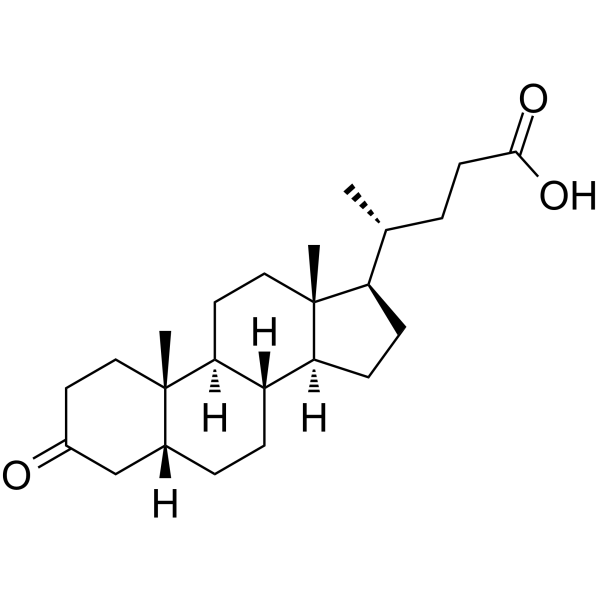
- HY-136408
-
|
Malonyl coenzyme A lithium
|
Mitochondrial Metabolism
|
Metabolic Disease
|
|
Malonyl CoA (Malonyl Coenzyme A) lithium is an inhibitor of carnitine palmitoyl transferase 1 (CPT1). High Malonyl CoA lithium concentrations suppress fatty acid oxidation, while low Malonyl CoA lithium concentrations are permissive for fat oxidation .
|
-
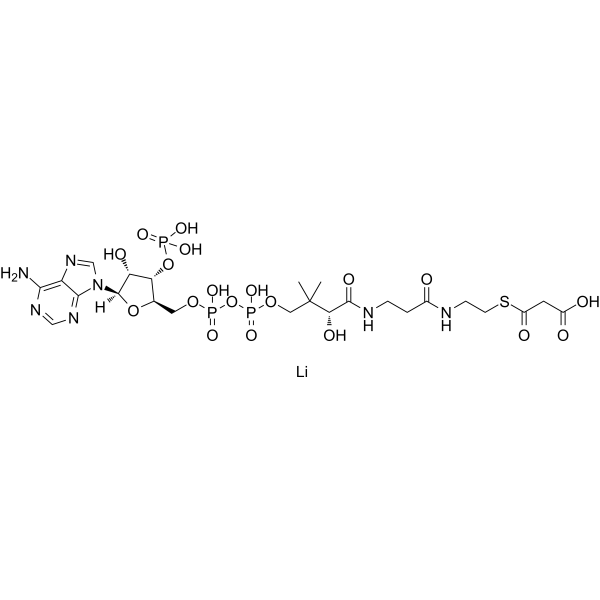
- HY-126415
-
|
|
Others
|
Cardiovascular Disease
Neurological Disease
Inflammation/Immunology
|
|
Magnesium Lithospermate B, a derivative of caffeic acid tetramer, and is extracted from Salviae miltiorrhizae. Magnesium Lithospermate B is widely used for the research of cardiovascular diseases, and it can protect against glucose-induced intracellular oxidative damage. Magnesium Lithospermate B also suppresses neuroinflammation and attenuates neurodegeneration [3].
|
-
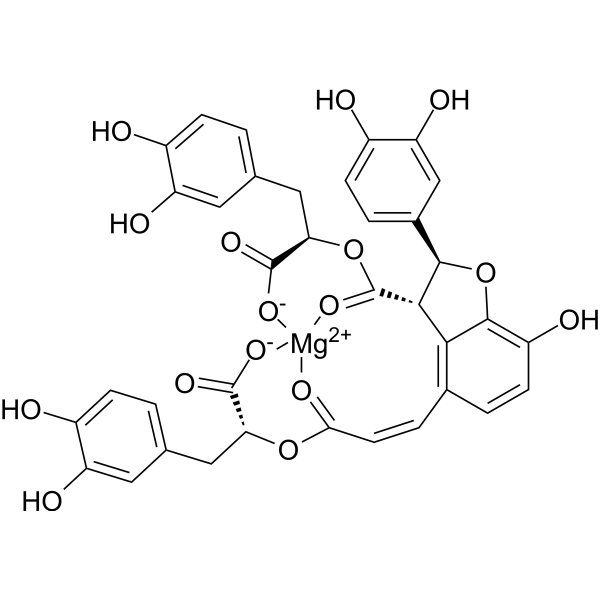
- HY-126015
-
|
|
Acyltransferase
|
Metabolic Disease
|
|
P053 is a potent, non-competitive and selective ceramide synthase 1 (CerS1) inhibitor wirh an IC50 of 0.5 μM. P053 acts as an endogenous inhibitor of mitochondrial fatty acid oxidation in muscle. Whole-body adiposity regulator .
|
-
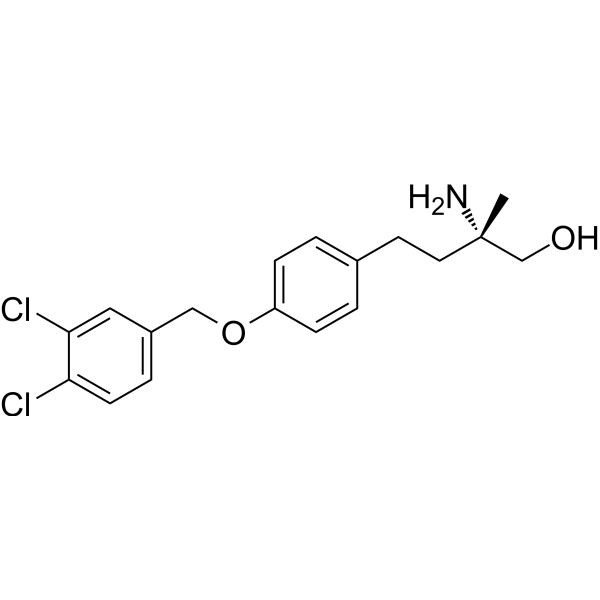
- HY-136373
-
|
|
Others
|
Others
|
|
Metazachlor is a herbicide of the chloroacetamide class. Metazachlor is an inhibitor of the synthesis of long chain fatty acids and has an effect on cell division or tissue differentiation in the germinating and emerging weed target species .
|
-
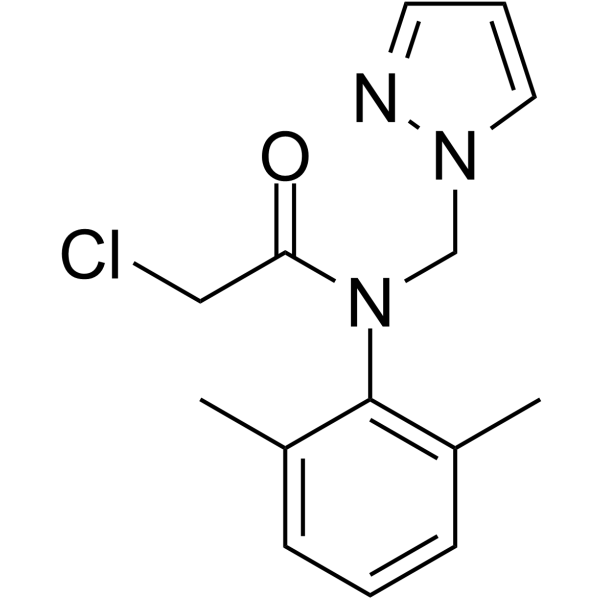
- HY-107412
-
|
PS-IX; AM114
|
Proteasome
|
Cancer
|
|
Proteasome inhibitor IX (PS-IX; AM114) is a Chalcone derivative and a chymotrypsin-like activity of the 20S proteasome inhibitor with an IC50 value of ~1 μM. Proteasome inhibitor IX exhibits HCT116 p53 +/+ cells growth inhibitory activity with an IC50 value of 1.49 μM. Proteasome inhibitor IX has potent anticancer activity .
|
-
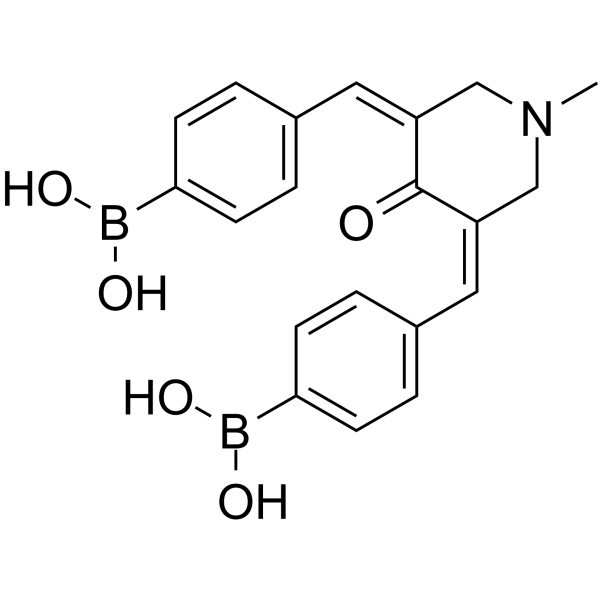
- HY-112942A
-
|
CMP-Neu5Ac sodium salt
|
Endogenous Metabolite
|
Metabolic Disease
|
|
CMP-Sialic acid (CMP-Neu5Ac) sodium salt is an allosteric inhibitor of UDP-GlcNAc 2-epimerase. CMP-Sialic acid sodium salt provides a substrate for Golgi sialyltransferases. CMP-Sialic acid sodium salt is an important sugar nucleotide for biosynthesis of sialic acid and its conjugates .
|
-
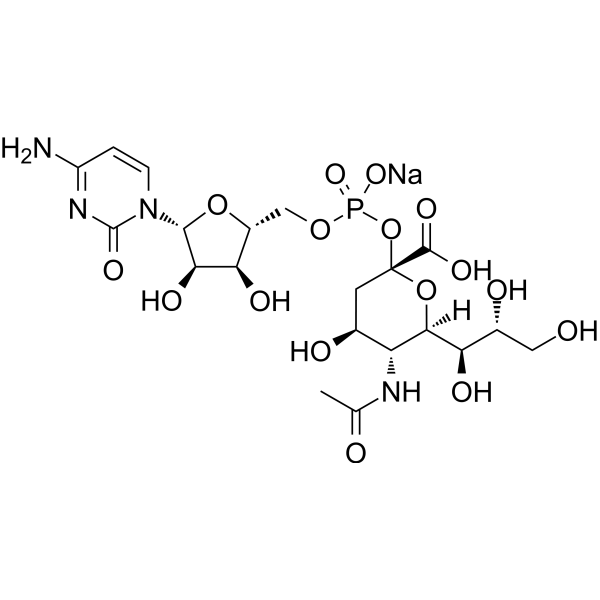
- HY-14973
-
|
AMG 853
|
Prostaglandin Receptor
|
Inflammation/Immunology
|
|
Vidupiprant (AMG 853) is a phenylacetic acid derivative. Vidupiprant is a potent and orally active CRTH2 (DP2) and prostanoid D receptor (DP or DP1) dual antagonist with IC50s of 3 nM and 4 nM in buffer, and 8 nM and 35 nM in human plasma, respectively. Vidupiprant has the potential for asthma treatment .
|
-

- HY-114360
-
|
|
Endogenous Metabolite
|
Metabolic Disease
|
|
Taurohyodeoxycholic acid is the tauroconjugated form of Hyodeoxycholic acid (HDCA, a dihydroxylated natural bile acid). Taurohyodeoxycholic acid induces a biliary phospholipid secretion and suggests a hepatoprotective potential. Taurohyodeoxycholic acid also can promote gallstone dissolution .
|
-
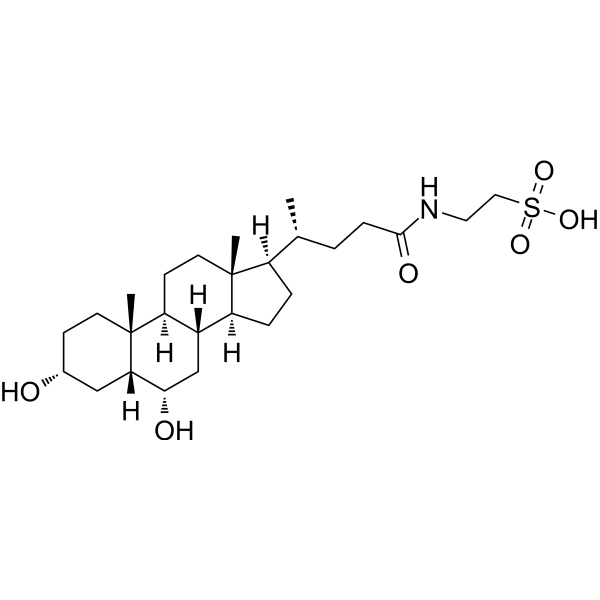
- HY-P0239A
-
|
|
Influenza Virus
|
Inflammation/Immunology
|
|
HA Peptide (TFA) is a nine amino acids peptide derived from the human influenza hemagglutinin (HA). HA Peptide (TFA) is extensively used to isolate, purify, detect, and track the protein of interest in cell biology and biochemistry [3].
|
-

- HY-132610
-
|
ALN-AS1
|
Small Interfering RNA (siRNA)
|
Neurological Disease
|
|
Givosiran (ALN-AS1) is a small interfering RNA that targets hepatic aminolevulinate synthase 1 (ALAS1) messenger RNA. Givosiran downregulates ALAS1 mRNA and prevents accumulation of neurotoxic δ-aminolevulinic acid and porphobilinogen levels. Givosiran can be used for the research of acute intermittent porphyria .
|
-

- HY-145578
-
|
X842
|
Others
|
Inflammation/Immunology
|
|
Linaprazan glurate inhibits exogenously or endogenously stimulated gastric acid secretion. Linaprazan glurate exhibits several advantageous properties, such as fast onset, high in vivo potency and/or long duration of action. Linaprazan glurate is useful in the research of gastrointestinal inflammatory diseases and peptic ulcer diseases (extracted from patent WO2010063876A1) .
|
-
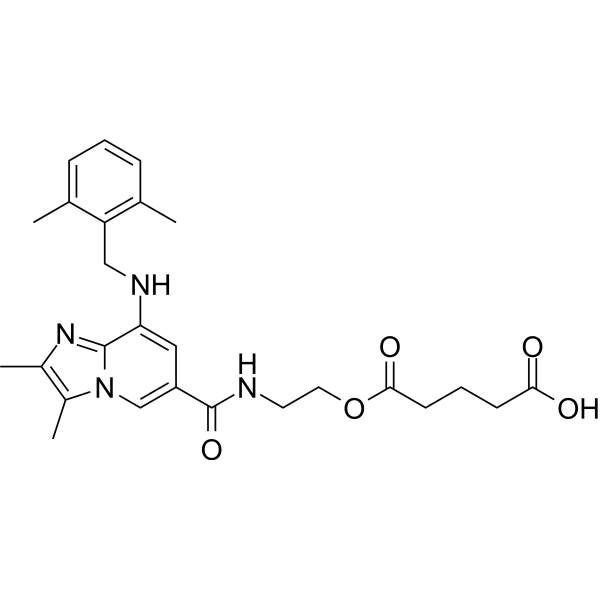
- HY-N8060A
-
|
Orotidine monophosphate trisodium; Orotidylic acid trisodium
|
Endogenous Metabolite
DNA/RNA Synthesis
|
Metabolic Disease
|
|
Orotidine 5'-monophosphate trisodium is a pyrimidine nucleotide. Orotidine 5'-monophosphate trisodium is synthesized via the de novo synthesis pathway for DNA synthesis in a large number of microorganisms including M. tuberculosis, S. cerevisiae, S. typhimurium and P. falciparum to name a few. The synthesis of orotidine 5'-monophosphate trisodium uses phosphoribosyl pyrophosphate (PRPP) and orotic acid (OA) as the substrates catalyzed by orotate phosphoribosyltransferase (OPRT) .
|
-
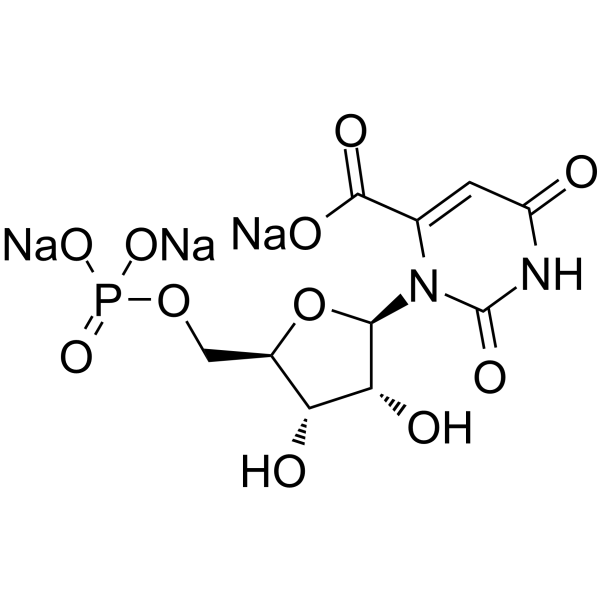
- HY-100834
-
|
5,7-DCKA
|
iGluR
|
Neurological Disease
|
|
5,7-Dichlorokynurenic acid (5,7-DCKA) is a selective and competitive antagonist of the glycine site on NMDA receptor with a KB of 65 nM. 5,7-Dichlorokynurenic acid, a derivative of kynurenic acid, reduced NMDA-induced neuron injury in rat cortical cell cultures .
|
-
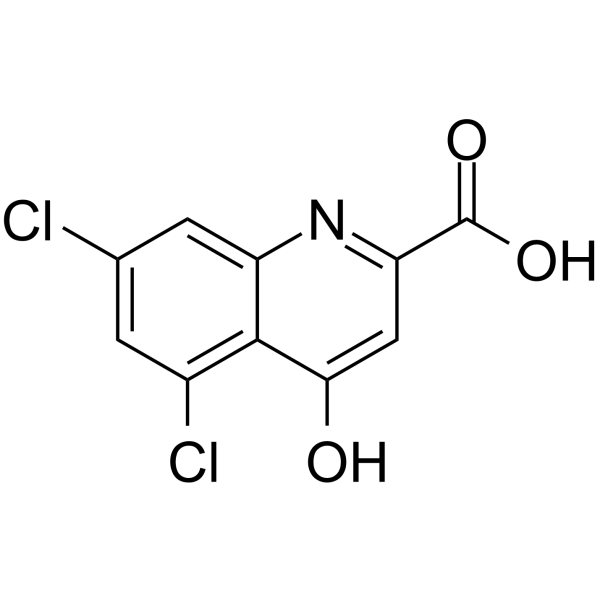
- HY-144635
-
-
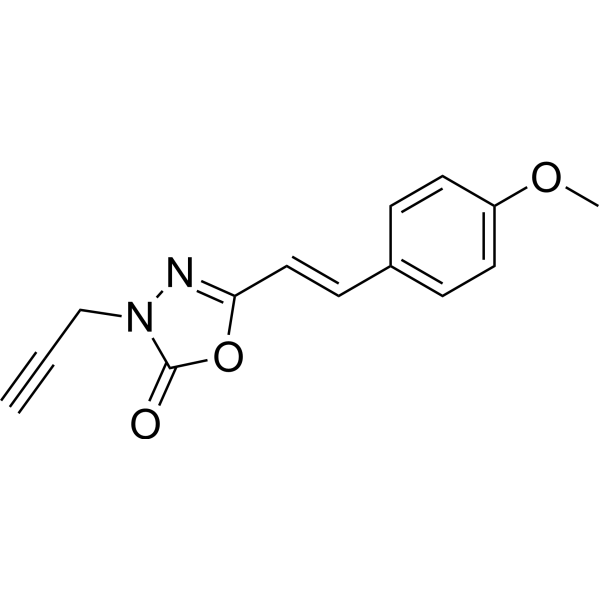
- HY-147669
-
|
|
Others
|
Neurological Disease
|
|
α-Synuclein inhibitor 7 (compound 3gf) is a potent and BBB-penetrated inhibitor of α-Synuclein (α-Syn) aggregation, with an IC50 of 1.95 μM and inhibition ratio at 30 μM of 85.8% .
|
-

- HY-147666
-
|
|
Others
|
Neurological Disease
|
|
α-Synuclein inhibitor 4 (compound 3gh) is a potent and BBB-penetrated inhibitor of α-Synuclein (α-Syn) aggregation, with an IC50 of 0.98 μM and inhibition ratio at 30 μM of 91.2% .
|
-
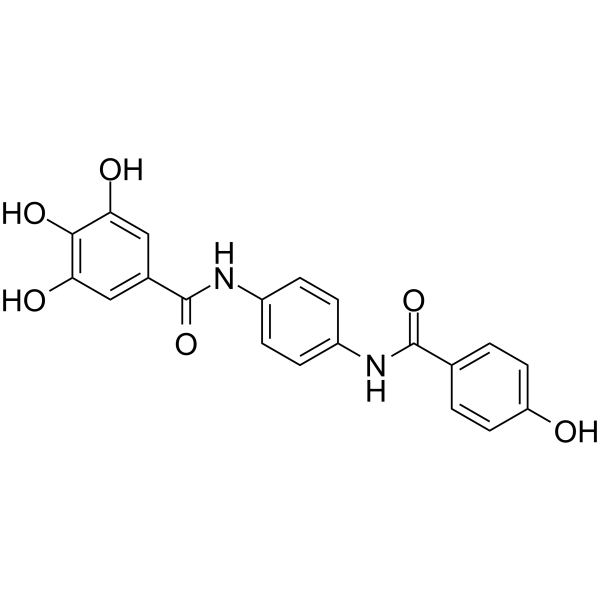
- HY-147667
-
|
|
Others
|
Neurological Disease
|
|
α-Synuclein inhibitor 5 (compound 4aa) is a potent and BBB-penetrated inhibitor of α-Synuclein (α-Syn) aggregation, with an IC50 of 1.22 μM and inhibition ratio at 30 μM of 94.3% .
|
-
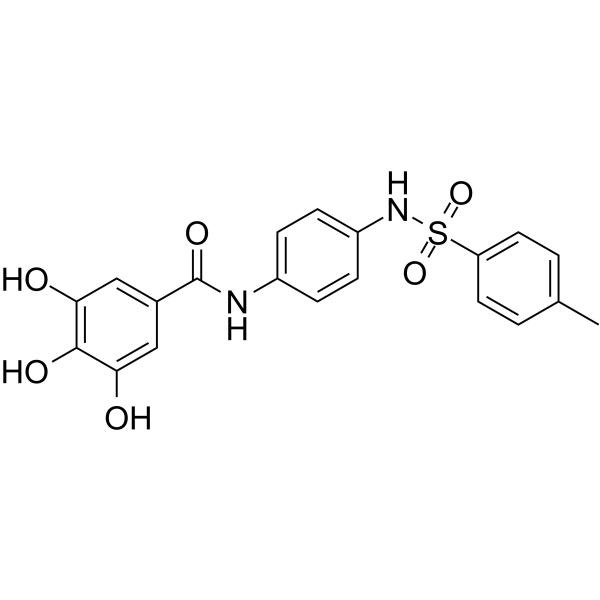
- HY-147668
-
|
|
Others
|
Neurological Disease
|
|
α-Synuclein inhibitor 6 (compound 3ge) is a potent and BBB-penetrated inhibitor of α-Synuclein (α-Syn) aggregation, with an IC50 of 1.70 μM and inhibition ratio at 30 μM of 94.4% .
|
-
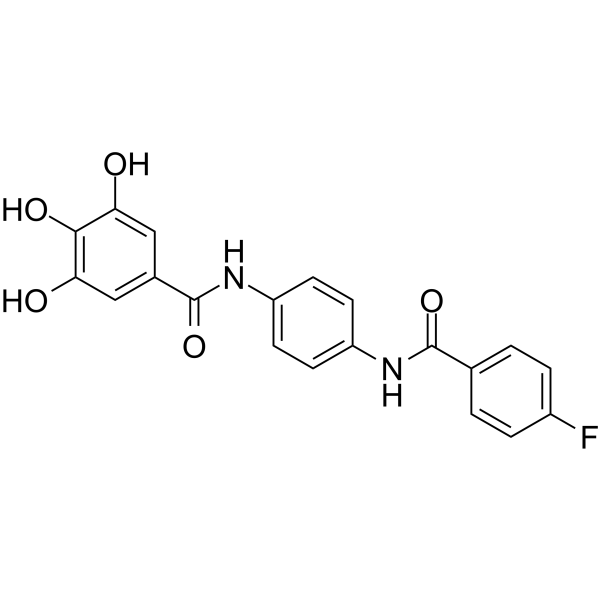
- HY-W396714
-
|
Wormwood acid sodium
|
Potassium Channel
TET Protein
|
Neurological Disease
|
|
Succinic acid sodium is a potent and orally active anxiolytic agent. Succinic acid sodium shows inhibitory effects on colonic epithelial cell proliferation in vivo. Succinic acid sodium can down-regulate the expression of KCNMB1 (potassium channel subunit β1) and TET1 (ten‑eleven translocation 1). Succinic acid sodium can be used for gestational hypertension research [3].
|
-
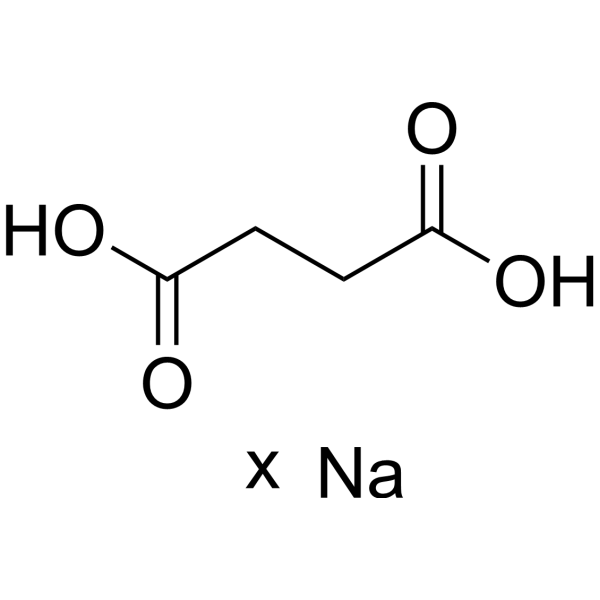
- HY-150766
-
|
|
Bacterial
|
Infection
|
|
KPC-2-IN-1, boronic acid derivative, is a potent KPC-2 inhibitor with Ki of 0.032 μM. KPC-2-IN-1 enhances the activity of cefotaxime in KPC-2 expressing E. coli. KPC-2-IN-1 exhibits well tolerated in human HEK-293 cells, which can be used for the study of E. coli resistance to β-lactam antibiotics .
|
-
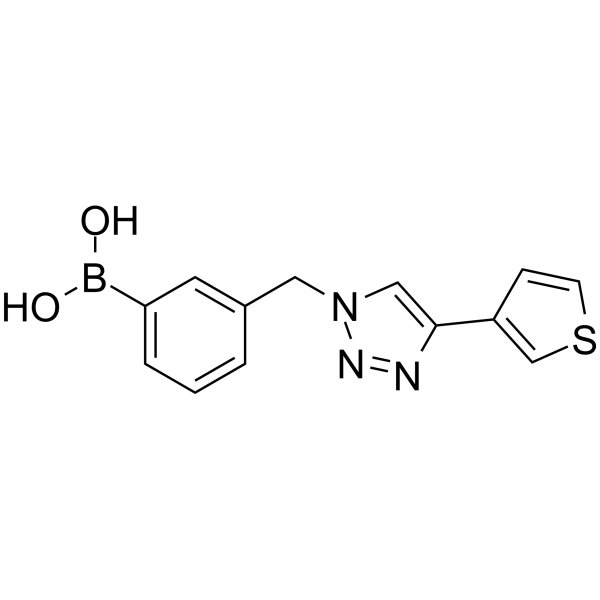
- HY-138903
-
|
L-HCA
|
iGluR
|
Neurological Disease
|
|
L-Homocysteic acid (L-HCA) is an endogenous excitatory amino acid that acts as a NMDA receptor agonist (EC50: 14 μM). L-Homocysteic acid is neurotoxic, and can be used in the research of neurological disorders [3].
|
-
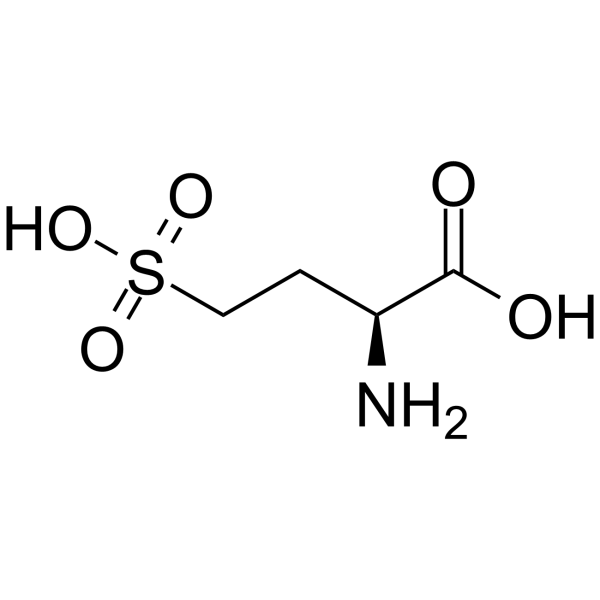
- HY-150787
-
|
|
FXR
Cytochrome P450
|
Metabolic Disease
|
|
BMS-986339 is an orally active, potent FXR agonist. BMS-986339 forms H-bond with His298 and ASN287 residues. BMS-986339 can be used in the research of primary biliary cirrhosis (PBC), primary sclerosing cholangitis (PSC), and nonalcoholic steatohepatitis (NASH), anti-fibrosis .
|
-
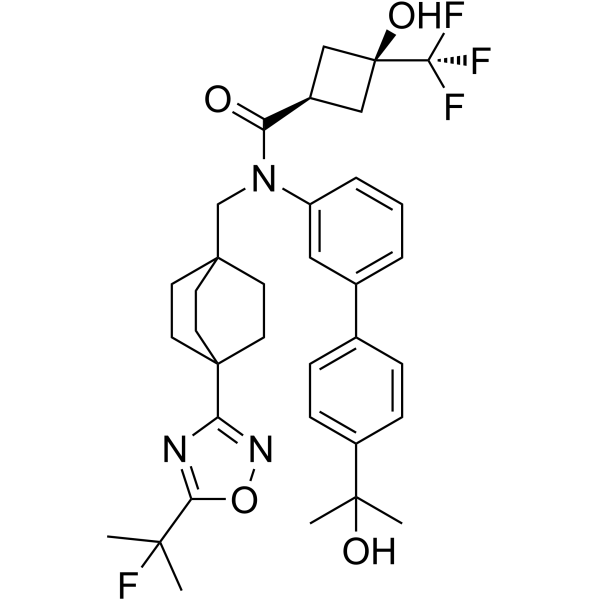
- HY-D1543
-
|
|
DNA Stain
|
Infection
|
|
Pyronin B is an organic cationic dye used for the staining of bacteria, mycobacteria and ribonucleic acids. Pyronin B is also used as a small hydrophobic (SH) protein channel inhibitor .
|
-
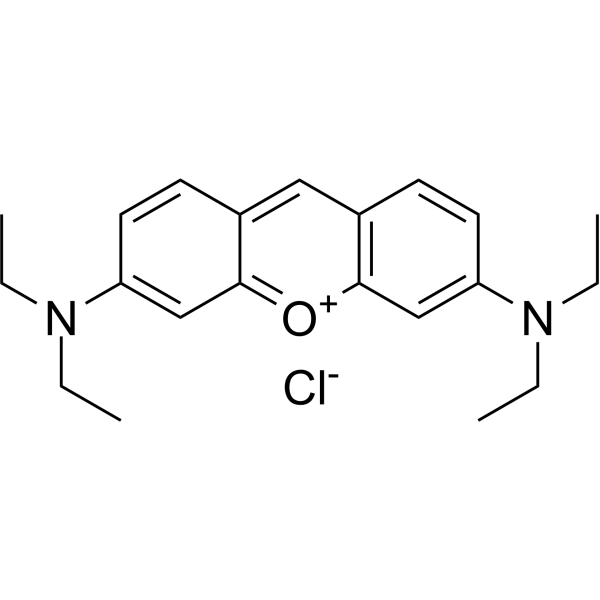
- HY-B1529A
-
-
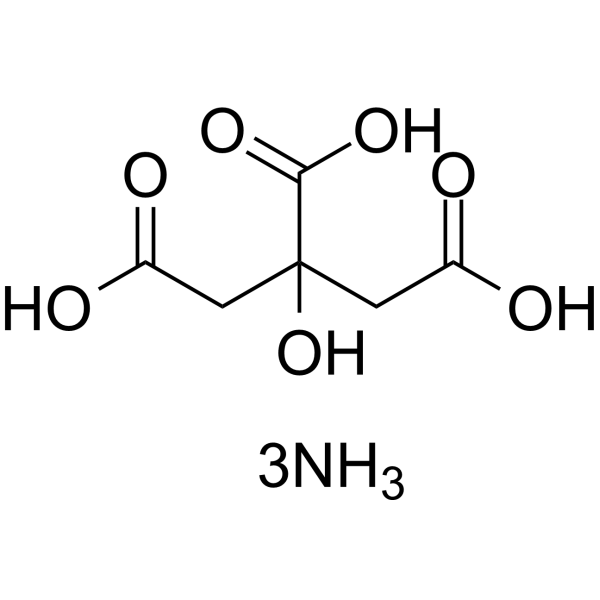
- HY-126437B
-
|
|
Biochemical Assay Reagents
|
Others
|
|
Poly-L-lysine (hydrobromide) (MW 70000-150000), a positively charged amino acid polymer, is a nonspecific attachment factor for cells. Poly-L-lysine (hydrobromide) (MW 70000-150000) has good biocompatibility. Poly-L-lysine (hydrobromide) (MW 70000-150000) is used to increase cell adhesion to solid substrates by enhancing electrostatic interaction between negatively charged ions of the cell membrane and the culture surface .
|
-

- HY-126437D
-
|
|
Biochemical Assay Reagents
|
Others
|
|
Poly-L-lysine hydrobromide (MW 150000-300000), a positively charged amino acid polymer, is a nonspecific attachment factor for cells. Poly-L-lysine hydrobromide (MW 150000-300000) has good biocompatibility. Poly-L-lysine hydrobromide (MW 150000-300000) is used to increase cell adhesion to solid substrates by enhancing electrostatic interaction between negatively charged ions of the cell membrane and the culture surface .
|
-
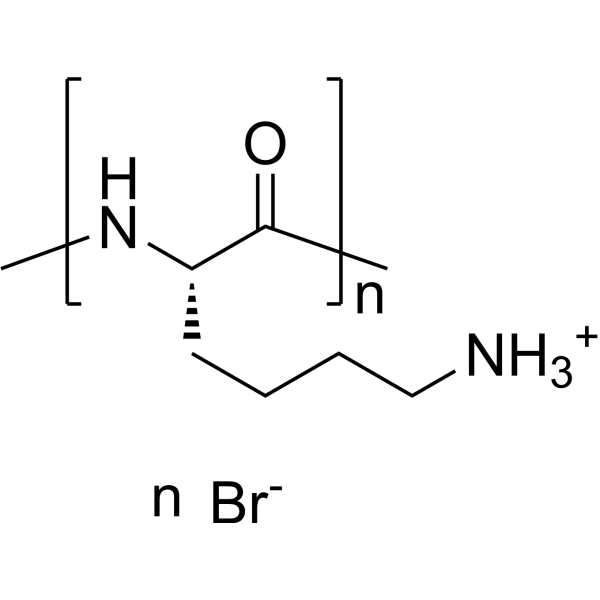
- HY-119524
-
|
|
Others
|
Metabolic Disease
|
|
Clofibride is an orally active hypolipaemic agent of pchlorophenoxyisobutyric type. Clofibride has weak toxicity and marked hypocholesterolaemic and hypotriglyceridaemic activity. Clofibride is converted into 4-chlorophenoxyisobutyric acid (CPIB) and 4-hydroxy-N-dimethylbutyramide (HMB) in vivo .
|
-
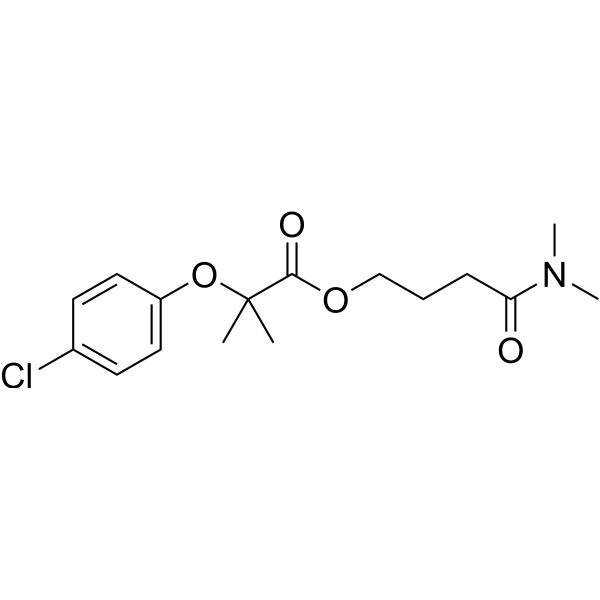
- HY-P3695
-
|
|
FGFR
|
Cancer
|
|
VSPPLTLGQLLS is a small peptide FGFR3 inhibitor, peptide P3, inhibits FGFR3 phosphorylation. VSPPLTLGQLLS inhibits 9-cisRA-induced tracheal lymphangiogenesis and blocks lymphatic endothelial cell (LEC) proliferation, migration, and tubule formation .
|
-

- HY-P3695A
-
|
|
FGFR
|
Cancer
|
|
VSPPLTLGQLLS TFA is a small peptide FGFR3 inhibitor, peptide P3, inhibits FGFR3 phosphorylation. VSPPLTLGQLLS TFA inhibits 9-cisRA-induced tracheal lymphangiogenesis and blocks lymphatic endothelial cell (LEC) proliferation, migration, and tubule formation .
|
-

- HY-151780
-
|
|
ADC Linker
|
Others
|
|
Fmoc-L-Dap(Pentynoyl)-OH is a click chemistry reagent containing an azide group. Fmoc-L-Dap(Pentynoyl)-OH serves as an amino acid building block for introducing alkyne functions into peptide sequences by standard Fmoc/tBu protocols. The alkyne residue can be engaged for copper catalyzed click reaction with organic azides or with tetrazines for copper-free conjugations . Fmoc-L-Dap(Pentynoyl)-OH is a click chemistry reagent, it contains an Alkyne group and can undergo copper-catalyzed azide-alkyne cycloaddition (CuAAc) with molecules containing Azide groups.
|
-
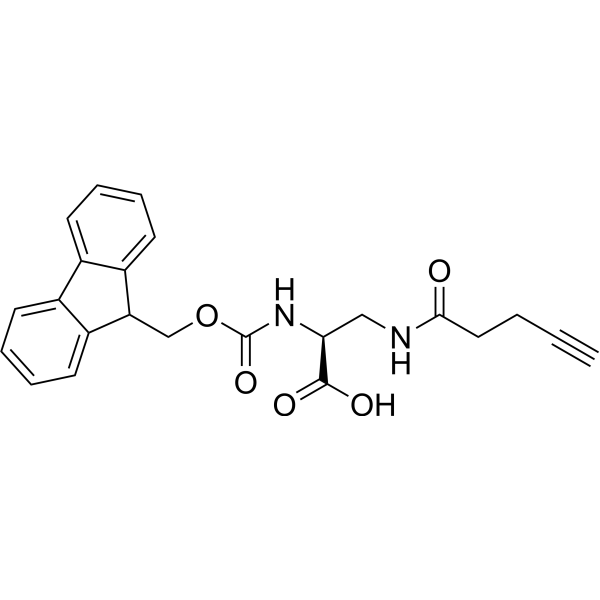
- HY-P3732
-
|
|
Integrin
|
Cancer
|
|
RGD-4C is a arginine-glycine-aspartic acid peptide (ACDCRGDCFC) with integrin binding activity. The Arg-Gly-Asp (RGD) sequence serves as the primary integrin recognition site in extracellular matrix proteins, and peptides containing this sequence can mimic the recognition specificity of the matrix proteins. RGD-4C is a αv-integrin ligand, can conjugate with bioactive molecule to exert antitumor effects in animal models [3].
|
-

- HY-E70003
-
|
|
Biochemical Assay Reagents
|
Endocrinology
|
|
Glutamate dehydrogenase is an enzyme in both prokaryotes and eukaryotic mitochondria. Glutamate dehydrogenase can be used for the enzymatic determination of ammonia, alpha-ketoglutaric acid, L-glutamate and urease .
|
-
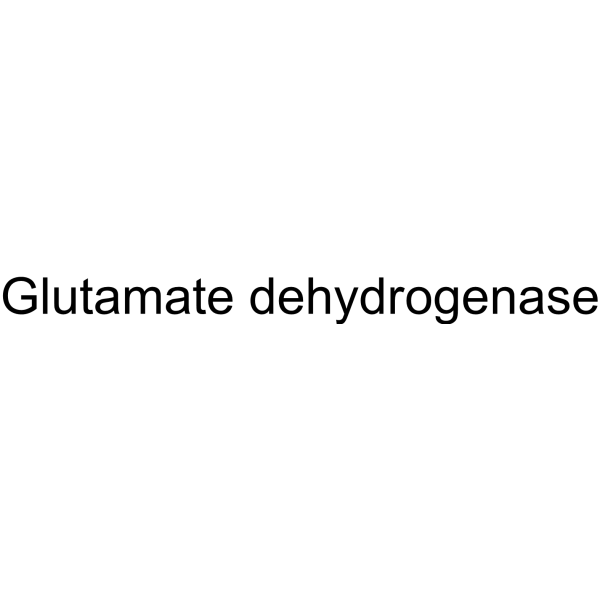
- HY-113335
-
|
Coprocholic acid
|
Endogenous Metabolite
|
Inflammation/Immunology
|
|
Trihydroxycholestanoic acid is an endogenous metabolite present in Blood that can be used for the research of Zellweger Syndrome, Refsum Disease, D Bifunctional Protein Deficiency and Infantile Refsum Disease [3] .
|
-
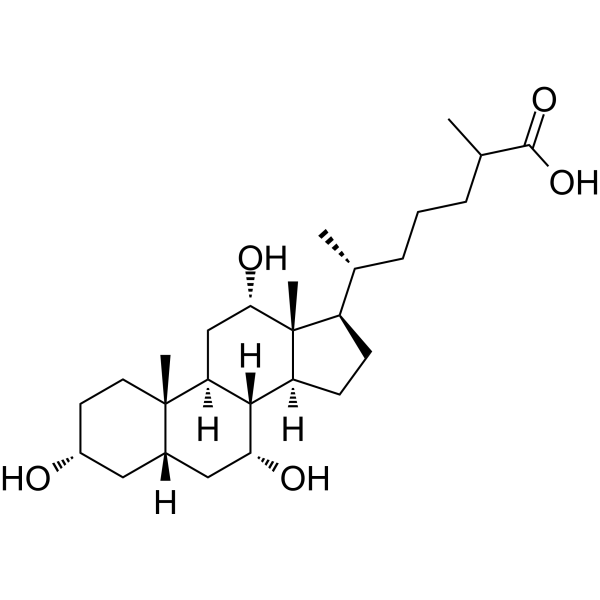
- HY-112942
-
|
CMP-Neu5Ac
|
Endogenous Metabolite
|
Metabolic Disease
|
|
CMP-Sialic acid (CMP-Neu5Ac) is an allosteric inhibitor of UDP-GlcNAc 2-epimerase. CMP-Sialic acid provides a substrate for Golgi sialyltransferases. CMP-Sialic acid is an important sugar nucleotide for biosynthesis of sialic acid and its conjugates .
|
-

- HY-153219A
-
|
|
Potassium Channel
|
Endocrinology
|
|
P-CAB agent 2 is a potent and orally active potassium-competitive acid blocker and a gastric acid secretion inhibitor. P-CAB agent 2 inhibits H +/K +-ATPase activity with an IC50 value of <100 nM. P-CAB agent 2 inhibits the hERG potassium channel with an IC50 value of 18.69 M. P-CAB agent 2 shows no acute toxicity and inhibits histamine (HY-B1204)-induced gastric acid secretion .
|
-
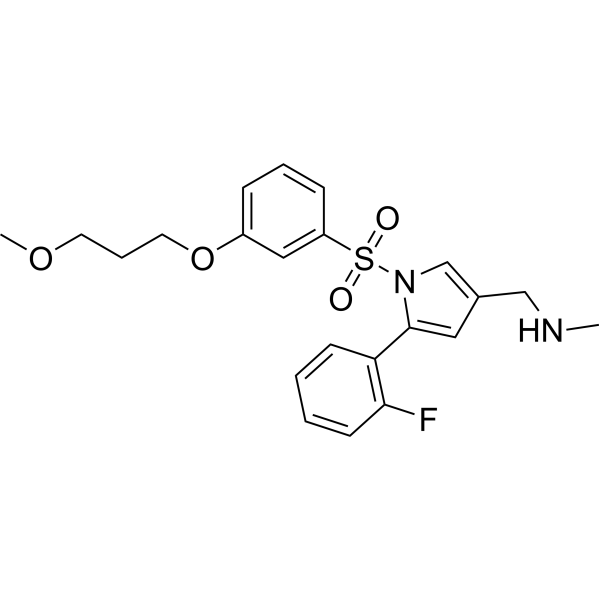
- HY-153219
-
|
|
Potassium Channel
|
Endocrinology
|
|
P-CAB agent 2 hydrochloride is a potent and orally active potassium-competitive acid blocker and a gastric acid secretion inhibitor. P-CAB agent 2 hydrochloride inhibits H +/K +-ATPase activity with an IC50 value of <100 nM. P-CAB agent 2 hydrochloride inhibits the hERG potassium channel with an IC50 value of 18.69 M. P-CAB agent 2 hydrochloride shows no acute toxicity and inhibits histamine (HY-B1204)-induced gastric acid secretion .
|
-
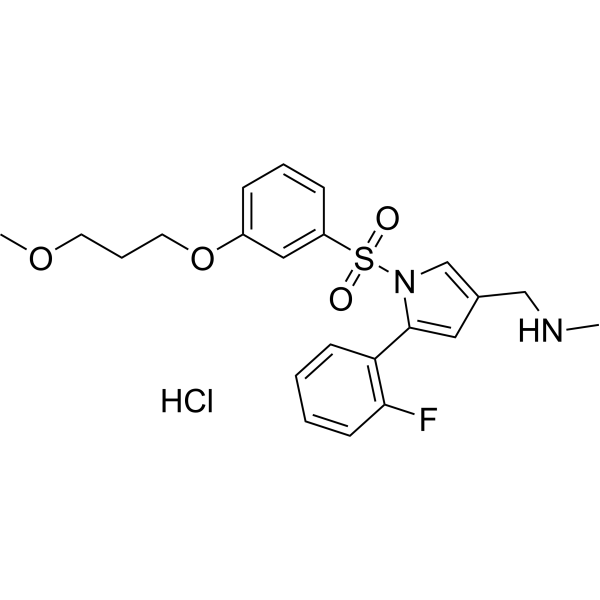
- HY-118469
-
|
11925 C; Entronon
|
Others
|
Others
|
|
Phanquone (11925 C; Entronon) derives from a hydride of a 4,7-phenanthroline. Phanquone is applied as an original precolumn derivatization reagent for amino acids .
|
-
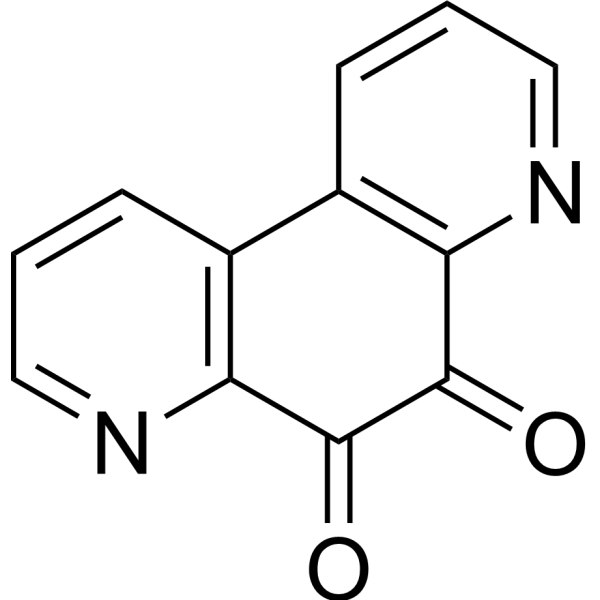
- HY-N12012
-
|
11-Dehydroxy-mogroside IIA2 O-rhamnoside
|
Others
|
Others
|
|
11-Oxomogroside II A2 (11-Dehydroxy-mogroside IIA2 O-rhamnoside) (compound 101) is a mogroside isolated from the fruit of Luo Han Guo .
|
-

- HY-139606
-
|
|
p97
|
Cancer
|
|
VCP/p97 inhibitor-1 is a potent inhibitor of VCP/p97 (also called Cdc48, CDC-. 48, or Ter94) with an IC50 of 54.7 nM. VCP/p97 inhibitor-1 causes the dysregulation of protein homeostasis and disturbs the degradation of misfolded polypeptides by the ubiquitin-proteasome system (UPS) .
|
-
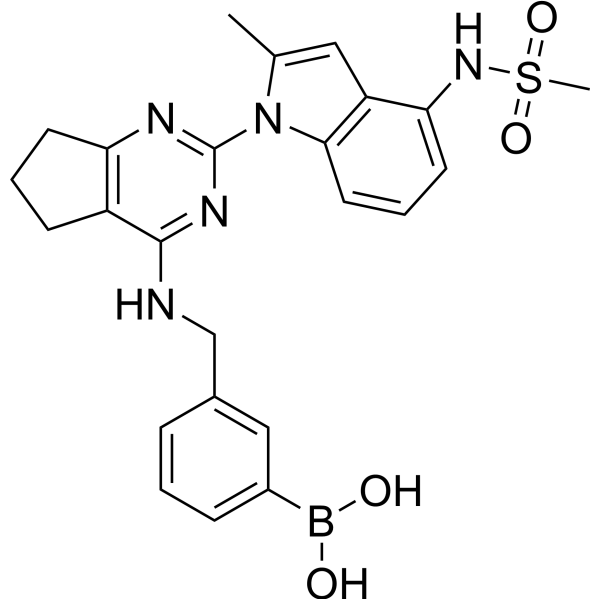
- HY-110334
-
|
|
Others
|
Others
|
|
FFN 206 dihydrochloride, a fluorescent probe, is used as an excellent Vesicular Monoamine Transporter 2 (VMAT2) substrate with an apparent Km of 1.16 μM. FFN 206 dihydrochloride is capable of detecting VMAT2 activity in intact cells using fluorescence microscopy, with subcellular localization to VMAT2-expressing acidic compartments without apparent labeling of other organelles .
|
-
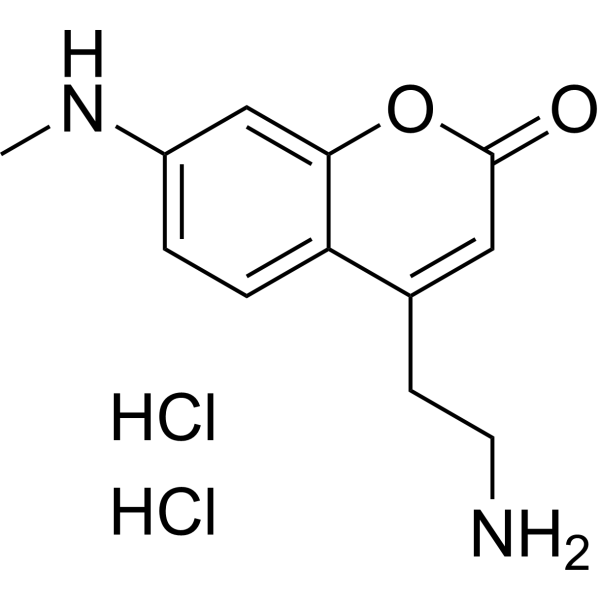
- HY-157223
-
-
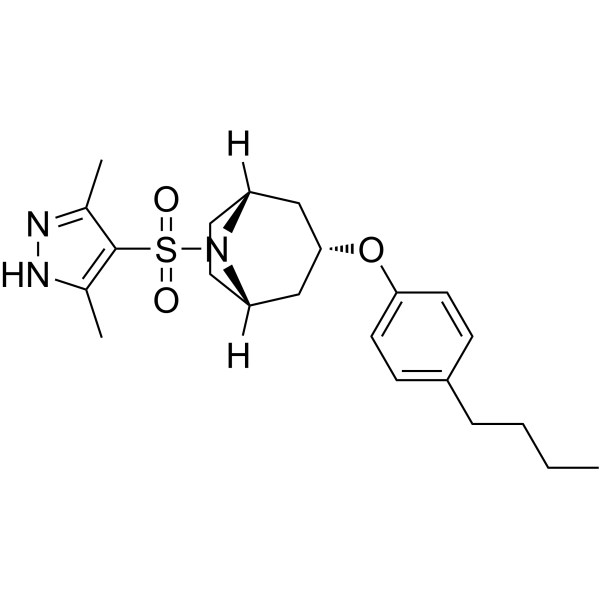
- HY-130323
-
|
|
Bacterial
|
Infection
|
|
13-HPOT, a linolenic fatty acid hydroperoxide, is an antibacterial agent. 13-HPOT has a strong dose response effect on three plant pathogen gram negative bacteria: Pectobacterium carotovorum, Pseudomonas syringae and Xanthomonas translucens. 13-HPOT can interact with the lipid representative of the inner bacterial plasma membrane .
|
-
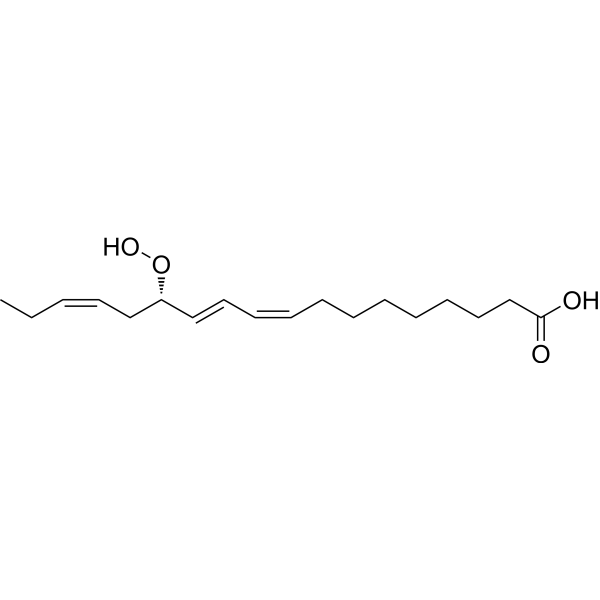
- HY-113256
-
|
|
Others
|
Metabolic Disease
|
|
Linoleyl carnitine is an acylcarnitine used to study long-chain 3-hydroxyacyl-CoA dehydrogenase deficiency and fatty acid oxidation disorders in fibroblasts .
|
-

- HY-163188
-
|
|
COX
Lipoxygenase
|
Inflammation/Immunology
|
|
COX-2/LOX-IN-2 (compound 6) is a dual inhibitor of COX-2/LOX with IC50s of 7.0 μM and 27.5 μM, respectively. COX-2/LOX-IN-2 has antioxidant activity and has the potential to be used in the development of nonsteroidal anti-inflammatory drugs (tNSAIDs) .
|
-

- HY-116050A
-
|
|
Others
|
Others
|
|
17R-HETE is an arachidonic acid metabolite through cytochrome P-450 pathways. 17R-HETE exhibits efficacy in inducing cardic hypertrophy with less efficiency with compared to 17S-HETE .
|
-
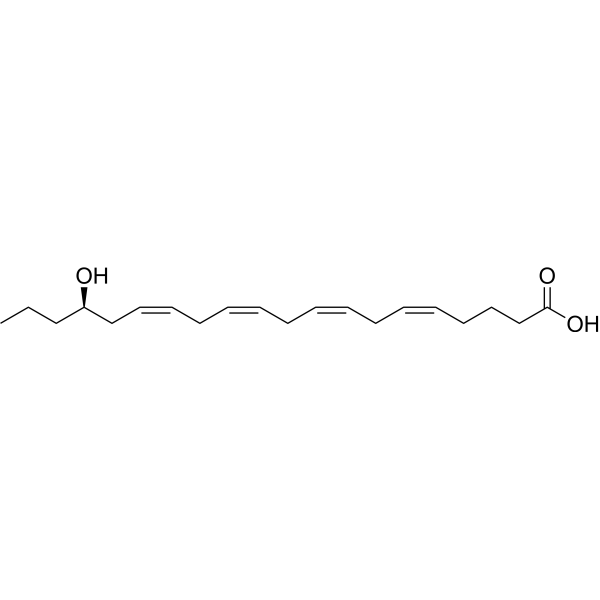
- HY-132610A
-
|
ALN-AS1 sodium
|
Small Interfering RNA (siRNA)
|
Neurological Disease
|
|
Givosiran sodium is a small interfering RNA that targets hepatic aminolevulinate synthase 1 (ALAS1) messenger RNA. Givosiran sodium downregulates ALAS1 mRNA and prevents accumulation of neurotoxic δ-aminolevulinic acid and porphobilinogen levels. Givosiran sodium can be used for the research of acute intermittent porphyria .
|
-

- HY-13212
-
|
cis-2-Decenoic acid
|
Others
|
Cancer
|
|
(Z)-2-decenoic acid (cis-2-Decenoic acid) is an unsaturated fatty acid produced by Pseudomonas aeruginosa. (Z)-2-decenoic acid induces a dispersion response in biofilms formed by a range of gram-negative bacteria, including P. aeruginosa, and by gram-positive bacteria. (Z)-2-decenoic acid inhibits biofilm development .
|
-

- HY-B0007
-
|
|
GABA Receptor
|
Neurological Disease
|
|
Baclofen, a lipophilic derivative of γ-aminobutyric acid (GABA), is an orally active, selective metabotropic GABAB receptor (GABABR) agonist. Baclofen mimics the action of GABA and produces slow presynaptic inhibition through the GABAB receptor. Baclofen has high blood brain barrier penetrance. Baclofen has the potential for muscle spasticity research [3].
|
-
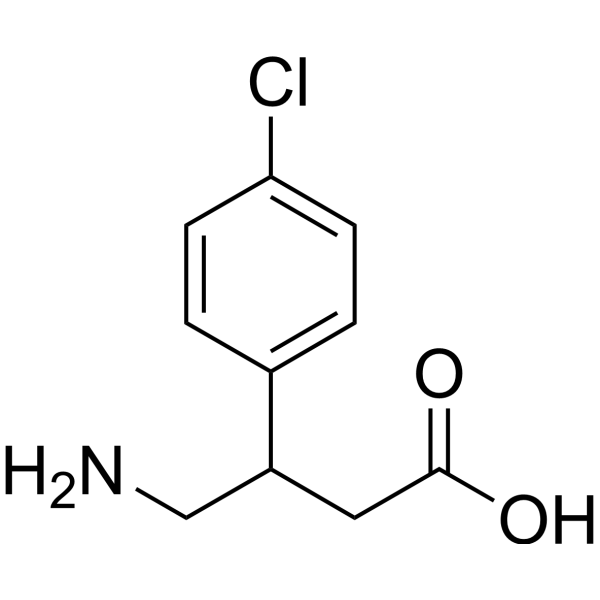
- HY-15259A
-
|
|
Acetyl-CoA Carboxylase
|
Metabolic Disease
|
|
CP-640186 hydrochloride is an orally active and cell-permeable Acetyl-CoA carboxylase (ACC) inhibitor with IC50s of 53 nM and 61 nM for rat liver ACC1 and rat skeletal muscle ACC2 respectively. Acetyl-CoA carboxylase (ACC) is a key enzyme of fatty acid metabolism that enables the synthesis of malonyl-CoA. CP-640186 hydrochloride can also stimulate muscle fatty acid oxidation .
|
-

- HY-50202A
-
|
(R)-(+)-Etomoxir sodium salt
|
Apoptosis
|
Metabolic Disease
Cancer
|
|
Etomoxir((R)-(+)-Etomoxir) sodium salt is an irreversible inhibitor of carnitine palmitoyltransferase 1a (CPT-1a), inhibits fatty acid oxidation (FAO) through CPT-1a and inhibits palmitate β-oxidation in human, rat and guinea pig .
|
-

- HY-B0218
-
|
Tetrahydrolipstatin; Ro-18-0647
|
Fatty Acid Synthase (FASN)
Apoptosis
|
Metabolic Disease
Cancer
|
|
Orlistat (Tetrahydrolipstatin) is a well-known irreversible inhibitor of pancreatic and gastric lipases. Orlistat is also an inhibitor of fatty acid synthase (FASN), is used orally for long-term research of obesity . Anti-atherosclerotic effect .
|
-
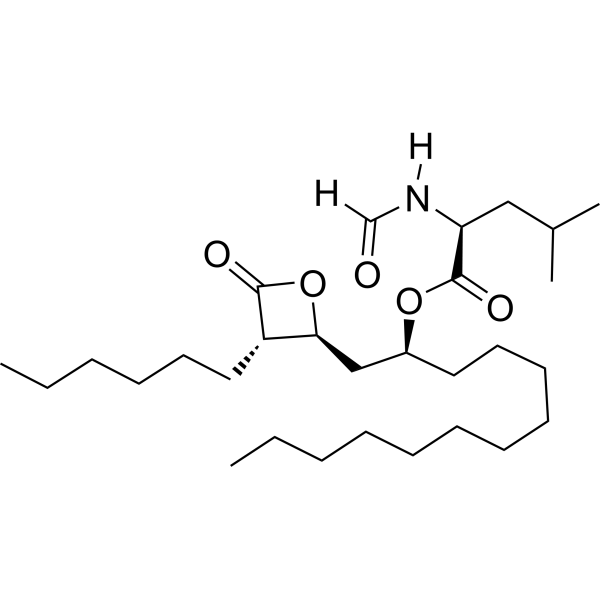
- HY-P1535
-
|
Porcine secretin acetate
|
Secretin Receptor
|
Inflammation/Immunology
|
|
Secretin, porcine (Porcine secretin acetate) is a 27-amino acid peptide, acting on pancreatic acinar cells and ductal epithelial cells stimulating the production of bicarbonate rich fluid.
|
-
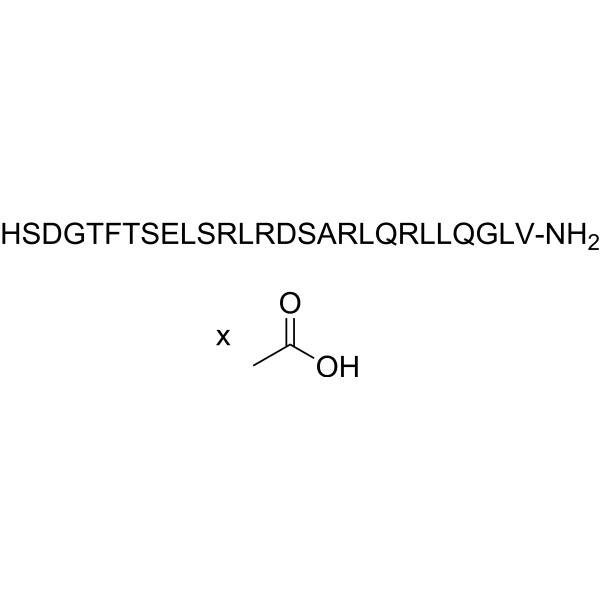
- HY-B0007S
-
|
|
GABA Receptor
|
Neurological Disease
|
|
Baclofen-d4 is the deuterium labeled Baclofen. Baclofen, a lipophilic derivative of γ-aminobutyric acid (GABA), is an orally active, selective metabotropic GABAB receptor (GABABR) agonist. Baclofen mimics the action of GABA and produces slow presynaptic inhibition through the GABAB receptor. Baclofen has high blood brain barrier penetrance. Baclofen has the potential for muscle spasticity research[1][2][3].
|
-

- HY-109124
-
|
VNRX-5133
|
Beta-lactamase
Bacterial
|
Infection
|
|
Taniborbactam (VNRX-5133) is a reversible and selective boronic acid-containing pan-spectrum β-lactamase inhibitor with IC50s of 8-530 nM. Taniborbactam has IC50s of 30 nM, 32 nM, 42 nM, 20 nM for KPC-2, AmpC, OXA-48, and VIM-2. Taniborbactam is against Gram-negative bacteria .
|
-
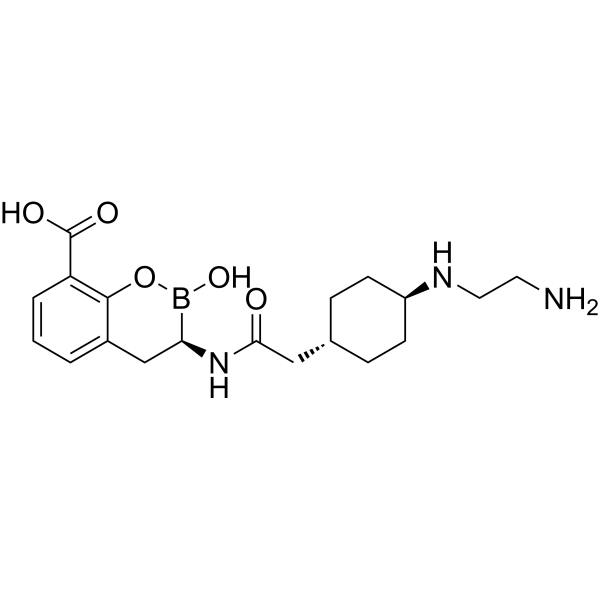
- HY-133552
-
|
|
ROR
|
Inflammation/Immunology
|
|
RORγt Inverse agonist 10 is a potent and orally bioavailable RORγt (retinoic acid receptor-related orphan nuclear receptor gamma t) inverse agonist, with an IC50 of 51 nM. RORγt is a major transcription factor of genes related to psoriasis pathogenesis such as IL-17A, IL-22, and IL-23R
|
-
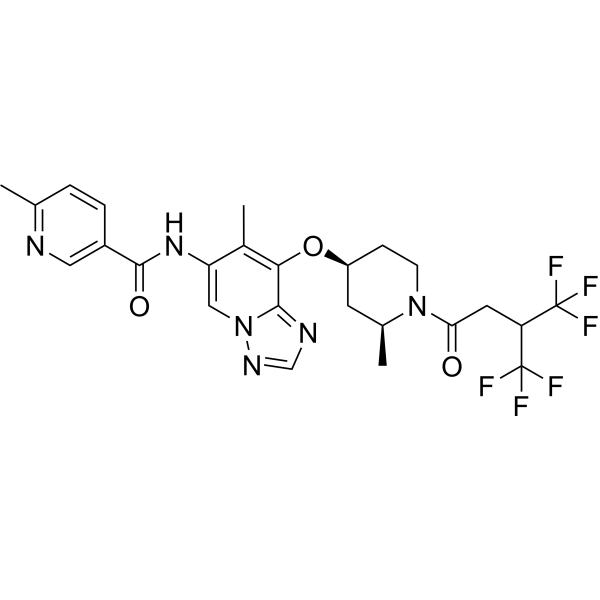
- HY-Y0585
-
|
(R)-(-)-Mandelic acid
|
Others
|
Inflammation/Immunology
|
|
D-(-)-Mandelic acid is the isomer of Mandelic acid (HY-W015591). Mandelic acid is an orally active α hydroxycarboxylic acid that can be isolated from bitter almonds and Aesculus indica. Mandelic acid has anti-oxidant and anti-inflammatory activities. Mandelic acid reduces the liberation of auto-antigens, oxygen free radicals and proinflammatory mediators resulting in inhibition of protein denaturation, which is favorable in dismissing the pain related with arthritis [3].
|
-
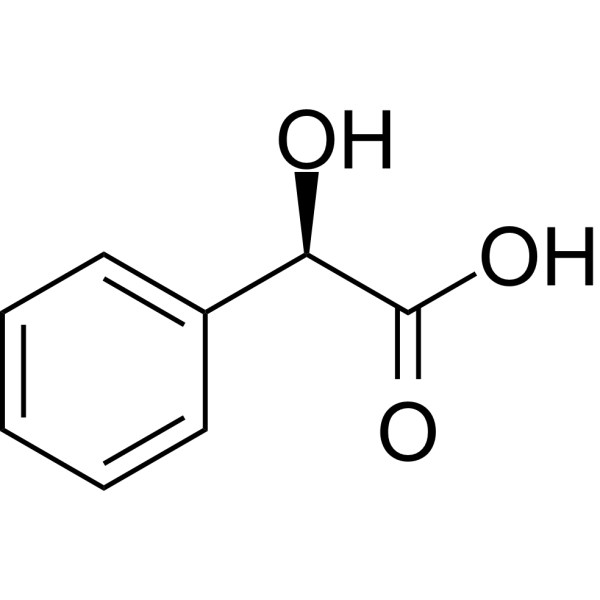
- HY-P1535A
-
|
Porcine secretin TFA
|
Secretin Receptor
|
Inflammation/Immunology
|
|
Secretin, porcine TFA (Porcine secretin TFA) is a 27-amino acid peptide, acting on pancreatic acinar cells and ductal epithelial cells stimulating the production of bicarbonate rich fluid .
|
-
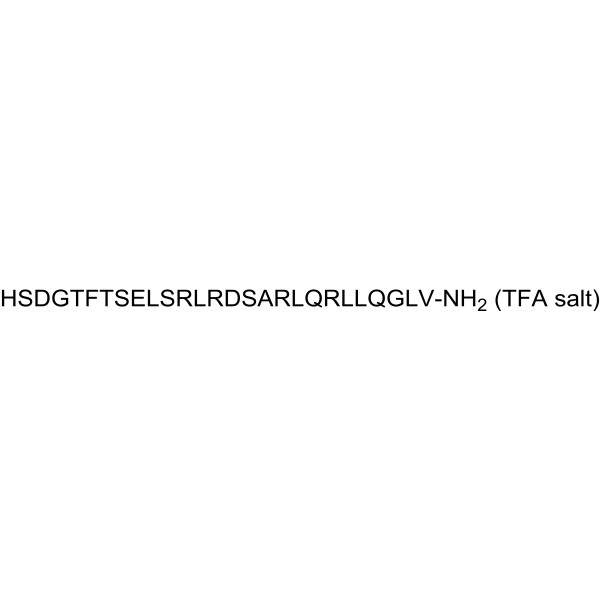
- HY-N6036
-
|
|
Others
|
Cancer
|
|
Ganoderic acid F is a ganoderic acid. Ganoderic acid F exhibits antitumor and antimetastatic activities through inhibition of angiogenesis and alteration of proteins involving cell proliferation and/or cell death, carcinogenesis, oxidative stress, calcium signaling, and endoplasmic reticulum stress .
|
-
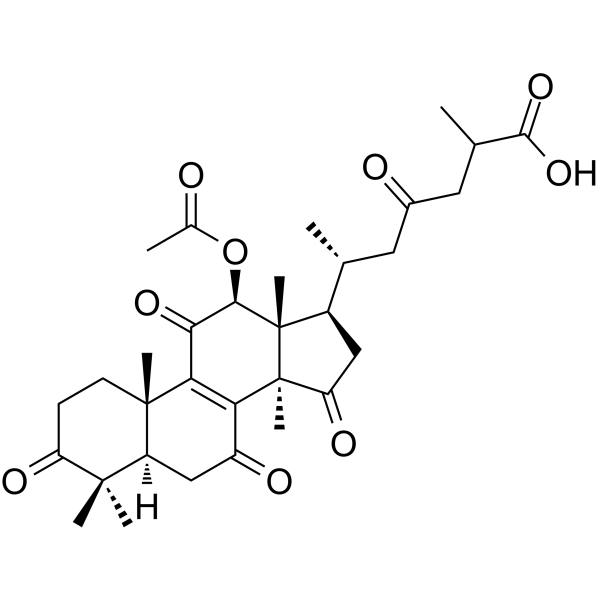
- HY-W019870
-
|
|
Others
|
Neurological Disease
|
|
Glufosinate ammonium, a phosphinic acid analogue of glutamic acid, is an herbicide which is converted by plant cells into PT (L-phosphinothricin). Glufosinate ammonium exerts neurotoxic activity .
|
-

- HY-W019870A
-
|
|
Others
|
Neurological Disease
|
|
Glufosinate, a phosphinic acid analogue of glutamic acid, is a herbicide which is converted by plant cells into PT (L-phosphinothricin). Glufosinate exerts neurotoxic activity .
|
-
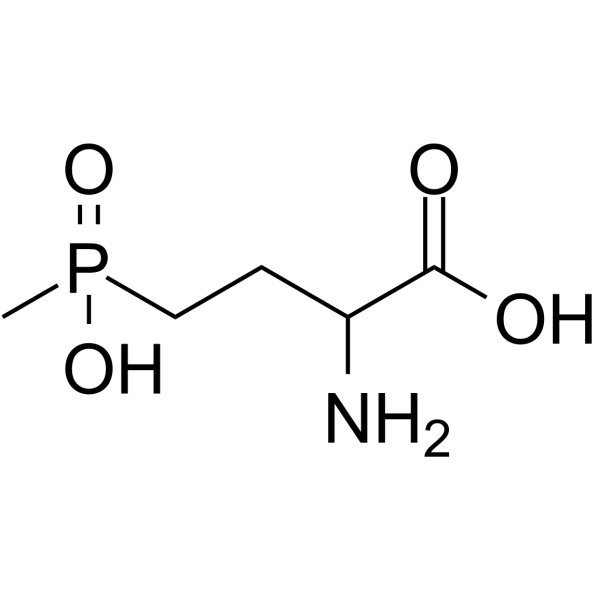
- HY-B1684
-
|
SQ 26962
|
Biochemical Assay Reagents
|
Others
|
|
Mebrofenin (SQ 26962) is a type of iminodiacetic acid (IDA). Mebrofenin is available as a ready to use the kit for radio-labeling with Tc-99m. Tc-99m Mebrofenin, a diagnostic agent, is used for hepatobiliary imaging. Tc-99m Mebrofenin is the radiopharmaceutical of choice for the evaluation of hepatic function .
|
-
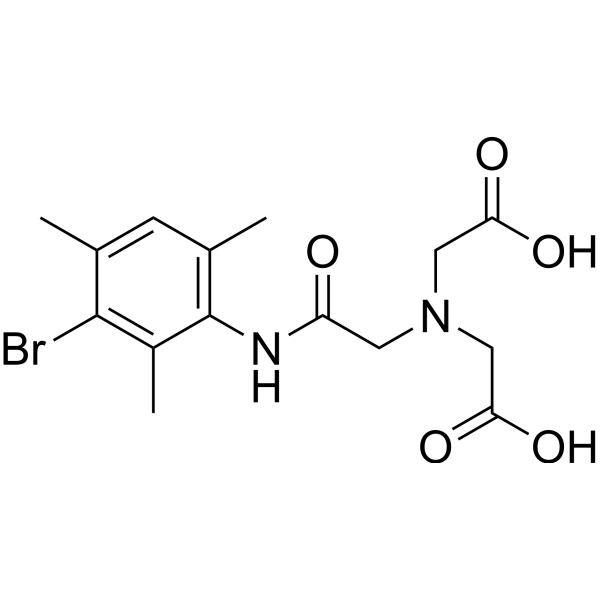
- HY-N0301
-
|
|
GABA Receptor
|
Neurological Disease
Inflammation/Immunology
|
|
Thiocolchicoside is a competitive γ-aminobutyric acid type A (GABAA) receptor antagonist and glycine receptor agonist in the central nervous system. Thiocolchicoside is a semisynthetic sulfur derivative of colchicoside. Thiocolchicoside is a muscle relaxant and has anti-inflammatory, and analgesic properties .
|
-

- HY-109124A
-
|
VNRX-5133 hydrochloride
|
Beta-lactamase
Bacterial
|
Infection
|
|
Taniborbactam hydrochloride (VNRX-5133 hydrochloride) is a reversible and selective boronic acid-containing pan-spectrum β-lactamase inhibitor with IC50s of 8-530 nM. Taniborbactam hydrochloride has IC50s of 30 nM, 32 nM, 42 nM, 20 nM for KPC-2, AmpC, OXA-48, and VIM-2. Taniborbactam hydrochloride is against Gram-negative bacteria .
|
-

- HY-N2417
-
|
|
Bacterial
|
Infection
|
|
Stearyl glycyrrhetinate, a major component in licorice extract, has a MIC against S. aureus strains of more than 256 mg/L. Stearyl glycyrrhetinate has antibacterial effects .
|
-

- HY-15259
-
|
|
Acetyl-CoA Carboxylase
|
Metabolic Disease
|
|
CP-640186 is an orally active and cell-permeable Acetyl-CoA carboxylase (ACC) inhibitor with IC50s of 53 nM and 61 nM for rat liver ACC1 and rat skeletal muscle ACC2 respectively. Acetyl-CoA carboxylase (ACC) is a key enzyme of fatty acid metabolism that enables the synthesis of malonyl-CoA. CP-640186 can also stimulate muscle fatty acid oxidation .
|
-

- HY-15870
-
|
|
AP-1
|
Inflammation/Immunology
Cancer
|
|
SR 11302 is an activator protein-1 (AP-1) transcription factor inhibitor. SR 11302 is a retinoid that specifically inhibits AP-1 activity without activating the transcription of retinoic acid response element (RARE) .
|
-
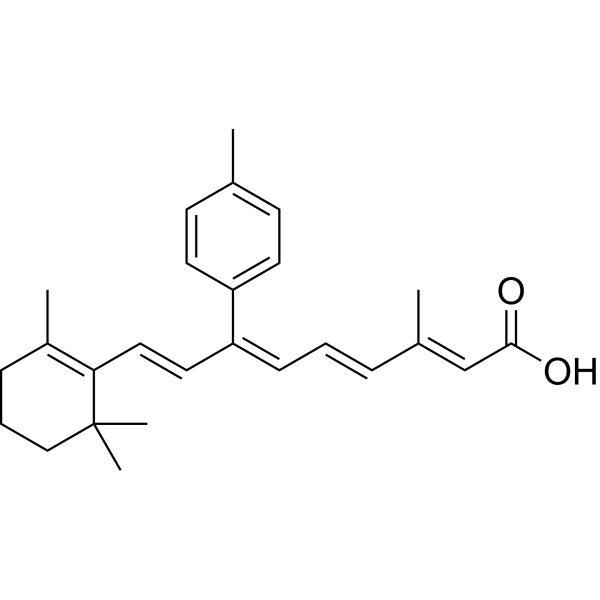
- HY-125469
-
|
PF-04895162
|
Potassium Channel
|
Neurological Disease
|
|
ICA-105665 (PF-04895162) is a potent and orally active neuronal Kv7.2/7.3 and Kv7.3/7.5 potassium channels opener. ICA-105665 inhibits liver mitochondrial function and bile salt export protein (BSEP) transport (IC50 of 311 μM). ICA-105665 can penetrate the blood-brain barrier and has antiseizure effects [3] .
|
-
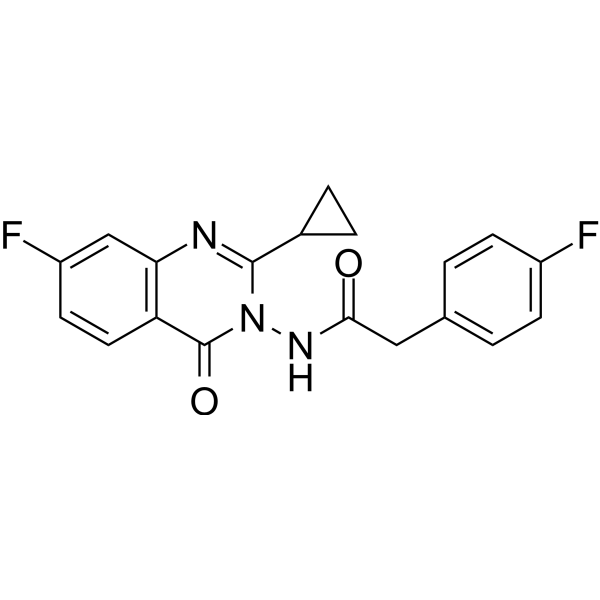
- HY-131041
-
|
|
Calcium Channel
|
Cardiovascular Disease
|
|
Ned-K is a nicotinic acid adenine dinucleotide phosphate (NAADP) antagonist. Ned-K is effective at dampening simulated ischaemia and reperfusion (sIR)-induced Ca 2+ oscillations in cardiomyocytes .
|
-
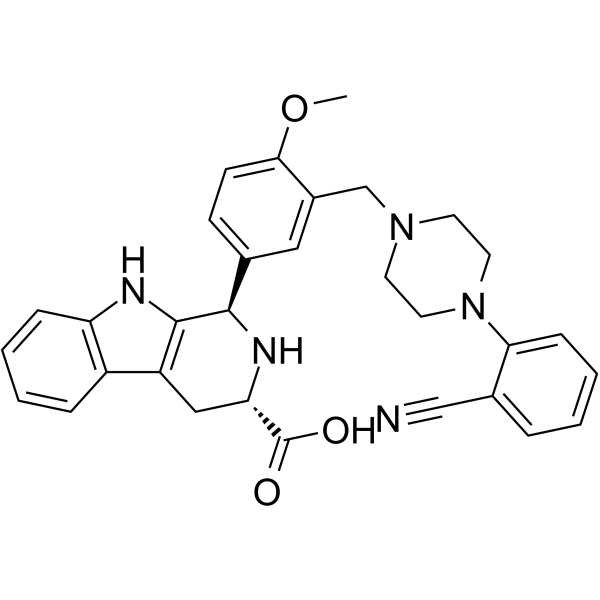
- HY-130027
-
HKOCl-4
1 Publications Verification
BXY2142
|
Fluorescent Dye
|
Others
|
|
HKOCl-4 (BXY2142) is a rhodol-based yellow fluorescent probe for the detection of hypochlorous acid with excellent sensitivity and selectivity . HKOCl-4 has longer absorption wavelength and better pH stability compared with fluorescein-based probes. Ex: 530 nm; Em 557 nm.
|
-

- HY-131967
-
|
|
CD73
|
Inflammation/Immunology
Cancer
|
|
CD73-IN-4 is a potent and selective methylenephosphonic acid CD73 inhibitor, with an IC50 of 2.6 nM for human CD73. CD73-IN-4 is potential for the research of cancer immunology .
|
-
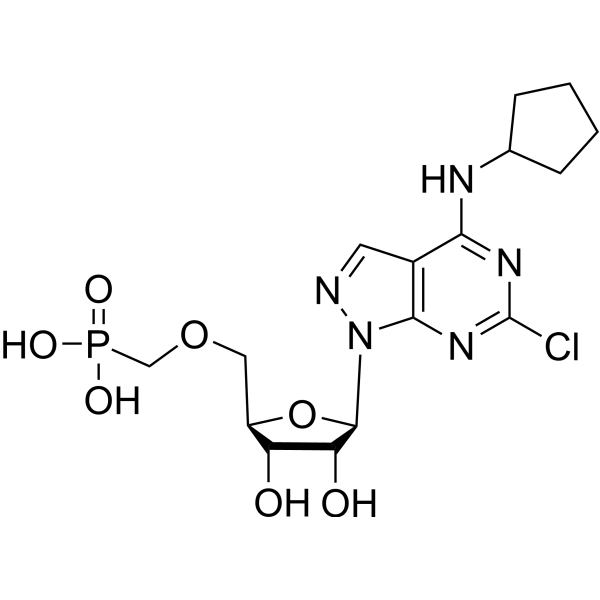
- HY-106991A
-
|
S-303 dihydrochloride
|
HIV
Bacterial
|
Infection
|
|
Amustaline (S-303) dihydrochloride, a nucleic acid-targeted alkylator, is an efficient pathogen inactivation agent for blood components containing red blood cells. Amustaline dihydrochloride has three components: an acridine anchor (an intercalator that targets nucleic acids non-covalently), an effector (a bis-alkylator group that reacts with nucleophiles), and a linker (a small flexible carbon chain containing a labile ester bond that hydrolyzes at neutral pH to yield non-reactive breakdown products) .
|
-

- HY-127143
-
-
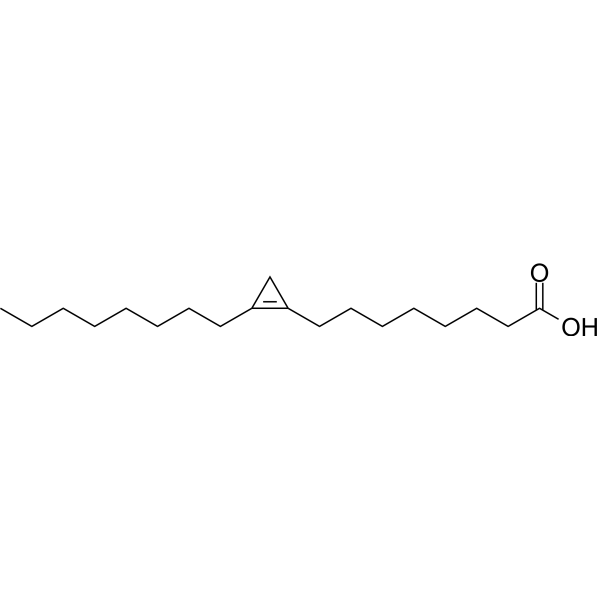
- HY-113638
-
|
GS-456332
|
Stearoyl-CoA Desaturase (SCD)
Apoptosis
|
Cancer
|
|
CVT-11127 is a potent SCD inhibitor. CVT-11127 induces apoposis and arrests the cell cycle at the G1/S phase. CVT-11127 has the potential for the research of lung cancer .
|
-

- HY-116374A
-
|
Lithocholylglycine sodium
|
Others
|
Metabolic Disease
|
|
Glycolithocholic acid (Lithocholylglycine) sodium is the sodium salt of Glycolithocholic acid. Glycolithocholic acid is a glycine-conjugated secondary bile acid. Glycolithocholic acid can be used to diagnose ulcerative colitis (UC), non-alcoholic steatohepatitis (NASH) and primary sclerosing cholangitis (PSC) .
|
-
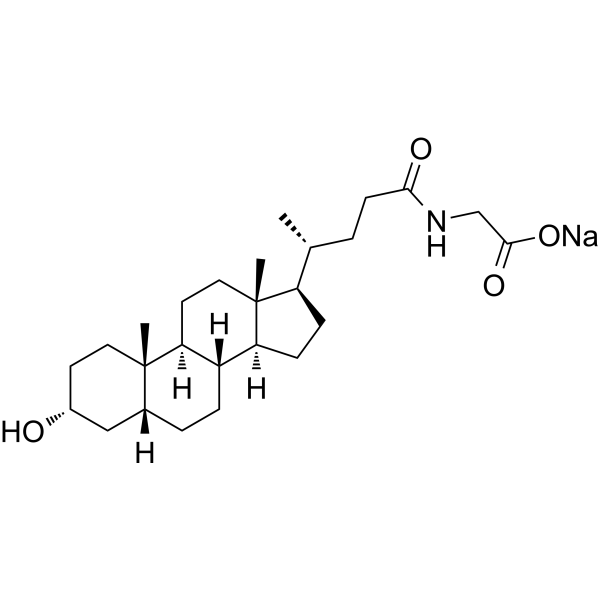
- HY-D0841
-
|
|
Endogenous Metabolite
|
Infection
Cancer
|
|
Guanidine thiocyanate is a strong protein denaturant and potent inhibitor of nucleases. Guanidinium thiocyanate is a nucleic acid protector in the extraction of DNA and RNA from cells. Guanidine thiocyanate is a common component of buffers used for nucleic acid extraction .
|
-
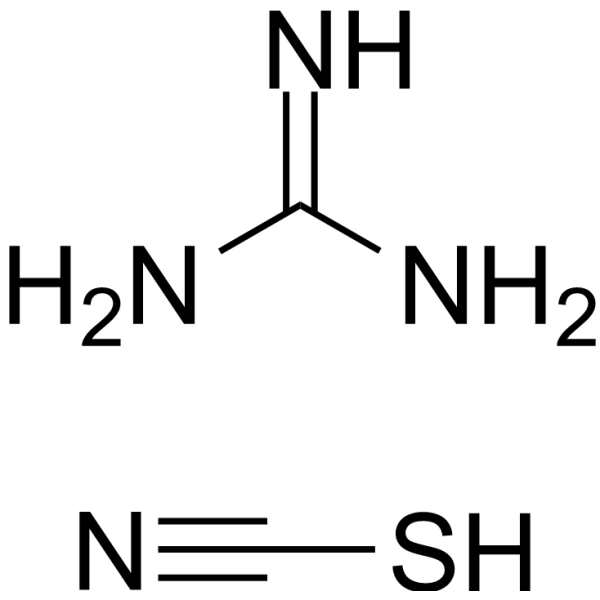
- HY-121140
-
|
|
Free Fatty Acid Receptor
|
Metabolic Disease
|
|
AZ1729 is a potent free fatty acid 2 receptor (FFA2) activator, acting as a direct allosteric agonist and as a positive allosteric modulator. AZ1729 increases the activity of the endogenously produced short chain fatty acid propionate in Gi-mediated pathways, but not at those transduced by Gq/G11. AZ1729 induces inhibition of isoproterenol-induced lipolysis in mouse adipocytes. AZ1729 also can Induce migration of human neutrophils. AZ1729 can be used for researching the signaling pathways of the physiological roles of FFA2 .
|
-
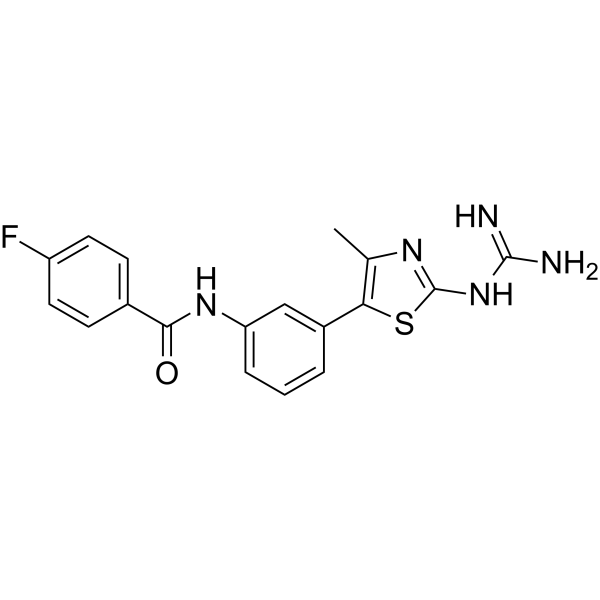
- HY-147547
-
|
|
Amyloid-β
|
Neurological Disease
|
|
SV5 is a potent anti-Alzheimer agent. SV5 can significantly protect SHSY-5Y cells against Aβ1-42-induced death. SV5 shows moderate antioxidant and good neuroprotective activities. SV5 shows the high stability in human plasma and the best pharmacological profile .
|
-
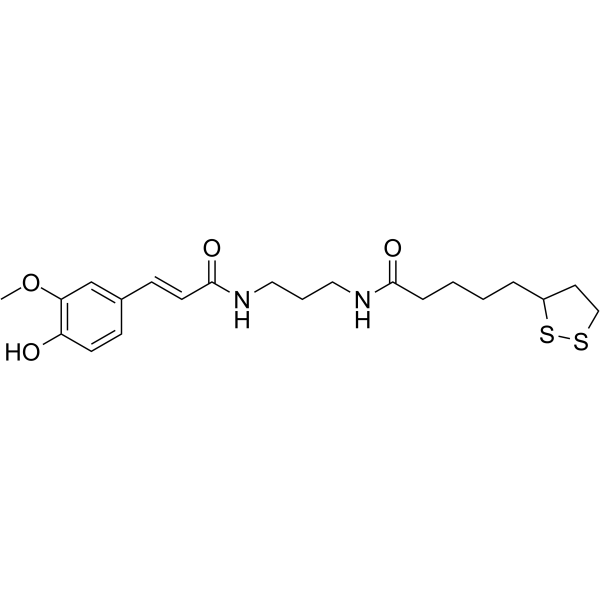
- HY-33009
-
|
|
Others
|
Neurological Disease
|
|
AS057278 is a potent, selective, orally active and blood-brain barrier (BBB) penetrant non-peptidic D-amino acid oxidase (DAAO) inhibitor with an IC50 value of 0.91 μM and EC50 of 2.2-3.95 μM. AS057278 can normalize phencyclidine (PCP)-induced prepulse inhibition in mice. AS057278 can be used for researching schizophrenia .
|
-
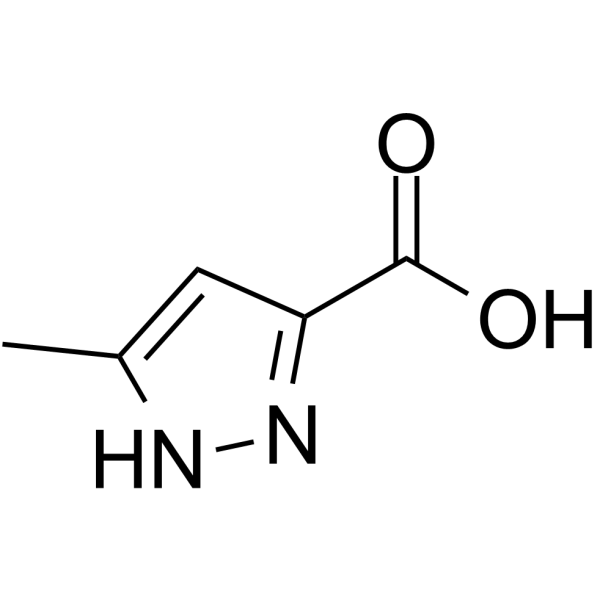
- HY-121422
-
|
|
MAGL
Histamine Receptor
|
Inflammation/Immunology
|
|
JZP-361 is a potent, reversible and selective inhibitor of human recombinant MAGL (hMAGL) with an IC50 of 46 nM. JZP-361 also shows antihistaminergic activities and can be used for asthma research .
|
-
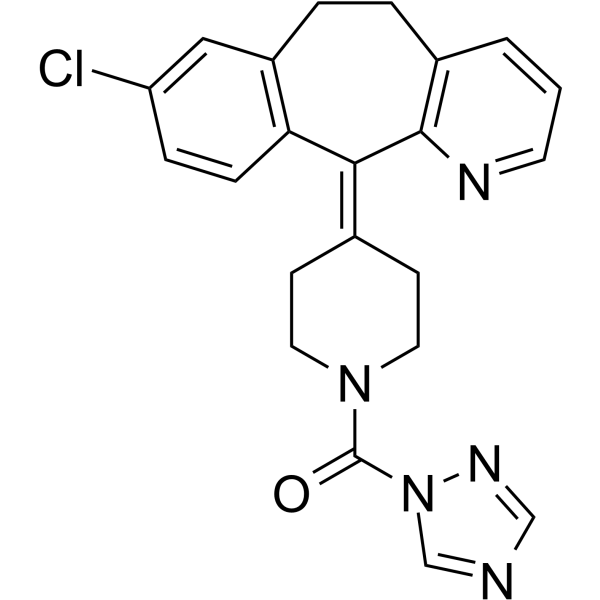
- HY-W141825
-
|
|
Fluorescent Dye
|
Infection
Metabolic Disease
|
|
N-Acetyl-DL-phenylalanine β-naphthyl ester is an aromatic amino acid ester, which functions as a chromogenic substrate for chymotrypsin and microbial serine proteases such as subtilisin .
|
-
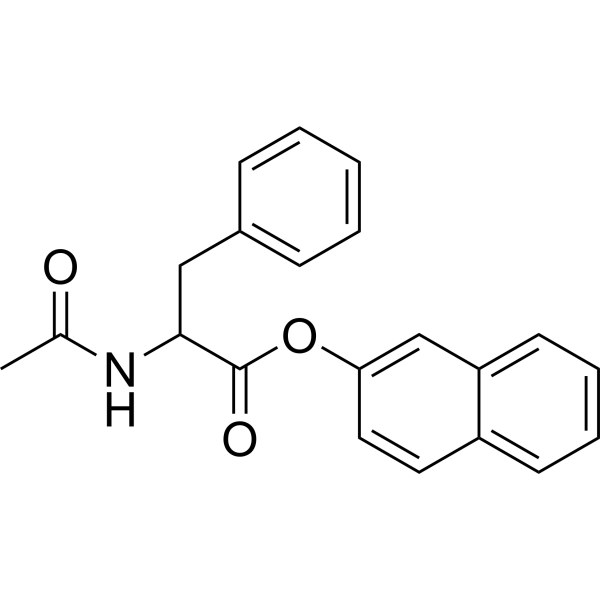
- HY-B0007C
-
|
|
GABA Receptor
|
Neurological Disease
|
|
Baclofen hydrochloride, a lipophilic derivative of γ-aminobutyric acid (GABA), is an orally active, selective metabotropic GABAB receptor (GABABR) agonist. Baclofen hydrochloride mimics the action of GABA and produces slow presynaptic inhibition through the GABAB receptor. Baclofen hydrochloride has high blood brain barrier penetrance. Baclofen hydrochloride has the potential for muscle spasticity research [3].
|
-
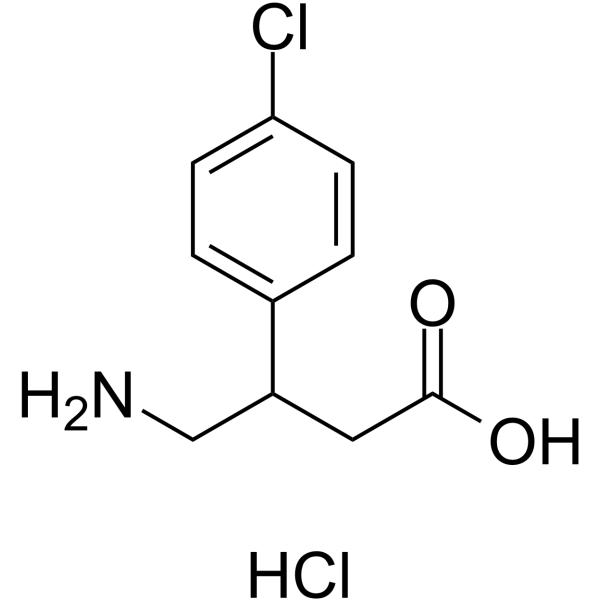
- HY-147304
-
|
|
Bacterial
|
Others
|
|
BPH-1086 (compound 10) is an IspH inhibitor, IspH domain fused with ribosomal protein S1 (RPS1) can bind to mRNA or form part of the bacterial ribosome .
|
-
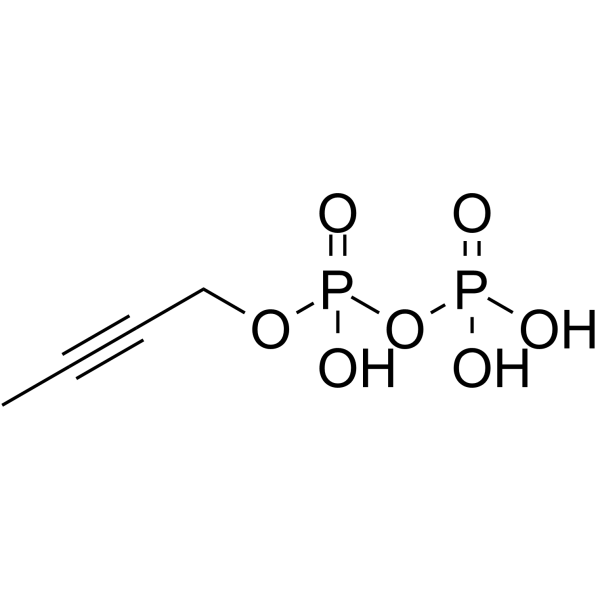
- HY-D1697
-
|
|
Fluorescent Dye
|
Infection
|
|
OGDA is a green fluorescent D-amino acid. OGDA is suitable for labeling peptidoglycan in Gram-positive and Gram-negative bacteria .
|
-

- HY-Y1310
-
|
|
Biochemical Assay Reagents
|
Others
|
|
Sodium alginate is the sodium salt of alginic acid. Sodium alginate can be extracted and purified from brown seaweed Laminaria japonica. Sodium alginate can be used in food additives and pharmaceuticals, adsorb heavy metal ions, and has mucosal-protective and hemostatic effects .
|
-

- HY-121132
-
|
|
Others
|
Inflammation/Immunology
|
|
Butibufen is an orally active non-steroidal compound. Butibufen shows analgesic and antipyretic properties. Butibufen can be used for the research of inflammation .
|
-

- HY-148335
-
|
|
Others
|
Infection
Inflammation/Immunology
Cancer
|
|
IRG1-IN-1 is an itaconic acid derivative. IRG1-IN-1 can inhibit immune-responsive gene 1 (IRG1) activity. IRG1-IN-1 can be used for the research of cancer, inflammation and autoimmune diseases .
|
-
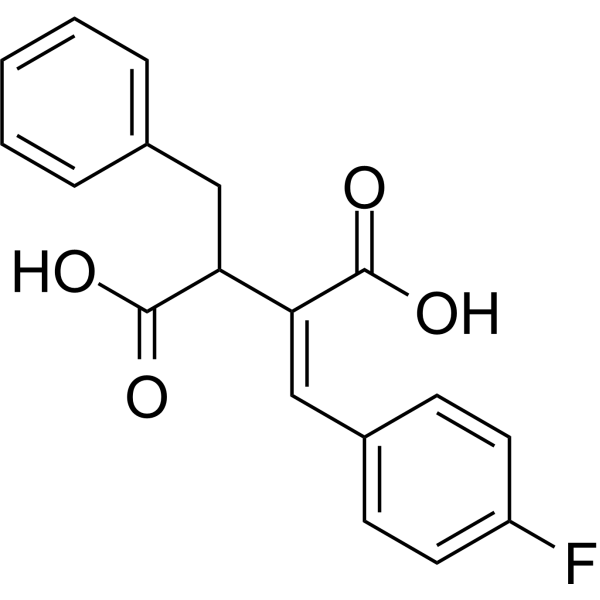
- HY-W193545A
-
|
|
Others
|
Inflammation/Immunology
Cancer
|
|
EGR240 is a branched-chain amino acid aminotransferase 1 (BCAT1) inhibitor. EGR240 can be used for the research of cancer, rheumatoid arthritis, and bone disease .
|
-
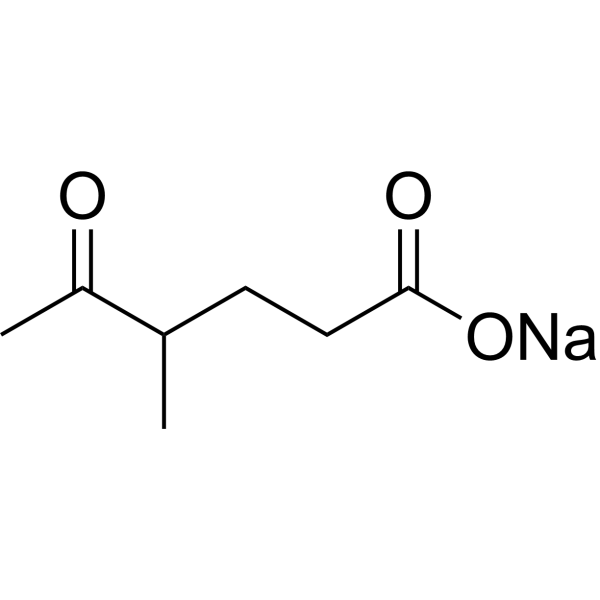
- HY-121238
-
|
|
Others
|
Metabolic Disease
|
|
Hyocholic Acid is a bile acid found in pig. Hyocholic Acid can also be found in urine samples from patients with cholestasis. Hyocholic Acid promotes GLP-1 secretion via activating TGR5 and inhibiting FXR in enteroendocrine cells. Hyocholic Acid is known for its exceptional resistance to type 2 diabetes [3].
|
-
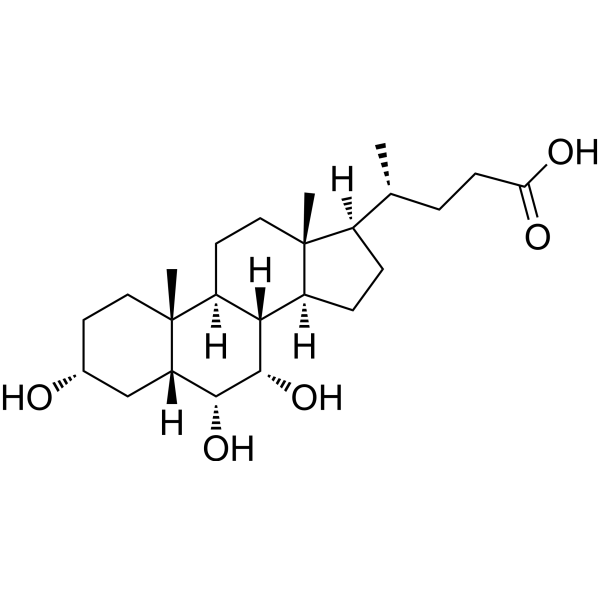
- HY-151852
-
|
|
Endogenous Metabolite
|
Cardiovascular Disease
|
|
9AzNue5Ac, 9-azido-9-deoxy-N-acetylneuraminic acid, is a click chemistry reagent and a Neu5Ac analogue with the substitution of 9-hydroxyl group with an azide. 9AzNue5Ac could be metabolized and incorporated into sialoglycans in living cells and mice. Click chemistry has great potential for use in binding between nucleic acids, lipids, proteins, and other molecules, and has been used in many research fields because of its beneficial characteristics, including high yield, high specificity, and simplicity .
|
-
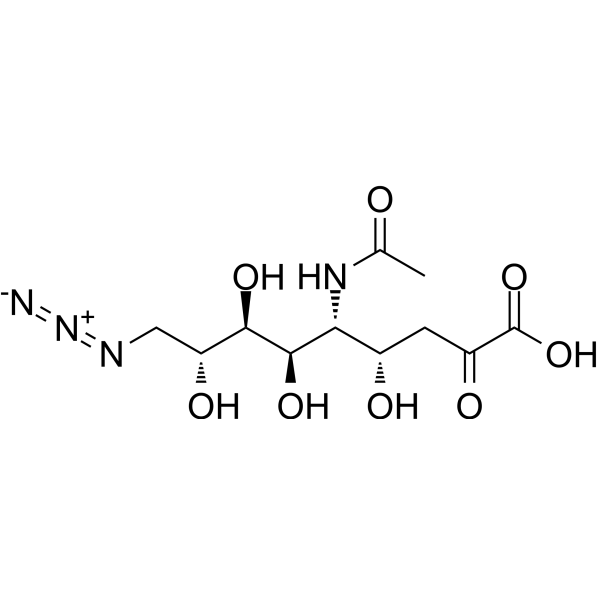
- HY-113350
-
|
TXA2
|
Prostaglandin Receptor
Endogenous Metabolite
|
Inflammation/Immunology
Endocrinology
Cancer
|
|
Thromboxane A2 (TXA2) is a prostanoid mediator produced by the metabolism of Arachidonic acid (HY-109590) through the cyclooxygenase pathway. Thromboxane A2 activates the thromboxane-prostanoid (TP) receptors. Thromboxane A2 is a potent vasoconstrictor eicosanoid. Thromboxane A2 (TXA2) leads to potent vasoconstriction by stimulation of smooth muscle cells. Thromboxane A2 acts as s tonic immunoregulator to regulate adaptive immune responses [3].
|
-
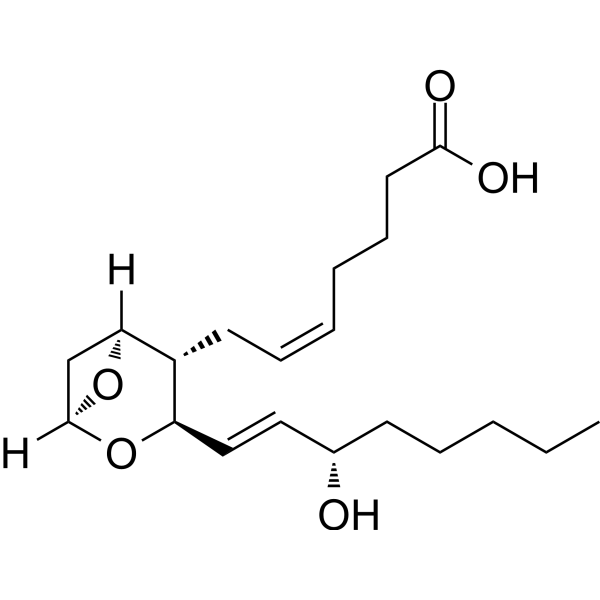
- HY-135130
-
|
(-)-BABX
|
Bacterial
|
Infection
|
|
Bischloroanthrabenzoxocinone is a potent Type II fatty acid synthesis (FASII) inhibitor. Bischloroanthrabenzoxocinone inhibits fatty acid synthesis. Bischloroanthrabenzoxocinone shows antibacterial activities and inhibits phospholipid, DNA, RNA, protein, and cell wall synthesis .
|
-
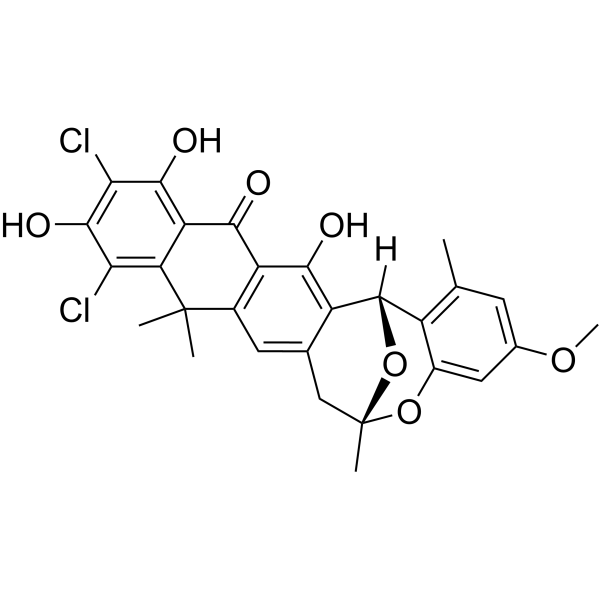
- HY-N2683
-
|
|
Others
|
Others
|
|
5-O-Methylnaringenin is a flavonoid compound. 5-O-Methylnaringenin is isolated from chloroacetic acid .
|
-
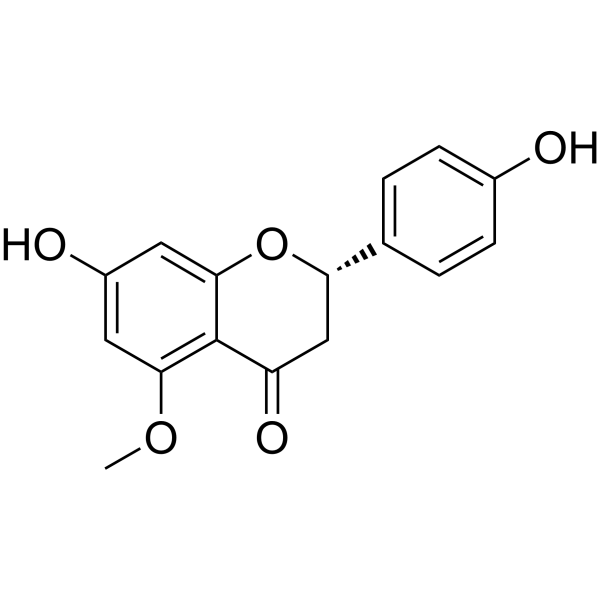
- HY-N12207
-
|
|
Others
|
Others
|
|
Neohelmanthicin C is a phenylpropionic acid compound .
|
-
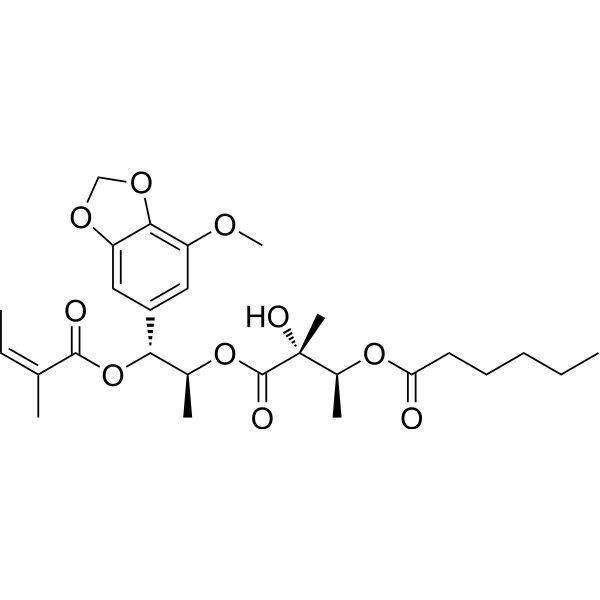
- HY-N12240
-
|
|
Bacterial
|
Infection
|
|
Oleanolic aldehyde is an antimicrobial compound used to inhibit oral bacteria. Oleanolic aldehyde inhibits Streptococcus mutans and Porphyromonas gingivalis, which are associated with dental caries and periodontal disease, with minimum inhibitory concentrations (MICs) of 488 μg/mL and 250 μg/mL, respectively .
|
-
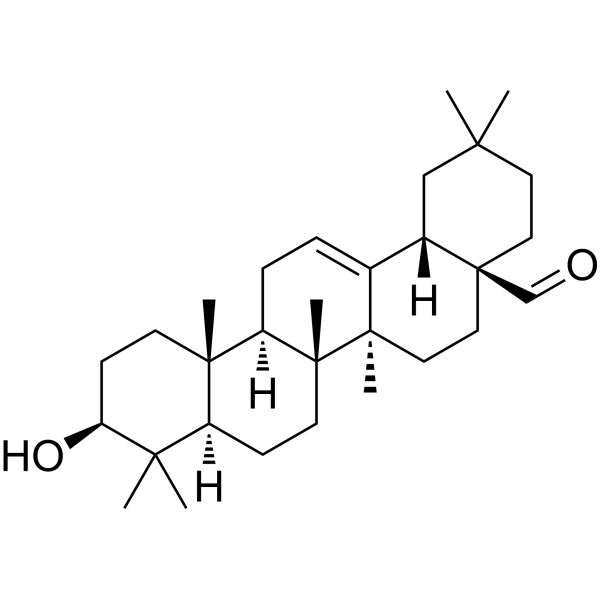
- HY-156280
-
|
|
RAR/RXR
|
Endocrinology
|
|
RARα antagonist 1 (compound 21) is an orally active and selective retinoic acid receptor α(RARα) antagonist, with the IC50 of 4.6nM .
|
-
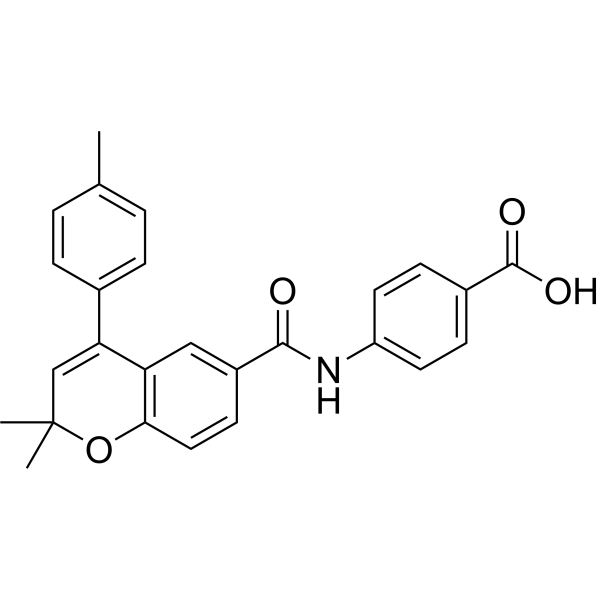
- HY-E70130
-
|
|
Others
|
Others
|
|
Snailase, Snail gastrointestinal is an enzyme mixture composed of more than 20 enzymes, which is often used for enzymatic hydrolysis of purified flavonoid glycosides. Snailase can be obtained from the digestive tract and includes cellulase, sucrase, hemicellulase, pectinase, polygalacturonase, protease, etc .
|
-
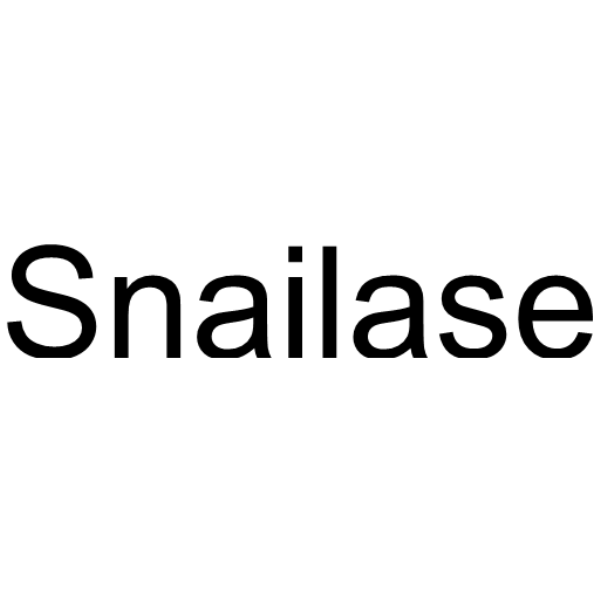
- HY-116281
-
|
|
Prostaglandin Receptor
|
Cardiovascular Disease
|
|
ICI D1542 is a selective and potent inhibitor of thromboxane A2 (TXA2) synthase and the thromboxane A2 receptor (TP-receptor). ICI D1542 is effective at preventing thrombus formation by redirection of arachidonic acid metabolism .
|
-
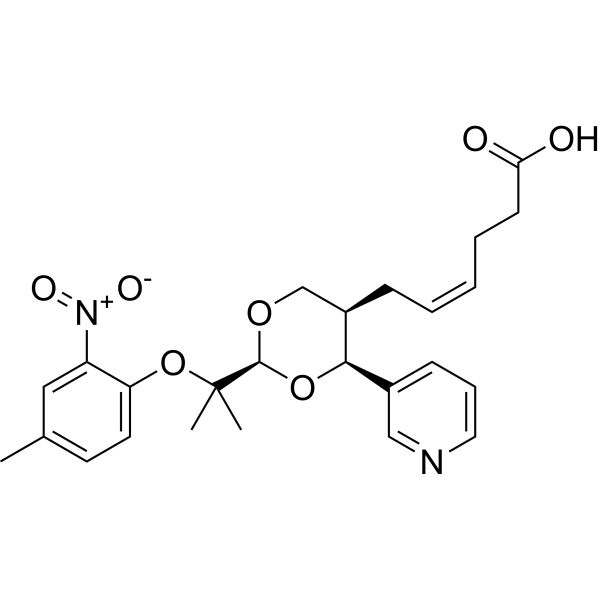
- HY-160186
-
|
|
Others
|
Cardiovascular Disease
|
|
20-SOLA is the first water soluble and orally active 20-HETE antagonist. 20-SOLA greatly ameliorates changes in blood pressure and renal injury associated with a streptozotocin (STZ)-diabetic mouse model. 20-SOLA also is a GPR75 receptor blocker. 20-SOLA can be used for the research of cardiovascular pathologies .
|
-
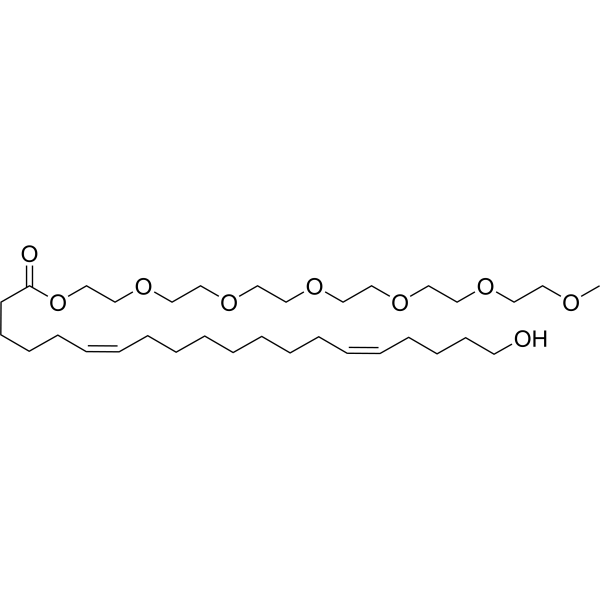
- HY-157395
-
|
|
Others
|
Cancer
|
|
malonyl-NAC increases cellular propylation, resulting in reduced endogenous GAPDH activity. malonyl-NAC increases GAPDH malonylation in cells and inhibits pyruvate kinase activity. In addition, malonyl-NAC limits the metabolism and proliferation of a highly glycolytic kidney cancer cell line harboring a tricarboxylic acid cycle mutation .
|
-
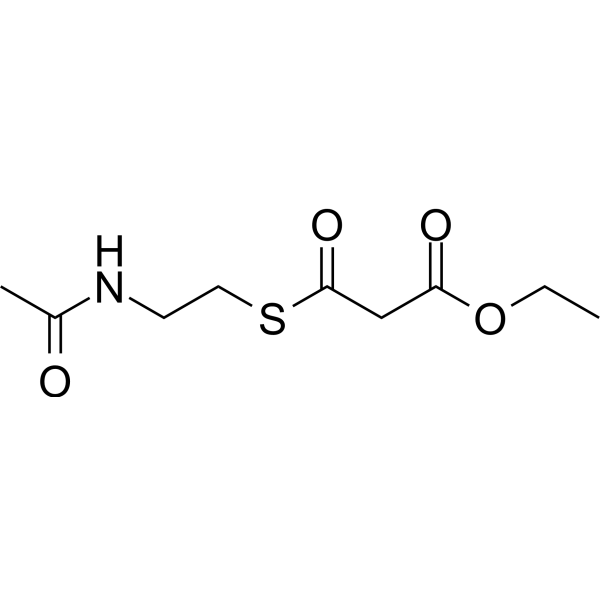
- HY-B0007S2
-
|
|
GABA Receptor
Isotope-Labeled Compounds
|
Neurological Disease
|
|
Baclofen-d5 hydrochloride is deuterated labeled Baclofen (HY-B0007). Baclofen, a lipophilic derivative of γ-aminobutyric acid (GABA), is an orally active, selective metabotropic GABAB receptor (GABABR) agonist. Baclofen mimics the action of GABA and produces slow presynaptic inhibition through the GABAB receptor. Baclofen has high blood brain barrier penetrance. Baclofen has the potential for muscle spasticity research [3].
|
-
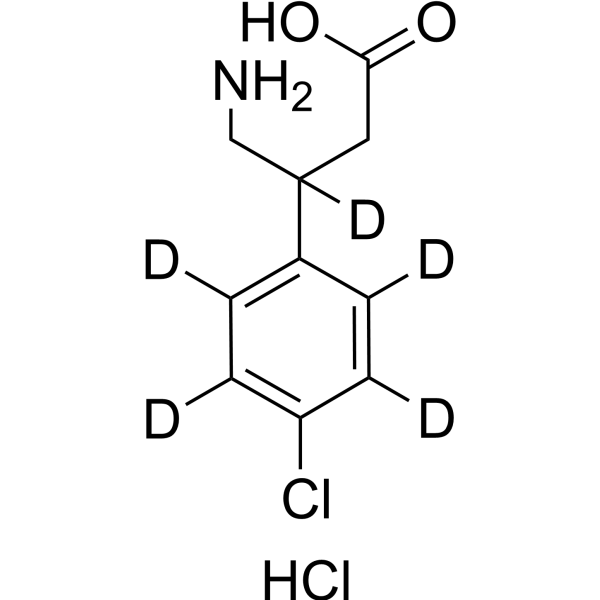
- HY-116538
-
|
trans-10,cis-12 CLA2
|
Endogenous Metabolite
PPAR
|
Metabolic Disease
Inflammation/Immunology
Cancer
|
|
(10E,12Z)-Octadeca-10,12-dienoic acidactivates PPAR α and inhibits adipocyte differentiation . (10E,12Z)-Octadeca-10,12-dienoic acid and its downstream metabolites have various antioxidant and antitumor activities. (10E,12Z)-Octadeca-10,12-dienoic acid is effective orally [3].
|
-

- HY-125818B
-
|
Cytidine triphosphate sodium hydrate; 5'-CTP sodium hydrate
|
DNA/RNA Synthesis
|
Others
|
|
Cytidine-5'-triphosphate sodium hydrate (Cytidine triphosphate sodium hydrate; 5'-CTP sodium hydrate) is the sodium hydrate form of Cytidine-5'-triphosphate (HY-125818). Cytidine-5'-triphosphate sodium hydrate is a nucleoside triphosphate, that is invovled in biosynthesis of DNA, RNA and lipid .
|
-

- HY-N0301R
-
|
|
GABA Receptor
|
Neurological Disease
Inflammation/Immunology
|
|
Thiocolchicoside (Standard) is the analytical standard of Thiocolchicoside. This product is intended for research and analytical applications. Thiocolchicoside is a competitive γ-aminobutyric acid type A (GABAA) receptor antagonist and glycine receptor agonist in the central nervous system. Thiocolchicoside is a semisynthetic sulfur derivative of colchicoside. Thiocolchicoside is a muscle relaxant and has anti-inflammatory, and analgesic properties .
|
-

- HY-160979
-
|
DA-5047
|
Histamine Receptor
|
Others
Endocrinology
|
|
Bisfentidine is an H2 receptor antagonist, Bisfentidine can block the H2 receptor on the cells of the stomach wall, and reduce the secretion of stomach acid. Bisfentidine binds to cytochrome P-450 in liver microsomes and affects drug metabolism. Bisfentidine can be used in the study of metabolic processes of drugs, lipid peroxidation processes and peptic ulcers diseases .
|
-

- HY-B0310
-
|
|
Histamine Receptor
|
Inflammation/Immunology
Endocrinology
Cancer
|
|
Nizatidine is a potent and orally active histamine H2 receptor antagonist, can be used for the research of stomach and intestines ulcers. Nizatidine works by decreasing the secretion of gastric acid the stomach makes and prevent ulcers from coming back after they have healed in animal models .
|
-
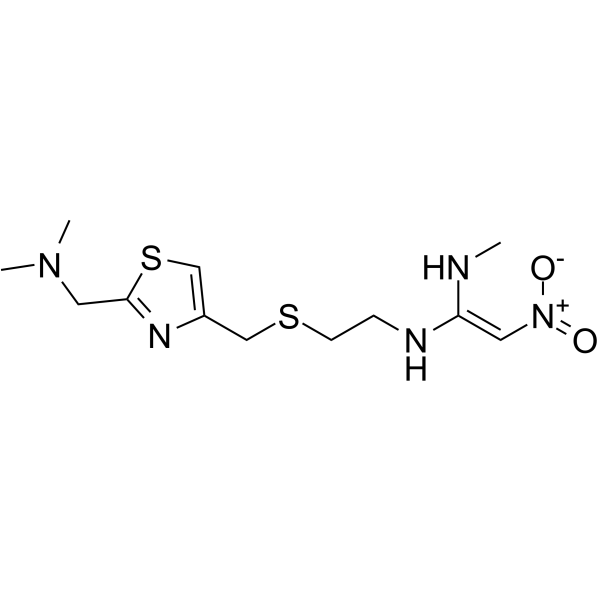
- HY-B1329
-
|
Nebramycin II sulfate
|
Bacterial
Antibiotic
|
Infection
|
|
Apramycin (EBL 1003) is an orally active, acidic pH tolerant and aminoglycoside-modifying-enzymes-tolerant aminoglycoside antibiotic which inhibits protein biosynthesis by targeting the bacterial ribosome. Apramycin is a potential anti-drug-resistance antibiotic [3].
|
-

- HY-14165
-
-
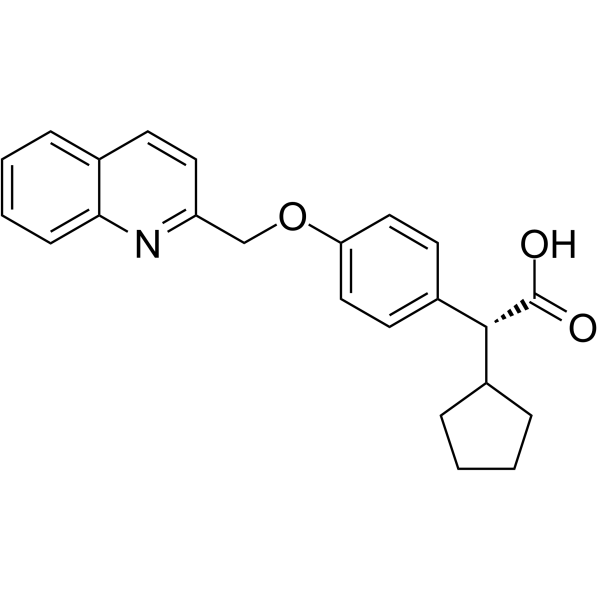
- HY-Y1620
-
|
|
Others
|
Cardiovascular Disease
|
|
3-(3,4-Dimethoxyphenyl)propanoic acid is an orally active short-chain fatty acids (SCFAs). 3-(3,4-Dimethoxyphenyl)propanoic acid stimulates γ globin gene expression, erythropoiesis in vivo and is used for the β hemoglobinopathies and other anemias .
|
-

- HY-N3848
-
-

- HY-N7512
-
|
|
Dopamine Receptor
5-HT Receptor
Parasite
|
Infection
Cancer
|
|
Asimilobine is an aporphine isoquinoline alkaloid isolated from plant species of Magnolia obobata Thun. Asimilobine is a dopamine biosynthesis inhibitor and a serotonergic receptor antagonist. Asimilobine shows an antimalarial and anti-cancer activity .
|
-

- HY-109854A
-
|
(R)-Lisophylline
|
STAT
|
Metabolic Disease
Inflammation/Immunology
|
|
(R)-Lisofylline ((R)-Lisophylline) is a (R)-enantiomer of the metabolite of Pentoxifylline with anti-inflammatory properties. (R)-Lisofylline is a lysophosphatidic acid acyltransferase inhibitor with an IC50 of 0.6 µM and interrupts IL-12 signaling-mediated STAT4 activation. (R)-Lisofylline has the potential for type 1 diabetes, autoimmune disorders research .
|
-

- HY-131615
-
|
|
Sodium Channel
|
Others
|
|
TPC2-A1-P is a powerful and membrane permeable agonist of two pore channel 2 (TPC2) with an EC50 of 10.5 μM. TPC2-A1-P plays its role by mimicking the physiological actions of PI(3,5)P2. TPC2-A1-P also shows higher potency to induce Na 2+ mobilisation from TPC2 than TPC-A1-N (HY-131614). TPC2-A1-P can be used to probe different functions of TPC2 channels in intact cells [3].
|
-
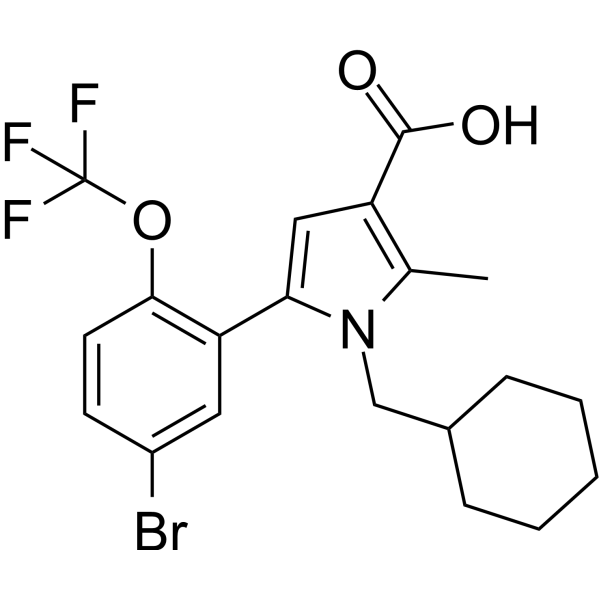
- HY-19594
-
|
WIN 13146
|
Parasite
|
Infection
|
|
Teclozan (WIN 13146) is an antiprotozoal agent, class in benzylamine derivatives. Teclozan intervenes in the phospholipid metabolism preventes the formation of arachidonic acid. Teclozan acts in the intestinal lumen being effective in Anti-G. intestinalis. Teclozan can be used for the research of protozoan infections .
|
-
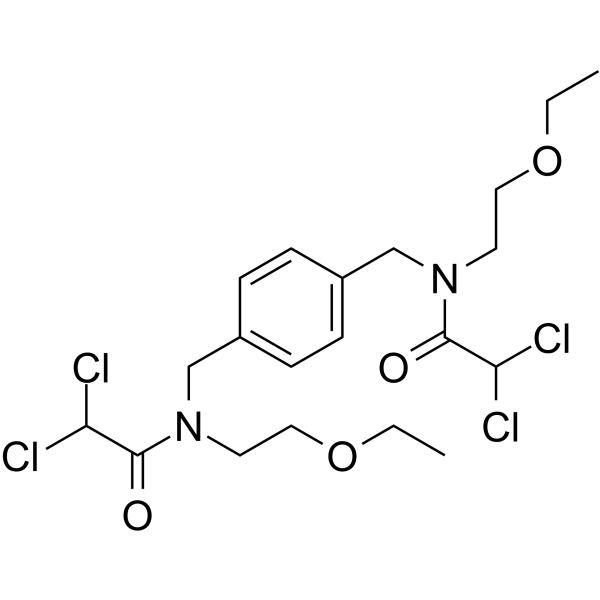
- HY-145243
-
|
|
Apoptosis
|
Others
|
|
PDPOB is a phenyl carboxylic acid derivative. PDPOB displays protective roles against OGD/R-evoked multiaspect neuronal deterioration in SH-SY5Y cells, as evidenced by alleviated mitochondrial dysfunction, oxidative stress, and apoptosis. PDPOB has the potential for the research of cerebral ischemia .
|
-
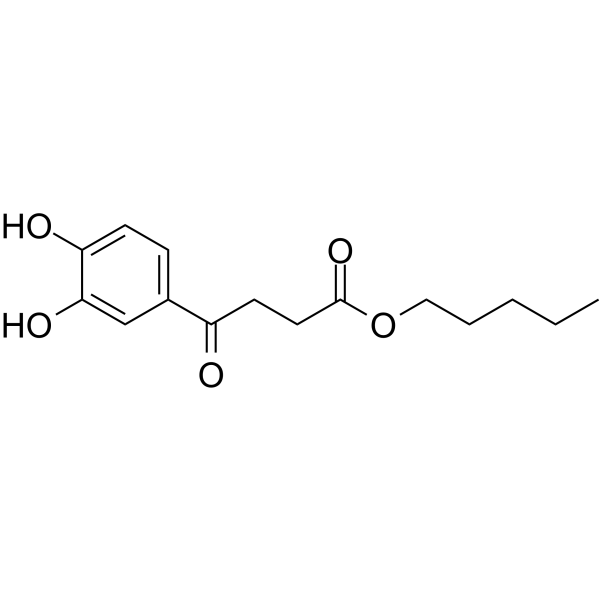
- HY-N10225
-
|
|
Prostaglandin Receptor
|
Cardiovascular Disease
Endocrinology
|
|
Thielavin A is an inhibitor of prostaglandin biosynthesis produced by Thielavia terricola. Thielavin A specifically inhibits the conversion of arachidonic acid into prostaglandin H2. Thielavin A has no anti-inflammatory activity on intravenous injection or on oral administration .
|
-

- HY-146124
-
-

- HY-100976
-
-
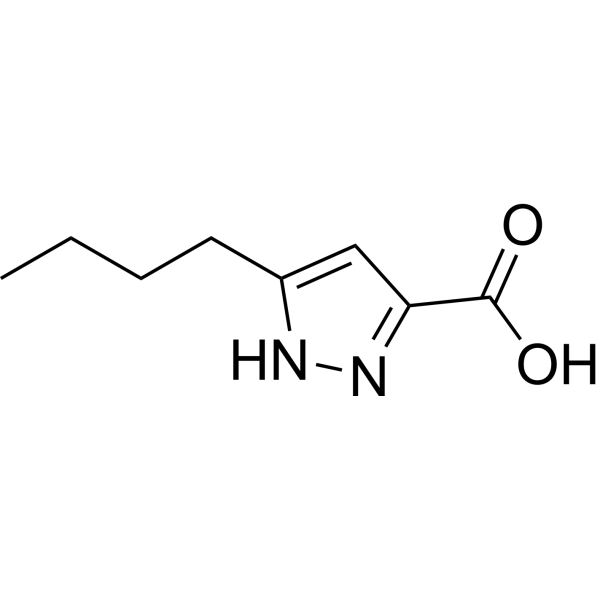
- HY-103462
-
|
|
FAAH
|
Metabolic Disease
Inflammation/Immunology
Cancer
|
|
TC-F2 is a reversible non-covalent binding inhibitor of fatty acid amide hydrolase (FAAH) with an IC50 of 28 nM. FAAH is involved in many human diseases, particularly cancer, pain and inflammation as well as neurological, metabolic and cardiovascular disorders .
|
-
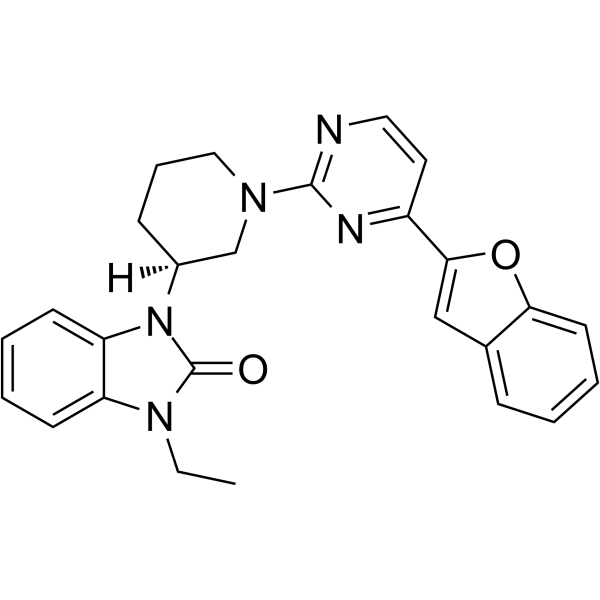
- HY-133180
-
|
|
Wnt
β-catenin
|
Metabolic Disease
|
|
YW1128 (compound 3a) is a potent Wnt/β-Catenin inhibitor. YW1128 induces the proteasome degradation of β-catenin and subsequent inhibits the Wnt/β-catenin signaling in cells. YW1128 significantly decreases hepatic lipid accumulation. YW1128 improves glucose tolerance of high fat diet-fed mice without noticeable toxicity. YW1128 down regulates the genes involved in the glucose and fatty acid anabolism .
|
-
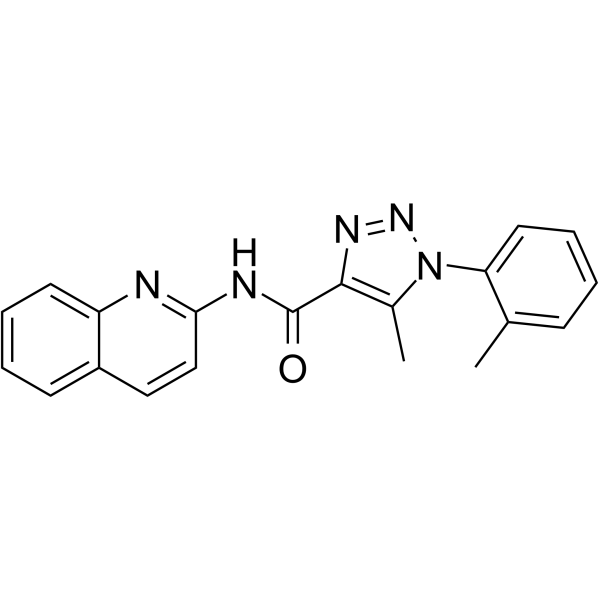
- HY-B1278B
-
|
(±)-Vitamin E acetate
|
Biochemical Assay Reagents
|
Infection
|
|
(±)-α-Tocopherol acetate ((±)-Vitamin E acetate), is a orally active synthetic form of vitamin E. (±)-α-Tocopherol acetate is the ester of acetic acid and α-tocopherol. (±)-α-Tocopherol acetate can be used for the research of the susceptibility of farmed fish to infectious diseases .
|
-
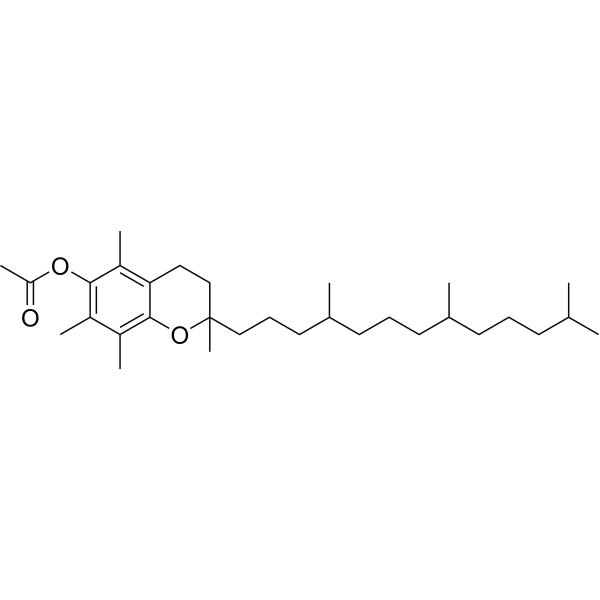
- HY-B1746
-
|
|
Endogenous Metabolite
|
Neurological Disease
|
|
Pyridoxamine 5′-phosphate is the active form of vitamin B6 bound to phosphoric acid. Pyridoxamine 5′-phosphate is the aminated form of pyridoxal 5'-phosphate hydrate (HY-W011727A) and as co-factor of a variety of enzymes central metabolite, potent antioxidant, vitamin B6 vitamer and enzyme substrate. Pyridoxamine 5′-phosphate can be interconverted with pyridoxal 5'-phosphate hydrate .
|
-
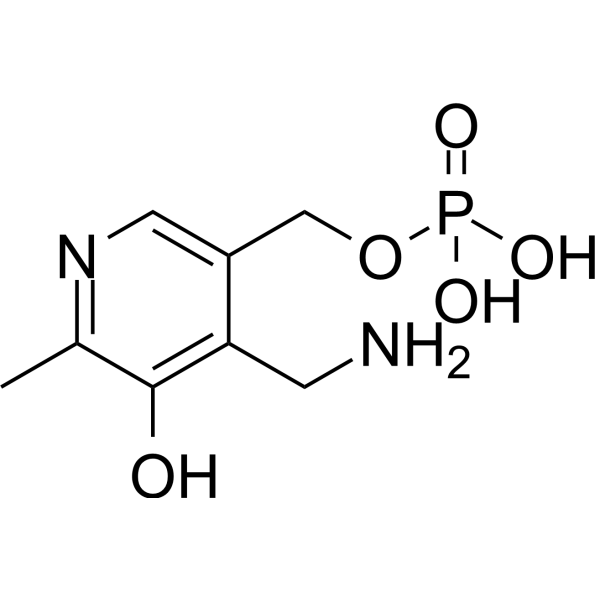
- HY-151388
-
|
|
Monoamine Oxidase
COMT
|
Neurological Disease
|
|
hMAO-B/MB-COMT-IN-1 is a dual MAO-B/MB-COMT inhibitor (IC50s: 2.5 μΜ for hMAO-B, 3.84 μΜ for MB-COMT). hMAO-B/MB-COMT-IN-1 protects cells against oxidative damage. hMAO-B/MB-COMT-IN-1 can be used in the research of neurodegeneration disease, such as Parkinson’s Disease (PD) .
|
-
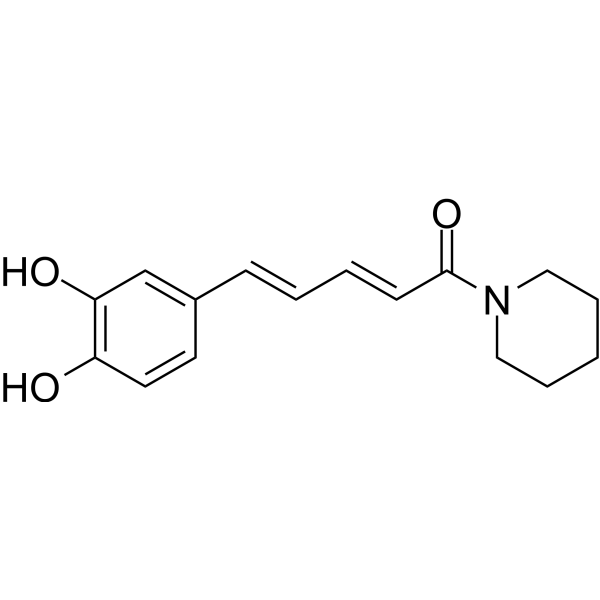
- HY-151390
-
|
|
Monoamine Oxidase
COMT
|
Neurological Disease
|
|
hMAO-B/MB-COMT-IN-2 is a dual MAO-B/MB-COMT inhibitor (IC50s: 4.27 μΜ for hMAO-B, 2.69 μΜ for MB-COMT). hMAO-B/MB-COMT-IN-2 protects cells against oxidative damage. hMAO-B/MB-COMT-IN-2 can be used in the research of neurodegeneration disease, such as Parkinson’s Disease (PD) .
|
-
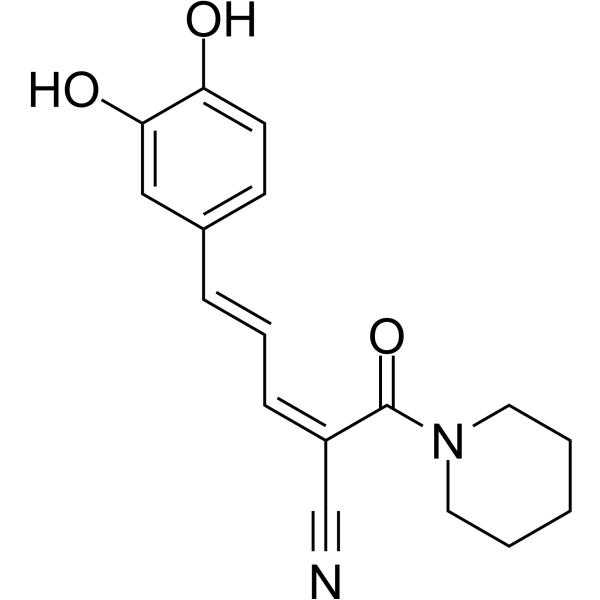
- HY-P3502
-
|
RA101495; RA3193
|
Complement System
|
Inflammation/Immunology
|
|
Zilucoplan (RA101495), a 15-amino acid macrocyclic peptide, is a potent complement component 5 (C5) inhibitor. Zilucoplan can be used in research of immune-mediated necrotising myopathy (IMNM) .
|
-
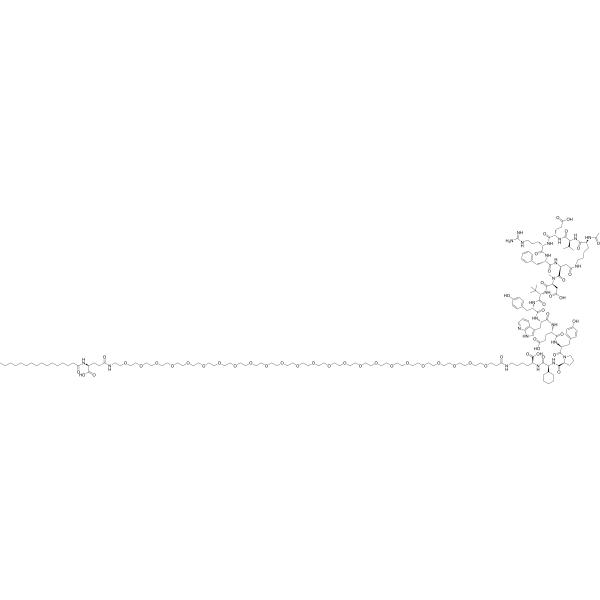
- HY-P3539
-
|
|
GCGR
|
Neurological Disease
Endocrinology
|
|
Exendin-4 (3-39) is a peptide. Exendin-4 (3-39) is a truncated form of Exendin-4 (HY-13443) that lacks the first two amino acids. Exendin-4 is a potent Glucagon-like peptide-1 receptor (GLP-1r) agonist. Exendin-4 (3-39) and Exendin-4 can be used for the research of diabetic and hypothalamic-pituitary-adrenal (HPA) axis .
|
-

- HY-P3916
-
|
|
Bacterial
|
Infection
Inflammation/Immunology
|
|
GVLSNVIGYLKKLGTGALNAVLKQ is an antimicrobial peptide with 24-amino acid. GVLSNVIGYLKKLGTGALNAVLKQ can potentially form α-helix. GVLSNVIGYLKKLGTGALNAVLKQ (PGQ) has activity against Gram-negative, Gram-positive bacteria and the yeast Candida albicans .
|
-

- HY-W013766
-
|
|
Bacterial
Antibiotic
|
Infection
|
|
Pipemidic acid trihydrate, a derivative of Piromidic acid, is an antibacterial agent. Pipemidic acid trihydrate inhibits DNA gyrase. Pipemidic acid trihydrate is active against gram-negative bacteria including Pseudomonas aeruginosa as well as some gram-positive bacteria. Pipemidic acid trihydrate can be used for the research of intestinal, urinary, and biliary tract infections .
|
-
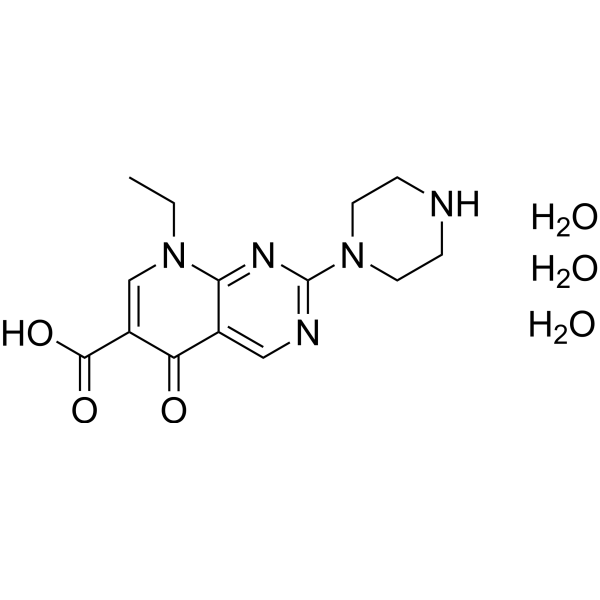
- HY-148682
-
|
Glycyrrhetic acid 3-O-hydrogen sulfate
|
11β-HSD
Drug Metabolite
|
Metabolic Disease
Inflammation/Immunology
|
|
18β-Glycyrrhetyl-3-O-sulfate (Glycyrrhetic acid 3-O-(hydrogen sulfate)) is a potent type 2 11β-hydroxysteroid dehydrogenase (11β-HSD2) inhibitor with an IC50 of 0.10 µM using rat kidney microsome. 18β-Glycyrrhetyl-3-O-sulfate is the major metabolite of Glycyrrhetinic acid (GA). 18β-Glycyrrhetyl-3-O-sulfate is the substrate of organic anion transporter (OAT) 1 and OAT3. 18β-Glycyrrhetyl-3-O-sulfate has anti-inflammatory effects and has the potential for pseudohyperaldosteronism research .
|
-
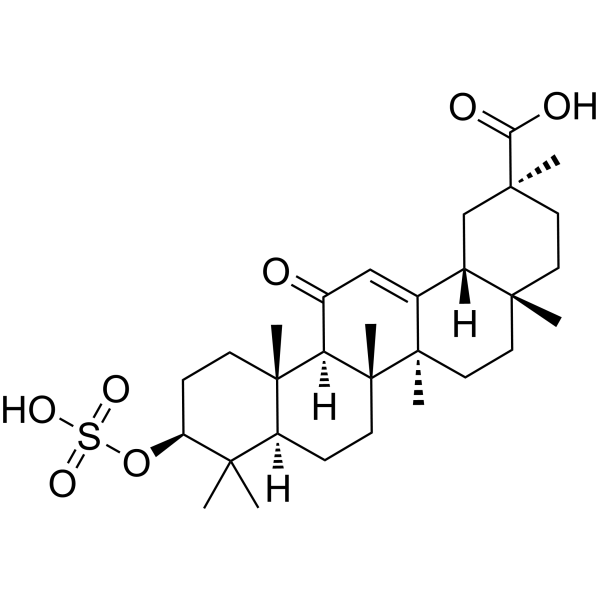
- HY-P4115
-
|
|
FABP
|
Cancer
|
|
CooP is a linear glioblastoma-targeting nonapeptide. CooP binds to the mammary-derived growth inhibitor/fatty acid binding protein 3 (FABP3) in the glioblastoma cells and its associated vasculature. CooP is used for the targeted delivery of chemotherapy and different nanoparticles .
|
-

- HY-153264
-
|
|
Others
|
Others
|
|
TAS2R14 agonist is a potent TAS2R14 partial agonist with an EC50 of 116.6 ±23.6 nM .
|
-
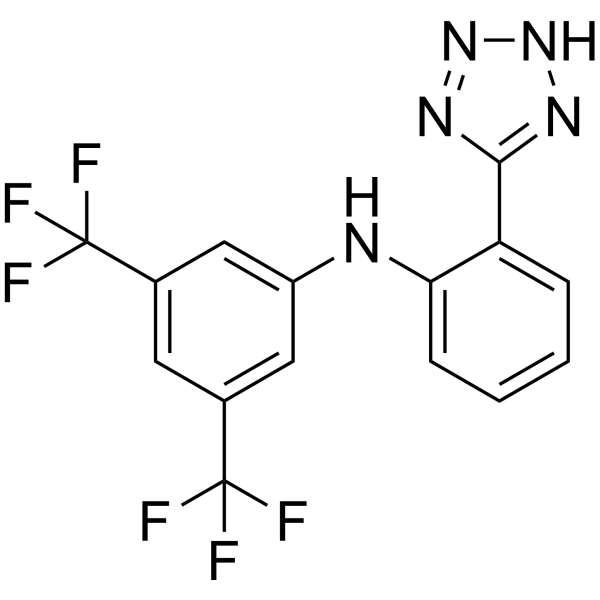
- HY-149270
-
|
|
COX
|
Inflammation/Immunology
|
|
COX-2-IN-31 (compound 7b) is an orally active and dual inhibitor of COX-2 (IC50=60 nM) and 5-LOX (IC50=1.9 μM). COX-2-IN-31 also inhibits transmembrane hCA IX(Ki=48.9 nM) and hCA XII(Ki=5.8 nM) activity. COX-2-IN-31 exhibits anti-inflammatory and analgesic activity .
|
-

- HY-W104477
-
|
|
Others
|
Metabolic Disease
|
|
3-Fluoro-L-tyrosine is a tyrosine analogue, inhibits transamination by tyrosine aminotransferase (TAT). And 3-FluoroL-tyrosine has been shown to be biologically incorporated into proteins in place of tyrosine. 3-Fluoro-L-tyrosine pretends to be the substrate of rat liver tyrosine aminotransferase, markedly disturbs the Tyr-TAT association .
|
-
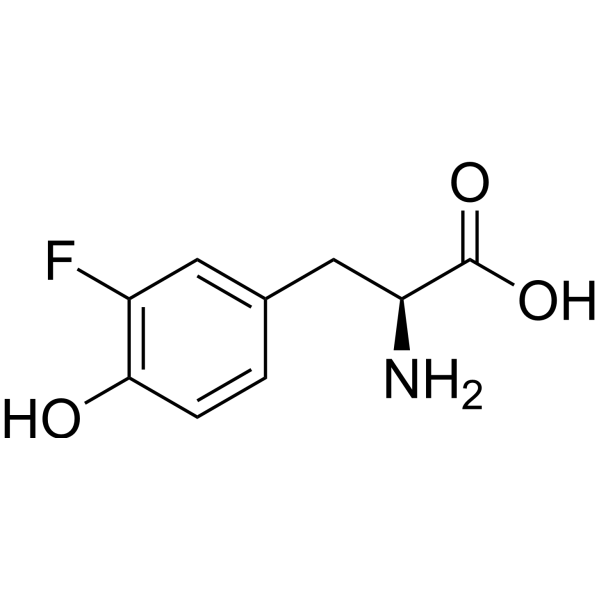
- HY-W019710
-
|
|
HDAC
|
Neurological Disease
|
|
(E,E)-RGFP966 is a selective and CNS permeable HDAC3 inhibitor that can be used for the research of Huntington’s disease .
|
-
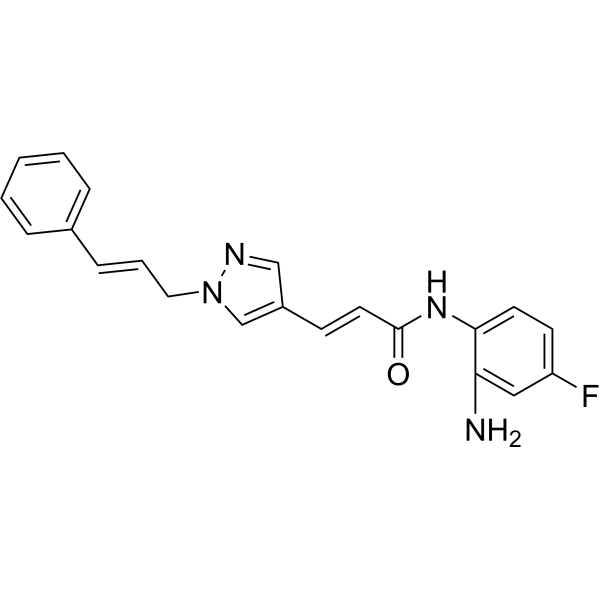
- HY-162125
-
|
|
Angiotensin Receptor
|
Cardiovascular Disease
|
|
AT2 receptor ligand-1(compound 14) is a potent angiotensin AT2 receptor ligand with the Ki 4.9 nM. AT2 receptor ligand-1 shows high stability in microsomes of the sulfonamide ligands .
|
-
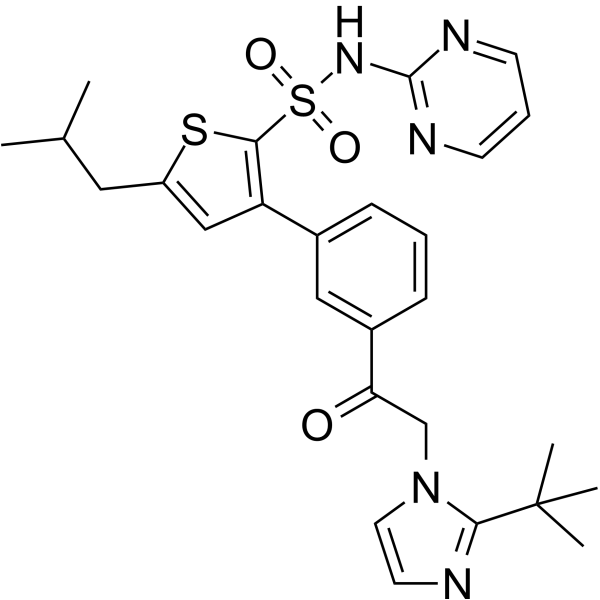
- HY-W585922
-
|
|
Others
|
Others
|
|
3β-Cholic acid is a derivative of cholic acid (HY-N0324), and can be found in human feces .
|
-
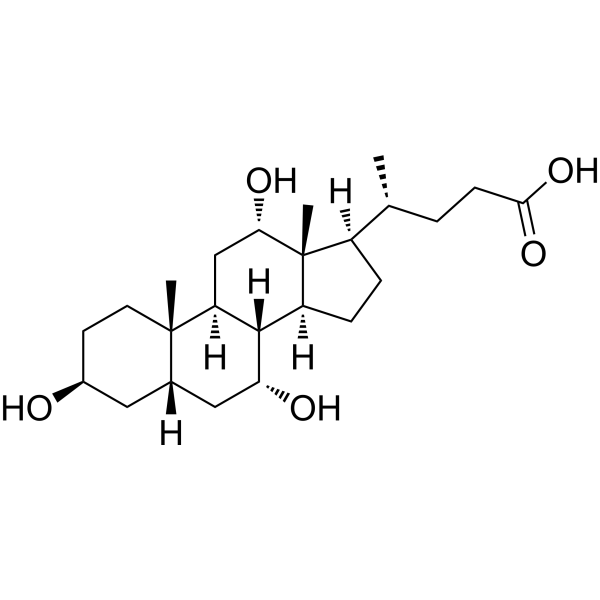
- HY-19594R
-
|
|
Parasite
|
Infection
|
|
Teclozan (Standard) is the analytical standard of Teclozan. This product is intended for research and analytical applications. Teclozan (WIN 13146) is an antiprotozoal agent, class in benzylamine derivatives. Teclozan intervenes in the phospholipid metabolism preventes the formation of arachidonic acid. Teclozan acts in the intestinal lumen being effective in Anti-G. intestinalis. Teclozan can be used for the research of protozoan infections .
|
-

- HY-B0310R
-
|
|
Histamine Receptor
|
Inflammation/Immunology
Endocrinology
Cancer
|
|
Nizatidine (Standard) is the analytical standard of Nizatidine. This product is intended for research and analytical applications. Nizatidine is a potent and orally active histamine H2 receptor antagonist, can be used for the research of stomach and intestines ulcers. Nizatidine works by decreasing the secretion of gastric acid the stomach makes and prevent ulcers from coming back after they have healed in animal models .
|
-

- HY-N2027
-
|
12-Deoxycholyltaurine
|
Apoptosis
Endogenous Metabolite
|
Inflammation/Immunology
|
|
Taurochenodeoxycholic acid (12-Deoxycholyltaurine) is one of the main bioactive substances of animals' bile acid. Taurochenodeoxycholic acid induces apoptosis and shows obvious anti-inflammatory and immune regulation properties .
|
-
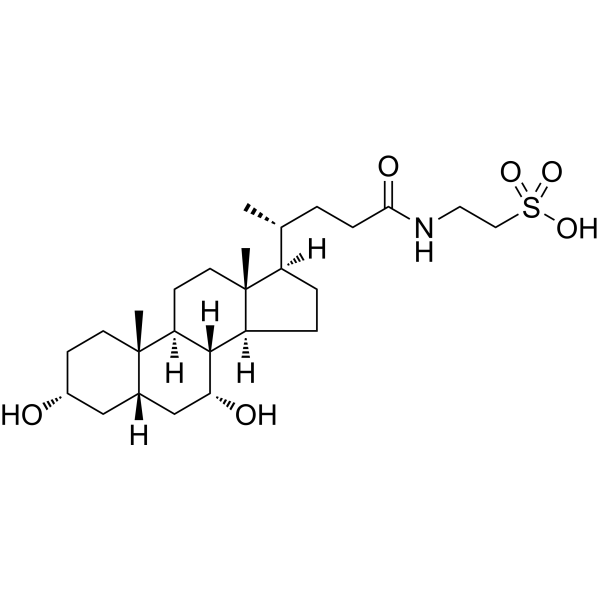
- HY-N6869
-
|
|
Antibiotic
PPAR
Bacterial
Fungal
|
Infection
Metabolic Disease
Inflammation/Immunology
Cancer
|
|
Dehydroabietic acid is a diterpene resin acid that can be isolated from Pinus and Picea. Dehydroabietic acid has anti-bacterial, anti-fungal, anti-inflammatory, and anticancer activities. Dehydroabietic acid is a dual PPAR-α/γ agonist and PPAR-γ partial agonist, which can attenuate insulin resistance (IR) and hepatic steatosis induced by HFD-consumption in mice .
|
-

- HY-N1429
-
|
12-Deoxycholyltaurine sodium
|
Apoptosis
Endogenous Metabolite
|
Inflammation/Immunology
|
|
Taurochenodeoxycholic acid (12-Deoxycholyltaurine) sodium is one of the main bioactive substances of animals' bile acid. Taurochenodeoxycholic acid sodium induces apoptosis and shows obvious anti-inflammatory and immune regulation properties .
|
-
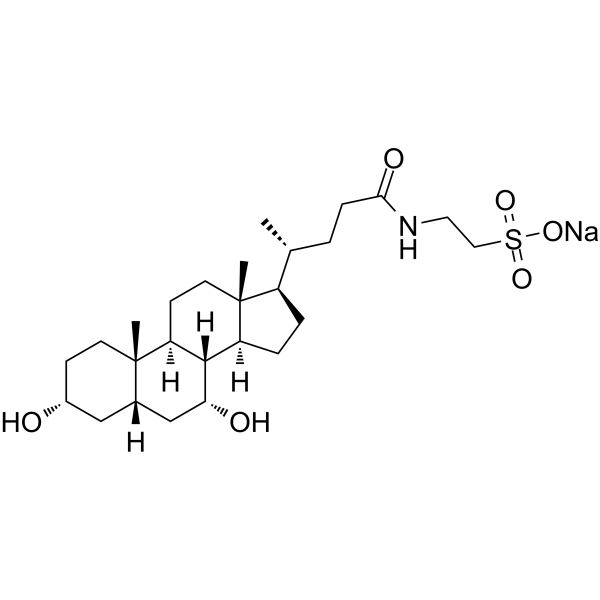
- HY-136276
-
|
|
Others
|
Others
|
|
DMNB-caged-Serine is a photocaged amino acid. DMNB-caged-Serine can be used as a catalytic residue, hydrogen bonding partner or site of post-translational modification. DMNB-caged-Serine can be used for the control of protein phosphorylation .
|
-

- HY-131614
-
|
|
Calcium Channel
|
Others
|
|
TPC2-A1-N is a powerful and Ca 2+-permeable agonist of two pore channel 2 (TPC2), which plays its role by mimicking the physiological actions of NAADP. TPC2-A1-P reproducibly evokes significant Ca 2+ responses from TPC2 (EC50=7.8 μM), and the effect can be blocked by several TPC blockers. TPC2-A1-N can be used to probe different functions of TPC2 channels in intact cells .
|
-
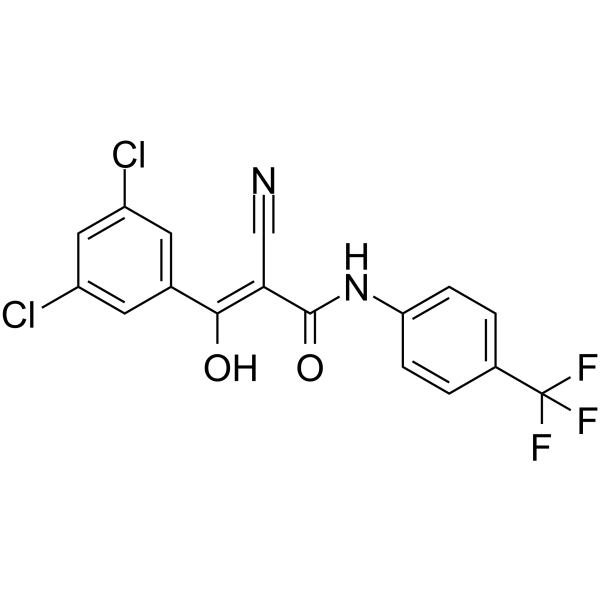
- HY-116374
-
|
Lithocholylglycine
|
Endogenous Metabolite
|
Inflammation/Immunology
|
|
Glycolithocholic acid (Lithocholylglycine), an endogenous metabolite, is a glycine-conjugated secondary bile acid. Glycolithocholic acid can be used to diagnose ulcerative colitis (UC), non-alcoholic steatohepatitis (NASH) and primary sclerosing cholangitis (PSC) [3] .
|
-
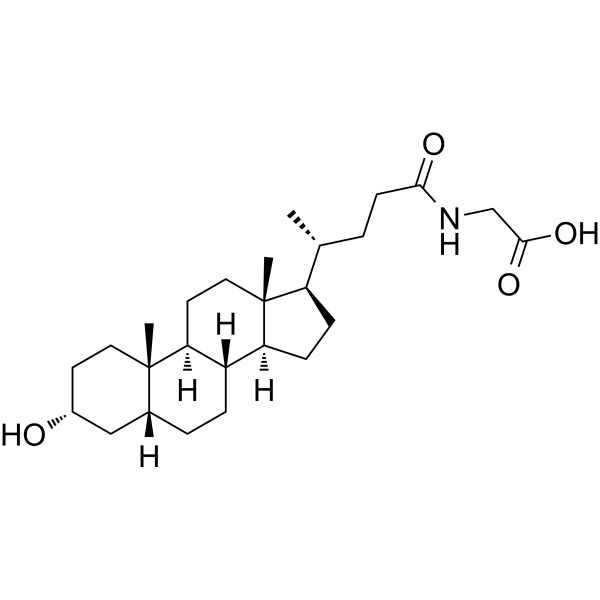
- HY-125818
-
|
Cytidine triphosphate; 5'-CTP
|
DNA/RNA Synthesis
Nucleoside Antimetabolite/Analog
Endogenous Metabolite
|
Infection
Cancer
|
|
Cytidine 5′-triphosphate (Cytidine triphosphate; 5'-CTP) is a nucleoside triphosphate and serves as a building block for nucleotides and nucleic acids, lipid biosynthesis. Cytidine triphosphate synthase can catalyze the formation of cytidine 5′-triphosphate from uridine 5′-triphosphate (UTP). Cytidine 5′-triphosphate is an essential biomolecule in the de novo pyrimidine biosynthetic pathway in T. gondii .
|
-
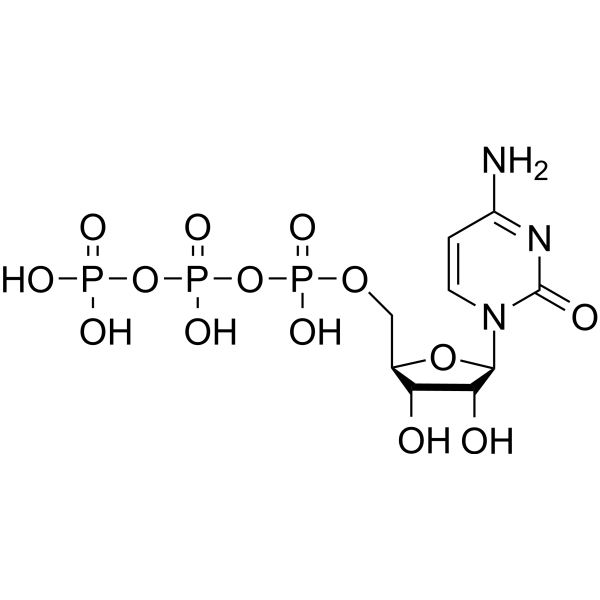
- HY-B0172A
-
|
3β-Hydroxy-5α-cholanic acid
|
Others
|
Inflammation/Immunology
|
|
Isoallolithocholic acid (3β-Hydroxy-5α-cholanic acid), a derivative of Lithocholic acid (HY-10219), is a T cell regulator. Isoallolithocholic acid enhances regulatory T cells (Tregs) differentiation .
|
-
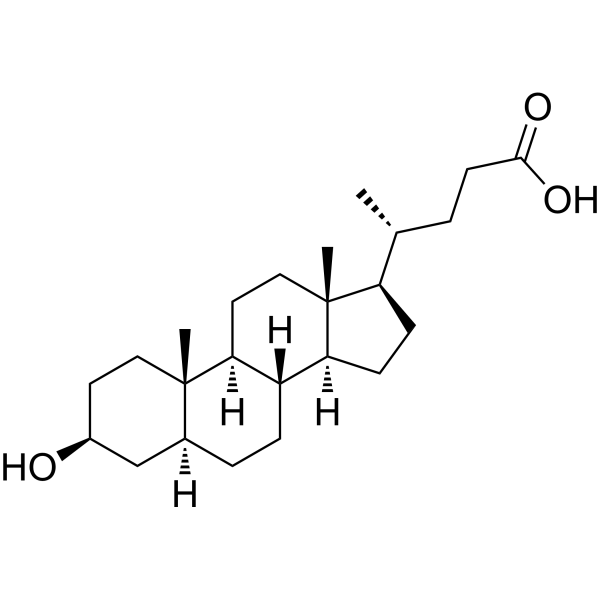
- HY-145294
-
|
|
ROCK
|
Neurological Disease
|
|
ROCK2-IN-5 (compound 1d) is a hybrid compound containing structural fragments of the Rho kinase inhibitor fasudil and the NRF2 inducers caffeic and ferulic acids. ROCK2-IN-5 has good multitarget profile and good tolerability. ROCK2-IN-5 has the potential for thr research of Amyotrophic lateral sclerosis (ALS) with a SOD1 mutation .
|
-
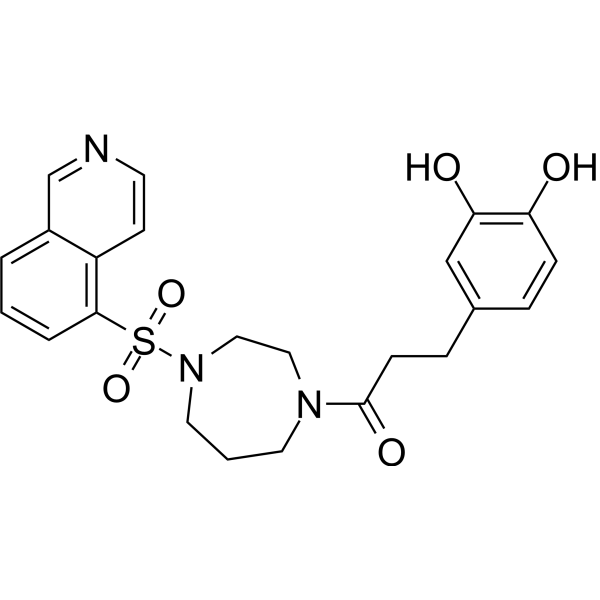
- HY-143906
-
|
|
URAT1
|
Inflammation/Immunology
|
|
URAT1 inhibitor 2 is an orally active and potent URAT1 and CYP isozyme inhibitor, with IC50 values of 1.36 μM, 16.97 μM, 5.22 μM for URAT1-mediated 14C-UA uptake, CYP1A2 and CYP2C9, respectively. URAT1 inhibitor 2 is a promising agent candidate in the study of hyperuricemia and gout .
|
-
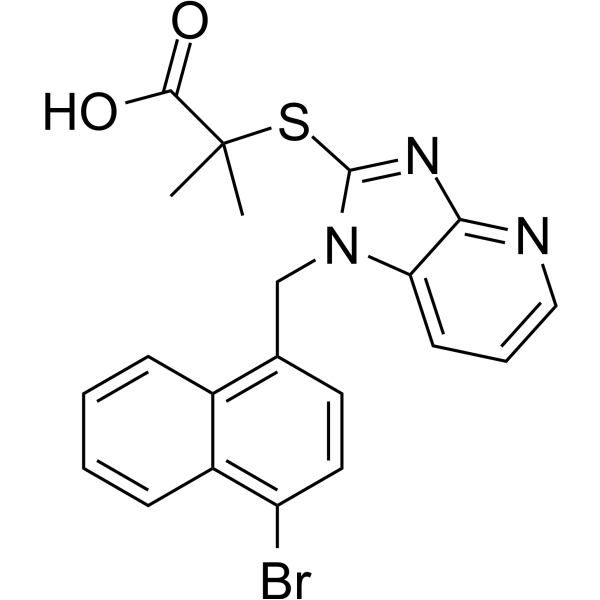
- HY-110354
-
|
G28UCM
|
Fatty Acid Synthase (FASN)
Bacterial
Antibiotic
|
Infection
Cancer
|
|
UCM05 (G28UCM) is a potent inhibitor of fatty acid synthase (FASN) shows activity against HER2+ breast cancer xenografts and is active in anti-HER2 drug-resistant cell lines. UCM05 is a Filamentous temperature-sensitive protein Z (FtsZ) inhibitor and inhibits the growth of the Gram-positive bacterium B. subtilis with MIC values of 100 μM but lack activity on the Gram-negative bacterium E. coli.
|
-

- HY-108571
-
|
|
PPAR
|
Metabolic Disease
|
|
CP-775146 is a selective PPARα agonist that binds strongly to the PPARα ligand. CP-775146 efficiently alleviates obesity-induced liver damage, prevents lipid accumulation by activating the liver fatty acid β-oxidation pathway .
|
-
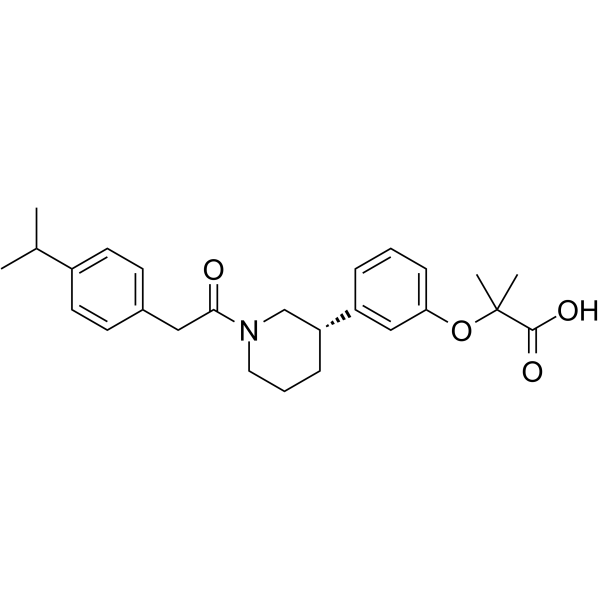
- HY-133147
-
|
|
HDAC
Apoptosis
|
Cancer
|
|
HDAC3/6-IN-2 (compound 15) is a potent HDAC6 and HDAC3 inhibitor, with IC50 values of 0.368 and 0.635 μM, respectively. HDAC3/6-IN-2 shows antitumor activity, and induces cancer cell apoptosis. HDAC3/6-IN-2 decreases the levels of HDAC6 and HDAC3, associated with upregulation of acetylated H3 and α-tubulin .
|
-
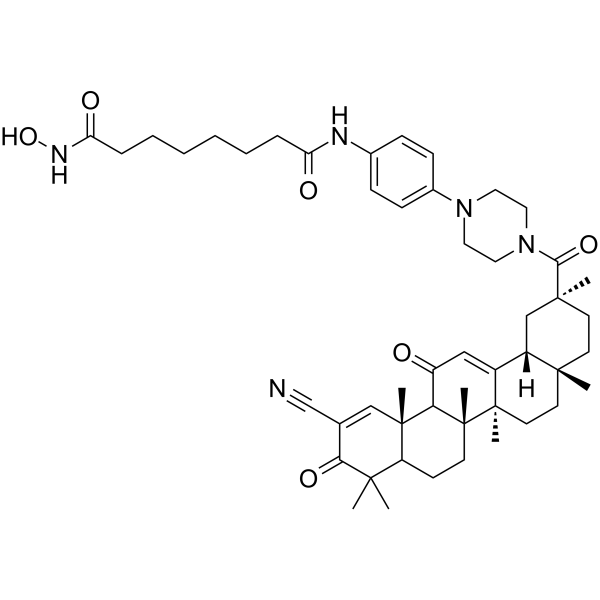
- HY-147533
-
|
|
ROR
|
Inflammation/Immunology
|
|
RORγt inverse agonist 30 (Compound 1) is a potent RORγt inverse agonist with the IC50 of 46 nM. Targeting the nuclear receptor RORγt is effective in autoimmune disorders .
|
-
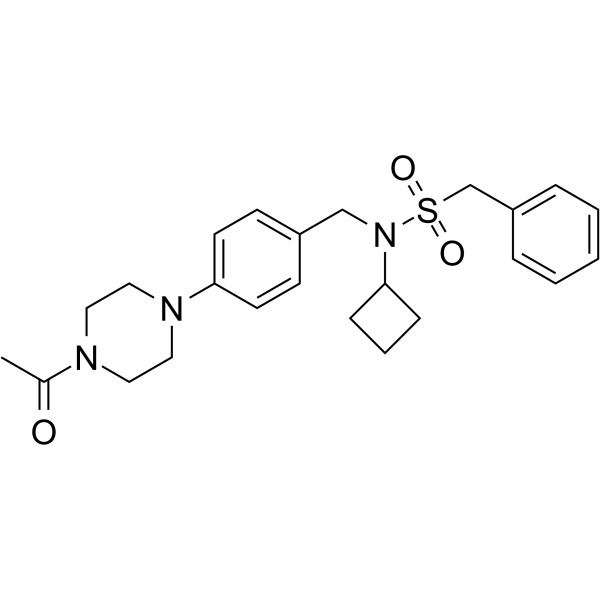
- HY-B0305
-
|
|
Histamine Receptor
|
Metabolic Disease
Inflammation/Immunology
Cancer
|
|
Roxatidine acetate is a potent, selective, competitive and orally active histamine H2-receptor antagonist. Roxatidine acetate has antisecretory potency against gastric acid secretion. Roxatidine acetate can also suppress inflammatory responses and can be used for gastric and duodenal ulcers research. Roxatidine acetate has antitumor activity [3].
|
-
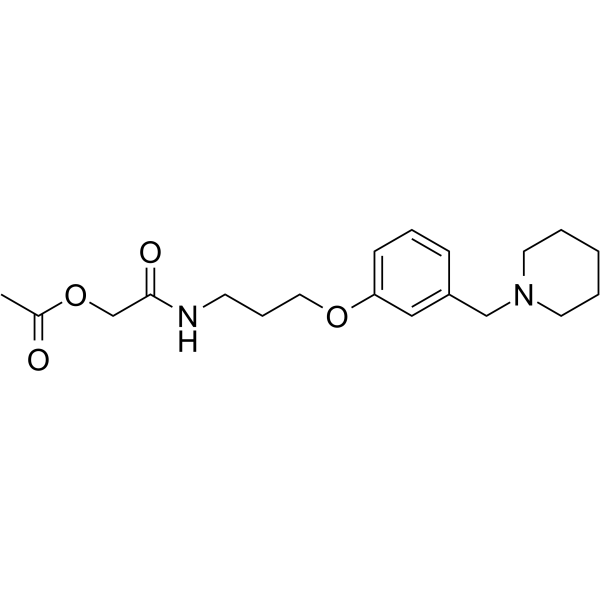
- HY-D1650
-
|
|
Fluorescent Dye
|
Others
|
|
BDP 630/650 carboxylic acid is a bright far-red fluorophore based on a borondipyrromethene scaffold. BDP 630/650 carboxylic acid is a BDP linker containing carboxylic acid. BDP 630/650 carboxylic acid can react with primary amine groups to form a stable amide bond. (λex=630 nm, λem=650 nm) .
|
-
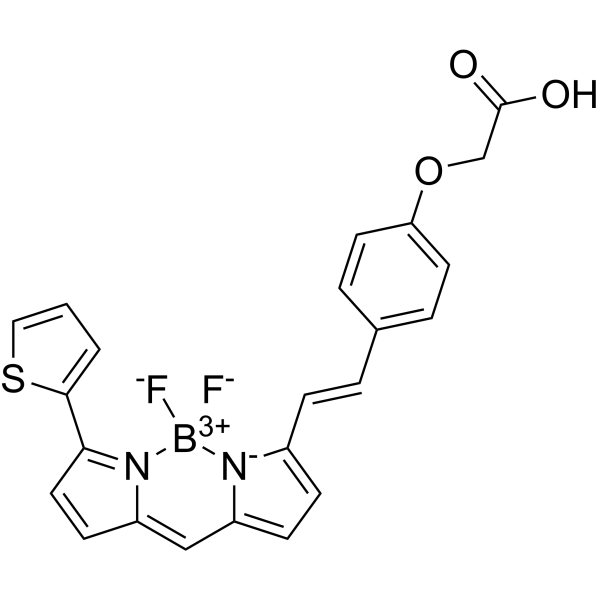
- HY-P1287
-
|
|
iGluR
|
Neurological Disease
|
|
Conantokin-T is a γ-carboxyglutamate-containing, N-methyl-D-aspartate (NMDA) antagonist peptidewith an IC50 value of 2 μM. Conantokin-T inhibits NMDA receptor-mediated calcium influx in central nervous system neurons. Conantokin-T can be purified from the venom of the fish-hunting cone snail, Conus tulipa .
|
-
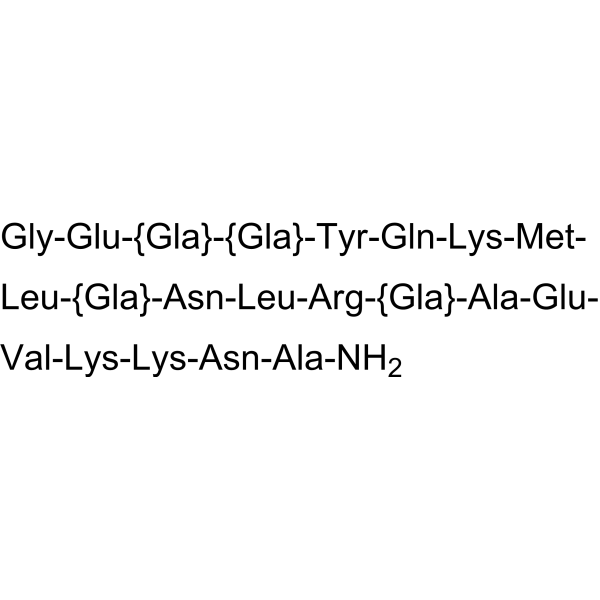
- HY-113133
-
|
|
Glucosidase
|
Infection
Metabolic Disease
Inflammation/Immunology
|
|
Kojibiose, an orally active prebiotic disaccharide, can specifically inhibit the activity of α-glucosidase I. kojibiose is a proliferation factor for Bifidobacterium, lactic acid bacteria, and eubacteria. kojibiose is a low-calorie sweetener capable of increasing the absorption of iron. Kojibiose exhibits antitoxic activity. Kojibiose reduces hepatic expression of inflammatory markers in vivo .
|
-

- HY-149263
-
|
|
Influenza Virus
Virus Protease
|
Infection
|
|
HAA-09 is an orally active and potent anti-influenza agent, targeting the influenza PB2_cap binding domain. HAA-09 displays potent anti-influenza A virus activity, with an EC50 of 0.03 μM. HAA-09 shows polymerase inhibition, with an IC50 of 0.06±0.004 μM. HAA-09 blocks virus replication without causing obvious cytotoxicity .
|
-
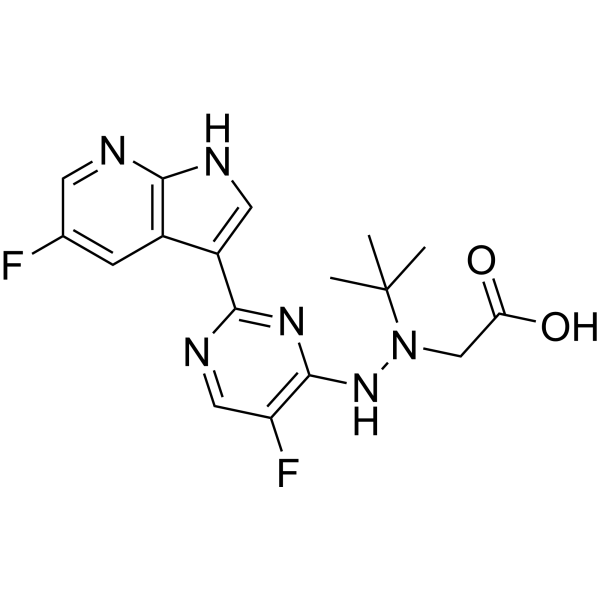
- HY-N12216
-
|
|
Others
|
Others
|
|
Cyanidin 3-sophoroside-5-glucoside is the main anthocyanin in purple-fleshed sweet potato and affects the antioxidant activity of purple-fleshed sweet potato .
|
-
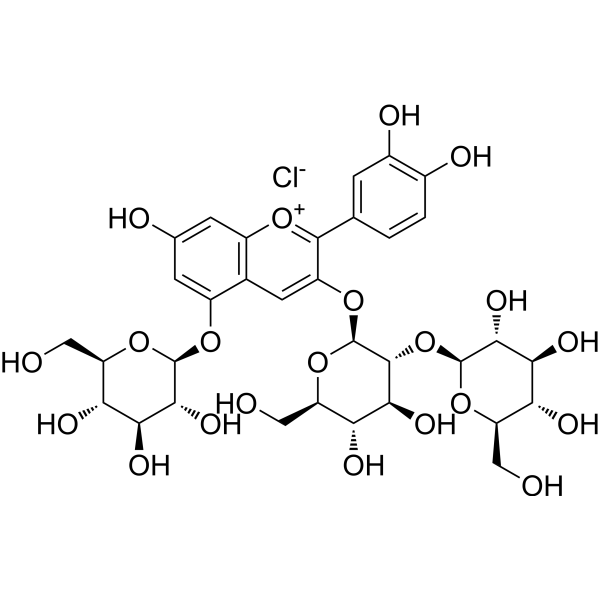
- HY-155282
-
-
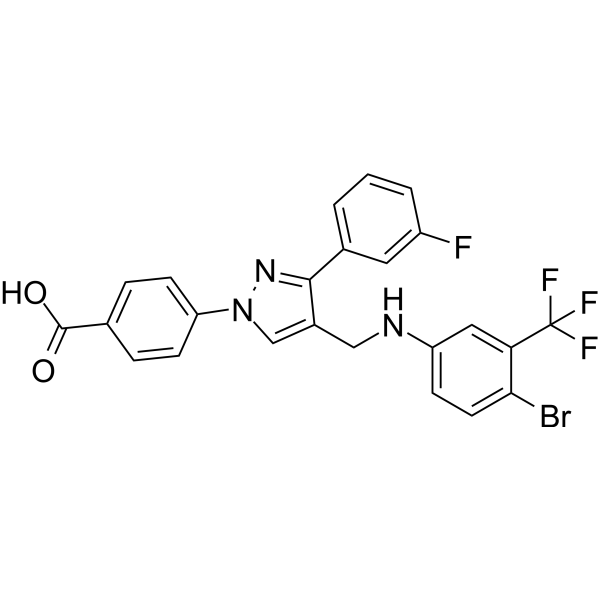
- HY-125818S2
-
|
Cytidine triphosphate-13C,d1 dilithium; 5'-CTP-13C,d1 dilithium
|
Isotope-Labeled Compounds
DNA/RNA Synthesis
Nucleoside Antimetabolite/Analog
Endogenous Metabolite
|
Infection
Cancer
|
|
Cytidine-5'-triphosphate- 13C,d1 (Cytidine triphosphate- 13C,d1 dilithium; 5'-CTP- 13C,d1) dilithium is deuterium and 13C-labeled Cytidine-5'-triphosphate (HY-125818). Cytidine 5′-triphosphate (Cytidine triphosphate; 5'-CTP) is a nucleoside triphosphate and serves as a building block for nucleotides and nucleic acids, lipid biosynthesis. Cytidine triphosphate synthase can catalyze the formation of cytidine 5′-triphosphate from uridine 5′-triphosphate (UTP). Cytidine 5′-triphosphate is an essential biomolecule?in the de novo?pyrimidine biosynthetic pathway in?T. gondii.
|
-
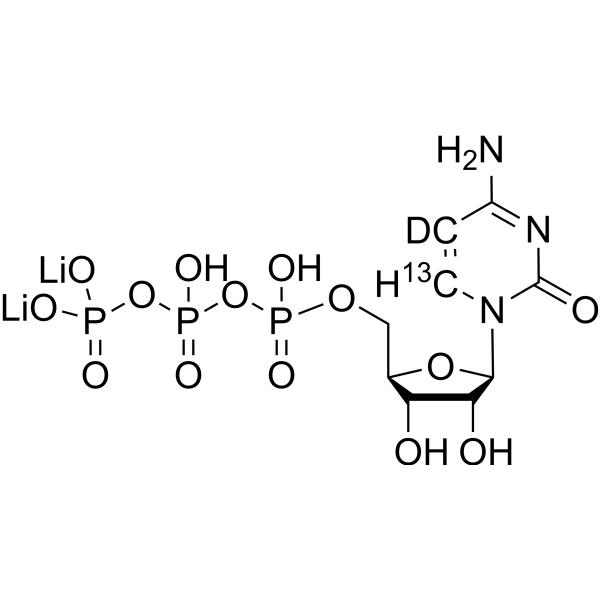
- HY-125818S3
-
|
Cytidine triphosphate-13C9 dilithium; 5'-CTP-13C9 dilithium
|
Isotope-Labeled Compounds
DNA/RNA Synthesis
Nucleoside Antimetabolite/Analog
Endogenous Metabolite
|
Infection
Cancer
|
|
Cytidine-5'-triphosphate- 13C9 (Cytidine triphosphate- 13C9 dilithium; 5'-CTP- 13C9) dilithium is 13C-labeled Cytidine-5'-triphosphate (HY-125818). Cytidine 5′-triphosphate (Cytidine triphosphate; 5'-CTP) is a nucleoside triphosphate and serves as a building block for nucleotides and nucleic acids, lipid biosynthesis. Cytidine triphosphate synthase can catalyze the formation of cytidine 5′-triphosphate from uridine 5′-triphosphate (UTP). Cytidine 5′-triphosphate is an essential biomolecule?in the de novo?pyrimidine biosynthetic pathway in?T. gondii.
|
-

- HY-125818S6
-
|
Cytidine triphosphate-15N3 dilithium; 5'-CTP-15N3 dilithium
|
Isotope-Labeled Compounds
DNA/RNA Synthesis
Nucleoside Antimetabolite/Analog
Endogenous Metabolite
|
Infection
Cancer
|
|
Cytidine-5'-triphosphate- 15N3 (Cytidine triphosphate- 15N3 dilithium; 5'-CTP- 15N3) dilithium is 15N labeled Cytidine-5'-triphosphate (HY-125818). Cytidine 5′-triphosphate (Cytidine triphosphate; 5'-CTP) is a nucleoside triphosphate and serves as a building block for nucleotides and nucleic acids, lipid biosynthesis. Cytidine triphosphate synthase can catalyze the formation of cytidine 5′-triphosphate from uridine 5′-triphosphate (UTP). Cytidine 5′-triphosphate is an essential biomolecule?in the de novo?pyrimidine biosynthetic pathway in?T. gondii.
|
-

- HY-125818S5
-
|
Cytidine triphosphate-15N3,d14 dilithium; 5'-CTP-15N3,d14 dilithium
|
Isotope-Labeled Compounds
DNA/RNA Synthesis
Nucleoside Antimetabolite/Analog
Endogenous Metabolite
|
Infection
Cancer
|
|
Cytidine-5'-triphosphate- 15N3,d14 (Cytidine triphosphate- 15N3,d14 dilithium; 5'-CTP- 15N3,d14) dilithium is deuterium and 15N labeled Cytidine-5'-triphosphate (HY-125818). Cytidine 5′-triphosphate (Cytidine triphosphate; 5'-CTP) is a nucleoside triphosphate and serves as a building block for nucleotides and nucleic acids, lipid biosynthesis. Cytidine triphosphate synthase can catalyze the formation of cytidine 5′-triphosphate from uridine 5′-triphosphate (UTP). Cytidine 5′-triphosphate is an essential biomolecule?in the de novo?pyrimidine biosynthetic pathway in?T. gondii.
|
-

- HY-125818S4
-
|
Cytidine triphosphate-d14 dilithium; 5'-CTP-d14 dilithium
|
Isotope-Labeled Compounds
DNA/RNA Synthesis
Nucleoside Antimetabolite/Analog
Endogenous Metabolite
|
Infection
Cancer
|
|
Cytidine-5'-triphosphate-d14 (Cytidine triphosphate-d14 dilithium; 5'-CTP-d14) dilithium is deuterium labeled Cytidine-5'-triphosphate (HY-125818). Cytidine 5′-triphosphate (Cytidine triphosphate; 5'-CTP) is a nucleoside triphosphate and serves as a building block for nucleotides and nucleic acids, lipid biosynthesis. Cytidine triphosphate synthase can catalyze the formation of cytidine 5′-triphosphate from uridine 5′-triphosphate (UTP). Cytidine 5′-triphosphate is an essential biomolecule?in the de novo?pyrimidine biosynthetic pathway in?T. gondii.
|
-

- HY-P10352
-
|
|
Bacterial
|
Infection
|
|
Pediocin PA-1 is a broad-spectrum lactic acid bacterial bacteriocin that inhibits the activity of foodborne pathogens such as Listeria monocytogenes and Gram-positive bacteria. Pediocin PA-1 can be used as a food biopreservative .
|
-

- HY-N0303
-
|
|
Mitochondrial Metabolism
Apoptosis
|
Neurological Disease
|
|
Idebenone, a well-appreciated mitochondrial protectant, exhibits protective efficacy against neurotoxicity and can be used for the research of Alzheimer's disease, Huntington's disease. Idebenone (oxidised form) has a dose-dependent inhibitory effect on the enzymatic metabolism of arachidonic acid in astroglial homogenates (IC50=16.65 μM) . Idebenone, a coenzyme Q10 analog and an antioxidant, induces apoptotic cell death in the human dopaminergic neuroblastoma SHSY-5Y cells . Idebenone quickly crosses the blood-brain barrier.
|
-

- HY-15790
-
-
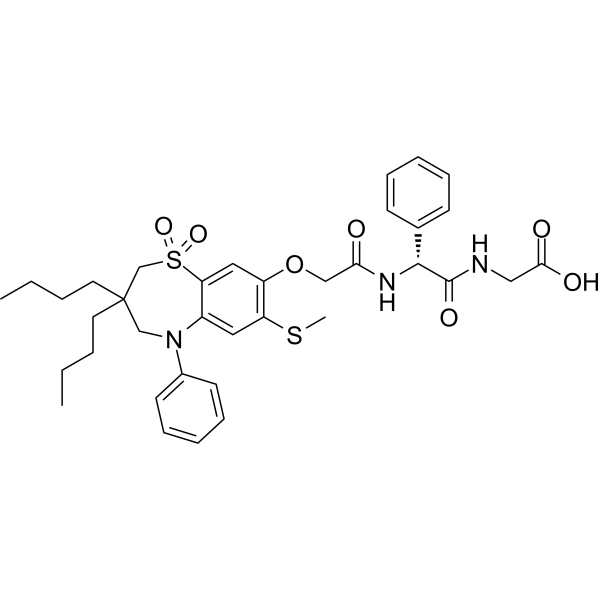
- HY-N6660
-
|
Tricaprin; Glyceryl tridecanoate
|
Endogenous Metabolite
Androgen Receptor
|
Metabolic Disease
|
|
Trisdecanoin (Tricaprin; Glyceryl tridecanoate) is an orally available precursor of decanoic acid (DA precursor) that can be hydrolyzed to decanoic acid. Trisdecanoin and its metabolite capric acid not only provide the body with a quick source of energy, but can also affect lipid metabolism. Trisdecanoin is a major component of medium chain triglycerides (MCT), which has preventive or inhibitory properties for abdominal aortic aneurysms (AAA), inhibition of cardiovascular disease, and anti-androgen (NSAA) and anti-hyperglycemic properties. Trisdecanoin can be used as an additive in food, medicine and cosmetics [3].
|
-
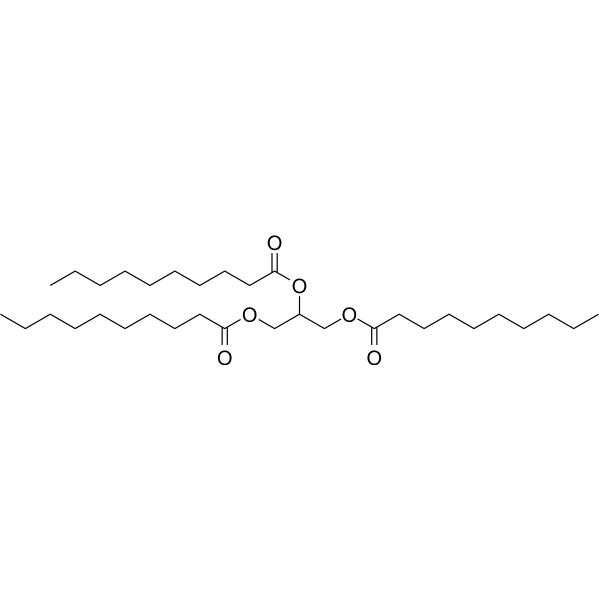
- HY-W011404
-
|
Glyceryl tributyrate
|
Apoptosis
|
Metabolic Disease
Cancer
|
|
Tributyrin (Glyceryl tributyrate), a neutral short-chain fatty acid triglyceride, is a stable and rapidly absorbed proagent of Butyric Acid. Tributyrin diffuses through biological membranes and is metabolized by intracellular lipases, releasing effective butyrate directly into the cell in vivo. Tributyrin has potent antiproliferative, proapoptotic and differentiation-inducing effects .
|
-
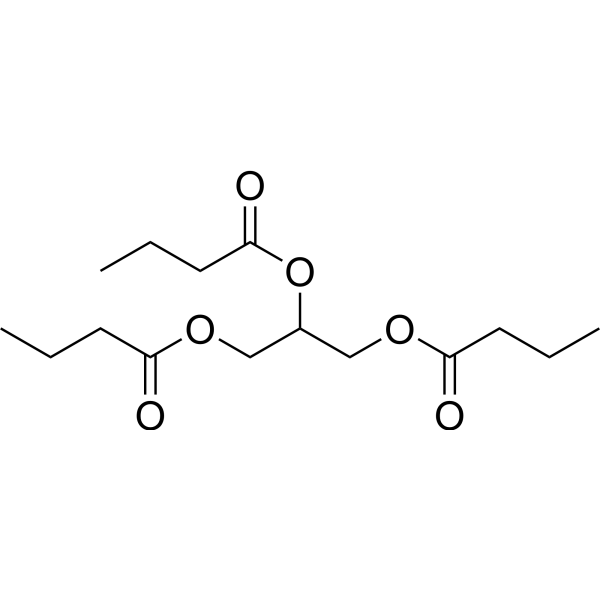
- HY-135880A
-
-
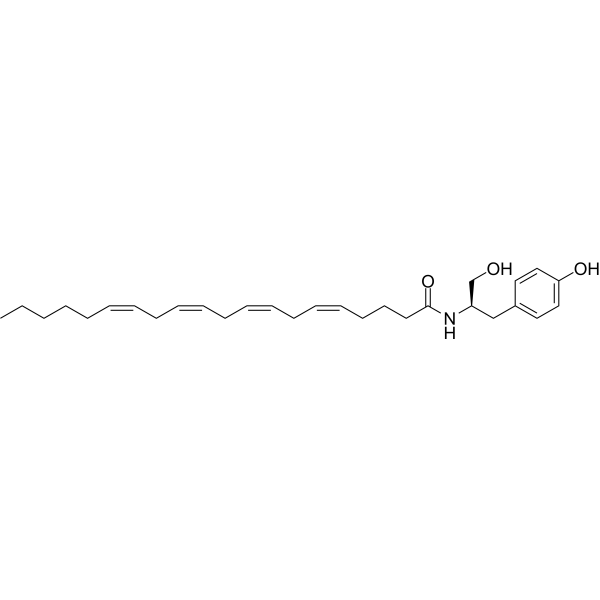
- HY-135882
-
-

- HY-121557
-
-
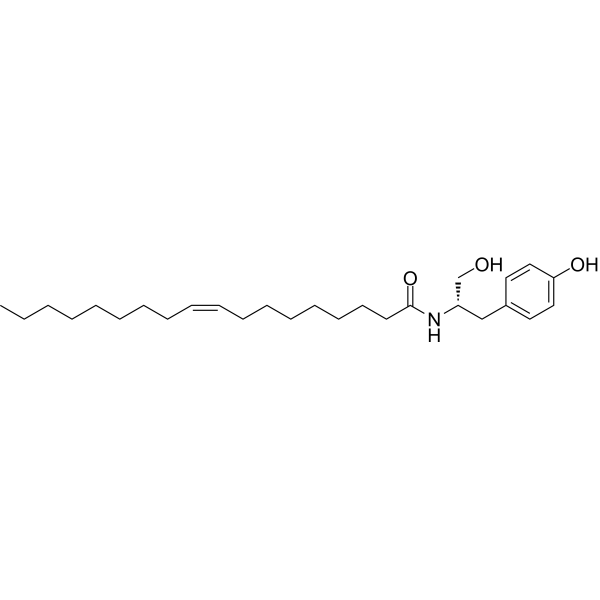
- HY-135881
-
|
|
TRP Channel
Endogenous Metabolite
|
Neurological Disease
|
|
OMDM-5 is a selective inhibitor of anandamide cellular uptake (ACU), with a Ki of 4.8 μM. OMDM-5 is also a potent vanilloid receptor type 1 (VR1, TRPV1) agonist, with an EC50 of 75 nM, and shows weakly active as cannabinoid receptor type 1 (CB1) ligand (Ki=4.9 μM) .
|
-
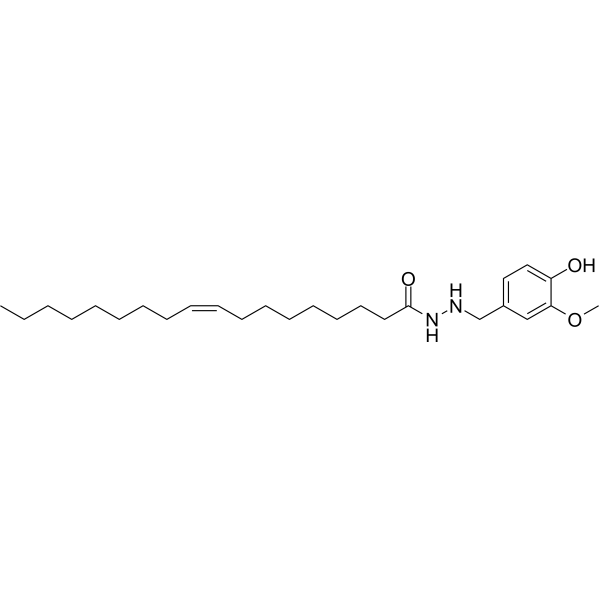
- HY-135880
-
-
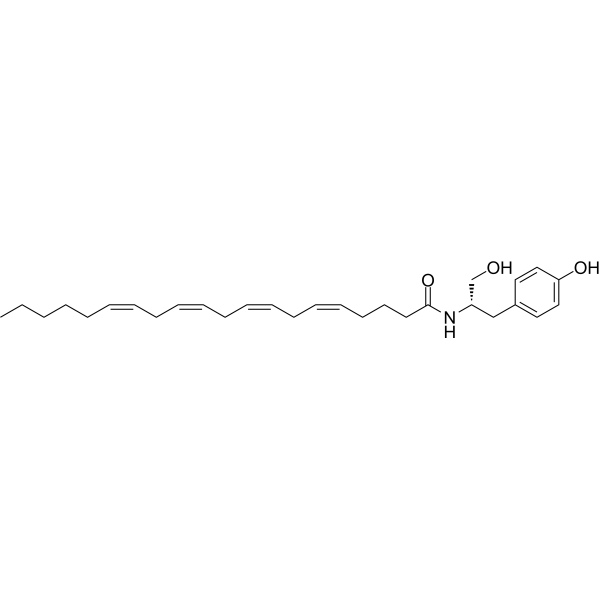
- HY-103342
-
-
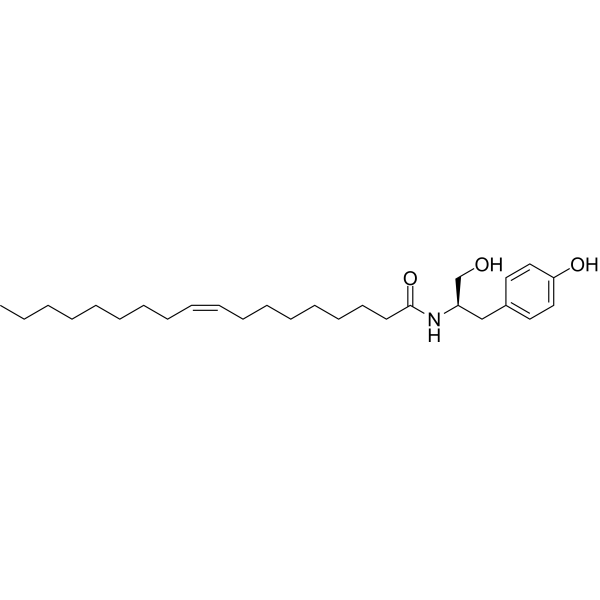
- HY-B2227
-
Lactate
4 Publications Verification
Lactic acid
|
Endogenous Metabolite
|
Metabolic Disease
Inflammation/Immunology
Cancer
|
|
Lactate (Lactic acid) is a hydroxycarboxylic acid receptor 1 (HCAR1) activator and an epigenetic modulator inducing lysine residues lactylation. Lactate is a glycolysis end-product, bridging the gap between glycolysis and oxidative phosphorylation. Lactate is an oncometabolite and has immune protective role of lactate in anti-tumor immunity .
|
-
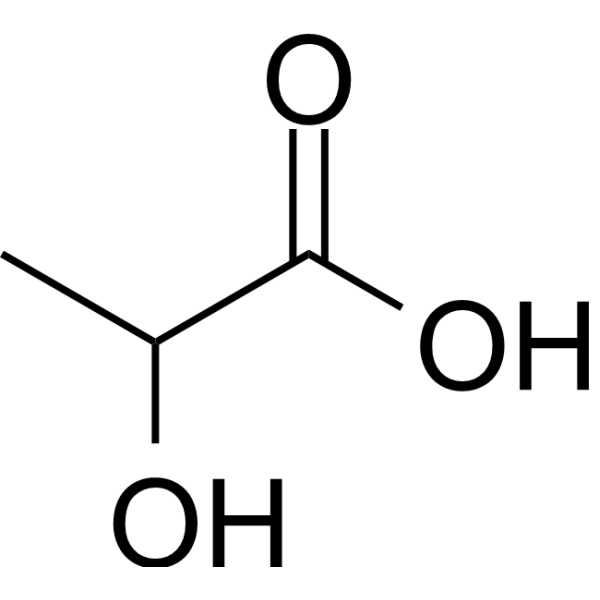
- HY-P3528
-
|
|
Caspase
Apoptosis
|
Neurological Disease
|
|
GPR is a three amino acid peptide. GPR can rescue cultured rat hippocampal neurons from Aβ-induced neuronal death by inhibiting caspase-3/p53 dependent apoptosis. GPR can be used for the research of Alzheimer's disease (AD).
|
-
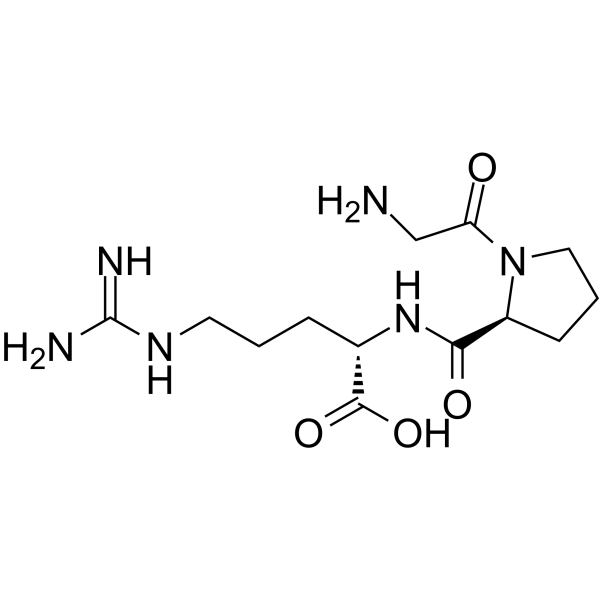
- HY-100821
-
|
|
Bacterial
|
Infection
|
|
2,4-Dihydroxyphenylacetylasparagine is a potent and selective antagonist of glutamate. 2,4-Dihydroxyphenylacetylasparagine inhibits glutamate binding to rat brain synaptic membranes .
|
-
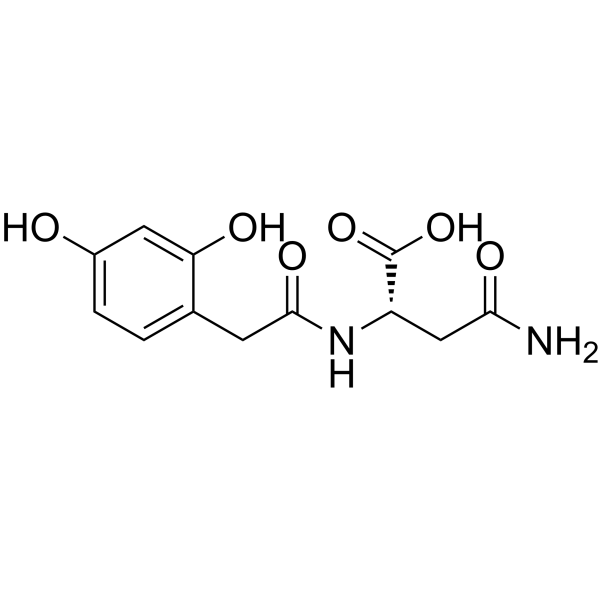
- HY-W014841
-
|
N-Benzoylglycine sodium, 98%
|
Biochemical Assay Reagents
|
Others
|
|
Sodium tungstate dihydrate, 99% (Sodium wolframate dihydrate, 99%) can be used to stain nucleic acids and some glycoproteins under electron microscopy and is a protein precipitant. Sodium hippurate, 98% is a kind of biological materials or organic compounds that are widely used in life science research .
|
-

- HY-15790R
-
-

- HY-N0303R
-
|
|
Mitochondrial Metabolism
Apoptosis
|
Neurological Disease
|
|
Idebenone (Standard) is the analytical standard of Idebenone. This product is intended for research and analytical applications. Idebenone, a well-appreciated mitochondrial protectant, exhibits protective efficacy against neurotoxicity and can be used for the research of Alzheimer's disease, Huntington's disease. Idebenone (oxidised form) has a dose-dependent inhibitory effect on the enzymatic metabolism of arachidonic acid in astroglial homogenates (IC50=16.65 μM) . Idebenone, a coenzyme Q10 analog and an antioxidant, induces apoptotic cell death in the human dopaminergic neuroblastoma SHSY-5Y cells . Idebenone quickly crosses the blood-brain barrier.
|
-

- HY-15790H
-
-

- HY-10108
-
LY294002
Maximum Cited Publications
718 Publications Verification
|
PI3K
Casein Kinase
DNA-PK
Apoptosis
Autophagy
|
Infection
Cancer
|
|
LY294002 is a broad-spectrum inhibitor of PI3K with IC50s of 0.5, 0.57, and 0.97 μM for PI3Kα, PI3Kδ and PI3Kβ, respectively . LY294002 also inhibits CK2 with an IC50 of 98 nM . LY294002 is a competitive DNA-PK inhibitor that binds reversibly to the kinase domain of DNA-PK with an IC50 of 1.4 μM. LY294002 is an apoptosis activator [3].
|
-
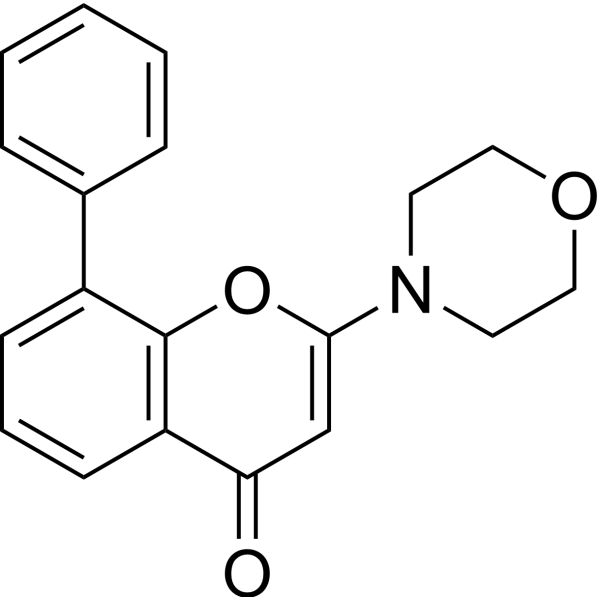
- HY-N0623
-
|
Tryptophan; Tryptophane
|
Others
|
Metabolic Disease
Cancer
|
|
L-Tryptophan (Tryptophan) is an orally active and essential amino acid that is the precursor of serotonin, melatonin, and vitamin B3. L-Tryptophan can promote an increase in stemness and osteogenic ability of BMSCs in vitro and in vivo. L-Tryptophan inhibits cell proliferation and induced cell cycle arrest with high levels [3].
|
-
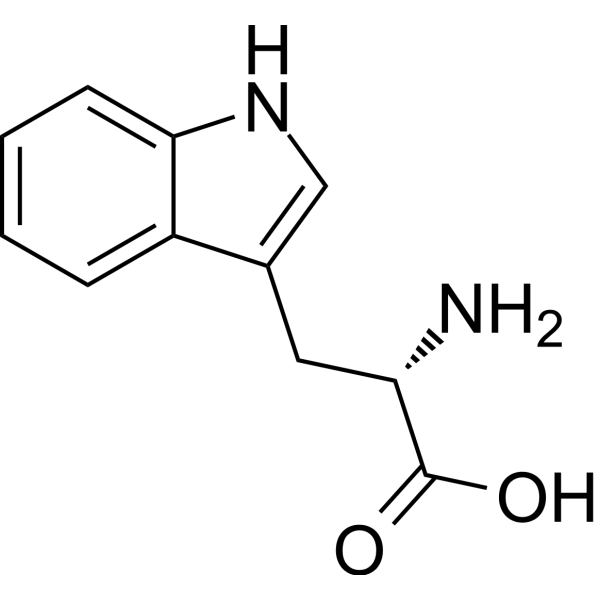
- HY-112764
-
|
|
Liposome
|
Metabolic Disease
|
|
DMG-PEG 2000 is used for the preparation of liposome for siRNA delivery with improved transfection efficiency in vitro. DMG-PEG 2000 is also used for the lipid nanoparticle for an oral plasmid DNA delivery approach in vivo through a facile surface modification to improve the mucus permeability and delivery efficiency of the nanoparticles .
|
-

- HY-113439
-
|
|
Apoptosis
|
Cardiovascular Disease
Inflammation/Immunology
|
|
12-HETE, a major metabolic product of arachidonic acid using 12-LOX catalysis, inhibits cell apoptosis in a dose-dependent manner. 12-HETE promotes the activation and nuclear translocation of NF-κB through the integrin-linked kinase (ILK) pathway .12-HETE has both anti-thrombotic and pro-thrombotic effects . 12-HETE is a neuromodulator [3].
|
-
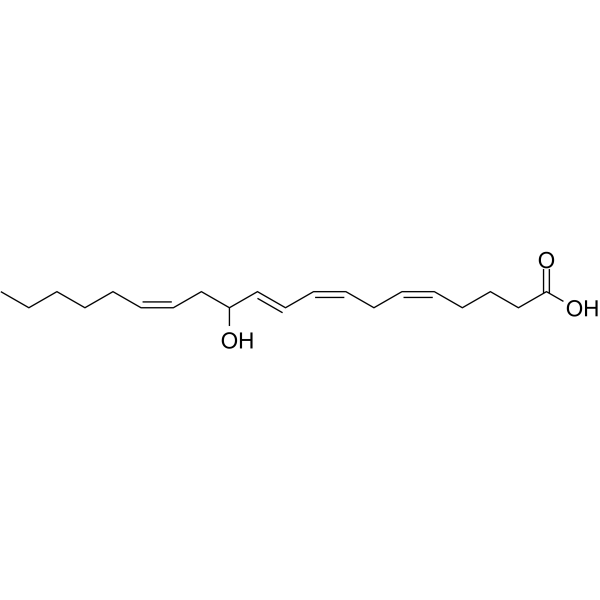
- HY-115450
-
|
|
LPL Receptor
|
Endocrinology
Cancer
|
|
ONO-0300302 is an orally active and potent LPA1 (lysophosphatidic acid receptor 1) antagonist, with an IC50 of 0.086 μM. ONO-0300302 is a slow tight binding inhibitor, and its binding affinity increases with time, with Kd of 0.34 nM (37 °C, 2 h). ONO-0300302 can be used for benign prostatic hyperplasia (BPH) research .
|
-
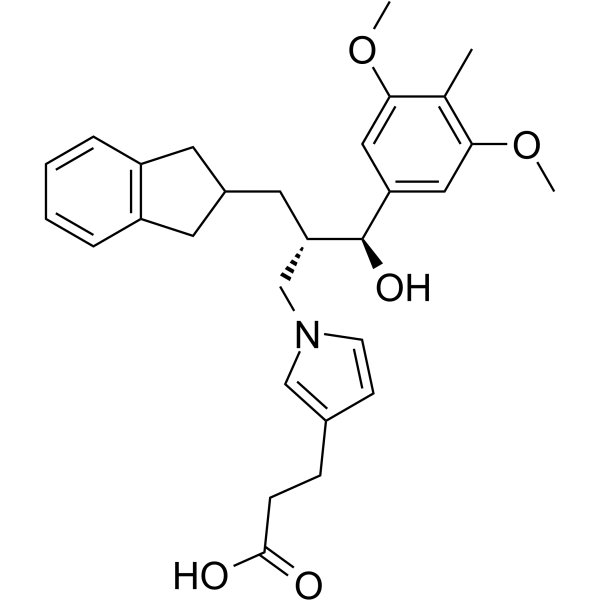
- HY-W010860
-
|
|
Others
|
Others
|
|
Copper(II) Gluconate is a non-toxic copper supplement aid. Copper(II) Gluconate is the copper salt of D-gluconic acid. Copper(II) Gluconate as a precursor catalyst that can be used in the photo-induced polymerisation of acrylates .
|
-

- HY-10306
-
|
|
Integrin
|
Cardiovascular Disease
|
|
Gantofiban is a GPIIb/IIIa integrin receptor antagonist. By binding to this receptor, Gantofiban can effectively inhibit platelet aggregation, thereby exerting its antithrombotic effect .
|
-

- HY-B1119
-
|
|
Bacterial
Fungal
Antibiotic
Apoptosis
|
Infection
Cancer
|
|
Triclosan is a broad-spectrum antibacterial agent that inhibits bacterial fatty acid synthesis at the enoyl-acyl carrier protein reductase (FabI) step. Triclosan inhibits E. coli enoyl-acyl carrier protein reductase (FabI) and FabI containing a glycine-to-valine substitution at position 93 (FabIG93V) with IC50s of 2 µM and 10 µM, respectively. Triclosan causes apoptotic effect in cultured rat neural stem cells (NSC). Triclosan exacerbates colitis and colitis-associated colorectal tumorigenesis in animal models [3].
|
-

- HY-B1367
-
|
|
Gap Junction Protein
Orthopoxvirus
11β-HSD
|
Infection
Inflammation/Immunology
|
|
Carbenoxolone disodium is the active metabolite of Glycyrrhizic acid (HY-N0184) and the inhibitor of human 11β-HSD and bacterial 3α, 20β-HSD . Carbenoxolone disodium is an uncoupling agent for gap junctions and a potent inhibitor of Vaccinia virus replication . Carbenoxolone disodium is used for the study of peptic, esophageal and oral ulceration and inflammation. Carbenoxolone disodium inhibits Vaccinia virus replication.
|
-
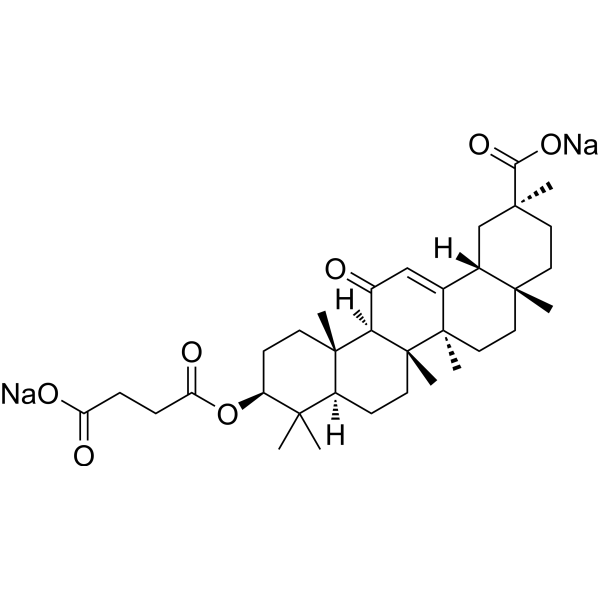
- HY-146282
-
|
|
GABA Receptor
|
Neurological Disease
|
|
mGAT-IN-1 (compound 28) is a potent and non-selective GAT inhibitor. mGAT-IN-1 has a high inhibitory potency toward mGAT3, with an IC50 of 2.5 μM and pIC50 of 5.61 .
|
-

- HY-146123
-
-
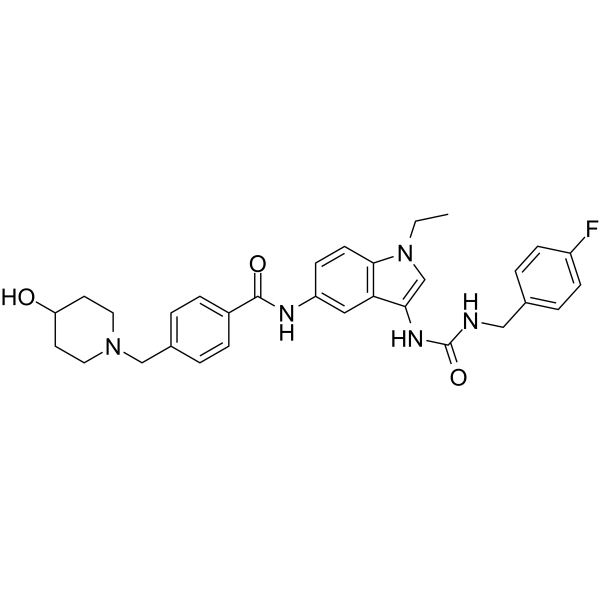
- HY-146427
-
|
|
Fungal
|
Infection
|
|
Antifungal agent 29 (compound 9d) is a potent, selective and non-toxic antifungal agent. Antifungal agent 29 shows antifungal activity towards Cryptococcus neoformans (MIC ≤ 0.23 μM) .
|
-

- HY-147913
-
|
|
PI3K
Akt
mTOR
Apoptosis
|
Cancer
|
|
PI3K/Akt/mTOR-IN-3 (compound 3d) is a potent PI3K/AKT/mTOR inhibitor. PI3K/Akt/mTOR-IN-3 displays the inhibitory activity in MCF-7, HeLa and HepG2 cells, with IC50 values of 0.77, 1.23, and 4.57μM, respectively. PI3K/Akt/mTOR-IN-3 inhibits the migration of MCF-7 and HeLa cells at the concentration of 4 μM. PI3K/Akt/mTOR-IN-3 induces cell apoptosis and S phase arrest .
|
-

- HY-100936
-
|
SQ 20009; EHT 0202 hydrochloride
|
Phosphodiesterase (PDE)
GABA Receptor
|
Neurological Disease
Inflammation/Immunology
|
|
Etazolate hydrochloride (SQ 20009) is an orally active, selective inhibitor of type 4 phosphodiesterase (PDE4) with an IC50 of 2 μM. Etazolate hydrochloride is a γ-aminobutyric acid A (GABAA) receptor regulator. Etazolate hydrochloride is an α-secretase activator and induced the production of soluble amyloid precursor protein (sAPPα). Etazolate hydrochloride, a pyrazolopyridine class derivative, increases cAMP levels. Etazolate hydrochloride has anxiolyticlike, antidepressant-like and anti-inflammatory effects [3] .
|
-
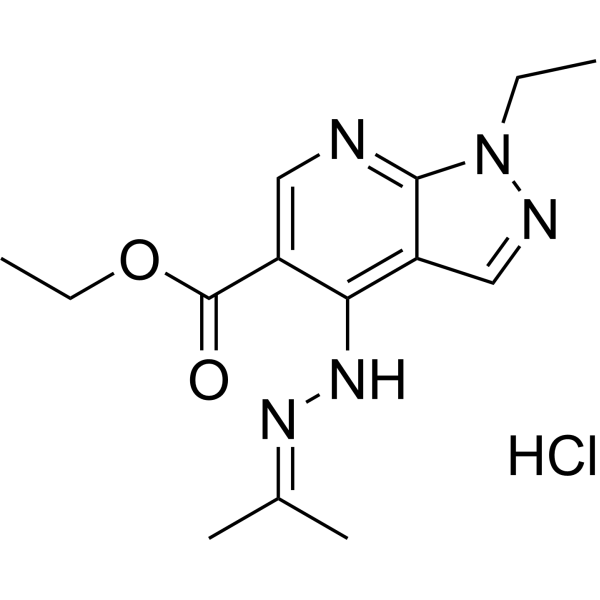
- HY-152251
-
|
|
Cannabinoid Receptor
FAAH
|
Inflammation/Immunology
|
|
CB2R/FAAH modulator-1 is a cannabinoid type 2 receptor (CB2R) full agonist with Kis of 14.8 nM and 241.3 nM for CB2R and CB1R, respectively. CB2R/FAAH modulator-1 is a fatty acid amide hydrolase (FAAH) inhibitor with an IC50 of 4 μM. CB2R/FAAH modulator-1 decreases pro-inflammatory and increases anti-inflammatory cytokines production .
|
-
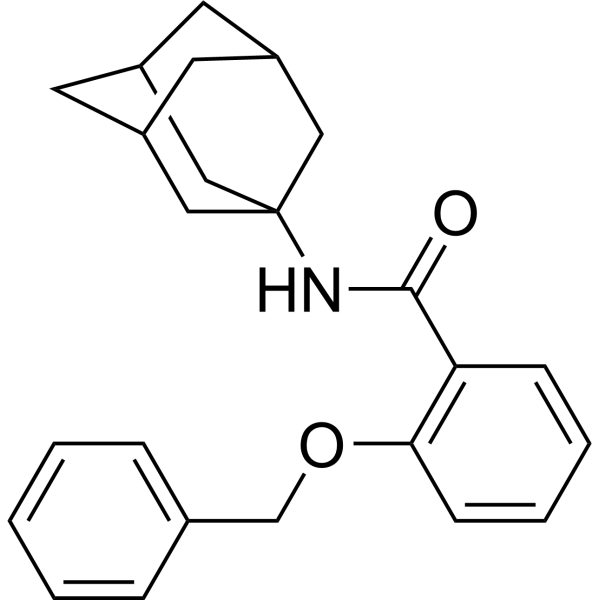
- HY-W007390
-
|
|
Bacterial
|
Infection
|
|
Methyl 2-amino-5-bromobenzoate (compound 8/12) can be used for synthesis of 2-benzamidobenzoic acids, which are known FabH inhibitors. The derivates also inhibit PqsD, the pqs quorum sensing (QS) system of Pseudomonas aeruginosa, involving the production of a number of virulence factors and biofilm formation .
|
-
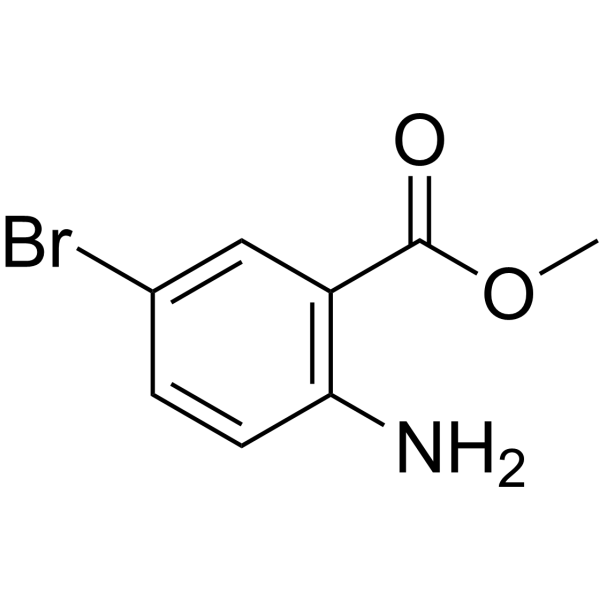
- HY-114564
-
|
E5510
|
Prostaglandin Receptor
|
Cardiovascular Disease
|
|
Satigrel (E5510) is a potent inhibitor of platelet aggregation. Satigrel inhibits collagen- and arachidonic acid-induced platelet aggregation through preventing thromboxane A2 synthesis by selective inhibition of the target enzyme, PGHS1, which exists in platelets. Satigrel inhibits PGHS1 (IC50: 0.081 μM) and PGHS2 (IC50: 5.9 μM). Satigrel is against Type III PDE, Type V and Type II (IC50: 15.7 μM, 39.8 μM and 62.4 μM, respectively) .
|
-
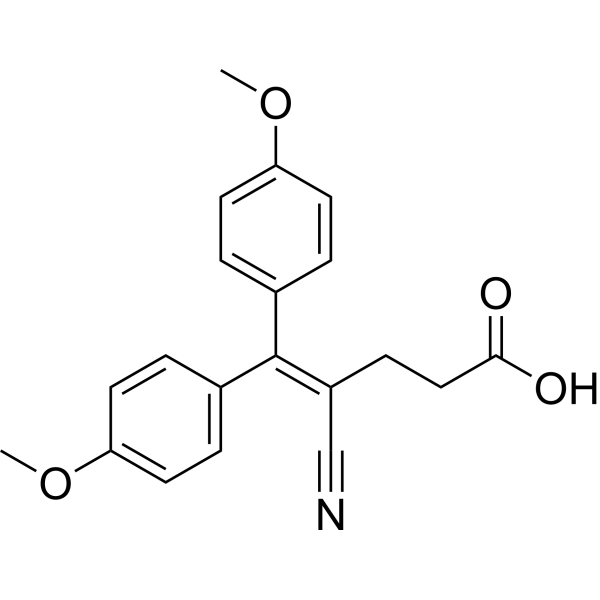
- HY-10341D
-
|
HA-1077 mesylate; AT-877 mesylate
|
ROCK
Calcium Channel
Autophagy
PKA
PKC
|
Cancer
|
|
Fasudil (HA-1077; AT877) mesylate is a nonspecific and orally active RhoA/ROCK inhibitor and also has inhibitory effect on protein kinases, with an Ki of 0.33 μM for ROCK1, IC50s of 0.158 μM and 4.58 μM, 12.30 μM, 1.650 μM for ROCK2 and PKA, PKC, PKG, respectively. Fasudil mesylate is also a potent Ca 2+ channel antagonist and vasodilator [3] .
|
-
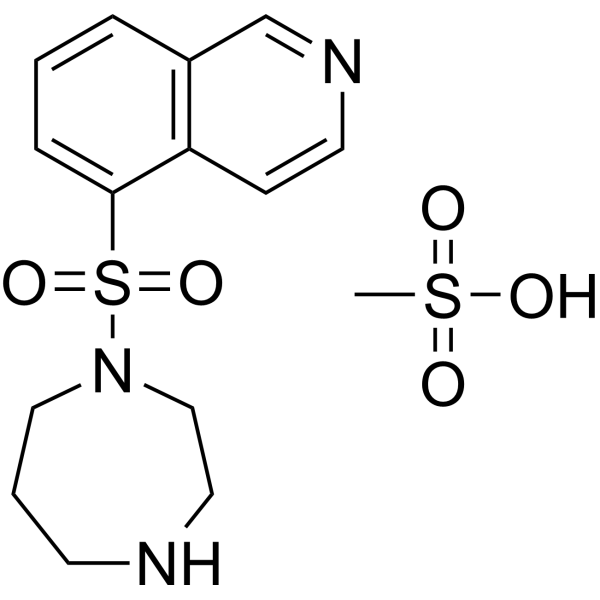
- HY-158335
-
|
|
Parasite
|
Infection
|
|
DXR-IN-1 (Compound 13E) is an inhibitor of 1-deoxy-D-ketose 5-phosphate reductoisomerase (DXR). DXR-IN-1 is highly selective for P. falciparum DXR (IC50=0.030 μM). DXR-IN-1 inhibits the growth of P. falciparum by binding to the active site of DXR and blocking its catalytic activity .
|
-

- HY-B1119R
-
|
|
Bacterial
Fungal
Antibiotic
Apoptosis
|
Infection
Cancer
|
|
Triclosan (Standard) is the analytical standard of Triclosan. This product is intended for research and analytical applications. Triclosan is a broad-spectrum antibacterial agent that inhibits bacterial fatty acid synthesis at the enoyl-acyl carrier protein reductase (FabI) step. Triclosan inhibits E. coli enoyl-acyl carrier protein reductase (FabI) and FabI containing a glycine-to-valine substitution at position 93 (FabIG93V) with IC50s of 2 µM and 10 µM, respectively. Triclosan causes apoptotic effect in cultured rat neural stem cells (NSC). Triclosan exacerbates colitis and colitis-associated colorectal tumorigenesis in animal models [3].
|
-

- HY-B0660
-
|
EPA; Timnodonic acid
|
Endogenous Metabolite
Histone Demethylase
|
Neurological Disease
Cancer
|
|
Eicosapentaenoic Acid (EPA) is an orally active Omega-3 long-chain polyunsaturated fatty acid (ω-3 LC-PUFA). Eicosapentaenoic Acid exhibits a DNA demethylating action that promotes the re-expression of the tumor suppressor gene CCAAT/enhancer-binding protein δ (C/EBPδ). Eicosapentaenoic Acid activates RAS/ERK/C/EBPβ pathway through H-Ras intron 1 CpG island demethylation in U937 leukemia cells. Eicosapentaenoic Acid can promote relaxation of vascular smooth muscle cells and vasodilation [3].
|
-

- HY-103281
-
|
|
Bombesin Receptor
|
Metabolic Disease
|
|
Litorin, an amphibian bombesin peptide derivative, is an bombesin receptor agonist. Litorin stimulates the contraction of smooth muscle, stimulates gastrin, gastric acid, and pancreatic secretion, and suppresses the nutriment in vivo .
|
-
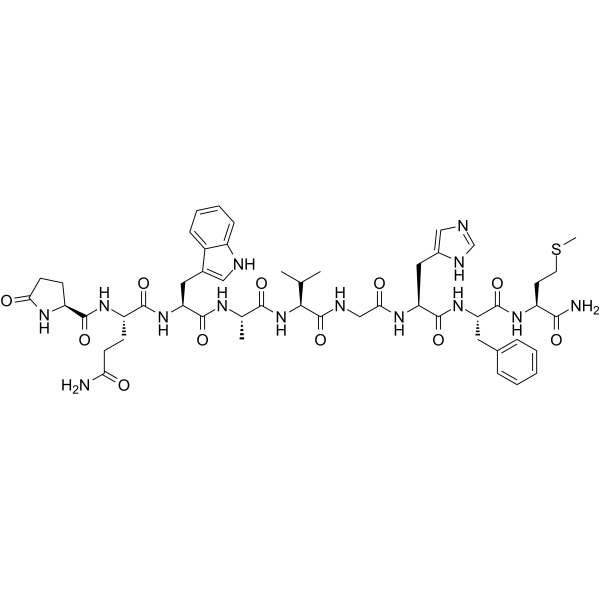
- HY-W011269
-
|
EPA sodium; Timnodonic acid sodium
|
Endogenous Metabolite
Histone Demethylase
|
Cardiovascular Disease
Metabolic Disease
|
|
Eicosapentaenoic Acid (EPA)sodium is an orally active Omega-3 long-chain polyunsaturated fatty acid (ω-3 LC-PUFA). Eicosapentaenoic Acid sodium exhibits a DNA demethylating action that promotes the re-expression of the tumor suppressor gene CCAAT/enhancer-binding protein δ (C/EBPδ). Eicosapentaenoic Acid sodium activates RAS/ERK/C/EBPβ pathway through H-Ras intron 1 CpG island demethylation in U937 leukemia cells. Eicosapentaenoic Acid sodium can promote relaxation of vascular smooth muscle cells and vasodilation [3].
|
-

- HY-D1445
-
|
|
Fluorescent Dye
|
Metabolic Disease
|
|
PDMPO, a lysosome pH indicator, is an excellent fluorescent acidotropic reagent for fluorescence imaging. PDMPO is a potent tool with which to study acidic organelles of live cells. PDMPO exhibits pH-dependent dual-excitation and dual-emission spectral peaks. PDMPO produces a blue fluorescence in weakly acidic organelles and shifts to yellow in more acidic lysosomes (Abs=329 nm; Em=440 nm) .
|
-
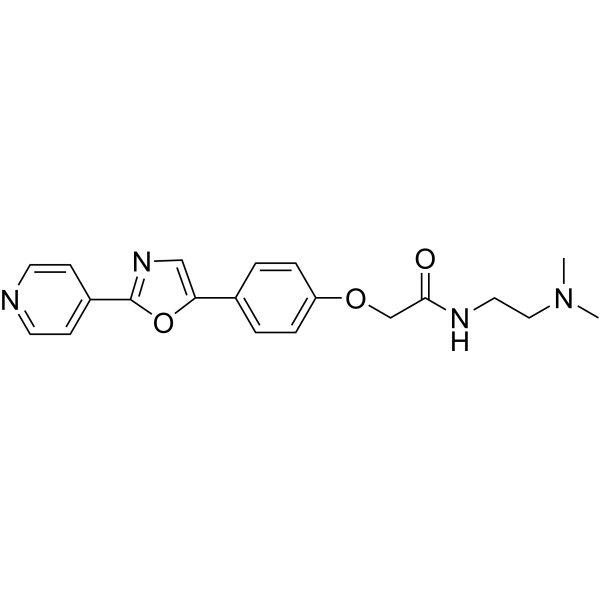
- HY-155995
-
|
MK-905
|
Others
|
Cancer
|
|
Pro-905 is a phosphite peptide with antitumor activity. Pro-905 delivers the active nucleotide antimetabolite thioguanosine monophosphate (TGMP) to the tumor. Pro-905 effectively prevents incorporation of purine salvage substrates into nucleic acids and inhibits colony formation in human malignant peripheral nerve sheath tumors (MPNST) cells. Pro-905 inhibits purine salvage incorporation to nucleic acids and prevents cell growth. Pro-905 inhibits the growth of MPNST and enhances the anti-tumor efficacy of JHU395 (HY-124778) .
|
-
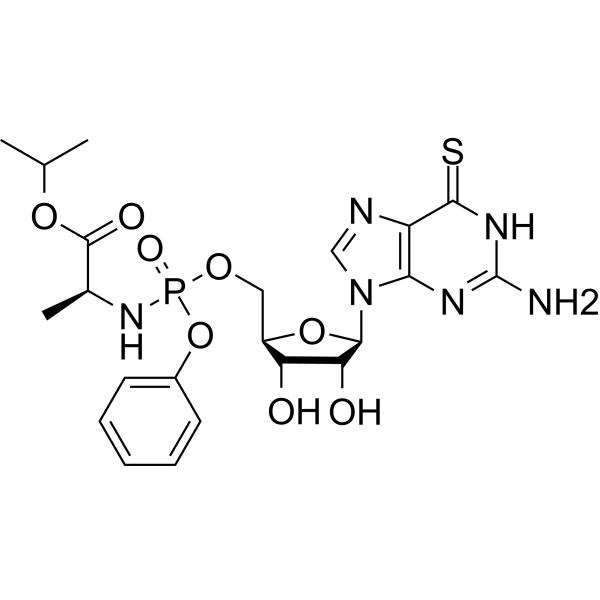
- HY-158320
-
|
|
Bacterial
|
Infection
|
|
T3SS-IN-5 (Compound F9) is a specific inhibitor of the type III secretion system (T3SS). T3SS-IN-5 reduces bacterial pathogenicity without affecting bacterial viability by inhibiting the expression of genes associated with T3SS .
|
-

- HY-B0438
-
|
|
Bacterial
Antibiotic
|
Infection
|
|
Spectinomycin dihydrochloride is a broad-spectrum antibiotic and inhibits the growth of a variety of gram-positive and gram-negative organisms. Spectinomycin dihydrochloride acts by selectively targeting to the bacterial ribosome and interrupting protein synthesis. Spectinomycin dihydrochloride is also a noncompetitive inhibitor of td intron RNA with an Ki value of 7.2 mM - .
|
-

- HY-B1828A
-
|
Spectinomycin hydrochloride hydrate
|
Bacterial
Antibiotic
|
Infection
|
|
Spectinomycin dihydrochloride pentahydrate is a broad-spectrum antibiotic and inhibits the growth of a variety of gram-positive and gram-negative organisms. Spectinomycin dihydrochloride pentahydrate acts by selectively targeting to the bacterial ribosome and interrupting protein synthesis. Spectinomycin dihydrochloride pentahydrate is also a noncompetitive inhibitor of td intron RNA with an Ki value of 7.2 mM - .
|
-
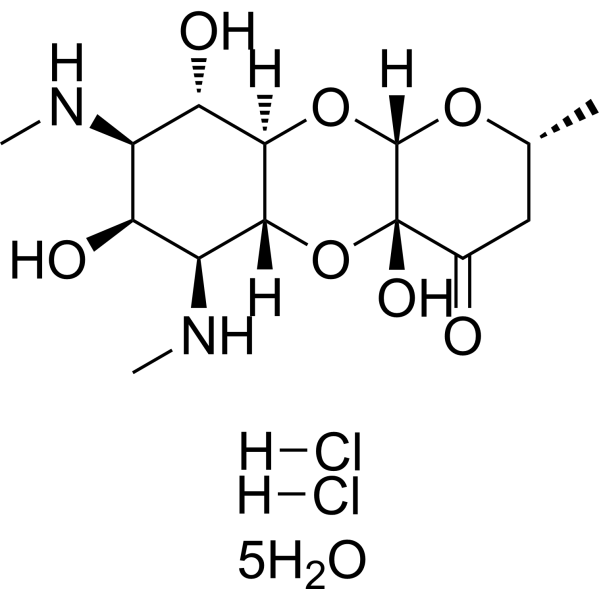
- HY-10108A
-
|
|
PI3K
Casein Kinase
DNA-PK
Apoptosis
|
Cancer
|
|
LY294002 hydrochloride is a potent and broad-spectrum PI3K inhibitor, with IC50 values of 0.5, 0.57, and 0.97 μM for P110α, P110δ and P110β, respectively. LY294002 hydrochloride also inhibits CK2 with an IC50 of 98 nM. LY294002 hydrochloride can be used for pancreatic cancer research [3].
|
-
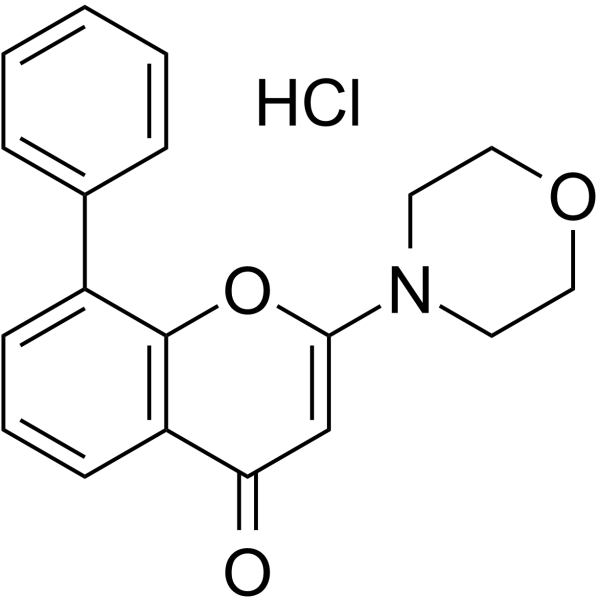
- HY-B1828
-
|
|
Antibiotic
Bacterial
|
Infection
|
|
Spectinomycin is a broad-spectrum antibiotic and inhibits the growth of a variety of gram-positive and gram-negative organisms. Spectinomycin acts by selectively targeting to the bacterial ribosome and interrupting protein synthesis. Spectinomycin is also a noncompetitive inhibitor of td intron RNA [3] .
|
-
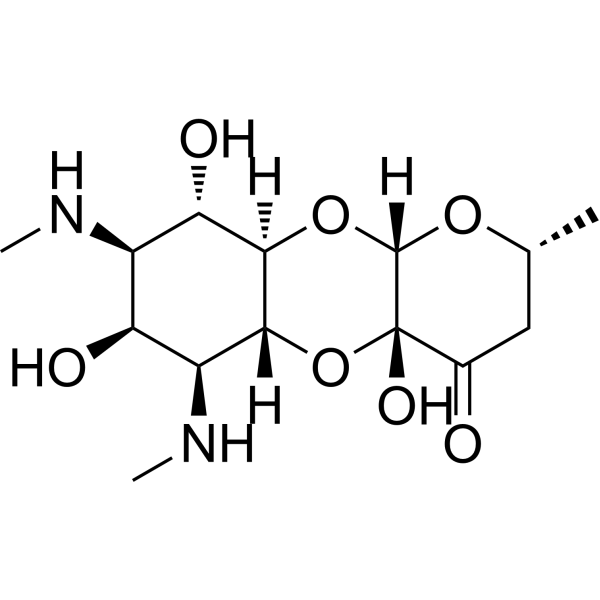
- HY-N9768
-
|
9-oxo-ODA
|
Fungal
PPAR
|
Infection
|
|
(10E,12E)-9-Oxo-10,12-octadecadienoic acid (9-oxo-ODA) is a PPARα agonist that can be isolated from the basidiomycete Gomphus floccosus. (10E,12E)-9-Oxo-10,12-octadecadienoic acid enhances fatty acid oxidation through PPARα activation, thereby inhibiting triglyceride accumulation. (10E,12E)-9-Oxo-10,12-octadecadienoic acid also has antifungal (Fungal) activity .
|
-
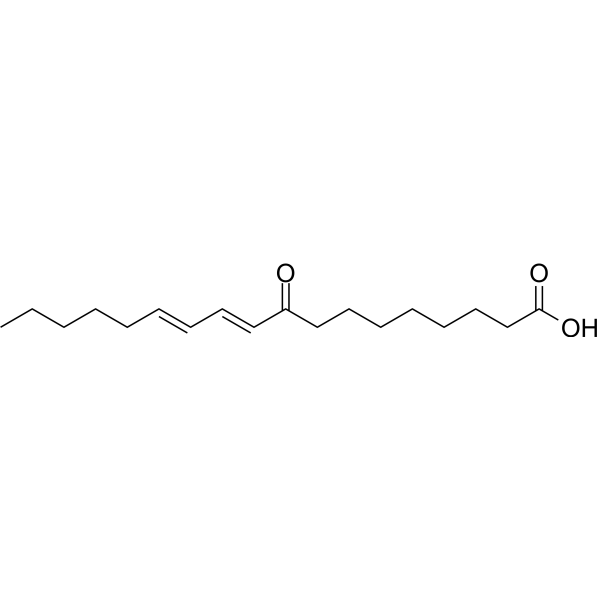
- HY-16138
-
|
CG-200745
|
HDAC
MDM-2/p53
Apoptosis
|
Cancer
|
|
Ivaltinostat (CG-200745) is an orally active, potent pan-HDAC inhibitor which has the hydroxamic acid moiety to bind zinc at the bottom of catalytic pocket. Ivaltinostat inhibits deacetylation of histone H3 and tubulin. Ivaltinostat induces the accumulation of p53, promotes p53-dependent transactivation, and enhances the expression of MDM2 and p21 (Waf1/Cip1) proteins. Ivaltinostat enhances the sensitivity of Gemcitabine-resistant cells to Gemcitabine (HY-16138) and 5-Fluorouracil (5-FU; HY-90006). Ivaltinostat induces apoptosis and has anti-tumour effects [3] .
|
-
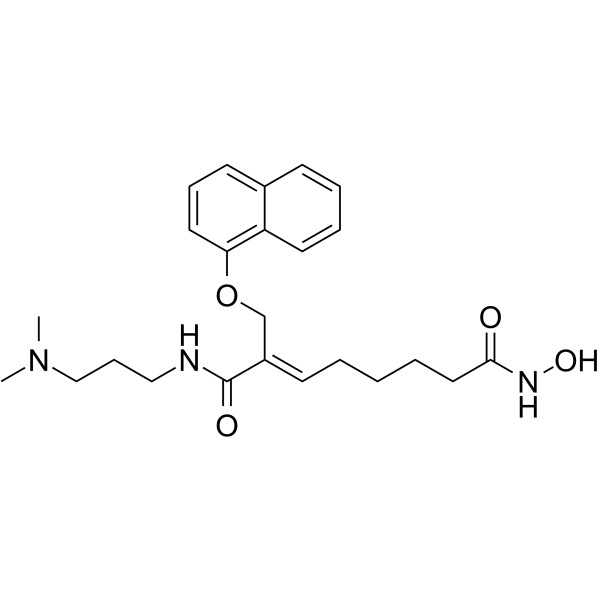
- HY-134539
-
IMT1
3 Publications Verification
|
Oxidative Phosphorylation
Mitochondrial Metabolism
DNA/RNA Synthesis
|
Metabolic Disease
Cancer
|
|
IMT1 is a first-in-class specific and noncompetitive human mitochondrial RNA polymerase (POLRMT) inhibitor. IMT1 causes a conformational change of POLRMT, which blocks substrate binding and transcription in a dose-dependent way in vitro. IMT1 reduces deoxynucleoside triphosphate levels and citric acid cycle intermediates, resulting in a marked depletion of cellular amino acid levels. IMT1 has the potential for mitochondrial transcription disorders related diseases .
|
-
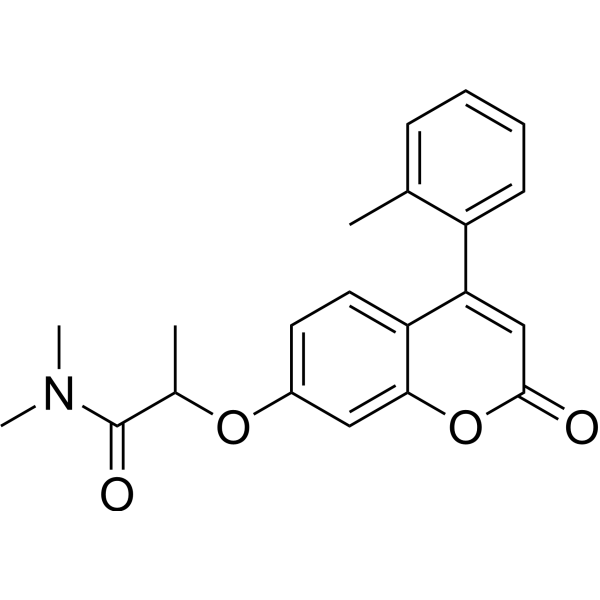
- HY-16138A
-
|
CG-200745 formic
|
HDAC
MDM-2/p53
Apoptosis
|
Inflammation/Immunology
Endocrinology
|
|
Ivaltinostat (CG-200745) formic is an orally active, potent pan-HDAC inhibitor which has the hydroxamic acid moiety to bind zinc at the bottom of catalytic pocket. Ivaltinostat formic inhibits deacetylation of histone H3 and tubulin. Ivaltinostat formic induces the accumulation of p53, promotes p53-dependent transactivation, and enhances the expression of MDM2 and p21 (Waf1/Cip1) proteins. Ivaltinostat formic enhances the sensitivity of Gemcitabine-resistant cells to Gemcitabine (HY-16138) and 5-Fluorouracil (5-FU; HY-90006). Ivaltinostat formic induces apoptosis and has anti-tumour effects [3].
|
-
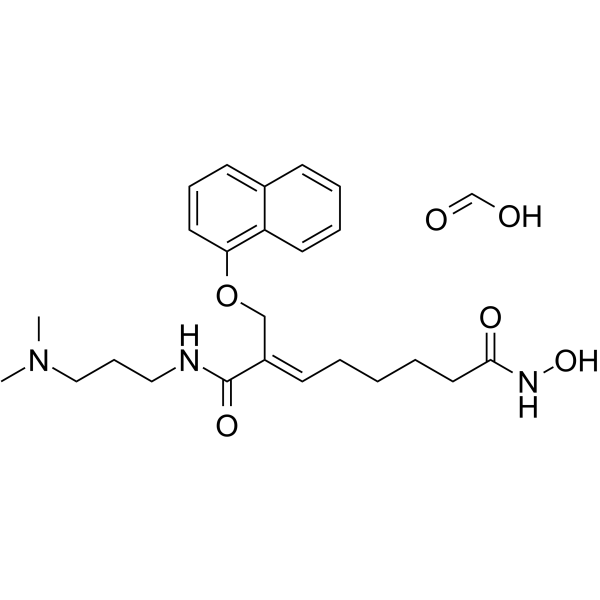
- HY-157157
-
|
|
Protein Arginine Deiminase
|
Cancer
|
|
PAD4-IN-3 (compound 4B) is a PAD4 inhibitor with antitumor activity in vitro and in vivo. PAD4-IN-3 was covalently linked to RGD sequence peptide-modified chitosan (K-CRGDV), resulting in an enhanced oxidative stress-responsive nanoagent. K-CRGDV-PAD4-IN-3 can actively target tumors, inhibit PAD4 activity, block the formation of neutrophil extracellular traps (NETs), and improve the tumor immune microenvironment in response to the tumor microenvironment .
|
-
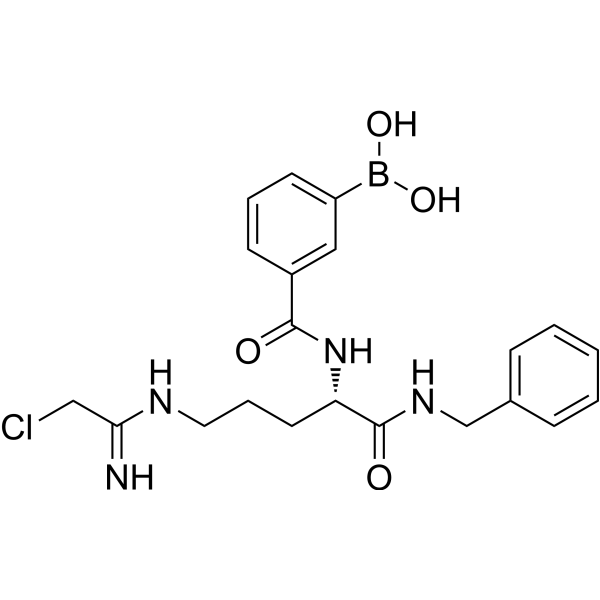
- HY-154857
-
|
|
Others
|
Cancer
|
|
1-Palmitoyl-2-succinyl-sn-glycerophosphorylcholine is a glycerophosphorylcholine, consisting of glycerol phosphate, choline and palmitic acid. It accumulates in vivo at sites of oxidative stress. 1-Palmitoyl-2-succinyl-sn-glycerophosphorylcholine may be a ligand of scavenger receptors class B, while oxidized phospholipids oxPC(CD36) are potent ligands of scavenger receptors class B (CD36 and SR-BI). Oxidized phospholipids (oxPLs) also play an important role in tumor apoptosis, may be elevated in malignant biliary strictures .
|
-

- HY-18540
-
|
|
MAGL
|
Metabolic Disease
Inflammation/Immunology
|
|
KT109 is a potent and an isoform-selective inhibitor of diacylglycerol lipase-β (DAGLβ) with an IC50 of 42 nM. KT109 has ~60-fold selectivity for DAGLβ over DAGLα. KT109 shows inhibitory activity against PLA2G7 (IC50=1 µM). KT109 shows negligible activity against FAAH, MGLL, ABHD11, and cytosolic phospholipase A2 (cPLA2 or PLA2G4A). KT109 perturbs a lipid network involved in macrophage inflammatory responses and lowers 2-arachidonoylglycerol (2-AG), arachidonic acid and eicosanoids in mouse peritoneal macrophages .
|
-
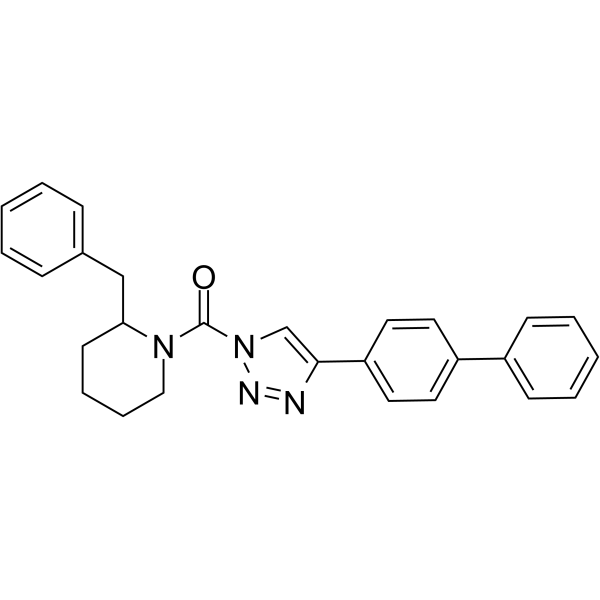
- HY-10341
-
|
HA-1077 Hydrochloride; AT-877 Hydrochloride
|
ROCK
Calcium Channel
Autophagy
PKA
PKC
HIV
|
Cancer
|
|
Fasudil (HA-1077; AT877) Hydrochloride is a nonspecific RhoA/ROCK inhibitor and also has inhibitory effect on protein kinases, with an Ki of 0.33 μM for ROCK1, IC50s of 0.158 μM and 4.58 μM, 12.30 μM, 1.650 μM for ROCK2 and PKA, PKC, PKG, respectively. Fasudil Hydrochloride is also a potent Ca 2+ channel antagonist and vasodilator [3].
|
-
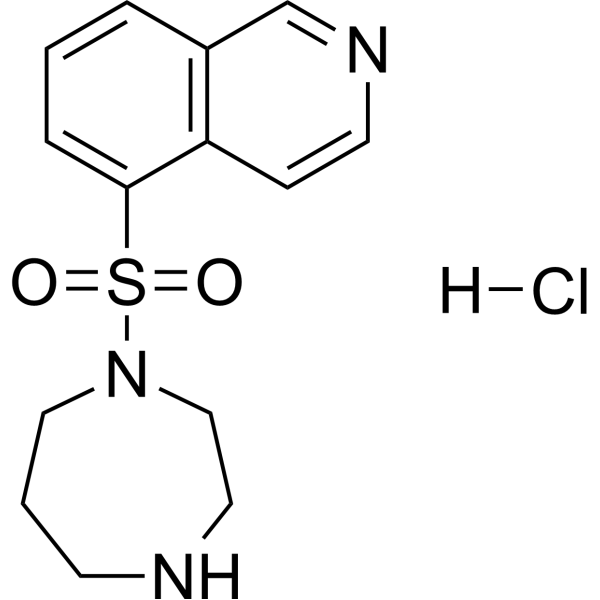
- HY-10341A
-
|
HA-1077; AT877
|
ROCK
Calcium Channel
Autophagy
PKA
PKC
|
Cancer
|
|
Fasudil (HA-1077; AT877) is a nonspecific RhoA/ROCK inhibitor and also has inhibitory effect on protein kinases, with an Ki of 0.33 μM for ROCK1, IC50s of 0.158 μM and 4.58 μM, 12.30 μM, 1.650 μM for ROCK2 and PKA, PKC, PKG, respectively. Fasudil is also a potent Ca 2+ channel antagonist and vasodilator [3].
|
-
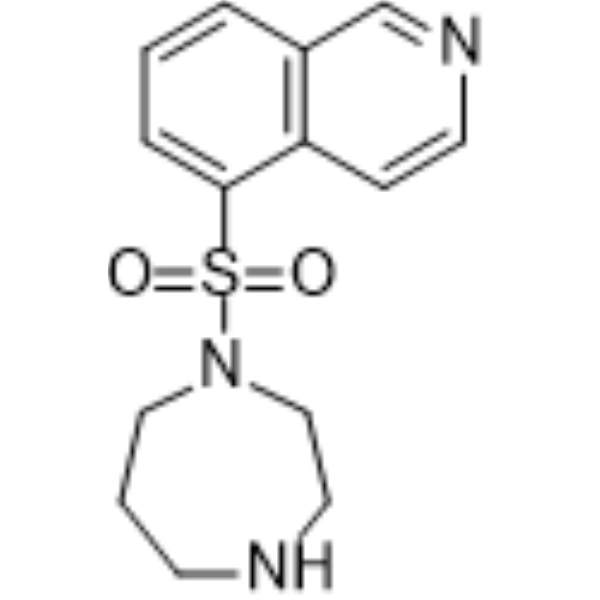
- HY-146280
-
|
|
GABA Receptor
|
Neurological Disease
Metabolic Disease
|
|
mGAT3/4-IN-1 (compound 19b) is a potent mGAT3/mGAT4 inhibitor, with pIC50 values of 5.31 and 5.24, respectively. mGAT3/4-IN-1 exhibits a significant tactile allodynia reduction in diabetic neuropathic mice .
|
-
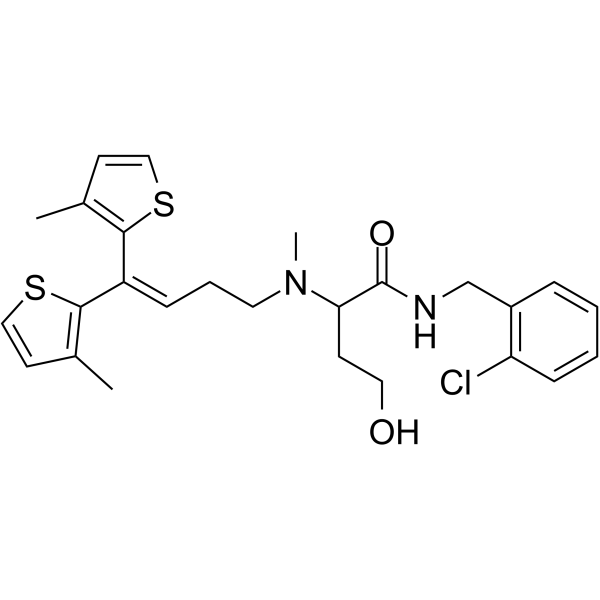
- HY-146281
-
-
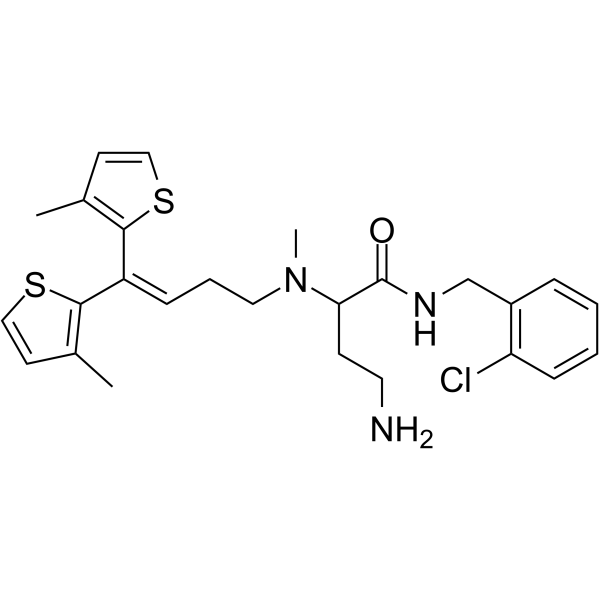
- HY-10341B
-
|
HA-1077 hydrochloride semihydrate; AT877 hydrochloride semihydrate
|
ROCK
Calcium Channel
Autophagy
HIV
PKA
PKC
|
Cancer
|
|
Fasudil (HA-1077; AT877) hydrochloride semihydrate is a nonspecific RhoA/ROCK inhibitor and also has inhibitory effect on protein kinases, with an Ki of 0.33 μM for ROCK1, IC50s of 0.158 μM and 4.58 μM, 12.30 μM, 1.650 μM for ROCK2 and PKA, PKC, PKG, respectively. Fasudil hydrochloride semihydrate is also a potent Ca 2+ channel antagonist and vasodilator [3].
|
-
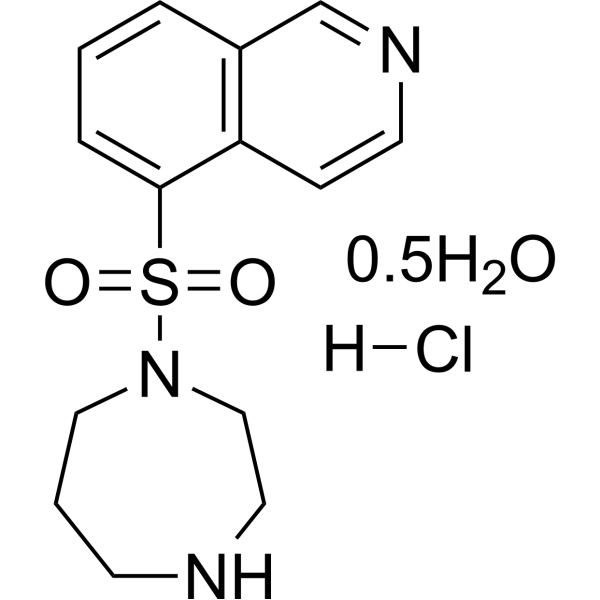
- HY-10341C
-
|
HA-1077 dihydrochloride; AT-877 dihydrochloride
|
Calcium Channel
ROCK
PKA
PKC
Autophagy
HIV
|
Cancer
|
|
Fasudil (HA-1077; AT877) dihydrochloride is a nonspecific RhoA/ROCK inhibitor and also has inhibitory effect on protein kinases, with an Ki of 0.33 μM for ROCK1, IC50s of 0.158 μM and 4.58 μM, 12.30 μM, 1.650 μM for ROCK2 and PKA, PKC, PKG, respectively. Fasudil dihydrochloride is also a potent Ca 2+ channel antagonist and vasodilator [3].
|
-
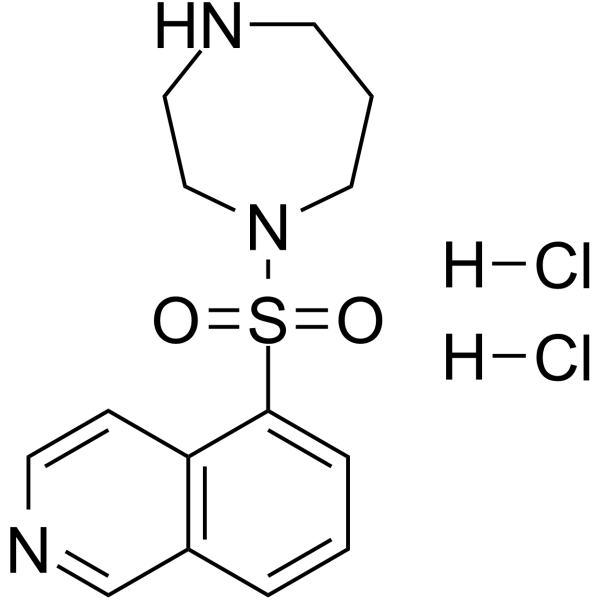
- HY-10341R
-
|
|
ROCK
Calcium Channel
Autophagy
PKA
PKC
HIV
|
Cancer
|
|
Fasudil (Hydrochloride) (Standard) is the analytical standard of Fasudil (Hydrochloride). This product is intended for research and analytical applications. Fasudil (HA-1077; AT877) Hydrochloride is a nonspecific RhoA/ROCK inhibitor and also has inhibitory effect on protein kinases, with an Ki of 0.33 μM for ROCK1, IC50s of 0.158 μM and 4.58 μM, 12.30 μM, 1.650 μM for ROCK2 and PKA, PKC, PKG, respectively. Fasudil Hydrochloride is also a potent Ca 2+ channel antagonist and vasodilator [3].
|
-

- HY-149003
-
|
|
PARP
Apoptosis
|
Cancer
|
|
PARP1-IN-10 (compound 12c) is a no-cytotoxicity and potent PARP1 inhibitor with an IC50 value of 50.62 nM in vitro. PARP1-IN-10 causes cell cycle arrest at G2/M phase and apoptosis, and enhances the cytotoxicity of temozolomide (TMZ) .
|
-

- HY-134988
-
|
|
FXR
Phosphatase
Cytochrome P450
|
Inflammation/Immunology
|
|
EDP-305 is an orally active, potent and selective farnesoid X receptor (FXR) agonist, with EC50 values of 34 nM (chimeric FXR in CHO cells) and 8 nM (full-length FXR in HEK cells). EDP-305 shows a potent and consistent antifibrotic effect. EDP-305 can be used for primary biliary cholangitis (PBC) and non-alcoholic steatohepatitis (NASH) research .
|
-
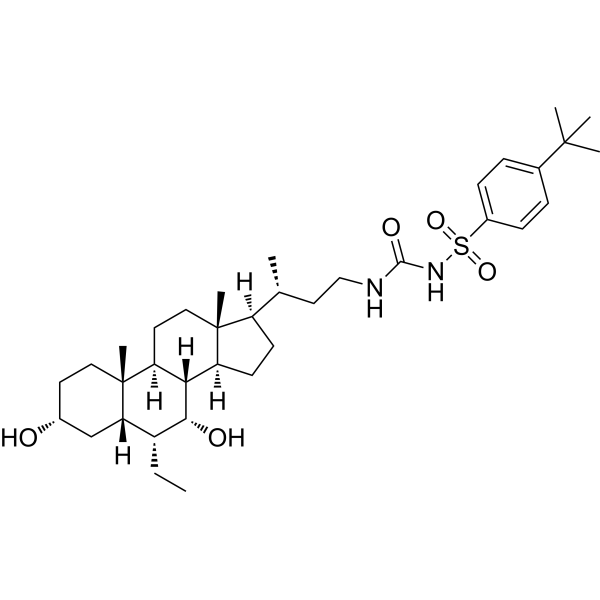
- HY-12764
-
6-OAU
1 Publications Verification
GTPL5846
|
GPR84
ERK
Bacterial
Antibiotic
|
Inflammation/Immunology
|
|
6-OAU (GTPL5846) (6-n-octylaminouracil) is an GPR84 (G protein-coupled receptor 84) agonist, with an EC50 value of 105 nM. 6-OAU works as a chemoattractant to both PMNs and macrophages, and amplifies the proinflammatory cytokine IL-8, shows proinflammatory function. 6-OAU also displays anti-bacterial function .
|
-

- HY-W011258
-
|
L-Tyrosyl-L-phenylalanine
|
Xanthine Oxidase
Angiotensin-converting Enzyme (ACE)
|
Inflammation/Immunology
Cancer
|
|
H-Tyr-Phe-OH (L-Tyrosyl-L-phenylalanine) is an orally active inhibitor of Angiotensin converting enzyme (ACE), with an inhibiton rate of 48% at 50 μM. H-Tyr-Phe-OH can be used as an biomarker for differentiating benign thyroid nodules (BTN) from thyroid cancer (TC). H-Tyr-Phe-OH exhibits xanthine oxidase inhibition (uric acid lowering) activity and serves as regulator in IL-8 production in neutrophil-like cells [3] .
|
-

- HY-14743
-
|
SCV 07; Gamma-D-glutamyl-L-tryptophan
|
Bacterial
STAT
|
Infection
Inflammation/Immunology
Cancer
|
|
Golotimod (SCV-07), an immunomodulating peptide with antimicrobial activity, significantly increases the efficacy of antituberculosis therapy, stimulates thymic and splenic cell proliferation, and improves macrophage function. Golotimod (SCV-07) inhibits STAT3 signaling and modulates the duration and severity of oral mucositis in animal models that received radiation or a combination of radiation and Cisplatin. Golotimod (SCV-07) is also a potential therapeutic for recurrent genital herpes simplex virus type 2 (HSV-2) [3].
|
-
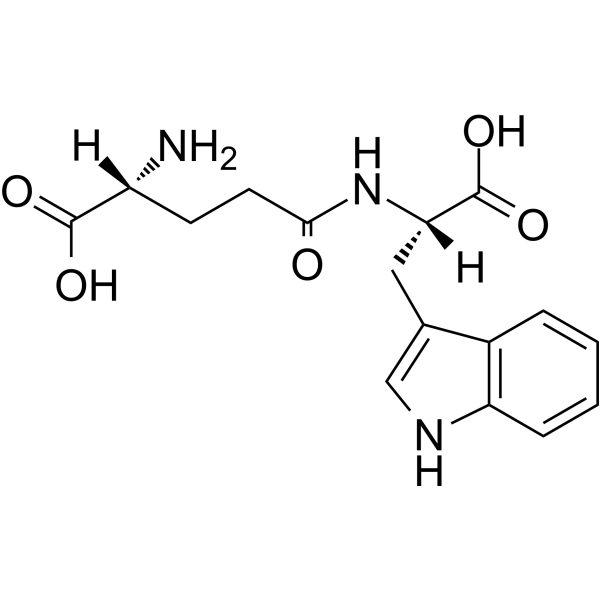
- HY-W011075
-
-

- HY-Y1250
-
|
Fmoc glycine; N-(9-Fluorenylmethoxycarbonyl)glycine; N-Fluorenylmethoxycarbonylglycine; NPC 14692; NSC 334288; [[[(9H-Fluoren-9-yl)methoxy]carbonyl]amino]acetic acid
|
Amino Acid Derivatives
|
Others
|
|
Fmoc-Gly-OH (Fmoc glycine) is a Fmoc-protected glycine derivative, can be used for the synthesis of compounds .
|
-

- HY-W021482
-
-
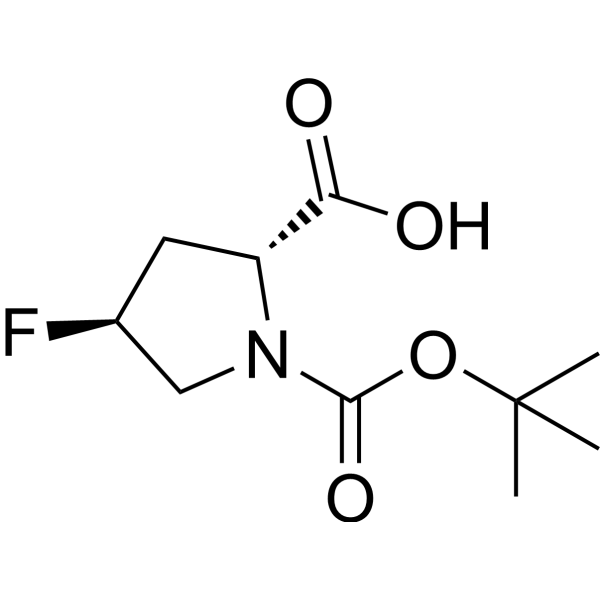
- HY-W048199
-
-
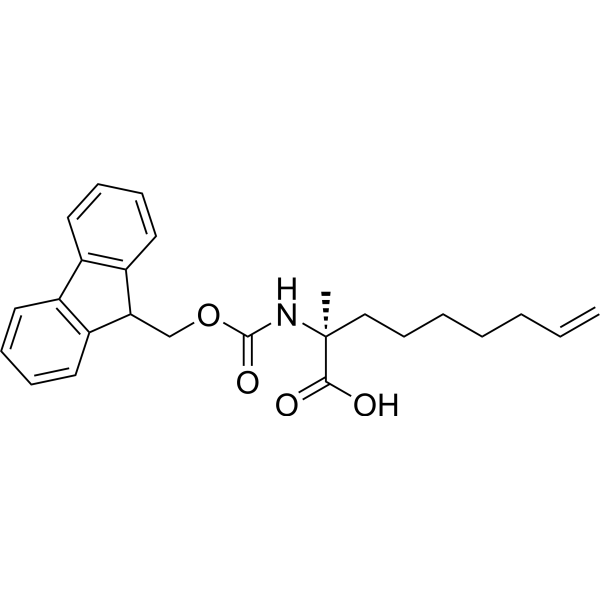
- HY-W022255
-
|
D-Fmoc-glutamic acid
|
Amino Acid Derivatives
|
Others
|
|
Fmoc-D-Glu-OH (D-Fmoc-glutamic acid) is a derivative of glutamate, can be used to prepare supramolecular hydrogels .
|
-
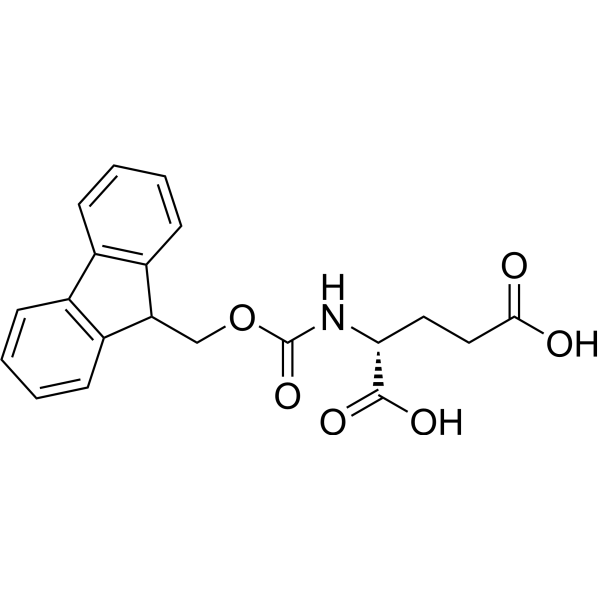
- HY-W008326
-
-
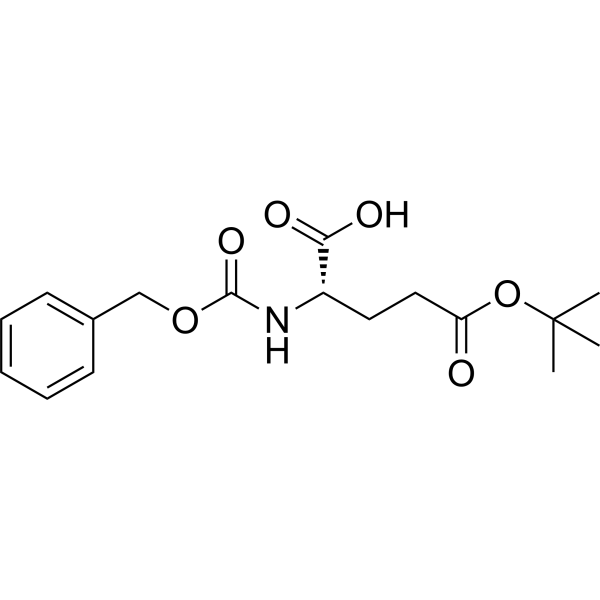
- HY-W012000
-
|
Boc-N-Me-Ile-OH
|
Amino Acid Derivatives
|
Others
|
|
Boc-N-methyl-L-isoleucine (Boc-N-Me-Ile-OH) is a peptide products and can be used as a precursor in organic synthesis and pharmaceuticals .
|
-

- HY-Y1091
-
|
|
Endogenous Metabolite
|
Others
|
|
D-Lysine is a useful raw material employed as an analog of lutenizing-hormone-releasing hormone and as a agent carrier in the form of polylysine. D-Lysine decreases renal uptake of radioactivity during scintigraphy and PRRT with low toxicity. D-Lysine not interferes with the natural amino acid metabolic balance .
|
-
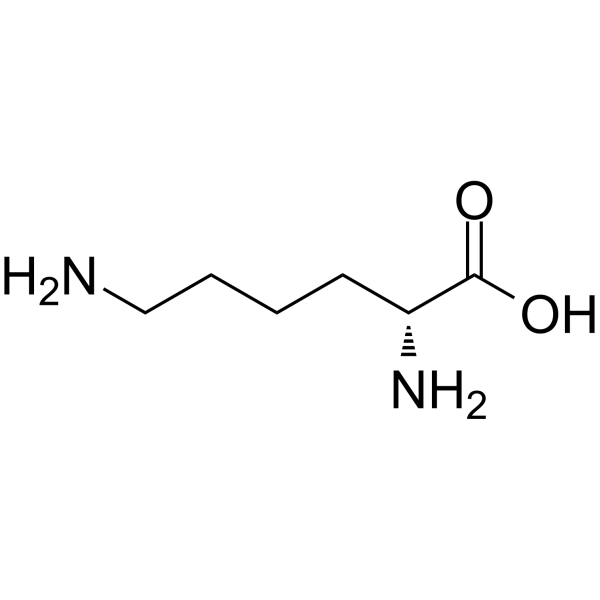
- HY-Y1169
-
|
4-tert-Butyl N-(fluoren-9-ylmethoxycarbonyl)-L-aspartate; Fmoc-L-Asp(OtBu)-OH
|
Amino Acid Derivatives
|
Others
|
|
Fmoc-Asp(OtBu)-OH (4-tert-Butyl N-(fluoren-9-ylmethoxycarbonyl)-L-aspartate) is a aspartate derivative containing amine protecting group Fmoc. Fmoc-Asp(OtBu)-OH can be used for peptide synthesis .
|
-
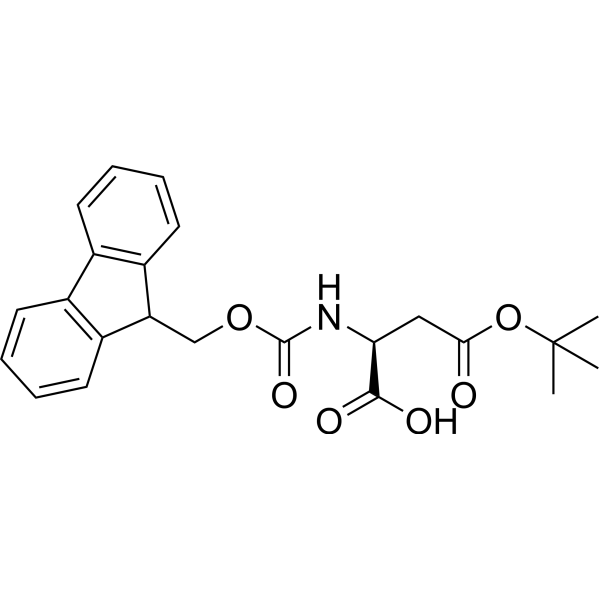
- HY-W048700
-
-
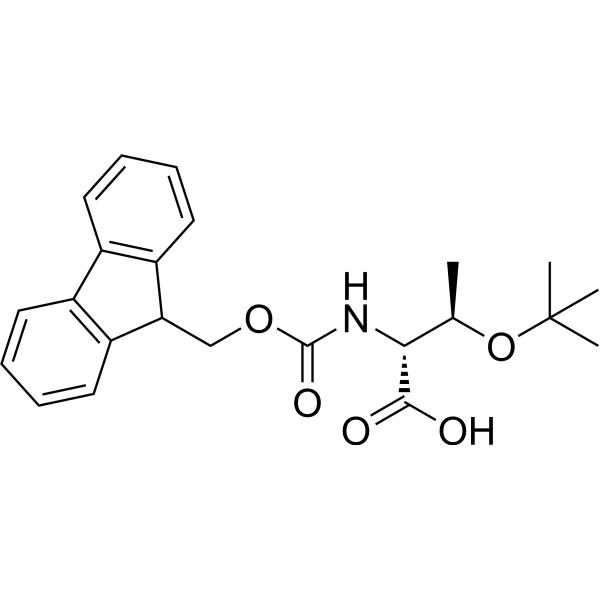
- HY-20167A
-
-

- HY-W050025
-
-

- HY-Y1636
-
|
|
Amino Acid Derivatives
|
Others
|
|
Fmoc-Arg(Pbf)-OH is an arginine derivative containing amine protecting group Fmoc. Fmoc-Arg(Pbf)-OH is a building block for the introduction of Arg into SPPS (Solid-Phase Peptide Synthesis) .
|
-
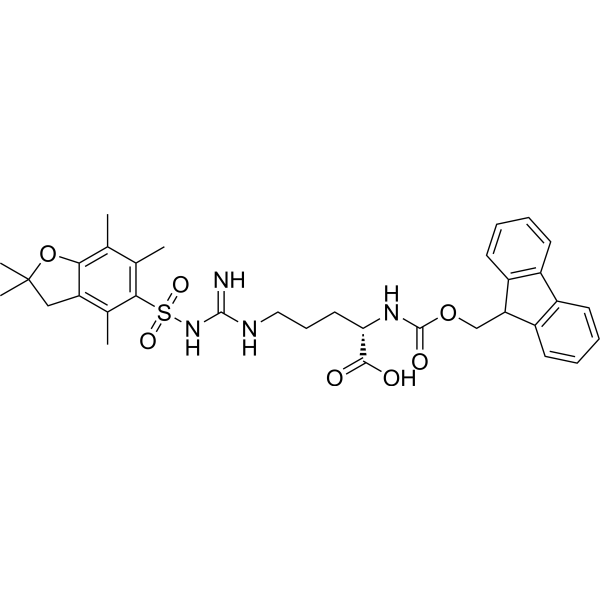
- HY-W039102
-
|
|
Amino Acid Derivatives
|
Cancer
|
|
N-Fmoc-N,O-dimethyl-L-serine is a serine derivative that can be used for coibamide A synthesis. Coibamide A is a marine natural product with potent antiproliferative activity against human cancer cells .
|
-

- HY-W061614
-
|
|
Amino Acid Derivatives
|
Others
|
|
(4R)-1-Boc-4-fluoro-D-proline is an amino acid derivative that can be used for preparation of peptidomimetics, dihydropyridopyrimidines and pyridopyrimidines [3].
|
-
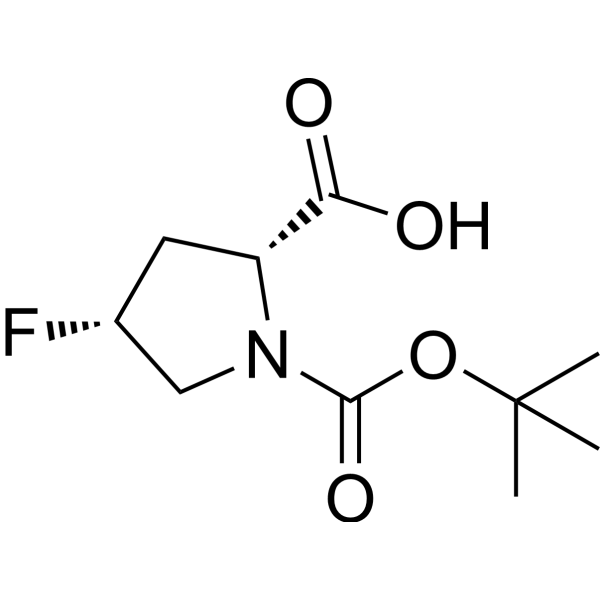
- HY-W074914
-
-
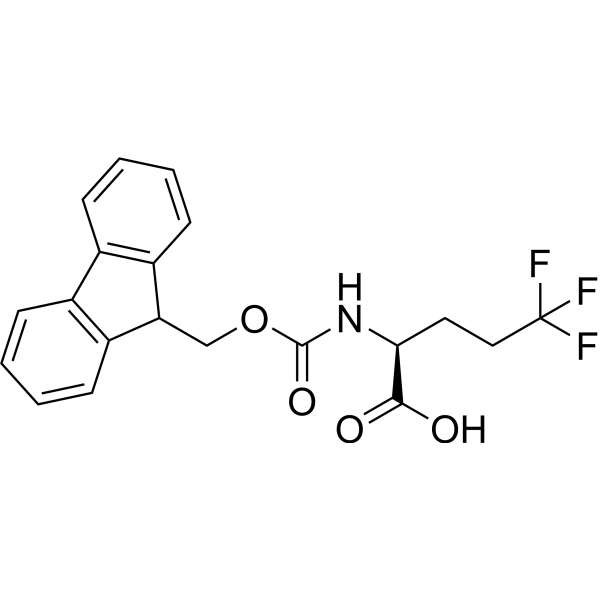
- HY-W013726
-
-

- HY-W019205
-
-
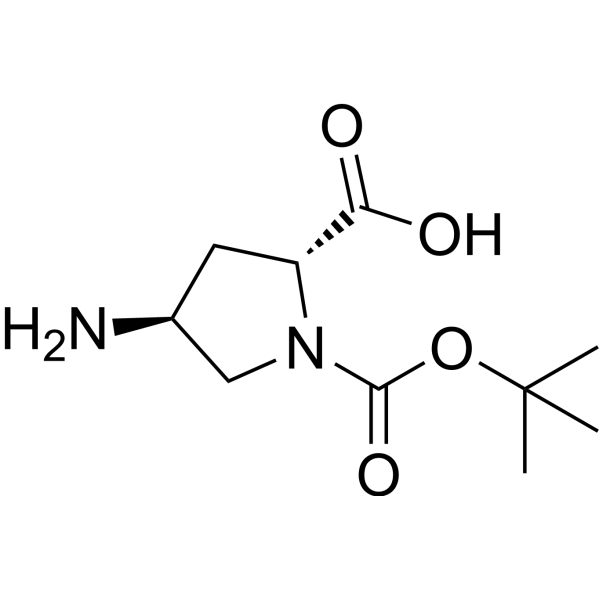
- HY-35028
-
|
|
Amino Acid Derivatives
|
Others
|
|
Boc-Glu-Ofm is a peptide. Boc-Glu-Ofm has been used for the synthesis of ester insulin and cyclic peptide mixtures .
|
-
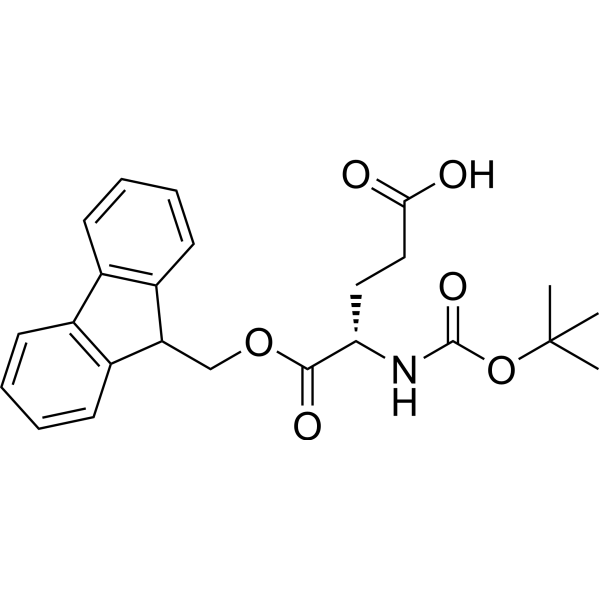
- HY-75332
-
|
D-Cbz phenylglycine
|
Amino Acid Derivatives
|
Others
|
|
Z-D-Phg-OH (D-Cbz phenylglycine) is a N-blocked amino acids with Kd values of 390 μM and 323 μM for tBuCQN and tBuCQD, respectively .
|
-
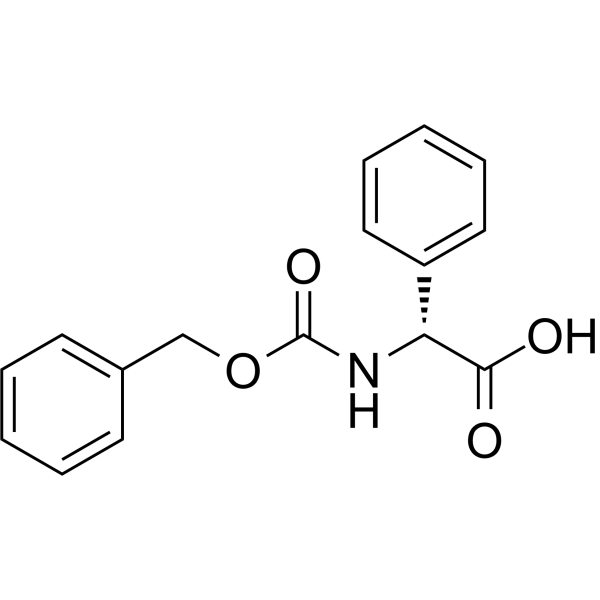
- HY-W048332
-
-
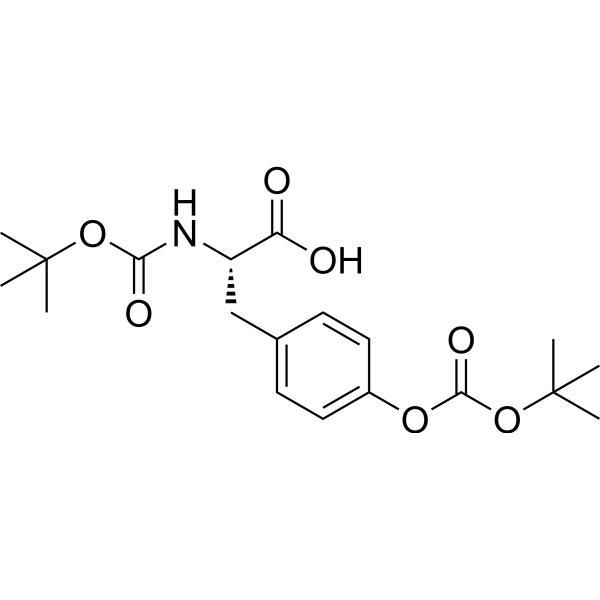
- HY-W039112
-
-
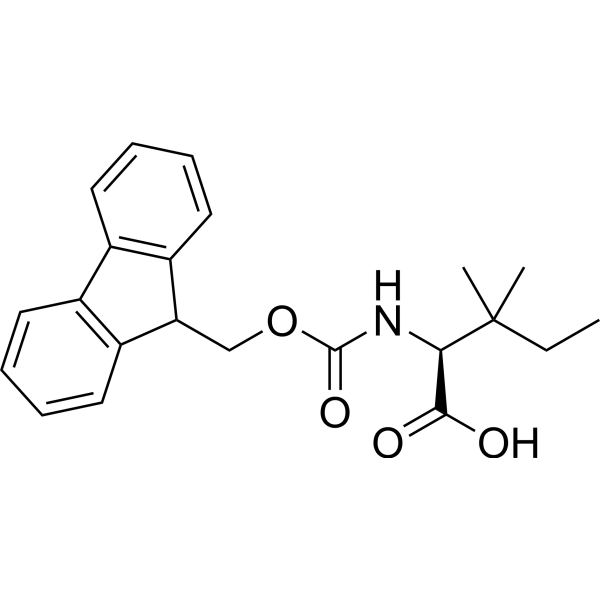
- HY-79709
-
|
|
Amino Acid Derivatives
|
Others
|
|
N-(Methoxycarbonyl)-D-valine methyl ester is an amino acid derivative that can be used for compound synthesis .
|
-
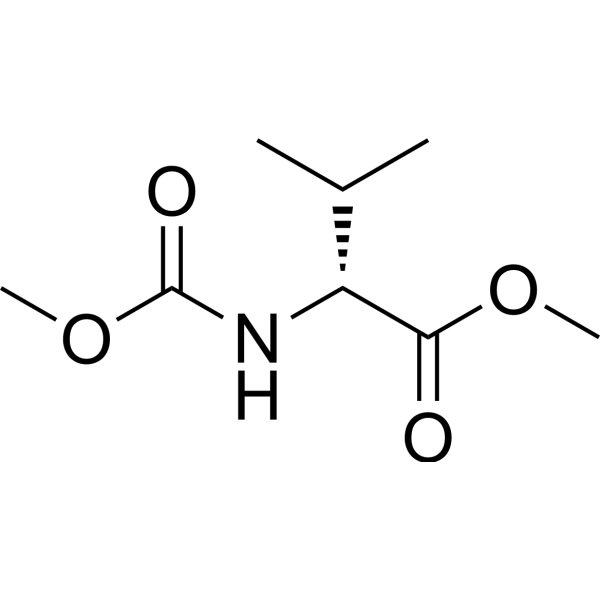
- HY-W007223
-
|
D-5-HTP; 5-Hydroxy-D-tryptophan
|
5-HT Receptor
|
Neurological Disease
|
|
D-5-Hydroxytryptophan (D-5-HTP) is the D-isomer of 5-HTP and can be isolated from DL-5-hydroxytryptophan by continuous separation. Compared with intraperitoneal administration of L-5-Hydroxytryptophan, which can induce dose-dependent backward walking behavior in mice, D-5-Hydroxytryptophan has no significant effect on mouse behavior and is a negative control. D-5-Hydroxytryptophan is also a 5-HT ligand, capable of binding to the 5-HT site with affinity in the micromolar range [3].
|
-
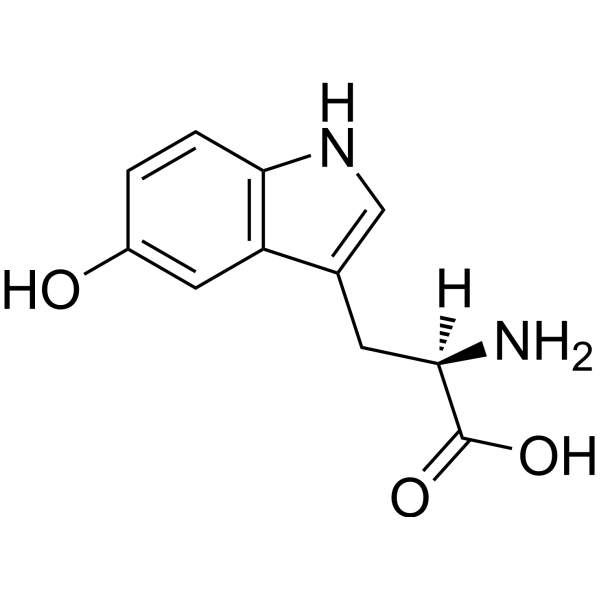
- HY-100838
-
|
L-CCG III
|
EAAT
|
Neurological Disease
|
|
cis-α-(Carboxycyclopropyl)glycine (L-CCG III) is a potent, competitive glutamate uptake inhibitor. cis-α-(Carboxycyclopropyl)glycine is a substrate of glutamate transporters (GluT) (EC50: 13 μM, 2 μM for EAAT 1 and EAAT 2, respectively). cis-α-(Carboxycyclopropyl)glycine inhibits a Na +-dependent high-affinity L-glutamate uptake in glial plasmalemmal vesicles (GPV) and synaptosomes .
|
-
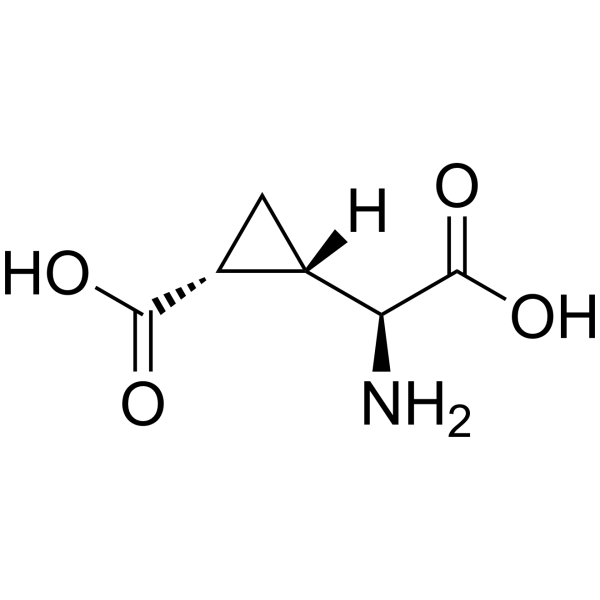
- HY-60265
-
-
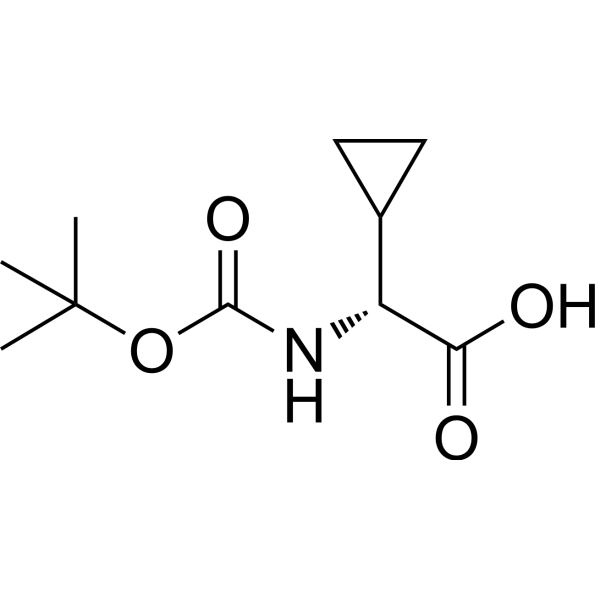
- HY-W013152
-
-

- HY-W048825
-
|
|
Amino Acid Derivatives
|
Others
|
|
Fmoc-Ala-Ala-OH (3) is a self-assemble fluorenylmethoxycarbonyl-dipeptide, which is a smaller amphiphilic building blocks consists dipeptides linked to fluore nylmethoxycarbonyl (Fmoc). Fmoc-Ala-Ala-OH can be used as scaffold materials in 3D cell culture .
|
-
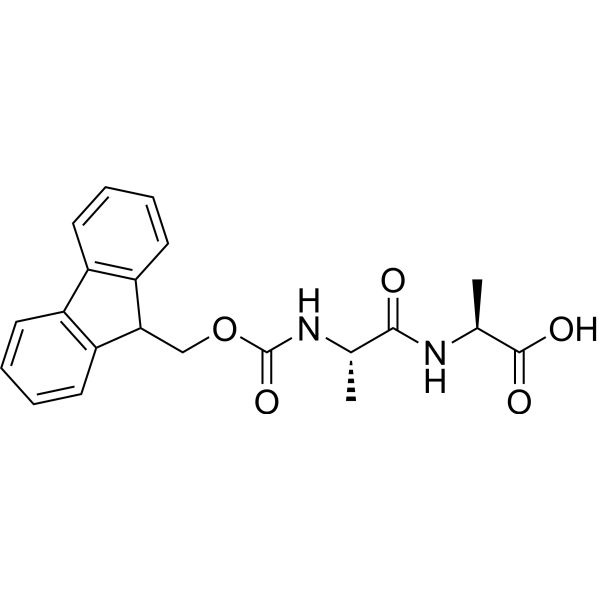
- HY-W048830
-
-
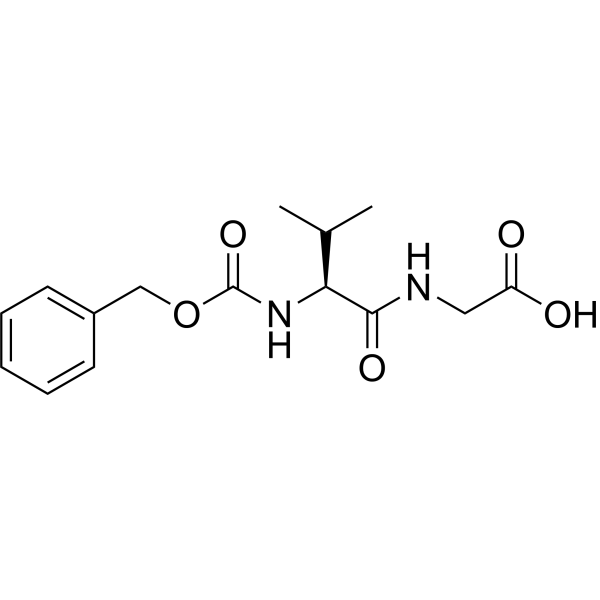
- HY-W141810
-
|
H-Phe(4-NH2)-OH hydrochloride
|
Endogenous Metabolite
|
Others
|
|
4-Amino-L-phenylalanine (H-Phe(4-NH2)-OH) hydrochloride is an endogenous metabolite.
|
-

- HY-113084
-
|
|
iGluR
Endogenous Metabolite
|
Neurological Disease
|
|
L-Cysteine S-sulfate is a potent N-methyl-d-aspartate (NMDA) glutamatergic receptor agonist. L-Cysteine S-sulfate is the substrate for cystine lyase, and can be used in mass spectrometry operations [3].
|
-
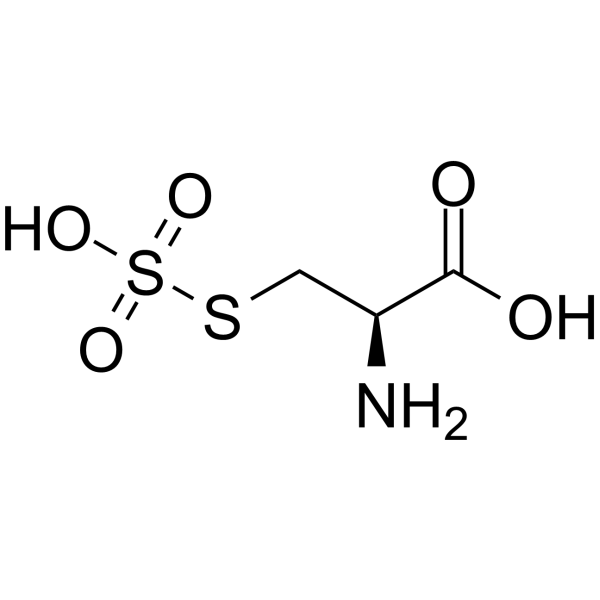
- HY-119543
-
|
|
Amino Acid Derivatives
|
Others
|
|
O-Succinyl-L-homoserine is a homoserine derivative. O-Succinyl-L-homoserine is an intermediate in the biosynthesis of methionine in Escherichia coli and Salmonella typhimurium .
|
-
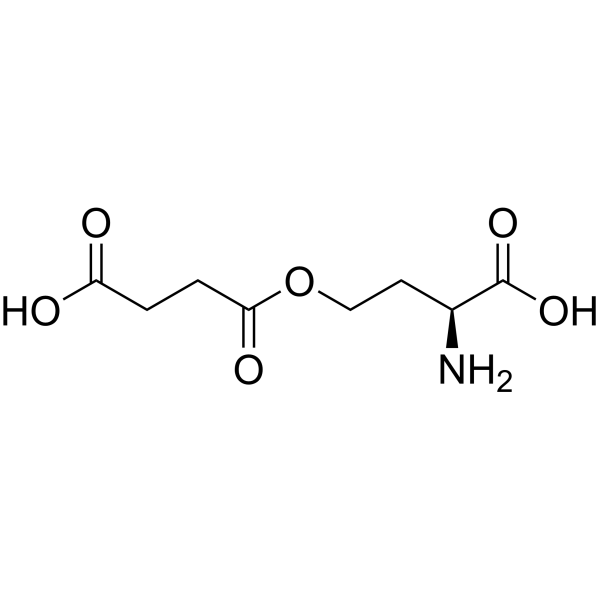
- HY-41121
-
|
Boc-Ala-OH
|
Amino Acid Derivatives
|
Others
|
|
Boc-L-Ala-OH (Boc-Ala-OH) shows excellent affinity with ATP. Boc-L-Ala-OH contains an amino acid moiety, and an acylamide bond like that of the peptide and protein .
|
-

- HY-79404A
-
|
|
Amino Acid Derivatives
|
Others
|
|
Boc-beta-t-butyl-d-alanine is an intermediate, can be used in the synthesis of peptides and other amino acids .
|
-
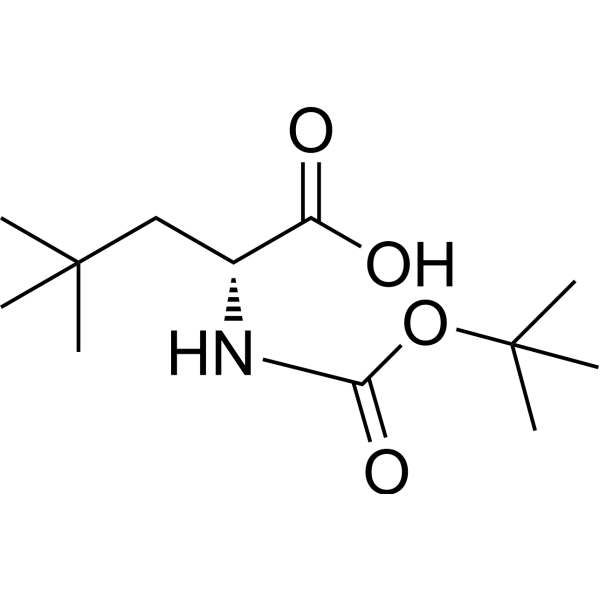
- HY-W002299
-
|
Boc-D-Leu-OH hydrate
|
Amino Acid Derivatives
|
Neurological Disease
|
|
Boc-D-Leucine monohydrate (Boc-D-Leu-OH hydrate) is an N-Boc-protected form of D-Leucine (L330150). D-Leucine is an unnatural isomer of L-Leucine (L330110) that acts as an auto-inhibitor of lactic streptococci. D-Leucine shows potent anti-seizure effect .
|
-
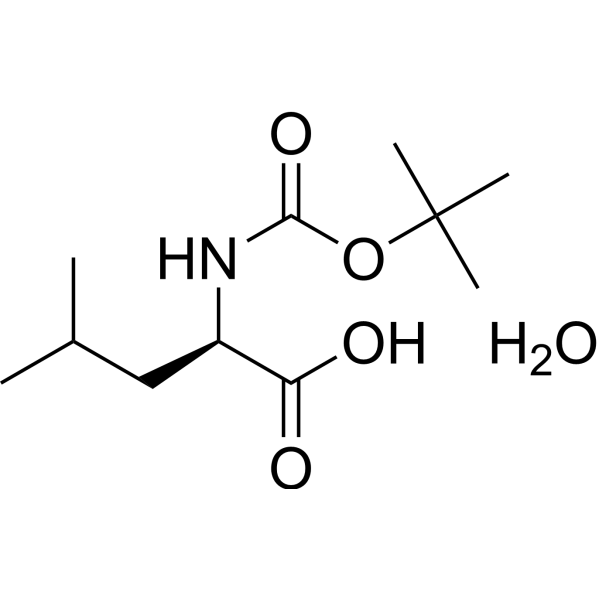
- HY-W005308
-
|
|
Amino Acid Derivatives
|
Cancer
|
|
N-BOC-DL-serine methyl ester is a Serine derivative. N-BOC-DL-serine methyl ester is used for the synthesis of α,β-dehydro-α-amino acid. N-BOC-DL-serine methyl ester is also used for the synthesis of anti-cancer agent, such as quinazolinone derivative that inhibits PI3K activity, and tricyclic pyrolopyranopyridines that inhibits protein kinase activity [3].
|
-
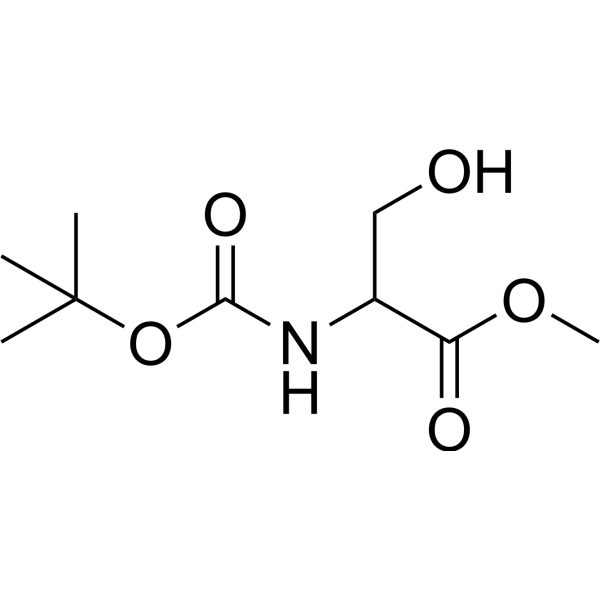
- HY-W010712
-
|
|
Amino Acid Derivatives
|
Others
|
|
Fmoc-His(Trt)-OH has trityl (Trt) group to protect the side-chain of His. Fmoc-His(Trt)-OH has Fmoc group to protect -αNH2. Fmoc-His(Trt)-OH can be used for solid phase synthesis of peptides, providing protection against racemization and by-product formation .
|
-
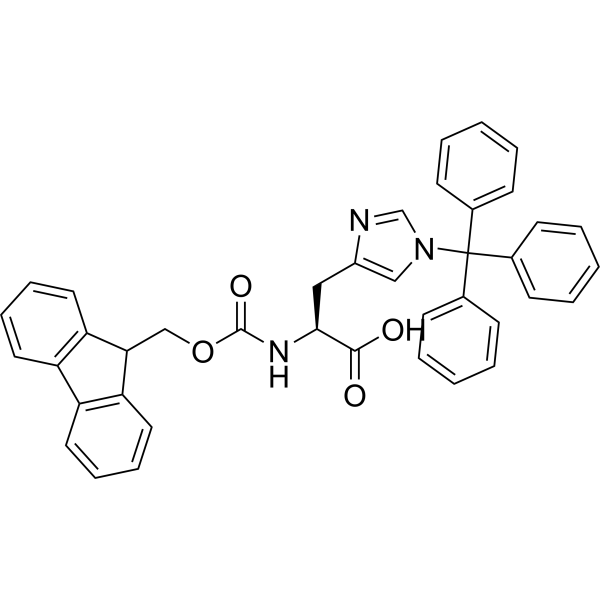
- HY-W010955
-
|
NSC 334018
|
Biochemical Assay Reagents
|
Others
|
|
Z-Phe-Leu-OH (NSC 334018) is a substrate for carboxypeptidase Y (CPY). Z-Phe-Leu-OH is incubated with recombinant CPY to determine peptidase activity .
|
-
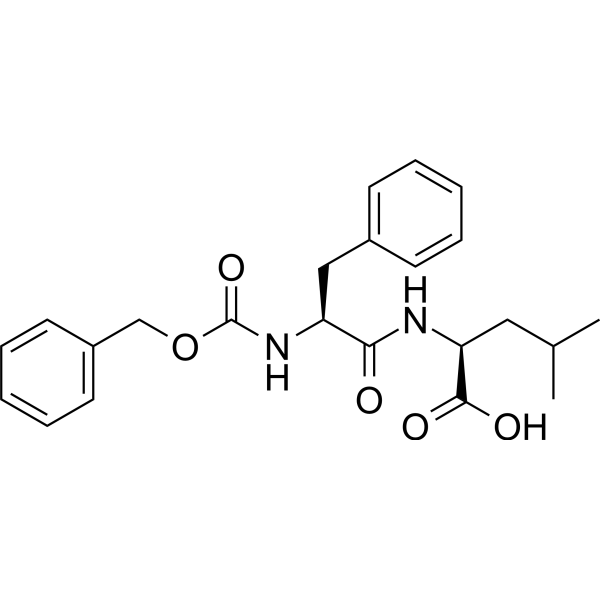
- HY-W012159
-
|
H-MET-SER-OH
|
Angiotensin-converting Enzyme (ACE)
|
Cardiovascular Disease
|
|
Methionylserine (H-MET-SER-OH) is a methionine- and serine-containing dipeptide. Methionylserine binds to and translocation via intestinal di/tri-peptide transporter 1 (hPEPT1) with a Km value of 0.2 mM. Methionylserine inhibits ACE enzyme activity. Methionylserine can be used in the research of hypension .
|
-
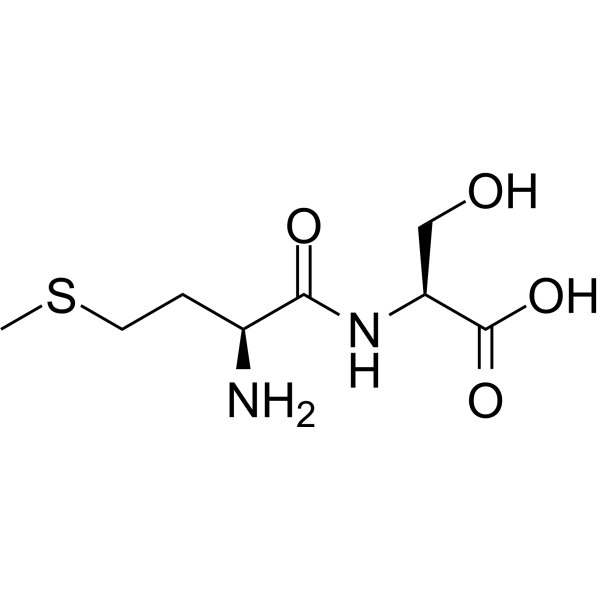
- HY-W013123
-
|
|
Amino Acid Derivatives
|
Others
|
|
Fmoc-D-Phe(4-CF3)-OH is Phenylalanine derivative. Fmoc-D-Phe(4-CF3)-OH can be used for the research of peptide inhibitors of protein-protein interactions .
|
-

- HY-W022657
-
|
|
Amino Acid Derivatives
|
Others
|
|
H-Met-OiPr hydrochloride is an Methionine derivative. H-Met-OiPr hydrochloride participates in the synthesis preparation of inhibitors of farnesyl-protein transferase (FTase), and can be used in cancer research .
|
-
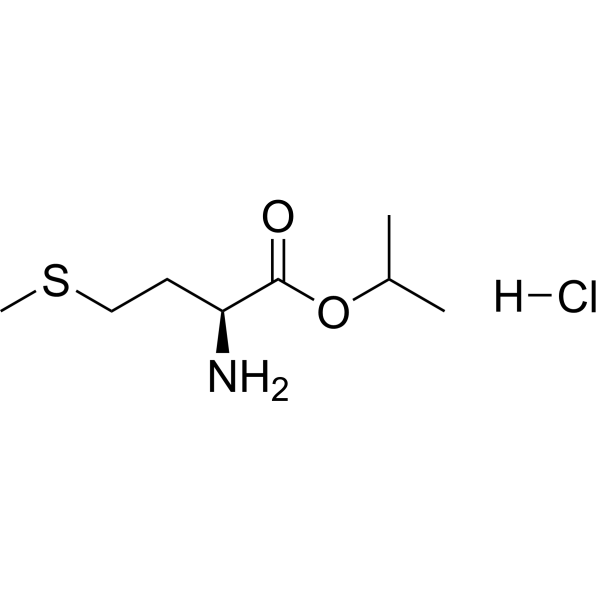
- HY-W036160
-
|
|
Amino Acid Derivatives
|
Others
|
|
N-Fmoc-O-ethyl-L-homoserine is an homoserine derivative, can be used in cyclic peptide compounds synthesis, as a reducing reagent .
|
-
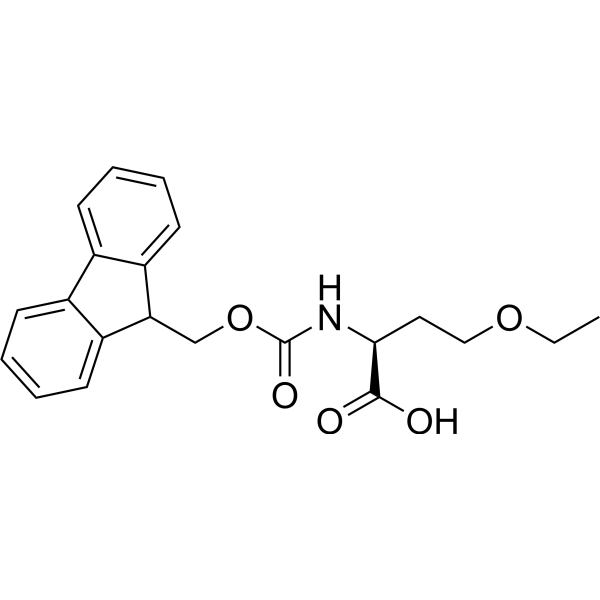
- HY-W039756
-
|
NSC 334362
|
Amino Acid Derivatives
|
Others
|
|
Boc-Ala-Ala-OH (NSC 334362) is an Alanine derivative. Boc-Ala-Ala-OH is used in the preparation of anti-bacterial agent .
|
-

- HY-W141881
-
|
|
Biochemical Assay Reagents
|
Others
|
|
N-lauroylsarcosine is an anionic surfactant, and can be used as a permeation enhancer. The mixture of N-lauroylsarcosine in 25-50% ethanol acts synergistically to increase skin permeability, which may be useful for transdermal drug delivery research .
|
-

- HY-41912B
-
|
Boc-D-Nle-OH; N-BOC-D-norleucine
|
Amino Acid Derivatives
|
Others
|
|
Boc-D-norleucine (Boc-D-Nle-OH) is a leucine derivative that can be used for peptide synthesis .
|
-
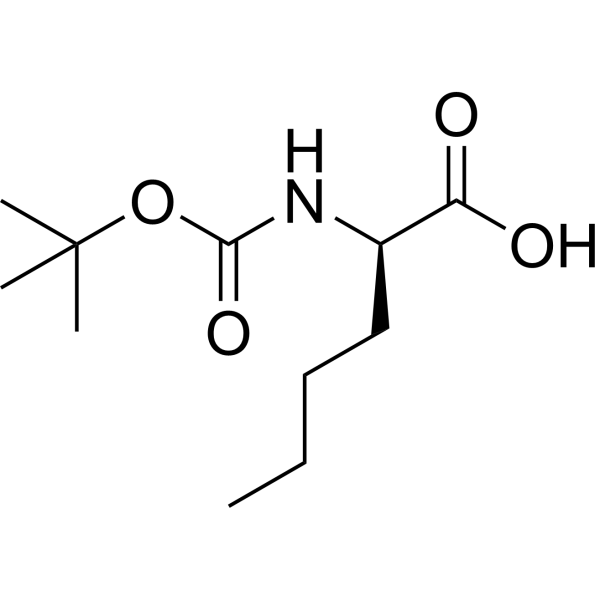
- HY-Y1080
-
-
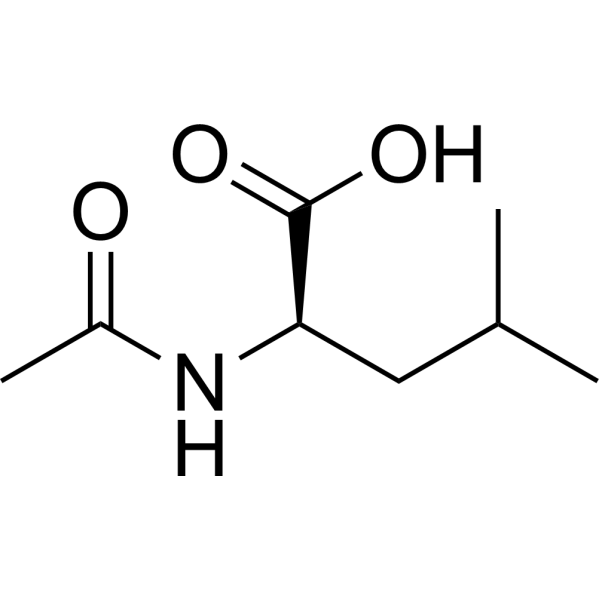
- HY-W041983
-
-
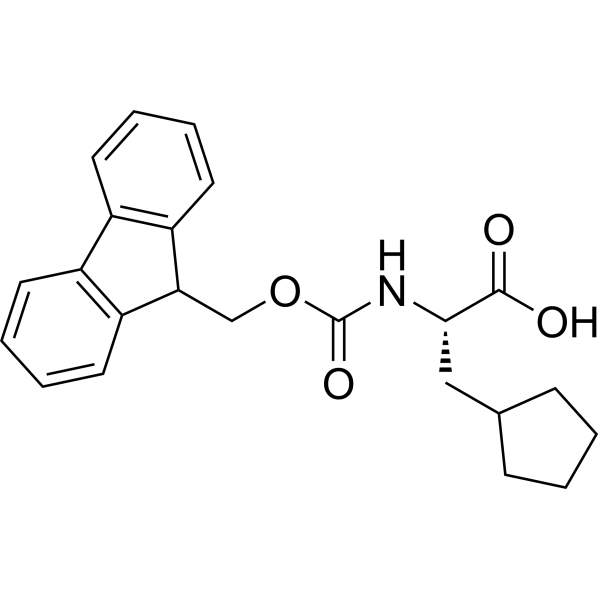
- HY-76317
-
|
N-Cbz-DL-proline; DL-Cbz-Proline
|
Amino Acid Derivatives
|
Others
|
|
Z-DL-Pro-OH (N-Cbz-DL-proline) is a proline derivative, can be used for the synthesis of agents or other compounds .
|
-
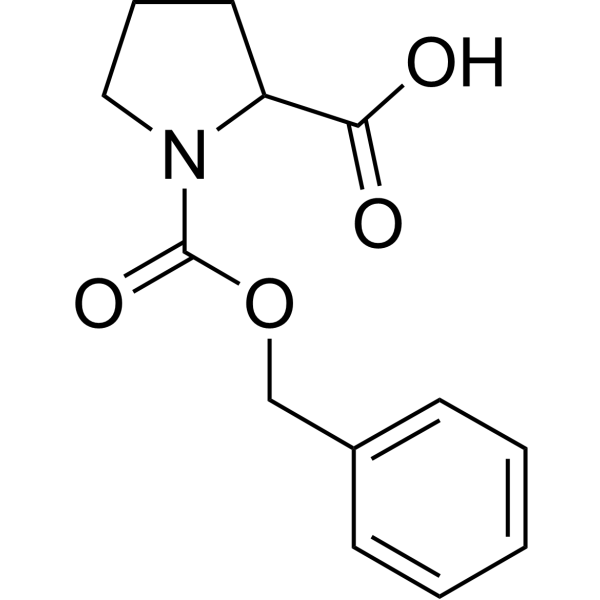
- HY-W010873
-
-
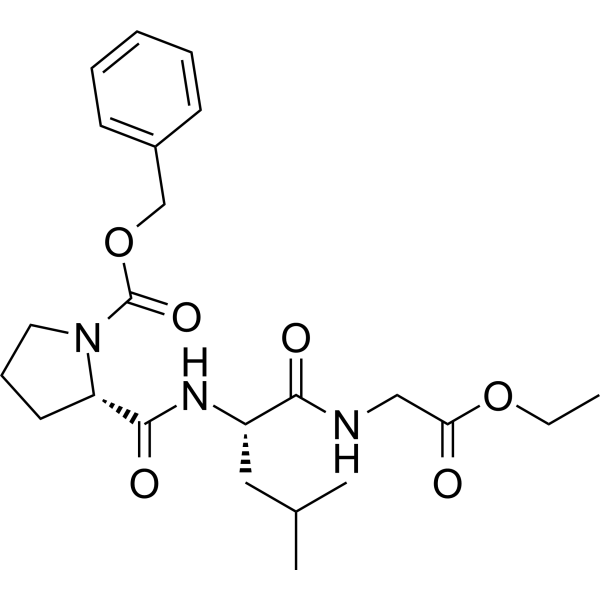
- HY-W008922
-
-

- HY-W015450
-
|
|
Endogenous Metabolite
|
Others
|
|
D-Ala-D-Ala constitutes the terminus of the peptide part of the peptidoglycan monomer unit and is involved in the transpeptidation reaction as the substrate. D-Ala-D-Ala is catalyzed by D-Alanine-D-Alanine ligase. D-Ala-D-Ala is a bacterial endogenous metabolite .
|
-
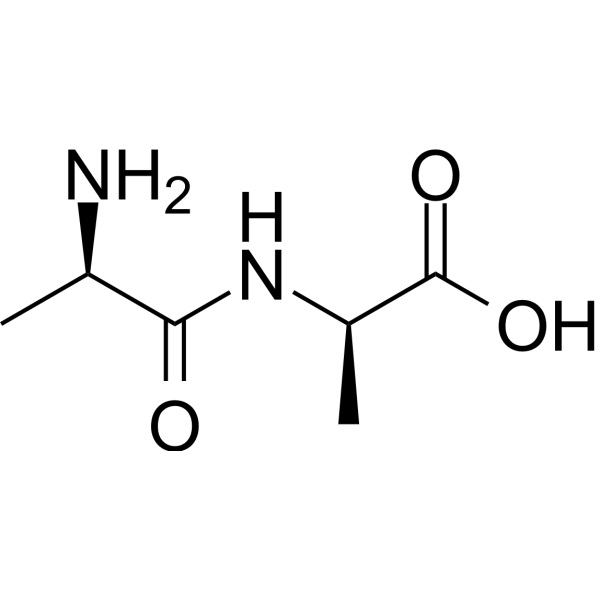
- HY-W065053
-
|
|
Amino Acid Derivatives
|
Others
|
|
trans-N-Methyl-4-methoxyproline is a natural product that can be isolated from the stems of Petiveria alliacea and is also a Proline derivative .
|
-
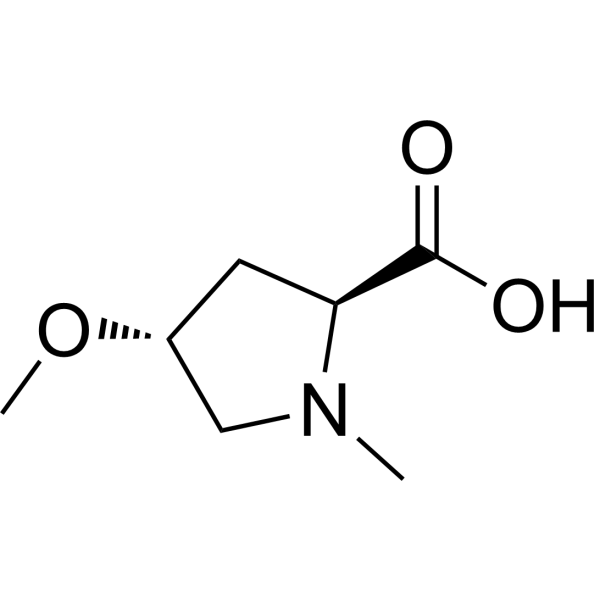
- HY-42709
-
-
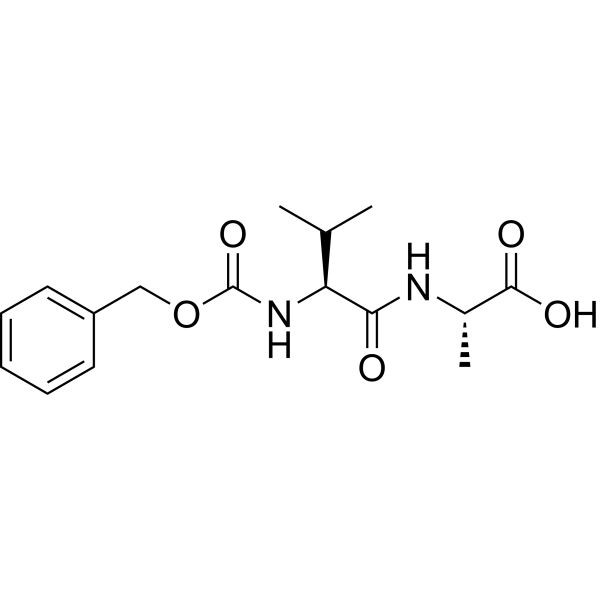
- HY-W048829
-
|
|
Amino Acid Derivatives
|
Others
|
|
Boc-Phe-Gly-OH is a Boc-protected phenylalanyl glycine derivative, can be used for the synthesis of agents or other compounds .
|
-
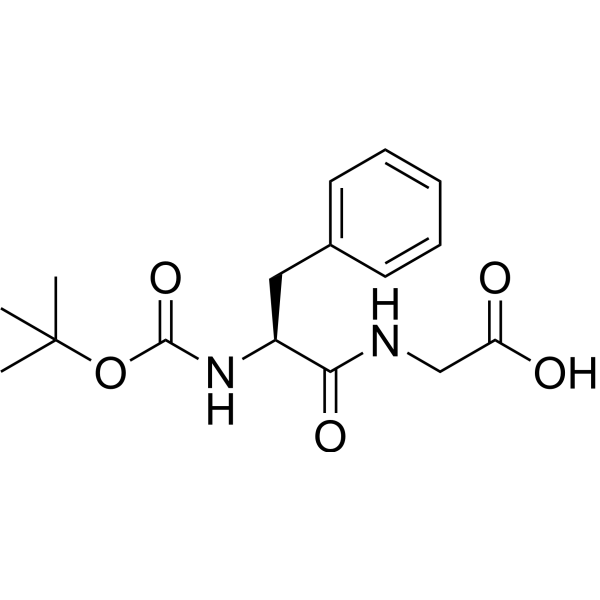
- HY-W052227
-
-
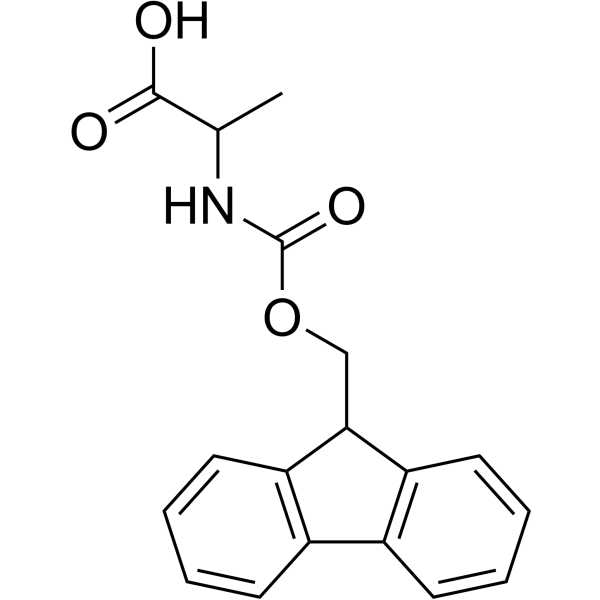
- HY-W048205
-
|
|
Amino Acid Derivatives
|
Others
|
|
N6-Diazo-L-Fmoc-lysine is an active compand and can be used in a variety of chemical studies. N6-Diazo-L-Fmoc-lysine is a click chemistry reagent, it contains an Azide group and can undergo copper-catalyzed azide-alkyne cycloaddition reaction (CuAAc) with molecules containing Alkyne groups. Strain-promoted alkyne-azide cycloaddition (SPAAC) can also occur with molecules containing DBCO or BCN groups.
|
-
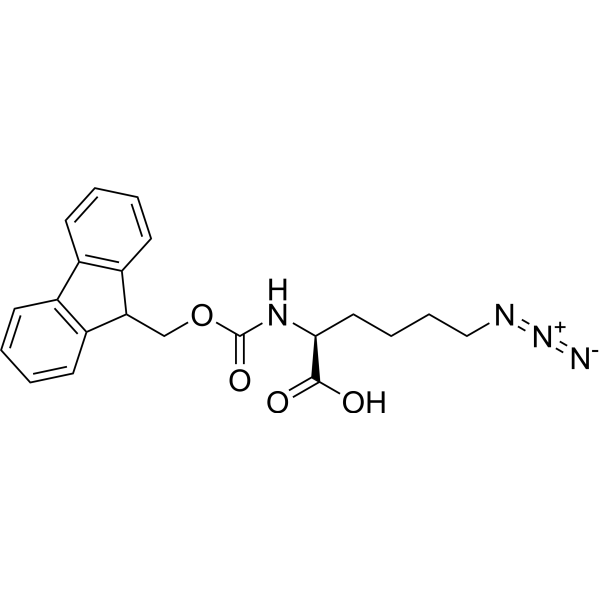
- HY-W011458
-
|
|
Amino Acid Derivatives
|
Others
|
|
3,5-Dinitro-L-tyrosine sodium is a tyrosine derivative. 3,5-Dinitro-L-tyrosine sodium as artificial substrate, has zero activity relative to tyrosine as a substrate for tyrosine aminotransferase .
|
-
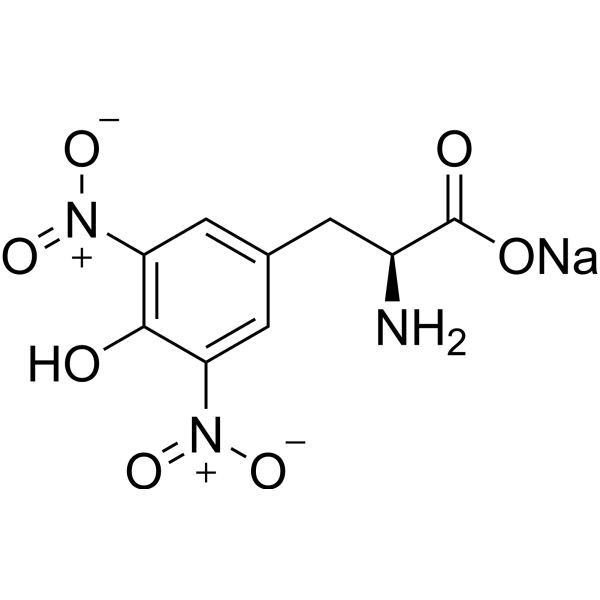
- HY-W048674
-
|
Fmoc-O-acetyl-L-serine
|
Amino Acid Derivatives
|
Infection
|
|
Fmoc-Ser(Ac)-OH (Fmoc-O-acetyl-L-serine) is a Serine derivative. Fmoc-Ser(Ac)-OH can be used for the preparation of broad-spectrum coronavirus membrane fusion inhibitor .
|
-

- HY-W091734
-
|
|
Amino Acid Derivatives
|
Cardiovascular Disease
Neurological Disease
|
|
Methyl 4-iodo-L-phenylalaninate hydrochloride is a Phenylalaninate derivative. Methyl 4-iodo-L-phenylalaninate hydrochloride can be used for the preparation of factor XI modulators used in the research of thrombotic and thromboembolic. Methyl 4-iodo-L-phenylalaninate hydrochloride can also be used for the synthesis of compounds for the research of amyloid-related diseases, such as Alzheimer’s disease .
|
-

- HY-W007052
-
-

- HY-130189
-
|
|
Drug Metabolite
|
Others
|
|
S-Phenylmercapturic acid, a metabolite of benzene, can be used as a biomarker, identified by GC, HPLC (UV or fluorescence detection), GC-MS, LC-MS/MS or immunoassay .
|
-
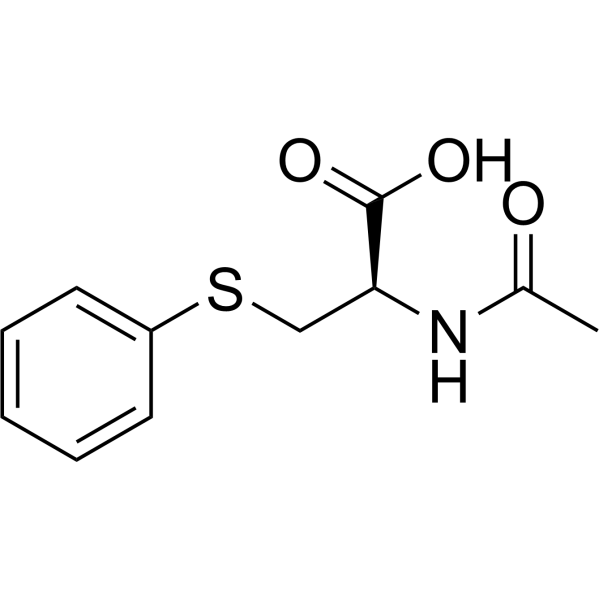
- HY-W009912
-
|
|
Amino Acid Derivatives
|
Others
|
|
H-Tyr(Me)-OH is a synthetic amino acid, and can enter into protein in E. coli in response to an amber nonsense codon .
|
-
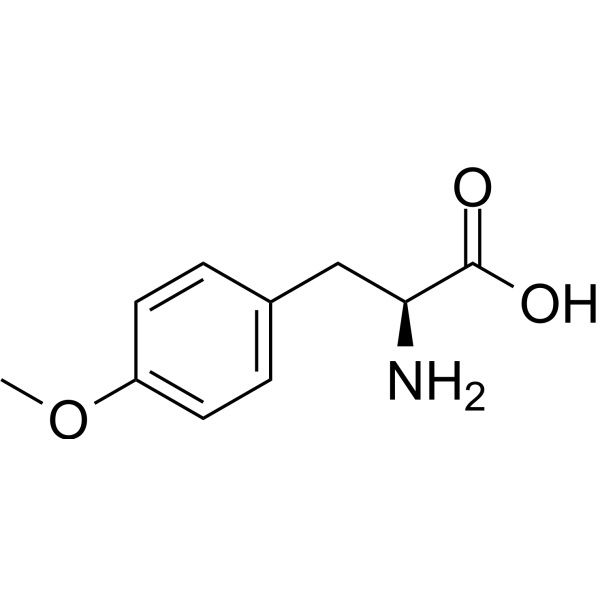
- HY-107663
-
|
Pro-Leu-Gly-NH2; Melanostatin
|
Dopamine Receptor
|
Neurological Disease
|
|
MIF-1 (Melanostatin), an endogenous brain peptide, is a potent dopamine receptor allosteric modulator. MIF-1 inhibits melanin formation. MIF-1 blocks the effects of opioid receptor activation to modulate the analgesic effects. MIF-1 accesses from the blood to the CNS by directly crossing the blood-brain barrier (BBB) [3].
|
-
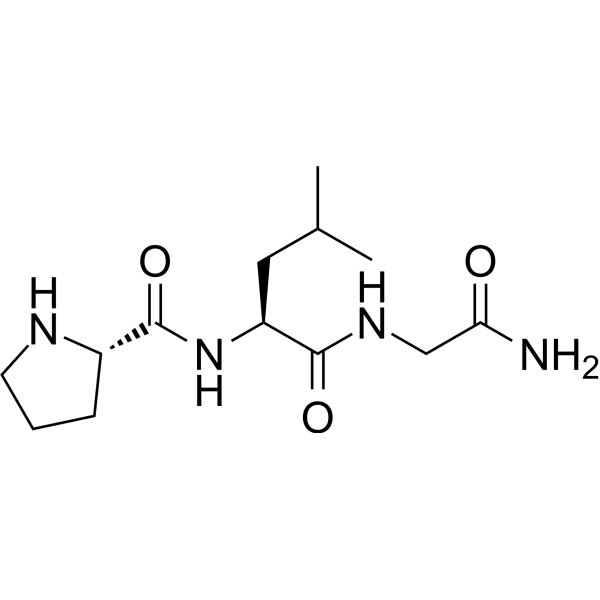
- HY-W111226
-
|
|
Amyloid-β
Amino Acid Derivatives
|
Cardiovascular Disease
|
|
Fmoc-His(3-Me)OH derives Histidine-associating compounds with biological activity. Fmoc-His(3-Me)OH, with Fmoc-citrulline-OH, Fmoc-His(1-Me)-OH together, forms tri-peptides and shows vasodilating effect with EC50s of 2.7-4.7 mM in 1.0 mM Phenylephrine (PE)-contracted aorta rings. Fmoc-His(3-Me)OH (resin) also makes Methyl-His-Gly-Lys (His(3-Me)-Gly-Lys), thus acts as an [Ca 2+]i inhibitor. Fmoc-His(3-Me)OH methylates NAHIS02, making it unable to block the Alzheimer's Aβ channel [3].
|
-
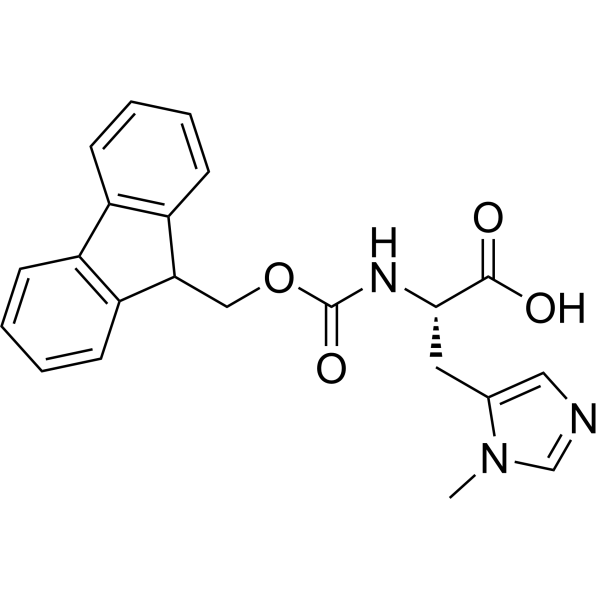
- HY-W109513
-
|
|
Amino Acid Derivatives
|
Inflammation/Immunology
|
|
Boc-Lys(Z)-OH (DCHA) is a involves in synthesis thymosin β4, βg and β6 fragments, and increases E-rosette forming capacity in Lupus Nephritis model. Boc-Lys(Z)-OH (DCHA) involves in synthesis Boc-Lyz-OCH3 and acts as a reagent of peptidyl thrombin inhibitors production [3].
|
-

- HY-148031
-
|
|
ADC Linker
|
Others
|
|
MC-Ala-Ala-Asn-PAB-PNP is a peptide, can be used to synthesize specifically activated micromolecular target coupling body .
|
-
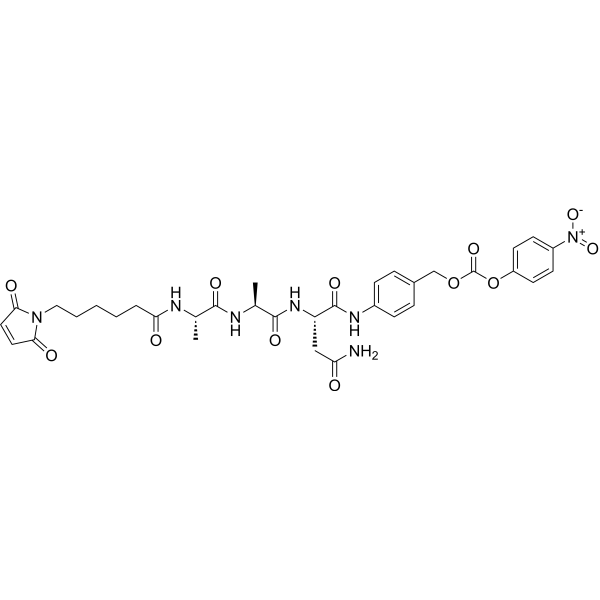
- HY-W013190
-
-

- HY-W015230
-
-
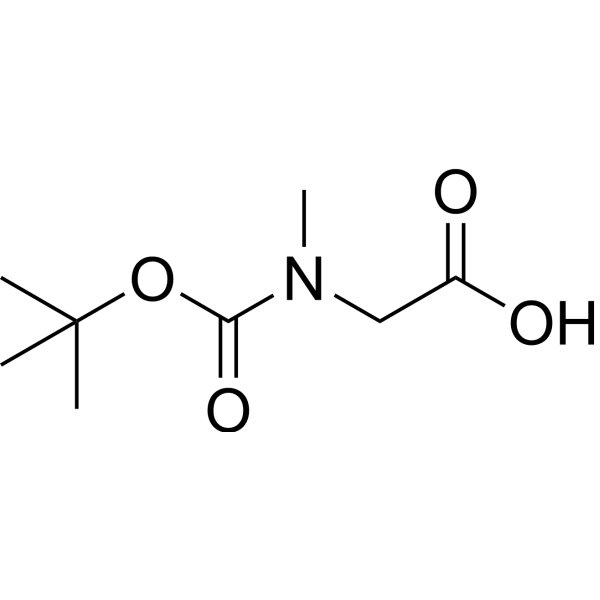
- HY-W008997
-
-

- HY-W008999
-
-
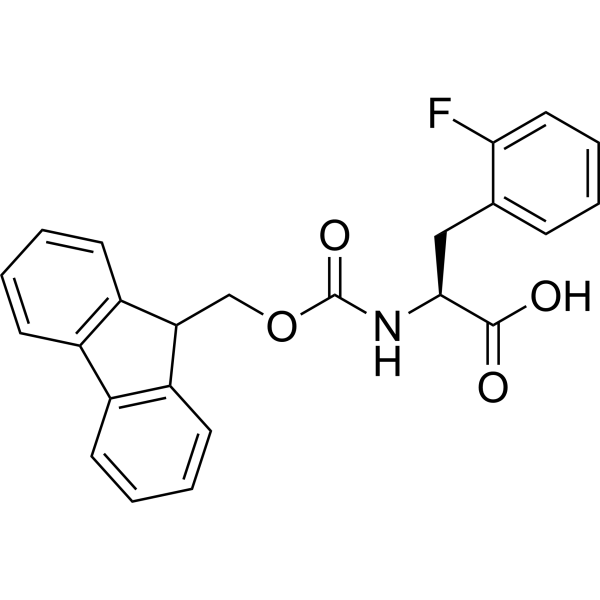
- HY-W009003
-
-
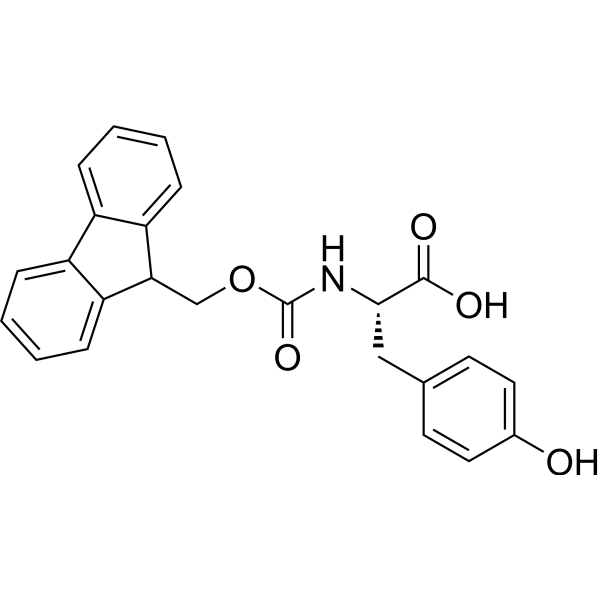
- HY-W009005
-
-

- HY-W009006
-
-
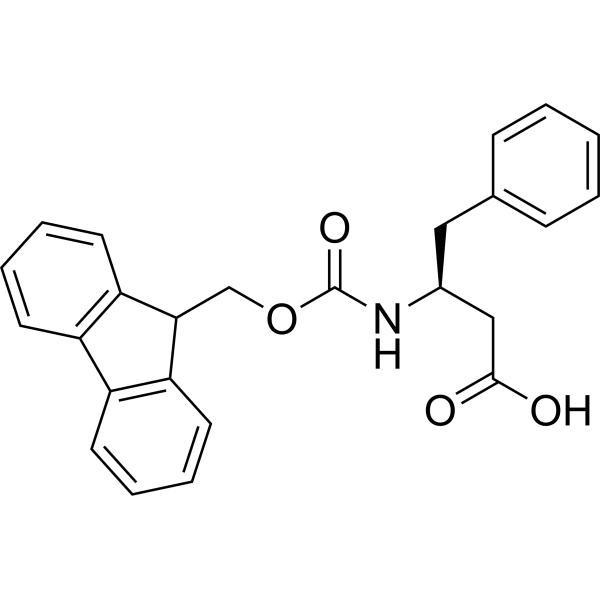
- HY-W009008
-
-
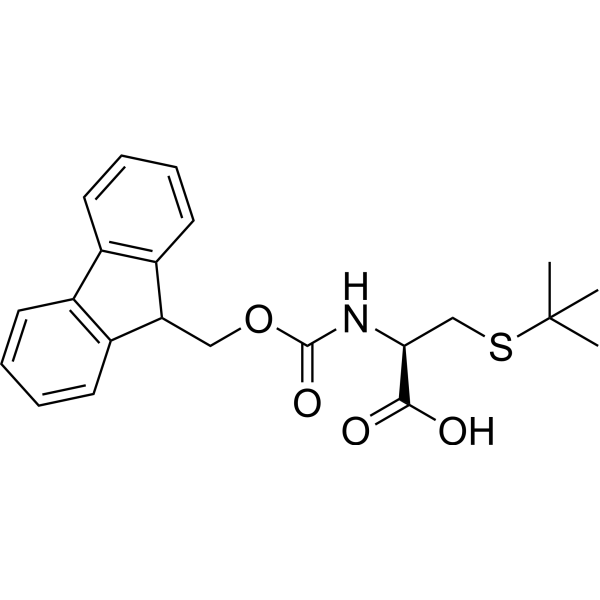
- HY-W009023
-
-
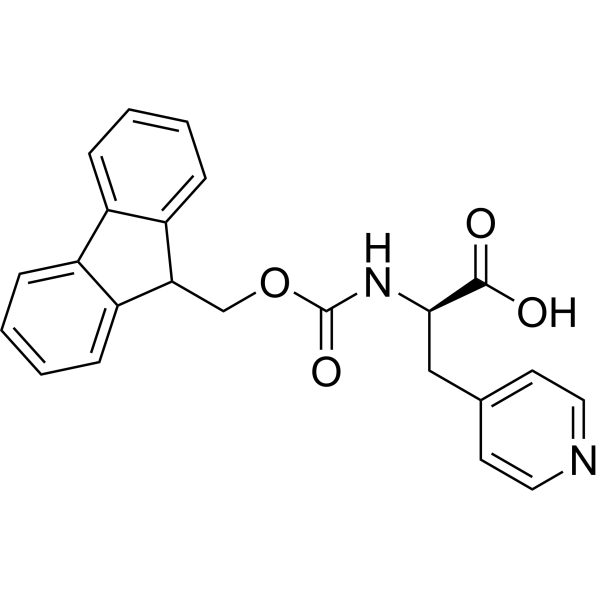
- HY-W009038
-
-
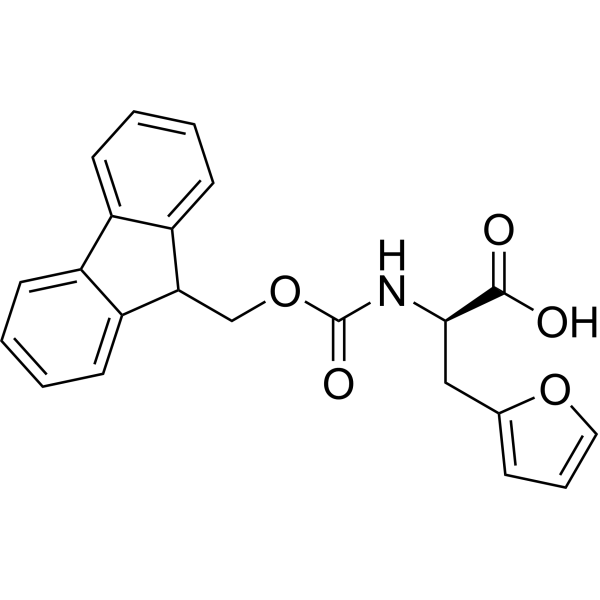
- HY-W009049
-
-
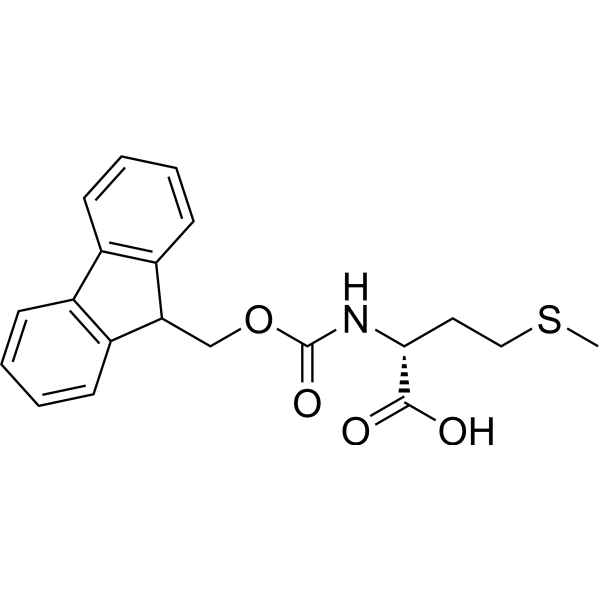
- HY-101242
-
-

- HY-W009085
-
-
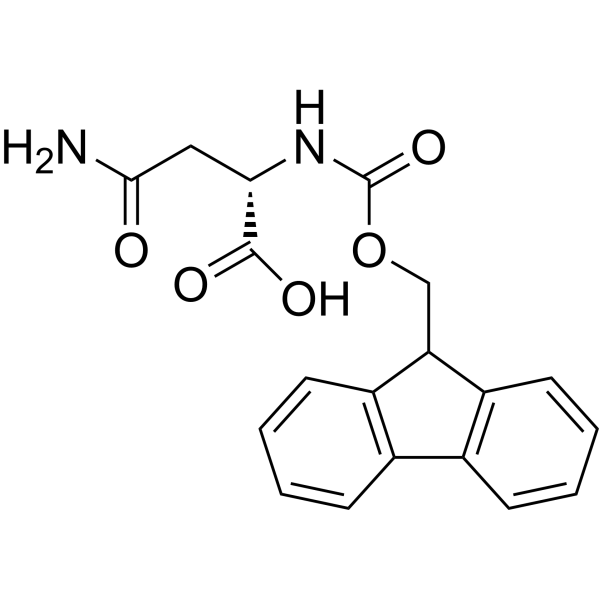
- HY-W009088
-
-
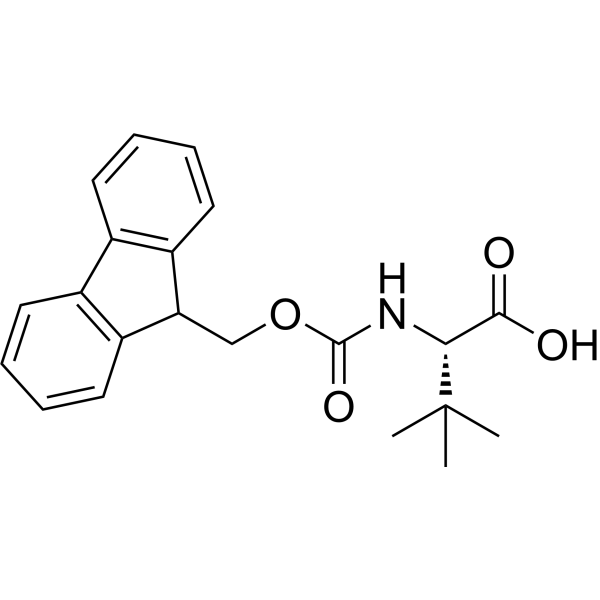
- HY-104004A
-
|
Fmoc-Ser-(GalNAc(Ac)3-beta-D)-OH; Fmoc-Ser[GalNAc(Ac)3-β-D]-OH; Fmoc-Ser(Ac3AcNH-β-Gal)-OH
|
Amino Acid Derivatives
|
Others
|
|
Fmoc-Ser(O-β-D-GalNAc(OAc)3)-OH is a serine derivative .
|
-
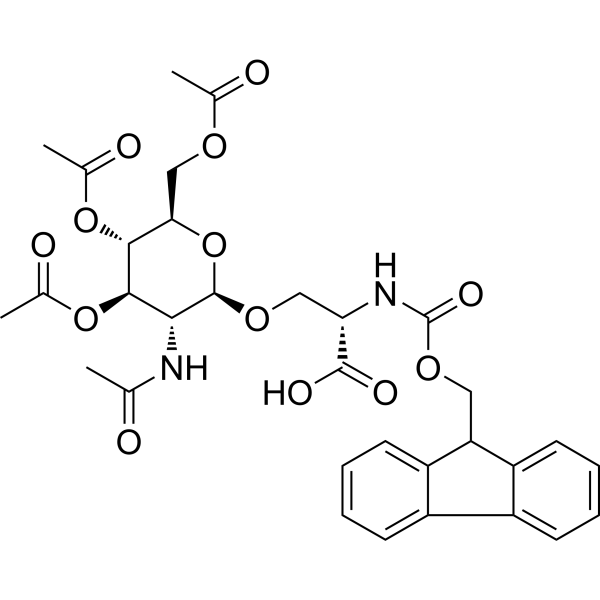
- HY-W009117
-
-
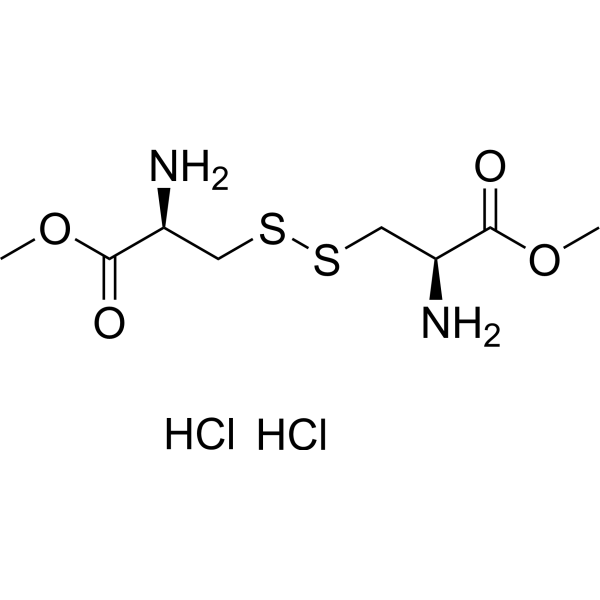
- HY-107848
-
-
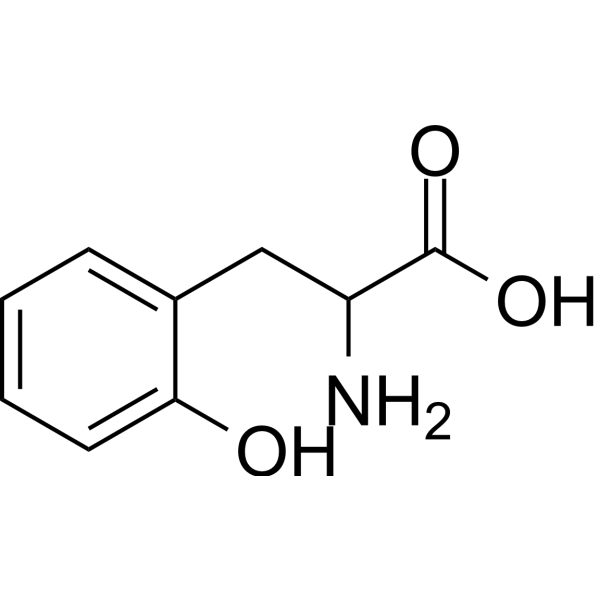
- HY-W009124
-
-
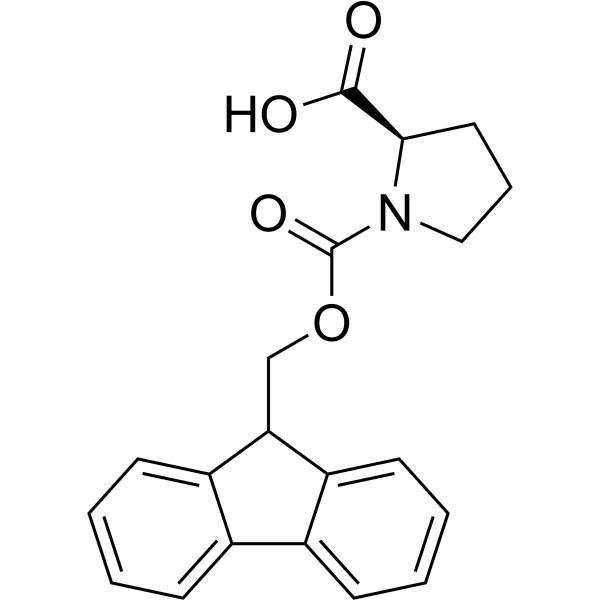
- HY-113014
-
-

- HY-W009144
-
-
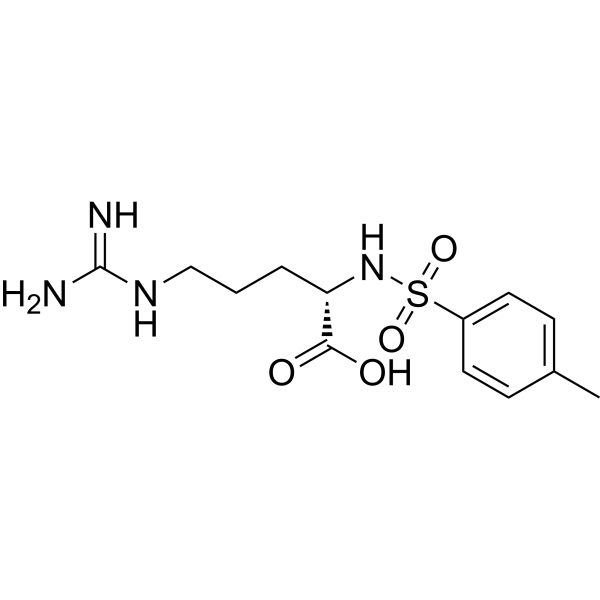
- HY-113214
-
-
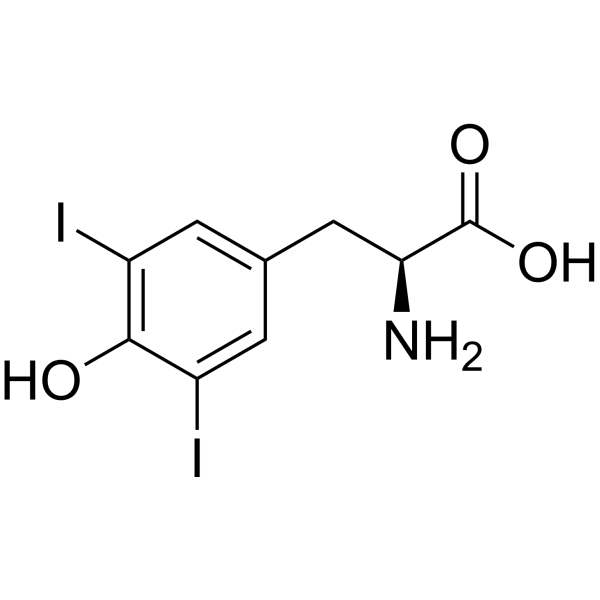
- HY-W067091
-
-
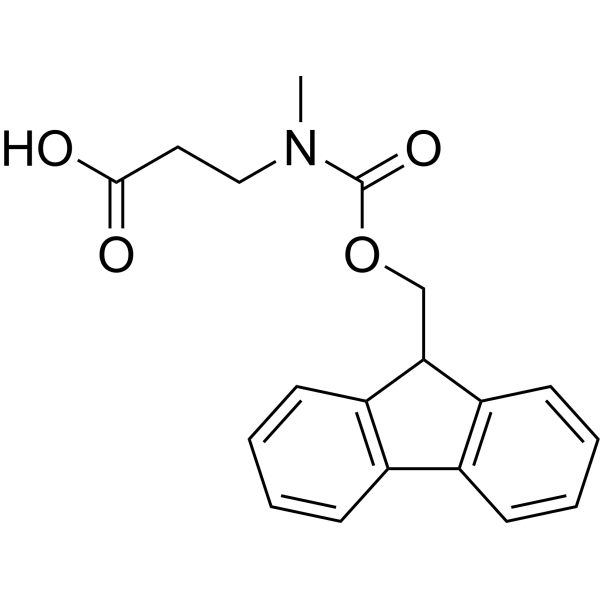
- HY-W009197
-
-
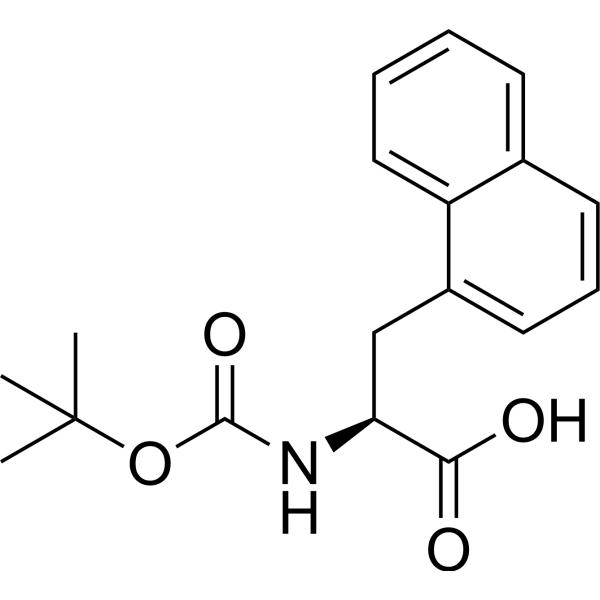
- HY-W009211
-
-
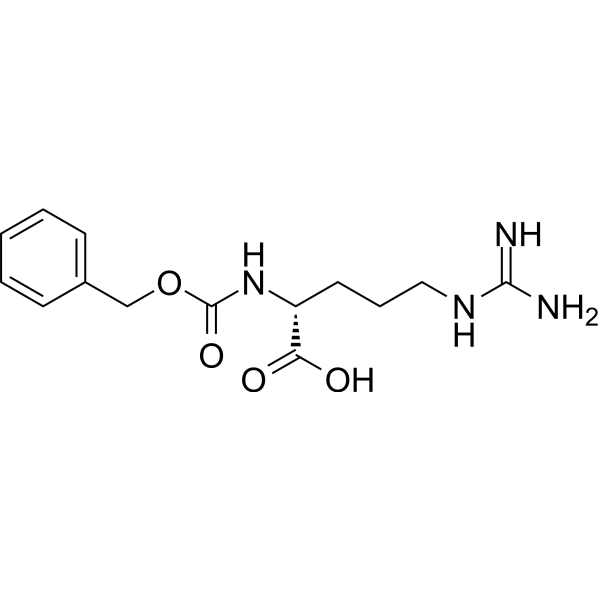
- HY-118349
-
-
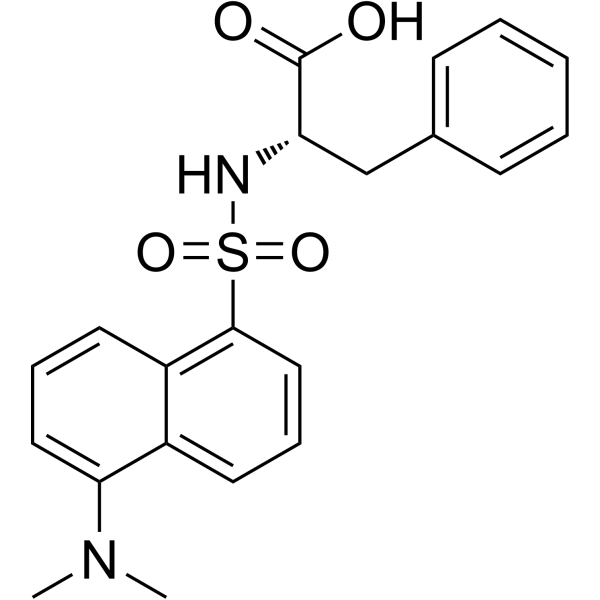
- HY-W009257
-
-
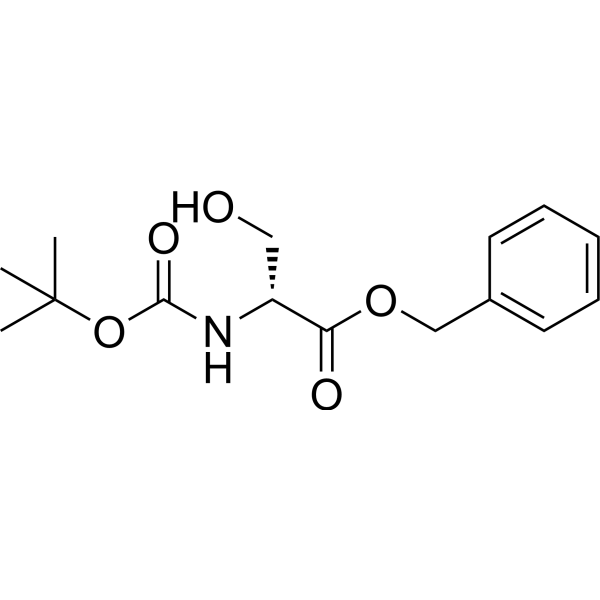
- HY-W009258
-
-
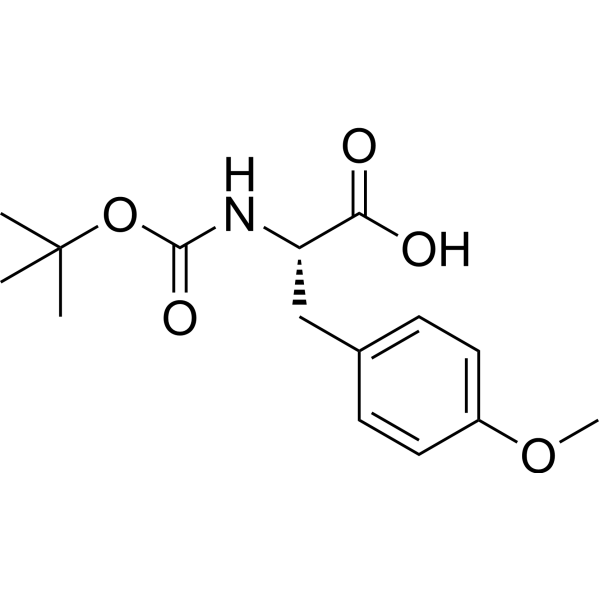
- HY-122526
-
-
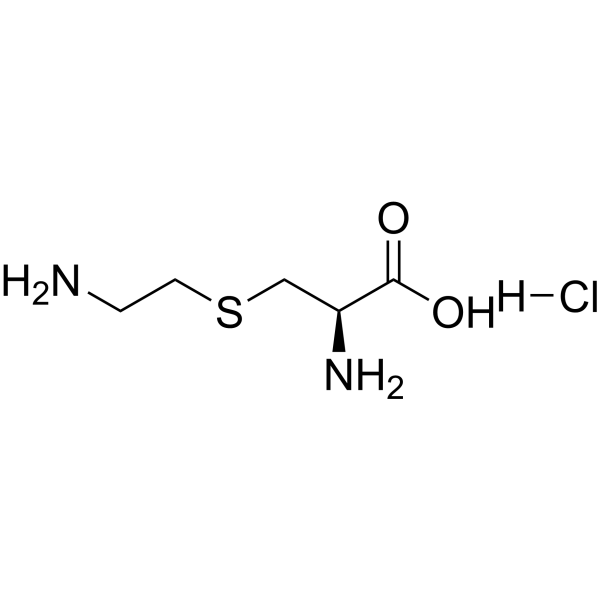
- HY-W009260
-
-
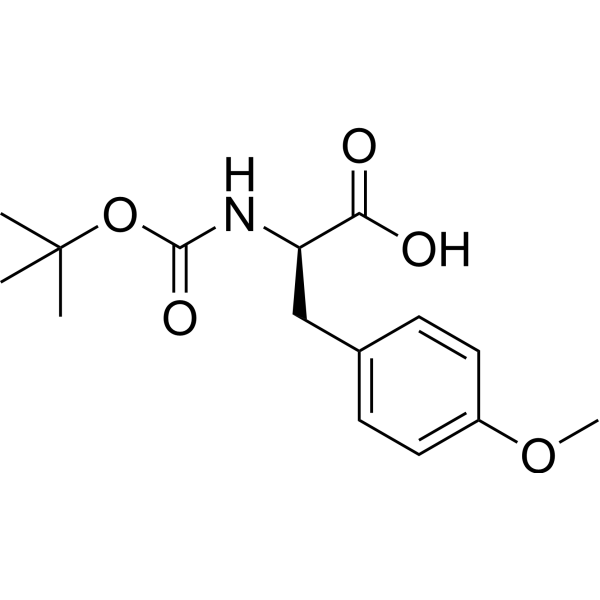
- HY-128675
-
-
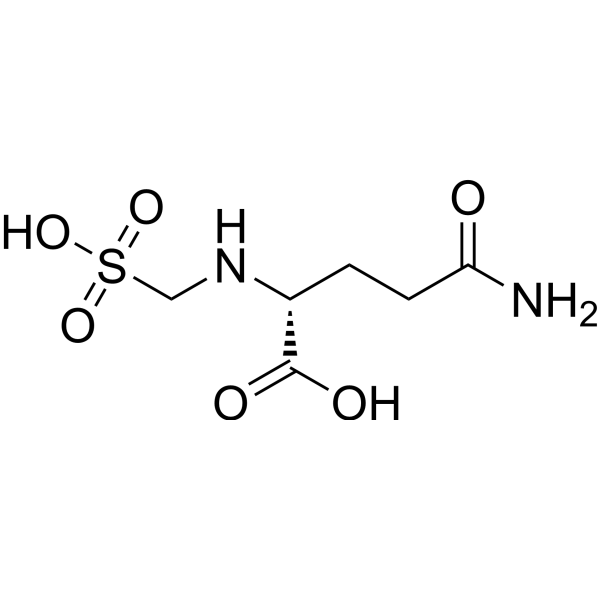
- HY-W009284
-
-
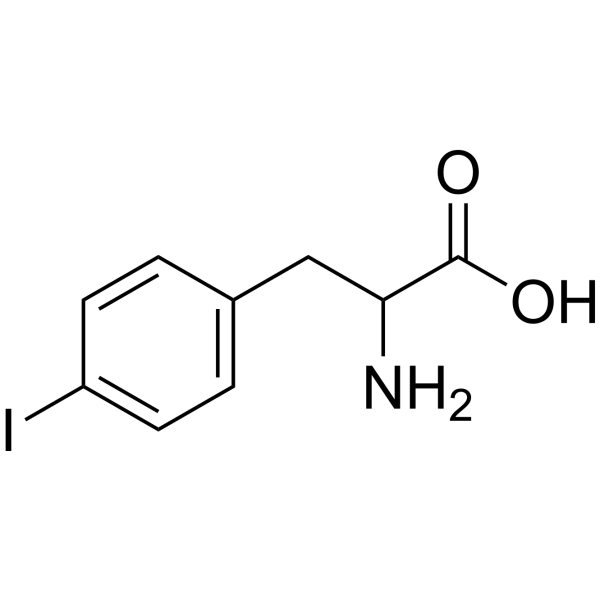
- HY-W009320
-
-
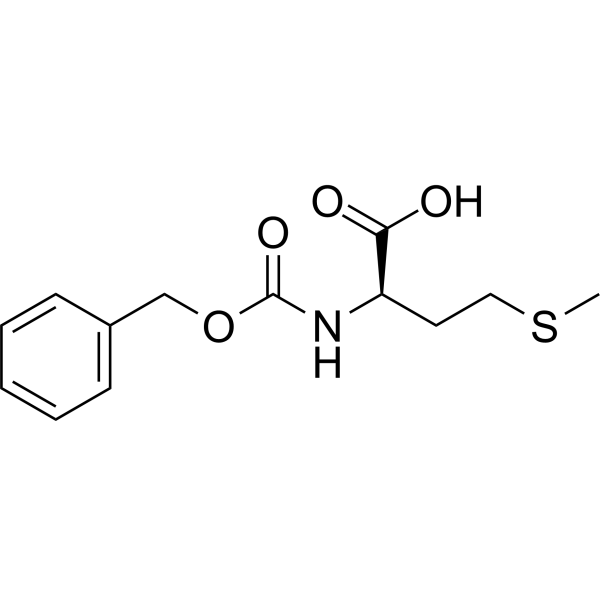
- HY-131894
-
-
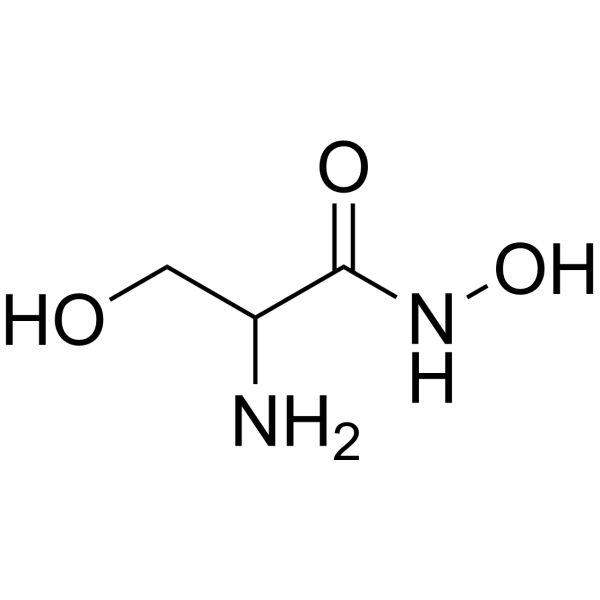
- HY-W068839
-
-
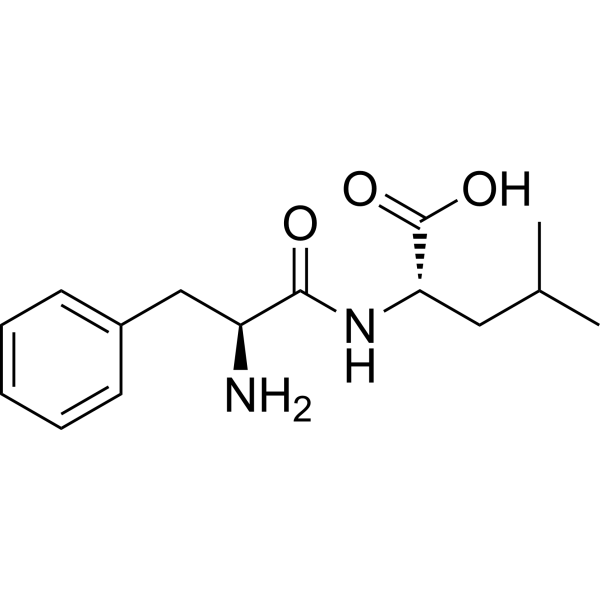
- HY-134449
-
-
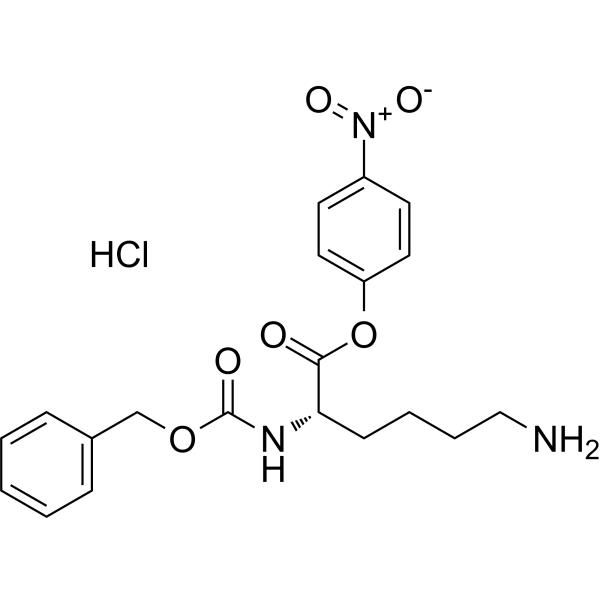
- HY-134450
-
-

- HY-W009328
-
-
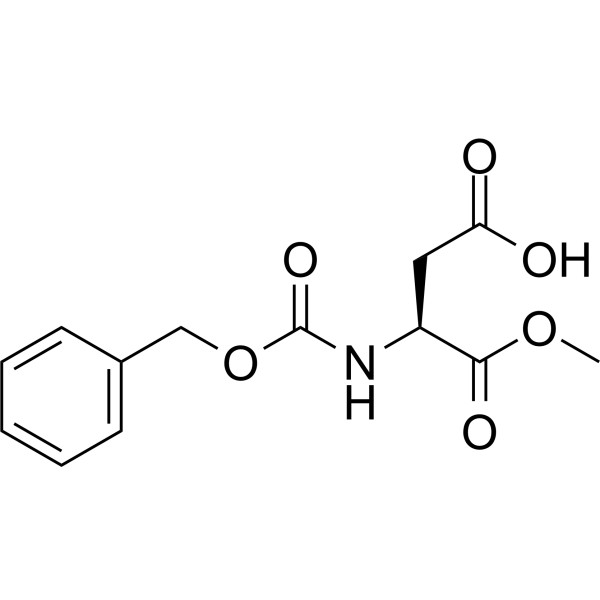
- HY-134852
-
-
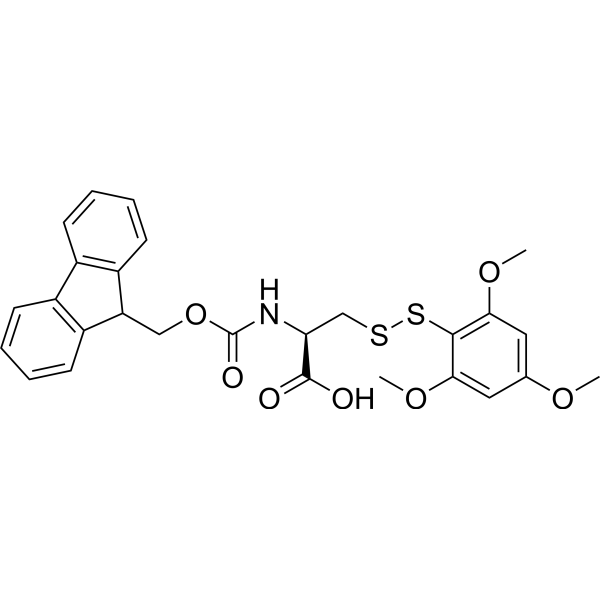
- HY-134935
-
-
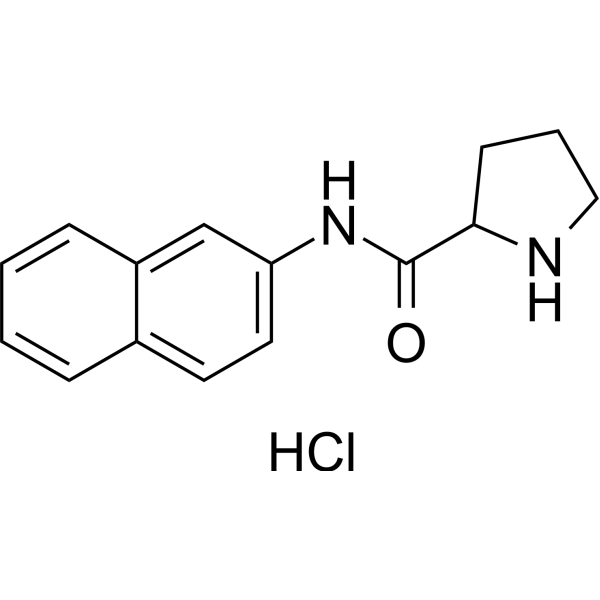
- HY-W009337
-
-
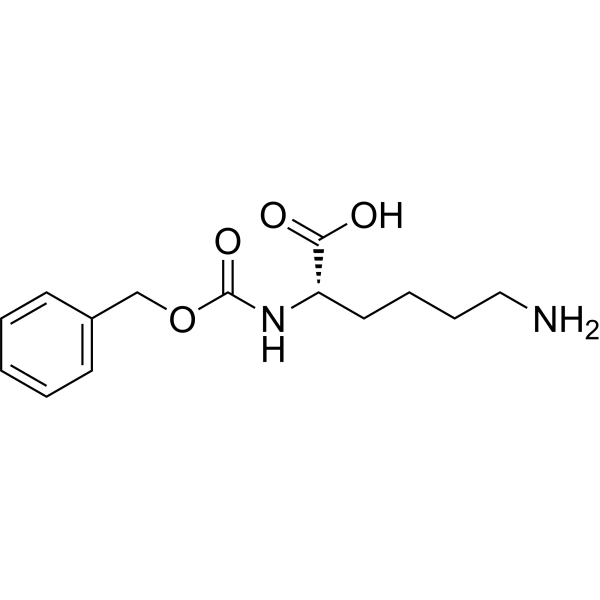
- HY-135113
-
|
|
Amino Acid Derivatives
|
Others
|
|
Lanthionine is a cysteine derivative. Lanthionine is linked by a disulfide bond formed by an oxidation reaction between two cysteine residues .
|
-
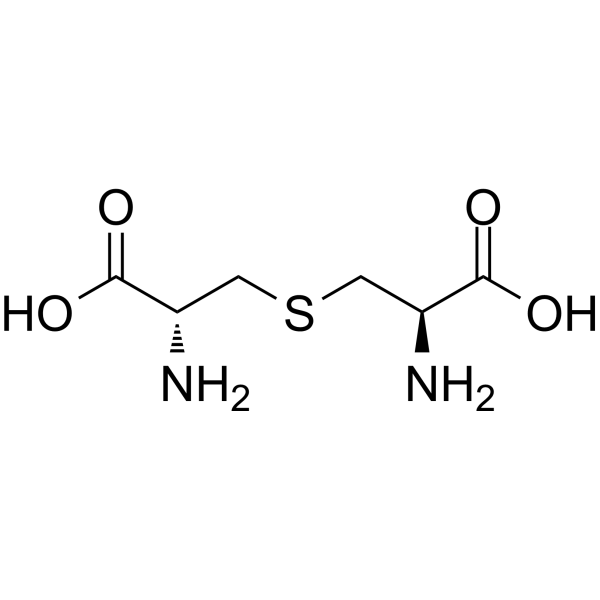
- HY-137950
-
-
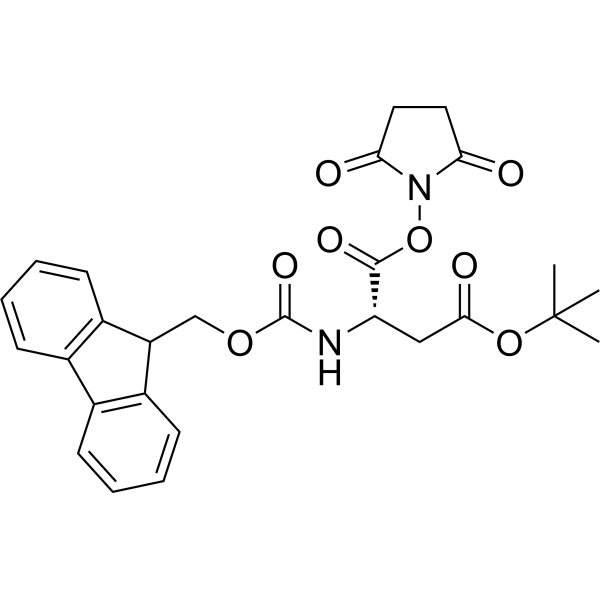
- HY-W009345
-
-
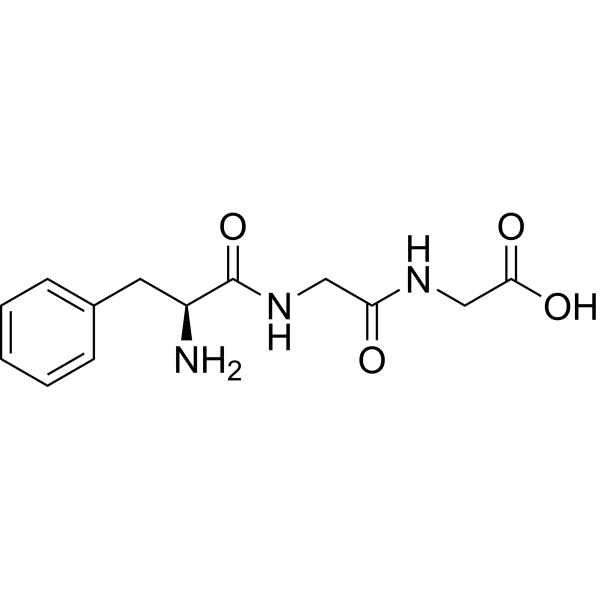
- HY-139128
-
-
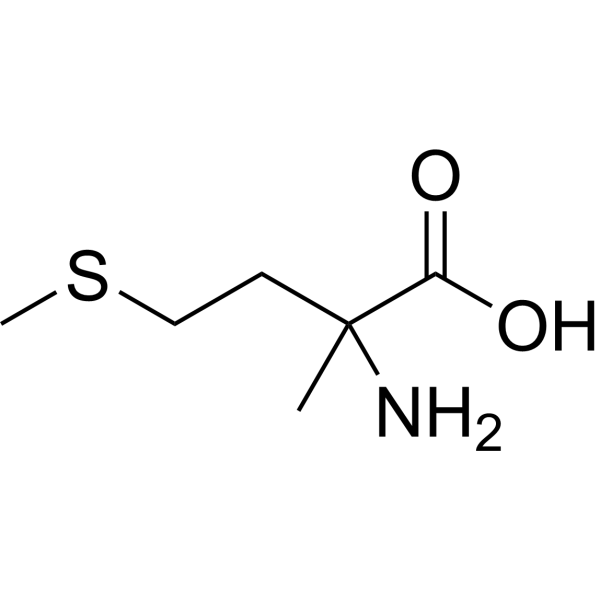
- HY-W088097
-
-
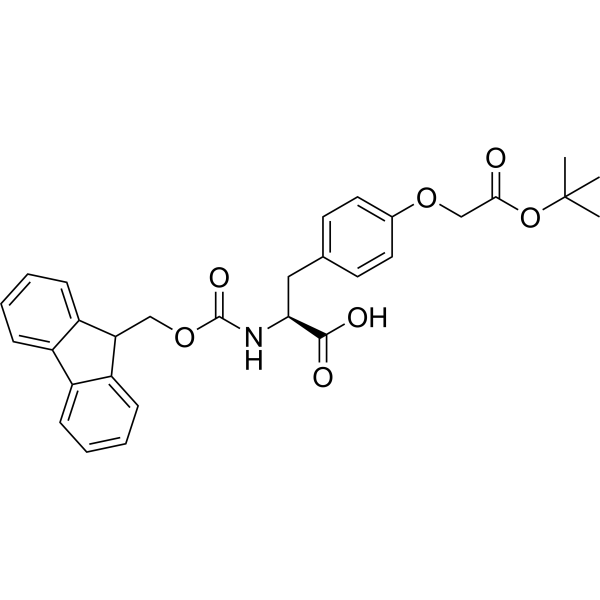
- HY-W009381
-
-

- HY-W089229
-
-

- HY-15400
-
-

- HY-W092107
-
-
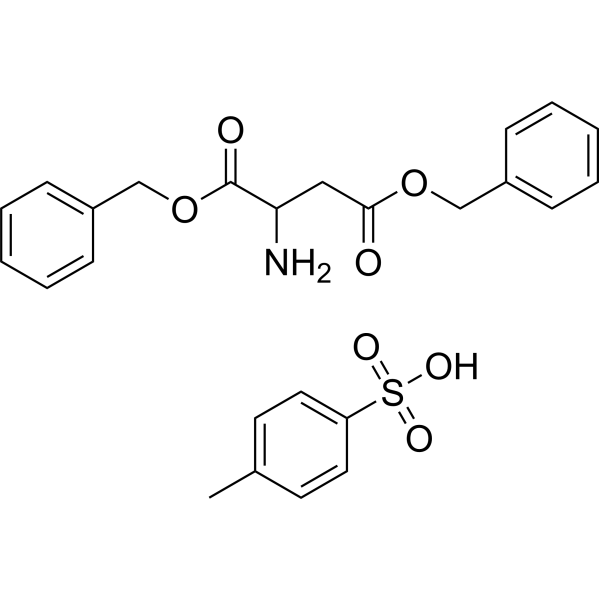
- HY-W009403
-
-
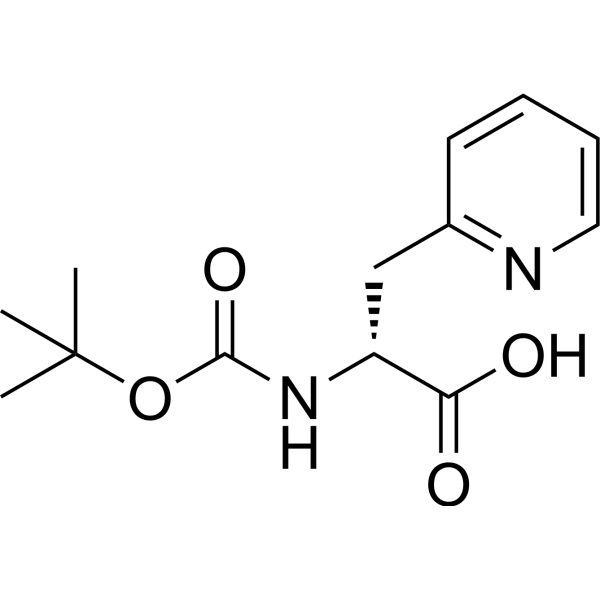
- HY-20153
-
-
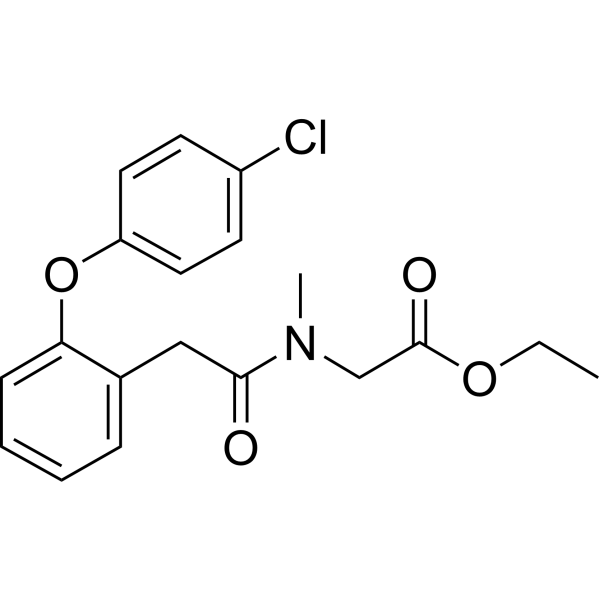
- HY-20165
-
-

- HY-W097163
-
-
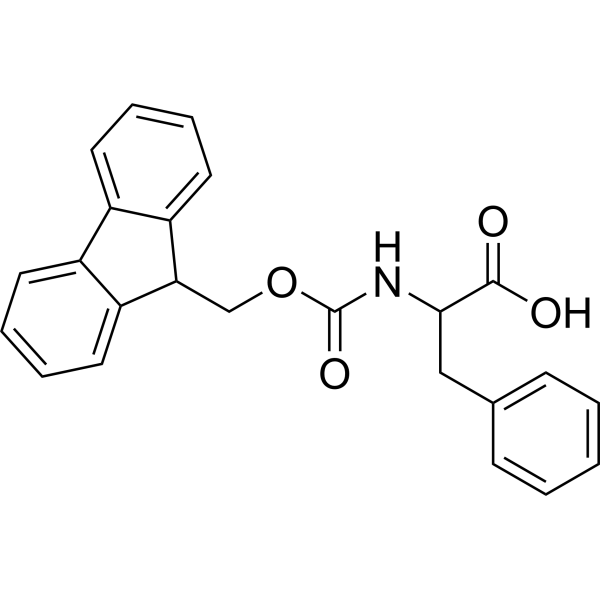
- HY-W009502
-
-
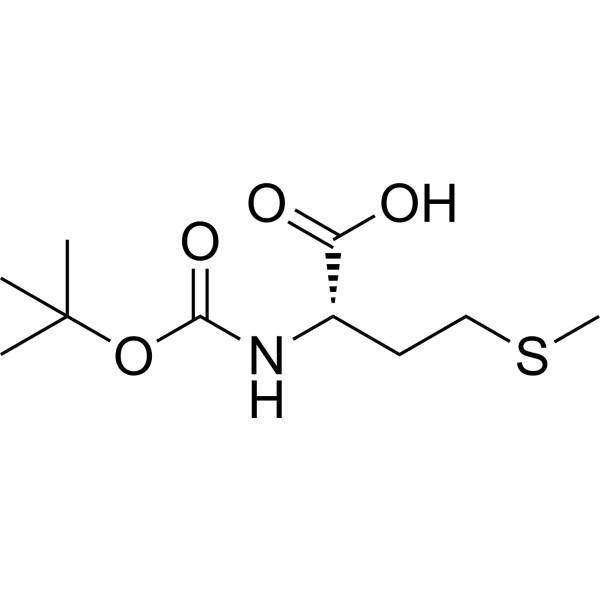
- HY-W098060
-
-
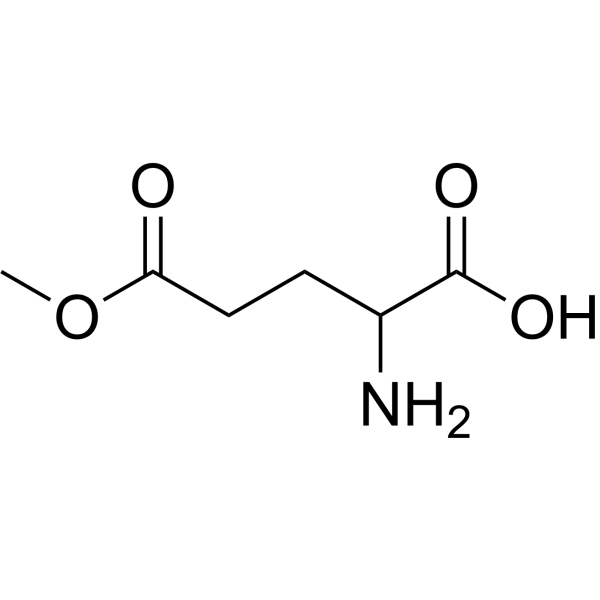
- HY-20561A
-
-

- HY-W009535
-
-
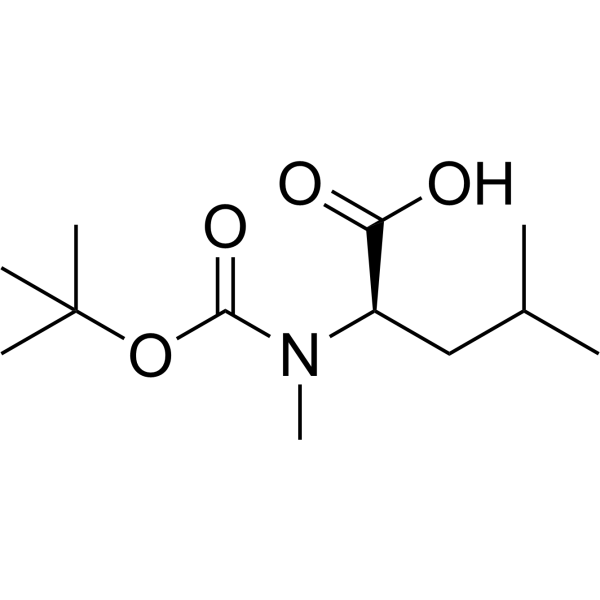
- HY-W099247
-
-
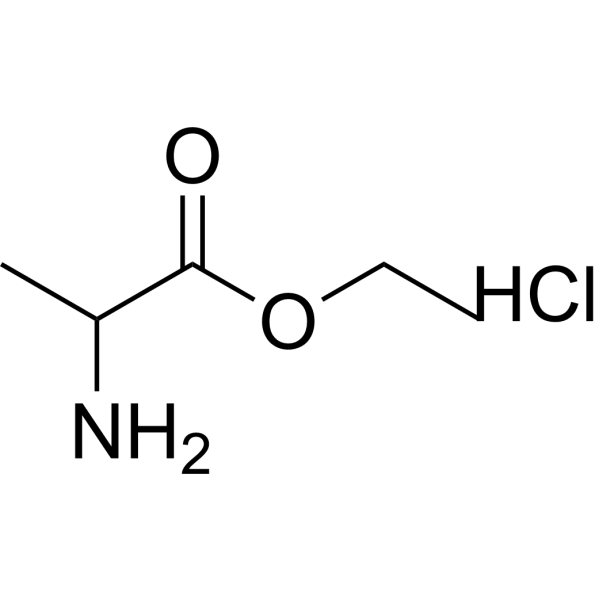
- HY-W009562
-
-
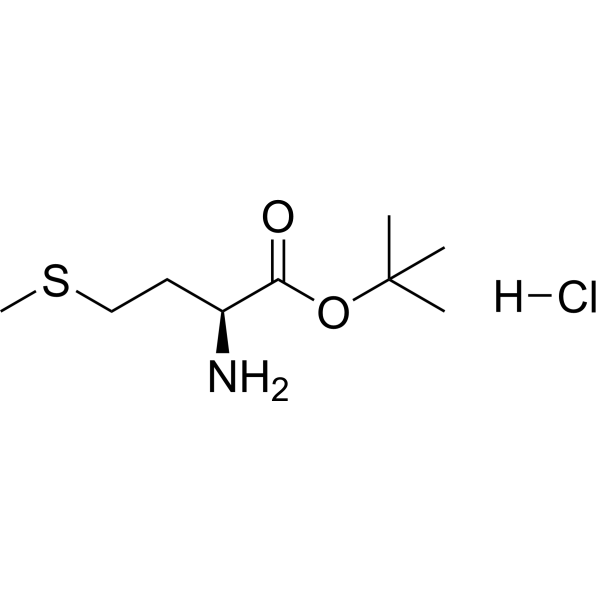
- HY-W014373
-
-
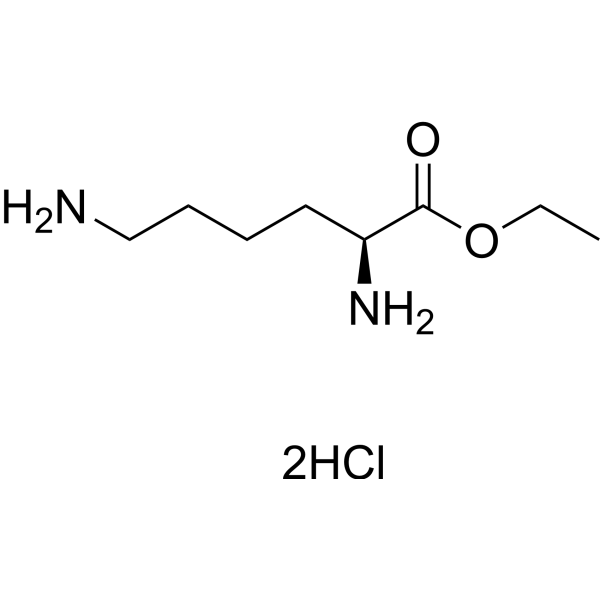
- HY-W009592A
-
-
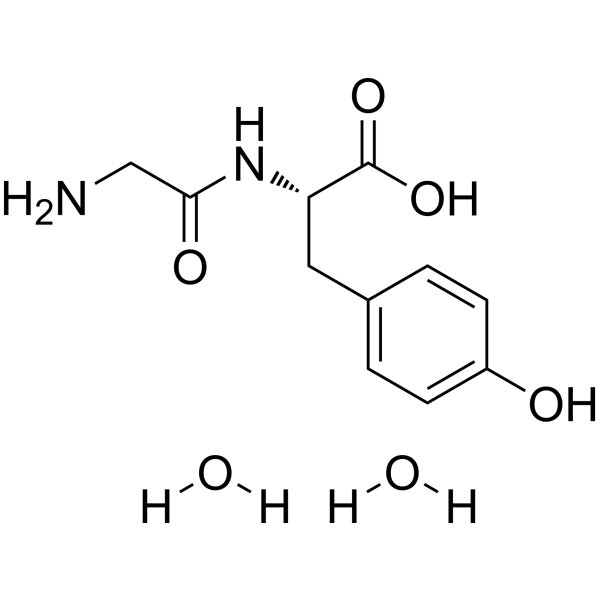
- HY-W014375
-
-
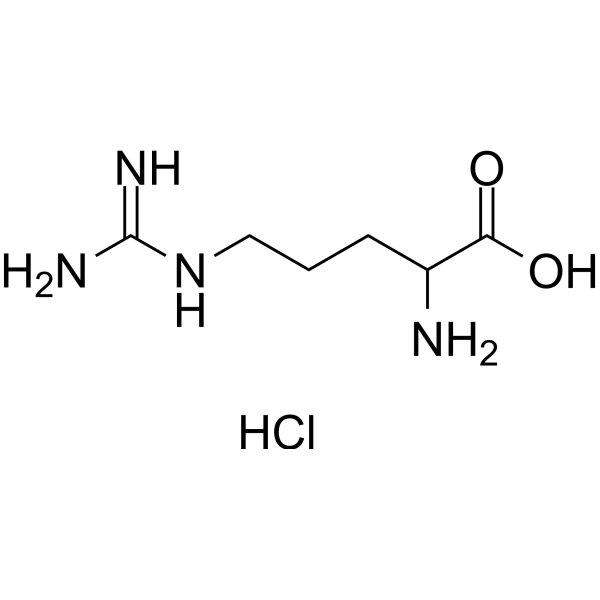
- HY-20838B
-
-
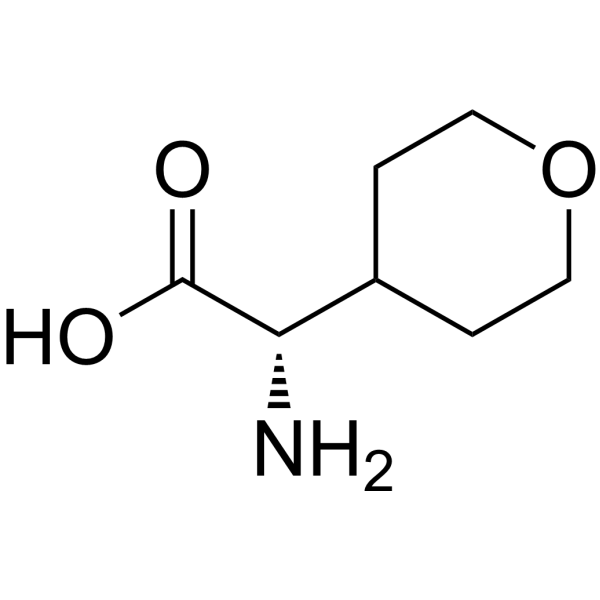
- HY-20861
-
-
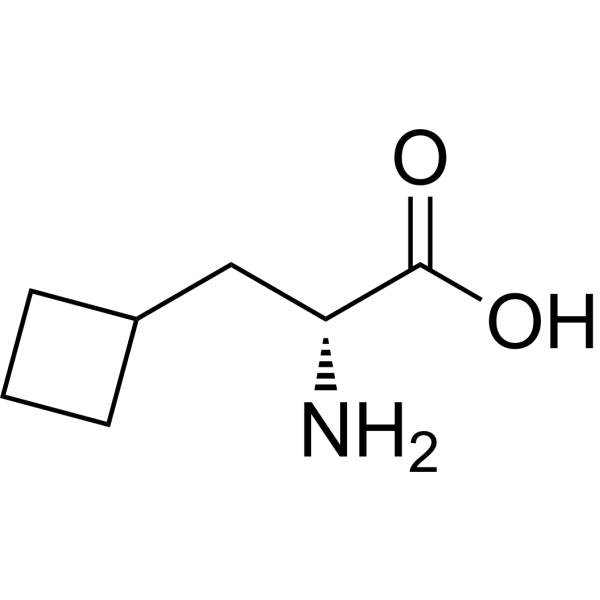
- HY-W014406
-
-
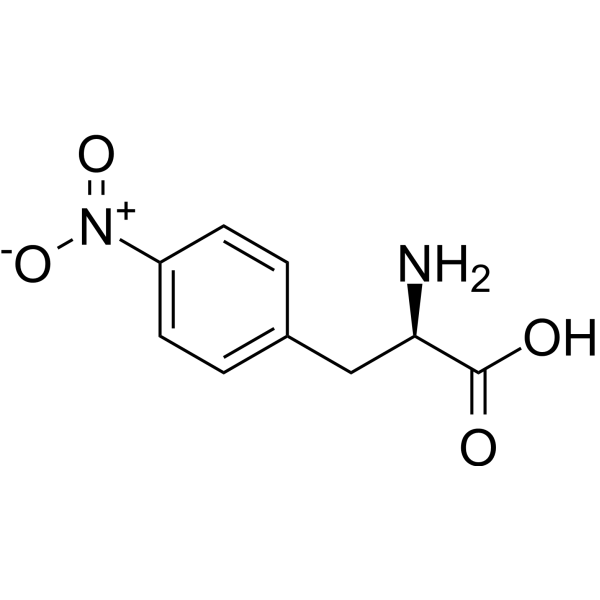
- HY-W102709
-
-

- HY-22296
-
-
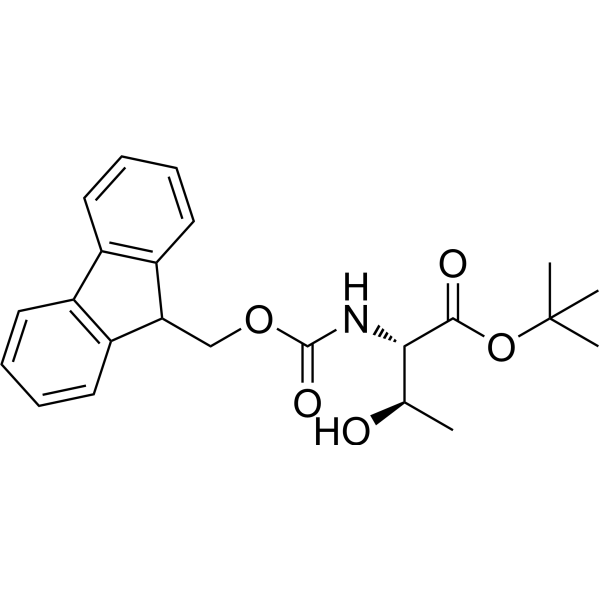
- HY-W014505
-
-
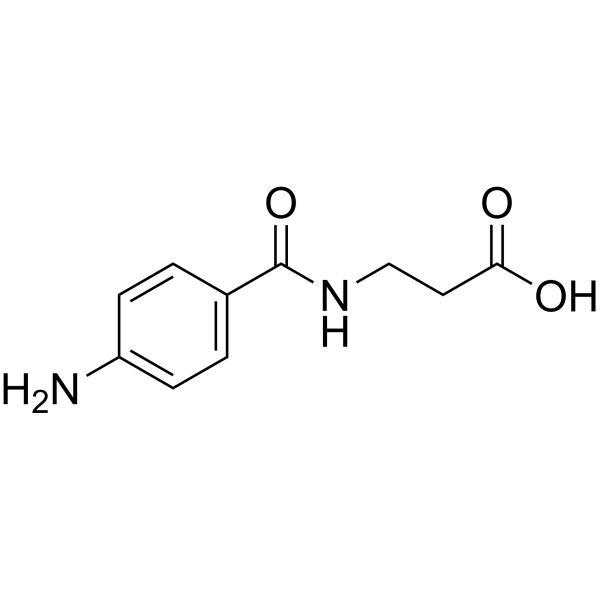
- HY-W111209
-
-
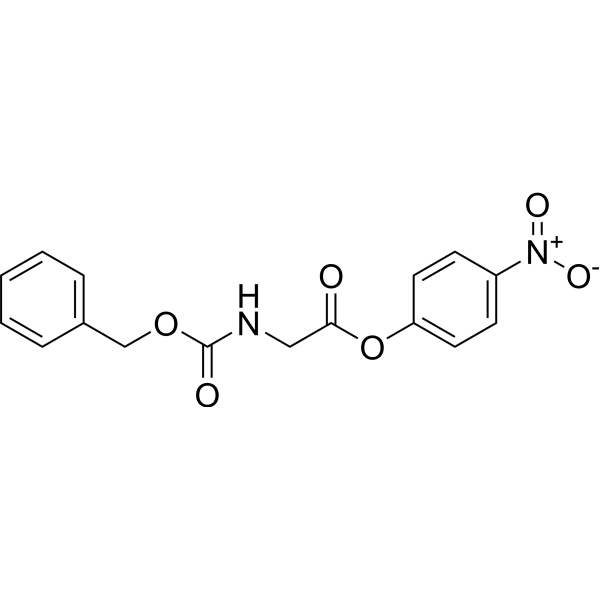
- HY-W014599
-
-

- HY-23053
-
-
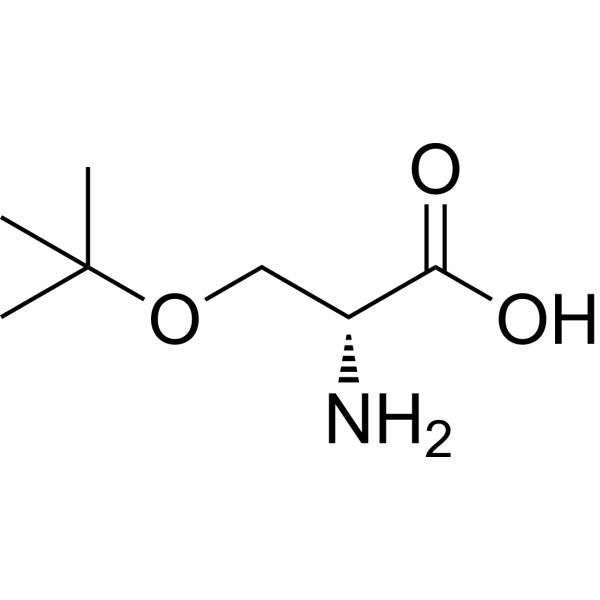
- HY-W111214
-
-
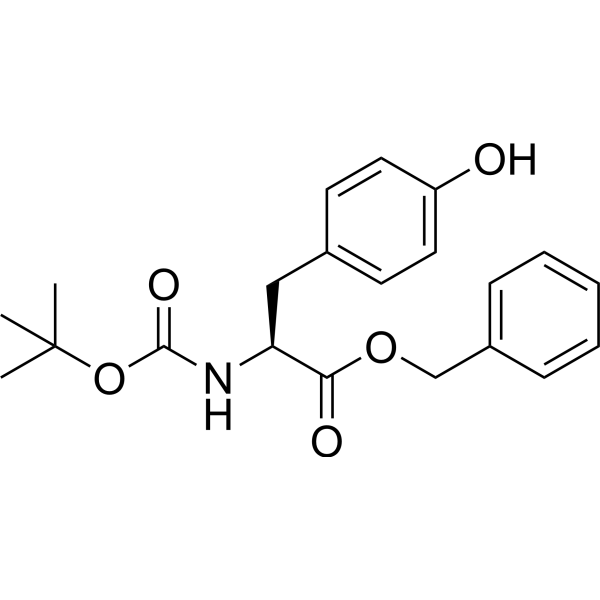
- HY-23122
-
-

- HY-W014742
-
-
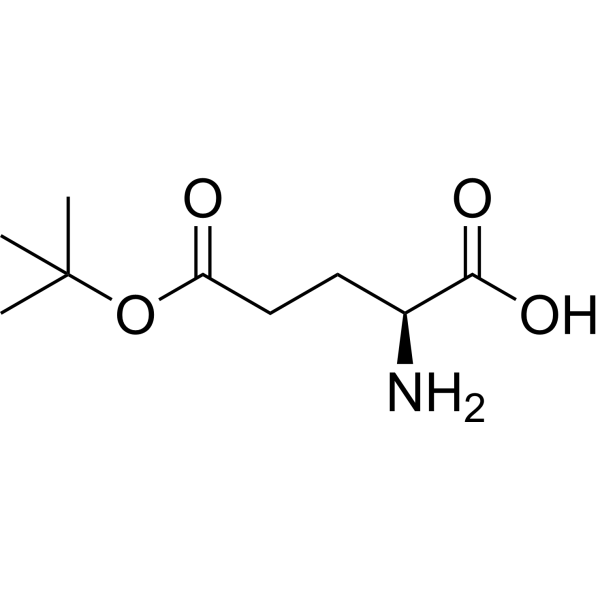
- HY-W111969
-
-
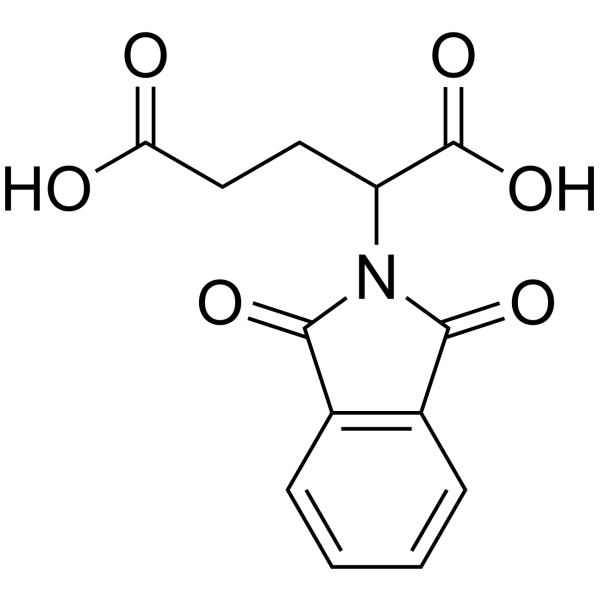
- HY-W014786
-
-
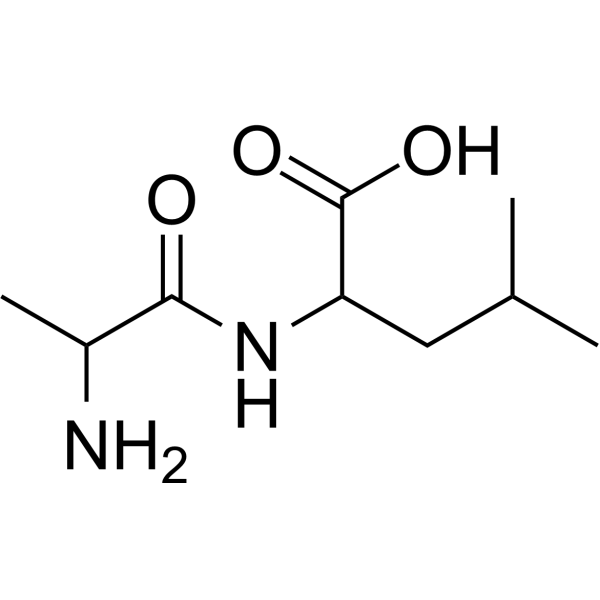
- HY-23185
-
-

- HY-W014824
-
-

- HY-23424
-
-
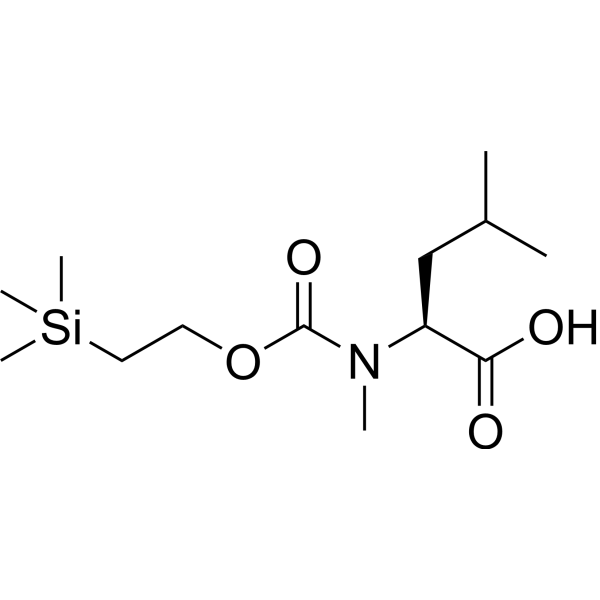
- HY-W014916
-
-
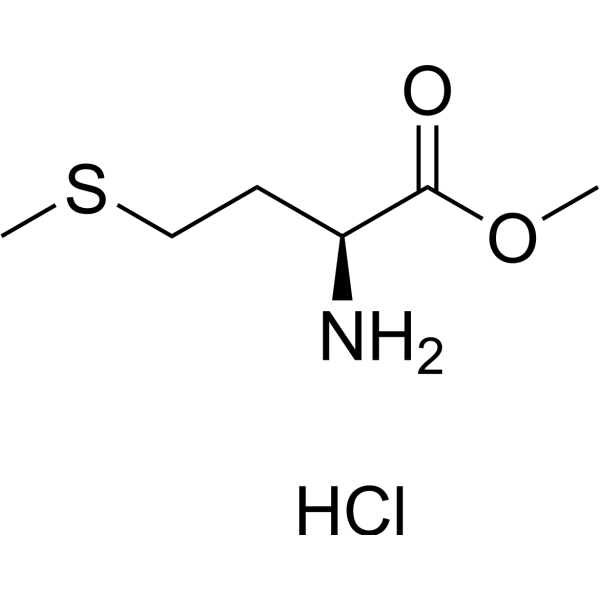
- HY-W014917
-
-
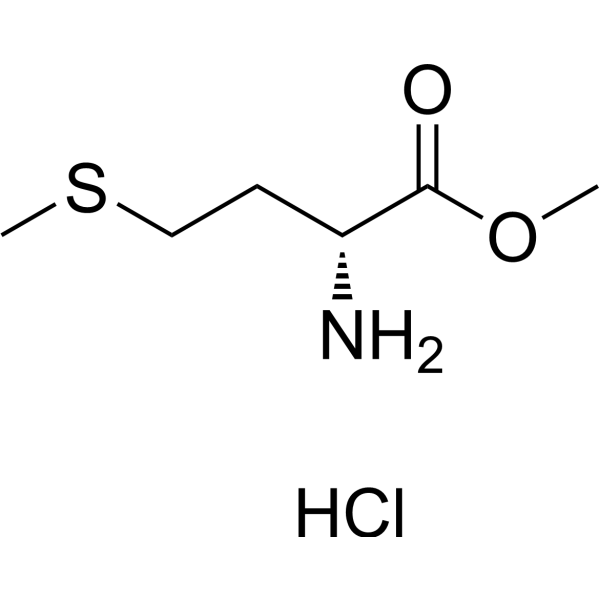
- HY-W014919
-
-
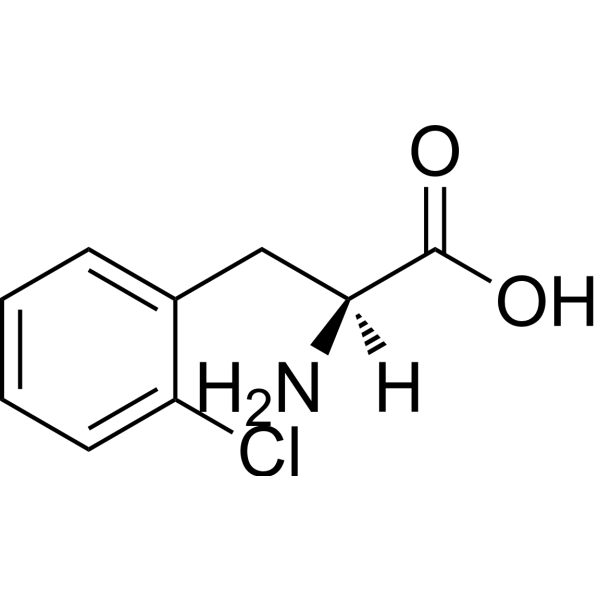
- HY-W125501
-
-
![(2R)-2-[(<em>3</em>,5-Dinitrobenzoyl)amino]-2-phenyl-acetic acid](//file.medchemexpress.com/product_pic/hy-w125501.gif)
- HY-W015177
-
-
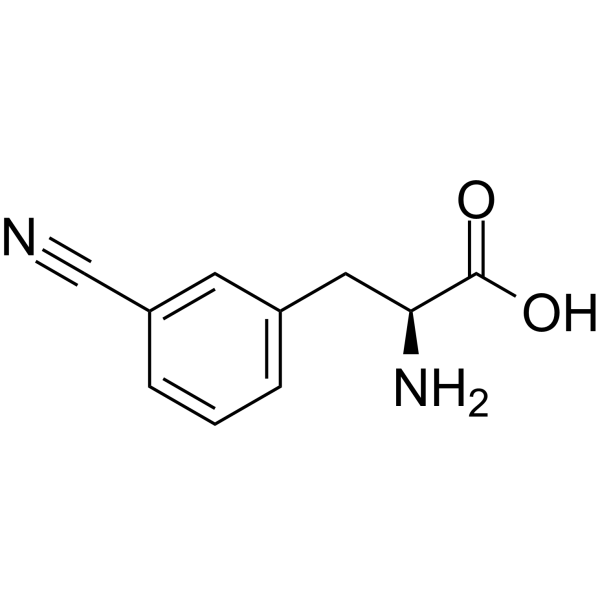
- HY-30231
-
-
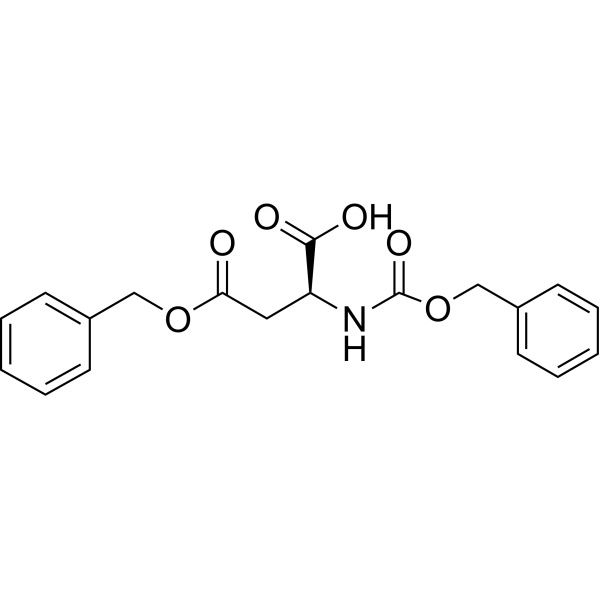
- HY-30232
-
-
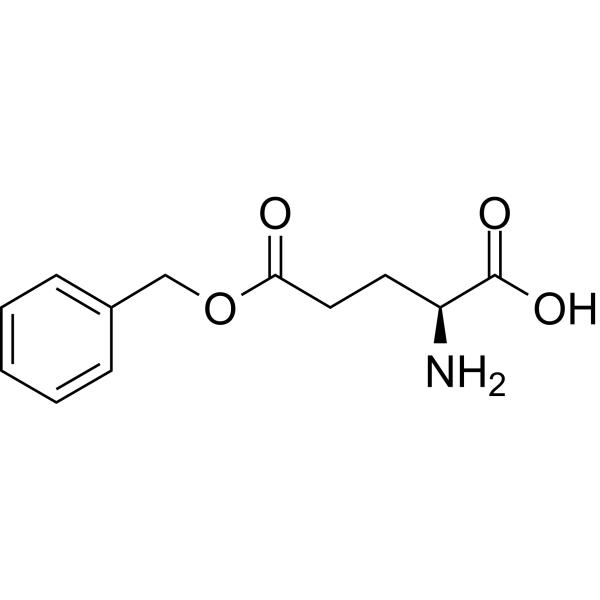
- HY-W015231
-
-
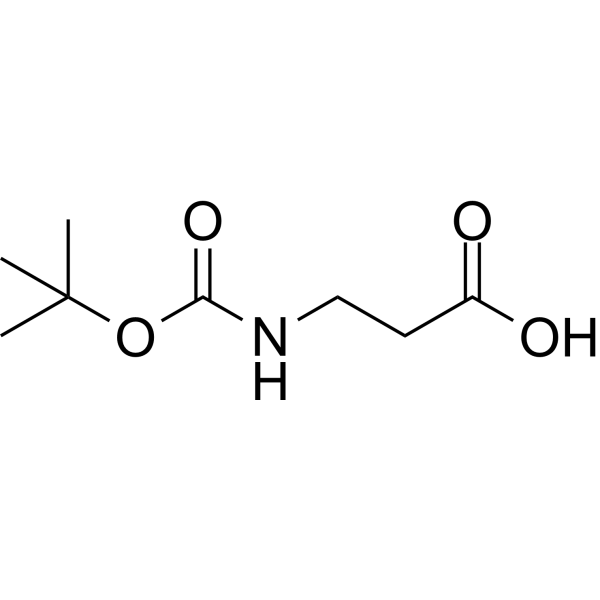
- HY-32687A
-
-
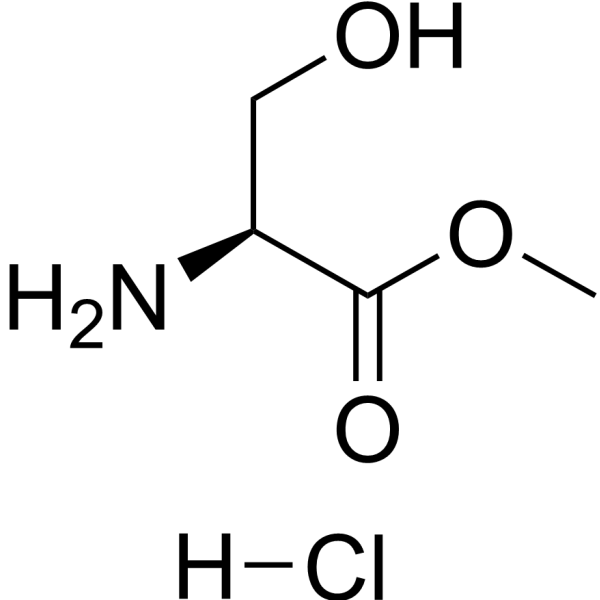
- HY-W015233
-
-

- HY-32688
-
-
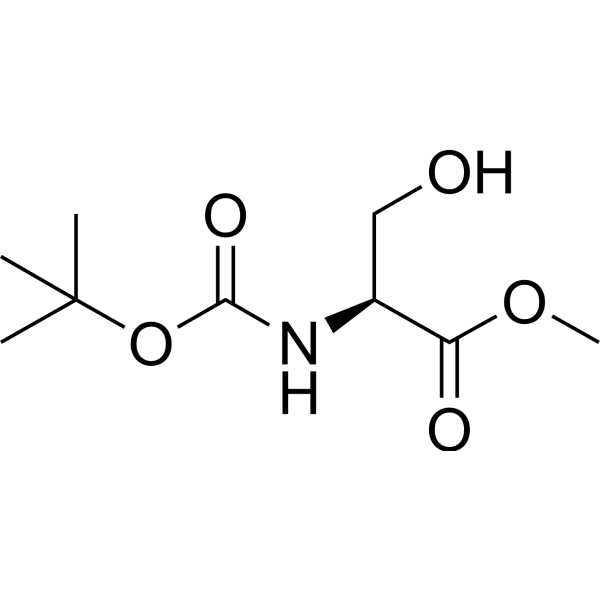
- HY-33259
-
-
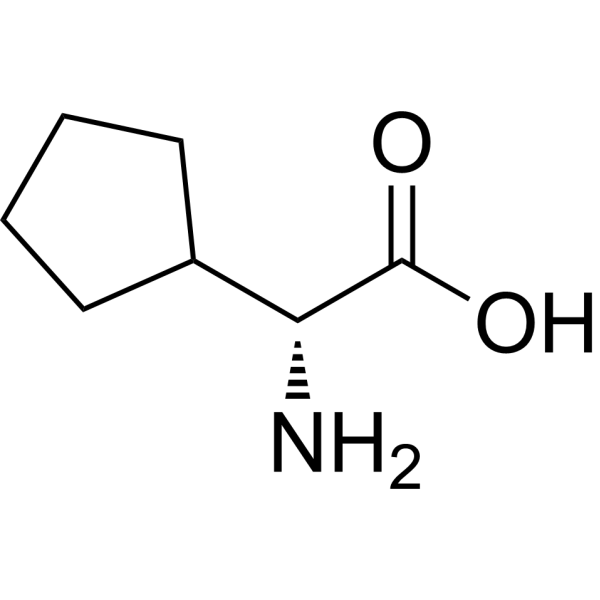
- HY-W128408
-
-
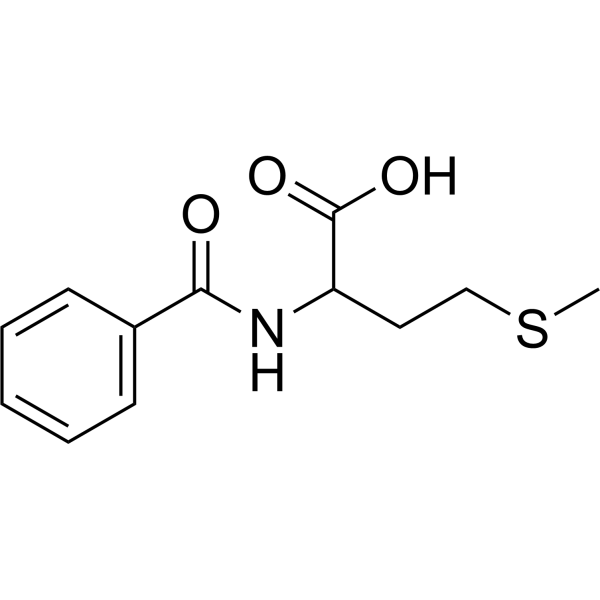
- HY-W015425
-
-
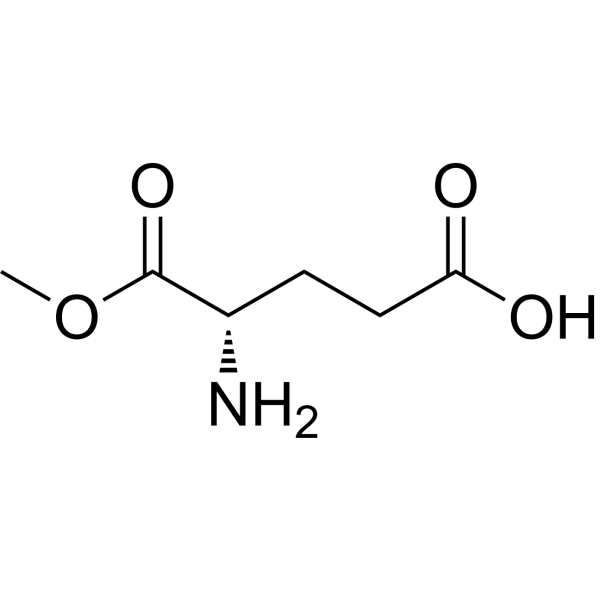
- HY-W129448
-
-
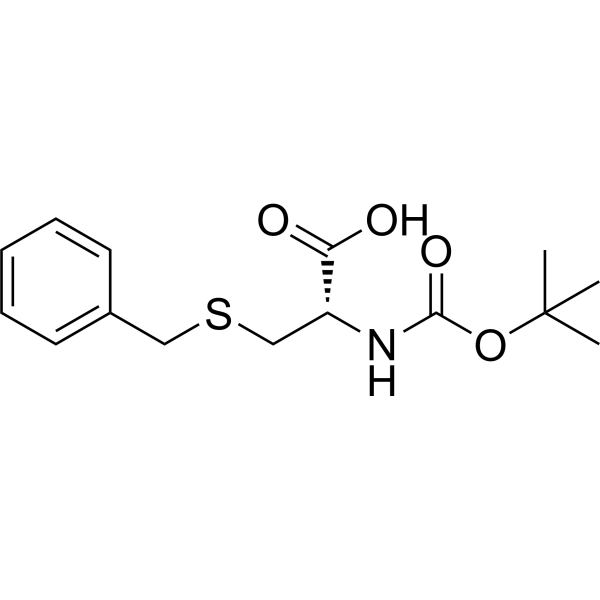
- HY-34346
-
|
[[[Hydrazino]carbonyl]methyl]carbamic acid tert-butyl ester; tert-Butyl (2-hydrazinyl-2-oxoethyl)carbamate; tert-Butyl (2-hydrazinyl-2-oxoethyl)carbamate
|
Amino Acid Derivatives
|
Others
|
|
tert-Butyl (2-hydrazinyl-2-oxoethyl)carbamate is a Glycine (HY-Y0966) derivative .
|
-
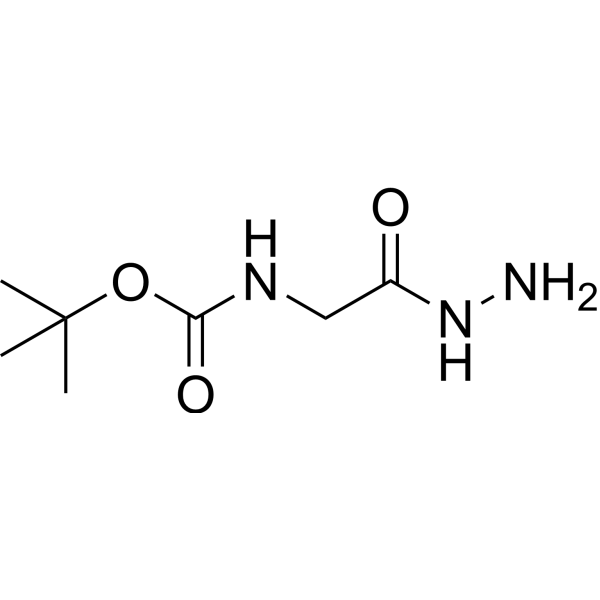
- HY-W129585
-
-

- HY-W130212
-
|
|
Amino Acid Derivatives
|
Others
|
|
(R)-2-((((9H-Fluoren-9-yl)methoxy)carbonyl)amino)-3-(2-(trifluoromethyl)phenyl)propanoic acid is a phenylalanine derivative .
|
-
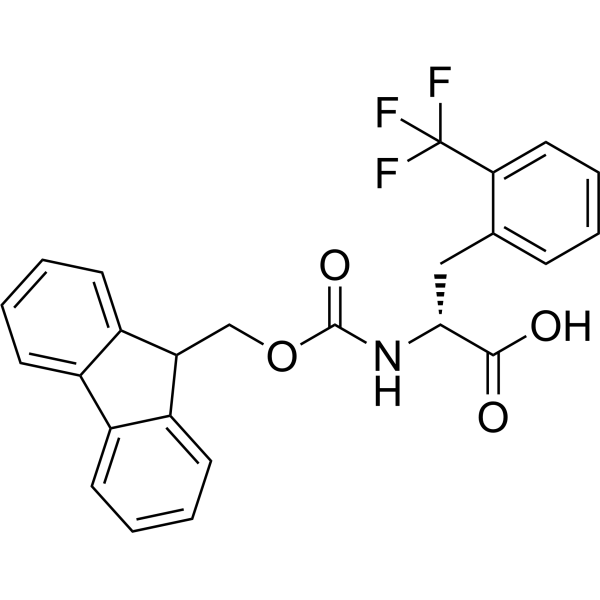
- HY-34519
-
|
L-Tyrosine tert-butyl ester; tert-Butyl (S)-2-amino-3-(4-hydroxyphenyl)propanoate; tert-Butyl L-tyrosinate
|
Amino Acid Derivatives
|
Others
|
|
(S)-2-Amino-3-(4-hydroxyphenyl)propionic acid tert-butyl ester is a tyrosine derivative .
|
-
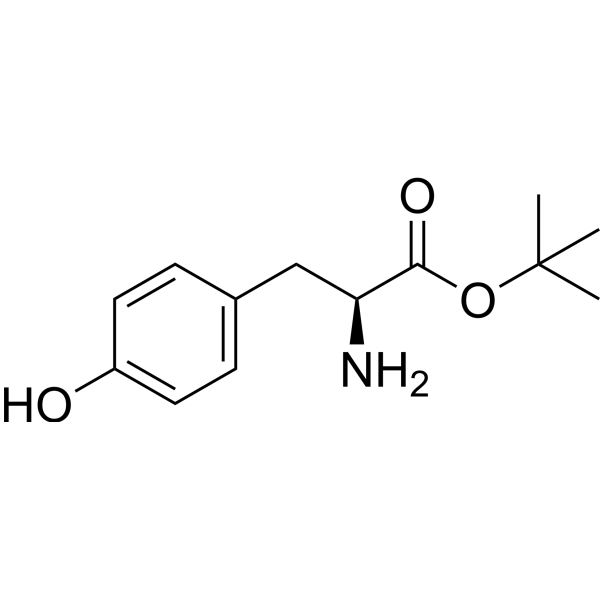
- HY-W015651
-
-
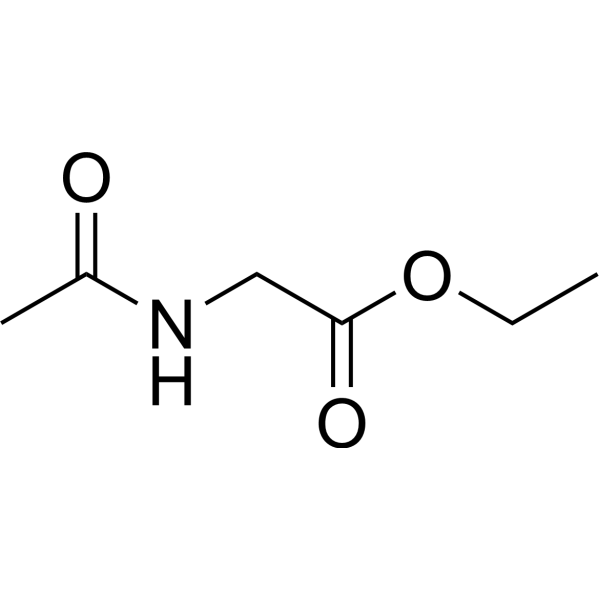
- HY-34597
-
|
(S)-p-Bromophenylalanine; L-4-Bromophenylalanine; L-p-Bromophenylalanine; p-Bromo-L-phenylalanine
|
Amino Acid Derivatives
|
Others
|
|
(S)-2-Amino-3-(4-bromophenyl)propanoic acid is a phenylalanine derivative .
|
-

- HY-W015926
-
-

- HY-34663
-
|
(2R)-2-(tert-Butoxycarbonylamino)-2-phenylethanoic acid; (R)-2-((tert-Butoxycarbonyl)amino)-2-phenylacetic acid; (R)-2-[(tert-Butoxycarbonyl)amino]-2-phenylacetic acid
|
Amino Acid Derivatives
|
Others
|
|
(αR)-α-[[(1,1-Dimethylethoxy)carbonyl]amino]benzeneacetic acid is a Glycine (HY-Y0966) derivative .
|
-
![(αR)-α-[[(1,1-Dimethylethoxy)carbonyl]amino]benzeneacetic acid](//file.medchemexpress.com/product_pic/hy-34663.gif)
- HY-W015946
-
-

- HY-W140881
-
-

- HY-41048
-
-
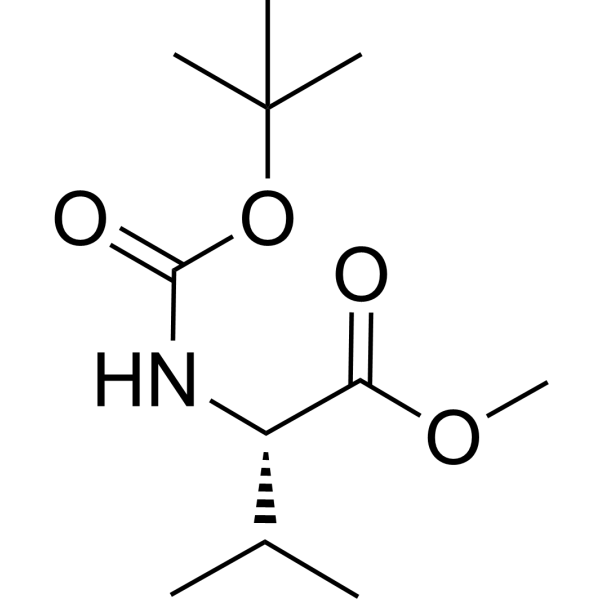
- HY-W016018
-
-
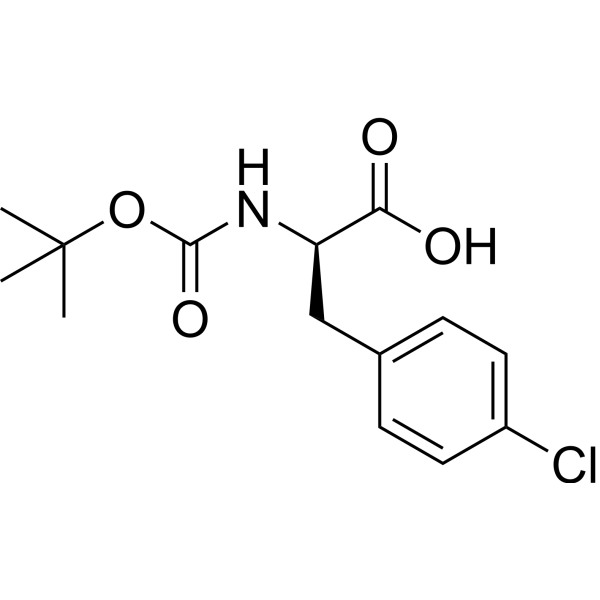
- HY-W016031
-
-

- HY-41257A
-
-
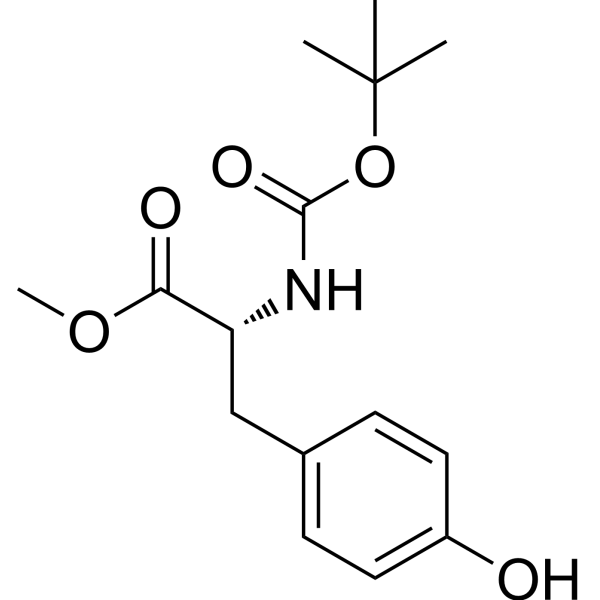
- HY-41309
-
-
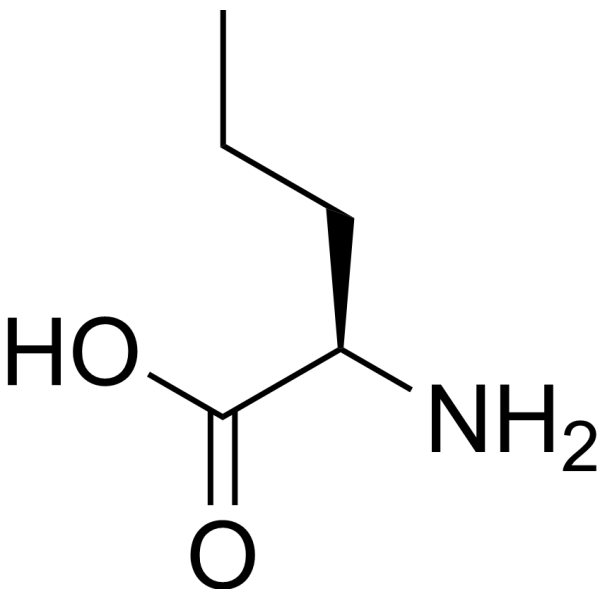
- HY-W016075
-
-

- HY-41650
-
|
(S)-2-((tert-Butoxycarbonyl)amino)-N-methoxy-N-methylpropanamide; (S)-2-(tert-Butoxycarbonylamino)-N-methoxy-N-methylpropionamide
|
Amino Acid Derivatives
|
Others
|
|
Boc-Ala-NMe(OMe) is an alanine derivative .
|
-

- HY-W141779
-
-
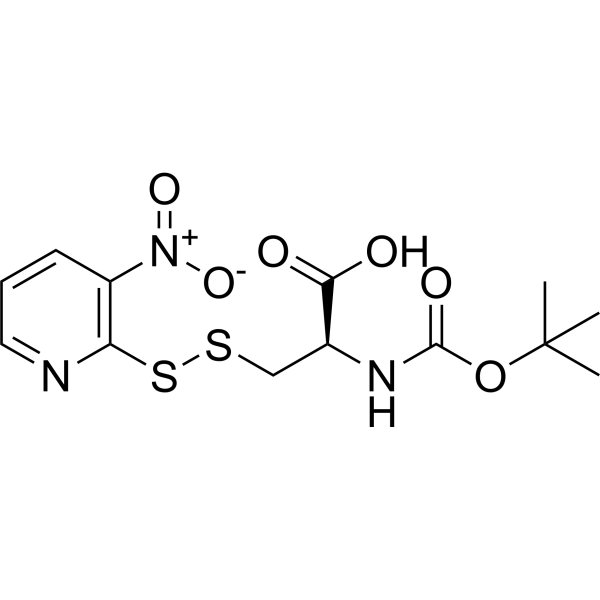
- HY-41912
-
|
N-[(1,1-Dimethylethoxy)carbonyl]-L-norleucine; BOC-L-norleucine; BOC-norleucine; N-(tert-Butoxycarbonyl)norleucine
|
Amino Acid Derivatives
|
Others
|
|
Boc-Nle-OH is a leucine derivative .
|
-
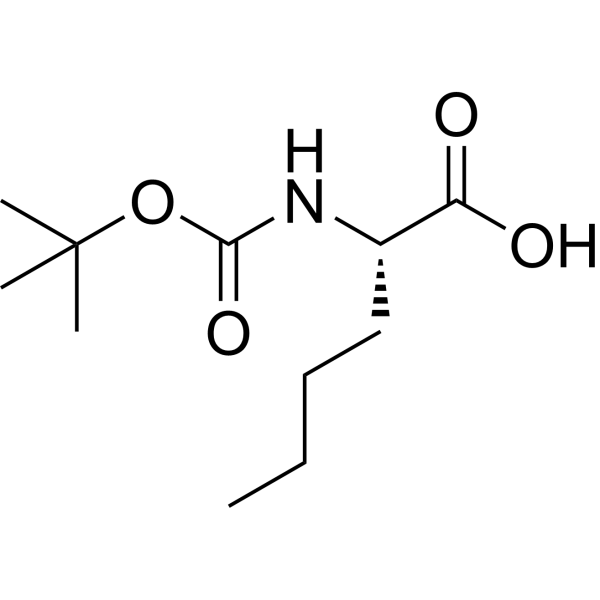
- HY-W016319
-
-

- HY-41912A
-
-
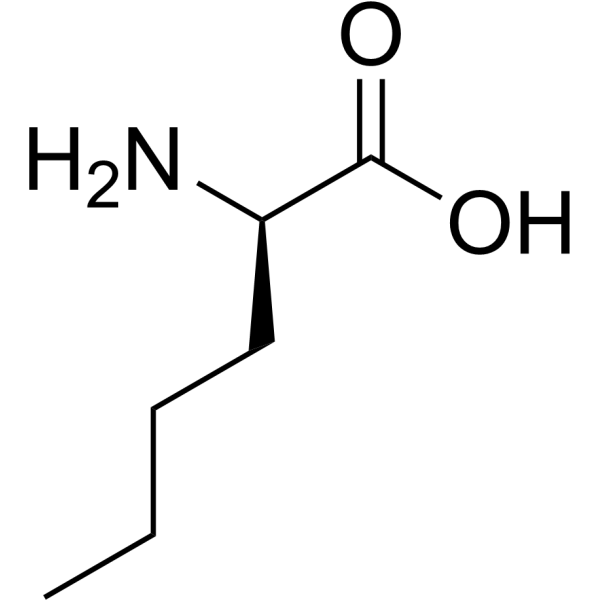
- HY-W016336
-
-
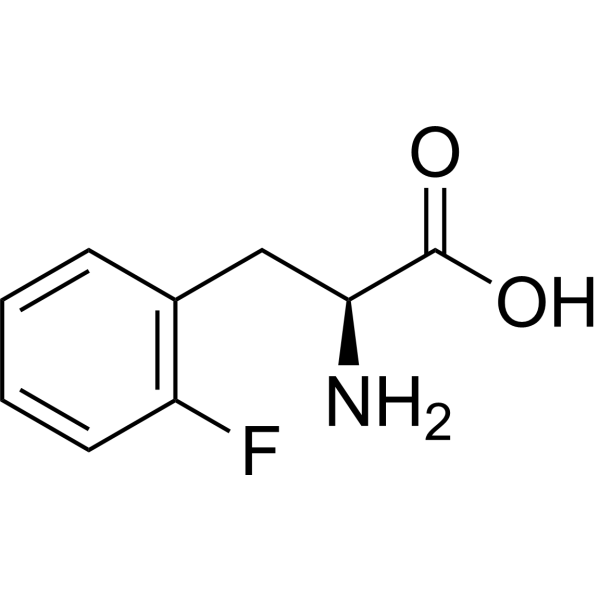
- HY-42065
-
-
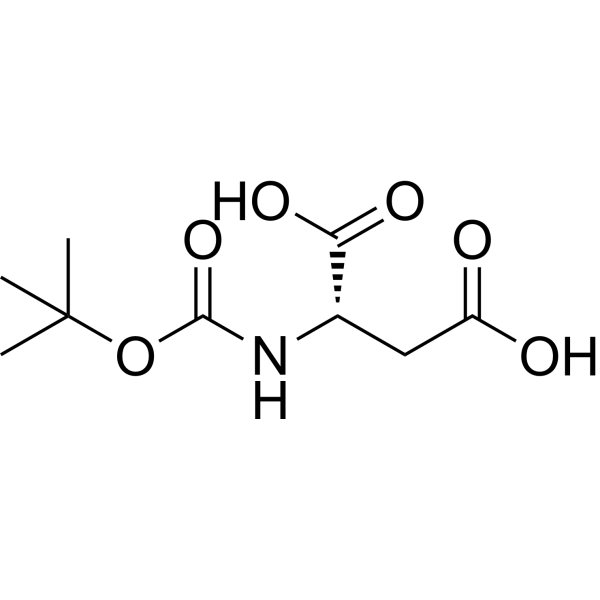
- HY-42066
-
|
S)-3-Amino-4-(benzyloxy)-4-oxobutanoic acid; 1-Benzyl L-aspartate; Aspartic acid 1-benzyl ester; Aspartic acid α-benzyl ester
|
Amino Acid Derivatives
|
Others
|
|
L-Aspartic acid 1-benzyl ester is an aspartic acid derivative .
|
-
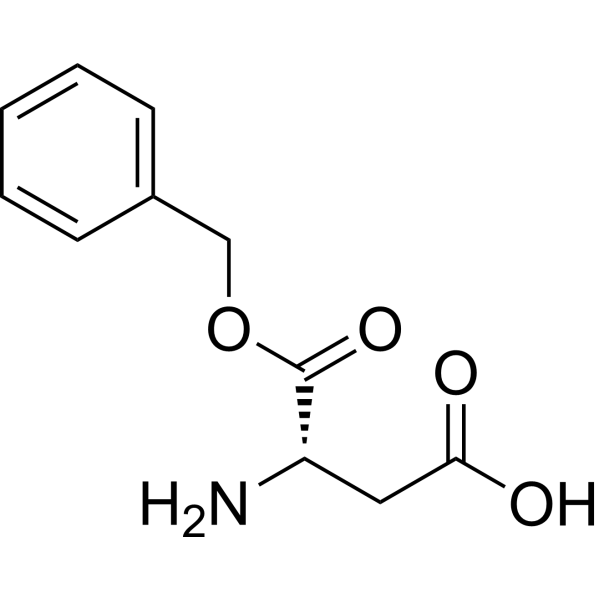
- HY-42067
-
-
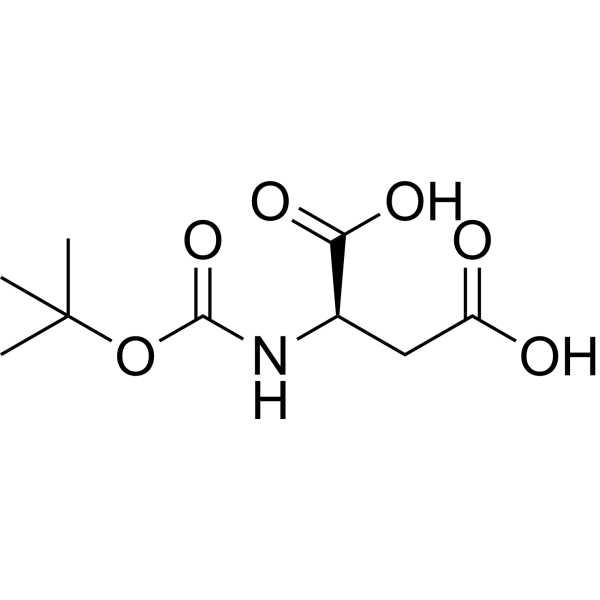
- HY-W141786
-
-
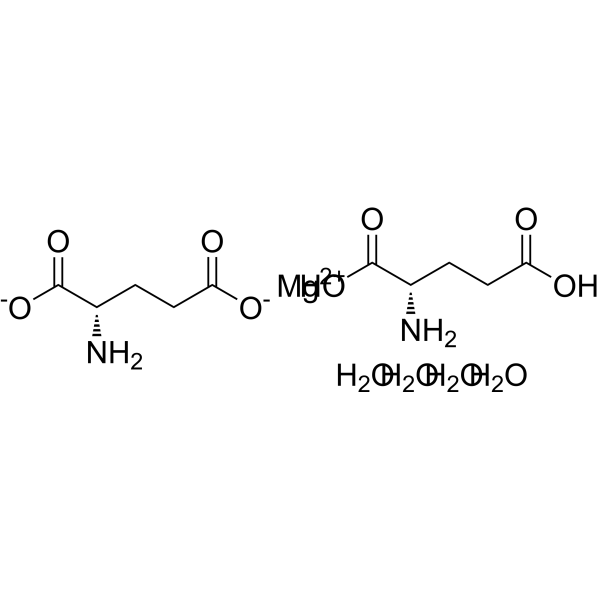
- HY-42069
-
-
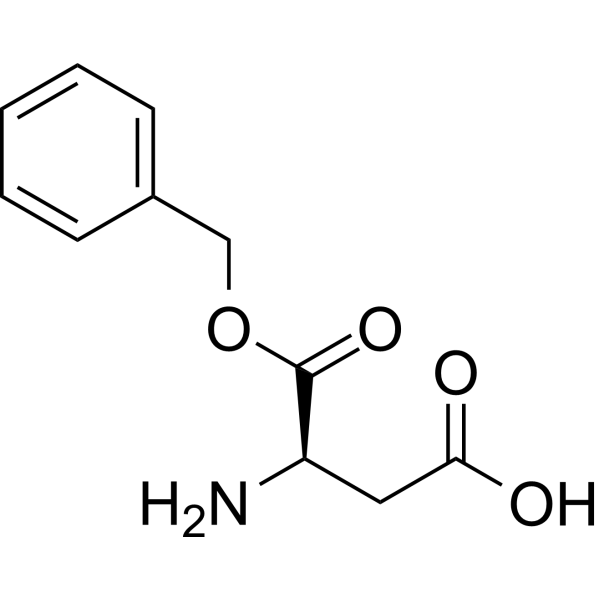
- HY-42354
-
|
(R)-2-Cyclohexyl-2-aminoethanoic acid; D-Cyclohexylglycine; D-α-Aminocyclohexaneacetic acid
|
Amino Acid Derivatives
|
Others
|
|
D-α-Aminocyclohexylacetic acid is a Glycine (HY-Y0966) derivative .
|
-
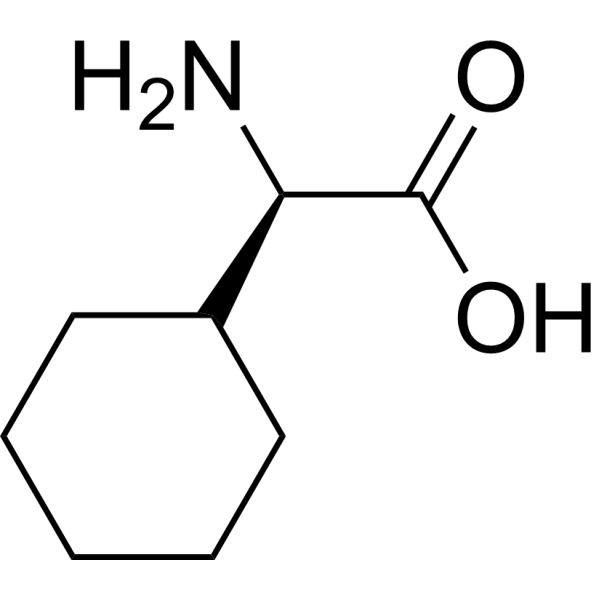
- HY-W016425
-
-

- HY-42356
-
-
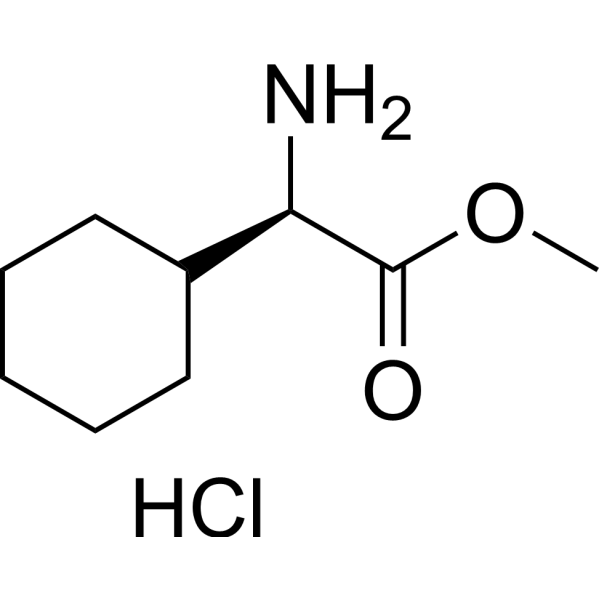
- HY-42364
-
-
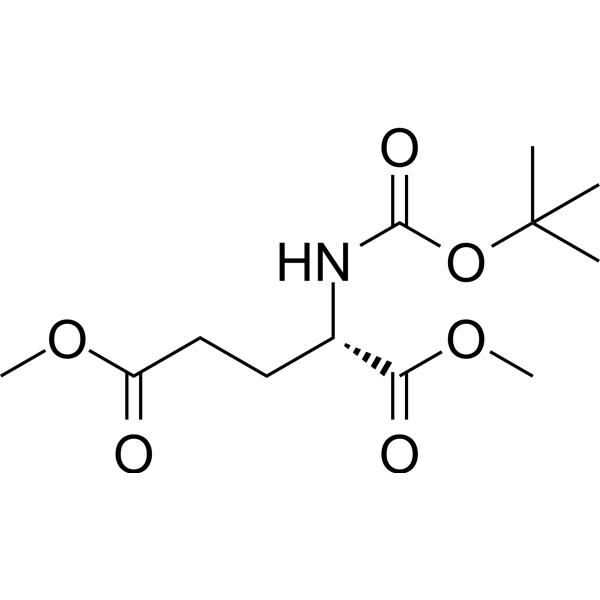
- HY-42448
-
-
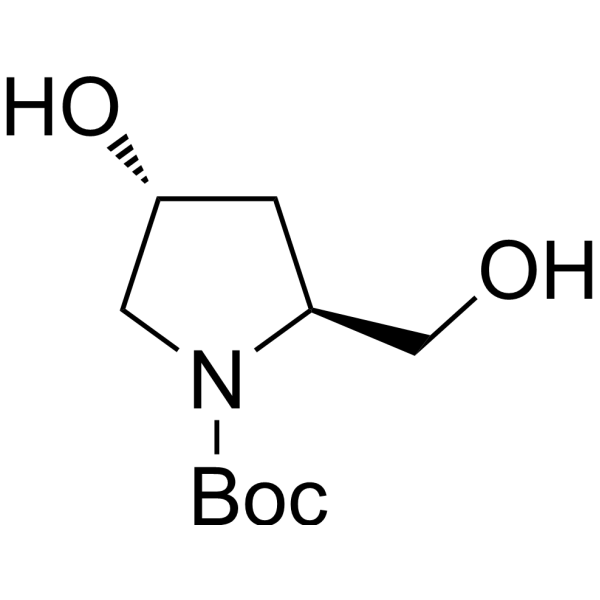
- HY-W016547
-
-
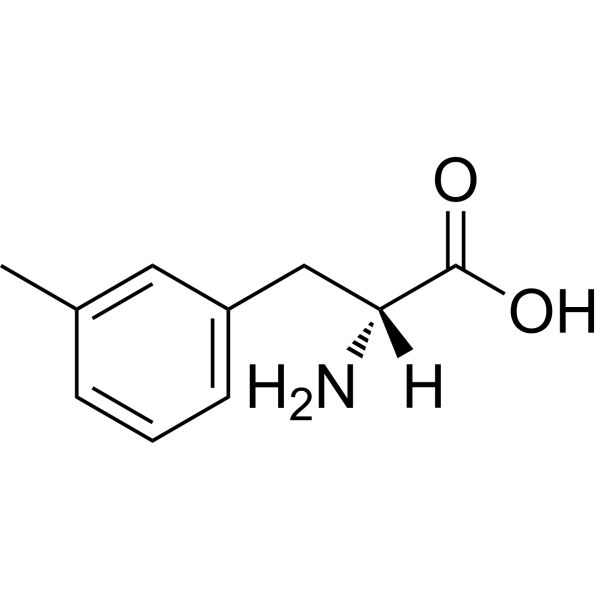
- HY-42757B
-
-
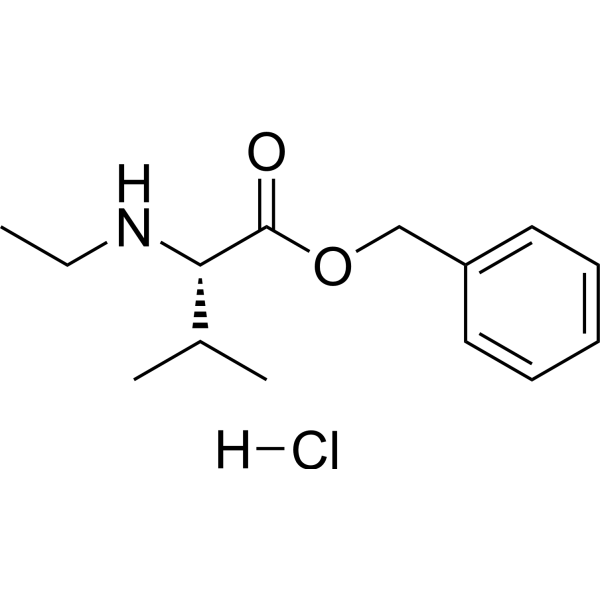
- HY-42938
-
-
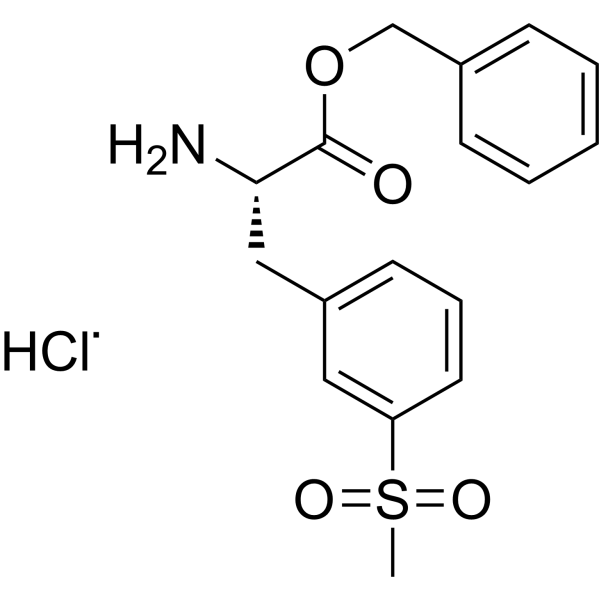
- HY-W016552
-
-

- HY-42994
-
-

- HY-43459
-
-
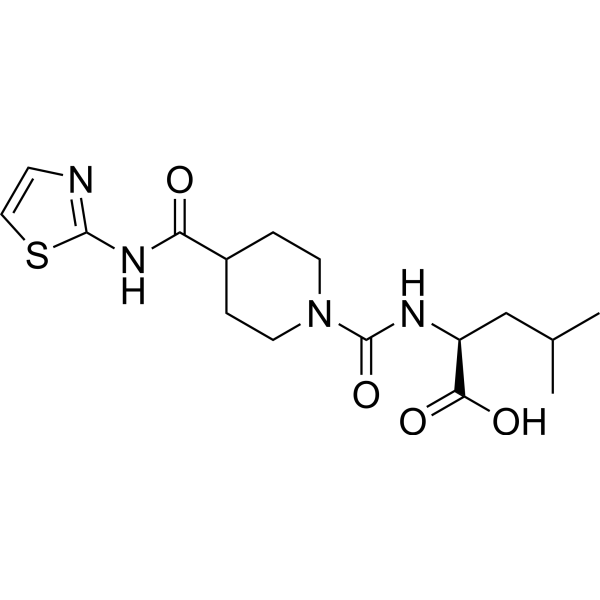
- HY-W016555
-
-
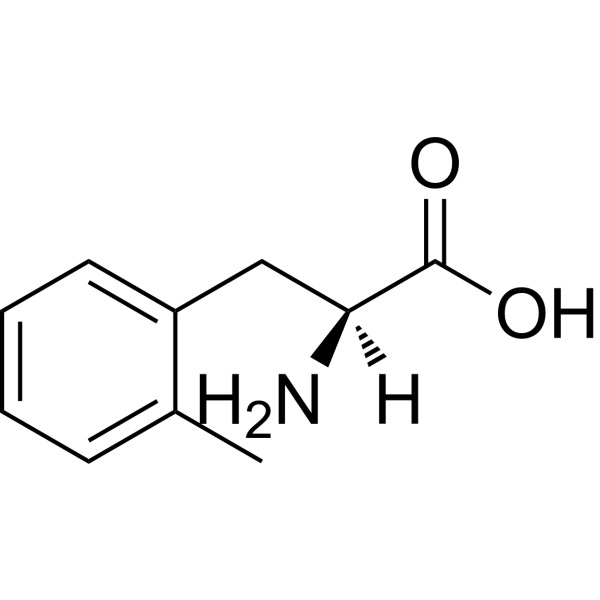
- HY-43973
-
-
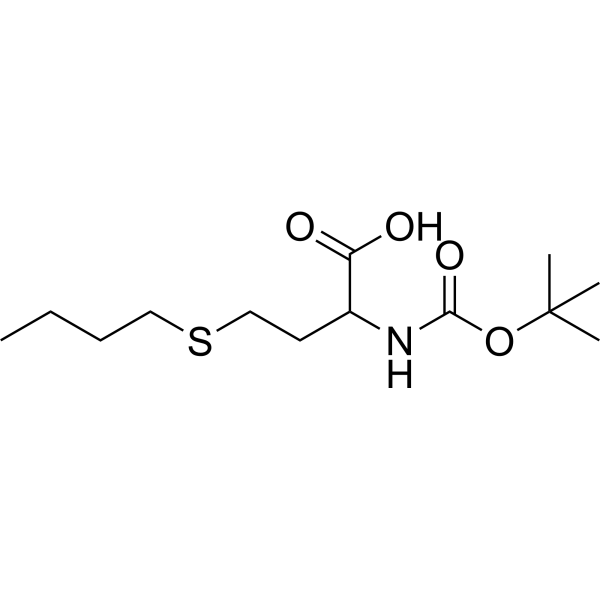
- HY-W016716
-
-

- HY-44070
-
-
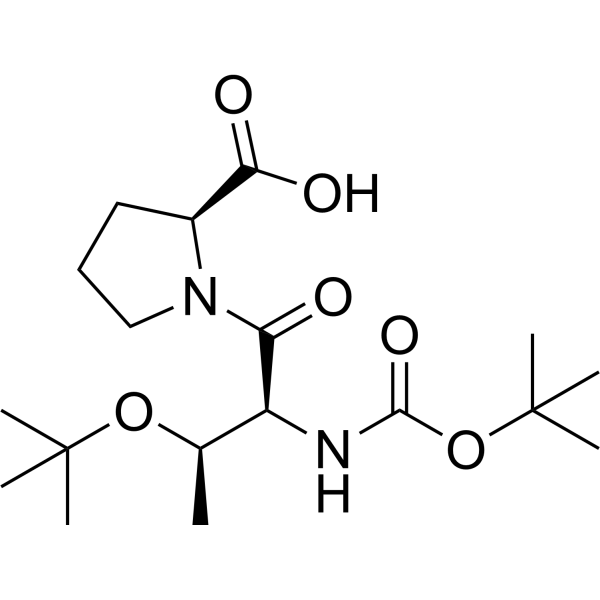
- HY-W016731
-
-
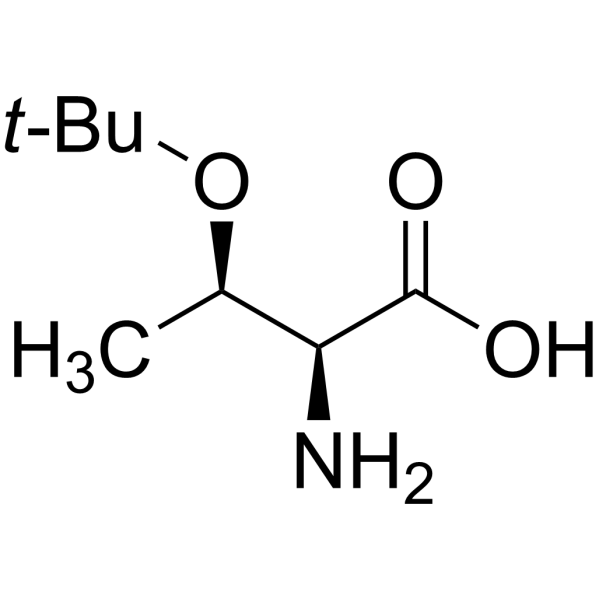
- HY-59121
-
-
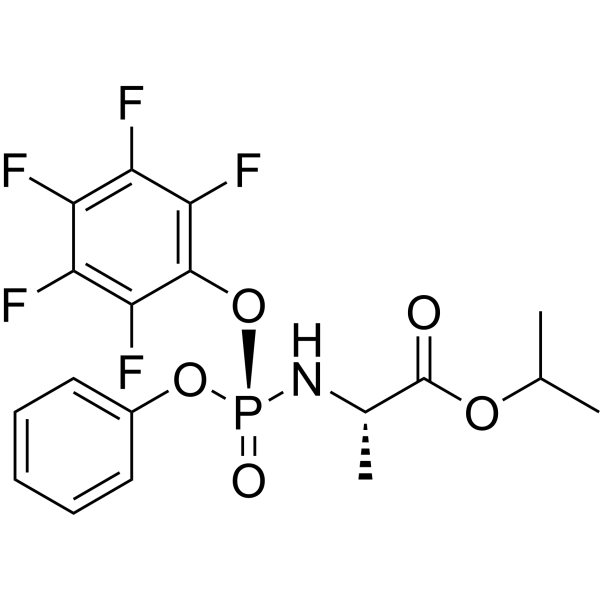
- HY-W016749
-
-

- HY-59135
-
-

- HY-W016948
-
-
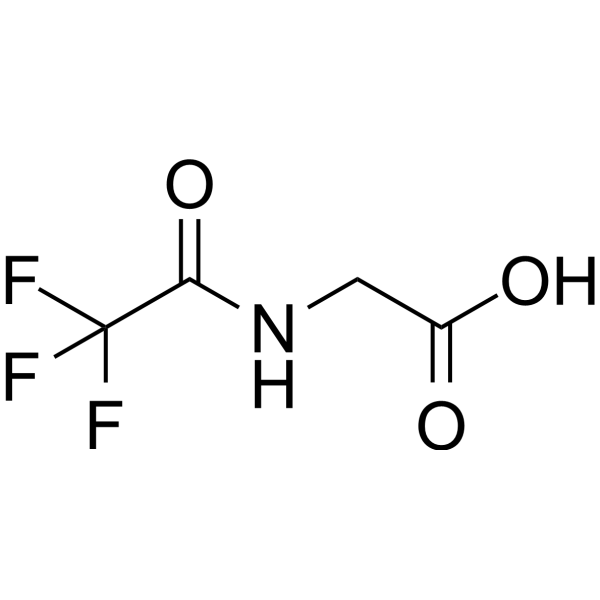
- HY-59140
-
-
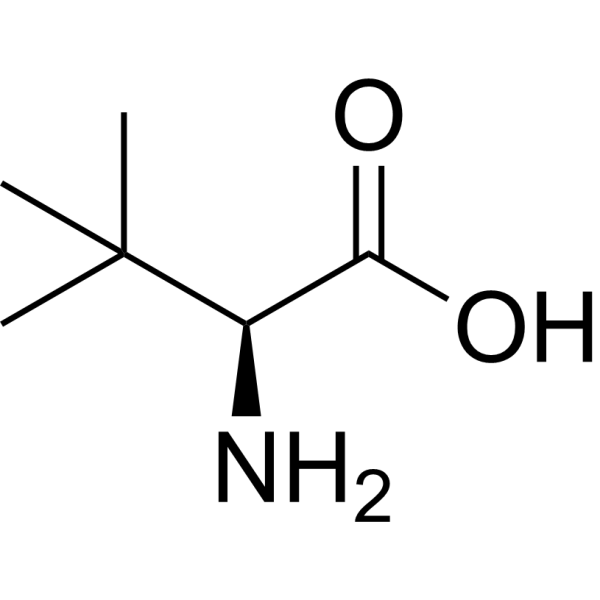
- HY-59260
-
-
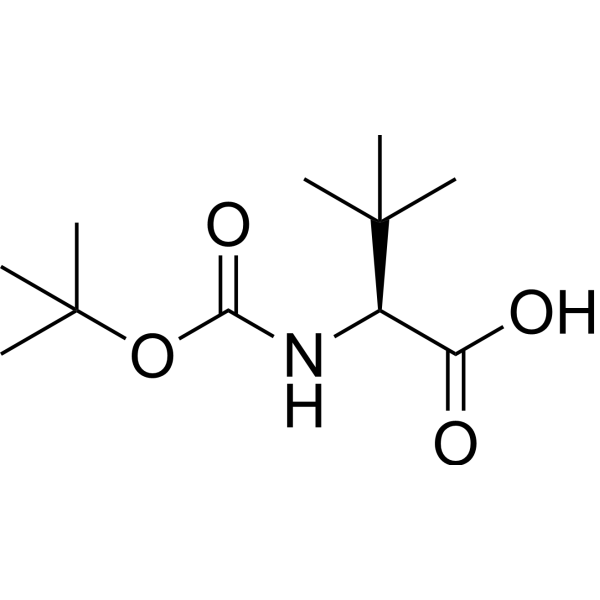
- HY-60256
-
-
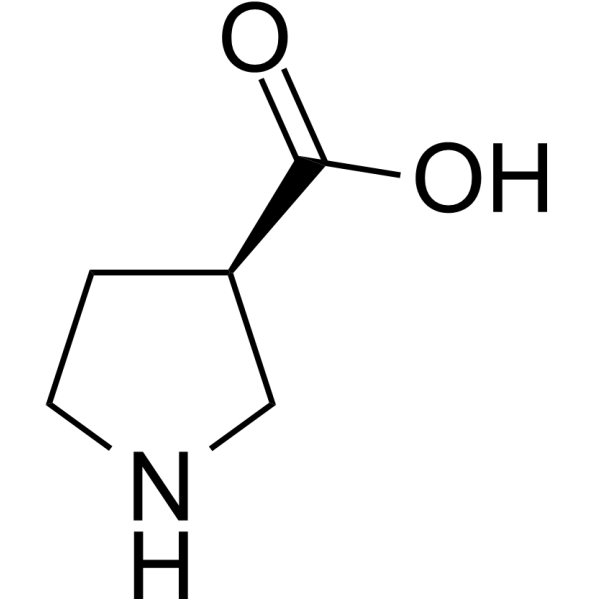
- HY-66024
-
-

- HY-W017202
-
-
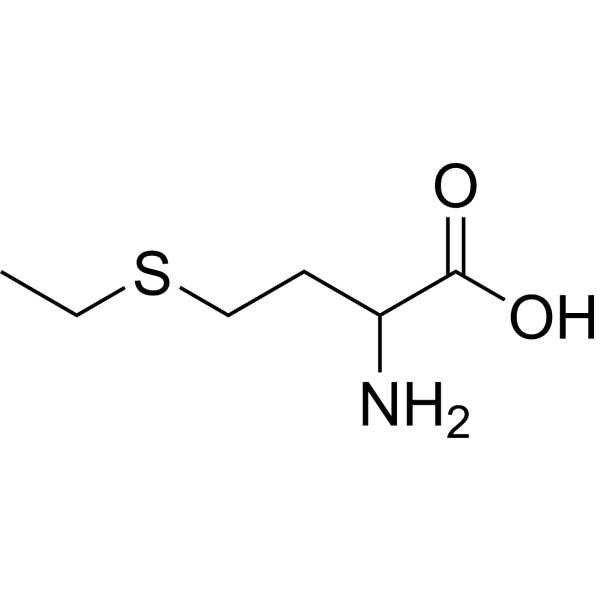
- HY-W017254
-
-
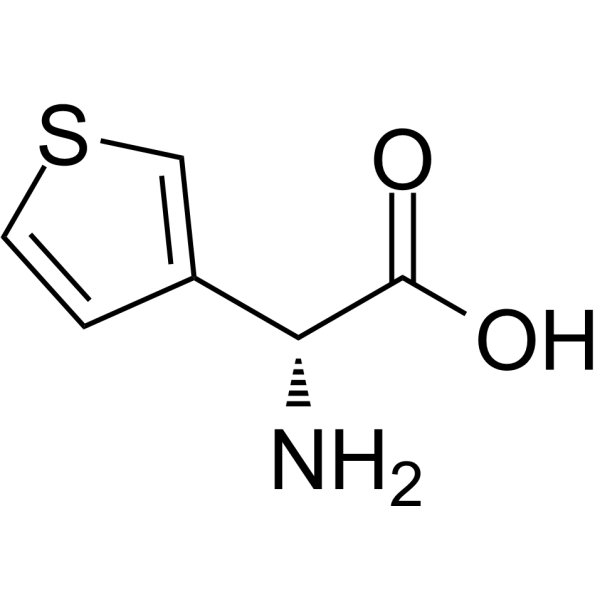
- HY-75331
-
-
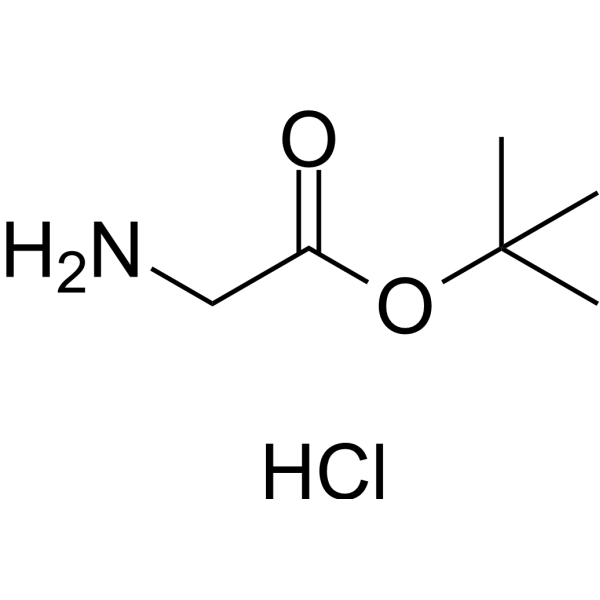
- HY-W017256
-
-
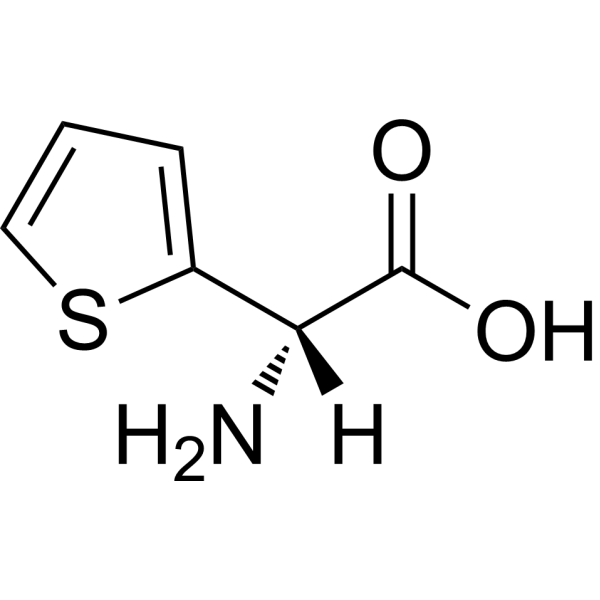
- HY-W009631
-
-
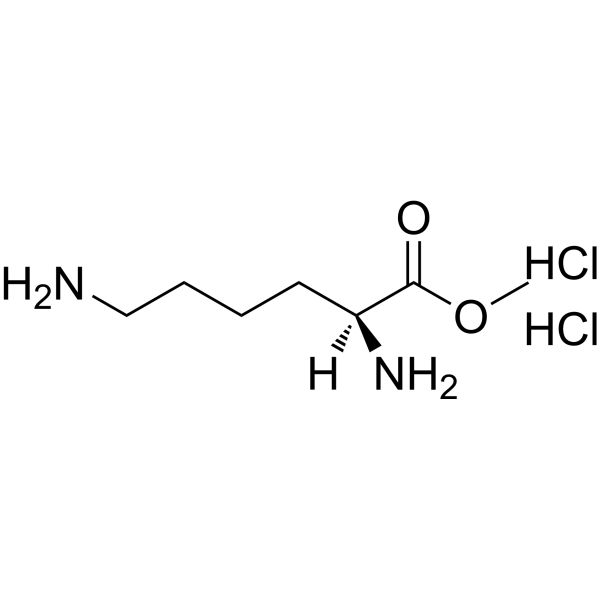
- HY-W017350
-
-
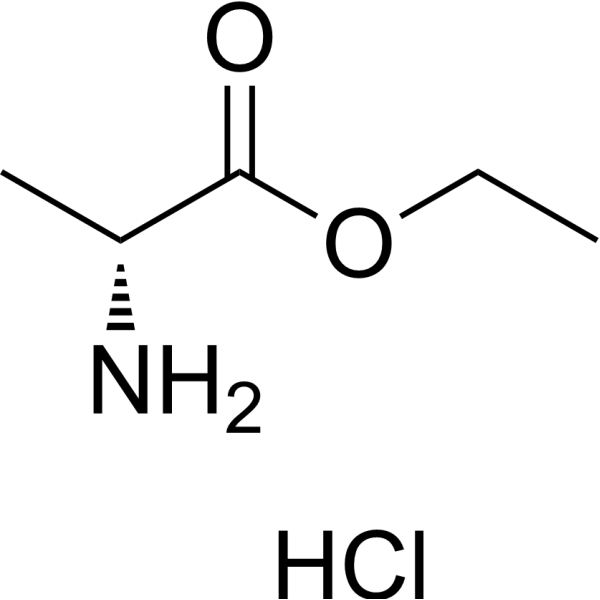
- HY-75401
-
-
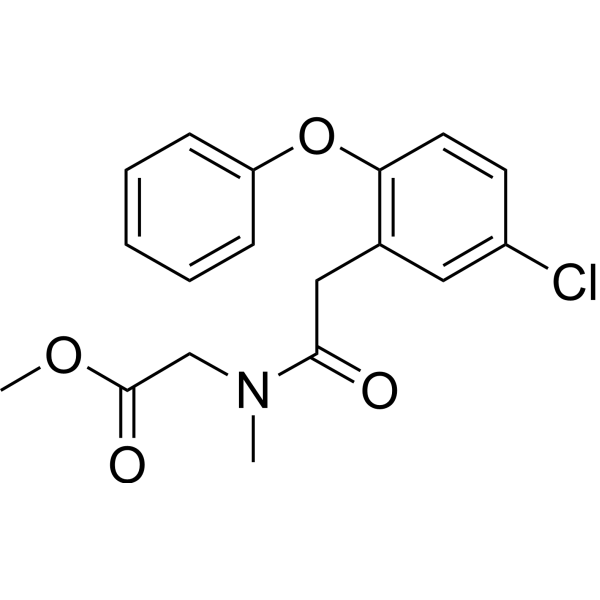
- HY-W017404
-
-
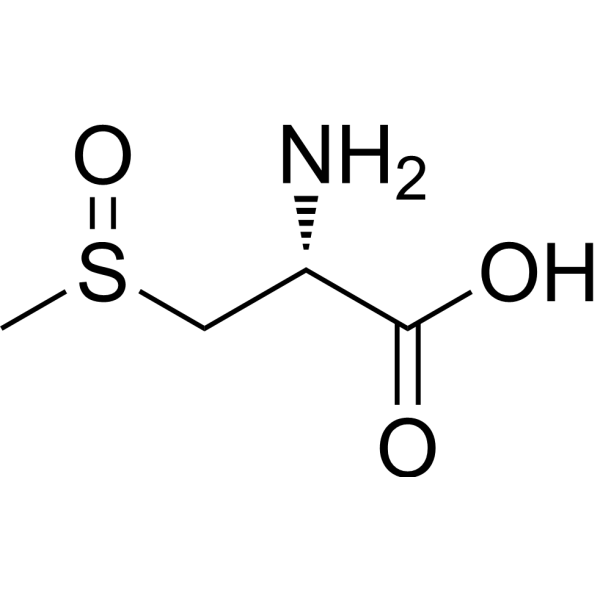
- HY-75853
-
-
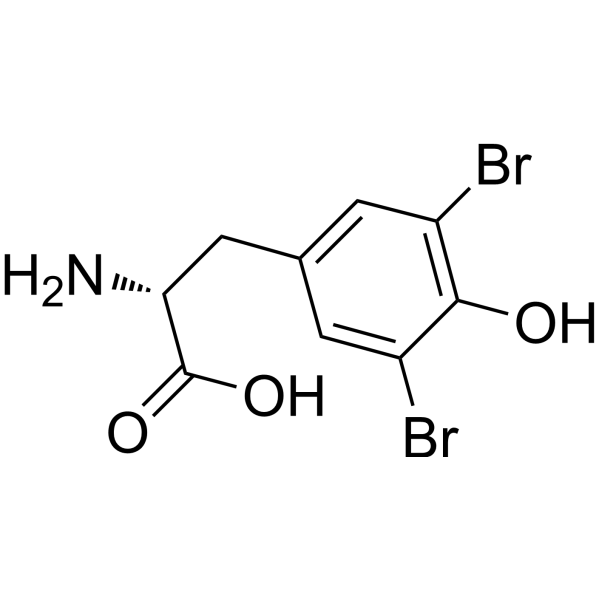
- HY-W009686
-
-
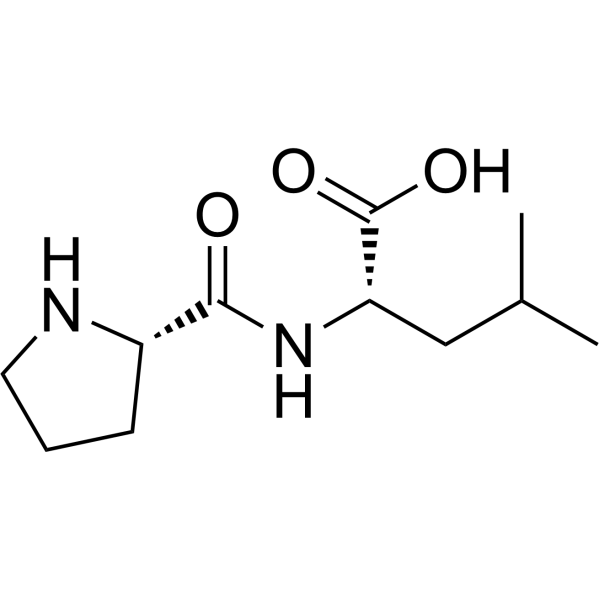
- HY-W017413
-
-
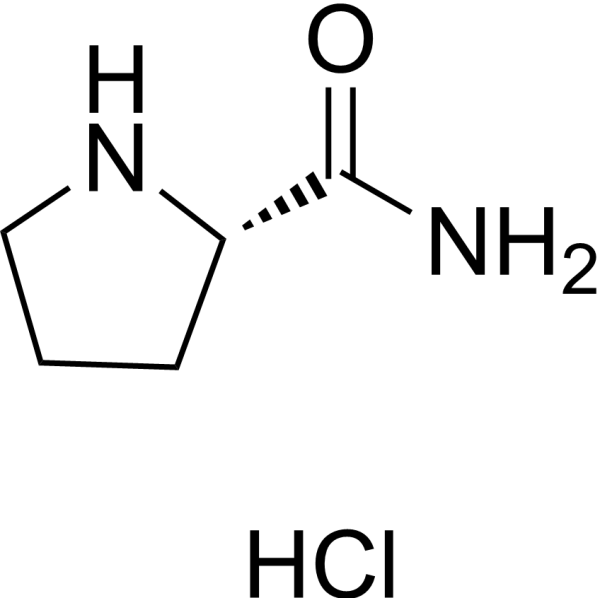
- HY-75947
-
-

- HY-W009770
-
-

- HY-76448
-
-
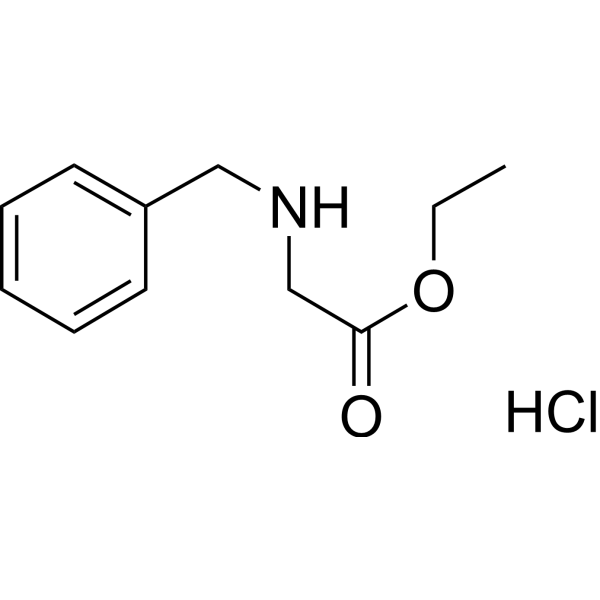
- HY-W009794
-
-
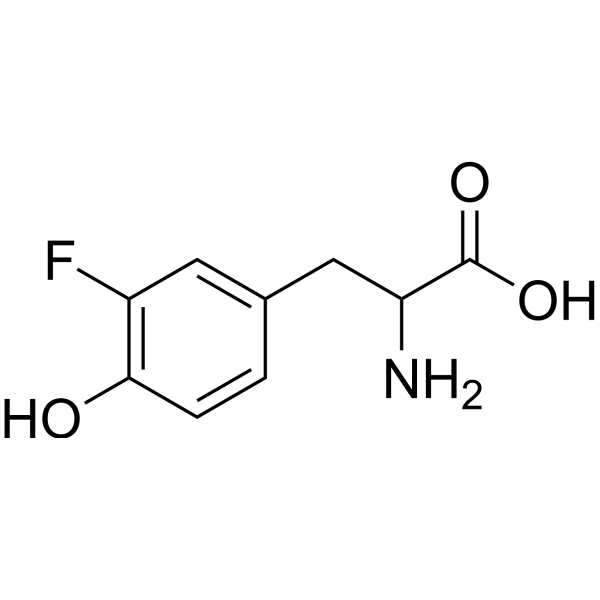
- HY-76962
-
-

- HY-W017788
-
-
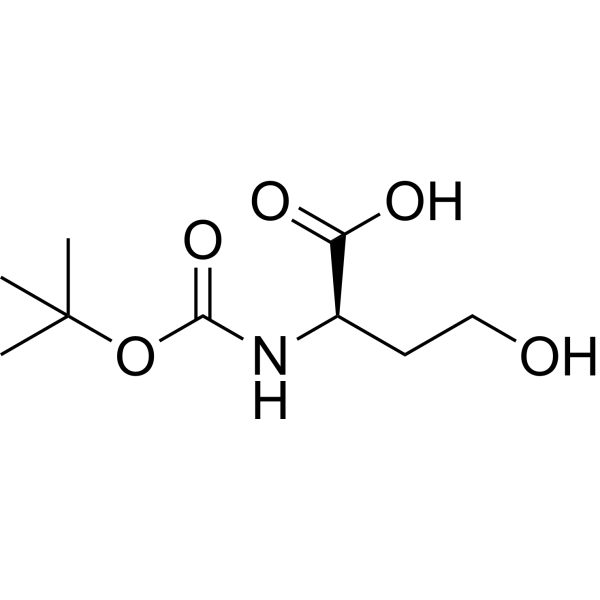
- HY-77021
-
-
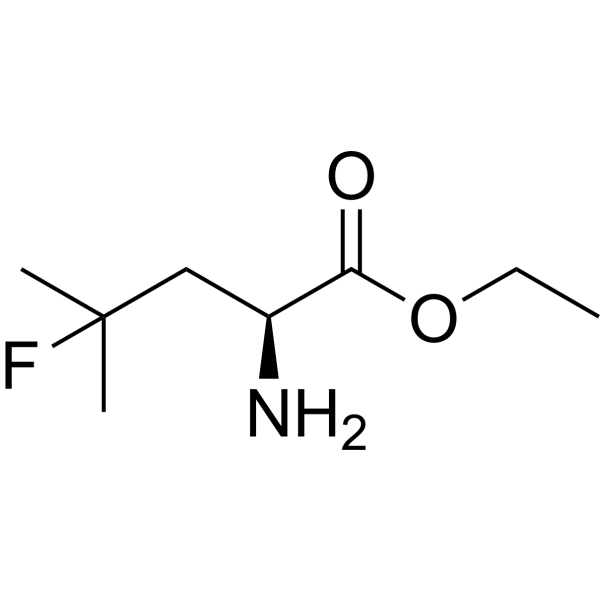
- HY-W009908
-
-
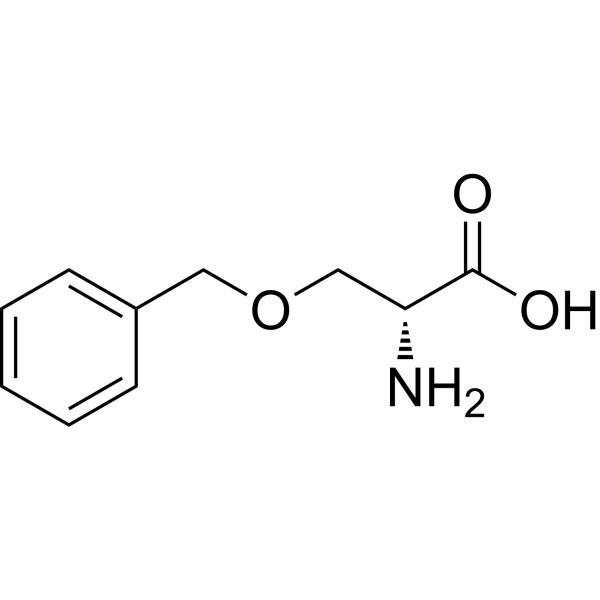
- HY-77132
-
-
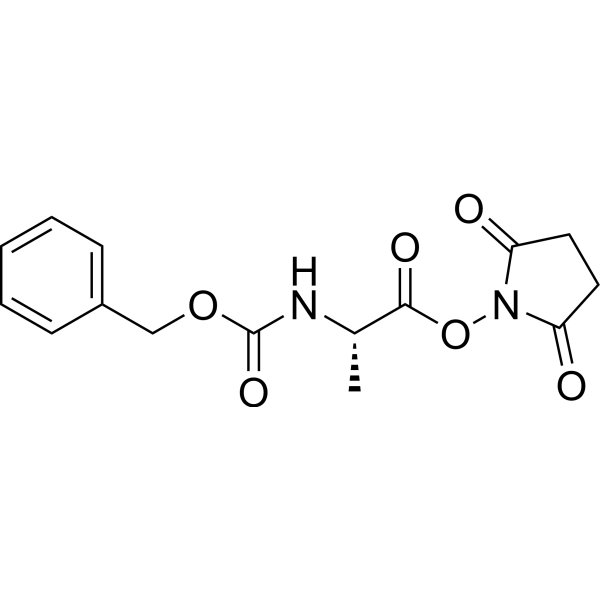
- HY-W018077
-
-
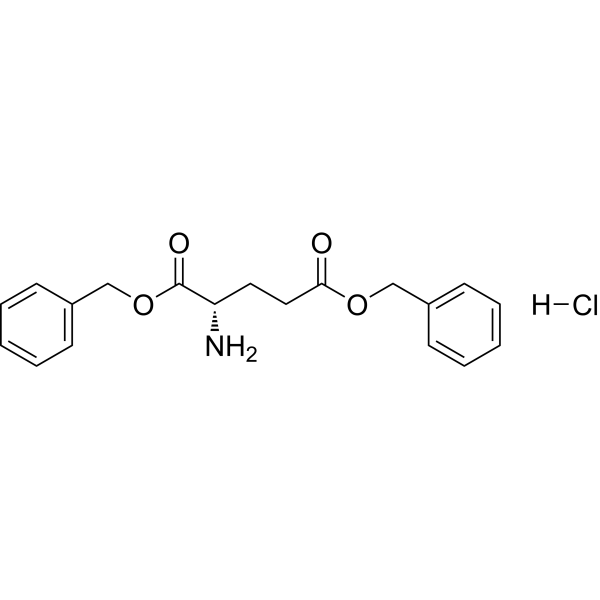
- HY-W009913
-
-
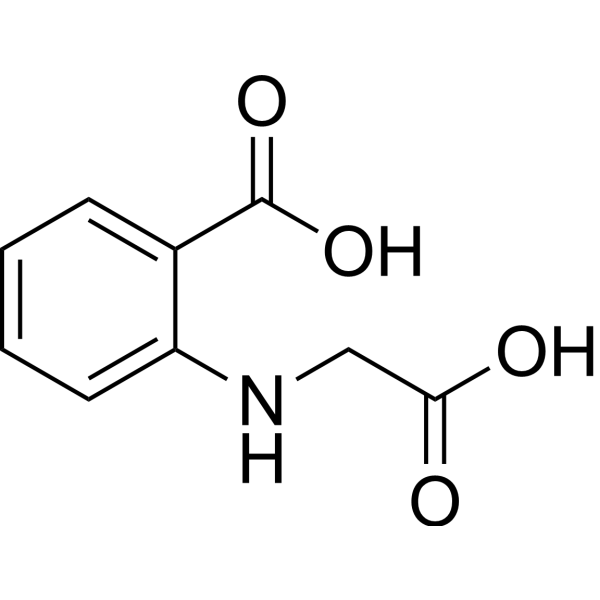
- HY-W018238
-
-

- HY-W010028
-
-
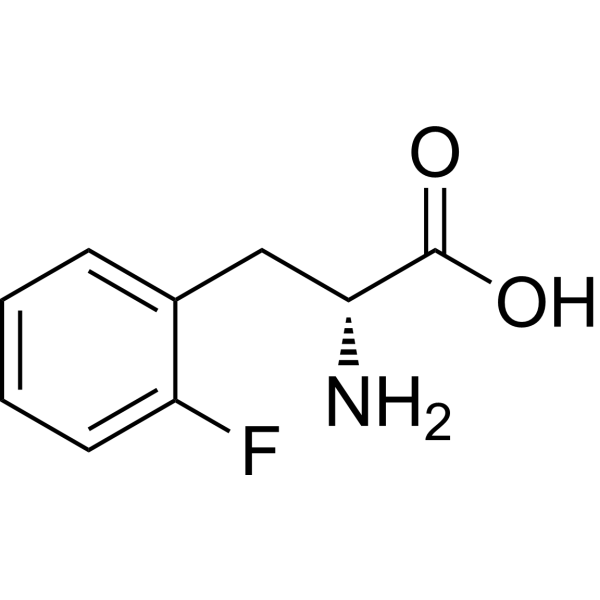
- HY-W018366
-
-
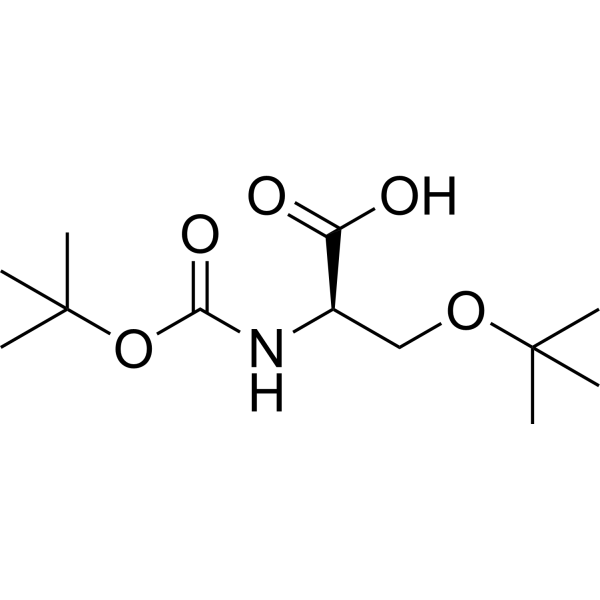
- HY-W010077
-
-

- HY-W010156
-
-
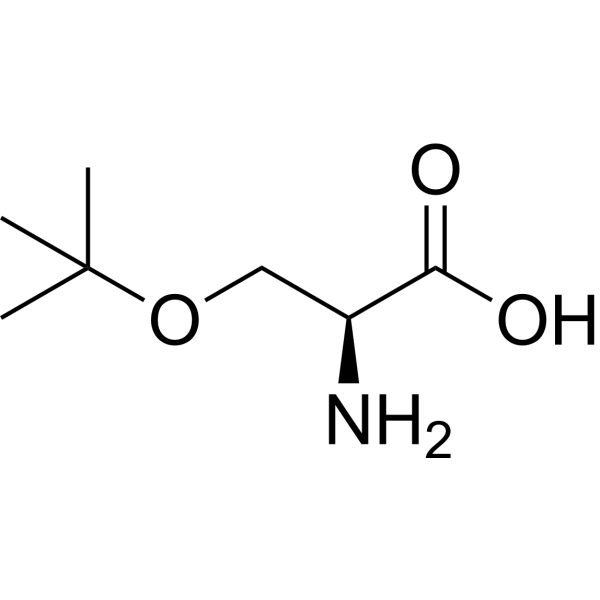
- HY-W018489
-
-

- HY-W010197
-
-
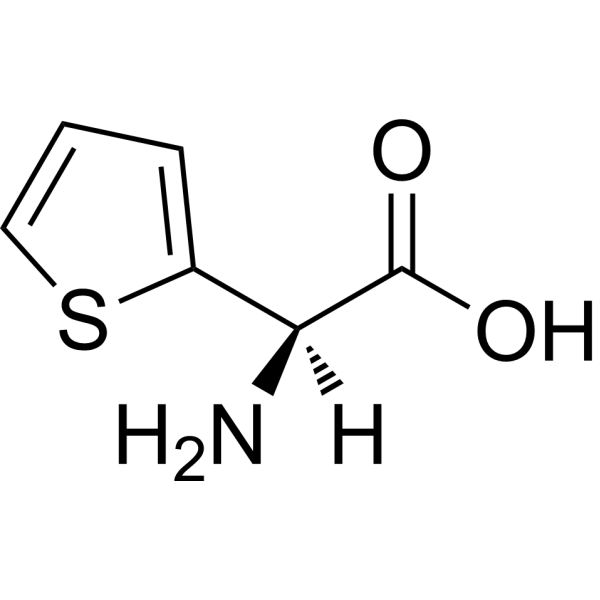
- HY-77802
-
-
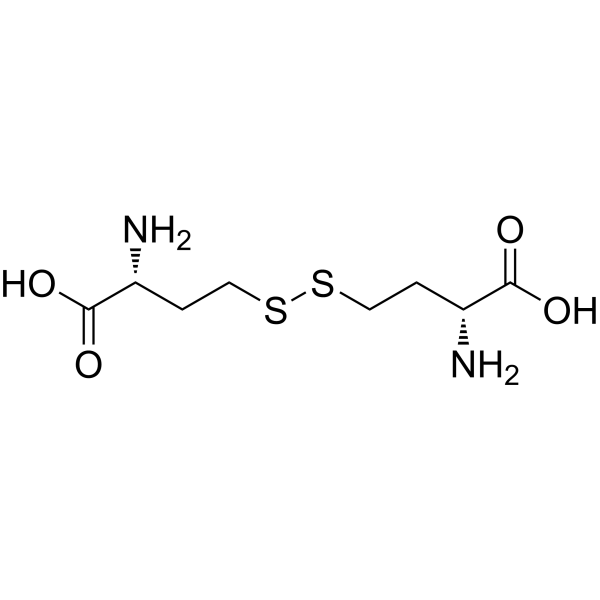
- HY-W018628
-
-
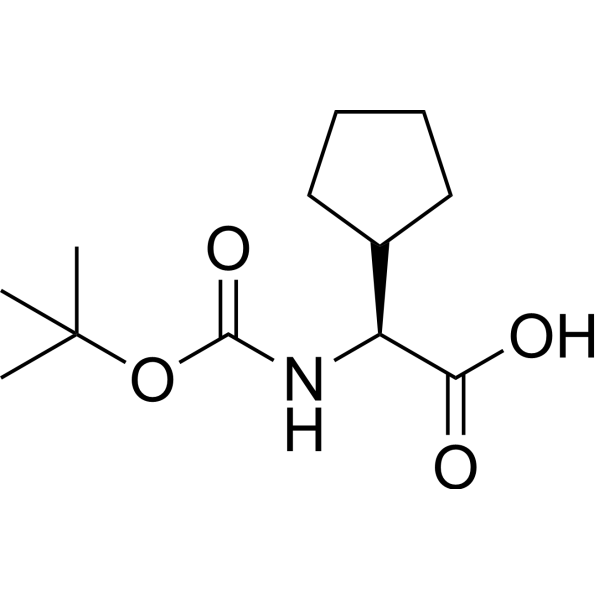
- HY-W010276
-
-

- HY-78105
-
-
acetic acid](//file.medchemexpress.com/product_pic/hy-78105.gif)
- HY-W010277
-
-
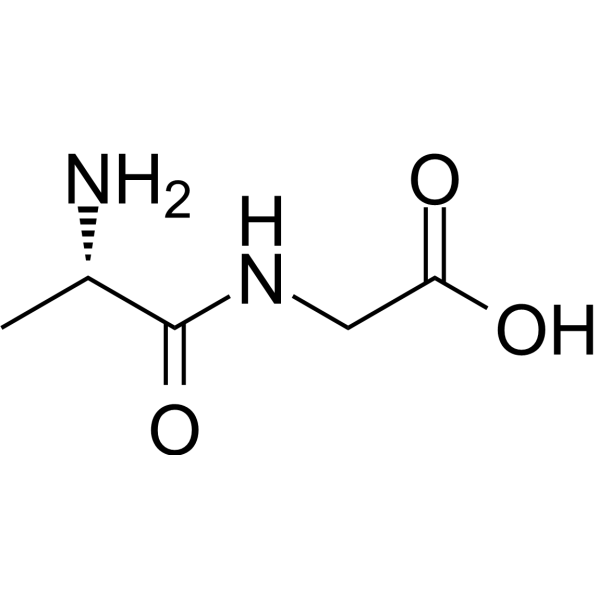
- HY-W018741
-
-
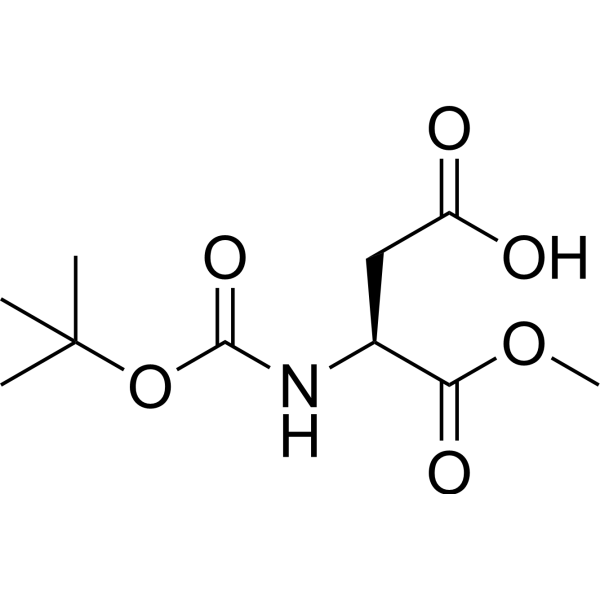
- HY-W010324
-
-
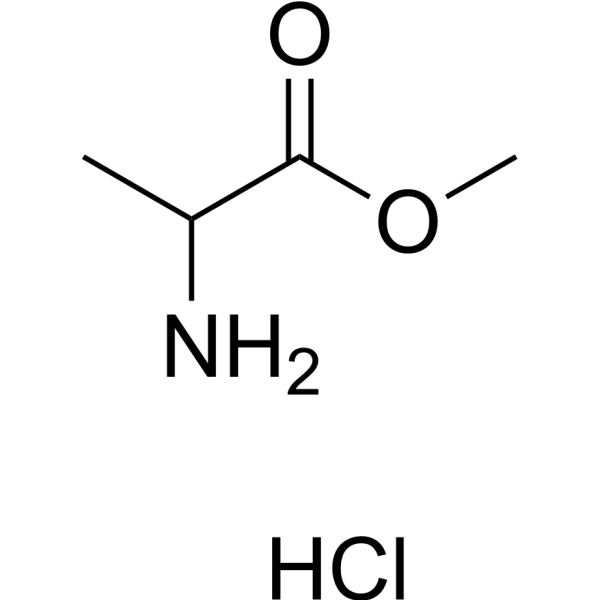
- HY-W010366
-
-
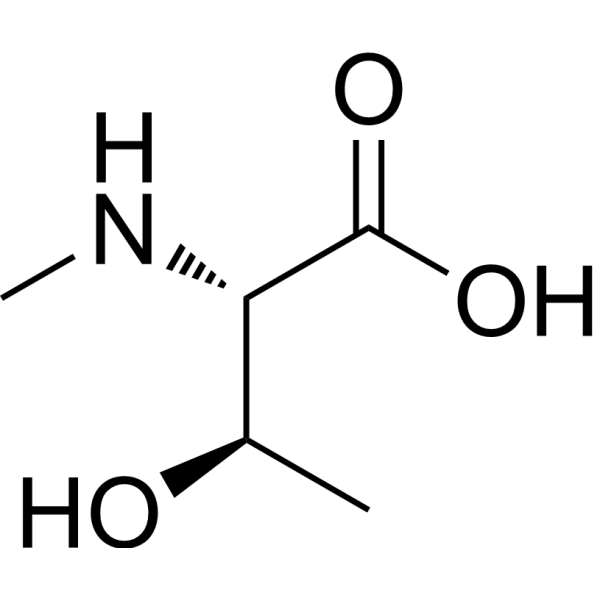
- HY-W018865
-
|
(S)-Cysteine methyl ester hydrochloride; Methyl D-cysteinate hydrochloride
|
Amino Acid Derivatives
|
Others
|
|
Methyl D-cysteinate hydrochloride is a cysteine derivative .
|
-

- HY-78746A
-
|
|
Amino Acid Derivatives
|
Others
|
|
D-Proline, 3-(3-chloro-2-fluorophenyl)-4-(4-chloro-2-fluorophenyl)-4-cyano-5-(2,2-dimethylpropyl)-, (3S,4R,5S)-rel- is a proline derivative .
|
-
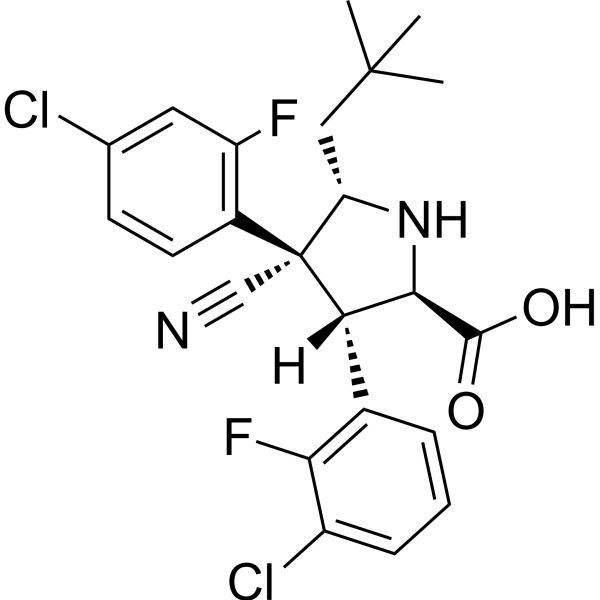
- HY-W010590
-
-
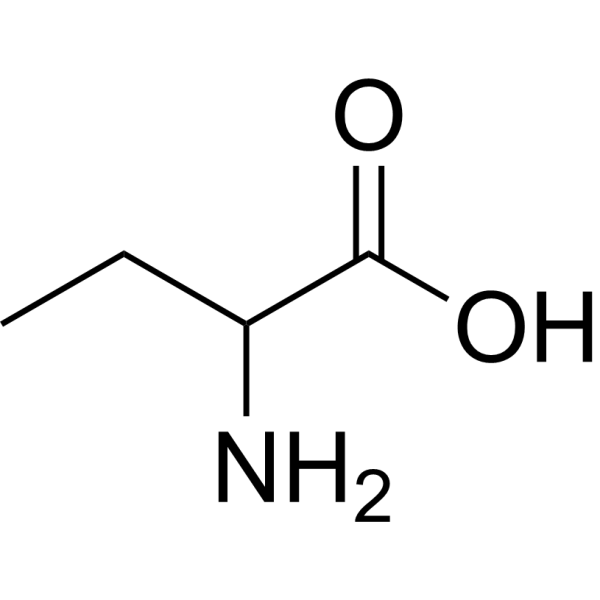
- HY-78897
-
-
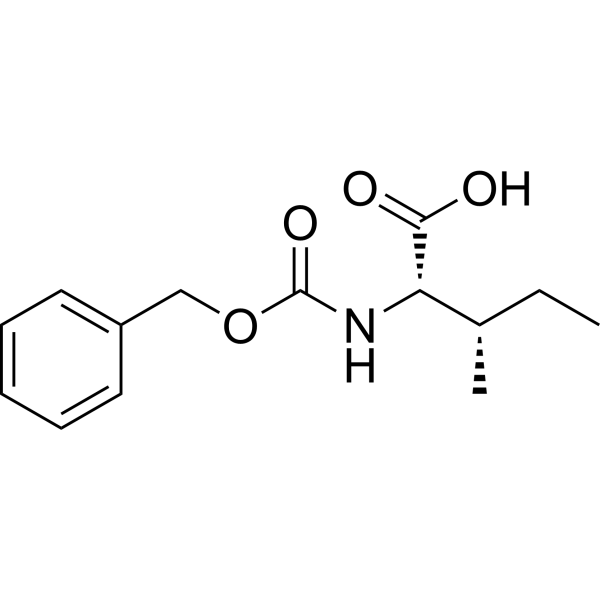
- HY-W010591
-
-
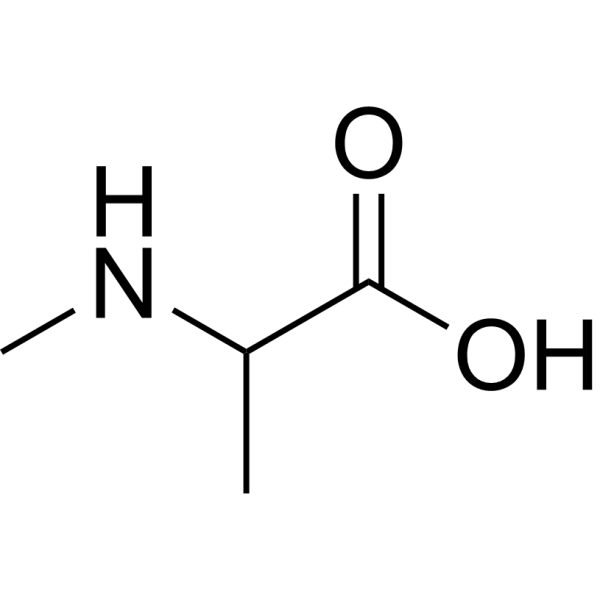
- HY-W019684
-
-
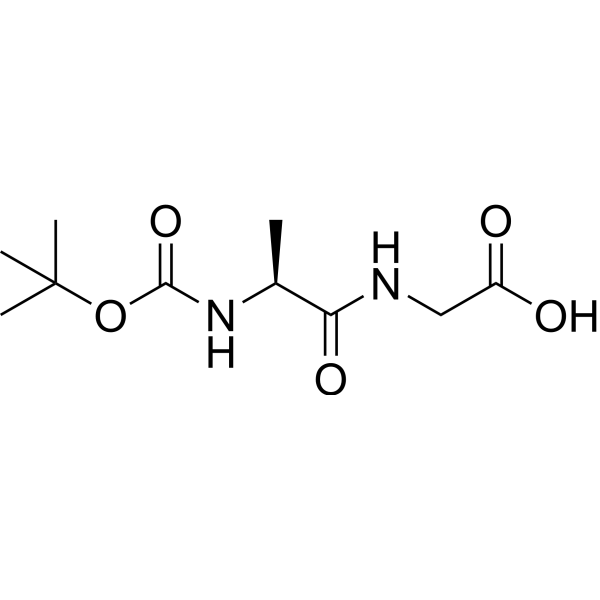
- HY-W019714
-
-

- HY-W010714
-
-

- HY-W021299
-
-

- HY-W010719
-
-

- HY-79123
-
-

- HY-W010721
-
-

- HY-W021790
-
-
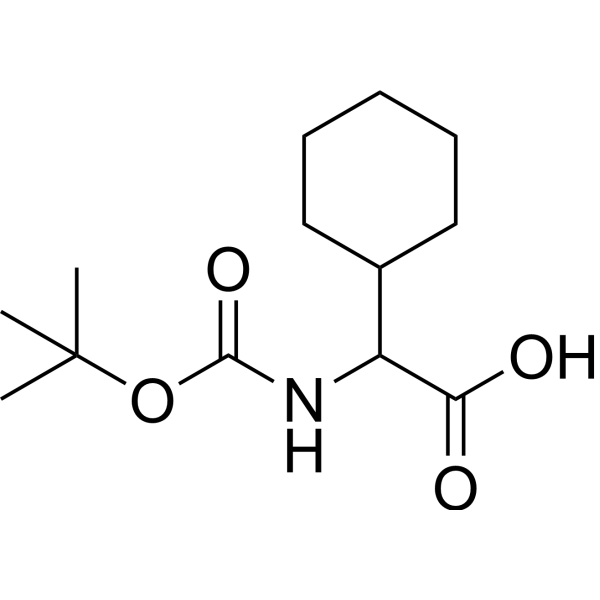
- HY-79130
-
|
Benzeneacetic acid, α-[[(9H-fluoren-9-ylmethoxy)carbonyl]amino]-, (S)-; (S)-2-[[[(9H-Fluoren-9-yl)methoxy]carbonyl]amino]phenylethanoic acid; (S)-N-Fmoc-α-phenylglycine; N-9-Fluorenylmethoxycarbonyl-L-phenylglycine
|
Amino Acid Derivatives
|
Others
|
|
Fmoc-(S)-phenylglycine is a Glycine (HY-Y0966) derivative .
|
-

- HY-79132
-
-
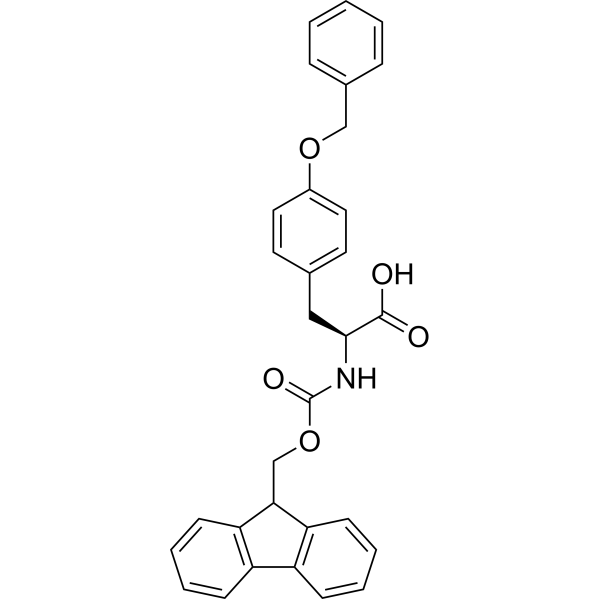
- HY-79271
-
|
Butanamide, 2-amino-N,3,3-trimethyl-, (S)-; (S)-2-Amino-N-methyl-3,3-dimethylbutanamide; L-tert-Leucine methylamide; L-tert-Leucine-N-methylamide
|
Amino Acid Derivatives
|
Others
|
|
S-tert-Leucine N-methylamide is a leucine derivative .
|
-

- HY-W010747
-
-
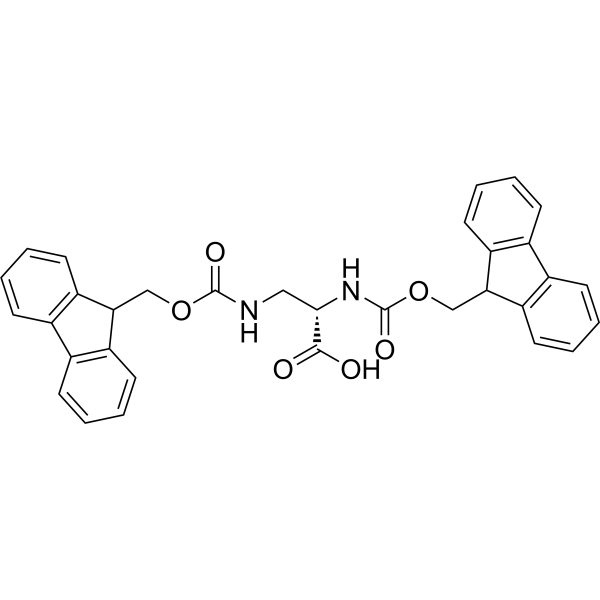
- HY-79288
-
|
(S)-2-[(tert-Butoxycarbonyl)amino]-3-(3-fluorophenyl)propionic acid; tert-Butoxycarbonyl-L-3-fluorophenylalanine
|
Amino Acid Derivatives
|
Others
|
|
(2S)-2-[(tert-Butoxycarbonyl)amino]-3-(3-fluorophenyl)propionic acid is a phenylalanine derivative .
|
-
![(2S)-2-[(tert-Butoxycarbonyl)amino]-<em>3</em>-(<em>3</em>-fluorophenyl)propionic acid](//file.medchemexpress.com/product_pic/hy-79288.gif)
- HY-W010758
-
-
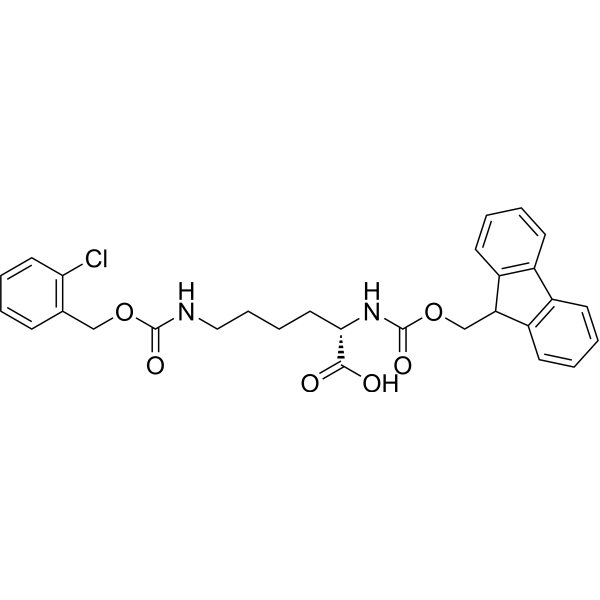
- HY-W141852
-
-
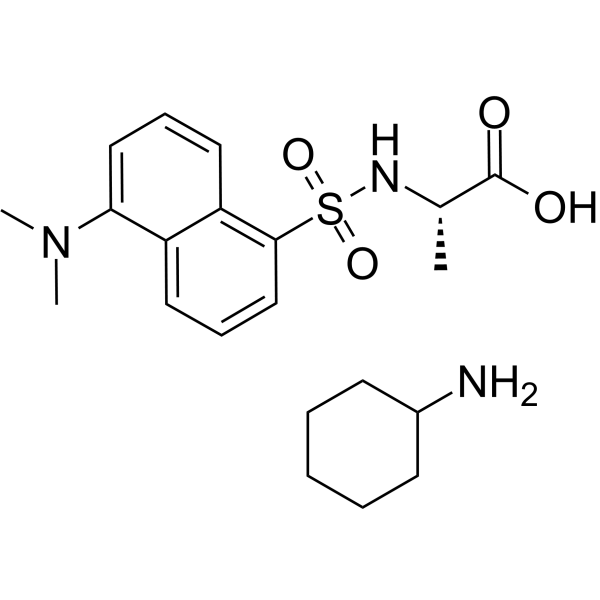
- HY-79333
-
-
![L-Alanine, N-[(S)-(4-nitrophenoxy)phenoxyphosphinyl]-, 1-methylethyl ester](//file.medchemexpress.com/product_pic/hy-79333.gif)
- HY-79404
-
|
L-Leucine, N-[(1,1-dimethylethoxy)carbonyl]-4-methyl- (9CI); (S)-2-(tert-Butoxycarbonylamino)-4,4-dimethylpentanoic acid
|
Amino Acid Derivatives
|
Others
|
|
N-(Tert-Butoxycarbonyl)-L-neopentylglycine is a Glycine (HY-Y0966) derivative .
|
-

- HY-W010782
-
-
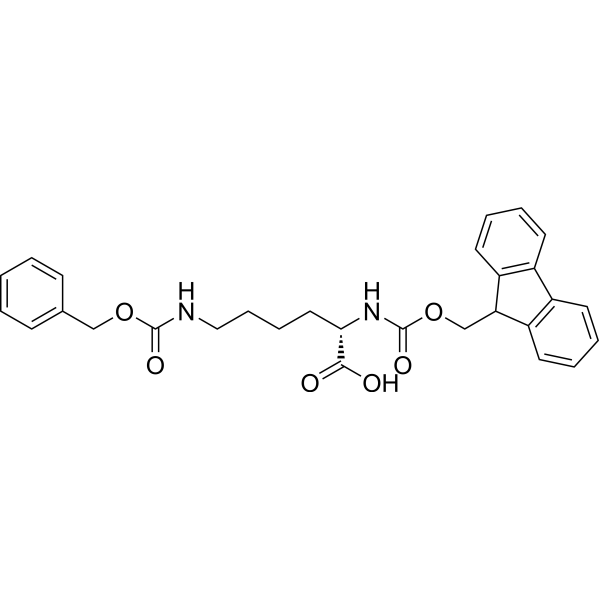
- HY-79415
-
-
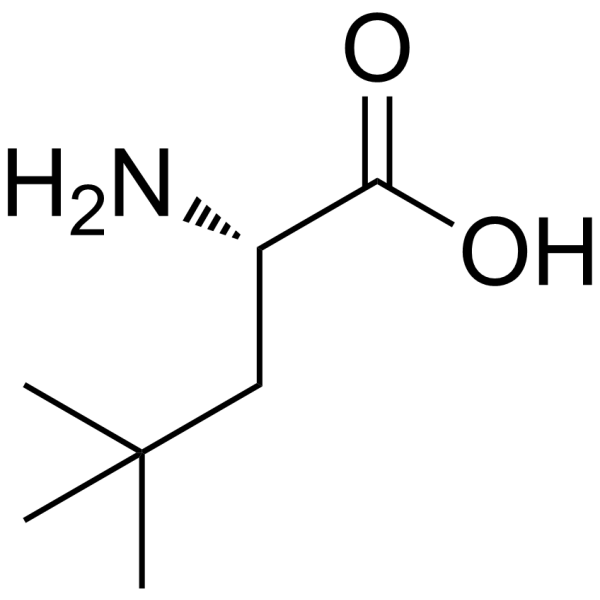
- HY-79417
-
|
Carbamic acid, [(1S)-1-[(methoxymethylamino)carbonyl]-3-methylbutyl]-, 1,1-dimethylethyl ester (9CI); Carbamic acid, [1-[(methoxymethylamino)carbonyl]-3-methylbutyl]-, 1,1-dimethylethyl ester, (S)-
|
Amino Acid Derivatives
|
Others
|
|
(S)-N-Methyl-N-methoxy-2-(tert-butoxycarbonylamino)-4-methylpentanamide is a leucine derivative .
|
-
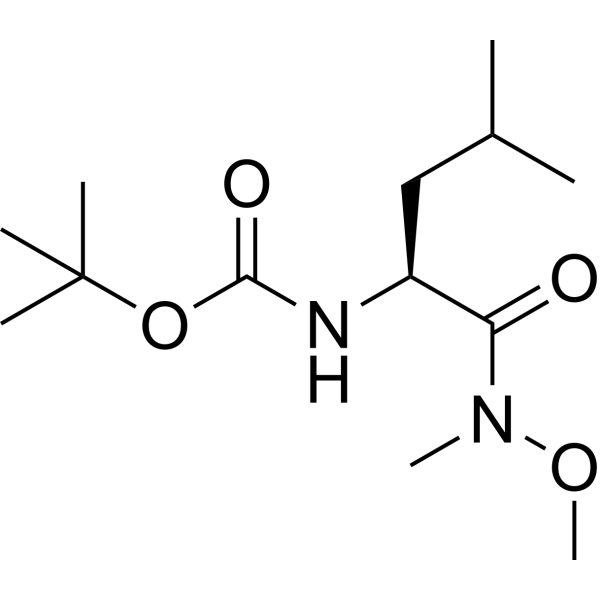
- HY-W010788
-
-
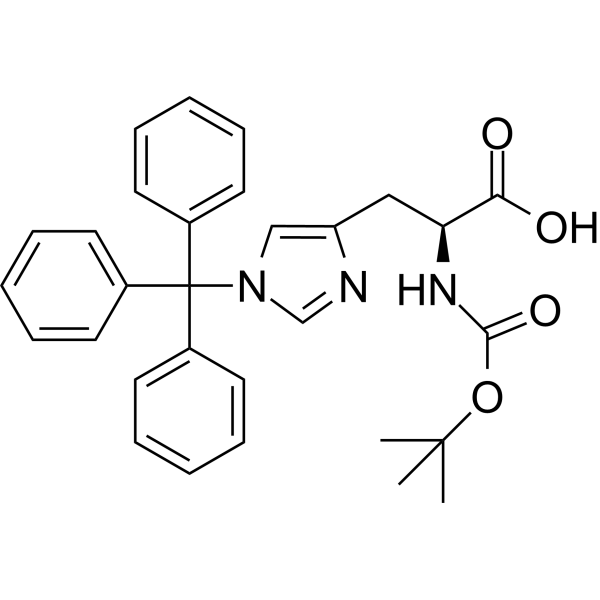
- HY-W010793
-
-
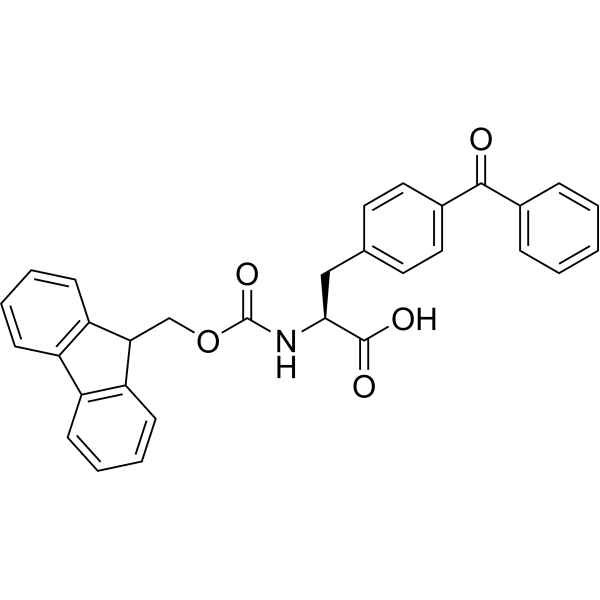
- HY-79680
-
|
|
Amino Acid Derivatives
|
Others
|
|
(S)-2-(tert-butoxycarbonylamino)-3-(4-carbamoyl-2,6-dimethylphenyl)propanoic acid is a phenylalanine derivative .
|
-
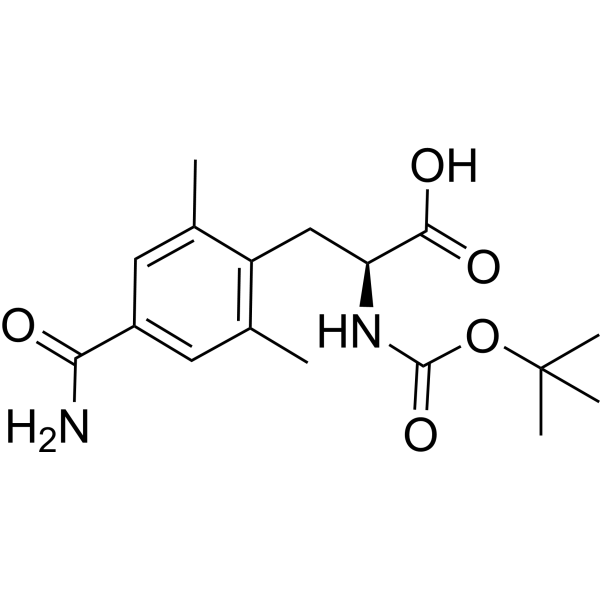
- HY-79708A
-
|
Methyl (R)-2-amino-3-methylbutanoate hydrochloride; Methyl D-valinate hydrochloride; NSC 22921
|
Amino Acid Derivatives
|
Others
|
|
O-Methyl-D-valine (hydrochloride) is a valine derivative .
|
-
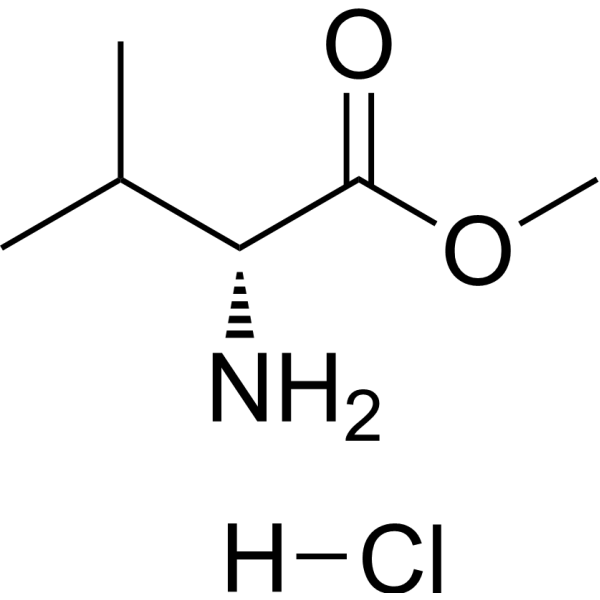
- HY-79775
-
-
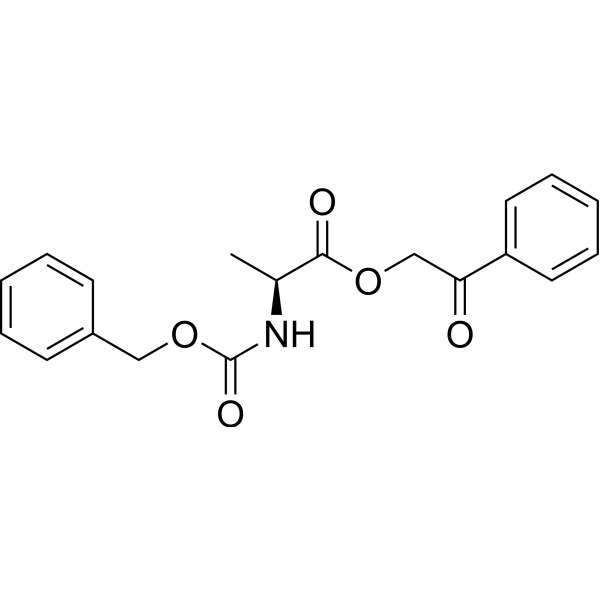
- HY-79861
-
-
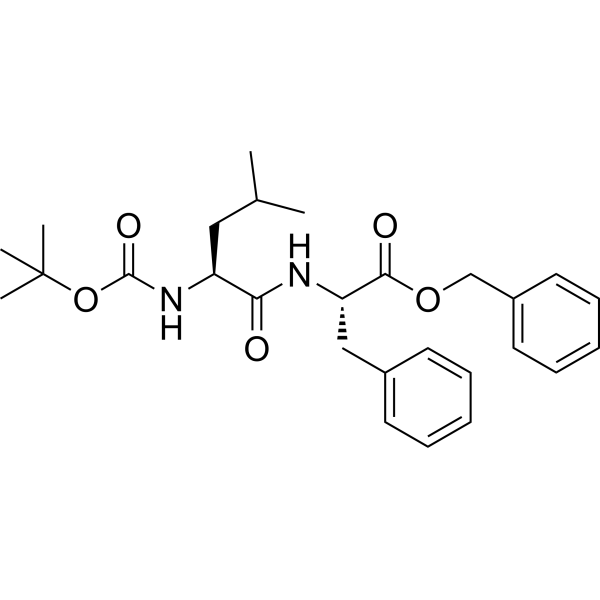
- HY-79863
-
|
|
Amino Acid Derivatives
|
Others
|
|
(6S,9S,12S)-Benzyl 12-benzyl-9-isobutyl-2,2-dimethyl-4,7,10-trioxo-6-phenethyl-3-oxa-5,8,11-triazatridecan-13-oate is a phenylalanine derivative .
|
-
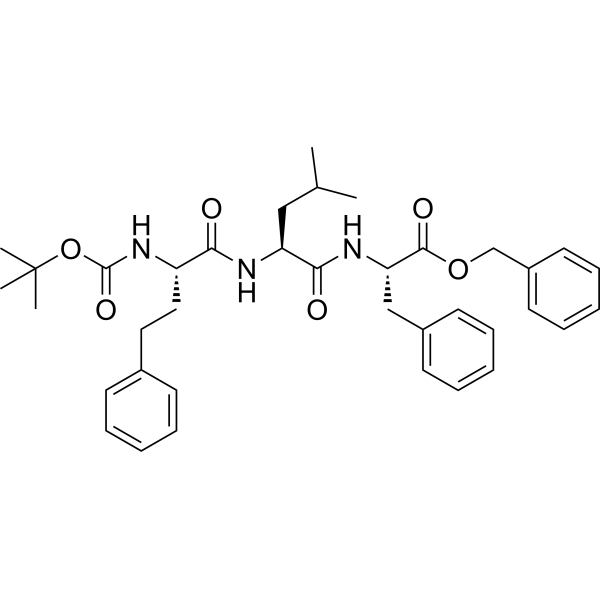
- HY-79877
-
-
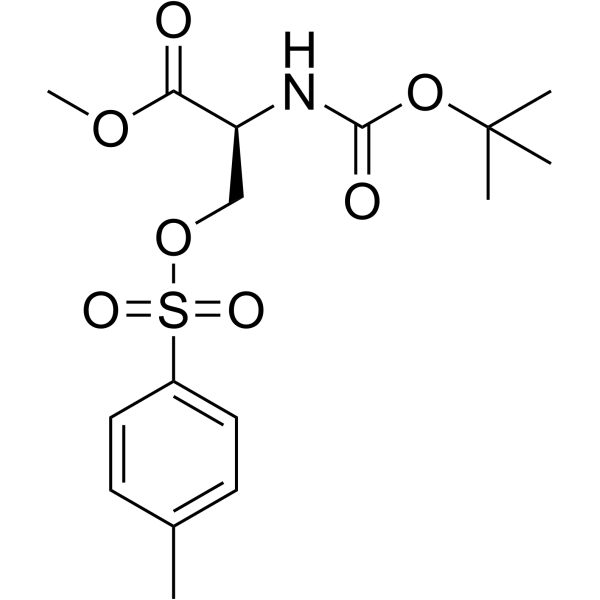
- HY-W010825
-
-

- HY-79919
-
|
|
Amino Acid Derivatives
|
Others
|
|
D-Phenylalanine, N-[N-[(1,1-dimethylethoxy)carbonyl]-D-leucyl]-, phenylmethyl ester is a phenylalanine derivative .
|
-
![D-Phenylalanine, N-[N-[(1,1-dimethylethoxy)carbonyl]-D-leucyl]-, phenylmethyl ester](//file.medchemexpress.com/product_pic/hy-79919.gif)
- HY-W010837
-
-

- HY-79930
-
|
|
Amino Acid Derivatives
|
Others
|
|
D-Phenylalanine, N-[N-[(1,1-dimethylethoxy)carbonyl]-L-leucyl]-, phenylmethyl ester is a phenylalanine derivative .
|
-
![D-Phenylalanine, N-[N-[(1,1-dimethylethoxy)carbonyl]-L-leucyl]-, phenylmethyl ester](//file.medchemexpress.com/product_pic/hy-79930.gif)
- HY-I0102
-
|
|
Amino Acid Derivatives
|
Others
|
|
(2S)-Methyl 2-(2-cyclohexyl-2-(pyrazine-2-carboxamido)acetamido)-3,3-dimethylbutanoate is a valine derivative .
|
-
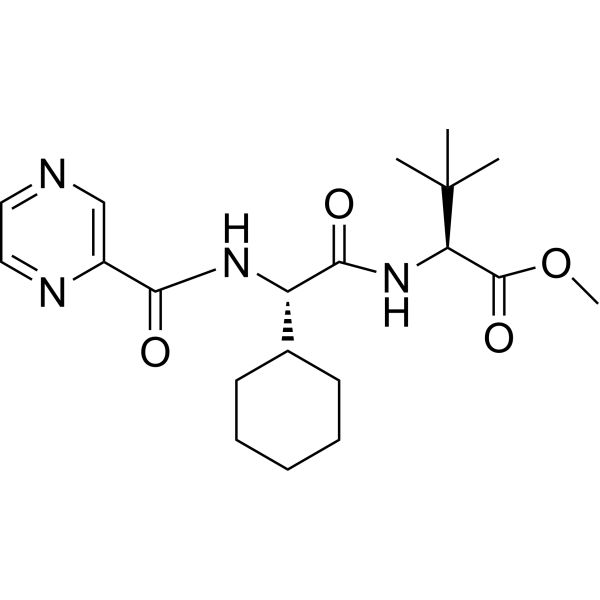
- HY-W141889
-
-
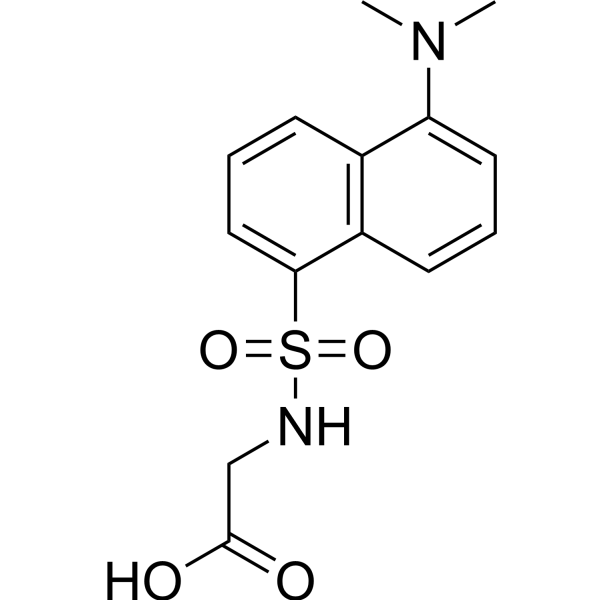
- HY-I0109
-
-
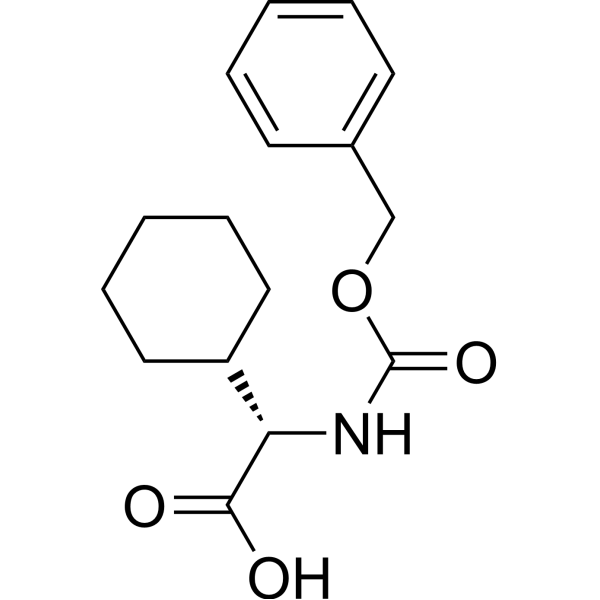
- HY-I0115
-
|
|
Amino Acid Derivatives
|
Others
|
|
(S)-2-((S)-2-Cyclohexyl-2-(pyrazine-2-carboxamido)acetamido)-3,3-dimethylbutanoic acid is a valine derivative .
|
-
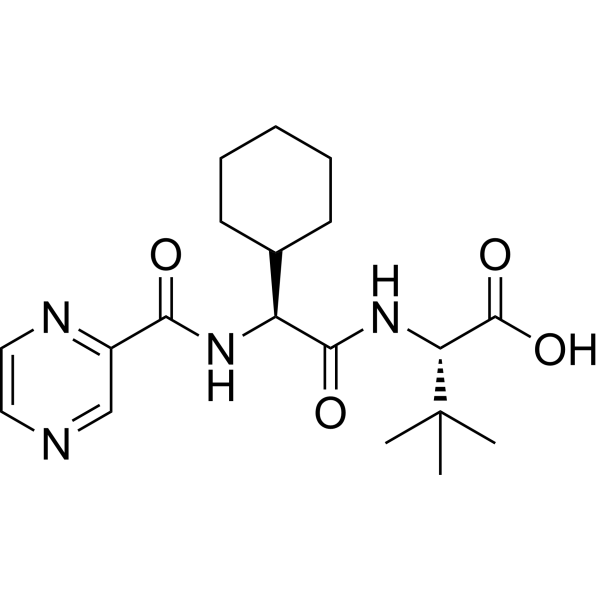
- HY-I0124
-
-
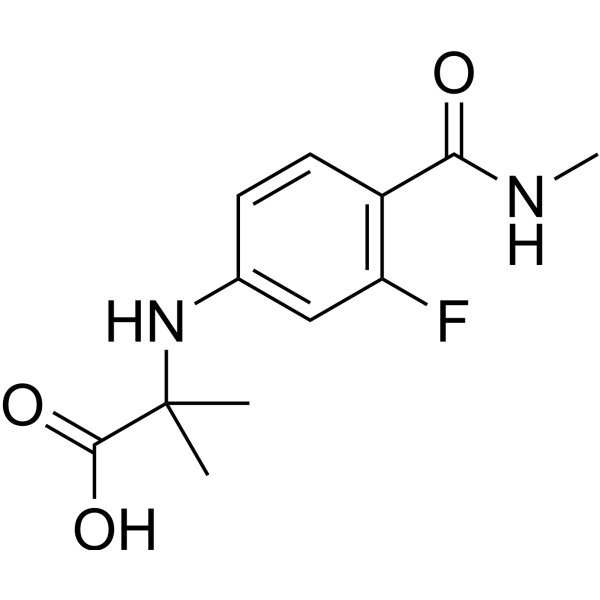
- HY-W141893
-
-
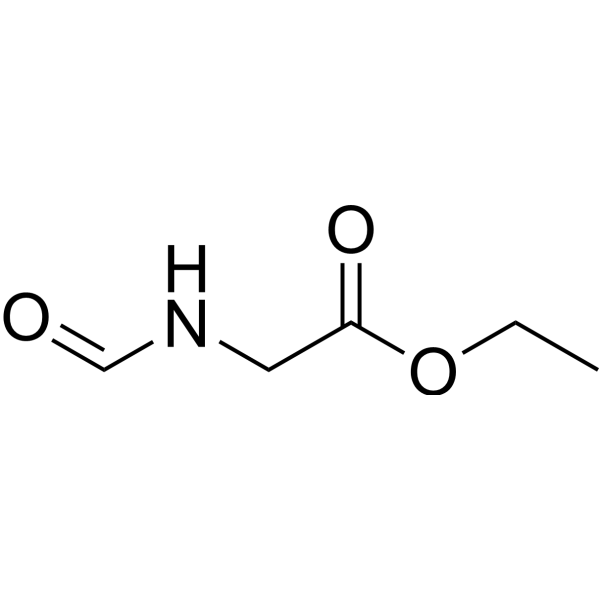
- HY-I0172
-
-

- HY-W010888
-
-
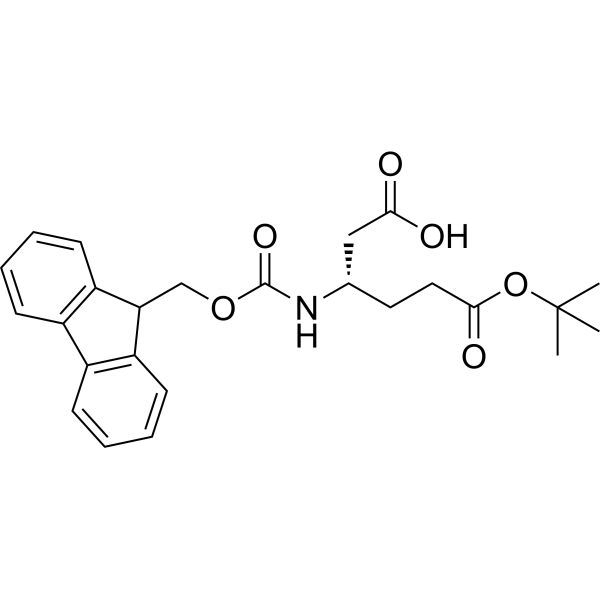
- HY-W141899
-
-

- HY-I0393
-
-
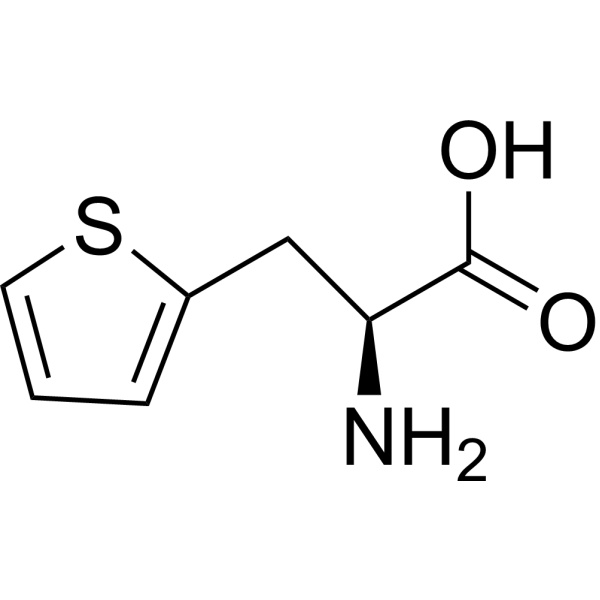
- HY-W010894
-
-
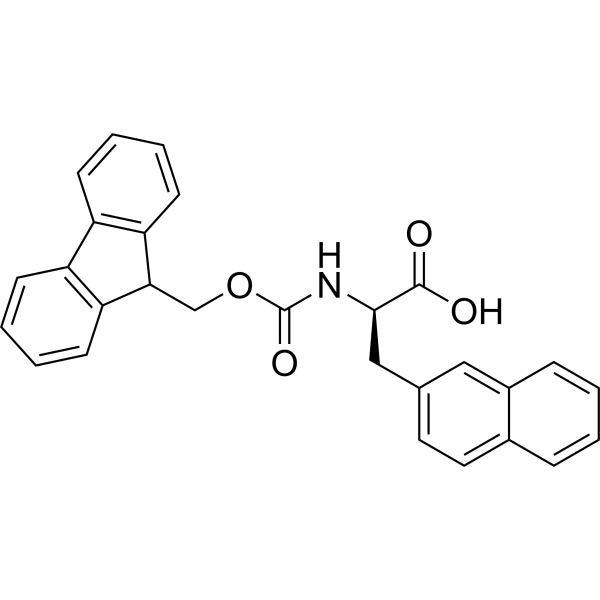
- HY-W010895
-
-
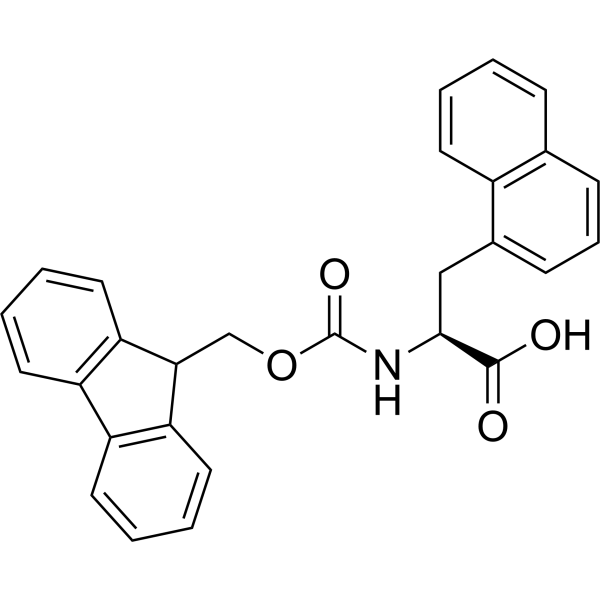
- HY-I0517
-
-
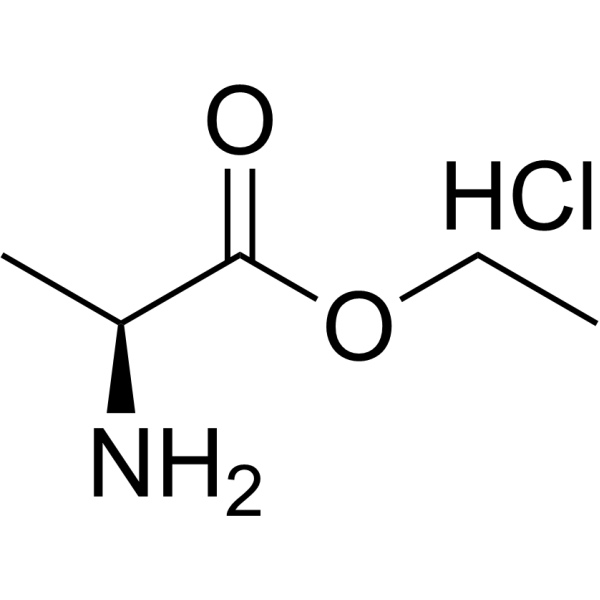
- HY-I0519
-
-
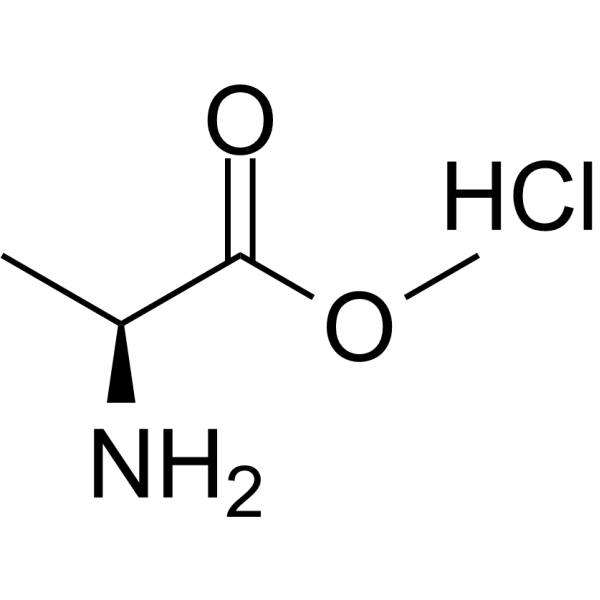
- HY-I0591
-
-
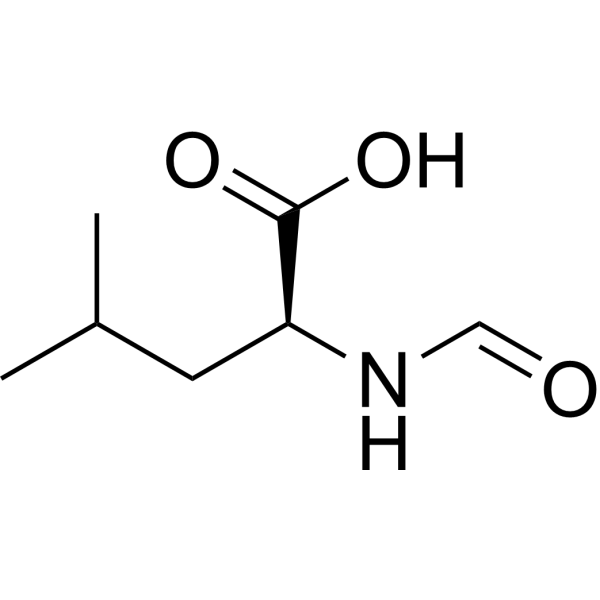
- HY-W010913
-
-
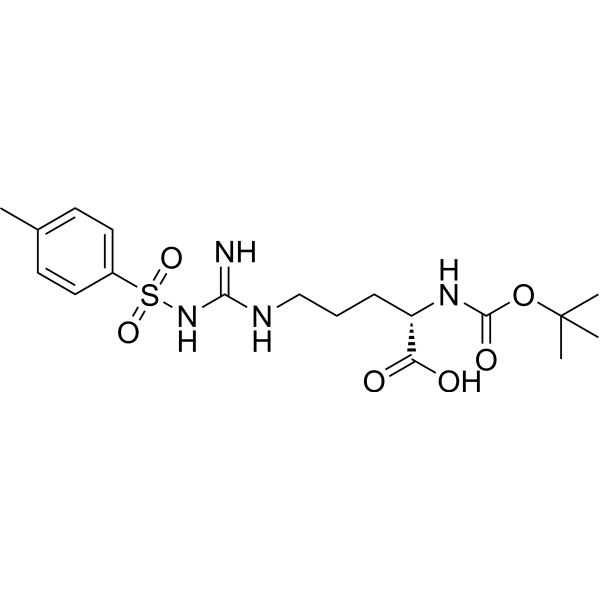
- HY-I0630
-
-
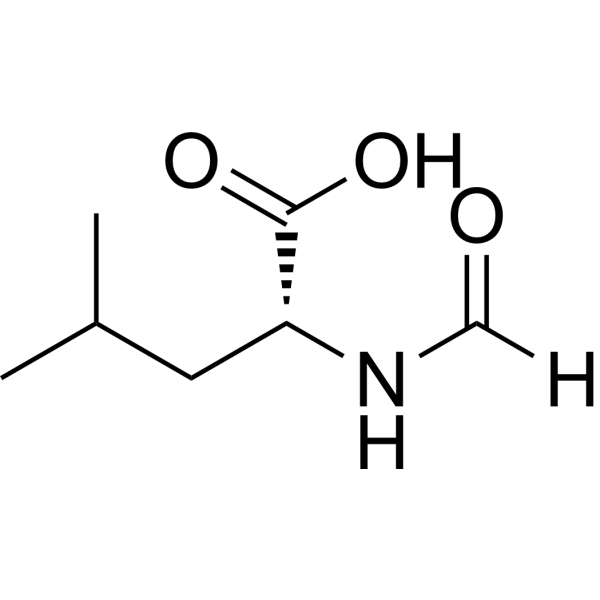
- HY-W010924
-
-
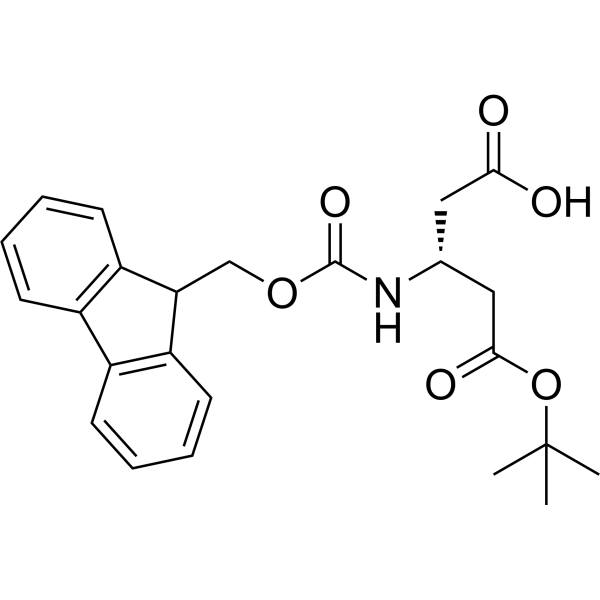
- HY-I0749A
-
|
|
Amino Acid Derivatives
|
Others
|
|
(S)-Methyl 2-((S)-2-((S)-2-amino-4-phenylbutanamido)-4-methylpentanamido)-3-phenylpropanoate 2,2,2-trifluoroacetate is a phenylalanine derivative .
|
-
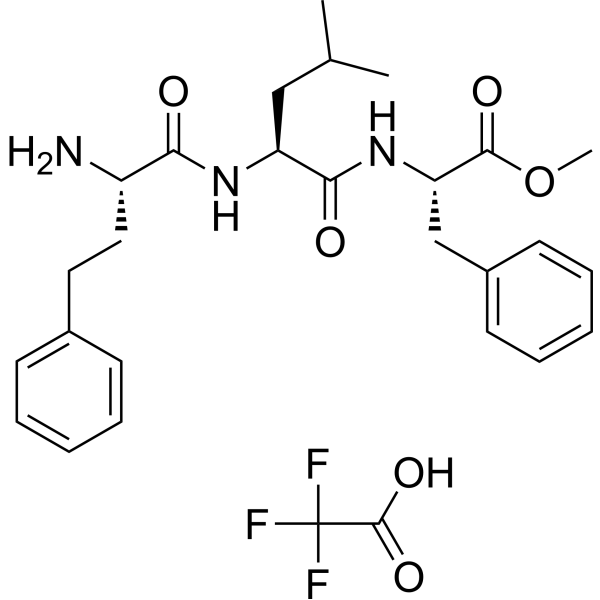
- HY-I0775
-
|
|
Amino Acid Derivatives
|
Others
|
|
(S)-methyl 2-((S)-4-methyl-2-((S)-2-(2-morpholinoacetamido)-4-phenylbutanamido)pentanamido)-3-phenylpropanoate is a phenylalanine derivative .
|
-

- HY-W141910
-
-
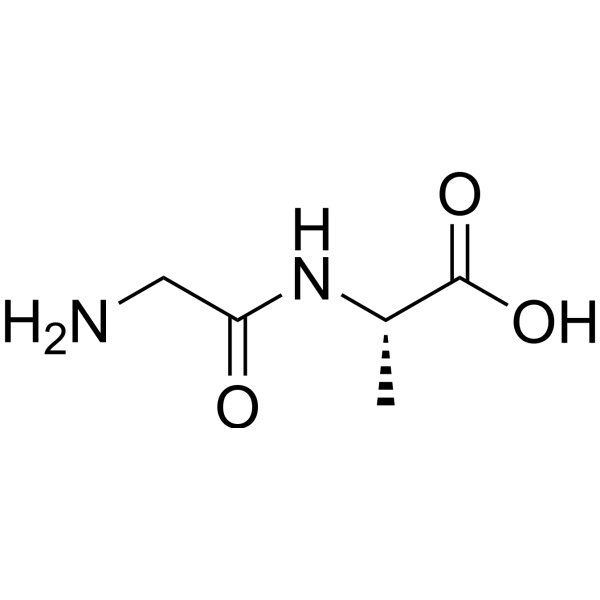
- HY-I0917
-
-
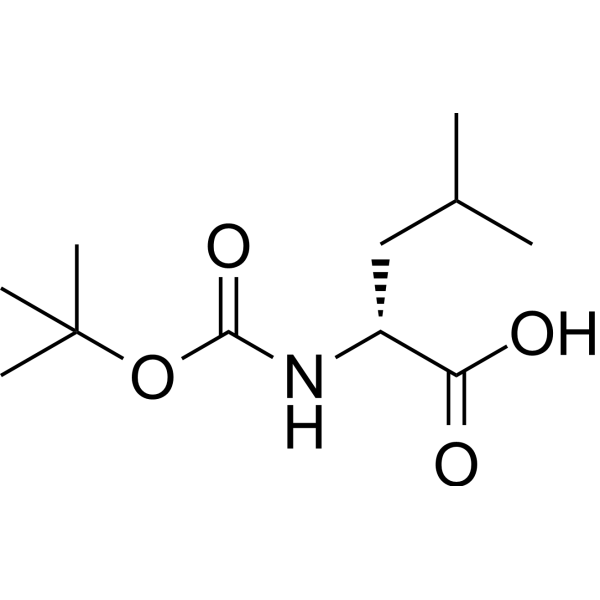
- HY-W141911
-
-
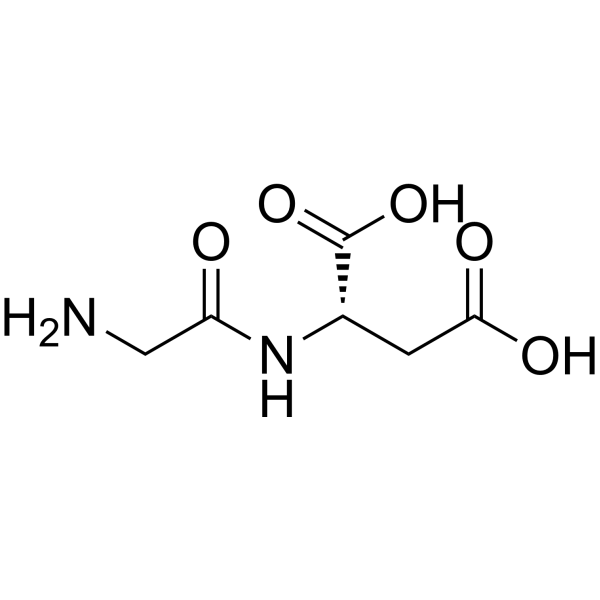
- HY-I0924
-
-
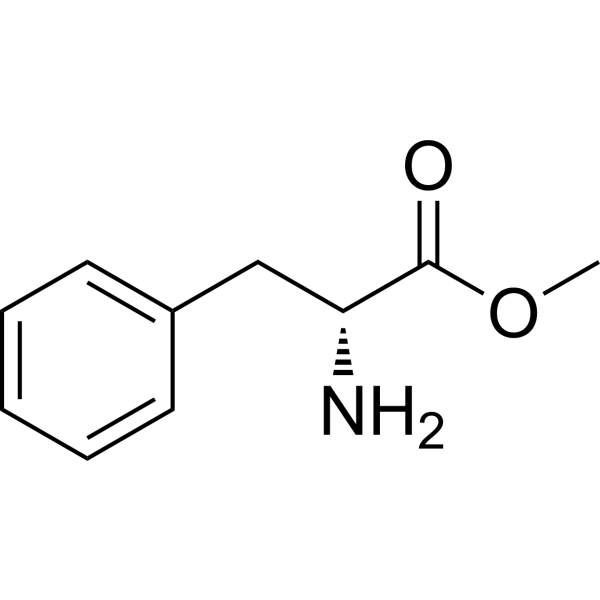
- HY-W010957
-
-

- HY-I0924A
-
|
Methyl (R)-phenylalaninate hydrochloride; Methyl D-phenylalaninate hydrochloride
|
Amino Acid Derivatives
|
Others
|
|
D-Phe-OMe monohydrochloride is a phenylalanine derivative .
|
-
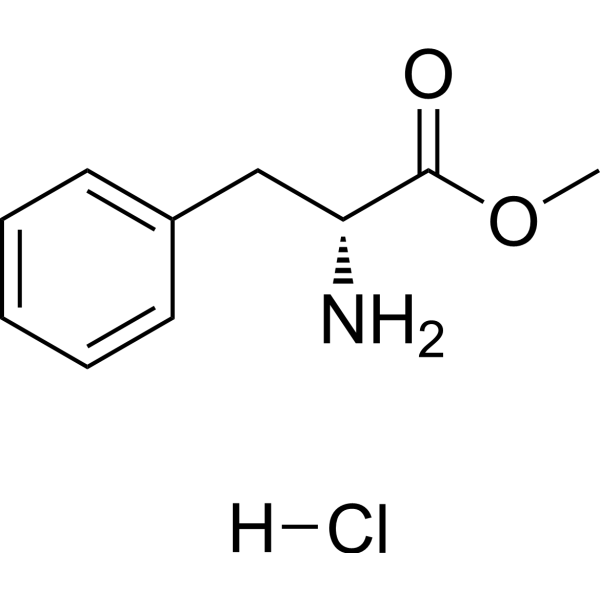
- HY-W010958
-
|
|
Amino Acid Derivatives
|
Others
|
|
(S)-2-((((9H-Fluoren-9-yl)methoxy)carbonyl)amino)-3-(3-cyanophenyl)propanoic acid is a phenylalanine derivative .
|
-
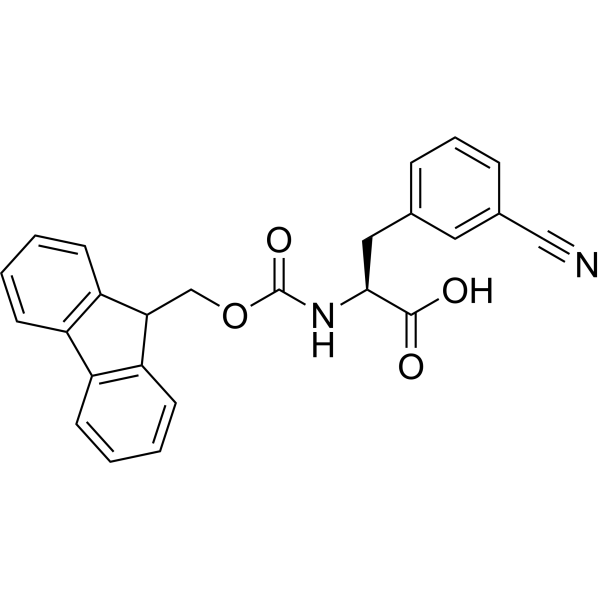
- HY-I1044
-
-
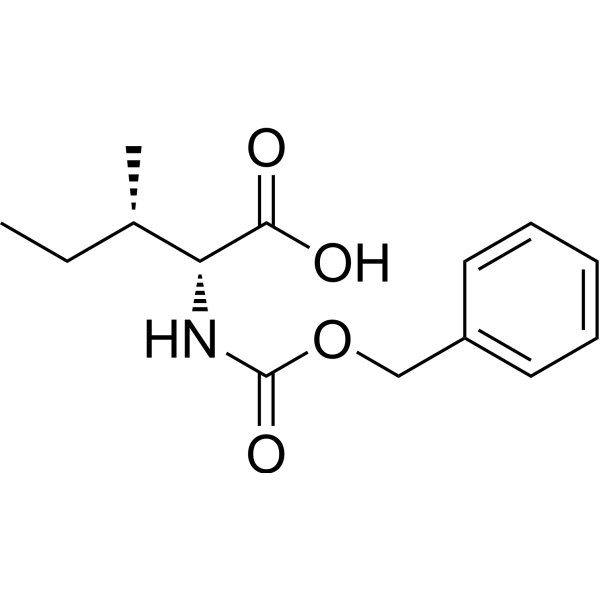
- HY-I1107
-
-
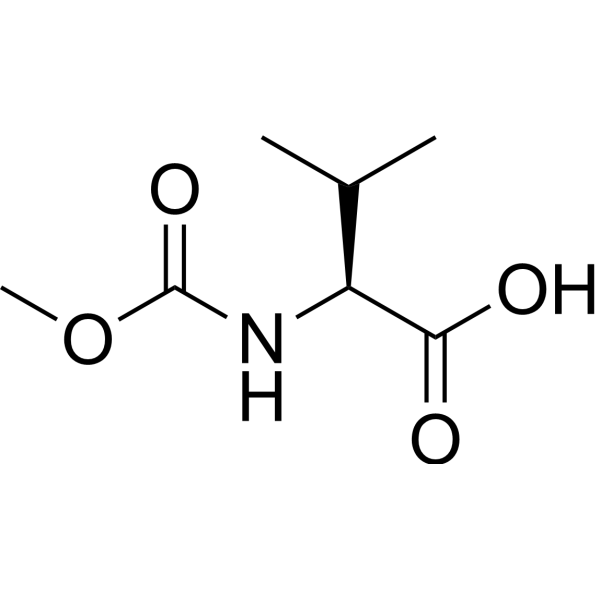
- HY-W141919
-
-
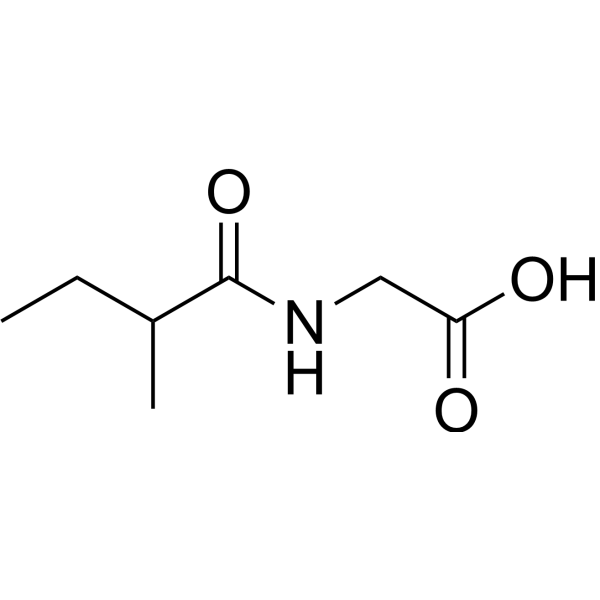
- HY-N2378
-
|
Benzenepropanoic acid, β-amino-α-hydroxy-, hydrochloride, (αR,βS)-
|
Amino Acid Derivatives
|
Others
|
|
(2R,3S)-3-Phenylisoserine hydrochloride is a serine derivative .
|
-
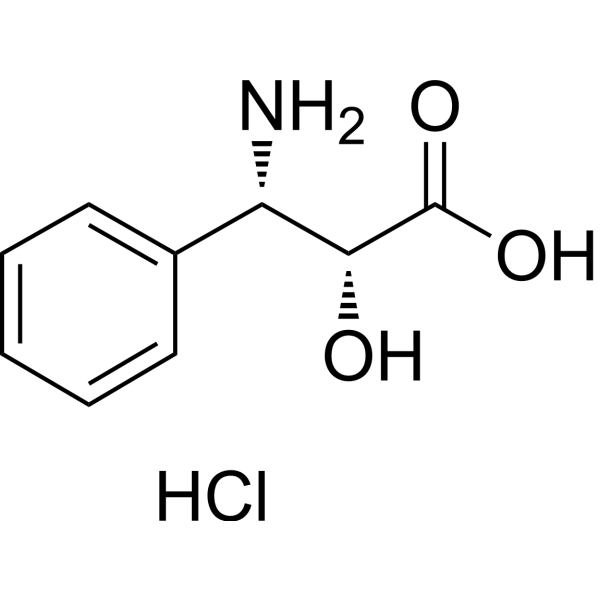
- HY-W141922
-
-
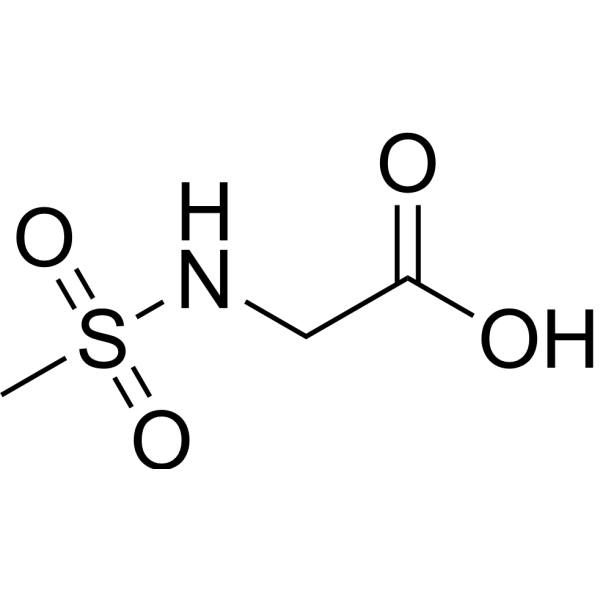
- HY-W000795
-
-
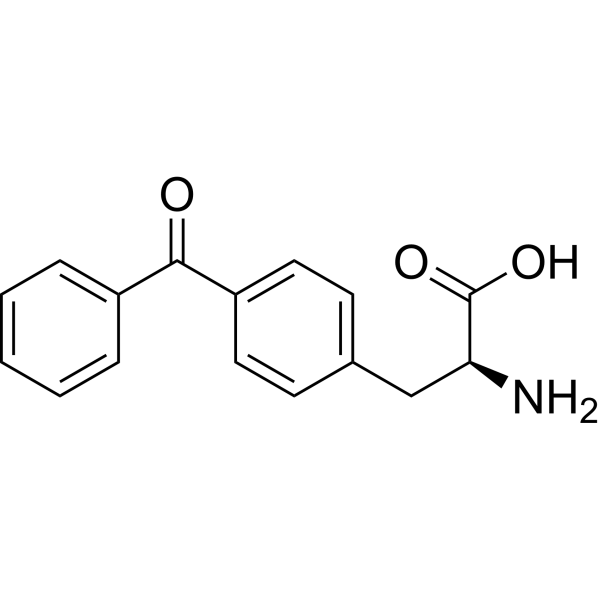
- HY-W000830
-
-
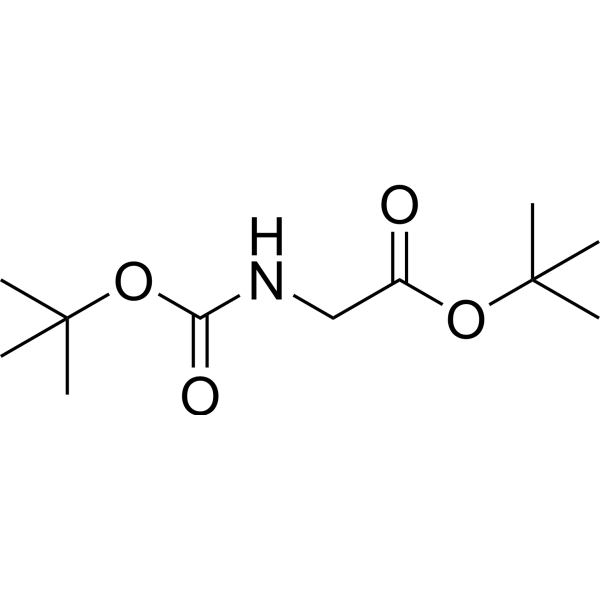
- HY-W141927
-
-
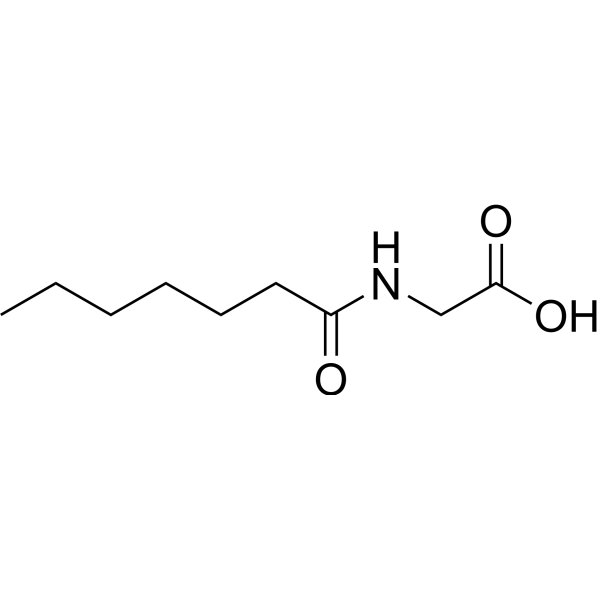
- HY-W000843
-
-
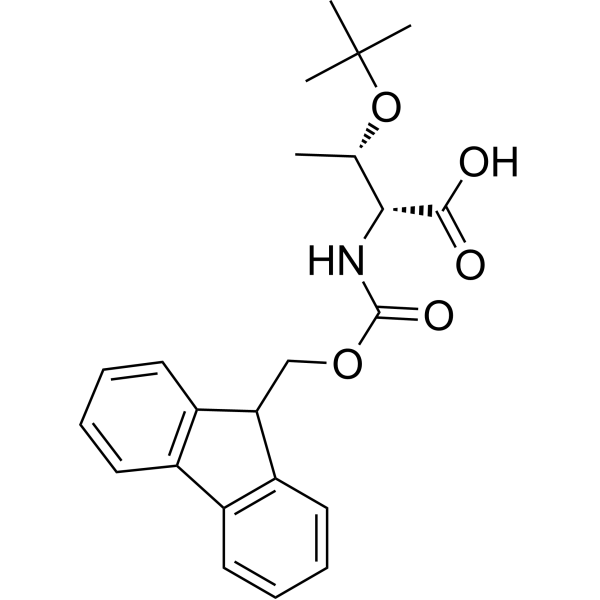
- HY-W141928
-
-
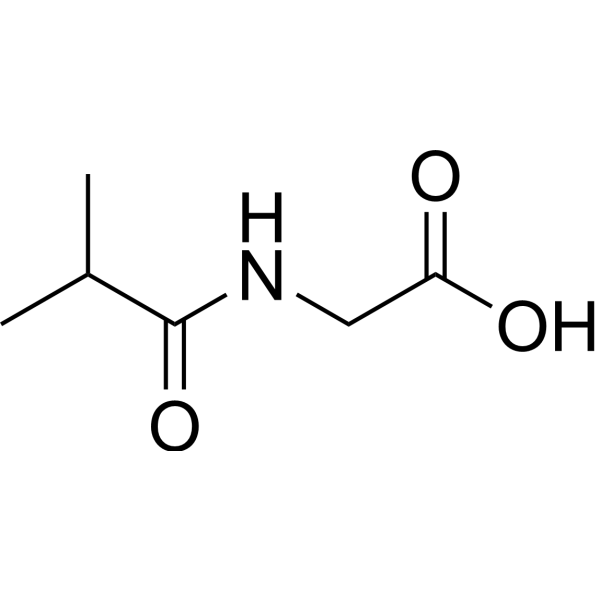
- HY-W001037
-
-
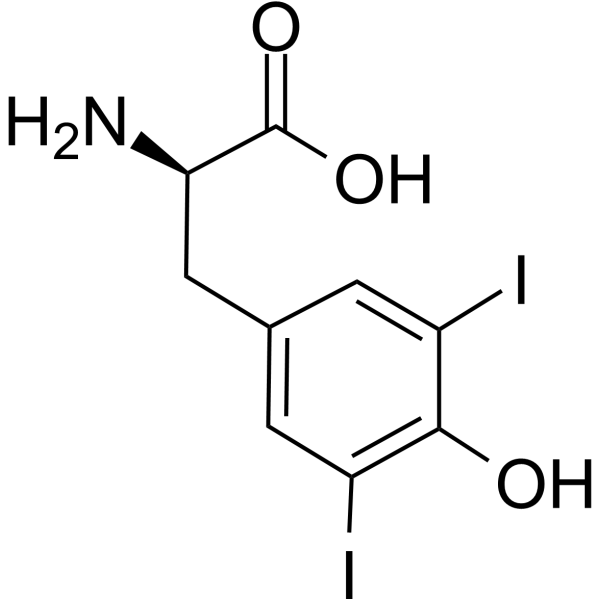
- HY-W141930
-
-
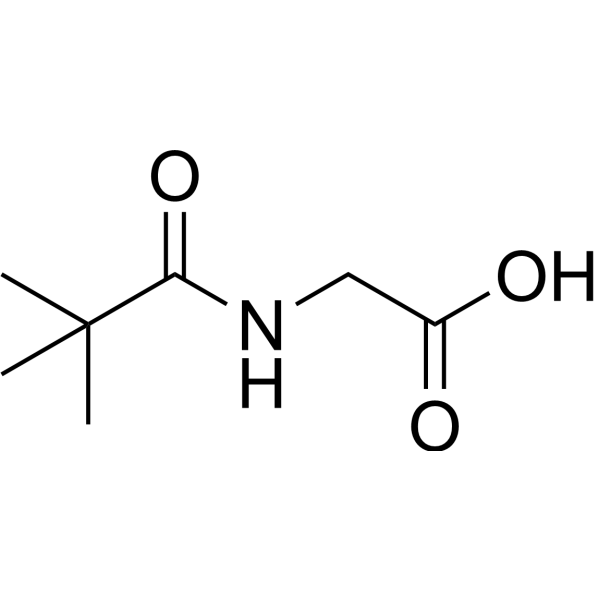
- HY-W141933
-
-
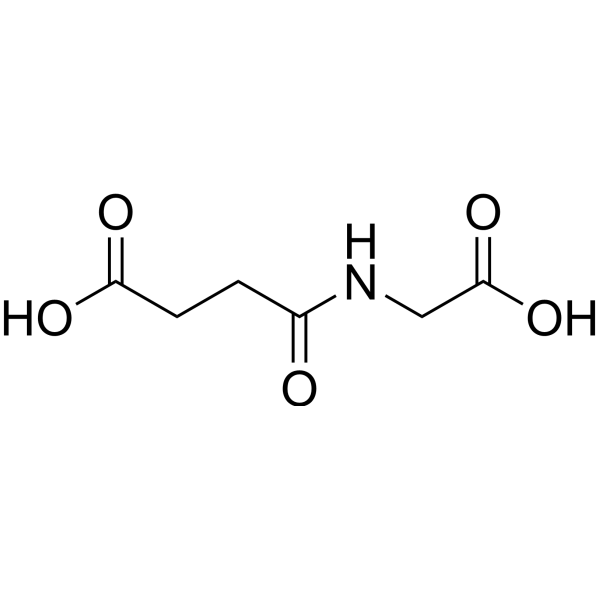
- HY-W141934
-
-
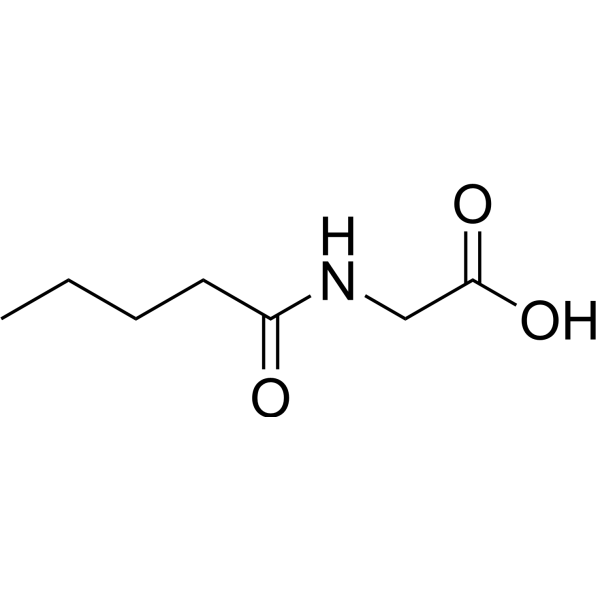
- HY-W001954
-
-
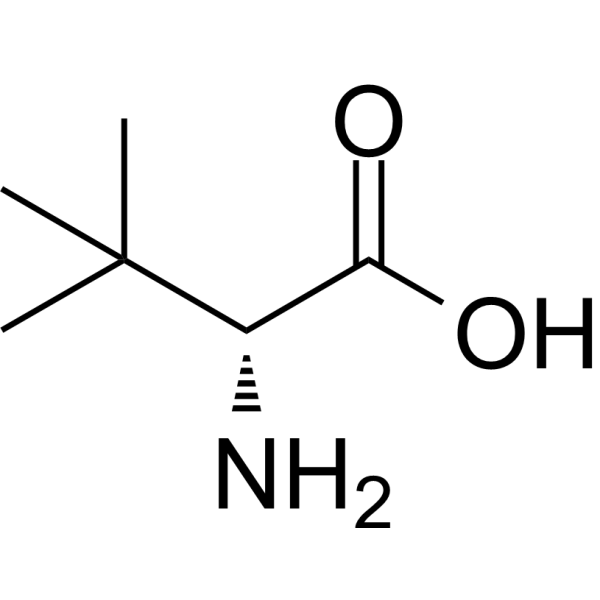
- HY-W002074
-
-
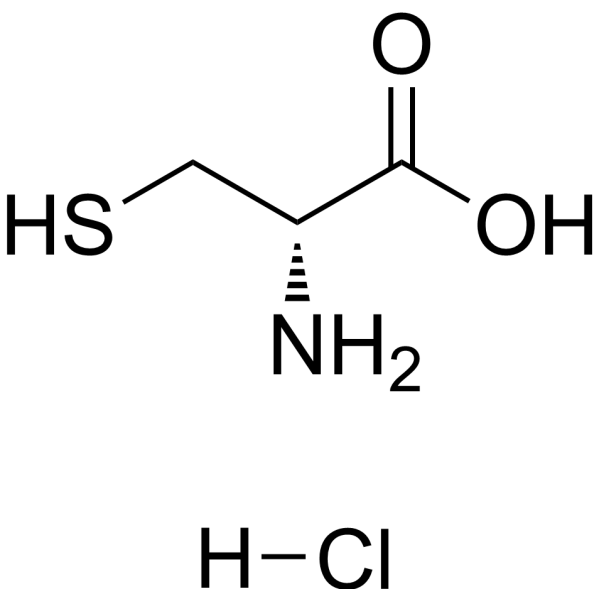
- HY-W002169
-
-

- HY-W002170
-
-
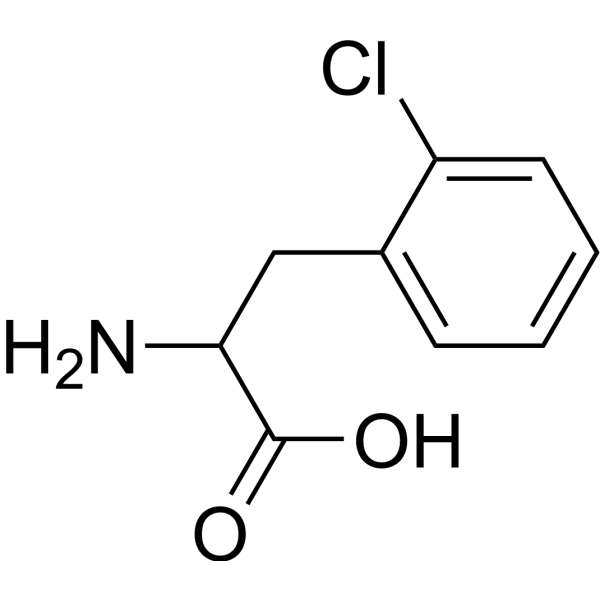
- HY-W002173
-
-
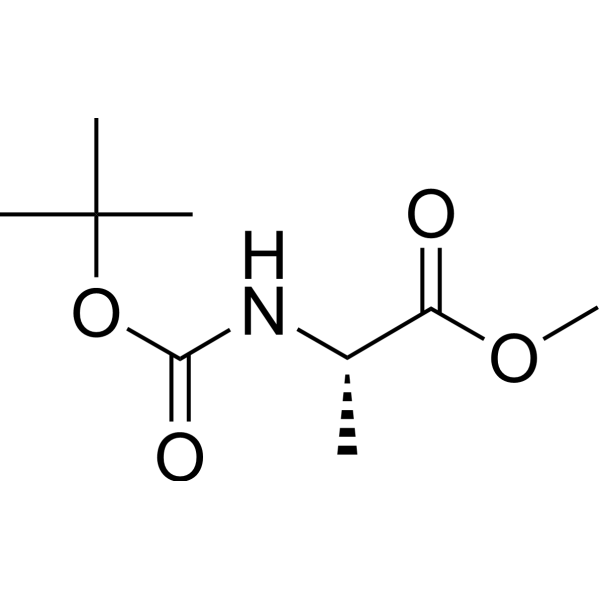
- HY-W002176
-
-
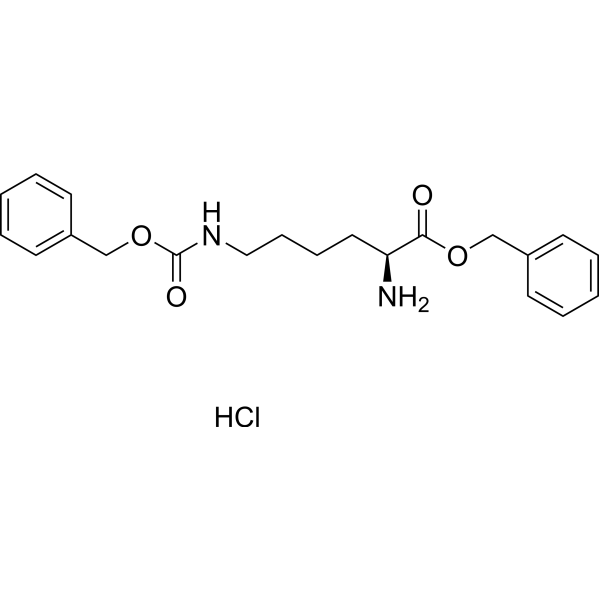
- HY-W002235
-
-

- HY-W141936
-
-
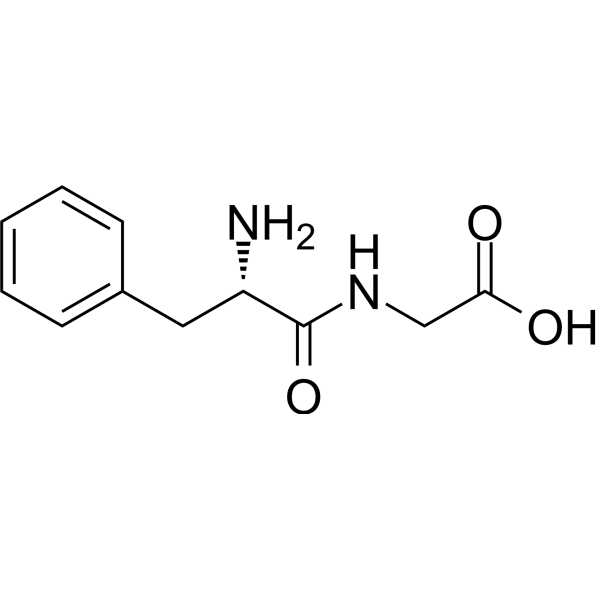
- HY-W002237
-
-
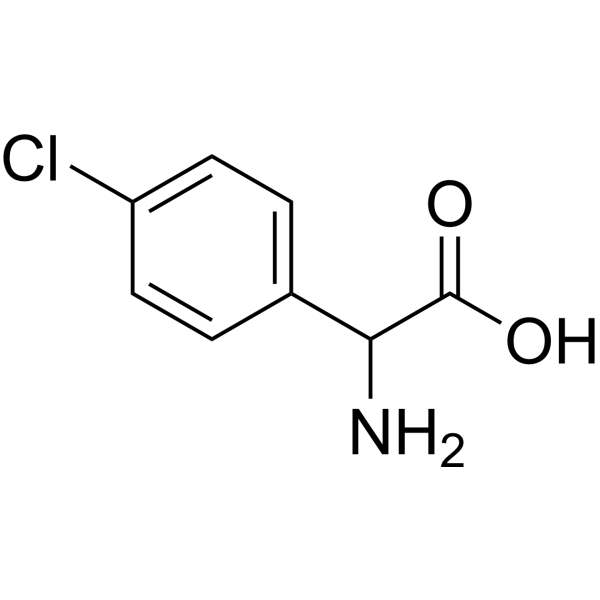
- HY-W002300
-
-
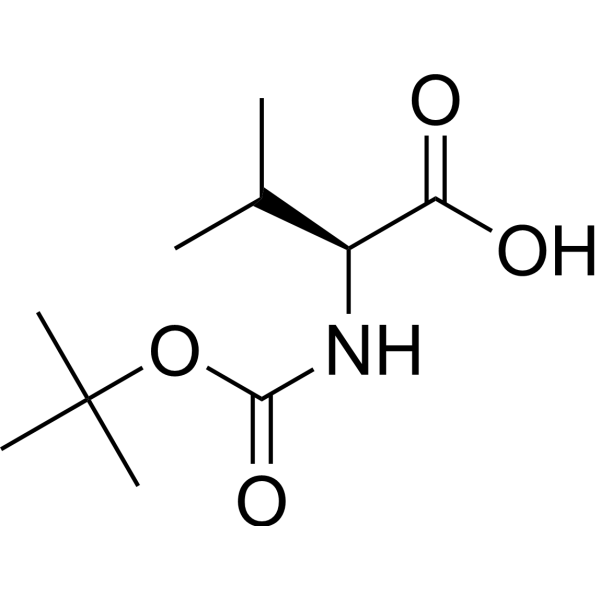
- HY-W002301
-
|
|
Amino Acid Derivatives
|
Others
|
|
(2S)-4-(benzyloxy)-2-{[(9H-fluoren-9-ylmethoxy)carbonyl]amino}-4-oxobutanoic acid is an aspartic acid derivative .
|
-
![(2S)-4-(benzyloxy)-2-{[(9H-fluoren-9-ylmethoxy)carbonyl]amino}-4-oxobutanoic acid](//file.medchemexpress.com/product_pic/hy-w002301.gif)
- HY-W002302
-
-
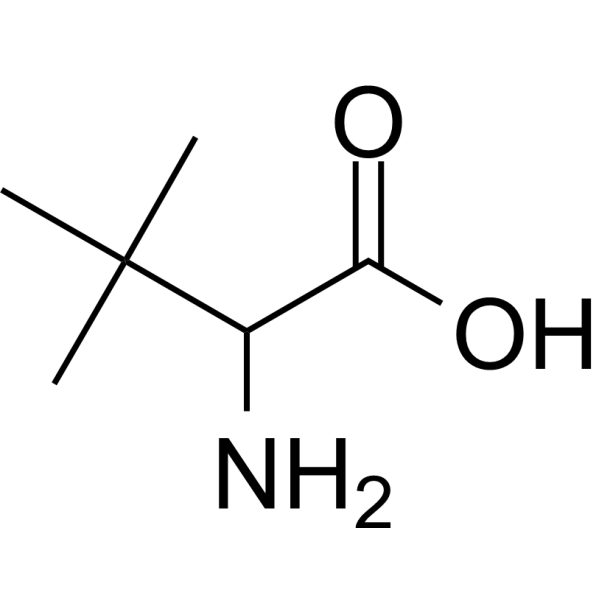
- HY-W002303
-
-
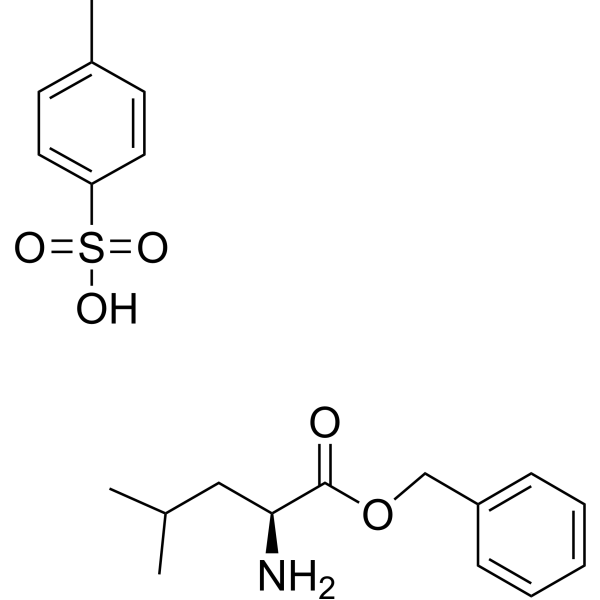
- HY-W002336
-
-
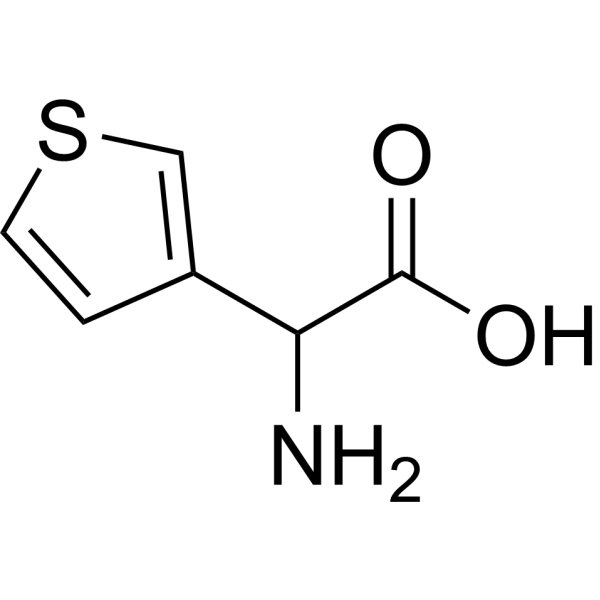
- HY-W141946
-
-
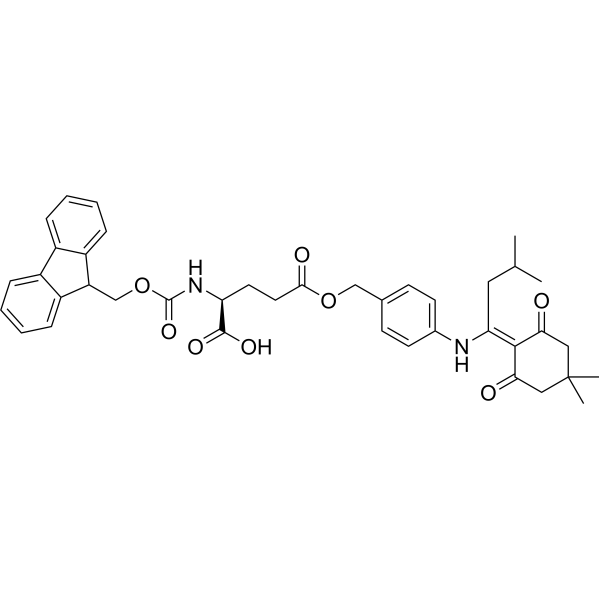
- HY-W022134
-
-
![N-[(9H-fluoren-9-ylmethoxy)carbonyl]-N-methylalanine](//file.medchemexpress.com/product_pic/hy-w022134.gif)
- HY-W022137
-
-
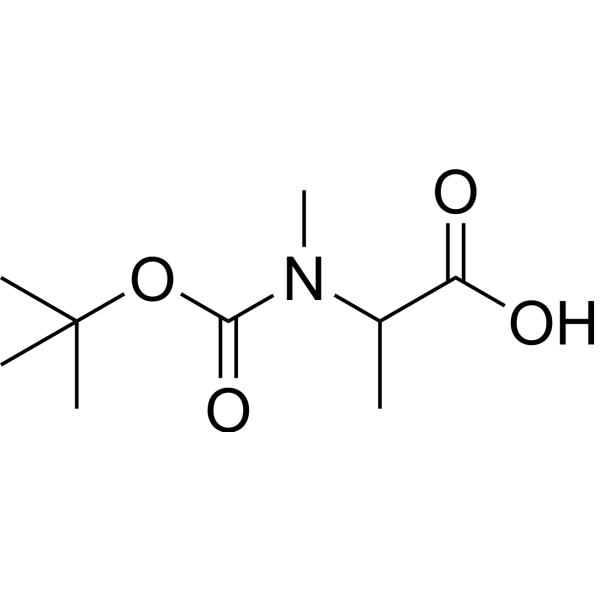
- HY-W002449
-
-
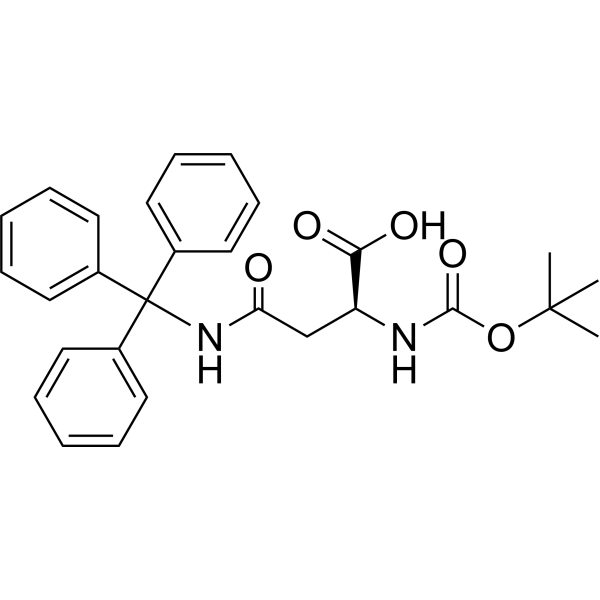
- HY-W002481
-
-
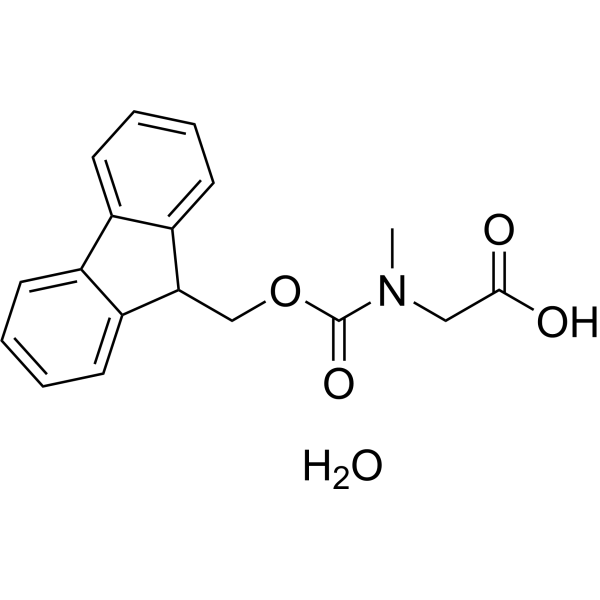
- HY-W002519
-
-
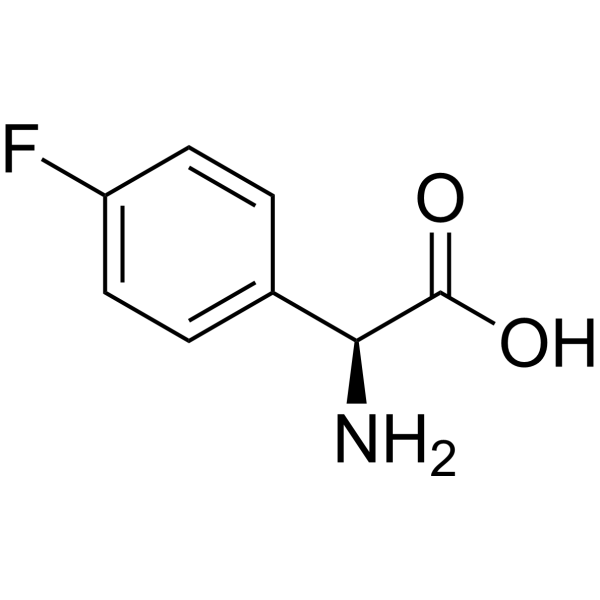
- HY-W022223
-
-

- HY-W002578
-
-

- HY-W002588
-
-
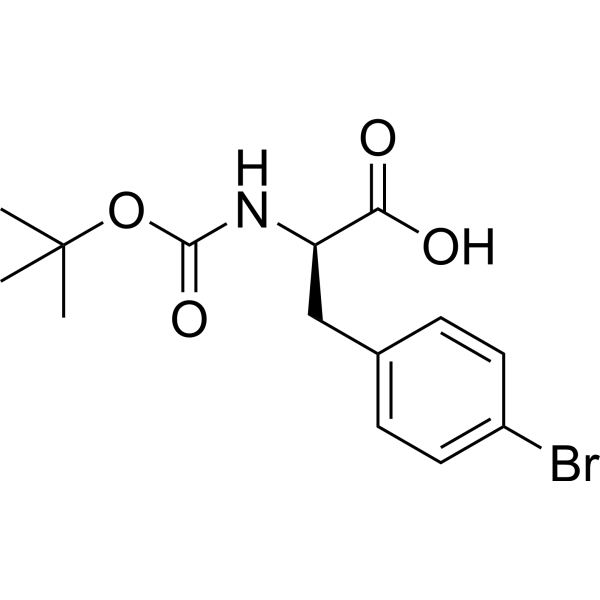
- HY-W022228
-
-
![N-[(9H-Fluoren-9-ylmethoxy)carbonyl]-<em>3</em>-methoxy-L-phenylalanine](//file.medchemexpress.com/product_pic/hy-w022228.gif)
- HY-W003225
-
-

- HY-W141960
-
-
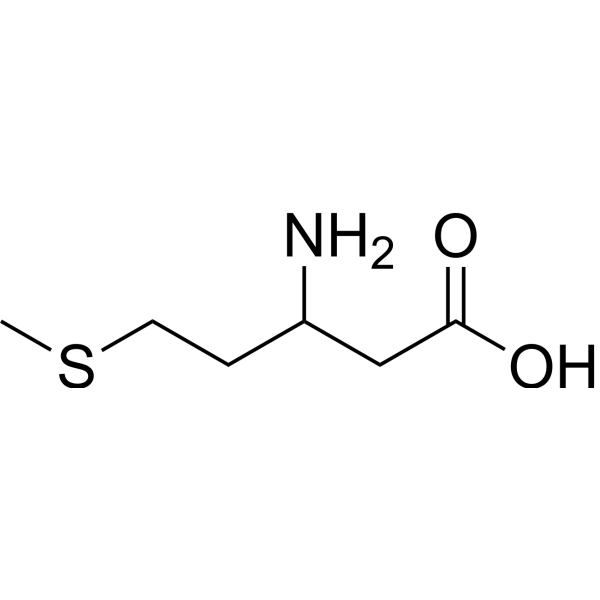
- HY-W003985
-
-

- HY-W141962
-
-

- HY-W141963
-
-
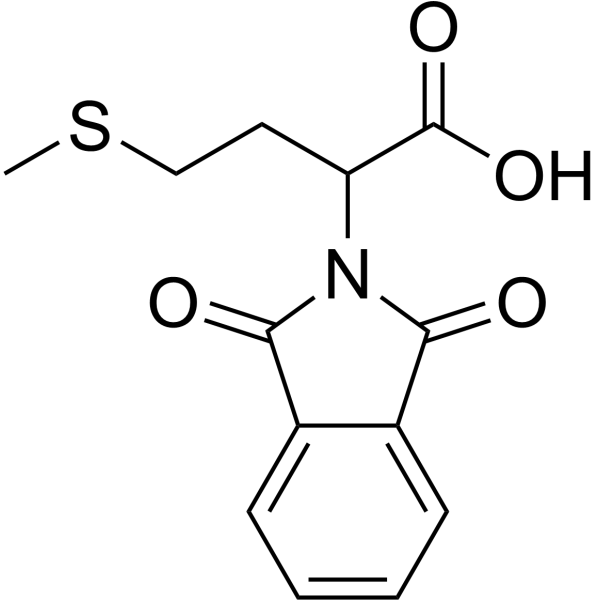
- HY-W004063
-
-
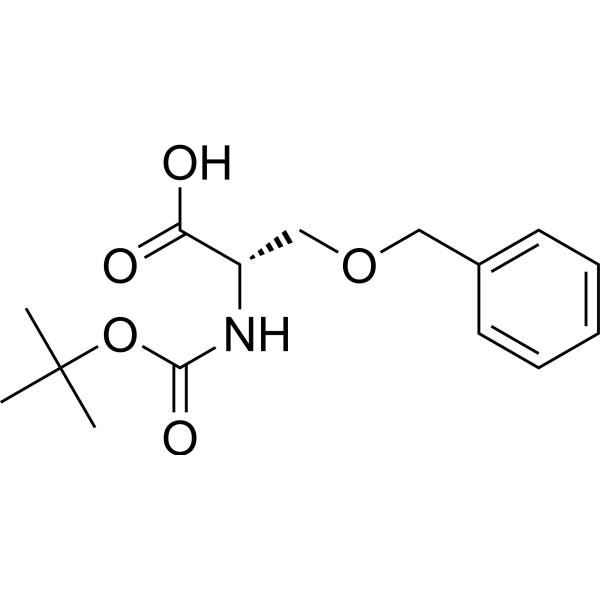
- HY-W004064
-
-
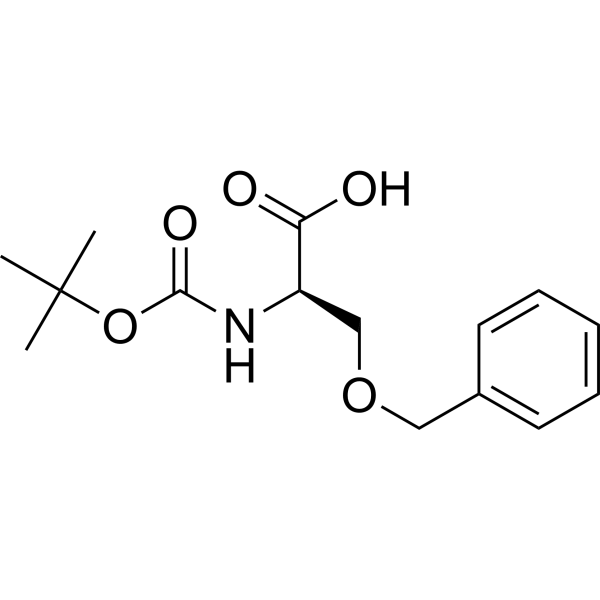
- HY-W004083
-
-
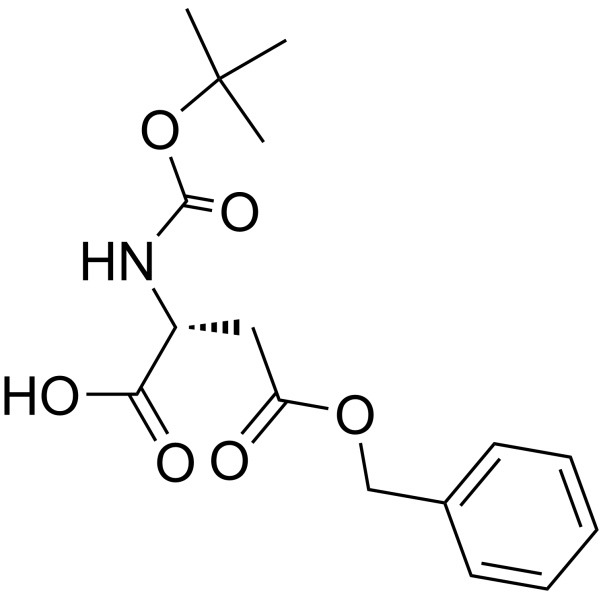
- HY-W022281
-
-
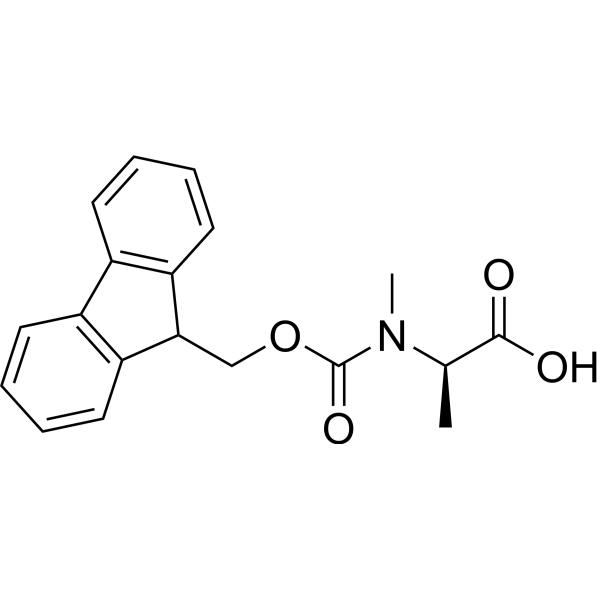
- HY-W004861
-
-

- HY-W022405
-
-
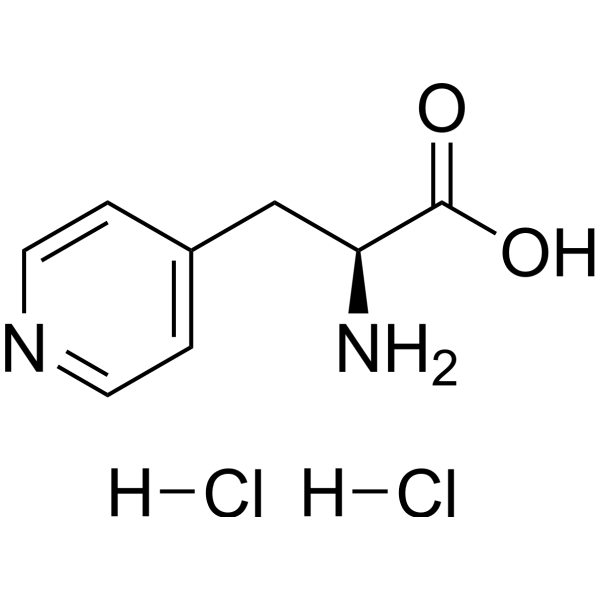
- HY-W005014
-
-

- HY-W005117
-
-

- HY-W022444
-
-
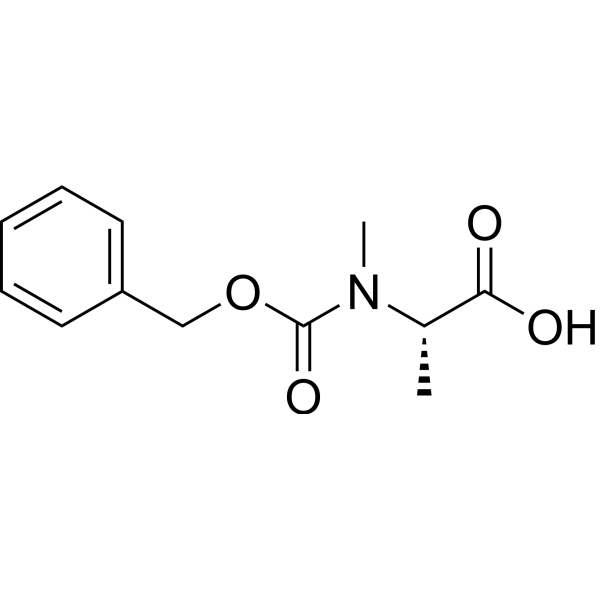
- HY-W005143
-
-
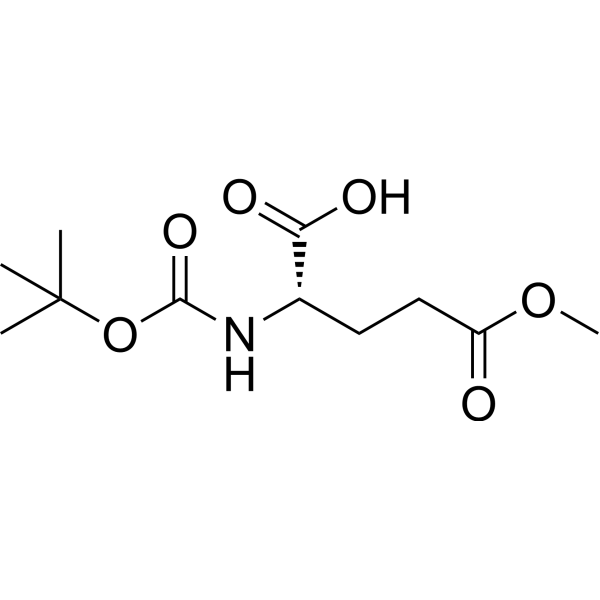
- HY-W005144
-
-
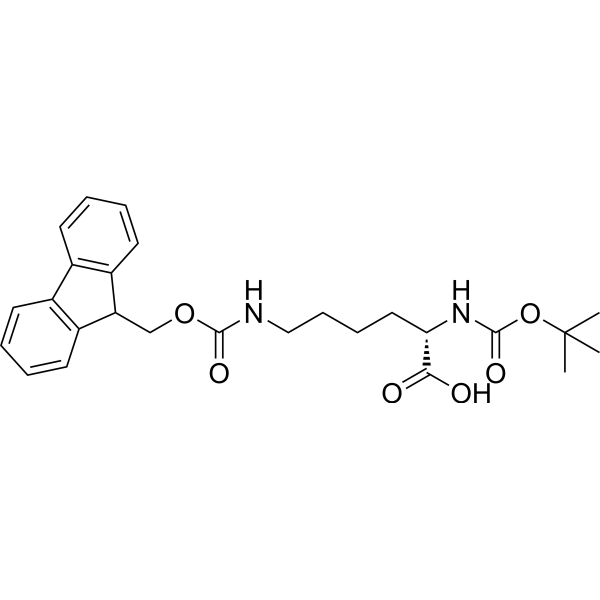
- HY-W022471
-
-
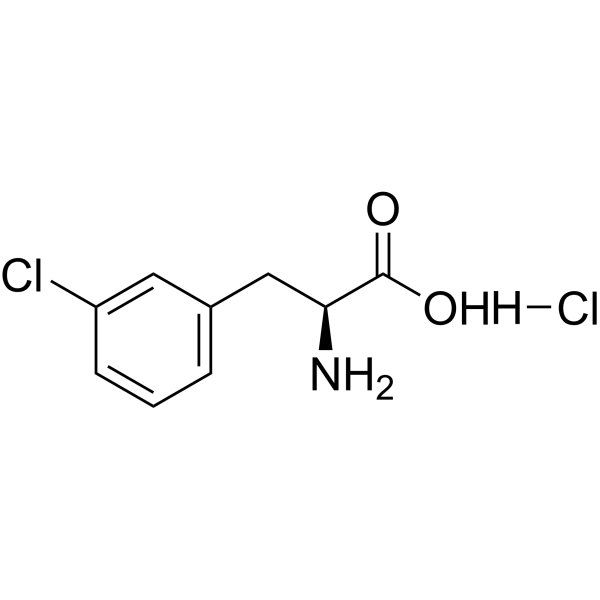
- HY-W022536
-
-
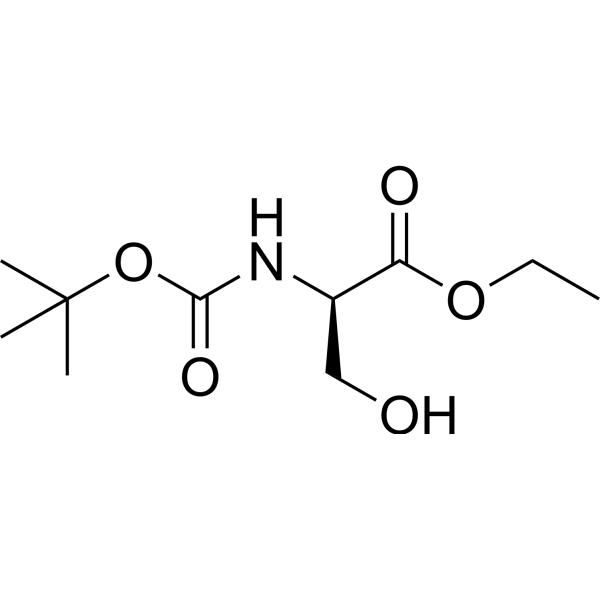
- HY-W005720
-
-
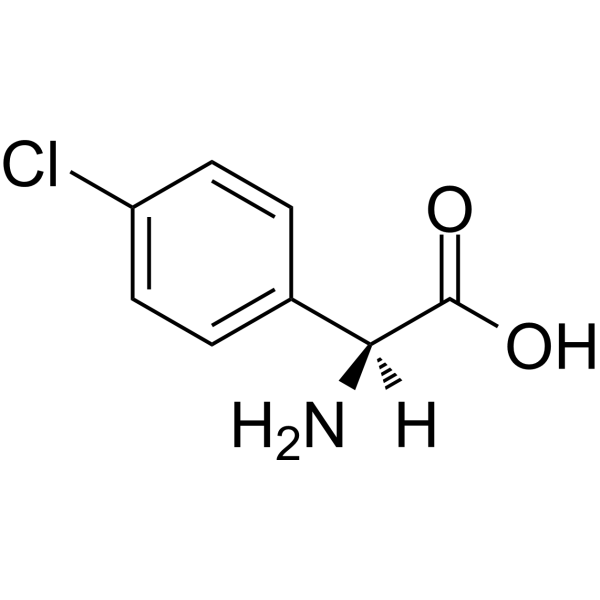
- HY-W005759
-
-

- HY-W005815
-
-

- HY-W022630
-
-
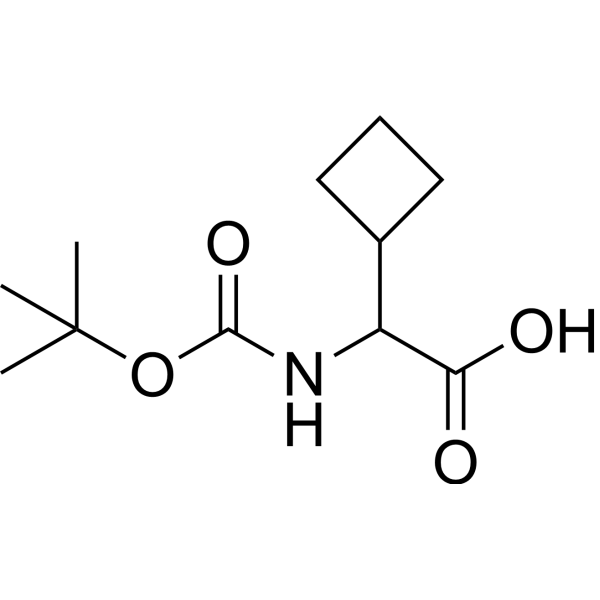
- HY-W005883
-
-

- HY-W141985
-
-

- HY-W022823
-
-
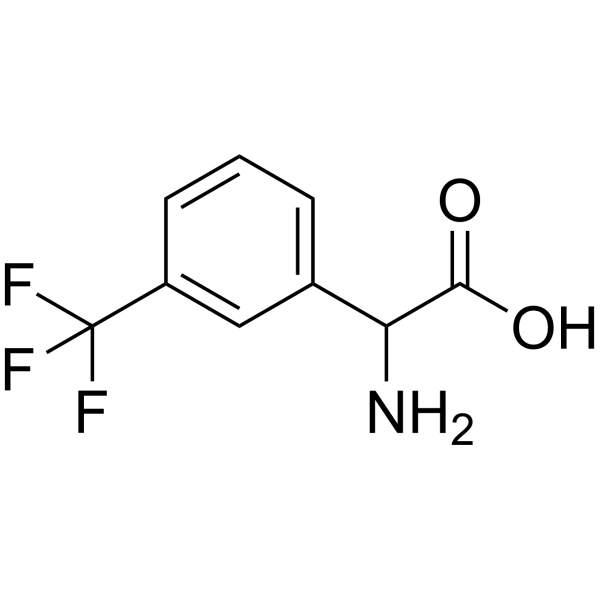
- HY-W005891
-
-
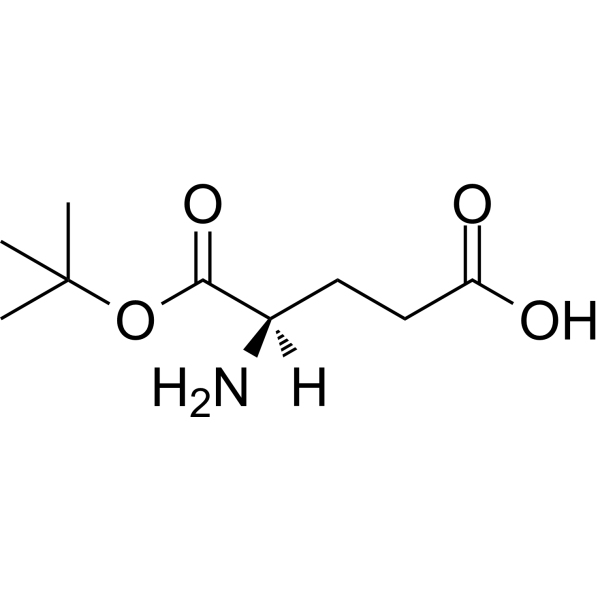
- HY-W023145
-
-
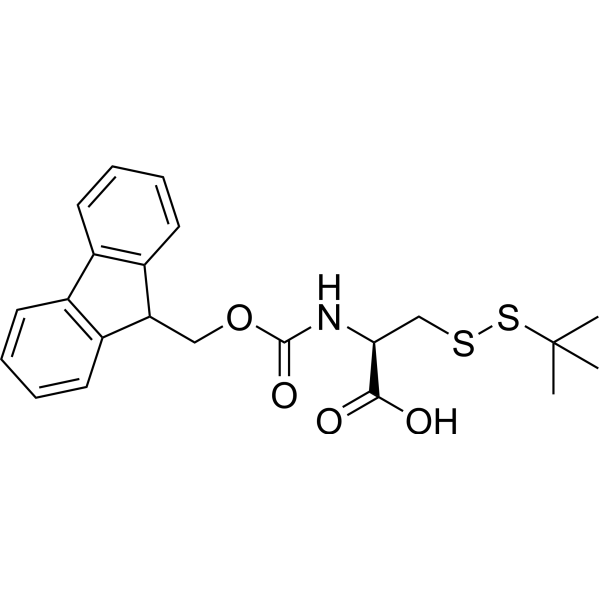
- HY-W141987
-
-
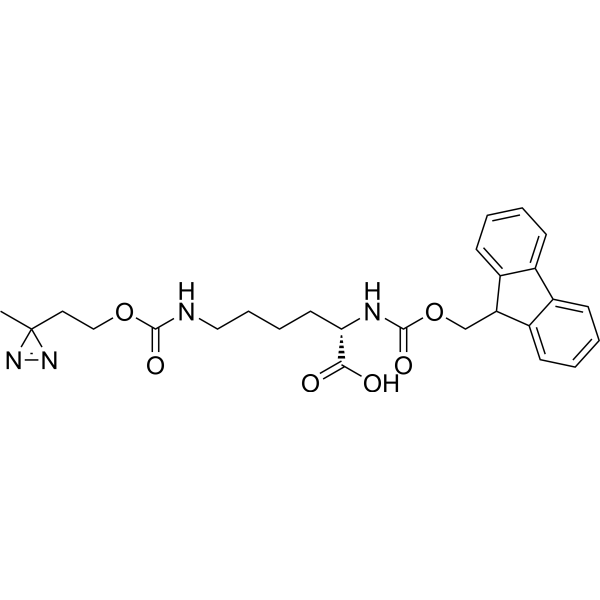
- HY-W023493
-
|
2-Aminopent-4-enoic acid
|
Amino Acid Derivatives
|
Neurological Disease
|
|
DL-Allylglycine (2-Aminopent-4-enoic acid) is a glutamate decarboxylase (GAD) inhibitor. DL-Allylglycine has convulsant activity that can be used in studies to induce epileptic seizures .
|
-
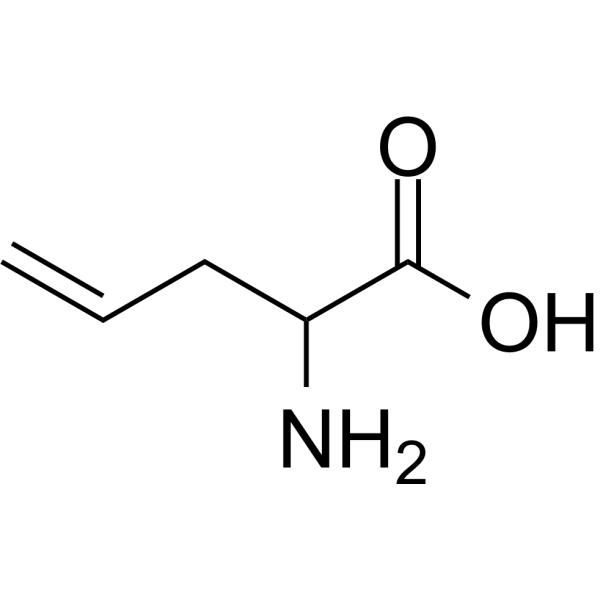
- HY-W024554
-
-
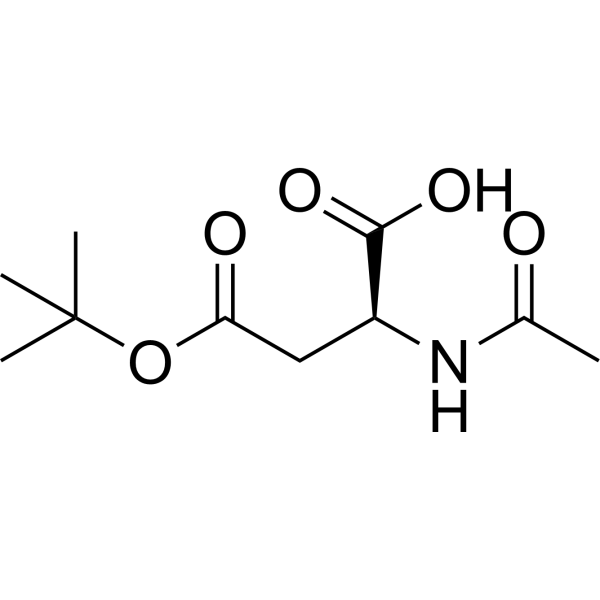
- HY-W006062
-
-

- HY-W025807
-
-
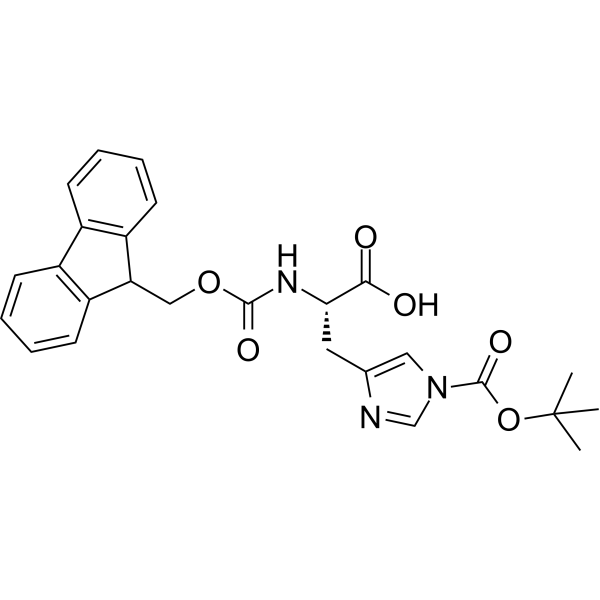
- HY-W141990
-
-
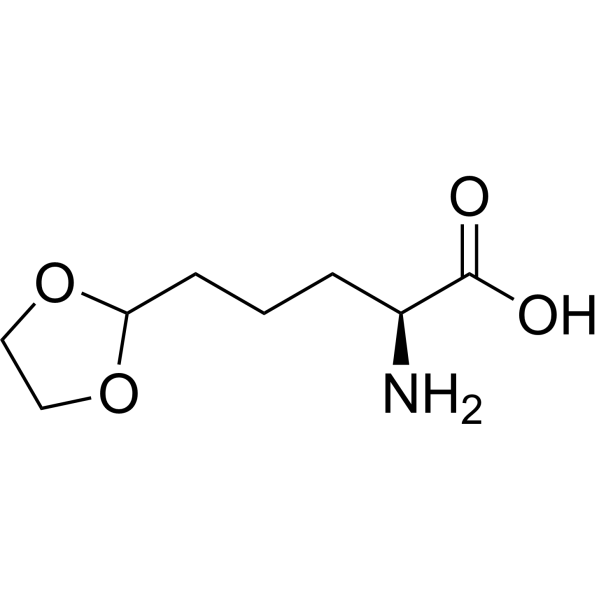
- HY-W006152
-
-
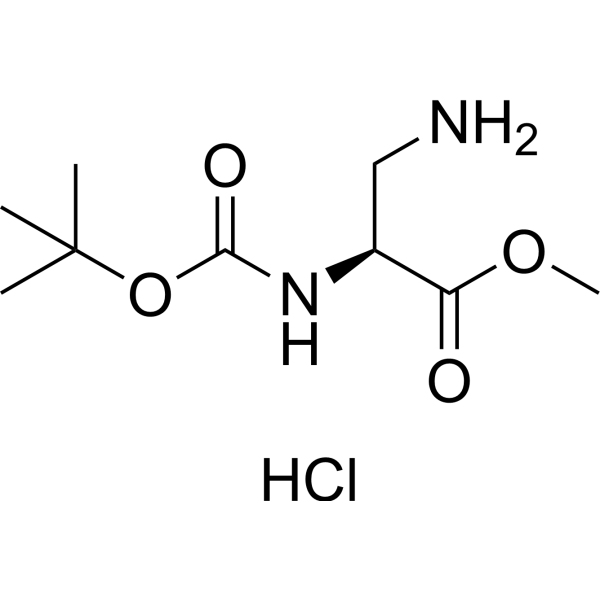
- HY-W026072
-
-
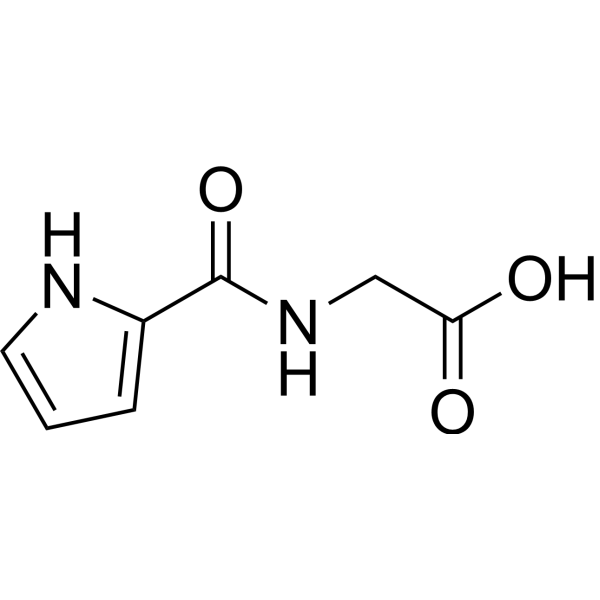
- HY-W006185
-
-

- HY-W026894
-
-

- HY-W142000
-
-

- HY-W027230
-
-
![N-[4-(Morpholin-4-ylsulfonyl)benzoyl]glycine](//file.medchemexpress.com/product_pic/hy-w027230.gif)
- HY-W142003
-
-
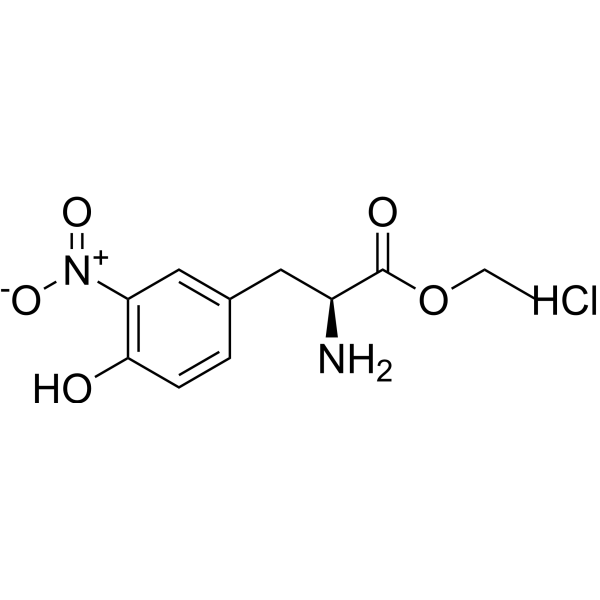
- HY-W142008
-
-
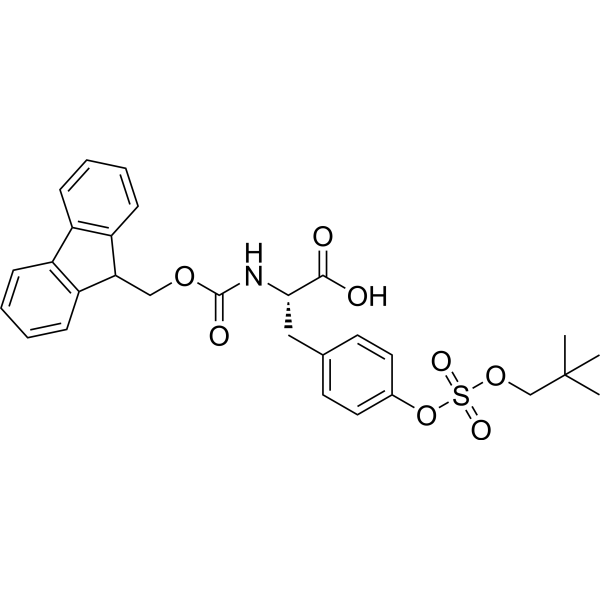
- HY-W142009
-
-

- HY-W007020
-
-
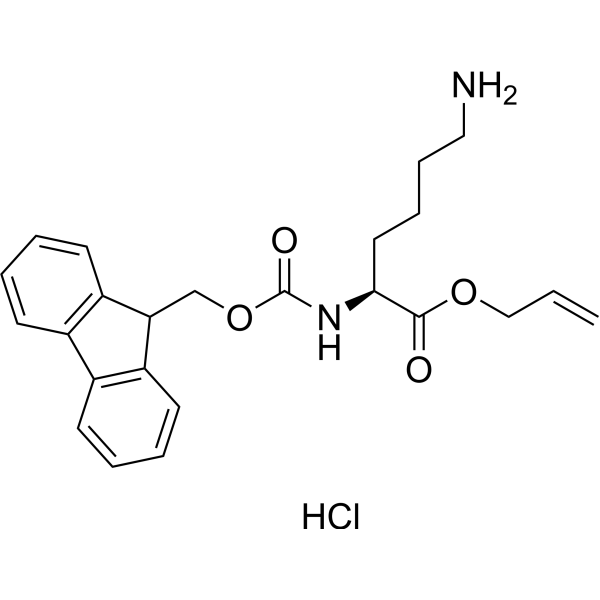
- HY-W007108
-
-
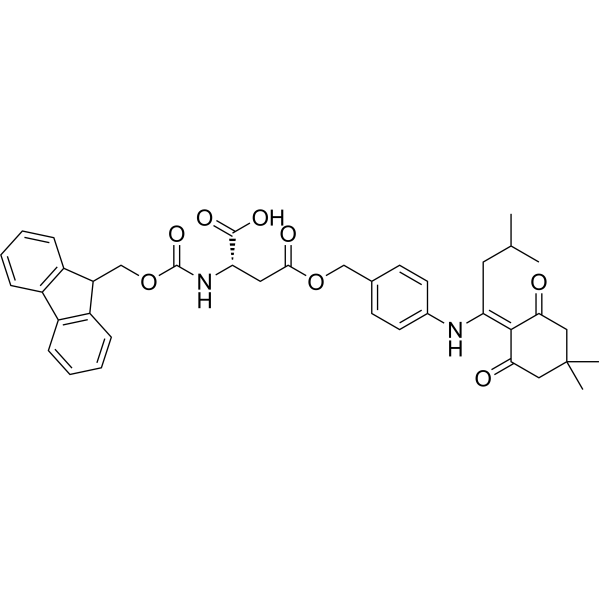
- HY-W007136
-
-

- HY-W142019
-
-
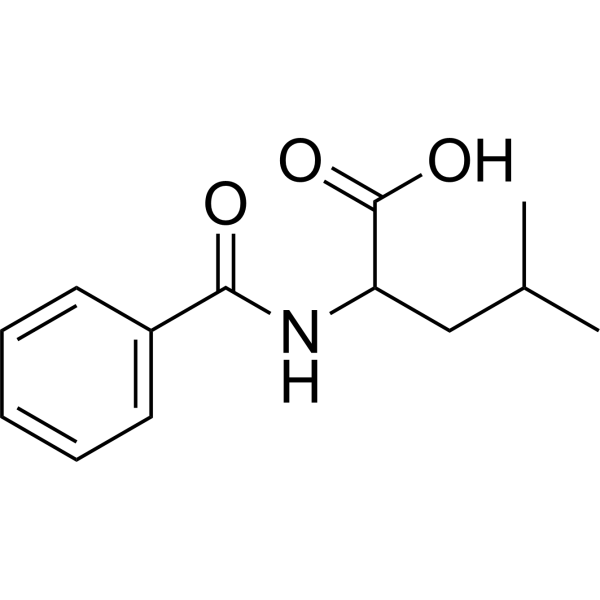
- HY-W007399
-
-

- HY-W007408
-
-
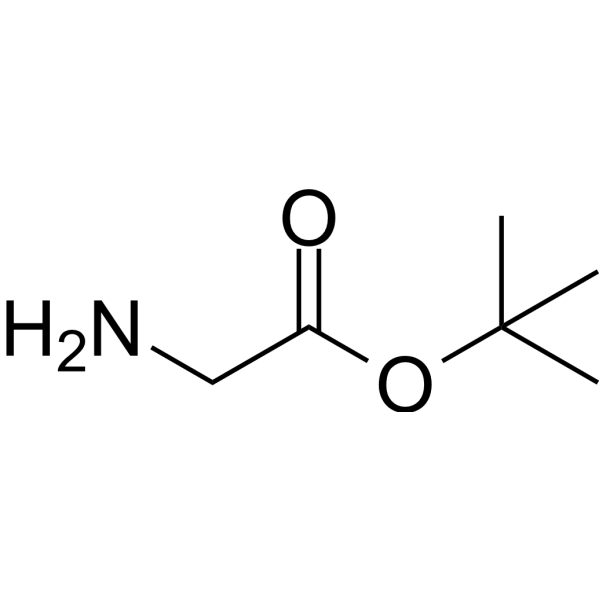
- HY-W007573
-
-
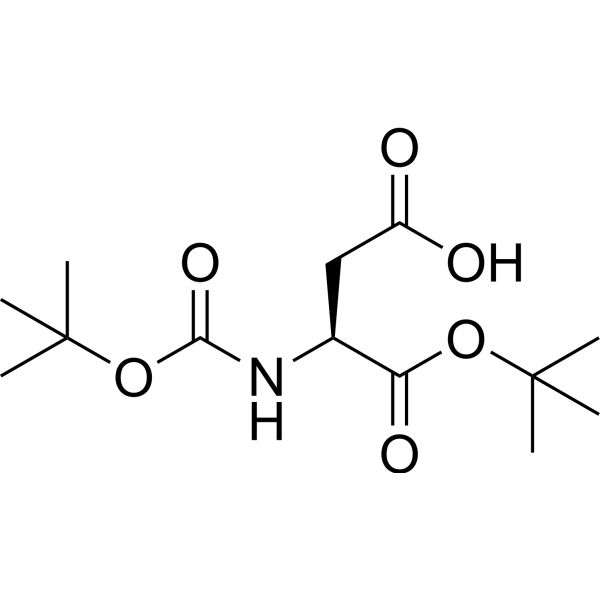
- HY-W142023
-
-
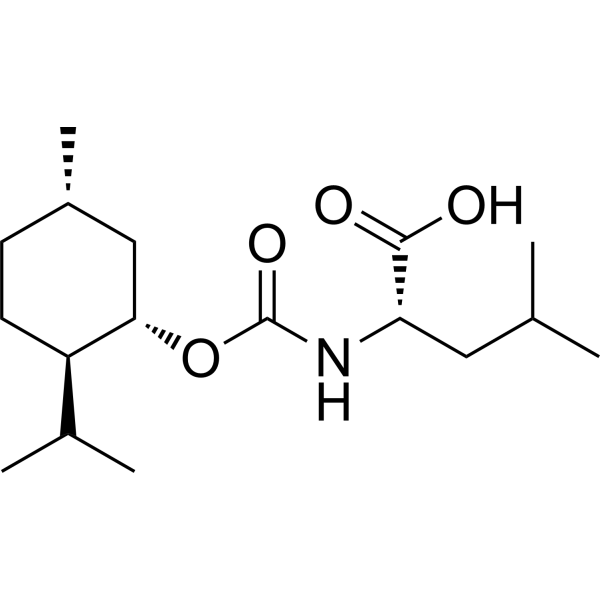
- HY-W007578
-
-
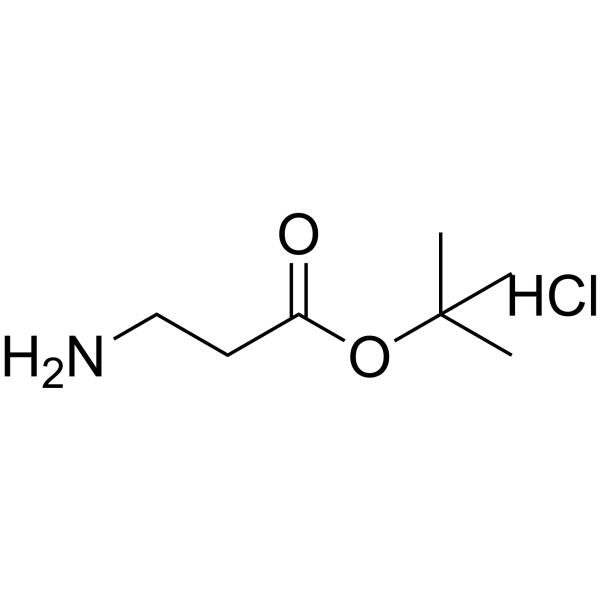
- HY-W007615
-
-
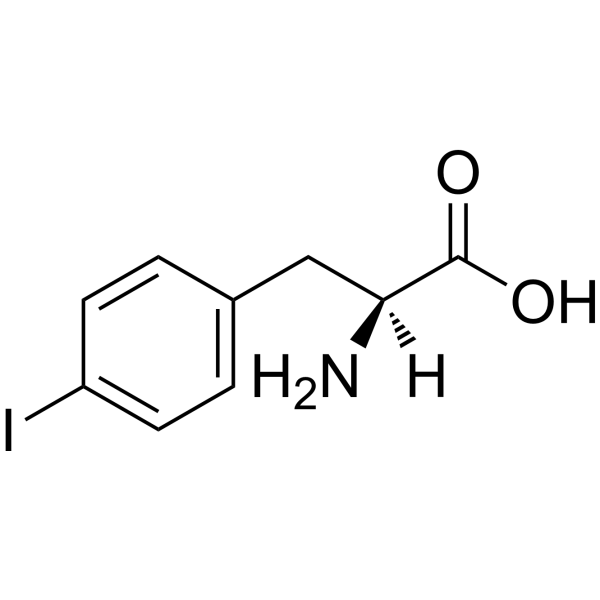
- HY-W007706
-
-
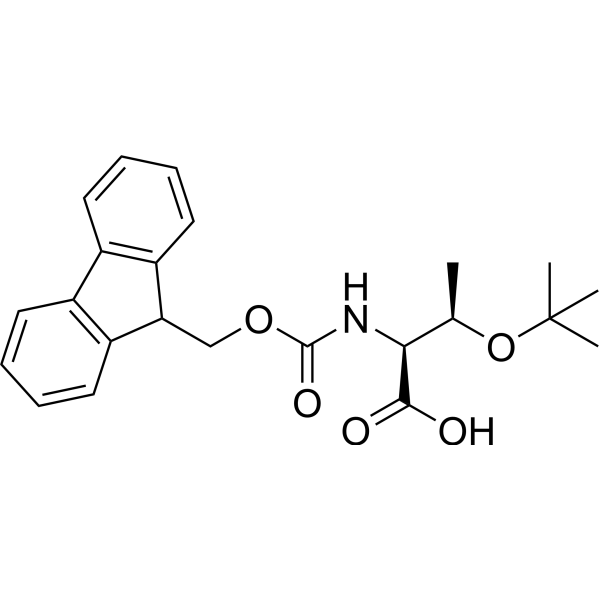
- HY-W007720
-
-

- HY-W007722A
-
-
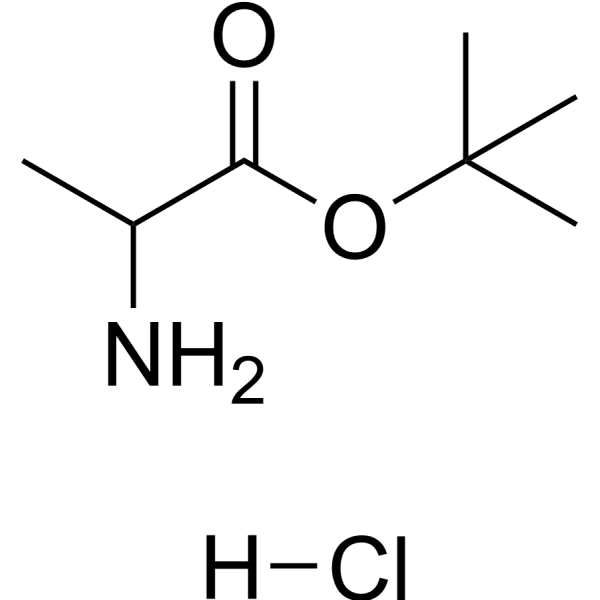
- HY-W007750
-
-
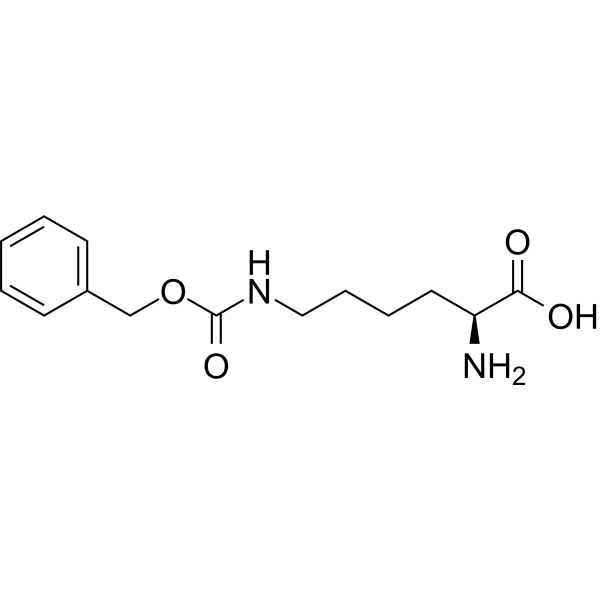
- HY-W007766
-
-

- HY-W142035
-
-

- HY-W007842
-
-
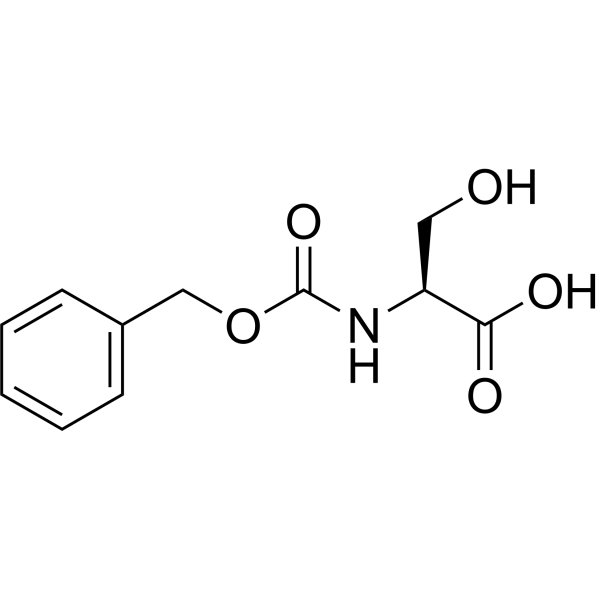
- HY-W007941
-
-

- HY-W008016
-
-
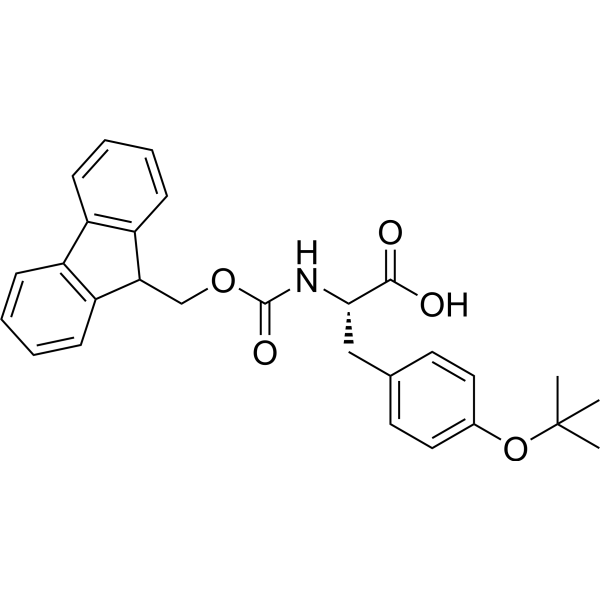
- HY-W142044
-
-

- HY-W008028
-
-
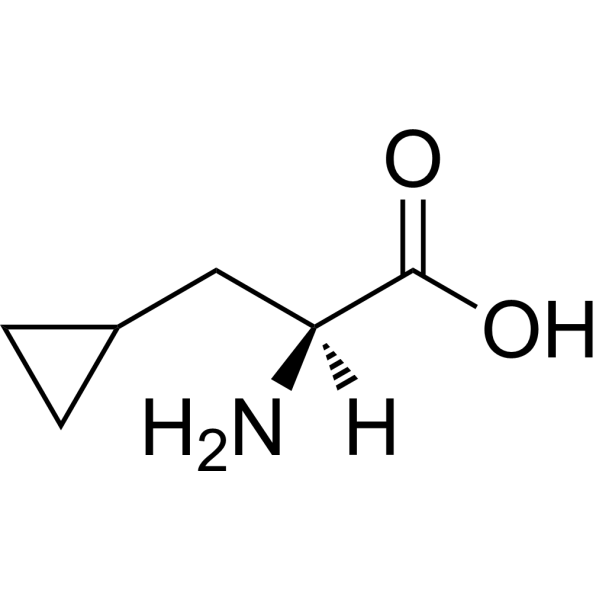
- HY-W008029
-
-
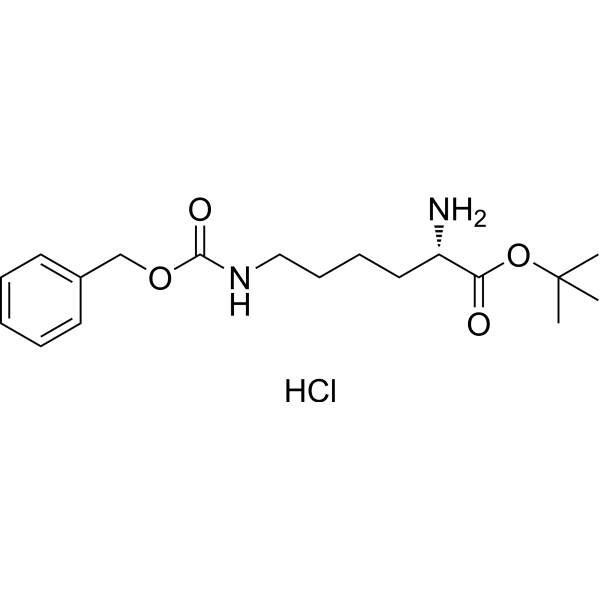
- HY-W008061
-
-
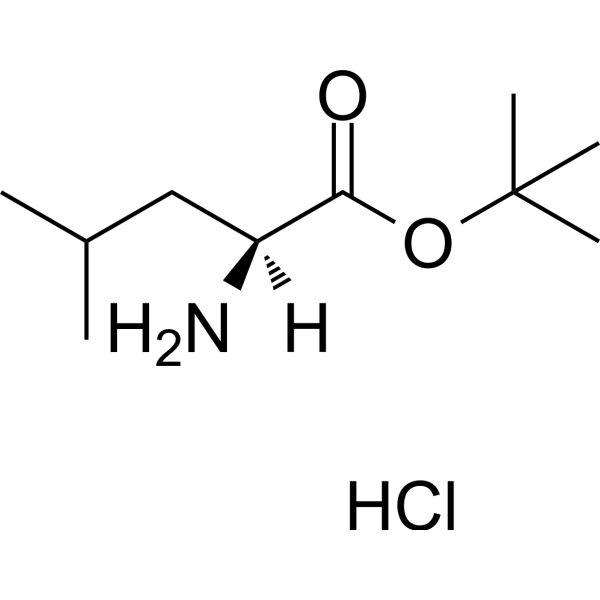
- HY-W008072
-
-
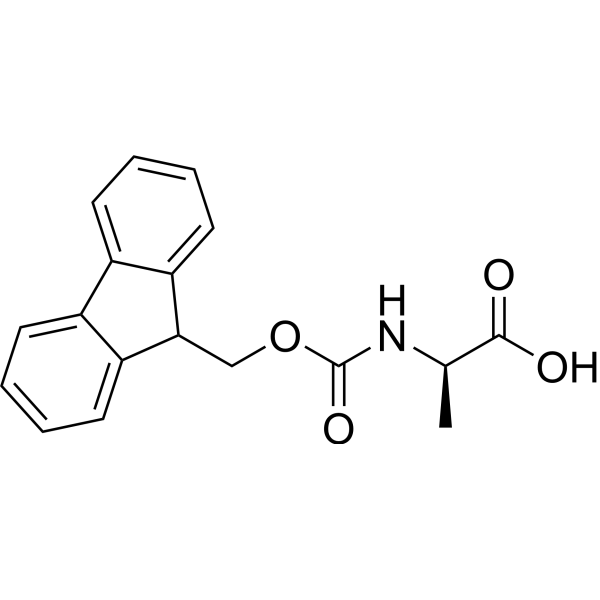
- HY-W008077
-
-

- HY-W008086
-
-
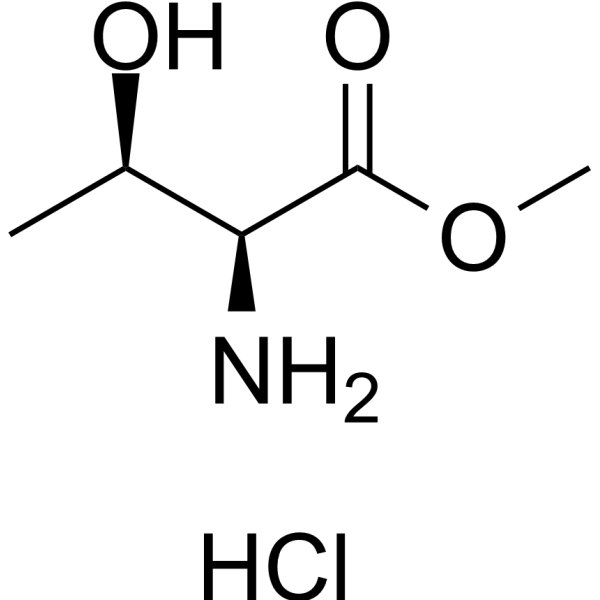
- HY-W008113
-
-
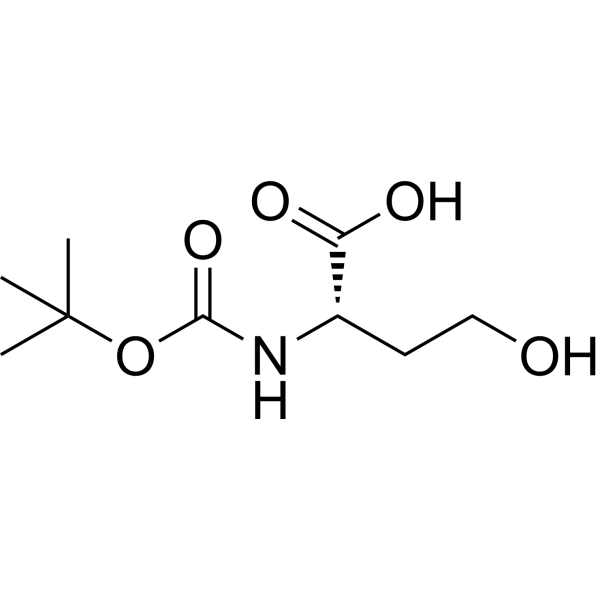
- HY-W008134
-
-

- HY-W032681
-
-
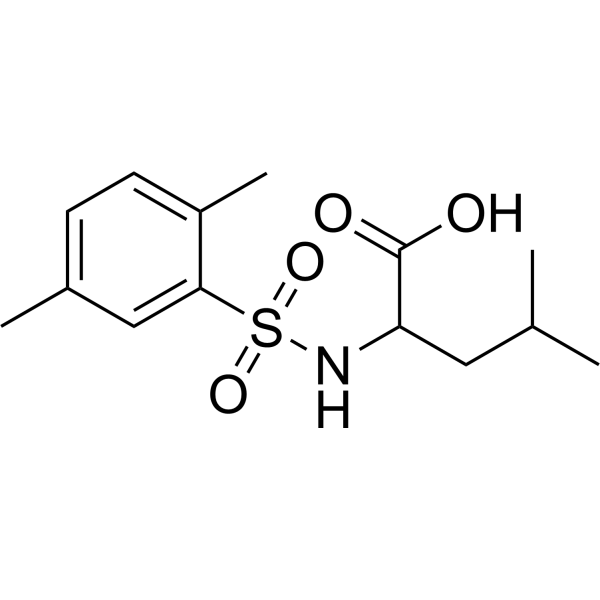
- HY-W032689
-
-
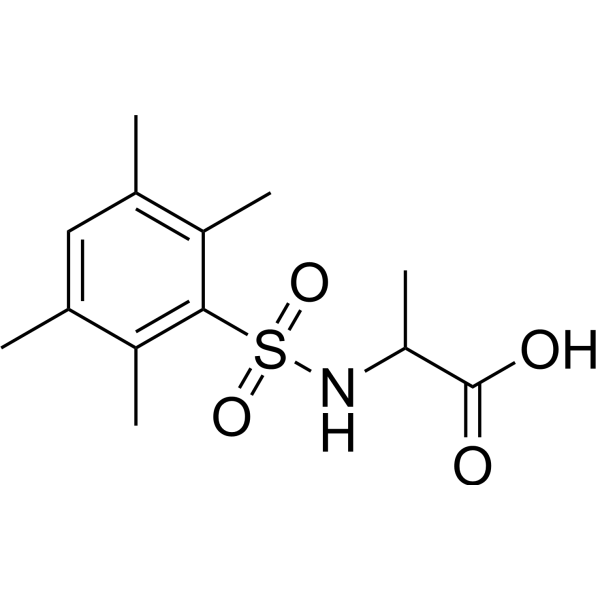
- HY-W142062
-
|
|
Amino Acid Derivatives
|
Others
|
|
cis-Fmoc-Pro(4-N3)-OH is a proline derivative . cis-Fmoc-Pro(4-N3)-OH is a click chemistry reagent, it contains an Azide group and can undergo copper-catalyzed azide-alkyne cycloaddition reaction (CuAAc) with molecules containing Alkyne groups. Strain-promoted alkyne-azide cycloaddition (SPAAC) can also occur with molecules containing DBCO or BCN groups.
|
-

- HY-W035914
-
-
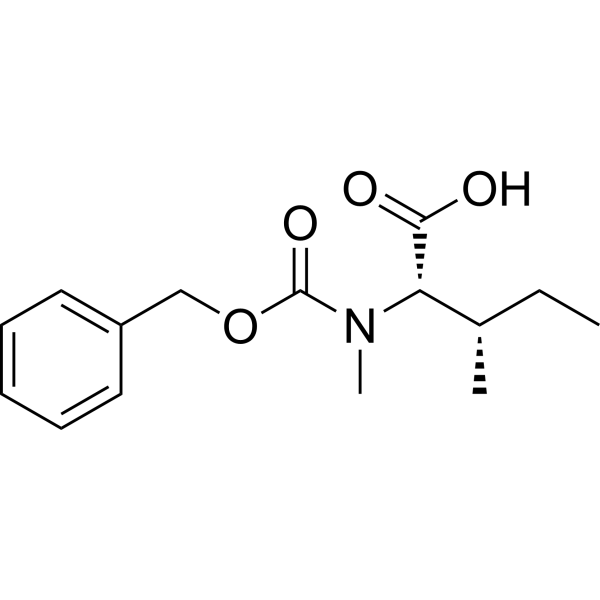
- HY-W008156
-
-
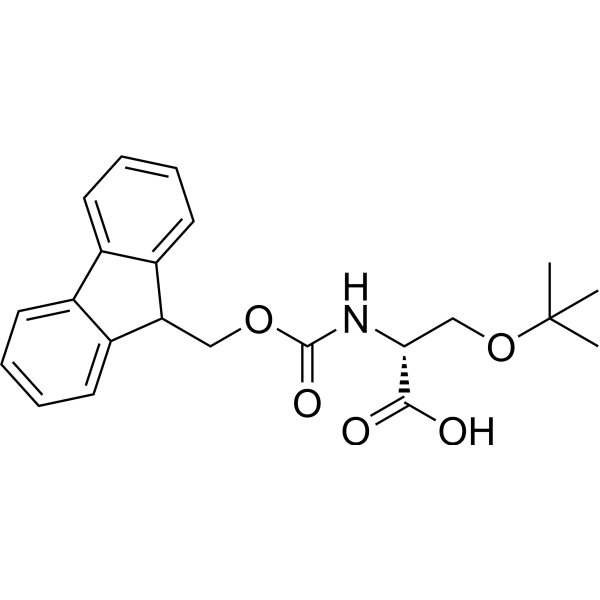
- HY-W142081
-
-
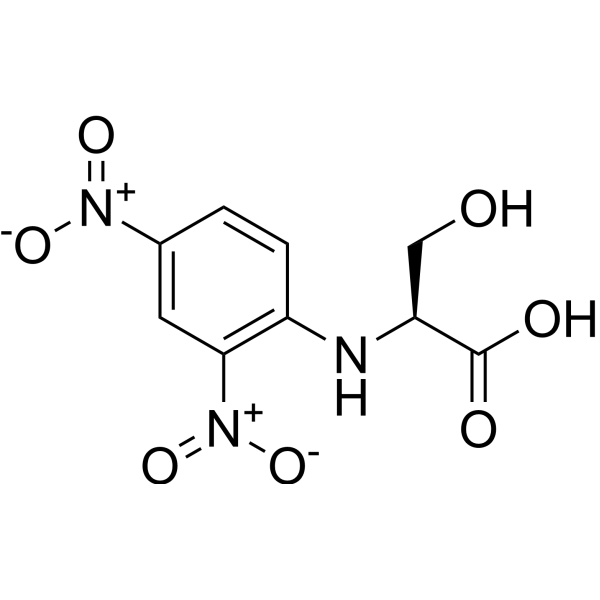
- HY-W008176
-
-
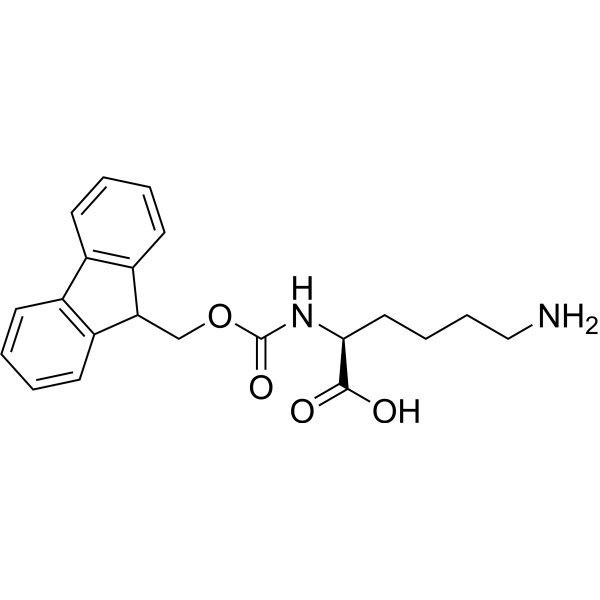
- HY-W008178
-
-
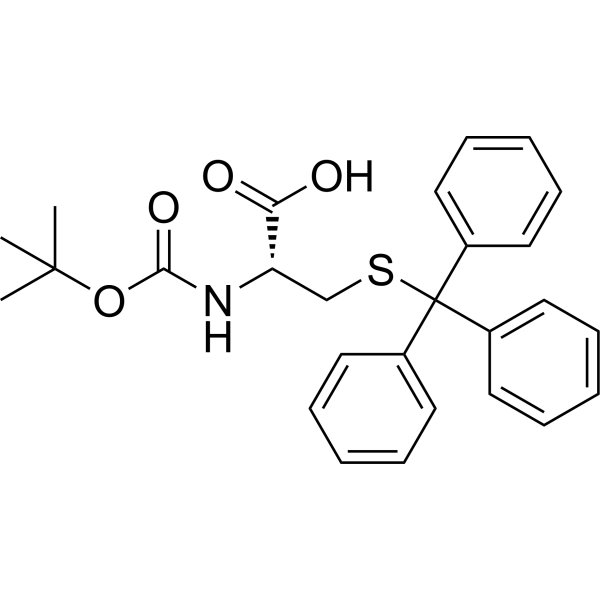
- HY-W008179
-
-
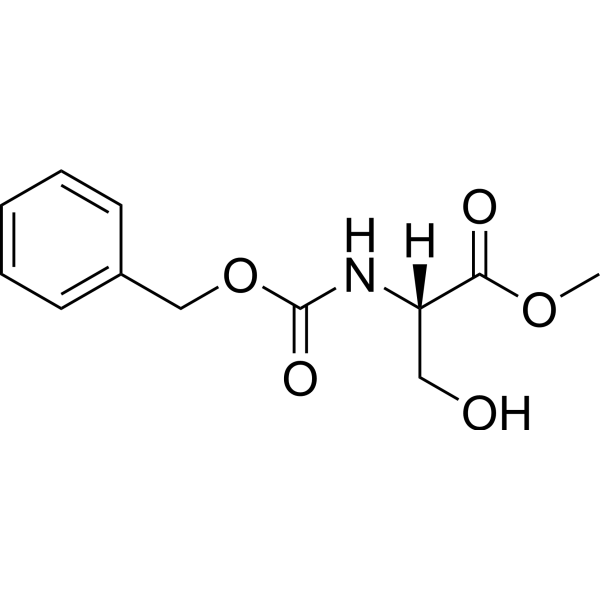
- HY-W008182
-
-
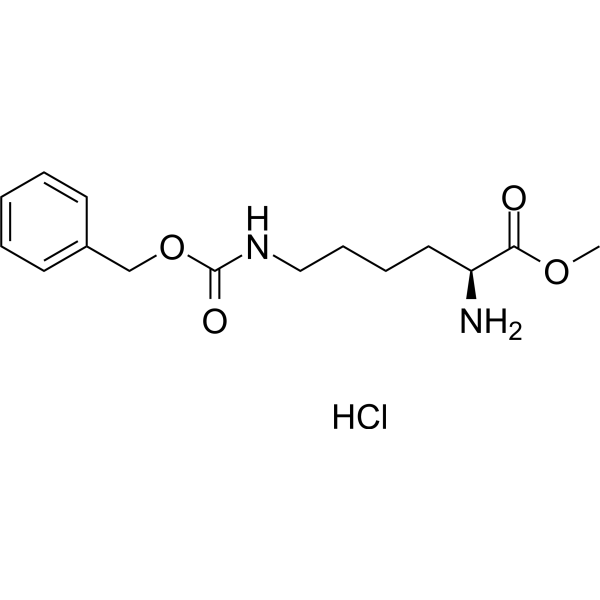
- HY-W008183
-
-
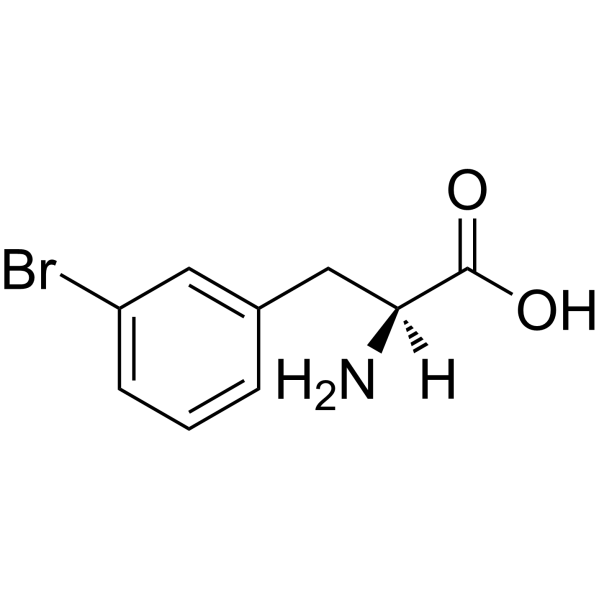
- HY-W008196
-
-
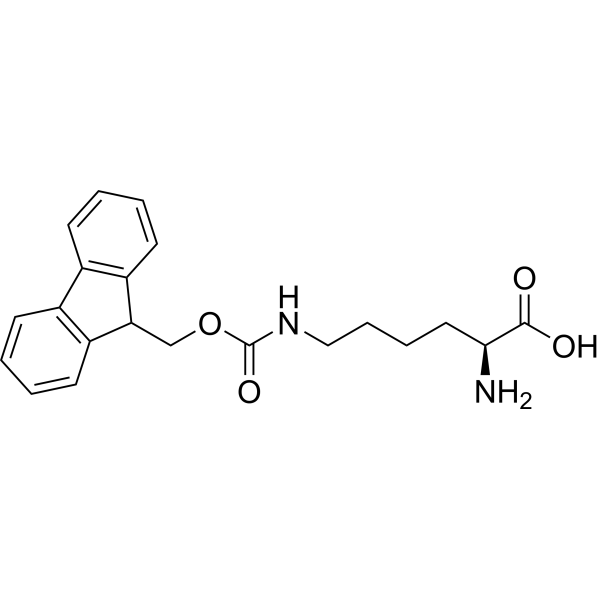
- HY-W036320
-
|
|
Amino Acid Derivatives
|
Others
|
|
N2-(((9H-Fluoren-9-yl)methoxy)carbonyl)-Nw-((4-methoxy-2,3,6-trimethylphenyl)sulfonyl)-N2-methyl-L-arginine is an arginine derivative .
|
-
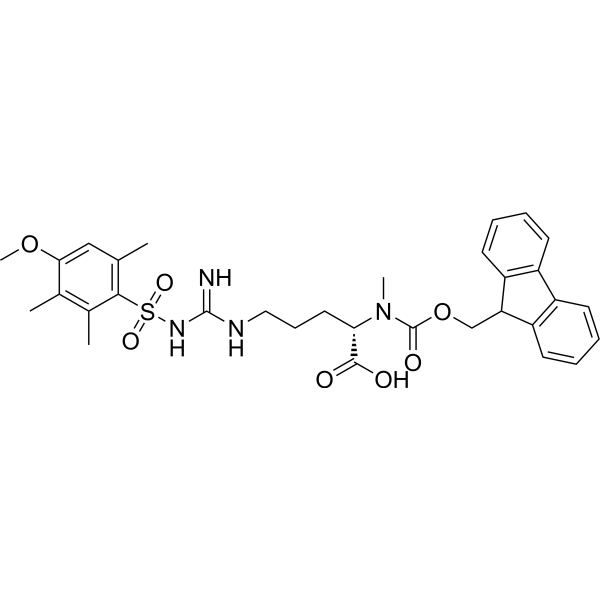
- HY-W036329
-
-
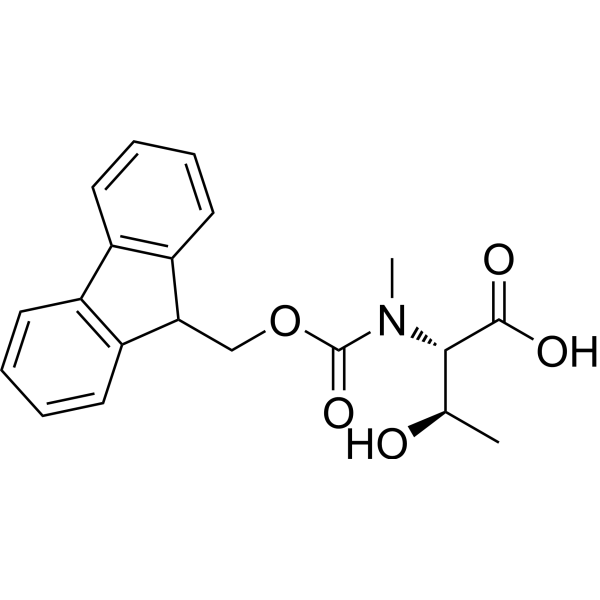
- HY-W037120
-
|
|
Amino Acid Derivatives
|
Others
|
|
N-(((9H-Fluoren-9-yl)methoxy)carbonyl)-S-((4-methoxyphenyl)diphenylmethyl)-D-cysteine is a cysteine derivative .
|
-
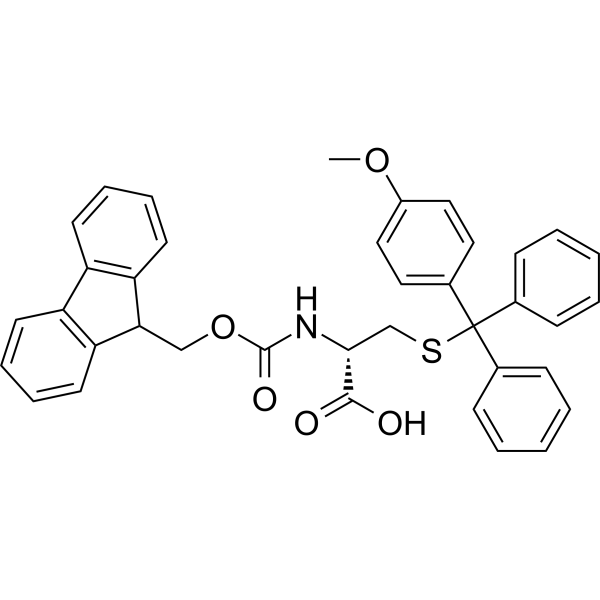
- HY-W008219
-
-
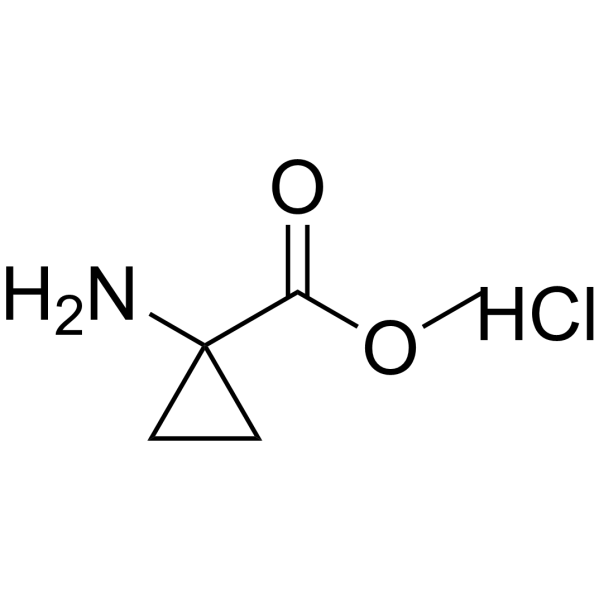
- HY-W037441
-
-

- HY-W008233
-
-
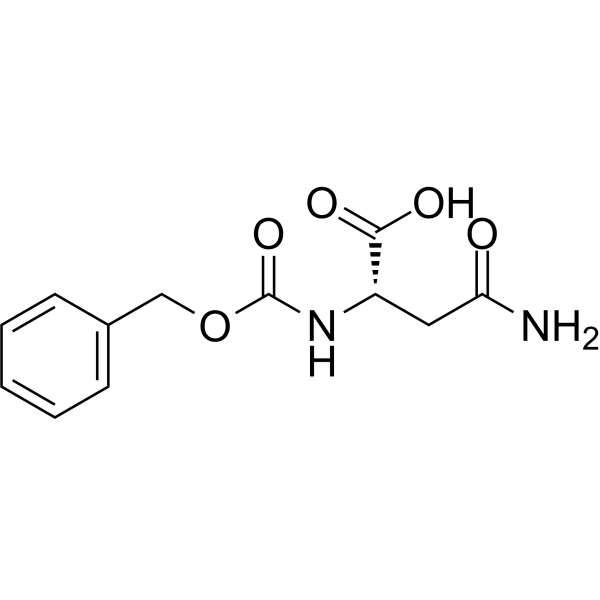
- HY-W008255
-
-
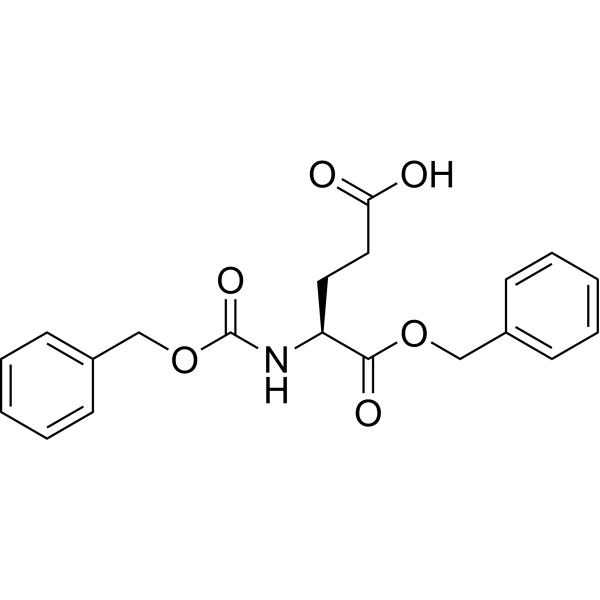
- HY-W008261
-
-

- HY-W008269
-
-
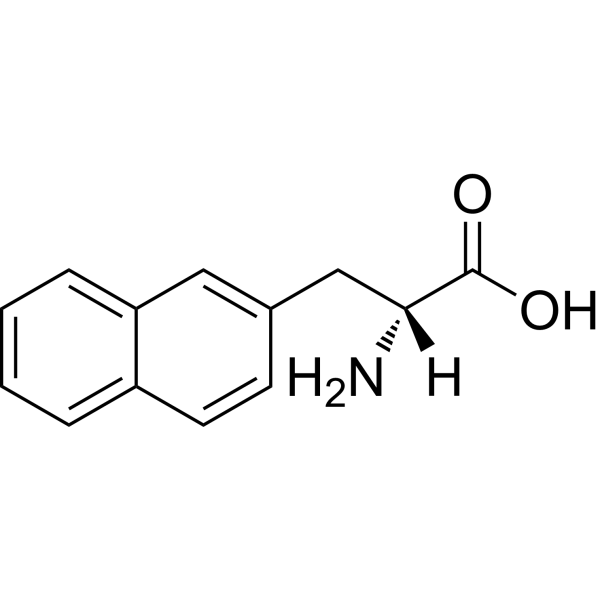
- HY-W142107
-
-
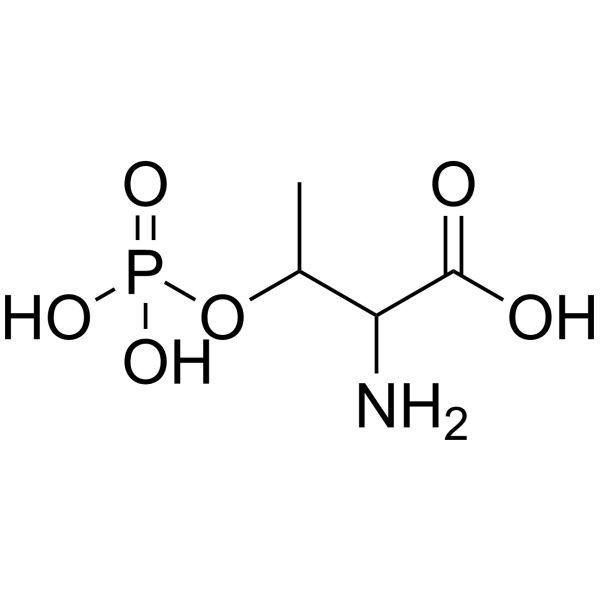
- HY-W008297
-
-
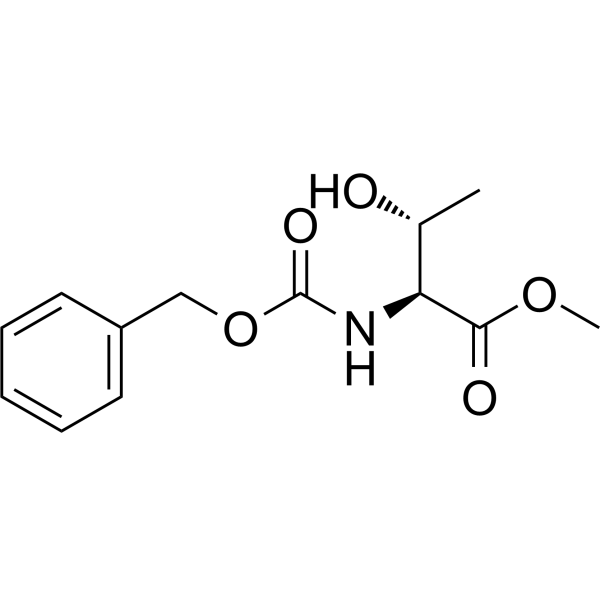
- HY-W008308
-
-
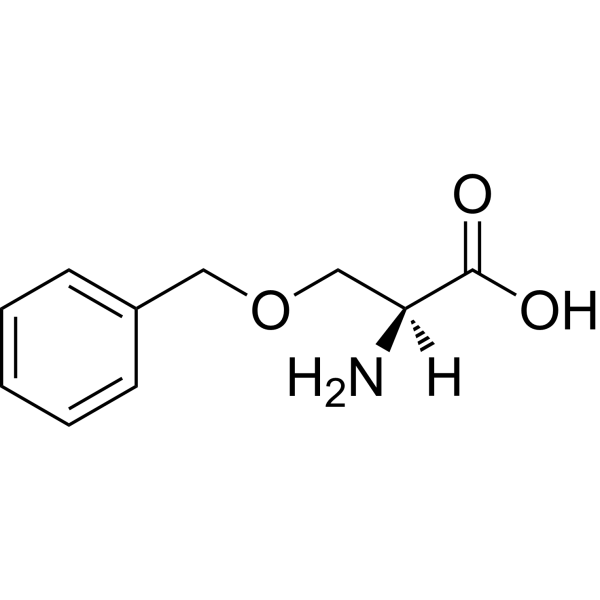
- HY-W038873
-
-

- HY-W008353
-
-
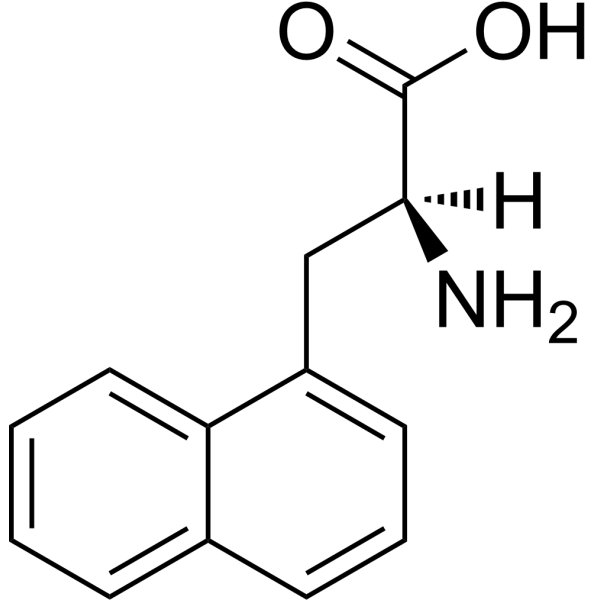
- HY-W142111
-
-
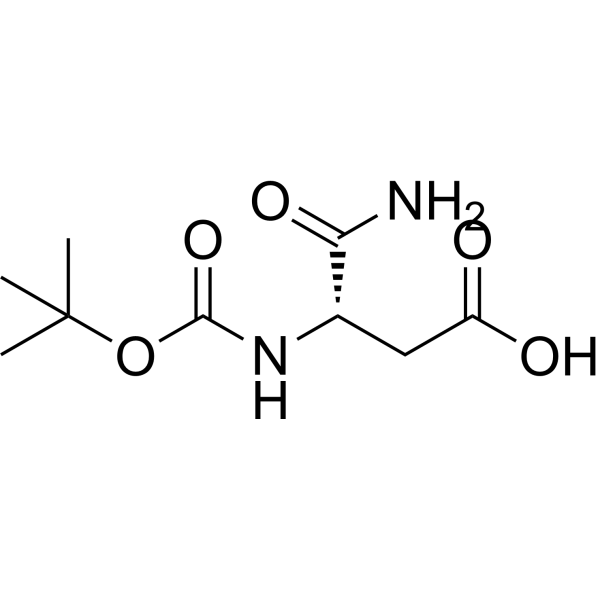
- HY-W039180
-
-
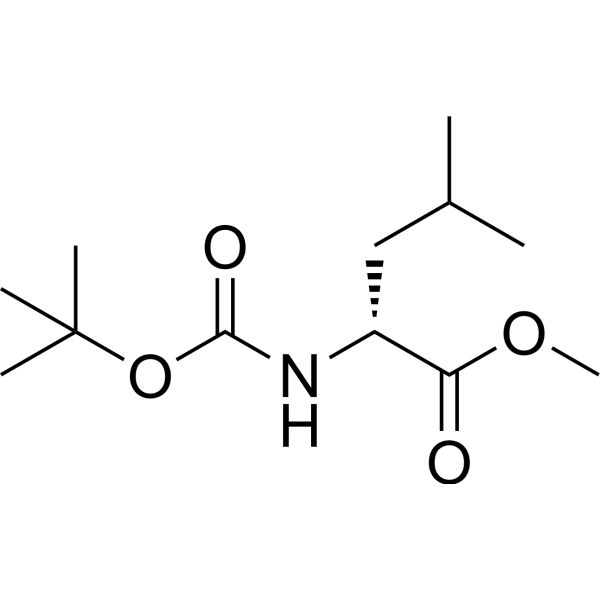
- HY-W142113
-
-

- HY-W039449
-
-
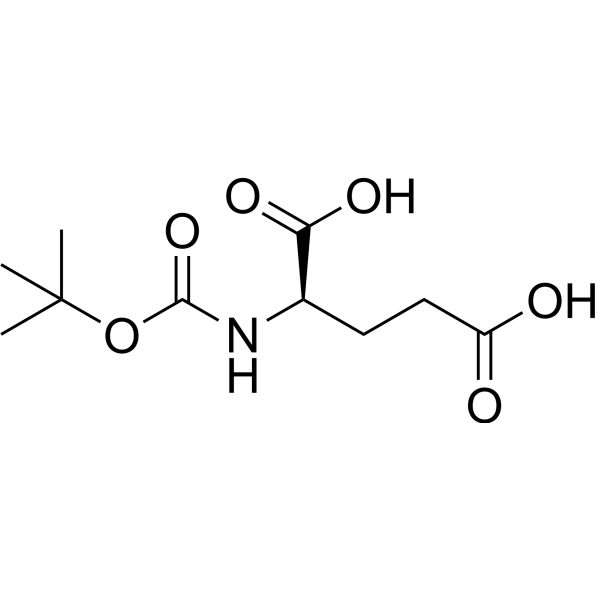
- HY-W039758
-
-
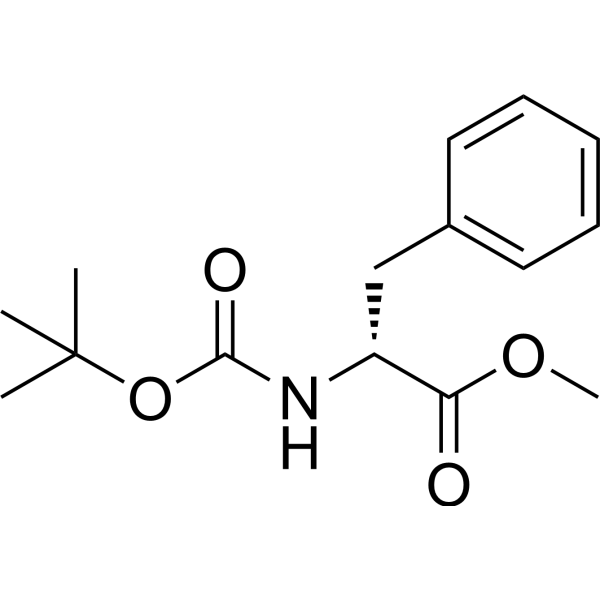
- HY-W039759
-
-
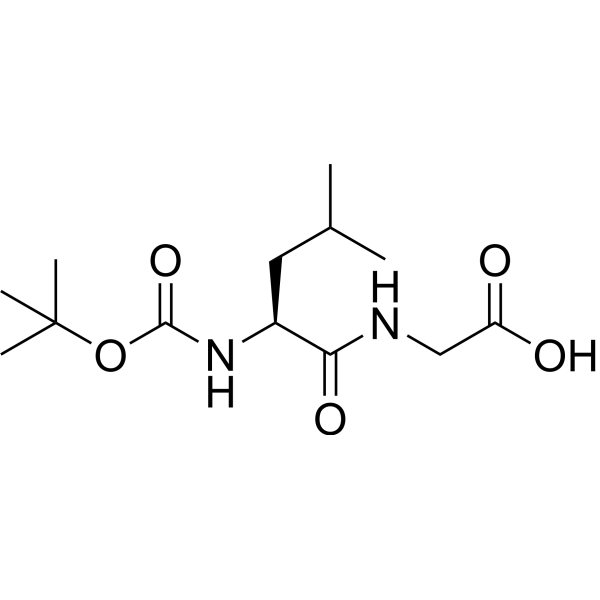
- HY-W039763
-
-
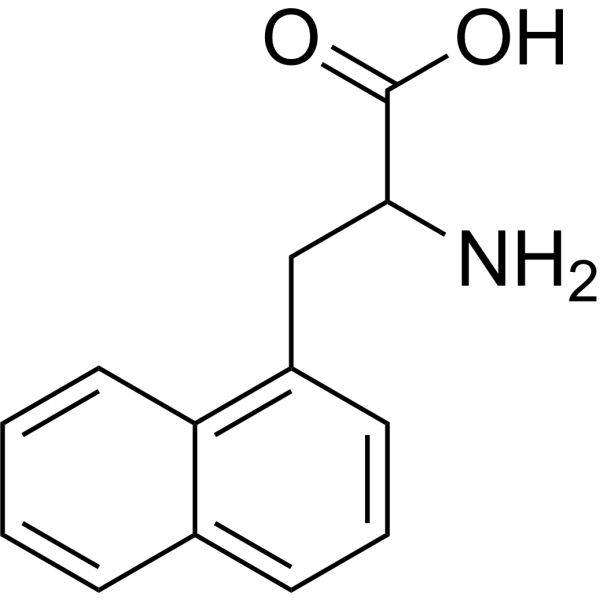
- HY-W008359
-
-
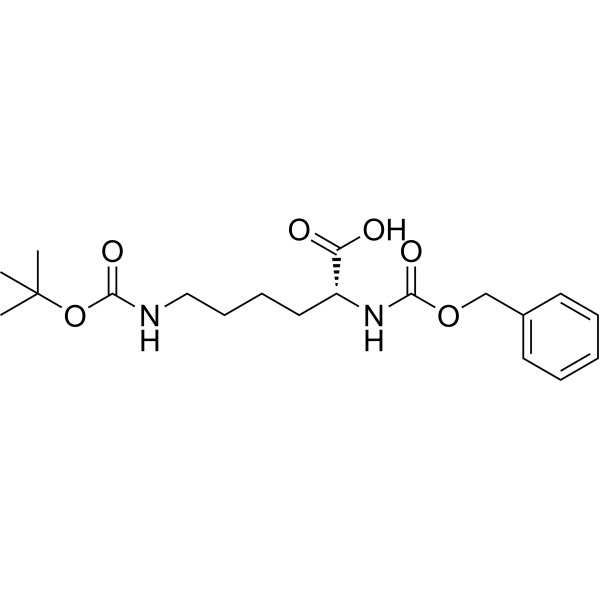
- HY-W039947
-
-
![N6-[(2E)-1-Oxo-2-buten-1-yl]-L-lysine](//file.medchemexpress.com/product_pic/hy-w039947.gif)
- HY-W040067
-
-
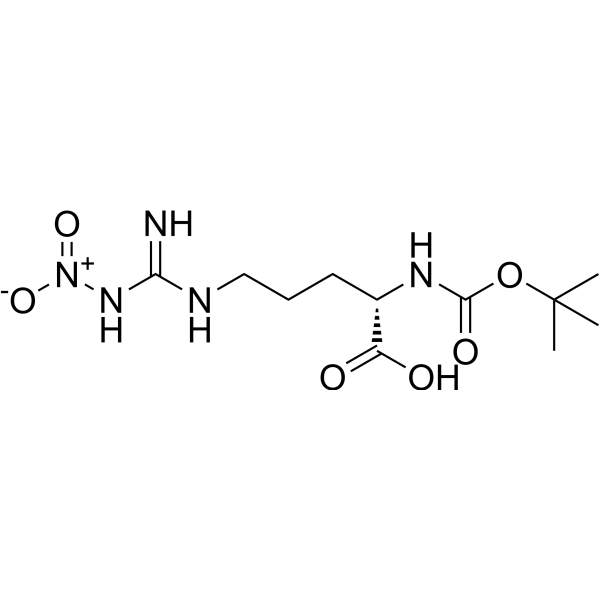
- HY-W008383
-
-
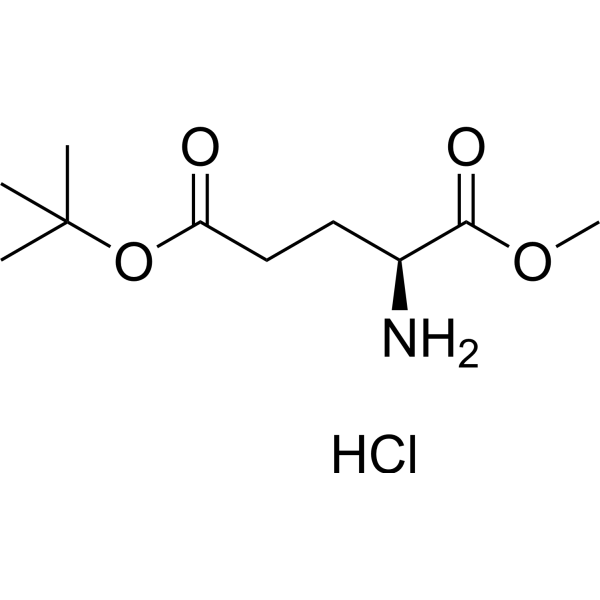
- HY-W040124
-
|
|
Amino Acid Derivatives
|
Others
|
|
DL-Propargylglycine is a Glycine (HY-Y0966) derivative . DL-Propargylglycine is a click chemistry reagent, it contains an Alkyne group and can undergo copper-catalyzed azide-alkyne cycloaddition (CuAAc) with molecules containing Azide groups.
|
-
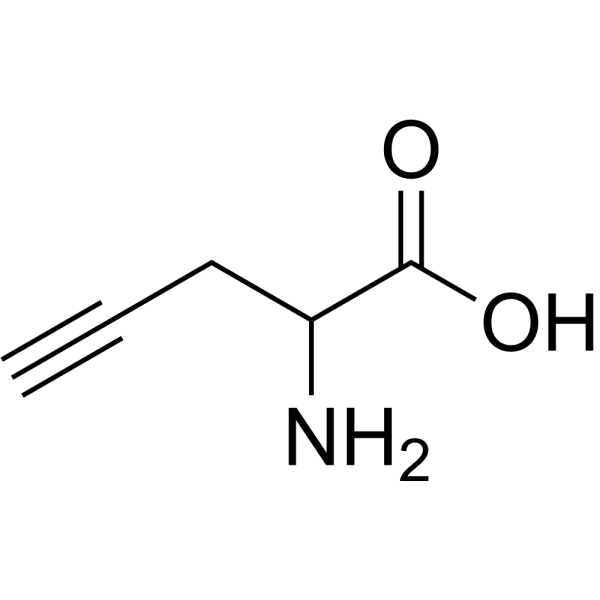
- HY-W142126
-
-
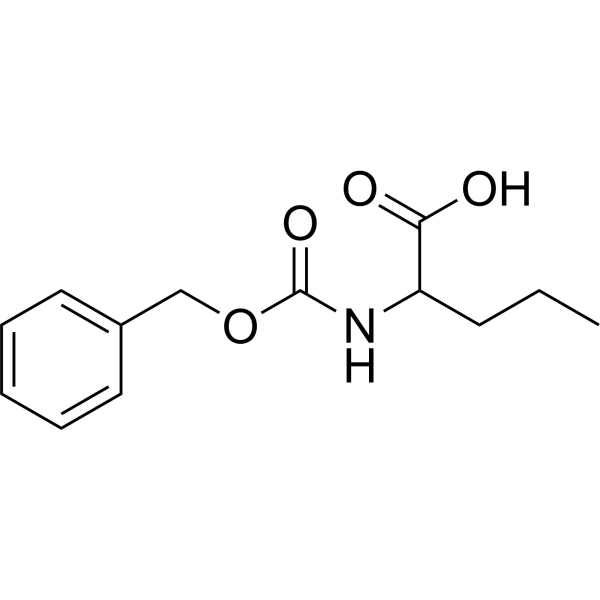
- HY-W040333
-
-

- HY-W008386
-
-
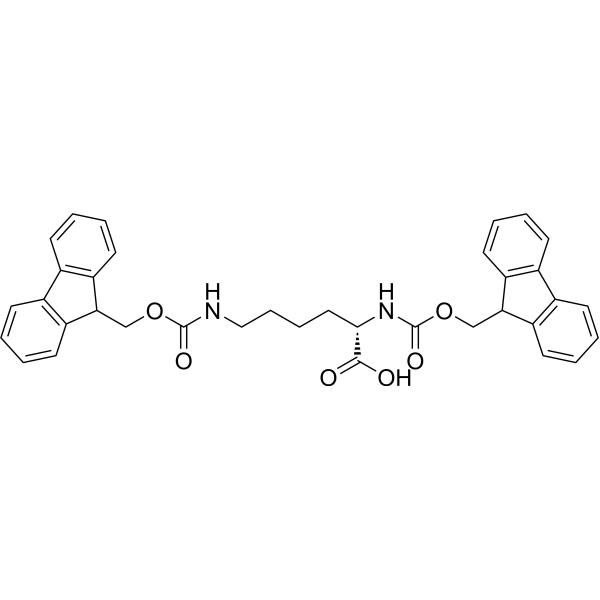
- HY-W008395
-
|
|
Amino Acid Derivatives
|
Others
|
|
Fmoc-D-Pra-OH is a Glycine (HY-Y0966) derivative . Fmoc-D-Pra-OH is a click chemistry reagent, it contains an Alkyne group and can undergo copper-catalyzed azide-alkyne cycloaddition (CuAAc) with molecules containing Azide groups.
|
-

- HY-W008432
-
-
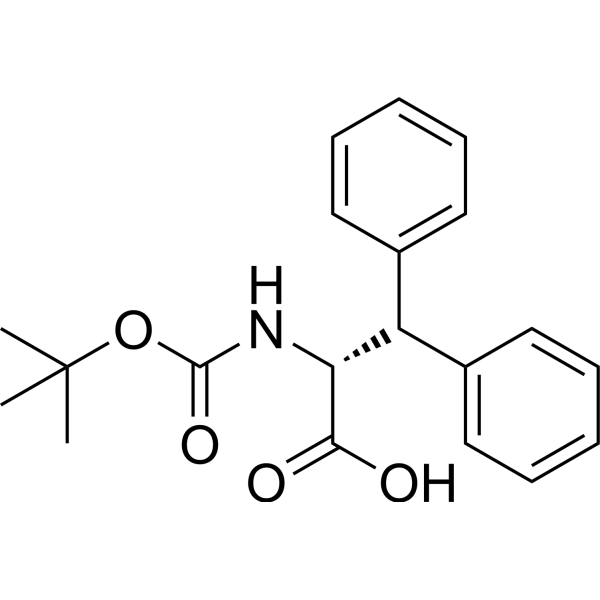
- HY-W008446
-
|
|
Amino Acid Derivatives
|
Others
|
|
(2S,4R)-4-((((9H-Fluoren-9-yl)methoxy)carbonyl)amino)-1-(tert-butoxycarbonyl)pyrrolidine-2-carboxylic acid is a proline derivative .
|
-
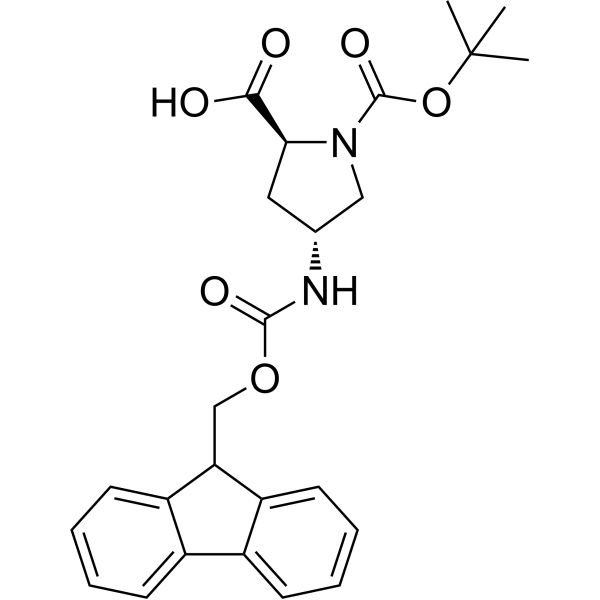
- HY-W142133
-
-
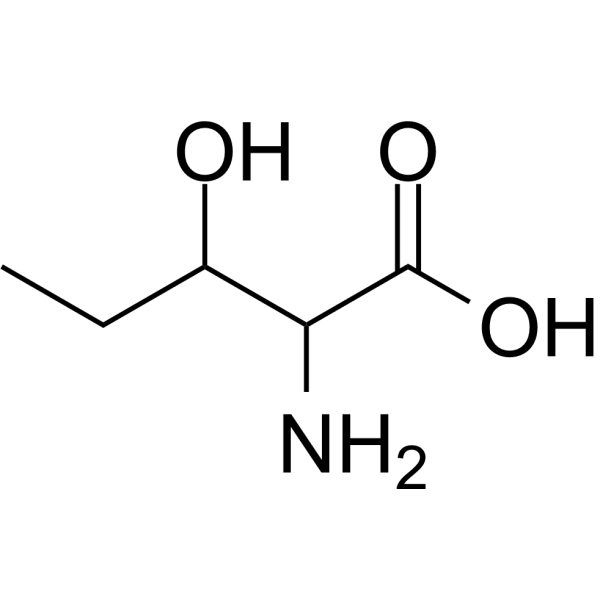
- HY-W008467
-
-
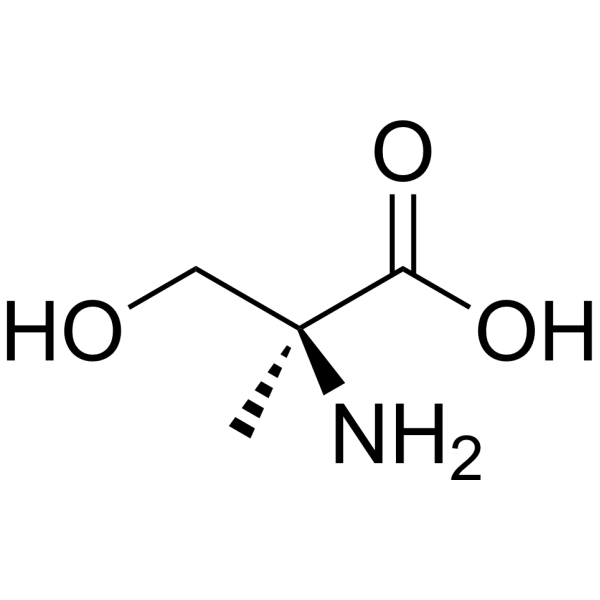
- HY-W008475
-
-
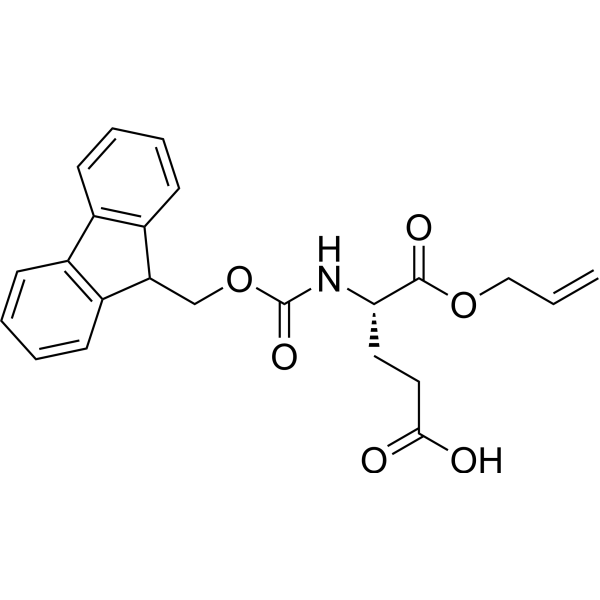
- HY-W008486
-
-
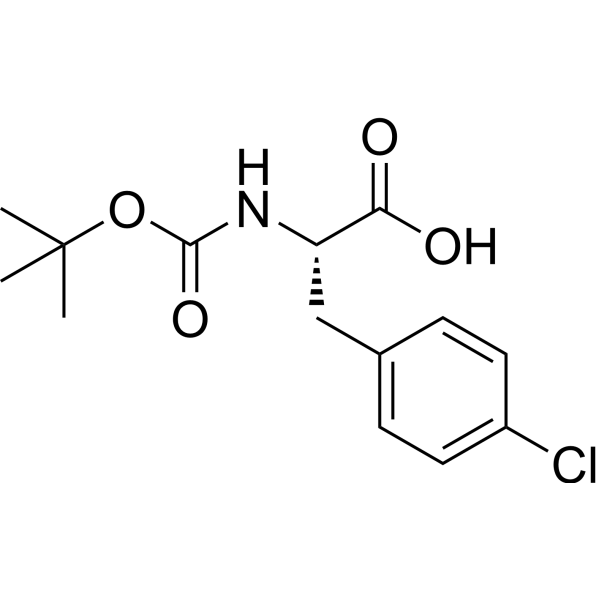
- HY-W008487
-
-

- HY-W008489
-
-
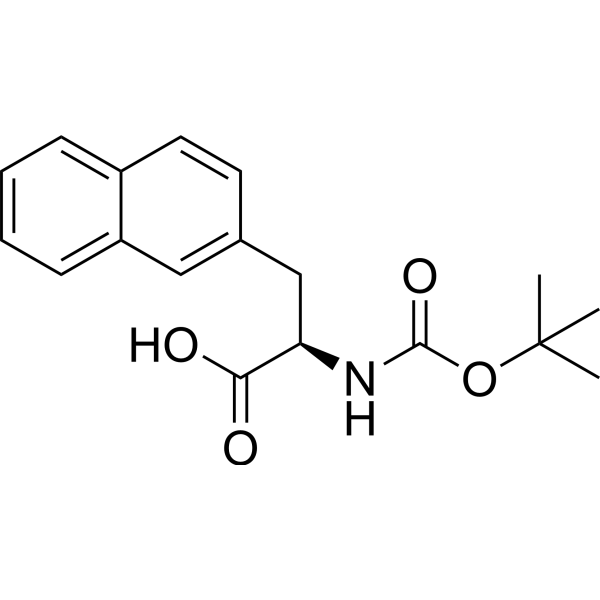
- HY-W008495
-
-
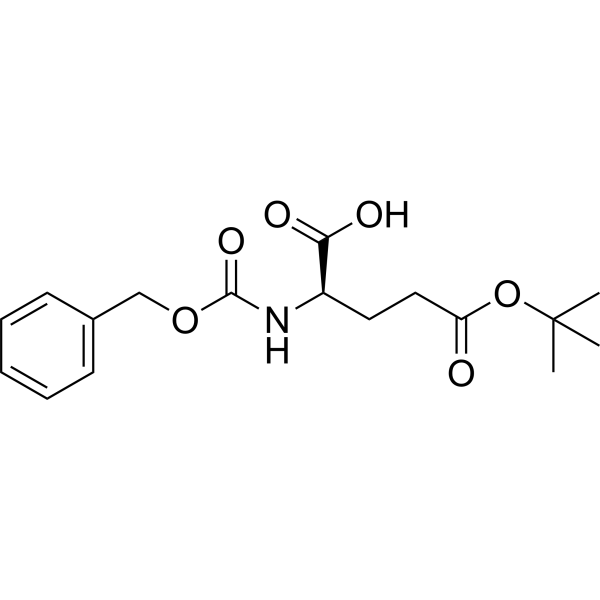
- HY-W008522
-
-
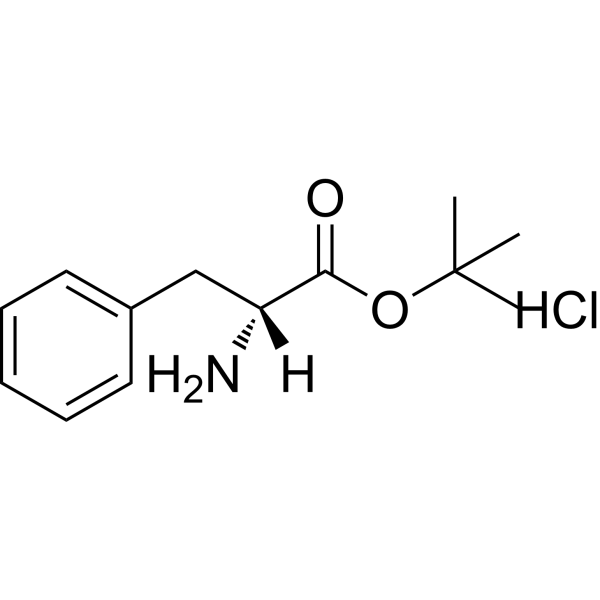
- HY-W008527
-
-
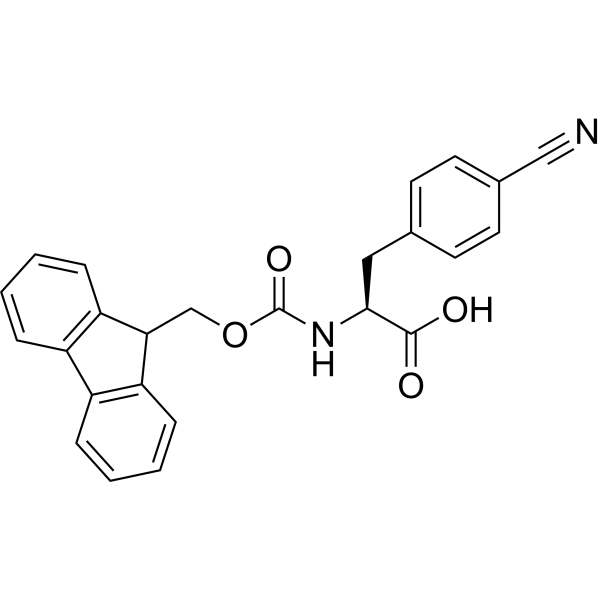
- HY-W008544
-
-
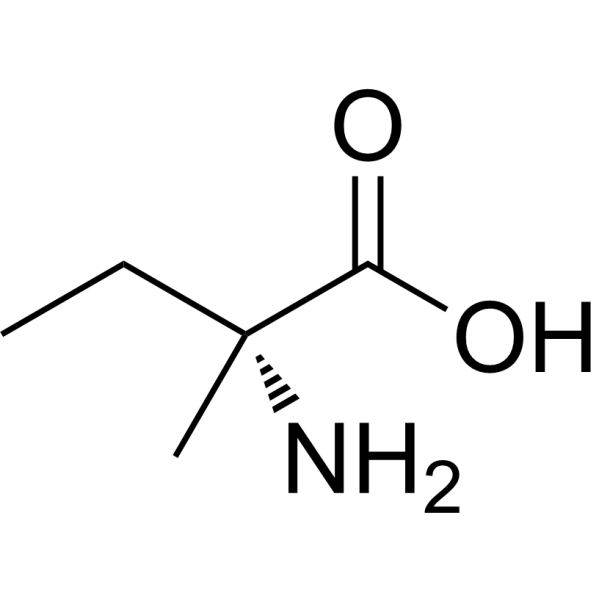
- HY-W008549
-
-
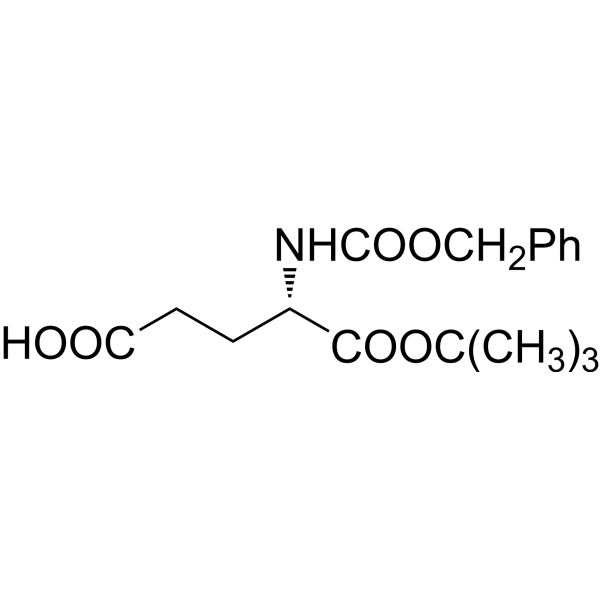
- HY-W008560
-
-
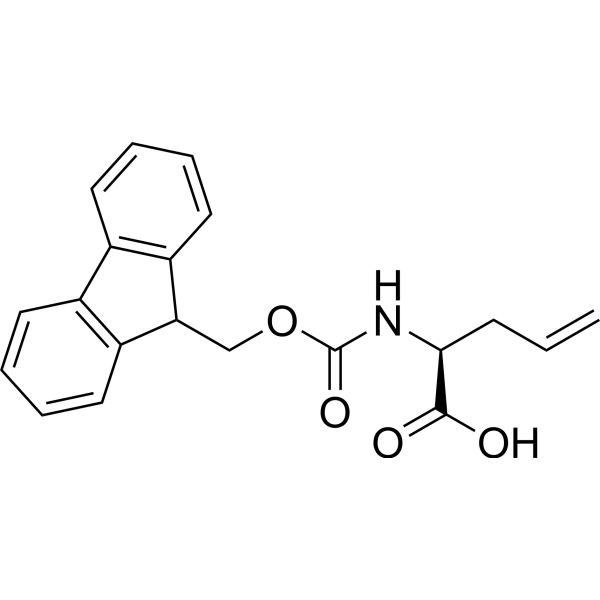
- HY-W008599
-
|
|
Amino Acid Derivatives
|
Others
|
|
(S)-2-Amino-3-methyl-N-(4-methyl-2-oxo-2H-chromen-7-yl)butanamide 2,2,2-trifluoroacetate is a valine derivative .
|
-
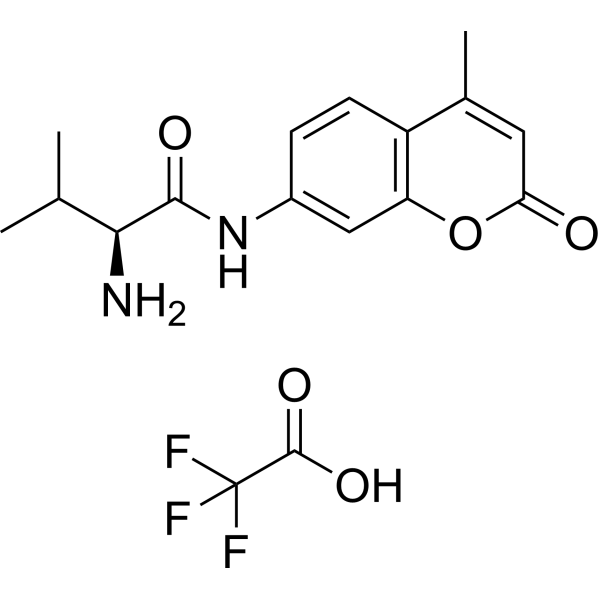
- HY-W008633
-
-
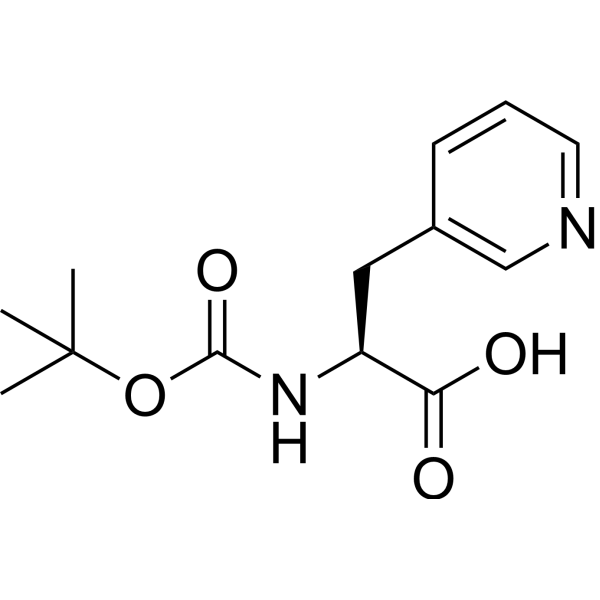
- HY-W142151
-
-
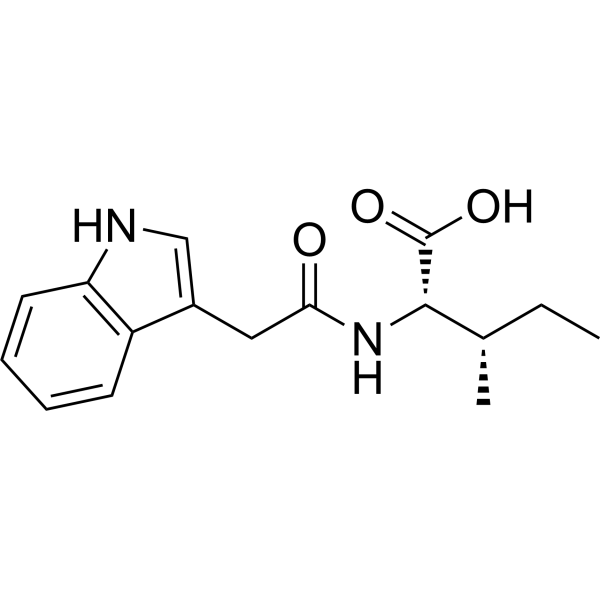
- HY-W008667
-
|
|
Amino Acid Derivatives
|
Others
|
|
(S)-2-((((9H-Fluoren-9-yl)methoxy)carbonyl)amino)-5-(tert-butoxy)-5-oxopentanoic acid hydrate is a glutamic acid derivative .
|
-
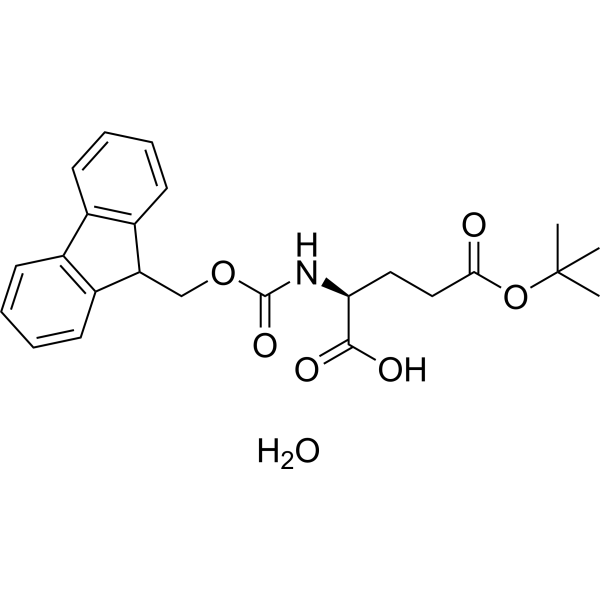
- HY-W040416
-
-

- HY-W008685
-
-

- HY-W040438
-
-
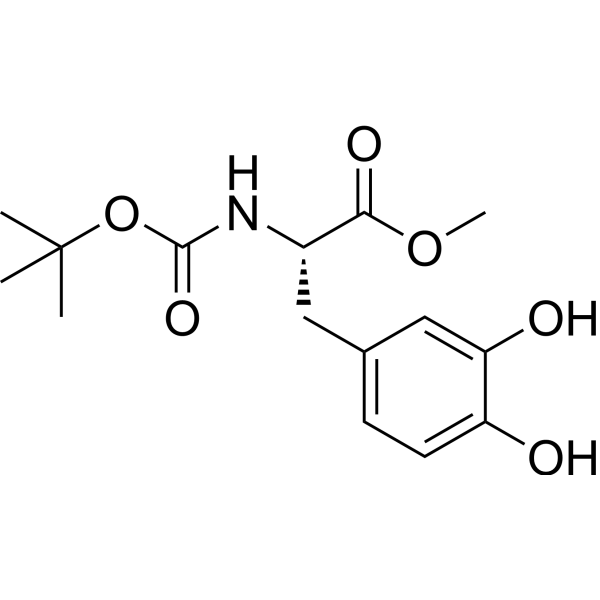
- HY-W008688
-
-
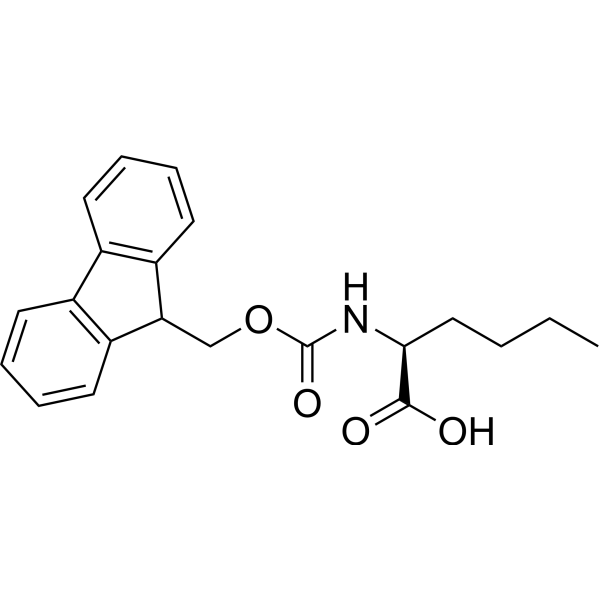
- HY-W040441
-
-

- HY-W008694
-
-
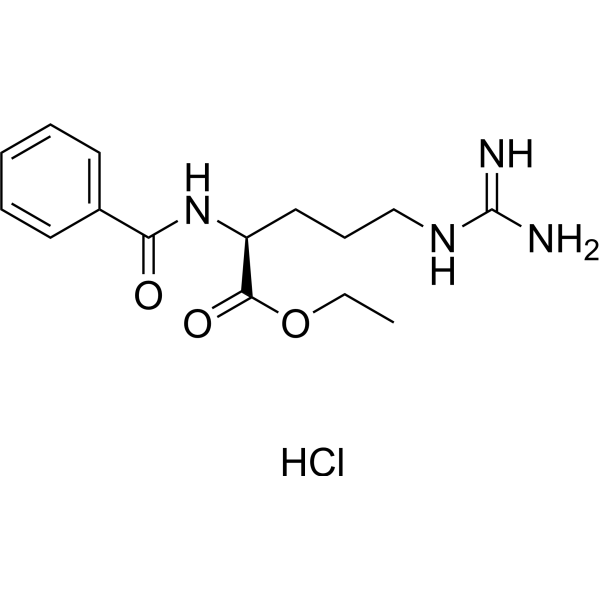
- HY-W040686
-
-
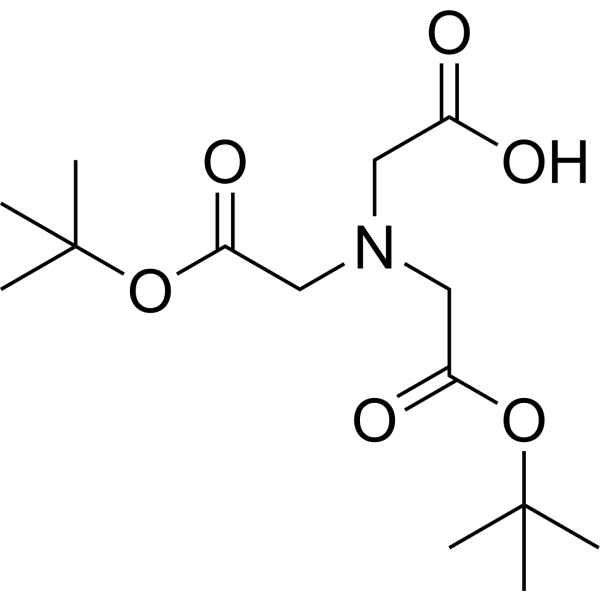
- HY-W142163
-
-

- HY-W008696
-
-
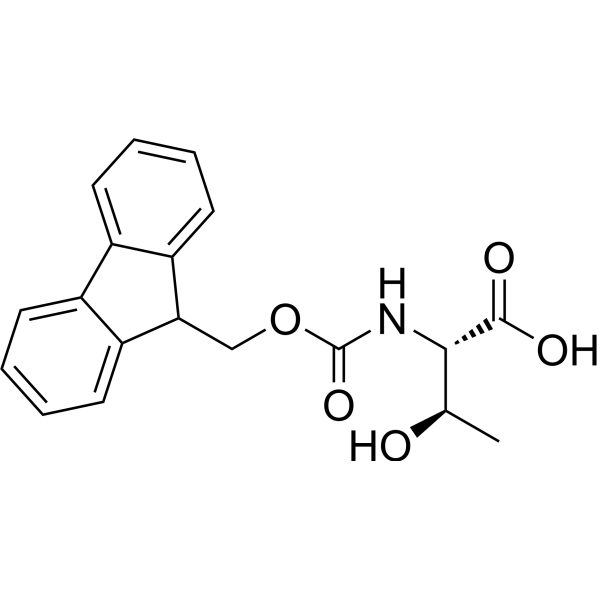
- HY-W040801
-
-
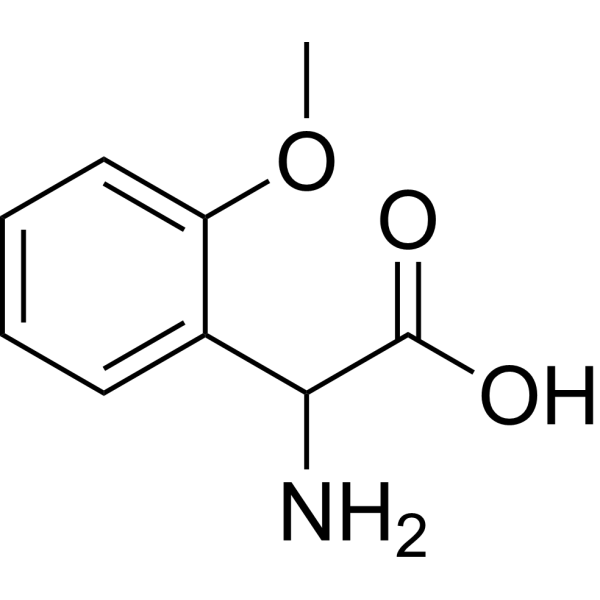
- HY-W008731
-
-

- HY-W040803
-
-
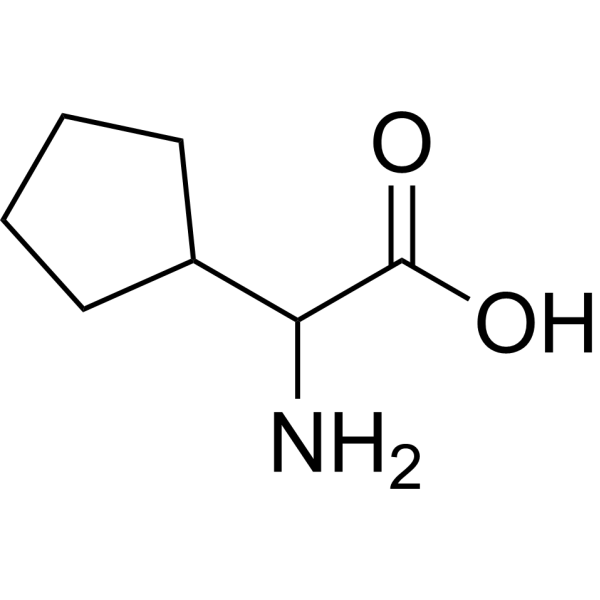
- HY-W040804
-
-

- HY-W041857
-
-
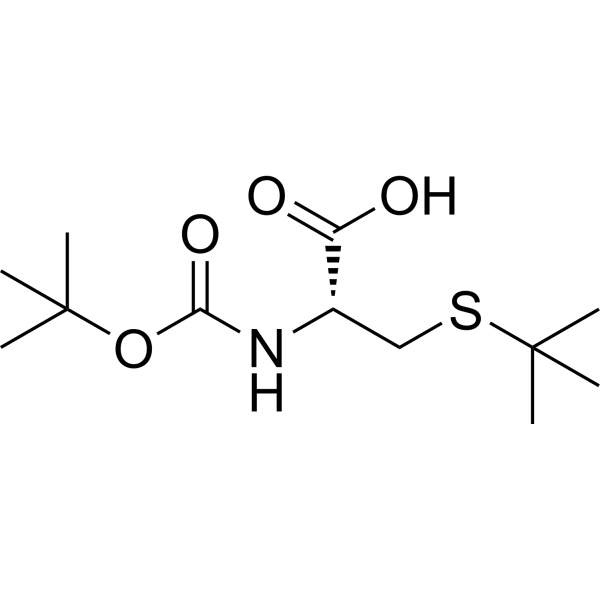
- HY-W008787
-
-
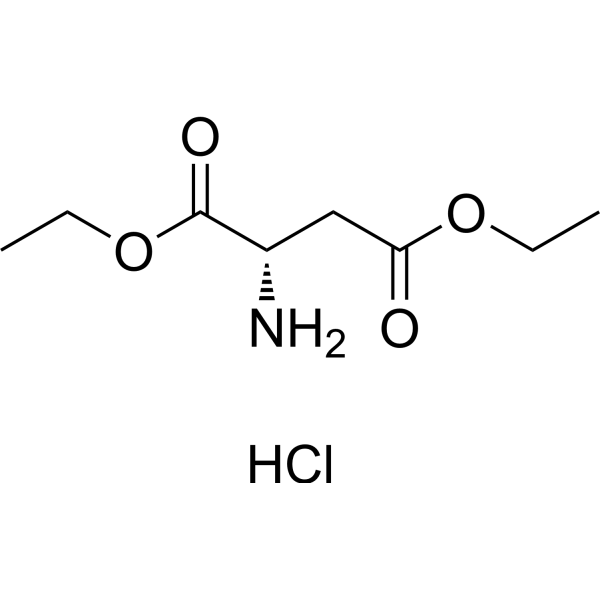
- HY-W008800
-
-
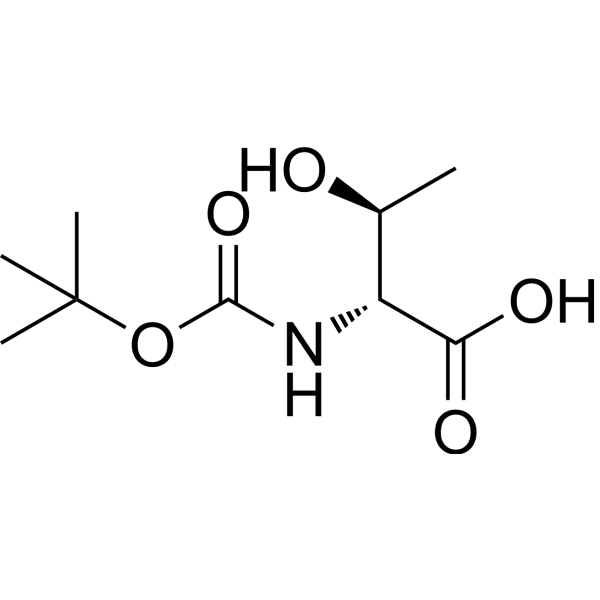
- HY-W041864
-
-
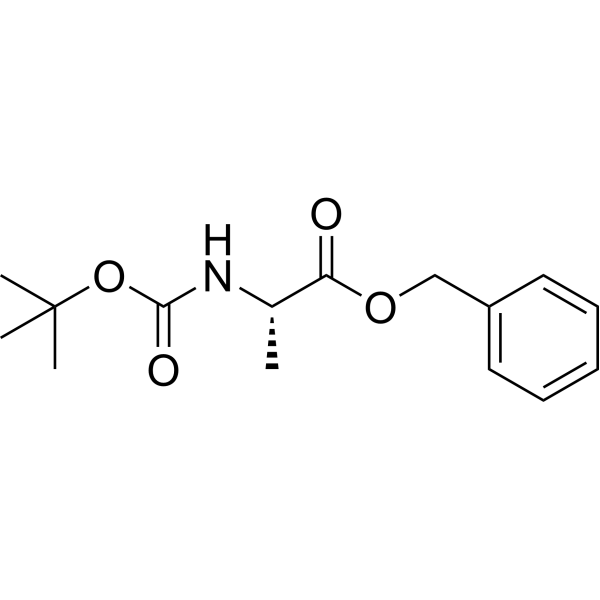
- HY-W041866
-
-

- HY-W041867
-
-
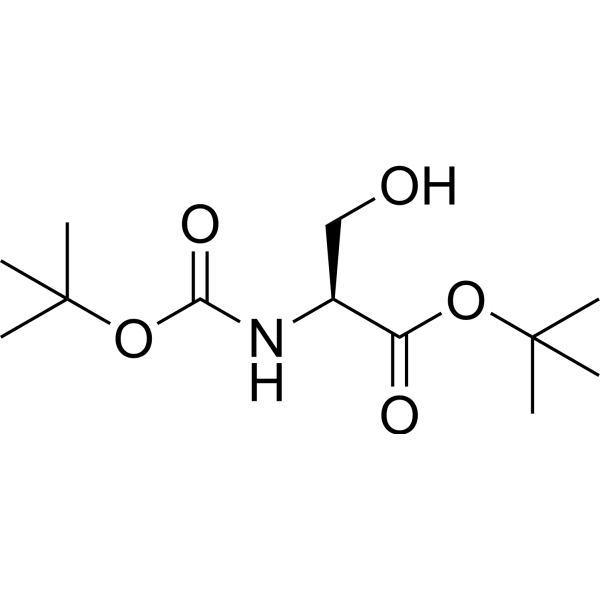
- HY-W041982
-
-

- HY-W142171
-
-
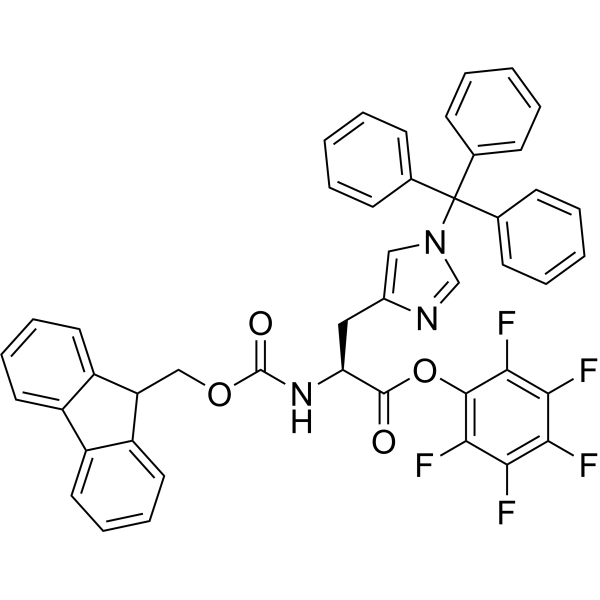
- HY-W041986
-
-

- HY-W008866
-
-

- HY-WAA0253
-
-
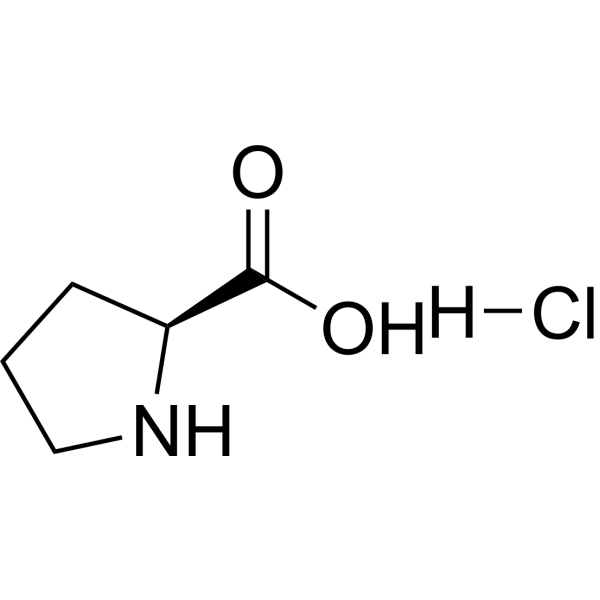
- HY-W008867
-
-
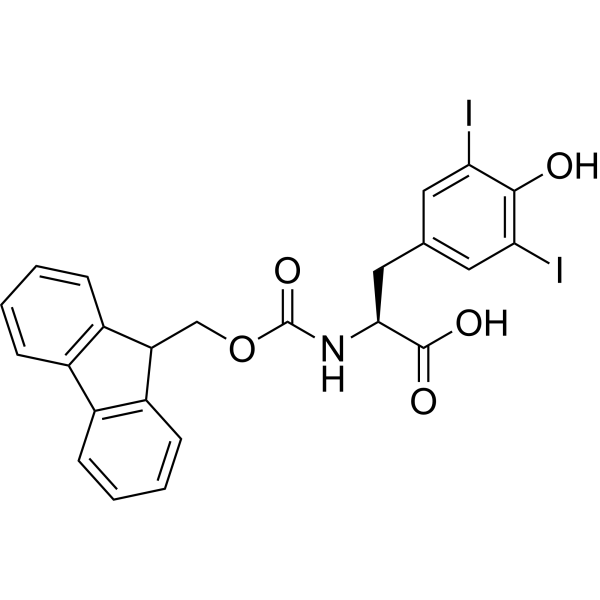
- HY-W008869
-
-
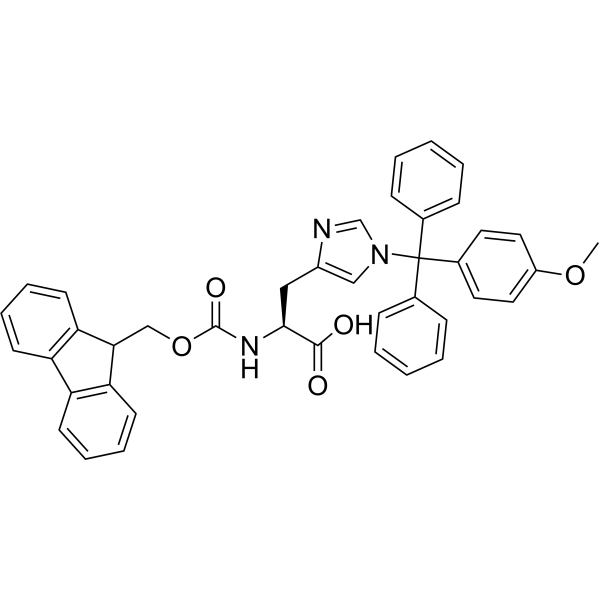
- HY-Y0029
-
-
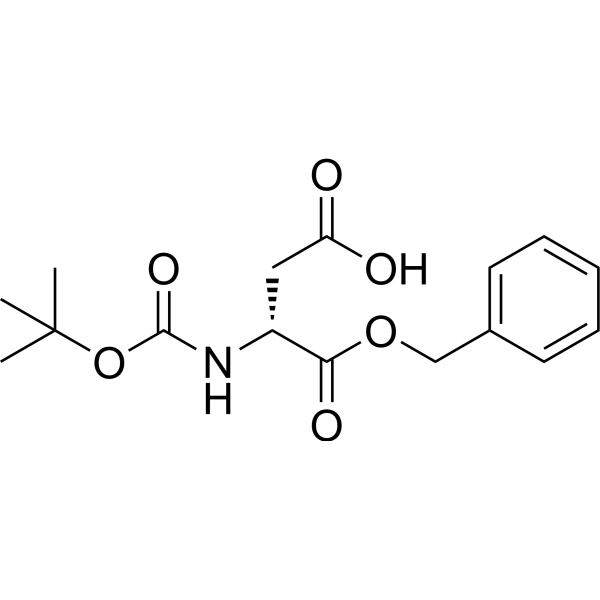
- HY-W008872
-
-

- HY-Y0134
-
|
|
Amino Acid Derivatives
|
Others
|
|
(S)-2-((((9H-fluoren-9-yl)methoxy)carbonyl)amino)-5-(tert-butoxy)-5-oxopentanoic acid is a glutamic acid derivative .
|
-
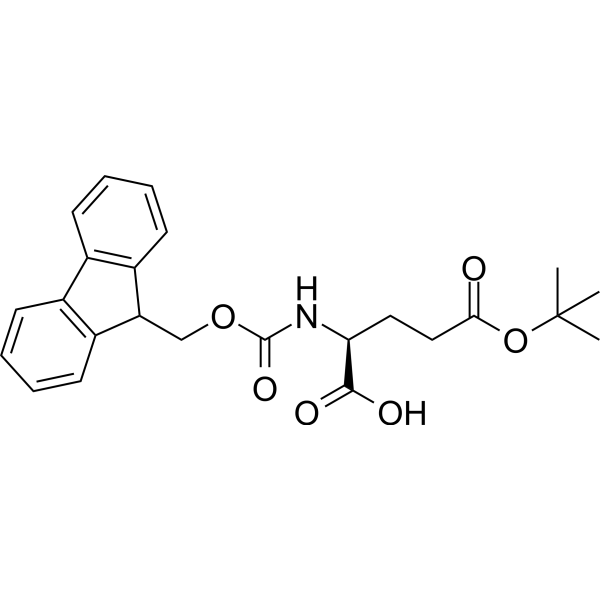
- HY-W041997
-
-
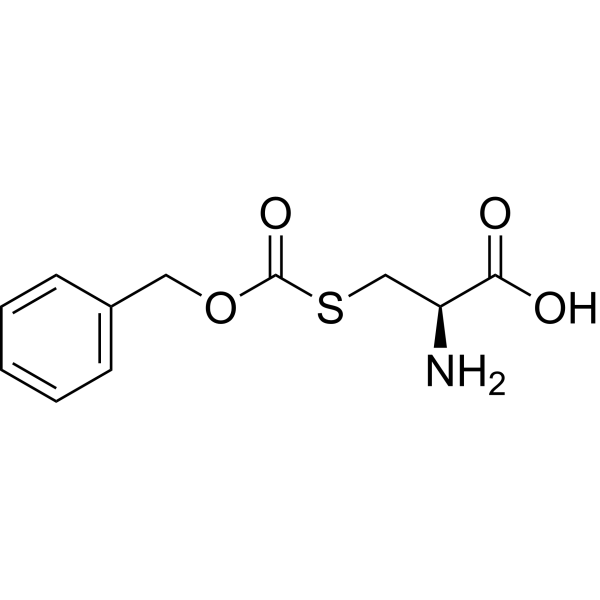
- HY-Y0168
-
-
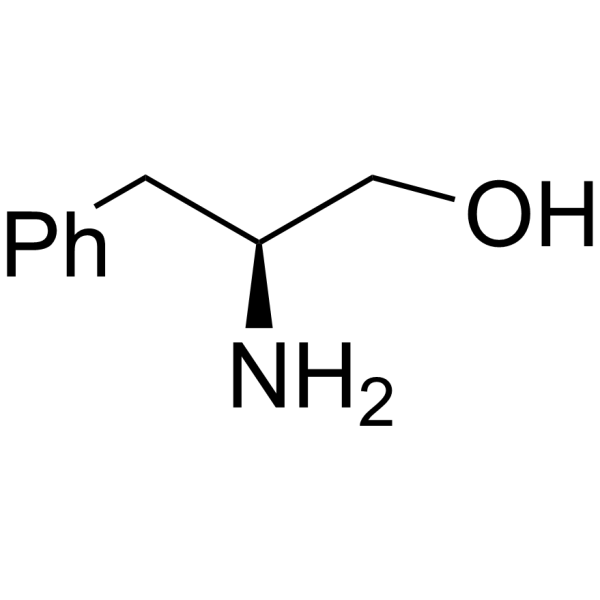
- HY-W008887
-
-
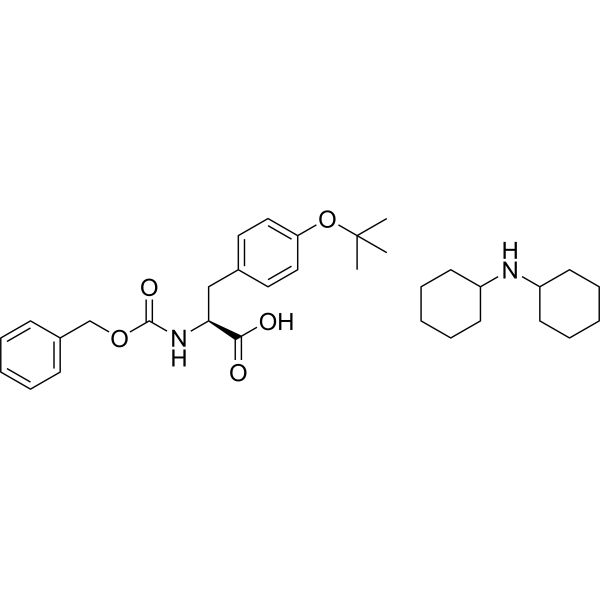
- HY-W042001
-
-
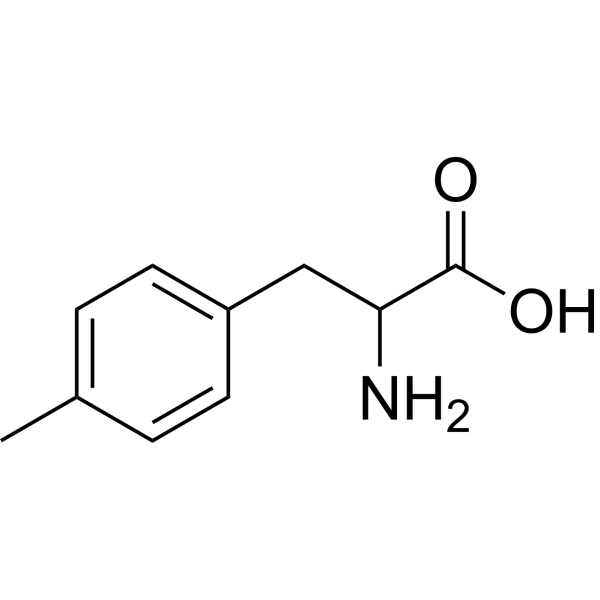
- HY-W042002
-
-
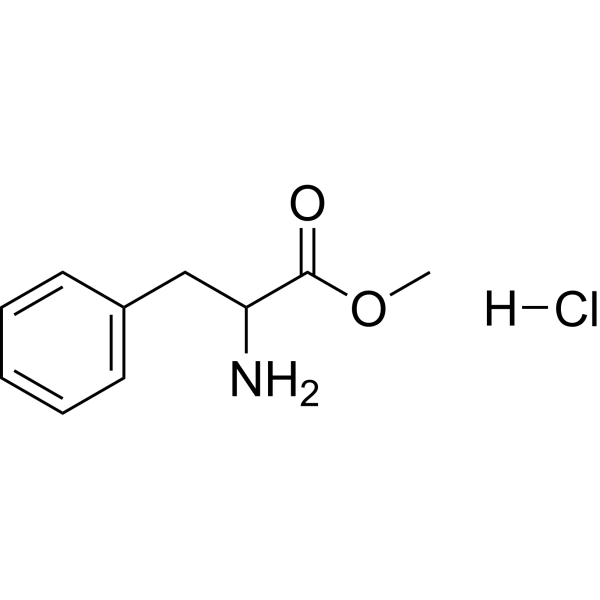
- HY-W042006
-
-
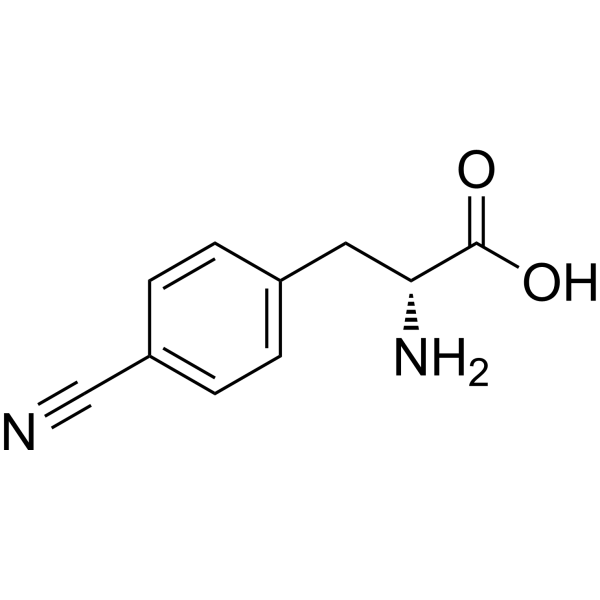
- HY-Y0533
-
|
L-Aspartic acid β-tert-butyl ester; β-tert-Butyl L-aspartate
|
Amino Acid Derivatives
|
Others
|
|
L-Aspartic acid 4-tert-butyl ester is an aspartic acid derivative .
|
-
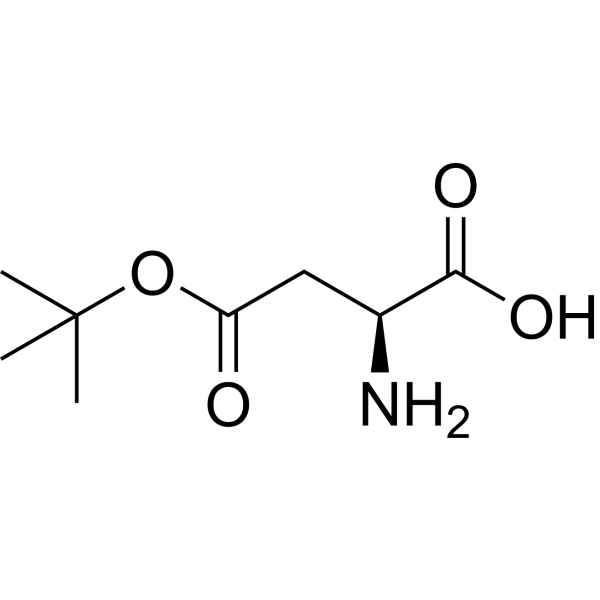
- HY-W042008
-
-
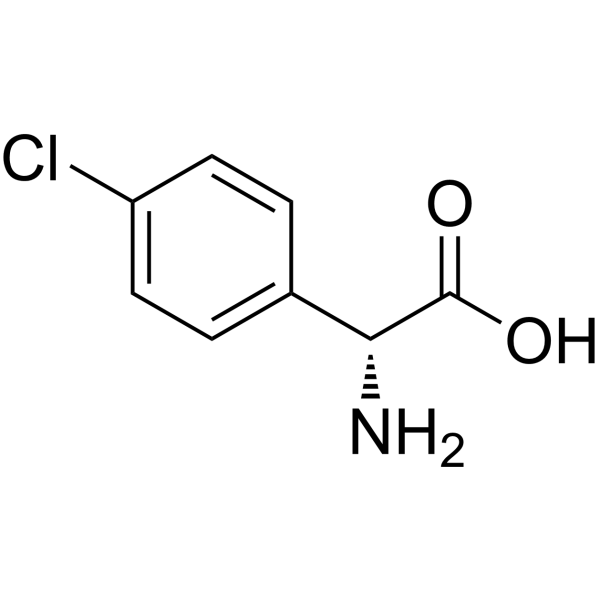
- HY-Y0555
-
-
![N-[(Phenylmethoxy)carbonyl]-L-leucine](//file.medchemexpress.com/product_pic/hy-y0555.gif)
- HY-W008942
-
-
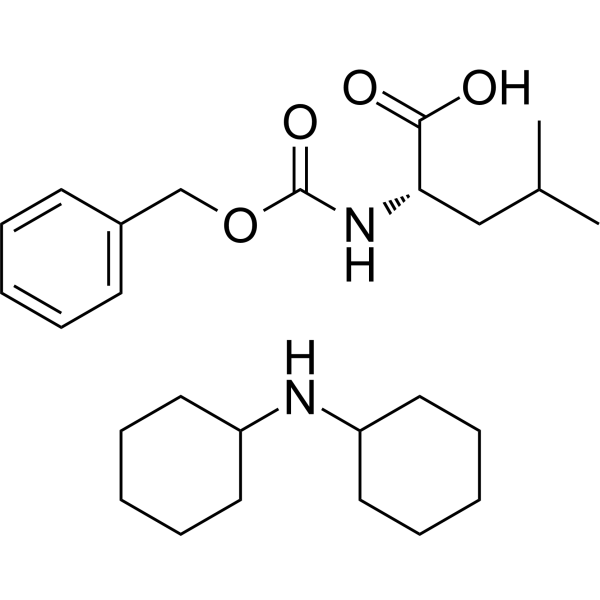
- HY-W042010
-
-
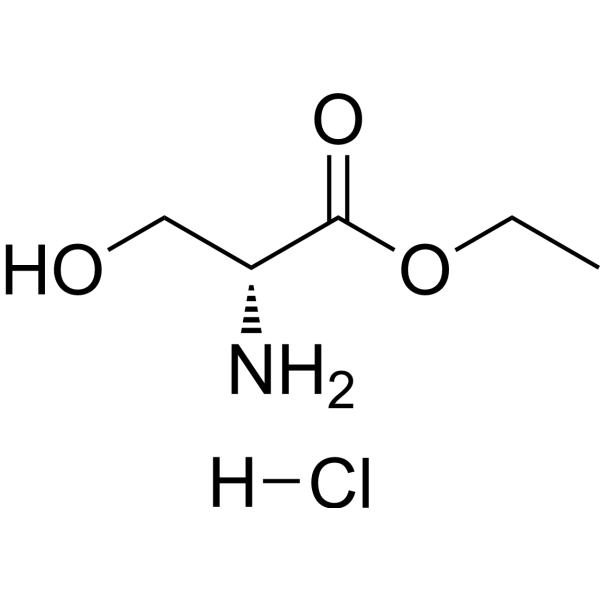
- HY-W008958
-
-
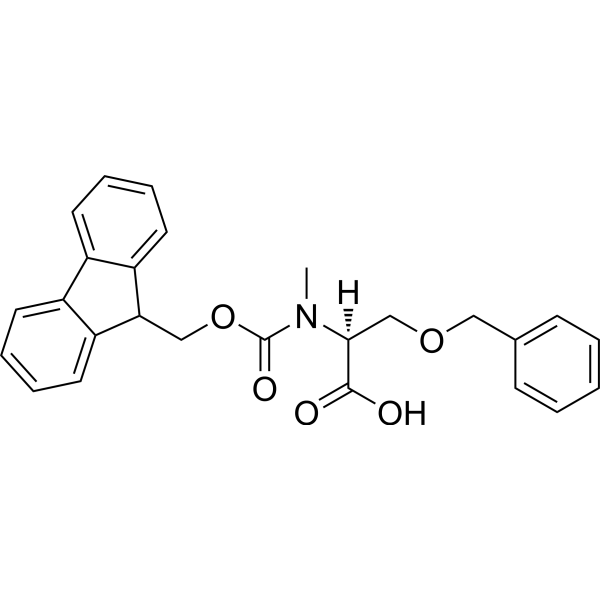
- HY-W042013
-
-

- HY-Y0749A
-
|
Glutamic acid, dimethyl ester, hydrochloride, D-
|
Amino Acid Derivatives
|
Others
|
|
Dimethyl D-glutamate hydrochloride is a glutamic acid derivative .
|
-
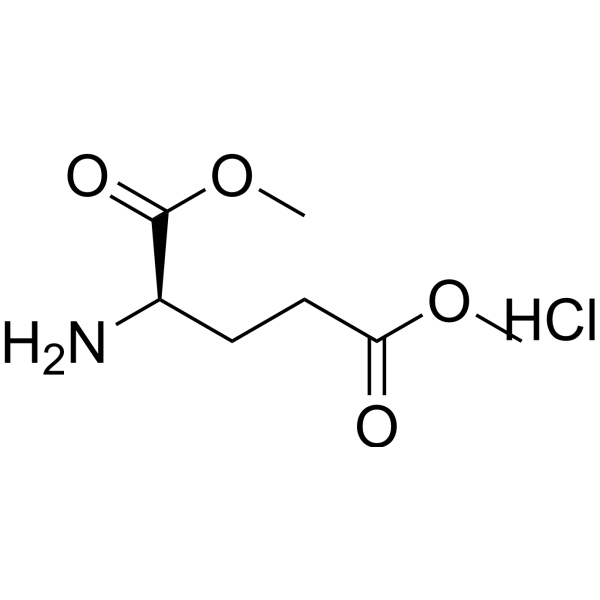
- HY-Y0920
-
-

- HY-W042057
-
-
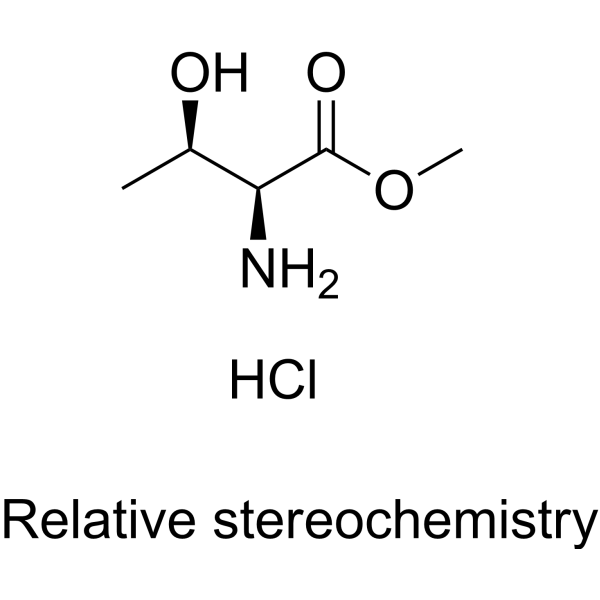
- HY-Y0967
-
|
N-(Benzyloxycarbonyl)glycine; N-(Carbobenzoxy)glycine; N-(Carbobenzyloxy)glycine; N-(α-Carbobenzoxy)glycine; N-Carboxyglycine N-benzyl ester
|
Amino Acid Derivatives
|
Others
|
|
Z-Glycine is a Glycine (HY-Y0966) derivative .
|
-
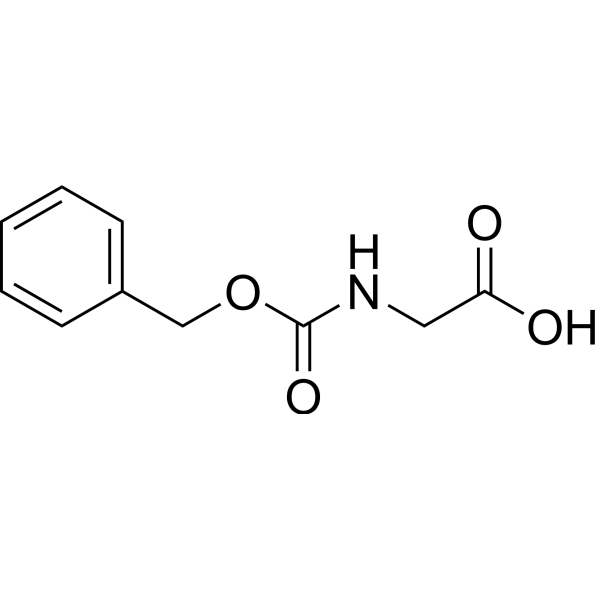
- HY-Y0978
-
-
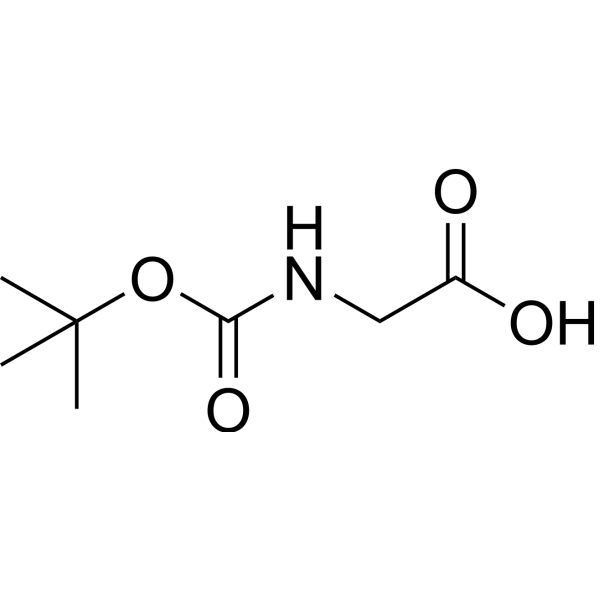
- HY-Y1030
-
|
tert-Butyl (S)-2-amino-3-methylbutanoate hydrochloride
|
Amino Acid Derivatives
|
Others
|
|
tert-Butyl L-valinate hydrochloride is a valine derivative .
|
-

- HY-Y1153
-
|
CarnoSyn; Ethyl 3-aminopropanoate hydrochloride
|
Amino Acid Derivatives
|
Others
|
|
Ethyl 3-aminopropionate hydrochloride is an alanine derivative .
|
-
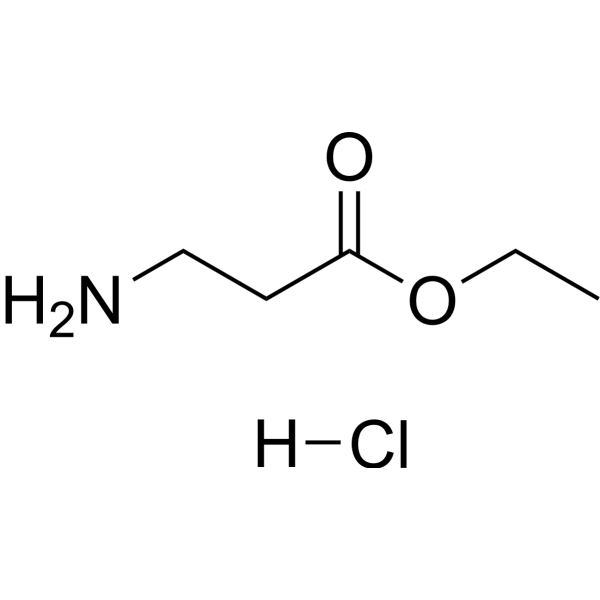
- HY-Y1166
-
-

- HY-W008986
-
-
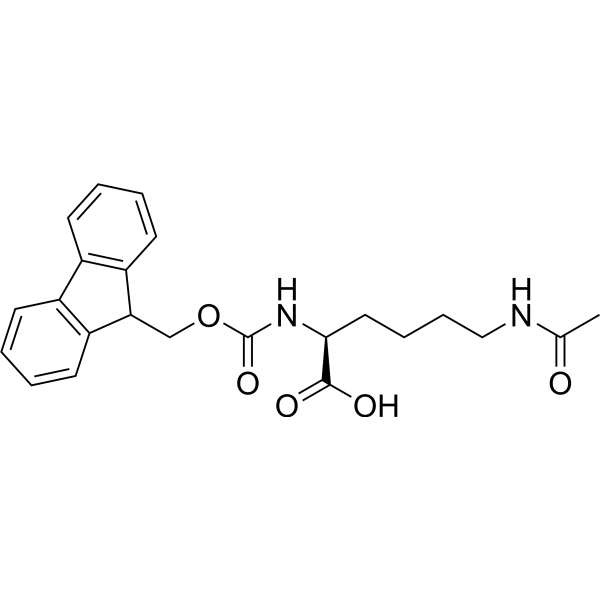
- HY-Y1394
-
-
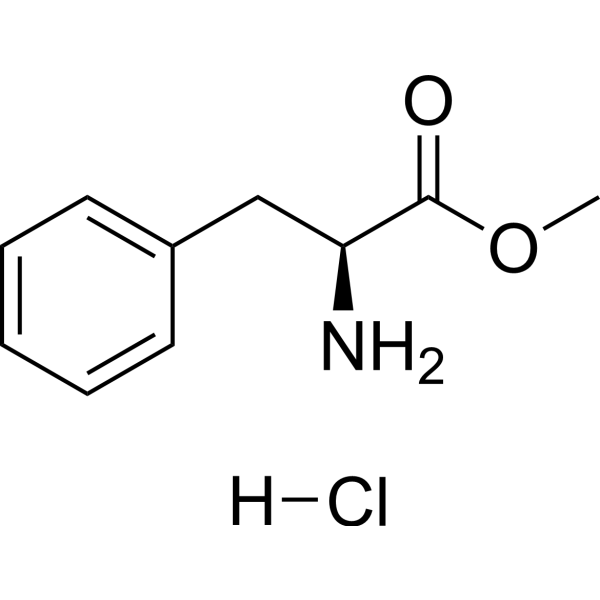
- HY-Y1413
-
-
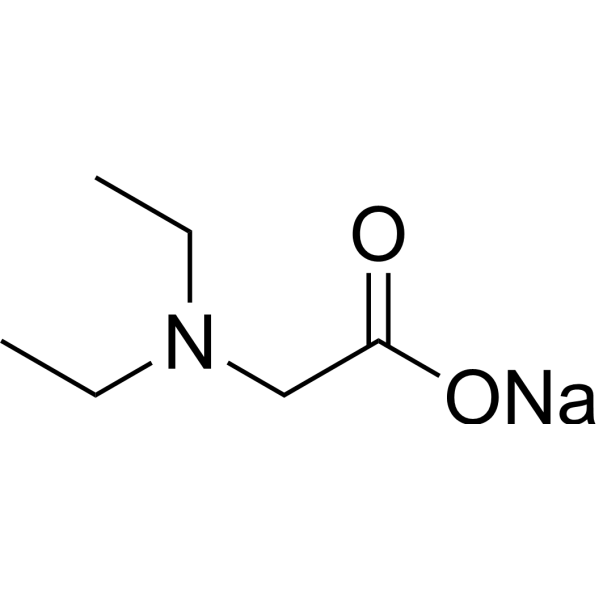
- HY-W008996
-
-
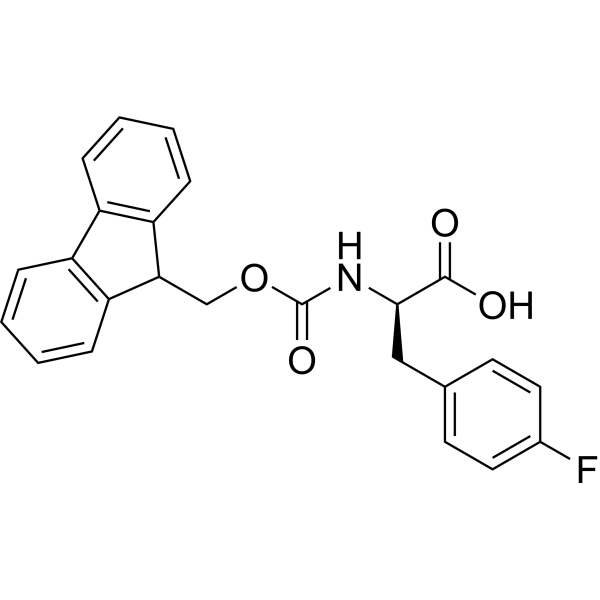
- HY-Y1789
-
-
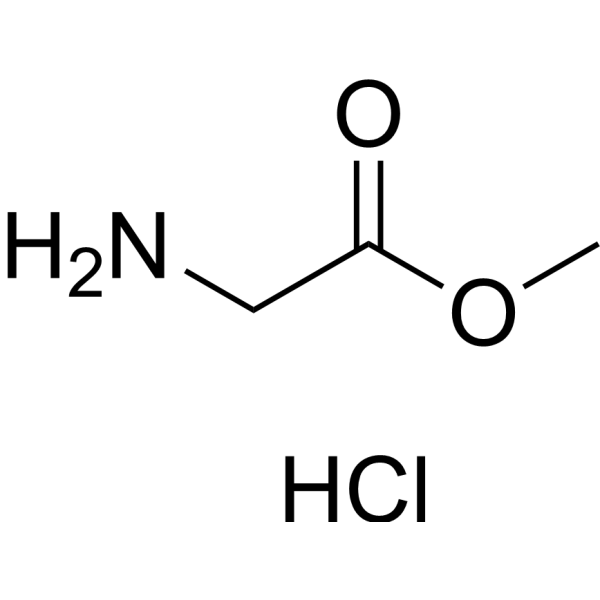
- HY-Y1801
-
|
L-Aspartic acid β-methyl ester hydrochloride
|
Amino Acid Derivatives
|
Others
|
|
β-Methyl L-aspartate hydrochloride is an aspartic acid derivative .
|
-

- HY-Y1824
-
-
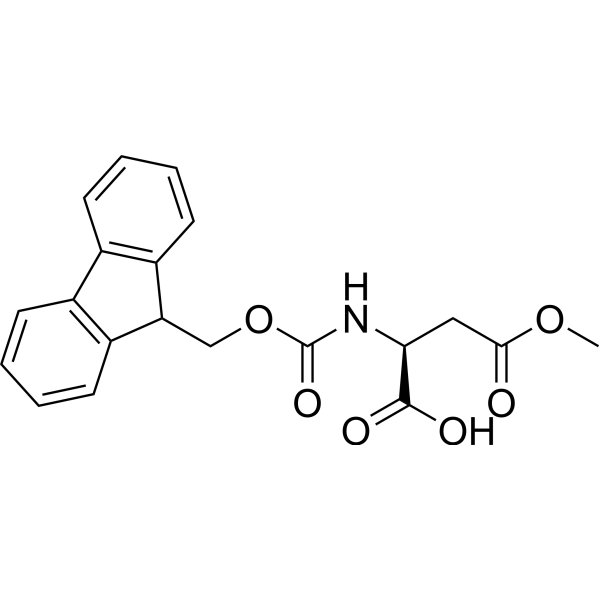
- HY-Y1844
-
-
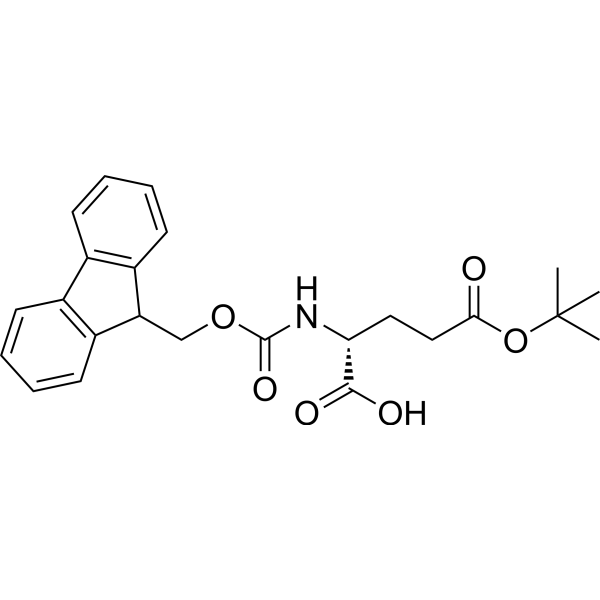
- HY-Y1856
-
-

- HY-Y1875
-
-
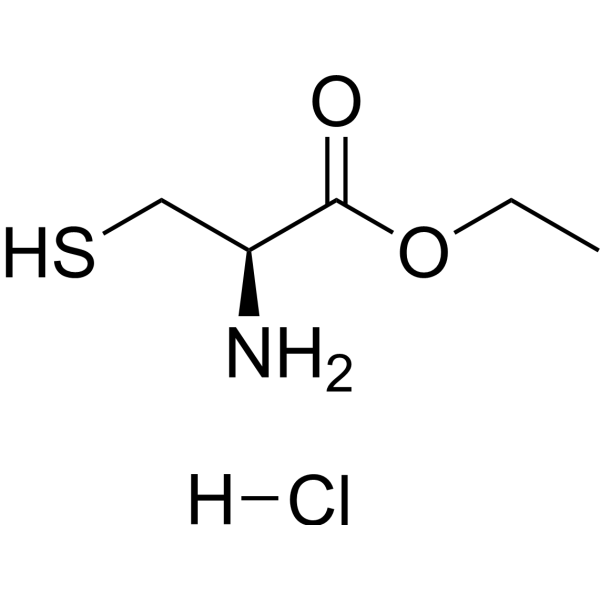
- HY-Z0291
-
|
Isopropyl L-alaninate; L-Alanine 2-propyl ester; L-Alanine isopropyl ester; O-Isopropyl-L-alanine
|
Amino Acid Derivatives
|
Others
|
|
L-Alanine isopropyl ester is an alanine derivative .
|
-
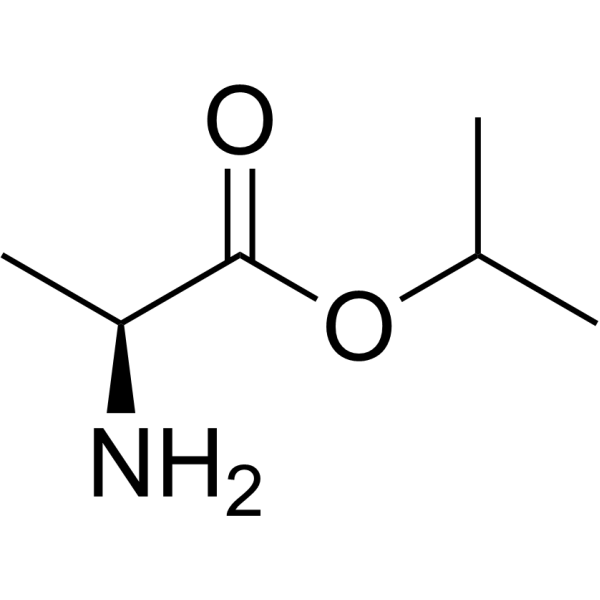
- HY-Z0424
-
|
Methyl (2S)-2-(tert-butoxycarbonylamino)-3-iodopropanoate; Methyl (S)-2-[(tert-butoxycarbonyl)amino]-3-iodopropanoate
|
Amino Acid Derivatives
|
Others
|
|
(S)-2-[(tert-Butoxycarbonyl)amino]-3-iodopropionic acid methyl ester is an alanine derivative .
|
-
![(S)-2-[(tert-Butoxycarbonyl)amino]-<em>3</em>-iodopropionic acid methyl ester](//file.medchemexpress.com/product_pic/hy-z0424.gif)
- HY-Z0438
-
-
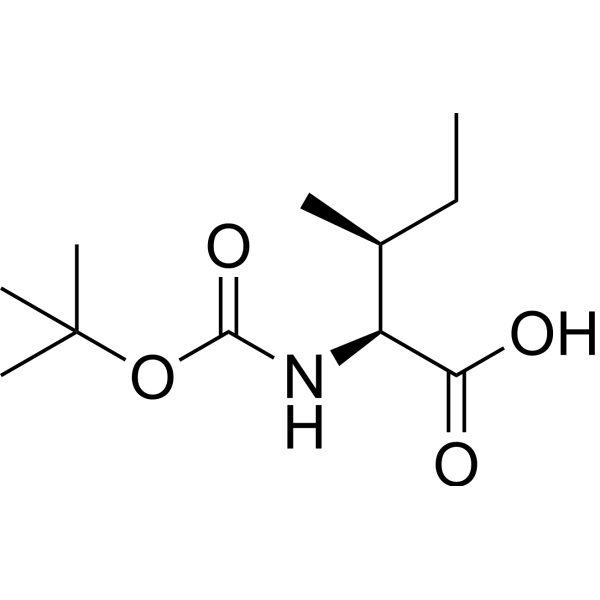
- HY-Z0615
-
|
Boc-L-Asp(OBn)-OH
|
Amino Acid Derivatives
|
Others
|
|
(2S)-4-(Benzyloxy)-2-[(tert-butoxycarbonyl)amino]-4-oxobutanoic acid is an aspartic acid derivative .
|
-
![(2S)-4-(Benzyloxy)-2-[(tert-butoxycarbonyl)amino]-4-oxobutanoic acid](//file.medchemexpress.com/product_pic/hy-z0615.gif)
- HY-Z0711
-
-

- HY-Z0790
-
-
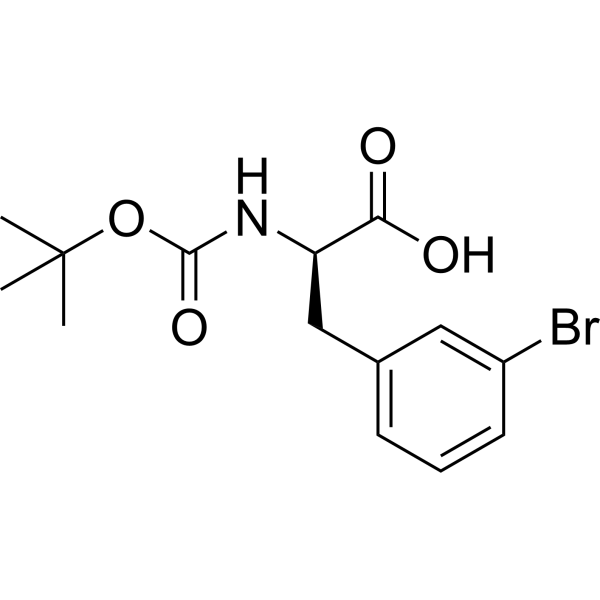
- HY-Y1661
-
-
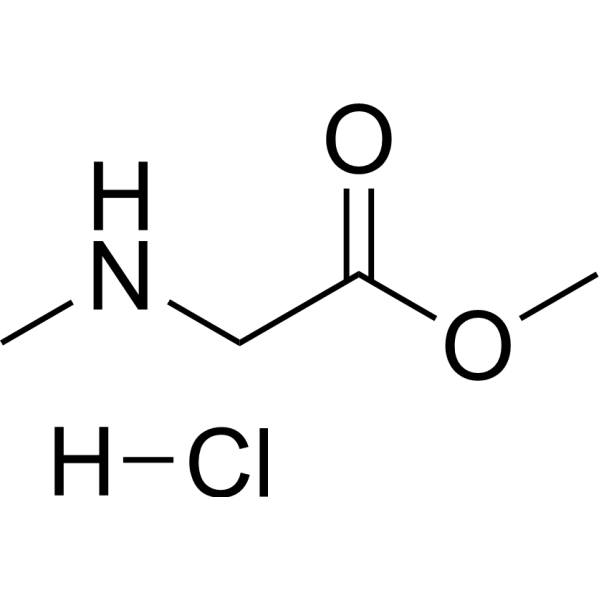
- HY-W042016
-
-

- HY-W008995
-
-
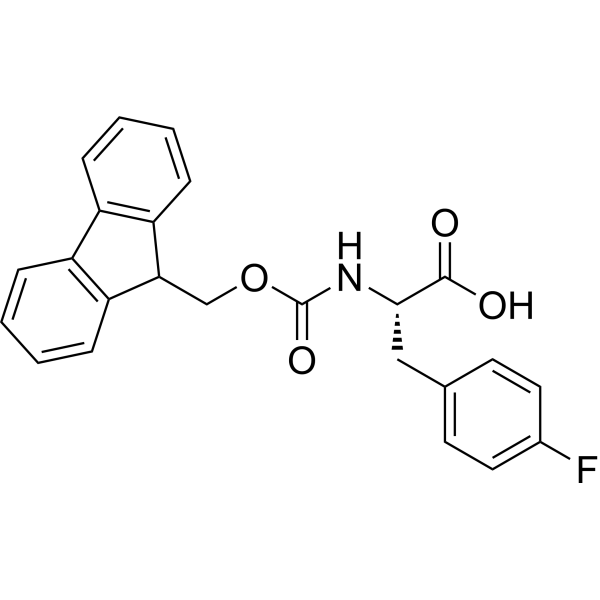
- HY-Y1167
-
-

- HY-W008981
-
-
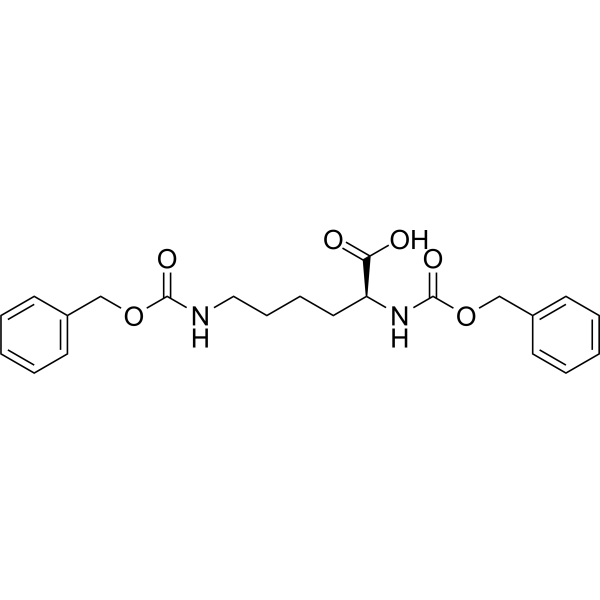
- HY-Y1144
-
|
N-[(Ethoxycarbonyl)methyl]-N-methylamine hydrochloride; Sacrosine ethyl ester hydrochloride
|
Amino Acid Derivatives
|
Others
|
|
Sarcosine ethyl ester hydrochloride is a Glycine (HY-Y0966) derivative .
|
-
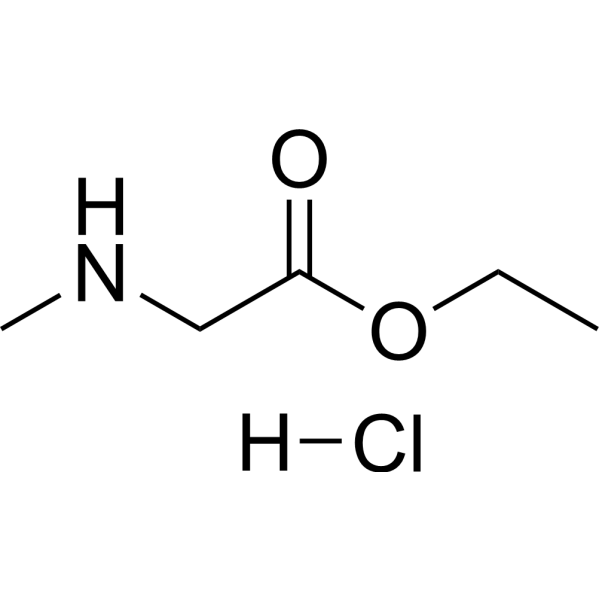
- HY-W043473
-
-
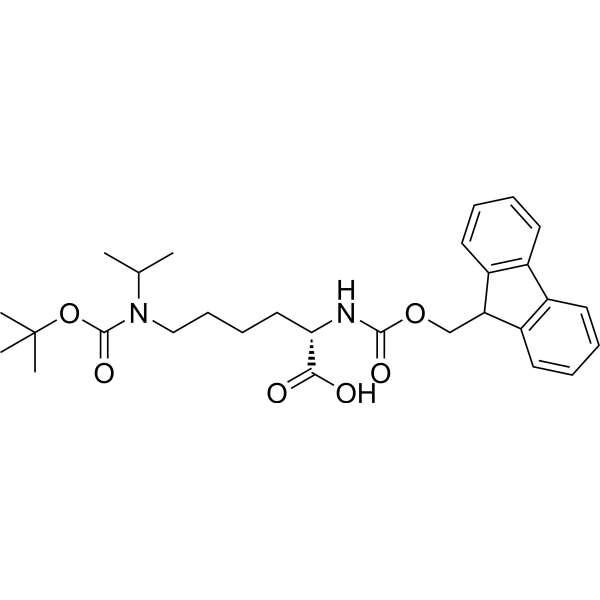
- HY-W008972
-
-
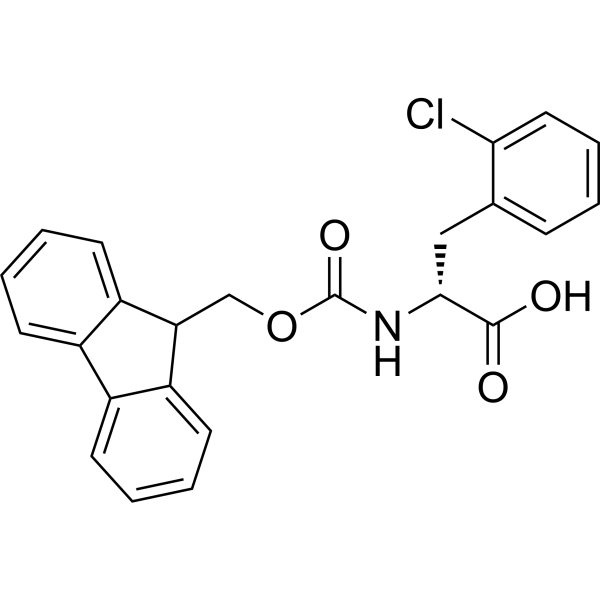
- HY-W008971
-
-
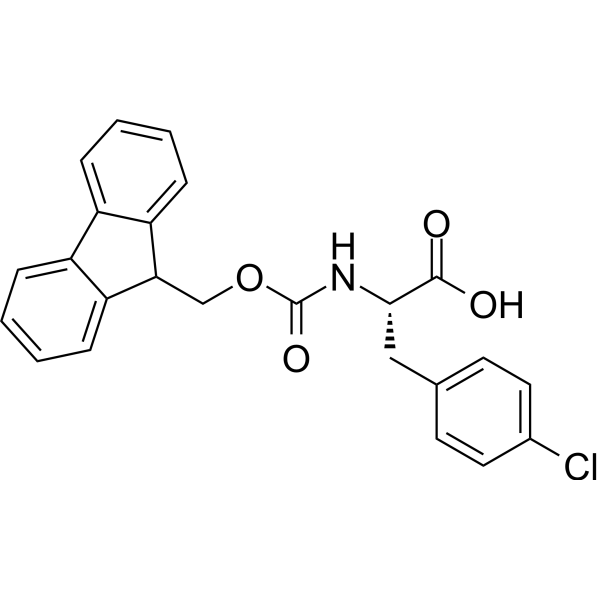
- HY-W044573
-
-
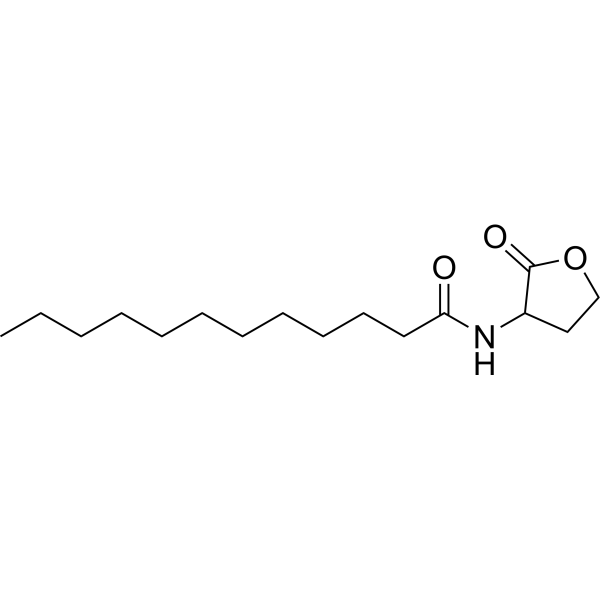
- HY-W044620
-
-
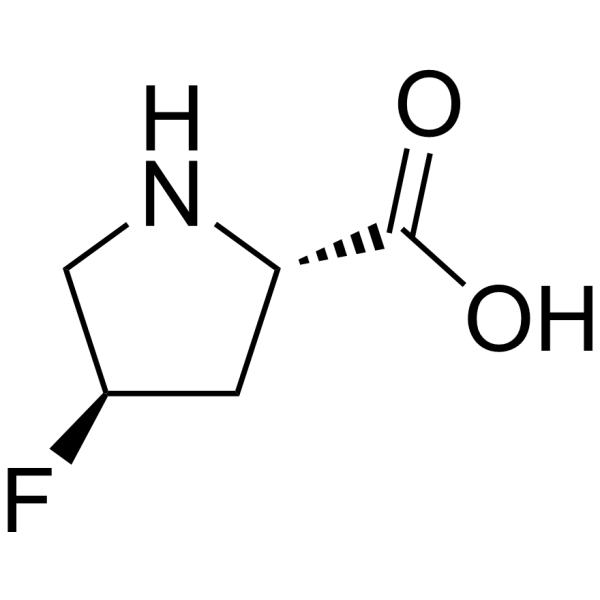
- HY-W008926
-
-
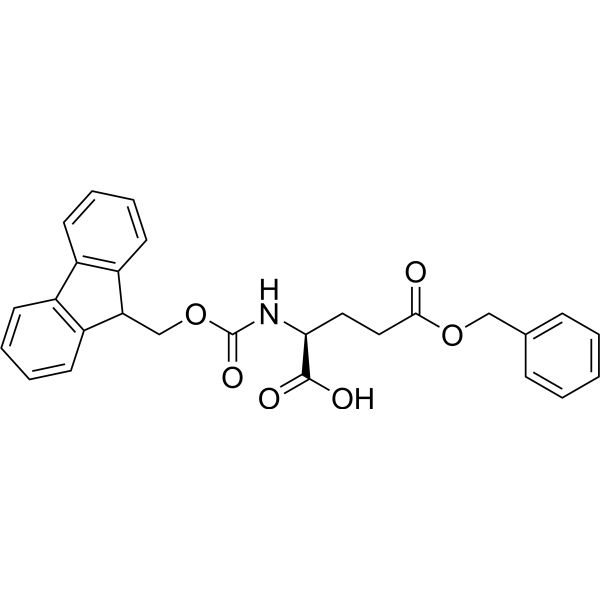
- HY-Y1164
-
-

- HY-W045221
-
-
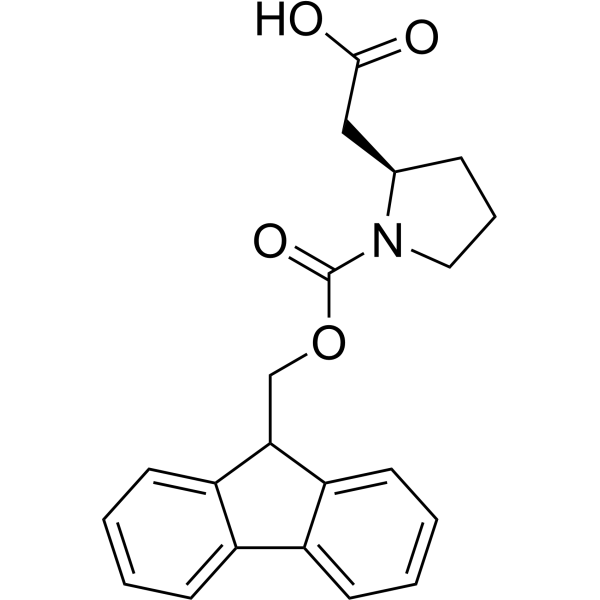
- HY-W046352
-
-

- HY-Y0735
-
-
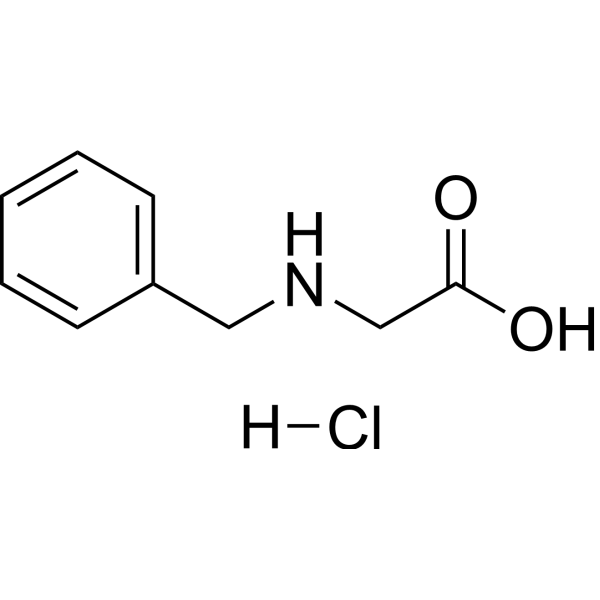
- HY-Y0749
-
|
Dimethyl (S)-2-aminopentanedioate hydrochloride; Dimethyl L-glutamate hydrochloride; Dimethyl glutamate hydrochloride
|
Amino Acid Derivatives
|
Others
|
|
Glutamic acid dimethyl ester hydrochloride is a glutamic acid derivative .
|
-
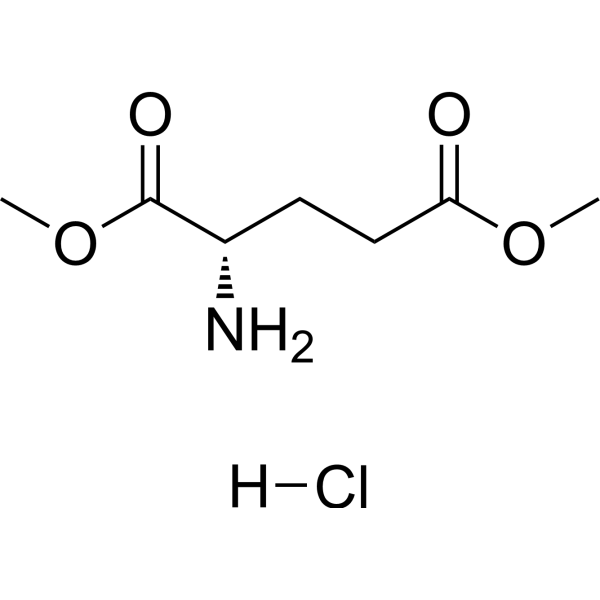
- HY-Y0555A
-
|
N-(Benzyloxycarbonyl)-D-leucine; N-Carbobenzoxy-D-leucine; N-Carbobenzyloxy-D-leucine; NSC 523826
|
Amino Acid Derivatives
|
Others
|
|
D-N-(Benzyloxycarbonyl)leucine is a leucine derivative .
|
-
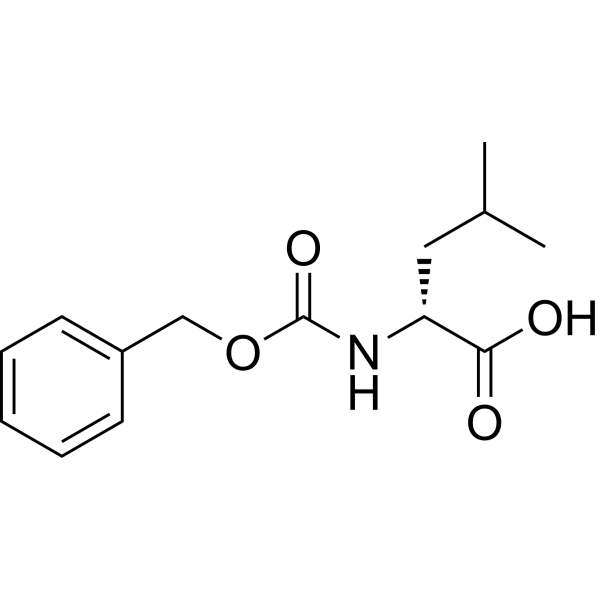
- HY-W047794
-
-
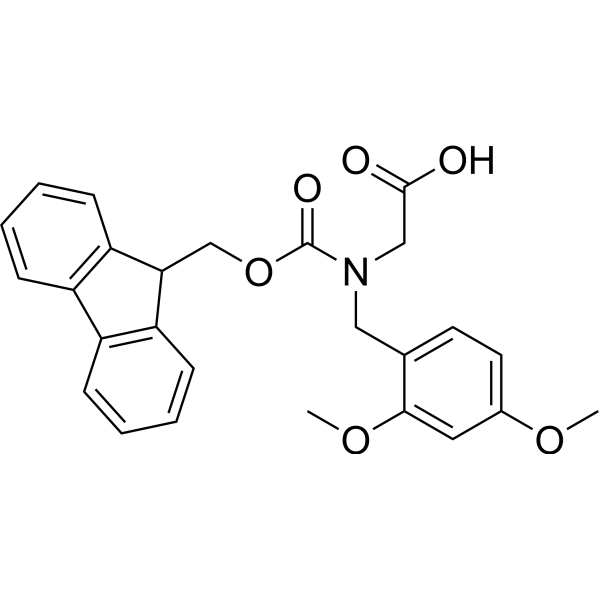
- HY-W008771
-
-

- HY-W047845
-
-
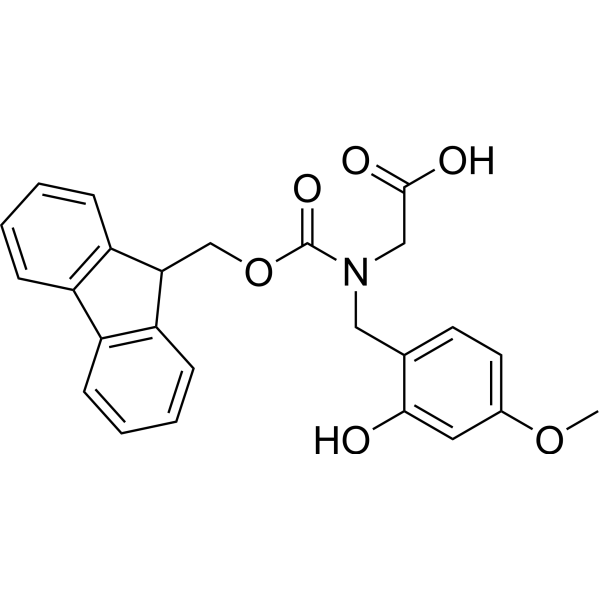
- HY-W047901
-
-

- HY-WAA0112
-
-

- HY-Y0007
-
|
L-Alanine, N-carboxy-, N-benzyl ester (6CI,7CI); (S)-2-(Benzyloxycarbonylamino)propanoic acid
|
Amino Acid Derivatives
|
Others
|
|
N-[(Benzyloxy)carbonyl]-L-alanine is an alanine derivative .
|
-
![N-[(Benzyloxy)carbonyl]-L-alanine](//file.medchemexpress.com/product_pic/hy-y0007.gif)
- HY-W048203
-
-
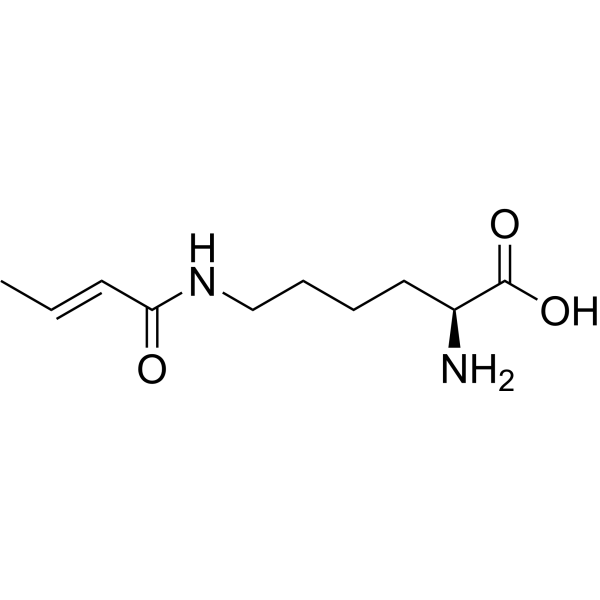
- HY-W048207
-
-
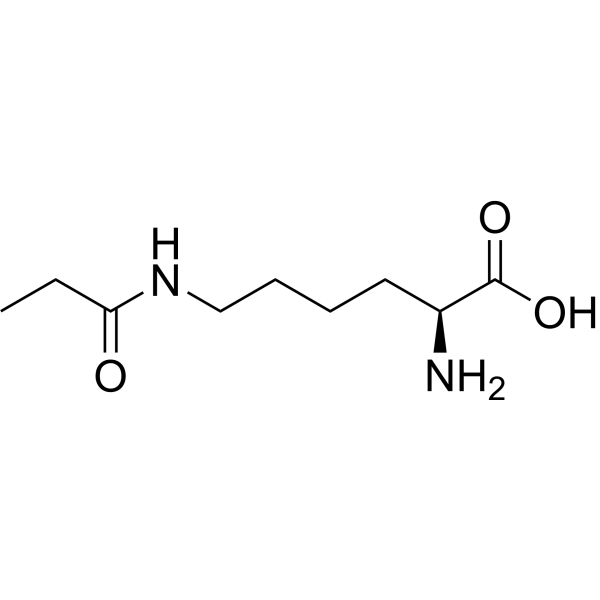
- HY-W048215
-
|
|
Amino Acid Derivatives
|
Others
|
|
N2-(((9H-Fluoren-9-yl)methoxy)carbonyl)-N6-(2-(7-methoxy-2-oxo-2H-chromen-4-yl)acetyl)-L-lysine is a lysine derivative .
|
-
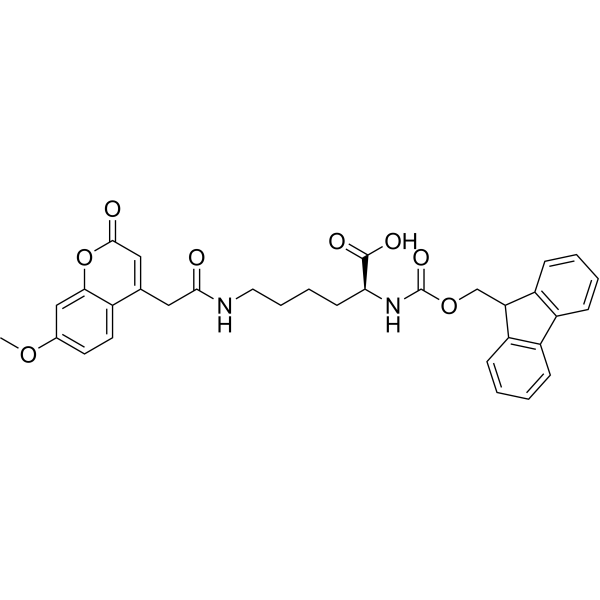
- HY-W048217
-
-

- HY-W048283
-
-

- HY-W048286
-
-

- HY-W008426
-
-
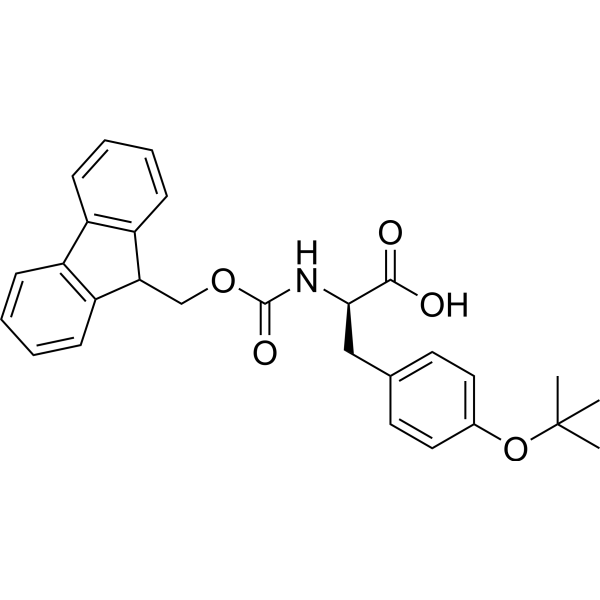
- HY-W008389
-
-
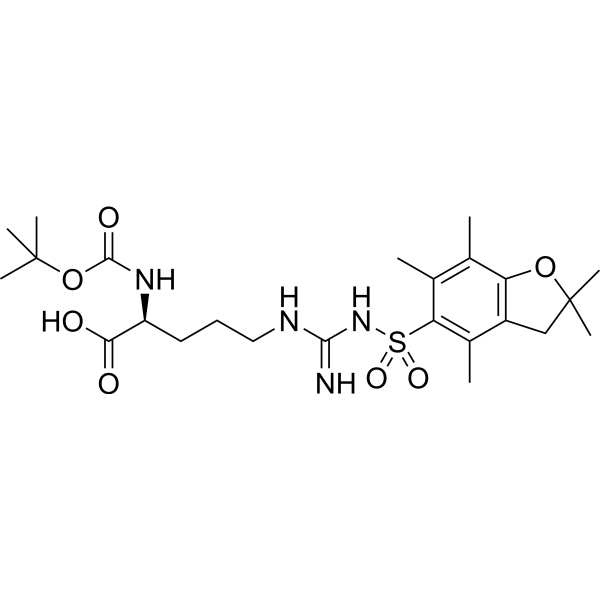
- HY-W048677
-
-
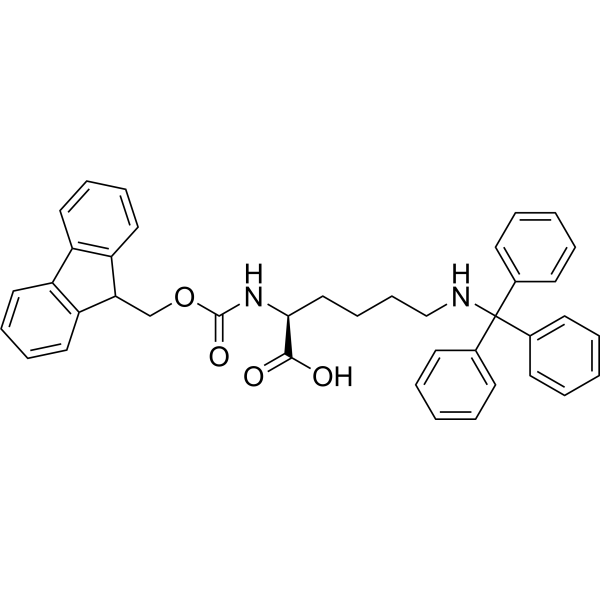
- HY-W008382
-
-
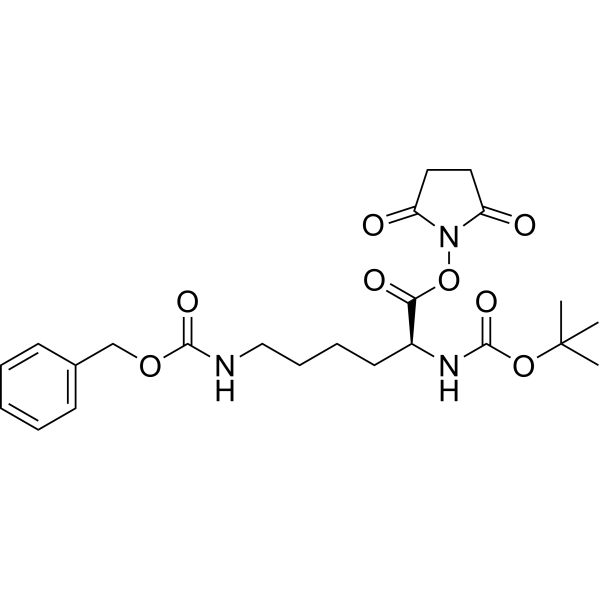
- HY-W008273
-
-

- HY-W048691
-
-

- HY-W048693
-
-
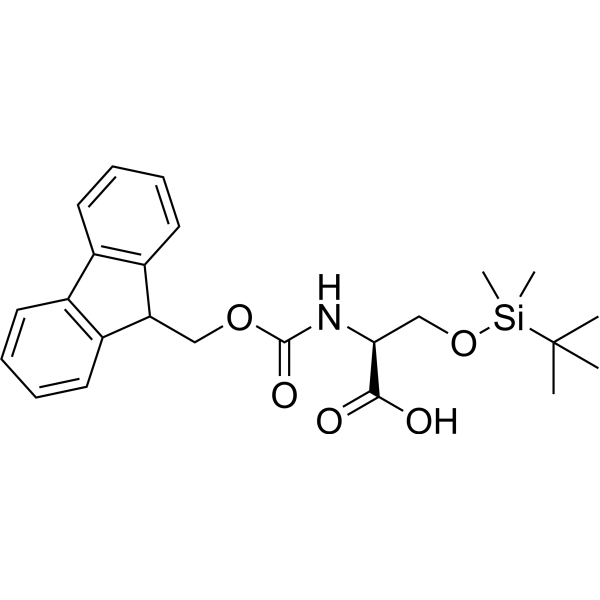
- HY-W048701
-
-
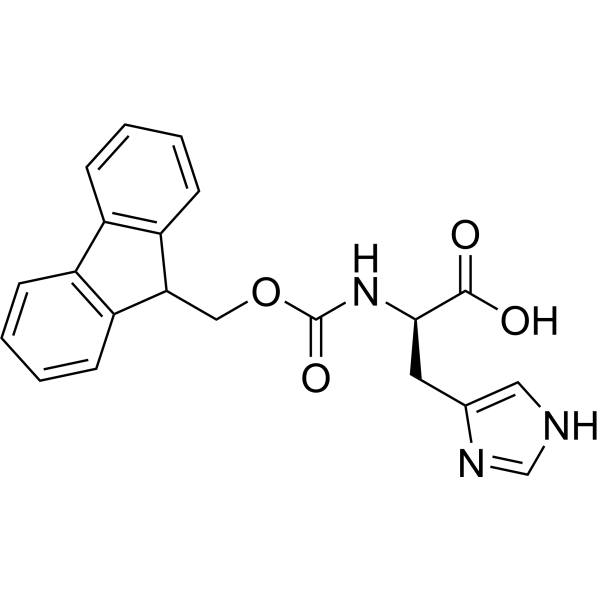
- HY-W008256
-
-

- HY-W048703
-
-
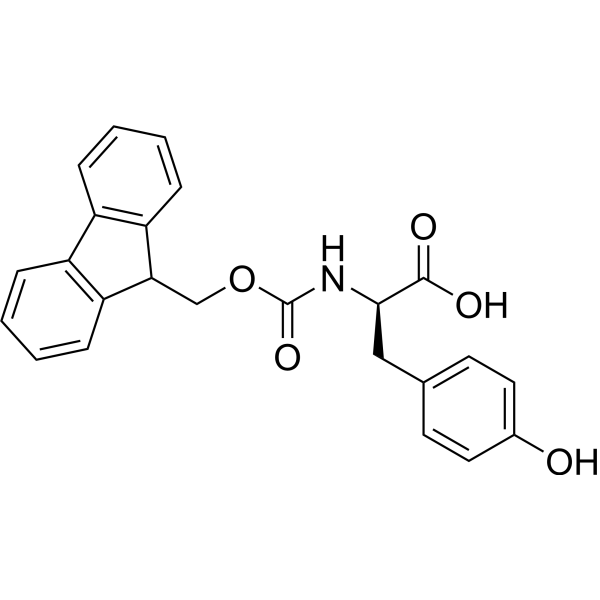
- HY-W048704
-
|
|
Amino Acid Derivatives
|
Others
|
|
N2-(((9H-Fluoren-9-yl)methoxy)carbonyl)-N6-((4-methoxyphenyl)diphenylmethyl)-L-lysine is a lysine derivative .
|
-
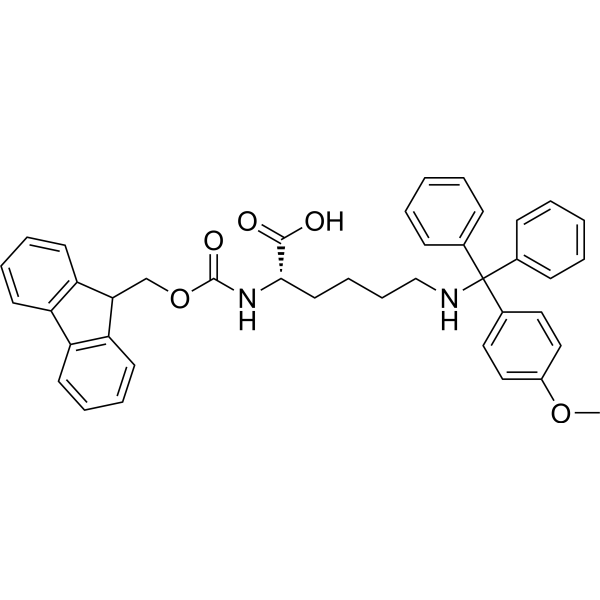
- HY-W008079
-
-
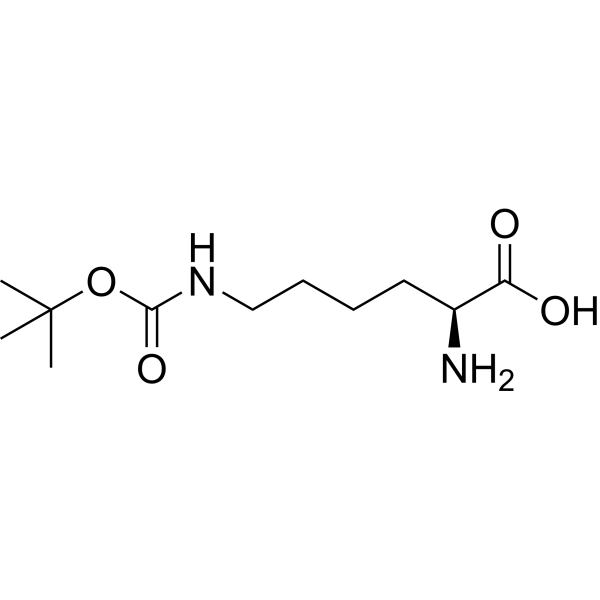
- HY-W048708
-
-
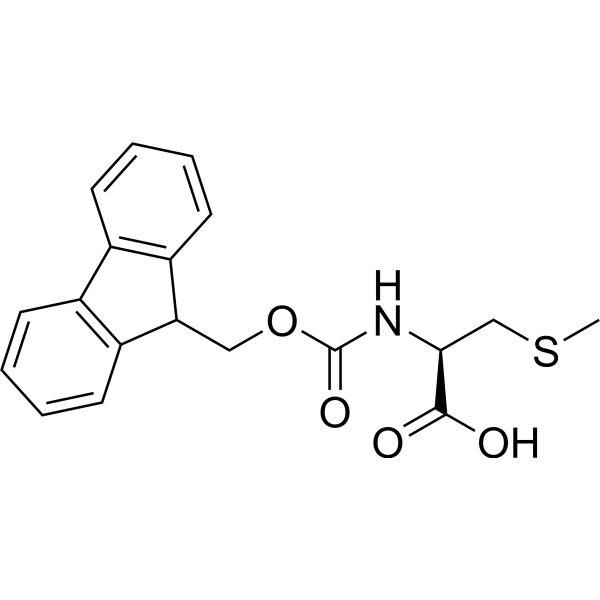
- HY-W008075
-
-
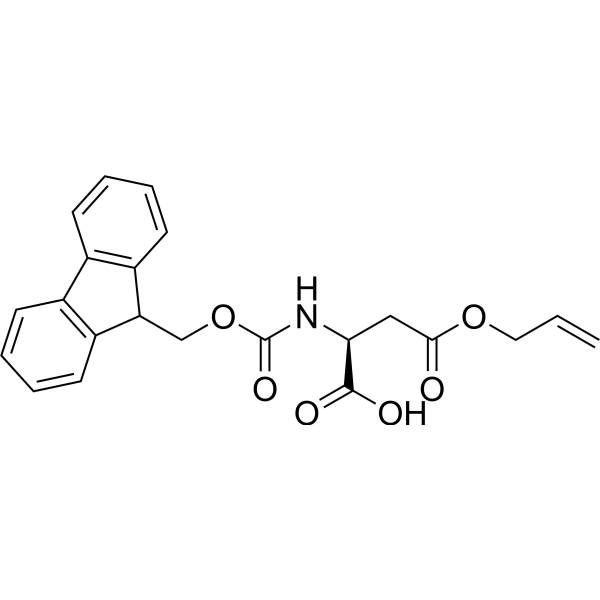
- HY-107373A
-
-
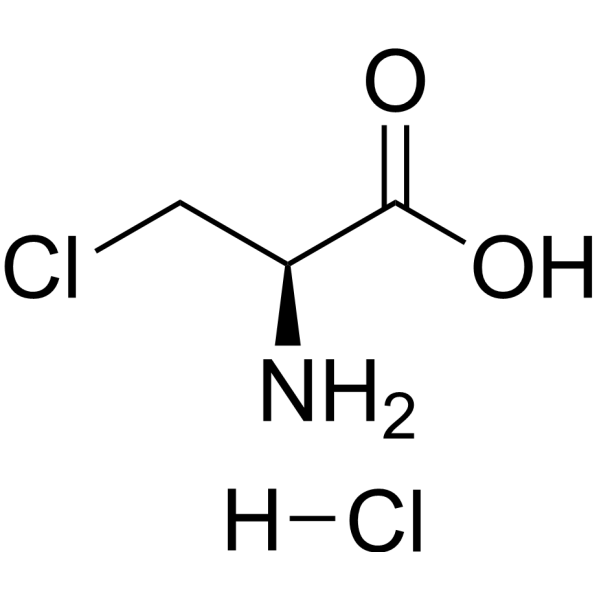
- HY-W048727
-
-

- HY-W048828
-
-
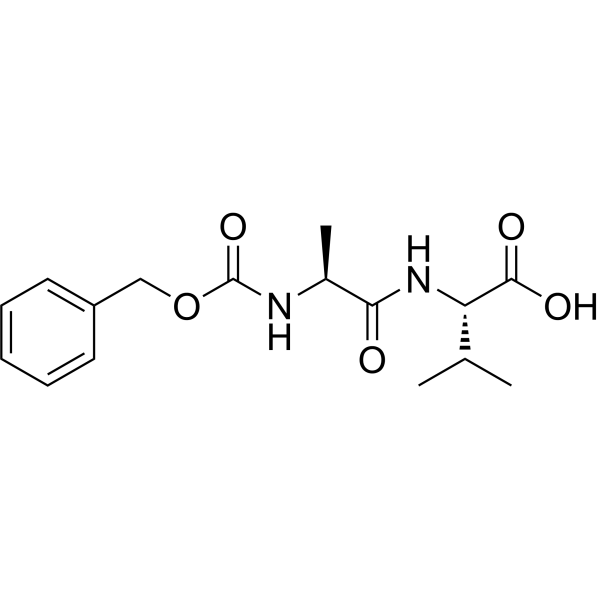
- HY-W010959
-
-

- HY-W048831
-
-

- HY-W010962
-
-
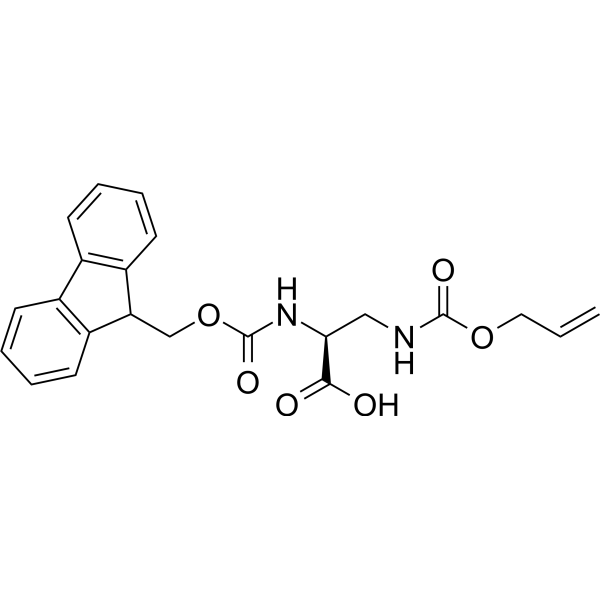
- HY-W048839
-
-

- HY-W010964
-
-
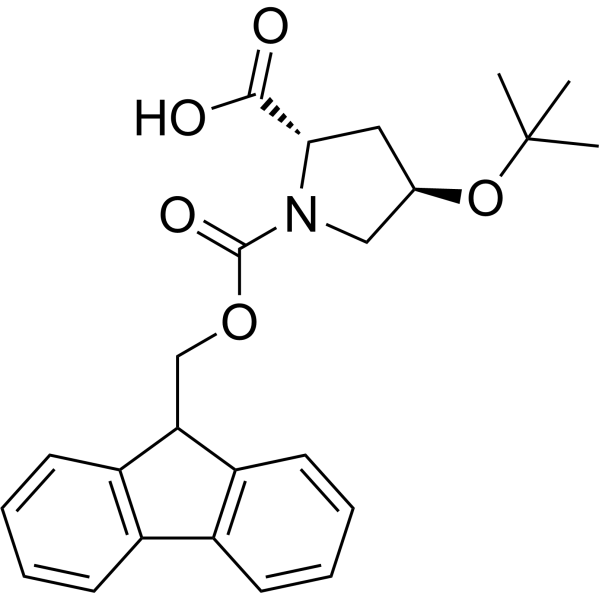
- HY-W048911
-
-
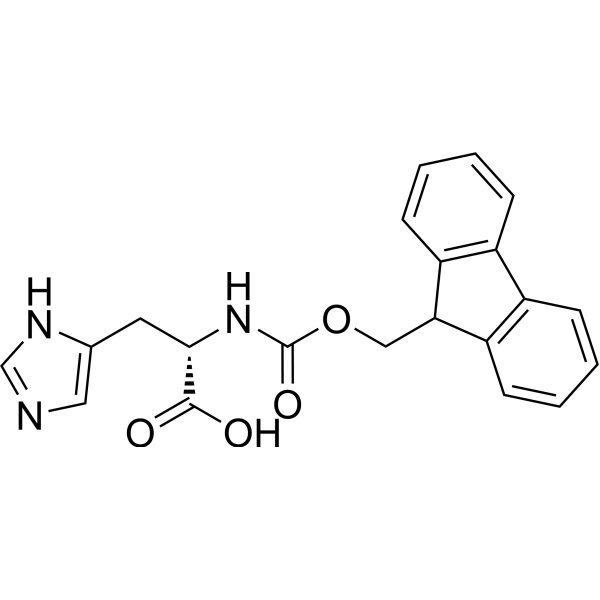
- HY-W010965
-
-

- HY-W048918
-
-
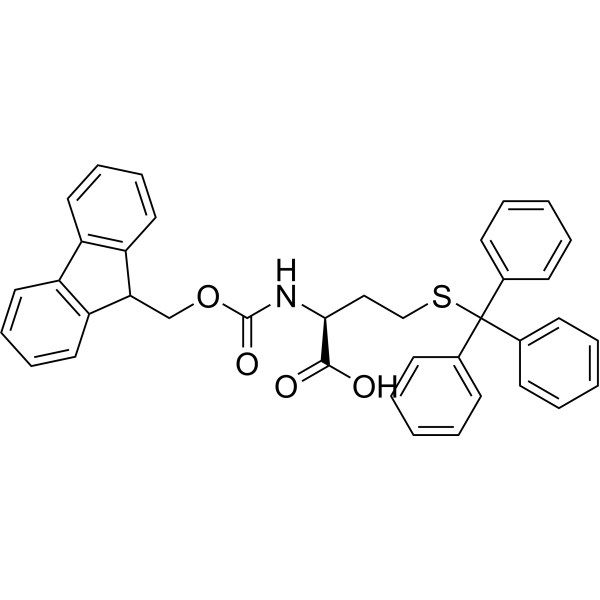
- HY-W010982
-
-
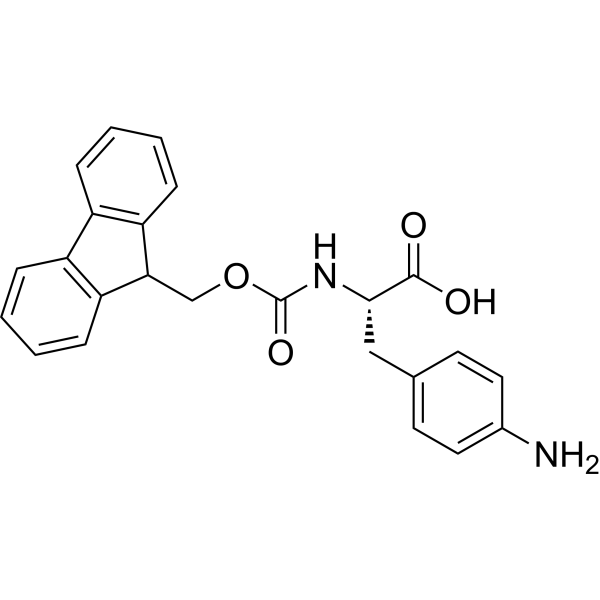
- HY-W010997
-
-
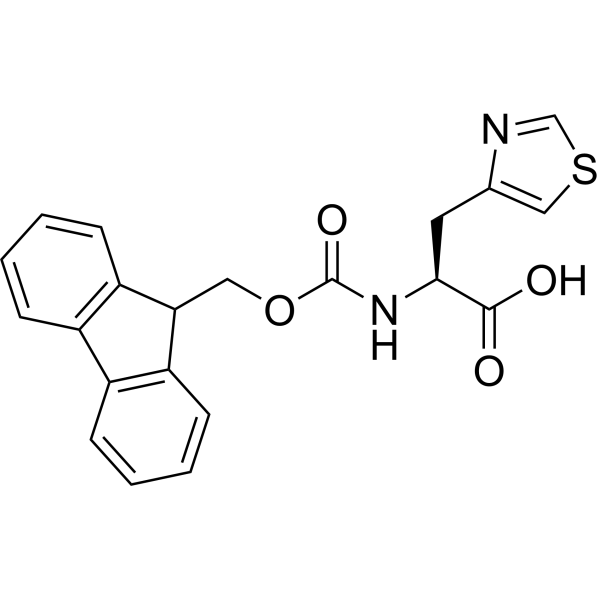
- HY-W011000
-
-

- HY-W011001
-
-

- HY-W011003
-
-
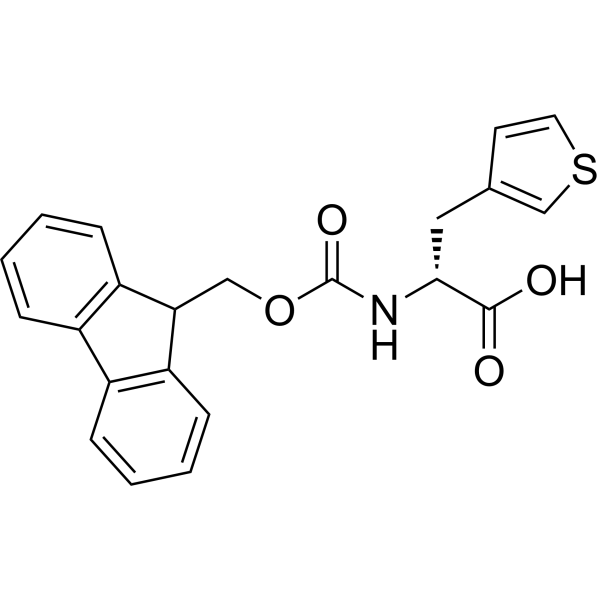
- HY-W050494
-
-
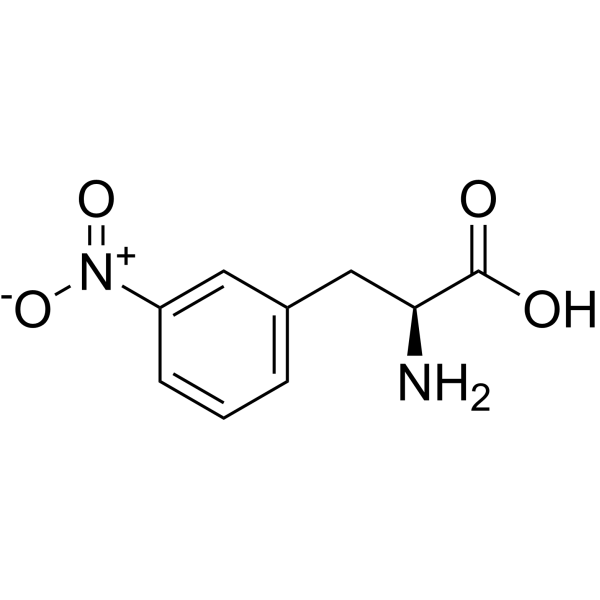
- HY-W011019
-
-
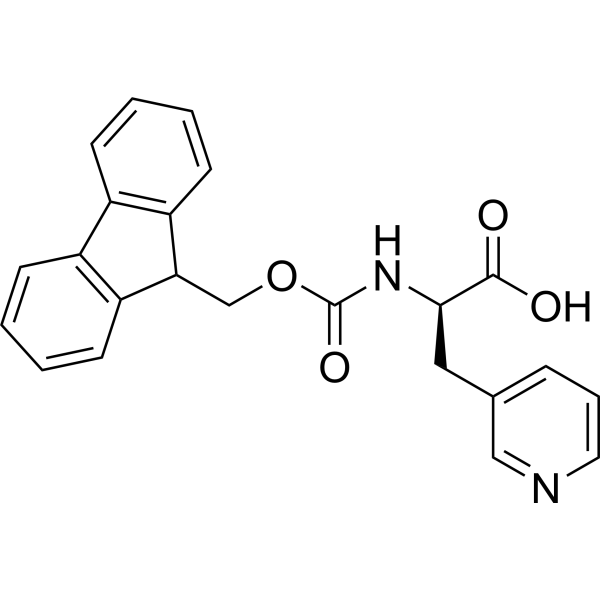
- HY-W050785
-
-
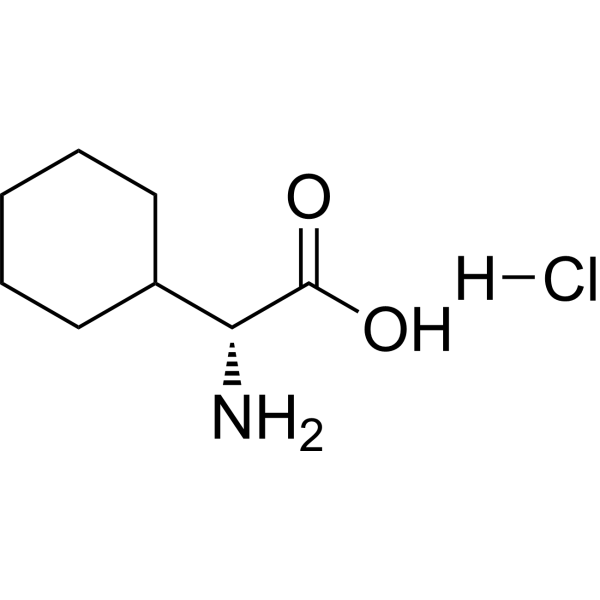
- HY-W011026
-
-
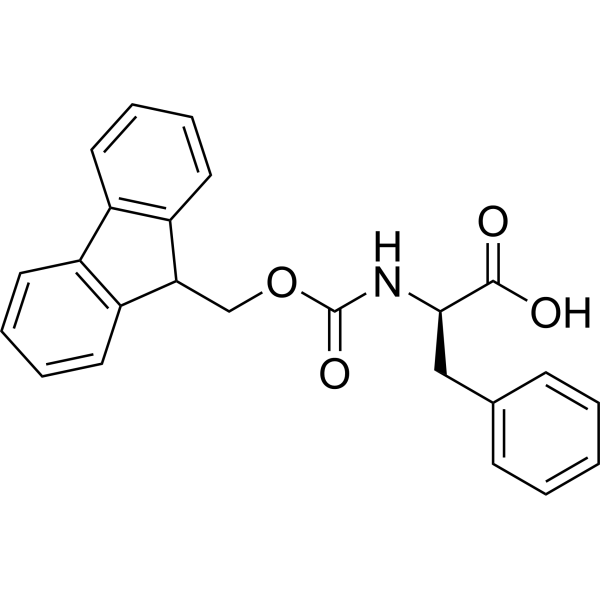
- HY-W050803
-
-
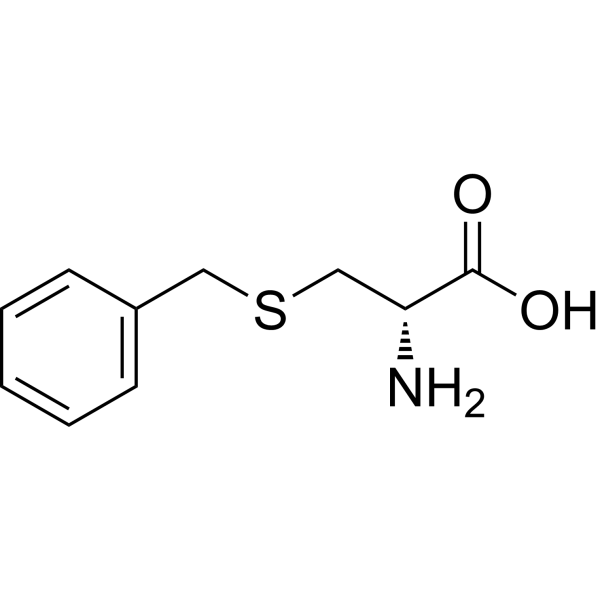
- HY-W051093
-
-
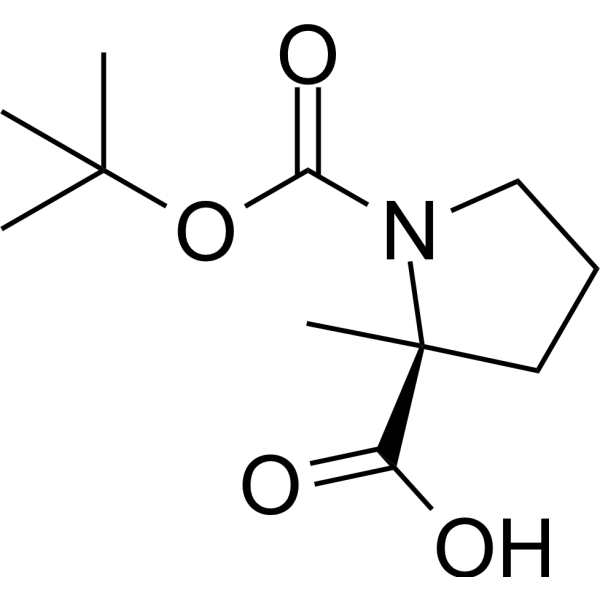
- HY-W011033
-
-
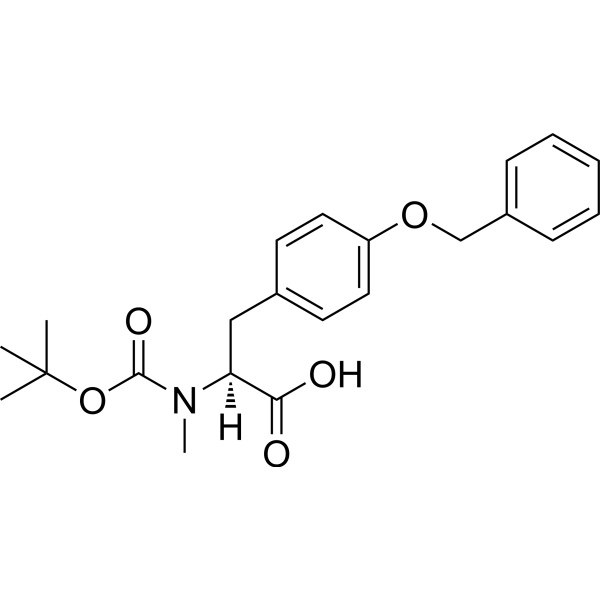
- HY-W051350
-
-
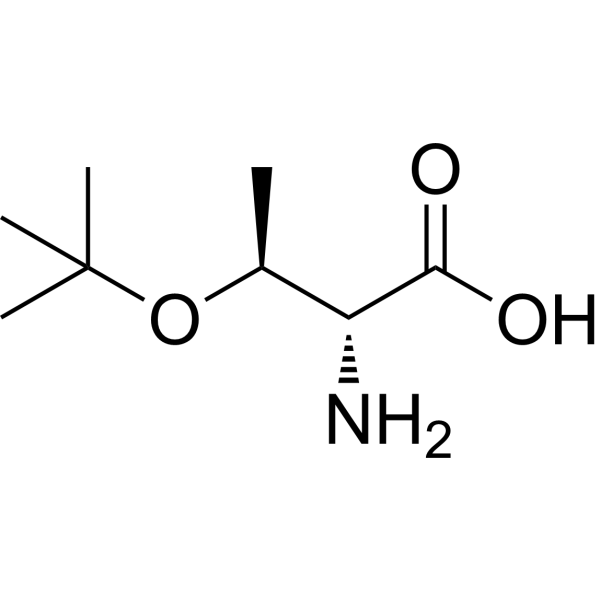
- HY-W011049
-
-
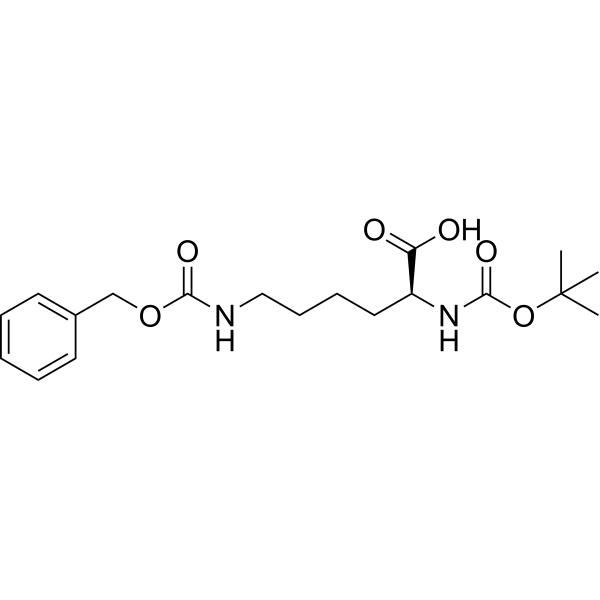
- HY-W051418
-
-
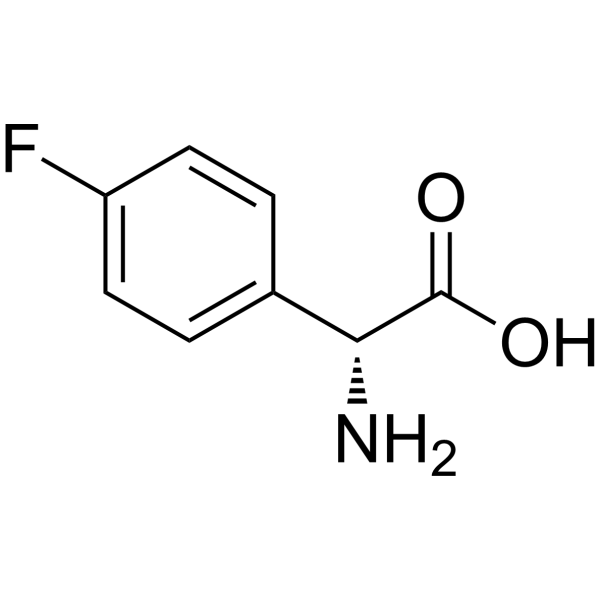
- HY-W051568
-
-
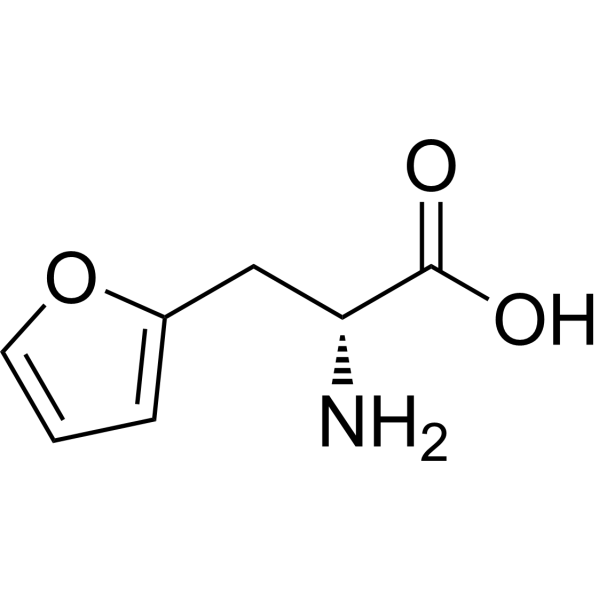
- HY-W011056
-
-
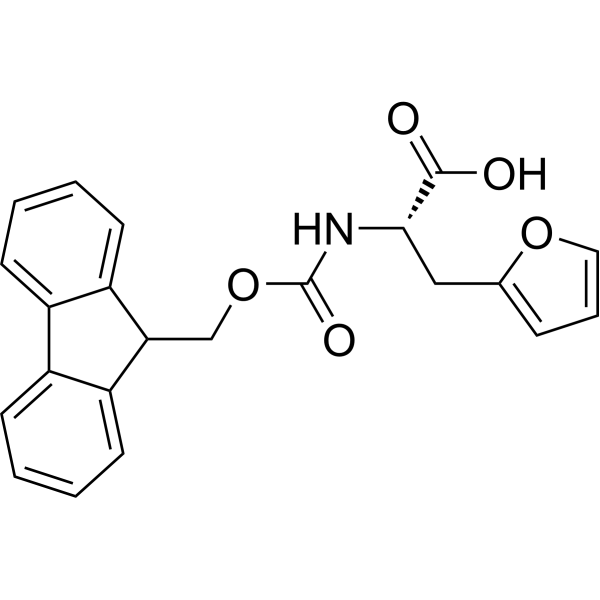
- HY-W011064
-
-
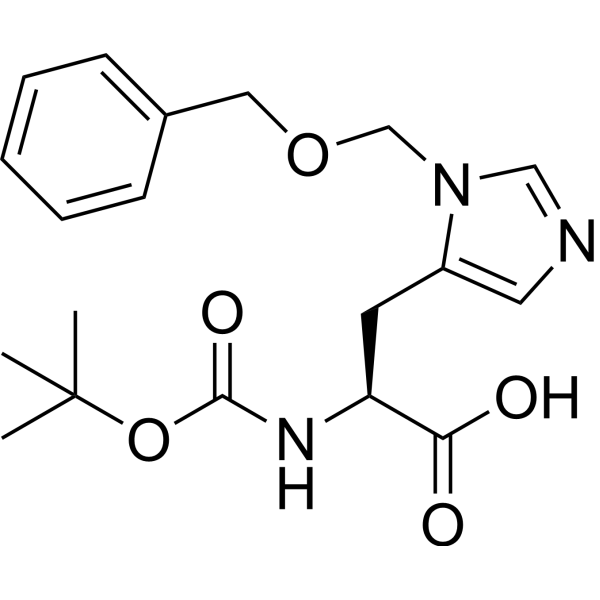
- HY-W052212
-
-
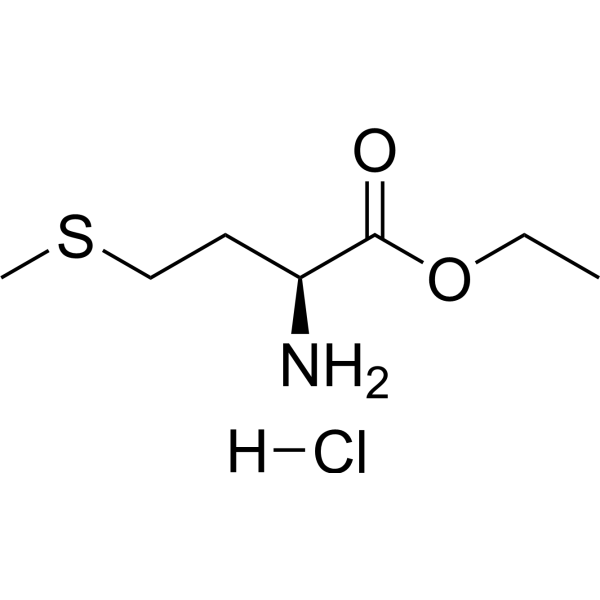
- HY-W008908
-
-
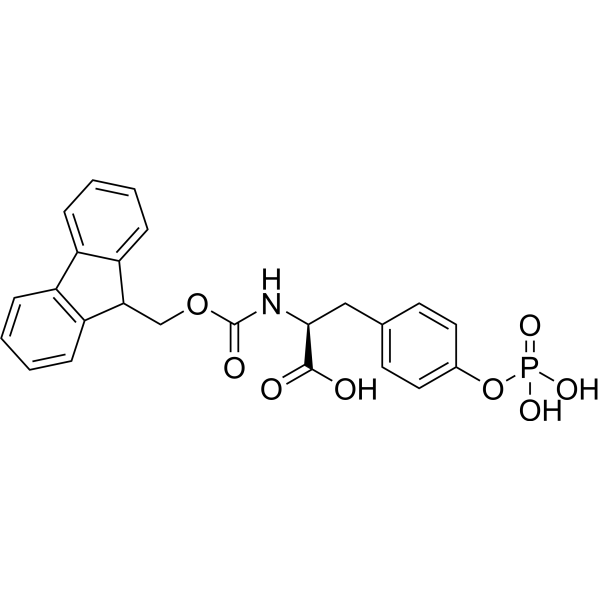
- HY-W011074
-
-
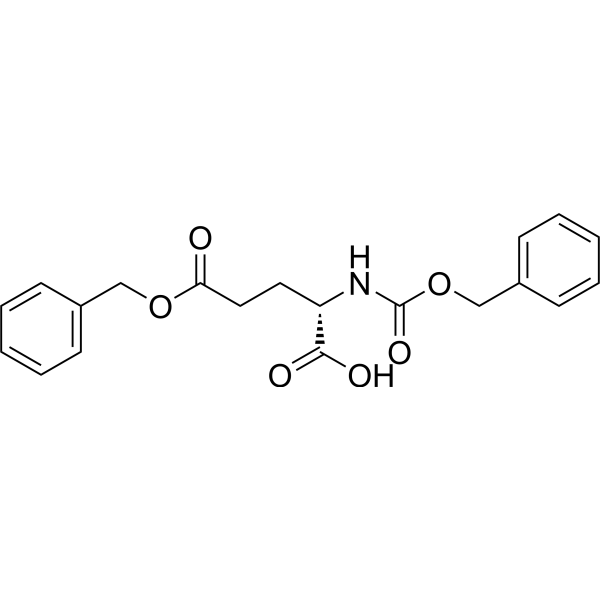
- HY-W052246
-
-
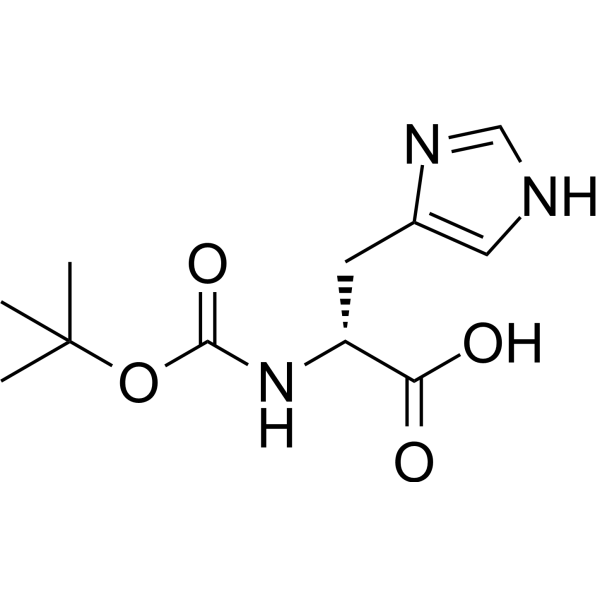
- HY-W011081
-
-
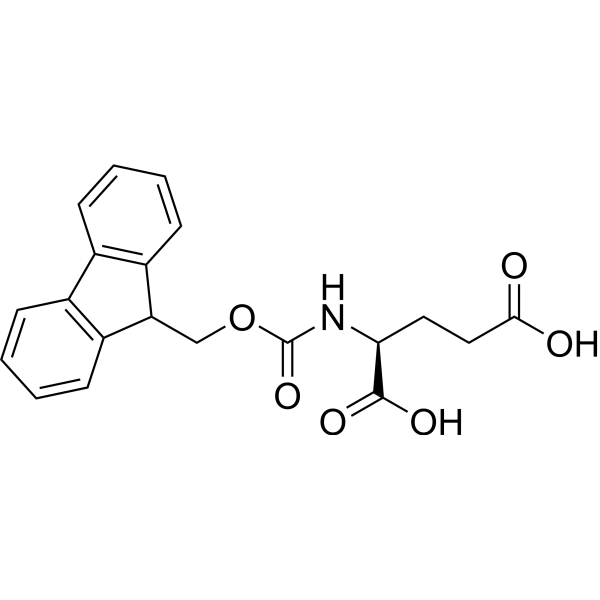
- HY-W052309
-
-
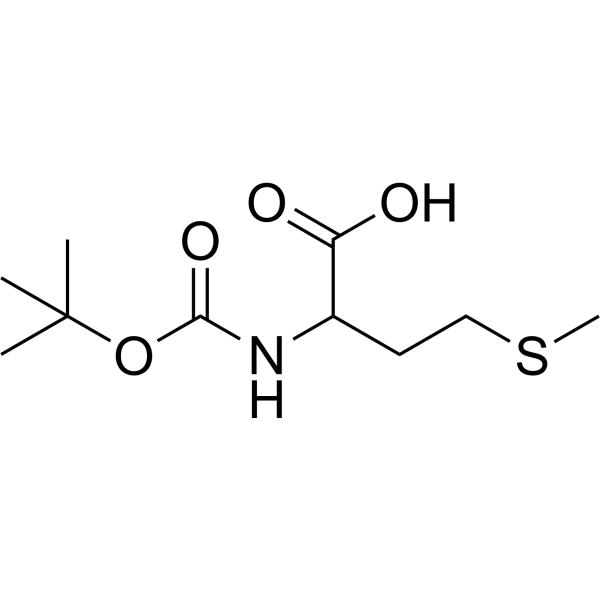
- HY-W052310
-
-

- HY-W011088
-
-
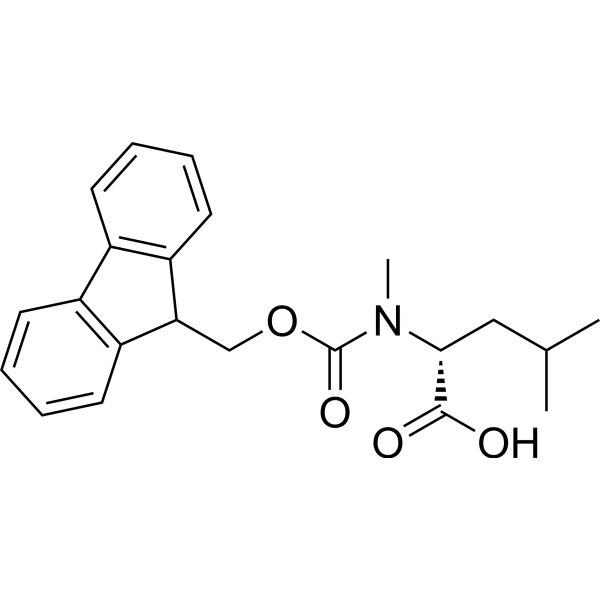
- HY-W052493
-
-
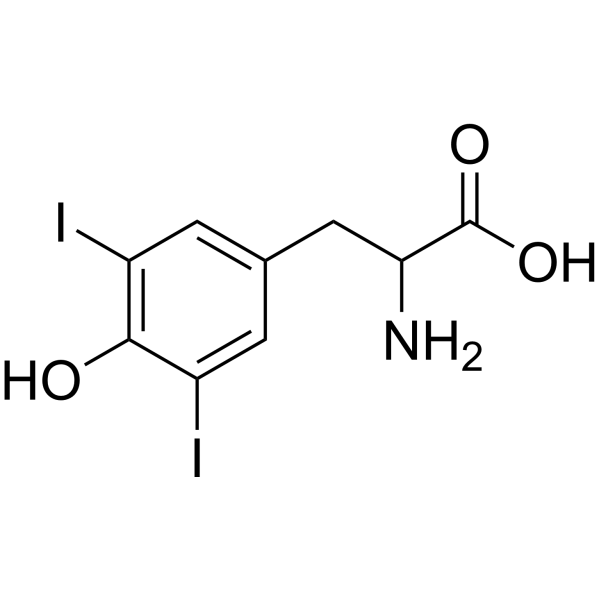
- HY-W011089
-
-
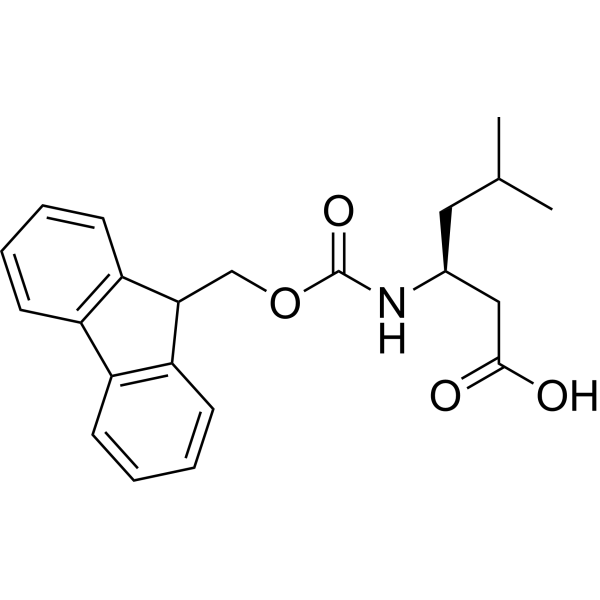
- HY-W052529
-
-
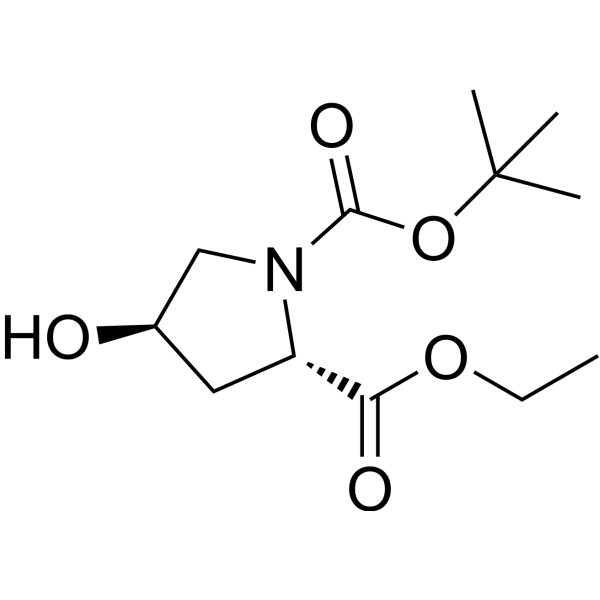
- HY-W008371
-
-
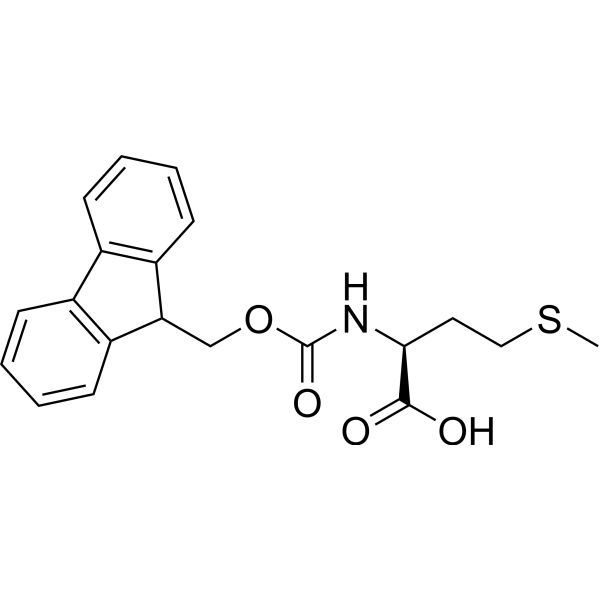
- HY-W053503
-
|
|
Amino Acid Derivatives
|
Others
|
|
(S)-3-((tert-Butoxycarbonyl)amino)-3-(3-(trifluoromethyl)phenyl)propanoic acid is a phenylalanine derivative .
|
-
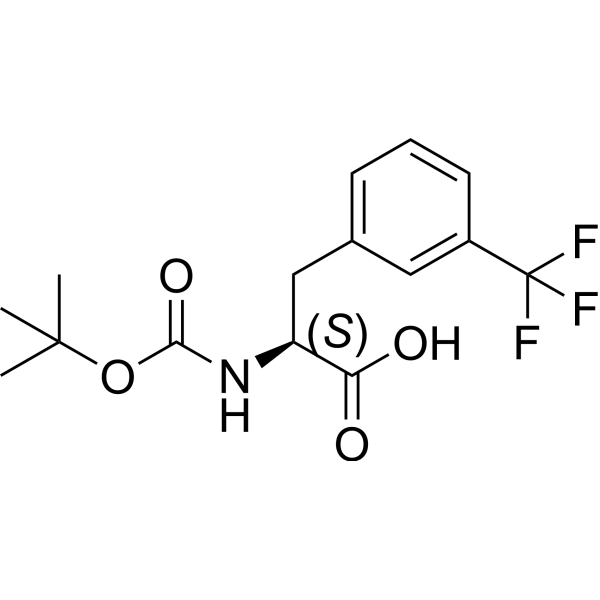
- HY-W053531
-
-
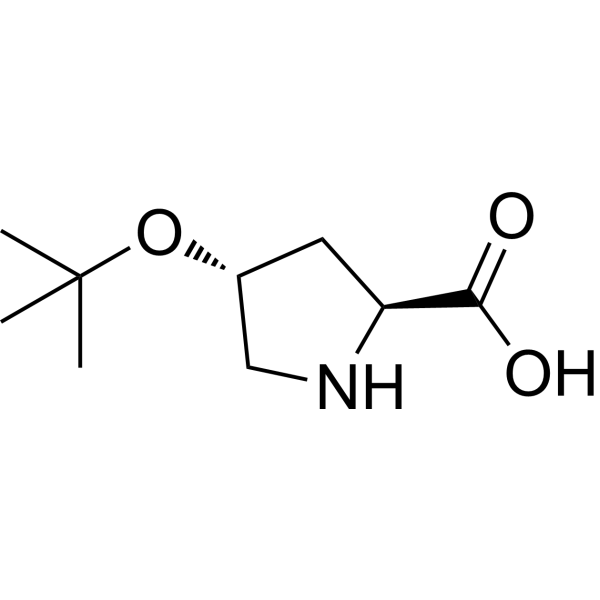
- HY-Y0028
-
|
N-(tert-Butoxycarbonyl)aspartic acid 1-benzyl ester; N-(tert-Butoxycarbonyl)aspartic acid benzyl ester
|
Amino Acid Derivatives
|
Others
|
|
(S)-2-(tert-Butoxycarbonylamino)succinic acid benzyl ester is an aspartic acid derivative .
|
-
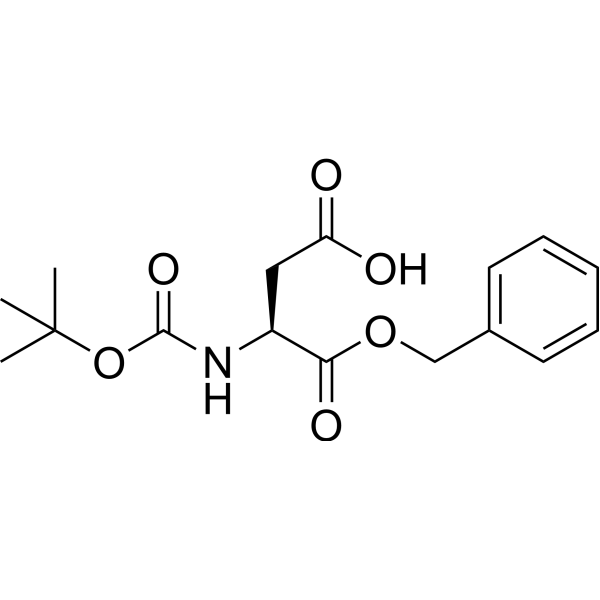
- HY-79128
-
|
Fmoc-L-Lys(Boc)-OH; Fmoc-Lys(Boc)-OH; N-α-(Fmoc)-N-ε-(t-boc)-L-Lysine-OH
|
Amino Acid Derivatives
|
Others
|
|
Fmoc-L-Lys (Boc)-OH is a lysine derivative .
|
-
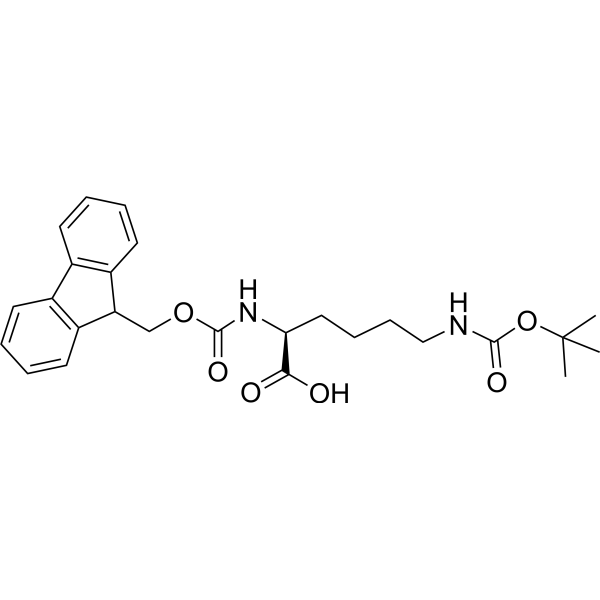
- HY-W011154
-
-
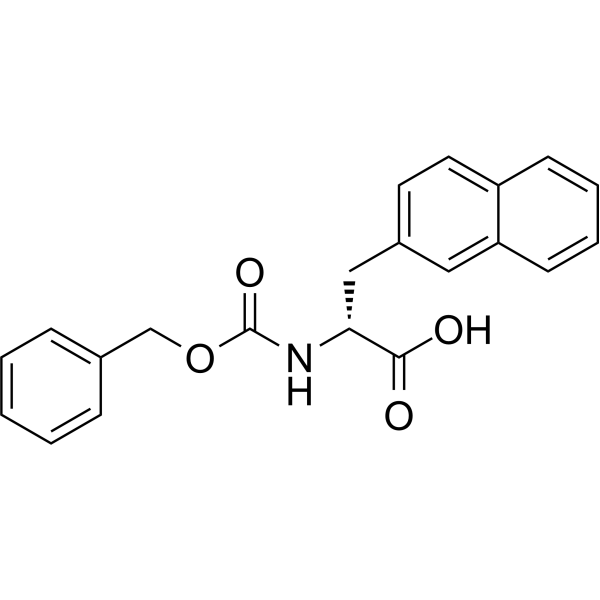
- HY-141526
-
-
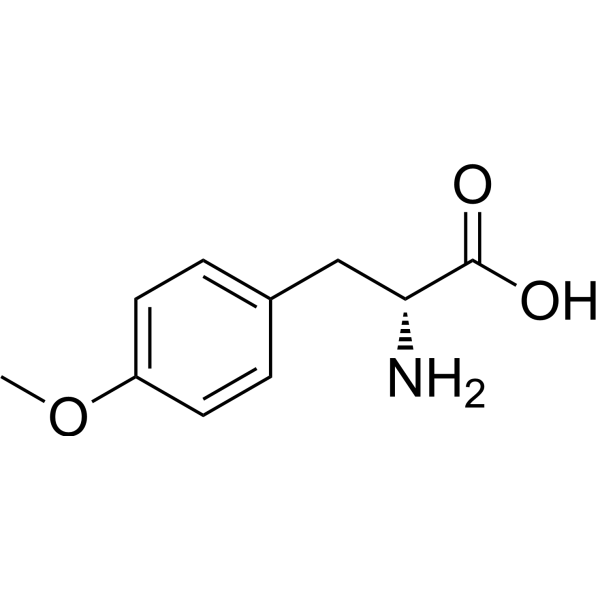
- HY-W052408
-
-
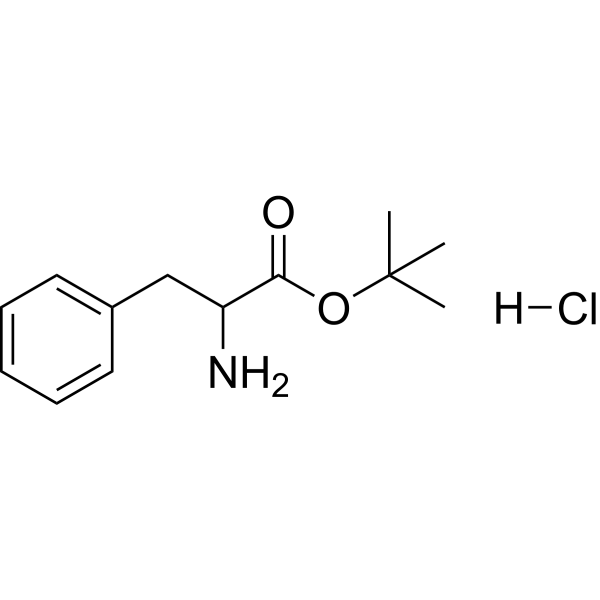
- HY-W011167
-
-

- HY-W053705
-
-
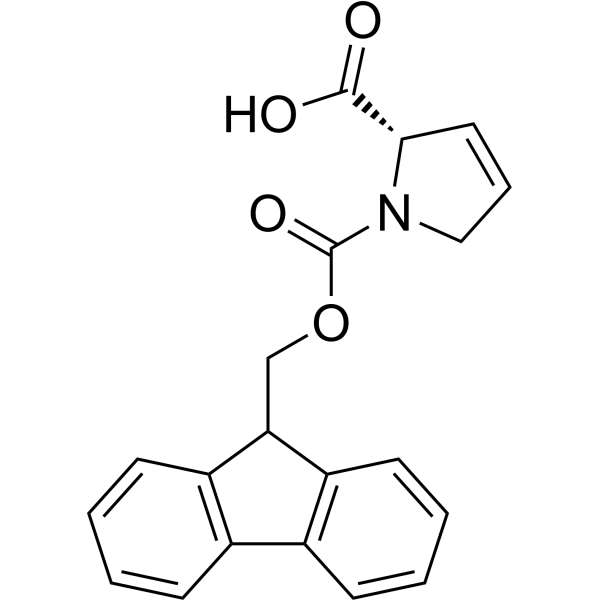
- HY-W053801
-
-
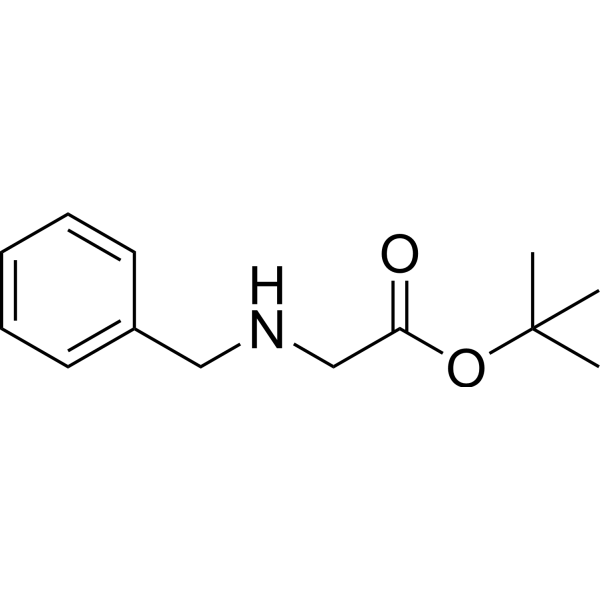
- HY-W011199
-
-

- HY-W112057
-
-
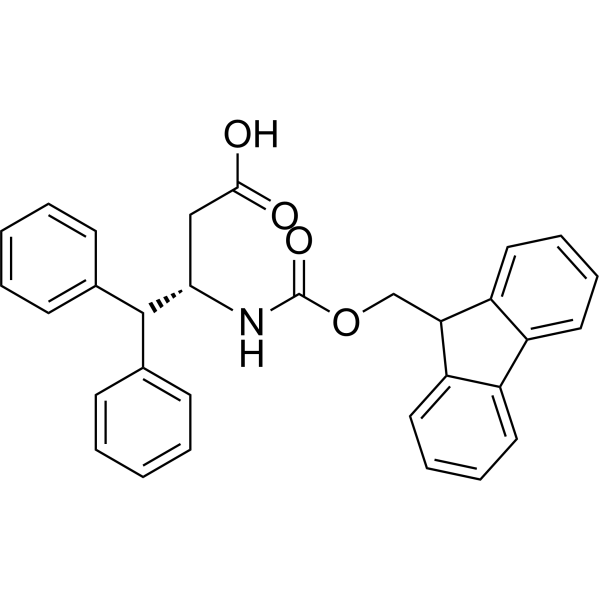
- HY-W055811
-
-
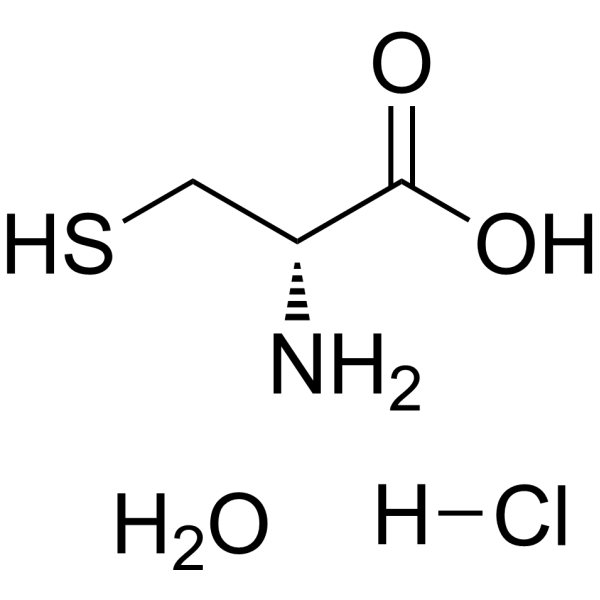
- HY-W057434
-
-

- HY-W057465
-
-

- HY-W011203
-
-
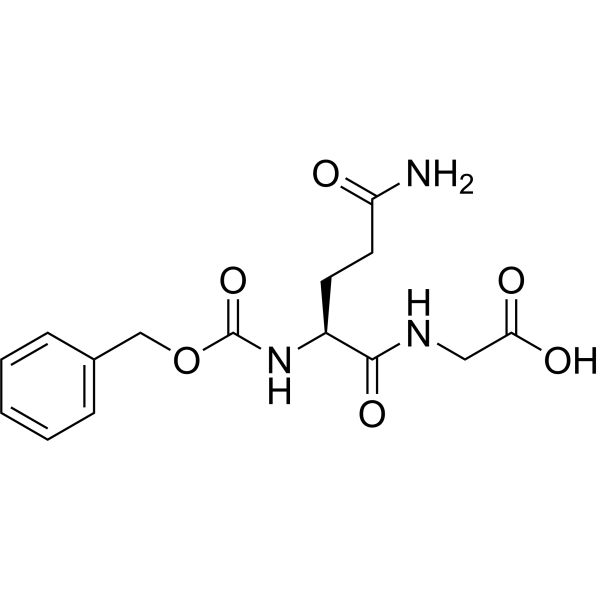
- HY-W011210
-
|
|
Amino Acid Derivatives
|
Others
|
|
Fmoc-Pra-OH is a Glycine (HY-Y0966) derivative . Fmoc-Pra-OH is a click chemistry reagent, it contains an Alkyne group and can undergo copper-catalyzed azide-alkyne cycloaddition (CuAAc) with molecules containing Azide groups.
|
-
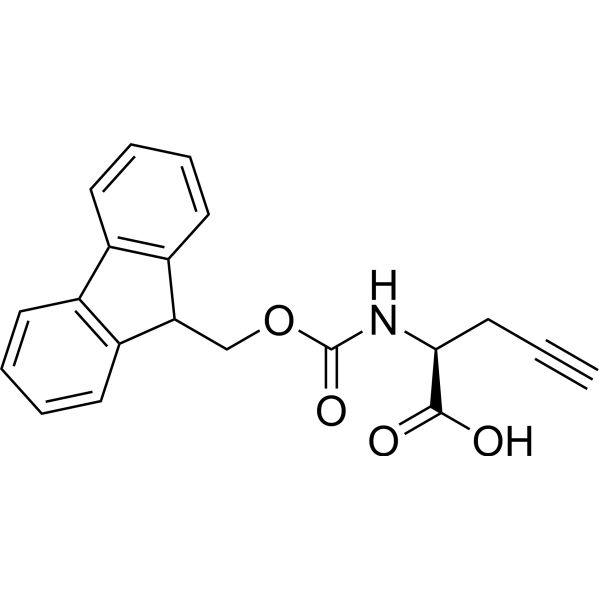
- HY-I1061
-
-
![L-Alloisoleucine, N-[(phenylmethoxy)carbonyl]-](//file.medchemexpress.com/product_pic/hy-i1061.gif)
- HY-W011218
-
-
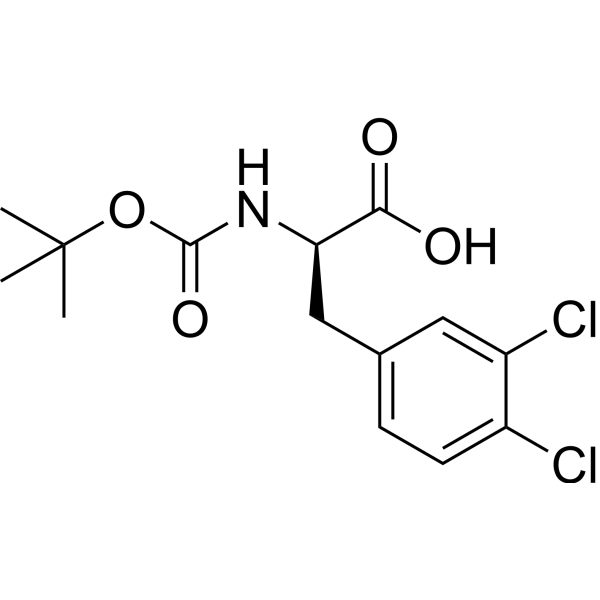
- HY-I0125
-
-
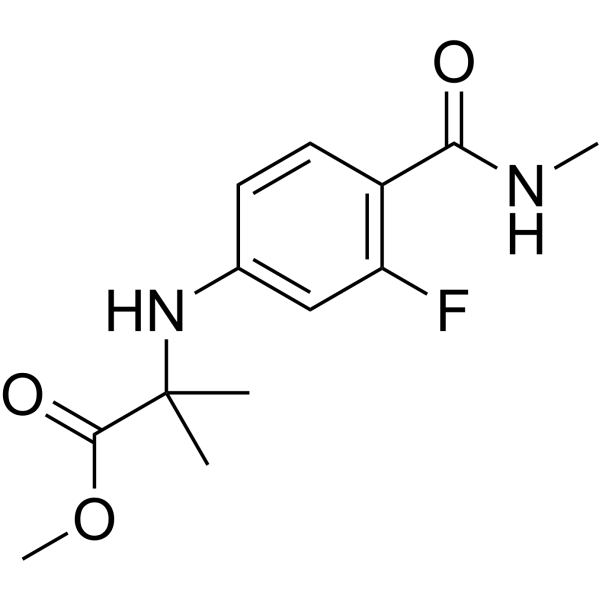
- HY-W011223
-
|
|
Amino Acid Derivatives
|
Others
|
|
(S)-2-((tert-Butoxycarbonyl)amino)-3-(4-(trifluoromethyl)phenyl)propanoic acid is a phenylalanine derivative .
|
-
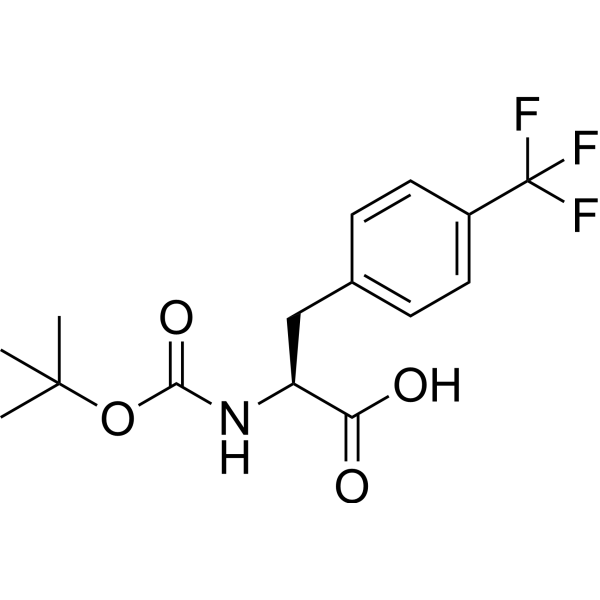
- HY-W011255
-
-

- HY-W062304
-
-
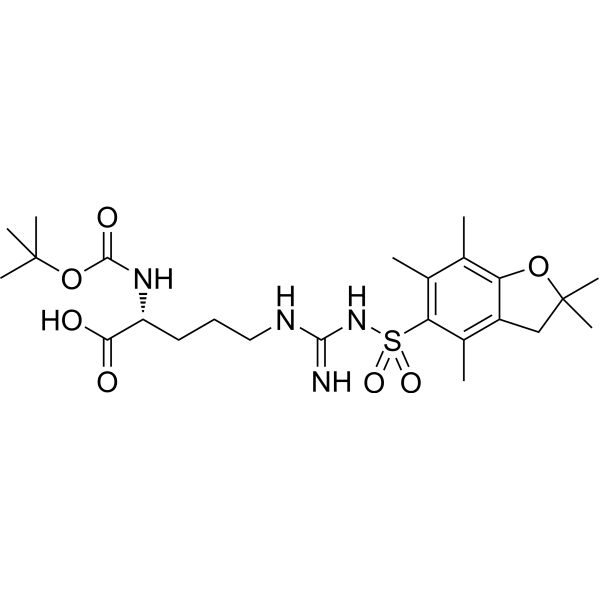
- HY-W061650
-
-
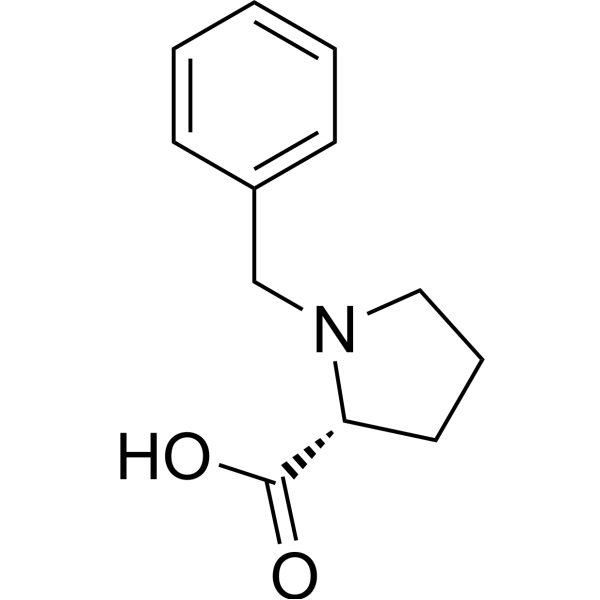
- HY-W011321
-
-
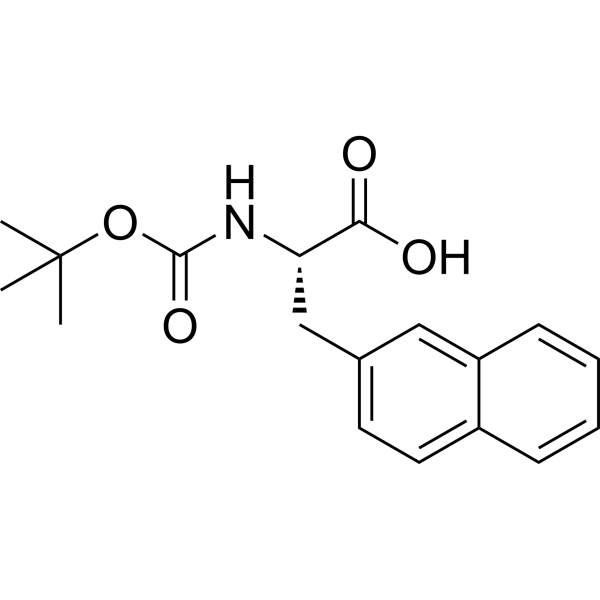
- HY-W011322
-
-
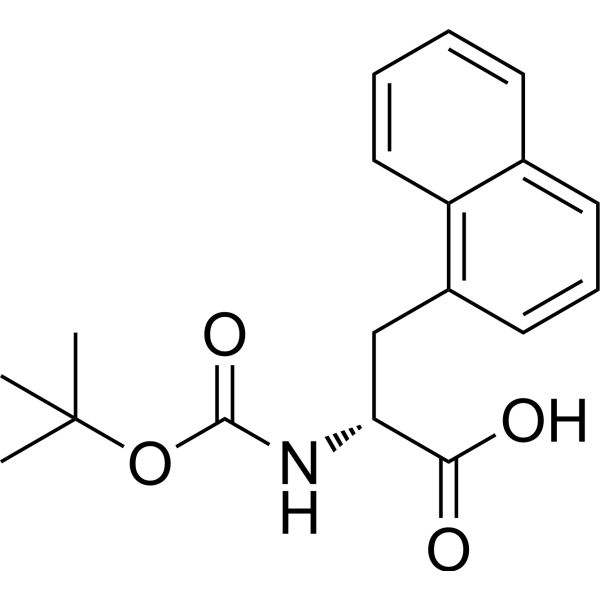
- HY-W063269
-
-
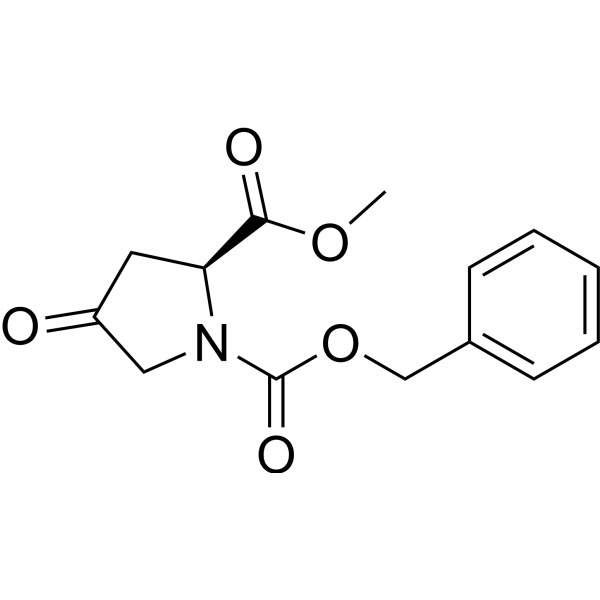
- HY-W011325
-
-
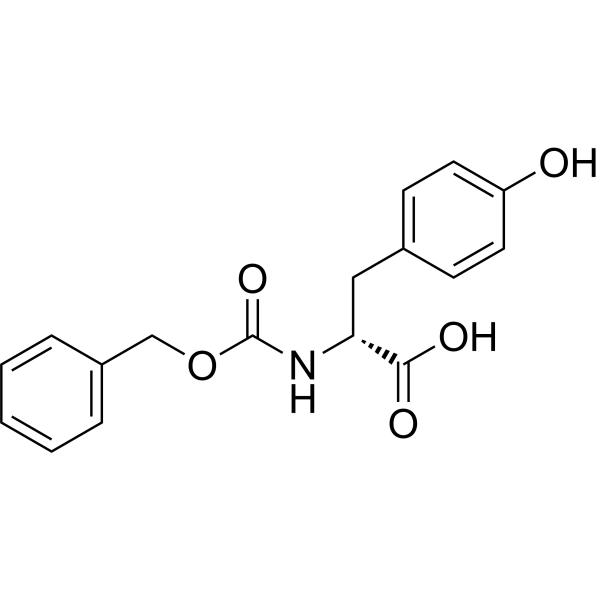
- HY-Y0754
-
-
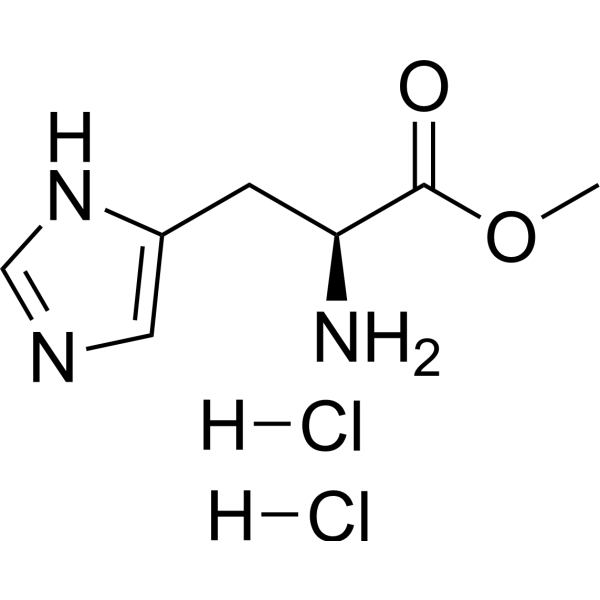
- HY-W011337
-
-

- HY-W011342
-
-
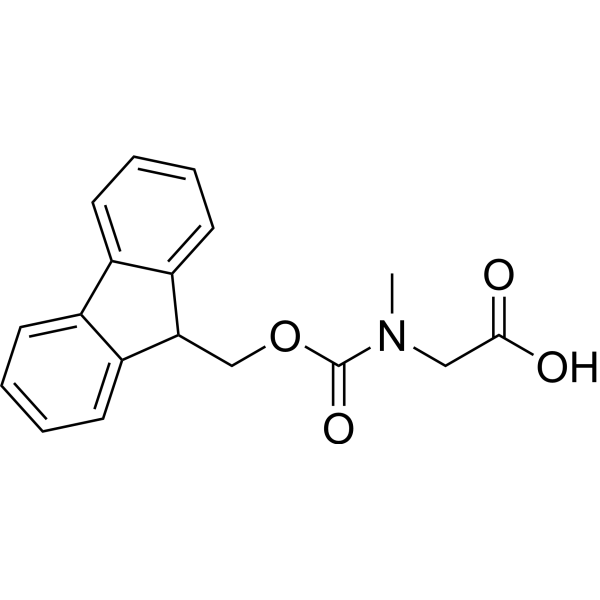
- HY-W011324
-
-

- HY-W011354
-
-
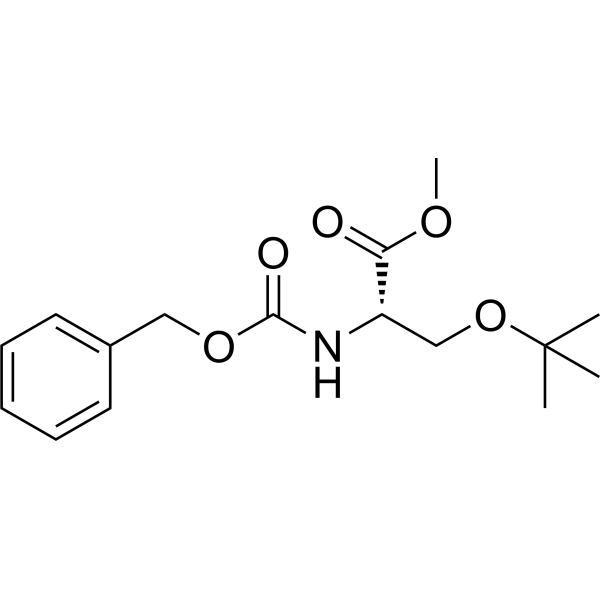
- HY-W011391A
-
-
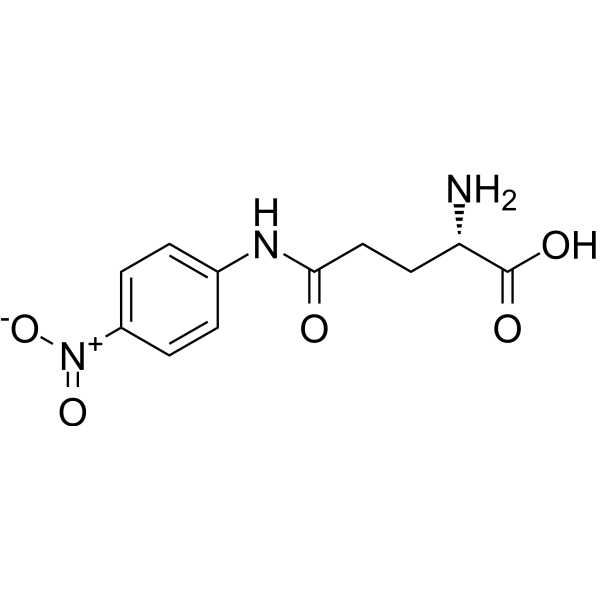
- HY-W011423
-
-
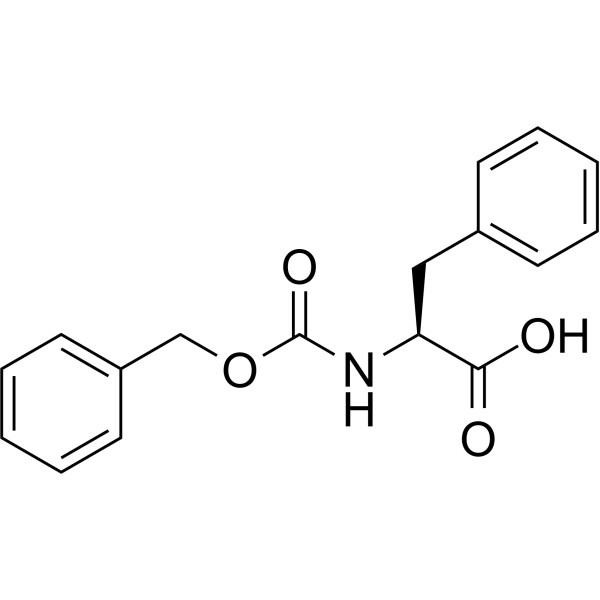
- HY-W011443
-
-
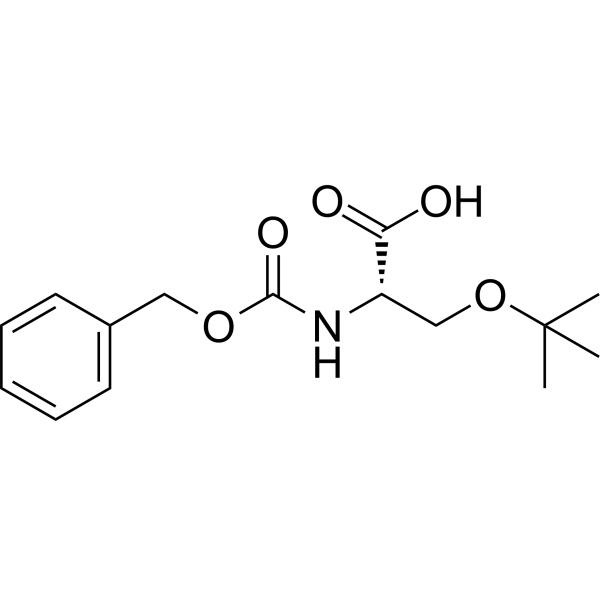
- HY-W011444
-
-

- HY-W011472
-
-
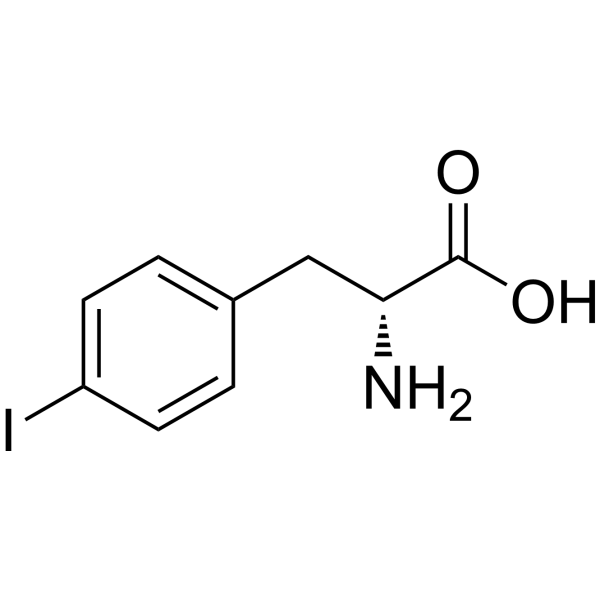
- HY-W011488
-
-

- HY-W011537
-
-
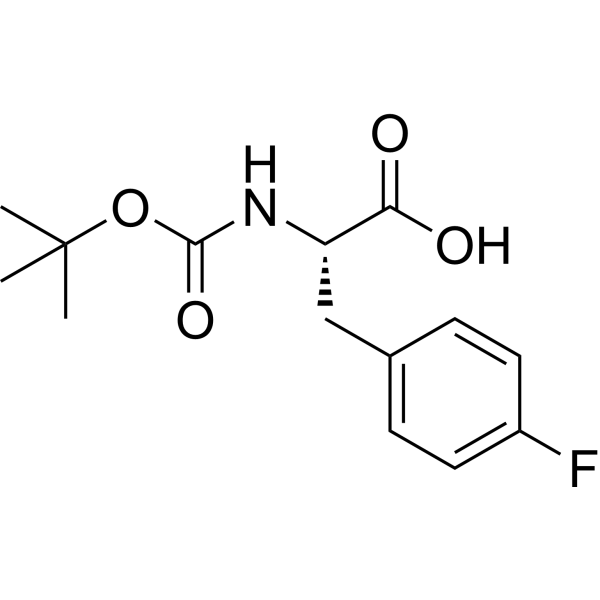
- HY-W011553
-
-

- HY-W011567
-
-
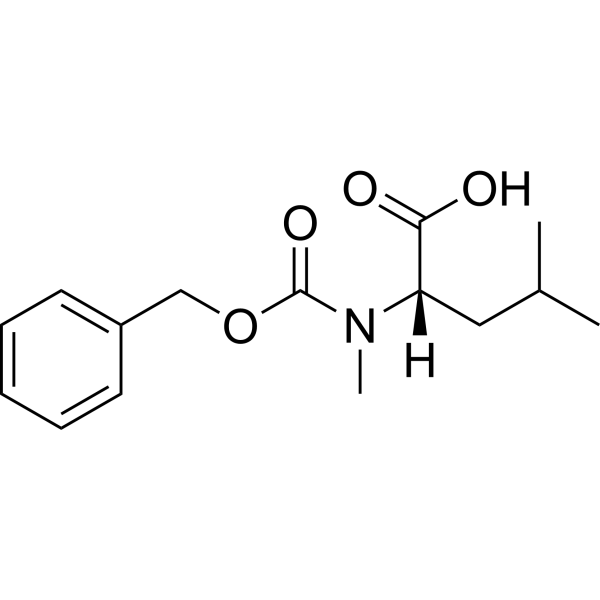
- HY-W011606
-
-
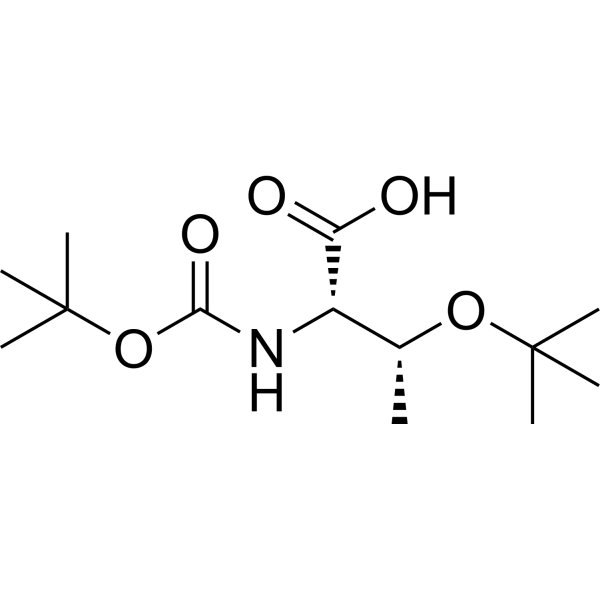
- HY-W011652
-
-

- HY-W011686
-
-
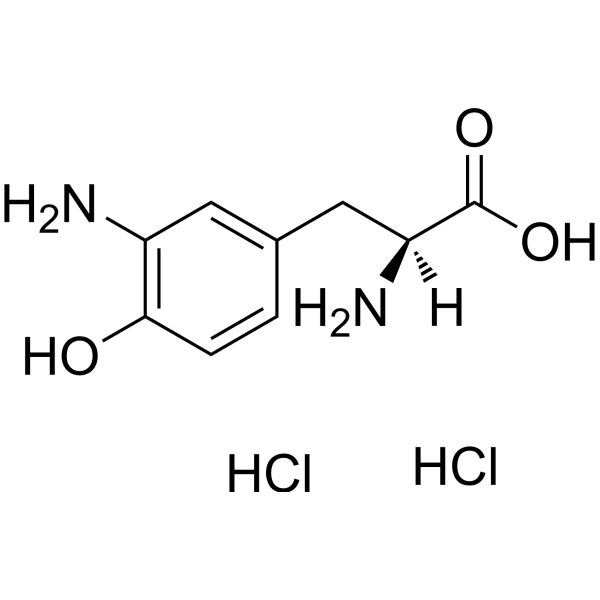
- HY-W011701
-
-
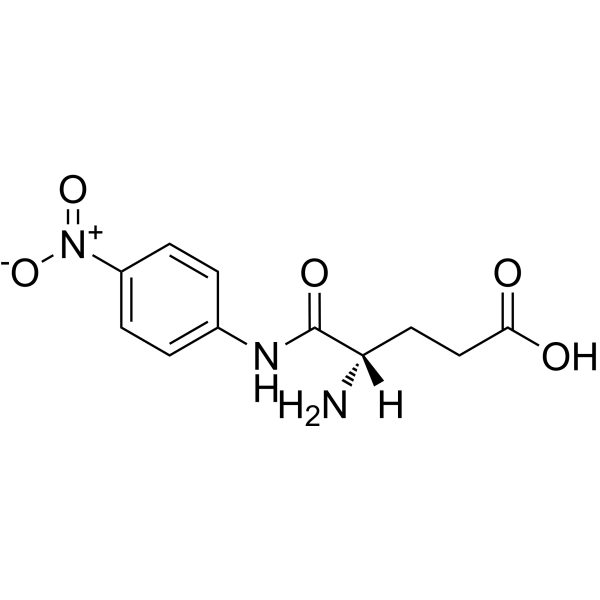
- HY-W011703
-
-

- HY-W011713
-
-
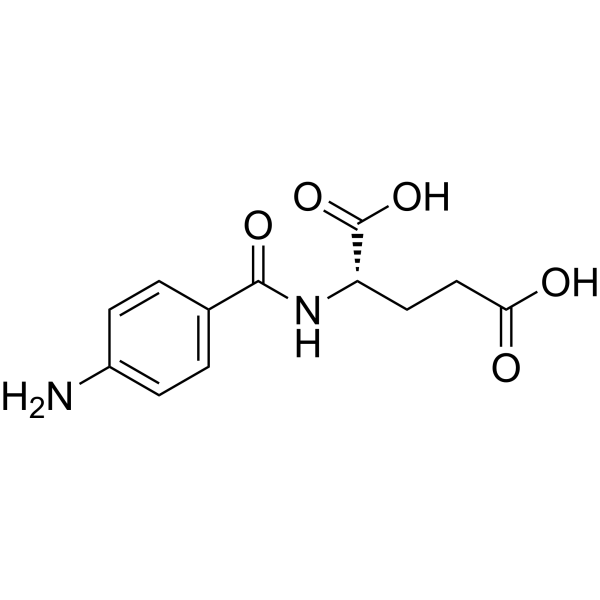
- HY-W011722
-
-

- HY-W011773
-
-
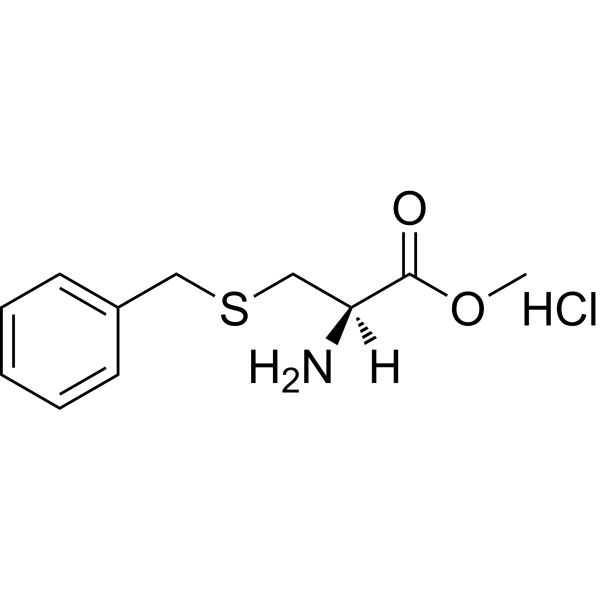
- HY-W011778
-
-
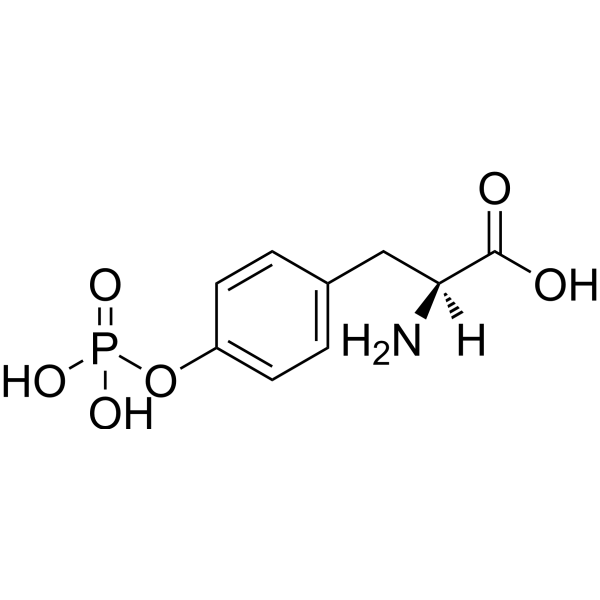
- HY-77584
-
|
|
Amino Acid Derivatives
|
Others
|
|
(2S,4R)-1-((S)-2-((tert-butoxycarbonyl)amino)non-8-enoyl)-4-hydroxypyrrolidine-2-carboxylic acid is a proline derivative .
|
-
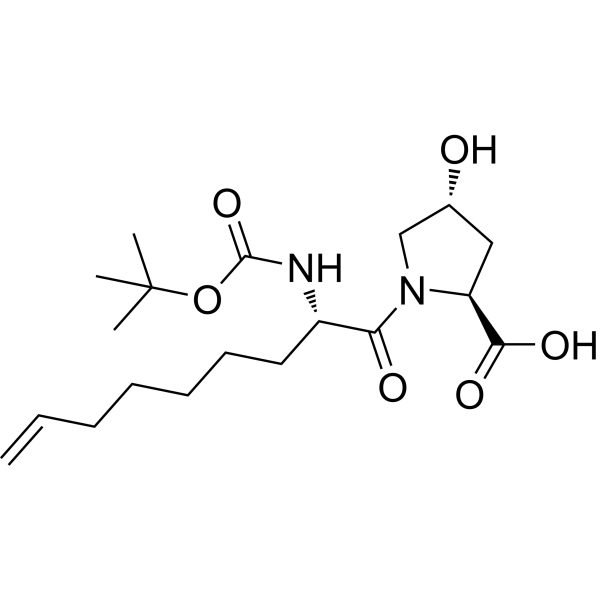
- HY-W011830
-
-
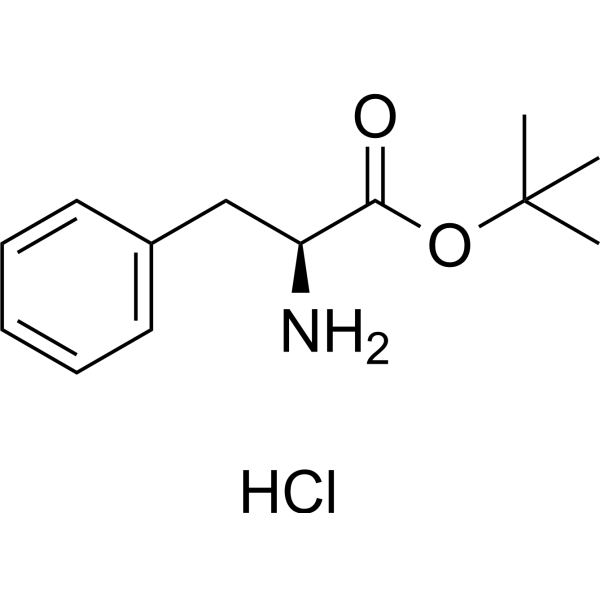
- HY-W011832
-
-
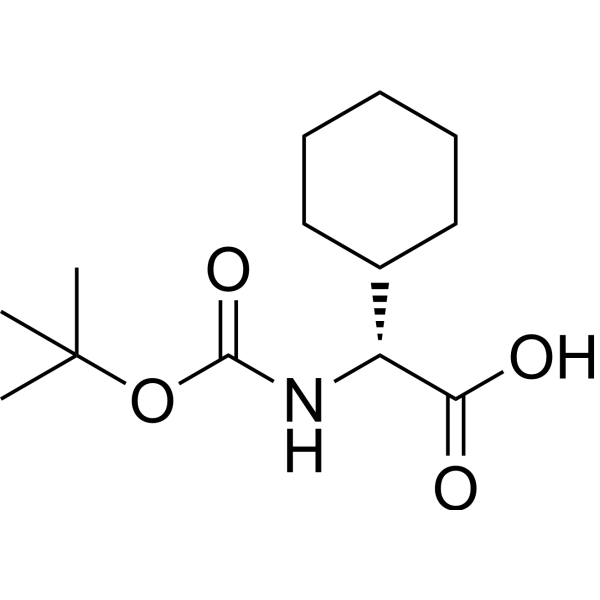
- HY-W011892
-
-
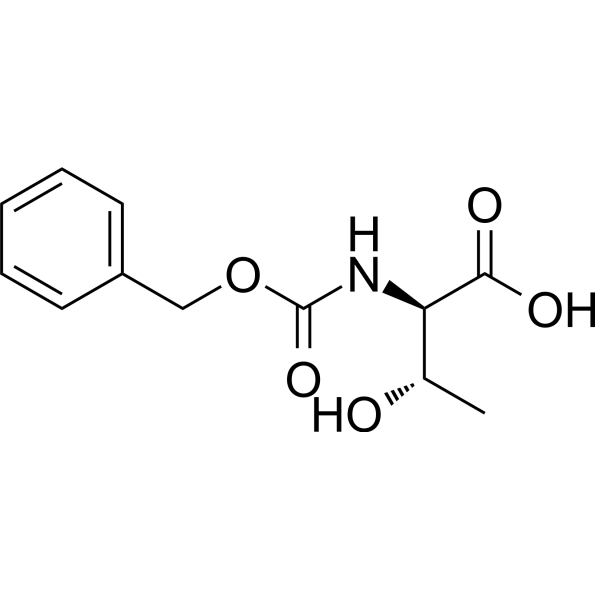
- HY-W011903
-
-
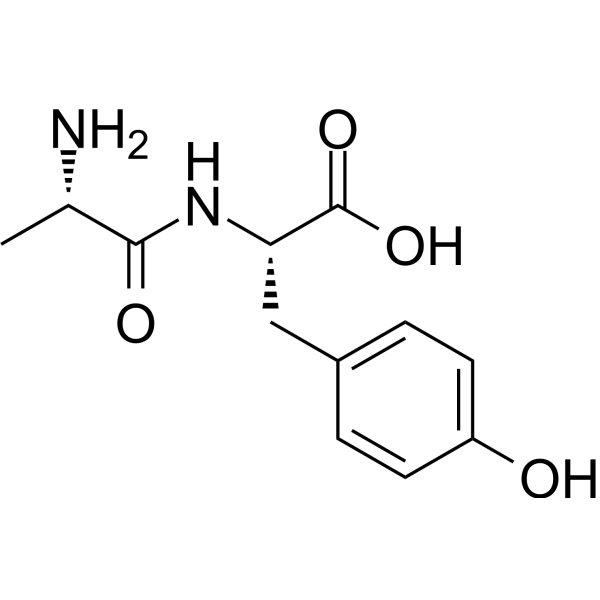
- HY-W011913
-
-
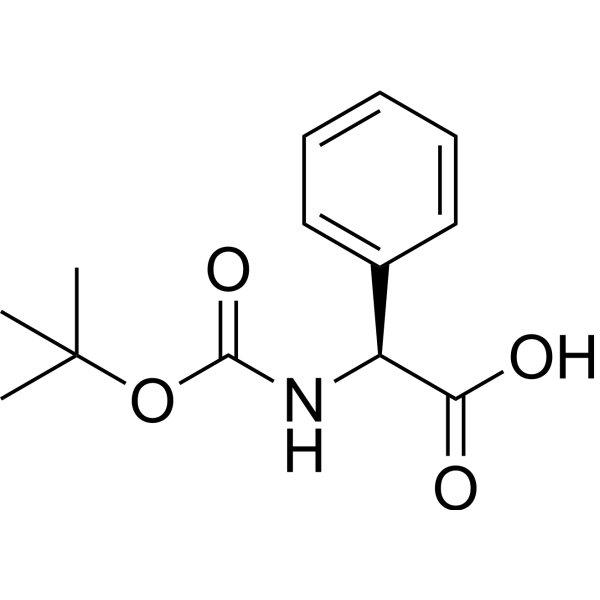
- HY-W011931
-
-
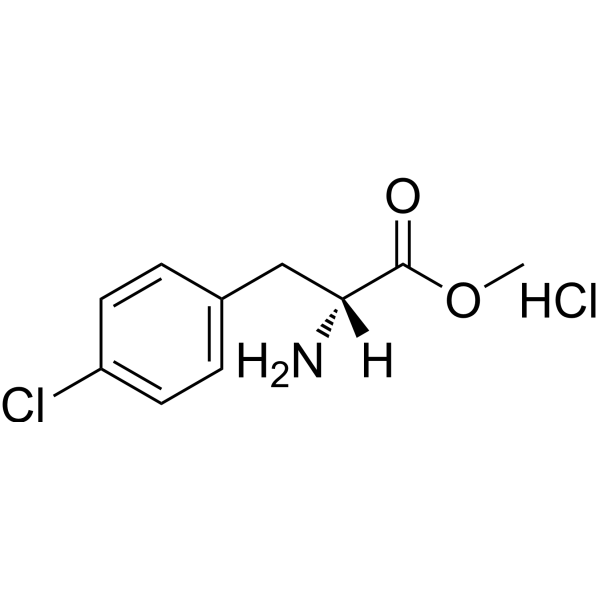
- HY-W011977
-
-
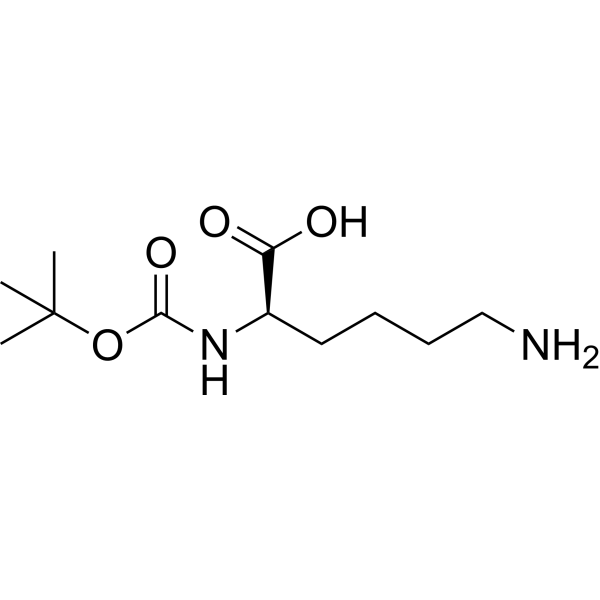
- HY-W011992
-
-

- HY-W011993
-
-
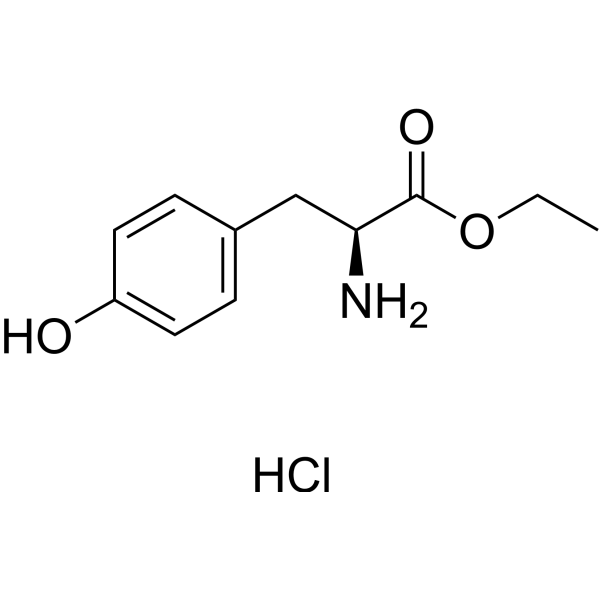
- HY-W012002
-
-
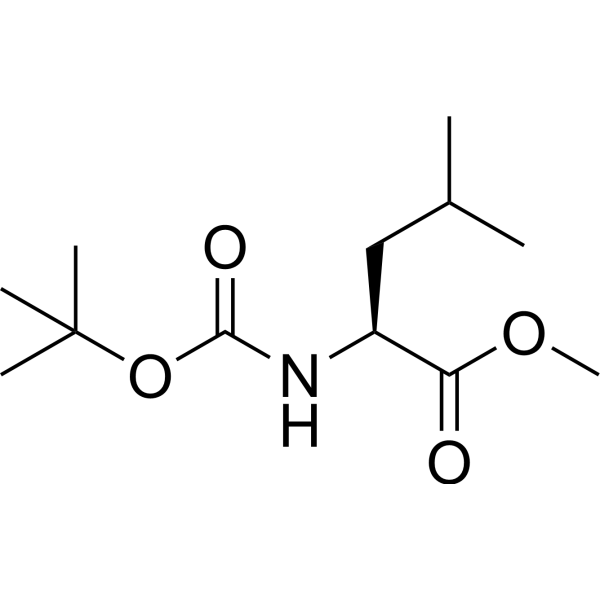
- HY-W012003
-
-
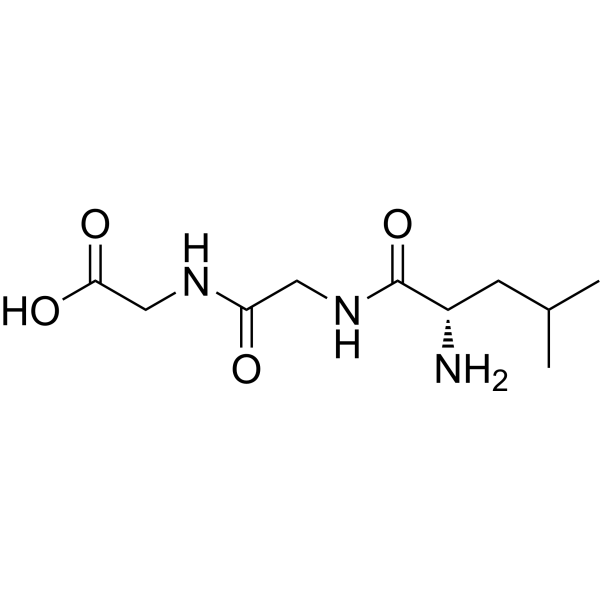
- HY-W012030
-
-
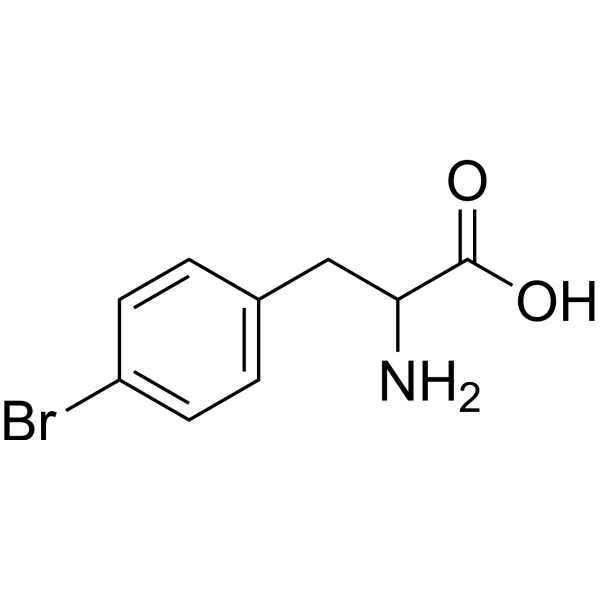
- HY-W012064
-
-

- HY-W012075
-
-

- HY-W012098
-
-
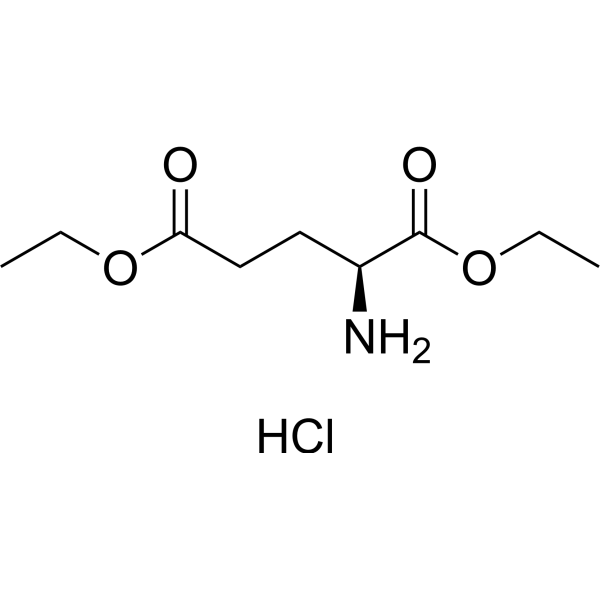
- HY-W012104
-
-
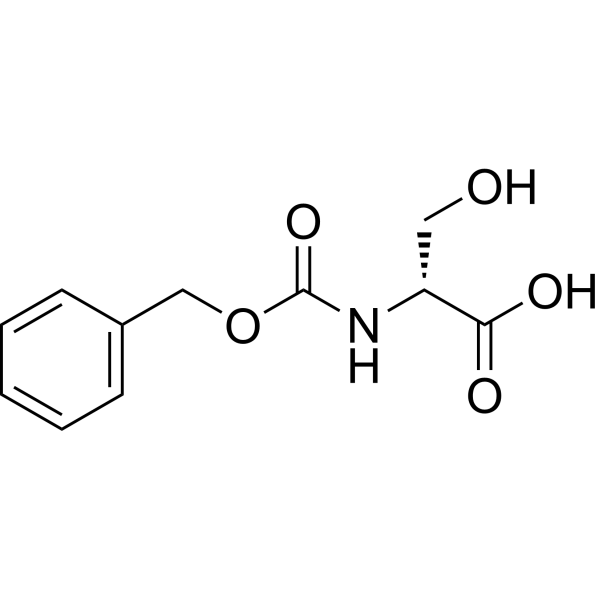
- HY-W012133
-
-

- HY-W012137
-
-

- HY-W012138
-
-
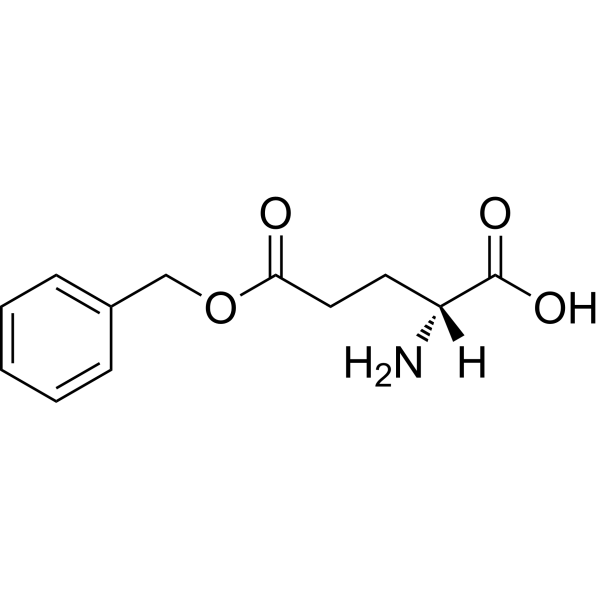
- HY-W012139
-
-

- HY-W012214
-
-
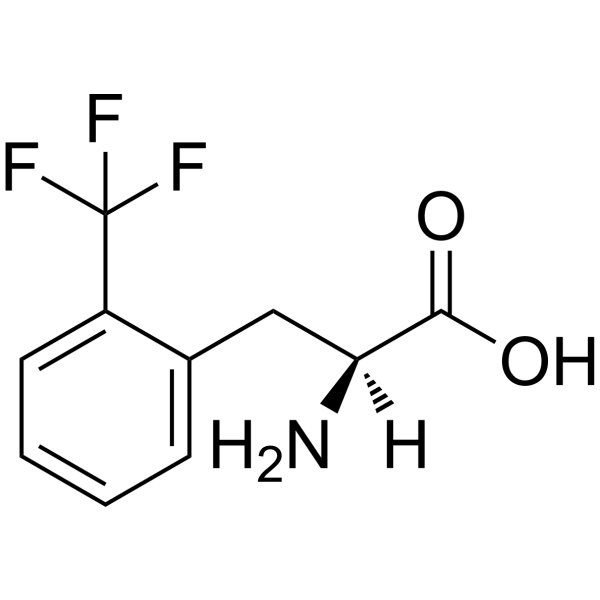
- HY-W012228
-
-
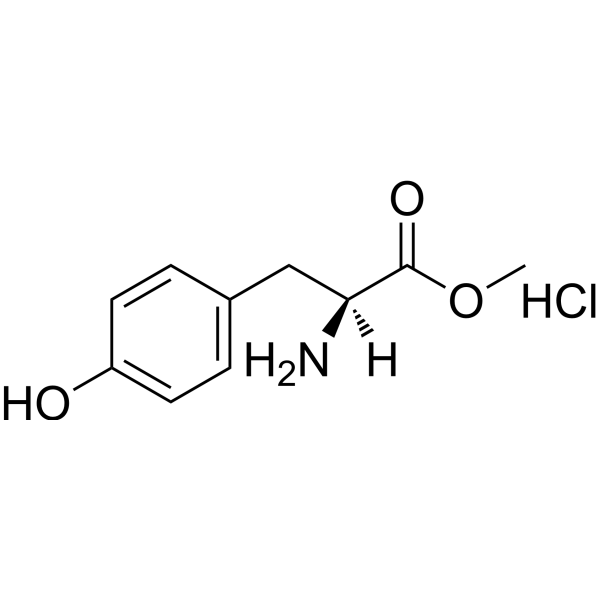
- HY-W012255
-
-
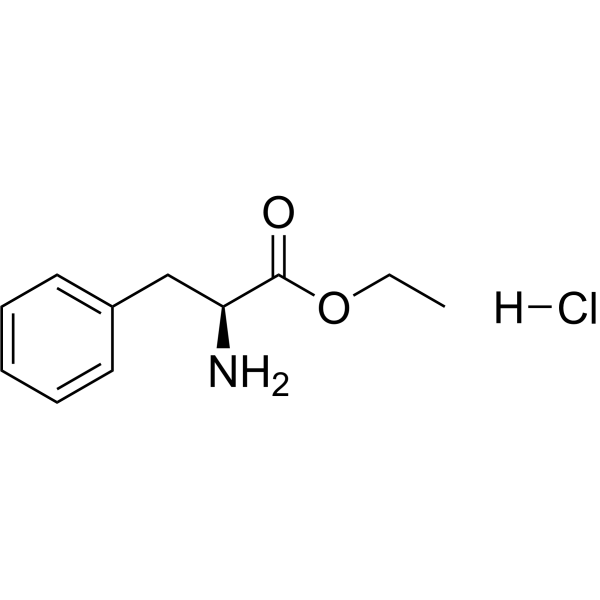
- HY-W012379
-
-
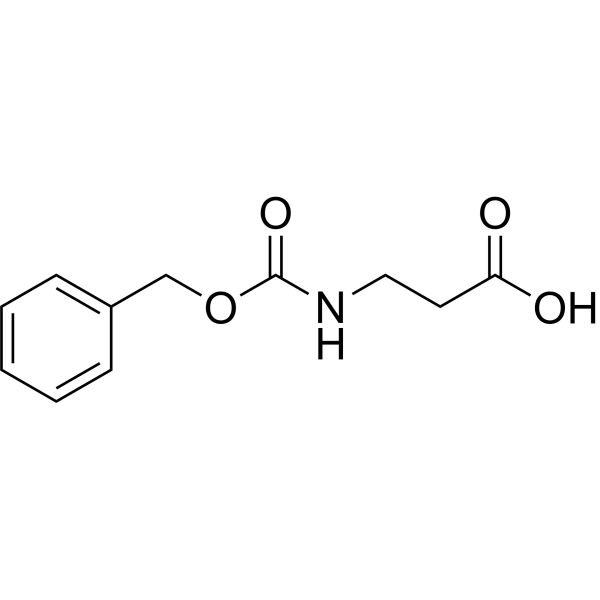
- HY-W012381
-
-
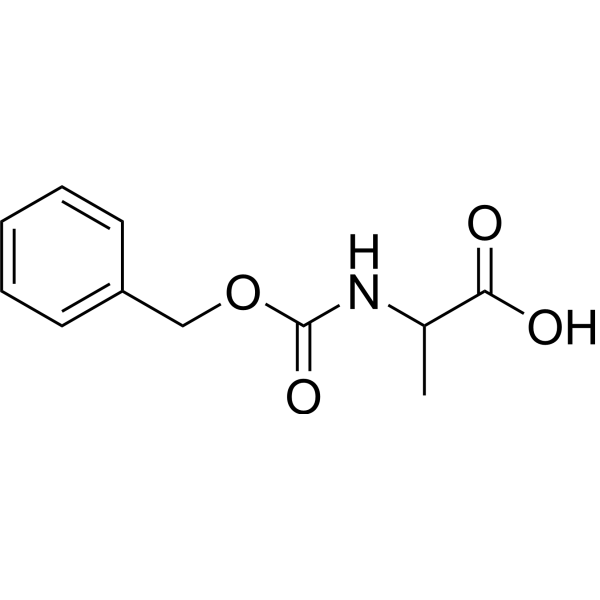
- HY-W012437
-
-

- HY-W012446
-
-
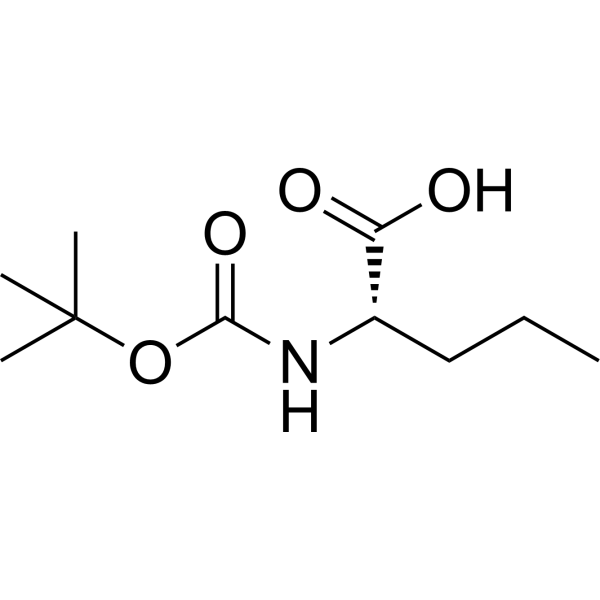
- HY-W012451
-
-
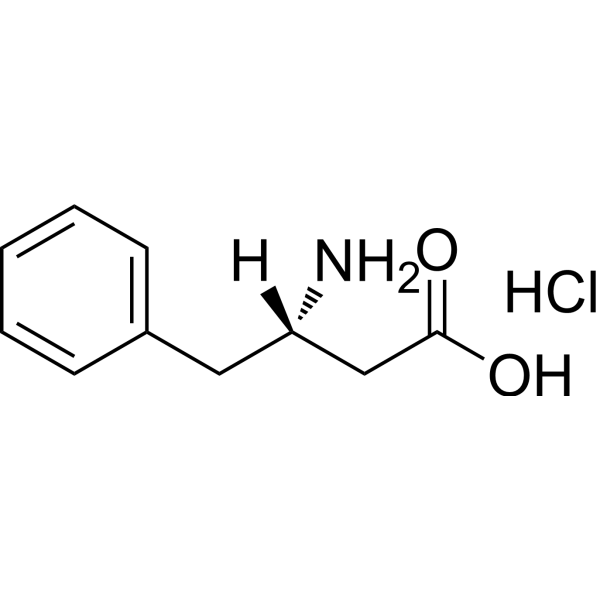
- HY-W012485
-
-
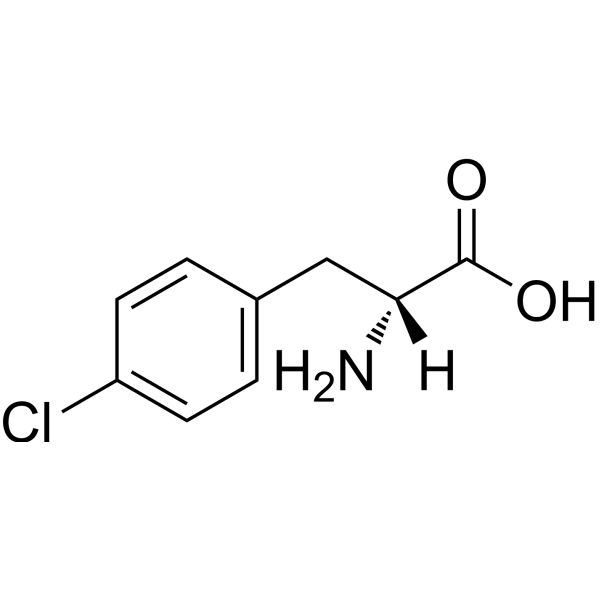
- HY-W012486
-
-
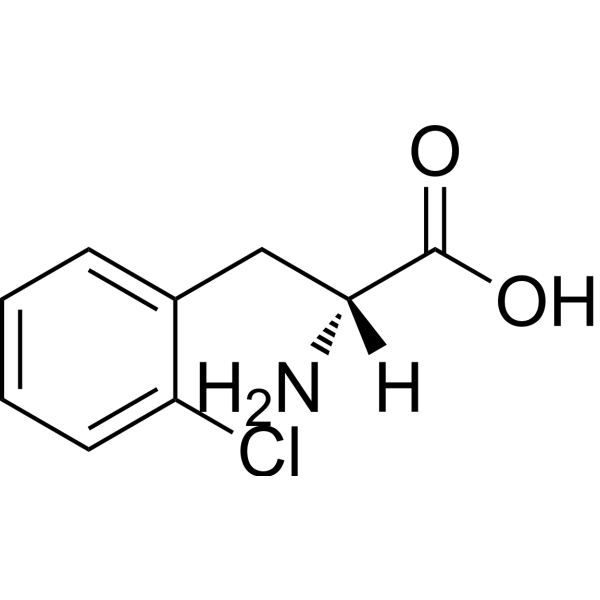
- HY-W012487
-
-
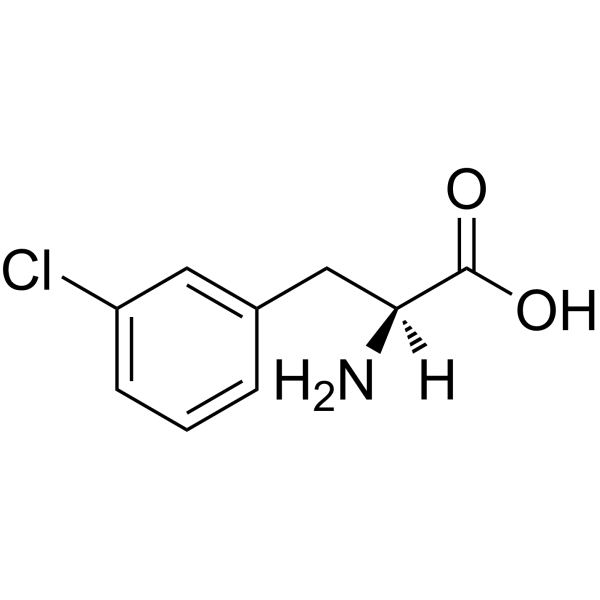
- HY-W012497
-
-
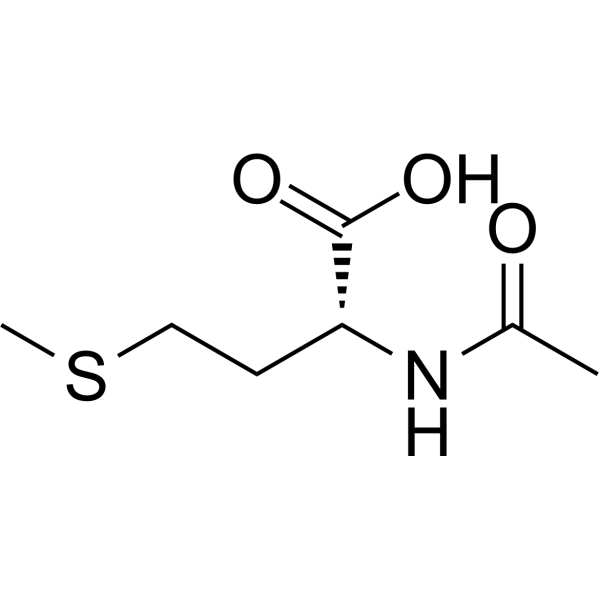
- HY-W012519
-
-
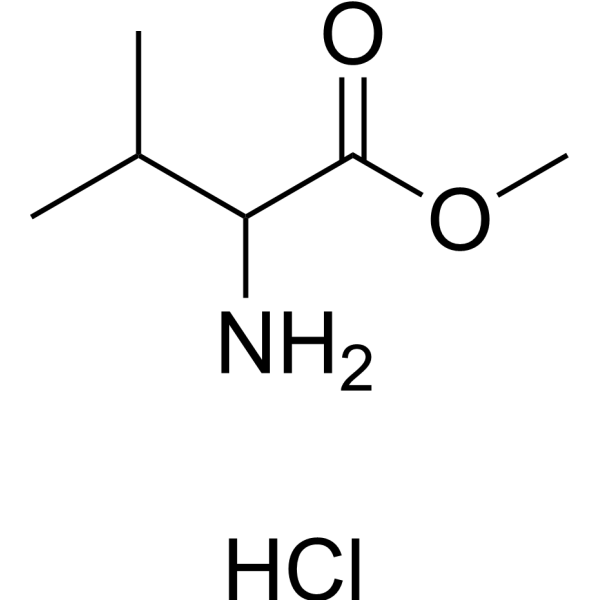
- HY-W012537
-
-
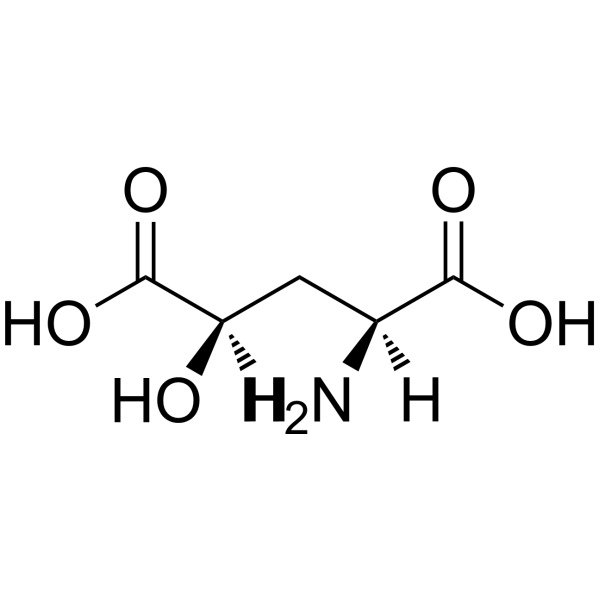
- HY-W012676
-
-
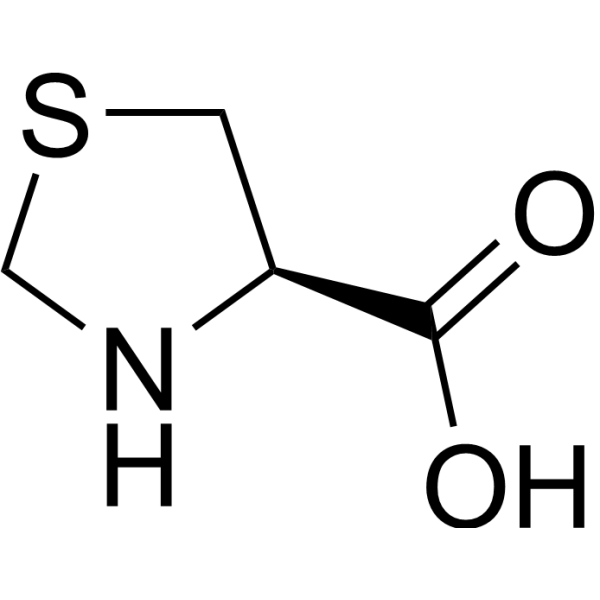
- HY-W012705
-
-
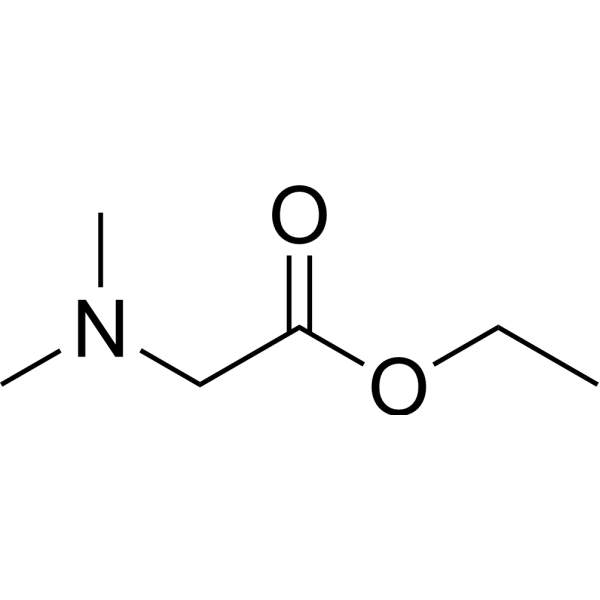
- HY-W012706
-
-

- HY-W012707
-
-
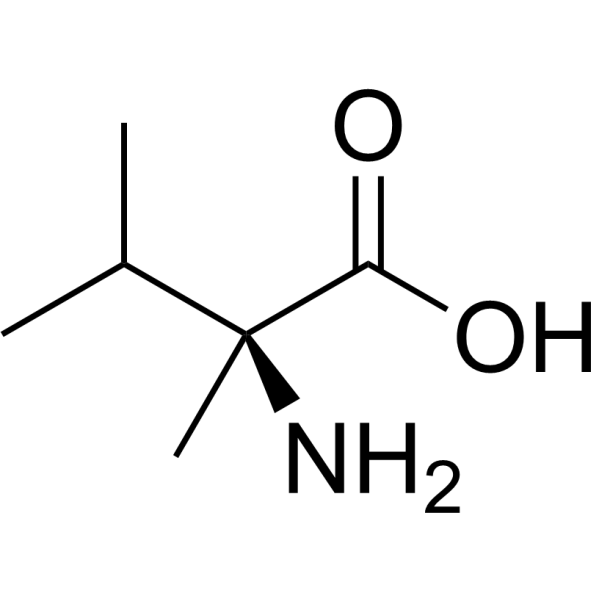
- HY-W012709
-
-

- HY-W012713
-
-
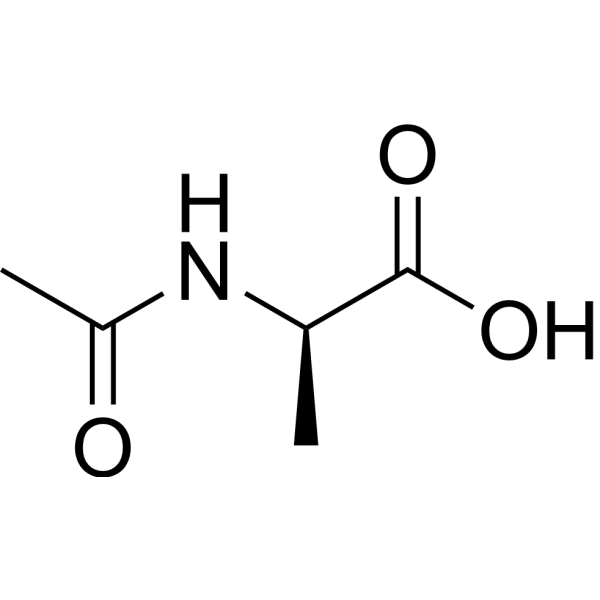
- HY-W012791
-
-
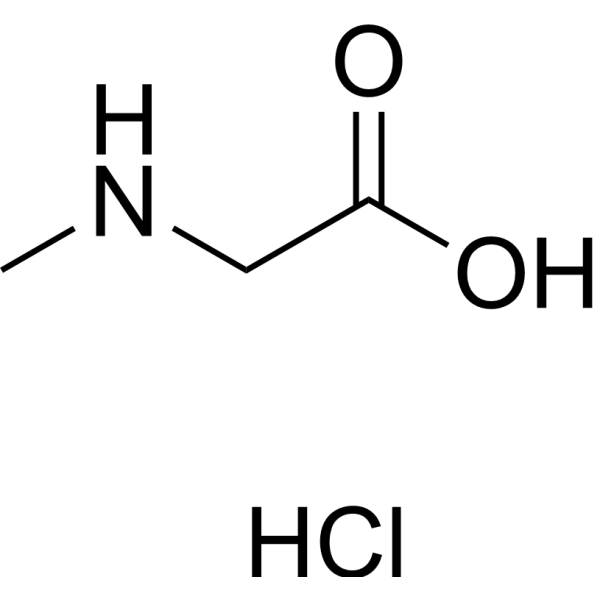
- HY-W012850
-
-
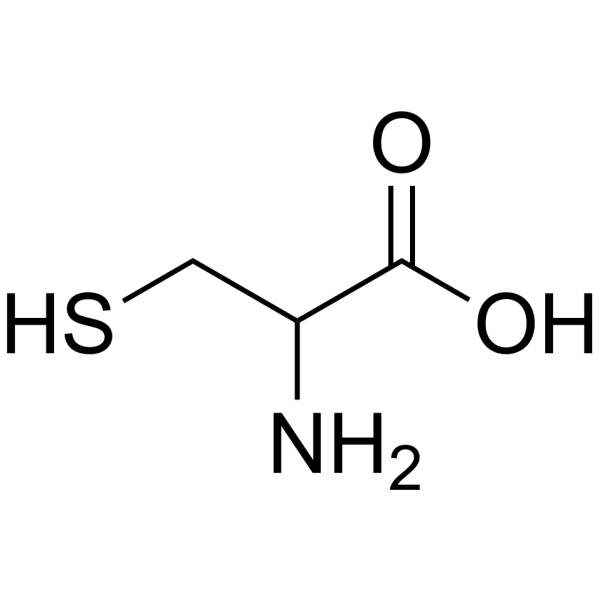
- HY-W012871
-
-
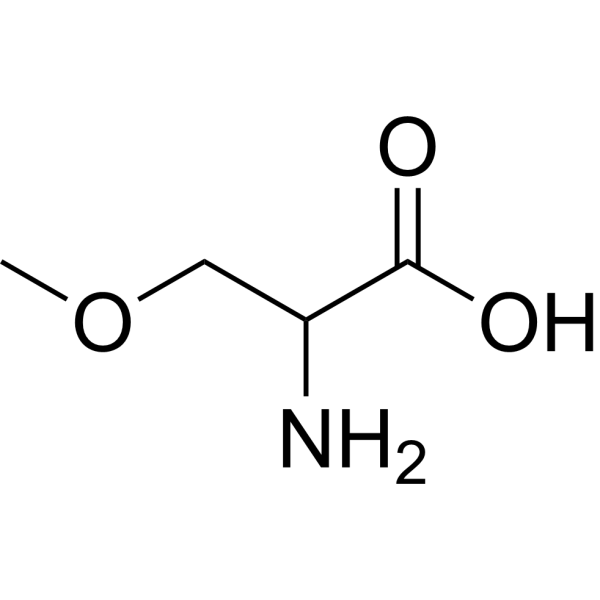
- HY-W012872
-
-
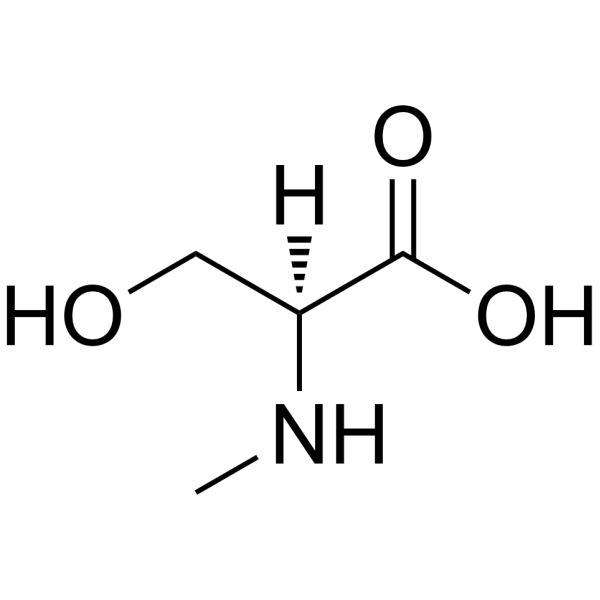
- HY-W012873
-
-
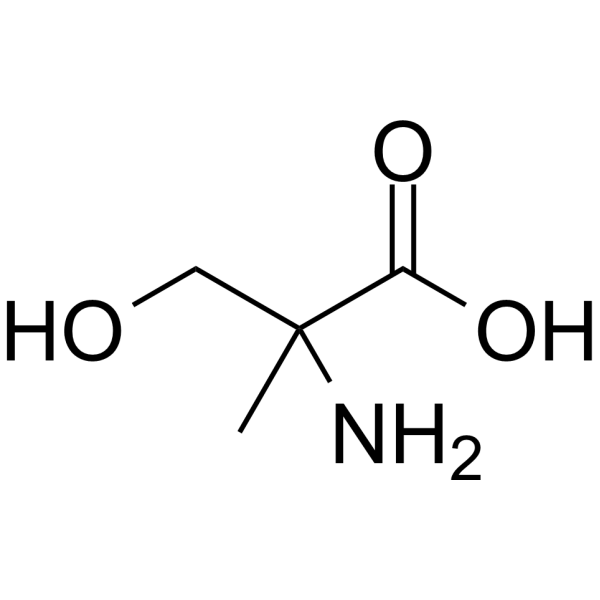
- HY-W012883
-
-
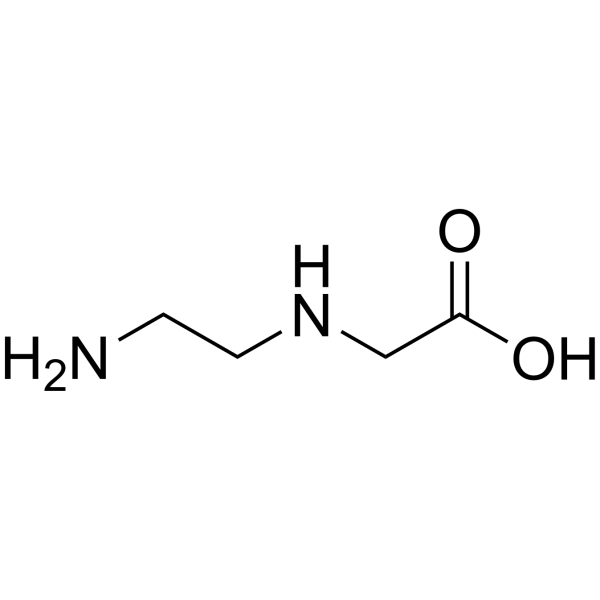
- HY-W012889
-
-
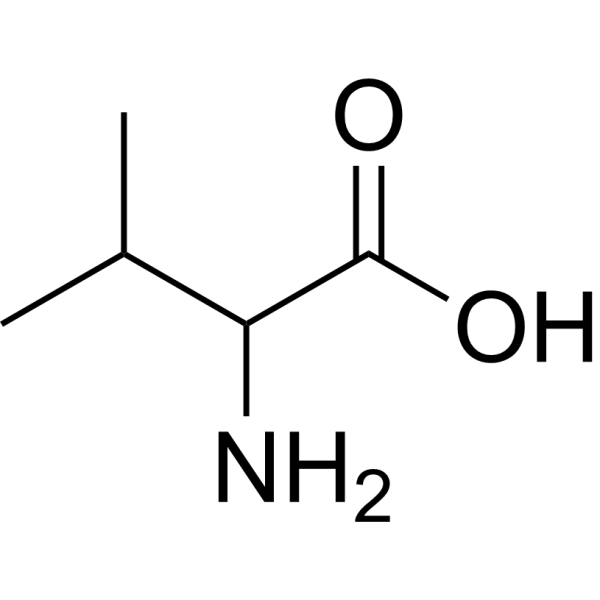
- HY-W012907
-
-

- HY-W012921
-
-
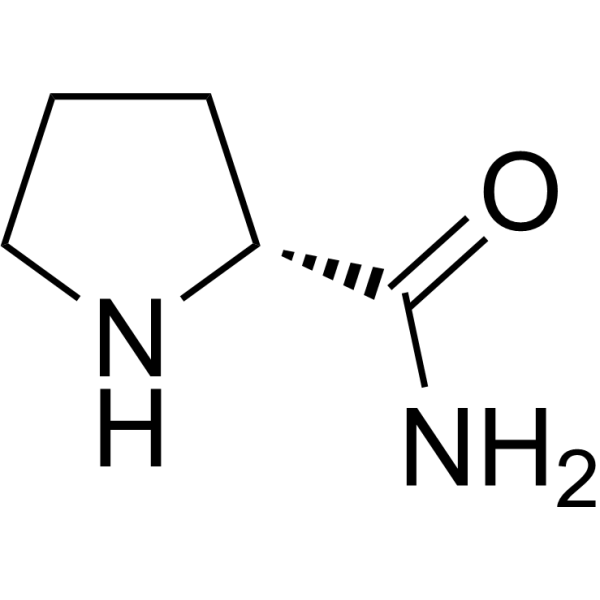
- HY-W012966
-
-
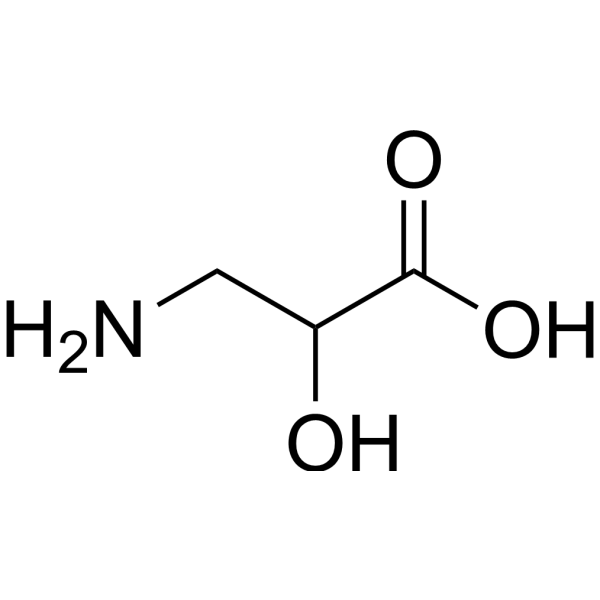
- HY-W012967
-
-
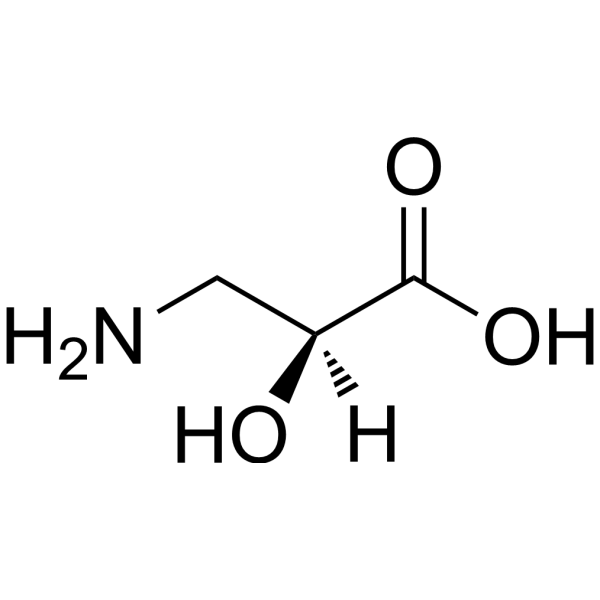
- HY-W013048
-
-
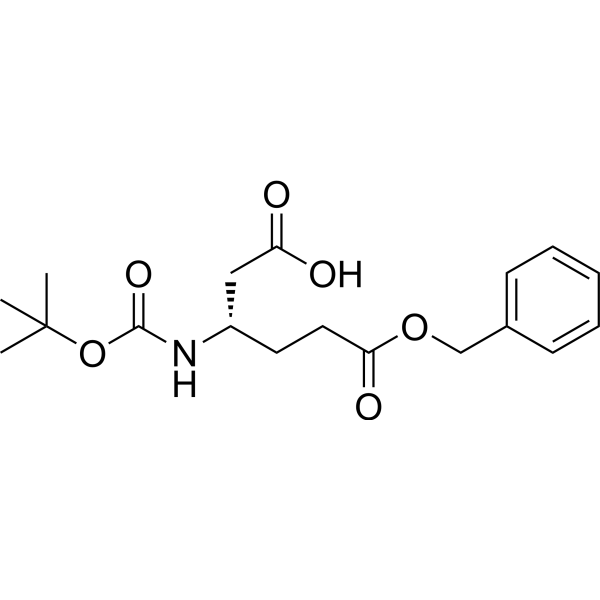
- HY-W013083
-
-
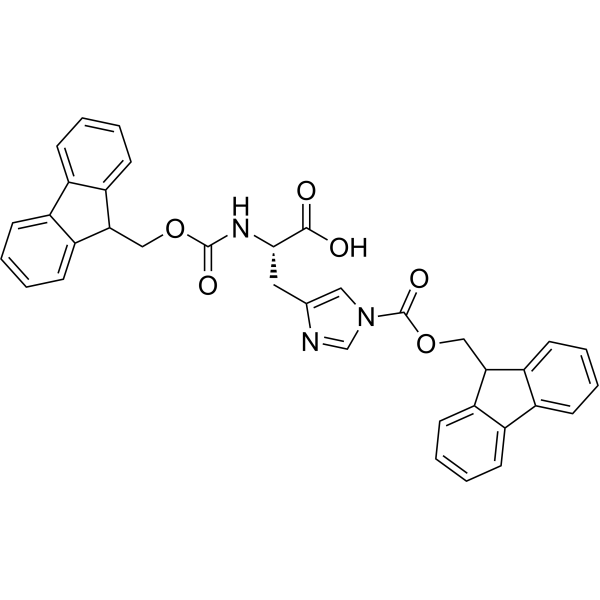
- HY-W013108
-
|
|
Amino Acid Derivatives
|
Others
|
|
(S)-2-((((9H-Fluoren-9-yl)methoxy)carbonyl)amino)-3-(4-((tert-butoxycarbonyl)amino)phenyl)propanoic acid is a phenylalanine derivative .
|
-

- HY-W013118
-
-
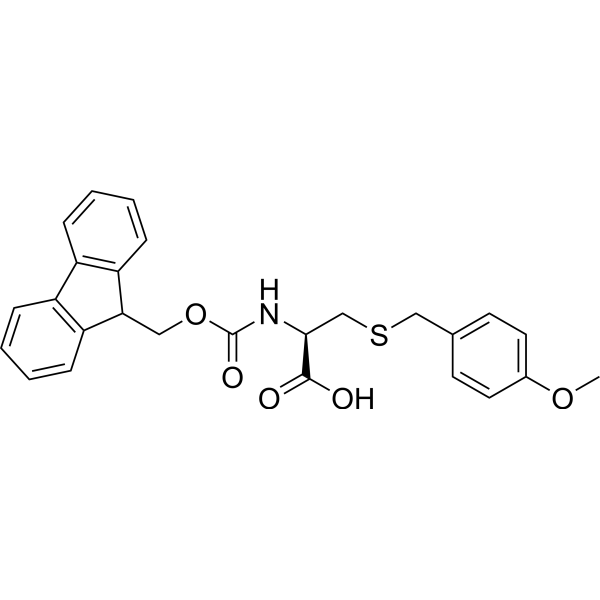
- HY-W013143
-
-
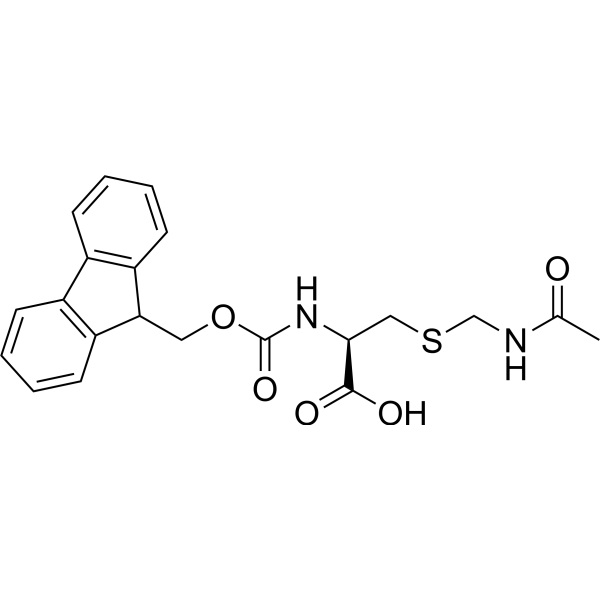
- HY-41257
-
-
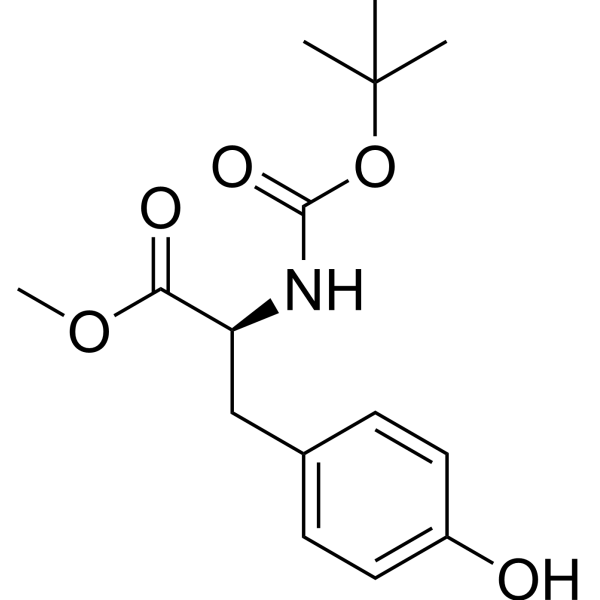
- HY-W013144
-
-

- HY-W013145
-
-
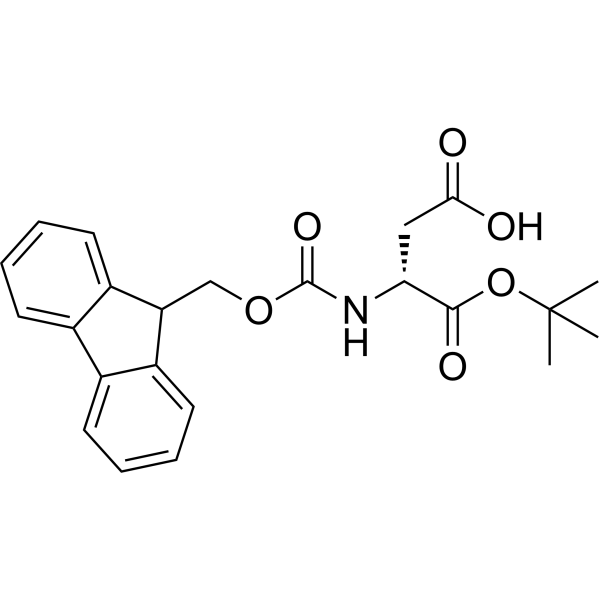
- HY-B1732
-
-
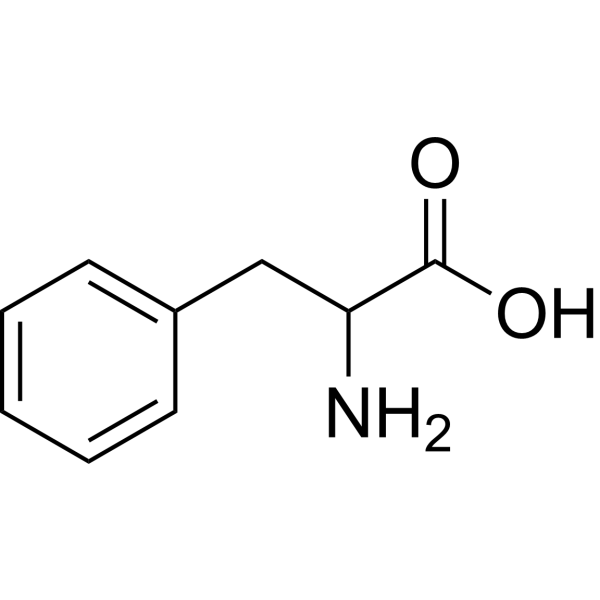
- HY-W011280
-
-
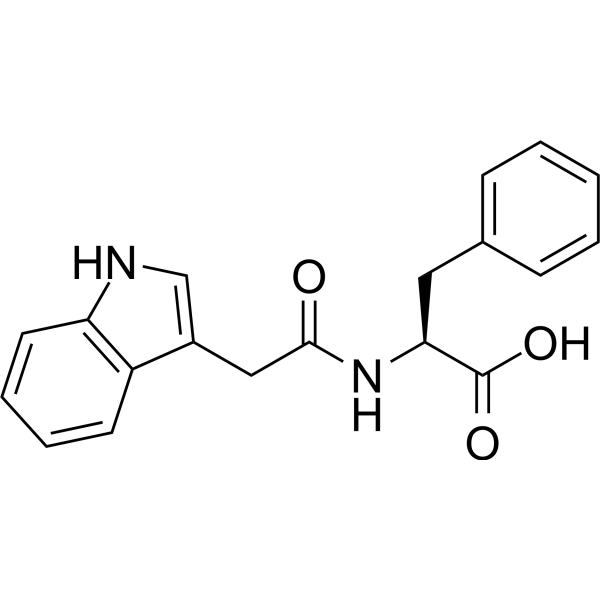
- HY-W011279
-
-

- HY-W011278
-
-
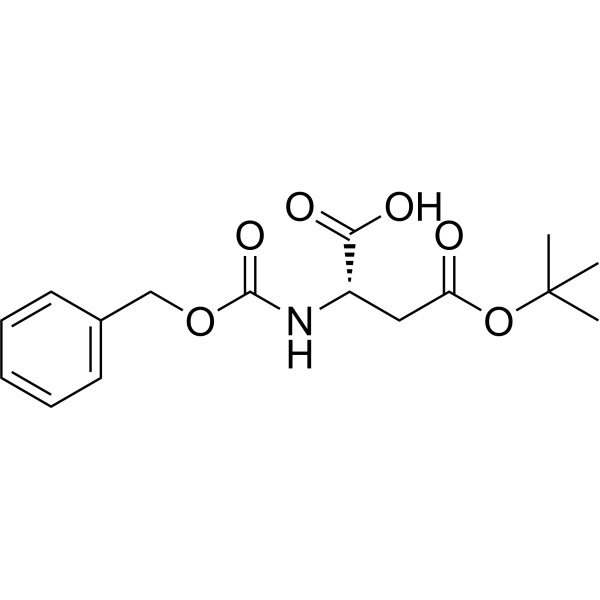
- HY-W013163
-
-
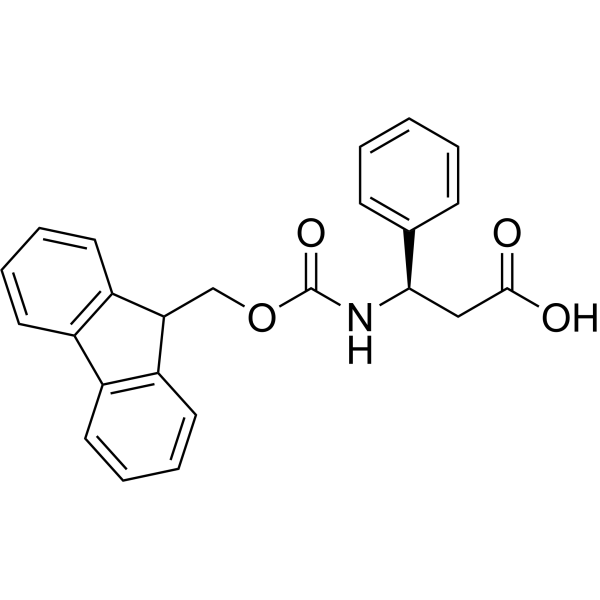
- HY-W013182
-
-
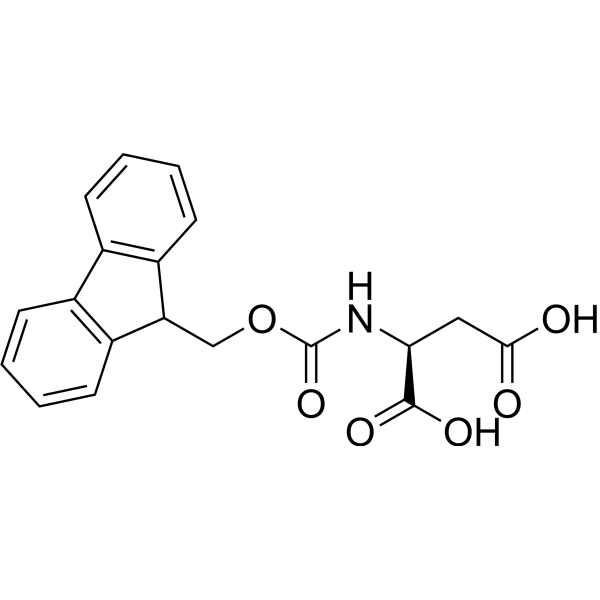
- HY-19821
-
-
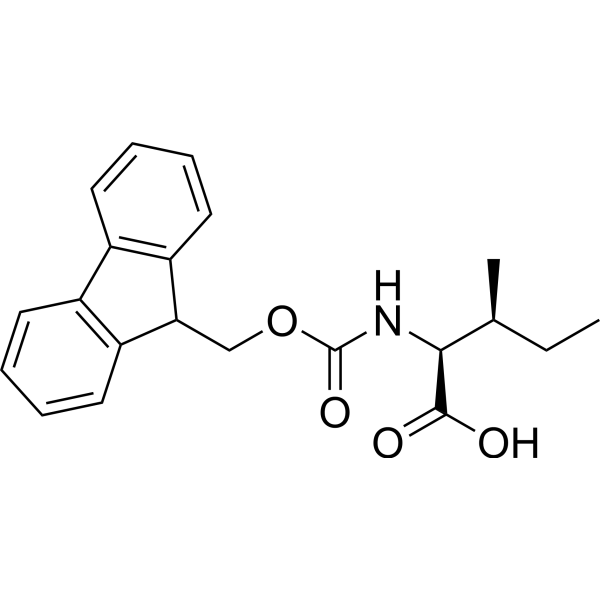
- HY-W013185
-
-
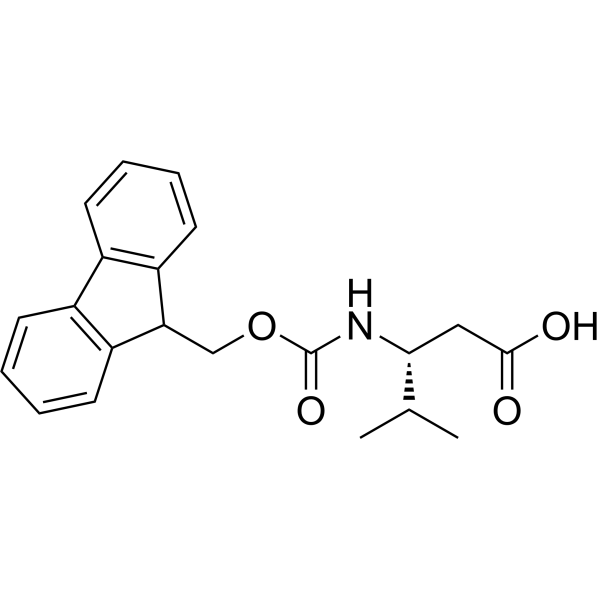
- HY-W011201
-
-
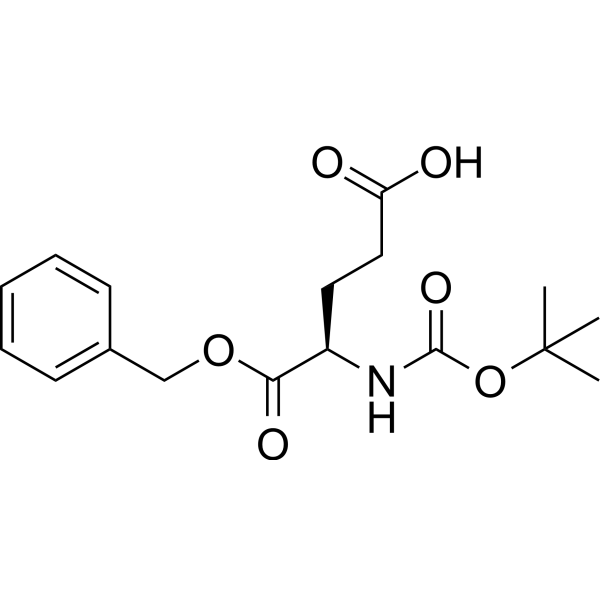
- HY-W053702
-
-
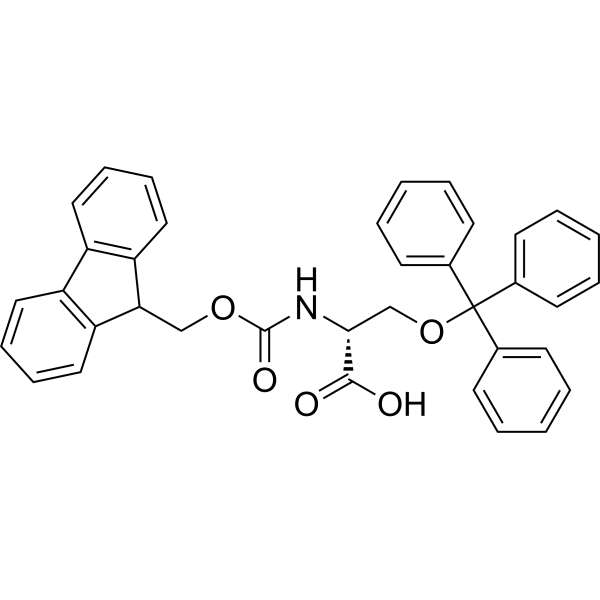
- HY-W011200
-
-

- HY-W053701
-
|
|
Amino Acid Derivatives
|
Others
|
|
N2-(((9H-Fluoren-9-yl)methoxy)carbonyl)-N6-((5-(dimethylamino)naphthalen-1-yl)sulfonyl)-L-lysine is a lysine derivative .
|
-
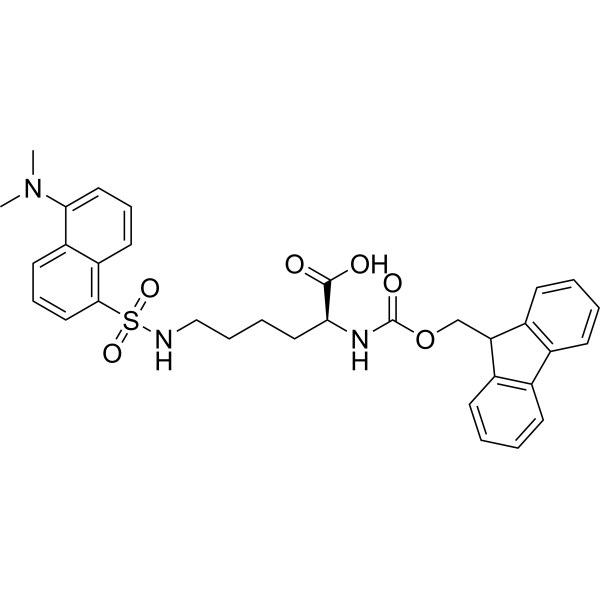
- HY-W013201
-
|
|
Amino Acid Derivatives
|
Others
|
|
(S)-1-((S)-2-Amino-4-methylpentanoyl)pyrrolidine-2-carboxylic acid compound with 2,2,2-trifluoroacetic acid (1:1) is a proline derivative .
|
-

- HY-W053699
-
-

- HY-41267
-
-
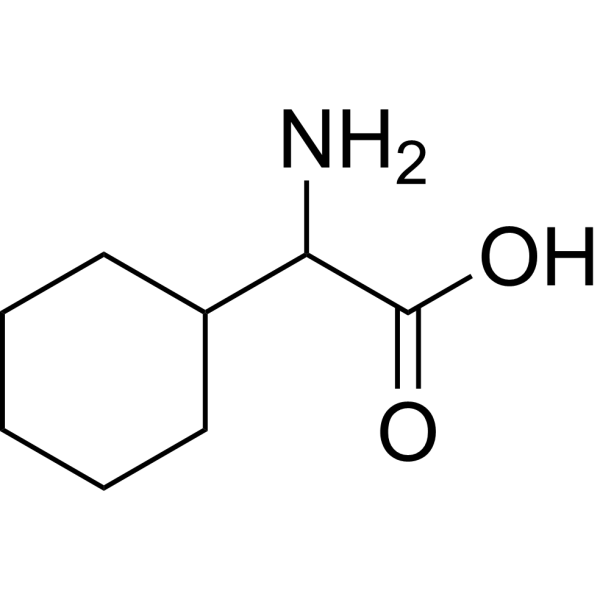
- HY-W011186
-
-
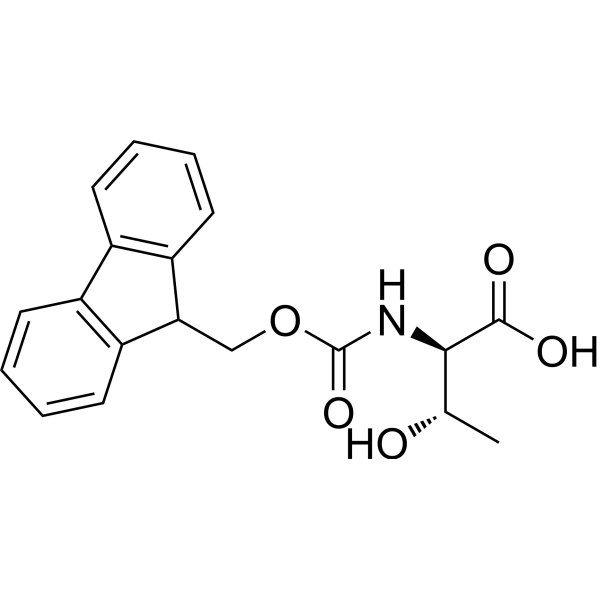
- HY-W011178
-
-
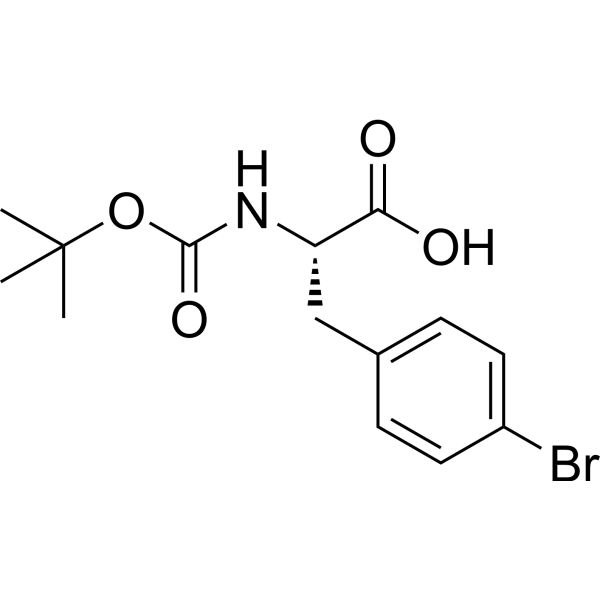
- HY-W006923
-
-
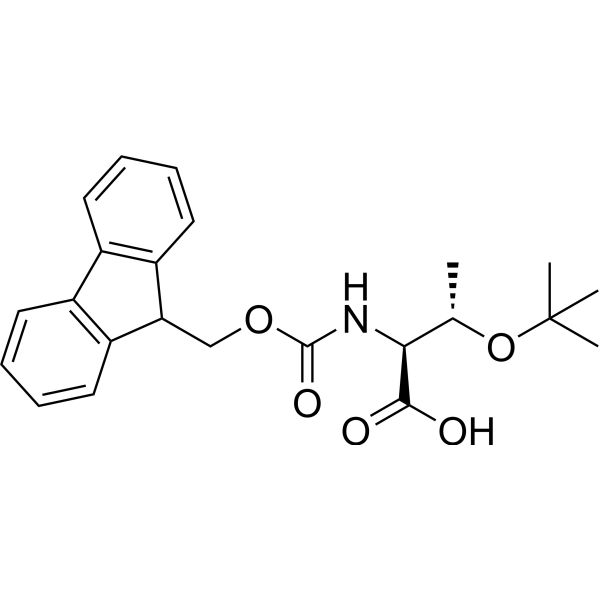
- HY-W011135
-
-

- HY-W011126
-
-
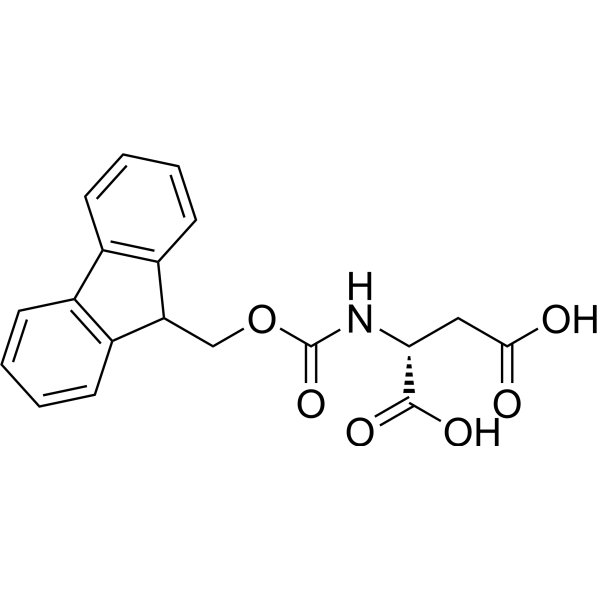
- HY-W011116
-
|
|
Amino Acid Derivatives
|
Others
|
|
(S)-2-((S)-2-((S)-2-Amino-4-methylpentanamido)-4-methylpentanamido)-4-methylpentanoic acid is a leucine derivative .
|
-
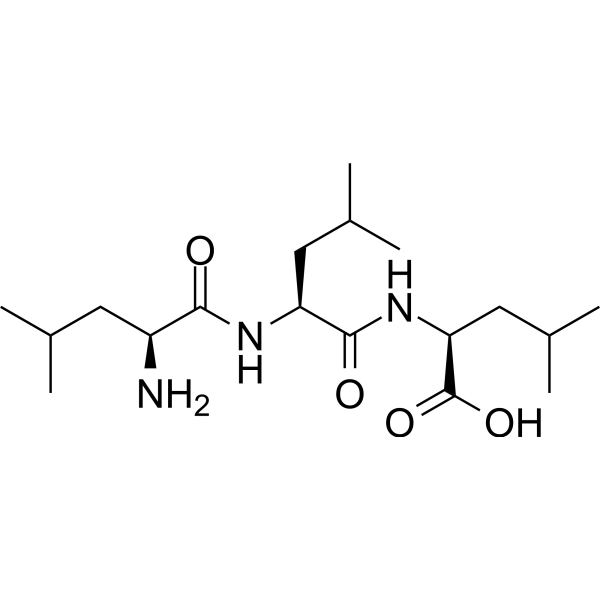
- HY-W011084
-
-
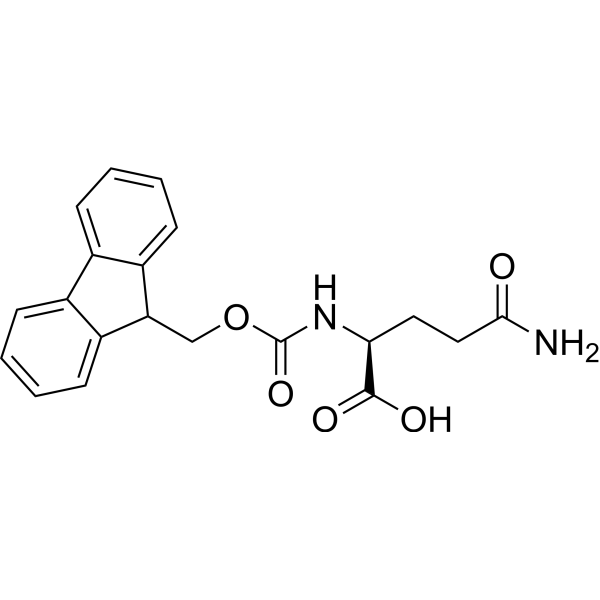
- HY-W013291
-
-
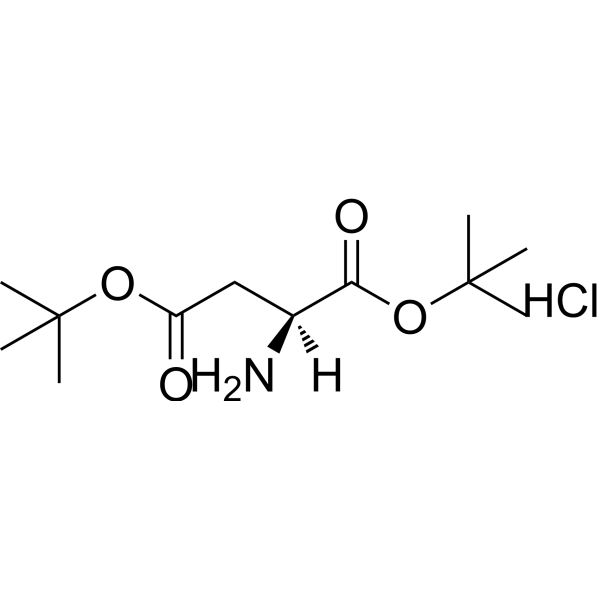
- HY-W013292
-
-
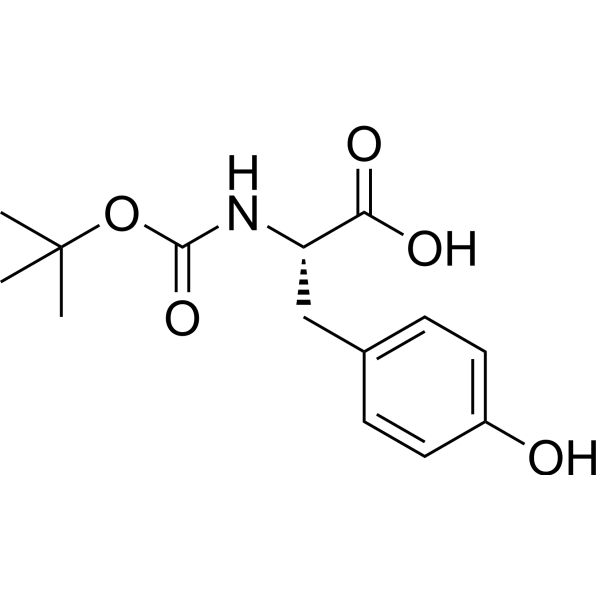
- HY-W013293
-
-
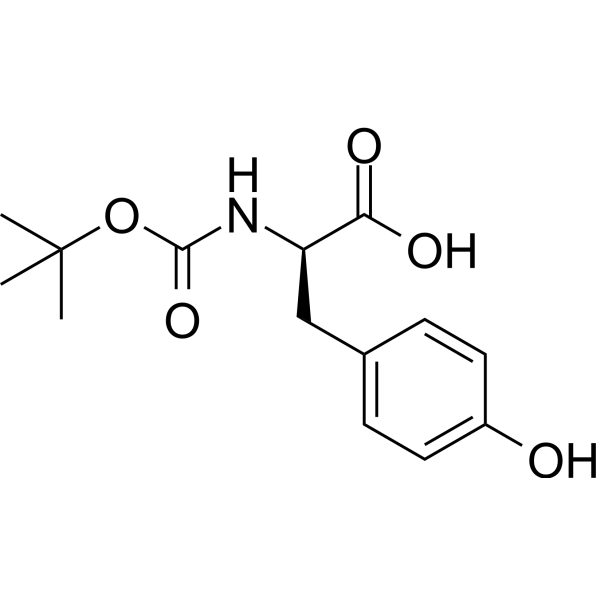
- HY-W013297
-
-
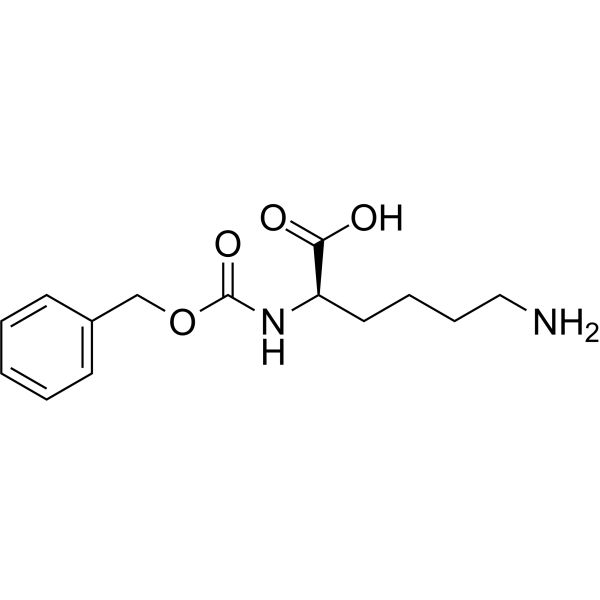
- HY-W013300
-
-
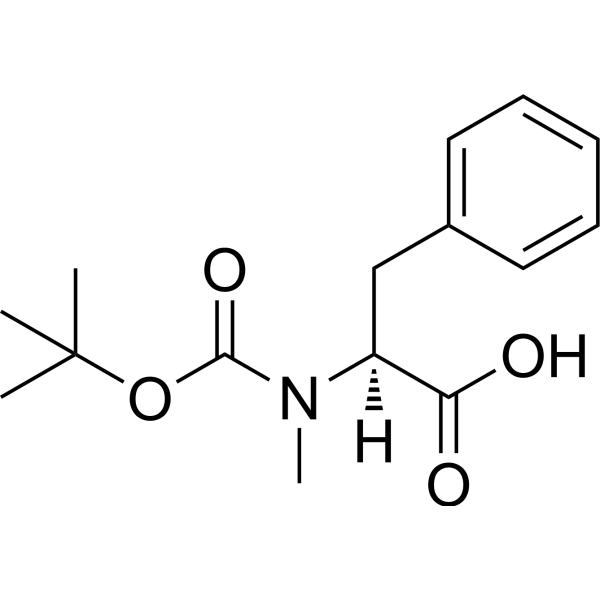
- HY-W013305
-
-

- HY-W013322
-
-

- HY-W013373
-
-
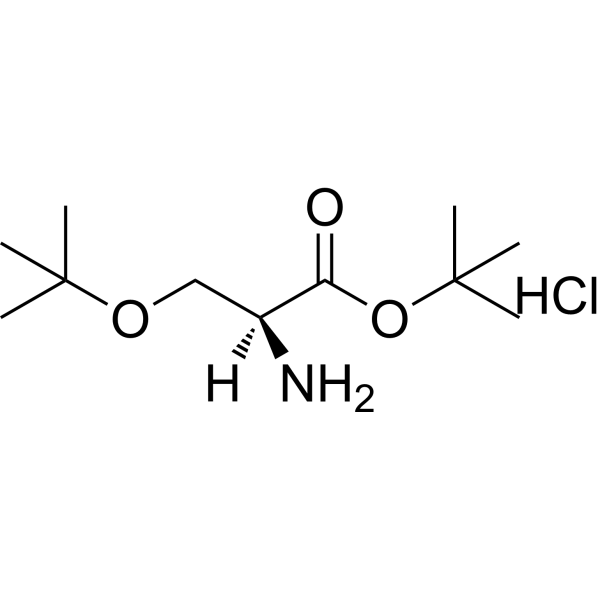
- HY-W013406
-
-
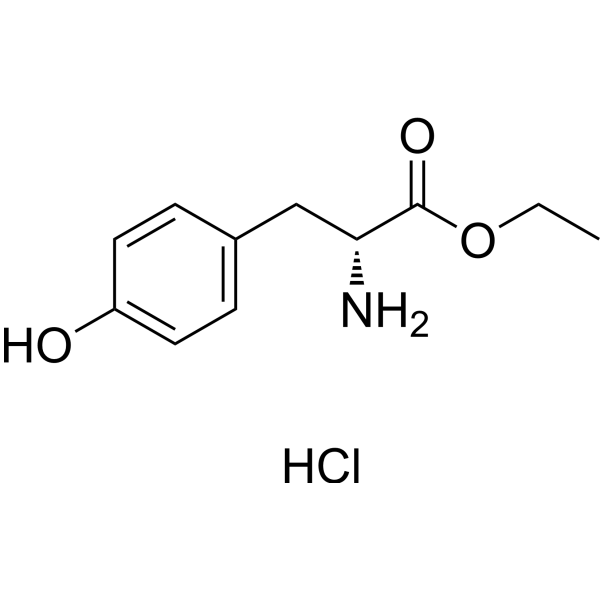
- HY-W013416
-
-
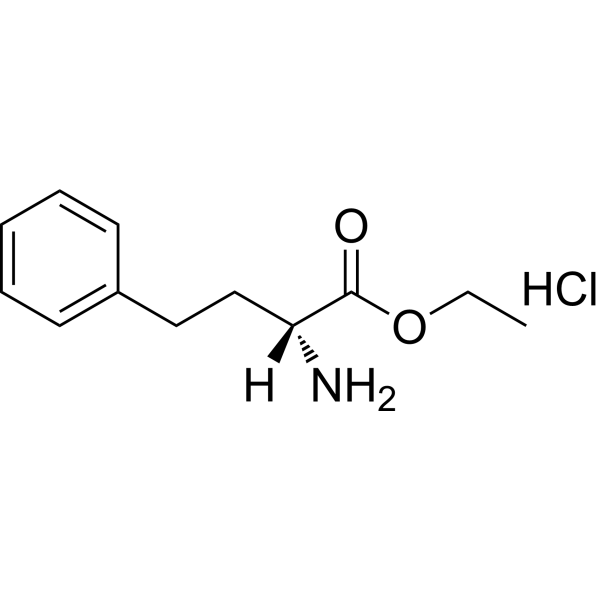
- HY-W013286
-
-

- HY-W053550
-
-
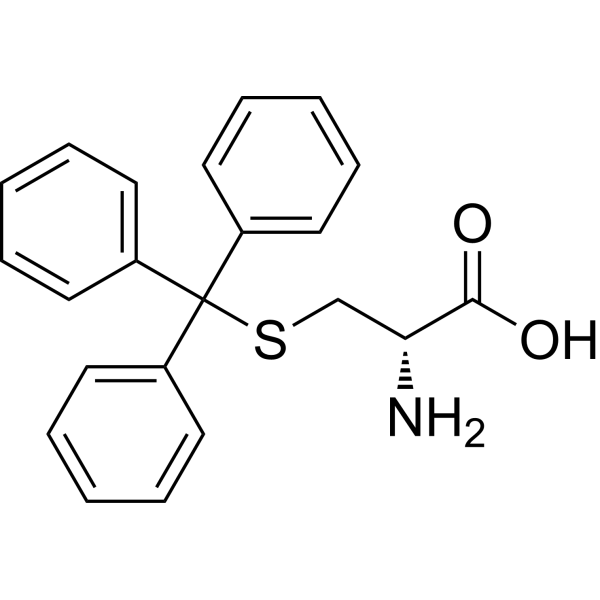
- HY-W013239
-
-
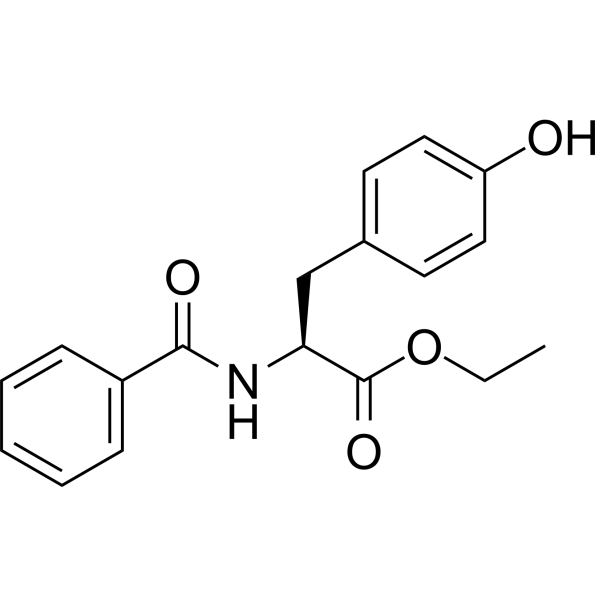
- HY-W013517
-
-
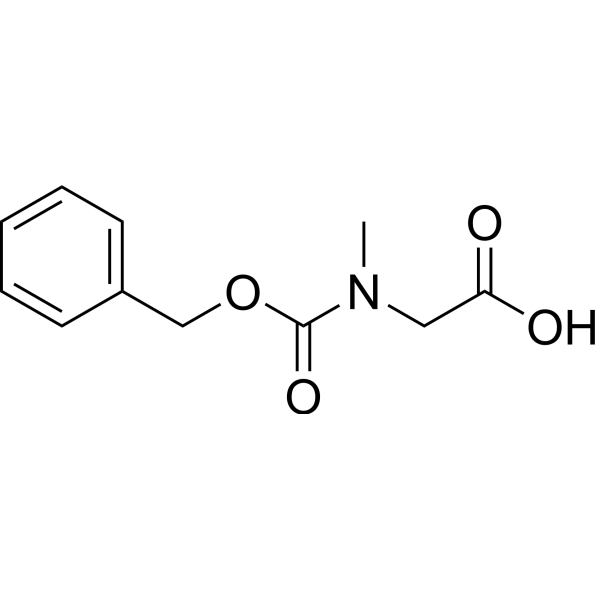
- HY-W013210
-
-
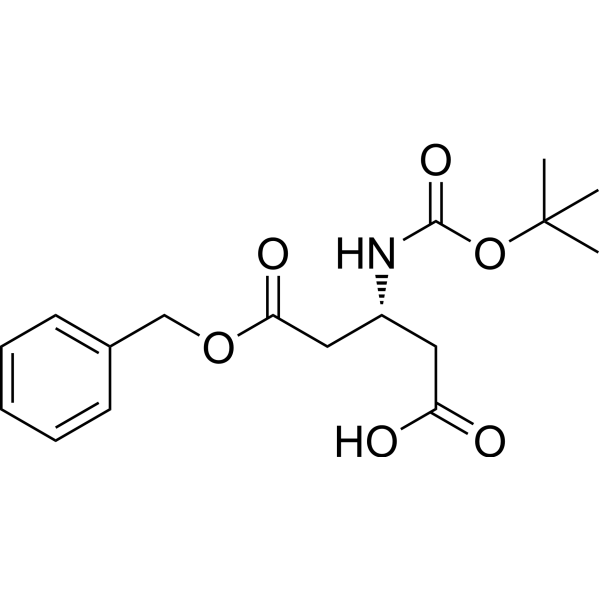
- HY-W013207
-
-
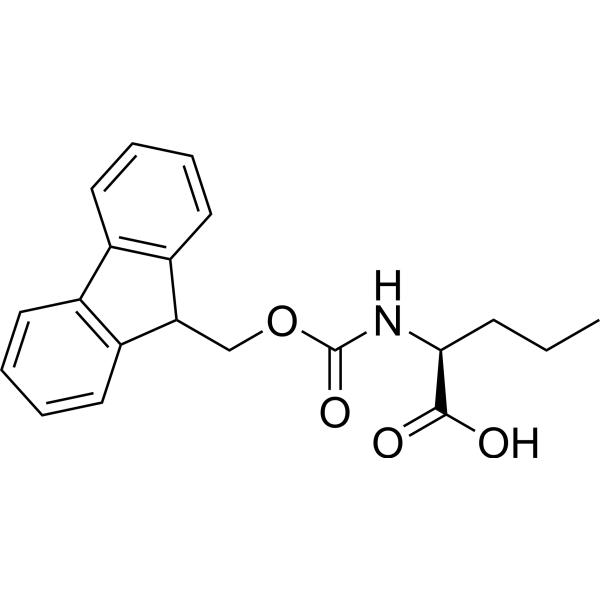
- HY-W013198
-
-
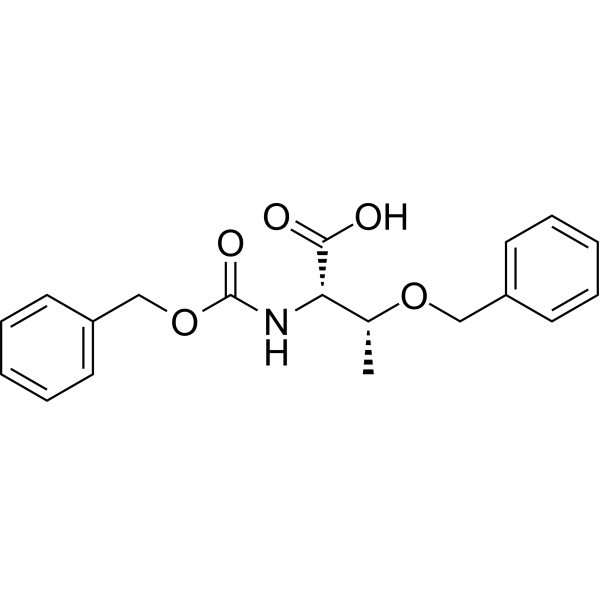
- HY-W013638
-
-

- HY-W011359
-
-
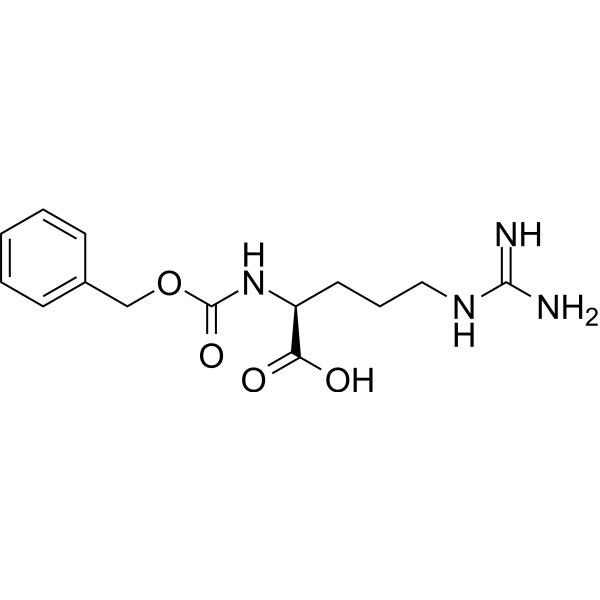
- HY-W013162
-
-
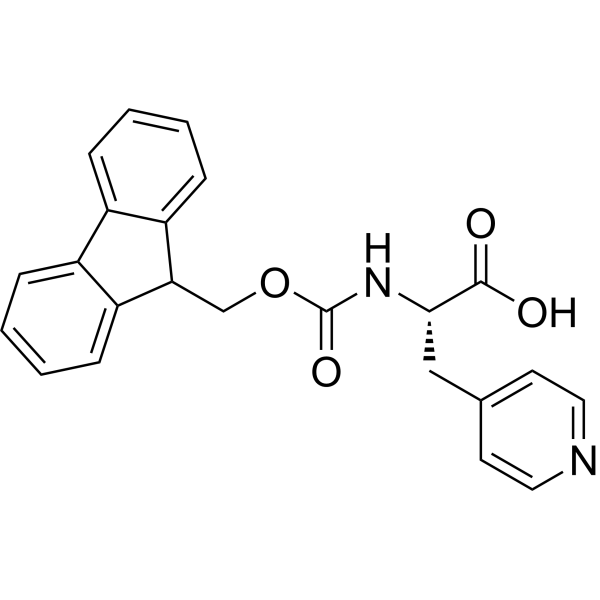
- HY-W013155
-
-
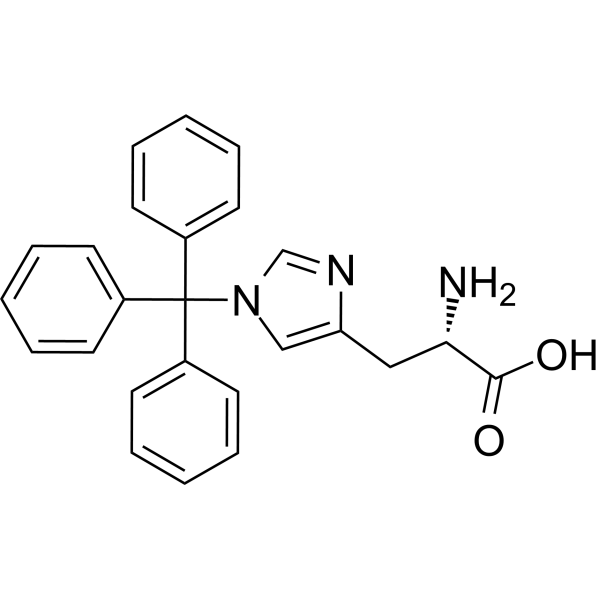
- HY-W013652
-
-

- HY-W051351
-
-

- HY-W013659
-
-
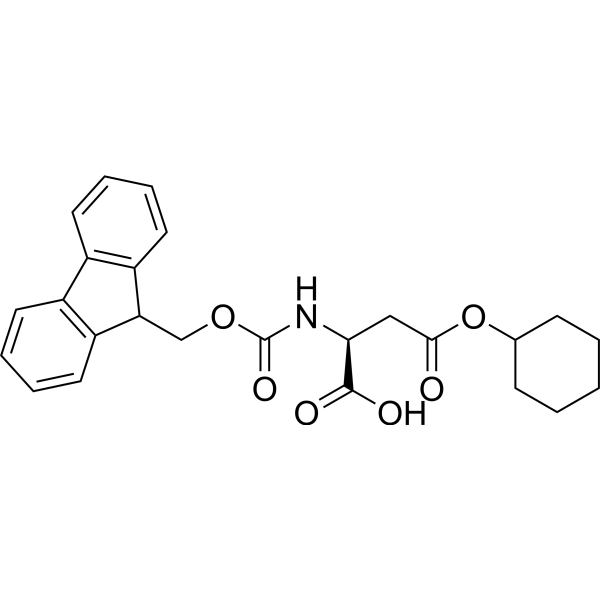
- HY-W011021
-
-
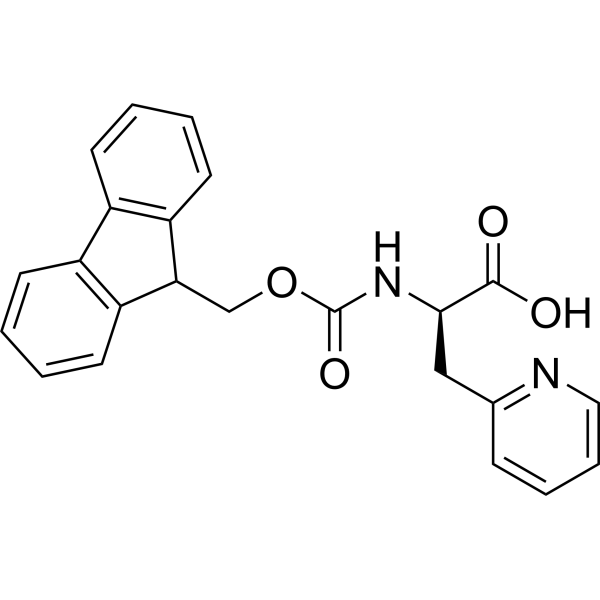
- HY-W050493
-
-
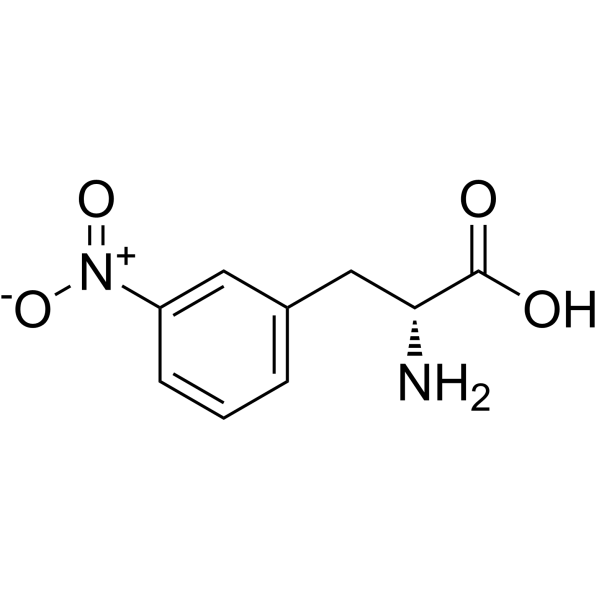
- HY-W013678
-
-
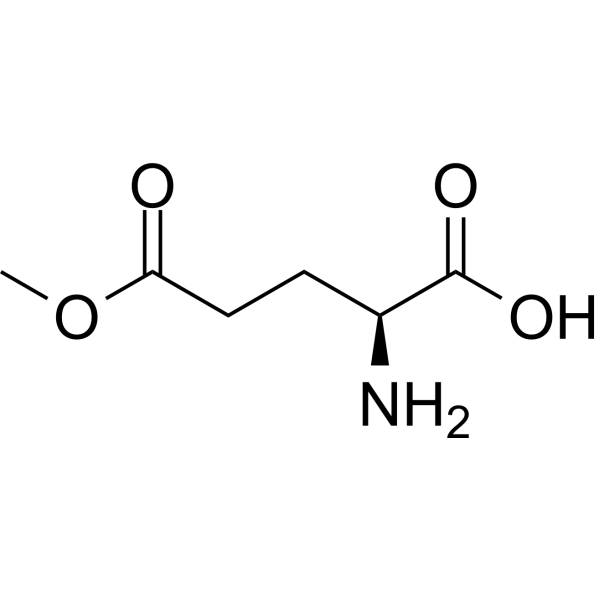
- HY-W050023
-
-
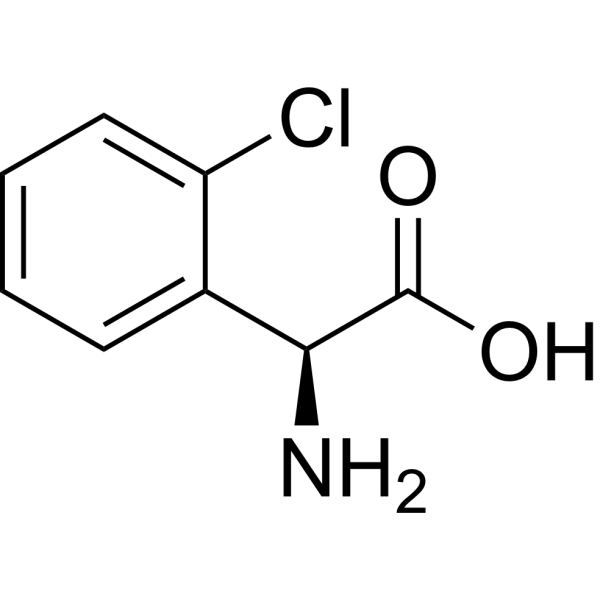
- HY-W011002
-
-
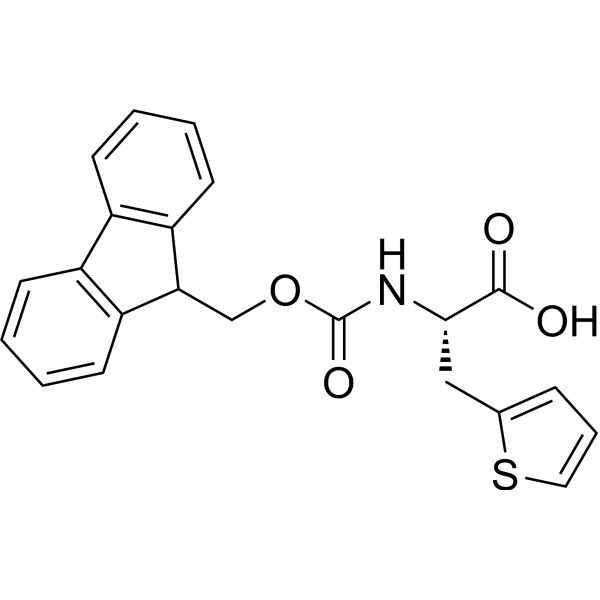
- HY-W013714
-
-

- HY-W010984
-
-
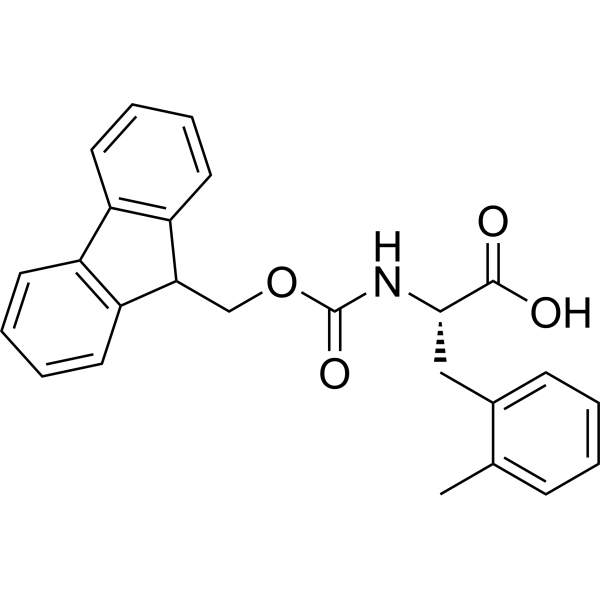
- HY-W010976
-
-
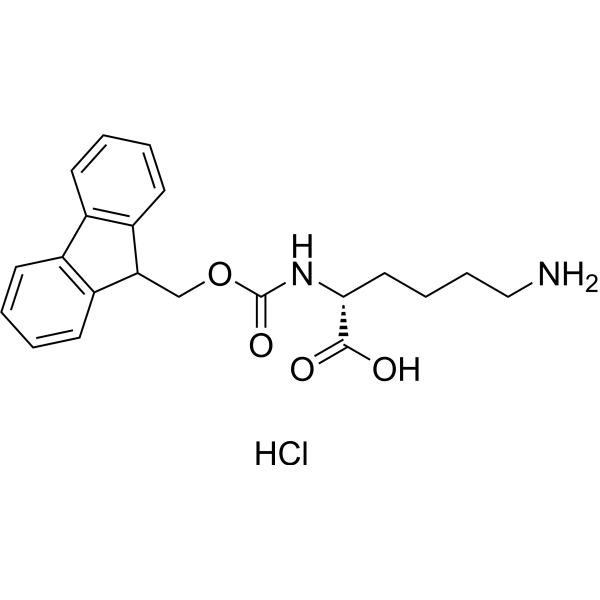
- HY-W010974
-
-

- HY-W008360
-
-

- HY-W013734
-
-
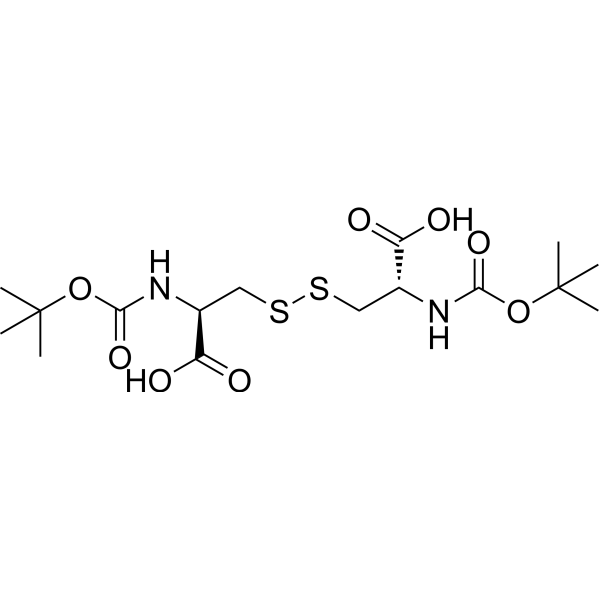
- HY-W048334
-
-
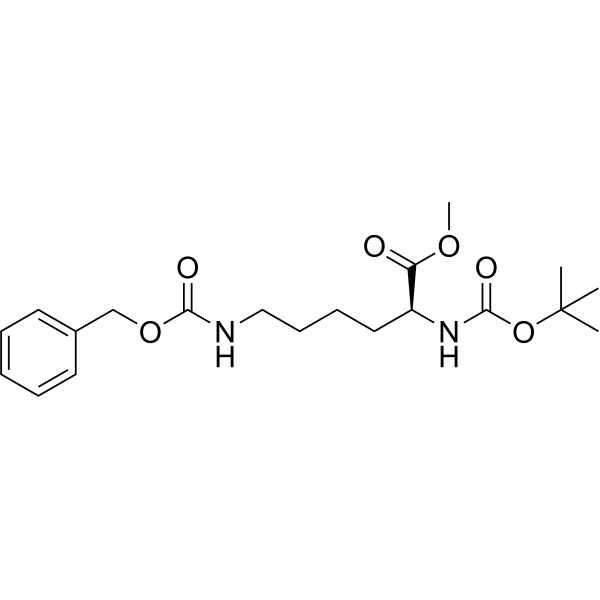
- HY-W008464
-
-

- HY-W008529
-
-

- HY-W013740
-
-

- HY-W013745
-
-
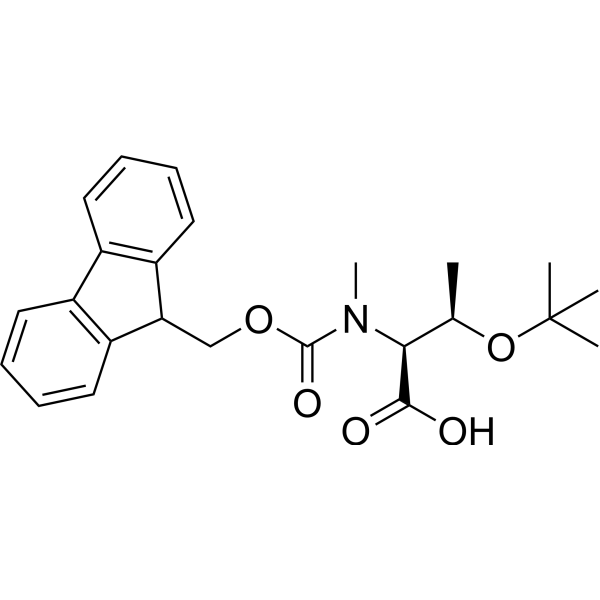
- HY-W045072
-
-
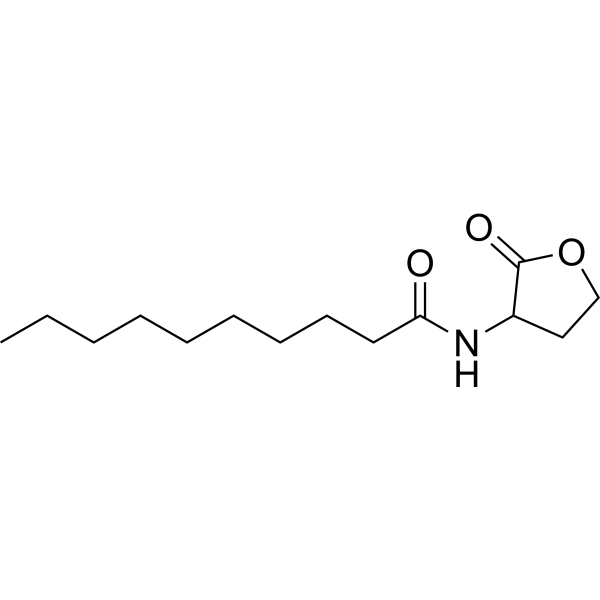
- HY-W043423
-
-
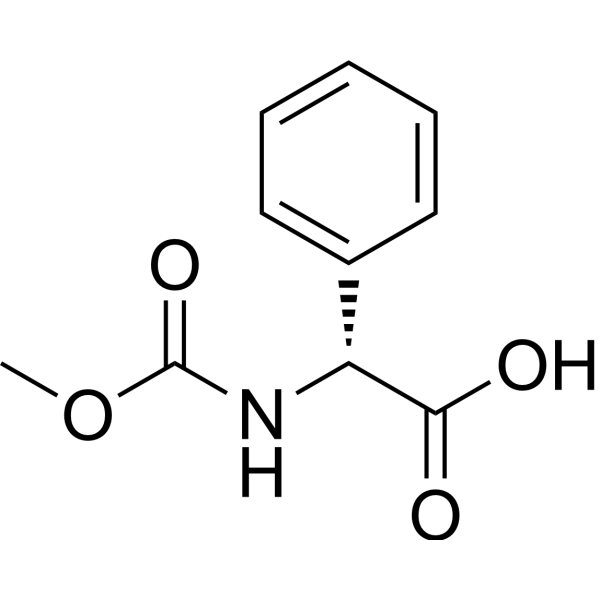
- HY-W042000
-
-
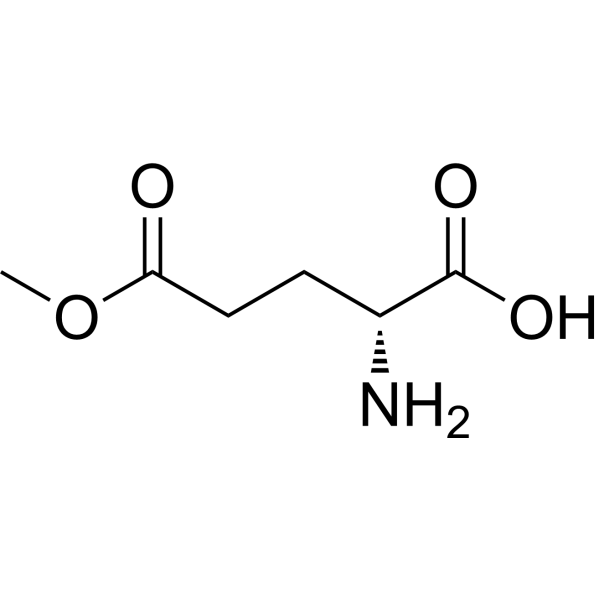
- HY-W041999
-
-
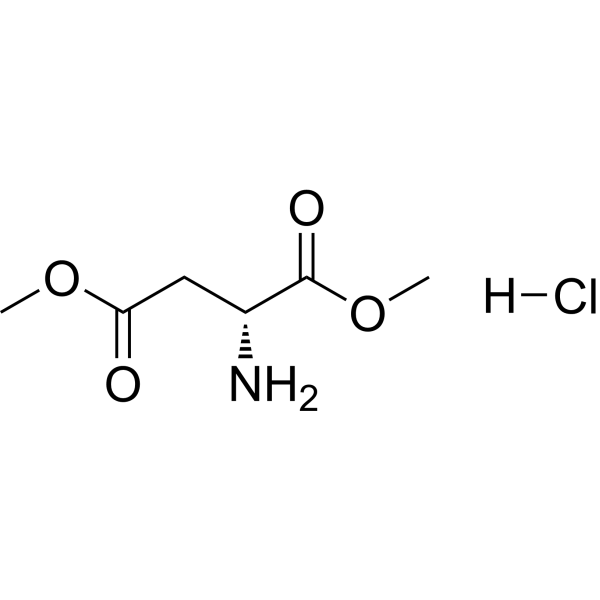
- HY-W041996
-
-
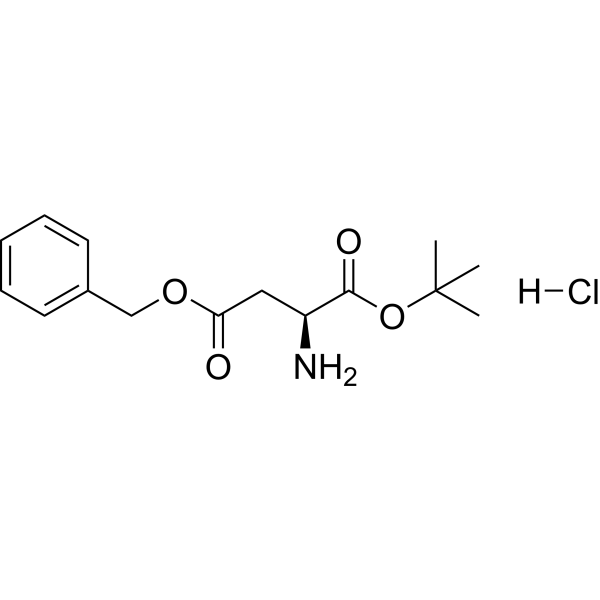
- HY-W041992
-
-

- HY-W041991
-
-
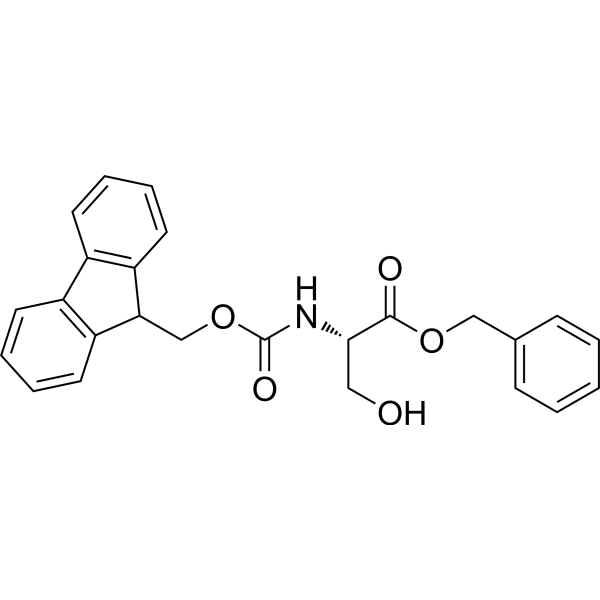
- HY-W041990
-
-
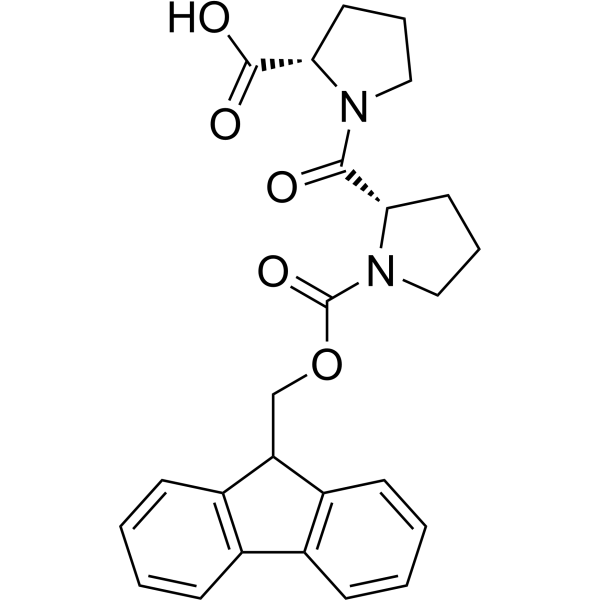
- HY-W041987
-
-
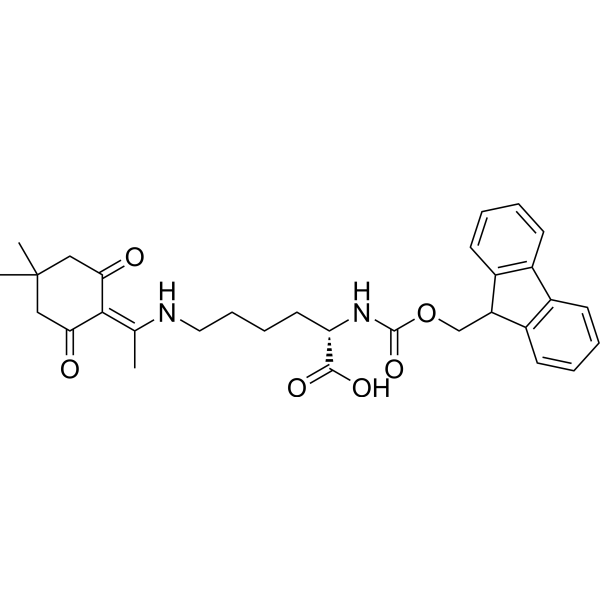
- HY-W041985
-
-
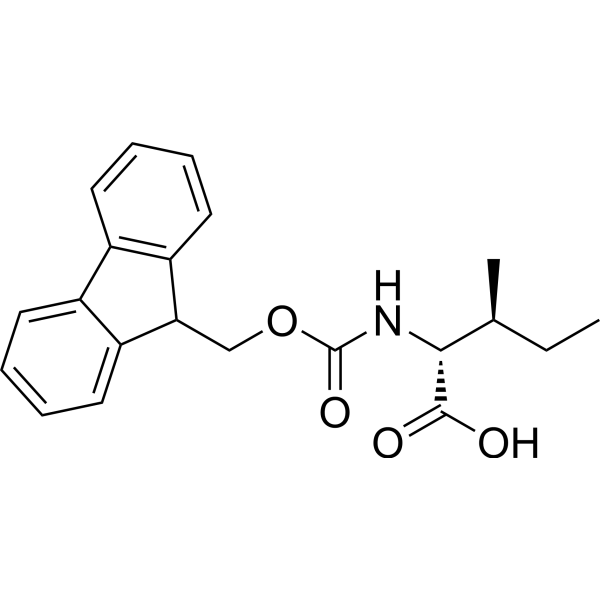
- HY-W041862
-
-

- HY-W040723
-
-
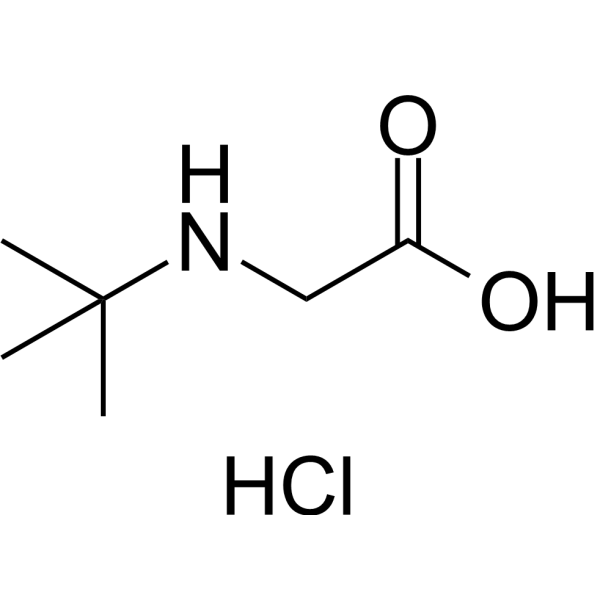
- HY-W142162
-
-
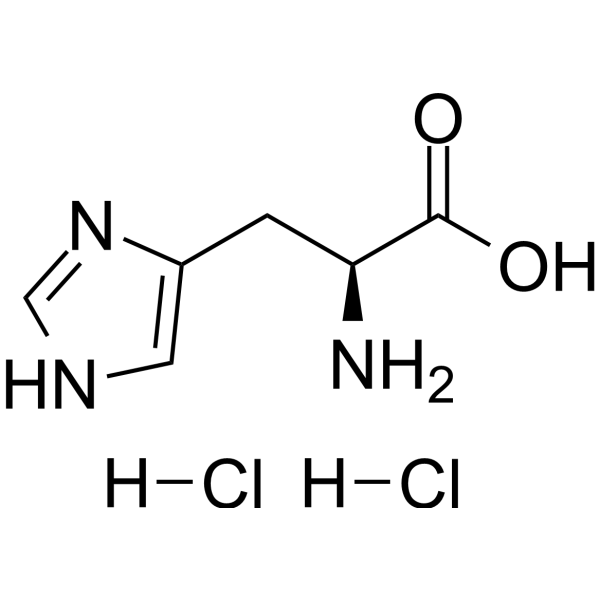
- HY-W040432
-
-
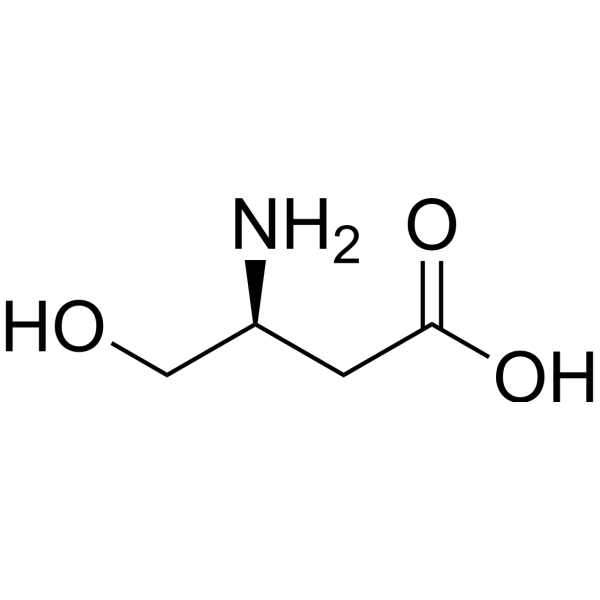
- HY-W142156
-
-
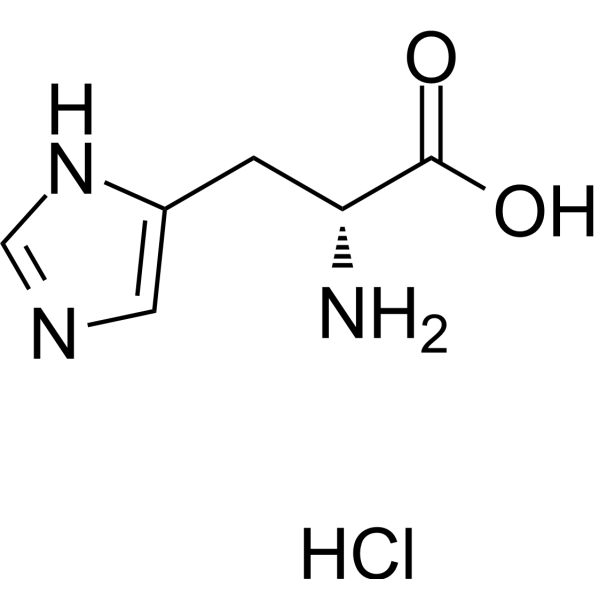
- HY-W040024
-
-
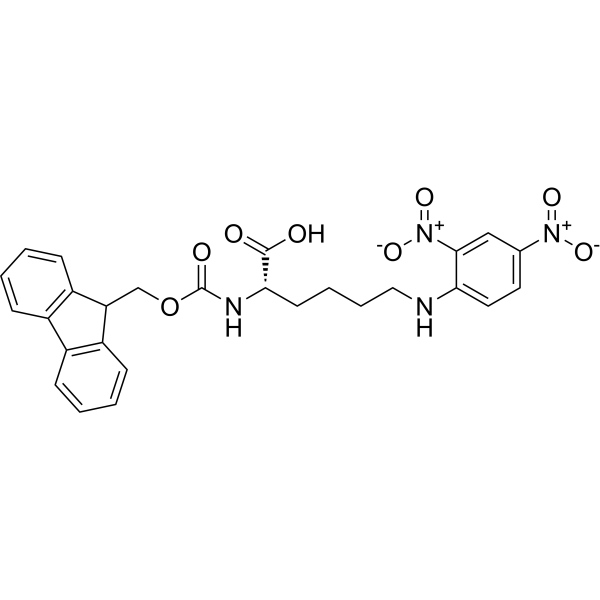
- HY-W039695
-
-
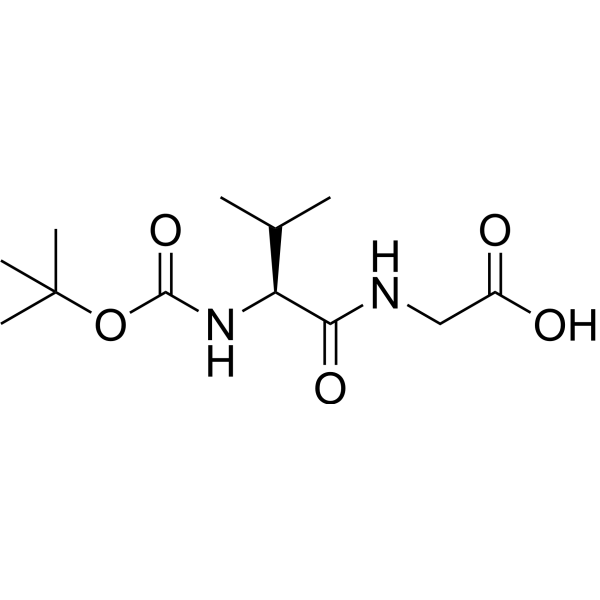
- HY-W013774
-
-
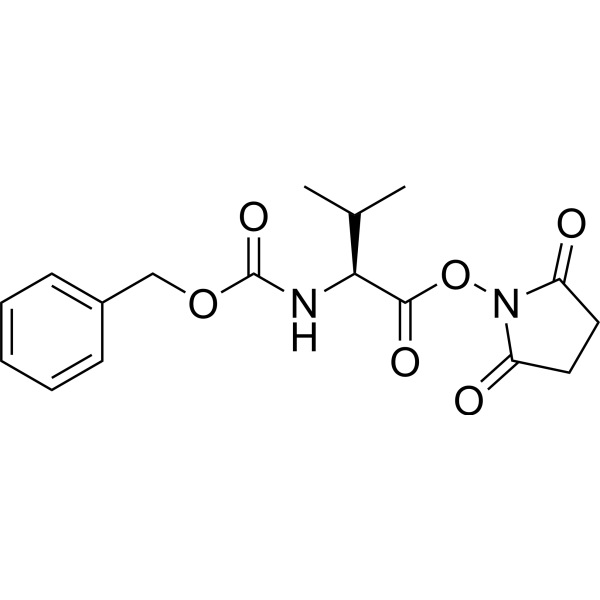
- HY-W037443
-
-
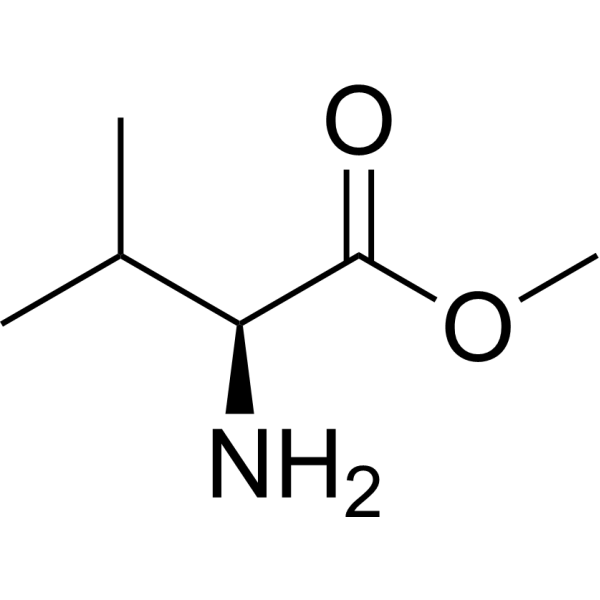
- HY-W036352
-
-
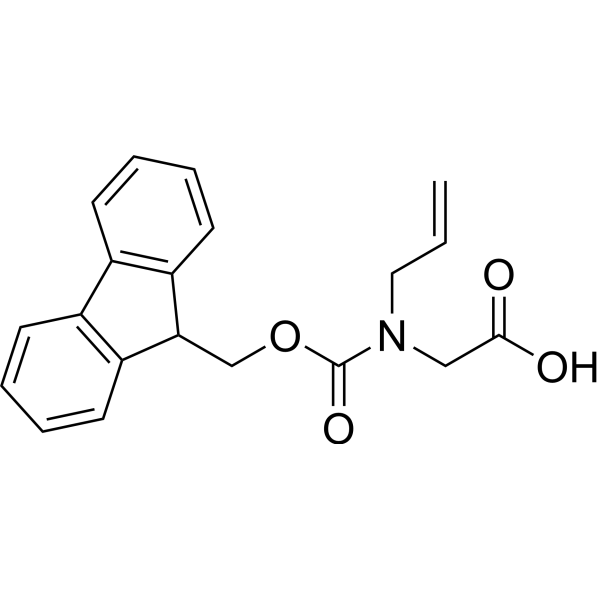
- HY-W036333
-
-

- HY-W142093
-
-
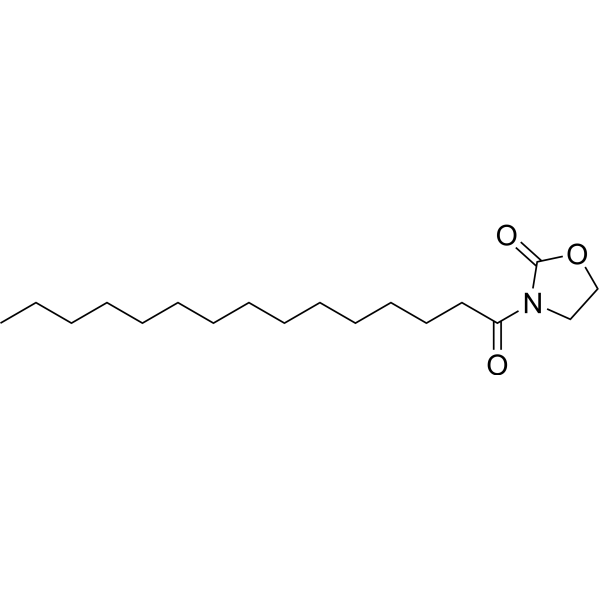
- HY-W036324
-
-
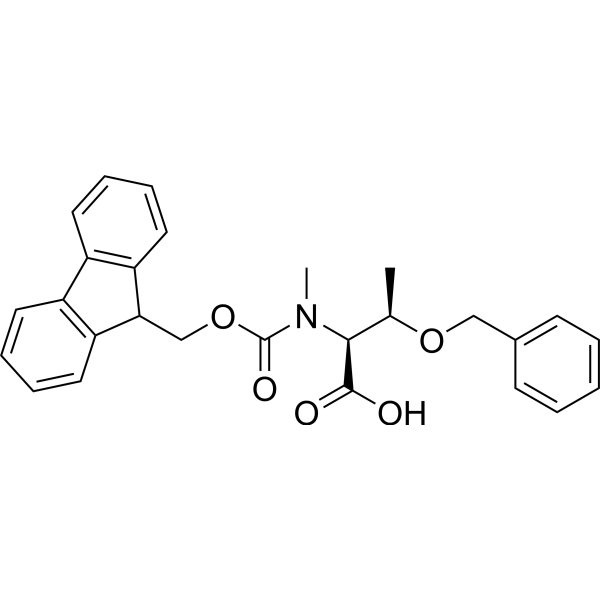
- HY-W036322
-
-

- HY-W036222
-
-
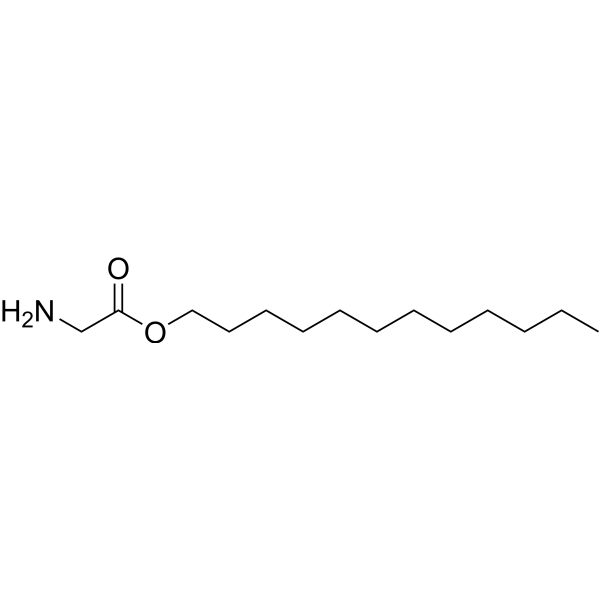
- HY-W013844
-
-
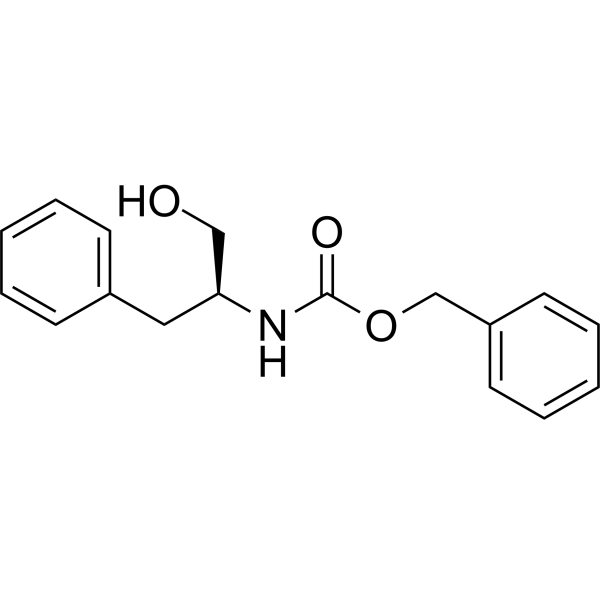
- HY-W013850
-
-
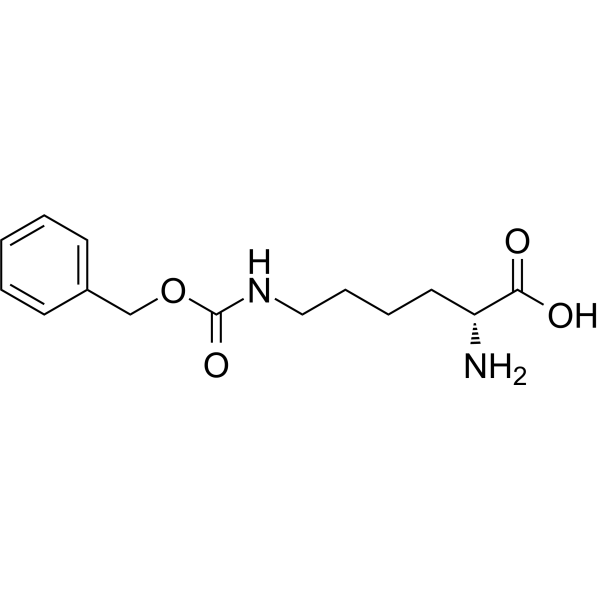
- HY-W035886
-
-
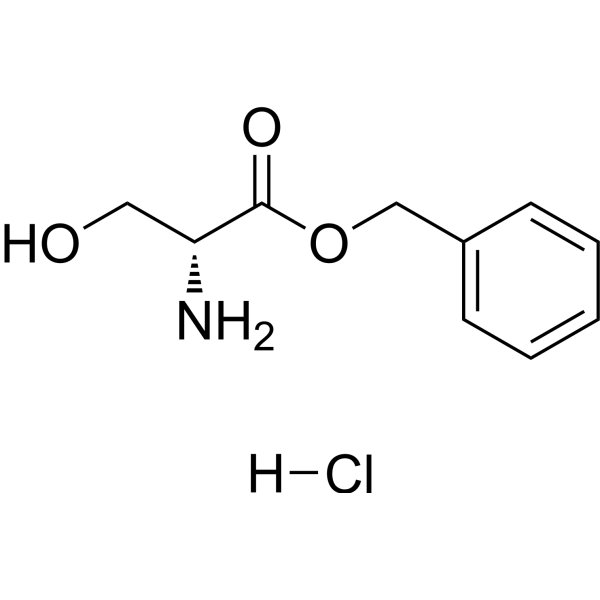
- HY-W013874
-
-
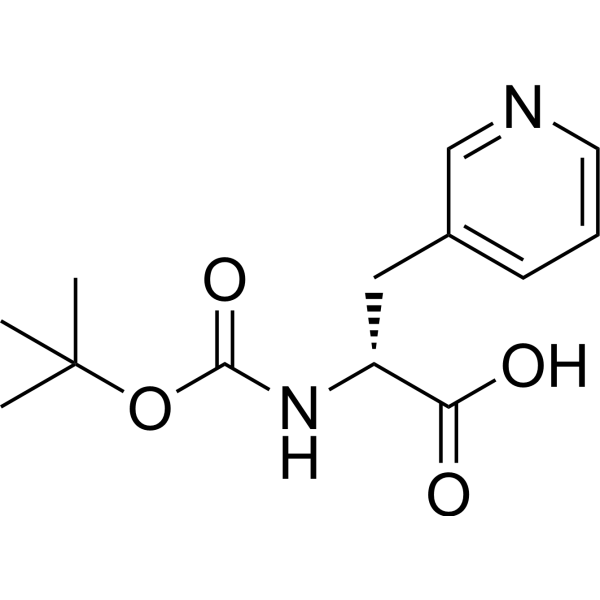
- HY-W013905
-
-
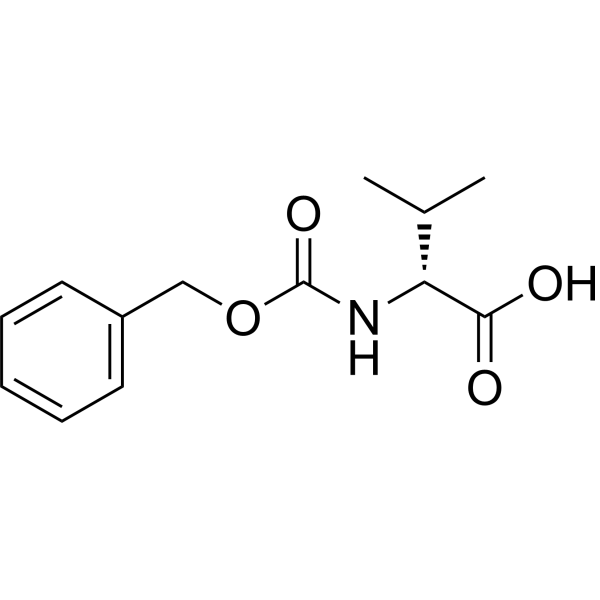
- HY-W013923
-
-
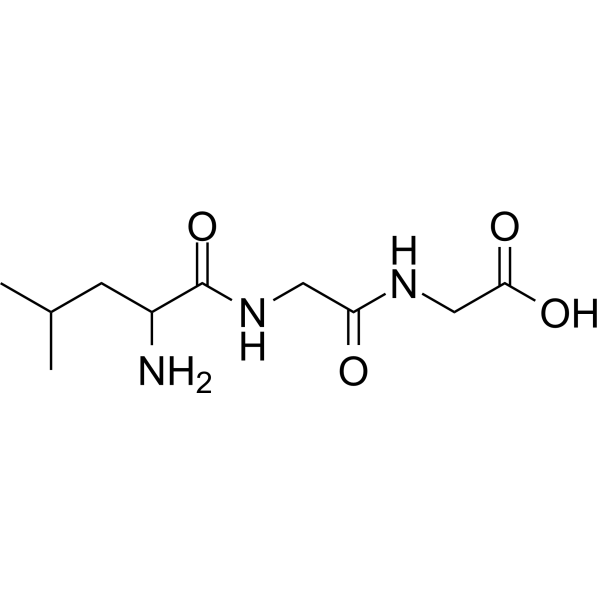
- HY-W013940
-
-
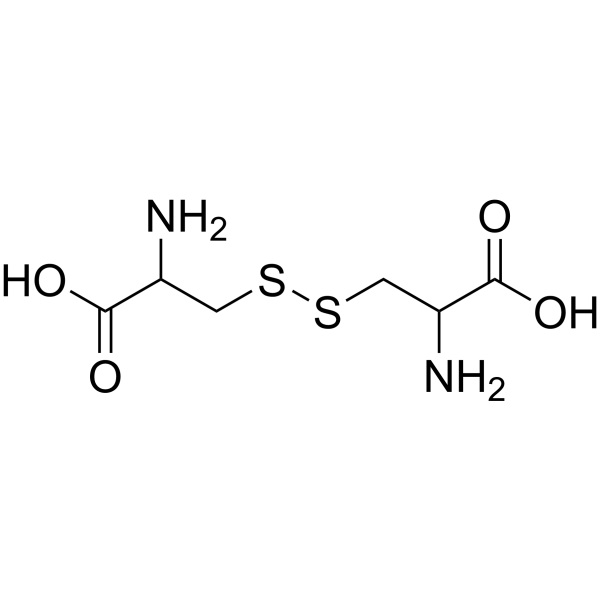
- HY-W007986
-
-
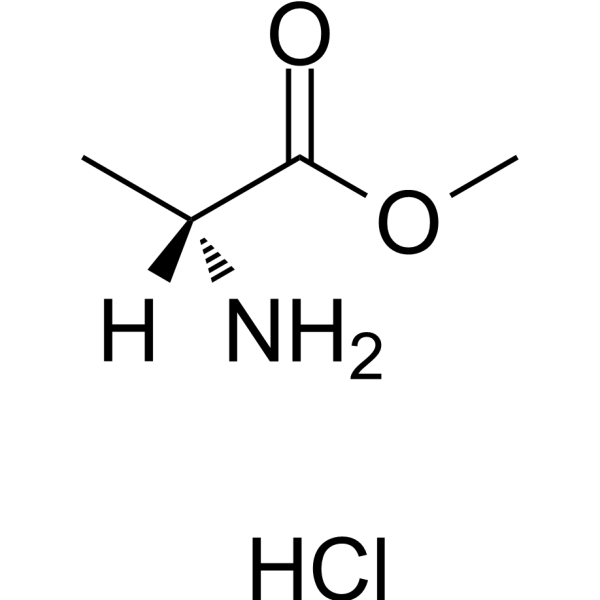
- HY-W013968
-
-
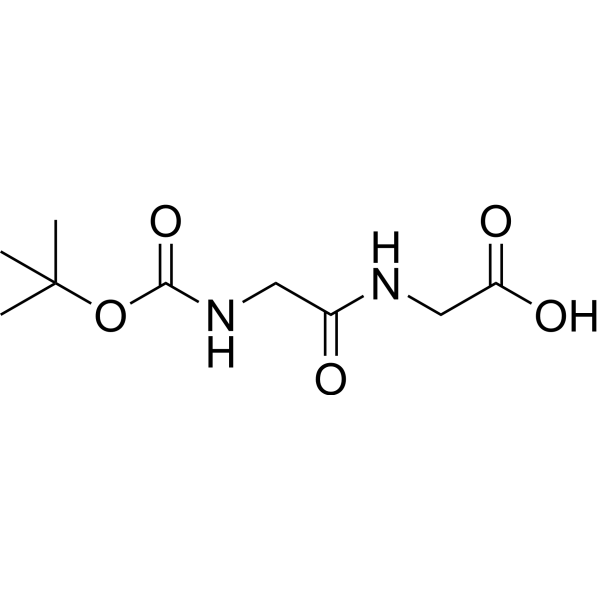
- HY-W007942
-
-
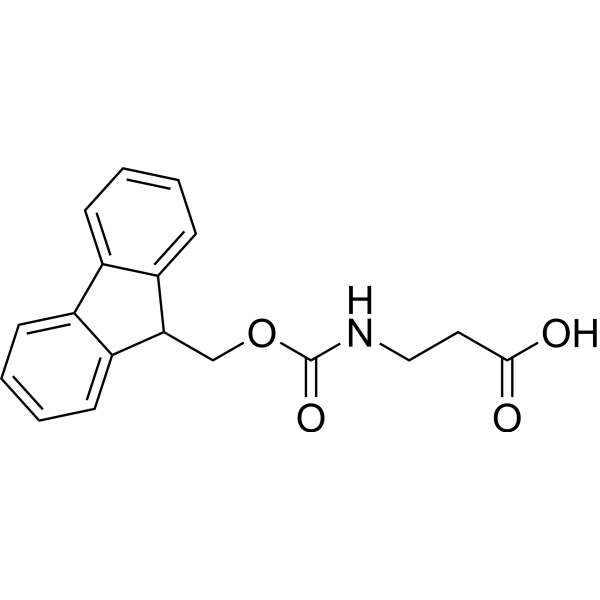
- HY-W013998
-
-
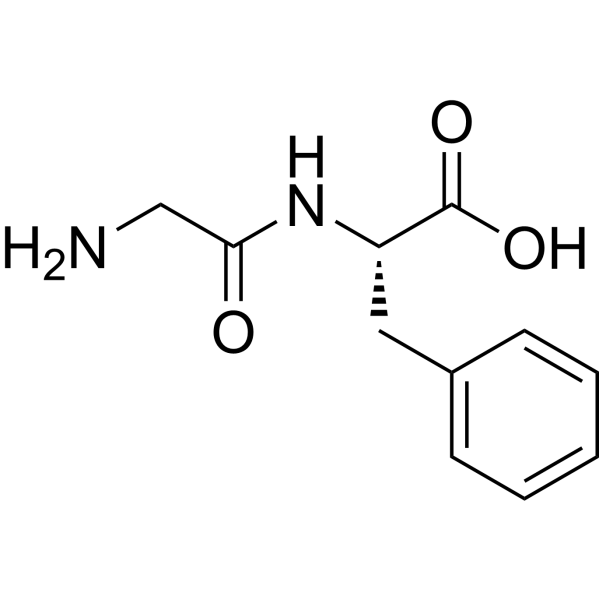
- HY-W007931
-
-
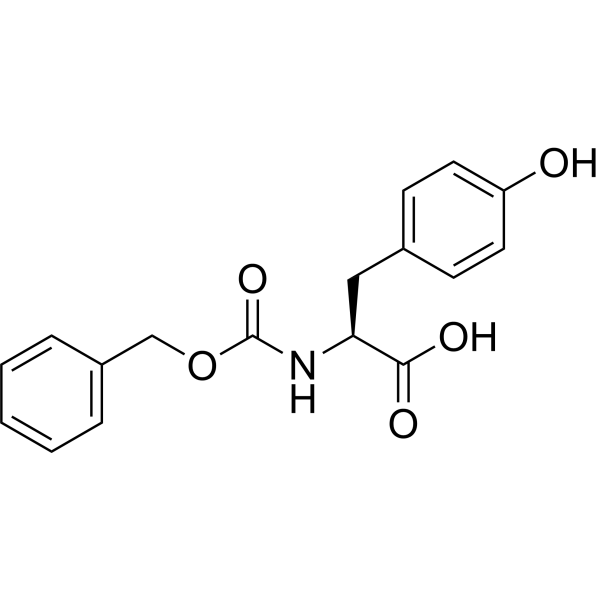
- HY-W014048
-
-

- HY-W014097
-
-
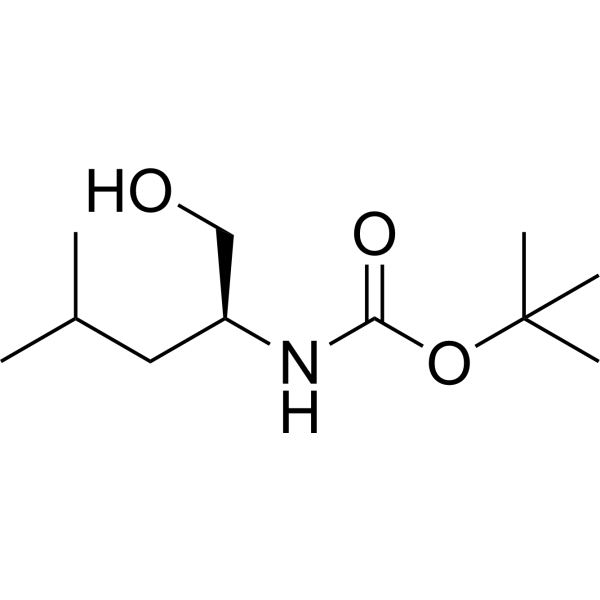
- HY-W014100
-
-

- HY-W142030
-
-

- HY-W030573
-
-
![((4'-Chloro-[1,1'-biphenyl]-4-yl)sulfonyl)phenylalanine](//file.medchemexpress.com/product_pic/hy-w030573.gif)
- HY-W007679
-
-
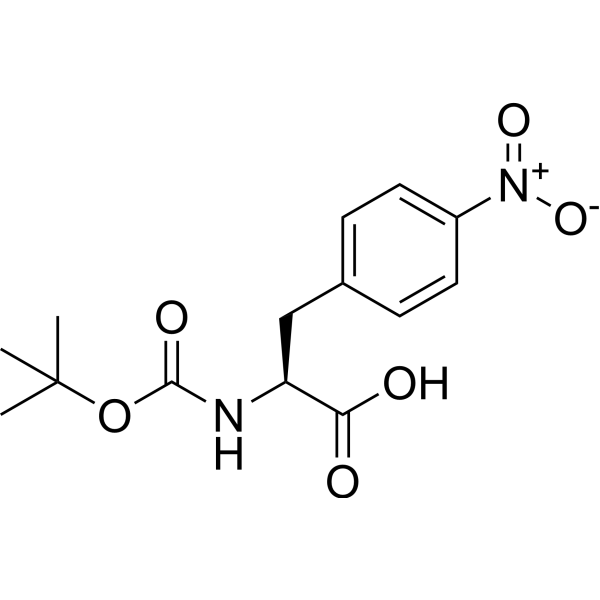
- HY-W007620
-
-
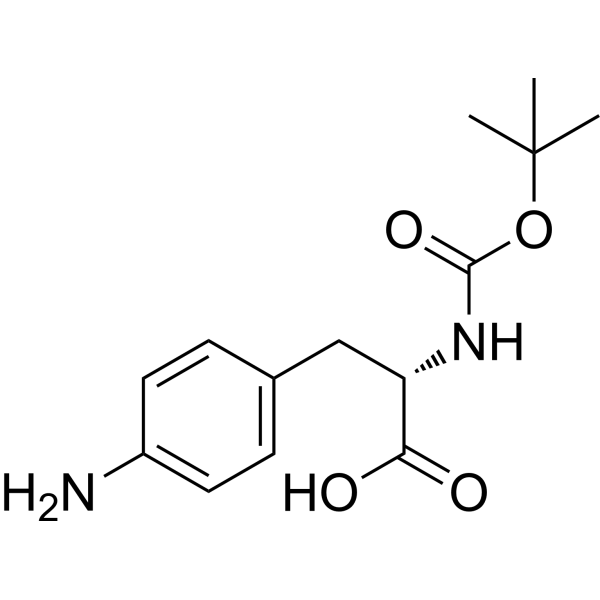
- HY-W014258
-
|
|
Amino Acid Derivatives
|
Others
|
|
(R)-2-((tert-Butoxycarbonyl)amino)pent-4-ynoic acid is a Glycine (HY-Y0966) derivative . (R)-2-((tert-Butoxycarbonyl)amino)pent-4-ynoic acid is a click chemistry reagent, it contains an Alkyne group and can undergo copper-catalyzed azide-alkyne cycloaddition (CuAAc) with molecules containing Azide groups.
|
-
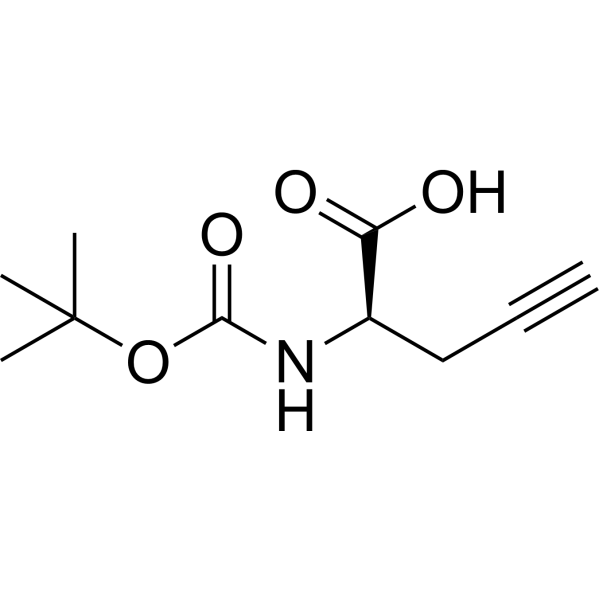
- HY-W030321
-
-
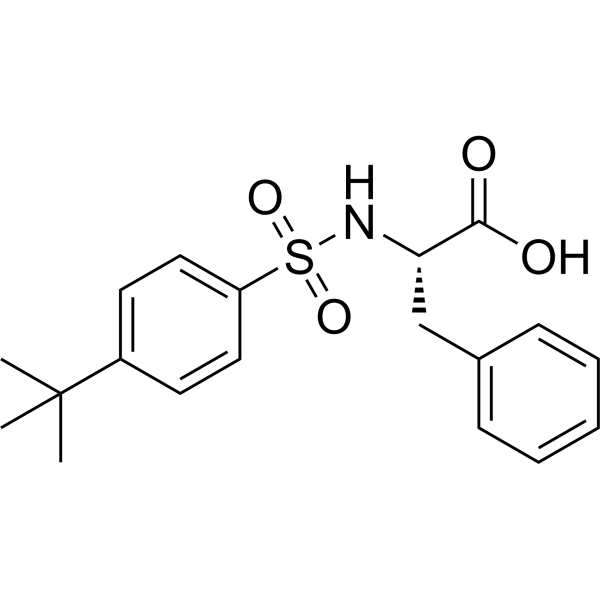
- HY-W014259
-
|
|
Amino Acid Derivatives
|
Others
|
|
(S)-2-((tert-Butoxycarbonyl)amino)pent-4-ynoic acid is a Glycine (HY-Y0966) derivative . (S)-2-((tert-Butoxycarbonyl)amino)pent-4-ynoic acid is a click chemistry reagent, it contains an Alkyne group and can undergo copper-catalyzed azide-alkyne cycloaddition (CuAAc) with molecules containing Azide groups.
|
-
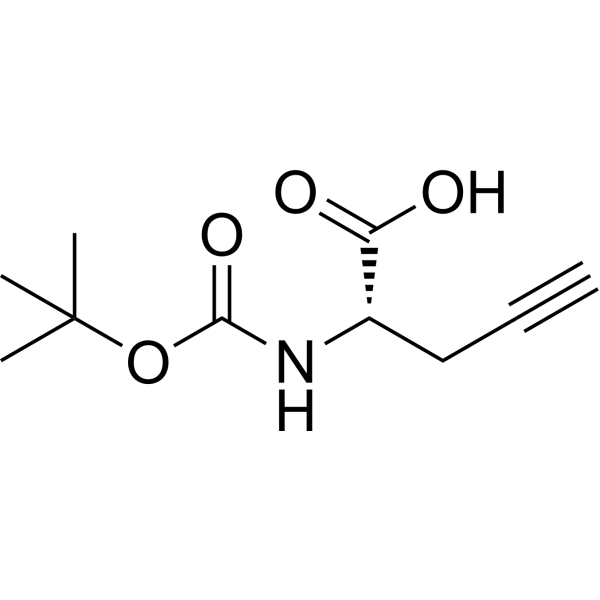
- HY-W029652
-
-
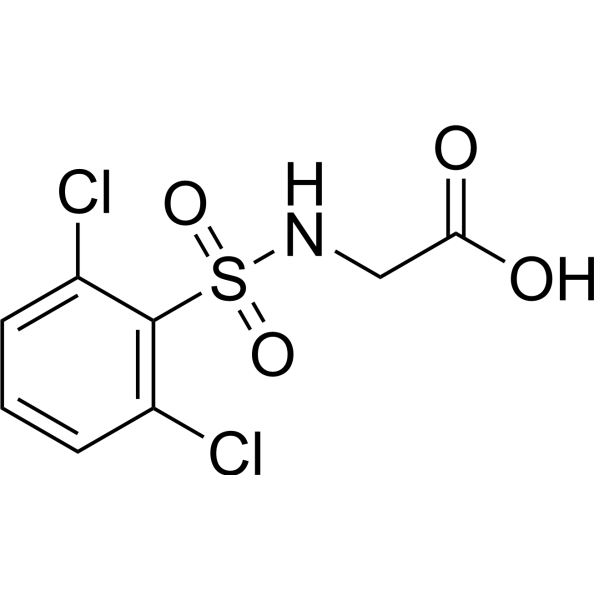
- HY-W014303
-
-
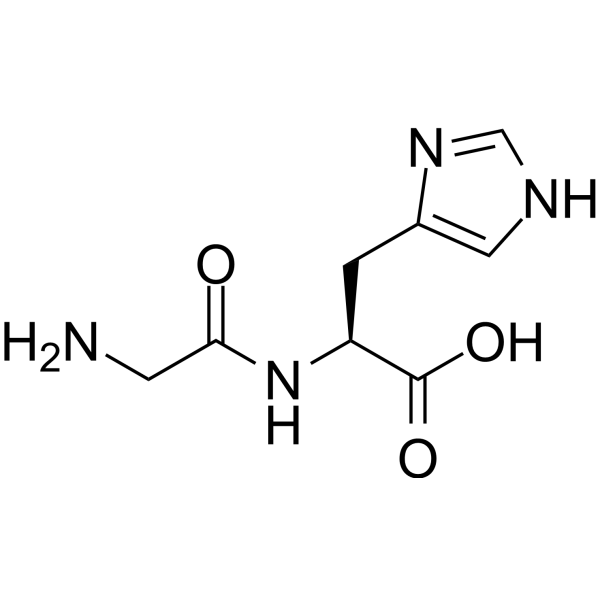
- HY-W028991
-
-

- HY-W007354
-
-
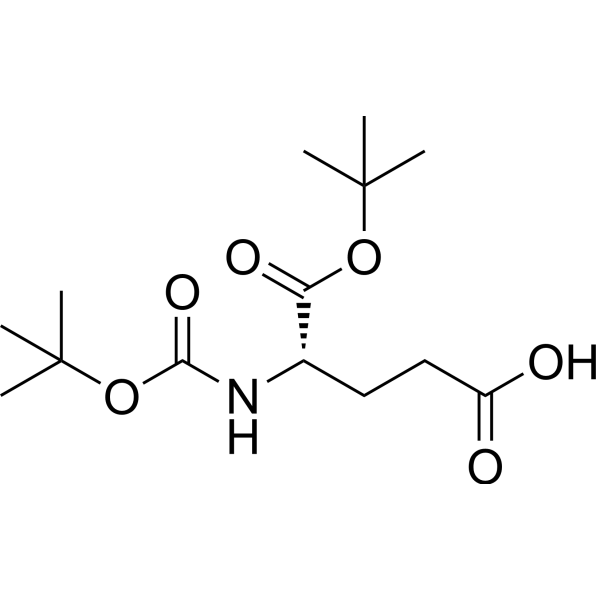
- HY-W028793
-
-
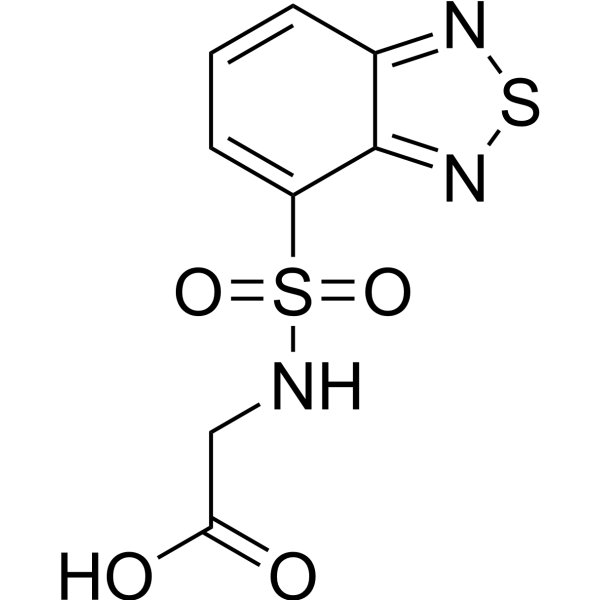
- HY-W027829
-
-
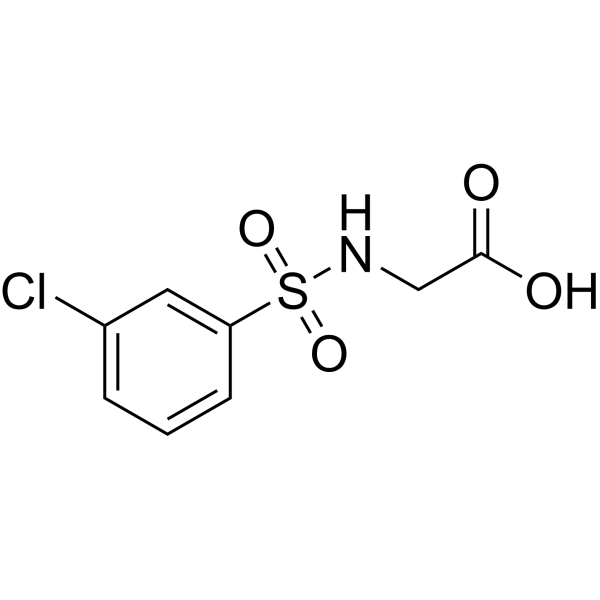
- HY-W006205
-
-
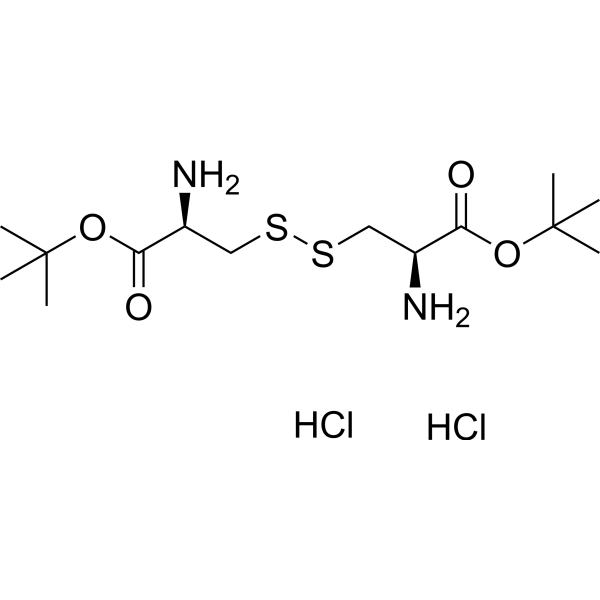
- HY-W027251
-
-

- HY-W026508
-
-
![1-[(<em>3</em>,5-Dimethylisoxazol-4-yl)sulfonyl]proline](//file.medchemexpress.com/product_pic/hy-w026508.gif)
- HY-W025811
-
-
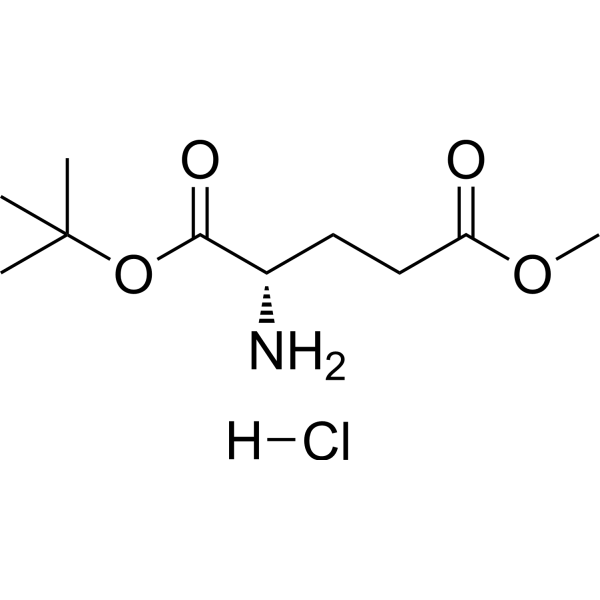
- HY-W006093
-
-

- HY-W006063
-
-

- HY-W005913
-
-

- HY-W141986
-
-
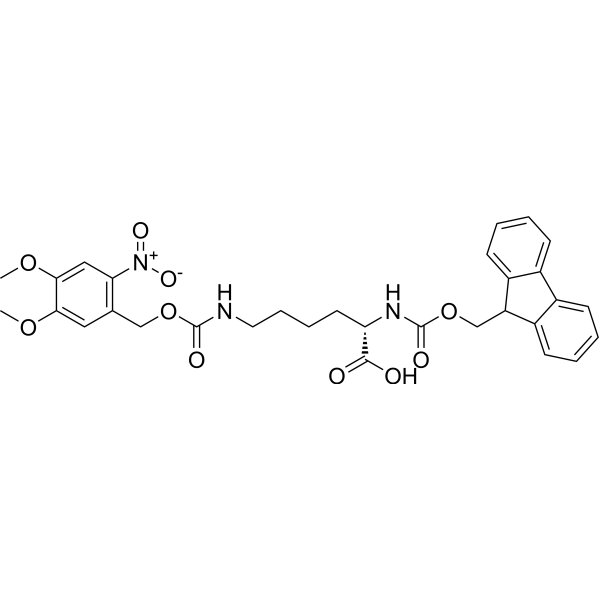
- HY-W022796
-
-
![(S)-2-Amino-<em>3</em>-(benzo[b]thiophen-<em>3</em>-yl)propanoic acid](//file.medchemexpress.com/product_pic/hy-w022796.gif)
- HY-W005846
-
-

- HY-W022593
-
-
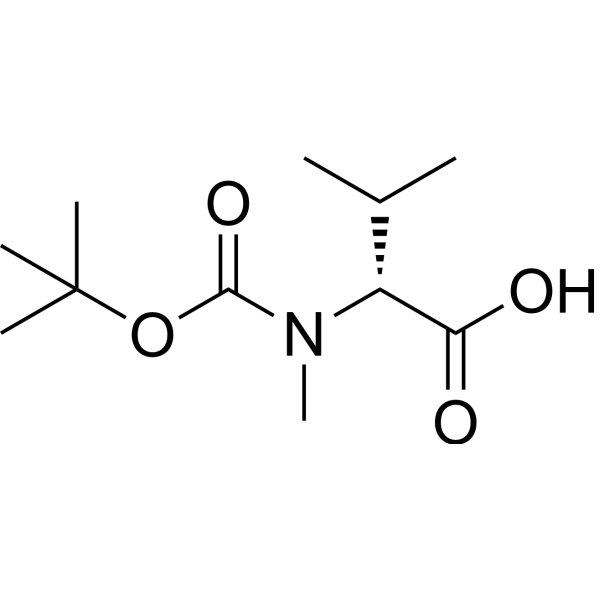
- HY-W005388
-
-
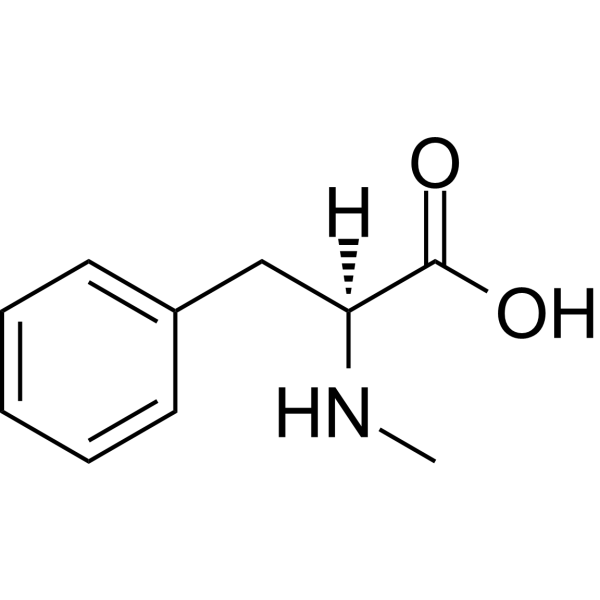
- HY-W141975
-
-
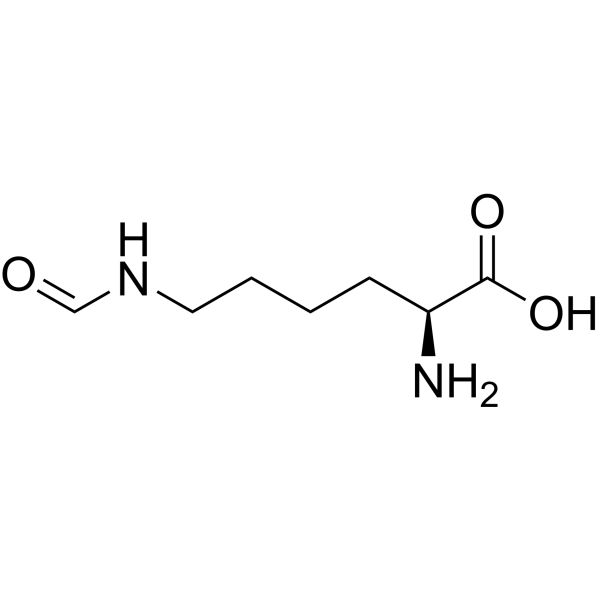
- HY-W005295
-
-
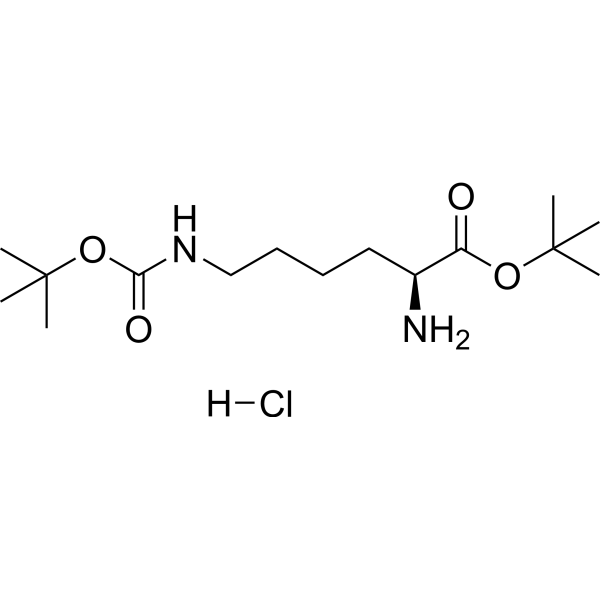
- HY-W005226
-
-
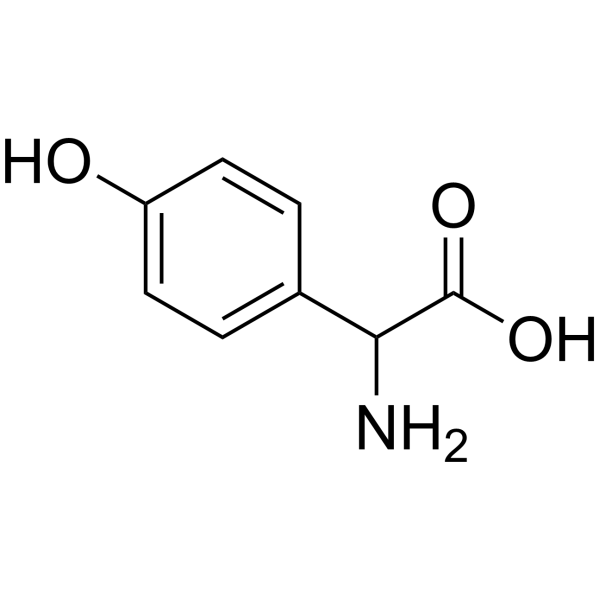
- HY-W022447
-
-
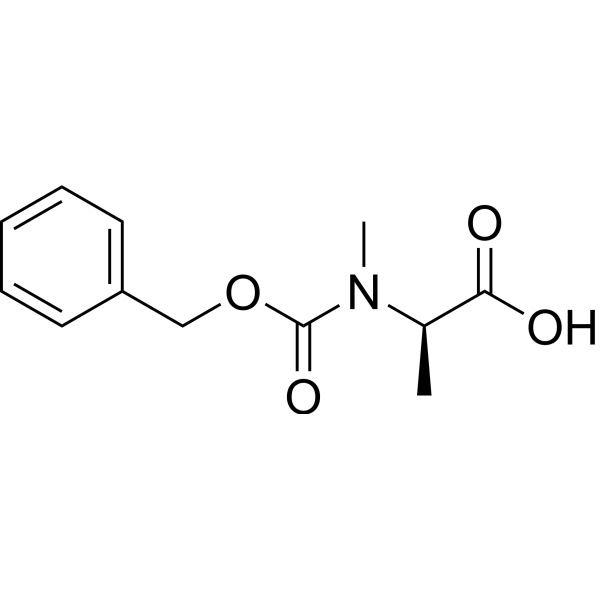
- HY-W022446
-
-

- HY-W022404
-
-
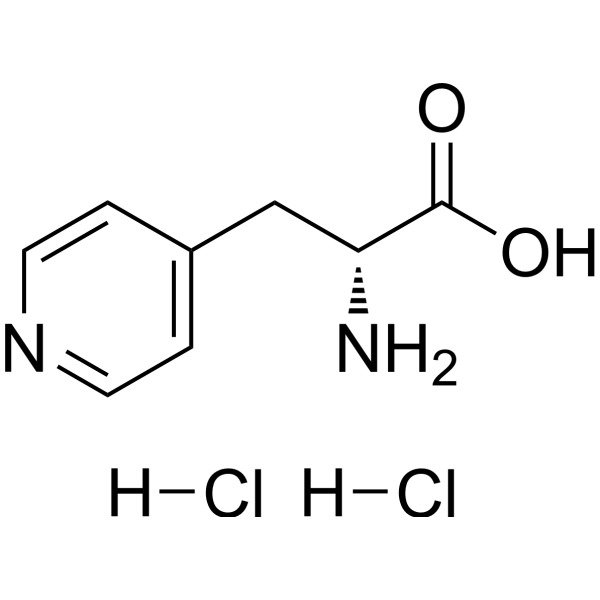
- HY-W004153
-
-
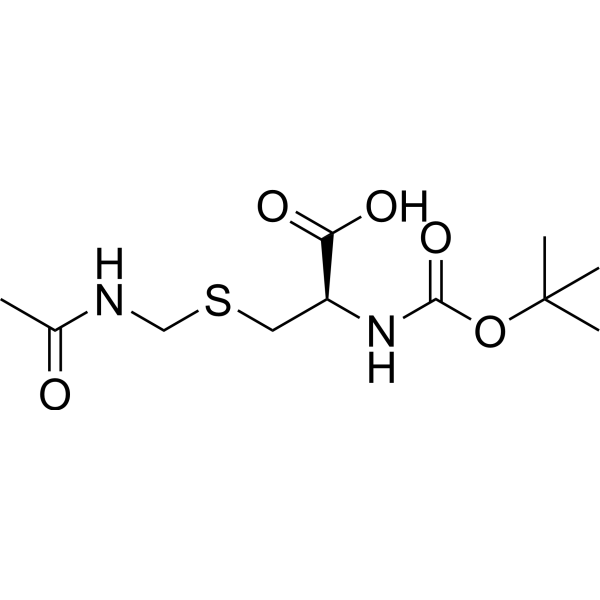
- HY-W004110
-
-
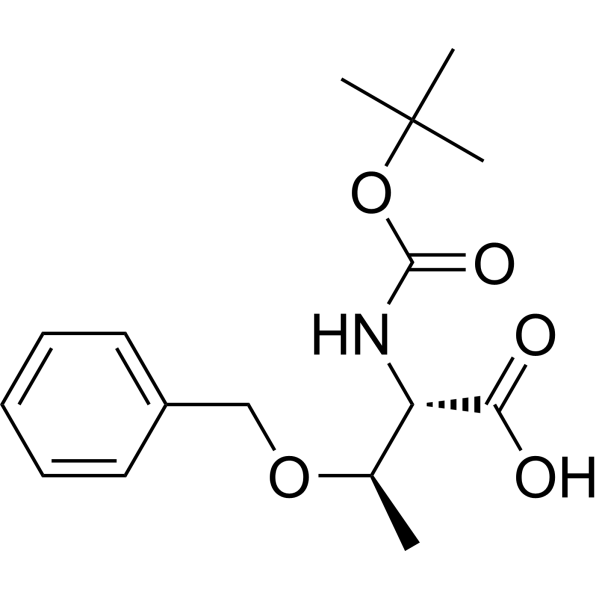
- HY-W004098
-
-

- HY-W022250
-
-
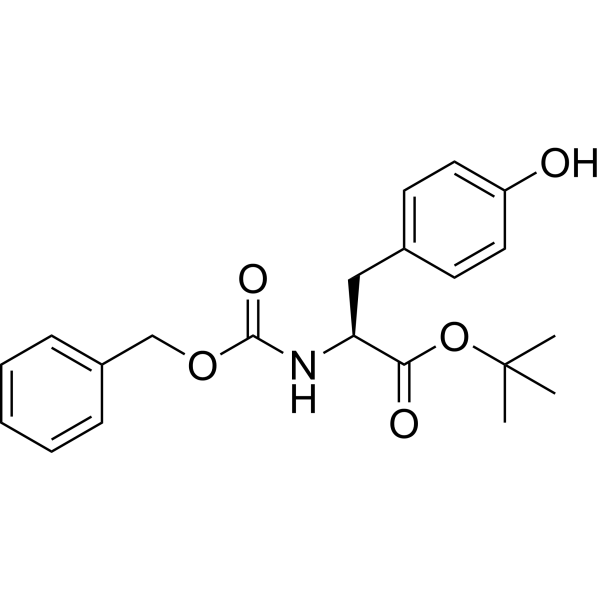
- HY-W141961
-
-

- HY-W003499
-
-
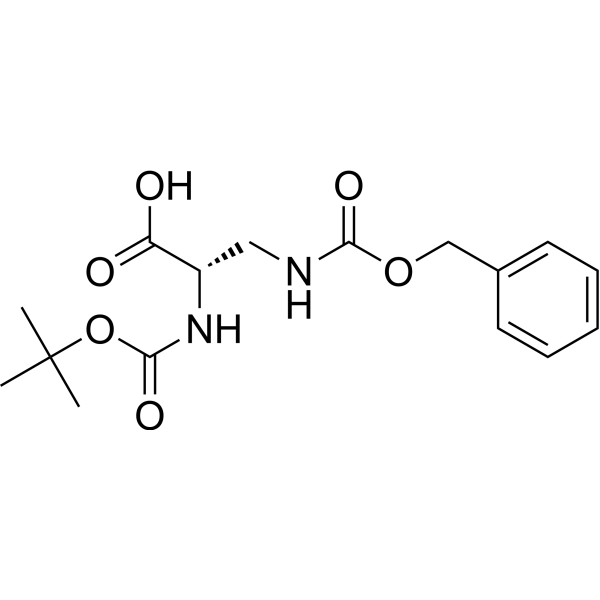
- HY-W003318
-
-
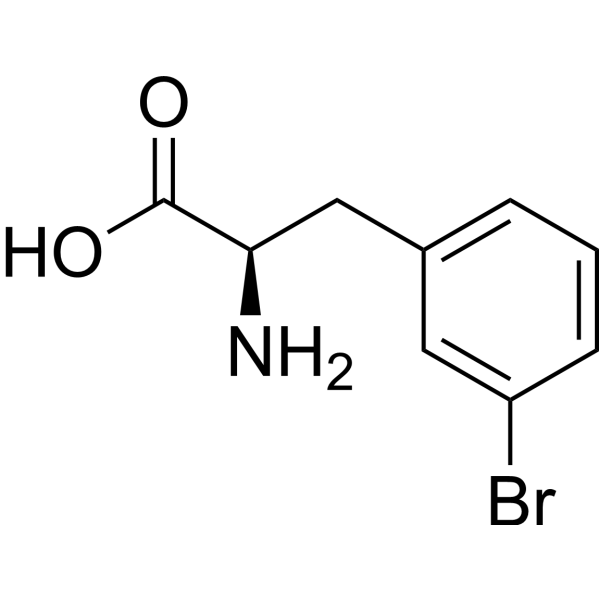
- HY-W022227
-
-

- HY-W022226
-
-
![N-[(9H-Fluoren-9-ylmethoxy)carbonyl]-O-(phenylmethyl)-D-serine](//file.medchemexpress.com/product_pic/hy-w022226.gif)
- HY-W022220
-
-
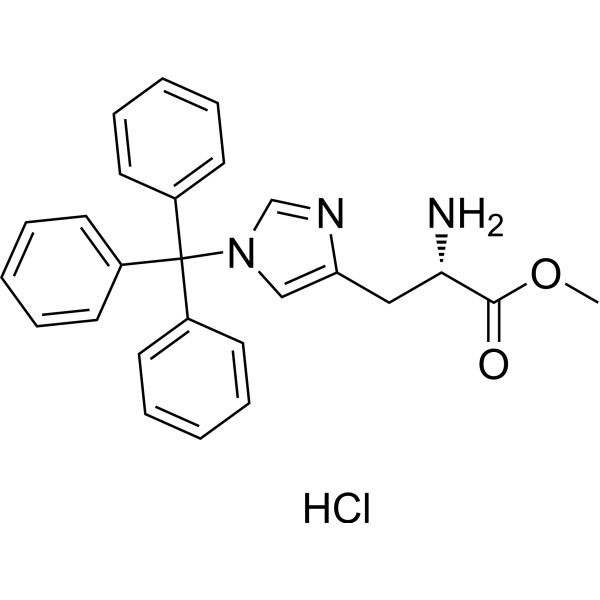
- HY-W141949
-
-
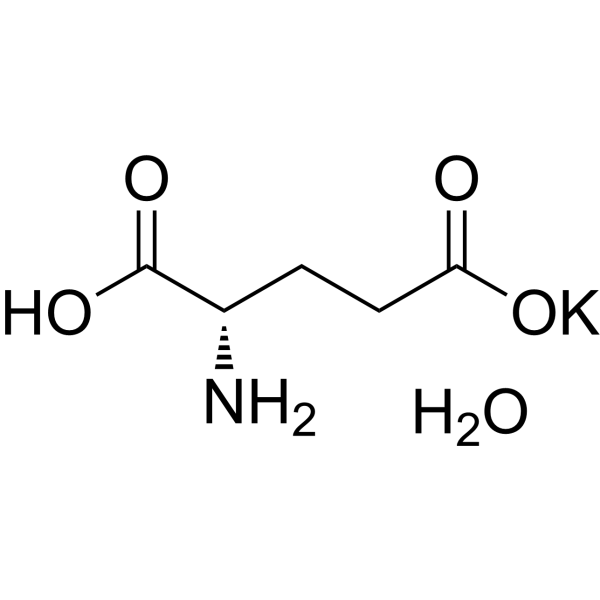
- HY-W141948
-
-

- HY-W002436
-
-
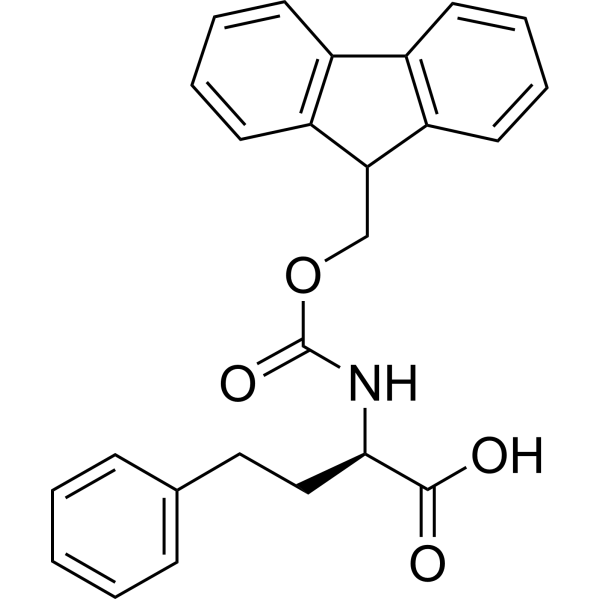
- HY-W002416
-
-

- HY-W002410
-
-
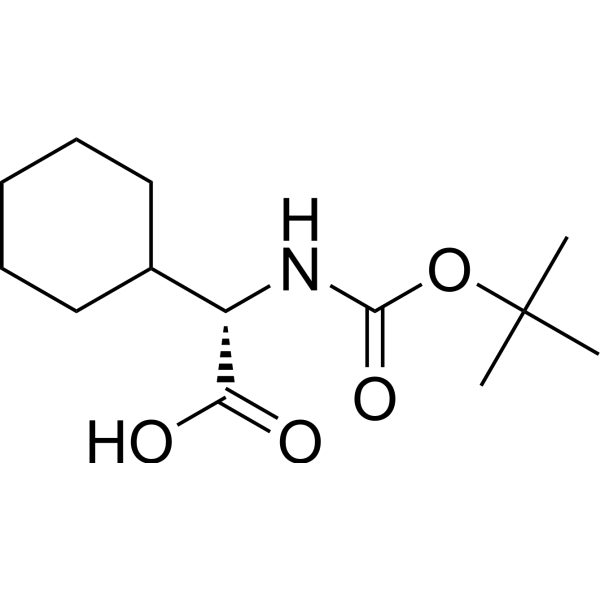
- HY-W141945
-
-

- HY-W002326
-
-
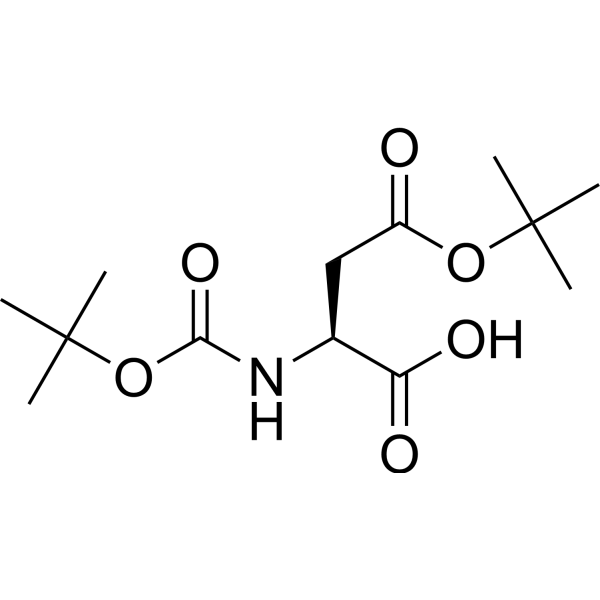
- HY-W141942
-
-
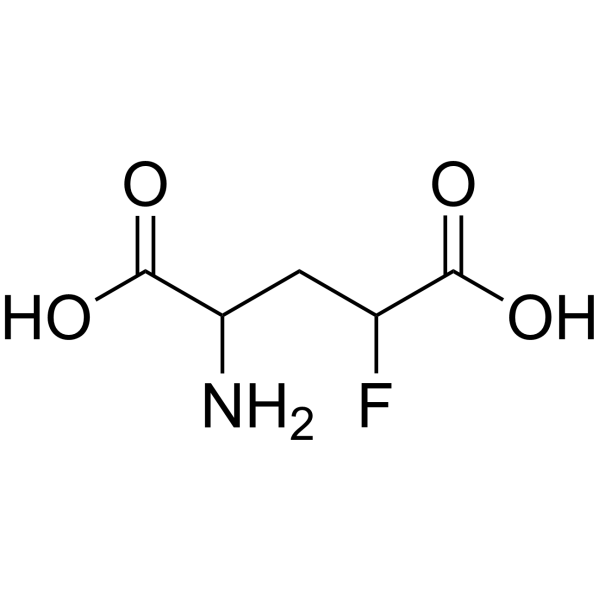
- HY-W141940
-
-

- HY-W002294
-
-
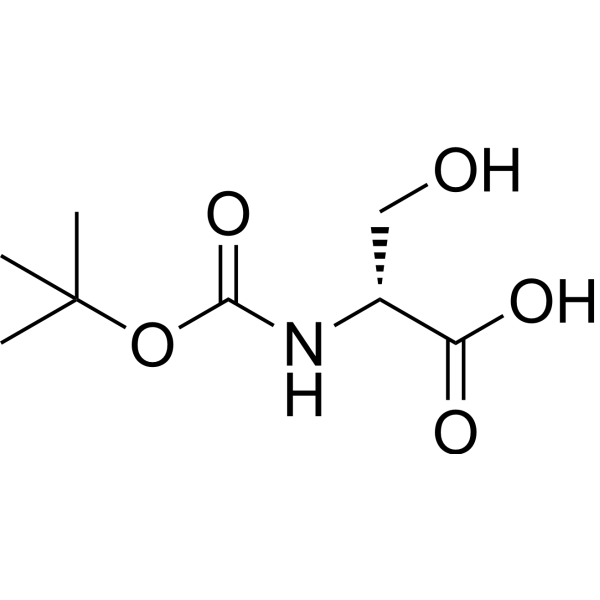
- HY-W002236
-
-
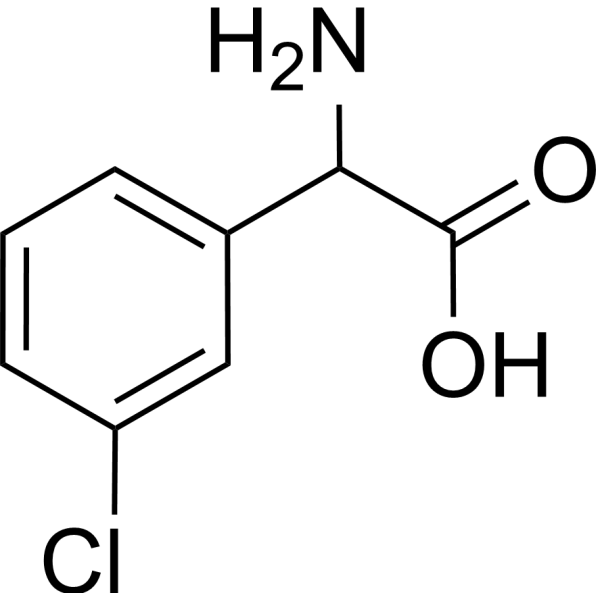
- HY-W001210
-
-
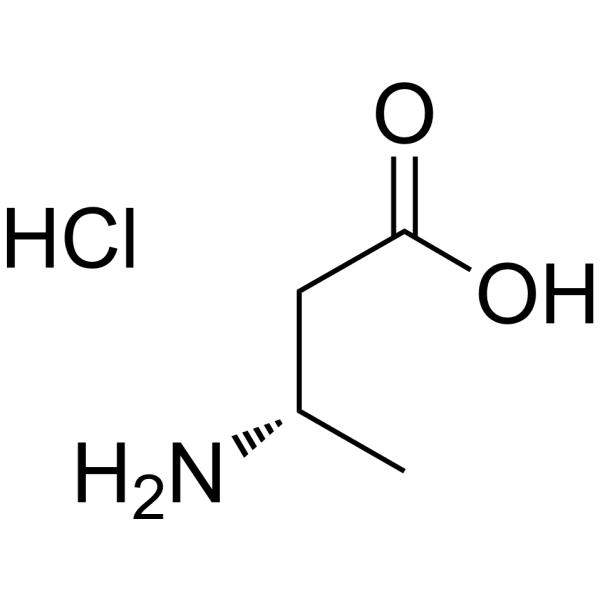
- HY-W001158
-
-
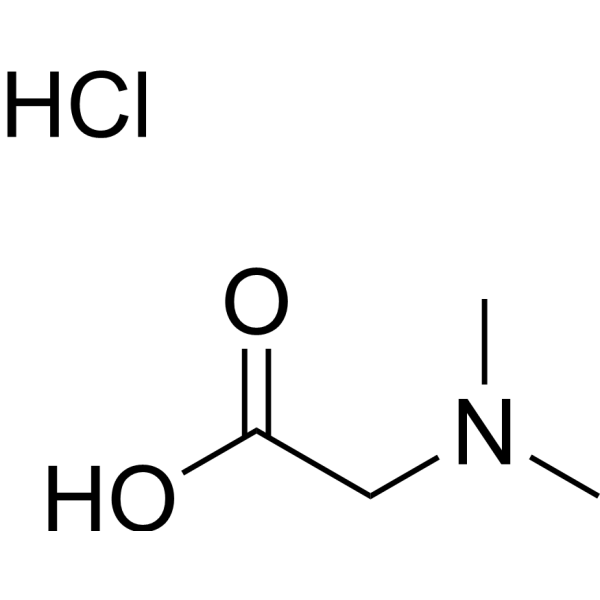
- HY-N7403
-
-
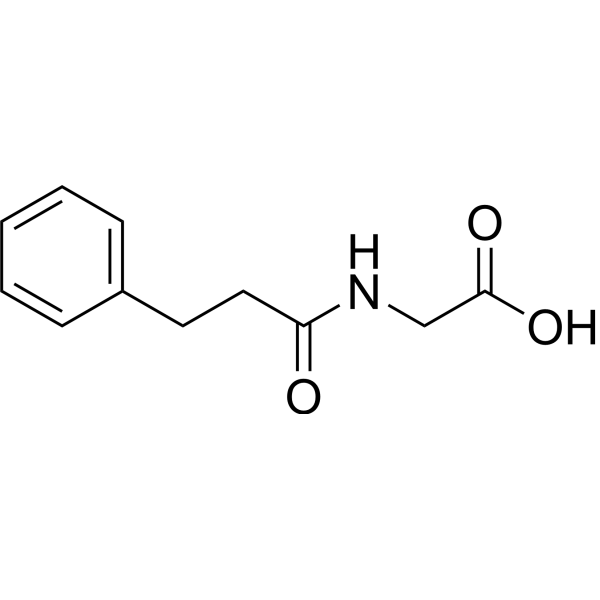
- HY-N0473A
-
-
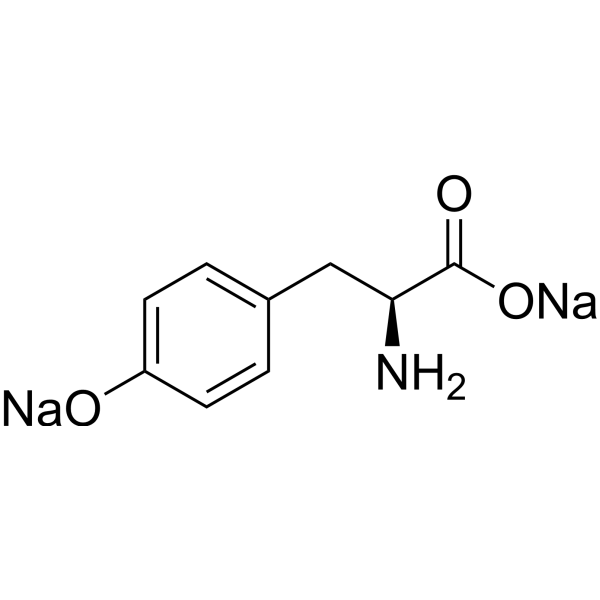
- HY-I1111
-
-
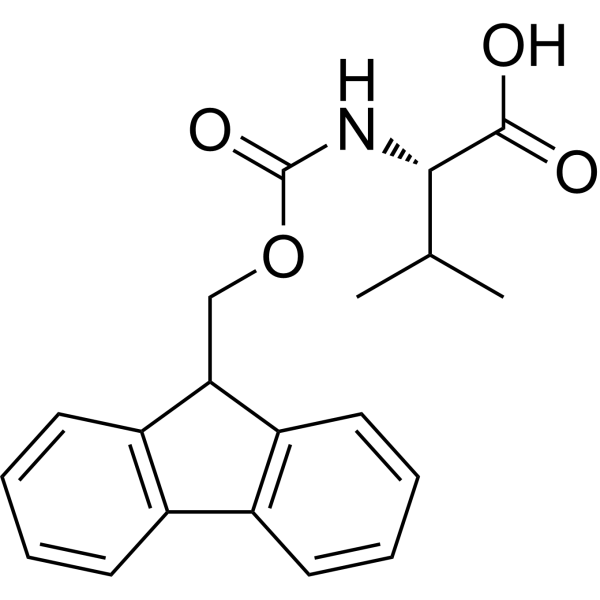
- HY-W141918
-
-
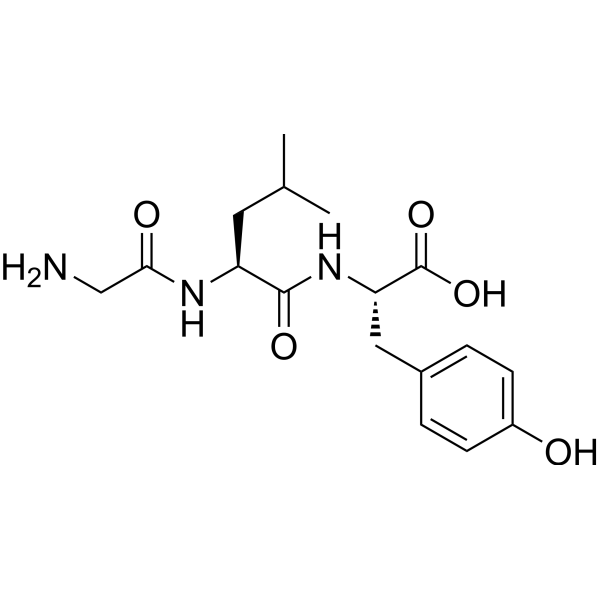
- HY-I0931
-
-
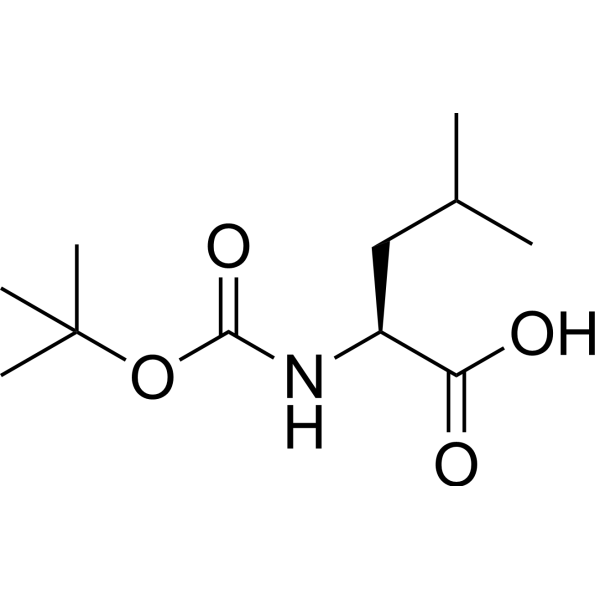
- HY-W141912
-
-
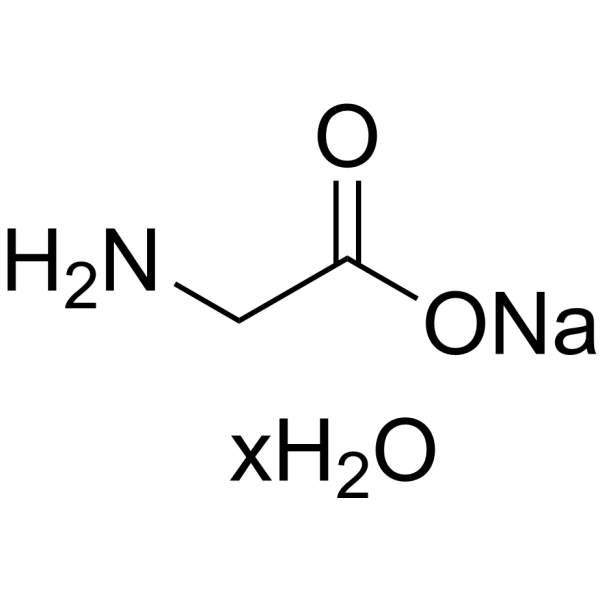
- HY-W010946
-
-
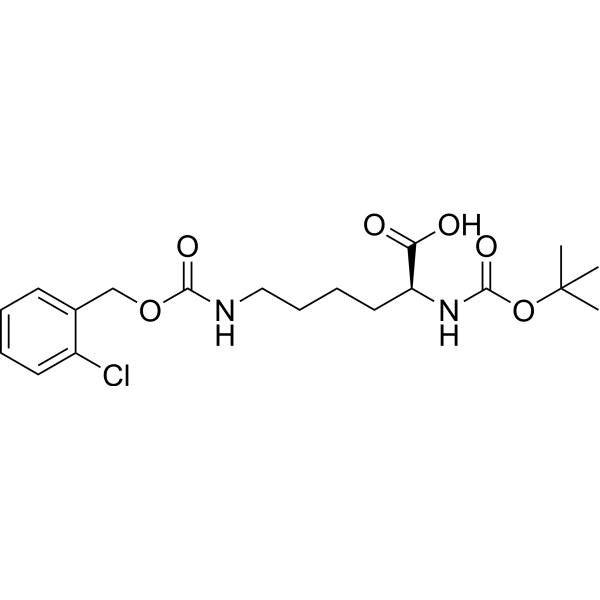
- HY-W010943
-
-

- HY-W010931
-
-
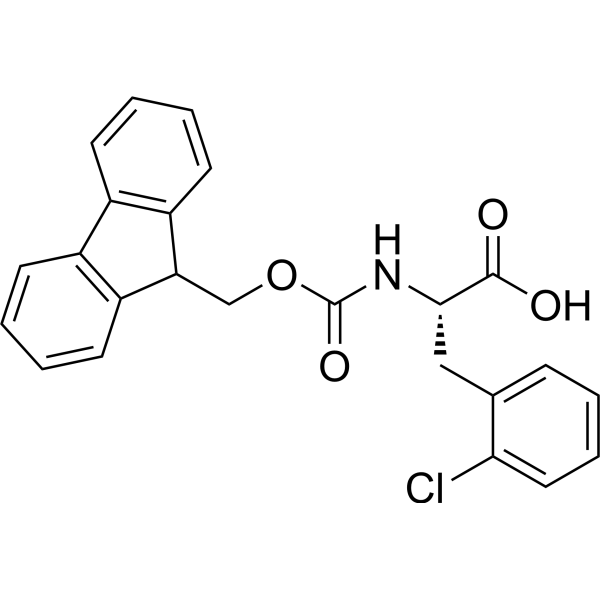
- HY-W010930
-
|
|
Amino Acid Derivatives
|
Others
|
|
(R)-2-((((9H-Fluoren-9-yl)methoxy)carbonyl)amino)-3-(4-chlorophenyl)propanoic acid is a phenylalanine derivative .
|
-
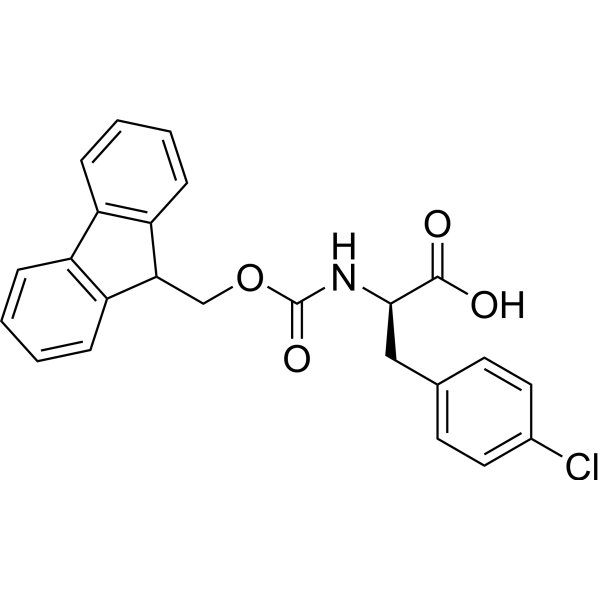
- HY-W010927
-
-
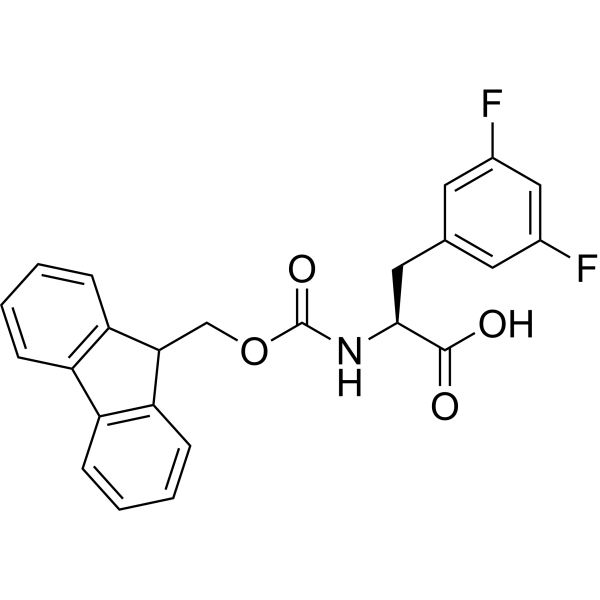
- HY-I0423
-
-

- HY-W010926
-
-
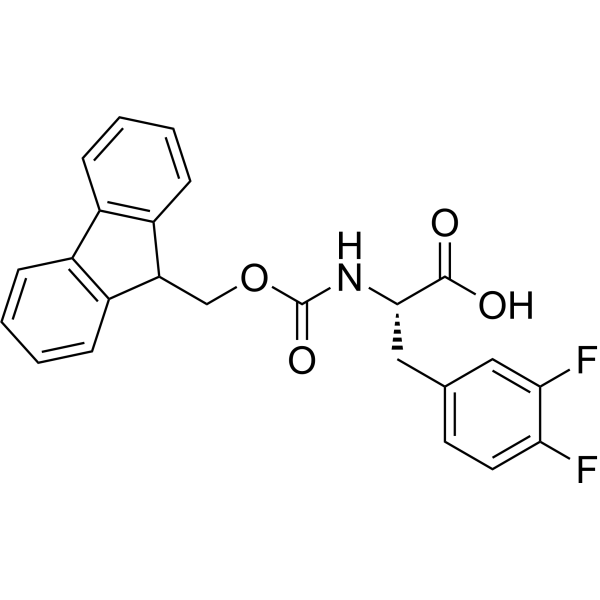
- HY-I0377
-
-
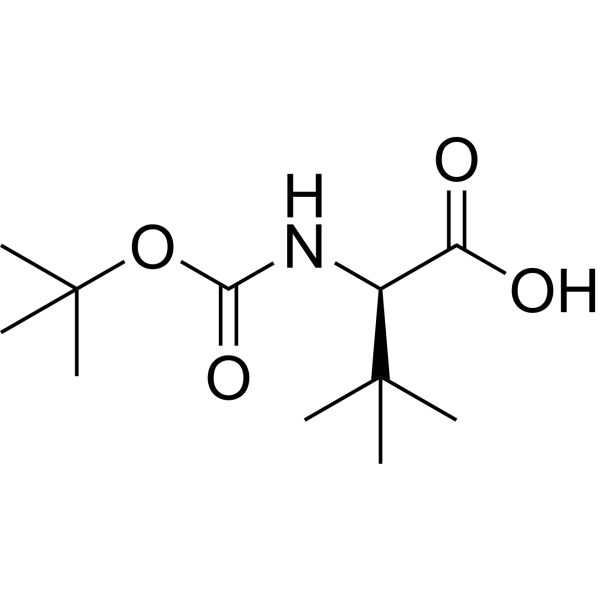
- HY-W141895
-
-
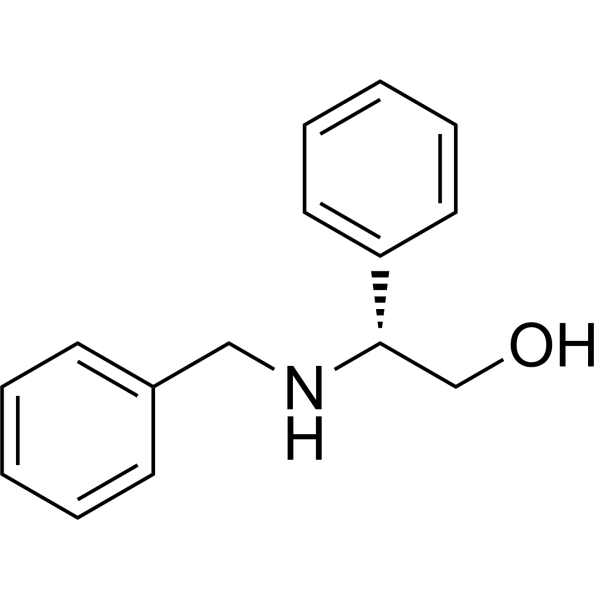
- HY-W010893
-
-
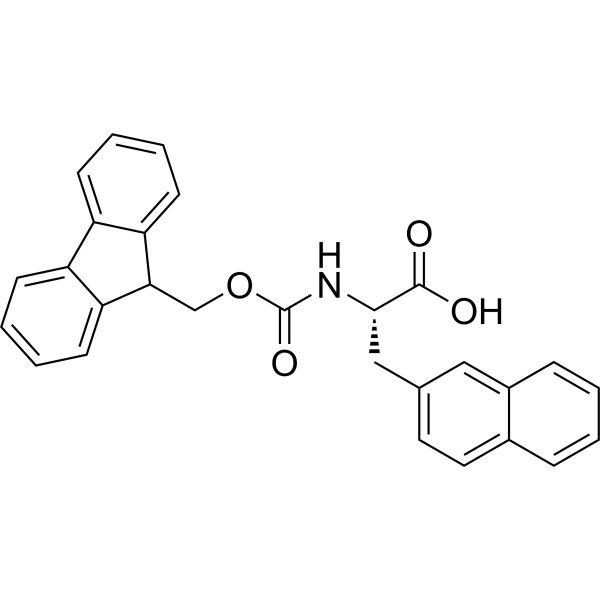
- HY-W010880
-
-
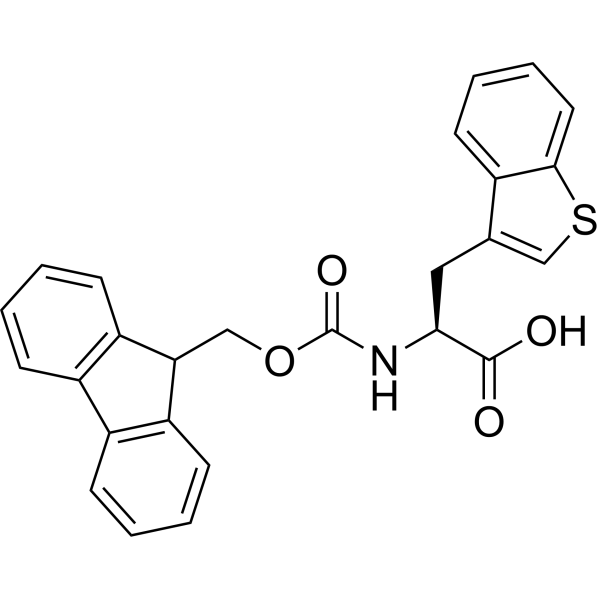
- HY-W010871
-
-
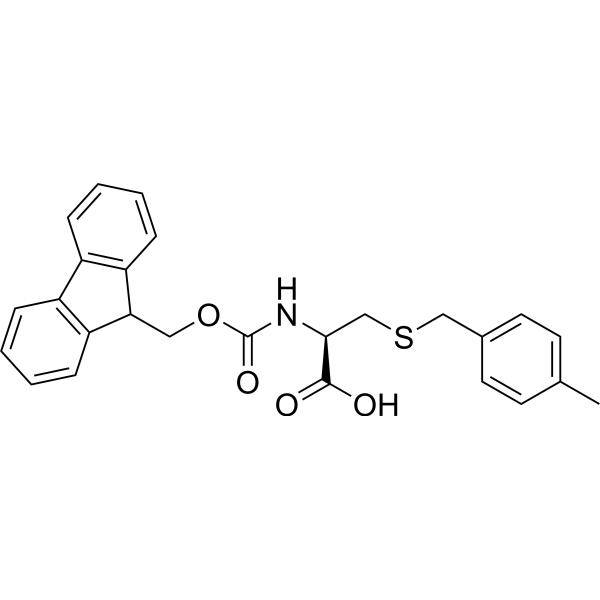
- HY-W141885
-
-
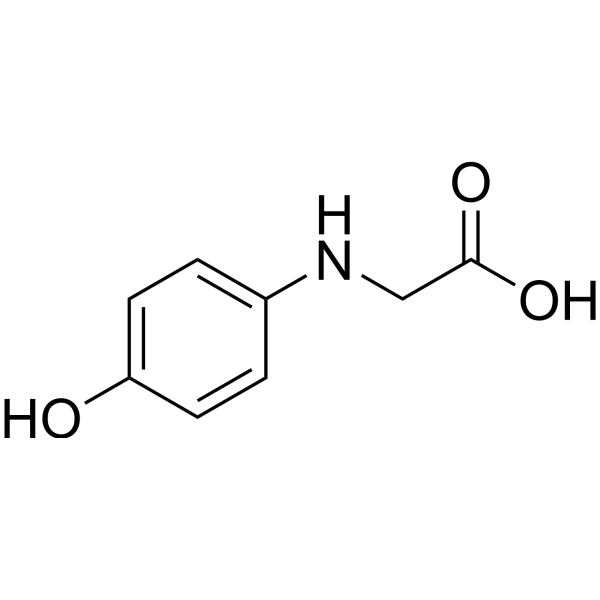
- HY-W010862
-
-

- HY-79909
-
|
|
Amino Acid Derivatives
|
Others
|
|
L-Phenylalanine, N-[N-[(1,1-dimethylethoxy)carbonyl]-D-leucyl]-, phenylmethyl ester is a phenylalanine derivative .
|
-
![L-Phenylalanine, N-[N-[(1,1-dimethylethoxy)carbonyl]-D-leucyl]-, phenylmethyl ester](//file.medchemexpress.com/product_pic/hy-79909.gif)
- HY-W010850
-
-
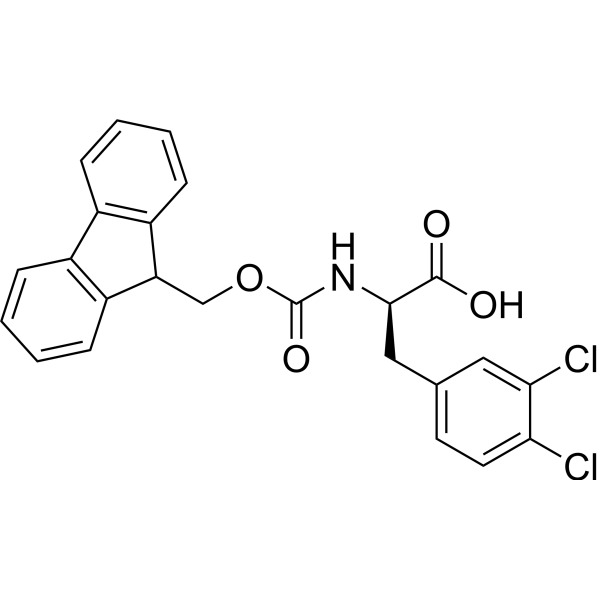
- HY-79908A
-
-

- HY-W010839
-
-
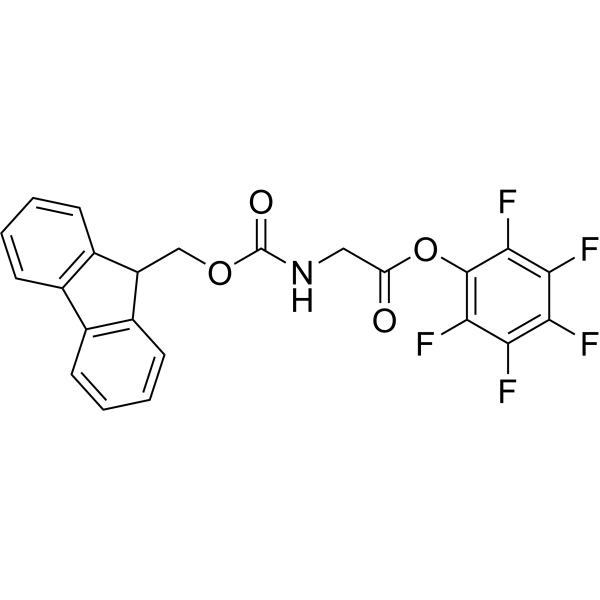
- HY-W141879
-
-
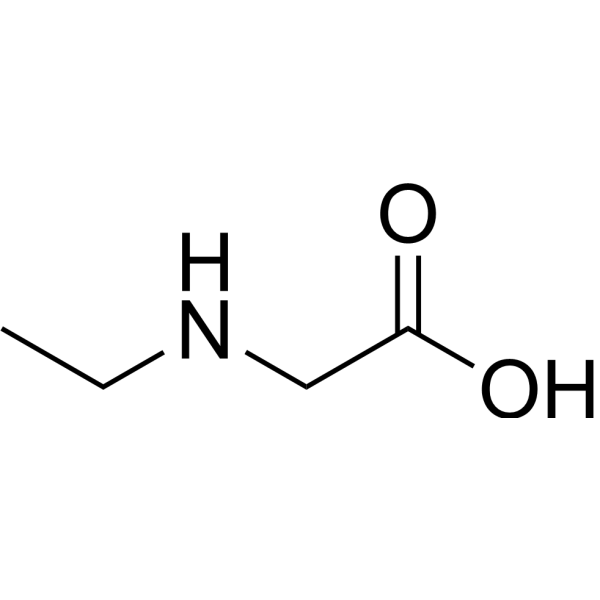
- HY-W010838
-
-
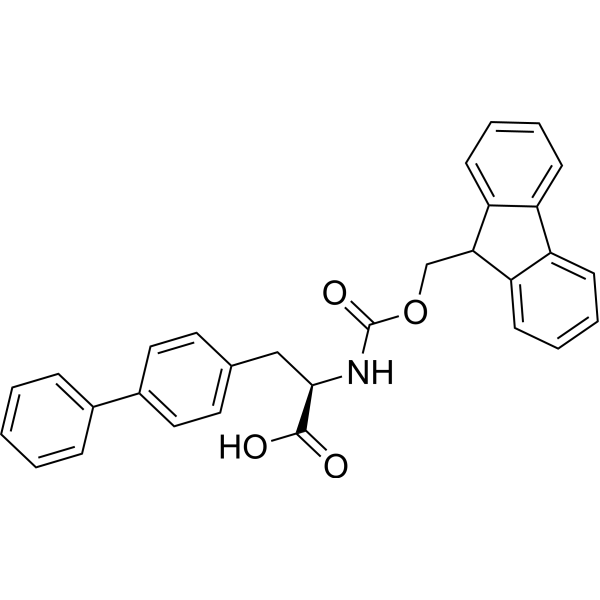
- HY-W010836
-
-
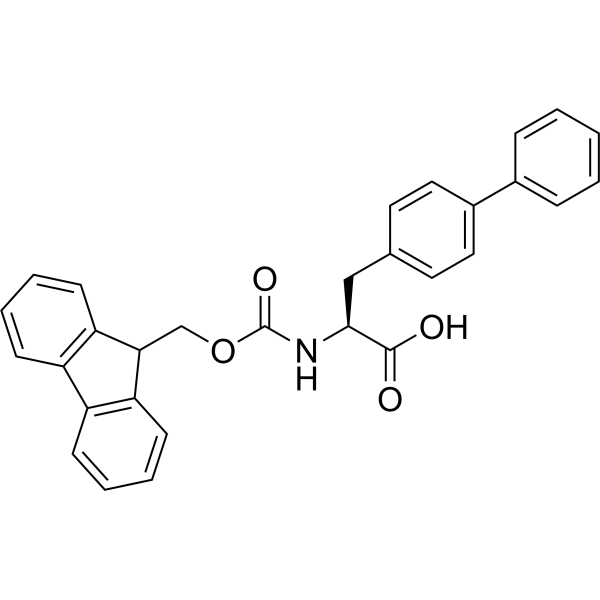
- HY-W010830
-
-
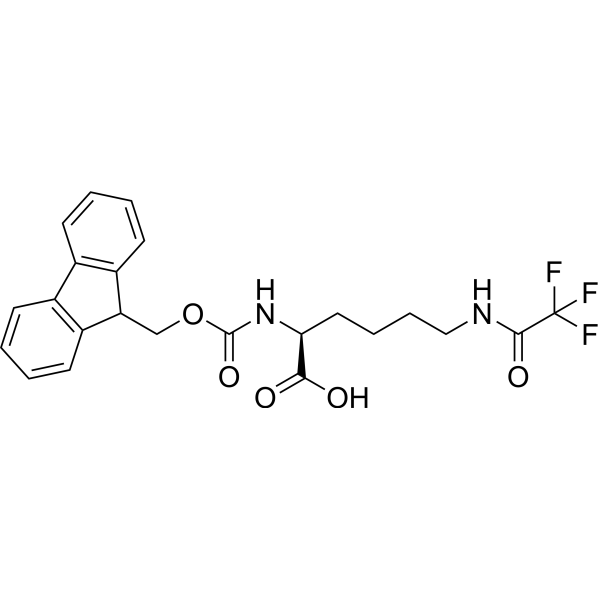
- HY-79676
-
-
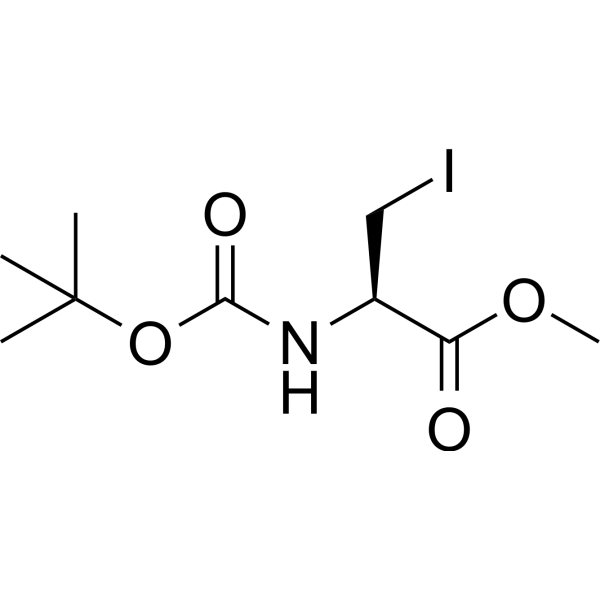
- HY-W141862
-
-
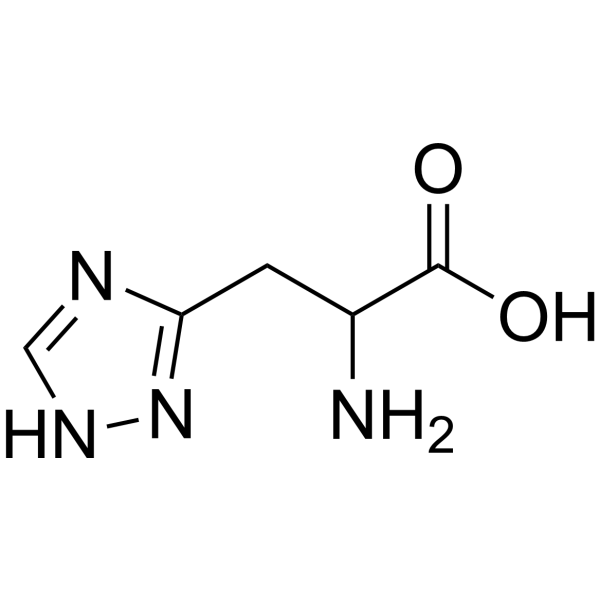
- HY-79648
-
-
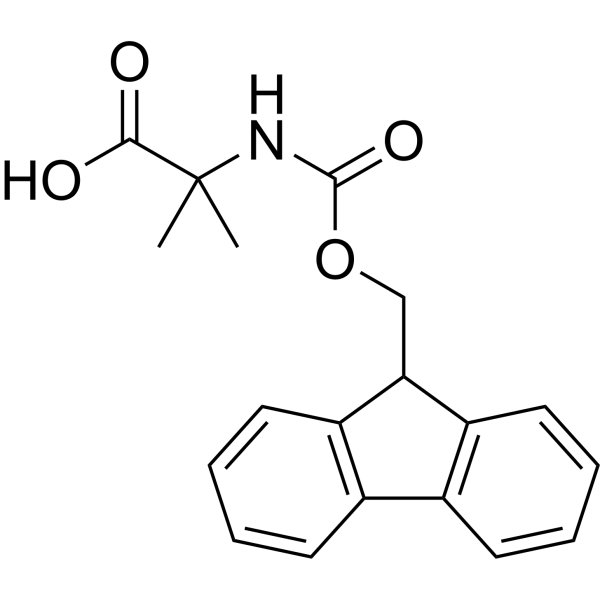
- HY-79513
-
|
tert-Butyl [(R)-1-(methoxycarbonyl)-2-hydroxyethyl]carbamate
|
Amino Acid Derivatives
|
Others
|
|
(R)-Methyl 2-(tert-butoxycarbonylamino)-3-hydroxypropanoate is a serine derivative .
|
-

- HY-W010811
-
-
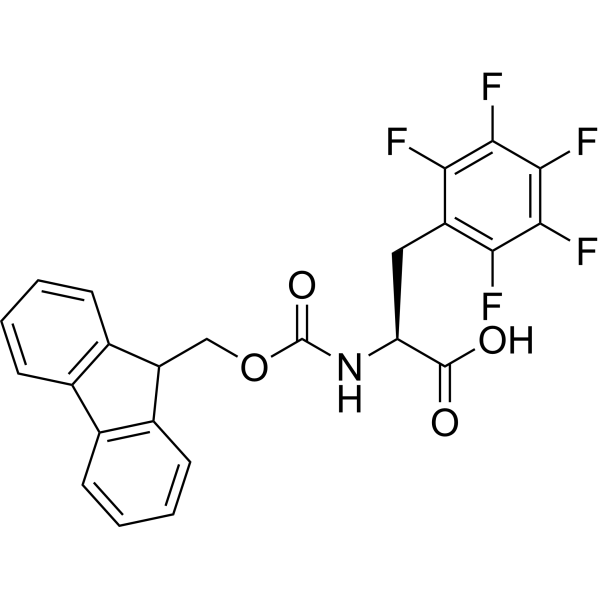
- HY-W010794
-
-
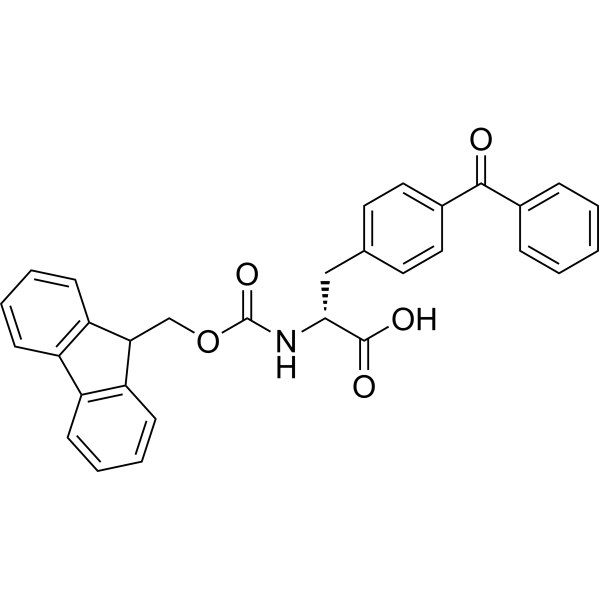
- HY-79295
-
|
N-BOC-3-Fluoro-D-phenylalanine; N-tert-Butoxycarbonyl-3-fluoro-D-phenylalanine
|
Amino Acid Derivatives
|
Others
|
|
N-BOC-3-Fluoro-D-phenylalanine is a phenylalanine derivative .
|
-
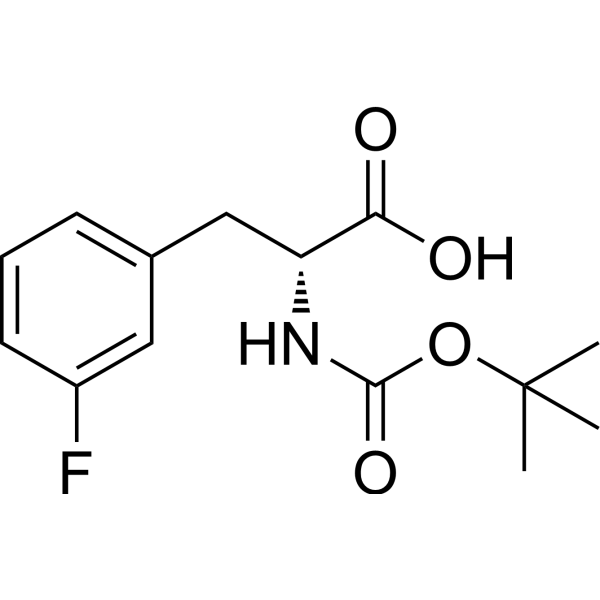
- HY-W010785
-
-

- HY-79294
-
-

- HY-79165
-
-
![(2S)-2-[(tert-Butoxycarbonyl)amino]-<em>3</em>-(<em>3</em>,4-difluorophenyl)propionic acid](//file.medchemexpress.com/product_pic/hy-79165.gif)
- HY-W010770
-
-
![Fmoc-Thr[PO(OBzl)OH]-OH](//file.medchemexpress.com/product_pic/hy-w010770.gif)
- HY-79131
-
-
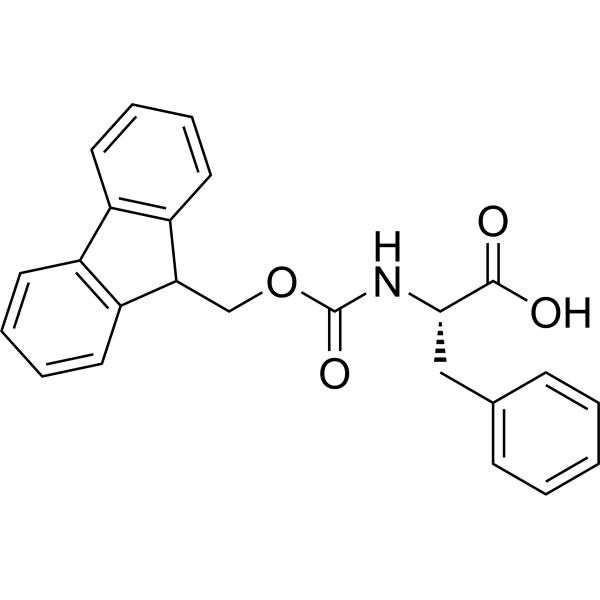
- HY-W141842
-
-

- HY-W010745
-
-
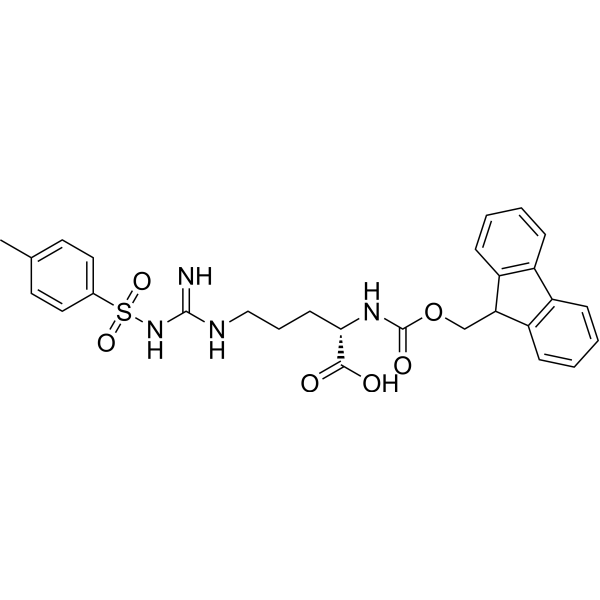
- HY-W010734
-
-

- HY-W010732
-
-

- HY-79106
-
|
[1,1'-Biphenyl]-4-propanoic acid, α-amino-, (S)-; 4-Biphenylyl-L-alanine; 4-Phenyl-L-phenylalanine; Biphenylalanine
|
Amino Acid Derivatives
|
Others
|
|
L-Biphenylalanine is a phenylalanine derivative .
|
-
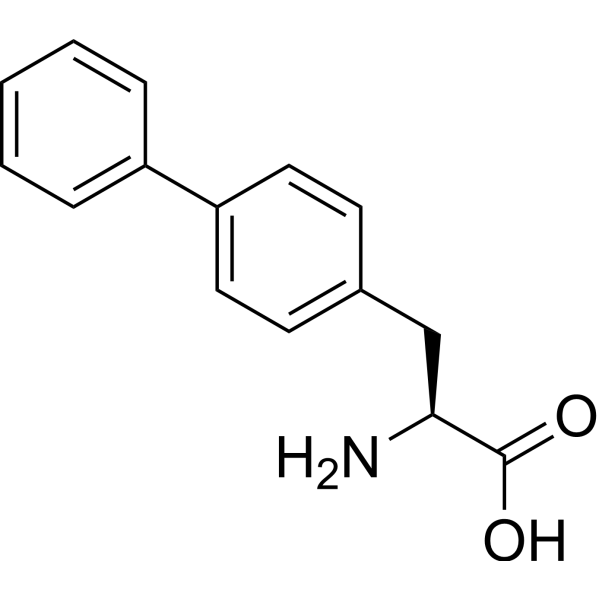
- HY-W141835
-
-
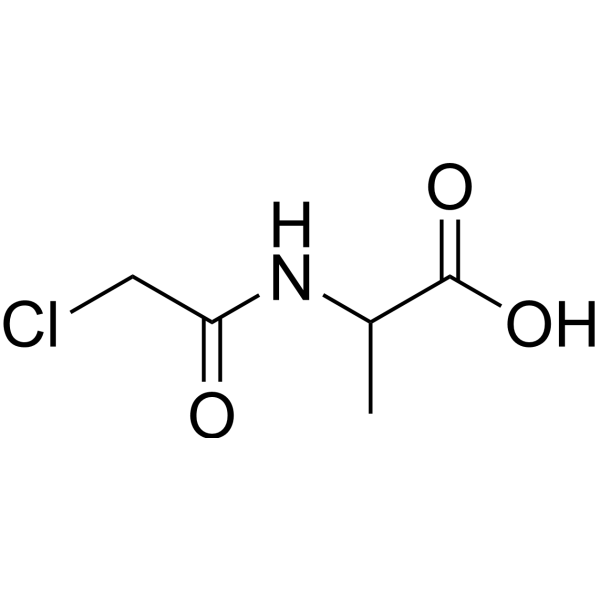
- HY-79046
-
|
Butanoic acid, 2-[[(1,1-dimethylethoxy)carbonyl]amino]-, (S)-; Butyric acid, 2-(carboxyamino)-, N-tert-butyl ester, L- (8CI); (2S)-2-(tert-Butoxycarbonylamino)butanoic acid; (2S)-2-[[(1,1-Dimethylethoxy)carbonyl]amino]butanoic acid
|
Amino Acid Derivatives
|
Others
|
|
Boc-L-2-aminobutanoic acid is an alanine derivative .
|
-

- HY-78912
-
-
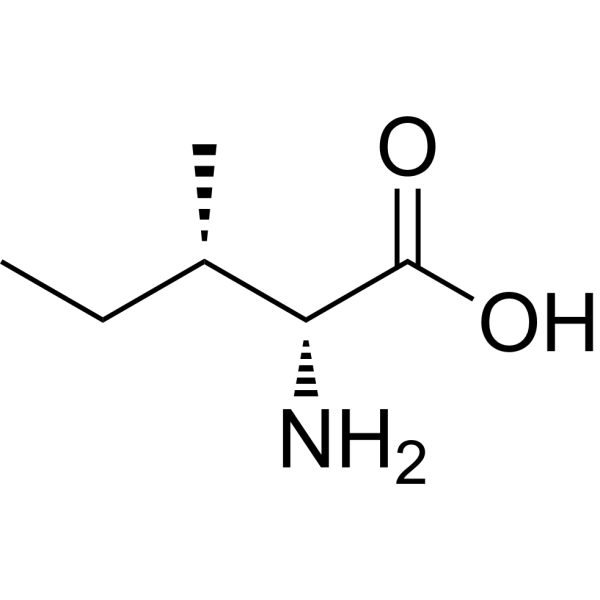
- HY-W010724
-
-
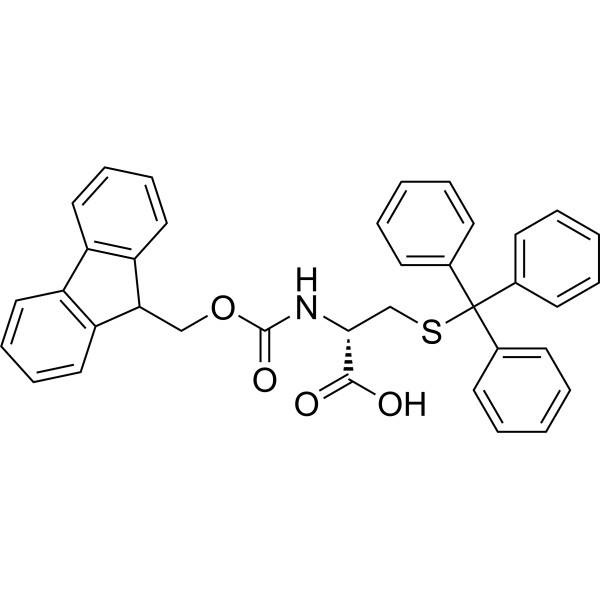
- HY-78907
-
-
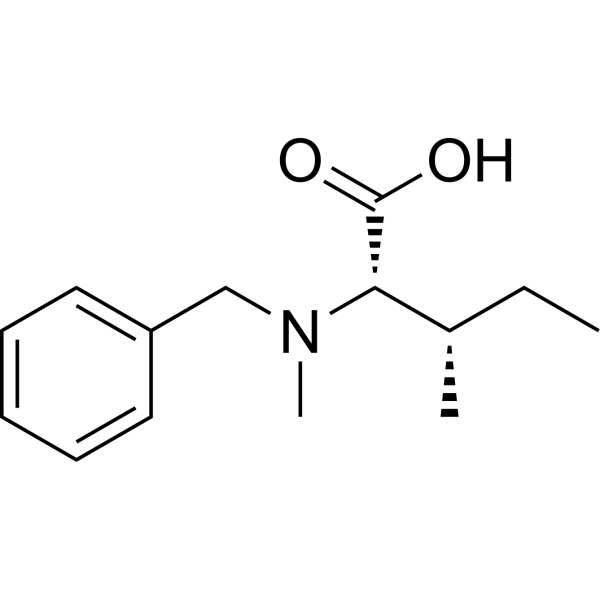
- HY-W019683
-
-
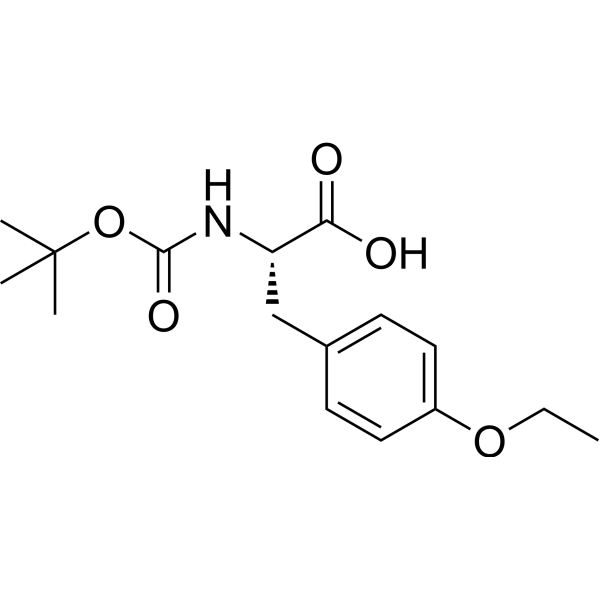
- HY-78906
-
-
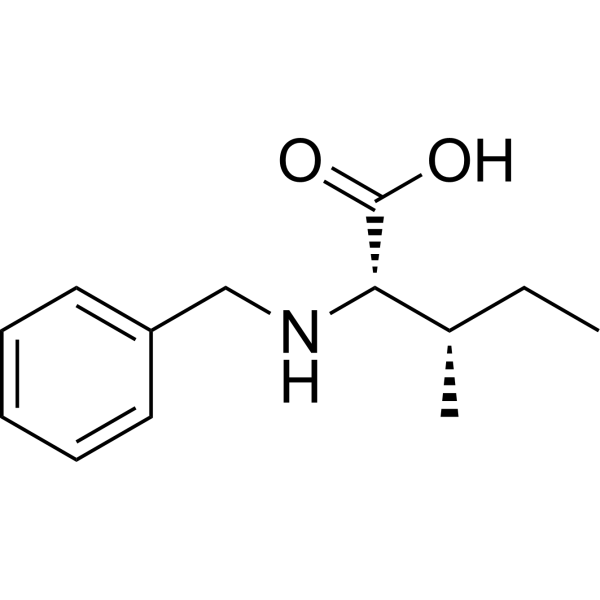
- HY-W019676
-
-
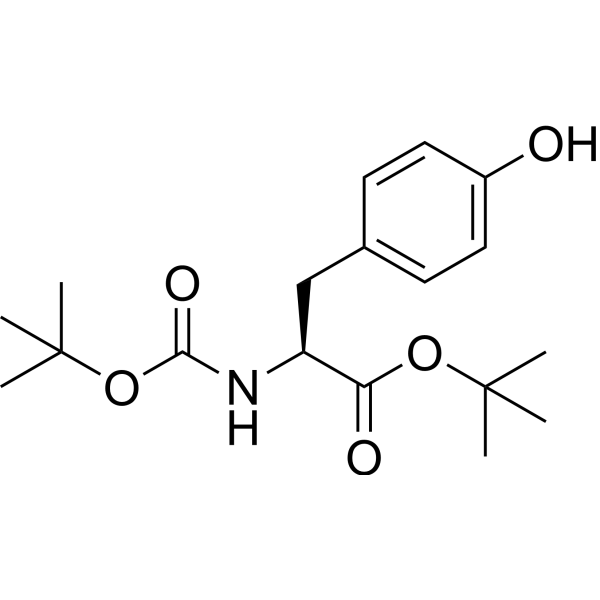
- HY-W141831
-
-

- HY-W019265
-
-
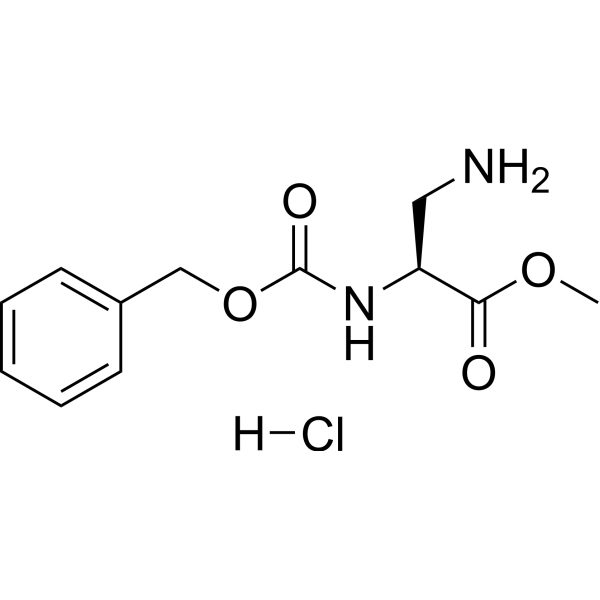
- HY-W019263
-
-
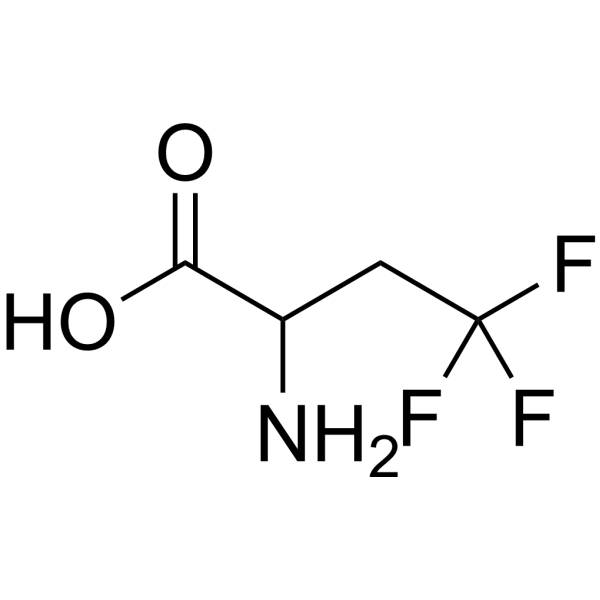
- HY-78843
-
-
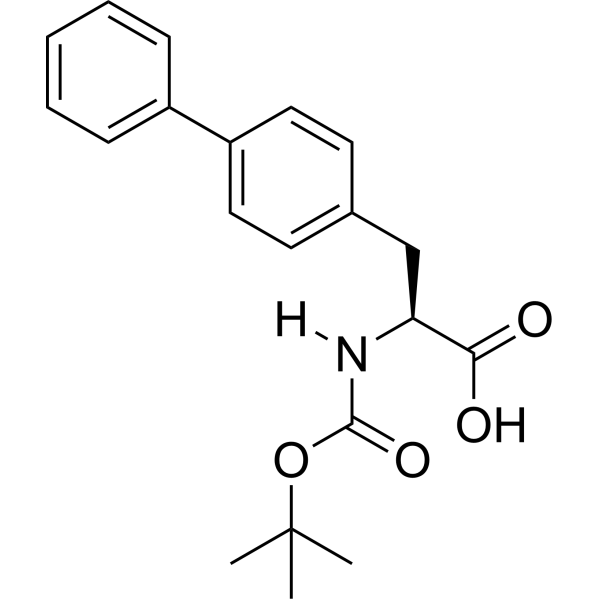
- HY-W019028
-
-
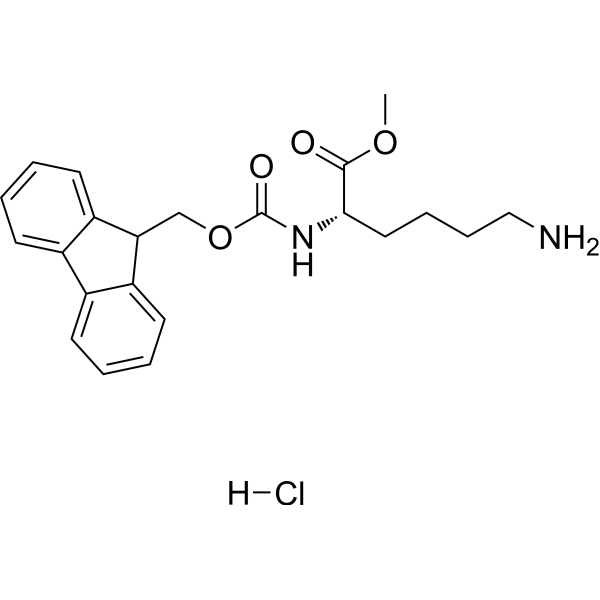
- HY-78733
-
-
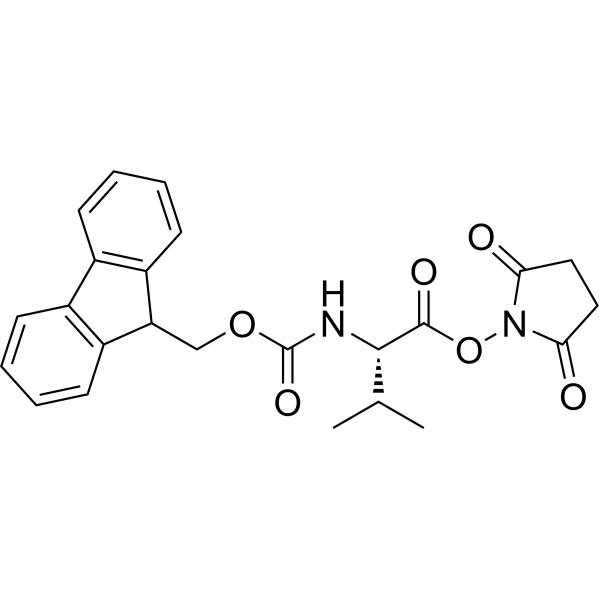
- HY-W010698
-
-
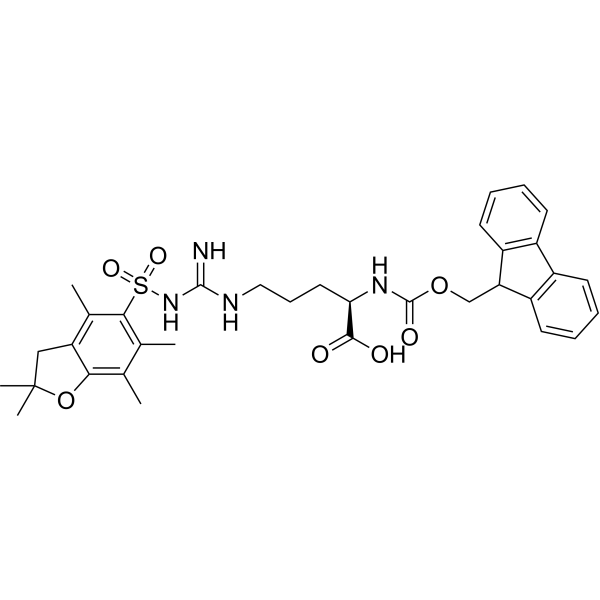
- HY-W018850
-
-

- HY-W018849
-
-

- HY-W018717
-
-

- HY-W141821
-
-

- HY-W018650
-
-
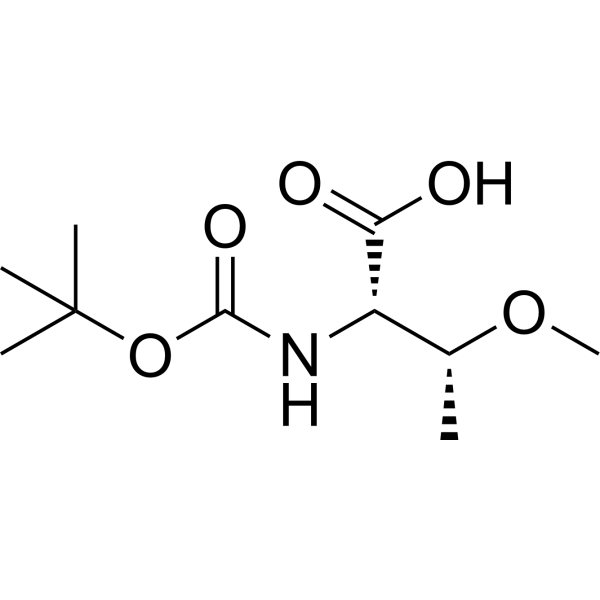
- HY-78008
-
-
![N-[(1,1-Dimethylethoxy)carbonyl]-L-leucyl-L-leucine](//file.medchemexpress.com/product_pic/hy-78008.gif)
- HY-77894
-
-

- HY-W018620
-
-
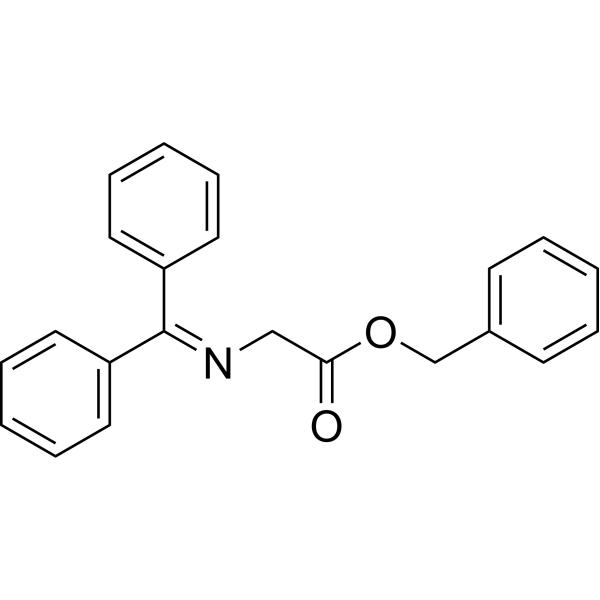
- HY-W018528
-
-

- HY-77801
-
-
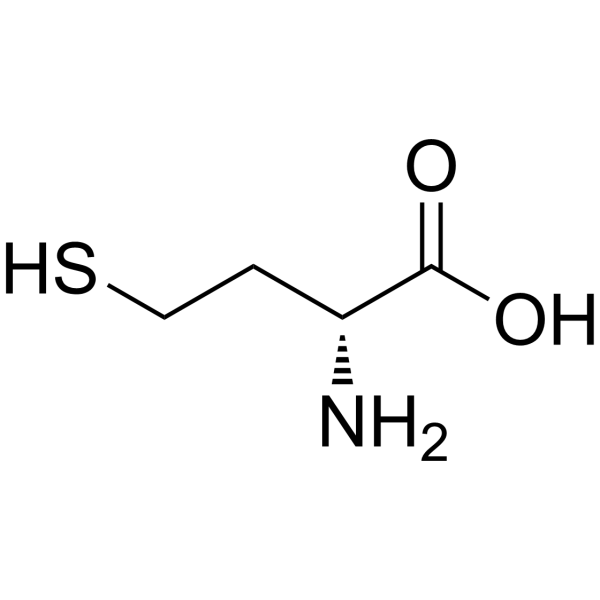
- HY-W141817
-
-
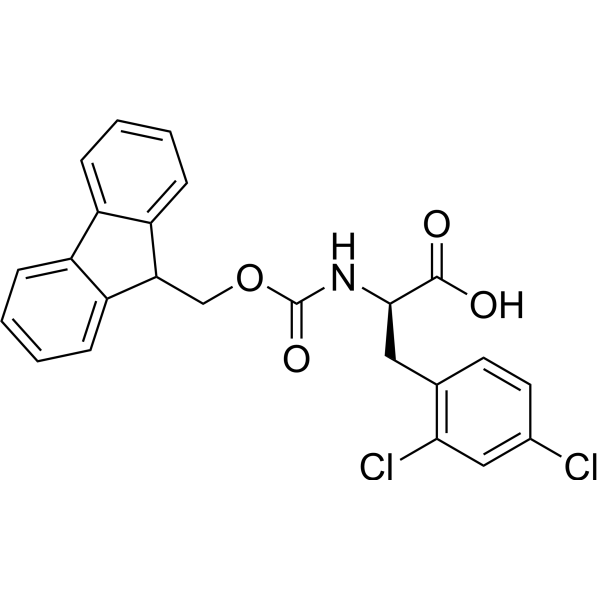
- HY-77757
-
-
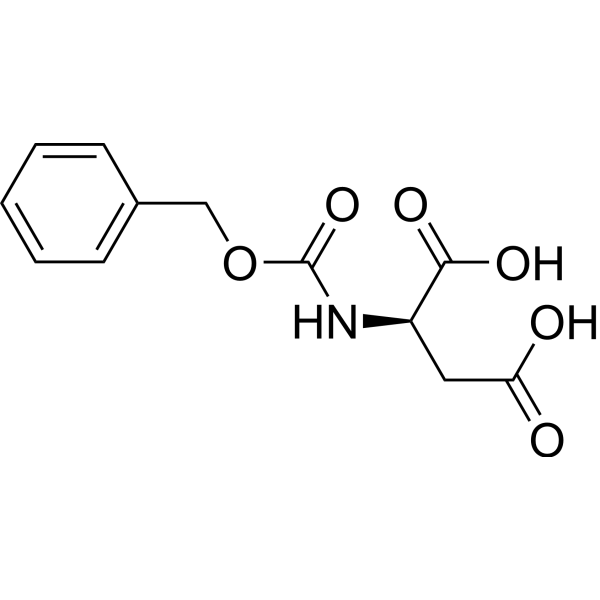
- HY-77630
-
-

- HY-W018420
-
-
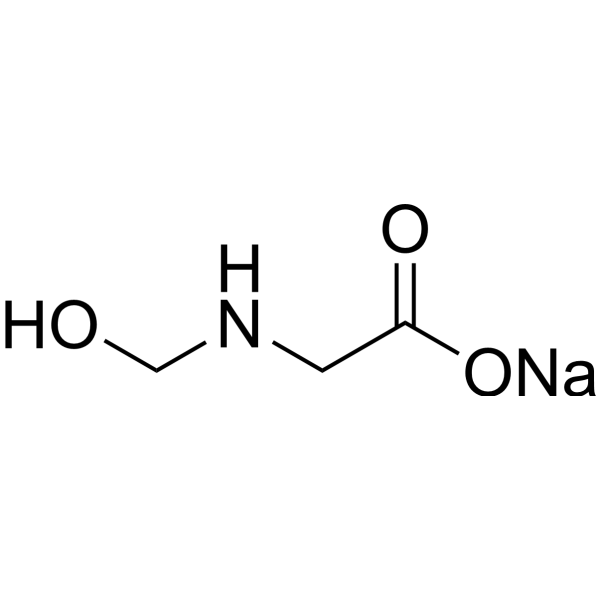
- HY-W141815
-
-
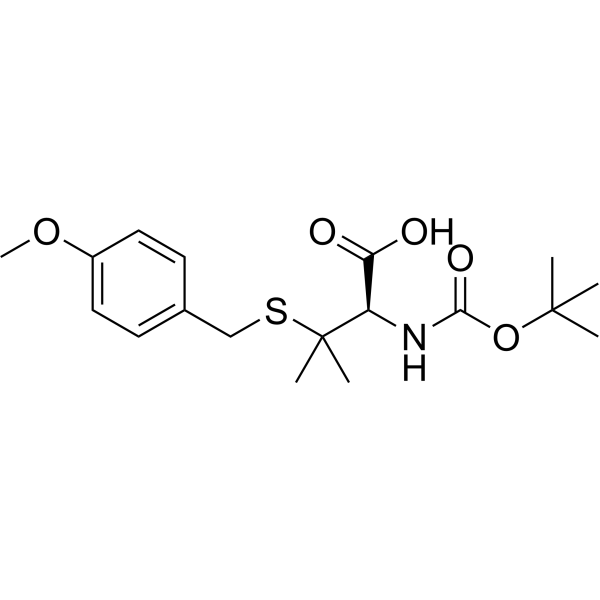
- HY-W018386
-
-

- HY-W010249
-
-
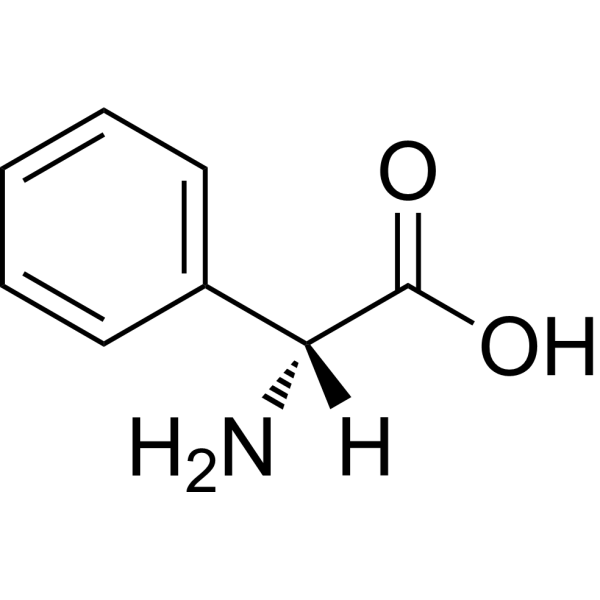
- HY-77519
-
-
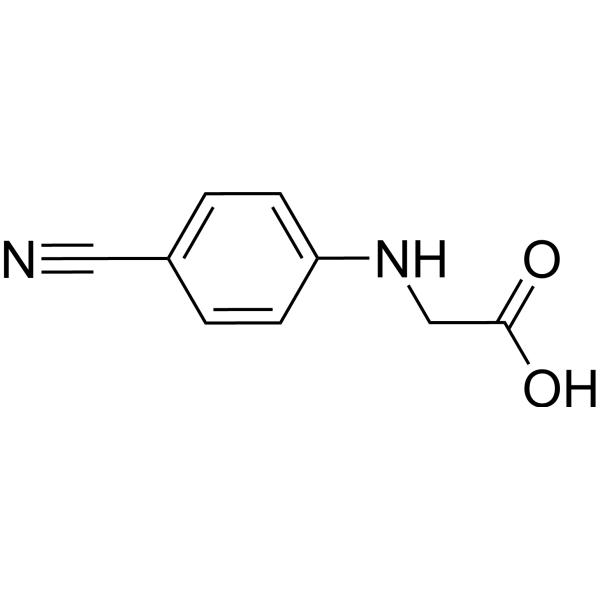
- HY-77151
-
-
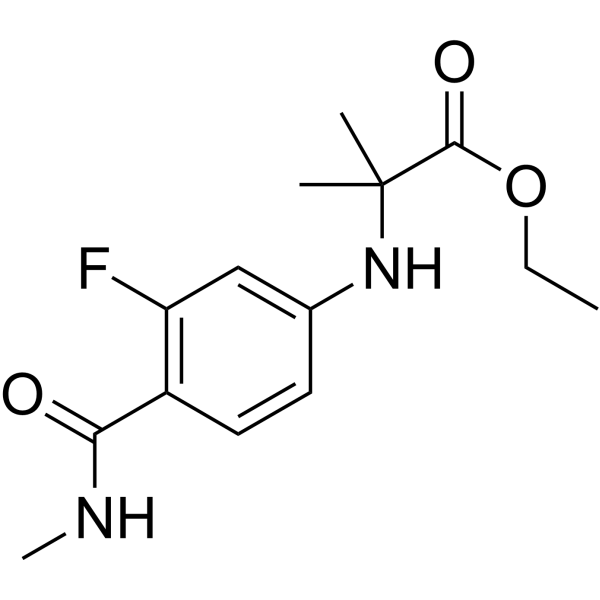
- HY-W141812
-
-
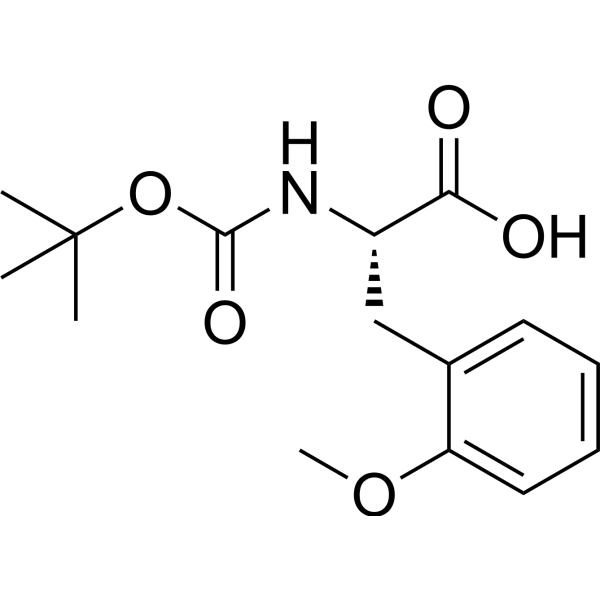
- HY-W018062
-
-
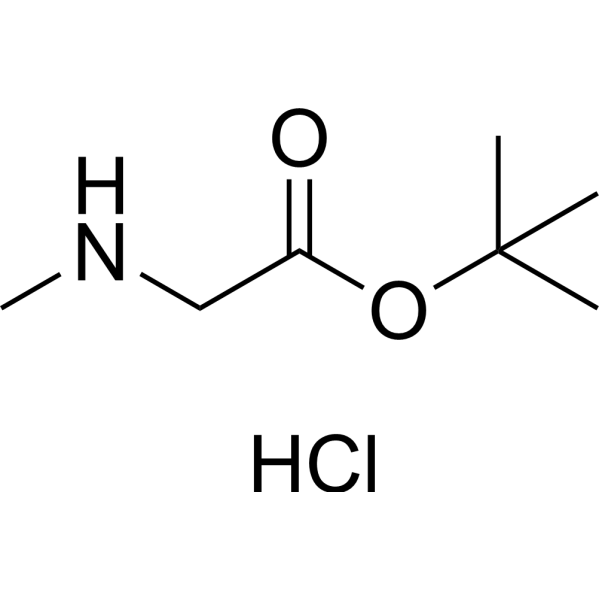
- HY-77026
-
-
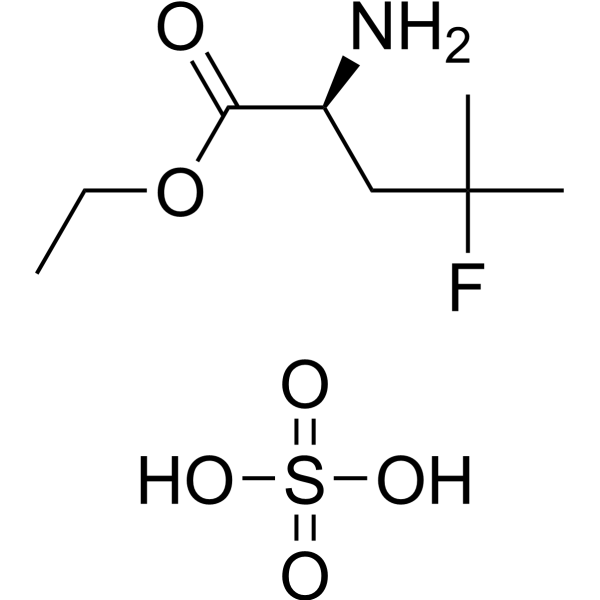
- HY-W018050
-
-

- HY-W018045
-
-

- HY-W017617
-
-
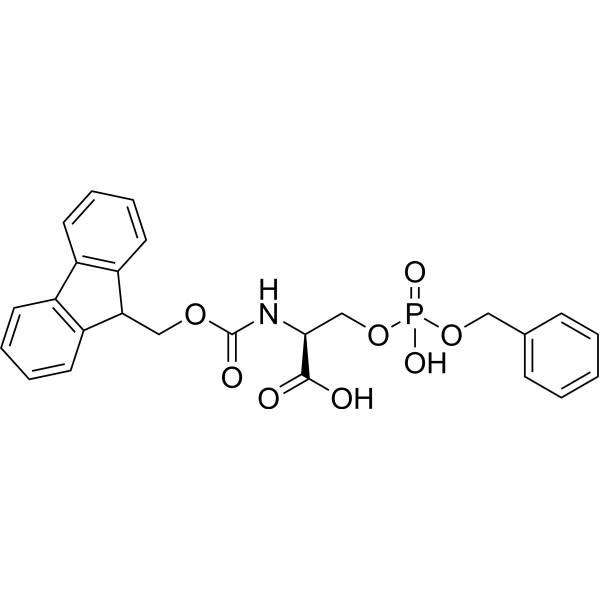
- HY-W017551
-
-

- HY-W009911
-
-
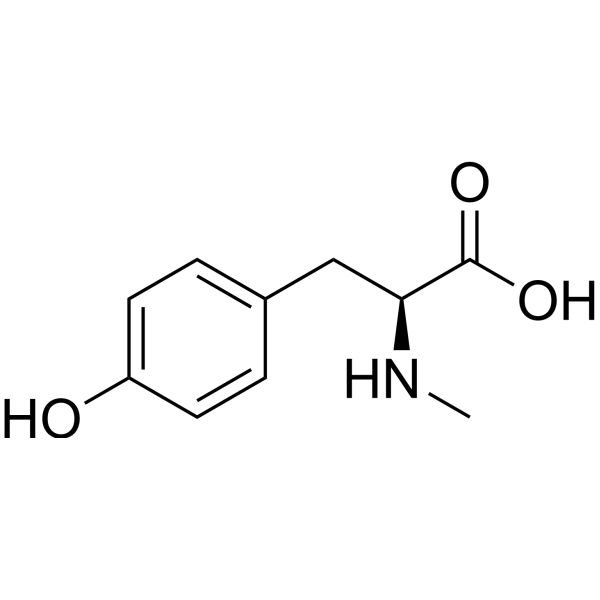
- HY-W017501
-
-
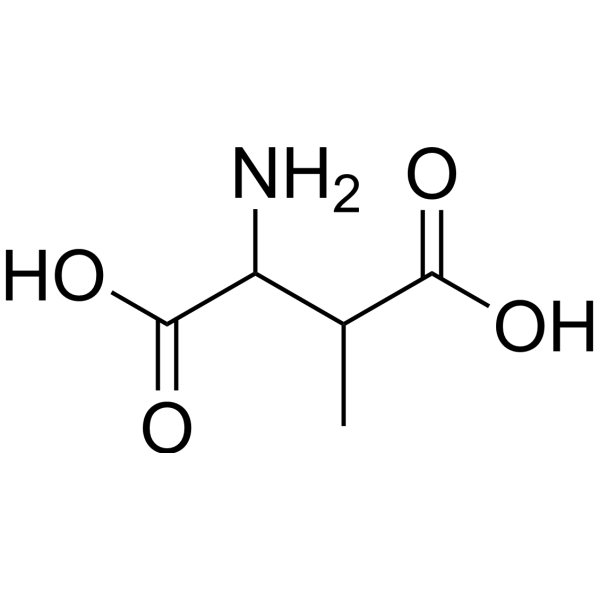
- HY-76205
-
-
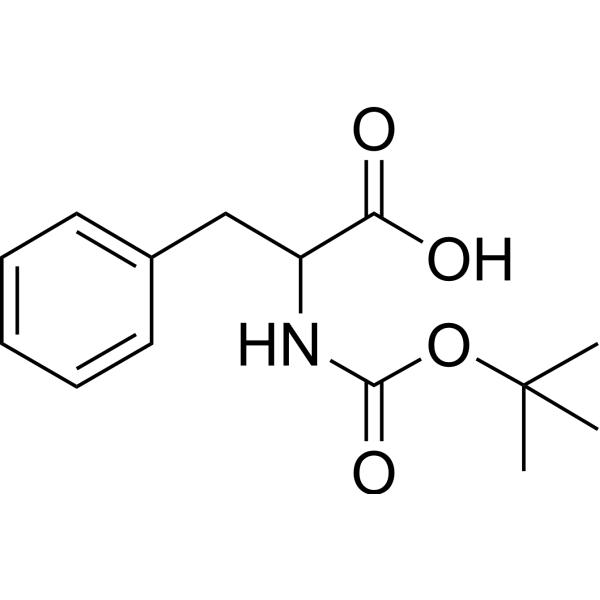
- HY-W017499
-
-
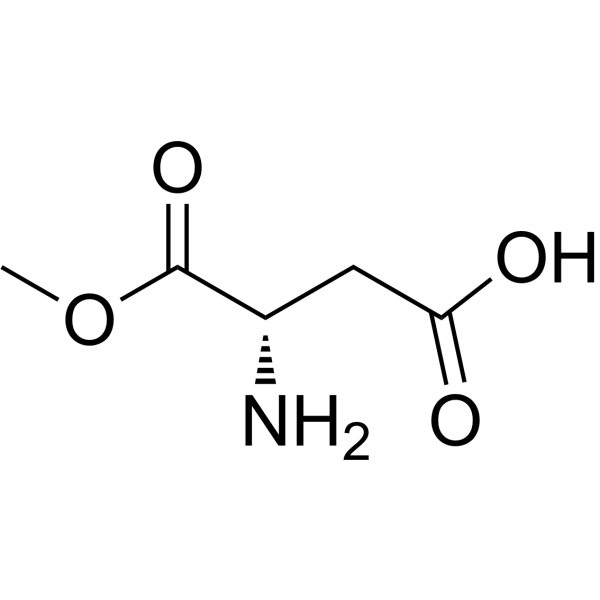
- HY-W009892
-
-
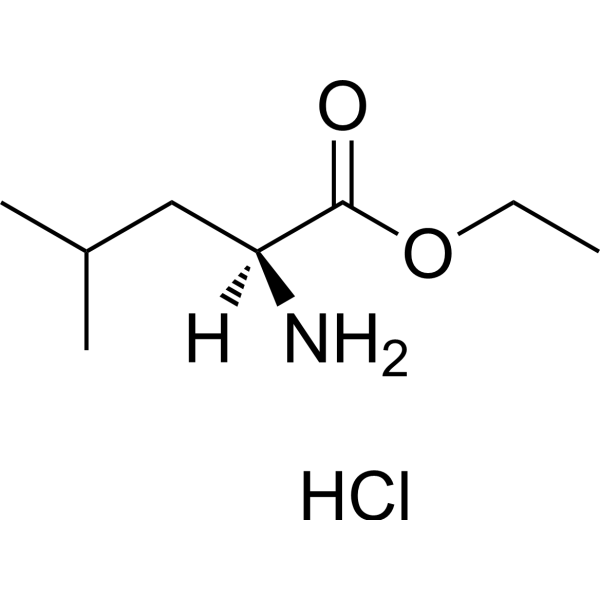
- HY-76204
-
-
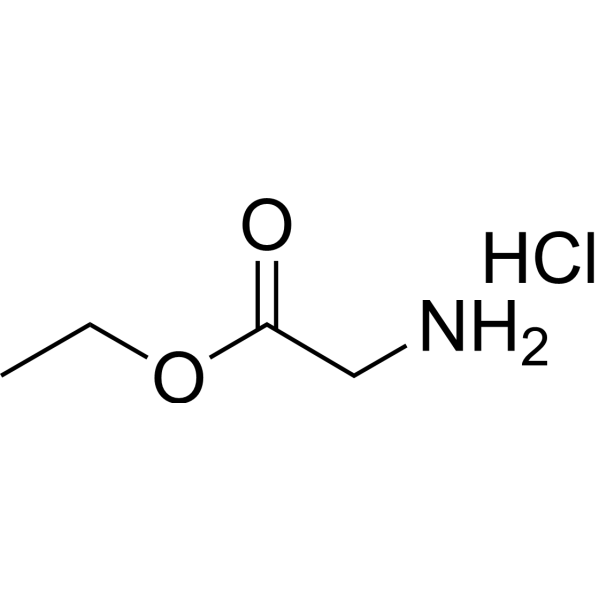
- HY-75949
-
-
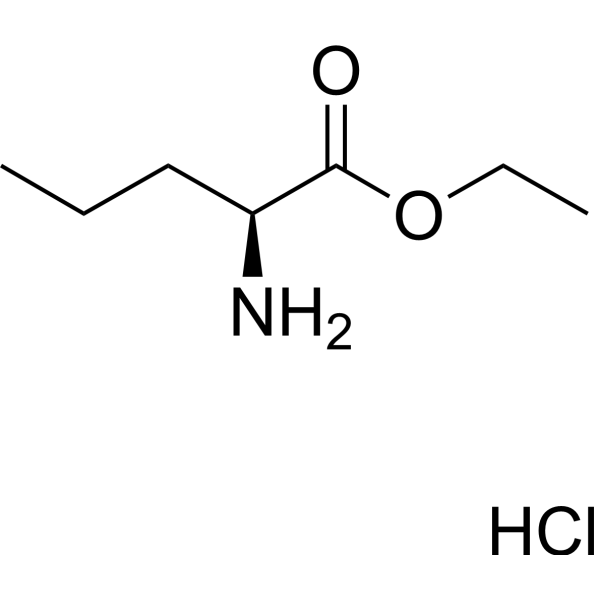
- HY-W009841
-
-

- HY-W009840
-
-

- HY-W017406
-
-
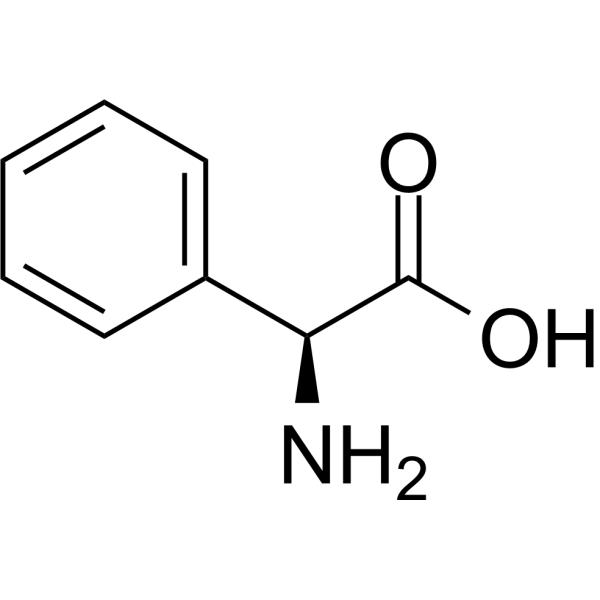
- HY-W141795
-
-
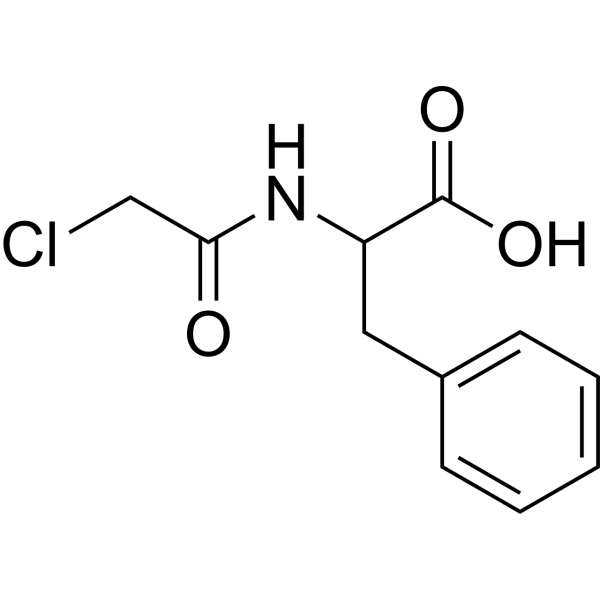
- HY-75379
-
-
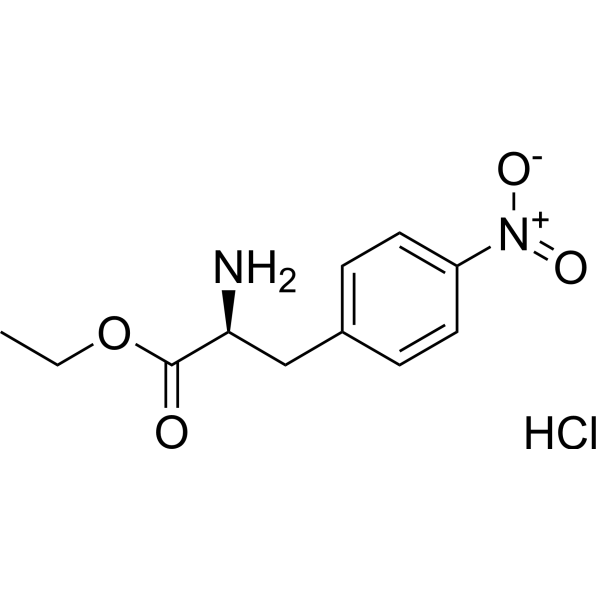
- HY-W009762
-
-
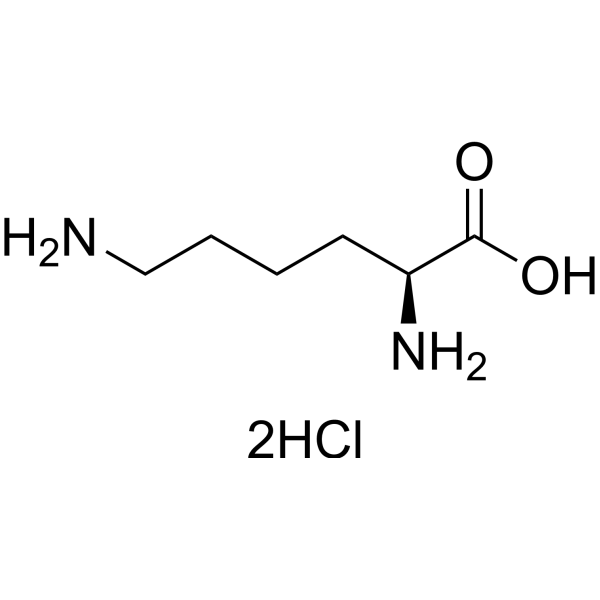
- HY-W009734
-
-
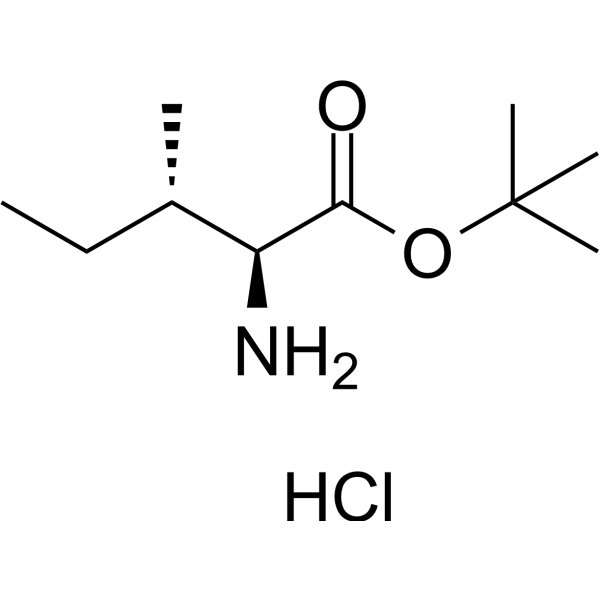
- HY-W009693
-
-
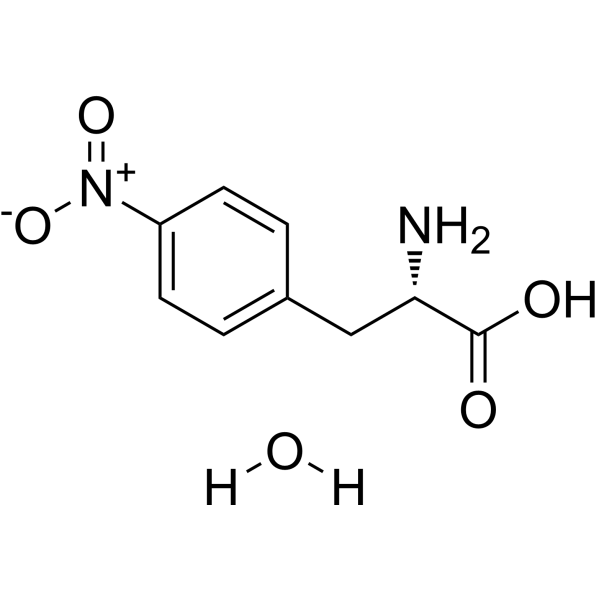
- HY-66026
-
-

- HY-66025
-
-

- HY-W009682
-
-
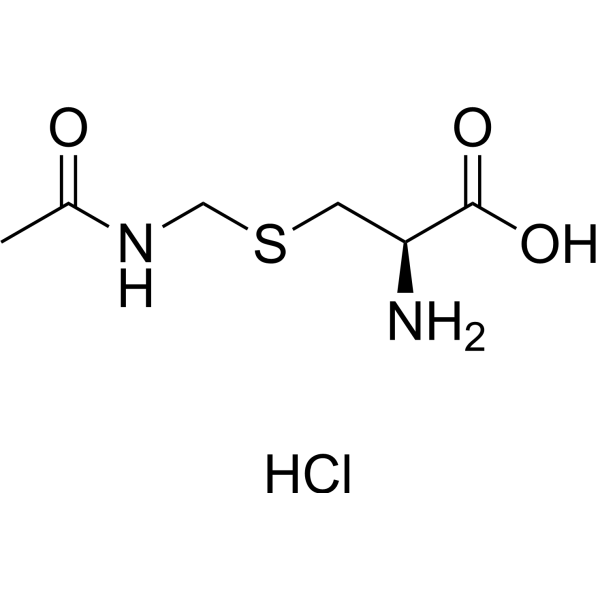
- HY-W009648
-
-
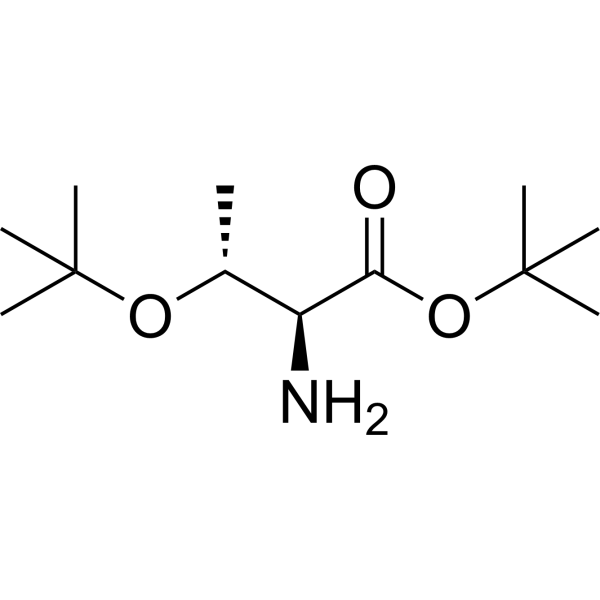
- HY-W017150
-
-

- HY-65000
-
-
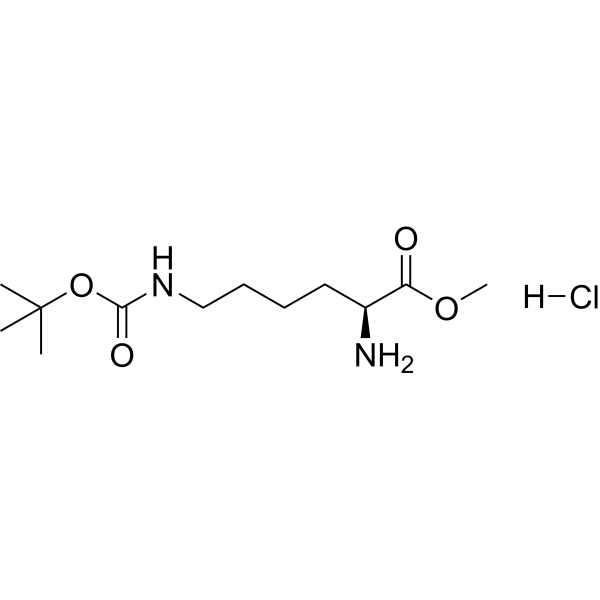
- HY-60264
-
-

- HY-W009630
-
-
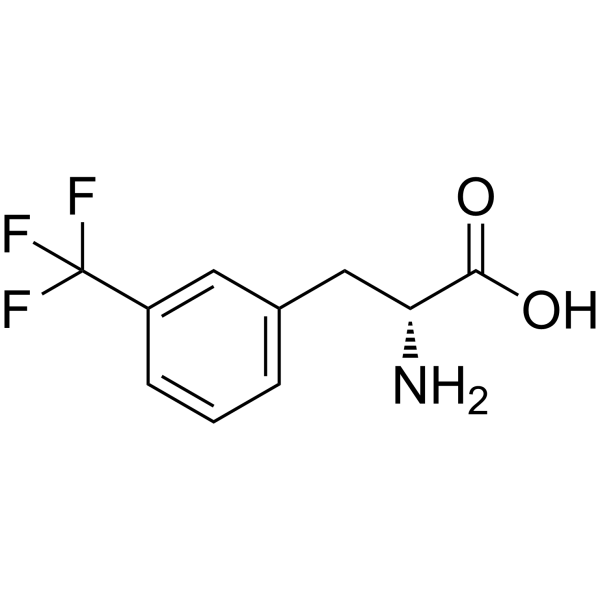
- HY-W017069
-
|
|
Amino Acid Derivatives
|
Others
|
|
(S)-3-((((9H-Fluoren-9-yl)methoxy)carbonyl)amino)-4-(allyloxy)-4-oxobutanoic acid is an aspartic acid derivative .
|
-

- HY-60040
-
-
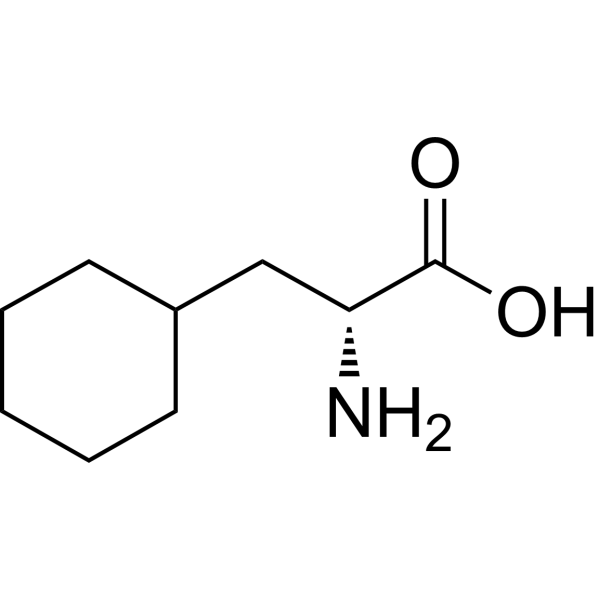
- HY-W016996
-
-
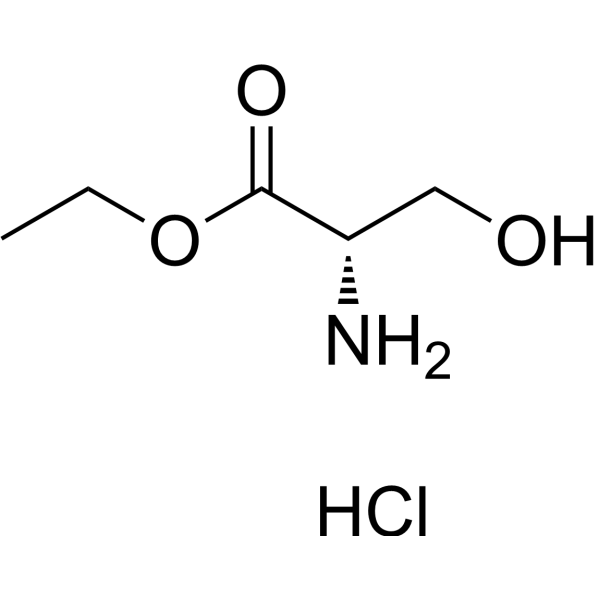
- HY-W016835
-
-
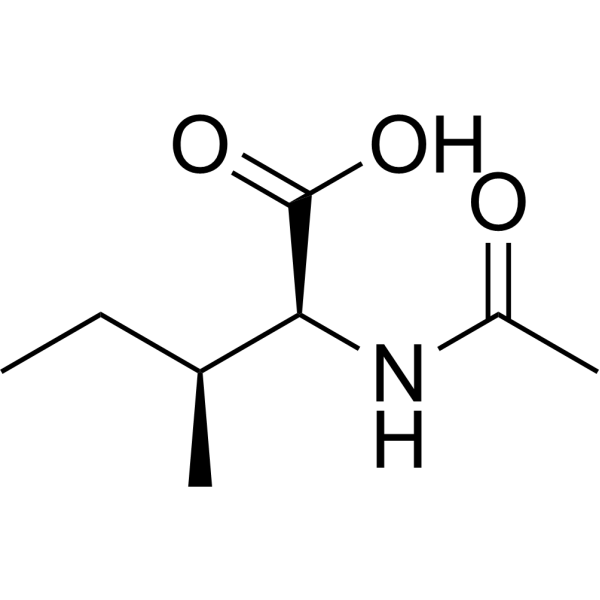
- HY-W016427
-
-

- HY-W016426
-
-
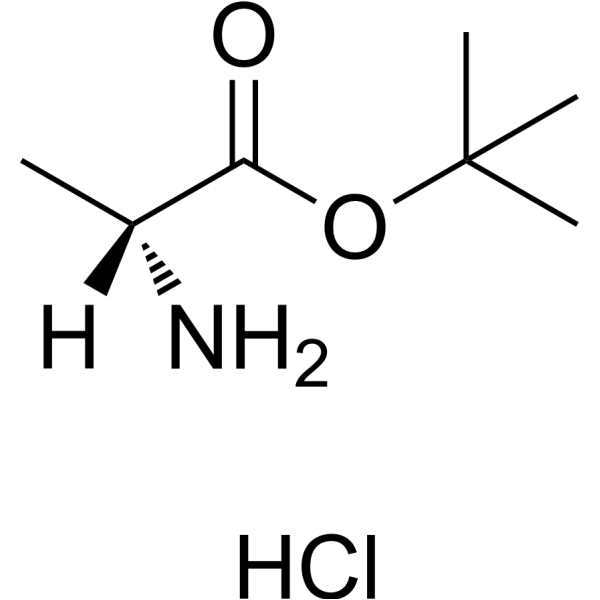
- HY-W141791
-
-
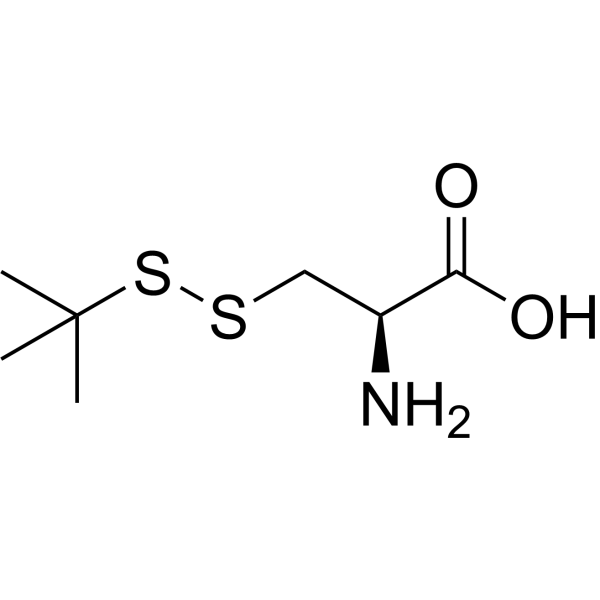
- HY-W016423
-
-
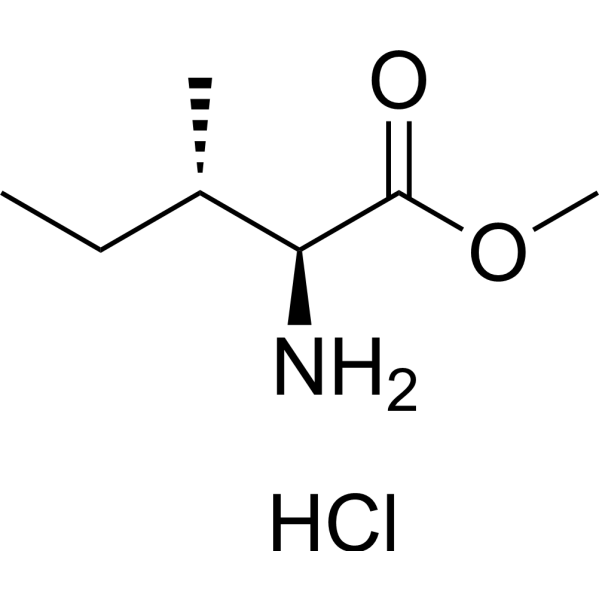
- HY-W016363
-
-
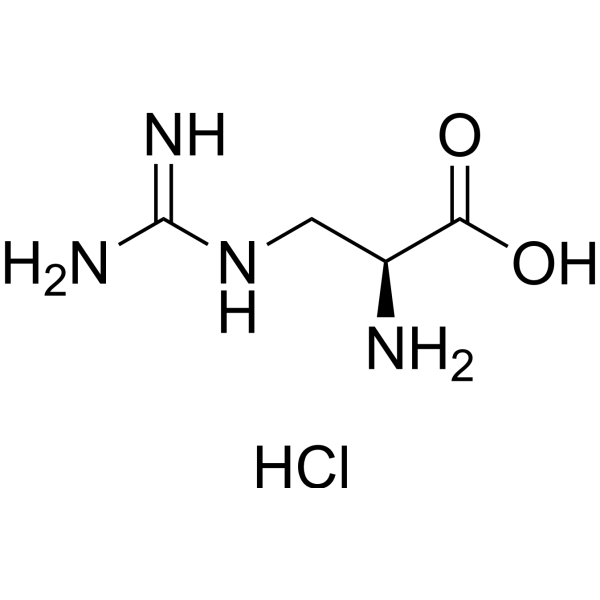
- HY-W016342
-
-
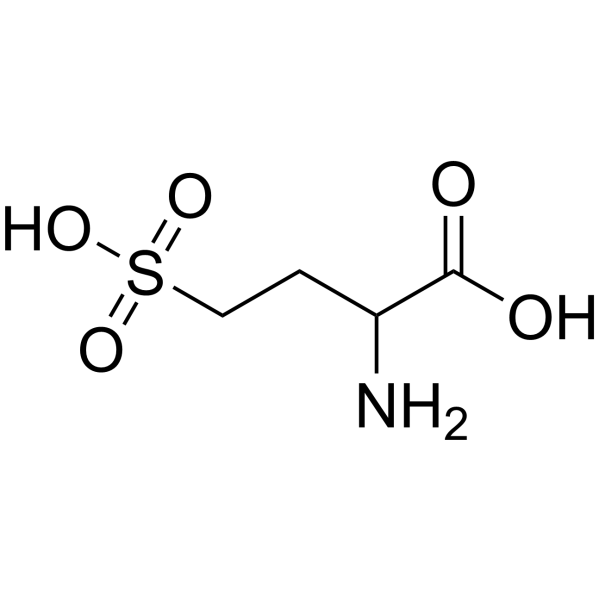
- HY-W016340
-
-
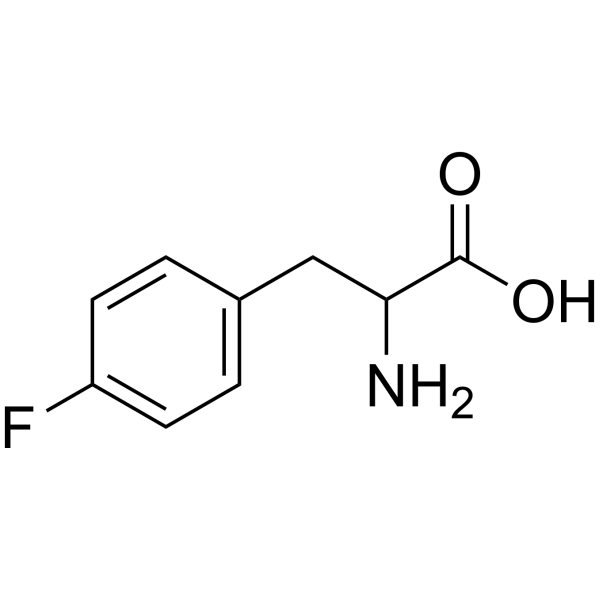
- HY-W016339
-
-
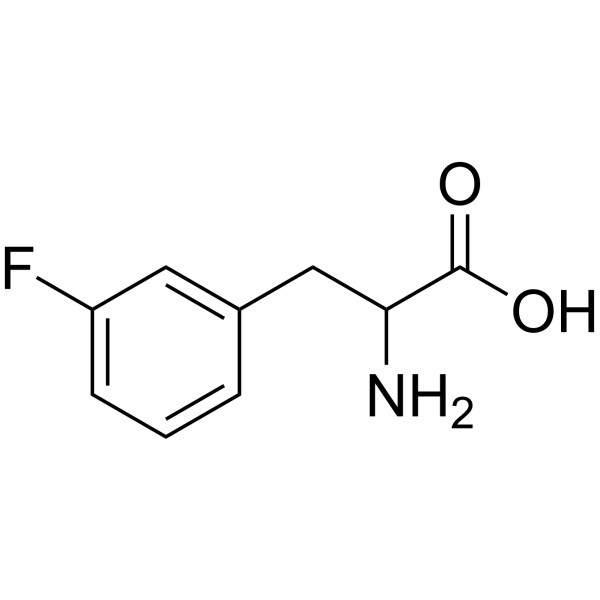
- HY-41318
-
|
1,2-Pyrrolidinedicarboxylic acid, 2-methyl 1-(phenylmethyl) ester, (S)-; Methyl (S)-N-(benzyloxycarbonyl)prolinate
|
Amino Acid Derivatives
|
Others
|
|
N-Z-L-proline methyl ester is a proline derivative .
|
-

- HY-W016035
-
-

- HY-W016032
-
-
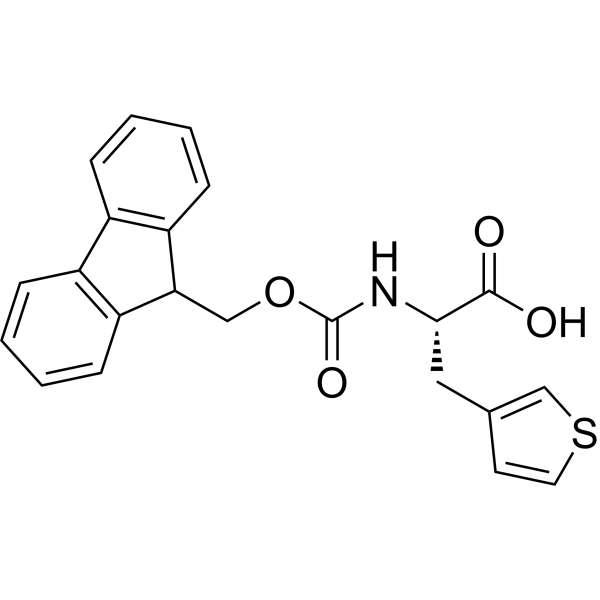
- HY-W141770
-
-
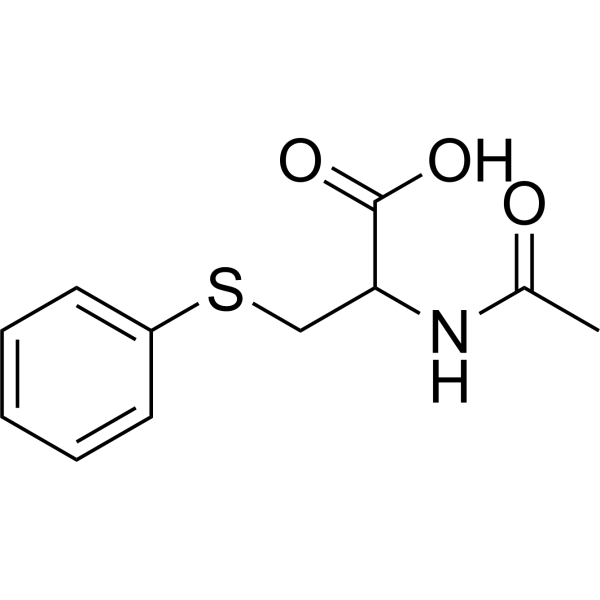
- HY-W016028
-
-
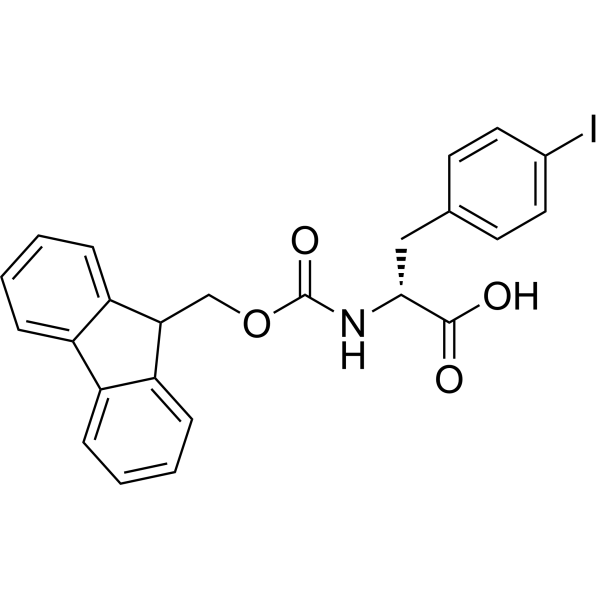
- HY-41060
-
-
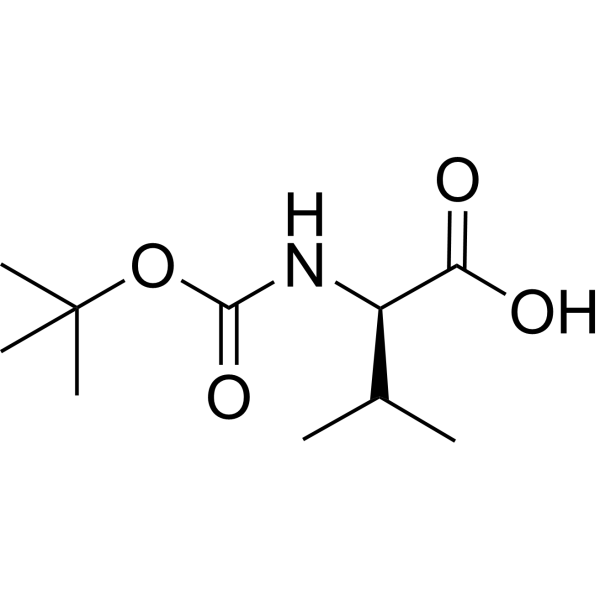
- HY-41051
-
|
N-tert-Butoxycarbonyl-N-methyl-L-valine; N-tert-Butoxycarbonyl-N-methylvaline
|
Amino Acid Derivatives
|
Others
|
|
(2S)-2-[[(tert-Butoxy)carbonyl](methyl)amino]-3-methylbutanoic acid is a valine derivative .
|
-
amino]-<em>3</em>-methylbutanoic acid](//file.medchemexpress.com/product_pic/hy-41051.gif)
- HY-W140794
-
-
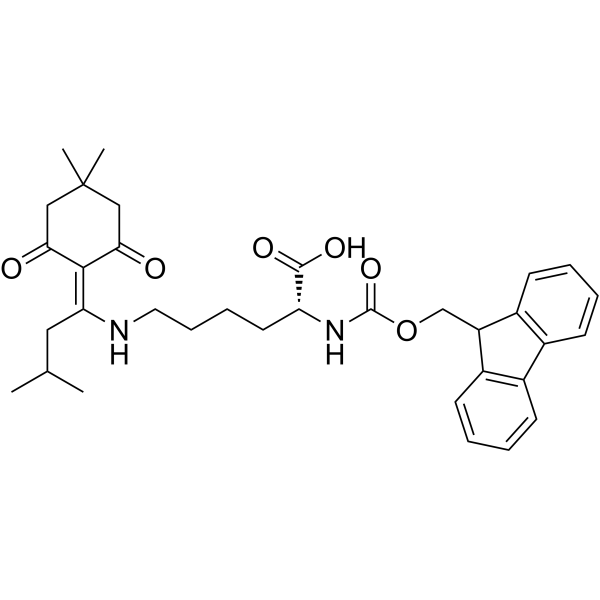
- HY-34540
-
|
(αS)-α-[[(9H-Fluoren-9-ylmethoxy)carbonyl]amino]-2-pyridinepropanoic acid
|
Amino Acid Derivatives
|
Others
|
|
(αS)-α-[[(9H-Fluoren-9-ylmethoxy)carbonyl]amino]-2-pyridinepropanoic acid is an alanine derivative .
|
-
![(αS)-α-[[(9H-Fluoren-9-ylmethoxy)carbonyl]amino]-2-pyridinepropanoic acid](//file.medchemexpress.com/product_pic/hy-34540.gif)
- HY-W015595
-
-
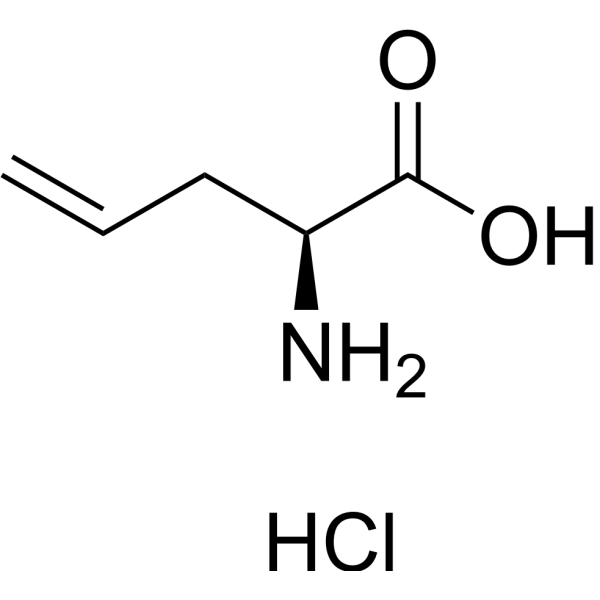
- HY-34470
-
-
![N-[(9H-Fluoren-9-ylmethoxy)carbonyl]-N-methyl-D-phenylalanine](//file.medchemexpress.com/product_pic/hy-34470.gif)
- HY-W129587
-
-

- HY-W015533
-
-
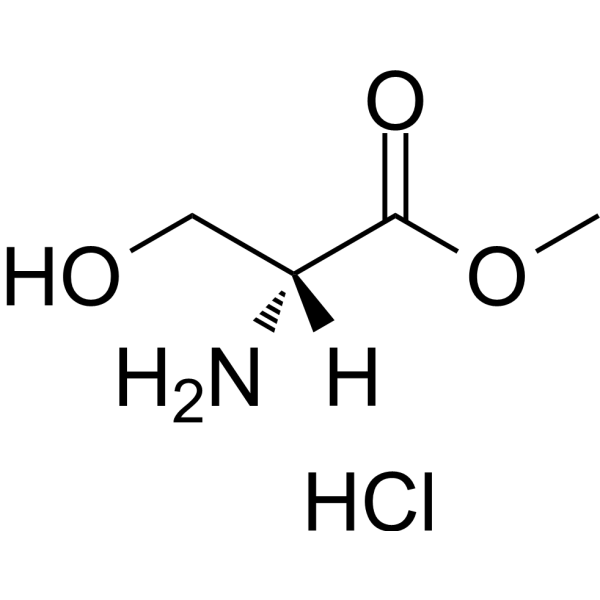
- HY-W015465
-
-

- HY-W015457
-
-
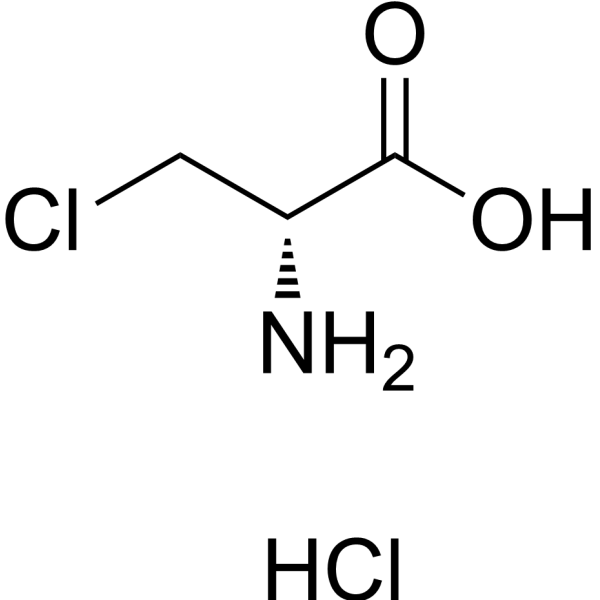
- HY-33466
-
-
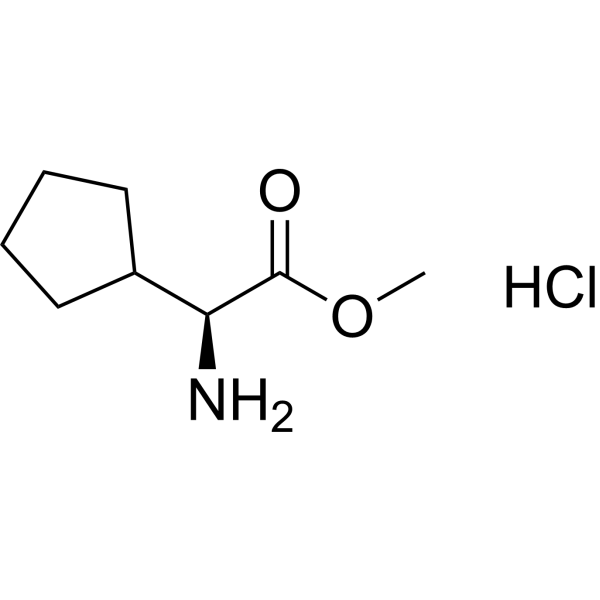
- HY-W015359
-
-

- HY-33319
-
-

- HY-W015279
-
-
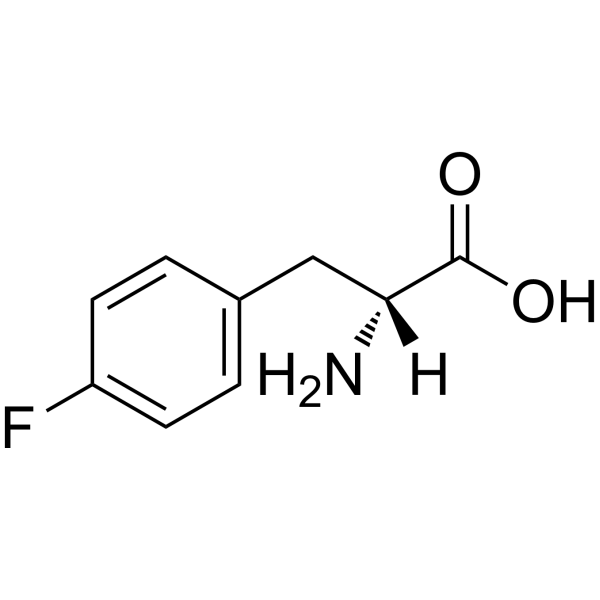
- HY-W015241
-
-
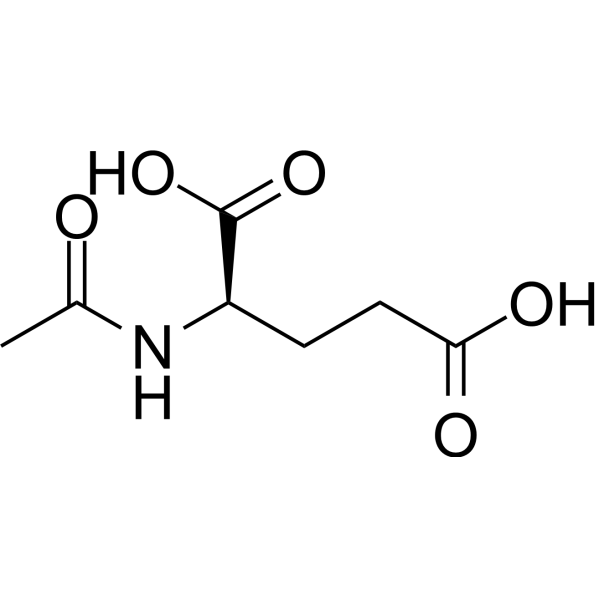
- HY-W128037
-
-

- HY-W128028
-
-

- HY-W127783
-
-

- HY-30230
-
-
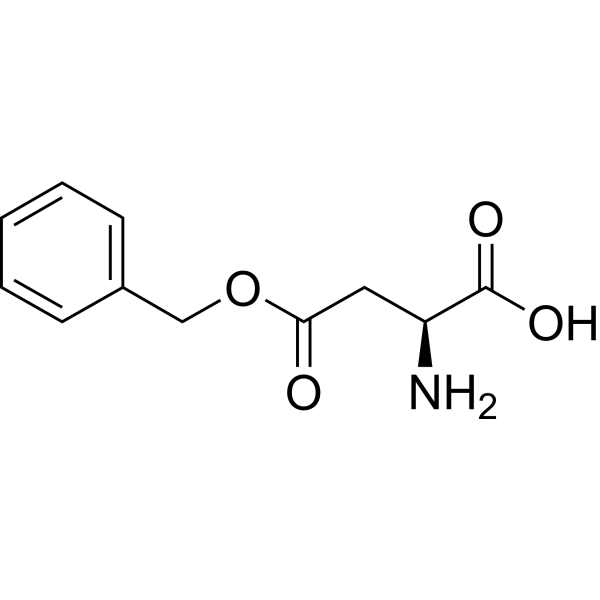
- HY-30090
-
-

- HY-W014913
-
-
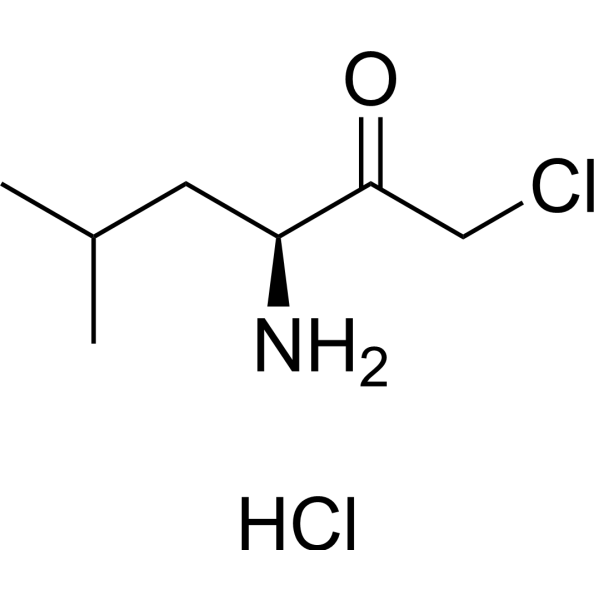
- HY-23174
-
-
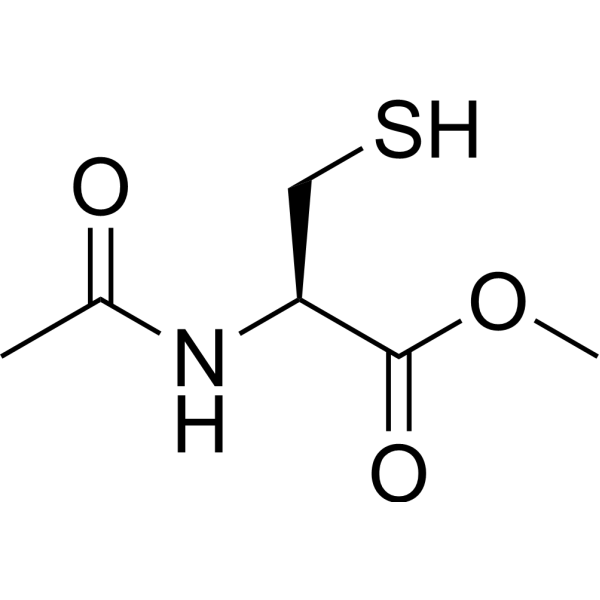
- HY-W111382
-
-
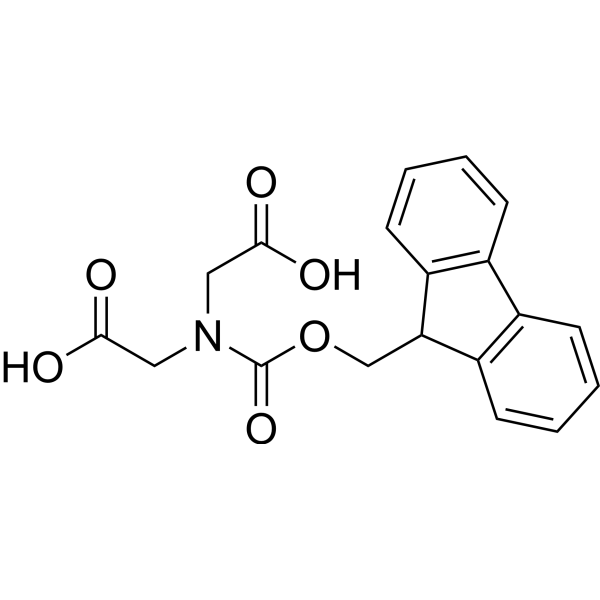
- HY-W014663
-
-
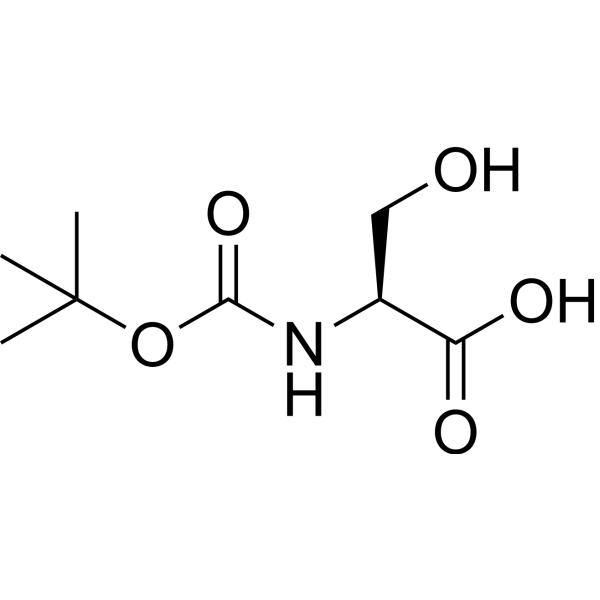
- HY-W111211
-
-

- HY-W014553
-
-
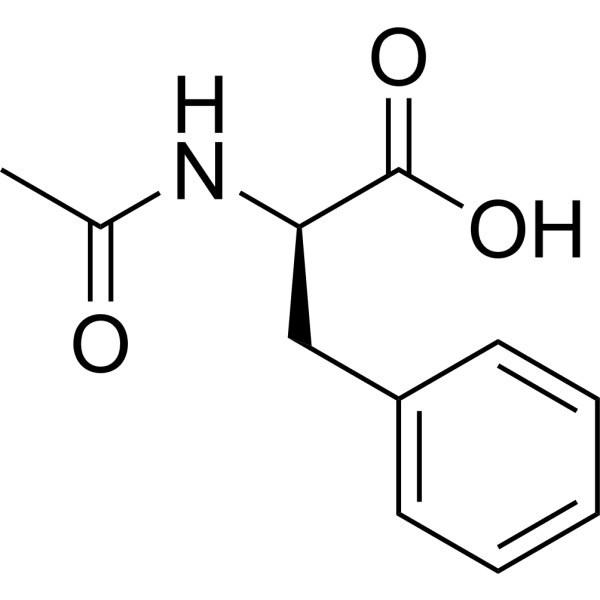
- HY-22297
-
-

- HY-W110126
-
|
|
Amino Acid Derivatives
|
Others
|
|
(S)-3-((((9H-Fluoren-9-yl)methoxy)carbonyl)amino)-6-((tert-butoxycarbonyl)amino)hexanoic acid is a lysine derivative .
|
-
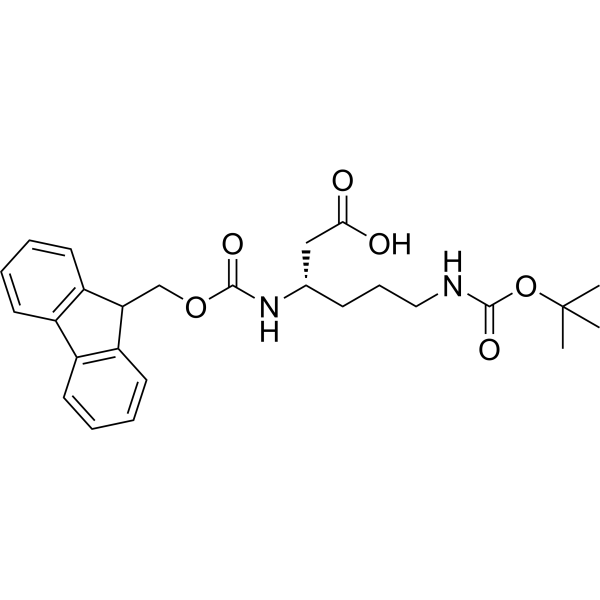
- HY-22062
-
-
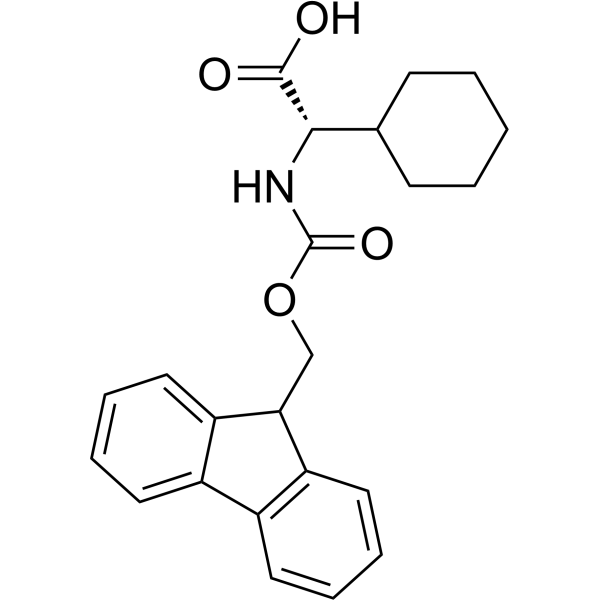
- HY-W014418
-
-
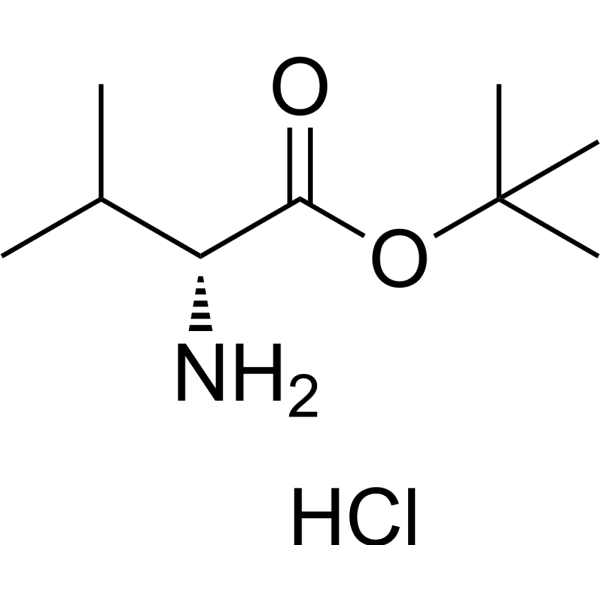
- HY-22002
-
-
![N-[(9H-Fluoren-9-ylmethoxy)carbonyl]-5-methyl-L-norleucine](//file.medchemexpress.com/product_pic/hy-22002.gif)
- HY-W014405
-
-
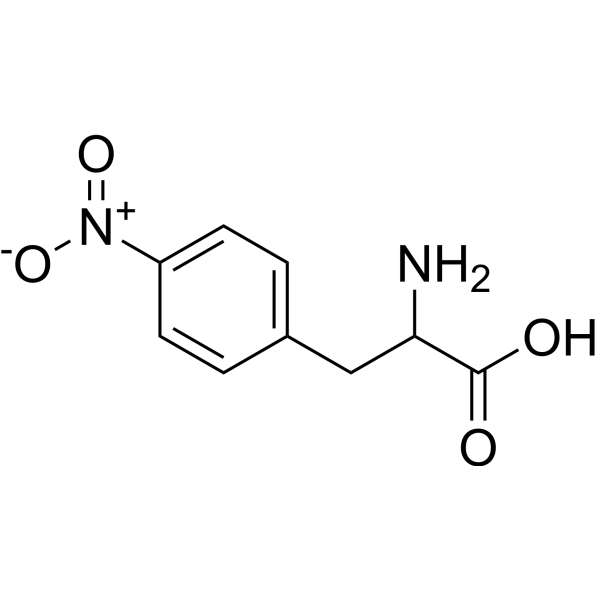
- HY-W099595
-
-

- HY-W099255
-
-
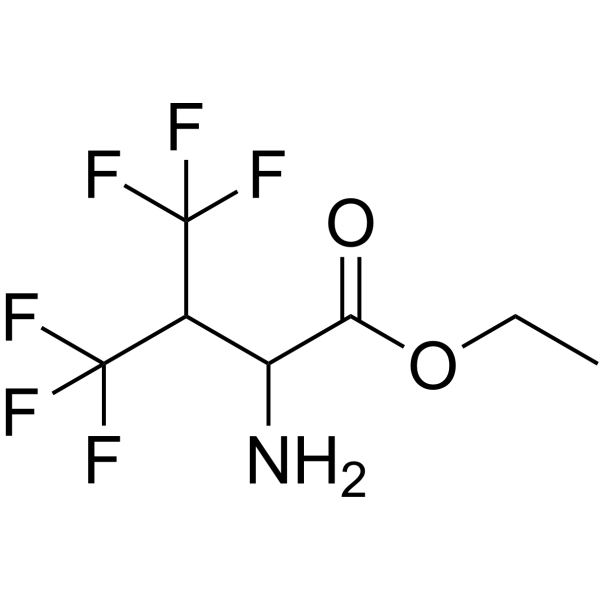
- HY-20838A
-
-
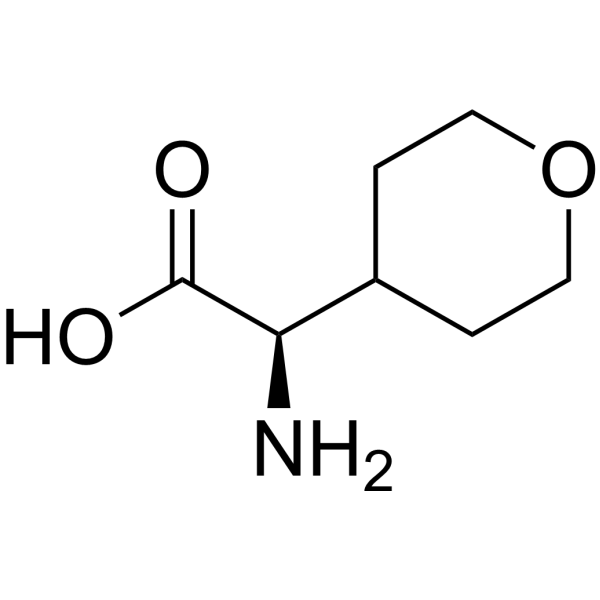
- HY-W099254
-
-

- HY-20838
-
-

- HY-20834
-
-
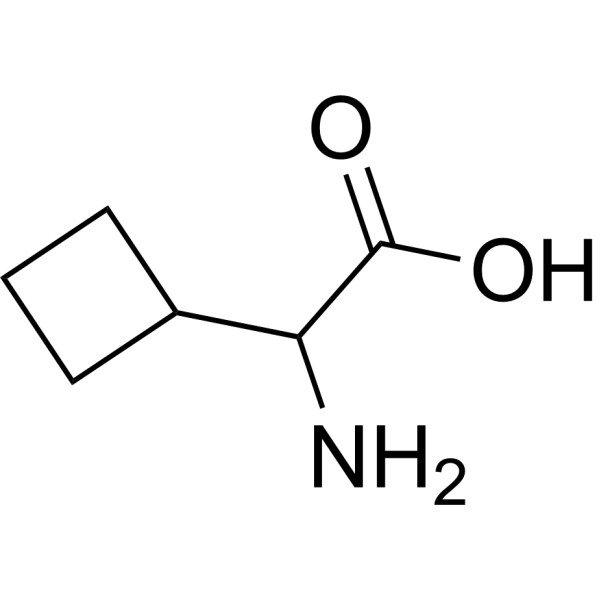
- HY-20582
-
-
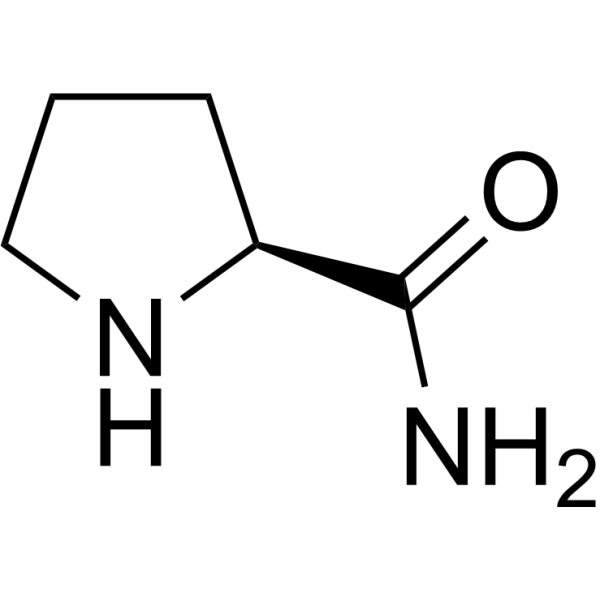
- HY-W098273
-
-
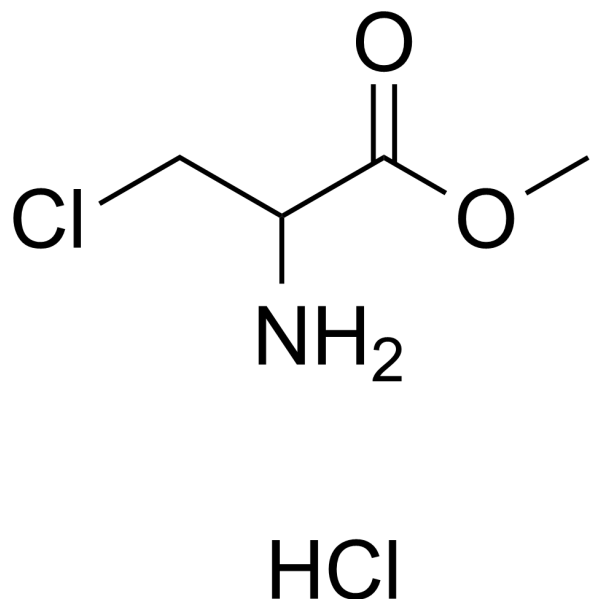
- HY-20561
-
-
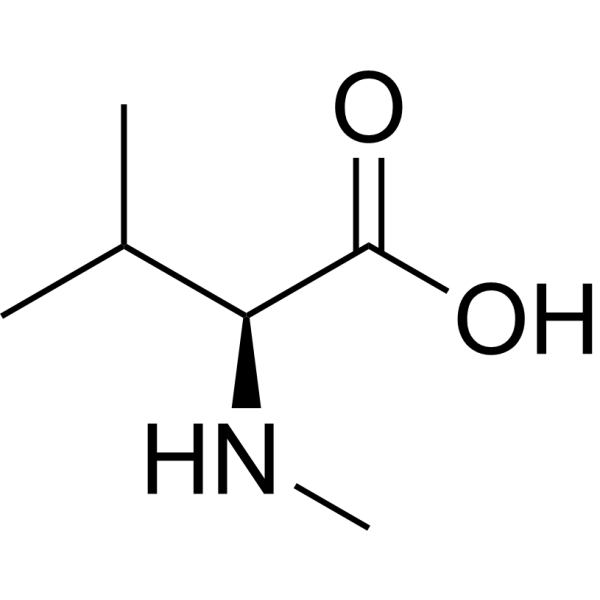
- HY-W098059
-
-
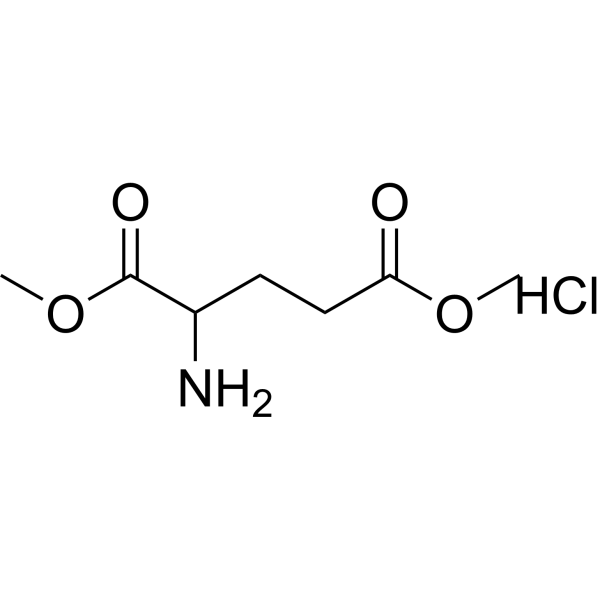
- HY-20167
-
-
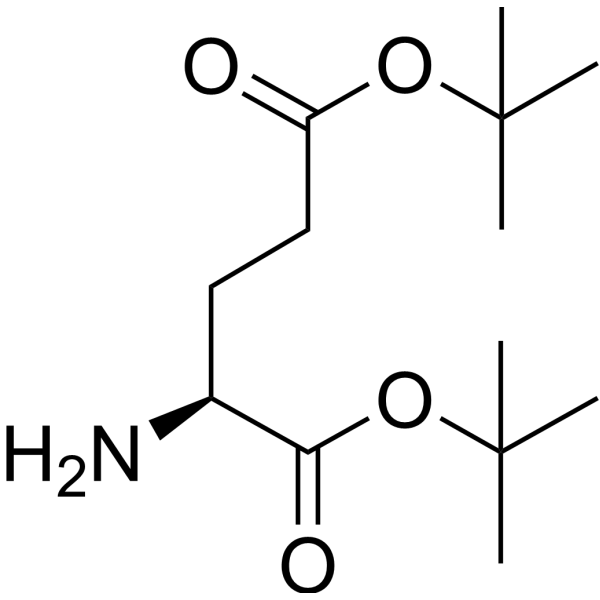
- HY-W092115
-
-
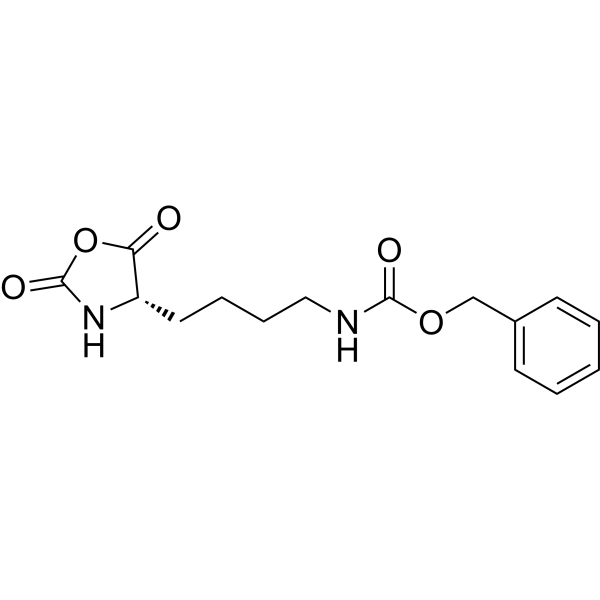
- HY-W092111
-
-
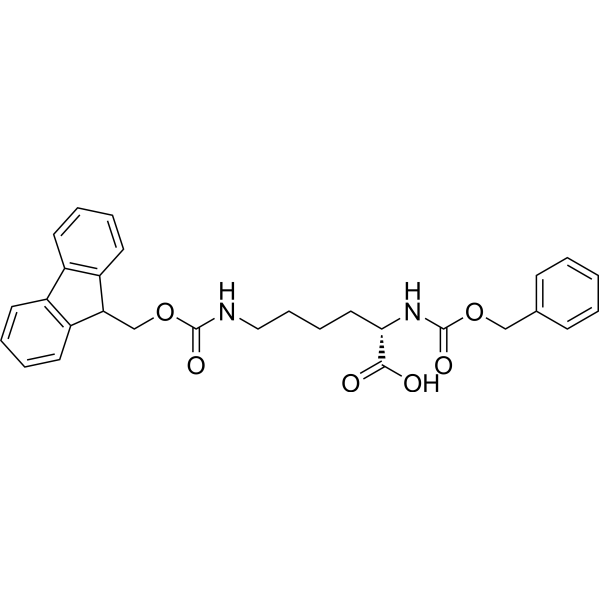
- HY-W009534
-
-
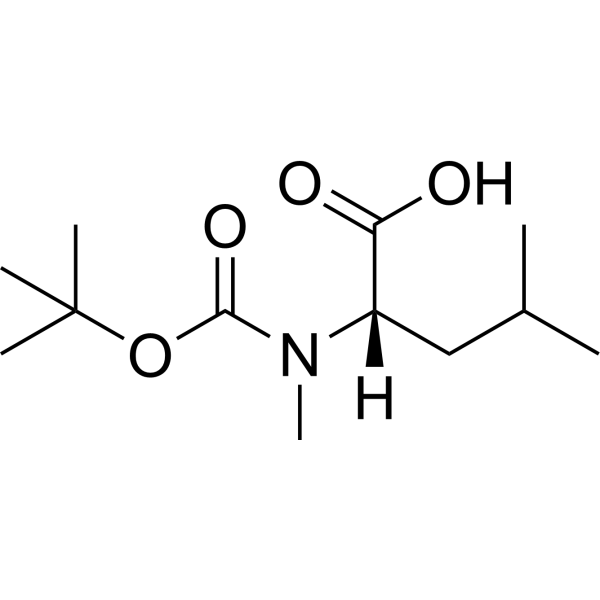
- HY-W009503
-
-
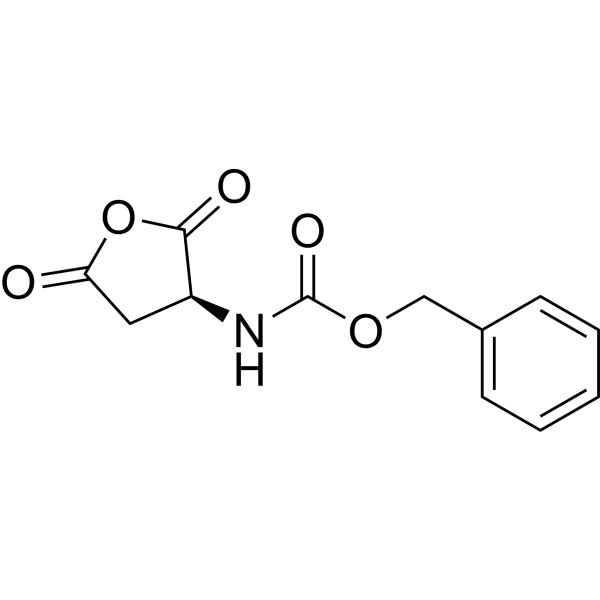
- HY-W090626
-
-
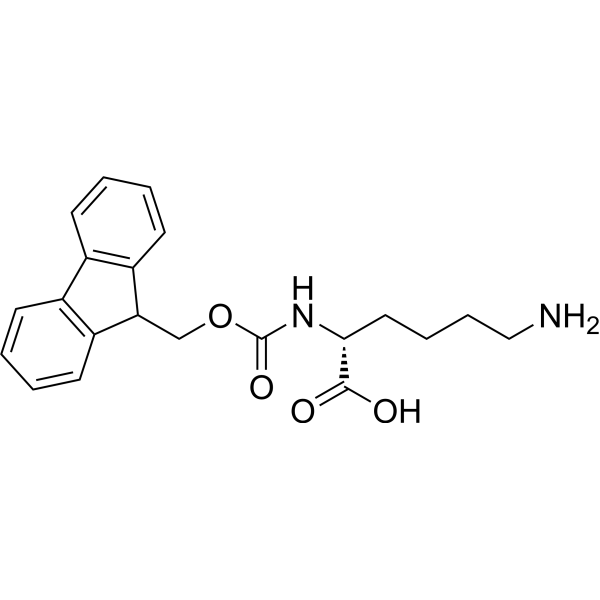
- HY-W009477
-
-
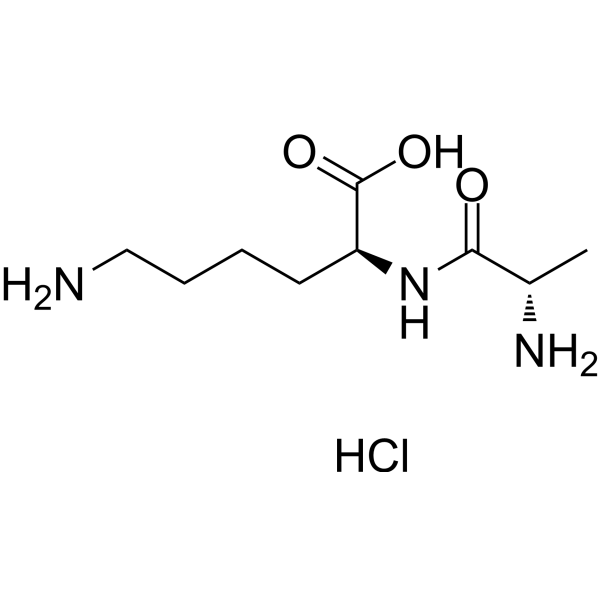
- HY-141447
-
|
α-N-Carbobenzoxy-L-lysine thiobenzyl ester monohydrochloride
|
Amino Acid Derivatives
|
Others
|
|
Z-LYS-SBZL (monohydrochloride) is a lysine derivative .
|
-

- HY-W009412
-
-

- HY-W077223
-
-
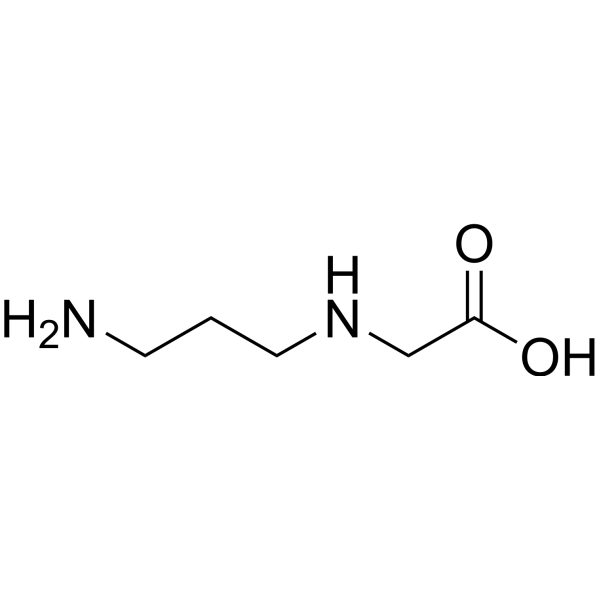
- HY-W009402
-
-
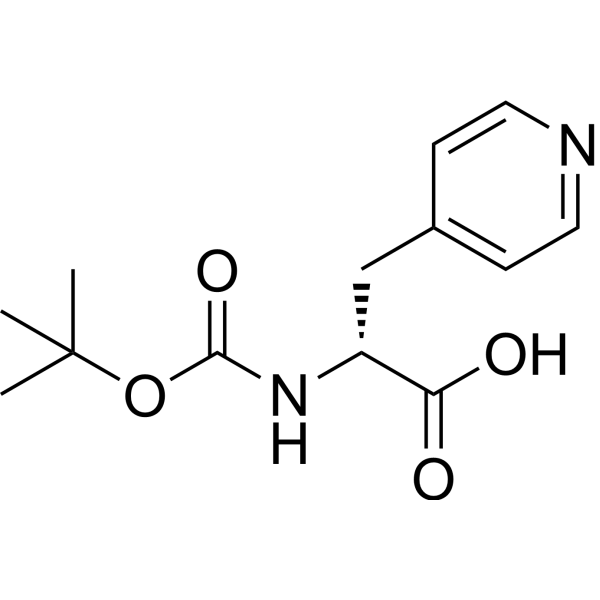
- HY-W009392
-
-
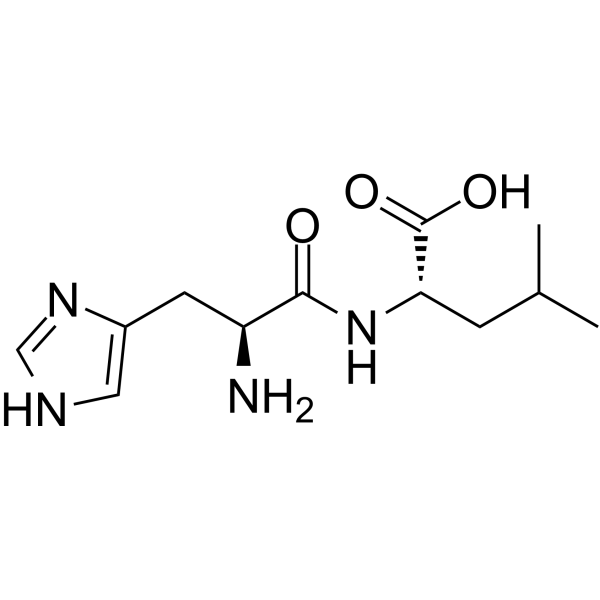
- HY-W072598
-
-
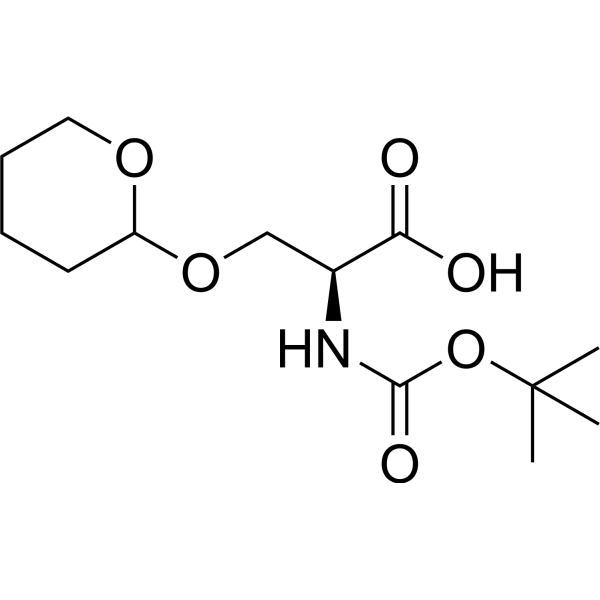
- HY-W009379
-
-
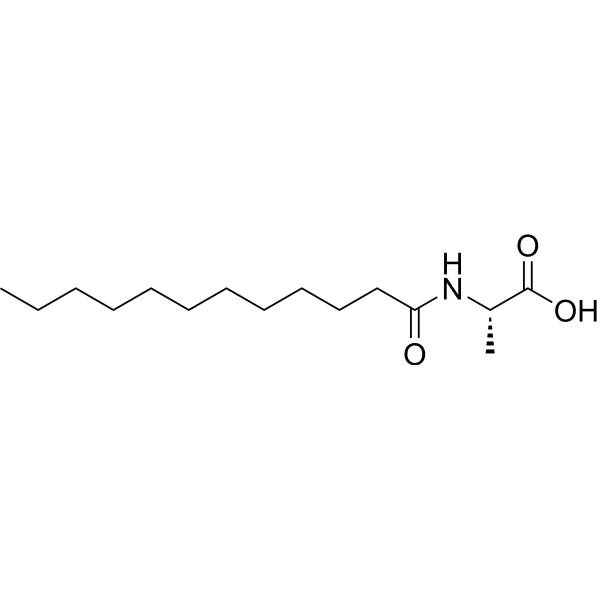
- HY-W072177
-
-
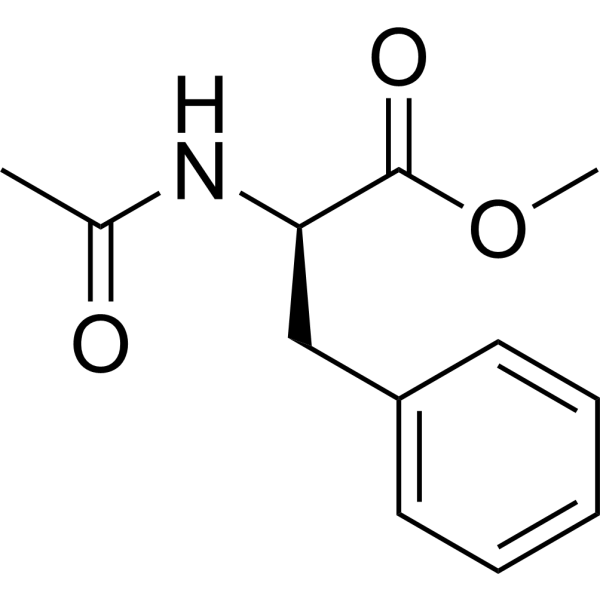
- HY-W009343
-
-
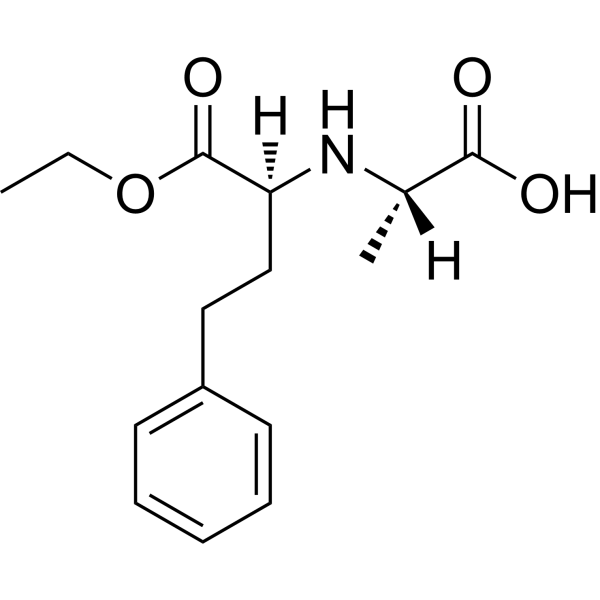
- HY-W009339
-
-
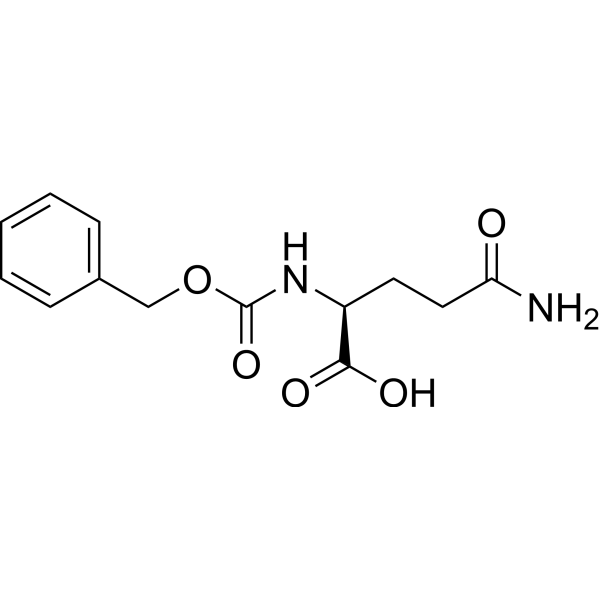
- HY-131173
-
-
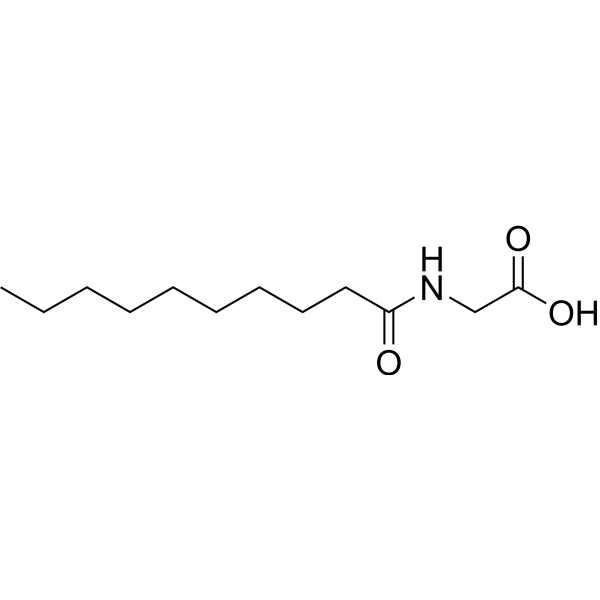
- HY-W009329
-
-
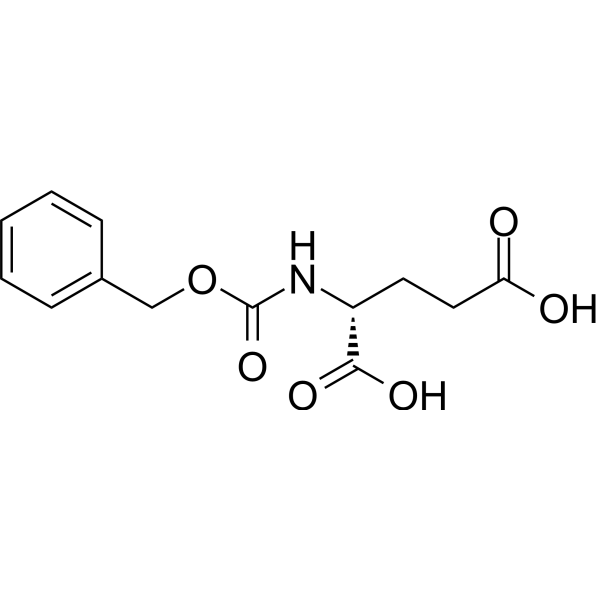
- HY-122811
-
-
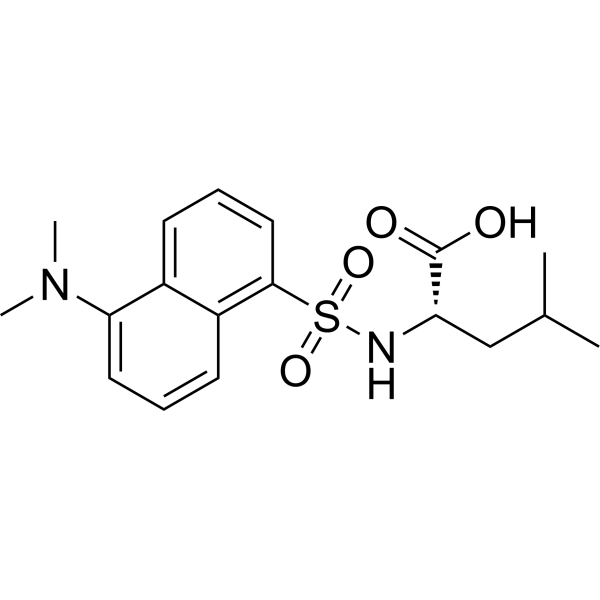
- HY-W009322
-
-
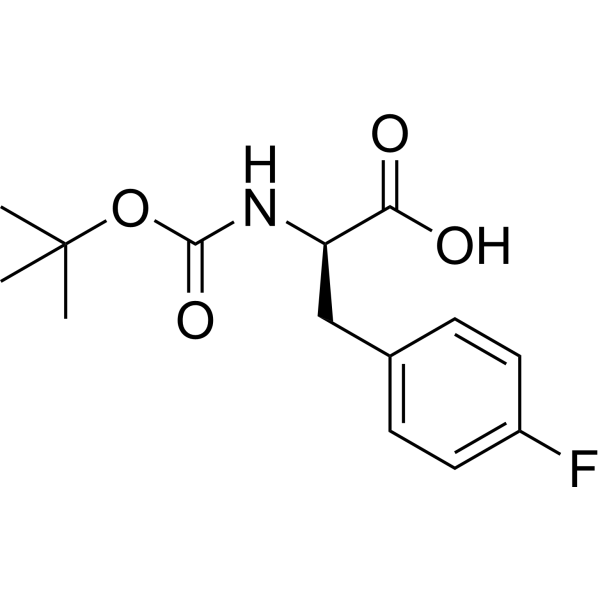
- HY-W009321
-
-

- HY-W009262
-
-
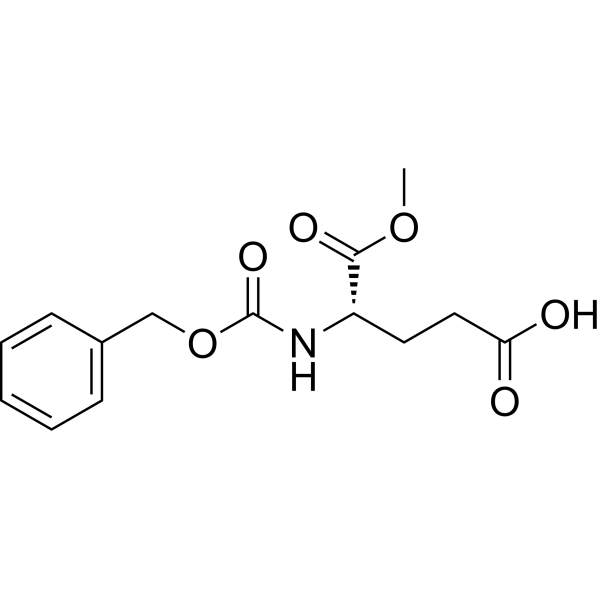
- HY-115393
-
-
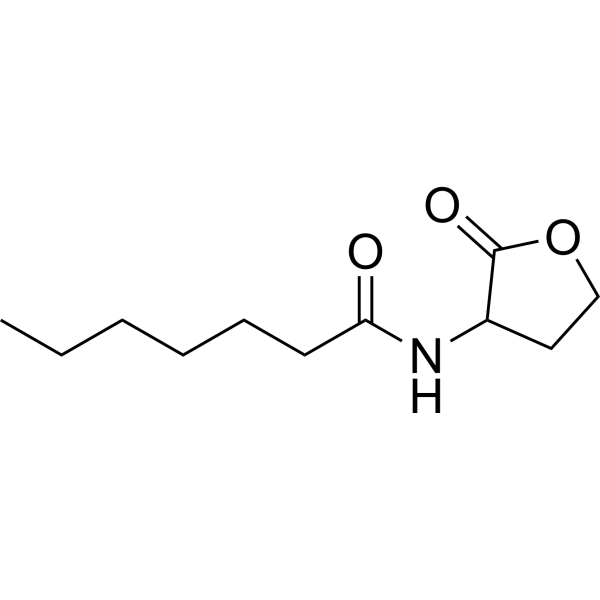
- HY-W067478
-
-
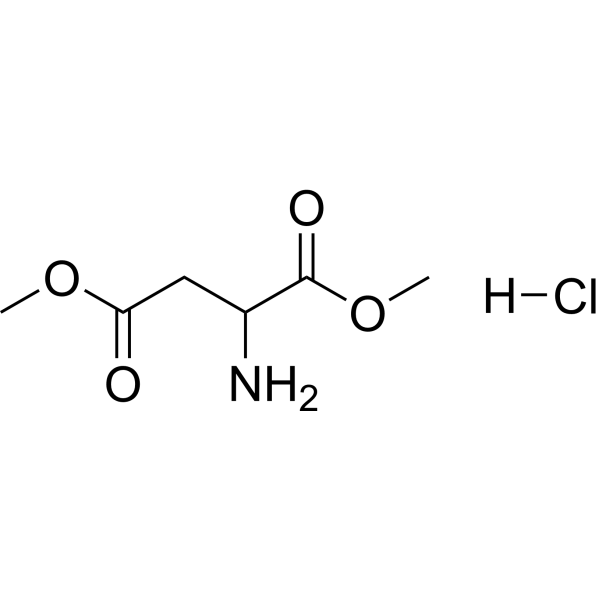
- HY-W067360
-
-
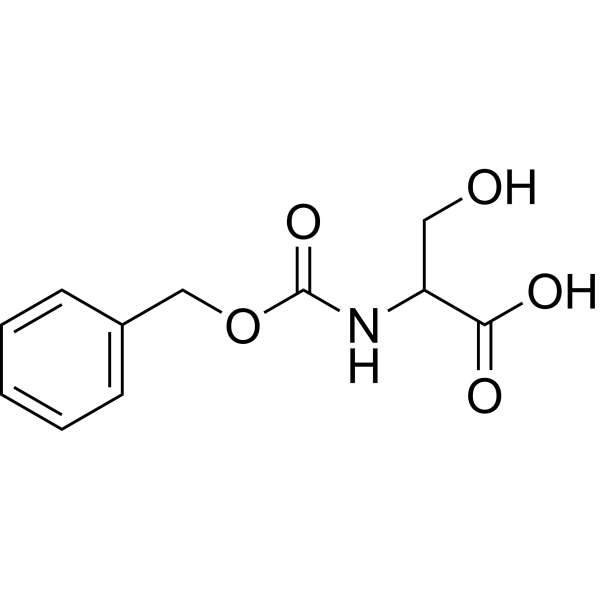
- HY-W009244
-
-
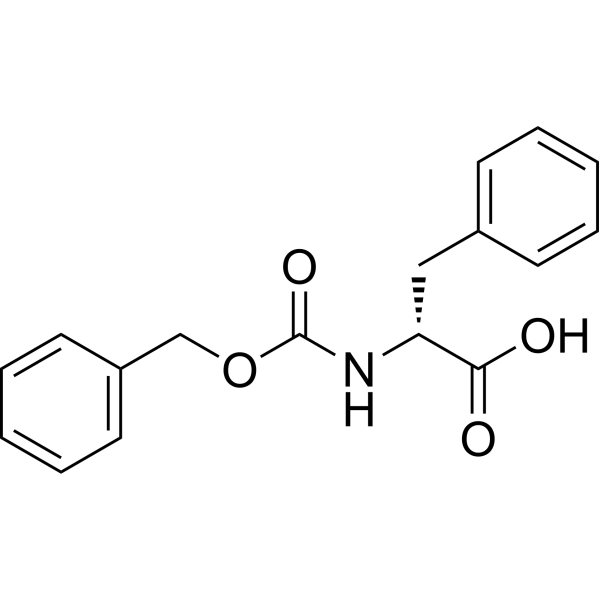
- HY-113119
-
-

- HY-111592
-
-

- HY-W009204
-
-
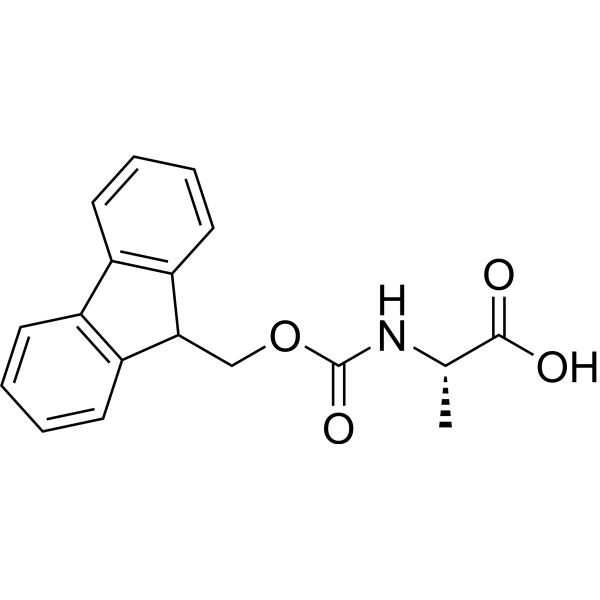
- HY-W009151
-
-
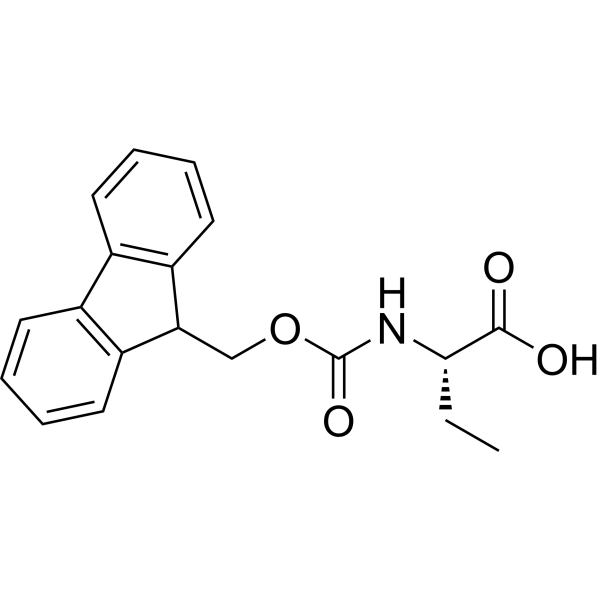
- HY-W009119
-
-
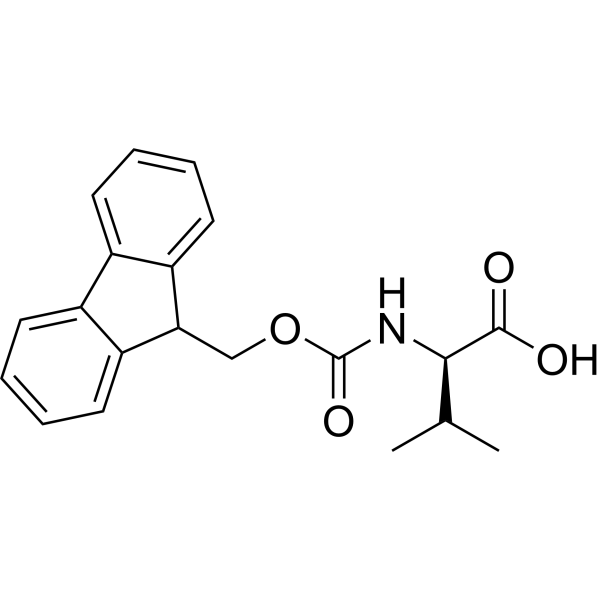
- HY-W009110
-
-
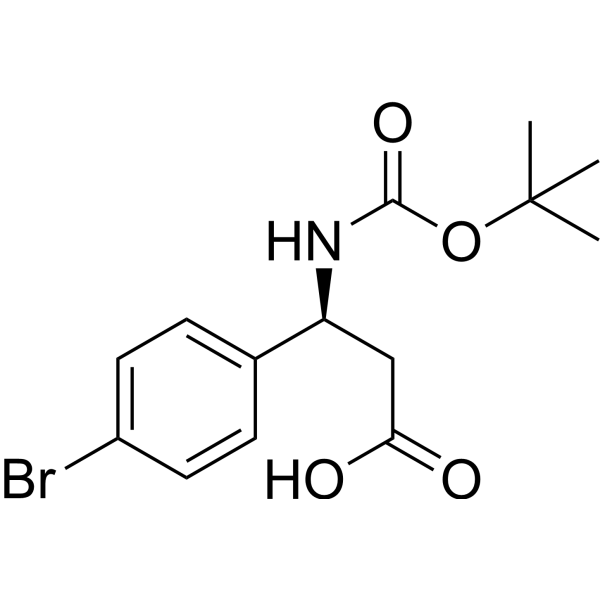
- HY-W007722
-
-
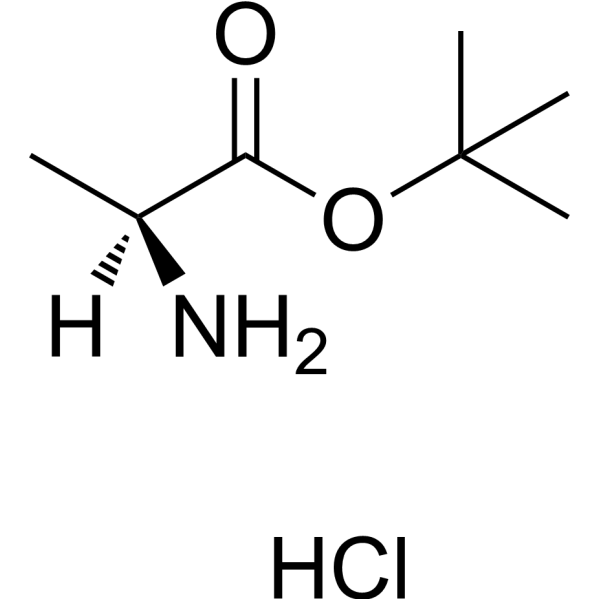
- HY-W014238
-
-

- HY-W007798
-
-
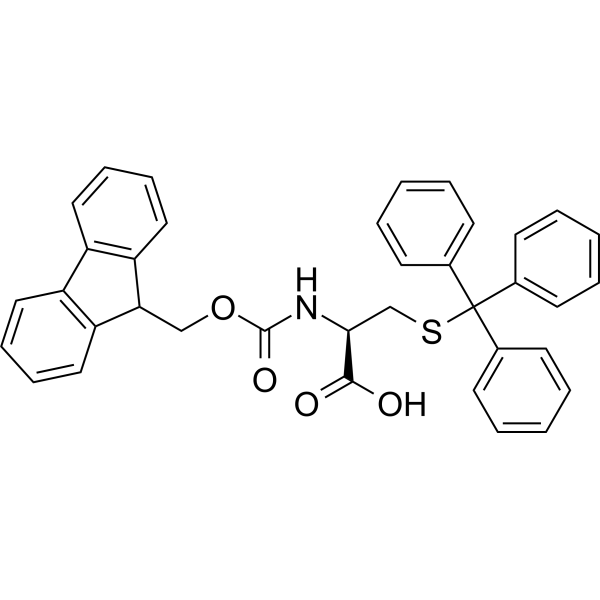
- HY-W007875
-
-

- HY-W014076
-
-
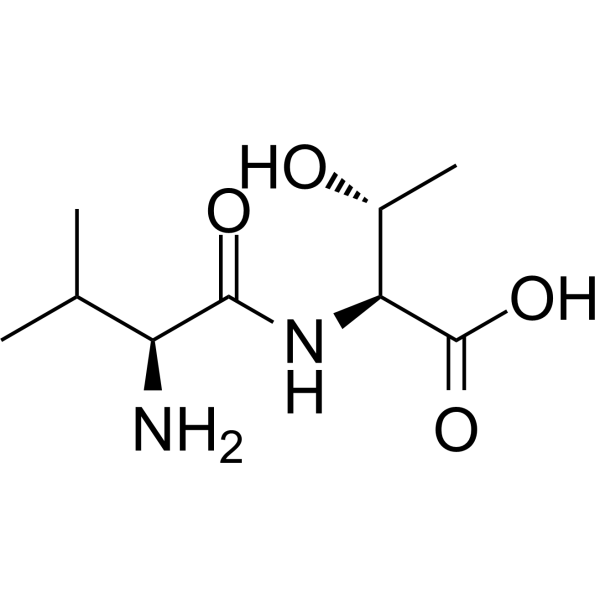
- HY-W008022
-
-
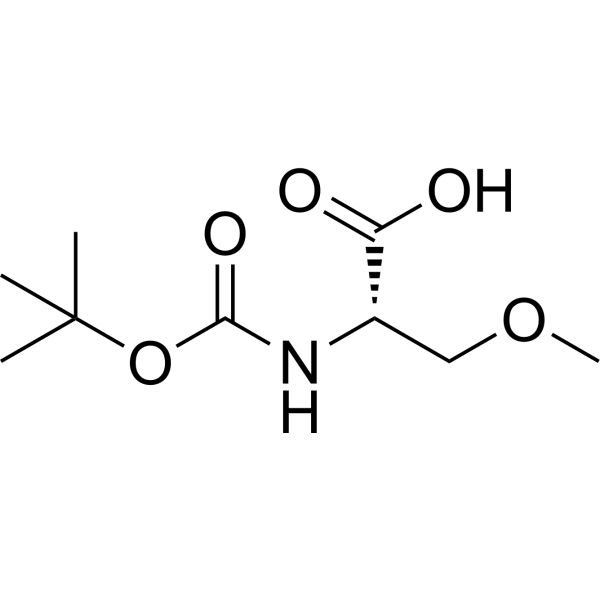
- HY-W014000
-
-

- HY-W013962
-
-
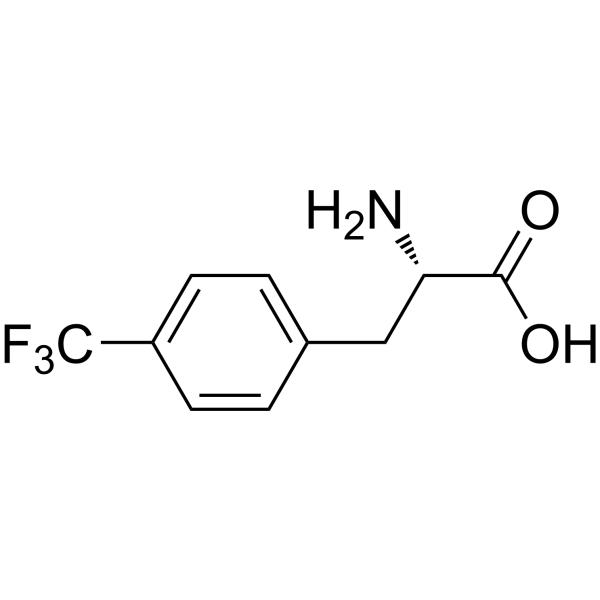
- HY-W013906
-
-
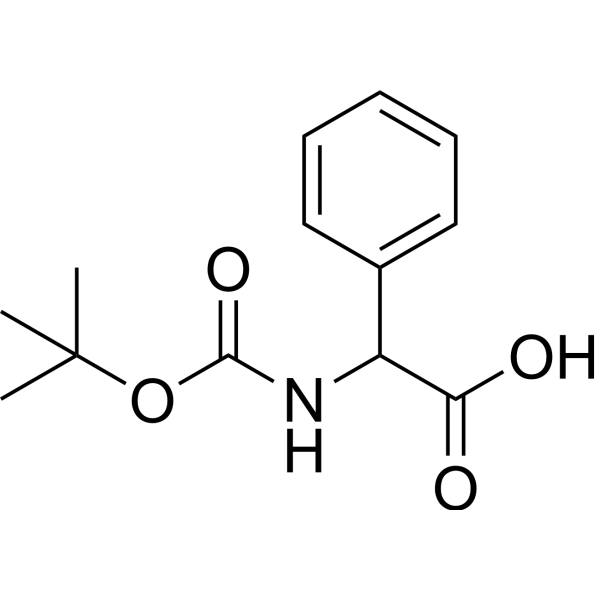
- HY-W142083
-
-
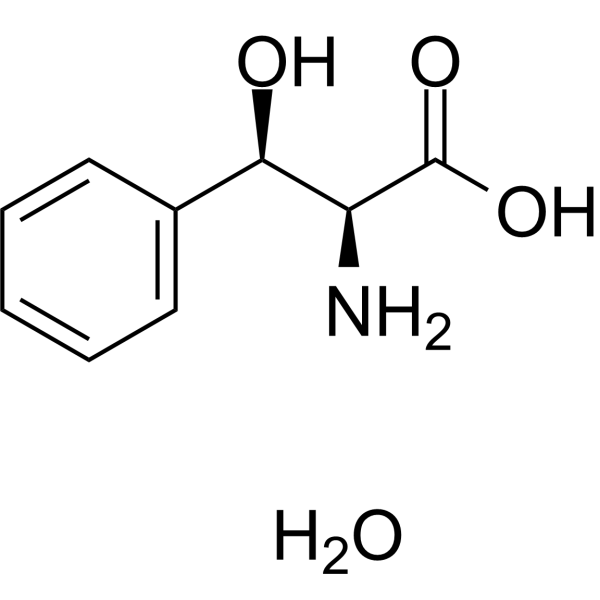
- HY-W142086
-
-
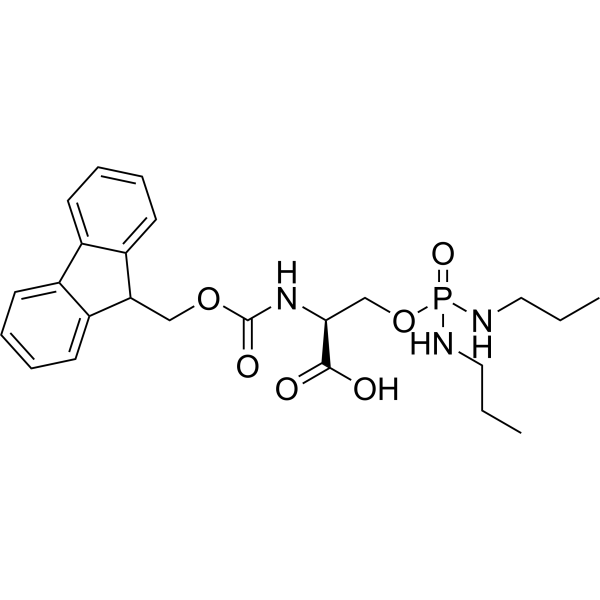
- HY-W013870
-
-
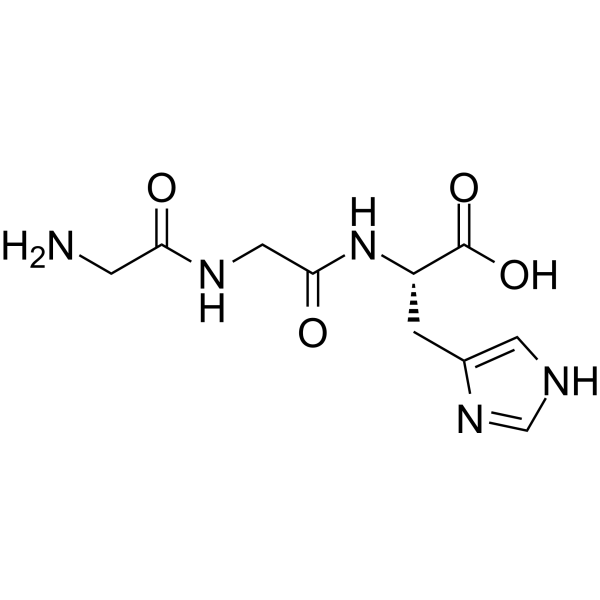
- HY-W013864
-
-
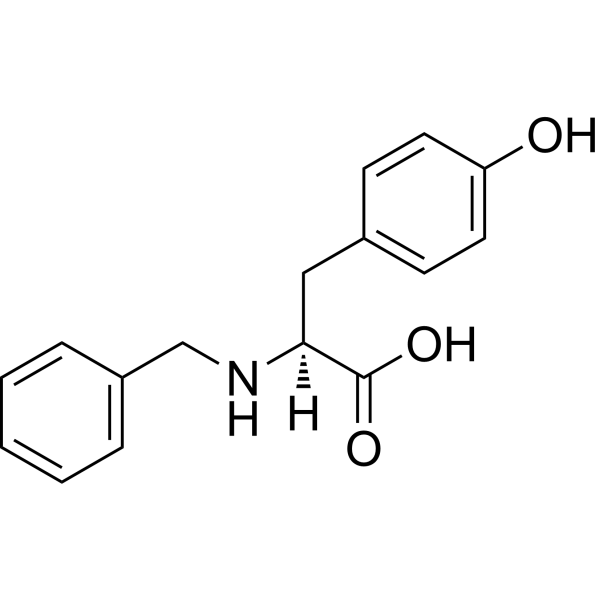
- HY-W013810
-
-
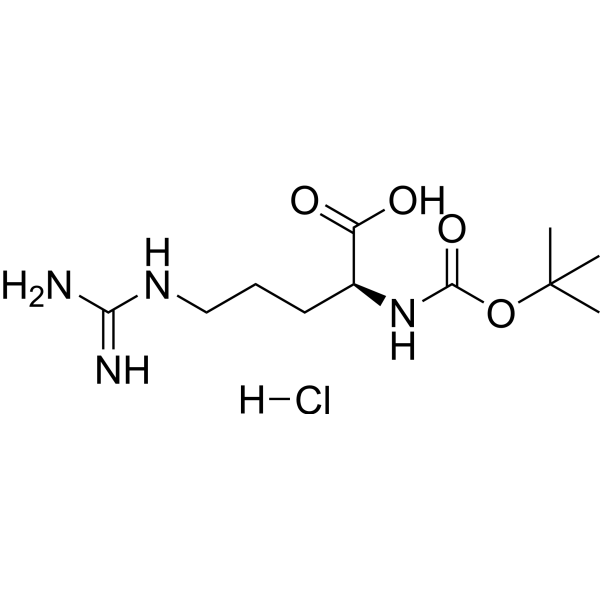
- HY-W037549
-
-
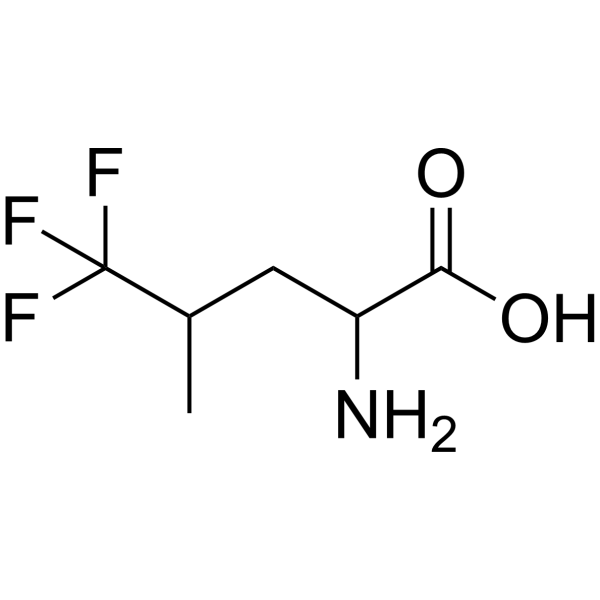
- HY-W038703
-
-
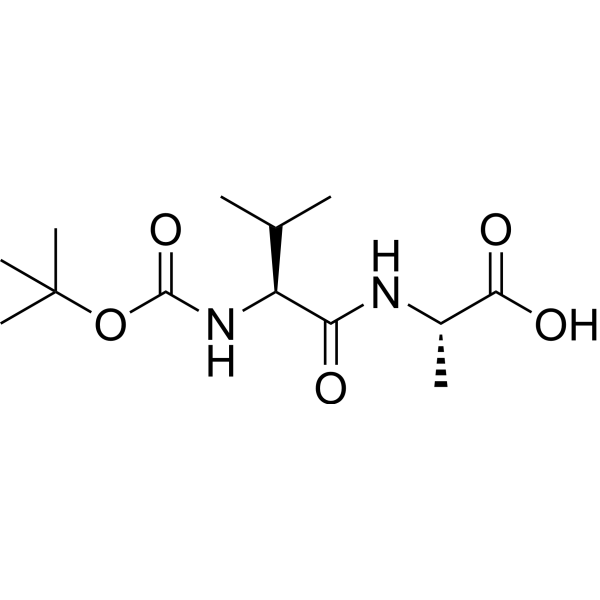
- HY-W142115
-
-
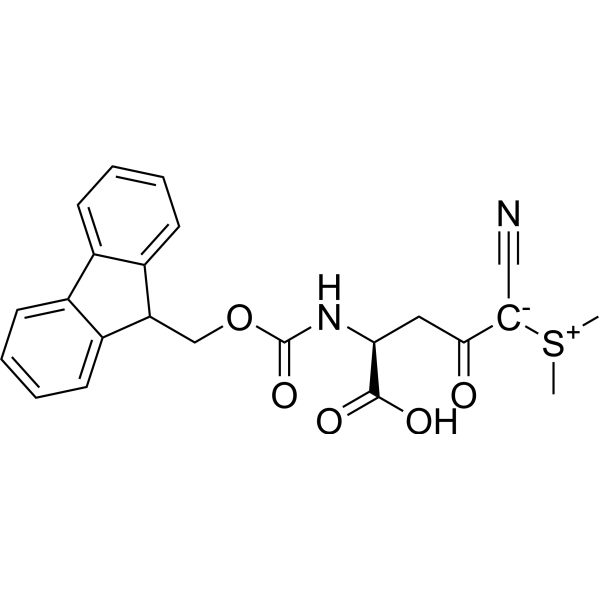
- HY-W013793
-
-
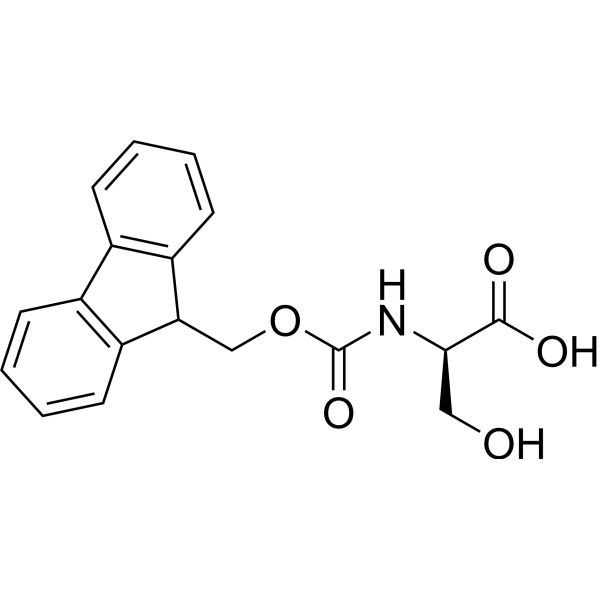
- HY-W013780
-
-
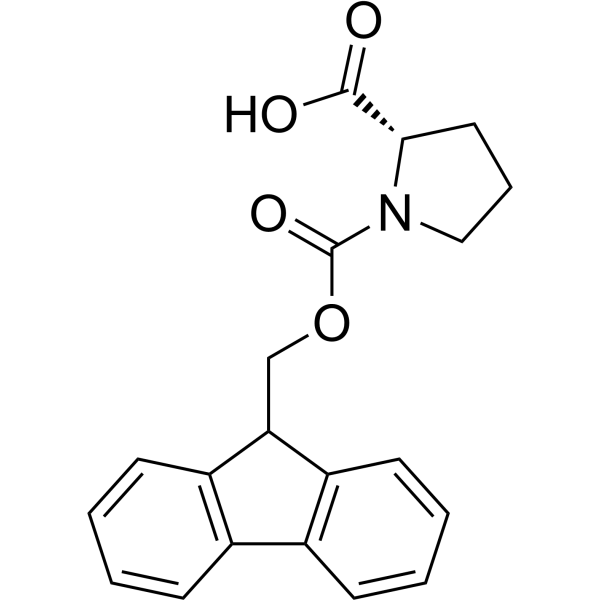
- HY-W013779
-
-
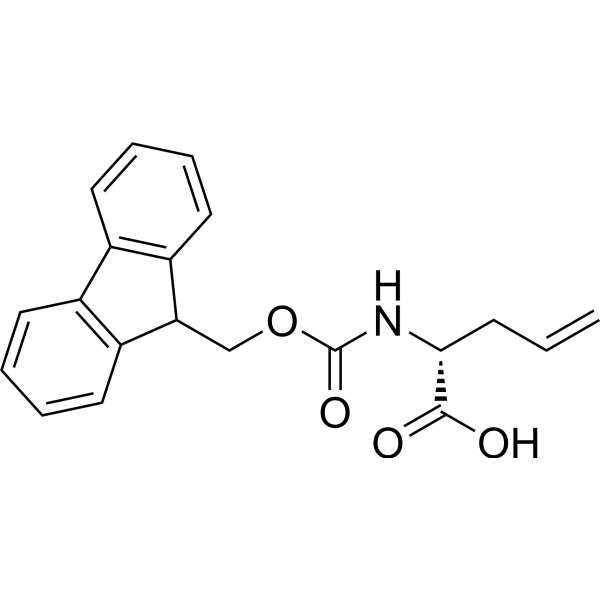
- HY-W042007
-
-
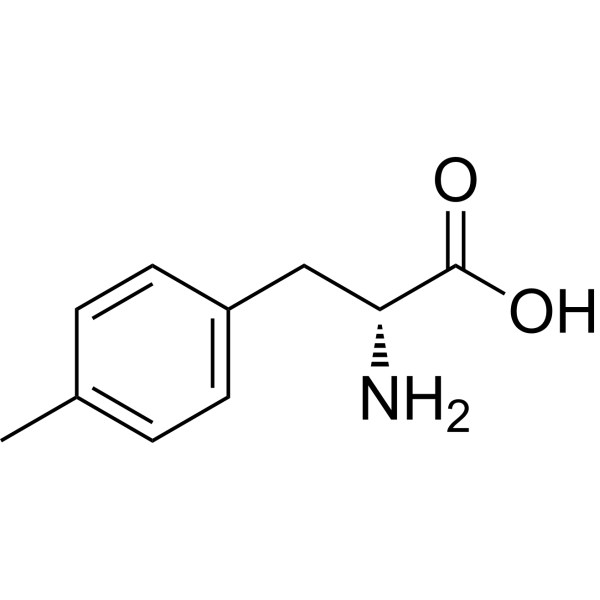
- HY-W042009A
-
-
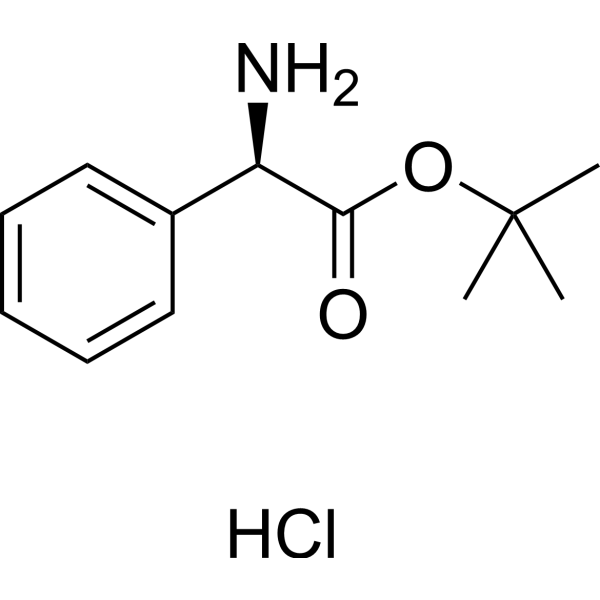
- HY-W042478
-
-
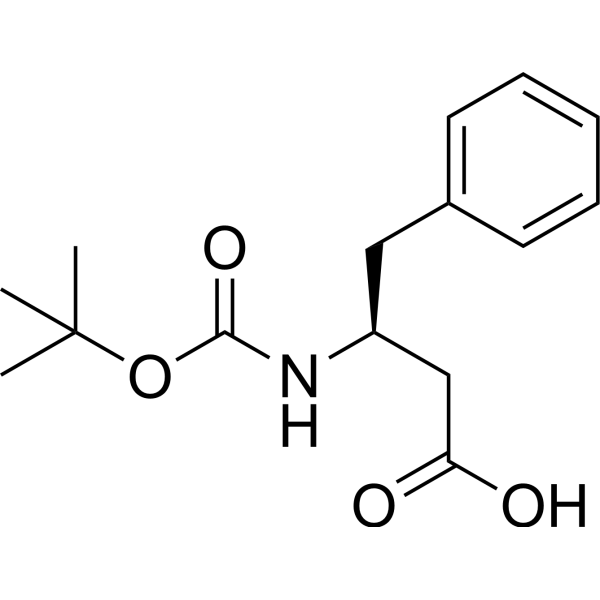
- HY-W008977
-
-
![N-[(9H-Fluoren-9-ylmethoxy)carbonyl]-O-(phenylmethyl)-L-serine](//file.medchemexpress.com/product_pic/hy-w008977.gif)
- HY-W013769
-
-
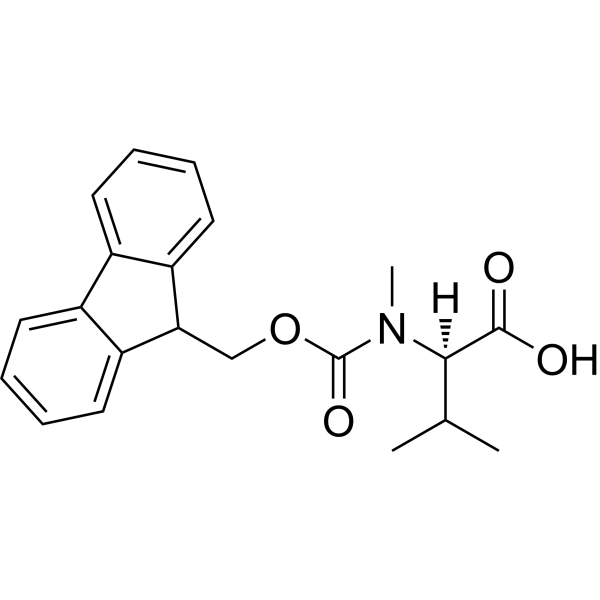
- HY-W008733
-
-
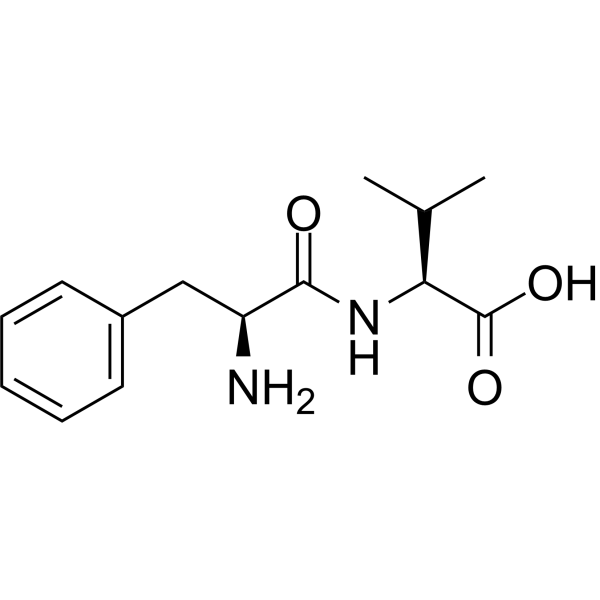
- HY-W048668
-
-
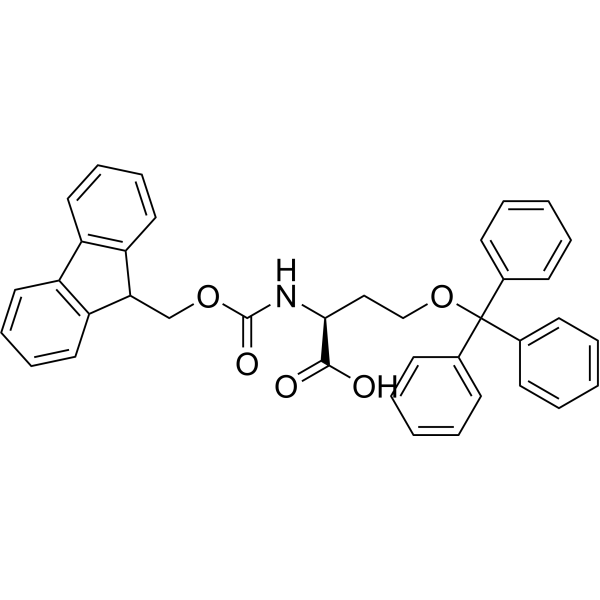
- HY-W048680
-
-
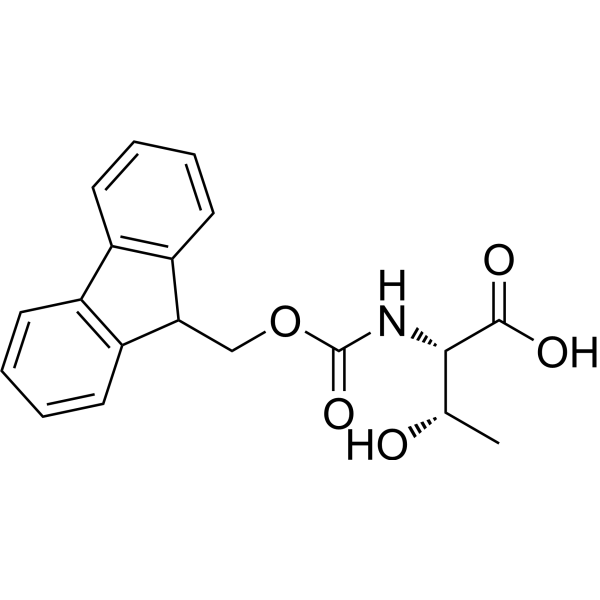
- HY-W008254
-
-

- HY-W013760
-
-
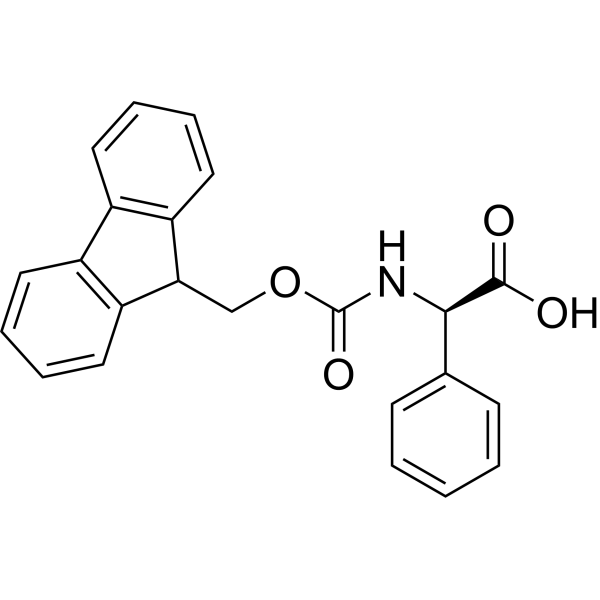
- HY-W013749
-
-
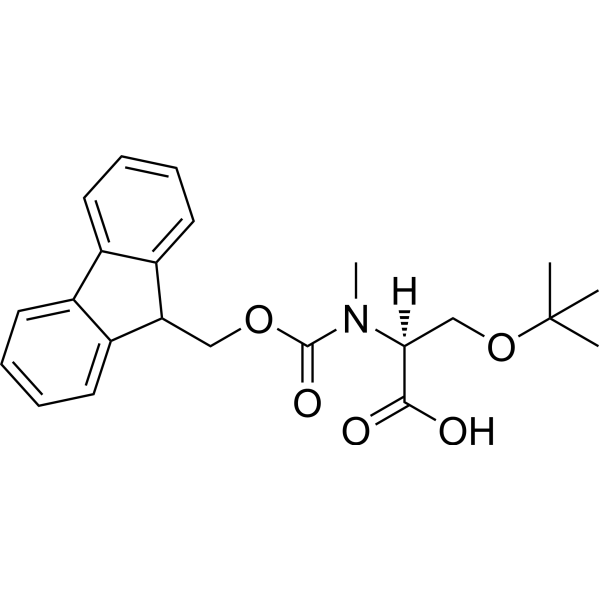
- HY-W013735
-
-
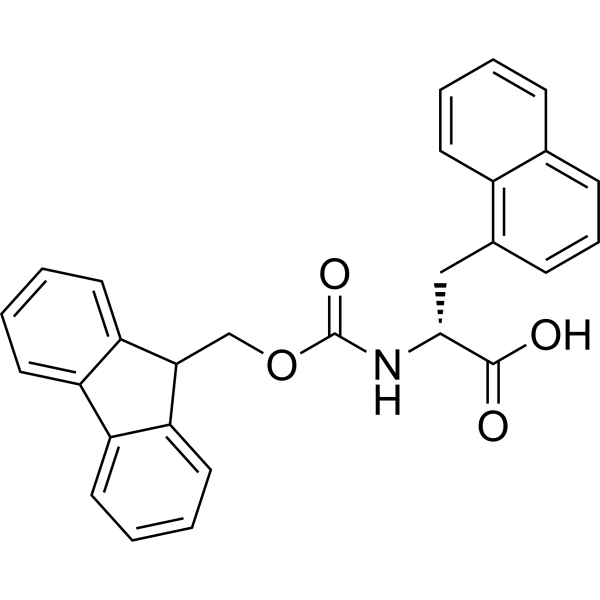
- HY-W050444
-
-

- HY-W011020
-
-
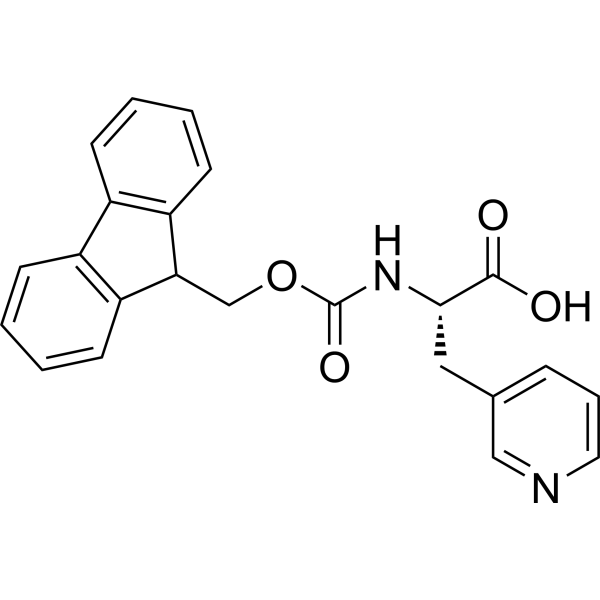
- HY-W050782
-
-
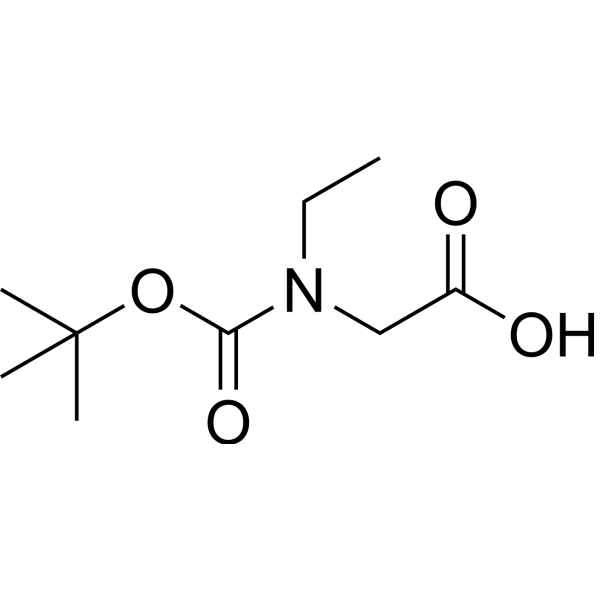
- HY-W013719
-
-
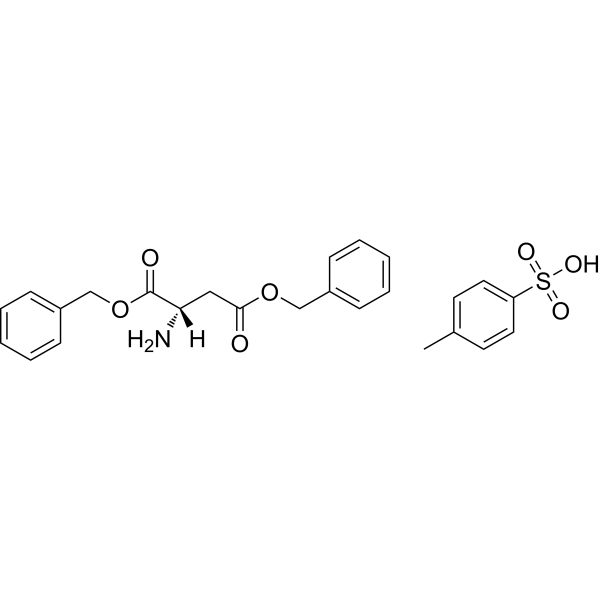
- HY-W051299
-
-
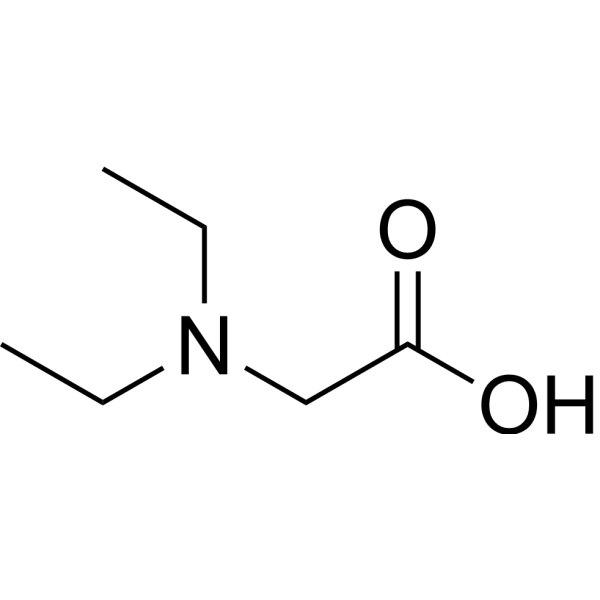
- HY-W013686
-
-
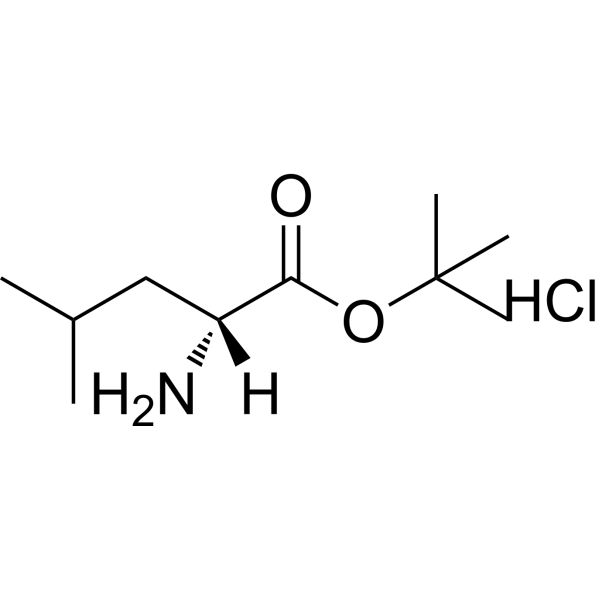
- HY-W013280
-
-
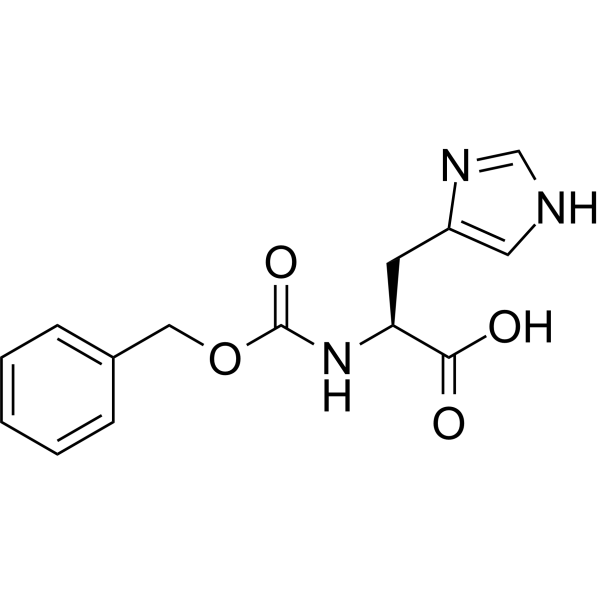
- HY-W013651
-
-
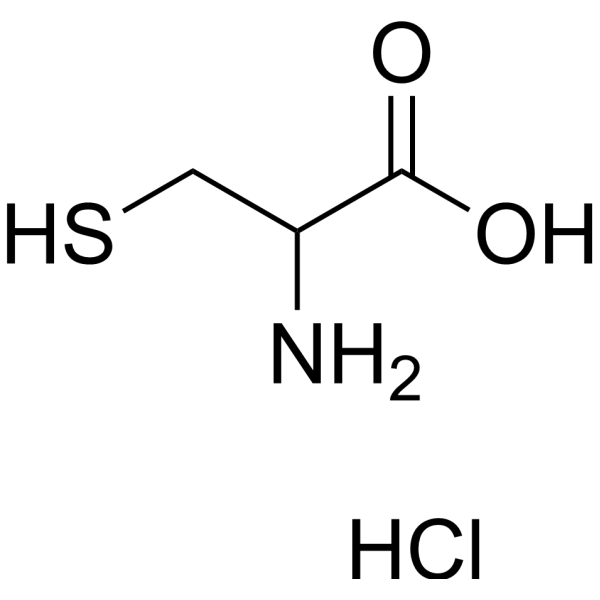
- HY-W008379
-
-
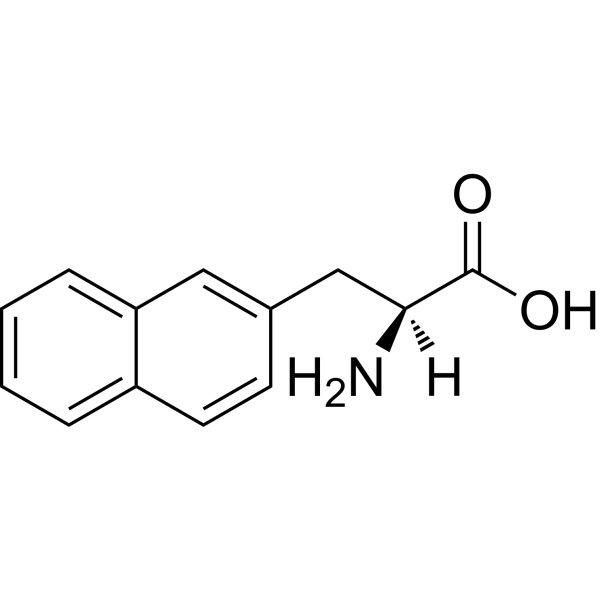
- HY-W013622
-
-
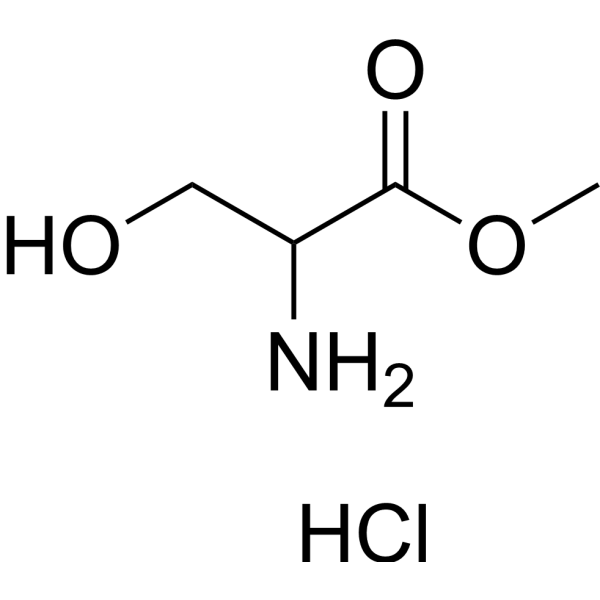
- HY-W013460
-
-
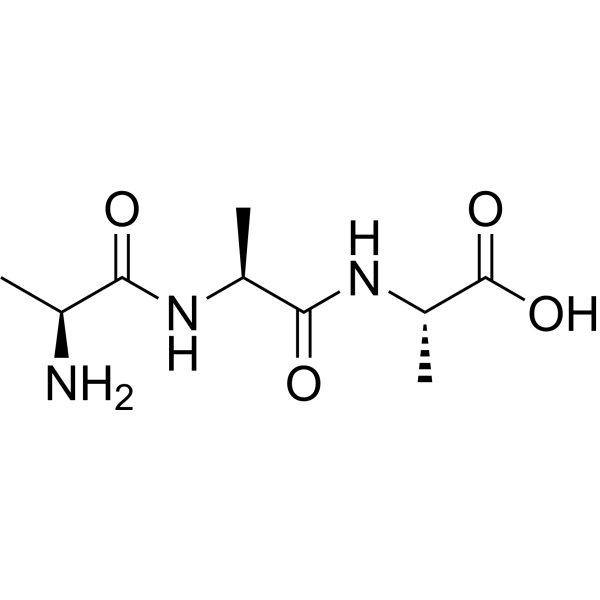
- HY-W013241
-
-
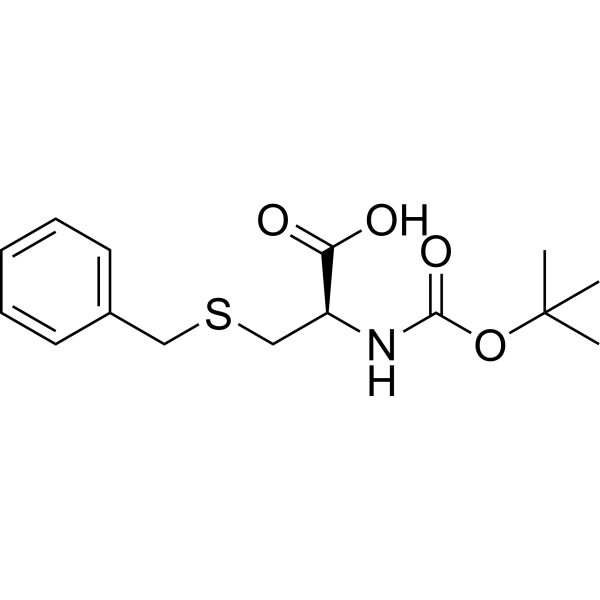
- HY-W014329
-
-

- HY-W014304
-
-

- HY-W008021
-
-

- HY-W013824
-
-
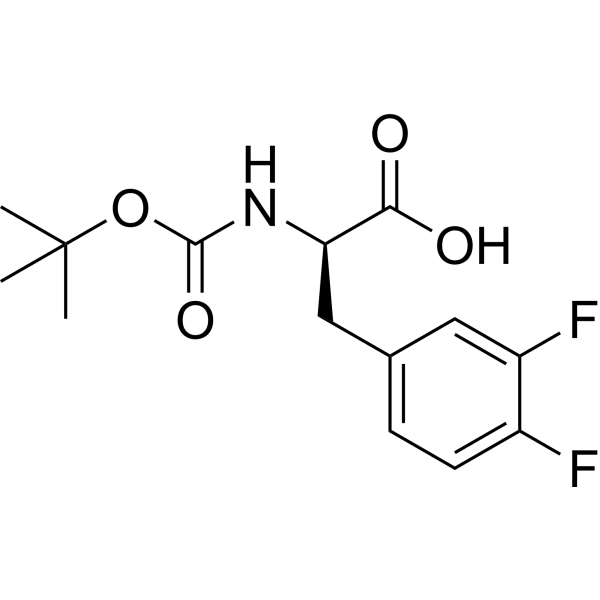
- HY-W041984
-
-

- HY-W008530
-
-
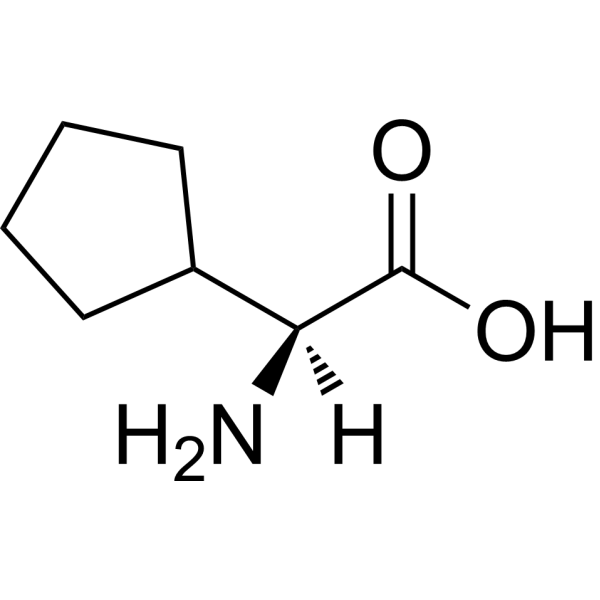
- HY-W048681
-
-
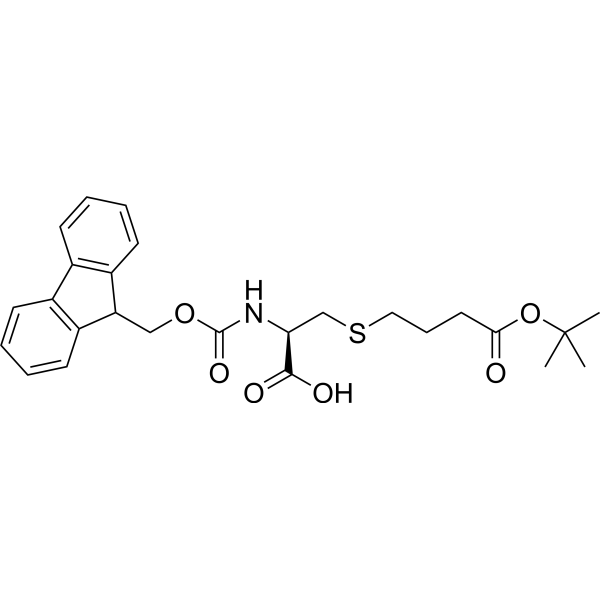
- HY-W022138
-
-
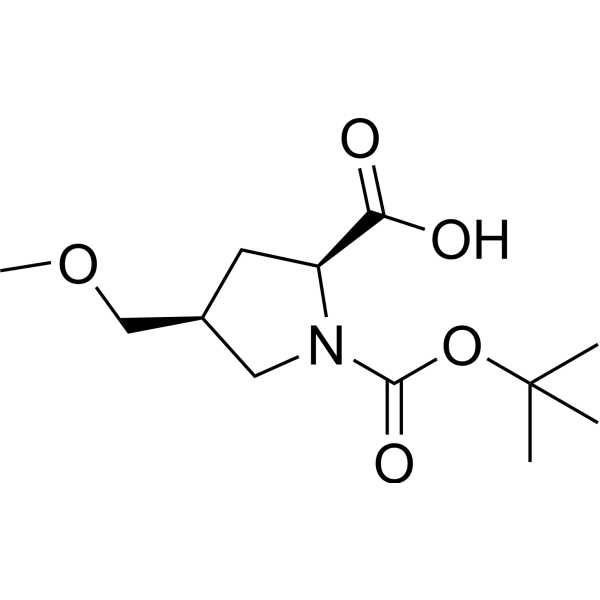
- HY-W010775
-
-

- HY-W010209
-
-
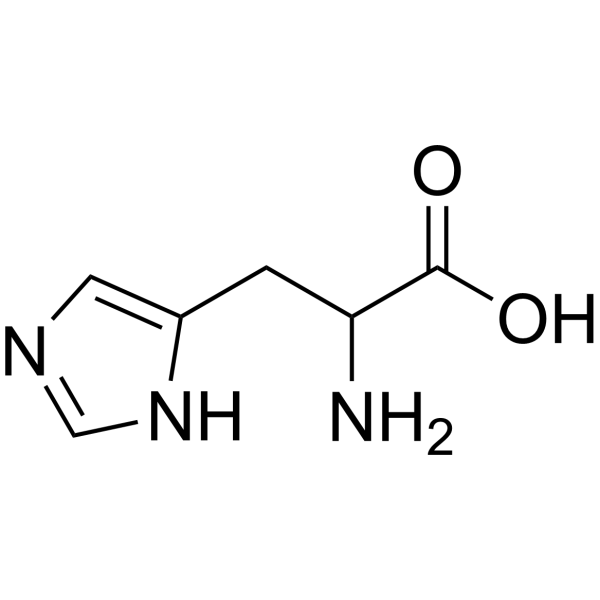
- HY-W003222
-
|
|
Biochemical Assay Reagents
|
Others
|
|
N-tert-Boc-cis-4-fluoro-L-proline is a biochemical reagent that can be used as a biological material or organic compound for life science related research.
|
-
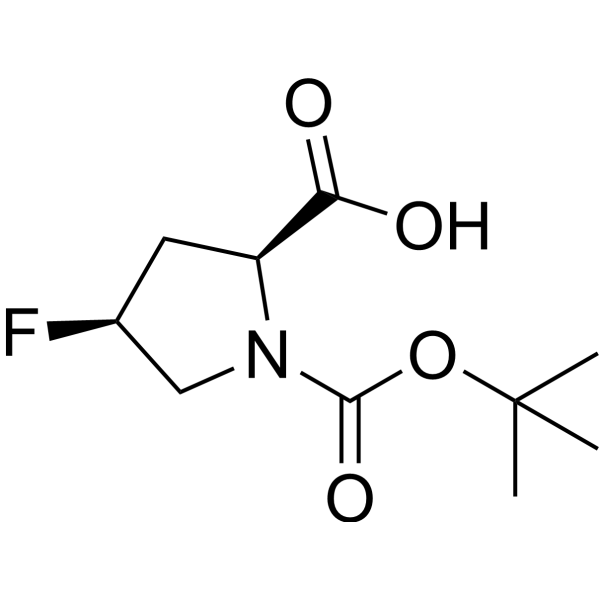
- HY-W007618
-
|
|
Biochemical Assay Reagents
|
Others
|
|
Boc-Lys-OH is a lysine derivative of azocyclic and anthraquinone. Boc-Lys-OH is a polypeptide-based heterofunctional linking molecule, which can be used as a biomarker reagent .
|
-

- HY-W013781
-
|
|
Biochemical Assay Reagents
|
Others
|
|
Boc-Glu(OBzl)-OH (Compound 9) is a glutamic acid derivative commonly used in Boc SPPS. Glutamic acid residues increase the hydrophilicity of the polypeptide and play an important structural and receptor binding role .
|
-
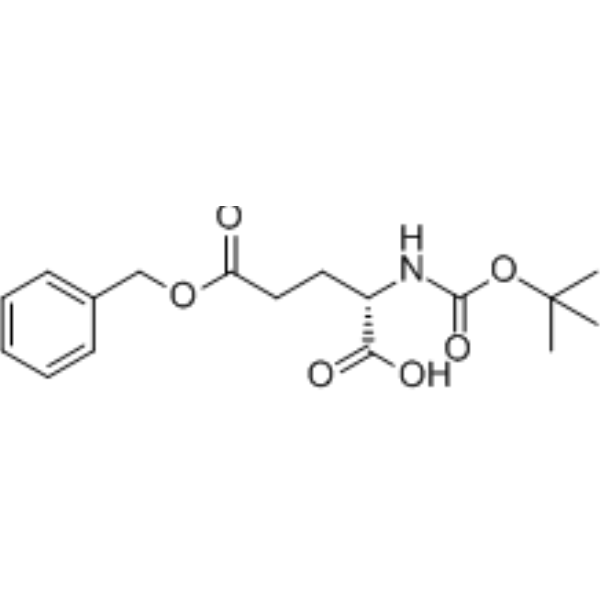
- HY-W046071
-
|
|
Biochemical Assay Reagents
|
Others
|
|
N-Boc-trans-4-fluoro-L-proline is a biochemical reagent that can be used as a biological material or organic compound for life science related research.
|
-
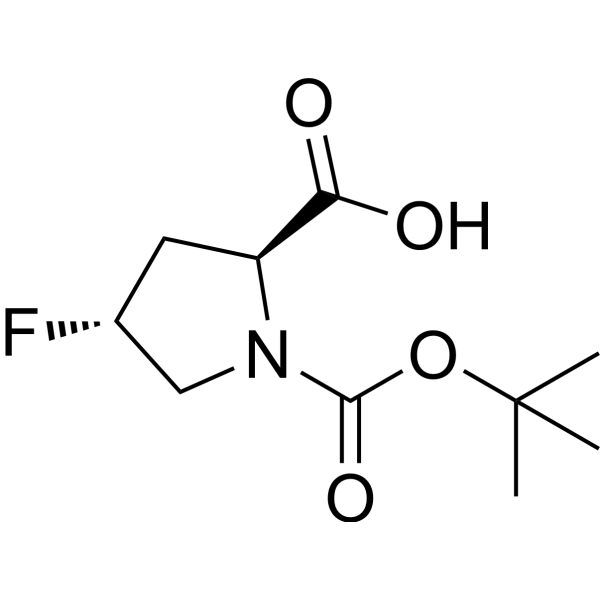
- HY-30167
-
|
(R)-2-Amino-3-methyl-butanol
|
Biochemical Assay Reagents
|
Others
|
|
(2R)-2-Amino-3-methylbutan-1-ol is a biochemical reagent that can be used as a biological material or organic compound for life science related research.
|
-
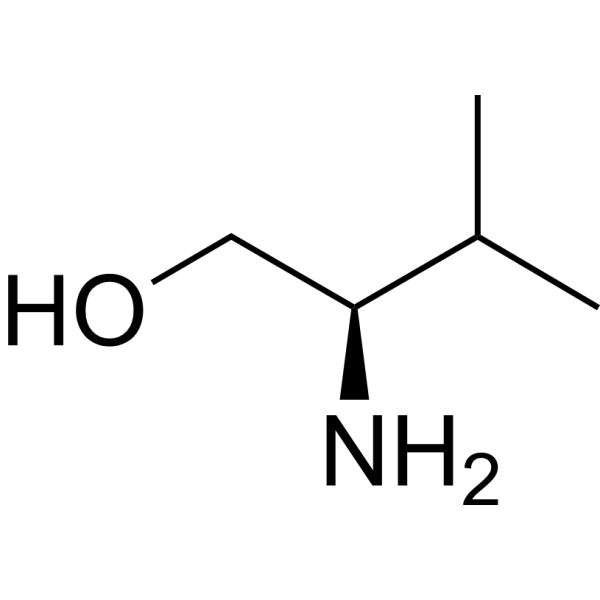
- HY-W015800
-
|
|
Biochemical Assay Reagents
|
Others
|
|
L-Homoserine lactone hydrochloride is a biochemical reagent that can be used as a biological material or organic compound for life science related research.
|
-
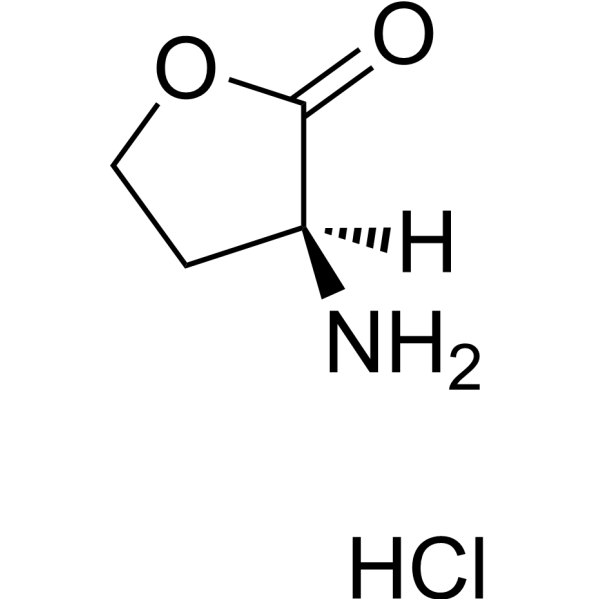
- HY-W087830
-
|
|
Biochemical Assay Reagents
|
Others
|
|
(S)-2-Amino-3-(4-boronophenyl)propanoic acid is a biochemical reagent that can be used as a biological material or organic compound for life science related research.
|
-
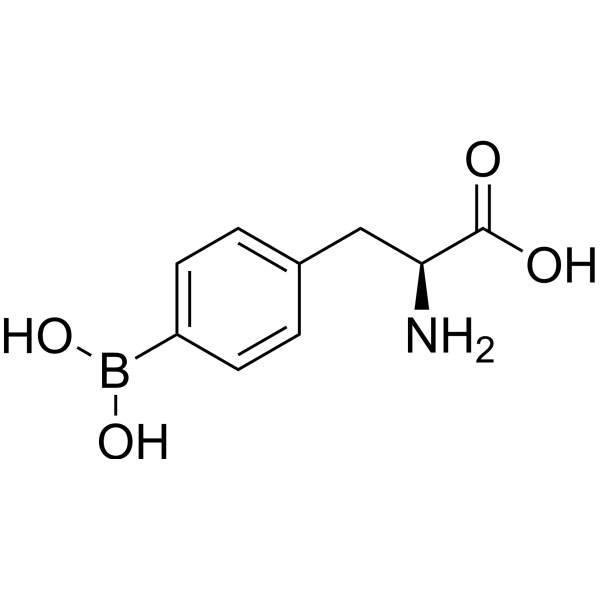
- HY-30167A
-
|
(S)-2-Amino-3-methyl-butanol
|
Biochemical Assay Reagents
|
Others
|
|
L-Valinol ((S)-2-Amino-3-methyl-butanol) is a biochemical reagent that can be used as a biological material or organic compound for life science related research.
|
-
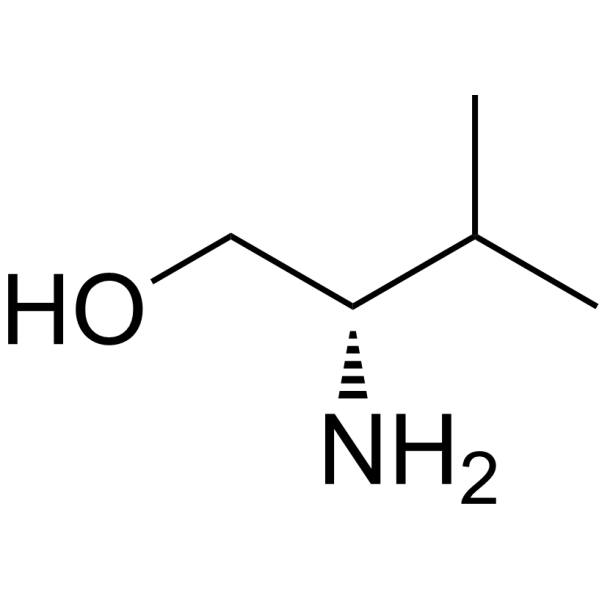
- HY-W008370
-
|
|
Biochemical Assay Reagents
|
Others
|
|
Z-Hyp-OMe is a biochemical reagent that can be used as a biological material or organic compound for life science related research.
|
-
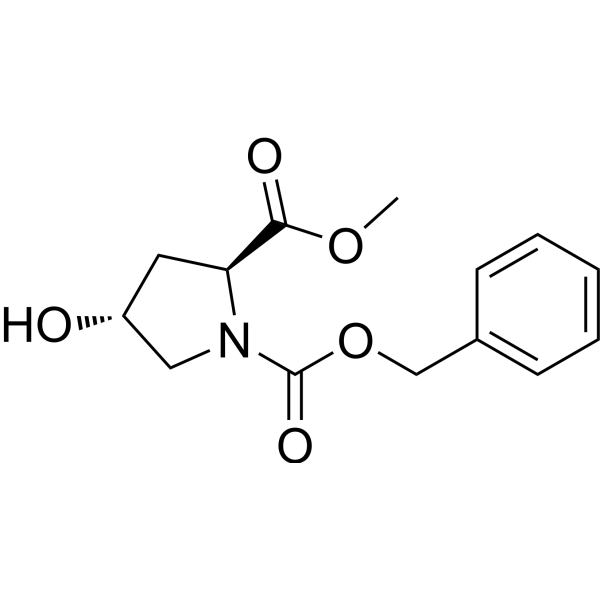
- HY-W010499
-
|
|
Biochemical Assay Reagents
|
Others
|
|
H-D-Homoser-OH is a biochemical reagent that can be used as a biological material or organic compound for life science related research.
|
-
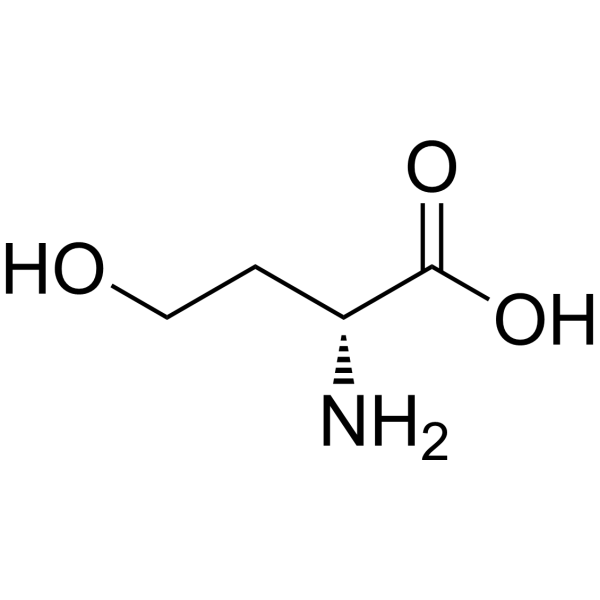
- HY-W012908
-
|
|
Biochemical Assay Reagents
|
Others
|
|
H-DL-Pro-OH is a biochemical reagent that can be used as a biological material or organic compound for life science related research.
|
-

- HY-W002038
-
|
|
Biochemical Assay Reagents
|
Others
|
|
(-)-Phenylglycinol is a biochemical reagent that can be used as a biological material or organic compound for life science related research.
|
-
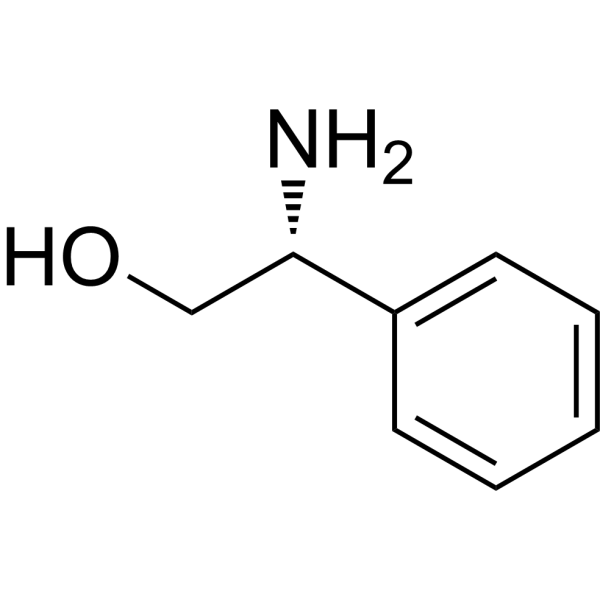
- HY-W016256
-
|
|
Bacterial
|
Infection
|
|
L-Methioninamide hydrochloride, a Methionine analogue, is Methionyl-tRNA synthetase inhibitor .
|
-
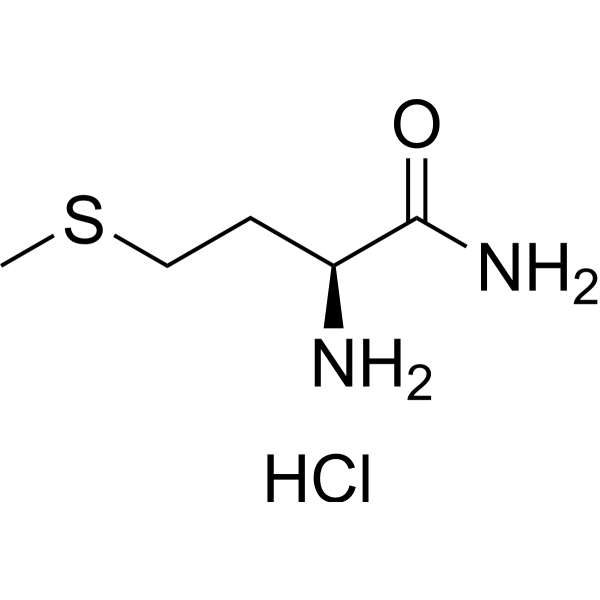
- HY-W088014
-
-
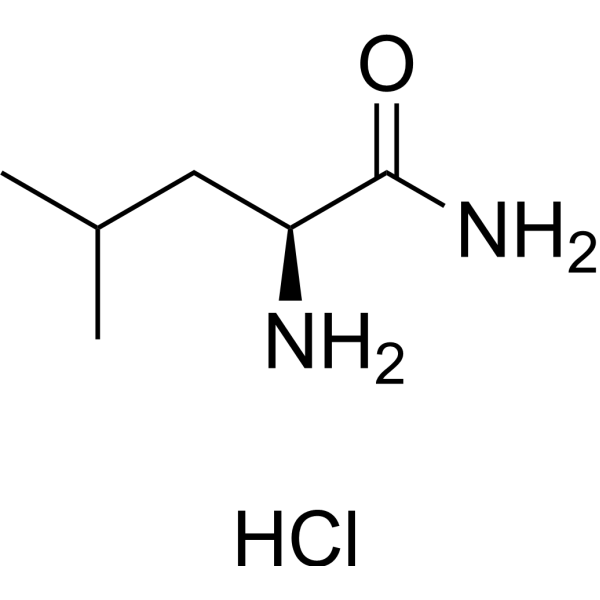
- HY-100047
-
|
|
Taste Receptor
|
Others
|
|
Nα,Nα-Bis(carboxymethyl)-L-lysine is a competitive inhibitor of bitter taste receptor 4, with an IC50 of 59 nM. Nα,Nα-Bis(carboxymethyl)-L-lysine can be used in bitter receptors related study [3].
|
-
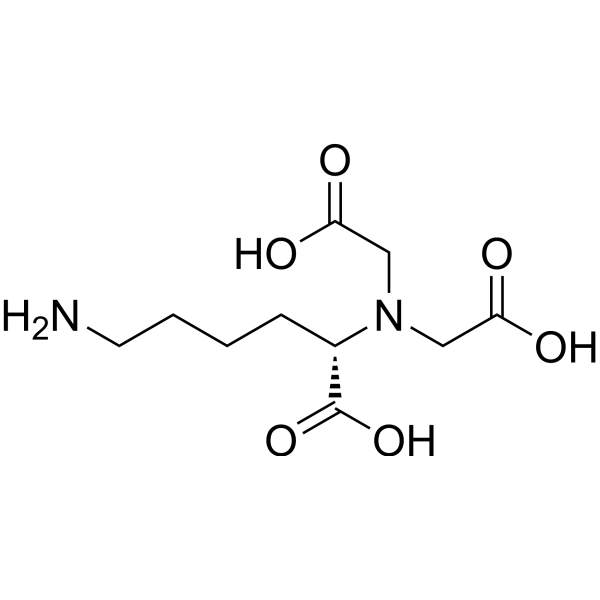
- HY-113064
-
|
|
Endogenous Metabolite
|
Cancer
|
|
Selenocystine is a broad-spectrum anti-cancer agent. Selenocystine induces DNA damage in HepG2 cells, particularly in the form of DNA double strand breaks (DSBs). Selenocystine exhibits great promise as a therapeutic or adjuvant agent targeting DNA repair for cancer treatment .
|
-

- HY-118535
-
-
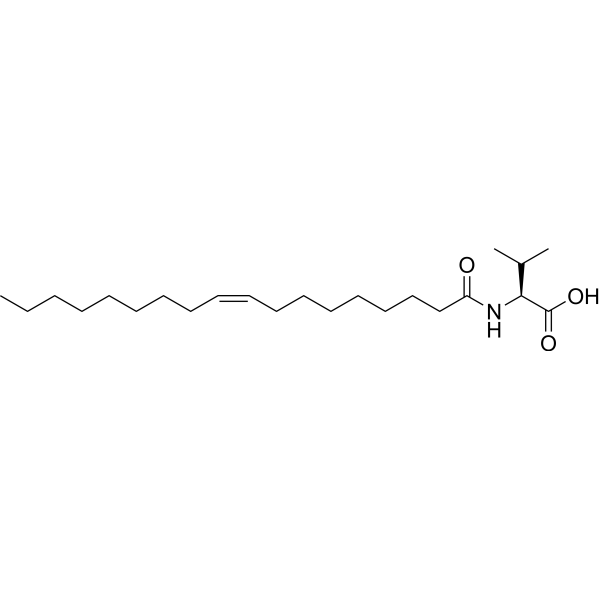
- HY-119782
-
|
|
Fluorescent Dye
|
Others
|
|
L-Argininamide is a hydrophilic amino acid derivative and can be used as a compound for ligand binding DNA aptamers. L-Argininamide has the potential for fluorescent aptasensors development .
|
-
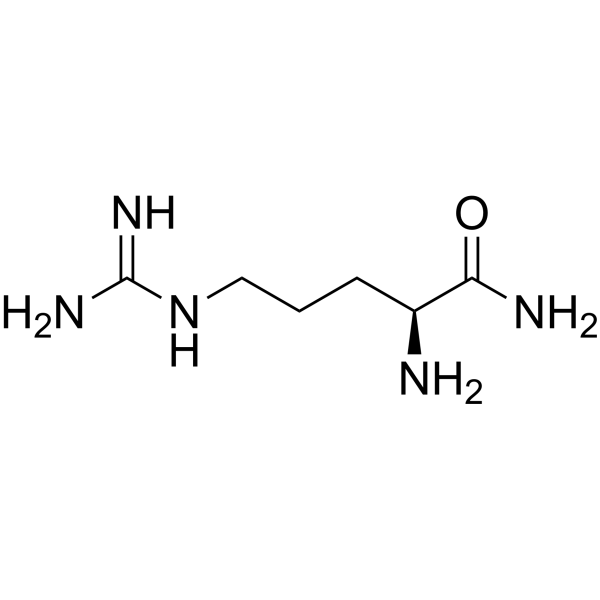
- HY-121520
-
-
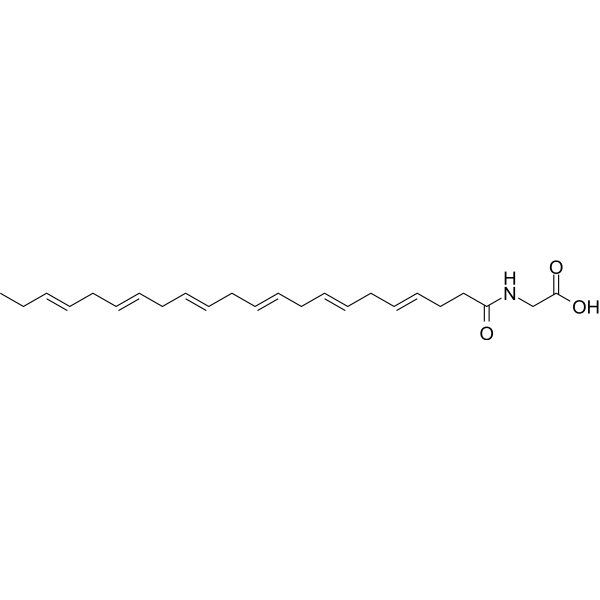
- HY-121705
-
|
|
Endogenous Metabolite
|
Inflammation/Immunology
|
|
Propionyl-L-carnitine is a carnitine derivative and has a high affinity for muscular carnitine transferase. Propionyl-L-carnitine increases cellular carnitine content, thereby allowing free fatty acid transport into the mitochondria. Propionyl-L-carnitine alleviates the symptoms of PAD through a metabolic pathway, thereby improving exercise performance .
|
-
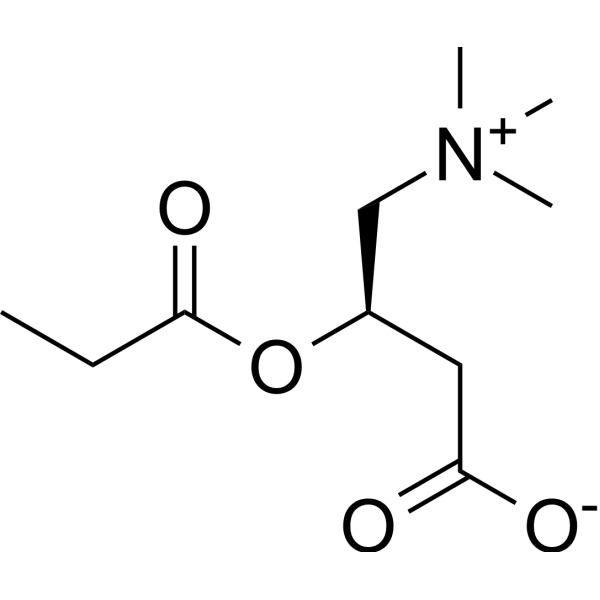
- HY-124081
-
|
|
Apoptosis
|
Metabolic Disease
|
|
N-Oleoyl-L-Serine is an endogenous amide of long-chain fatty acids with ethanolamine (N-acyl amides). N-Oleoyl-L-Serine is a lipid regulator of bone remodeling and stimulates osteoclast apoptosis. N-Oleoyl-L-Serine can be used for antiosteoporotic drug discovery development .
|
-

- HY-134124
-
|
|
Reactive Oxygen Species
|
Inflammation/Immunology
|
|
Glutathione ethyl ester is a cell-permeable GSH donor and provides an efficient supply of GSH to the oocyte. Glutathione ethyl ester shows positive effect on the in vitro production of embryos by enhancement of the antioxidative defense .
|
-
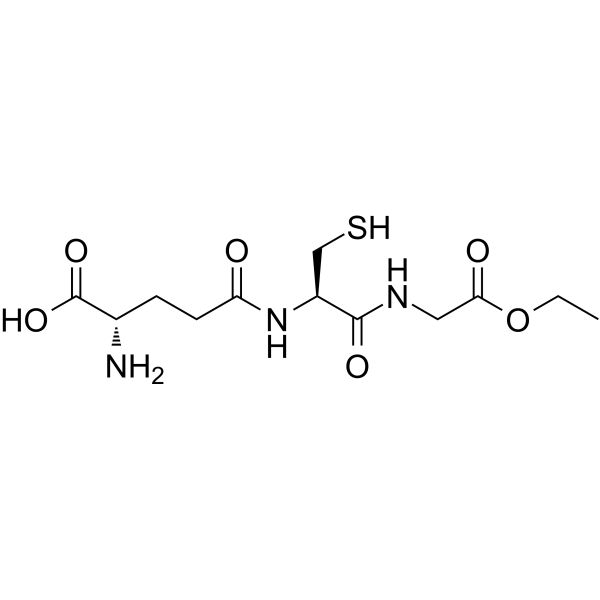
- HY-134445
-
-
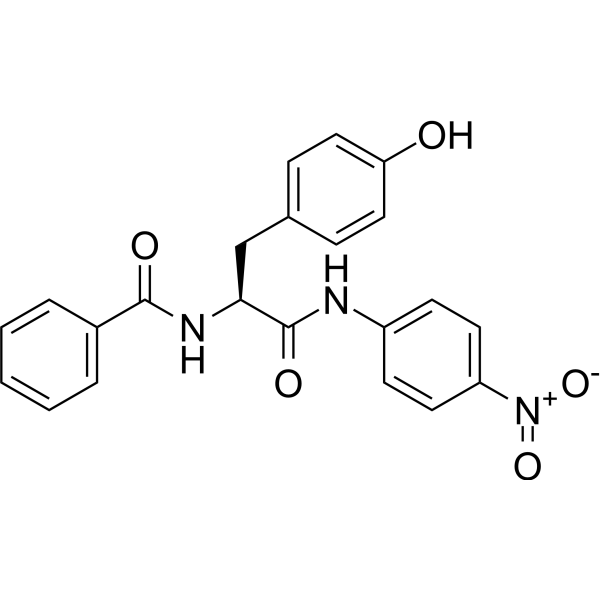
- HY-139006
-
|
|
TRP Channel
|
Neurological Disease
|
|
N-oleoyl-glutamine is a PM20D1-regulated N-acyl amino acids (NAAs). N-oleoyl-glutamine is a transient receptor potential (TRP) antagonist .
|
-
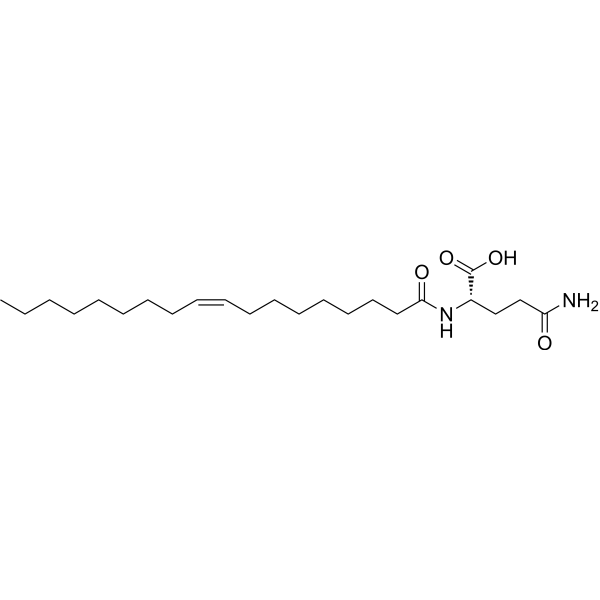
- HY-120731
-
-
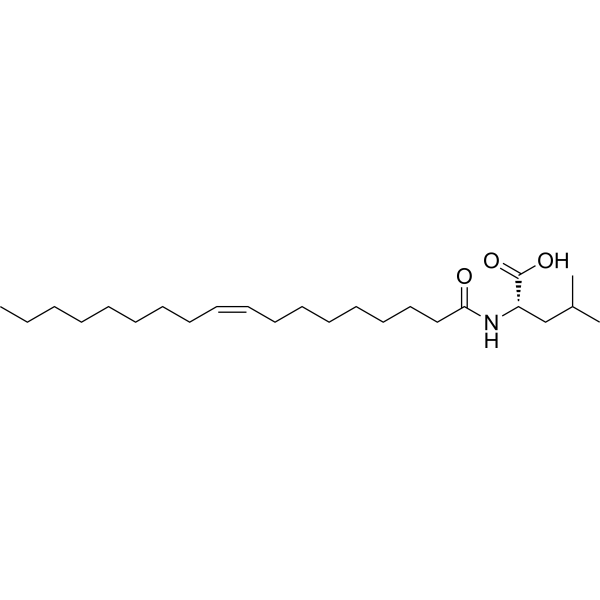
- HY-137416
-
-

- HY-137529
-
-
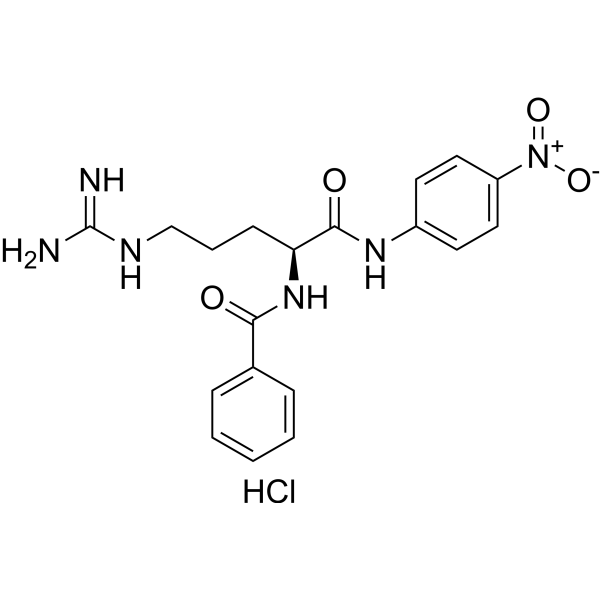
- HY-145512
-
-

- HY-33228
-
-
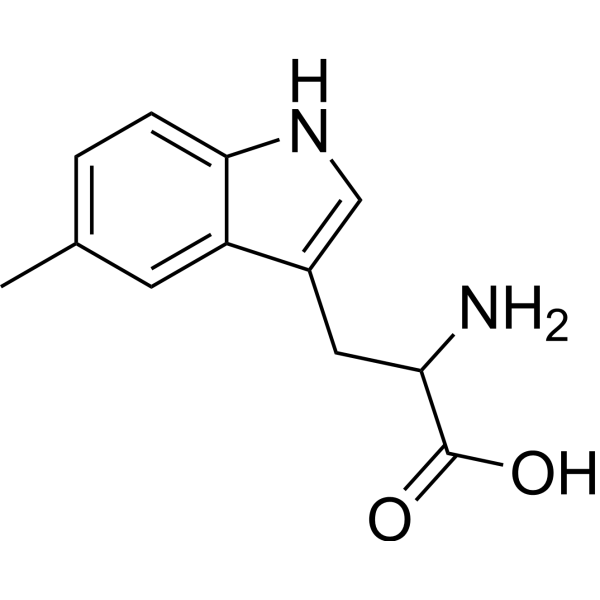
- HY-B1581
-
-
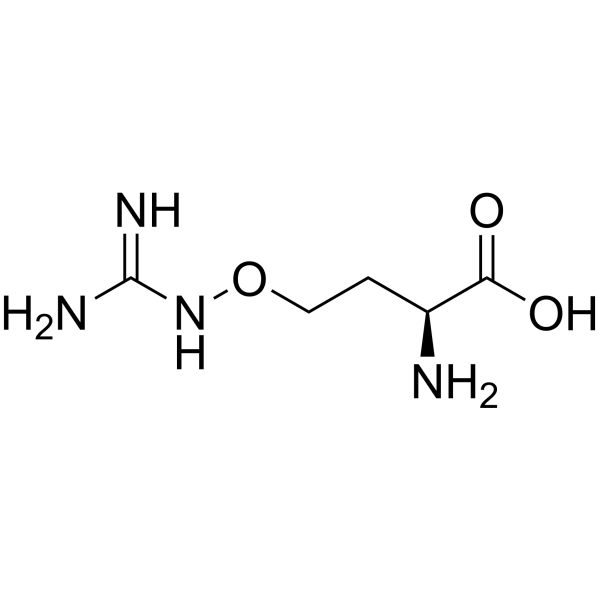
- HY-N7831
-
-
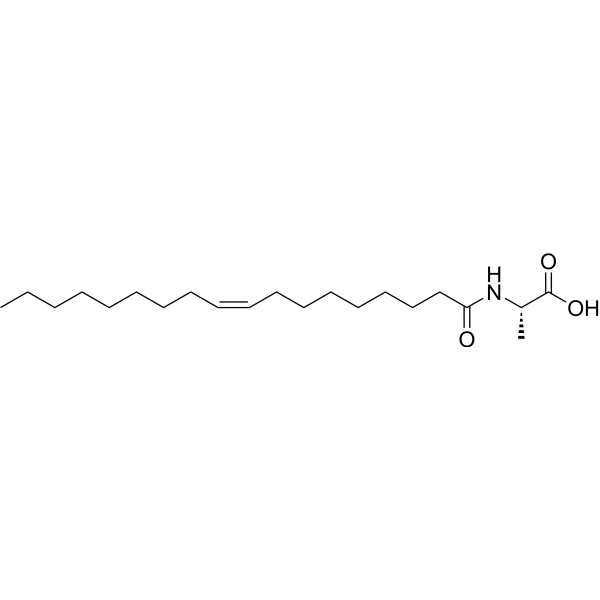
- HY-W009472
-
-

- HY-W011155
-
-
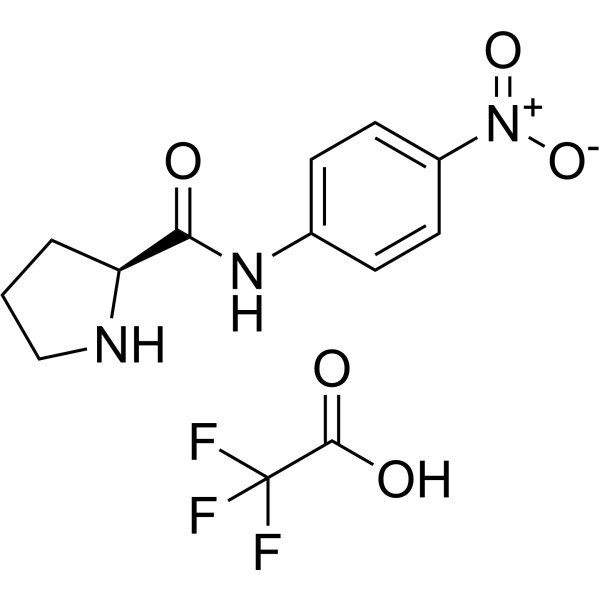
- HY-W015897
-
-

- HY-W017200
-
-

- HY-W017255
-
|
L-R-(3-Thieyl)glycie; L-α-3-Thieylglycie
|
Amino Acid Derivatives
|
Others
|
|
(S)-3-Thienylglycine (L-R-(3-Thieyl)glycie; L-α-3-Thieylglycie) is aamino acids and their derivatives.
|
-

- HY-W018502
-
-

- HY-W020826
-
-
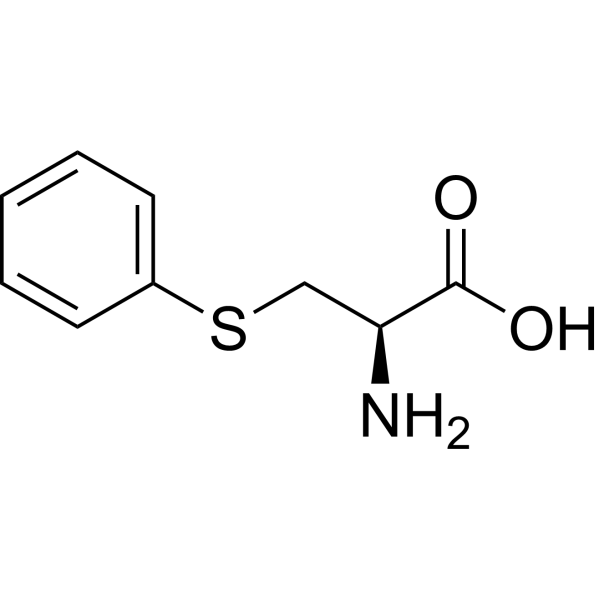
- HY-W074889
-
-
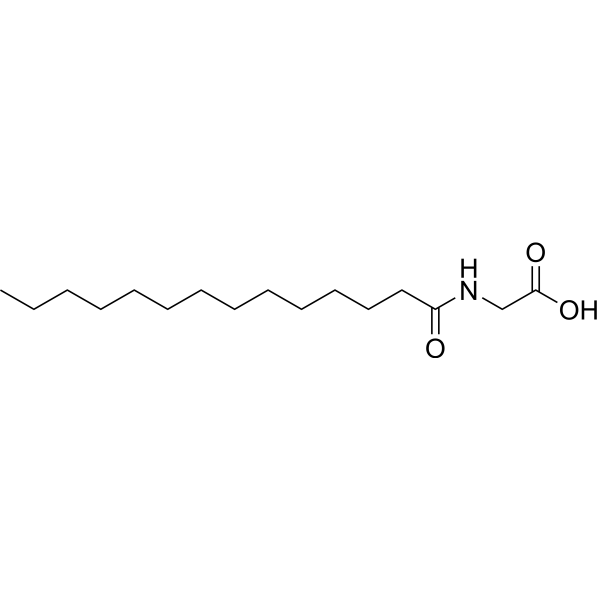
- HY-W097491
-
-
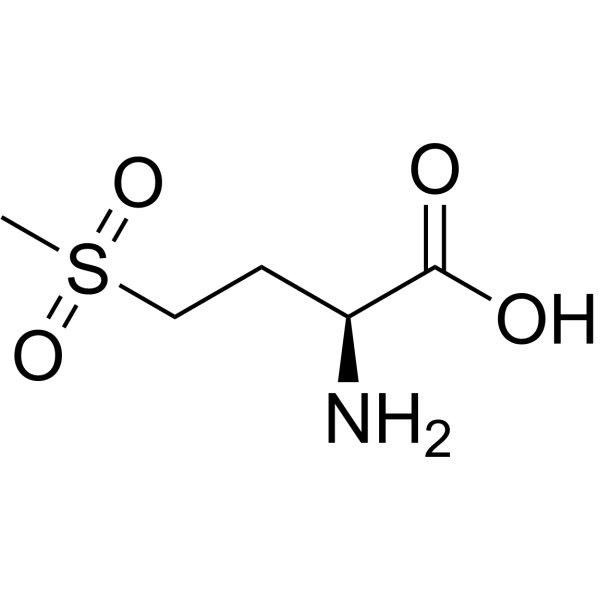
- HY-W101377
-
-

- HY-W105740
-
-

- HY-W105804
-
-

- HY-W107585
-
-
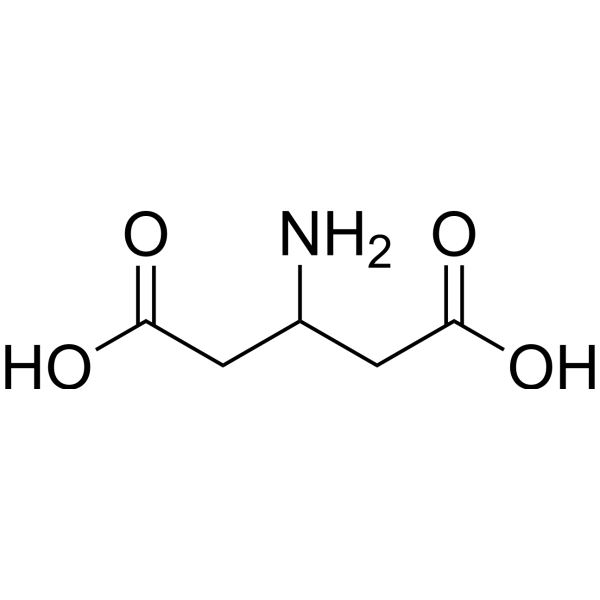
- HY-W131398
-
-
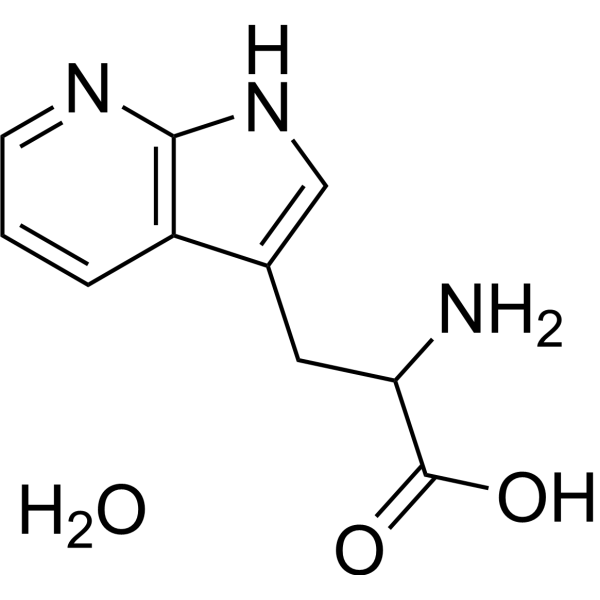
- HY-W142080
-
-
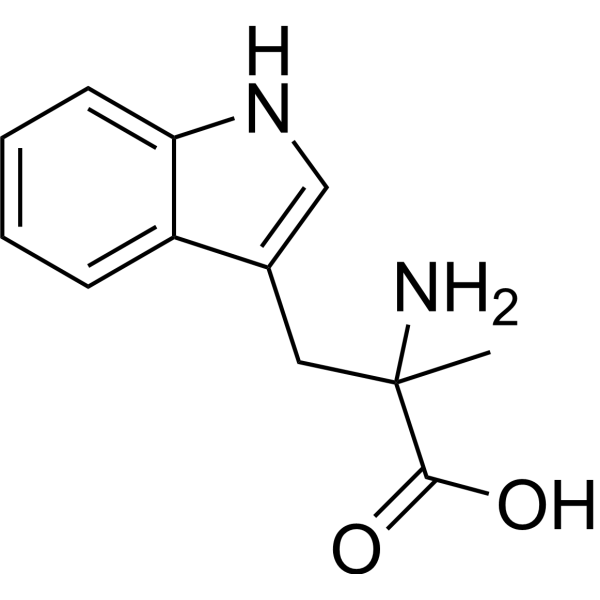
- HY-W330469
-
-
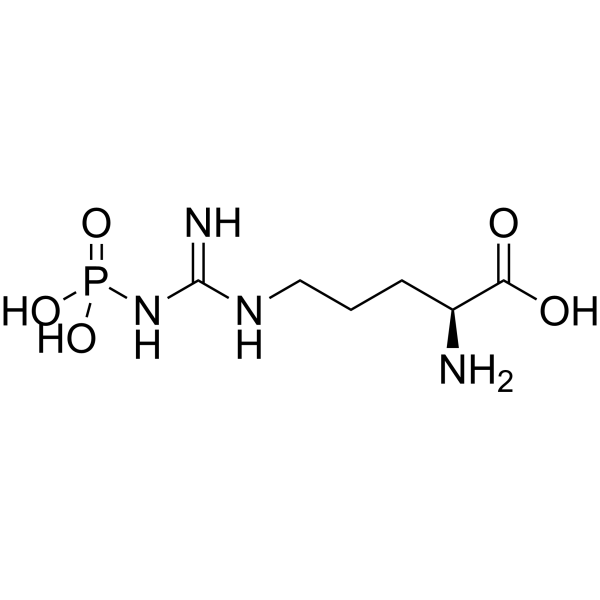
- HY-W345421
-
-
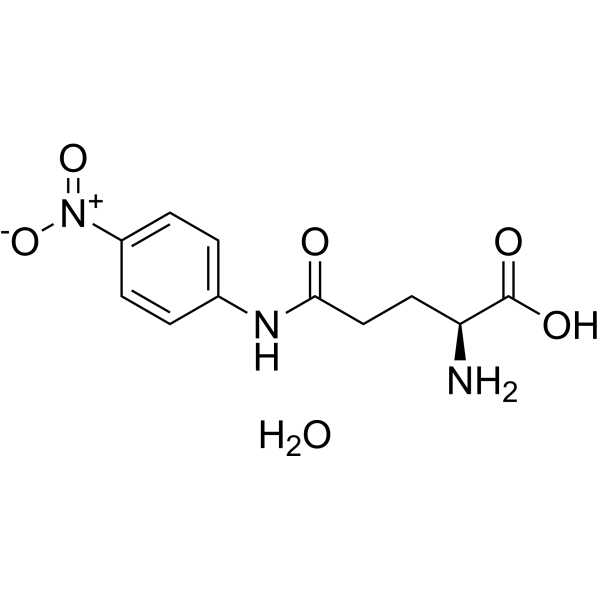
- HY-W745139
-
-

- HY-W004114
-
-
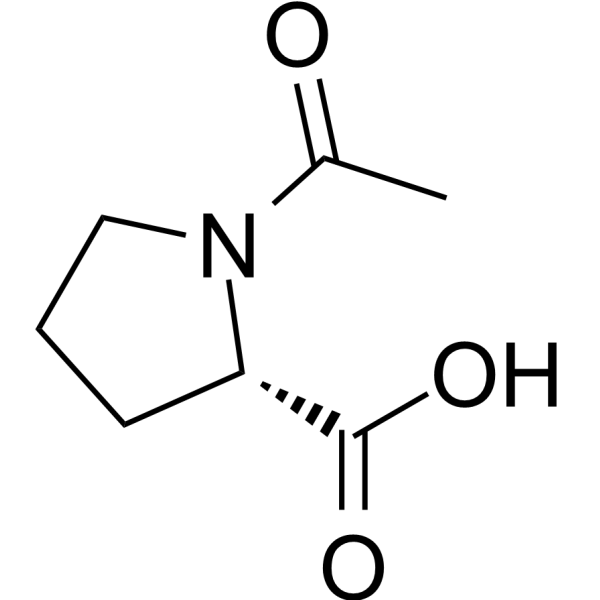
- HY-W019599
-
-
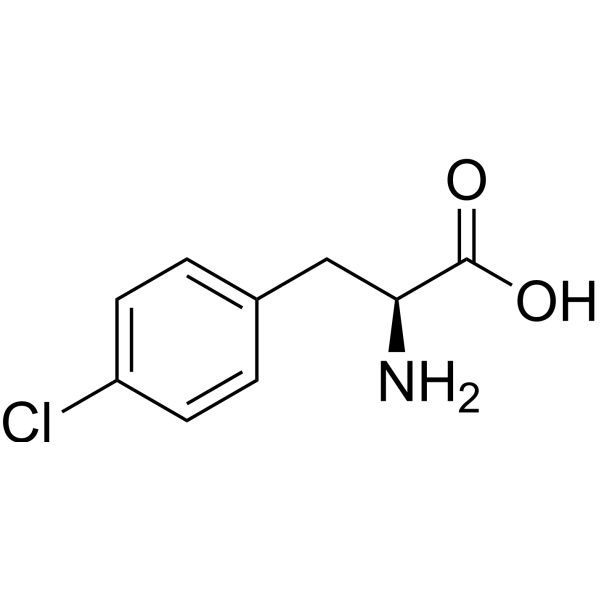
- HY-136934
-
|
[Boc-Glu(Obzl)]2-Lys-Ome
|
P-glycoprotein
|
Cancer
|
|
Reversin 205 ([Boc-Glu(Obzl)]2-Lys-Ome) is a P-glycoprotein (ABCB1) inhibitor. Reversin 205 is a peptide chemosensitizer .
|
-
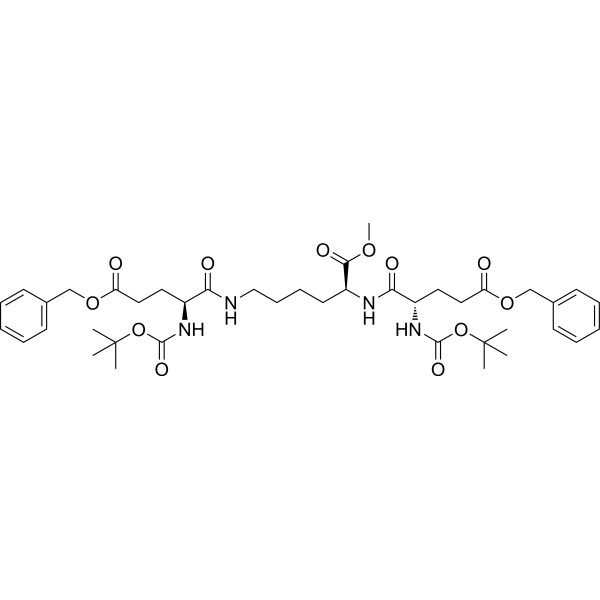
- HY-P2089
-
|
|
MMP
|
Others
|
|
Dnp-PYAYWMR is a peptide substrate that selectively targets MMP3. Dnp-PYAYWMR is cleaved by MMP3 to produce Dnp-PYA (nonfluorescent) and YWMR (fluorophore detectable at 360 nm). After incubation of MMP3 with Dnp-PYAYWMR for 2 h, MMP3 fluorescence intensity was measured. Ex/Em=328/350 nm .
|
-
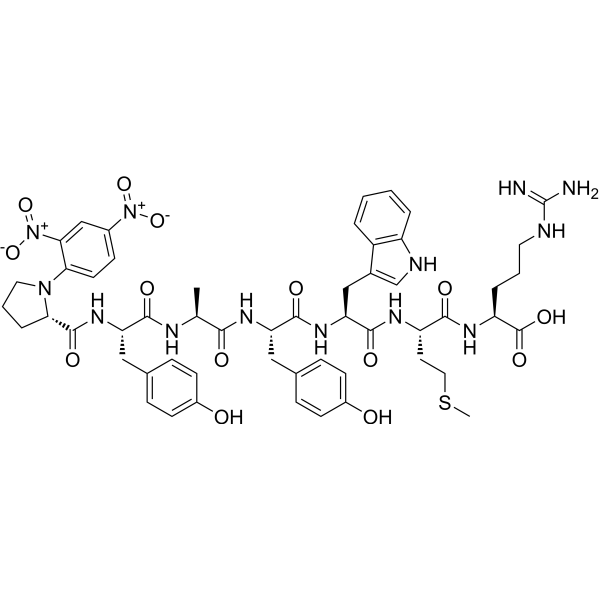
- HY-P10036
-
|
|
PKG
|
Others
|
|
G-Subtide is a G-substrate peptide localized in Purkinje cells of the cerebellum. G-Subtide has little activity distinct from background and is a preferentially phosphorylated peptide substrate of recombinant PfPKG2 protein .
|
-
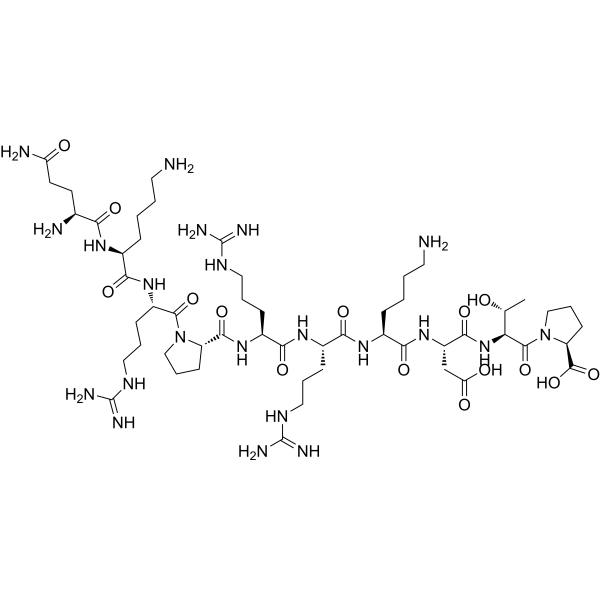
- HY-P10038
-
|
Myr-FEEERA-OH
|
Integrin
|
Infection
|
|
mP6 (Myr-FEEERA-OH) is a myristoylated peptide. mP6 inhibits the interaction of Gα13 with integrin β3 without disrupting talin-dependent integrin function. mP6 can block the GTP usage of Rac1, Rap1, and Rab7, effectively inhibiting the infection of CHO-A24 cells .
|
-

- HY-P10058
-
|
|
Biochemical Assay Reagents
|
Cancer
|
|
cpm-1285m is a cell-permeable mutated peptide analogue of cpm-1285 (Bcl-2 inhibitory peptide). cpm-1285m contains a single substitution of alanine for Leu-151, and exhibits a decrease in Bcl-2 binding affinity with a reduction in IC50 of ∼15-fold. cpm-1285m can be used as a control of cpm-1285 .
|
-

- HY-P10056
-
|
Human ezrin peptide (324-337)
|
HIV
|
Infection
|
|
HEP-1 (Human ezrin peptide (324-337)) is an orally active peptide with anti-HIV activity. HEP-1 enhances antibody titers generated by hepatitis B vaccination. HEP-1 has the potential to be studied against viral infections .
|
-
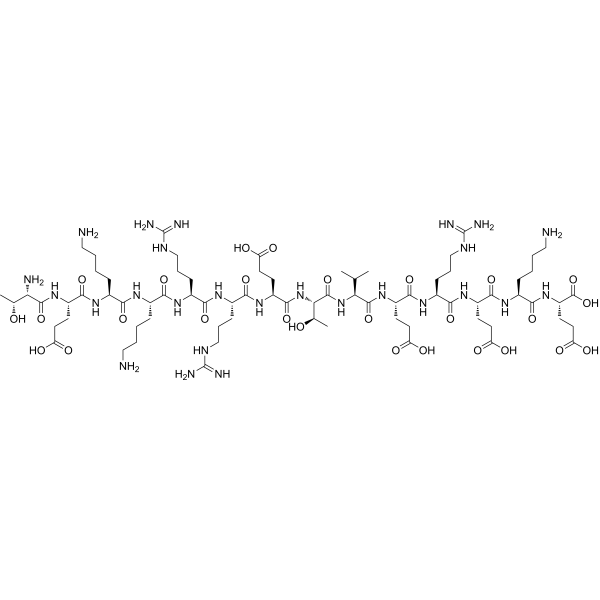
- HY-P10062
-
|
|
Biochemical Assay Reagents
|
Metabolic Disease
|
|
Hylambatin, a tachykinin, increases both plasma glucose and plasma insulin, whereas the secretion of glucagon was not affected. Hylambatin can be used in diabetes research .
|
-

- HY-P10046
-
|
|
Vasopressin Receptor
|
Metabolic Disease
|
|
[Deamino-Pen1,Val4,D-Arg8]-vasopressin (AVP-A) is an arginine-vasopressin (AVP) antagonist. AVP-A can significantly lower plasma aldosterone concentration in rats. AVP-A can be used for the research of the growth and steroidogenic capacity of rat adrenal zona glomerulosa .
|
-
![[Deamino-Pen1,Val4,D-Arg8]-vasopressin](//file.medchemexpress.com/product_pic/hy-p10046.gif)
- HY-P10051
-
|
|
Ras
Raf
|
Cancer
|
|
Cyclorasin 9A5 is an 11-residue cell-permeable cyclic peptide that orthosterically inhibits the Ras-Raf protein interaction with an IC50 of 120 nM .
|
-

- HY-P10052
-
|
|
VEGFR
|
Cancer
|
|
CBO-P11 specifically binds to receptor of VEGFR-2 and is used as targeting ligand for tumor angiogenesis. CBO-P11 is modified with a nearinfrared cyanine dye bearing an alkyne function, allowing both “click” coupling on azido-modified nanoparticles and fluorescence labelling .
|
-

- HY-P10057
-
|
|
Apoptosis
|
Cancer
|
|
cpm-1285 induces apoptosis by functionally blocking intracellular Bcl-2 and related death antagonists. cpm-1285 shows strong binding potency to Bcl-2 with an IC50 value of 130 nM. cpm-1285 reduces tumor burden in mice .
|
-

- HY-P10060
-
-

- HY-P10065
-
-
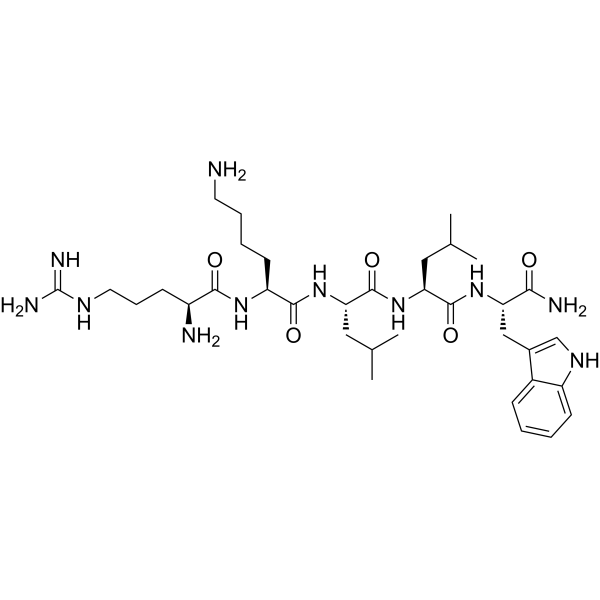
- HY-P2682
-
|
|
MMP
|
Metabolic Disease
|
|
MMP-8/MMP-26 Fluorogenic substrate (DNP-Pro-Leu-Ala-Tyr-Trp-Ala-Arg) is a matrix metalloproteinase-8 (MMP-8) fluorogenic substrate. MMP-8/MMP-26 Fluorogenic substrate can be used for the research of atherosclerosis, pulmonary fibrosis, and sepsis .
|
-
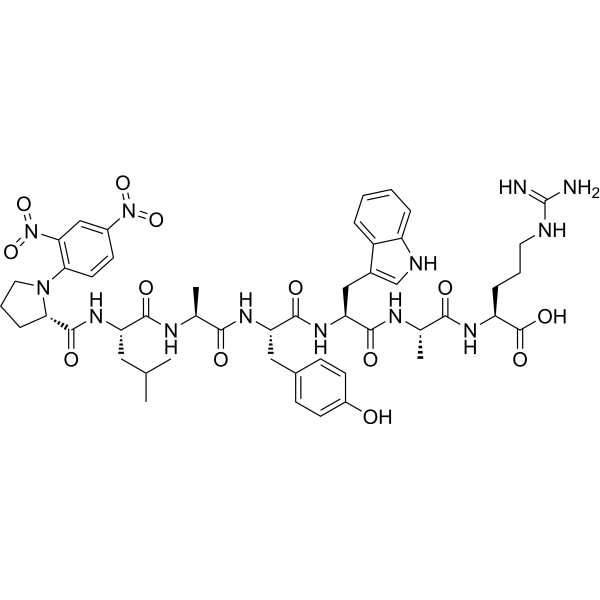
- HY-W040705
-
|
N-Methylanthranilic acid
|
Drug Metabolite
|
Others
|
|
2-(Methylamino)benzoic acid is the main metabolite of methyl-N-methylanthranilates (MMA) (HY-76705) and is the compound in which the ester group is converted. MMA can be isolated from citrus fruits and has potential analgesic activity. 2-(Methylamino)benzoic acid was used to detect the metabolic levels of MMA in rat liver .
|
-
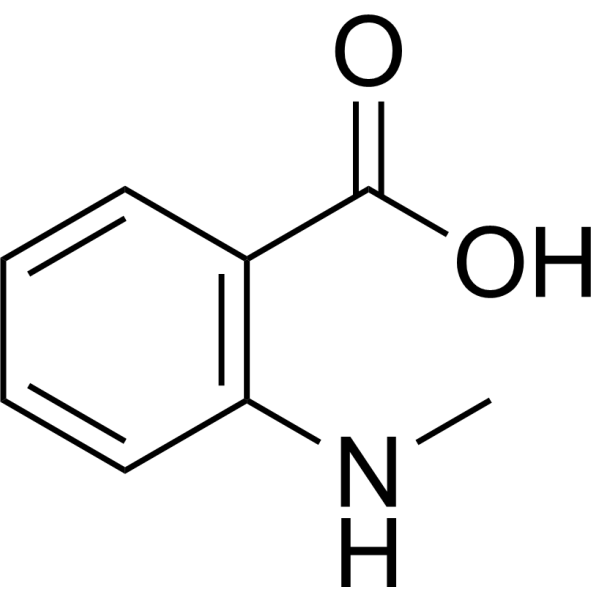
- HY-P10061
-
|
|
Cathepsin
|
Cancer
|
|
Cathepsin K inhibitor 4 is a potent carbohydrazide Cathepsin K inhibitor with IC50s of 13 nM, 269 nM, 296 nM for human, rat, mouse Cathepsin K, respectively .
|
-
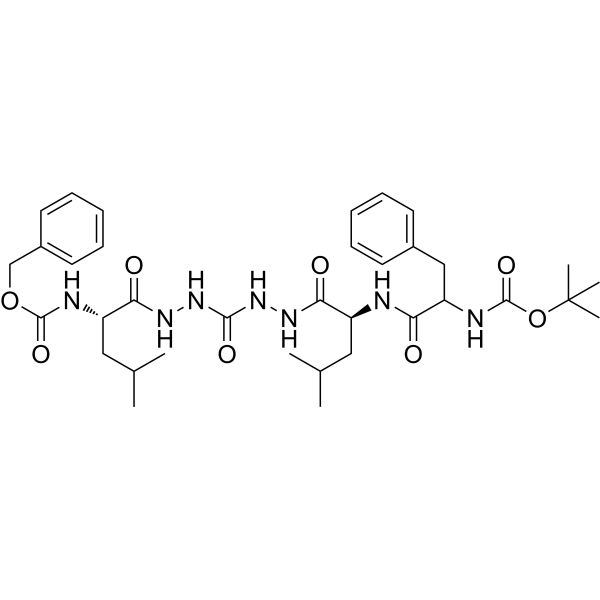
- HY-P4201
-
|
|
Vasopressin Receptor
|
Cardiovascular Disease
|
|
JKC 301 is a selective Endothelin A receptor antagonist. JKC 301 attenuates the pressor effects of nicotine in rats. JKC 301 can be used to study cardiovascular disease caused by smoking .
|
-

- HY-126169
-
-
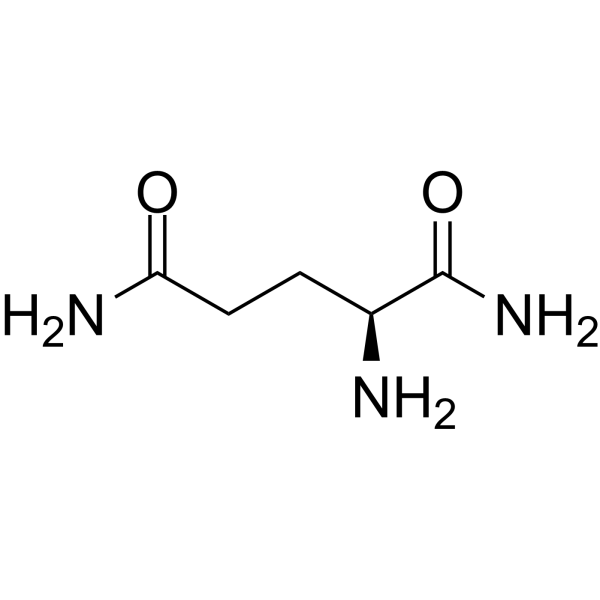
- HY-W650842
-
|
|
Caspase
|
Cancer
|
|
Boc-Asp(OBzl)-CMK is an inhibitor for IL-1 converting enzyme (ICE, caspase1). Boc-Asp(OBzl)-CMK prevents death of CHP100 neuroblastoma cell, and IL-1β release elicited by the viral coat protein .
|
-
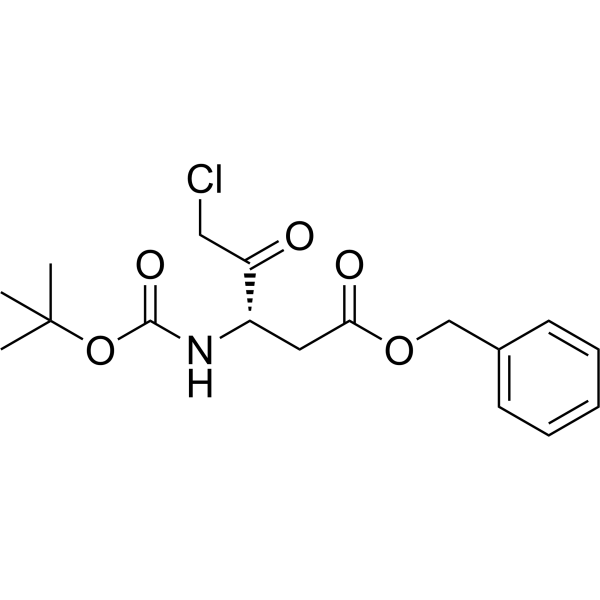
- HY-W141955
-
-

- HY-138815
-
|
|
Glucosidase
|
Metabolic Disease
|
|
(S)-N-(1H-Indole-3-acetyl)tryptophan (compound 4a) is a Tryptophan derivative that weakly inhibits β-D-glucosidase .
|
-

- HY-N6733
-
|
|
DNA/RNA Synthesis
HSV
Apoptosis
Antibiotic
Orthopoxvirus
|
Infection
Inflammation/Immunology
|
|
Aphidicolin is an inhibitor of DNA polymerase α and δ, prevents mitotic cell division by interfering DNA polymerase activity. Aphidicolin is an antibiotic produced by mold Cephalosporium aphidicola, inhibits cellular deoxyribonucleic acid synthesis and the growth of herpes simplex virus. Aphidicolin exhibits anti-orthopoxvirus activity and potentiates apoptosis induced by arabinosyl nucleosides in a human promyelocytic leukemia cell line [3].
|
-

- HY-W010991
-
-
![N-[<em>3</em>-(2-Furyl)acryloyl]-Phe-Gly-Gly](//file.medchemexpress.com/product_pic/hy-w010991.gif)
- HY-W142117
-
|
|
Fluorescent Dye
|
Others
|
|
H-Asp(AMC)-OH, a amino acid derivative, is a fluorescent dye. H-Asp(AMC)-OH dose not inhibit glycine transport at a concentration of 0.25 mM .
|
-
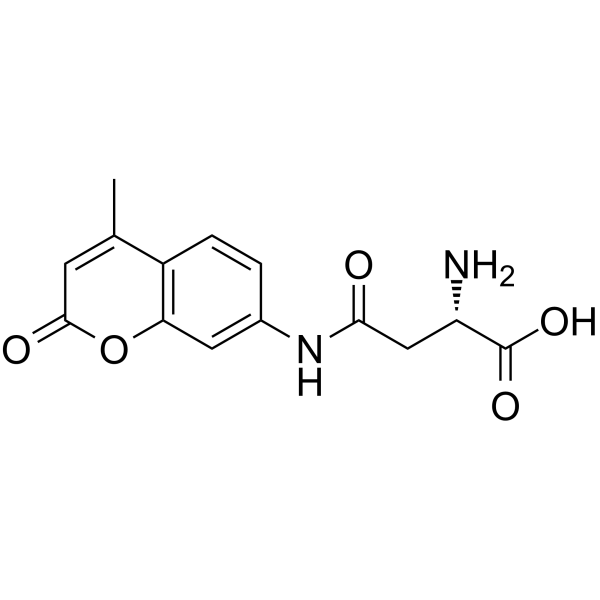
| Cat. No. |
Product Name |
Type |
-
- HY-126172
-
|
|
Fluorescent Dyes/Probes
|
|
9-Anthryldiazomethane is a fluorescent labeling reagent, which can be used for detecting fatty acids and derivatives .
|
-
- HY-D1457
-
|
|
Fluorescent Dyes/Probes
|
|
DND-189, a low-pH fluorescent probe, is sensitive to neutral and low pH range. DND-189 can be used to measure the pH of acidic organelles .
|
-
- HY-D0115
-
|
|
Fluorescent Dyes/Probes
|
|
7-Hydroxycoumarin-3-carboxylic acid N-succinimidyl ester is the amine-reactive succinimidyl ester of 7-Hydroxycoumarin-3-carboxylic acid. 7-Hydroxycoumarin-3-carboxylic acid N-succinimidyl ester is a blue fluorescent dye for labeling proteins and nucleic acids .
|
-
- HY-W297715
-
-
- HY-131461
-
-
- HY-D2283
-
|
|
Dyes
|
|
Photo-DL-lysine is a DL-lysine-based photo-reactive amino acid, captures proteins that bind lysine post-translational modifications .
|
-
- HY-101879
-
|
|
Fluorescent Dyes/Probes
|
|
Acridine Orange hydrochloride is a cell-penetrable nucleic acid-selective fluorescent dye. Acridine Orange hydrochloride produces orange fluorescence when it binds to ssDNA or RNA, and green fluorescence when it binds to dsDNA (Ex: 488 nM; Em: green fluorescence at 530 nm, orange fluorescence at 640 nm) [3].
|
-
- HY-D0996
-
|
|
DNA Stain
|
|
Lds-751 is a nucleic acid stain that mainly detects DNA. Lds-751 is a nucleic acid stain that mainly detects DNA. Lds-751 has a high affinity for DNA and fluorescence is enhanced after binding, but the maximum emission wavelength is 670nm. Lds-751 and Thiazole orange can be used for the differentiation of red blood cells, platelets, reticulocytes, and nucleated cells and can be stimulated at 488nm. Studies have shown that LDS-751 binds almost exclusively to mitochondria when incubated with nucleated living cells. After nucleated Acridine Orange (HY-101879) staining and LDS-751 treatment of cells, confocal microscopy revealed almost no co-location of the cells. Staining with Rhodamine 123 (HY-D0816), a dye known to bind polarized mitochondria, was almost identical to the pattern observed with LDS-751 [3].
|
-
- HY-D0941
-
|
|
Fluorescent Dyes/Probes
|
|
5-Carboxytetramethylrhodamine can be used as a fluorescent probe of nucleic acids and proteins. 5-Carboxytetramethylrhodamine displays excitation maxima of 558 nm and an emission maximum of 586 nm [3].
|
-
- HY-D0430
-
|
Tracid Brilliant Red B
|
Dyes
|
|
Acid Red 249 (Tracid Brilliant Red B) is a kind of weak acid dye containing sulfate ion .
|
-
- HY-141576
-
|
|
Fluorescent Dyes/Probes
|
|
C6-NBD Sphinganine is a sphinganine analog and can be used as fluorescent dye for labeling fatty acid .
|
-
- HY-D1578
-
|
|
Fluorescent Dyes/Probes
|
|
C12FDGlcU is a lipophilic analog of fluorescein di-β-D-glucuronic acid. C12FDGlcU can be useful for the detection of β-glucuronidase (GUS) gene expression. C12FDGlcU can enter the cells and then be cleaved by β-glucuronidase, generating the yellow-colored, green-fluorescent fluorescein (Abs/Em of the reaction product: 495/518 nm) .
|
-
- HY-W010947
-
|
|
Fluorescent Dyes/Probes
|
|
4-Methylumbelliferyl palmitate is an excellent fluorophore for measuring acid lipase in human leukocytes. Acidity and solvent have important influence on its fluorescence. 4-Methylumbelliferyl palmitate exists mainly as neutral molecular form which can be produced strong fluorescence at 445 nm in near neutral aqueous solutions, and exist mainly as anion form which can be produced stronger fluorescence at 445 nm in weak alkaline solutions .
|
-
- HY-D0942
-
|
Euchrysine 3RX
|
DNA Stain
|
|
Acridine Orange (Euchrysine 3RX) zinc chloride salt is a cell-penetrable nucleic acid-selective fluorescent dye. Acridine Orange zinc chloride salt produces orange fluorescence when it binds to ssDNA or RNA, and green fluorescence when it binds to dsDNA (Ex: 488 nM; Em: green fluorescence at 530 nm, orange fluorescence at 640 nm) [3].
|
-
- HY-D1821
-
|
VF 750 Carboxylic acid(free acid)
|
Dyes
|
|
Vari Fluor 750 Carboxylic acid (VF 750 Carboxylic acid) free acid is a carboxylic acid derivative of Vari Fluor. Vari Fluor carboxylic acid derivatives are unactivated labeled fluorescent dyes for protein, antibody, and polysaccharide labeling that require carboxylic acid activation for use .
|
-
- HY-D1822
-
|
VF 555 Carboxylic acid(free acid)
|
Dyes
|
|
Vari Fluor 555 Carboxylic acid (VF 555 Carboxylic acid) free acid is a carboxylic acid derivative of Vari Fluor. Vari Fluor carboxylic acid derivatives are unactivated labeled fluorescent dyes for protein, antibody, and polysaccharide labeling that require carboxylic acid activation for use .
|
-
- HY-D1823
-
|
VF 647A Carboxylic acid(free acid)
|
Dyes
|
|
Vari Fluor 647A Carboxylic acid (VF 647A Carboxylic acid) free acid is a carboxylic acid derivative of Vari Fluor. Vari Fluor carboxylic acid derivatives are unactivated labeled fluorescent dyes for protein, antibody, and polysaccharide labeling that require carboxylic acid activation for use .
|
-
- HY-D1828
-
|
VF 640 Carboxylic acid(free acid)
|
Dyes
|
|
Vari Fluor 640 Carboxylic acid (VF 640 Carboxylic acid) free acid is a carboxylic acid derivative of Vari Fluor. Vari Fluor carboxylic acid derivatives are unactivated labeled fluorescent dyes for protein, antibody, and polysaccharide labeling that require carboxylic acid activation for use .
|
-
- HY-D1824
-
|
VF 488 Carboxylic acid(free acid)
|
Dyes
|
|
Vari Fluor 488 Carboxylic acid (VF 488 Carboxylic acid) free acid is a carboxylic acid derivative of Vari Fluor. Vari Fluor carboxylic acid derivatives are unactivated labeled fluorescent dyes for protein, antibody, and polysaccharide labeling that require carboxylic acid activation for use .
|
-
- HY-D1825
-
|
VF 532 Carboxylic acid(free acid)
|
Dyes
|
|
Vari Fluor 532 Carboxylic acid (VF 532 Carboxylic acid) free acid is a carboxylic acid derivative of Vari Fluor. Vari Fluor carboxylic acid derivatives are unactivated labeled fluorescent dyes for protein, antibody, and polysaccharide labeling that require carboxylic acid activation for use .
|
-
- HY-D1826
-
|
VF 594 Carboxylic acid(free acid)
|
Dyes
|
|
Vari Fluor 594 Carboxylic acid (VF 594 Carboxylic acid) free acid is a carboxylic acid derivative of Vari Fluor. Vari Fluor carboxylic acid derivatives are unactivated labeled fluorescent dyes for protein, antibody, and polysaccharide labeling that require carboxylic acid activation for use .
|
-
- HY-D1827
-
|
VF 660 Carboxylic acid(free acid)
|
Dyes
|
|
Vari Fluor 660 Carboxylic acid (VF 660 Carboxylic acid) free acid is a carboxylic acid derivative of Vari Fluor. Vari Fluor carboxylic acid derivatives are unactivated labeled fluorescent dyes for protein, antibody, and polysaccharide labeling that require carboxylic acid activation for use .
|
-
- HY-D1829
-
|
VF 568 Carboxylic acid(free acid)
|
Dyes
|
|
Vari Fluor 568 Carboxylic acid (VF 568 Carboxylic acid) free acid is a carboxylic acid derivative of Vari Fluor. Vari Fluor carboxylic acid derivatives are unactivated labeled fluorescent dyes for protein, antibody, and polysaccharide labeling that require carboxylic acid activation for use .
|
-
- HY-D1830
-
|
VF 680 Carboxylic acid(free acid)
|
Dyes
|
|
Vari Fluor 680 Carboxylic acid (VF 680 Carboxylic acid) free acid is a carboxylic acid derivative of Vari Fluor. Vari Fluor carboxylic acid derivatives are unactivated labeled fluorescent dyes for protein, antibody, and polysaccharide labeling that require carboxylic acid activation for use .
|
-
- HY-D0150
-
|
|
Fluorescent Dyes/Probes
|
|
Thiazole Orange is an asymmetric anthocyanin dye that can be coupled with oligonucleotides (ONs) to prepare fluorescent hybridization probes. Thiazole Orange can be used for reticulocyte analysis. λEx/λEm (including DNA) of Thiazole Orange =510/527 nm [3].
|
-
- HY-130025
-
HKOCl-3
1 Publications Verification
|
Fluorescent Dyes/Probes
|
|
HKOCl-3 is a highly sensitive and selective fluorescent probe for detecting hypochlorous acid.Ex: 490 nm; Em 527 nm .
|
-
- HY-D1158
-
|
|
Fluorescent Dyes/Probes
|
|
HKOCl-4m is a selective and mitochondria-targeting rhodol-based fluorescent probe for monitoring mitochondrial hypochlorous acid (HOCl) .
|
-
- HY-D1319
-
|
Cy5 acid chloride
|
Fluorescent Dyes/Probes
|
|
Cyanine5 carboxylic acid chloride (Cy5 acid chloride) is a fluorescent dye containing a non-activated carboxylic acid (Ex=646 nm, Em=662 nm). Cyanine5 carboxylic acid chloride is an non-reactive dye that can be used in control samples .
|
-
- HY-W269179
-
|
|
Fluorescent Dyes/Probes
|
|
4-Bromomethyl-6,7-dimethoxycoumarin is a fluorescent label for carboxylic acids in chromatographic detection .
|
-
- HY-D2176
-
|
|
Fluorescent Dyes/Probes
|
|
AF 555 carboxylic acid is a derivative of the orange fluorescent dye AF 555. AF 555 has a maximum emission wavelength of ~555 nm. AF 555 carboxylic acid is widely used in cell dyes, biological dyes, biomolecules and particle fluorescent labeling.
|
-
- HY-D2283S
-
|
|
Dyes
|
|
Photo-DL-lysine-d2 is the deuterium labeled Photo-DL-lysine (HY-D2283). Photo-DL-lysine is a DL-lysine-based photo-reactive amino acid, captures proteins that bind lysine post-translational modifications .
|
-
- HY-115402
-
|
|
Dyes
|
|
DAz-1 is a sulfonic acid probe for living cells, which can directly detect sulfonic acid-modified proteins in living cells and is cell-permeable .
|
-
- HY-D0785
-
|
4-Fluoro-7-nitrobenzofurazan
|
Fluorescent Dyes/Probes
|
|
NBD-F (4-Fluoro-7-nitrobenzofurazan) is a pro-fluorescent reagent which is developed for amino acid analysis. NBD-F reacts with primary or secondary amines to produce a fluorescent product and used for analysis of amino acids and low molecular weight amines .
|
-
- HY-12489
-
|
acid Red 112
|
Dyes
|
|
Ponceau S (Acid Red 112) is a non-specific protein dye commonly used as a stain for Western blot. Ponceau S is used in an acidic aqueous solution that is compatible with antibody-antigen binding and dyes the proteins on the membrane red [3].
|
-
- HY-D1296
-
|
|
Fluorescent Dyes/Probes
|
|
Green DND-26 is a green fluorescently labeled lysosomal probe with a maximum excitation/emission wavelength of 504/511 nm. The structure is composed of a fluorescein group and linked weak bases, which can freely cross the cell membrane and generally gather on spherical organelles. Green DND-26 is suitable for observing the internal biosynthesis and related pathogenesis of lysosomes .
|
-
- HY-134564
-
|
|
Dyes
|
|
Fluorescein octadecyl ester is a lipophilic fluorescent reagent is immobilized in a plasticized PVC membrane. Fluorescein octadecyl ester can reversibly recognize alcohol molecules and can be used to determine the concentration of ethanol in alcoholic drinks. Fluorescein octadecyl ester can be used as acceptor to make optrode membrane for the determination of picric acid .
|
-
- HY-W127715
-
|
|
Fluorescent Dyes/Probes
|
|
Lucifer Yellow CH dipotassium is a high-intensity fluorescent probe containing free hydrazyl groups. Lucifer Yellow CH can react with fatty aldehydes at room temperature. Lucifer Yellow CH serves as a biological tracer to monitor neuronal branching, regeneration, gap junction detection and characterization, and selective ablation of cells after aldehyde fixation. Lucifer yellow CH displays the maximum excitation/emission of 430 nm/540 nm, respectively .
|
-
- HY-D1124
-
|
|
Dyes
|
|
Mordant brown 1, a naphthalenesulphonic acid derivative, is an azo dye. Mordant brown 1 is also an effective and specific inhibitor of CD40-CD154 costimulatory protein-protein interaction .
|
-
- HY-Y0695
-
|
Naphthol Blue Black
|
Protein Labeling
|
|
Amido Black 10B (Naphthol Blue Black) is a highly toxic azo dye for amino acid staining. Amido Black 10B can create several problems in the human respiratory system and may also cause skin and eye irritations .
|
-
- HY-D1617
-
|
|
Fluorescent Dyes/Probes
|
|
BODIPY 500/510 C1, C12 is a BODIPY dye. BODIPY dye is a small molecule dye with strong ultraviolet absorption ability, its fluorescence peak is relatively sharp, and the quantum yield is high. They are relatively insensitive to the polarity and pH of the environment and are relatively stable under different physiological conditions. Due to its structural asymmetry, BODIPY derives a variety of structural products. BODIPY lipid droplet dyes can well pass through the cell membrane into the cell, and localize the polar lipids in the cell to specifically stain the lipid droplets, which can be used for labeling of live cells and fixed cells . Maximum excitation/emission wavelength: 500/510 nm . Protect from light, stored at -20℃.
|
-
- HY-151751
-
|
|
Fluorescent Dyes/Probes
|
|
BDP TMR alkyne is an alkyne-containing click chemistry reagent that can click chemistry with azides. BDP TMR alkyne has the fluorophore BDP and can be used for oligonucleotide labeling and amino acid sequencing .
|
-
- HY-15682G
-
|
Ro 13-7410 (GMP); Arotinoid acid (GMP); AGN191183 (GMP)
|
Fluorescent Dye
|
|
TTNPB (Ro 13-7410) (GMP) is TTNPB (HY-15682) produced by using GMP guidelines. GMP small molecules work appropriately as an auxiliary reagent for cell therapy manufacture. TTNPB is a highly potent retinoic acid receptor (RAR) agonist .
|
-
- HY-D1738
-
|
4',6-Diamidino-2-phenylindole dilactate
|
Fluorescent Dyes/Probes
|
|
DAPI (dilactate) is a blue fluorescent dye that preferentially binds dsDNA and binds to minor groove AT clusters. DAPI (dilactate) is combined with dsDNA, and the fluorescence was enhanced about 20-fold. DAPI (dilactate) can be used to identify the cell cycle and specifically stains the nucleus but not the cytoplasm. DAPI (dilactate) form is more soluble in water than DAPI (dihydrochloride) form.
|
-
- HY-101887
-
|
|
Fluorescent Dyes/Probes
|
|
Calcein Blue, a membrane-impermeant fluorescent dye, is a coumarin derivative that contains an iminodiacetic acid structure. Calcein Blue is also a metallofluorochromic indicator [3].
|
-
- HY-D1491
-
|
|
Dyes
|
|
Fast Red Violet LB is a dye for staining tartrate resistant acid phosphatase (TRAP). Fast Red Violet LB can be used for alkaline phosphatase (ALP) activity staining .
|
-
- HY-D0035
-
|
|
Fluorescent Dyes/Probes
|
|
MPAC-Br is a highly sensitive fluorescent derivatization reagent for carboxylic acids in HPLC .
|
-
- HY-D1610
-
|
|
Dyes
|
|
BODIPY FL C5 is a green fluorescent fatty acid. BODIPY FL C5 can be used as a precursor for the synthesis of various fluorescent phospholipids. BODIPY FL C5 is relatively insensitive to the environment and fluoresces in both water-soluble and lipid environments .
|
-
- HY-D1676
-
|
|
Fluorescent Dyes/Probes
|
|
Thymolphthalein monophosphate disodium hydrate is a chromogenic substrate for the determination of acid phosphatase and alkaline phosphatase. Thymolphthalein is released during the reaction, increases the pH of the medium for easy detection, produces color and stops hydrolysis. Thymolphthalein monophosphate disodium hydrate can be used for the specific detection of prostatic phosphatase in serum .
|
-
- HY-D1098
-
|
|
Fluorescent Dyes/Probes
|
|
SYBR Green II is a fluorescent nucleic acid dye that mainly binds single-stranded nucleotides. SYBR Green II is sensitive to oligonucleotides or larger nucleic acid polymers in a variety of cells and gels. SYBR Green II can be used to study cell structure, membrane integrity or function, and cell cycle distribution. Wavelength 484/515 nm .
|
-
- HY-D1098A
-
|
|
Fluorescent Dyes/Probes
|
|
SYBR Green II (Ionic form) is a fluorescent nucleic acid dye that mainly binds single-stranded nucleotides. SYBR Green II is sensitive to oligonucleotides or larger nucleic acid polymers in a variety of cells and gels. SYBR Green II can be used to study cell structure, membrane integrity or function, and cell cycle distribution. Wavelength 484/515 nm .
|
- HY-117695
-
AQC
2 Publications Verification
6-Aminoquinolyl-N-hydroxysccinimidyl carbamate
|
Fluorescent Dyes/Probes
|
|
AQC (6-Aminoquinolyl-N-hydroxysccinimidyl carbamate) is a reagent used for amino acid or protein sequence analysis by HPLC with fluorescence detection. AQC reacts with primary and secondary amino acids to yield fluorescent derivates, allowing amino acid detection at under-picomolar levels .
|
- HY-138200
-
|
Cyanine5 maleimide
|
Fluorescent Dyes/Probes
|
|
Cy5 maleimide is a CY dye. CY, short for Cyanine, is a compound consisting of two nitrogen atoms connected by an odd number of methyl units. Cyanine compounds have the characteristics of long wavelength, adjustable absorption and emission, high extinction coefficient, good water solubility and relatively simple synthesis . CY dyes are of en used for the labeling of proteins, antibodies and small molecular compounds. For the labeling of protein antibodies, the combination can be completed through a simple mixing reaction. Below, we introduce the labeling method of protein antibody labeling, which has certain reference significance .
|
- HY-W142631
-
|
|
Dyes
|
|
4-(Phenylazo)diphenylamine is an excellent colorimetric indicator for the accurate determination of the concentration for a variety of strong bases, Lewis acids, and hydride reducing agents .
|
- HY-D0133
-
|
|
Fluorescent Dyes/Probes
|
|
NBD-X acid is a fluorescent probe for the study of fatty acids and sterols. NBD-X acid provides better yields for labelling biopolymers compared to NBD chloride and fluoride. The fluorescence spectrum of the NBD derivative is highly sensitive to the environment and the fluorescence intensity is significantly reduced in aqueous solutions .
|
- HY-D1543
-
|
|
Fluorescent Dyes/Probes
|
|
Pyronin B is an organic cationic dye used for the staining of bacteria, mycobacteria and ribonucleic acids. Pyronin B is also used as a small hydrophobic (SH) protein channel inhibitor .
|
- HY-130027
-
HKOCl-4
1 Publications Verification
BXY2142
|
Fluorescent Dyes/Probes
|
|
HKOCl-4 (BXY2142) is a rhodol-based yellow fluorescent probe for the detection of hypochlorous acid with excellent sensitivity and selectivity . HKOCl-4 has longer absorption wavelength and better pH stability compared with fluorescein-based probes. Ex: 530 nm; Em 557 nm.
|
- HY-W141825
-
|
|
Chromogenic Substrates
|
|
N-Acetyl-DL-phenylalanine β-naphthyl ester is an aromatic amino acid ester, which functions as a chromogenic substrate for chymotrypsin and microbial serine proteases such as subtilisin .
|
- HY-D1650
-
|
|
Fluorescent Dyes/Probes
|
|
BDP 630/650 carboxylic acid is a bright far-red fluorophore based on a borondipyrromethene scaffold. BDP 630/650 carboxylic acid is a BDP linker containing carboxylic acid. BDP 630/650 carboxylic acid can react with primary amine groups to form a stable amide bond. (λex=630 nm, λem=650 nm) .
|
- HY-D1445
-
|
|
Fluorescent Dyes/Probes
|
|
PDMPO, a lysosome pH indicator, is an excellent fluorescent acidotropic reagent for fluorescence imaging. PDMPO is a potent tool with which to study acidic organelles of live cells. PDMPO exhibits pH-dependent dual-excitation and dual-emission spectral peaks. PDMPO produces a blue fluorescence in weakly acidic organelles and shifts to yellow in more acidic lysosomes (Abs=329 nm; Em=440 nm) .
|
- HY-W010991
-
- HY-W142117
-
| Cat. No. |
Product Name |
Type |
-
- HY-B1024
-
|
DL-Pantothenol; DL-Pantothenyl alcohol
|
Biochemical Assay Reagents
|
|
DL-Panthenol (DL-Pantothenol) is an alcohol derivative of pantothenyl acid. DL-Panthenol exerts eyelash protection effect. DL-Panthenol is widely used in the Skin and hair conditioner research .
|
-
- HY-B1713A
-
|
DL-(±)-Ornithine hydrochloride
|
Biochemical Assay Reagents
|
|
DL-Ornithine hydrochloride is the hydrochloride salt form of DL-Ornithine. DL-Ornithine hydrochloride is used as ergogenic supplements. DL-Ornithine hydrochloride prevents exercise induced muscle damage, influences the secretion of anabolic hormones, supply of fuel during exercise and mental performance during stress related tasks .
|
-
- HY-W145483
-
|
N-Acetyl-de-O-sulfated heparin (Heparin IV-A) (sodium)
|
Biochemical Assay Reagents
|
|
Heparin IV-A sodium is a biochemical reagent that can be used as a biological material or organic compound for life science related research.
|
-
- HY-W127550
-
|
1,2-Dipalmitoyl-sn-glycero-3-phospho-rac-(1-glycerol) (sodium)
|
Biochemical Assay Reagents
|
|
rac-DPPG sodium is a biochemical reagent that can be used as a biological material or organic compound for life science related research.
|
-
- HY-157915
-
|
Tetrakis[3,5-bis(1,1,1,3,3,3-hexafluoro-2-methoxy-2-propyl)phenyl]borate, sodium salt, trihydrate
|
Chelators
|
|
HFPB (Compound 2) is a type of cation exchanger with high lipophilicity and acid resistivity, which can be used in membrane electrode research .
|
-
- HY-W002039
-
|
DL-β-Phenylalanine
|
Biochemical Assay Reagents
|
|
3-Amino-3-phenylpropionic acid (DL-β-Phenylalanine) is a structural GABA analogue. 3-Amino-3-phenylpropionic acid inhibits baclofen (HY-B0007) induced gastric acid secretion .
|
-
- HY-134426
-
|
|
Biochemical Assay Reagents
|
|
DL-β-Hydroxybutyryl coenzyme A lithium is an intermediate in the fermentation of butyric acid and the metabolism of lysine and tryptophan, and is produced from β-hydroxybutyric acid by short-chain-CoA synthase .
|
-
- HY-W127787
-
|
L-(+)-Tartaric acid sodium hydrate
|
Biochemical Assay Reagents
|
|
L-Tartaric acid (L-(+)-Tartaric acid) sodium hydrate is the enantiomer of D-tartaric acid. L-Tartaric acid (HY-Y0293) is a white crystalline dicarboxylic acid found in many plants, such as grapes, and is one of the main organic acids in wine. L-Tartaric acid sodium hydrate which acts as a flour bulking agent and as a food additive can interact with sodium bicarbonate to produce carbon dioxide .
|
-
- HY-114360A
-
|
|
Biochemical Assay Reagents
|
|
Taurohyodeoxycholic acid (THDCA) sodium is the taurine-conjugated form of the secondary bile acid hyodeoxycholic acid. Taurohyodeoxycholic acid can also reduce the activity and expression of myeloperoxidase TNF-α and IL-6, as well as colonic damage in TNBS-induced ulcerative colitis mouse model.
|
-
- HY-W243303E
-
|
|
Drug Delivery
|
|
Poly(acrylic acid) (MW 450000) is a polyacrylic acid with a molecular weight of 450000. Poly(acrylic acid) (MW 450000) is an anionic polymer. Poly(acrylic acid) (MW 450000) can be as a corrosion-mitigating and surface-stabilizing agent .
|
-
- HY-P3029
-
|
PLA2
|
Biochemical Assay Reagents
|
|
Phospholipase A2 (PLA2) catalyzes the hydrolysis of the sn-2 position of membrane glycerophospholipids to liberate arachidonic acid (AA). Phospholipase A2 is a member of the class of heat-stable, calcium-dependent enzymes, is often used in biochemical studies .
|
-
- HY-149156
-
|
|
Drug Delivery
|
|
Lipid C24 is a cationic ionizable lipid, and can be used in the formation of lipid nanoparticles (LNPs). Lipid C24 can be used for research of delivery of nucleic acids .
|
-
- HY-W001939
-
|
4-Acetylbenzoic acid
|
Biochemical Assay Reagents
|
|
4-Acetylbenzoic acid is a derivative of benzoic acid and is commonly used in chemical synthesis .
|
-
- HY-112754A
-
|
1,2-Dioleoyl-3-trimethylammonium-propane chloride
|
Drug Delivery
|
|
DOTAP chloride is a useful and effective cationic lipid for transient and stable transfection DNA (plasmids, bacmids) and modified nucleic acids (antisense oligonucleotides) with out the use of helper lipid .
|
-
- HY-148701
-
|
|
Drug Delivery
|
|
mono-Pal-MTO is a palm oil-based lipid produced by combining the anticancer agent mitoxantrone (MTO) with palmitoleic acid. When nanoparticles of mono-Pal-MTO and di-Pal-MTO are combined in a molar ratio of 1:1, they show effective siRNA cell delivery and enhance anticancer activity .
|
-
- HY-148702
-
|
|
Drug Delivery
|
|
di-Pal-MTO is a palm oil-based lipid produced by combining the anticancer agent mitoxantrone (MTO) with palmitoleic acid. When nanoparticles of mono-Pal-MTO and di-Pal-MTO are combined in a molar ratio of 1:1, they show effective siRNA cell delivery and enhance anticancer activity .
|
-
- HY-E70009
-
|
ACO
|
Biochemical Assay Reagents
|
|
Acyl-CoA oxidase (ACO) catalyses the first and rate-determining step of the peroxisomal beta-oxidation of fatty acids and a major producer of hydrogen peroxide (H2O2) .
|
-
- HY-P2947
-
|
Aldehyde dehydrogenase (NAD(P))
|
Biochemical Assay Reagents
|
|
ALDH (Aldehyde dehydrogenase (NAD(P))) catalyzes the oxidation of aldehydes into their corresponding carboxylic acids with the concomitant reduction of the cofactor NAD(P) into NAD(P)H, is often used in biochemical studies. The ALDHs are one of many enzyme systems the body utilizes to alleviate aldehyde stress .
|
-
- HY-D0942
-
|
Euchrysine 3RX
|
DNA Stain
|
|
Acridine Orange (Euchrysine 3RX) zinc chloride salt is a cell-penetrable nucleic acid-selective fluorescent dye. Acridine Orange zinc chloride salt produces orange fluorescence when it binds to ssDNA or RNA, and green fluorescence when it binds to dsDNA (Ex: 488 nM; Em: green fluorescence at 530 nm, orange fluorescence at 640 nm) [3].
|
-
- HY-W014141
-
|
L-Ascorbic acid 5,6-acetonide
|
Biochemical Assay Reagents
|
|
5,6-O-Isopropylidene-L-ascorbic acid (L-Ascorbic acid 5,6-acetonide) is an organic compound. 5,6-O-Isopropylidene-L-ascorbic acid is a derivative of L-Ascorbic acid (vitamin C). Ascorbic acid has antioxidant properties.
|
-
- HY-B1610H
-
|
Trisodium citrate dihydrate (Pharmaceutical primary standard, USP)
|
Buffer Reagents
|
|
Sodium citrate dihydrate, United States Pharmacopeia (USP) Reference Standard is an antacid used in studies to neutralize gastric acid. Sodium citrate dehydrate can also be used to prepare biological buffers. Sodium citrate dehydrate is a reference standard grade of the United States Pharmacopeia (USP) and a first-class pharmaceutical standard .
|
-
- HY-W009694
-
|
|
Biochemical Assay Reagents
|
|
3,5-Dinitrosalicylic acid the derivative of salicylic acid. 3,5-Dinitrosalicylic acid is used in the α-amylase assay, carbohydrase assay, and for the colorimetric determination of reducing substances .
|
-
- HY-N9934
-
|
3-DHS; 5-Dehydroshikimic acid
|
Biochemical Assay Reagents
|
|
(-)-3-Dehydroshikimic acid (3-DHS; 5-Dehydroshikimic acid) is an intermediate in the biosynthesis of aromatic amino acids. (-)-3-Dehydroshikimic acid shows antioxidant activity .
|
-
- HY-128851A
-
|
|
Biochemical Assay Reagents
|
|
Coenzyme A (CoASH) is a ubiquitous and essential cofactor, which is an acyl group carrier and carbonyl-activating group for the citric acid cycle and fatty acid metabolism. Coenzyme A plays a central role in the oxidation of pyruvate in the citric acid cycle and the metabolism of carboxylic acids, including short- and long-chain fatty acids .
|
-
- HY-125954A
-
|
UDP-α-D-glucuronic acid ammonium
|
Biochemical Assay Reagents
|
|
Uridine diphosphate glucuronic acid (UDP-GlcA) ammonium is a cofactor that is formed by the catalytic activity of UDP-glucose dehydrogenase. Uridine diphosphate glucuronic acid (ammonium) is a central precursor in sugar nucleotide biosynthesis and common substrate for C4-epimerases and decarboxylases releasing UDP-galacturonic acid (UDP-GalA) and UDP-pentose products, respectively. Uridine diphosphate glucuronic acid (ammonium), as a glucuronic acid donor, can be used for for the research of the conjugation of bilirubin in the endoplasmic recticulum .
|
-
- HY-128851B
-
|
|
Biochemical Assay Reagents
|
|
Coenzyme A (CoASH) sodium is a ubiquitous and essential cofactor, which is an acyl group carrier and carbonyl-activating group for the citric acid cycle and fatty acid metabolism. Coenzyme A plays a central role in the oxidation of pyruvate in the citric acid cycle and the metabolism of carboxylic acids, including short- and long-chain fatty acids .
|
-
- HY-125501
-
|
Biotin-(AC5)2-hydrazide
|
Biochemical Assay Reagents
|
|
Biotin-XX hydrazide (Biotin-(AC5)2-hydrazide) is a carbonyl-reactive biotinylation reagent which contains two aminohexanoic acid spacers. Biotin-XX hydrazide has higher efficiency of avidin-binding .
|
-
- HY-143702
-
|
NBD-DOTAP
|
Drug Delivery
|
|
Fluorescent DOTAP, a cationic lipid, can be used for the research of nucleic acid and protein delivery . Fluorescent DOTAP is labeled with a fluorophore NBD (maximum excitation/emission wavelength ∼463/536 nm).
|
-
- HY-D0869
-
|
N-Cyclohexyl-3-aminopropanesulfonic acid
|
Biochemical Assay Reagents
|
|
CAPS, cyclohexylaminopropane sulfonic acid, is a surfactant. CAPS can be used as biological buffer (0.05 M, pH 11) for dialysis .
|
-
- HY-P2935
-
|
|
Biochemical Assay Reagents
|
|
Glutamic acid protease only can be found in fungi. Glutamic protease is a proteolytic enzyme containing a glutamic acid residue .
|
-
- HY-154804
-
|
|
Drug Delivery
|
|
DLin-M-C4-DMA (Compound MC4) is a cationic lipid. DLin-M-C4-DMA can be used for delivery of nucleic acids .
|
-
- HY-Y0842B
-
|
Methanamide (deionizde); Formimidic acid (deionizde)
|
Biochemical Assay Reagents
|
|
Formamide (deionizde) is a clear liquid amide derived from formic acid. Formamide (deionizde) allows for the denaturation and renaturation of nucleic acids at room temperature, ranging from 15-50% .
|
-
- HY-B1610I
-
|
Trisodium citrate dihydrate, for molecular biology
|
Buffer Reagents
|
|
Sodium citrate dihydrate, for molecular biology is an antacid used in studies to neutralize gastric acid. Sodium citrate dehydrate is often used to prepare biological buffers and can be used in molecular biology research .
|
-
- HY-W014904
-
|
|
Biochemical Assay Reagents
|
|
1,1-Cyclohexanediaceticacid can be used for a type of malonic acid used in physiological and biochemical research. 1,1-Cyclohexanediaceticacid is a kind of biological materials or organic compounds that are widely used in life science research .
|
-
- HY-132146
-
|
|
Gene Sequencing and Synthesis
|
|
5-Propargylamino-ddCTP, a nucleoside molecule that can be used to synthesis of cyanine dye-nucleotide conjugate which is used in nucleic acid labeling or sequence analysis .
|
-
- HY-132145
-
|
|
Gene Sequencing and Synthesis
|
|
5-Propargylamino-ddUTP, a nucleoside molecule that can be used to synthesis of cyanine dye-nucleotide conjugate which is used in nucleic acid labeling or sequence analysis .
|
-
- HY-132142
-
|
|
Gene Sequencing and Synthesis
|
|
5-Propargylamino-dCTP is a nucleoside molecule extracted from patent US9035035B2, compound dCTP-PA. 5-Propargylamino-dCTP can conjugate to molecular markers for use in nucleic acid labeling or sequence analysis . 5-Propargylamino-dCTP is a click chemistry reagent, it contains an Alkyne group and can undergo copper-catalyzed azide-alkyne cycloaddition (CuAAc) with molecules containing Azide groups.
|
-
- HY-138540
-
|
N-Dodecylimidazole
|
Cell Assay Reagents
|
|
1-Dodecylimidazole (N-Dodecylimidazole) is a lysosomotropic detergent and a cytotoxic agent. 1-Dodecylimidazole causes cell death by its acid-dependent accumulation in lysosomes, disruption of the lysosomal membrane, and releaseof cysteine proteases into the cytoplasm. 1-Dodecylimidazole has hypocholesterolaemic activity and broad-spectrum antifungal activity [3].
|
-
- HY-145225
-
|
|
Drug Delivery
|
|
DLin-K-C3-DMA, a cationic lipid, can be used in the synthesis of nucleic acid-lipid particle to delivery of nucleic acid .
|
-
- HY-149037
-
|
N4-Spermine cholesteryl carbamate
|
Drug Delivery
|
|
GL67 (N4-Spermine cholesteryl carbamate) is a cationic lipid. GL67 can be used for nucleic acid agents and vaccines delivery, and gene transfection .
|
-
- HY-149037A
-
|
N4-Spermine cholesteryl carbamate pentahydrochloride
|
Drug Delivery
|
|
GL67 (N4-Spermine cholesteryl carbamate) (pentahydrochloride) is a cationic lipid. GL67 can be used for nucleic acid agents and vaccines delivery, and gene transfection .
|
-
- HY-W440815
-
|
|
Drug Delivery
|
|
6-((4-Hydroxybutyl)amino)hexyl 2-hexyldecanoate is a lipid, it can be used to synthesis nanomaterials. 6-((4-Hydroxybutyl)amino)hexyl provides the use of the nano-lipid particle as the key component in nucleic acid delivery, including the components of the delivery carrier .
|
-
- HY-W441002
-
|
|
Drug Delivery
|
|
DSPE-succinic acid is a phophalipid capped with a carboxylic acid moiety. The carboxylic acid moiety is reactive with amine to from a stable amide linkage. DSPE-succinic acid can be used to prepare nanoparticles or liposomes for agent nanocarrier to deliver therapeutics .
|
-
- HY-15682G
-
|
Ro 13-7410 (GMP); Arotinoid acid (GMP); AGN191183 (GMP)
|
Biochemical Assay Reagents
|
|
TTNPB (Ro 13-7410) (GMP) is TTNPB (HY-15682) produced by using GMP guidelines. GMP small molecules work appropriately as an auxiliary reagent for cell therapy manufacture. TTNPB is a highly potent retinoic acid receptor (RAR) agonist .
|
-
- HY-E70073
-
|
Sialidase isoenzyme M2; AuSialidase M2
|
Biochemical Assay Reagents
|
|
Ganglioside sialidase (AuSialidase M2) from Arthrobacter ureafaciens. Ganglioside sialidase is a highly specific N-acetylneuraminidase. Ganglioside sialidase can hydrolyze the internal sialic acid of GM1 under optimal condition with sodium cholate .
|
-
- HY-E70020
-
|
|
Biochemical Assay Reagents
|
|
UDP-Glc dehydrogenase (UGDH) catalyzes is a NAD+-dependent enzyme that catalyzes the two-fold oxidation of UDP-glucose (UDP-Glc) to produce UDP-glucuronic acid. UDP-Glc dehydrogenase (UGDH) is a key enzyme in the nucleotide-sugar interconversion pathway necessary for biosynthesis of many cell-wall polysaccharides .
|
-
- HY-154924
-
|
S-NADP
|
Biochemical Assay Reagents
|
|
Thio-NADP (S-NADP) is a nicotinic acid adenine dinucleotide phosphate (NAADP) inhibitor. Thio-NADP activates partial Ca 2+ release .
|
-
- HY-132146A
-
|
|
Gene Sequencing and Synthesis
|
|
5-Propargylamino-ddCTP (trisodium), a nucleoside molecule that can be used to synthesis of cyanine dye-nucleotide conjugate which is used in nucleic acid labeling or sequence analysis .
|
-
- HY-135087
-
|
|
Biochemical Assay Reagents
|
|
Caprylic/Capric Triglyceride is the triglycerides and esters prepared from fractionated vegetable oil sources and fatty acids from coconuts and palm kernel oils. Caprylic/Capric Triglyceride possesses excellent oxidation stability. Caprylic/Capric Triglyceride is used as a food additive and used in cosmetics [3].
|
-
- HY-109591A
-
|
Oleoyl-CoA lithium
|
Biochemical Assay Reagents
|
|
Oleoyl coenzyme A (Oleoyl-CoA) lithium is a thioester of oleic acid and coenzyme A. Oleoyl coenzyme A lithium has a role as an Escherichia coli metabolite and a mouse metabolite .
|
- HY-134424
-
|
|
Biochemical Assay Reagents
|
|
Propionyl coenzyme A lithium, a coenzyme A derivative of propionic acid, is an important metabolic intermediate formed by the thioester bond between coenzyme A and propionic acid. The breakdown and production of Propionyl coenzyme A lithim is important for the metabolism of organisms .
|
- HY-109591
-
|
|
Biochemical Assay Reagents
|
|
Oleoyl coenzyme A (Oleoyl-CoA) is a thioester of oleic acid and coenzyme A. Oleoyl coenzyme A has a role as an Escherichia coli metabolite and a mouse metabolite .
|
- HY-W441007
-
|
|
Drug Delivery
|
|
DSPE-MAL is a thiol reactive a phospholipid compound. DSPE-MAL has two saturated fatty acids and can self-assemble in water to form lipid bilayer. DSPE-MAL can be used to prepare liposomes as agent nanocarrier .
|
- HY-N7392
-
|
|
Biochemical Assay Reagents
|
|
Acetoacetyl CoA is the precursor of HMG-CoA in the mevalonate pathway. Acetoacetyl-CoA thiolase catalyzes the reaction to form acetoacetyl-CoA from two acetyl-CoA molecules. Acetoacetyl CoA is essential for cholesterol biosynthesis. Acetoacetyl-CoA is also a intermediate in the biological breakdown and synthesis of fatty acids [3].
|
- HY-W133891
-
|
Peptones, soybean
|
Biochemical Assay Reagents
|
|
Peptone from soya (Peptones, soybean) is a peptone that is commonly used as a component of culture medium. Peptone from soya can be used in microbiology and cell culture to provide needed sources of nitrogen, carbon and other nutrients. Peptone from soya stimulates/regulates cyclic arachidonic acid biosynthesis. Peptone from soya also exerts enteric cell activity in jejunum of piglets through this mechanism .
|
- HY-B1529A
-
|
Triammonium citrate
|
Biochemical Assay Reagents
|
|
Citric acid triammonium (Triammonium citrate) is formed by Citric acid (HY-N1428) reacting with ammonia in a molar ratio of 1:3. Citric acid triammonium can be used as the carbon source to prepare carbon quantum dots (CDs). Citric acid triammonium with higher nitrogen components might promote the nitrogen-based functional groups in CDs, leading to a more efficient emission-color tunability .
|
- HY-E70003
-
|
|
Biochemical Assay Reagents
|
|
Glutamate dehydrogenase is an enzyme in both prokaryotes and eukaryotic mitochondria. Glutamate dehydrogenase can be used for the enzymatic determination of ammonia, alpha-ketoglutaric acid, L-glutamate and urease .
|
- HY-B1684
-
|
SQ 26962
|
Biochemical Assay Reagents
|
|
Mebrofenin (SQ 26962) is a type of iminodiacetic acid (IDA). Mebrofenin is available as a ready to use the kit for radio-labeling with Tc-99m. Tc-99m Mebrofenin, a diagnostic agent, is used for hepatobiliary imaging. Tc-99m Mebrofenin is the radiopharmaceutical of choice for the evaluation of hepatic function .
|
- HY-D0841
-
|
|
Biochemical Assay Reagents
|
|
Guanidine thiocyanate is a strong protein denaturant and potent inhibitor of nucleases. Guanidinium thiocyanate is a nucleic acid protector in the extraction of DNA and RNA from cells. Guanidine thiocyanate is a common component of buffers used for nucleic acid extraction .
|
- HY-125818B
-
|
Cytidine triphosphate sodium hydrate; 5'-CTP sodium hydrate
|
Biochemical Assay Reagents
|
|
Cytidine-5'-triphosphate sodium hydrate (Cytidine triphosphate sodium hydrate; 5'-CTP sodium hydrate) is the sodium hydrate form of Cytidine-5'-triphosphate (HY-125818). Cytidine-5'-triphosphate sodium hydrate is a nucleoside triphosphate, that is invovled in biosynthesis of DNA, RNA and lipid .
|
- HY-B1278B
-
|
(±)-Vitamin E acetate
|
Biochemical Assay Reagents
|
|
(±)-α-Tocopherol acetate ((±)-Vitamin E acetate), is a orally active synthetic form of vitamin E. (±)-α-Tocopherol acetate is the ester of acetic acid and α-tocopherol. (±)-α-Tocopherol acetate can be used for the research of the susceptibility of farmed fish to infectious diseases .
|
- HY-W014841
-
|
N-Benzoylglycine sodium, 98%
|
Microbial Culture
|
|
Sodium tungstate dihydrate, 99% (Sodium wolframate dihydrate, 99%) can be used to stain nucleic acids and some glycoproteins under electron microscopy and is a protein precipitant. Sodium hippurate, 98% is a kind of biological materials or organic compounds that are widely used in life science research .
|
- HY-112764
-
|
|
Drug Delivery
|
|
DMG-PEG 2000 is used for the preparation of liposome for siRNA delivery with improved transfection efficiency in vitro. DMG-PEG 2000 is also used for the lipid nanoparticle for an oral plasmid DNA delivery approach in vivo through a facile surface modification to improve the mucus permeability and delivery efficiency of the nanoparticles .
|
- HY-W007618
-
|
|
Amino acids and Derivatives
|
|
Boc-Lys-OH is a lysine derivative of azocyclic and anthraquinone. Boc-Lys-OH is a polypeptide-based heterofunctional linking molecule, which can be used as a biomarker reagent .
|
| Cat. No. |
Product Name |
Target |
Research Area |
-
- HY-P0041A
-
-
- HY-P10218A
-
|
|
PKC
|
Inflammation/Immunology
Cancer
|
|
MANS peptide TFA is the TFA salt form of MANS peptide (HY-P10218). MANS peptide TFA is an inhibitor for myristoylated alanine-rich C kinase substrate (MARCKS), which competes with MARCKS in cells for membrane binding, and thus inhibits the stimulation of mucin secretion and tumor metastasis .
|
-
- HY-P0041
-
-
- HY-P10218
-
|
|
PKC
|
Inflammation/Immunology
Cancer
|
|
MANS peptide is an inhibitor for myristoylated alanine-rich C kinase substrate (MARCKS), which competes with MARCKS in cells for membrane binding, and thus inhibits the stimulation of mucin secretion and tumor metastasis .
|
-
- HY-P4837
-
|
|
Peptides
|
Others
|
|
Ac-Lys-D-Ala-D-lactic acid is a polypeptide that can be found by peptide screening. Peptide screening is a research tool that pools active peptides primarily by immunoassay. Peptide screening can be used for protein interaction, functional analysis, epitope screening, especially in the field of agent research and development .
|
-
- HY-P10318
-
|
|
GLP Receptor
|
Endocrinology
|
|
SHR-2042 is a selective agonist of the GLP-1 receptor.SHR-2042 improves glycemic control by activating the GLP-1 receptor, enhancing insulin secretion and inhibiting glucagon secretion. SHR-2042 combined with sodium N-(8-[2-hydroxybenzoyl] amino) caprylate (SNAC) promotes monomerization through the formation of micelles and improves oral absorption efficiency .
|
-
- HY-P10200
-
|
|
Bacterial
|
Infection
|
|
CP7-FP13-2 is a peptide with antivirulence factor and antibacterial activity. CP7-FP13-2 inhibits the formation of Staphylococcus aureus biofilm and has good antibacterial efficacy in mice .
|
-
- HY-P3462
-
|
|
CGRP Receptor
|
Metabolic Disease
|
|
Cagrilintide is an investigational novel long-acting acylated amylin analogue, acts as nonselective amylin receptors (AMYR) and calcitonin G protein-coupled receptor (CTR) agonist. Cagrilintide induces significant weight loss and reduces food intake. Cagrilintide has the potential for the research of obesity [3].
|
-
- HY-P3462A
-
|
|
CGRP Receptor
|
Metabolic Disease
|
|
Cagrilintide acetate is a non-selective AMYR/CTR agonist and long-acting acylated amylase analogue. Cagrilintide acetate causes a reduction in food intake and significant weight loss in a dose-dependent manner. Cagrilintide acetate can be used in obesity studies [3].
|
-
- HY-P5161A
-
|
|
GCGR
|
Metabolic Disease
|
|
FC382K10W15 TFA is a glucagon analogue and GLP-1R/GCGR agonist. FC382K10W15 TFA can be used in type 2 diabetes research .
|
-
- HY-P5161
-
-
- HY-P3143
-
|
|
PD-1/PD-L1
|
Cancer
|
|
BMSpep-57 is a potent and competitive macrocyclic peptide inhibitor of PD-1/PD-L1 interaction with an IC50 of 7.68 nM. BMSpep-57 binds to PD-L1 with Kds of 19 nM and 19.88 nM in MST and SPR assays, respectively. BMSpep-57 facilitates T cell function by in creasing IL-2 production in PBMCs .
|
-
- HY-P3143A
-
|
|
PD-1/PD-L1
|
Cancer
|
|
BMSpep-57 hydrochloride is a potent and competitive macrocyclic peptide inhibitor of PD-1/PD-L1 interaction with an IC50 of 7.68 nM. BMSpep-57 hydrochloride binds to PD-L1 with Kds of 19 nM and 19.88 nM in MST and SPR assays, respectively. BMSpep-57 hydrochloride facilitates T cell function by in creasing IL-2 production in PBMCs .
|
-
- HY-P10271
-
|
|
GLP Receptor
|
Metabolic Disease
|
|
RG7697 is a dual agonist for glucagon-like peptide receptor (GLP Receptor) and glucosedependent insulinotropic polypeptide receptor (GIPR), with EC50 of 5 and 3 pM, respectively. RG7697 exhibits antihyperglycemic property .
|
-
- HY-P10341
-
|
|
GCGR
|
Metabolic Disease
|
|
ZP3022 is a dual agonist of glucagon-like peptide-1 (GLP-1) and gastrin, which has the ability to continuously improve glycemic control. Meanwhile, ZP3022 can effectively increase the mass of β-cells, promote β-cell proliferation, and enhance the average islet mass. ZP3022 can be used in research for anti-diabetic treatments .
|
-
- HY-113560
-
-
- HY-P1162
-
-
- HY-P10381
-
|
|
Peptides
|
Others
|
|
palm11-TTDS-PrRP31 is a strong agonist of GPR10 (EC50: 84 pM). palm11-TTDS-PrRP31 has long-lasting anorexigenic effects .
|
-
- HY-P4895
-
|
|
Oxytocin Receptor
|
Neurological Disease
|
|
(d(CH2)51,Tyr(Me)2,Orn8)-Oxytocin (OVT) is an oxytocin receptor antagonist. (d(CH2)51,Tyr(Me)2,Orn8)-Oxytocin can be used for the research of neurological disease .
|
-
- HY-P10272
-
|
PTG-300
|
Ferroportin
|
Others
|
|
Rusfertide is a peptide mimetic of natural hepcidin, which targets and degrades ferroportin, reduces serum iron and transferrin-saturation, and thus regulates the production of red blood cells. Rusfertide ameliorates the polycythemia vera, β-thalassemia and hereditary hemochromatosis .
|
-
- HY-P4755
-
|
|
Peptides
|
Others
|
|
N-((RS)-2-Hydroxy-propyl)-Val-Leu-anilide is a polypeptide that can be found by peptide screening. Peptide screening is a research tool that pools active peptides primarily by immunoassay. Peptide screening can be used for protein interaction, functional analysis, epitope screening, especially in the field of agent research and development .
|
-
- HY-158104
-
|
|
Peptides
|
Others
|
|
LPPM-8 is a ligand of Med25 and an inhibitor of Med25 protein-protein interactions (PPIs). LPPM-8 engages Med25 through interaction with the H2 face of its Activator Interaction Domain and stabilizes full-length protein in the cellular proteome. LPPM-8 is an orthosteric inhibitor of H2-binding transcriptional activators (such as ATF6a). LPPM-8 can be used for studying Med25 and Mediator complex biology .
|
-
- HY-P3100
-
|
|
Liposome
|
Cancer
|
|
Orfamide A is a liposome to simulate biological phospholipid membrane. Liposomes are the main component of vesicles with concentric phospholipid bilayer membranes, which can be used to construct drug delivery systems for anti-cancer and anti-infection fields. Highly polar water-soluble payloads can be trapped in the internal aqueous space of liposomes, while lipophilic payloads can partition into and become part of the lipid bilayer. Especially for delivering antisense oligonucleotides, it can overcome problems such as inefficient cellular uptake and rapid loss in the body .
|
-
- HY-P4146
-
|
BI 456906
|
GLP Receptor
GCGR
|
Metabolic Disease
|
|
Survodutide (BI 456906) is a potent, selective glucagon receptor/GLP-1 receptor (GCGR/GLP-1R) dual agonist with EC50s of 0.52 nM and 0.33 nM in CHO-K1 cells, respectively. Survodutide, a 29-amino-acid peptide, is a potent acylated peptide containing a C18 fatty acid. Survodutide has robust anti-obesity efficacy achieved by increasing energy expenditure and decreasing food intake .
|
-
- HY-P4146A
-
|
BI 456906 TFA
|
GLP Receptor
GCGR
|
Metabolic Disease
|
|
Survodutide (BI 456906) TFA is a potent, selective glucagon receptor/GLP-1 receptor (GCGR/GLP-1R) dual agonist with EC50s of 0.52 nM and 0.33 nM in CHO-K1 cells, respectively. Survodutide TFA, a 29-amino-acid peptide, is a potent acylated peptide containing a C18 fatty acid. Survodutide TFA has robust anti-obesity efficacy achieved by increasing energy expenditure and decreasing food intake .
|
-
- HY-W037451
-
|
|
Amino Acid Derivatives
|
Others
|
|
Methyl L-leucinate, methyl ester of L-leucine, is an alpha-amino acid ester. Methyl L-leucinate is a derivative of methyl ester and L-leucine, a class of compounds containing both amino and carboxyl groups in the molecule .
|
-
- HY-W015424
-
-
- HY-117141
-
|
AGABA
|
Peptides
|
Others
|
|
N-Arachidonoyl-3-hydroxy-γ-aminobutyric acid is an arachidonoyl amino acid .
|
-
- HY-W291634
-
-
- HY-W016012
-
|
|
Amino Acid Derivatives
|
Others
|
|
Glu-Glu is a glutamic acid derivative containing amino and carboxyl groups. Glu-Glu is an analogs of acidic tripeptide and can contribute to calcium absorption .
|
-
- HY-W048209
-
|
|
Amino Acid Derivatives
|
Others
|
|
Fmoc-Lys(Palmitoyl)-OH is a Fmoc-amino acid with long alkyl chains. Fmoc-Lys(Palmitoyl)-OH can be used for peptide synthesis .
|
-
- HY-W016330
-
-
- HY-30216A
-
-
- HY-W041988
-
|
|
Bacterial
|
Infection
|
|
Fmoc-Glu-OMe, a glutamic acid derivative, shows antibacterial activity and gelation property in AgNO3 solution. Fmoc-Glu-OMe is a mouldable wound healing biomaterial .
|
-
- HY-P10447
-
|
Fengycin IX; SNA-60-367-3
|
Liposome
|
Cancer
|
|
Plipastatin A1 is a liposome to simulate biological phospholipid membrane. Liposomes are the main component of vesicles with concentric phospholipid bilayer membranes, which can be used to construct drug delivery systems for anti-cancer and anti-infection fields. Highly polar water-soluble payloads can be trapped in the internal aqueous space of liposomes, while lipophilic payloads can partition into and become part of the lipid bilayer. Especially for delivering antisense oligonucleotides, it can overcome problems such as inefficient cellular uptake and rapid loss in the body .
|
-
- HY-W041076
-
-
- HY-77635
-
-
- HY-W016424
-
-
- HY-20897A
-
-
- HY-P3823A
-
|
|
Influenza Virus
|
Infection
|
|
Asp-Asp-Asp-Asp-Asp-Asp TFA is a polyaspartic acid. The specificity of the catalytic and antigenic sites of influenza virus neuraminidase is related to the number of specific amino acids.
|
-
- HY-125357
-
|
|
Peptides
|
Metabolic Disease
|
|
Ternatin (compound 2) is a cyclic heptapeptides that can be isolated from mushroom Coliorus versicolor. Ternatin inhibits fat-accumulation with an IC50 of 0.027 μM in 3T3-L1 adipocytes .
|
-
- HY-W013097
-
|
|
Amino Acid Derivatives
|
Others
|
|
Boc-Arg(di-Z)-OH can be used for the synthesis of amino acid. Boc-Arg(di-Z)-OH can be used for the research of inhibitors for processing proteinases. Boc-Arg(di-Z)-OH is coupled via the mixed anhydride (MA) with HGlu(OBzl)-Lys(Z)-Arg(Z,Z)-CH2Cl .
|
-
- HY-W003605A
-
|
|
Amino Acid Derivatives
|
Others
|
|
1-Boc-DL-Pyroglutamic acid ethyl ester is a Boc-protected Pyroglutamic acid derivative, can be used for the synthesis of agents or other compounds .
|
-
- HY-W042005
-
|
|
Amino Acid Derivatives
|
Others
|
|
H-D-Phe(3,4-DiCl)-OH is D-3,4-Dichlorophenylalanine, a amino acid derivative. H-D-Phe(3,4-DiCl)-OH shows protein synthesis activity .
|
-
- HY-W048671
-
|
|
Amino Acid Derivatives
|
Others
|
|
Fmoc-Thr(TBDMS)-OH is a Threonine derivative. Fmoc-Thr(TBDMS)-OH can be used for the preparation of sugar ligand-tethered functional nucleic acid conjugates for targeted research .
|
-
- HY-W142161
-
|
Fmoc-MeHis(Trt)-OH
|
Amino Acid Derivatives
|
Others
|
|
Fmoc-N-Me-His(Trt)-OH (Fmoc-MeHis(Trt)-OH) is a is an amino acid derivative containing amino and carboxyl groups. Fmoc-N-Me-His(Trt)-OH for the synthesis of Fmoc-MeHis (Trt) -Leu-OH .
|
-
- HY-P3558
-
-
- HY-W142140
-
|
N-Methylvaline
|
Amino Acid Derivatives
|
Others
|
|
N-Methyl-DL-valine is a valine derivant, is metabolized to cysteine, alanine, tyrosine, tryptophan, citric acid, and succinic acid in the sprout. N-Methyl-DL-valine involves in the modification of monomethyl auristatin F (MMAF), an anti-tubulin agent, makes it hydrophobic functionalization and increases cell permeability .
|
-
- HY-P10031
-
|
|
GLP Receptor
GCGR
|
Metabolic Disease
|
|
SAR441255 is a potent unimolecular peptide GLP-1/GIP/GCG receptor triagonist. SAR441255 displays high potency with balanced activation of all three target receptors.?SAR441255 shows positive acute glucoregulatory effectss in diabetic obese monkeys .
|
-
- HY-P10031A
-
|
|
GLP Receptor
|
Metabolic Disease
|
|
SAR441255 TFA is a potent unimolecular peptide GLP-1/GIP/GCG receptor triagonist. SAR441255 TFA displays high potency with balanced activation of all three target receptors.?SAR441255 TFA shows positive acute glucoregulatory effectss in diabetic obese monkeys .
|
- HY-W072147
-
|
Fmoc-L-Ser-OMe
|
Amino Acid Derivatives
|
Others
|
|
Fmoc-Ser-OMe (Fmoc-L-Ser-OMe) is a hydroxylated L-amino acid protected with a 9-fluorenylmethyloxycarbonyl (Fmoc) group. Fmoc-Ser-OMe involves in chlorophyll–amino acid conjugates synthesis, and acts as a chromo/fluorophores modified protein and emits visible to near-infrared lights efficiently. Fmoc-Ser-OMe glycosylates and produces small mucin-related Olinked glycopeptides, as an alcohol acceptor .
|
- HY-W142073
-
|
7-Methyltryptophan
|
Amino Acid Derivatives
|
Infection
|
|
7-Methyl-DL-tryptophan (7-Methyltryptophan) is an amino acid derivative, which is a key precursor for biosynthesis of many non-ribosomal peptide antibiotics. 7-Methyl-DL-tryptophan plays an important role in synthesis of high-efficiency antibacterial agents and analogues thereof .
|
- HY-P3649
-
|
|
Peptides
|
Cardiovascular Disease
|
|
D-Val-Leu-Lys-chloromethylketone is a polypeptide containing three amino acids. D-Val-Leu-Lys-chloromethylketone can act as an anticoagulant .
|
- HY-P3559
-
|
|
Peptides
|
Others
|
|
Ala-Ala-Ala-Tyr-Gly-Gly-Phe-Leu is a β-lipotropin peptide. Ala-Ala-Ala-Tyr-Gly-Gly-Phe-Leu is a polypeptide of 8 amino acids .
|
- HY-P0047
-
|
|
Peptides
|
Others
|
|
Palmitoyl tripeptide-1 is a fatty acid modified polypeptide. Palmitoyl Tripeptide-1 has good wrinkle-removing effect .
|
- HY-P3029
-
|
PLA2
|
Phospholipase
|
Others
|
|
Phospholipase A2 (PLA2) catalyzes the hydrolysis of the sn-2 position of membrane glycerophospholipids to liberate arachidonic acid (AA). Phospholipase A2 is a member of the class of heat-stable, calcium-dependent enzymes, is often used in biochemical studies .
|
- HY-P5109
-
|
|
Peptides
|
Others
|
|
Minigastrin is an acidic peptide. Minigastrin can be used to study peptidepeptide interaction .
|
- HY-P0047A
-
|
|
Peptides
|
Others
|
|
Palmitoyl tripeptide-1 hydrochloride is a fatty acid modified polypeptide. Palmitoyl Tripeptide-1 has good wrinkle-removing effect .
|
- HY-P4279
-
- HY-P4524
-
|
|
Angiotensin-converting Enzyme (ACE)
|
Others
|
|
FA-Phe-Phe is a furylacryloyl (fa)-amino acid derivative, targeting to Angiotensin-converting Enzyme (ACE). FA-Phe-Phe is also a specific substrate of Cathepsin A .
|
- HY-P2932A
-
|
|
Peptides
|
Neurological Disease
|
|
Cholecystokinin-33 free acid is an analogue of Cholecystokinin (HY-P2932). C-terminal amidation is important for binding of Cholecystokinin to its receptors, and removing the amide group would decrease Cholecystokinin activity. Cholecystokinin-33 free acid can be used to study C-terminal amidation of Cholecystokinin-33 .
|
- HY-W142092
-
|
|
Bacterial
|
Others
|
|
N-Acetyl-DL-serine is a hydrophobic amino acid that is synthesized in the body and can be found as a free form or as a salt with malonate, phosphate, or acetate. N-Acetyl-DL-serine has antimicrobial activity against Bacillus cereus and Staphylococcus aureus. N-Acetyl-DL-serine has also been used for the immobilization of DNA fragments on solid surfaces and can be used for protein synthesis and optical detection of DNA strands .
|
- HY-W007599
-
|
|
Peptides
|
Cancer
|
|
(S)-2,6-Bis((tert-butoxycarbonyl)amino)hexanoic acid is a polypeptide derivative, can be used to synthesis multifunctional amphiphilic peptide dendrimer, as a nonviral gene vectors, realizes the method in cancer research. (S)-2,6-Bis((tert-butoxycarbonyl)amino)hexanoic acid also involves in the synthesis of an organic substance that increases the luminescence intensity of alkaline phosphatase substrates .
|
- HY-P0253
-
|
|
Peptides
|
Metabolic Disease
|
|
Xenopsin, a neurotensin-like octapeptide from Xenopus laevis skin . Xenopsin is an inhibitor of Tetragastrin stimulated gastric acid secretion .
|
- HY-P0253A
-
|
|
Peptides
|
Metabolic Disease
|
|
Xenopsin TFA, a neurotensin-like octapeptide from Xenopus laevis skin . Xenopsin TFA is an inhibitor of Tetragastrin stimulated gastric acid secretion .
|
- HY-P1340
-
|
|
Orexin Receptor (OX Receptor)
|
Neurological Disease
|
|
[Ala11,D-Leu15]-Orexin B(human) is a potent and selective orexin-2 receptor (OX2) agonist. [Ala11,D-Leu15]-Orexin B(human) shows a 400-fold selectivity for the OX2 (EC50=0.13 nM) over OX1 (52 nM) .
|
- HY-P1340A
-
|
|
Orexin Receptor (OX Receptor)
|
Neurological Disease
|
|
[Ala11,D-Leu15]-Orexin B(human) TFA is a potent and selective orexin-2 receptor (OX2) agonist. [Ala11,D-Leu15]-Orexin B(human) TFA shows a 400-fold selectivity for the OX2 (EC50=0.13 nM) over OX1 (52 nM) .
|
- HY-P2416
-
- HY-P3621
-
|
|
GCGR
|
Metabolic Disease
|
|
Biotinyl-Glucagon (1-29), human, bovine, porcine is a biotinylated glucagon. Glucagon is a peptide hormone, produced by α-cells of the pancreas, can increase concentration of glucose and fatty acids in the bloodstream .
|
- HY-148389
-
|
Sialylglycoasparaginate
|
Peptides
|
Others
|
|
Disialo-Asn is a N-Glycan and sialate glycopeptide. Disialo-Asn can be used for modify nucleic acids .
|
- HY-P3735
-
|
|
Peptides
|
Cancer
|
|
Bone Gla Protein (45-49) is the 45-49 fragment of gamma-carboxyglutamic acid (GLA)-containing protein from bone (BGP, osteocalcin), which has chemotactic activity in vitro for a number of cells which are found adjacent to endosteal bone surfaces in vivo .
|
- HY-P2880
-
|
|
Peptides
|
Others
|
|
PHI-27 (porcine) is a 27 amino acid peptide.PHI-27 (porcine) is used to find peptide hormones and other active peptides .
|
- HY-P3040
-
|
|
Peptides
|
Others
|
|
PHI-27 (rat) is a 27 amino acid peptide.PHI-27 (rat) is used to find peptide hormones and other active peptides .
|
- HY-P4257
-
|
|
Angiotensin-converting Enzyme (ACE)
|
Cardiovascular Disease
|
|
L-Isoleucyl-L-arginine is a dipeptide formed from L-isoleucine and L-arginine residues. L-Isoleucyl-L-arginine is a potent angiotensin-converting enzyme (ACE) inhibitor. L-Isoleucyl-L-arginine can be used for research of hypertension .
|
- HY-103276
-
|
|
Peptides
|
Cardiovascular Disease
Neurological Disease
|
|
Alytesin, a bombesin-like peptide, is found in extracts of the skin of Alytes obstetricans. Alytesin reduces gastric acid secretion and induces hypertension. Alytesin also induces short-term anorexigenic effects in neonatal chicks [3]
|
- HY-A0261
-
|
ICI-50123
|
Cholecystokinin Receptor
|
Endocrinology
Cancer
|
|
Pentagastrin (ICI-50123) is a potent, selective Cholecystokinin B (CCKB) receptor antagonists with IC50 values of 11 nM and 1100 nM for CCKB and CCKA, respectively. Pentagastrin enhances gastric mucosal defense mechanisms against acid and protects the gastric mucosa from experimental injury . .
|
- HY-P1310
-
- HY-P1310A
-
- HY-P0252B
-
|
α-Melanocyte-Stimulating Hormone free acid
|
Melanocortin Receptor
|
Neurological Disease
|
|
α-MSH free acid (α-Melanocyte-Stimulating Hormone free acid) is an MC3R and MC4R agonist with EC50s of 0.16 nM and 5.6 nM, respectively. α-MSH free acid activates cAMP generation at MC3R and MC4R .
|
- HY-118534
-
|
BRN-2209058
|
Peptides
|
Endocrinology
|
|
Cyclobutyrol is a potent choleretic agent. Cyclobutyrol also inhibits biliary lipid secretion. Cyclobutyrol induces choleretic is unrelated to bile acids. Cyclobutyrol and bile acids do not compete for the hepatobiliar transport mechanisms[1]
|
- HY-146133
-
|
|
Bacterial
Antibiotic
|
Infection
|
|
LA-Bac8c is a Lipoic acid modified antimicrobial peptide with enhanced antimicrobial properties. LA-Bac8c inhibits S. aureus, MRSA, S. epidermidis, E. coli, and P. aeruginosa with MICs of 1, 4, 8, 8, and 8 μg/mL .
|
- HY-P4532
-
|
|
Cathepsin
|
Neurological Disease
|
|
Ac-Leu-Val-Lys-Aldehyde is a potent cathepsin B inhibitor with IC50s of 4 nM. Ac-Leu-Val-Lys-Aldehyde significantly reduces quinolinic acid (HY-100807)-induced striatal cell death and causes accumulation of LC3-II .
|
- HY-P10274
-
|
|
Peptides
|
Inflammation/Immunology
|
|
CM05 is a bromo-fatty acid. CM05 can be used to modify ornithodoros moubata complement inhibitor (OmCI) and extend the half-life of OmCI .
|
- HY-P1202
-
|
|
Somatostatin Receptor
|
Endocrinology
|
|
CYN 154806, a cyclic octapeptide, is a potent and selective somatostatin sst2 receptor antagonist, with pIC50 values of 8.58, 5.41, 6.07, 5.76 and 6.48 for human recombinant sst2, sst1, sst3, sst4 and sst5 receptors respectively .
|
- HY-P1202A
-
|
|
Somatostatin Receptor
|
Endocrinology
|
|
CYN 154806 TFA, a cyclic octapeptide, is a potent and selective somatostatin sst2 receptor antagonist, with pIC50 values of 8.58, 5.41, 6.07, 5.76 and 6.48 for human recombinant sst2, sst1, sst3, sst4 and sst5 receptors respectively .
|
- HY-120019
-
|
L-709049
|
Interleukin Related
Apoptosis
Caspase
|
Inflammation/Immunology
|
|
Ac-YVAD-CHO (L-709049) is a potent, reversible, specific tetrapeptide interleukin-lβ converting enzyme (ICE) inhibitor with mouse and human Ki values of 3.0 and 0.76 nM. Ac-YVAD-CHO is also a caspase-1 inhibitor. Ac-YVAD-CHO can suppress the production of mature IL-lβ [3].
|
- HY-P3460
-
- HY-P3460A
-
- HY-129960
-
|
|
Peptides
|
Others
|
|
L-Selenocystine is a diselenide-bridged amino acid. L-Selenocystine is a redox-active selenium compound that has both anti- and pro-oxidant actions. L-Selenocystine induces an unfolded protein response, ER stress, and large cytoplasmic vacuolization in HeLa cells and has cytostatic effects in a range of cancer cell types .
|
- HY-P4029
-
|
|
HCV
|
Infection
|
|
HCV-1 e2 Protein (484-499) is a peptide consisting of 16 amino acids. HCV-1 e2 Protein (484-499) is derived from the envelope 2 protein of hepatitis C virus in the sera from individuals with antibodies to HCV .
|
- HY-P5077
-
|
|
Guanylate Cyclase
|
Metabolic Disease
|
|
Guanylin (mouse, rat), a petide, is composed of 15 amino acids. Guanylin (mouse, rat) is an activator of intestinal guanylate cyclase. Guanylin (mouse, rat) can be used for the research of diarrhea .
|
- HY-P0311
-
|
|
Bacterial
|
Infection
|
|
LAH4, an alpha-helix of the designed amphipathic peptide antibiotic, exhibits potent antimicrobial, nucleic acid transfection and cell penetration activities. LAH4 possesses high plasmid DNA delivery capacities. LAH4 has a strong affinity for anionic lipids found in the outer membrane of bacterial membranes [3].
|
- HY-P0207
-
|
Endothelin-2 (human, canine); Human endothelin-2
|
Peptides
|
Cardiovascular Disease
Cancer
|
|
Endothelin-2 (49-69), human (Endothelin-2 (human, canine)) is a 21-amino acid vasoactive peptide that binds to G-protein-linked transmembrane receptors, ET-RA and ET-RB.
|
- HY-P0207A
-
|
Endothelin-2 (49-69) (human, canine) TFA; Human endothelin-2 TFA
|
Peptides
|
Cardiovascular Disease
Cancer
|
|
Endothelin-2 (49-69), human (TFA) (Endothelin-2 (49-69) (human, canine) (TFA)) is a 21-amino acid vasoactive peptide that binds to G-protein-linked transmembrane receptors, ET-RA and ET-RB.
|
- HY-P0311A
-
|
|
Bacterial
|
Infection
|
|
LAH4 TFA, an alpha-helix of the designed amphipathic peptide antibiotic, exhibits potent antimicrobial, nucleic acid transfection and cell penetration activities. LAH4 TFA possesses high plasmid DNA delivery capacities. LAH4 TFA has a strong affinity for anionic lipids found in the outer membrane of bacterial membranes [3].
|
- HY-W141774
-
|
S-Carboxyethylcysteine
|
Peptides
|
Metabolic Disease
|
|
S-(2-Carboxyethyl)-L-cysteine (S-Carboxyethylcysteine) is a non-protein (modified) sulfur amino acid. S-(2-Carboxyethyl)-L-cysteine is present in Acacia seed. S-(2-Carboxyethyl)-L-cysteine can affect the seed’s protein use in rats. S-(2-Carboxyethyl)-L-cysteine suppresses the methionine-induced growth rate, and has a negative effect on the plasma amino acid levels in rats .
|
- HY-P3640
-
|
|
Peptides
|
Cancer
|
|
MAGE-3 Antigen (167-176) (human) is a polypeptide containing eight amino acids. MAGE-3 Antigen (167-176) (human) is a human leukocyte antigen HLA-B44 molecules epitope encoded by melanoma antigen gene (MAGE) .
|
- HY-P3655
-
|
|
Calcium Channel
|
Others
|
|
Agelenin is a polypeptide composed of 35 amino acids. Agelenin could be isolated from the Agelenidae spider Agelena opulenta. Agelenin has structural similarity to insect-specific calcium channel inhibitor .
|
- HY-P3976
-
|
|
Angiotensin-converting Enzyme (ACE)
|
Cardiovascular Disease
|
|
Lactalbumin B (50-53) Alpha [Lactorphin Alpha], bovine is a blood pressure lowering peptide containing 4 amino acids. Lactalbumin B (50-53) Alpha [Lactorphin Alpha], bovine is an angiotensin-converting Enzyme (ACE) inhibitor. Lactalbumin B (50-53) Alpha [Lactorphin Alpha], bovine can be used in research of high blood pressure .
|
- HY-P4611
-
|
|
Peptides
|
Others
|
|
Z-Pro-Ala is an acid carboxypeptidase. Z-Pro-Ala can be isolated from grains and leaves of wheat, Triticum aestivum L .
|
- HY-P10007
-
|
Z-GPFL-CHO
|
Proteasome
|
Cancer
|
|
Z-Gly-Pro-Phe-Leu-CHO (Z-GPFL-CHO) is a tetrapeptide aldehyde that acts as a highly selective and potent proteasomal inhibitor (Ki = 1.5 µM for branched chain amino acid preferring, 2.3 µM for small neutral amino acid preferring, and 40.5 µM for chymotrypsin-like activities; IC50 = 3.1 µM for peptidyl-glutamyl peptide hydrolyzing activity) .
|
- HY-P10110
-
|
|
Autophagy
|
Neurological Disease
|
|
retro-inverso TAT-Beclin 1 D-amino acid is has higher activity and resistance to proteolytic degradation in vivo compared to L-amino acids peptide. TAT-Beclin 1 can induce autophagy in peripheral tissues in adult mice as well as in the central nervous system of neonatal mice .
|
- HY-P10342
-
|
|
Peptides
|
Cardiovascular Disease
|
|
Soystatin is a peptide extracted from soy protein, whose main activity is to inhibit the absorption of cholesterol. Soystatin, as a peptide with significant cholic acid binding ability, can be used in the study of cardiovascular diseases .
|
- HY-B0361
-
|
SC-18862
|
Peptides
|
Neurological Disease
|
|
Aspartame (SC-18862) is a methyl ester of a dipeptide. Aspartame can be used as a synthetic nonnutritive sweetener .
|
- HY-126327
-
|
|
Histone Methyltransferase
|
Cancer
|
|
UNC4976 is a positive allosteric modulator (PAM) peptidomimetic of CBX7 chromodomain binding to nucleic acids. UNC4976 simultaneously antagonizes H3K27me3-specific recruitment of CBX7 to target genes while increasing non-specific binding to DNA and RNA .
|
- HY-P2537
-
|
|
HIV
Apelin Receptor (APJ)
|
Others
|
|
Apelin-12 is one of the most potent C-terminal fragments of the polypeptide that possesses a high affinity to orphan receptor APJ receptor. Apelin-12 is involved in the regulation of body fluid homeostasis and in the central control of feeding. Apelin-12 blocks HIV-1 entry through APJ receptor. Apelin-12 exerts neuroprotective effect [3].
|
- HY-W006069
-
|
|
Peptides
|
Others
|
|
H-Phe(3,5-DiF)-OH is a difluorophenylalanines in the L-configuration [L-(F2)Phe]. H-Phe(3,5-DiF)-OH can be incorporated into the thrombin receptor-tethered ligand peptide SFLLRNP to identify the phenyl hydrogens of the Phe-2 residue involved in the CH/π receptor interaction .
|
- HY-W142169
-
|
Formyl-L-histidine
|
Peptides
|
Others
|
|
N-Formyl-L-histidine shows binding affinity to histidyl-tRNA synthetase with a Ki value of 4.6 μM. N-Formyl-L-histidine shows a competitive inhibition against L-histidine ammonia-lyase, inhibits urocanic acid formation from L-histidine with a Ki value of 4.26 mM .
|
- HY-119152
-
|
|
Insulin Receptor
Tyrosinase
Akt
|
Others
|
|
CMX-2043 is a novel analogue of α-Lipoic Acid (HY-N0492). CMX-2043 is effective in antioxidant effect, activation of insulin receptor kinase, soluble tyrosine kinase, and Akt phosphorylation. CMX-2043 shows protection against ischemia-reperfusion injury (IRI) in rat model .
|
- HY-P3975
-
|
pGlu-His-Pro-Gly-NH2
|
Peptides
|
Endocrinology
|
|
Glp-His-Pro-Gly-NH2 (pGlu-His-Pro-Gly-NH2) is a peptide containing 4 amino acids. Glp-His-Pro-Gly-NH2 stimulates gonadotrophin, luteinizing hormone (LH) and follicle stimulating hormone (FSH) release .
|
- HY-126327A
-
|
|
Histone Methyltransferase
|
Cancer
|
|
UNC4976 TFA is a positive allosteric modulator (PAM) peptidomimetic of CBX7 chromodomain binding to nucleic acids. UNC4976 TFA simultaneously antagonizes H3K27me3-specific recruitment of CBX7 to target genes while increasing non-specific binding to DNA and RNA .
|
- HY-P0239A
-
|
|
Influenza Virus
|
Inflammation/Immunology
|
|
HA Peptide (TFA) is a nine amino acids peptide derived from the human influenza hemagglutinin (HA). HA Peptide (TFA) is extensively used to isolate, purify, detect, and track the protein of interest in cell biology and biochemistry [3].
|
- HY-138903
-
|
L-HCA
|
iGluR
|
Neurological Disease
|
|
L-Homocysteic acid (L-HCA) is an endogenous excitatory amino acid that acts as a NMDA receptor agonist (EC50: 14 μM). L-Homocysteic acid is neurotoxic, and can be used in the research of neurological disorders [3].
|
- HY-126437B
-
|
|
Biochemical Assay Reagents
|
Others
|
|
Poly-L-lysine (hydrobromide) (MW 70000-150000), a positively charged amino acid polymer, is a nonspecific attachment factor for cells. Poly-L-lysine (hydrobromide) (MW 70000-150000) has good biocompatibility. Poly-L-lysine (hydrobromide) (MW 70000-150000) is used to increase cell adhesion to solid substrates by enhancing electrostatic interaction between negatively charged ions of the cell membrane and the culture surface .
|
- HY-126437D
-
|
|
Biochemical Assay Reagents
|
Others
|
|
Poly-L-lysine hydrobromide (MW 150000-300000), a positively charged amino acid polymer, is a nonspecific attachment factor for cells. Poly-L-lysine hydrobromide (MW 150000-300000) has good biocompatibility. Poly-L-lysine hydrobromide (MW 150000-300000) is used to increase cell adhesion to solid substrates by enhancing electrostatic interaction between negatively charged ions of the cell membrane and the culture surface .
|
- HY-P3695
-
|
|
FGFR
|
Cancer
|
|
VSPPLTLGQLLS is a small peptide FGFR3 inhibitor, peptide P3, inhibits FGFR3 phosphorylation. VSPPLTLGQLLS inhibits 9-cisRA-induced tracheal lymphangiogenesis and blocks lymphatic endothelial cell (LEC) proliferation, migration, and tubule formation .
|
- HY-P3695A
-
|
|
FGFR
|
Cancer
|
|
VSPPLTLGQLLS TFA is a small peptide FGFR3 inhibitor, peptide P3, inhibits FGFR3 phosphorylation. VSPPLTLGQLLS TFA inhibits 9-cisRA-induced tracheal lymphangiogenesis and blocks lymphatic endothelial cell (LEC) proliferation, migration, and tubule formation .
|
- HY-P3051
-
|
|
Peptides
|
Inflammation/Immunology
|
|
CKS-17 is a synthetic retroviral envelope peptide. CKS-17 has the highly conserved amino acid sequences occurring within the transmembrane envelope protein of many animal and human retroviruses. CKS-17 acts as an immunomodulatory epitope and exhibits suppressive properties for numerous immune functions [3].
|
- HY-P3732
-
|
|
Integrin
|
Cancer
|
|
RGD-4C is a arginine-glycine-aspartic acid peptide (ACDCRGDCFC) with integrin binding activity. The Arg-Gly-Asp (RGD) sequence serves as the primary integrin recognition site in extracellular matrix proteins, and peptides containing this sequence can mimic the recognition specificity of the matrix proteins. RGD-4C is a αv-integrin ligand, can conjugate with bioactive molecule to exert antitumor effects in animal models [3].
|
- HY-P5270
-
|
|
Peptides
|
Metabolic Disease
|
|
Hexapeptide-12isa bioactive peptide with anti-aging effect and has been reported used as a cosmetic ingredient .
|
- HY-P1535
-
|
Porcine secretin acetate
|
Secretin Receptor
|
Inflammation/Immunology
|
|
Secretin, porcine (Porcine secretin acetate) is a 27-amino acid peptide, acting on pancreatic acinar cells and ductal epithelial cells stimulating the production of bicarbonate rich fluid.
|
- HY-P1535A
-
|
Porcine secretin TFA
|
Secretin Receptor
|
Inflammation/Immunology
|
|
Secretin, porcine TFA (Porcine secretin TFA) is a 27-amino acid peptide, acting on pancreatic acinar cells and ductal epithelial cells stimulating the production of bicarbonate rich fluid .
|
- HY-113638
-
|
GS-456332
|
Stearoyl-CoA Desaturase (SCD)
Apoptosis
|
Cancer
|
|
CVT-11127 is a potent SCD inhibitor. CVT-11127 induces apoposis and arrests the cell cycle at the G1/S phase. CVT-11127 has the potential for the research of lung cancer .
|
- HY-P3502
-
|
RA101495; RA3193
|
Complement System
|
Inflammation/Immunology
|
|
Zilucoplan (RA101495), a 15-amino acid macrocyclic peptide, is a potent complement component 5 (C5) inhibitor. Zilucoplan can be used in research of immune-mediated necrotising myopathy (IMNM) .
|
- HY-P3539
-
|
|
GCGR
|
Neurological Disease
Endocrinology
|
|
Exendin-4 (3-39) is a peptide. Exendin-4 (3-39) is a truncated form of Exendin-4 (HY-13443) that lacks the first two amino acids. Exendin-4 is a potent Glucagon-like peptide-1 receptor (GLP-1r) agonist. Exendin-4 (3-39) and Exendin-4 can be used for the research of diabetic and hypothalamic-pituitary-adrenal (HPA) axis .
|
- HY-P3916
-
|
|
Bacterial
|
Infection
Inflammation/Immunology
|
|
GVLSNVIGYLKKLGTGALNAVLKQ is an antimicrobial peptide with 24-amino acid. GVLSNVIGYLKKLGTGALNAVLKQ can potentially form α-helix. GVLSNVIGYLKKLGTGALNAVLKQ (PGQ) has activity against Gram-negative, Gram-positive bacteria and the yeast Candida albicans .
|
- HY-P4115
-
|
|
FABP
|
Cancer
|
|
CooP is a linear glioblastoma-targeting nonapeptide. CooP binds to the mammary-derived growth inhibitor/fatty acid binding protein 3 (FABP3) in the glioblastoma cells and its associated vasculature. CooP is used for the targeted delivery of chemotherapy and different nanoparticles .
|
- HY-P1287
-
|
|
iGluR
|
Neurological Disease
|
|
Conantokin-T is a γ-carboxyglutamate-containing, N-methyl-D-aspartate (NMDA) antagonist peptidewith an IC50 value of 2 μM. Conantokin-T inhibits NMDA receptor-mediated calcium influx in central nervous system neurons. Conantokin-T can be purified from the venom of the fish-hunting cone snail, Conus tulipa .
|
- HY-P10352
-
|
|
Bacterial
|
Infection
|
|
Pediocin PA-1 is a broad-spectrum lactic acid bacterial bacteriocin that inhibits the activity of foodborne pathogens such as Listeria monocytogenes and Gram-positive bacteria. Pediocin PA-1 can be used as a food biopreservative .
|
- HY-P3528
-
|
|
Caspase
Apoptosis
|
Neurological Disease
|
|
GPR is a three amino acid peptide. GPR can rescue cultured rat hippocampal neurons from Aβ-induced neuronal death by inhibiting caspase-3/p53 dependent apoptosis. GPR can be used for the research of Alzheimer's disease (AD).
|
- HY-P3534
-
|
|
Peptides
|
Cancer
|
|
EILDV (human, bovine, rat) is an analogue of the active pentapeptide. EILDV (human, bovine, rat) has active tripeptide amino acid sequence LDV that is conserved in human, bovine, rat. EILDV (human, bovine, rat) can be used for the research of cell adhesion .
|
- HY-103281
-
|
|
Bombesin Receptor
|
Metabolic Disease
|
|
Litorin, an amphibian bombesin peptide derivative, is an bombesin receptor agonist. Litorin stimulates the contraction of smooth muscle, stimulates gastrin, gastric acid, and pancreatic secretion, and suppresses the nutriment in vivo .
|
- HY-W011258
-
|
L-Tyrosyl-L-phenylalanine
|
Xanthine Oxidase
Angiotensin-converting Enzyme (ACE)
|
Inflammation/Immunology
Cancer
|
|
H-Tyr-Phe-OH (L-Tyrosyl-L-phenylalanine) is an orally active inhibitor of Angiotensin converting enzyme (ACE), with an inhibiton rate of 48% at 50 μM. H-Tyr-Phe-OH can be used as an biomarker for differentiating benign thyroid nodules (BTN) from thyroid cancer (TC). H-Tyr-Phe-OH exhibits xanthine oxidase inhibition (uric acid lowering) activity and serves as regulator in IL-8 production in neutrophil-like cells [3] .
|
- HY-14743
-
|
SCV 07; Gamma-D-glutamyl-L-tryptophan
|
Bacterial
STAT
|
Infection
Inflammation/Immunology
Cancer
|
|
Golotimod (SCV-07), an immunomodulating peptide with antimicrobial activity, significantly increases the efficacy of antituberculosis therapy, stimulates thymic and splenic cell proliferation, and improves macrophage function. Golotimod (SCV-07) inhibits STAT3 signaling and modulates the duration and severity of oral mucositis in animal models that received radiation or a combination of radiation and Cisplatin. Golotimod (SCV-07) is also a potential therapeutic for recurrent genital herpes simplex virus type 2 (HSV-2) [3].
|
- HY-W011075
-
- HY-Y1250
-
|
Fmoc glycine; N-(9-Fluorenylmethoxycarbonyl)glycine; N-Fluorenylmethoxycarbonylglycine; NPC 14692; NSC 334288; [[[(9H-Fluoren-9-yl)methoxy]carbonyl]amino]acetic acid
|
Amino Acid Derivatives
|
Others
|
|
Fmoc-Gly-OH (Fmoc glycine) is a Fmoc-protected glycine derivative, can be used for the synthesis of compounds .
|
- HY-W021482
-
- HY-W048199
-
- HY-W022255
-
|
D-Fmoc-glutamic acid
|
Amino Acid Derivatives
|
Others
|
|
Fmoc-D-Glu-OH (D-Fmoc-glutamic acid) is a derivative of glutamate, can be used to prepare supramolecular hydrogels .
|
- HY-W008326
-
- HY-W012000
-
|
Boc-N-Me-Ile-OH
|
Amino Acid Derivatives
|
Others
|
|
Boc-N-methyl-L-isoleucine (Boc-N-Me-Ile-OH) is a peptide products and can be used as a precursor in organic synthesis and pharmaceuticals .
|
- HY-Y1091
-
|
|
Endogenous Metabolite
|
Others
|
|
D-Lysine is a useful raw material employed as an analog of lutenizing-hormone-releasing hormone and as a agent carrier in the form of polylysine. D-Lysine decreases renal uptake of radioactivity during scintigraphy and PRRT with low toxicity. D-Lysine not interferes with the natural amino acid metabolic balance .
|
- HY-78824
-
|
|
Peptides
|
Others
|
|
Glycine, N-[(1,1-dimethylethoxy)carbonyl]thio-L-phenylalanyl-, methyl ester (compound 3b) is a polypeptide compound containing sulfamide, can be used to synthesis peptide-agent coupling compounds .
|
- HY-Y1169
-
|
4-tert-Butyl N-(fluoren-9-ylmethoxycarbonyl)-L-aspartate; Fmoc-L-Asp(OtBu)-OH
|
Amino Acid Derivatives
|
Others
|
|
Fmoc-Asp(OtBu)-OH (4-tert-Butyl N-(fluoren-9-ylmethoxycarbonyl)-L-aspartate) is a aspartate derivative containing amine protecting group Fmoc. Fmoc-Asp(OtBu)-OH can be used for peptide synthesis .
|
- HY-W048700
-
- HY-20167A
-
- HY-W050025
-
- HY-79862
-
- HY-W141781
-
|
Cystaphos sodium
|
Peptides
|
Metabolic Disease
|
|
Cysteamine S-phosphate (Cystaphos) sodium can be hydroIyzed to Cysteamine by human alkaline phosphatases. Cysteamine is an orally active agent for the research of nephropathic cystinosis and an antioxidant .
|
- HY-Y1636
-
|
|
Amino Acid Derivatives
|
Others
|
|
Fmoc-Arg(Pbf)-OH is an arginine derivative containing amine protecting group Fmoc. Fmoc-Arg(Pbf)-OH is a building block for the introduction of Arg into SPPS (Solid-Phase Peptide Synthesis) .
|
- HY-W009203
-
|
|
Peptides
|
Others
|
|
L-Cystine dihydrochloride can be used as a cell culture component and is a sulfur-containing precursor of glutathione (GSH) synthesis. L-Cystine dihydrochloride homeostasis is also important for GSH functions .
|
- HY-W039102
-
|
|
Amino Acid Derivatives
|
Cancer
|
|
N-Fmoc-N,O-dimethyl-L-serine is a serine derivative that can be used for coibamide A synthesis. Coibamide A is a marine natural product with potent antiproliferative activity against human cancer cells .
|
- HY-W061614
-
|
|
Amino Acid Derivatives
|
Others
|
|
(4R)-1-Boc-4-fluoro-D-proline is an amino acid derivative that can be used for preparation of peptidomimetics, dihydropyridopyrimidines and pyridopyrimidines [3].
|
- HY-W074914
-
- HY-W013726
-
- HY-W019205
-
- HY-35028
-
|
|
Amino Acid Derivatives
|
Others
|
|
Boc-Glu-Ofm is a peptide. Boc-Glu-Ofm has been used for the synthesis of ester insulin and cyclic peptide mixtures .
|
- HY-75332
-
|
D-Cbz phenylglycine
|
Amino Acid Derivatives
|
Others
|
|
Z-D-Phg-OH (D-Cbz phenylglycine) is a N-blocked amino acids with Kd values of 390 μM and 323 μM for tBuCQN and tBuCQD, respectively .
|
- HY-W048332
-
- HY-W039112
-
- HY-79709
-
|
|
Amino Acid Derivatives
|
Others
|
|
N-(Methoxycarbonyl)-D-valine methyl ester is an amino acid derivative that can be used for compound synthesis .
|
- HY-W007223
-
|
D-5-HTP; 5-Hydroxy-D-tryptophan
|
5-HT Receptor
|
Neurological Disease
|
|
D-5-Hydroxytryptophan (D-5-HTP) is the D-isomer of 5-HTP and can be isolated from DL-5-hydroxytryptophan by continuous separation. Compared with intraperitoneal administration of L-5-Hydroxytryptophan, which can induce dose-dependent backward walking behavior in mice, D-5-Hydroxytryptophan has no significant effect on mouse behavior and is a negative control. D-5-Hydroxytryptophan is also a 5-HT ligand, capable of binding to the 5-HT site with affinity in the micromolar range [3].
|
- HY-100838
-
|
L-CCG III
|
EAAT
|
Neurological Disease
|
|
cis-α-(Carboxycyclopropyl)glycine (L-CCG III) is a potent, competitive glutamate uptake inhibitor. cis-α-(Carboxycyclopropyl)glycine is a substrate of glutamate transporters (GluT) (EC50: 13 μM, 2 μM for EAAT 1 and EAAT 2, respectively). cis-α-(Carboxycyclopropyl)glycine inhibits a Na +-dependent high-affinity L-glutamate uptake in glial plasmalemmal vesicles (GPV) and synaptosomes .
|
- HY-60265
-
- HY-W013152
-
- HY-W048825
-
|
|
Amino Acid Derivatives
|
Others
|
|
Fmoc-Ala-Ala-OH (3) is a self-assemble fluorenylmethoxycarbonyl-dipeptide, which is a smaller amphiphilic building blocks consists dipeptides linked to fluore nylmethoxycarbonyl (Fmoc). Fmoc-Ala-Ala-OH can be used as scaffold materials in 3D cell culture .
|
- HY-W048830
-
- HY-W141788
-
|
|
Peptides
|
Infection
|
|
N-Butyryl-DL-homocysteine thiolactone is an N-acyl homoserine lactone (AHL) analogue. AHLs are potent inhibitors of biofilm formation and virulence factors, and has been used for degrading microbial communities, reducing bacterial pathogenicity .
|
- HY-W141810
-
|
H-Phe(4-NH2)-OH hydrochloride
|
Endogenous Metabolite
|
Others
|
|
4-Amino-L-phenylalanine (H-Phe(4-NH2)-OH) hydrochloride is an endogenous metabolite.
|
- HY-113084
-
|
|
iGluR
Endogenous Metabolite
|
Neurological Disease
|
|
L-Cysteine S-sulfate is a potent N-methyl-d-aspartate (NMDA) glutamatergic receptor agonist. L-Cysteine S-sulfate is the substrate for cystine lyase, and can be used in mass spectrometry operations [3].
|
- HY-119543
-
|
|
Amino Acid Derivatives
|
Others
|
|
O-Succinyl-L-homoserine is a homoserine derivative. O-Succinyl-L-homoserine is an intermediate in the biosynthesis of methionine in Escherichia coli and Salmonella typhimurium .
|
- HY-41121
-
|
Boc-Ala-OH
|
Amino Acid Derivatives
|
Others
|
|
Boc-L-Ala-OH (Boc-Ala-OH) shows excellent affinity with ATP. Boc-L-Ala-OH contains an amino acid moiety, and an acylamide bond like that of the peptide and protein .
|
- HY-79404A
-
|
|
Amino Acid Derivatives
|
Others
|
|
Boc-beta-t-butyl-d-alanine is an intermediate, can be used in the synthesis of peptides and other amino acids .
|
- HY-W002299
-
|
Boc-D-Leu-OH hydrate
|
Amino Acid Derivatives
|
Neurological Disease
|
|
Boc-D-Leucine monohydrate (Boc-D-Leu-OH hydrate) is an N-Boc-protected form of D-Leucine (L330150). D-Leucine is an unnatural isomer of L-Leucine (L330110) that acts as an auto-inhibitor of lactic streptococci. D-Leucine shows potent anti-seizure effect .
|
- HY-W005308
-
|
|
Amino Acid Derivatives
|
Cancer
|
|
N-BOC-DL-serine methyl ester is a Serine derivative. N-BOC-DL-serine methyl ester is used for the synthesis of α,β-dehydro-α-amino acid. N-BOC-DL-serine methyl ester is also used for the synthesis of anti-cancer agent, such as quinazolinone derivative that inhibits PI3K activity, and tricyclic pyrolopyranopyridines that inhibits protein kinase activity [3].
|
- HY-W006064
-
|
|
Peptides
|
Others
|
|
(S)-2-Aminopent-4-ynoic acid is a synthetic amino acid. (S)-2-Aminopent-4-ynoic acid can be used in synthesis of folate-conjugates and corresponding metal-chelate complexes . (S)-2-Aminopent-4-ynoic acid is a click chemistry reagent, it contains an Alkyne group and can undergo copper-catalyzed azide-alkyne cycloaddition (CuAAc) with molecules containing Azide groups.
|
- HY-W009215
-
|
L-Met-L-Ala-L-Ser
|
Peptides
|
Others
|
|
H-Met-Ala-Ser-OH (L-Met-L-Ala-L-Ser) is a tripeptide. H-Met-Ala-Ser-OH can act as a formyl receptor .
|
- HY-W010712
-
|
|
Amino Acid Derivatives
|
Others
|
|
Fmoc-His(Trt)-OH has trityl (Trt) group to protect the side-chain of His. Fmoc-His(Trt)-OH has Fmoc group to protect -αNH2. Fmoc-His(Trt)-OH can be used for solid phase synthesis of peptides, providing protection against racemization and by-product formation .
|
- HY-W010955
-
|
NSC 334018
|
Biochemical Assay Reagents
|
Others
|
|
Z-Phe-Leu-OH (NSC 334018) is a substrate for carboxypeptidase Y (CPY). Z-Phe-Leu-OH is incubated with recombinant CPY to determine peptidase activity .
|
- HY-W012159
-
|
H-MET-SER-OH
|
Angiotensin-converting Enzyme (ACE)
|
Cardiovascular Disease
|
|
Methionylserine (H-MET-SER-OH) is a methionine- and serine-containing dipeptide. Methionylserine binds to and translocation via intestinal di/tri-peptide transporter 1 (hPEPT1) with a Km value of 0.2 mM. Methionylserine inhibits ACE enzyme activity. Methionylserine can be used in the research of hypension .
|
- HY-W013123
-
|
|
Amino Acid Derivatives
|
Others
|
|
Fmoc-D-Phe(4-CF3)-OH is Phenylalanine derivative. Fmoc-D-Phe(4-CF3)-OH can be used for the research of peptide inhibitors of protein-protein interactions .
|
- HY-W022657
-
|
|
Amino Acid Derivatives
|
Others
|
|
H-Met-OiPr hydrochloride is an Methionine derivative. H-Met-OiPr hydrochloride participates in the synthesis preparation of inhibitors of farnesyl-protein transferase (FTase), and can be used in cancer research .
|
- HY-W036160
-
|
|
Amino Acid Derivatives
|
Others
|
|
N-Fmoc-O-ethyl-L-homoserine is an homoserine derivative, can be used in cyclic peptide compounds synthesis, as a reducing reagent .
|
- HY-W039756
-
|
NSC 334362
|
Amino Acid Derivatives
|
Others
|
|
Boc-Ala-Ala-OH (NSC 334362) is an Alanine derivative. Boc-Ala-Ala-OH is used in the preparation of anti-bacterial agent .
|
- HY-W141881
-
|
|
Biochemical Assay Reagents
|
Others
|
|
N-lauroylsarcosine is an anionic surfactant, and can be used as a permeation enhancer. The mixture of N-lauroylsarcosine in 25-50% ethanol acts synergistically to increase skin permeability, which may be useful for transdermal drug delivery research .
|
- HY-41912B
-
|
Boc-D-Nle-OH; N-BOC-D-norleucine
|
Amino Acid Derivatives
|
Others
|
|
Boc-D-norleucine (Boc-D-Nle-OH) is a leucine derivative that can be used for peptide synthesis .
|
- HY-21983
-
|
|
Peptides
|
Others
|
|
O-Acetyl-N-[(1,1-dimethylethoxy)carbonyl]-L-threonine is a compound containing both an amino group and a carboxyl group.
|
- HY-Y1080
-
- HY-W041983
-
- HY-76317
-
|
N-Cbz-DL-proline; DL-Cbz-Proline
|
Amino Acid Derivatives
|
Others
|
|
Z-DL-Pro-OH (N-Cbz-DL-proline) is a proline derivative, can be used for the synthesis of agents or other compounds .
|
- HY-W010873
-
- HY-W008922
-
- HY-W015450
-
|
|
Endogenous Metabolite
|
Others
|
|
D-Ala-D-Ala constitutes the terminus of the peptide part of the peptidoglycan monomer unit and is involved in the transpeptidation reaction as the substrate. D-Ala-D-Ala is catalyzed by D-Alanine-D-Alanine ligase. D-Ala-D-Ala is a bacterial endogenous metabolite .
|
- HY-W065053
-
|
|
Amino Acid Derivatives
|
Others
|
|
trans-N-Methyl-4-methoxyproline is a natural product that can be isolated from the stems of Petiveria alliacea and is also a Proline derivative .
|
- HY-42709
-
- HY-W048829
-
|
|
Amino Acid Derivatives
|
Others
|
|
Boc-Phe-Gly-OH is a Boc-protected phenylalanyl glycine derivative, can be used for the synthesis of agents or other compounds .
|
- HY-W052227
-
- HY-W048205
-
|
|
Amino Acid Derivatives
|
Others
|
|
N6-Diazo-L-Fmoc-lysine is an active compand and can be used in a variety of chemical studies. N6-Diazo-L-Fmoc-lysine is a click chemistry reagent, it contains an Azide group and can undergo copper-catalyzed azide-alkyne cycloaddition reaction (CuAAc) with molecules containing Alkyne groups. Strain-promoted alkyne-azide cycloaddition (SPAAC) can also occur with molecules containing DBCO or BCN groups.
|
- HY-W040734
-
|
|
Peptides
|
Others
|
|
(tert-Butoxycarbonyl)glycylglycylglycine is an active compand and can be used in a variety of chemical studies.
|
- HY-W011458
-
|
|
Amino Acid Derivatives
|
Others
|
|
3,5-Dinitro-L-tyrosine sodium is a tyrosine derivative. 3,5-Dinitro-L-tyrosine sodium as artificial substrate, has zero activity relative to tyrosine as a substrate for tyrosine aminotransferase .
|
- HY-W048674
-
|
Fmoc-O-acetyl-L-serine
|
Amino Acid Derivatives
|
Infection
|
|
Fmoc-Ser(Ac)-OH (Fmoc-O-acetyl-L-serine) is a Serine derivative. Fmoc-Ser(Ac)-OH can be used for the preparation of broad-spectrum coronavirus membrane fusion inhibitor .
|
- HY-W091734
-
|
|
Amino Acid Derivatives
|
Cardiovascular Disease
Neurological Disease
|
|
Methyl 4-iodo-L-phenylalaninate hydrochloride is a Phenylalaninate derivative. Methyl 4-iodo-L-phenylalaninate hydrochloride can be used for the preparation of factor XI modulators used in the research of thrombotic and thromboembolic. Methyl 4-iodo-L-phenylalaninate hydrochloride can also be used for the synthesis of compounds for the research of amyloid-related diseases, such as Alzheimer’s disease .
|
- HY-W007052
-
- HY-130189
-
|
|
Drug Metabolite
|
Others
|
|
S-Phenylmercapturic acid, a metabolite of benzene, can be used as a biomarker, identified by GC, HPLC (UV or fluorescence detection), GC-MS, LC-MS/MS or immunoassay .
|
- HY-W009912
-
|
|
Amino Acid Derivatives
|
Others
|
|
H-Tyr(Me)-OH is a synthetic amino acid, and can enter into protein in E. coli in response to an amber nonsense codon .
|
- HY-107663
-
|
Pro-Leu-Gly-NH2; Melanostatin
|
Dopamine Receptor
|
Neurological Disease
|
|
MIF-1 (Melanostatin), an endogenous brain peptide, is a potent dopamine receptor allosteric modulator. MIF-1 inhibits melanin formation. MIF-1 blocks the effects of opioid receptor activation to modulate the analgesic effects. MIF-1 accesses from the blood to the CNS by directly crossing the blood-brain barrier (BBB) [3].
|
- HY-W012906
-
|
L-Allylglycine
|
Peptides
|
Others
|
|
(S)-2-Allylglycine is a peptide derivative.
|
- HY-W111226
-
|
|
Amyloid-β
Amino Acid Derivatives
|
Cardiovascular Disease
|
|
Fmoc-His(3-Me)OH derives Histidine-associating compounds with biological activity. Fmoc-His(3-Me)OH, with Fmoc-citrulline-OH, Fmoc-His(1-Me)-OH together, forms tri-peptides and shows vasodilating effect with EC50s of 2.7-4.7 mM in 1.0 mM Phenylephrine (PE)-contracted aorta rings. Fmoc-His(3-Me)OH (resin) also makes Methyl-His-Gly-Lys (His(3-Me)-Gly-Lys), thus acts as an [Ca 2+]i inhibitor. Fmoc-His(3-Me)OH methylates NAHIS02, making it unable to block the Alzheimer's Aβ channel [3].
|
- HY-W109513
-
|
|
Amino Acid Derivatives
|
Inflammation/Immunology
|
|
Boc-Lys(Z)-OH (DCHA) is a involves in synthesis thymosin β4, βg and β6 fragments, and increases E-rosette forming capacity in Lupus Nephritis model. Boc-Lys(Z)-OH (DCHA) involves in synthesis Boc-Lyz-OCH3 and acts as a reagent of peptidyl thrombin inhibitors production [3].
|
- HY-148031
-
|
|
ADC Linker
|
Others
|
|
MC-Ala-Ala-Asn-PAB-PNP is a peptide, can be used to synthesize specifically activated micromolecular target coupling body .
|
- HY-W013190
-
- HY-W015230
-
- HY-W008997
-
- HY-W008999
-
- HY-W009003
-
- HY-W009005
-
- HY-W009006
-
- HY-W009008
-
- HY-W009023
-
- HY-W009038
-
- HY-W009049
-
- HY-101242
-
- HY-W009085
-
- HY-W009088
-
- HY-104004A
-
|
Fmoc-Ser-(GalNAc(Ac)3-beta-D)-OH; Fmoc-Ser[GalNAc(Ac)3-β-D]-OH; Fmoc-Ser(Ac3AcNH-β-Gal)-OH
|
Amino Acid Derivatives
|
Others
|
|
Fmoc-Ser(O-β-D-GalNAc(OAc)3)-OH is a serine derivative .
|
- HY-W009117
-
- HY-107848
-
- HY-W009124
-
- HY-113014
-
- HY-W009144
-
- HY-113214
-
- HY-W067091
-
- HY-W009197
-
- HY-W009211
-
- HY-118349
-
- HY-W009257
-
- HY-W009258
-
- HY-122526
-
- HY-W009260
-
- HY-128675
-
- HY-W009284
-
- HY-W009320
-
- HY-131894
-
- HY-W068839
-
- HY-134449
-
- HY-134450
-
- HY-W009328
-
- HY-134852
-
- HY-134935
-
- HY-W009337
-
- HY-135113
-
|
|
Amino Acid Derivatives
|
Others
|
|
Lanthionine is a cysteine derivative. Lanthionine is linked by a disulfide bond formed by an oxidation reaction between two cysteine residues .
|
- HY-137950
-
- HY-W009345
-
- HY-139128
-
- HY-W088097
-
- HY-W009381
-
- HY-W089229
-
- HY-15400
-
- HY-W092107
-
- HY-W009403
-
- HY-20153
-
- HY-20165
-
- HY-W097163
-
- HY-W009502
-
- HY-W098060
-
- HY-20561A
-
- HY-W009535
-
- HY-W099247
-
- HY-W009562
-
- HY-W014373
-
- HY-W009592A
-
- HY-W014375
-
- HY-20838B
-
- HY-20861
-
- HY-W014406
-
- HY-W102709
-
- HY-22296
-
- HY-W014505
-
- HY-W111209
-
- HY-W014599
-
- HY-23053
-
- HY-W111214
-
- HY-23122
-
- HY-W014742
-
- HY-W111969
-
- HY-W014786
-
- HY-23185
-
- HY-W014824
-
- HY-23424
-
- HY-W014916
-
- HY-W014917
-
- HY-W014919
-
- HY-W125501
-
- HY-W015177
-
- HY-30231
-
- HY-30232
-
- HY-W015231
-
- HY-32687A
-
- HY-W015233
-
- HY-32688
-
- HY-33259
-
- HY-W128408
-
- HY-W015425
-
- HY-W129448
-
- HY-34346
-
|
[[[Hydrazino]carbonyl]methyl]carbamic acid tert-butyl ester; tert-Butyl (2-hydrazinyl-2-oxoethyl)carbamate; tert-Butyl (2-hydrazinyl-2-oxoethyl)carbamate
|
Amino Acid Derivatives
|
Others
|
|
tert-Butyl (2-hydrazinyl-2-oxoethyl)carbamate is a Glycine (HY-Y0966) derivative .
|
- HY-W129585
-
- HY-W130212
-
|
|
Amino Acid Derivatives
|
Others
|
|
(R)-2-((((9H-Fluoren-9-yl)methoxy)carbonyl)amino)-3-(2-(trifluoromethyl)phenyl)propanoic acid is a phenylalanine derivative .
|
- HY-34519
-
|
L-Tyrosine tert-butyl ester; tert-Butyl (S)-2-amino-3-(4-hydroxyphenyl)propanoate; tert-Butyl L-tyrosinate
|
Amino Acid Derivatives
|
Others
|
|
(S)-2-Amino-3-(4-hydroxyphenyl)propionic acid tert-butyl ester is a tyrosine derivative .
|
- HY-W015651
-
- HY-34597
-
|
(S)-p-Bromophenylalanine; L-4-Bromophenylalanine; L-p-Bromophenylalanine; p-Bromo-L-phenylalanine
|
Amino Acid Derivatives
|
Others
|
|
(S)-2-Amino-3-(4-bromophenyl)propanoic acid is a phenylalanine derivative .
|
- HY-W015926
-
- HY-34663
-
|
(2R)-2-(tert-Butoxycarbonylamino)-2-phenylethanoic acid; (R)-2-((tert-Butoxycarbonyl)amino)-2-phenylacetic acid; (R)-2-[(tert-Butoxycarbonyl)amino]-2-phenylacetic acid
|
Amino Acid Derivatives
|
Others
|
|
(αR)-α-[[(1,1-Dimethylethoxy)carbonyl]amino]benzeneacetic acid is a Glycine (HY-Y0966) derivative .
|
- HY-W015946
-
- HY-W140881
-
- HY-41048
-
- HY-W016018
-
- HY-W016031
-
- HY-41257A
-
- HY-41309
-
- HY-W016075
-
- HY-41650
-
|
(S)-2-((tert-Butoxycarbonyl)amino)-N-methoxy-N-methylpropanamide; (S)-2-(tert-Butoxycarbonylamino)-N-methoxy-N-methylpropionamide
|
Amino Acid Derivatives
|
Others
|
|
Boc-Ala-NMe(OMe) is an alanine derivative .
|
- HY-W141779
-
- HY-41912
-
|
N-[(1,1-Dimethylethoxy)carbonyl]-L-norleucine; BOC-L-norleucine; BOC-norleucine; N-(tert-Butoxycarbonyl)norleucine
|
Amino Acid Derivatives
|
Others
|
|
Boc-Nle-OH is a leucine derivative .
|
- HY-W016319
-
- HY-41912A
-
- HY-W016336
-
- HY-42065
-
- HY-42066
-
|
S)-3-Amino-4-(benzyloxy)-4-oxobutanoic acid; 1-Benzyl L-aspartate; Aspartic acid 1-benzyl ester; Aspartic acid α-benzyl ester
|
Amino Acid Derivatives
|
Others
|
|
L-Aspartic acid 1-benzyl ester is an aspartic acid derivative .
|
- HY-42067
-
- HY-W141786
-
- HY-42069
-
- HY-42354
-
|
(R)-2-Cyclohexyl-2-aminoethanoic acid; D-Cyclohexylglycine; D-α-Aminocyclohexaneacetic acid
|
Amino Acid Derivatives
|
Others
|
|
D-α-Aminocyclohexylacetic acid is a Glycine (HY-Y0966) derivative .
|
- HY-W016425
-
- HY-42356
-
- HY-42364
-
- HY-42448
-
- HY-W016547
-
- HY-42757B
-
- HY-42938
-
- HY-W016552
-
- HY-42994
-
- HY-43459
-
- HY-W016555
-
- HY-43973
-
- HY-W016716
-
- HY-44070
-
- HY-W016731
-
- HY-59121
-
- HY-W016749
-
- HY-59135
-
- HY-W016948
-
- HY-59140
-
- HY-59260
-
- HY-60256
-
- HY-66024
-
- HY-W017202
-
- HY-W017254
-
- HY-75331
-
- HY-W017256
-
- HY-W009631
-
- HY-W017350
-
- HY-75401
-
- HY-W017404
-
- HY-75853
-
- HY-W009686
-
- HY-W017413
-
- HY-75947
-
- HY-W009770
-
- HY-76448
-
- HY-W009794
-
- HY-76962
-
- HY-W017788
-
- HY-77021
-
- HY-W009908
-
- HY-77132
-
- HY-W018077
-
- HY-W009913
-
- HY-W018238
-
- HY-W010028
-
- HY-W018366
-
- HY-W010077
-
- HY-W010156
-
- HY-W018489
-
- HY-W010197
-
- HY-77802
-
- HY-W018628
-
- HY-W010276
-
- HY-78105
-
- HY-W010277
-
- HY-W018741
-
- HY-W010324
-
- HY-W010366
-
- HY-W018865
-
|
(S)-Cysteine methyl ester hydrochloride; Methyl D-cysteinate hydrochloride
|
Amino Acid Derivatives
|
Others
|
|
Methyl D-cysteinate hydrochloride is a cysteine derivative .
|
- HY-78746A
-
|
|
Amino Acid Derivatives
|
Others
|
|
D-Proline, 3-(3-chloro-2-fluorophenyl)-4-(4-chloro-2-fluorophenyl)-4-cyano-5-(2,2-dimethylpropyl)-, (3S,4R,5S)-rel- is a proline derivative .
|
- HY-W010590
-
- HY-78897
-
- HY-W010591
-
- HY-W019684
-
- HY-W019714
-
- HY-W010714
-
- HY-W021299
-
- HY-W010719
-
- HY-79123
-
- HY-W010721
-
- HY-W021790
-
- HY-79130
-
|
Benzeneacetic acid, α-[[(9H-fluoren-9-ylmethoxy)carbonyl]amino]-, (S)-; (S)-2-[[[(9H-Fluoren-9-yl)methoxy]carbonyl]amino]phenylethanoic acid; (S)-N-Fmoc-α-phenylglycine; N-9-Fluorenylmethoxycarbonyl-L-phenylglycine
|
Amino Acid Derivatives
|
Others
|
|
Fmoc-(S)-phenylglycine is a Glycine (HY-Y0966) derivative .
|
- HY-79132
-
- HY-79271
-
|
Butanamide, 2-amino-N,3,3-trimethyl-, (S)-; (S)-2-Amino-N-methyl-3,3-dimethylbutanamide; L-tert-Leucine methylamide; L-tert-Leucine-N-methylamide
|
Amino Acid Derivatives
|
Others
|
|
S-tert-Leucine N-methylamide is a leucine derivative .
|
- HY-W010747
-
- HY-79288
-
|
(S)-2-[(tert-Butoxycarbonyl)amino]-3-(3-fluorophenyl)propionic acid; tert-Butoxycarbonyl-L-3-fluorophenylalanine
|
Amino Acid Derivatives
|
Others
|
|
(2S)-2-[(tert-Butoxycarbonyl)amino]-3-(3-fluorophenyl)propionic acid is a phenylalanine derivative .
|
- HY-W010758
-
- HY-W141852
-
- HY-79333
-
- HY-79404
-
|
L-Leucine, N-[(1,1-dimethylethoxy)carbonyl]-4-methyl- (9CI); (S)-2-(tert-Butoxycarbonylamino)-4,4-dimethylpentanoic acid
|
Amino Acid Derivatives
|
Others
|
|
N-(Tert-Butoxycarbonyl)-L-neopentylglycine is a Glycine (HY-Y0966) derivative .
|
- HY-W010782
-
- HY-79415
-
- HY-79417
-
|
Carbamic acid, [(1S)-1-[(methoxymethylamino)carbonyl]-3-methylbutyl]-, 1,1-dimethylethyl ester (9CI); Carbamic acid, [1-[(methoxymethylamino)carbonyl]-3-methylbutyl]-, 1,1-dimethylethyl ester, (S)-
|
Amino Acid Derivatives
|
Others
|
|
(S)-N-Methyl-N-methoxy-2-(tert-butoxycarbonylamino)-4-methylpentanamide is a leucine derivative .
|
- HY-W010788
-
- HY-W010793
-
- HY-79680
-
|
|
Amino Acid Derivatives
|
Others
|
|
(S)-2-(tert-butoxycarbonylamino)-3-(4-carbamoyl-2,6-dimethylphenyl)propanoic acid is a phenylalanine derivative .
|
- HY-79708A
-
|
Methyl (R)-2-amino-3-methylbutanoate hydrochloride; Methyl D-valinate hydrochloride; NSC 22921
|
Amino Acid Derivatives
|
Others
|
|
O-Methyl-D-valine (hydrochloride) is a valine derivative .
|
- HY-79775
-
- HY-79861
-
- HY-79863
-
|
|
Amino Acid Derivatives
|
Others
|
|
(6S,9S,12S)-Benzyl 12-benzyl-9-isobutyl-2,2-dimethyl-4,7,10-trioxo-6-phenethyl-3-oxa-5,8,11-triazatridecan-13-oate is a phenylalanine derivative .
|
- HY-79877
-
- HY-W010825
-
- HY-79919
-
|
|
Amino Acid Derivatives
|
Others
|
|
D-Phenylalanine, N-[N-[(1,1-dimethylethoxy)carbonyl]-D-leucyl]-, phenylmethyl ester is a phenylalanine derivative .
|
- HY-W010837
-
- HY-79930
-
|
|
Amino Acid Derivatives
|
Others
|
|
D-Phenylalanine, N-[N-[(1,1-dimethylethoxy)carbonyl]-L-leucyl]-, phenylmethyl ester is a phenylalanine derivative .
|
- HY-I0102
-
|
|
Amino Acid Derivatives
|
Others
|
|
(2S)-Methyl 2-(2-cyclohexyl-2-(pyrazine-2-carboxamido)acetamido)-3,3-dimethylbutanoate is a valine derivative .
|
- HY-W141889
-
- HY-I0109
-
- HY-I0115
-
|
|
Amino Acid Derivatives
|
Others
|
|
(S)-2-((S)-2-Cyclohexyl-2-(pyrazine-2-carboxamido)acetamido)-3,3-dimethylbutanoic acid is a valine derivative .
|
- HY-I0124
-
- HY-W141893
-
- HY-I0172
-
- HY-W010888
-
- HY-W141899
-
- HY-I0393
-
- HY-W010894
-
- HY-W010895
-
- HY-I0517
-
- HY-I0519
-
- HY-I0591
-
- HY-W010913
-
- HY-I0630
-
- HY-W010924
-
- HY-I0749A
-
|
|
Amino Acid Derivatives
|
Others
|
|
(S)-Methyl 2-((S)-2-((S)-2-amino-4-phenylbutanamido)-4-methylpentanamido)-3-phenylpropanoate 2,2,2-trifluoroacetate is a phenylalanine derivative .
|
- HY-I0775
-
|
|
Amino Acid Derivatives
|
Others
|
|
(S)-methyl 2-((S)-4-methyl-2-((S)-2-(2-morpholinoacetamido)-4-phenylbutanamido)pentanamido)-3-phenylpropanoate is a phenylalanine derivative .
|
- HY-W141910
-
- HY-I0917
-
- HY-W141911
-
- HY-I0924
-
- HY-W010957
-
- HY-I0924A
-
|
Methyl (R)-phenylalaninate hydrochloride; Methyl D-phenylalaninate hydrochloride
|
Amino Acid Derivatives
|
Others
|
|
D-Phe-OMe monohydrochloride is a phenylalanine derivative .
|
- HY-W010958
-
|
|
Amino Acid Derivatives
|
Others
|
|
(S)-2-((((9H-Fluoren-9-yl)methoxy)carbonyl)amino)-3-(3-cyanophenyl)propanoic acid is a phenylalanine derivative .
|
- HY-I1044
-
- HY-I1107
-
- HY-W141919
-
- HY-N2378
-
|
Benzenepropanoic acid, β-amino-α-hydroxy-, hydrochloride, (αR,βS)-
|
Amino Acid Derivatives
|
Others
|
|
(2R,3S)-3-Phenylisoserine hydrochloride is a serine derivative .
|
- HY-W141922
-
- HY-W000795
-
- HY-W000830
-
- HY-W141927
-
- HY-W000843
-
- HY-W141928
-
- HY-W001037
-
- HY-W141930
-
- HY-W141933
-
- HY-W141934
-
- HY-W001954
-
- HY-W002074
-
- HY-W002169
-
- HY-W002170
-
- HY-W002173
-
- HY-W002176
-
- HY-W002235
-
- HY-W141936
-
- HY-W002237
-
- HY-W002300
-
- HY-W002301
-
|
|
Amino Acid Derivatives
|
Others
|
|
(2S)-4-(benzyloxy)-2-{[(9H-fluoren-9-ylmethoxy)carbonyl]amino}-4-oxobutanoic acid is an aspartic acid derivative .
|
- HY-W002302
-
- HY-W002303
-
- HY-W002336
-
- HY-W141946
-
- HY-W022134
-
- HY-W022137
-
- HY-W002449
-
- HY-W002481
-
- HY-W002519
-
- HY-W022223
-
- HY-W002578
-
- HY-W002588
-
- HY-W022228
-
- HY-W003225
-
- HY-W141960
-
- HY-W003985
-
- HY-W141962
-
- HY-W141963
-
- HY-W004063
-
- HY-W004064
-
- HY-W004083
-
- HY-W022281
-
- HY-W004861
-
- HY-W022405
-
- HY-W005014
-
- HY-W005117
-
- HY-W022444
-
- HY-W005143
-
- HY-W005144
-
- HY-W022471
-
- HY-W022536
-
- HY-W005720
-
- HY-W005759
-
- HY-W005815
-
- HY-W022630
-
- HY-W005883
-
- HY-W141985
-
- HY-W022823
-
- HY-W005891
-
- HY-W023145
-
- HY-W141987
-
- HY-W023493
-
|
2-Aminopent-4-enoic acid
|
Amino Acid Derivatives
|
Neurological Disease
|
|
DL-Allylglycine (2-Aminopent-4-enoic acid) is a glutamate decarboxylase (GAD) inhibitor. DL-Allylglycine has convulsant activity that can be used in studies to induce epileptic seizures .
|
- HY-W024554
-
- HY-W006062
-
- HY-W025807
-
- HY-W141990
-
- HY-W006152
-
- HY-W026072
-
- HY-W006185
-
- HY-W026894
-
- HY-W142000
-
- HY-W027230
-
- HY-W142003
-
- HY-W142008
-
- HY-W142009
-
- HY-W007020
-
- HY-W007108
-
- HY-W007136
-
- HY-W142019
-
- HY-W007399
-
- HY-W007408
-
- HY-W007573
-
- HY-W142023
-
- HY-W007578
-
- HY-W007615
-
- HY-W007706
-
- HY-W007720
-
- HY-W007722A
-
- HY-W007750
-
- HY-W007766
-
- HY-W142035
-
- HY-W007842
-
- HY-W007941
-
- HY-W008016
-
- HY-W142044
-
- HY-W008028
-
- HY-W008029
-
- HY-W008061
-
- HY-W008072
-
- HY-W008077
-
- HY-W008086
-
- HY-W008113
-
- HY-W008134
-
- HY-W032681
-
- HY-W032689
-
- HY-W142062
-
|
|
Amino Acid Derivatives
|
Others
|
|
cis-Fmoc-Pro(4-N3)-OH is a proline derivative . cis-Fmoc-Pro(4-N3)-OH is a click chemistry reagent, it contains an Azide group and can undergo copper-catalyzed azide-alkyne cycloaddition reaction (CuAAc) with molecules containing Alkyne groups. Strain-promoted alkyne-azide cycloaddition (SPAAC) can also occur with molecules containing DBCO or BCN groups.
|
- HY-W035914
-
- HY-W008156
-
- HY-W142081
-
- HY-W008176
-
- HY-W008178
-
- HY-W008179
-
- HY-W008182
-
- HY-W008183
-
- HY-W008196
-
- HY-W036320
-
|
|
Amino Acid Derivatives
|
Others
|
|
N2-(((9H-Fluoren-9-yl)methoxy)carbonyl)-Nw-((4-methoxy-2,3,6-trimethylphenyl)sulfonyl)-N2-methyl-L-arginine is an arginine derivative .
|
- HY-W036329
-
- HY-W037120
-
|
|
Amino Acid Derivatives
|
Others
|
|
N-(((9H-Fluoren-9-yl)methoxy)carbonyl)-S-((4-methoxyphenyl)diphenylmethyl)-D-cysteine is a cysteine derivative .
|
- HY-W008219
-
- HY-W037441
-
- HY-W008233
-
- HY-W008255
-
- HY-W008261
-
- HY-W008269
-
- HY-W142107
-
- HY-W008297
-
- HY-W008308
-
- HY-W038873
-
- HY-W008353
-
- HY-W142111
-
- HY-W039180
-
- HY-W142113
-
- HY-W039449
-
- HY-W039758
-
- HY-W039759
-
- HY-W039763
-
- HY-W008359
-
- HY-W039947
-
- HY-W040067
-
- HY-W008383
-
- HY-W040124
-
|
|
Amino Acid Derivatives
|
Others
|
|
DL-Propargylglycine is a Glycine (HY-Y0966) derivative . DL-Propargylglycine is a click chemistry reagent, it contains an Alkyne group and can undergo copper-catalyzed azide-alkyne cycloaddition (CuAAc) with molecules containing Azide groups.
|
- HY-W142126
-
- HY-W040333
-
- HY-W008386
-
- HY-W008395
-
|
|
Amino Acid Derivatives
|
Others
|
|
Fmoc-D-Pra-OH is a Glycine (HY-Y0966) derivative . Fmoc-D-Pra-OH is a click chemistry reagent, it contains an Alkyne group and can undergo copper-catalyzed azide-alkyne cycloaddition (CuAAc) with molecules containing Azide groups.
|
- HY-W008432
-
- HY-W008446
-
|
|
Amino Acid Derivatives
|
Others
|
|
(2S,4R)-4-((((9H-Fluoren-9-yl)methoxy)carbonyl)amino)-1-(tert-butoxycarbonyl)pyrrolidine-2-carboxylic acid is a proline derivative .
|
- HY-W142133
-
- HY-W008467
-
- HY-W008475
-
- HY-W008486
-
- HY-W008487
-
- HY-W008489
-
- HY-W008495
-
- HY-W008522
-
- HY-W008527
-
- HY-W008544
-
- HY-W008549
-
- HY-W008560
-
- HY-W008599
-
|
|
Amino Acid Derivatives
|
Others
|
|
(S)-2-Amino-3-methyl-N-(4-methyl-2-oxo-2H-chromen-7-yl)butanamide 2,2,2-trifluoroacetate is a valine derivative .
|
- HY-W008633
-
- HY-W142151
-
- HY-W008667
-
|
|
Amino Acid Derivatives
|
Others
|
|
(S)-2-((((9H-Fluoren-9-yl)methoxy)carbonyl)amino)-5-(tert-butoxy)-5-oxopentanoic acid hydrate is a glutamic acid derivative .
|
- HY-W040416
-
- HY-W008685
-
- HY-W040438
-
- HY-W008688
-
- HY-W040441
-
- HY-W008694
-
- HY-W040686
-
- HY-W142163
-
- HY-W008696
-
- HY-W040801
-
- HY-W008731
-
- HY-W040803
-
- HY-W040804
-
- HY-W041857
-
- HY-W008787
-
- HY-W008800
-
- HY-W041864
-
- HY-W041866
-
- HY-W041867
-
- HY-W041982
-
- HY-W142171
-
- HY-W041986
-
- HY-W008866
-
- HY-WAA0253
-
- HY-W008867
-
- HY-W008869
-
- HY-Y0029
-
- HY-W008872
-
- HY-Y0134
-
|
|
Amino Acid Derivatives
|
Others
|
|
(S)-2-((((9H-fluoren-9-yl)methoxy)carbonyl)amino)-5-(tert-butoxy)-5-oxopentanoic acid is a glutamic acid derivative .
|
- HY-W041997
-
- HY-Y0168
-
- HY-W008887
-
- HY-W042001
-
- HY-W042002
-
- HY-W042006
-
- HY-Y0533
-
|
L-Aspartic acid β-tert-butyl ester; β-tert-Butyl L-aspartate
|
Amino Acid Derivatives
|
Others
|
|
L-Aspartic acid 4-tert-butyl ester is an aspartic acid derivative .
|
- HY-W042008
-
- HY-Y0555
-
- HY-W008942
-
- HY-W042010
-
- HY-W008958
-
- HY-W042013
-
- HY-Y0749A
-
|
Glutamic acid, dimethyl ester, hydrochloride, D-
|
Amino Acid Derivatives
|
Others
|
|
Dimethyl D-glutamate hydrochloride is a glutamic acid derivative .
|
- HY-Y0920
-
- HY-W042057
-
- HY-Y0967
-
|
N-(Benzyloxycarbonyl)glycine; N-(Carbobenzoxy)glycine; N-(Carbobenzyloxy)glycine; N-(α-Carbobenzoxy)glycine; N-Carboxyglycine N-benzyl ester
|
Amino Acid Derivatives
|
Others
|
|
Z-Glycine is a Glycine (HY-Y0966) derivative .
|
- HY-Y0978
-
- HY-Y1030
-
|
tert-Butyl (S)-2-amino-3-methylbutanoate hydrochloride
|
Amino Acid Derivatives
|
Others
|
|
tert-Butyl L-valinate hydrochloride is a valine derivative .
|
- HY-Y1153
-
|
CarnoSyn; Ethyl 3-aminopropanoate hydrochloride
|
Amino Acid Derivatives
|
Others
|
|
Ethyl 3-aminopropionate hydrochloride is an alanine derivative .
|
- HY-Y1166
-
- HY-W008986
-
- HY-Y1394
-
- HY-Y1413
-
- HY-W008996
-
- HY-Y1789
-
- HY-Y1801
-
|
L-Aspartic acid β-methyl ester hydrochloride
|
Amino Acid Derivatives
|
Others
|
|
β-Methyl L-aspartate hydrochloride is an aspartic acid derivative .
|
- HY-Y1824
-
- HY-Y1844
-
- HY-Y1856
-
- HY-Y1875
-
- HY-Z0291
-
|
Isopropyl L-alaninate; L-Alanine 2-propyl ester; L-Alanine isopropyl ester; O-Isopropyl-L-alanine
|
Amino Acid Derivatives
|
Others
|
|
L-Alanine isopropyl ester is an alanine derivative .
|
- HY-Z0424
-
|
Methyl (2S)-2-(tert-butoxycarbonylamino)-3-iodopropanoate; Methyl (S)-2-[(tert-butoxycarbonyl)amino]-3-iodopropanoate
|
Amino Acid Derivatives
|
Others
|
|
(S)-2-[(tert-Butoxycarbonyl)amino]-3-iodopropionic acid methyl ester is an alanine derivative .
|
- HY-Z0438
-
- HY-Z0615
-
|
Boc-L-Asp(OBn)-OH
|
Amino Acid Derivatives
|
Others
|
|
(2S)-4-(Benzyloxy)-2-[(tert-butoxycarbonyl)amino]-4-oxobutanoic acid is an aspartic acid derivative .
|
- HY-Z0711
-
- HY-Z0790
-
- HY-Y1661
-
- HY-W042016
-
- HY-W008995
-
- HY-Y1167
-
- HY-W008981
-
- HY-Y1144
-
|
N-[(Ethoxycarbonyl)methyl]-N-methylamine hydrochloride; Sacrosine ethyl ester hydrochloride
|
Amino Acid Derivatives
|
Others
|
|
Sarcosine ethyl ester hydrochloride is a Glycine (HY-Y0966) derivative .
|
- HY-W043473
-
- HY-W008972
-
- HY-W008971
-
- HY-W044573
-
- HY-W044620
-
- HY-W008926
-
- HY-Y1164
-
- HY-W045221
-
- HY-W046352
-
- HY-Y0735
-
- HY-Y0749
-
|
Dimethyl (S)-2-aminopentanedioate hydrochloride; Dimethyl L-glutamate hydrochloride; Dimethyl glutamate hydrochloride
|
Amino Acid Derivatives
|
Others
|
|
Glutamic acid dimethyl ester hydrochloride is a glutamic acid derivative .
|
- HY-Y0555A
-
|
N-(Benzyloxycarbonyl)-D-leucine; N-Carbobenzoxy-D-leucine; N-Carbobenzyloxy-D-leucine; NSC 523826
|
Amino Acid Derivatives
|
Others
|
|
D-N-(Benzyloxycarbonyl)leucine is a leucine derivative .
|
- HY-W047794
-
- HY-W008771
-
- HY-W047845
-
- HY-W047901
-
- HY-WAA0112
-
- HY-Y0007
-
|
L-Alanine, N-carboxy-, N-benzyl ester (6CI,7CI); (S)-2-(Benzyloxycarbonylamino)propanoic acid
|
Amino Acid Derivatives
|
Others
|
|
N-[(Benzyloxy)carbonyl]-L-alanine is an alanine derivative .
|
- HY-W048203
-
- HY-W048207
-
- HY-W048215
-
|
|
Amino Acid Derivatives
|
Others
|
|
N2-(((9H-Fluoren-9-yl)methoxy)carbonyl)-N6-(2-(7-methoxy-2-oxo-2H-chromen-4-yl)acetyl)-L-lysine is a lysine derivative .
|
- HY-W048217
-
- HY-W048283
-
- HY-W048286
-
- HY-W008426
-
- HY-W008389
-
- HY-W048677
-
- HY-W008382
-
- HY-W008273
-
- HY-W048691
-
- HY-W048693
-
- HY-W048701
-
- HY-W008256
-
- HY-W048703
-
- HY-W048704
-
|
|
Amino Acid Derivatives
|
Others
|
|
N2-(((9H-Fluoren-9-yl)methoxy)carbonyl)-N6-((4-methoxyphenyl)diphenylmethyl)-L-lysine is a lysine derivative .
|
- HY-W008079
-
- HY-W048708
-
- HY-W008075
-
- HY-107373A
-
- HY-W048727
-
- HY-W048828
-
- HY-W010959
-
- HY-W048831
-
- HY-W010962
-
- HY-W048839
-
- HY-W010964
-
- HY-W048911
-
- HY-W010965
-
- HY-W048913
-
|
|
Peptides
|
Others
|
|
N2-(((9H-Fluoren-9-yl)methoxy)carbonyl)-N2-(2-((5-sulfonaphthalen-1-yl)amino)ethyl)-L-glutamine is a glutamine derivative .
|
- HY-W048918
-
- HY-W010982
-
- HY-W010997
-
- HY-W011000
-
- HY-W011001
-
- HY-W011003
-
- HY-W050494
-
- HY-W011019
-
- HY-W050785
-
- HY-W011026
-
- HY-W050803
-
- HY-W051093
-
- HY-W011033
-
- HY-W051350
-
- HY-W011049
-
- HY-W051418
-
- HY-W051568
-
- HY-W011056
-
- HY-W011064
-
- HY-W052212
-
- HY-W008908
-
- HY-W011074
-
- HY-W052246
-
- HY-W011081
-
- HY-W052309
-
- HY-W052310
-
- HY-W011088
-
- HY-W052493
-
- HY-W011089
-
- HY-W052529
-
- HY-W008371
-
- HY-W053503
-
|
|
Amino Acid Derivatives
|
Others
|
|
(S)-3-((tert-Butoxycarbonyl)amino)-3-(3-(trifluoromethyl)phenyl)propanoic acid is a phenylalanine derivative .
|
- HY-W053531
-
- HY-Y0028
-
|
N-(tert-Butoxycarbonyl)aspartic acid 1-benzyl ester; N-(tert-Butoxycarbonyl)aspartic acid benzyl ester
|
Amino Acid Derivatives
|
Others
|
|
(S)-2-(tert-Butoxycarbonylamino)succinic acid benzyl ester is an aspartic acid derivative .
|
- HY-79128
-
|
Fmoc-L-Lys(Boc)-OH; Fmoc-Lys(Boc)-OH; N-α-(Fmoc)-N-ε-(t-boc)-L-Lysine-OH
|
Amino Acid Derivatives
|
Others
|
|
Fmoc-L-Lys (Boc)-OH is a lysine derivative .
|
- HY-W011137
-
|
|
Peptides
|
Others
|
|
(S)-4-Nitrophenyl 4-amino-2-((tert-butoxycarbonyl)amino)-4-oxobutanoate is an asparagine derivative .
|
- HY-W011154
-
- HY-141526
-
- HY-W052408
-
- HY-W011167
-
- HY-W053705
-
- HY-W053801
-
- HY-W011199
-
- HY-W112057
-
- HY-W055811
-
- HY-W057434
-
- HY-W057465
-
- HY-W011203
-
- HY-W011210
-
|
|
Amino Acid Derivatives
|
Others
|
|
Fmoc-Pra-OH is a Glycine (HY-Y0966) derivative . Fmoc-Pra-OH is a click chemistry reagent, it contains an Alkyne group and can undergo copper-catalyzed azide-alkyne cycloaddition (CuAAc) with molecules containing Azide groups.
|
- HY-I1061
-
- HY-W011218
-
- HY-I0125
-
- HY-W011223
-
|
|
Amino Acid Derivatives
|
Others
|
|
(S)-2-((tert-Butoxycarbonyl)amino)-3-(4-(trifluoromethyl)phenyl)propanoic acid is a phenylalanine derivative .
|
- HY-W011255
-
- HY-W062304
-
- HY-W061650
-
- HY-W011321
-
- HY-W011322
-
- HY-W063269
-
- HY-W011325
-
- HY-Y0754
-
- HY-W011337
-
- HY-W011342
-
- HY-W011324
-
- HY-W011354
-
- HY-W011391A
-
- HY-W011423
-
- HY-W011443
-
- HY-W011444
-
- HY-W011472
-
- HY-W011488
-
- HY-W011537
-
- HY-W011553
-
- HY-W011567
-
- HY-W011606
-
- HY-W011652
-
- HY-W011686
-
- HY-W011701
-
- HY-W011703
-
- HY-W011713
-
- HY-W011722
-
- HY-W011773
-
- HY-W011778
-
- HY-77584
-
|
|
Amino Acid Derivatives
|
Others
|
|
(2S,4R)-1-((S)-2-((tert-butoxycarbonyl)amino)non-8-enoyl)-4-hydroxypyrrolidine-2-carboxylic acid is a proline derivative .
|
- HY-W011830
-
- HY-W011832
-
- HY-W011892
-
- HY-W011903
-
- HY-W011913
-
- HY-W011931
-
- HY-W011977
-
- HY-W011983
-
|
|
Peptides
|
Others
|
|
5-Amino-2-((tert-butoxycarbonyl)amino)-5-oxopentanoic acid is a glutamine derivative .
|
- HY-W011992
-
- HY-W011993
-
- HY-W012002
-
- HY-W012003
-
- HY-W012030
-
- HY-W012064
-
- HY-W012075
-
- HY-W012098
-
- HY-W012104
-
- HY-W012133
-
- HY-W012137
-
- HY-W012138
-
- HY-W012139
-
- HY-W012214
-
- HY-W012220
-
|
|
Peptides
|
Others
|
|
(R)-4-Amino-2-((tert-butoxycarbonyl)amino)-4-oxobutanoic acid is an asparagine derivative .
|
- HY-W012228
-
- HY-W012255
-
- HY-W012379
-
- HY-W012381
-
- HY-W012437
-
- HY-W012446
-
- HY-W012451
-
- HY-W012485
-
- HY-W012486
-
- HY-W012487
-
- HY-W012497
-
- HY-W012519
-
- HY-W012537
-
- HY-W012676
-
- HY-W012705
-
- HY-W012706
-
- HY-W012707
-
- HY-W012709
-
- HY-W012713
-
- HY-W012791
-
- HY-W012850
-
- HY-W012871
-
- HY-W012872
-
- HY-W012873
-
- HY-W012883
-
- HY-W012889
-
- HY-W012907
-
- HY-W012921
-
- HY-W012966
-
- HY-W012967
-
- HY-W013048
-
- HY-W013083
-
- HY-W013108
-
|
|
Amino Acid Derivatives
|
Others
|
|
(S)-2-((((9H-Fluoren-9-yl)methoxy)carbonyl)amino)-3-(4-((tert-butoxycarbonyl)amino)phenyl)propanoic acid is a phenylalanine derivative .
|
- HY-W013118
-
- HY-W013143
-
- HY-41257
-
- HY-W013144
-
- HY-W013145
-
- HY-B1732
-
- HY-W011280
-
- HY-W011279
-
- HY-W011278
-
- HY-W013163
-
- HY-W013182
-
- HY-19821
-
- HY-W013185
-
- HY-W011201
-
- HY-W053702
-
- HY-W011200
-
- HY-W053701
-
|
|
Amino Acid Derivatives
|
Others
|
|
N2-(((9H-Fluoren-9-yl)methoxy)carbonyl)-N6-((5-(dimethylamino)naphthalen-1-yl)sulfonyl)-L-lysine is a lysine derivative .
|
- HY-W013201
-
|
|
Amino Acid Derivatives
|
Others
|
|
(S)-1-((S)-2-Amino-4-methylpentanoyl)pyrrolidine-2-carboxylic acid compound with 2,2,2-trifluoroacetic acid (1:1) is a proline derivative .
|
- HY-W053699
-
- HY-41267
-
- HY-W011186
-
- HY-W011178
-
- HY-W006923
-
- HY-W011135
-
- HY-W011126
-
- HY-W011116
-
|
|
Amino Acid Derivatives
|
Others
|
|
(S)-2-((S)-2-((S)-2-Amino-4-methylpentanamido)-4-methylpentanamido)-4-methylpentanoic acid is a leucine derivative .
|
- HY-W011084
-
- HY-W013291
-
- HY-W013292
-
- HY-W013293
-
- HY-W013297
-
- HY-W013300
-
- HY-W013305
-
- HY-W013322
-
- HY-W013373
-
- HY-W013406
-
- HY-W013416
-
- HY-W013286
-
- HY-W053550
-
- HY-W013239
-
- HY-W013517
-
- HY-W013210
-
- HY-W013207
-
- HY-W013198
-
- HY-W013638
-
- HY-W011359
-
- HY-W013162
-
- HY-W013155
-
- HY-W013652
-
- HY-W051351
-
- HY-W013659
-
- HY-W011021
-
- HY-W050493
-
- HY-W013678
-
- HY-W050023
-
- HY-W011002
-
- HY-W013714
-
- HY-W010984
-
- HY-W010976
-
- HY-W010974
-
- HY-W008360
-
- HY-W013734
-
- HY-W048334
-
- HY-W008464
-
- HY-W008529
-
- HY-W013740
-
- HY-W013745
-
- HY-W045072
-
- HY-W043423
-
- HY-W042000
-
- HY-W041999
-
- HY-W041996
-
- HY-W041992
-
- HY-W041991
-
- HY-W041990
-
- HY-W041987
-
- HY-W041985
-
- HY-W041862
-
- HY-W040723
-
- HY-W142162
-
- HY-W040432
-
- HY-W142156
-
- HY-W040024
-
- HY-W039695
-
- HY-W013774
-
- HY-W037443
-
- HY-W036352
-
- HY-W036333
-
- HY-W142093
-
- HY-W036324
-
- HY-W036322
-
- HY-W036222
-
- HY-W013844
-
- HY-W013850
-
- HY-W035886
-
- HY-W013874
-
- HY-W013905
-
- HY-W013923
-
- HY-W013940
-
- HY-W007986
-
- HY-W013968
-
- HY-W007942
-
- HY-W013998
-
- HY-W007931
-
- HY-W014048
-
- HY-W014097
-
- HY-W014100
-
- HY-W142030
-
- HY-W030573
-
- HY-W007679
-
- HY-W007620
-
- HY-W014258
-
|
|
Amino Acid Derivatives
|
Others
|
|
(R)-2-((tert-Butoxycarbonyl)amino)pent-4-ynoic acid is a Glycine (HY-Y0966) derivative . (R)-2-((tert-Butoxycarbonyl)amino)pent-4-ynoic acid is a click chemistry reagent, it contains an Alkyne group and can undergo copper-catalyzed azide-alkyne cycloaddition (CuAAc) with molecules containing Azide groups.
|
- HY-W030321
-
- HY-W014259
-
|
|
Amino Acid Derivatives
|
Others
|
|
(S)-2-((tert-Butoxycarbonyl)amino)pent-4-ynoic acid is a Glycine (HY-Y0966) derivative . (S)-2-((tert-Butoxycarbonyl)amino)pent-4-ynoic acid is a click chemistry reagent, it contains an Alkyne group and can undergo copper-catalyzed azide-alkyne cycloaddition (CuAAc) with molecules containing Azide groups.
|
- HY-W029652
-
- HY-W014303
-
- HY-W028991
-
- HY-W007354
-
- HY-W028793
-
- HY-W027829
-
- HY-W006205
-
- HY-W027251
-
- HY-W026508
-
- HY-W025811
-
- HY-W006093
-
- HY-W006063
-
- HY-W005913
-
- HY-W141986
-
- HY-W022796
-
- HY-W005846
-
- HY-W022593
-
- HY-W005388
-
- HY-W141975
-
- HY-W005295
-
- HY-W005226
-
- HY-W022447
-
- HY-W022446
-
- HY-W022404
-
- HY-W004153
-
- HY-W004110
-
- HY-W004098
-
- HY-W022250
-
- HY-W141961
-
- HY-W003499
-
- HY-W003318
-
- HY-W022227
-
- HY-W022226
-
- HY-W022220
-
- HY-W141949
-
- HY-W141948
-
- HY-W002436
-
- HY-W002416
-
- HY-W002410
-
- HY-W141945
-
- HY-W002326
-
- HY-W141942
-
- HY-W141940
-
- HY-W002294
-
- HY-W002236
-
- HY-W001210
-
- HY-W001158
-
- HY-N7403
-
- HY-N0473A
-
- HY-I1111
-
- HY-W141918
-
- HY-I0931
-
- HY-W141912
-
- HY-W010946
-
- HY-W010943
-
- HY-W010931
-
- HY-W010930
-
|
|
Amino Acid Derivatives
|
Others
|
|
(R)-2-((((9H-Fluoren-9-yl)methoxy)carbonyl)amino)-3-(4-chlorophenyl)propanoic acid is a phenylalanine derivative .
|
- HY-W010927
-
- HY-I0423
-
- HY-W010926
-
- HY-I0377
-
- HY-W141895
-
- HY-W010893
-
- HY-W010880
-
- HY-W010871
-
- HY-W141885
-
- HY-W010862
-
- HY-79909
-
|
|
Amino Acid Derivatives
|
Others
|
|
L-Phenylalanine, N-[N-[(1,1-dimethylethoxy)carbonyl]-D-leucyl]-, phenylmethyl ester is a phenylalanine derivative .
|
- HY-W010850
-
- HY-79908A
-
- HY-W010839
-
- HY-W141879
-
- HY-W010838
-
- HY-W010836
-
- HY-W010830
-
- HY-79676
-
- HY-W141862
-
- HY-79648
-
- HY-79513
-
|
tert-Butyl [(R)-1-(methoxycarbonyl)-2-hydroxyethyl]carbamate
|
Amino Acid Derivatives
|
Others
|
|
(R)-Methyl 2-(tert-butoxycarbonylamino)-3-hydroxypropanoate is a serine derivative .
|
- HY-W010811
-
- HY-W010794
-
- HY-79295
-
|
N-BOC-3-Fluoro-D-phenylalanine; N-tert-Butoxycarbonyl-3-fluoro-D-phenylalanine
|
Amino Acid Derivatives
|
Others
|
|
N-BOC-3-Fluoro-D-phenylalanine is a phenylalanine derivative .
|
- HY-W010785
-
- HY-79294
-
- HY-79165
-
- HY-W010770
-
- HY-79131
-
- HY-W141842
-
- HY-W010745
-
- HY-W010734
-
- HY-W010732
-
- HY-79106
-
|
[1,1'-Biphenyl]-4-propanoic acid, α-amino-, (S)-; 4-Biphenylyl-L-alanine; 4-Phenyl-L-phenylalanine; Biphenylalanine
|
Amino Acid Derivatives
|
Others
|
|
L-Biphenylalanine is a phenylalanine derivative .
|
- HY-W141835
-
- HY-79046
-
|
Butanoic acid, 2-[[(1,1-dimethylethoxy)carbonyl]amino]-, (S)-; Butyric acid, 2-(carboxyamino)-, N-tert-butyl ester, L- (8CI); (2S)-2-(tert-Butoxycarbonylamino)butanoic acid; (2S)-2-[[(1,1-Dimethylethoxy)carbonyl]amino]butanoic acid
|
Amino Acid Derivatives
|
Others
|
|
Boc-L-2-aminobutanoic acid is an alanine derivative .
|
- HY-78912
-
- HY-W010724
-
- HY-78907
-
- HY-W019683
-
- HY-78906
-
- HY-W019676
-
- HY-W141831
-
- HY-W019265
-
- HY-W019263
-
- HY-78843
-
- HY-W019028
-
- HY-78733
-
- HY-W010698
-
- HY-W018850
-
- HY-W018849
-
- HY-W018717
-
- HY-W141821
-
- HY-W018650
-
- HY-78008
-
- HY-77894
-
- HY-W018620
-
- HY-W018528
-
- HY-77801
-
- HY-W141817
-
- HY-77757
-
- HY-77630
-
- HY-W018420
-
- HY-W141815
-
- HY-W018386
-
- HY-W010249
-
- HY-77519
-
- HY-77151
-
- HY-W141812
-
- HY-W018062
-
- HY-77026
-
- HY-W018050
-
- HY-W018045
-
- HY-W017617
-
- HY-W017551
-
- HY-W009911
-
- HY-W017501
-
- HY-76205
-
- HY-W017499
-
- HY-W009892
-
- HY-76204
-
- HY-75949
-
- HY-W009841
-
- HY-W009840
-
- HY-W017406
-
- HY-W141795
-
- HY-75379
-
- HY-W009762
-
- HY-W009734
-
- HY-W009693
-
- HY-66026
-
- HY-66025
-
- HY-W009682
-
- HY-W009648
-
- HY-W017150
-
- HY-65000
-
- HY-60264
-
- HY-W009630
-
- HY-W017069
-
|
|
Amino Acid Derivatives
|
Others
|
|
(S)-3-((((9H-Fluoren-9-yl)methoxy)carbonyl)amino)-4-(allyloxy)-4-oxobutanoic acid is an aspartic acid derivative .
|
- HY-60040
-
- HY-W016996
-
- HY-W016835
-
- HY-W016427
-
- HY-W016426
-
- HY-W141791
-
- HY-W016423
-
- HY-W016363
-
- HY-W016342
-
- HY-W016340
-
- HY-W016339
-
- HY-41318
-
|
1,2-Pyrrolidinedicarboxylic acid, 2-methyl 1-(phenylmethyl) ester, (S)-; Methyl (S)-N-(benzyloxycarbonyl)prolinate
|
Amino Acid Derivatives
|
Others
|
|
N-Z-L-proline methyl ester is a proline derivative .
|
- HY-W016035
-
- HY-W016032
-
- HY-W141770
-
- HY-W016028
-
- HY-41060
-
- HY-41051
-
|
N-tert-Butoxycarbonyl-N-methyl-L-valine; N-tert-Butoxycarbonyl-N-methylvaline
|
Amino Acid Derivatives
|
Others
|
|
(2S)-2-[[(tert-Butoxy)carbonyl](methyl)amino]-3-methylbutanoic acid is a valine derivative .
|
- HY-W140794
-
- HY-34540
-
|
(αS)-α-[[(9H-Fluoren-9-ylmethoxy)carbonyl]amino]-2-pyridinepropanoic acid
|
Amino Acid Derivatives
|
Others
|
|
(αS)-α-[[(9H-Fluoren-9-ylmethoxy)carbonyl]amino]-2-pyridinepropanoic acid is an alanine derivative .
|
- HY-W130397
-
|
|
Peptides
|
Others
|
|
(S)-2-((((9H-Fluoren-9-yl)methoxy)carbonyl)(methyl)amino)-4-oxo-4-(tritylamino)butanoic acid is an asparagine derivative .
|
- HY-W015595
-
- HY-34470
-
- HY-W129587
-
- HY-W015533
-
- HY-W015465
-
- HY-W015457
-
- HY-33466
-
- HY-W015359
-
- HY-33319
-
- HY-W015279
-
- HY-W015241
-
- HY-W128037
-
- HY-W128028
-
- HY-W127783
-
- HY-30230
-
- HY-30090
-
- HY-23861
-
|
Fmoc-N,N-dimethyl-L-Glutamine
|
Peptides
|
Others
|
|
N2-(((9H-Fluoren-9-yl)methoxy)carbonyl)-N5,N5-dimethyl-L-glutamine is a glutamine derivative .
|
- HY-W014913
-
- HY-23174
-
- HY-W111382
-
- HY-W014663
-
- HY-W111211
-
- HY-W014553
-
- HY-22297
-
- HY-W110126
-
|
|
Amino Acid Derivatives
|
Others
|
|
(S)-3-((((9H-Fluoren-9-yl)methoxy)carbonyl)amino)-6-((tert-butoxycarbonyl)amino)hexanoic acid is a lysine derivative .
|
- HY-22062
-
- HY-W014418
-
- HY-22002
-
- HY-W014405
-
- HY-W099595
-
- HY-W099255
-
- HY-20838A
-
- HY-W099254
-
- HY-20838
-
- HY-20834
-
- HY-20582
-
- HY-W098273
-
- HY-20561
-
- HY-W098059
-
- HY-20167
-
- HY-W092115
-
- HY-W092111
-
- HY-W009534
-
- HY-W009503
-
- HY-W090626
-
- HY-W009477
-
- HY-141447
-
|
α-N-Carbobenzoxy-L-lysine thiobenzyl ester monohydrochloride
|
Amino Acid Derivatives
|
Others
|
|
Z-LYS-SBZL (monohydrochloride) is a lysine derivative .
|
- HY-W009412
-
- HY-W077223
-
- HY-W009402
-
- HY-W009392
-
- HY-W072598
-
- HY-W009379
-
- HY-W072177
-
- HY-W009343
-
- HY-W009339
-
- HY-131173
-
- HY-W009329
-
- HY-122811
-
- HY-W009322
-
- HY-W009321
-
- HY-W009262
-
- HY-115393
-
- HY-W067478
-
- HY-W067360
-
- HY-W009244
-
- HY-113119
-
- HY-111592
-
- HY-W009204
-
- HY-W009151
-
- HY-W009119
-
- HY-W009110
-
- HY-W007722
-
- HY-W014238
-
- HY-W007798
-
- HY-W007875
-
- HY-W014076
-
- HY-W008022
-
- HY-W014000
-
- HY-W013962
-
- HY-W013906
-
- HY-W142083
-
- HY-W142086
-
- HY-W013870
-
- HY-W013864
-
- HY-W013810
-
- HY-W037549
-
- HY-W038703
-
- HY-W142115
-
- HY-W013793
-
- HY-W013780
-
- HY-W013779
-
- HY-W042007
-
- HY-W042009A
-
- HY-W042478
-
- HY-W008977
-
- HY-W013769
-
- HY-W008733
-
- HY-W048668
-
- HY-W048680
-
- HY-W008254
-
- HY-W013760
-
- HY-W013749
-
- HY-W013735
-
- HY-W050444
-
- HY-W011020
-
- HY-W050782
-
- HY-W013719
-
- HY-W051299
-
- HY-W013686
-
- HY-W013280
-
- HY-W013651
-
- HY-W008379
-
- HY-W013622
-
- HY-W013460
-
- HY-W013241
-
- HY-W014329
-
- HY-W014304
-
- HY-W008021
-
- HY-W013824
-
- HY-W041984
-
- HY-W008530
-
- HY-W048681
-
- HY-W022138
-
- HY-W010775
-
- HY-W010209
-
- HY-151641
-
|
|
Peptides
|
Others
|
|
3-Azido-L-alanine is an aliphatic functionalized amino acid with side chain lengths of up to four carbons . 3-Azido-L-alanine is a click chemistry reagent, it contains an Azide group and can undergo copper-catalyzed azide-alkyne cycloaddition reaction (CuAAc) with molecules containing Alkyne groups. Strain-promoted alkyne-azide cycloaddition (SPAAC) can also occur with molecules containing DBCO or BCN groups.
|
- HY-148195
-
|
|
Peptides
|
Neurological Disease
|
|
NNZ 2591 is a synthetic analogue of a small peptide of cyclic glycine proline (cGP). NNZ 2591 shows orally active and cross the blood-brain barrier. NNZ 2591 shows neuroprotective after ischemic brain injury. NNZ 2591 improves motor function in a rat model of Parkinson's disease. NNZ 2591 has the potential for the research of ischemic brain injury and angelman syndrome [3].
|
- HY-138126
-
|
|
Peptides
|
Others
|
|
Dansyl-Tyr-Val-Gly is a substrate of peptidylglycine monooxygenase .
|
- HY-W212029
-
- HY-W003222
-
|
|
Biochemical Assay Reagents
|
Others
|
|
N-tert-Boc-cis-4-fluoro-L-proline is a biochemical reagent that can be used as a biological material or organic compound for life science related research.
|
- HY-W007618
-
|
|
Biochemical Assay Reagents
|
Others
|
|
Boc-Lys-OH is a lysine derivative of azocyclic and anthraquinone. Boc-Lys-OH is a polypeptide-based heterofunctional linking molecule, which can be used as a biomarker reagent .
|
- HY-W013781
-
|
|
Biochemical Assay Reagents
|
Others
|
|
Boc-Glu(OBzl)-OH (Compound 9) is a glutamic acid derivative commonly used in Boc SPPS. Glutamic acid residues increase the hydrophilicity of the polypeptide and play an important structural and receptor binding role .
|
- HY-W046071
-
|
|
Biochemical Assay Reagents
|
Others
|
|
N-Boc-trans-4-fluoro-L-proline is a biochemical reagent that can be used as a biological material or organic compound for life science related research.
|
- HY-30167
-
|
(R)-2-Amino-3-methyl-butanol
|
Biochemical Assay Reagents
|
Others
|
|
(2R)-2-Amino-3-methylbutan-1-ol is a biochemical reagent that can be used as a biological material or organic compound for life science related research.
|
- HY-W015800
-
|
|
Biochemical Assay Reagents
|
Others
|
|
L-Homoserine lactone hydrochloride is a biochemical reagent that can be used as a biological material or organic compound for life science related research.
|
- HY-W087830
-
|
|
Biochemical Assay Reagents
|
Others
|
|
(S)-2-Amino-3-(4-boronophenyl)propanoic acid is a biochemical reagent that can be used as a biological material or organic compound for life science related research.
|
- HY-30167A
-
|
(S)-2-Amino-3-methyl-butanol
|
Biochemical Assay Reagents
|
Others
|
|
L-Valinol ((S)-2-Amino-3-methyl-butanol) is a biochemical reagent that can be used as a biological material or organic compound for life science related research.
|
- HY-W008370
-
|
|
Biochemical Assay Reagents
|
Others
|
|
Z-Hyp-OMe is a biochemical reagent that can be used as a biological material or organic compound for life science related research.
|
- HY-W010499
-
|
|
Biochemical Assay Reagents
|
Others
|
|
H-D-Homoser-OH is a biochemical reagent that can be used as a biological material or organic compound for life science related research.
|
- HY-W012908
-
|
|
Biochemical Assay Reagents
|
Others
|
|
H-DL-Pro-OH is a biochemical reagent that can be used as a biological material or organic compound for life science related research.
|
- HY-W002038
-
|
|
Biochemical Assay Reagents
|
Others
|
|
(-)-Phenylglycinol is a biochemical reagent that can be used as a biological material or organic compound for life science related research.
|
- HY-W016256
-
|
|
Bacterial
|
Infection
|
|
L-Methioninamide hydrochloride, a Methionine analogue, is Methionyl-tRNA synthetase inhibitor .
|
- HY-W088014
-
- HY-100047
-
|
|
Taste Receptor
|
Others
|
|
Nα,Nα-Bis(carboxymethyl)-L-lysine is a competitive inhibitor of bitter taste receptor 4, with an IC50 of 59 nM. Nα,Nα-Bis(carboxymethyl)-L-lysine can be used in bitter receptors related study [3].
|
- HY-W587803
-
- HY-134161
-
|
|
Peptides
|
Metabolic Disease
|
|
DL-α-(Difluoromethyl)arginine is an potent, enzyme-activated and irreversible arginine decarboxylases inhibitor. DL-α-(Difluoromethyl)arginine blocks the arginine decarboxylase activity of E.coli and Pseudomonas aeruginosa in vivo .
|
- HY-113064
-
|
|
Endogenous Metabolite
|
Cancer
|
|
Selenocystine is a broad-spectrum anti-cancer agent. Selenocystine induces DNA damage in HepG2 cells, particularly in the form of DNA double strand breaks (DSBs). Selenocystine exhibits great promise as a therapeutic or adjuvant agent targeting DNA repair for cancer treatment .
|
- HY-114932
-
|
|
Peptides
|
Others
|
|
Linoleoyl phenylalanine is a kind of N-acyl phenylalanine.
|
- HY-115387
-
- HY-115411
-
|
|
Peptides
|
Others
|
|
L-Hydroxy arginine acetate is an intermediate in the catabolism of L-arginine .
|
- HY-118535
-
- HY-119782
-
|
|
Fluorescent Dye
|
Others
|
|
L-Argininamide is a hydrophilic amino acid derivative and can be used as a compound for ligand binding DNA aptamers. L-Argininamide has the potential for fluorescent aptasensors development .
|
- HY-121520
-
- HY-121705
-
|
|
Endogenous Metabolite
|
Inflammation/Immunology
|
|
Propionyl-L-carnitine is a carnitine derivative and has a high affinity for muscular carnitine transferase. Propionyl-L-carnitine increases cellular carnitine content, thereby allowing free fatty acid transport into the mitochondria. Propionyl-L-carnitine alleviates the symptoms of PAD through a metabolic pathway, thereby improving exercise performance .
|
- HY-124081
-
|
|
Apoptosis
|
Metabolic Disease
|
|
N-Oleoyl-L-Serine is an endogenous amide of long-chain fatty acids with ethanolamine (N-acyl amides). N-Oleoyl-L-Serine is a lipid regulator of bone remodeling and stimulates osteoclast apoptosis. N-Oleoyl-L-Serine can be used for antiosteoporotic drug discovery development .
|
- HY-134124
-
|
|
Reactive Oxygen Species
|
Inflammation/Immunology
|
|
Glutathione ethyl ester is a cell-permeable GSH donor and provides an efficient supply of GSH to the oocyte. Glutathione ethyl ester shows positive effect on the in vitro production of embryos by enhancement of the antioxidative defense .
|
- HY-134141
-
|
|
Peptides
|
Metabolic Disease
|
|
5-Octyl hydrogen L-glutamate is cell-permeable molecule and can be used for synthesizing 5-octyl ester derivatives (5-octyl α-ketoglutarate) .
|
- HY-134445
-
- HY-134545
-
|
NALA
|
Peptides
|
Cancer
|
|
N-Arachidonoyl-L-alanine is an endocannabinoid analog with anti-cancer effects. N- Arachidonoyl-L-alanine kills HNSCC cells through 5-LO-mediated ROS productio .
|
- HY-137851
-
|
S-Pyruvylglutathione
|
Peptides
|
Others
|
|
S-lactoylglutathione is a serum metabolite and can be used as a potential marker for sensitivity of gastric cancer to neoadjuvant chemotherapy .
|
- HY-137946
-
|
|
Peptides
|
Others
|
|
L-Leucine 4-methoxy-β-naphthylamide hydrochloride is an aminopeptidase M and leucine aminopeptidase substrate .
|
- HY-138207
-
- HY-139006
-
|
|
TRP Channel
|
Neurological Disease
|
|
N-oleoyl-glutamine is a PM20D1-regulated N-acyl amino acids (NAAs). N-oleoyl-glutamine is a transient receptor potential (TRP) antagonist .
|
- HY-139093
-
|
|
Peptides
|
Others
|
|
Paracetamol-cysteine is a Paracetamol-cysteine Paracetamol protein adduct (PPA) and is formed when paracetamol is oxidized to the reactive metabolite N-acetyl-p-benzoquinoneimine (NAPQI) .
|
- HY-120731
-
- HY-137416
-
- HY-137529
-
- HY-145512
-
- HY-33228
-
- HY-B1581
-
- HY-N7831
-
- HY-W009472
-
- HY-W011155
-
- HY-W012498
-
|
|
Peptides
|
Others
|
|
N-Acetylpenicillamine is acompounds derived from the amino acid penicillamine.
|
- HY-W015897
-
- HY-W017200
-
- HY-W017255
-
|
L-R-(3-Thieyl)glycie; L-α-3-Thieylglycie
|
Amino Acid Derivatives
|
Others
|
|
(S)-3-Thienylglycine (L-R-(3-Thieyl)glycie; L-α-3-Thieylglycie) is aamino acids and their derivatives.
|
- HY-W018502
-
- HY-W020826
-
- HY-W074889
-
- HY-W097491
-
- HY-W101377
-
- HY-W105740
-
- HY-W105804
-
- HY-W107585
-
- HY-W131398
-
- HY-W142080
-
- HY-W330469
-
- HY-W345421
-
- HY-W745139
-
- HY-W004114
-
- HY-P5750
-
|
|
Peptides
|
Neurological Disease
|
|
Hypertrehalosemic neuropeptide (Nauphoeta cinerea) is a neuropeptide in the adipokinetic hormone/red pigment-concentrating hormone (AKH/RPCH) family, and can stimulate the synthesis of trehalose .
|
- HY-W019599
-
- HY-100801A
-
|
|
Peptides
|
Others
|
|
DL-threo-3-Hydroxyaspartic acid is a glutamate uptake inhibitor that can block glutamate transport in cannulated sprague dawley rat .
|
- HY-W205320
-
- HY-136934
-
|
[Boc-Glu(Obzl)]2-Lys-Ome
|
P-glycoprotein
|
Cancer
|
|
Reversin 205 ([Boc-Glu(Obzl)]2-Lys-Ome) is a P-glycoprotein (ABCB1) inhibitor. Reversin 205 is a peptide chemosensitizer .
|
- HY-P2089
-
|
|
MMP
|
Others
|
|
Dnp-PYAYWMR is a peptide substrate that selectively targets MMP3. Dnp-PYAYWMR is cleaved by MMP3 to produce Dnp-PYA (nonfluorescent) and YWMR (fluorophore detectable at 360 nm). After incubation of MMP3 with Dnp-PYAYWMR for 2 h, MMP3 fluorescence intensity was measured. Ex/Em=328/350 nm .
|
- HY-P10036
-
|
|
PKG
|
Others
|
|
G-Subtide is a G-substrate peptide localized in Purkinje cells of the cerebellum. G-Subtide has little activity distinct from background and is a preferentially phosphorylated peptide substrate of recombinant PfPKG2 protein .
|
- HY-P10038
-
|
Myr-FEEERA-OH
|
Integrin
|
Infection
|
|
mP6 (Myr-FEEERA-OH) is a myristoylated peptide. mP6 inhibits the interaction of Gα13 with integrin β3 without disrupting talin-dependent integrin function. mP6 can block the GTP usage of Rac1, Rap1, and Rab7, effectively inhibiting the infection of CHO-A24 cells .
|
- HY-P10058
-
|
|
Biochemical Assay Reagents
|
Cancer
|
|
cpm-1285m is a cell-permeable mutated peptide analogue of cpm-1285 (Bcl-2 inhibitory peptide). cpm-1285m contains a single substitution of alanine for Leu-151, and exhibits a decrease in Bcl-2 binding affinity with a reduction in IC50 of ∼15-fold. cpm-1285m can be used as a control of cpm-1285 .
|
- HY-P10056
-
|
Human ezrin peptide (324-337)
|
HIV
|
Infection
|
|
HEP-1 (Human ezrin peptide (324-337)) is an orally active peptide with anti-HIV activity. HEP-1 enhances antibody titers generated by hepatitis B vaccination. HEP-1 has the potential to be studied against viral infections .
|
- HY-P10062
-
|
|
Biochemical Assay Reagents
|
Metabolic Disease
|
|
Hylambatin, a tachykinin, increases both plasma glucose and plasma insulin, whereas the secretion of glucagon was not affected. Hylambatin can be used in diabetes research .
|
- HY-P10043
-
|
|
Peptides
|
Others
|
|
MMP-1 Substrate is a matrix metalloproteinase-1 (MMP-1) selective substrate that can be used for the fluorometric determination of MMP-1 enzymatic activity .
|
- HY-P10046
-
|
|
Vasopressin Receptor
|
Metabolic Disease
|
|
[Deamino-Pen1,Val4,D-Arg8]-vasopressin (AVP-A) is an arginine-vasopressin (AVP) antagonist. AVP-A can significantly lower plasma aldosterone concentration in rats. AVP-A can be used for the research of the growth and steroidogenic capacity of rat adrenal zona glomerulosa .
|
- HY-P10051
-
|
|
Ras
Raf
|
Cancer
|
|
Cyclorasin 9A5 is an 11-residue cell-permeable cyclic peptide that orthosterically inhibits the Ras-Raf protein interaction with an IC50 of 120 nM .
|
- HY-P10052
-
|
|
VEGFR
|
Cancer
|
|
CBO-P11 specifically binds to receptor of VEGFR-2 and is used as targeting ligand for tumor angiogenesis. CBO-P11 is modified with a nearinfrared cyanine dye bearing an alkyne function, allowing both “click” coupling on azido-modified nanoparticles and fluorescence labelling .
|
- HY-P10053
-
|
|
Peptides
|
Metabolic Disease
|
|
sPLA2-IIA Inhibitor is a cyclic pentapeptide analog of FLSYK (cyclic 2-Nal-Leu-Ser-2-Nal-Arg (c2)), that binds to hGIIA (human IIA phospholipase A2) and inhibits its hydrolytic ability. sPLA2 is a member of the esterase superfamily that catalyzes the hydrolysis of the ester bond at the sn-2 position of glycerophospholipids, releasing free fatty acids such as arachidonic acid and lysophospholipids .
|
- HY-P10054
-
|
|
Peptides
|
Others
|
|
SGKtide is used as an SGK(Serum and glucocorticoid-inducible kinase) substrate .
|
- HY-P10055
-
|
PSMA-1
|
Peptides
|
Cancer
|
|
PSMA-1 is a PSMA targeting peptide (GRFLTGGTGRLLRIS) and can be used for for targeted delivery of glucose-regulated protein (GRP)-silencing siRNAs in PCa cells.?PSMA-1 is selected and polyarginine sequences R6?or R9?were added at the C terminus to generate the CTPs. FITC labeling of the peptide with an aminohexanoic acid (Ahx) linker at the N terminus produced FITC-PSMA-1, to track PSMA binding on PCa cells .?
|
- HY-P10057
-
|
|
Apoptosis
|
Cancer
|
|
cpm-1285 induces apoptosis by functionally blocking intracellular Bcl-2 and related death antagonists. cpm-1285 shows strong binding potency to Bcl-2 with an IC50 value of 130 nM. cpm-1285 reduces tumor burden in mice .
|
- HY-P10059
-
|
|
Peptides
|
Others
|
|
Boc-Val-Gly-Arg-βNA is a colorimetric substrate for plasminogen activator .
|
- HY-P10060
-
- HY-P10063
-
- HY-P10064
-
|
|
Peptides
|
Others
|
|
Akt Substrate (Akt/SKG substrate) is a 7 amino acid synthetic peptide suitable as a substrate for Akt .
|
- HY-P10065
-
- HY-P2682
-
|
|
MMP
|
Metabolic Disease
|
|
MMP-8/MMP-26 Fluorogenic substrate (DNP-Pro-Leu-Ala-Tyr-Trp-Ala-Arg) is a matrix metalloproteinase-8 (MMP-8) fluorogenic substrate. MMP-8/MMP-26 Fluorogenic substrate can be used for the research of atherosclerosis, pulmonary fibrosis, and sepsis .
|
- HY-P2689
-
|
|
Peptides
|
Others
|
|
DNP-PLGMWSR is a? fluorogenic substrate for MMP-2 and MMP-9 .
|
- HY-W040705
-
|
N-Methylanthranilic acid
|
Drug Metabolite
|
Others
|
|
2-(Methylamino)benzoic acid is the main metabolite of methyl-N-methylanthranilates (MMA) (HY-76705) and is the compound in which the ester group is converted. MMA can be isolated from citrus fruits and has potential analgesic activity. 2-(Methylamino)benzoic acid was used to detect the metabolic levels of MMA in rat liver .
|
- HY-P10050
-
|
|
Peptides
|
Others
|
|
Calpain substrate is the membrane non-permeable fluorogenic calpain substrate and can be used in Calpain enzymatic activity assay .
|
- HY-P10061
-
|
|
Cathepsin
|
Cancer
|
|
Cathepsin K inhibitor 4 is a potent carbohydrazide Cathepsin K inhibitor with IC50s of 13 nM, 269 nM, 296 nM for human, rat, mouse Cathepsin K, respectively .
|
- HY-126809
-
|
|
Peptides
|
Others
|
|
Chromozym PK is a Chromogenic Substrate and can be used in? Factor XII assay .
|
- HY-P4201
-
|
|
Vasopressin Receptor
|
Cardiovascular Disease
|
|
JKC 301 is a selective Endothelin A receptor antagonist. JKC 301 attenuates the pressor effects of nicotine in rats. JKC 301 can be used to study cardiovascular disease caused by smoking .
|
- HY-126169
-
- HY-W014168
-
- HY-W072732
-
|
Fmoc-N(Bn)-L-Ala-OH
|
Peptides
|
Others
|
|
N-(((9H-Fluoren-9-yl)methoxy)carbonyl)-N-benzyl-L-alanine is an alanine derivative .
|
- HY-W011374
-
- HY-W003991
-
- HY-W003903
-
|
|
Peptides
|
Others
|
|
Methyl 2-(benzylamino)-3-hydroxypropanoate is a serine derivative .
|
- HY-W053678
-
- HY-W142071
-
- HY-W060779
-
|
|
Peptides
|
Others
|
|
1-Benzyl 2-methyl (2R,4R)-4-hydroxypyrrolidine-1,2-dicarboxylate is a proline derivative .
|
- HY-W003903A
-
- HY-W002450
-
|
|
Peptides
|
Cardiovascular Disease
|
|
L-Cyclohexylalanine is an amino acid derivative. L-Cyclohexylalanine modifies an atrial natriuretic peptide, regulates homeostasis of body fluid and blood pressure homeostasis and vasodilation activity .
|
- HY-W650842
-
|
|
Caspase
|
Cancer
|
|
Boc-Asp(OBzl)-CMK is an inhibitor for IL-1 converting enzyme (ICE, caspase1). Boc-Asp(OBzl)-CMK prevents death of CHP100 neuroblastoma cell, and IL-1β release elicited by the viral coat protein .
|
- HY-W141955
-
- HY-138815
-
|
|
Glucosidase
|
Metabolic Disease
|
|
(S)-N-(1H-Indole-3-acetyl)tryptophan (compound 4a) is a Tryptophan derivative that weakly inhibits β-D-glucosidase .
|
- HY-W010991
-
- HY-W142117
-
|
|
Fluorescent Dye
|
Others
|
|
H-Asp(AMC)-OH, a amino acid derivative, is a fluorescent dye. H-Asp(AMC)-OH dose not inhibit glycine transport at a concentration of 0.25 mM .
|
- HY-P0046
-
|
GHK; Tripeptide-1
|
Peptides
|
Neurological Disease
Inflammation/Immunology
|
|
Glycyl-L-histidyl-L-lysine is a tripeptide consisting of glycine, L-histidine and L-lysine residues joined in sequence. Glycyl-L-histidyl-L-lysine is a hepatotropic immunosuppressor and shows anxiolytic effect. Glycyl-L-histidyl-L-lysine and its copper complexes show good skin tolerance [3].
|
| Cat. No. |
Product Name |
Target |
Research Area |
| Cat. No. |
Product Name |
Category |
Target |
Chemical Structure |
- HY-117586
-
-

- HY-W127787
-
-

- HY-113074
-
-

- HY-107830
-
-

- HY-30216
-
-

- HY-43470
-
-

- HY-125686
-
-

- HY-133593
-
-

- HY-N7606
-
-

- HY-N1782
-
-

- HY-N1951
-
-

- HY-N2012
-
-

- HY-W004288
-
-

- HY-N0761A
-
-

- HY-127035
-
-

- HY-N8624
-
-

- HY-N10932
-
-

- HY-N7700A
-
-

- HY-113360
-
-

- HY-N7240
-
-

- HY-N12352
-
-

- HY-N6911A
-
-

- HY-N12561
-
|
|
Structural Classification
Microorganisms
Terpenoids
Source classification
Diterpenoids
|
ERK
p38 MAPK
JNK
|
|
Pestanoid A is a rearranged pimarane diterpenoid osteoclastogenesis inhibitor with an IC50 of 4.2 μM. Pestanoid A can be isolated from the marine mesophotic zone chalinidae sponge-associated fungus, Pestalotiopsis sp. NBUF145. Pestanoid A inhibits the receptor activator of NF-kB ligand-induced MAPK and NF-κB signaling by suppressing the phosphorylation of ERK1/2-JNK1/2-p38 MAPKs and NF-κB nuclear translocation. Pestanoid A can be used for the study of osteoporosis .
|
-

- HY-N6058
-
-
![(<em>3</em>β)-<em>3</em>-[(O-β-D-Glucopyranosyl-(1→<em>3</em>)-O-6-deoxy-α-L-mannopyranosyl-(1→2)-α-L-arabinopyranosyl)oxy]olean-12-en-28-oic acid](//file.medchemexpress.com/product_pic/hy-n6058.gif)
- HY-116776
-
-

- HY-121050
-
-

- HY-130550
-
-

- HY-W010382
-
-

- HY-139066
-
-

- HY-B0172
-
-

- HY-P0253
-
-
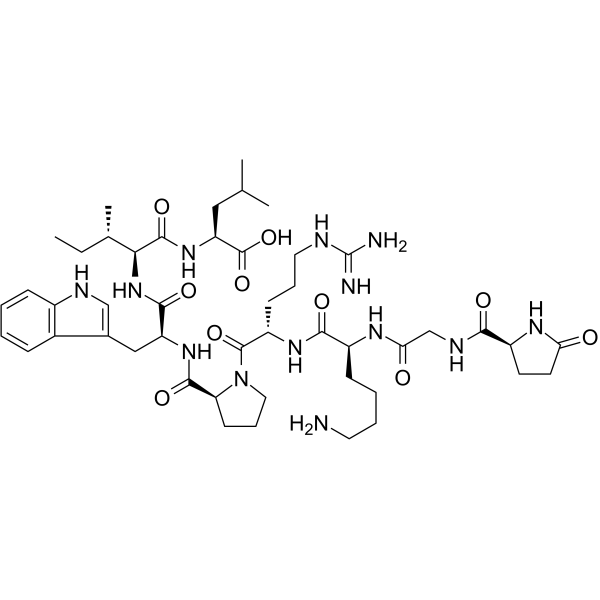
- HY-D0184
-
-

- HY-W015806
-
-

- HY-A0143
-
-

- HY-113437
-
-

- HY-125731
-
-

- HY-W018392
-
-

- HY-113025A
-
-

- HY-113437A
-
-

- HY-N7354
-
-

- HY-W008097
-
-

- HY-W005178
-
-

- HY-W009082
-
-

- HY-B1514
-
-

- HY-113147B
-
-

- HY-113147A
-
-

- HY-N8115
-
-

- HY-108398A
-
-

- HY-121883
-
-

- HY-131591
-
-

- HY-113442
-
-

- HY-107233
-
-

- HY-N10433
-
-

- HY-142105
-
-

- HY-W004515
-
-

- HY-N8588
-
-

- HY-W109613
-
-

- HY-N2549A
-
-

- HY-115899
-
-

- HY-N10071
-
-

- HY-N11927
-
-

- HY-107469
-
-

- HY-N10044
-
-

- HY-N12506
-
-

- HY-A0143A
-
-

- HY-141473
-
-

- HY-113152
-
-

- HY-120109
-
-

- HY-124001
-
-

- HY-157730
-
-

- HY-157731
-
-

- HY-120178
-
-

- HY-N9934
-
-

- HY-N0729
-
-

- HY-128851
-
-

- HY-128851A
-
-

- HY-125954A
-
-

- HY-128851B
-
-

- HY-137808
-
-

- HY-125954
-
|
UDP-α-D-glucuronic acid
|
Human Gut Microbiota Metabolites
Microorganisms
Source classification
Endogenous metabolite
|
Endogenous Metabolite
|
|
Uridine diphosphate glucuronic acid (UDP-α-D-glucuronic acid) is a cofactor that is formed by the catalytic activity of UDP-glucose dehydrogenase. Uridine diphosphate glucuronic acid is a central precursor in sugar nucleotide biosynthesis and common substrate for C4-epimerases and decarboxylases releasing UDP-galacturonic acid (UDP-GalA) and UDP-pentose products, respectively. Uridine diphosphate glucuronic acid as a glucuronic acid donor, can be used for for the research of the conjugation of bilirubin in the endoplasmic recticulum .
|
-

- HY-14781
-
-

- HY-N0787
-
-

- HY-B1207
-
-

- HY-113130
-
-

- HY-W009362
-
-

- HY-W016784
-
-

- HY-Y1718
-
-

- HY-W010832
-
-

- HY-W027446
-
-

- HY-W004260
-
-

- HY-124422
-
-

- HY-W015495
-
-

- HY-N6998
-
-

- HY-N7031
-
-

- HY-N7132
-
-

- HY-W010820
-
-

- HY-W003445
-
-

- HY-W018512
-
-

- HY-W001959
-
-

- HY-Y0444
-
-

- HY-W011688
-
-

- HY-N2073
-
-

- HY-N6599
-
-

- HY-N9457
-
-

- HY-B0172B
-
-

- HY-N10288
-
-

- HY-121184
-
-

- HY-W130610
-
-

- HY-W127433
-
-

- HY-112169A
-
-

- HY-N11173
-
-

- HY-112169
-
-

- HY-N4024
-
-

- HY-N0830B
-
-

- HY-12956B
-
-

- HY-N11466
-
-

- HY-126791A
-
-

- HY-N3048
-
-

- HY-119596
-
-

- HY-W009749C
-
-

- HY-N3592
-
-

- HY-N8592
-
-

- HY-N1891
-
-

- HY-128749A
-
-

- HY-N9933
-
-

- HY-N12523
-
-

- HY-126791
-
-

- HY-113482
-
-

- HY-N12604
-
|
|
Structural Classification
Microorganisms
Ketones, Aldehydes, Acids
Source classification
|
NF-κB
|
|
Penicisteck acid F (Compound 2) is a Marine derived tanzanic acid derivative that is a NF-κB inhibitor. Penicisteck acid F inhibits osteoclast expression by decreasing RANKL-induced IκBα degradation, NF-κB p65 nuclear translocation, NFATc1 activation and nuclear translocation, and related mRNA expression. Penicisteck acid F can be used in osteoporosis research .
|
-

- HY-123063
-
-

- HY-134556
-
-

- HY-N7214
-
-

- HY-N0787R
-
-

- HY-B0399
-
-

- HY-N1272
-
-

- HY-N2581
-
-

- HY-W017443
-
-

- HY-N2511
-
-

- HY-N6877
-
-

- HY-76199
-
-

- HY-W015343
-
-

- HY-W014502
-
-

- HY-12597
-
-

- HY-133068
-
-

- HY-N8522
-
-

- HY-113330
-
-

- HY-113884B
-
|
13(S)-HODE
|
Other disease
Disease markers
Endogenous metabolite
|
PPAR
Mitochondrial Metabolism
|
|
(S)-Coriolic acid (13(S)-HODE), the product of 15-lipoxygenase (15-LOX) metabolism of linoleic acid, functions as the endogenous ligand to activate PPARγ. (S)-Coriolic acid is an important intracellular signal agent and is involved in cell proliferation and differentiation in various biological systems. (S)-Coriolic acid induces mitochondrial dysfunction and airway epithelial injury [3].
|
-

- HY-N2078
-
-

- HY-124301
-
-

- HY-137868
-
-

- HY-W009993
-
-

- HY-N10590
-
-

- HY-N3221
-
-

- HY-N11638
-
-

- HY-113305
-
-

- HY-N3265
-
-

- HY-N12305
-
-

- HY-129503
-
-

- HY-N12267
-
-

- HY-N1524
-
-

- HY-N12528
-
-

- HY-W011334
-
-

- HY-113455
-
-

- HY-149550
-
-

- HY-B1142
-
-

- HY-Y1055
-
-

- HY-109590
-
-

- HY-W089835
-
-

- HY-B1899A
-
-

- HY-107784
-
-

- HY-135087
-
-

- HY-16007
-
-

- HY-N7387
-
-

- HY-126995
-
-

- HY-Y0123
-
-

- HY-N2920
-
-

- HY-N7692
-
-

- HY-N7693
-
-

- HY-113402
-
-

- HY-116015
-
-

- HY-N7443
-
-

- HY-130413
-
-

- HY-125923
-
-

- HY-N3287
-
-

- HY-N3126
-
-

- HY-N10219
-
-

- HY-134424
-
-

- HY-143712
-
-

- HY-126967
-
-

- HY-N10319
-
-

- HY-N11925
-
-

- HY-100978
-
-

- HY-B0747
-
-

- HY-N0121
-
-

- HY-N0728
-
-

- HY-113259
-
-

- HY-135772
-
-

- HY-W018555
-
-

- HY-N7624
-
-

- HY-131897
-
-

- HY-118149A
-
-

- HY-N8139
-
-

- HY-114883A
-
-

- HY-N3394
-
-

- HY-N9065
-
-

- HY-N9210
-
-

- HY-W010410
-
|
|
Microorganisms
Source classification
Plants
|
Others
|
|
Oct-1-en-3-ol, a fatty acid fragrant, is a self-stimulating oxylipin messenger. Oct-1-en-3-ol serves as a signaling molecule in plant cellular responses, plant-herbivore interactions, and plant-plant interactions. Oct-1-en-3-ol causes dopamine neuron degeneration through disruption of dopamine handling .
|
-

- HY-B0430B
-
|
(±)-Pantothenate; (±)-Vitamin B5
|
Other disease
Disease markers
Endogenous metabolite
|
Others
|
|
(±)-Pantothenic acid ((±)-Pantothenate), a B-vitamin, is an essential vitamin required for the biosynthesis of coenzyme A (CoA) in mammalian cells. Pantothenic acid has protective activity against valproic acid (VPA)-induced neural tube defects (NTD) in CD-1 mice .
|
-

- HY-N3997
-
-

- HY-122928
-
-

- HY-122464A
-
-

- HY-N9676
-
-

- HY-N7392
-
-

- HY-N8359
-
-

- HY-N12203
-
-

- HY-N12199
-
-

- HY-N12837
-
-

- HY-W009749
-
-

- HY-129476
-
-

- HY-B2246
-
-

- HY-N7059
-
-

- HY-N0325
-
-

- HY-126415
-
-

- HY-112942A
-
-

- HY-114360
-
-

- HY-P0239A
-
-

- HY-N8060A
-
-

- HY-B1529A
-
-

- HY-113335
-
-

- HY-112942
-
-

- HY-N12012
-
-

- HY-113256
-
-

- HY-13212
-
-

- HY-Y0585
-
-

- HY-N6036
-
-

- HY-N2417
-
-

- HY-127143
-
-

- HY-D0841
-
-

- HY-Y1310
-
-

- HY-151852
-
-

- HY-113350
-
-

- HY-N2683
-
-

- HY-N12207
-
-

- HY-N12240
-
-

- HY-B1329
-
-

- HY-N3848
-
-

- HY-N7512
-
-

- HY-N10225
-
-

- HY-B1746
-
-

- HY-N2027
-
-

- HY-N6869
-
-

- HY-N1429
-
-

- HY-116374
-
-

- HY-125818
-
-

- HY-N12216
-
-

- HY-N6660
-
|
Tricaprin; Glyceryl tridecanoate
|
Ketones, Aldehydes, Acids
Source classification
umbellularia californica
Metabolic Disease
Plants
Lauraceae
Disease Research Fields
|
Endogenous Metabolite
Androgen Receptor
|
|
Trisdecanoin (Tricaprin; Glyceryl tridecanoate) is an orally available precursor of decanoic acid (DA precursor) that can be hydrolyzed to decanoic acid. Trisdecanoin and its metabolite capric acid not only provide the body with a quick source of energy, but can also affect lipid metabolism. Trisdecanoin is a major component of medium chain triglycerides (MCT), which has preventive or inhibitory properties for abdominal aortic aneurysms (AAA), inhibition of cardiovascular disease, and anti-androgen (NSAA) and anti-hyperglycemic properties. Trisdecanoin can be used as an additive in food, medicine and cosmetics [3].
|
-

- HY-135880A
-
-

- HY-135882
-
-

- HY-121557
-
-

- HY-135881
-
-

- HY-135880
-
-

- HY-103342
-
-

- HY-B2227
-
-

- HY-100821
-
-

- HY-N0623
-
-

- HY-B0660
-
-

- HY-103281
-
-

- HY-W011269
-
-

- HY-B0438
-
-

- HY-N9768
-
|
9-oxo-ODA
|
Structural Classification
Microorganisms
Ketones, Aldehydes, Acids
Source classification
|
Fungal
PPAR
|
|
(10E,12E)-9-Oxo-10,12-octadecadienoic acid (9-oxo-ODA) is a PPARα agonist that can be isolated from the basidiomycete Gomphus floccosus. (10E,12E)-9-Oxo-10,12-octadecadienoic acid enhances fatty acid oxidation through PPARα activation, thereby inhibiting triglyceride accumulation. (10E,12E)-9-Oxo-10,12-octadecadienoic acid also has antifungal (Fungal) activity .
|
-

- HY-Y1091
-
-

- HY-W009203
-
-
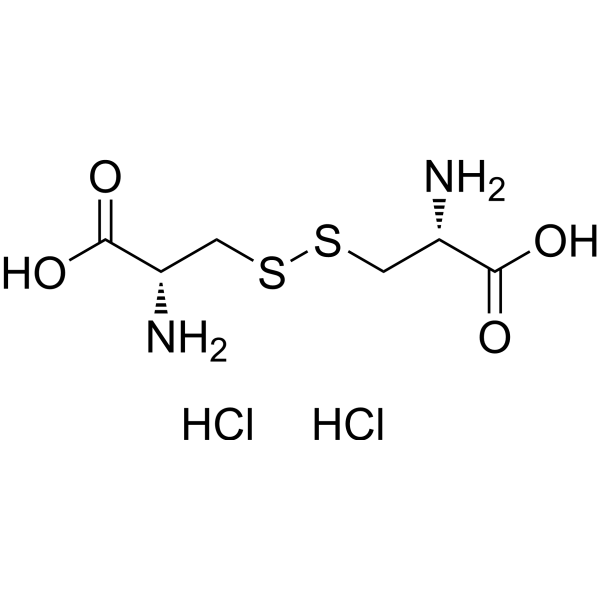
- HY-W141810
-
-

- HY-113084
-
-

- HY-Y1080
-
-

- HY-W015450
-
-

- HY-W065053
-
-

- HY-107848
-
-

- HY-W013293
-
-

- HY-W005388
-
-

- HY-113064
-
-

- HY-121520
-
-

- HY-121705
-
-

- HY-N7831
-
-

- HY-W004114
-
-

- HY-W040705
-
-

- HY-126169
-
-

- HY-N6733
-
-

| Cat. No. |
Product Name |
Chemical Structure |
-
- HY-B0228S10
-
|
|
|
(R)-3-Hydroxybutanoic acid- 13C2 (sodium) is the 13C labeled (R)-3-Hydroxybutanoic acid (sodium) (HY-W015851). (R)-3-Hydroxybutanoic acid (sodium) is a metabolite converted from acetoacetic acid catalyzed by 3-hydroxybutyrate dehydrogenase. (R)-3-Hydroxybutanoic acid sodium can function as a nutrition source, and as a precursor for vitamins, antibiotics and pheromones[1][2][3].
|
-

-
- HY-W015851S
-
|
|
|
(R)-3-Hydroxybutanoic acid- 13C (sodium) is the 13C labeled (R)-3-Hydroxybutanoic acid sodium[1]. (R)-3-Hydroxybutanoic acid sodium ((R)-3-Hydroxybutyric acid) is a metabolite converted from acetoacetic acid catalyzed by 3-hydroxybutyrate dehydrogenase. (R)-3-Hydroxybutanoic acid sodium can function as a nutrition source, and as a precursor for vitamins, antibiotics and pheromones[2][3].
|
-

-
- HY-W015851S2
-
|
|
|
(R)-3-Hydroxybutanoic acid-13C4 (sodium) is an active compound. (R)-3-Hydroxybutanoic acid-13C4 (sodium) can be used for kinds of research.
|
-

-
- HY-106950CS
-
|
|
|
Fosfructose-1- 13C (sodium) is the 13C labeled Fosfructose[1].
|
-

-
- HY-106950CS1
-
|
|
|
Fosfructose-2- 13C (sodium) is the 13C labeled Fosfructose[1].
|
-

-
- HY-106950CS3
-
|
|
|
Fosfructose-6- 13C (sodium) is the 13C labeled Fosfructose[1].
|
-

-
- HY-A0213AS
-
|
|
|
Tiludronate-d5 (sodium)mis the deuterium labeled Tiludronate disodium. Tiludronate (Tiludronic Acid) disodium, an orally active bisphosphonate, can act an osteoregulator. Tiludronate is used for the research of the metabolic bone disorders. Tiludronate is a potent inhibitor of the osteoclast vacuolar H(+)-ATPase. Antiresorptive and anti-inflammatory properties[1][2][3][4].
|
-

-
- HY-B0739AS
-
|
|
|
Citicoline-d9 (sodium) is the deuterium labeled Citicoline sodium. Citicoline sodium salt is an intermediate in the synthesis of phosphatidylcholine which is a component of cell membranes and also exerts neuroprotective effects.
|
-

-
- HY-B1788S
-
|
|
|
Taurocholic acid-d4 (sodium) is the deuterium labeled Taurocholic acid. Taurocholic acid (N-Choloyltaurine) is a bile acid involved in the emulsification of fats.
|
-

-
- HY-Y0781S
-
|
|
|
Pyruvic acid- 13C (sodium) is the 13C-labeled Pyruvic acid. Pyruvic acid is an intermediate metabolite in the metabolism of carbohydrates, proteins, and fats.
|
-

-
- HY-N1429S1
-
|
|
|
Taurochenodeoxycholic acid-d5 (sodium) is the deuterium labeled Taurochenodeoxycholic acid sodium. Taurochenodeoxycholic acid sodium salt (12-Deoxycholyltaurine sodium salt) is one of the main bioactive substances of animals' bile acid. Taurochenodeoxycholic acid induces apoptosis and shows obvious anti-inflammatory and immune regulation properties[1][2].
|
-

-
- HY-113378S
-
|
|
|
3-Hydroxybutyric acid-d4 (sodium) is the deuterium labeled 3-Hydroxybutyric acid. 3-Hydroxybutyric acid (β-Hydroxybutyric acid) is a metabolite that is elevated in type I diabetes. 3-Hydroxybutyric acid can modulate the properties of membrane lipids[1].
|
-

-
- HY-N2334AS
-
|
|
|
Glycochenodeoxycholic acid-d7 (sodium) is the deuterium labeled Glycochenodeoxycholic acid (sodium salt). Glycochenodeoxycholic acid sodium salt (Chenodeoxycholylglycine sodium salt) is a bile acid formed in the liver from chenodeoxycholate and glycine. It acts as a detergent to solubilize fats for absorption and is itself absorbed. Glycochenodeoxycholic acid sodium salt (Chenodeoxycholylglycine sodium salt) induces hepatocyte apoptosis[1][2].
|
-

-
- HY-W012722BS1
-
|
|
|
4-Methyl-2-oxopentanoic acid- 13C (sodium) is the 13C labeled 4-Methyl-2-oxopentanoic acid sodium[1].
|
-

-
- HY-141672S1
-
|
|
|
17β-Estradiol sulfate-d4 (sodium) is the deuterium labeled 17β-Estradiol sulfate 17β-Estradiol sulfate (sodium), also known as β-Estradiol 3-sulfate sodium salt, is a neuroactive steroid[1][2].
|
-

-
- HY-110189S1
-
|
|
|
Pregnenolone monosulfate-d4 (sodium) is the deuterium labeled Pregnenolone monosulfate. Pregnenolone monosulfate sodium (3β-Hydroxy-5-pregnen-20-one monosulfate sodium) is a powerful neurosteroid, the main precursor of various steroid hormones including steroid ketones. Pregnenolone monosulfate sodium acts as a signaling-specific inhibitor of cannabinoid CB1 receptor, inhibits the effects of tetrahydrocannabinol (THC) that are mediated by the CB1 receptors. Pregnenolone monosulfate sodium can protect the brain from cannabis intoxication[1][2]. Pregnenolone monosulfate sodium is also a TRPM3 channel activator, and also can weakly activate TRPM1 channels[3].
|
-

-
- HY-N0545S
-
|
|
|
Taurocholic acid- 13C2, 15N (sodium) is the 13C- and 15N- labeled Taurocholic acid (sodium).
|
-

-
- HY-I1124
-
|
|
|
L-Valine-d8 is a deuterated form of L-Valine. L-Valine-d8 can be used in the labelled synthesis of L-valineamide-d8 intermediate[1]. L-Valine is one of 20 proteinogenic amino acids. L-Valine is an essential amino acid[2].
|
-

-
- HY-106579S
-
|
|
|
Tiaprofenic acid-d3 is a deuterium labeled Tiaprofenic acid. Tiaprofenic acid is a nonsteroidal anti-inflammatory agent (NSAID) mainly used in the treatment of rheumatic diseases[1].
|
-

-
- HY-I1111S
-
|
|
|
Fmoc-L-Val-OH-d8 is a deuterium labeled Fmoc-L-Val-OH. Fmoc-L-Val-OH is a kind of protect amino acids[1].
|
-

-
- HY-B0167S1
-
|
|
|
Salicylic acid- 13C6 is the 13C-labeled Salicylic acid (HY-B0167). Salicylic acid is a precursor to and a metabolite of Aspirin (HY-14654), can inhibit cyclo-oxygenase-2 (COX-2) activity[1][2].
|
-

-
- HY-W018392S
-
|
|
|
Mono-(2-ethylhexyl) phthalate-d4 is a deuterium labeled Mono-(2-ethylhexyl) phthalate (HY-W018392). Mono-(2-ethylhexyl) phthalate (MEHP) is a major bioactive metabolite of diethylhexyl phthalate (DEHP). Mono-(2-ethylhexyl) phthalate can promote fatty acid synthesis in hepatocytes by regulating the expression of relevant genes and proteins, contributing to non-alcoholic fatty liver disease (NAFLD) .
|
-

-
- HY-N0667S7
-
|
|
|
L-Asparagine-13C4,15N2 ((-)-Asparagine-13C4,15N2) is the 13C and 15N-labeled L-Aspartic acid. L-Aspartic acid is an amino acid, shown to be a suitable pro-agent for colon-specific drug delivery [3].
|
-

-
- HY-100807S2
-
|
|
|
Quinolinic acid-13C4, 15N is an isotopic labeled Quinolinic acid (HY-100807). Quinolinic acid is an endogenous N-methyl-D-aspartate (NMDA) receptor agonist and has the potential of mediating NMDA neuronal damage and dysfunction .
|
-

-
- HY-W009362S
-
|
|
|
DL-Isocitric acid- 13C4 (trisodium salt) is a 13C labeled DL-Isocitric acid (trisodium salt) (HY-W009362). DL-Isocitric acid trisodium salt is an endogenous metabolite. DL-Isocitric acid trisodium salt is a substrate in the citric acid cycle. DL-Isocitric acid trisodium salt can be used as a marker for determining the composition of isocitrates in fruit products, including fruit juices.
|
-

-
- HY-D2283S
-
|
|
|
Photo-DL-lysine-d2 is the deuterium labeled Photo-DL-lysine (HY-D2283). Photo-DL-lysine is a DL-lysine-based photo-reactive amino acid, captures proteins that bind lysine post-translational modifications .
|
-

-
- HY-D2283S1
-
|
|
|
Photo-lysine-d2 is the deuterium labeled Photo-lysine. Photo-lysine is a DL-lysine-based photo-reactive amino acid, captures proteins that bind lysine post-translational modifications .
|
-

-
- HY-D2283S2
-
|
|
|
Photo-lysine-d2-1 is the deuterium labeled Photo-lysine. Photo-lysine is a DL-lysine-based photo-reactive amino acid, captures proteins that bind lysine post-translational modifications .
|
-

-
- HY-B0946S
-
|
|
|
Sulfamonomethoxine-d4 is a deuterium labeled Sulfamonomethoxine. Sulfamonomethoxine is a long acting sulfonamide antibacterial agent, used in blood kinetic studies,and blocks the synthesis of folic acid by inhibiting synthetase of dihydropteroate[1].
|
-

-
- HY-116374S
-
|
|
|
Glycolithocholic acid-d4 is the deuterium labeled Glycolithocholic acid. Glycolithocholic acid, an endogenous metabolite, is a glycine-conjugated secondary bile acid and can be used to diagnose ulcerative colitis (UC), non-alcoholic steatohepatitis (NASH) and primary sclerosing cholangitis (PSC) [1][2][3][4].
|
-

-
- HY-B0172S
-
|
|
|
Lithocholic acid-d4 is the deuterium labeled Lithocholic acid, which is a toxic secondary bile acid[1].
|
-

-
- HY-N0216S
-
|
|
|
Benzoic acid-d5 is a deuterium substitute for Benzoic acid. Benzoic acid is an aromatic alcohol that occurs naturally in many plants and is a common additive in food, beverages, cosmetics and other products. Benzoic acid can act as a preservative by inhibiting bacteria and fungi[1][2].
|
-

-
- HY-138616S3
-
|
|
|
dGTP- 13C10 (2'-Deoxyguanosine-5'-triphosphate- 13C10) dilithium is 13C-labeled dGTP (HY-138616). dGTP (2'-Deoxyguanosine-5'-triphosphate), a guanosine nucleotide, can be used in deoxyribonucleic acid synthesis. Guanosine nucleotides (GDP, GTP, dGDP, and dGTP) are highly susceptible to oxidative damage to 8-oxo-GDP (8-O-GDP), 8-O-dGTP, 8-O-GTP, and 8-O-dGTP.
|
-

-
- HY-138616S4
-
|
|
|
dGTP- 13C10, 15N5 (2'-Deoxyguanosine-5'-triphosphate- 13C10, 15N5) dilithium is 13C and 15N-labeled dGTP (HY-138616). dGTP (2'-Deoxyguanosine-5'-triphosphate), a guanosine nucleotide, can be used in deoxyribonucleic acid synthesis. Guanosine nucleotides (GDP, GTP, dGDP, and dGTP) are highly susceptible to oxidative damage to 8-oxo-GDP (8-O-GDP), 8-O-dGTP, 8-O-GTP, and 8-O-dGTP.
|
-

-
- HY-138616S
-
|
|
|
dGTP- 15N5 (2'-Deoxyguanosine-5'-triphosphate- 15N5) dilithium is 15N labeled dGTP (HY-138616). dGTP (2'-Deoxyguanosine-5'-triphosphate), a guanosine nucleotide, can be used in deoxyribonucleic acid synthesis. Guanosine nucleotides (GDP, GTP, dGDP, and dGTP) are highly susceptible to oxidative damage to 8-oxo-GDP (8-O-GDP), 8-O-dGTP, 8-O-GTP, and 8-O-dGTP.
|
-

-
- HY-138616S2
-
|
|
|
dGTP- 15N5,d14 (2'-Deoxyguanosine-5'-triphosphate- 15N5,d14) dilithium is deuterium and 15N labeled dGTP (HY-138616). dGTP (2'-Deoxyguanosine-5'-triphosphate), a guanosine nucleotide, can be used in deoxyribonucleic acid synthesis. Guanosine nucleotides (GDP, GTP, dGDP, and dGTP) are highly susceptible to oxidative damage to 8-oxo-GDP (8-O-GDP), 8-O-dGTP, 8-O-GTP, and 8-O-dGTP.
|
-

-
- HY-138616S1
-
|
|
|
dGTP-d14 (2'-Deoxyguanosine-5'-triphosphate-d14) dilithium is deuterium labeled dGTP (HY-138616). dGTP (2'-Deoxyguanosine-5'-triphosphate), a guanosine nucleotide, can be used in deoxyribonucleic acid synthesis. Guanosine nucleotides (GDP, GTP, dGDP, and dGTP) are highly susceptible to oxidative damage to 8-oxo-GDP (8-O-GDP), 8-O-dGTP, 8-O-GTP, and 8-O-dGTP.
|
-

-
- HY-111095S1
-
|
|
|
D-(-)-Lactic acid-13C ((R)-2-Hydroxypropionic acid-13C) is a 13C-labeled D-Lactic acid. D-(-)-Lactic acid-13C can be used as an internal standard and can also be used in studies such as metabolic tracing.
|
-

-
- HY-W050026S
-
2 Publications Verification
|
|
Phenylacetylglutamine-d5 is the deuterium labeled Phenylacetylglutamine. Phenylacetylglutamine is a colonic microbial metabolite from amino acid fermentation[1].
|
-

-
- HY-N7063S1
-
|
|
|
Nerol-d6 is deuterated labeled Oct-1-en-3-ol (HY-W010410). Oct-1-en-3-ol, a fatty acid fragrant, is a self-stimulating oxylipin messenger. Oct-1-en-3-ol serves as a signaling molecule in plant cellular responses, plant-herbivore interactions, and plant-plant interactions. Oct-1-en-3-ol causes dopamine neuron degeneration through disruption of dopamine handling .
|
-

-
- HY-B0007S
-
|
|
|
Baclofen-d4 is the deuterium labeled Baclofen. Baclofen, a lipophilic derivative of γ-aminobutyric acid (GABA), is an orally active, selective metabotropic GABAB receptor (GABABR) agonist. Baclofen mimics the action of GABA and produces slow presynaptic inhibition through the GABAB receptor. Baclofen has high blood brain barrier penetrance. Baclofen has the potential for muscle spasticity research[1][2][3].
|
-

-
- HY-B0007S2
-
|
|
|
Baclofen-d5 hydrochloride is deuterated labeled Baclofen (HY-B0007). Baclofen, a lipophilic derivative of γ-aminobutyric acid (GABA), is an orally active, selective metabotropic GABAB receptor (GABABR) agonist. Baclofen mimics the action of GABA and produces slow presynaptic inhibition through the GABAB receptor. Baclofen has high blood brain barrier penetrance. Baclofen has the potential for muscle spasticity research [3].
|
-

-
- HY-125818S2
-
|
|
|
Cytidine-5'-triphosphate- 13C,d1 (Cytidine triphosphate- 13C,d1 dilithium; 5'-CTP- 13C,d1) dilithium is deuterium and 13C-labeled Cytidine-5'-triphosphate (HY-125818). Cytidine 5′-triphosphate (Cytidine triphosphate; 5'-CTP) is a nucleoside triphosphate and serves as a building block for nucleotides and nucleic acids, lipid biosynthesis. Cytidine triphosphate synthase can catalyze the formation of cytidine 5′-triphosphate from uridine 5′-triphosphate (UTP). Cytidine 5′-triphosphate is an essential biomolecule?in the de novo?pyrimidine biosynthetic pathway in?T. gondii.
|
-

-
- HY-125818S3
-
|
|
|
Cytidine-5'-triphosphate- 13C9 (Cytidine triphosphate- 13C9 dilithium; 5'-CTP- 13C9) dilithium is 13C-labeled Cytidine-5'-triphosphate (HY-125818). Cytidine 5′-triphosphate (Cytidine triphosphate; 5'-CTP) is a nucleoside triphosphate and serves as a building block for nucleotides and nucleic acids, lipid biosynthesis. Cytidine triphosphate synthase can catalyze the formation of cytidine 5′-triphosphate from uridine 5′-triphosphate (UTP). Cytidine 5′-triphosphate is an essential biomolecule?in the de novo?pyrimidine biosynthetic pathway in?T. gondii.
|
-

-
- HY-125818S6
-
|
|
|
Cytidine-5'-triphosphate- 15N3 (Cytidine triphosphate- 15N3 dilithium; 5'-CTP- 15N3) dilithium is 15N labeled Cytidine-5'-triphosphate (HY-125818). Cytidine 5′-triphosphate (Cytidine triphosphate; 5'-CTP) is a nucleoside triphosphate and serves as a building block for nucleotides and nucleic acids, lipid biosynthesis. Cytidine triphosphate synthase can catalyze the formation of cytidine 5′-triphosphate from uridine 5′-triphosphate (UTP). Cytidine 5′-triphosphate is an essential biomolecule?in the de novo?pyrimidine biosynthetic pathway in?T. gondii.
|
-

-
- HY-125818S5
-
|
|
|
Cytidine-5'-triphosphate- 15N3,d14 (Cytidine triphosphate- 15N3,d14 dilithium; 5'-CTP- 15N3,d14) dilithium is deuterium and 15N labeled Cytidine-5'-triphosphate (HY-125818). Cytidine 5′-triphosphate (Cytidine triphosphate; 5'-CTP) is a nucleoside triphosphate and serves as a building block for nucleotides and nucleic acids, lipid biosynthesis. Cytidine triphosphate synthase can catalyze the formation of cytidine 5′-triphosphate from uridine 5′-triphosphate (UTP). Cytidine 5′-triphosphate is an essential biomolecule?in the de novo?pyrimidine biosynthetic pathway in?T. gondii.
|
-

-
- HY-125818S4
-
|
|
|
Cytidine-5'-triphosphate-d14 (Cytidine triphosphate-d14 dilithium; 5'-CTP-d14) dilithium is deuterium labeled Cytidine-5'-triphosphate (HY-125818). Cytidine 5′-triphosphate (Cytidine triphosphate; 5'-CTP) is a nucleoside triphosphate and serves as a building block for nucleotides and nucleic acids, lipid biosynthesis. Cytidine triphosphate synthase can catalyze the formation of cytidine 5′-triphosphate from uridine 5′-triphosphate (UTP). Cytidine 5′-triphosphate is an essential biomolecule?in the de novo?pyrimidine biosynthetic pathway in?T. gondii.
|
-

| Cat. No. |
Product Name |
|
Classification |
-
- HY-119647
-
|
|
|
Alkynes
|
|
PPOH, a fatty acid derivative, is a selective cyclooxygenase (COX) inhibitor that inhibits arachidonic acid cyclooxygenase activity in renal cortical microsomes. In addition, PPOH acts on CYP4A2 and CYP4A3 with the IC50 values of 22 μM and 6.5 μM, respectively . PPOH is a click chemistry reagent, it contains an Alkyne group and can undergo copper-catalyzed azide-alkyne cycloaddition (CuAAc) with molecules containing Azide groups.
|
-
- HY-W008554
-
|
|
|
Alkynes
|
|
7-Octyn-1-ol is the precursor to 7-octynoic acid. 7-Octyn-1-ol oxidation results in 7-octynoic acid . 7-Octyn-1-ol is a click chemistry reagent, it contains an Alkyne group and can undergo copper-catalyzed azide-alkyne cycloaddition (CuAAc) with molecules containing Azide groups.
|
-
- HY-158000
-
|
|
|
Alkynes
|
|
Bile acid probe 1, a clickable and photoreactive probe for Bile acid, contains ester linkage .
|
-
- HY-151715
-
|
|
|
Azide
|
|
N3-D-Dap(Fmoc)-OH is a click chemistry reagent. N3-D-Dap(Fmoc)-OH can be used as a component for coupling by click reaction and as an orthogonally protected diaminocarboxylic acid derivative .
|
-
- HY-151778
-
|
|
|
Azide
|
|
Fmoc-Abg(N3)-OH is a click chemistry reagent containing an azide group. Fmoc-Abg(N3)-OH has the potential to synthesize peptide nucleic acids (PNA) and peptoids.
|
-
- HY-115402
-
|
|
|
Azide
|
|
DAz-1 is a sulfonic acid probe for living cells, which can directly detect sulfonic acid-modified proteins in living cells and is cell-permeable .
|
-
- HY-132278
-
|
|
|
Azide
|
|
DAz-2 is a sulfonic acid probe for living cells, which can directly detect sulfonic acid-modified proteins in living cells and is cell-permeable .
|
-
- HY-101016
-
|
|
|
Alkynes
|
|
17-ODYA is a CYP450 ω-hydroxylase inhibitor. 17-ODYA is also a potent inhibitor (IC50<100 nM) of the formation of 20-hydroxyeicosatetraenoic acid (20-HETE), epoxyeicosatrienoic acids and dihydroxyeicosatrienoic acids by rat renal cortical microsomes incubated with arachidonic acid. 17-ODYA completely attenuates the isoproterenol (ISO)-induced apoptosis, and necrosis in cultured cardiomyocytes [3]. 17-ODYA is a click chemistry reagent, it contains an Alkyne group and can undergo copper-catalyzed azide-alkyne cycloaddition (CuAAc) with molecules containing Azide groups.
|
-
- HY-131033
-
|
|
|
Azide
|
|
L-Azidonorleucine hydrochloride, an unnatural amino acid, is A Methionine surrogate. L-Azidonorleucine hydrochloride can be used to label mammalian cell proteins and identify a diverse set of methionyl-tRNA synthetase (MetRS) mutants . L-Azidonorleucine (hydrochloride) is a click chemistry reagent, it contains an Azide group and can undergo copper-catalyzed azide-alkyne cycloaddition reaction (CuAAc) with molecules containing Alkyne groups. Strain-promoted alkyne-azide cycloaddition (SPAAC) can also occur with molecules containing DBCO or BCN groups.
|
-
- HY-147309
-
|
|
|
Azide
|
|
16-Azidohexadecanoic acid, a synthetic fatty acid, can be used as a modification marker for nucleotides and a molecular probe for fatty acid metabolism . 16-Azidohexadecanoic acid is a click chemistry reagent, itcontains an Azide group and can undergo copper-catalyzed azide-alkyne cycloaddition reaction (CuAAc) with molecules containing Alkyne groups. Strain-promoted alkyne-azide cycloaddition (SPAAC) can also occur with molecules containing DBCO or BCN groups.
|
-
- HY-151656
-
|
Azido Palmitic acid
|
|
Labeling and Fluorescence Imaging
Azide
|
|
15-Azido-pentadecanoic acid is a click chemistry reagent containing an azide group. Azido Palmitic Acid can be used to identify and characterize post-translationally palmitylated proteins with using a simple and robust two-step labeling and detection technique . 15-Azido-pentadecanoic acid is a click chemistry reagent, it contains an Azide group and can undergo copper-catalyzed azide-alkyne cycloaddition reaction (CuAAc) with molecules containing Alkyne groups. Strain-promoted alkyne-azide cycloaddition (SPAAC) can also occur with molecules containing DBCO or BCN groups.
|
-
- HY-151751
-
|
|
|
Labeling and Fluorescence Imaging
|
|
BDP TMR alkyne is an alkyne-containing click chemistry reagent that can click chemistry with azides. BDP TMR alkyne has the fluorophore BDP and can be used for oligonucleotide labeling and amino acid sequencing .
|
-
- HY-118783
-
|
(±)-2-Hexyl-4-pentynoic acid
|
|
Alkynes
|
|
2-Hexyl-4-pentynoic acid ((±)-2-Hexyl-4-pentynoic acid), valproic acid (VPA) derivative, exhibits potential roles of HDAC inhibition (IC50=13 μM) and HSP70 induction. Potent neuroprotective effects. 2-Hexyl-4-pentynoic acid causes histone hyperacetylation and protect against glutamate-induced excitotoxicity in cultured neurons . 2-Hexyl-4-pentynoic acid is a click chemistry reagent, it contains an Alkyne group and can undergo copper-catalyzed azide-alkyne cycloaddition (CuAAc) with molecules containing Azide groups.
|
-
- HY-151680
-
|
|
|
Alkynes
Labeling and Fluorescence Imaging
|
|
TAMRA alkyne, 6-isomer is a linker of TAMRA which is a xanthene dye with orange emission that is commonly used for oligonucleotide labeling and amino acid sequencing. The addition of the alkyne groups allows for it to be reacted with an azide for copper-catalyzed Click Chemistry .
|
-
- HY-139014
-
|
H-L-Lys(Poc)-OH
|
|
Alkynes
|
|
N-ε-propargyloxycarbonyl-L-lysine (H-L-Lys(Poc)-OH) is a lysine-based unnatural amino acid (UAA). N-ε-propargyloxycarbonyl-L-lysine is widely used for bio-conjugation of fluorescent probes in diverse organisms from E. coli to mammalian cells even in animals . N-ε-propargyloxycarbonyl-L-lysine is a click chemistry reagent, it contains an Alkyne group and can undergo copper-catalyzed azide-alkyne cycloaddition (CuAAc) with molecules containing Azide groups.
|
-
- HY-132975
-
|
|
|
Alkynes
|
|
PrDiAzK is a bifunctional amino acid. PrDiAzK can be site-selectively incorporated into proteins in both bacterial and mammalian cell culture. PrDiAzK can be used for proteome-wide incorporation via stochastic orthogonal recoding of translation (SORT) . PrDiAzK is a click chemistry reagent, it contains an Alkyne group and can undergo copper-catalyzed azide-alkyne cycloaddition (CuAAc) with molecules containing Azide groups.
|
-
- HY-151780
-
|
|
|
Alkynes
|
|
Fmoc-L-Dap(Pentynoyl)-OH is a click chemistry reagent containing an azide group. Fmoc-L-Dap(Pentynoyl)-OH serves as an amino acid building block for introducing alkyne functions into peptide sequences by standard Fmoc/tBu protocols. The alkyne residue can be engaged for copper catalyzed click reaction with organic azides or with tetrazines for copper-free conjugations . Fmoc-L-Dap(Pentynoyl)-OH is a click chemistry reagent, it contains an Alkyne group and can undergo copper-catalyzed azide-alkyne cycloaddition (CuAAc) with molecules containing Azide groups.
|
-
- HY-151852
-
|
|
|
Labeling and Fluorescence Imaging
Azide
|
|
9AzNue5Ac, 9-azido-9-deoxy-N-acetylneuraminic acid, is a click chemistry reagent and a Neu5Ac analogue with the substitution of 9-hydroxyl group with an azide. 9AzNue5Ac could be metabolized and incorporated into sialoglycans in living cells and mice. Click chemistry has great potential for use in binding between nucleic acids, lipids, proteins, and other molecules, and has been used in many research fields because of its beneficial characteristics, including high yield, high specificity, and simplicity .
|
-
- HY-W006064
-
|
|
|
Alkynes
|
|
(S)-2-Aminopent-4-ynoic acid is a synthetic amino acid. (S)-2-Aminopent-4-ynoic acid can be used in synthesis of folate-conjugates and corresponding metal-chelate complexes . (S)-2-Aminopent-4-ynoic acid is a click chemistry reagent, it contains an Alkyne group and can undergo copper-catalyzed azide-alkyne cycloaddition (CuAAc) with molecules containing Azide groups.
|
-
- HY-W048205
-
|
|
|
Azide
|
|
N6-Diazo-L-Fmoc-lysine is an active compand and can be used in a variety of chemical studies. N6-Diazo-L-Fmoc-lysine is a click chemistry reagent, it contains an Azide group and can undergo copper-catalyzed azide-alkyne cycloaddition reaction (CuAAc) with molecules containing Alkyne groups. Strain-promoted alkyne-azide cycloaddition (SPAAC) can also occur with molecules containing DBCO or BCN groups.
|
-
- HY-W142062
-
|
|
|
Azide
|
|
cis-Fmoc-Pro(4-N3)-OH is a proline derivative . cis-Fmoc-Pro(4-N3)-OH is a click chemistry reagent, it contains an Azide group and can undergo copper-catalyzed azide-alkyne cycloaddition reaction (CuAAc) with molecules containing Alkyne groups. Strain-promoted alkyne-azide cycloaddition (SPAAC) can also occur with molecules containing DBCO or BCN groups.
|
-
- HY-W040124
-
|
|
|
Alkynes
|
|
DL-Propargylglycine is a Glycine (HY-Y0966) derivative . DL-Propargylglycine is a click chemistry reagent, it contains an Alkyne group and can undergo copper-catalyzed azide-alkyne cycloaddition (CuAAc) with molecules containing Azide groups.
|
-
- HY-W008395
-
|
|
|
Alkynes
|
|
Fmoc-D-Pra-OH is a Glycine (HY-Y0966) derivative . Fmoc-D-Pra-OH is a click chemistry reagent, it contains an Alkyne group and can undergo copper-catalyzed azide-alkyne cycloaddition (CuAAc) with molecules containing Azide groups.
|
-
- HY-W011210
-
|
|
|
Alkynes
|
|
Fmoc-Pra-OH is a Glycine (HY-Y0966) derivative . Fmoc-Pra-OH is a click chemistry reagent, it contains an Alkyne group and can undergo copper-catalyzed azide-alkyne cycloaddition (CuAAc) with molecules containing Azide groups.
|
-
- HY-W014258
-
|
|
|
Alkynes
|
|
(R)-2-((tert-Butoxycarbonyl)amino)pent-4-ynoic acid is a Glycine (HY-Y0966) derivative . (R)-2-((tert-Butoxycarbonyl)amino)pent-4-ynoic acid is a click chemistry reagent, it contains an Alkyne group and can undergo copper-catalyzed azide-alkyne cycloaddition (CuAAc) with molecules containing Azide groups.
|
-
- HY-W014259
-
|
|
|
Alkynes
|
|
(S)-2-((tert-Butoxycarbonyl)amino)pent-4-ynoic acid is a Glycine (HY-Y0966) derivative . (S)-2-((tert-Butoxycarbonyl)amino)pent-4-ynoic acid is a click chemistry reagent, it contains an Alkyne group and can undergo copper-catalyzed azide-alkyne cycloaddition (CuAAc) with molecules containing Azide groups.
|
-
- HY-151641
-
|
|
|
Azide
|
|
3-Azido-L-alanine is an aliphatic functionalized amino acid with side chain lengths of up to four carbons . 3-Azido-L-alanine is a click chemistry reagent, it contains an Azide group and can undergo copper-catalyzed azide-alkyne cycloaddition reaction (CuAAc) with molecules containing Alkyne groups. Strain-promoted alkyne-azide cycloaddition (SPAAC) can also occur with molecules containing DBCO or BCN groups.
|
Your information is safe with us. * Required Fields.
Inquiry Information
- Product Name:
- Cat. No.:
- Quantity:
- MCE Japan Authorized Agent:









































































































































































































































































![(<em>3</em>β)-<em>3</em>-[(O-β-D-Glucopyranosyl-(1→<em>3</em>)-O-6-deoxy-α-L-mannopyranosyl-(1→2)-α-L-arabinopyranosyl)oxy]olean-12-en-28-oic acid](http://file.medchemexpress.com/product_pic/hy-n6058.gif)











































![[Ala11,D-Leu15]-Orexin B(human)](http://file.medchemexpress.com/product_pic/hy-p1340.gif)
![[Ala11,D-Leu15]-Orexin B(human) TFA](http://file.medchemexpress.com/product_pic/hy-p1340a.gif)
















































































































































































































































































































































































































































































![Lactalbumin B (50-53) Alpha [Lactorphin Alpha], bovine](http://file.medchemexpress.com/product_pic/hy-p3976.gif)

















































































































































































































































































































































































































































































































![(2R)-2-[(<em>3</em>,5-Dinitrobenzoyl)amino]-2-phenyl-acetic acid](http://file.medchemexpress.com/product_pic/hy-w125501.gif)


















![(αR)-α-[[(1,1-Dimethylethoxy)carbonyl]amino]benzeneacetic acid](http://file.medchemexpress.com/product_pic/hy-34663.gif)











































































acetic acid](http://file.medchemexpress.com/product_pic/hy-78105.gif)





















![(2S)-2-[(tert-Butoxycarbonyl)amino]-<em>3</em>-(<em>3</em>-fluorophenyl)propionic acid](http://file.medchemexpress.com/product_pic/hy-79288.gif)


![L-Alanine, N-[(S)-(4-nitrophenoxy)phenoxyphosphinyl]-, 1-methylethyl ester](http://file.medchemexpress.com/product_pic/hy-79333.gif)













![D-Phenylalanine, N-[N-[(1,1-dimethylethoxy)carbonyl]-D-leucyl]-, phenylmethyl ester](http://file.medchemexpress.com/product_pic/hy-79919.gif)

![D-Phenylalanine, N-[N-[(1,1-dimethylethoxy)carbonyl]-L-leucyl]-, phenylmethyl ester](http://file.medchemexpress.com/product_pic/hy-79930.gif)



















































![(2S)-4-(benzyloxy)-2-{[(9H-fluoren-9-ylmethoxy)carbonyl]amino}-4-oxobutanoic acid](http://file.medchemexpress.com/product_pic/hy-w002301.gif)




![N-[(9H-fluoren-9-ylmethoxy)carbonyl]-N-methylalanine](http://file.medchemexpress.com/product_pic/hy-w022134.gif)







![N-[(9H-Fluoren-9-ylmethoxy)carbonyl]-<em>3</em>-methoxy-L-phenylalanine](http://file.medchemexpress.com/product_pic/hy-w022228.gif)






































![N-[4-(Morpholin-4-ylsulfonyl)benzoyl]glycine](http://file.medchemexpress.com/product_pic/hy-w027230.gif)

































































![N6-[(2E)-1-Oxo-2-buten-1-yl]-L-lysine](http://file.medchemexpress.com/product_pic/hy-w039947.gif)






























































![N-[(Phenylmethoxy)carbonyl]-L-leucine](http://file.medchemexpress.com/product_pic/hy-y0555.gif)























![(S)-2-[(tert-Butoxycarbonyl)amino]-<em>3</em>-iodopropionic acid methyl ester](http://file.medchemexpress.com/product_pic/hy-z0424.gif)

![(2S)-4-(Benzyloxy)-2-[(tert-butoxycarbonyl)amino]-4-oxobutanoic acid](http://file.medchemexpress.com/product_pic/hy-z0615.gif)

























![N-[(Benzyloxy)carbonyl]-L-alanine](http://file.medchemexpress.com/product_pic/hy-y0007.gif)














































































![L-Alloisoleucine, N-[(phenylmethoxy)carbonyl]-](http://file.medchemexpress.com/product_pic/hy-i1061.gif)




































































































































































































![((4'-Chloro-[1,1'-biphenyl]-4-yl)sulfonyl)phenylalanine](http://file.medchemexpress.com/product_pic/hy-w030573.gif)













![1-[(<em>3</em>,5-Dimethylisoxazol-4-yl)sulfonyl]proline](http://file.medchemexpress.com/product_pic/hy-w026508.gif)





![(S)-2-Amino-<em>3</em>-(benzo[b]thiophen-<em>3</em>-yl)propanoic acid](http://file.medchemexpress.com/product_pic/hy-w022796.gif)

















![N-[(9H-Fluoren-9-ylmethoxy)carbonyl]-O-(phenylmethyl)-D-serine](http://file.medchemexpress.com/product_pic/hy-w022226.gif)


































![L-Phenylalanine, N-[N-[(1,1-dimethylethoxy)carbonyl]-D-leucyl]-, phenylmethyl ester](http://file.medchemexpress.com/product_pic/hy-79909.gif)
















![(2S)-2-[(tert-Butoxycarbonyl)amino]-<em>3</em>-(<em>3</em>,4-difluorophenyl)propionic acid](http://file.medchemexpress.com/product_pic/hy-79165.gif)
![Fmoc-Thr[PO(OBzl)OH]-OH](http://file.medchemexpress.com/product_pic/hy-w010770.gif)


























![N-[(1,1-Dimethylethoxy)carbonyl]-L-leucyl-L-leucine](http://file.medchemexpress.com/product_pic/hy-78008.gif)





























































amino]-<em>3</em>-methylbutanoic acid](http://file.medchemexpress.com/product_pic/hy-41051.gif)

![(αS)-α-[[(9H-Fluoren-9-ylmethoxy)carbonyl]amino]-2-pyridinepropanoic acid](http://file.medchemexpress.com/product_pic/hy-34540.gif)

![N-[(9H-Fluoren-9-ylmethoxy)carbonyl]-N-methyl-D-phenylalanine](http://file.medchemexpress.com/product_pic/hy-34470.gif)
























![N-[(9H-Fluoren-9-ylmethoxy)carbonyl]-5-methyl-L-norleucine](http://file.medchemexpress.com/product_pic/hy-22002.gif)



































































![N-[(9H-Fluoren-9-ylmethoxy)carbonyl]-O-(phenylmethyl)-L-serine](http://file.medchemexpress.com/product_pic/hy-w008977.gif)
























































































![[Deamino-Pen1,Val4,D-Arg8]-vasopressin](http://file.medchemexpress.com/product_pic/hy-p10046.gif)














![N-[<em>3</em>-(2-Furyl)acryloyl]-Phe-Gly-Gly](http://file.medchemexpress.com/product_pic/hy-w010991.gif)






